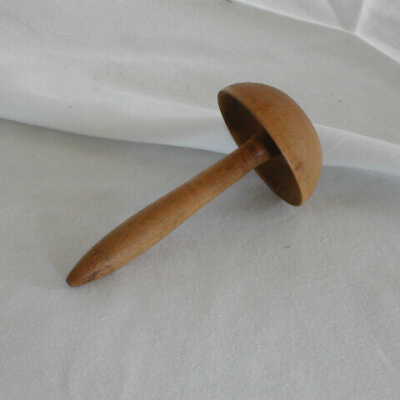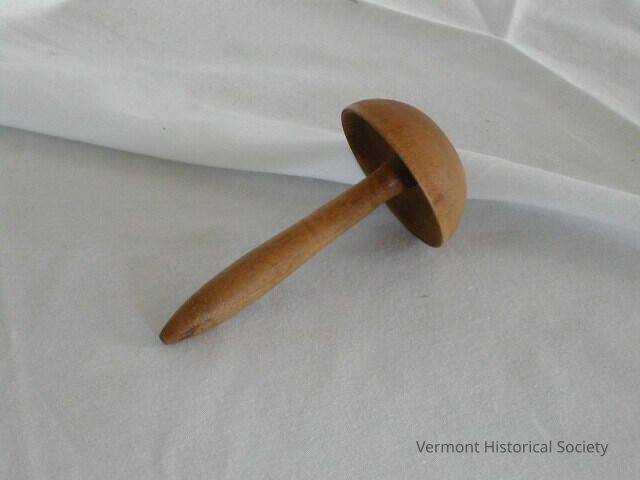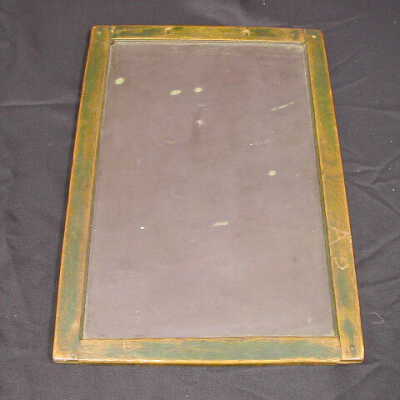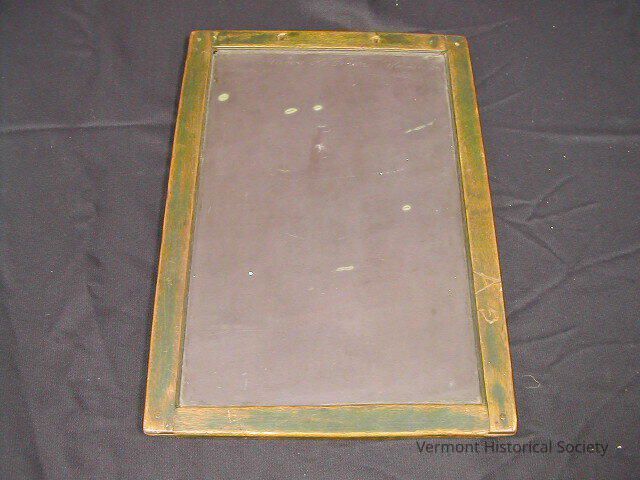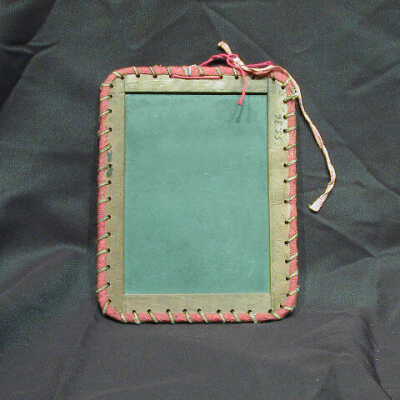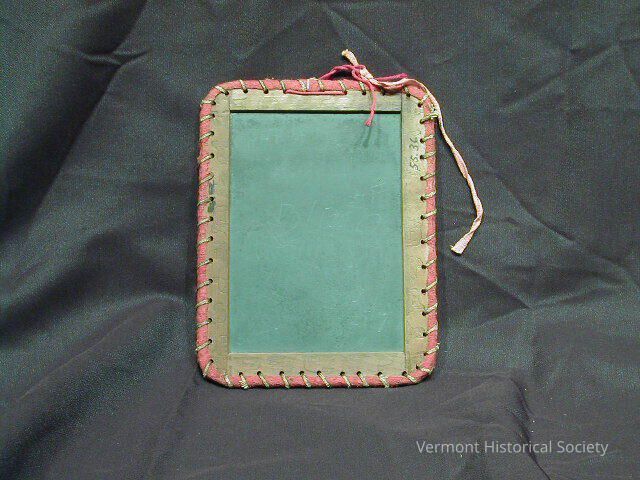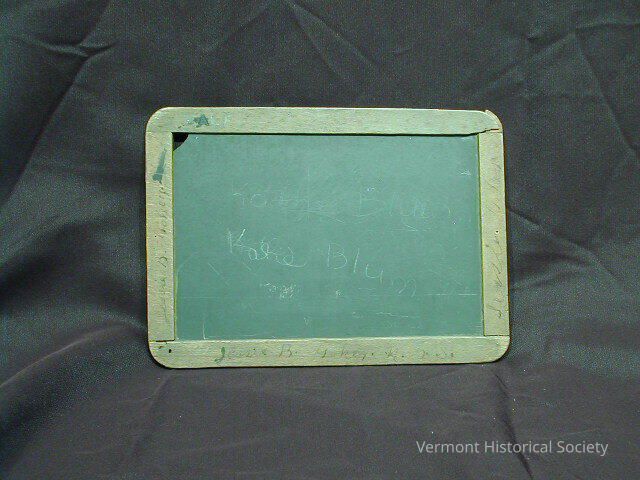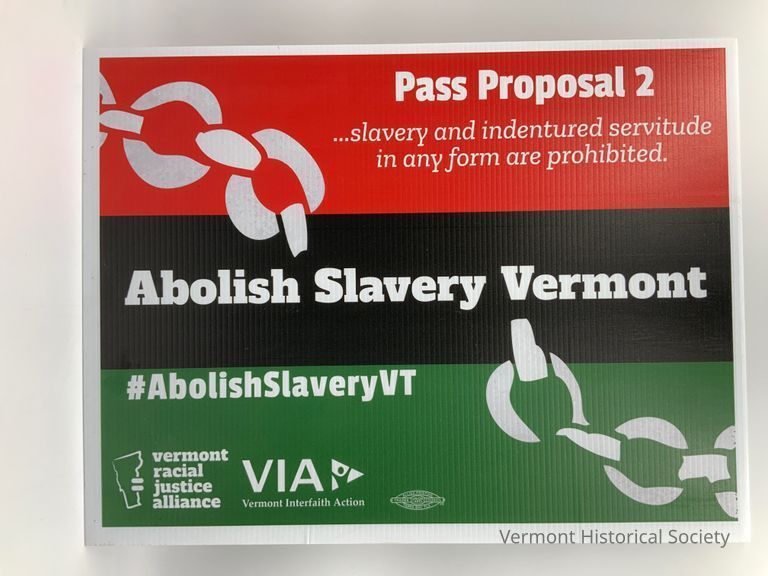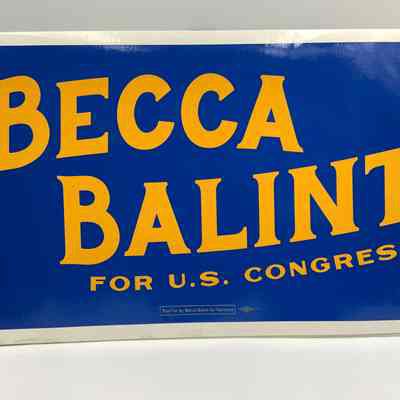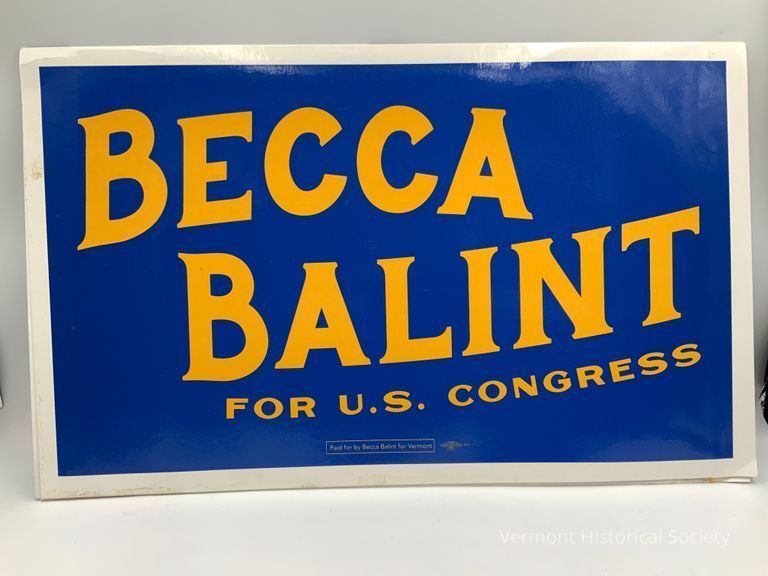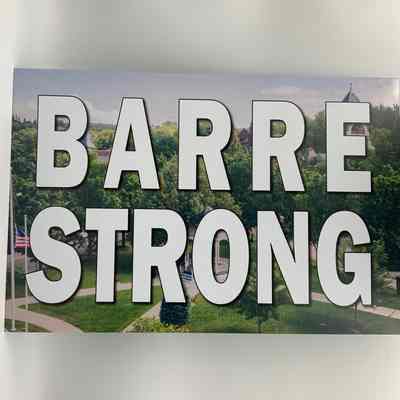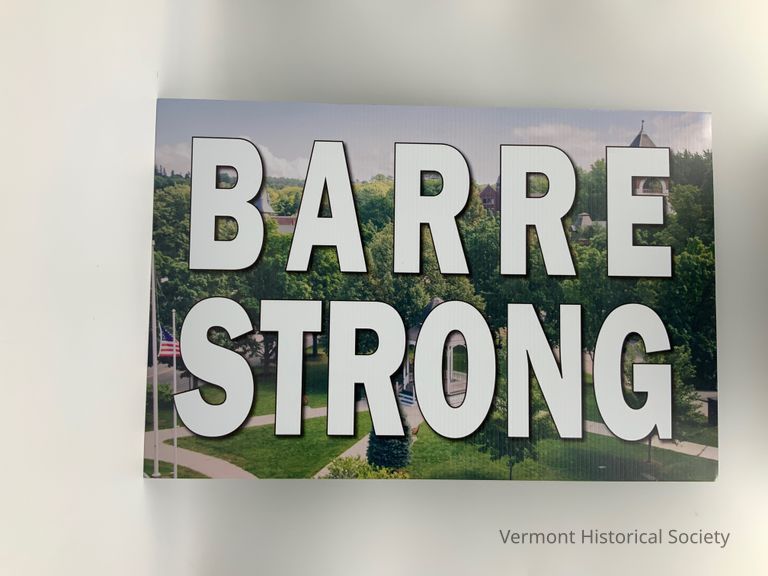Exhibit - Research & Exhibition Gallery
The Research & Exhibition Gallery is an open storage gallery in the Vermont History Center in Barre. Each shelf and drawer features an exciting facet of our collections for you to explore and investigate, with all items in the gallery included in this online exhibit. Unlike traditional open storage galleries where objects are grouped by material types, the Research & Exhibition Gallery is lightly curated to celebrate and interrogate the 250th Anniversary of the United States across a wide range of materials and objects from both the museum and library collections. Thanks to work done by the American Association of State and Local History, the gallery explores four major themes developed to understand our country at 250: American Experiment, Power of Place, We the People, and Unfinished Revolutions.
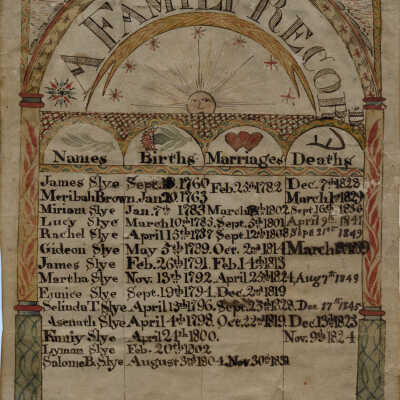
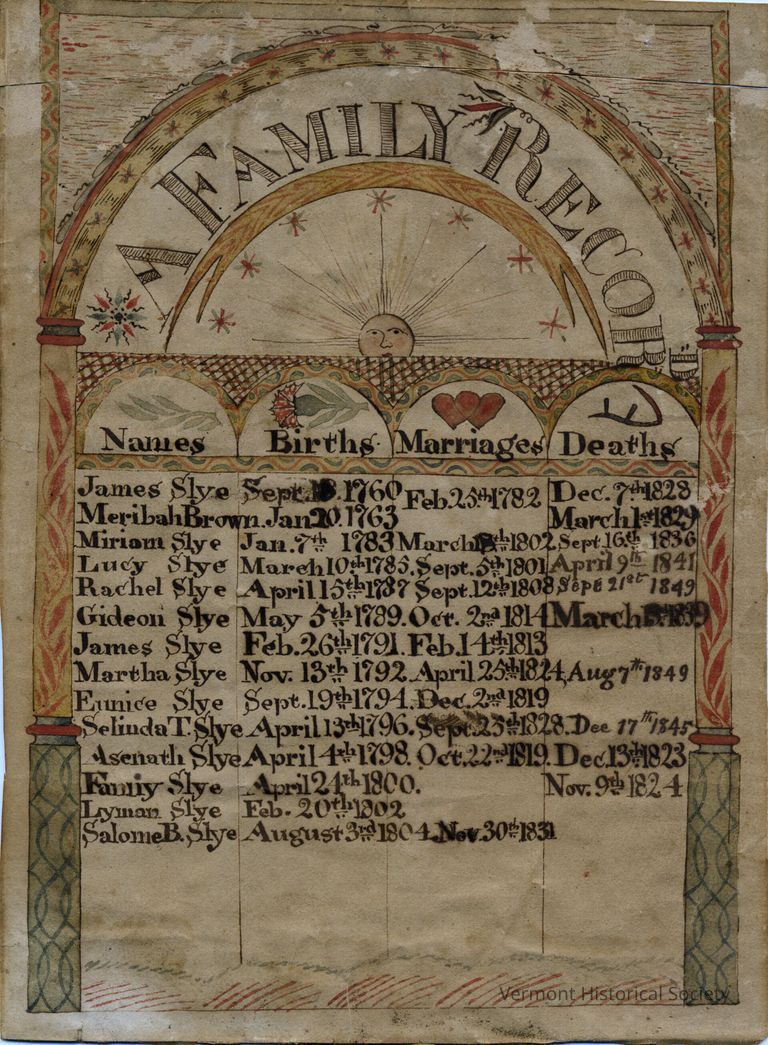
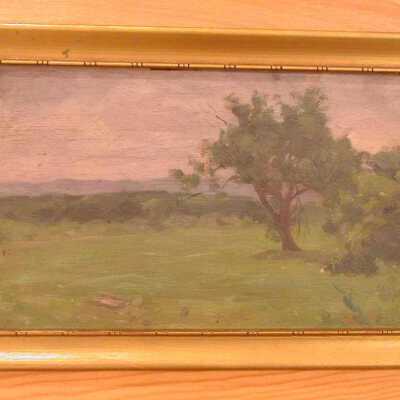
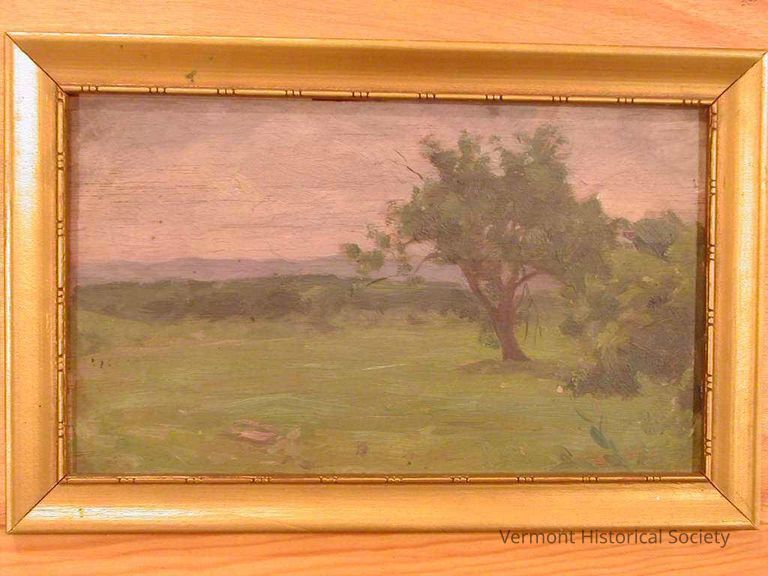
He spent most of his adult life in Santa Barbara, California, for his health, and enjoyed exploring the surrounding foothills on horseback, delighting in the splendid opportunities for outdoor life. It was while living in California that he became known as a colorist and produced most of his landscapes. But he is best known for his prolific facial renderings which reveal a remarkable and engaging study of character.
Mr. Marble returned to the East Coast in 1916 to complete a commission to paint perhaps his most famous work, a life-size portrait of Mrs. Mary Baker Eddy, founder of Christian Science, which today hangs in the historic Statehouse in Concord, New Hampshire. In Woodstock, he painted portraits of many prominent locals: Frederick Billings, Frederick Billings, Jr., Mrs. Frederick Billings, Rev. Moses Kidder, and A. B. Wilder, among many others. He cordially welcomed visitors to his studio here, where there was much interest in both his charm and his canvases, and he was known for his “gentle, dignified presence.” He died in 1918 as a result of pneumonia, at the Marble family homestead in Woodstock (the current site of Cabot Funeral Home), having never married.
-- From Woodstock History Center
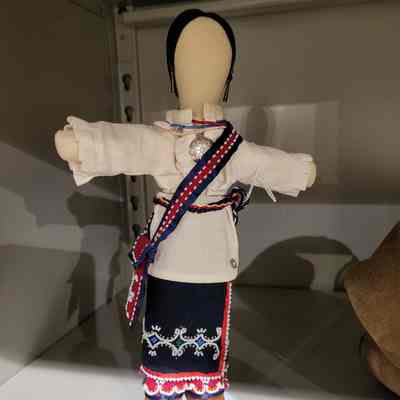
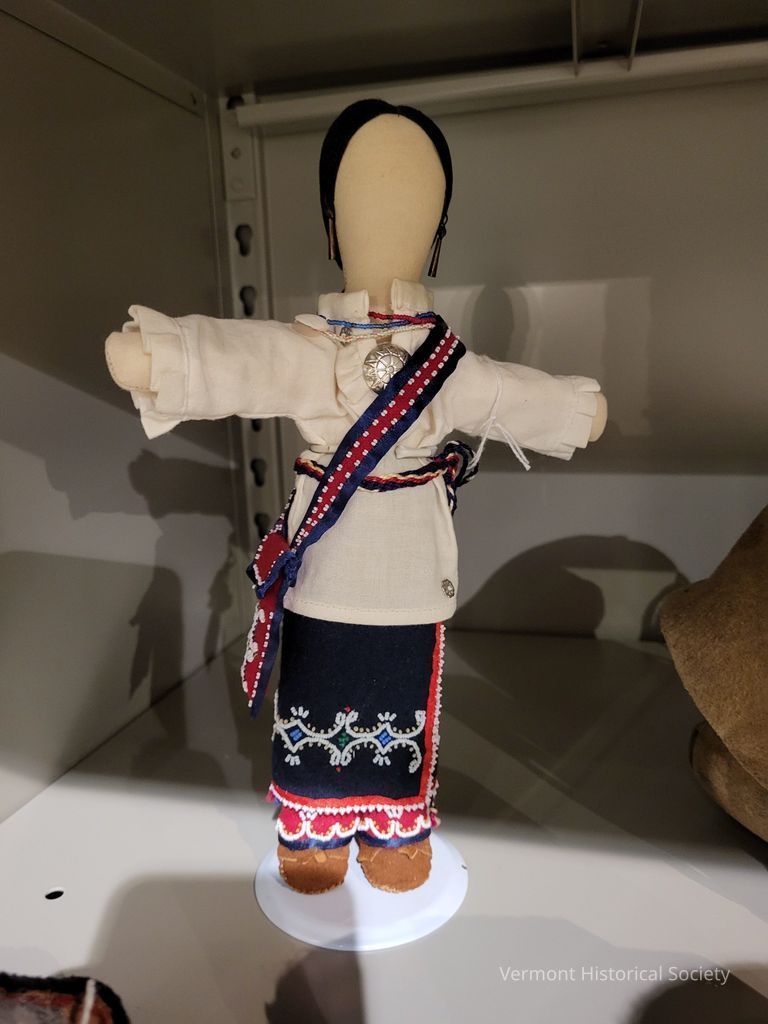

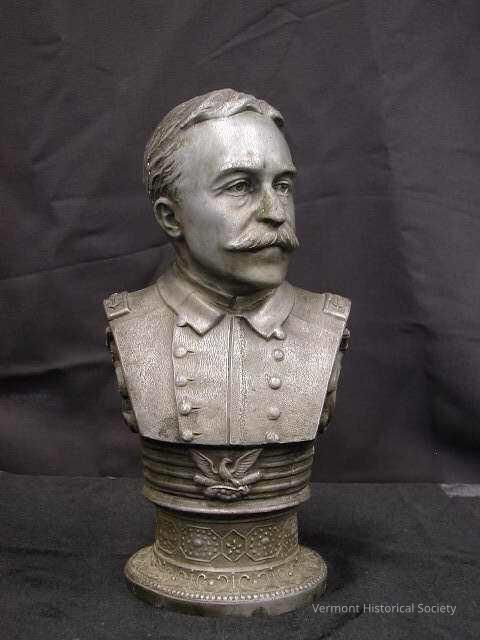
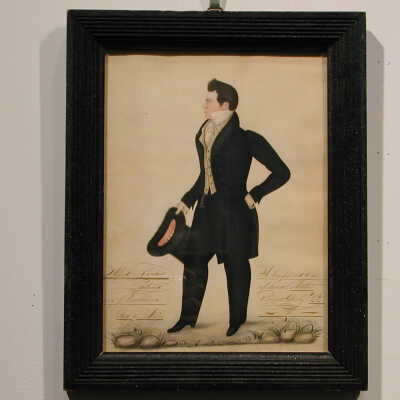
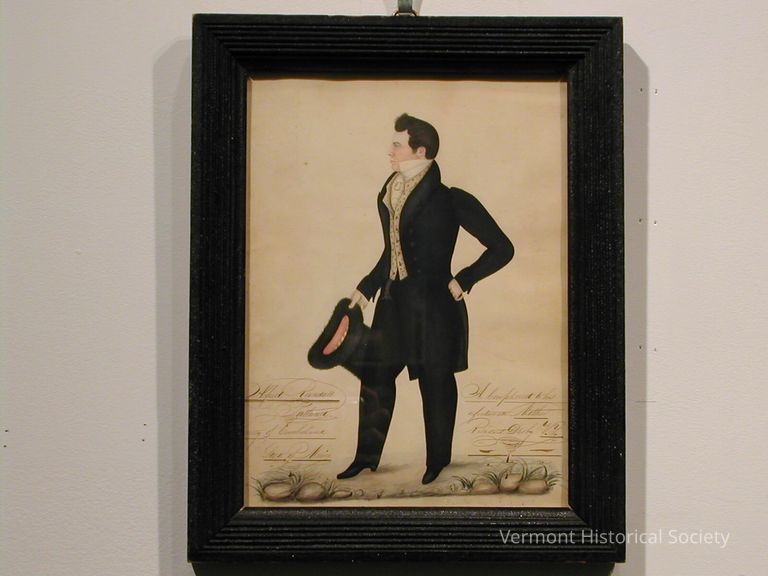
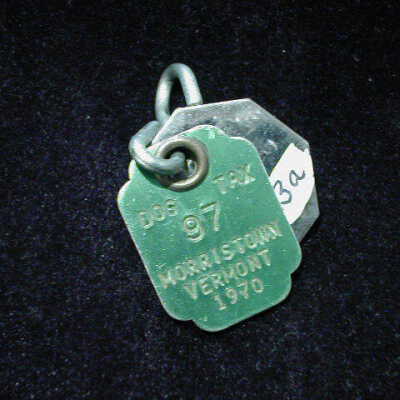
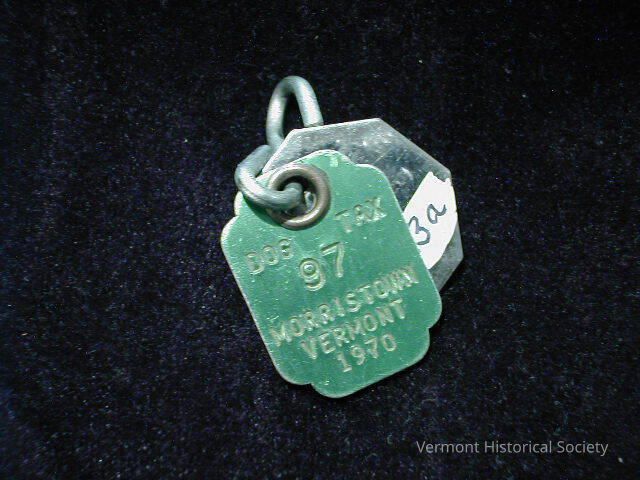
(a) Pair of metal dog tags on a ring. "Dog tag 97/ Morristown, Vermont/ 1970" and "Vaccinated against rabies/ Dumas Veterinary Hospital, Waterbury, VT"
(b) Dog license #97. document describing the dog and recording its rabies vaccination certificate number. Signed by owner and town clerk.
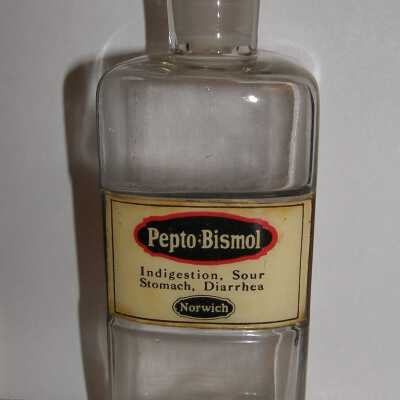
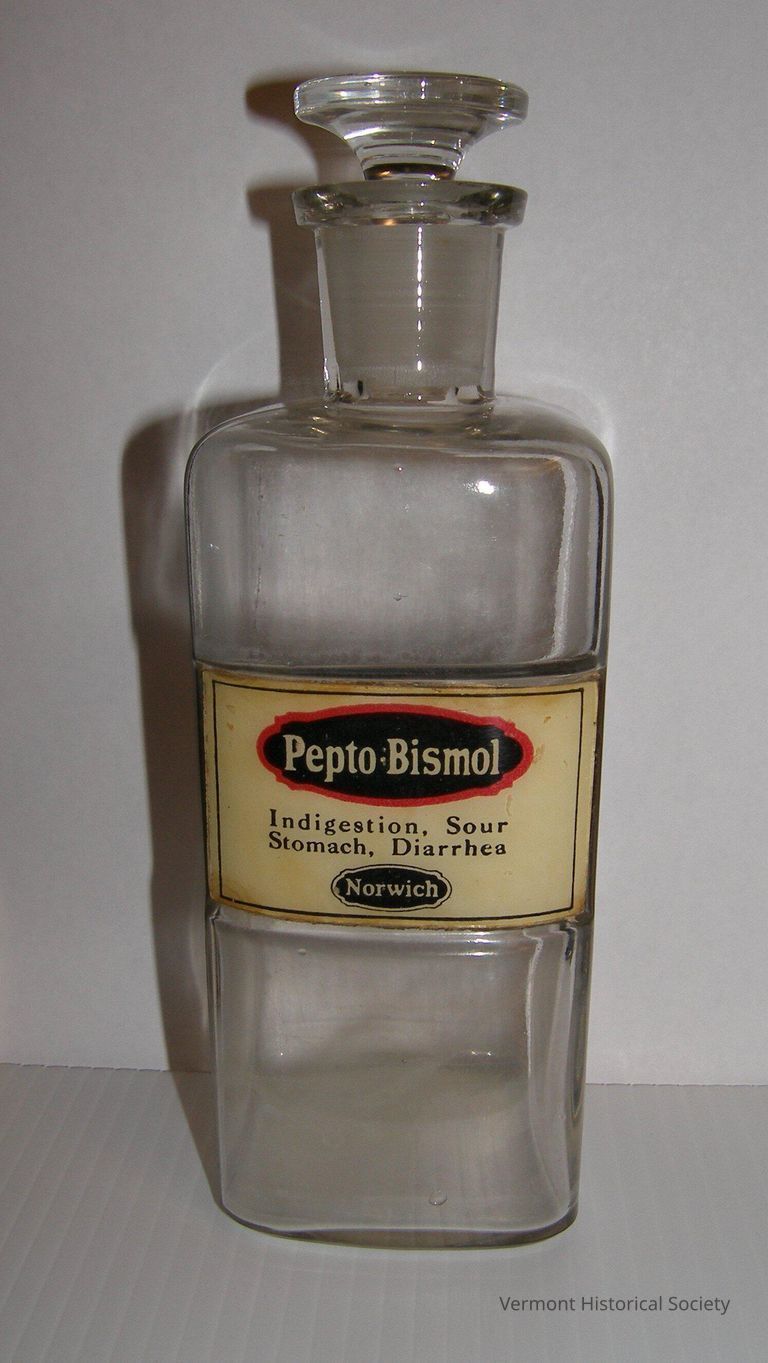
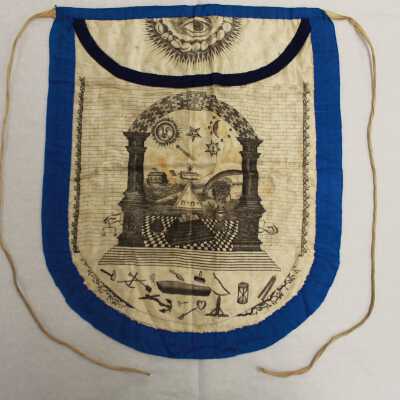
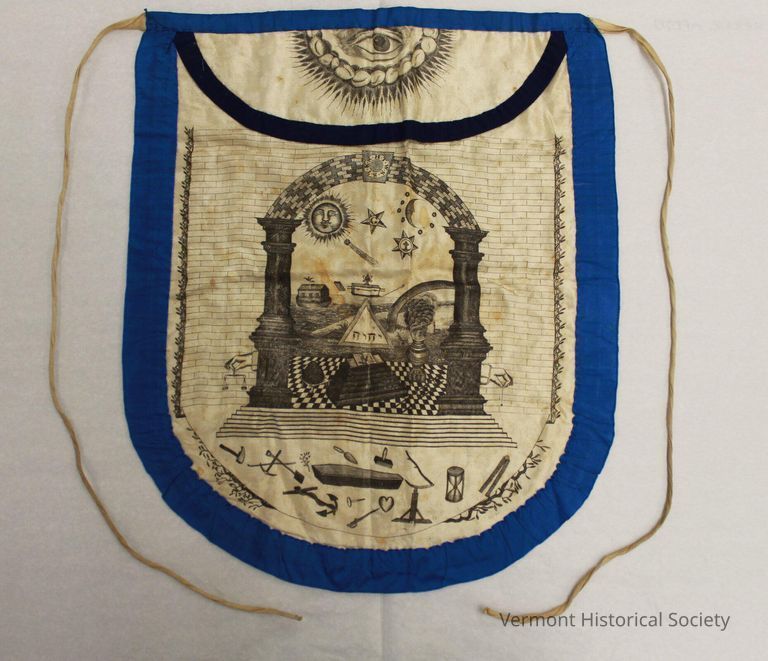
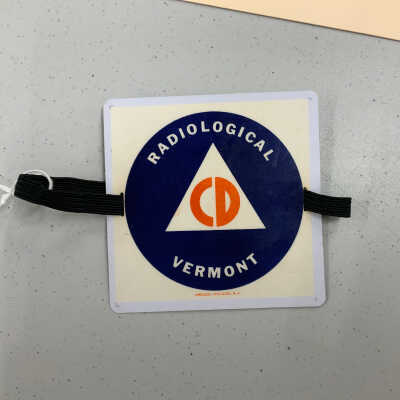
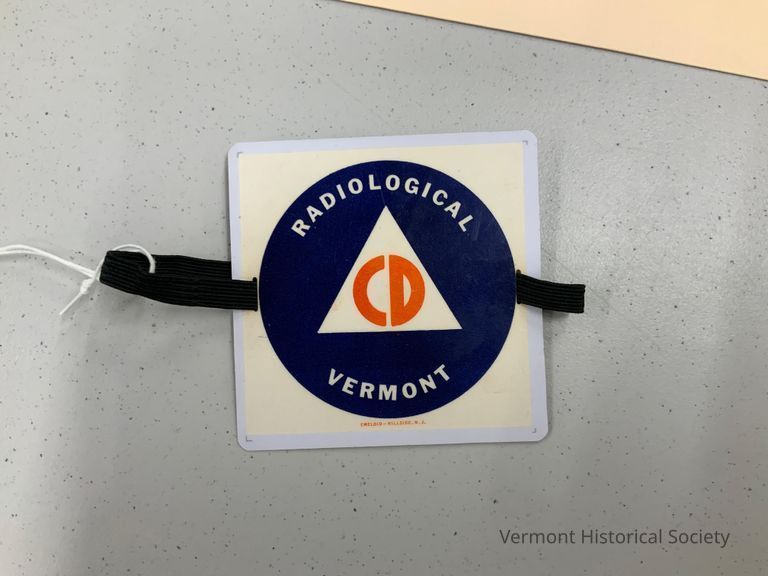
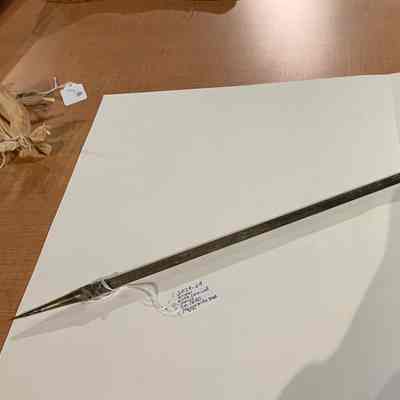
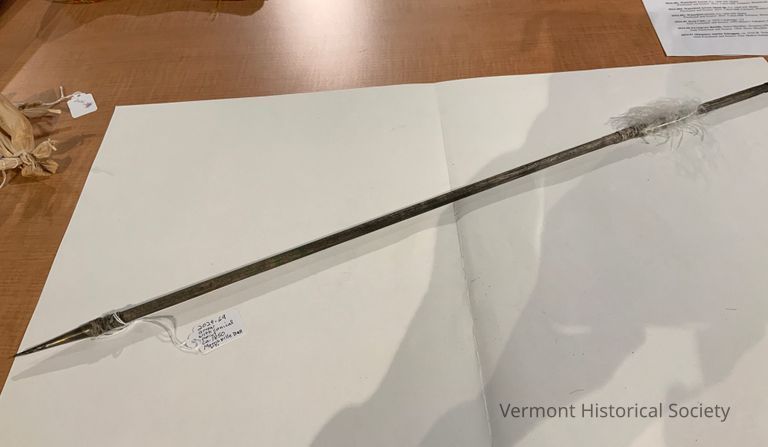
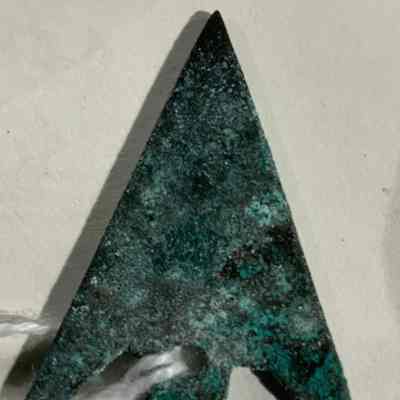
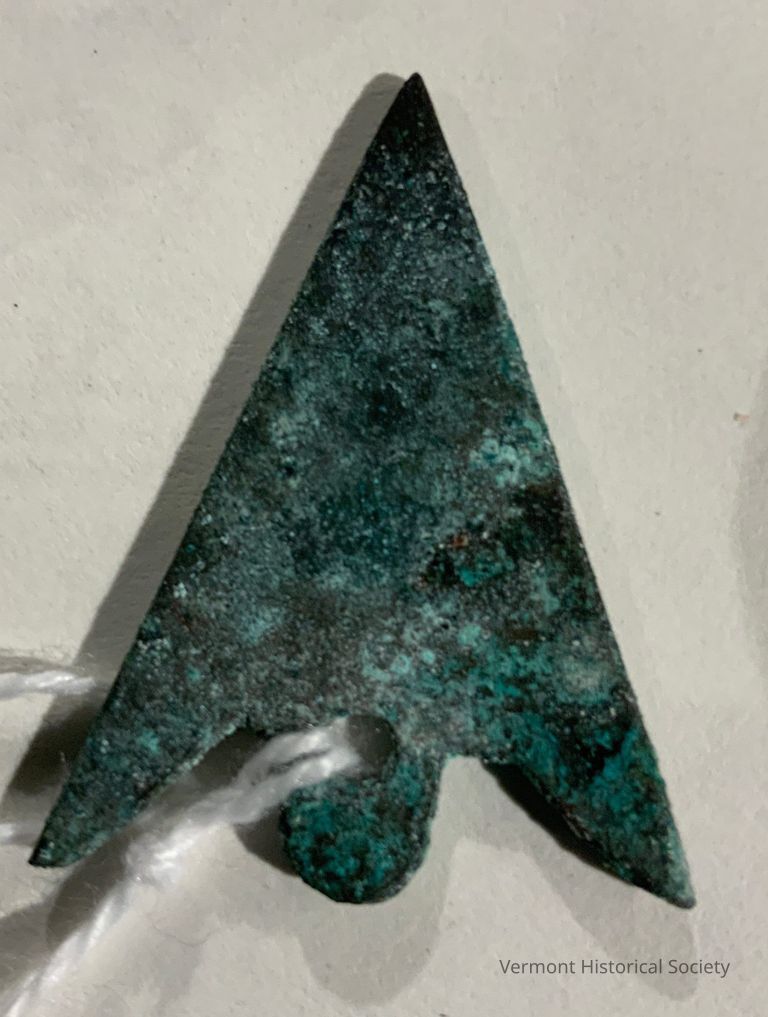
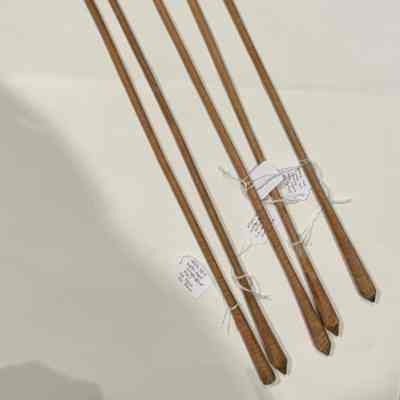
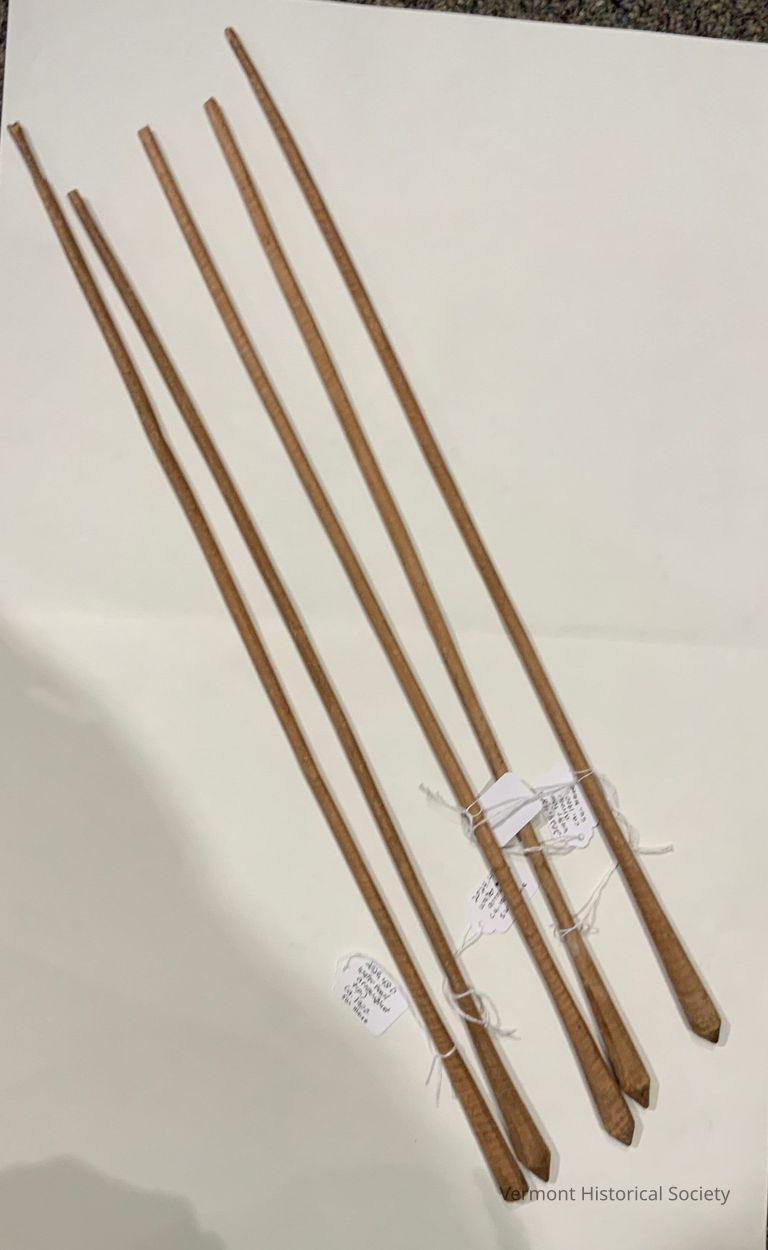
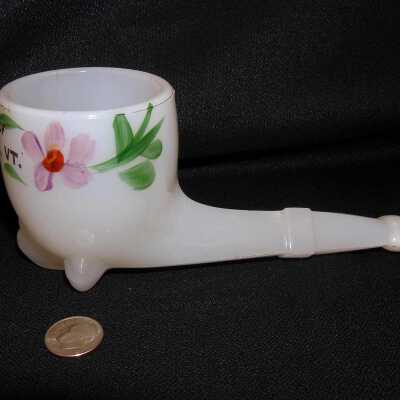
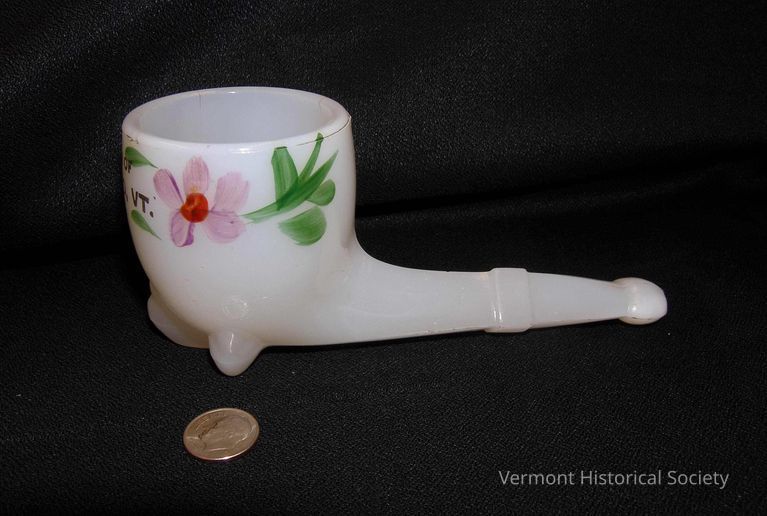
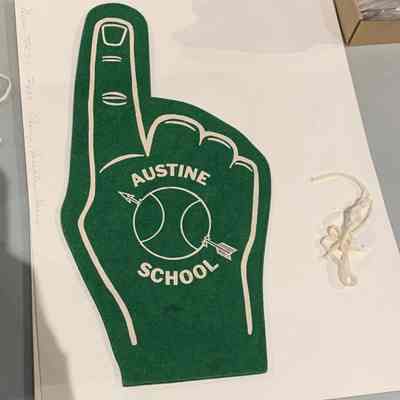
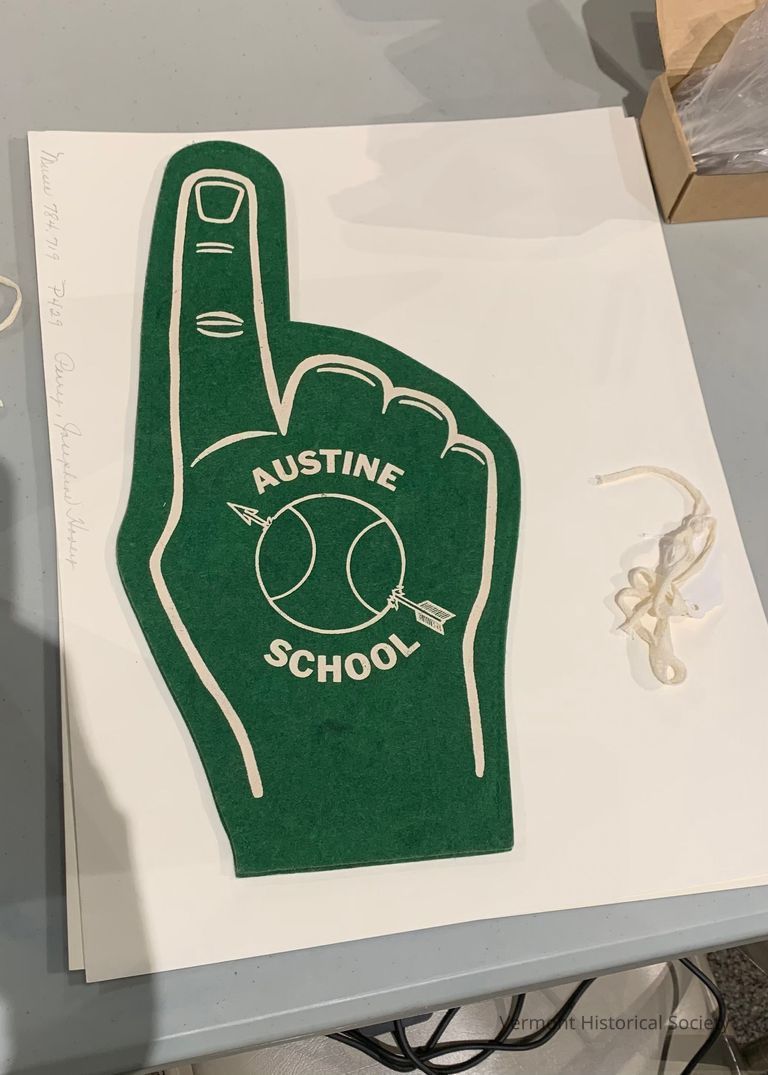
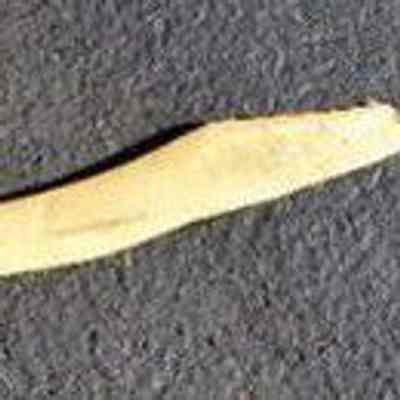
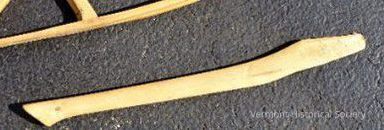
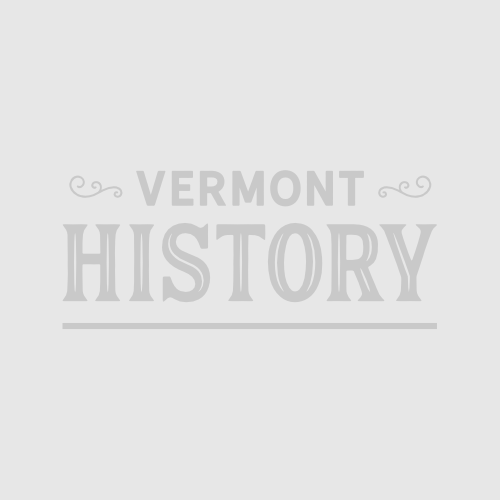
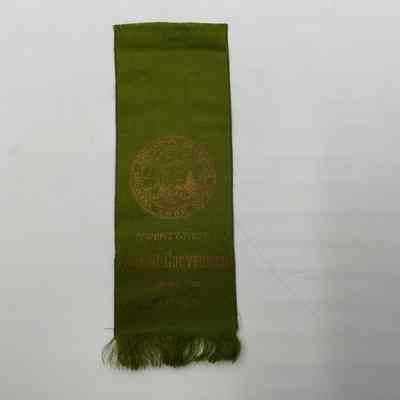
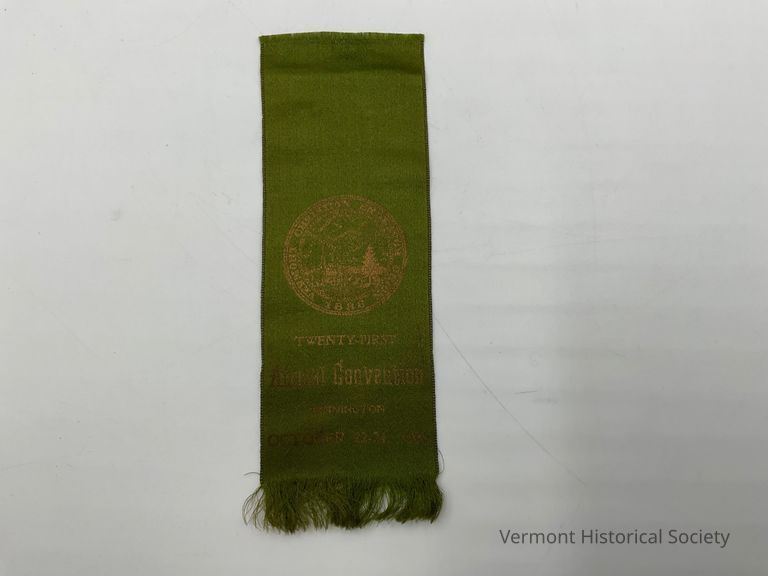
"The Society of Christian Endeavor was founded in 1881 by Francis Edward Clark in Maine. He served as president until 1927. Members of the society pledged to try to make some useful contribution to the life of the church. Other churches soon organized Christian Endeavor societies, and the movement grew rapidly in the United States.
Francis Edward Clark, (born Sept. 12, 1851, Aylmer, Quebec, Can.—died May 26, 1927, Newton, Mass., U.S.), Congregational churchman and writer who founded and led Christian Endeavor.
Clark graduated from Dartmouth College in 1873 and Andover Theological Seminary in 1876. He was pastor of churches in Portland, Maine (1876–83), and South Boston (1883–87). In 1881 he founded the United Society of Christian Endeavor, an autonomous interdenominational organization of young people. Its members pledged to lead a Christian life, to pray to God and read the Bible every day, and to participate actively in the work of the church. In 1887 he resigned his pastorate to serve as the organization’s president.
Clark became president of the World Christian Endeavor Union in 1895 and traveled around the world five times in the interests of its work. Clark also edited The Christian Endeavor World (1887–1919) and wrote many books on religious themes for young people."
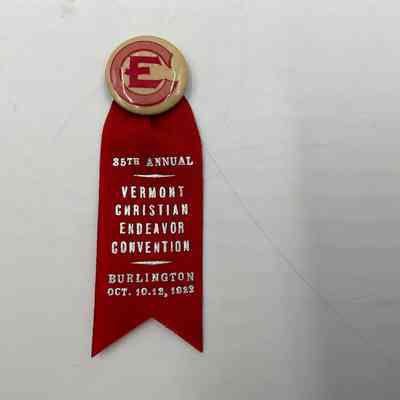
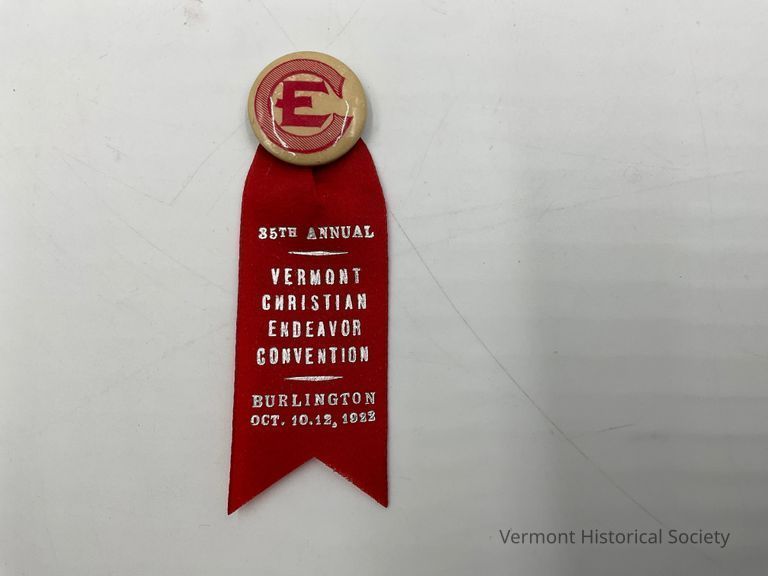
"The Society of Christian Endeavor was founded in 1881 by Francis Edward Clark in Maine. He served as president until 1927. Members of the society pledged to try to make some useful contribution to the life of the church. Other churches soon organized Christian Endeavor societies, and the movement grew rapidly in the United States.
Francis Edward Clark, (born Sept. 12, 1851, Aylmer, Quebec, Can.—died May 26, 1927, Newton, Mass., U.S.), Congregational churchman and writer who founded and led Christian Endeavor.
Clark graduated from Dartmouth College in 1873 and Andover Theological Seminary in 1876. He was pastor of churches in Portland, Maine (1876–83), and South Boston (1883–87). In 1881 he founded the United Society of Christian Endeavor, an autonomous interdenominational organization of young people. Its members pledged to lead a Christian life, to pray to God and read the Bible every day, and to participate actively in the work of the church. In 1887 he resigned his pastorate to serve as the organization’s president.
Clark became president of the World Christian Endeavor Union in 1895 and traveled around the world five times in the interests of its work. Clark also edited The Christian Endeavor World (1887–1919) and wrote many books on religious themes for young people."
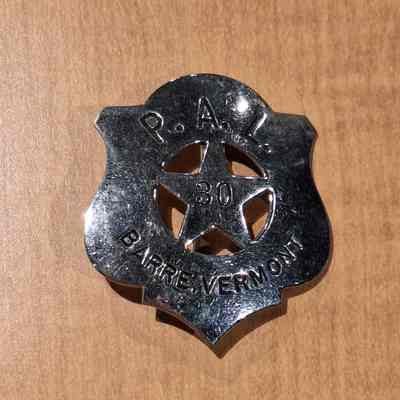
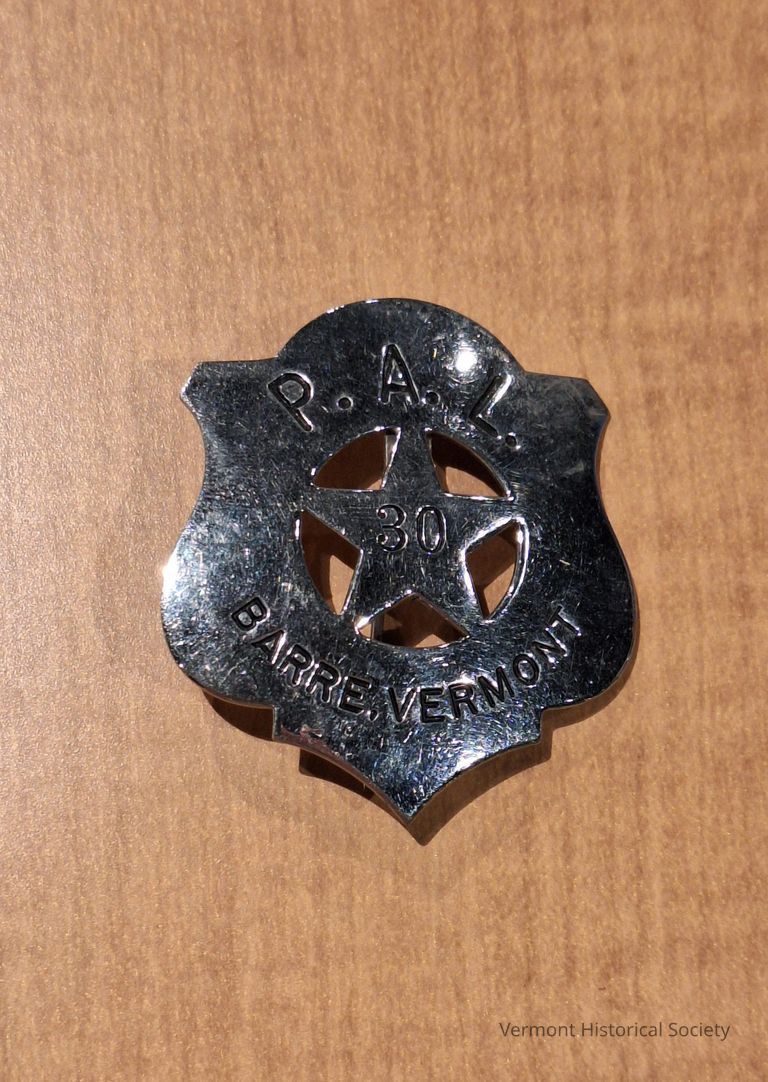

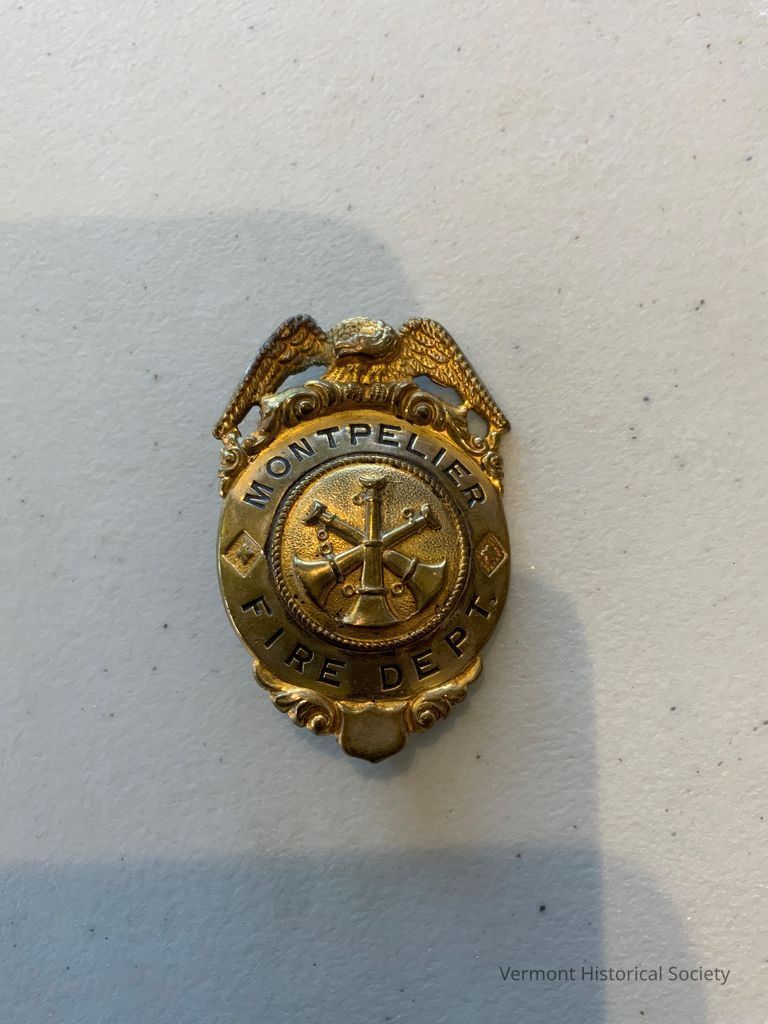
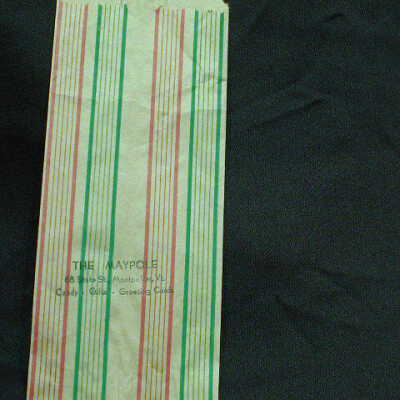

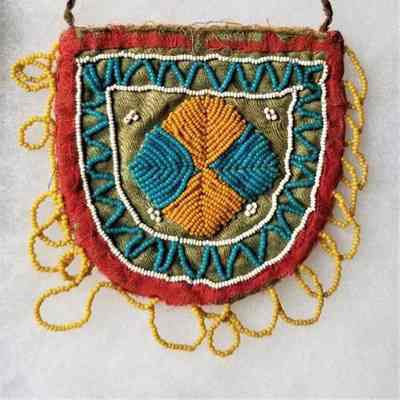
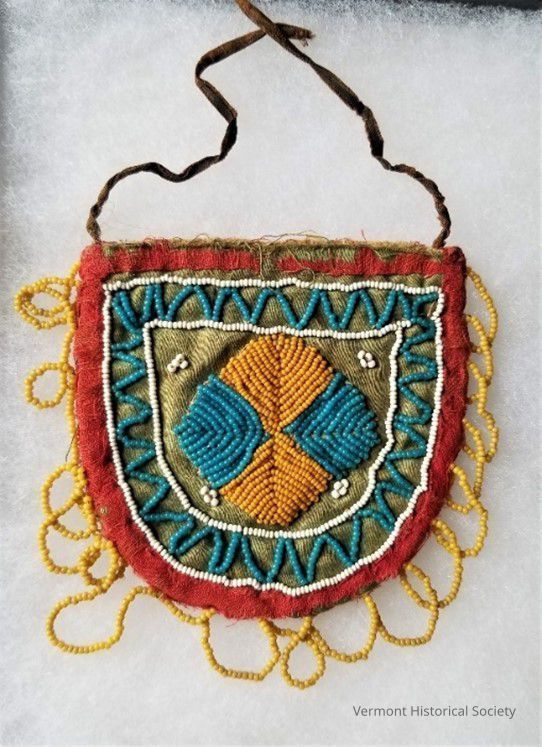
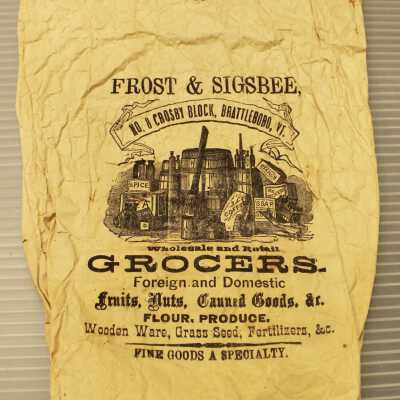
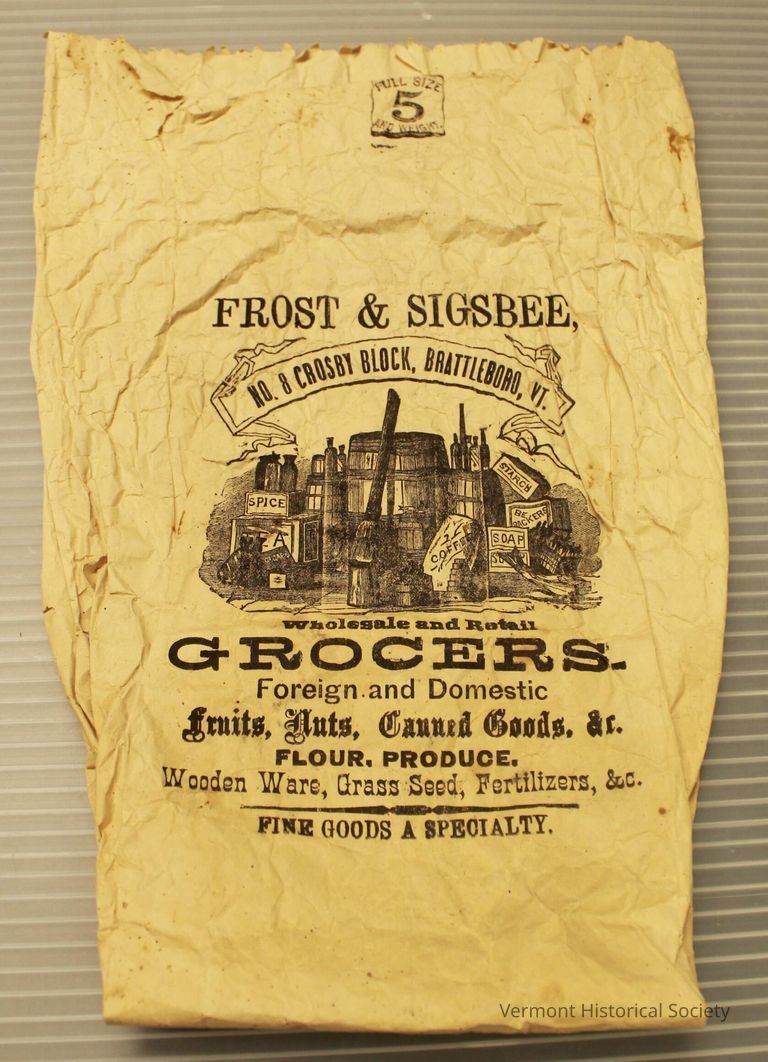
The front of the bag is printed and stamped, "FULL SIZE / 5 / and weight" at the top edge. The front center of the bag is printed, "FROST & SIGSBEE, / NO. 8 CROSBY BLOCK, BRATTLEBORO, VT. / Wholesale and Retail / GROCERS. / Foreign and Domestic / Fruits, Nuts, Canned Goods, &c. / FLOUR, PRODUCE / Wooden Ware, Grass Seed, Fertilizers, &c. / FINE GOODS A SPECIALTY" in a variety of fonts around the image on the front. The back of the bag is printed with a guarantee of Frost & Sigsbee's coffee quality.
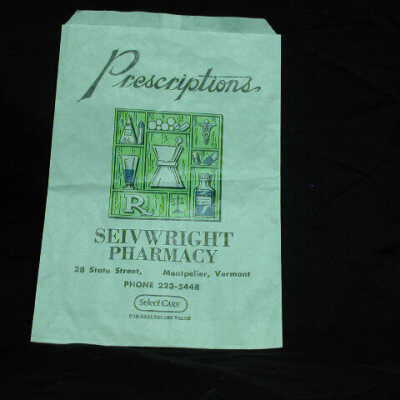
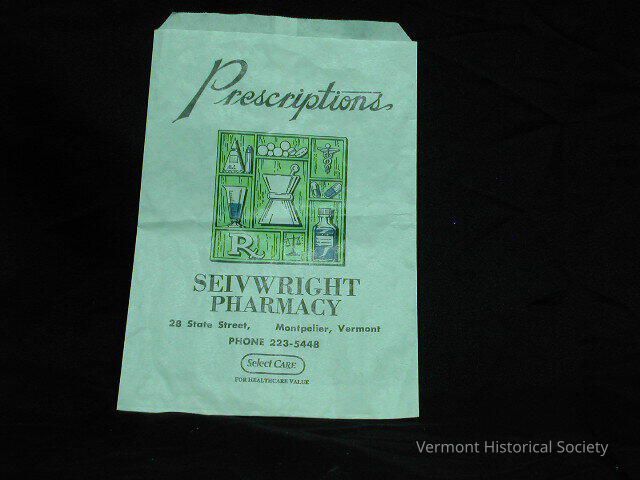
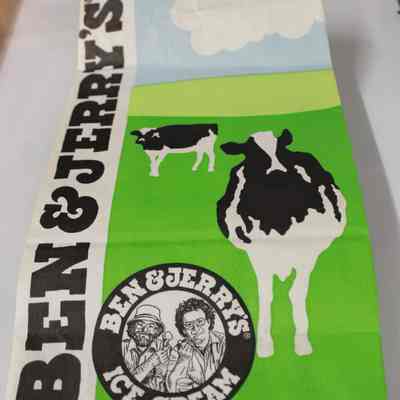
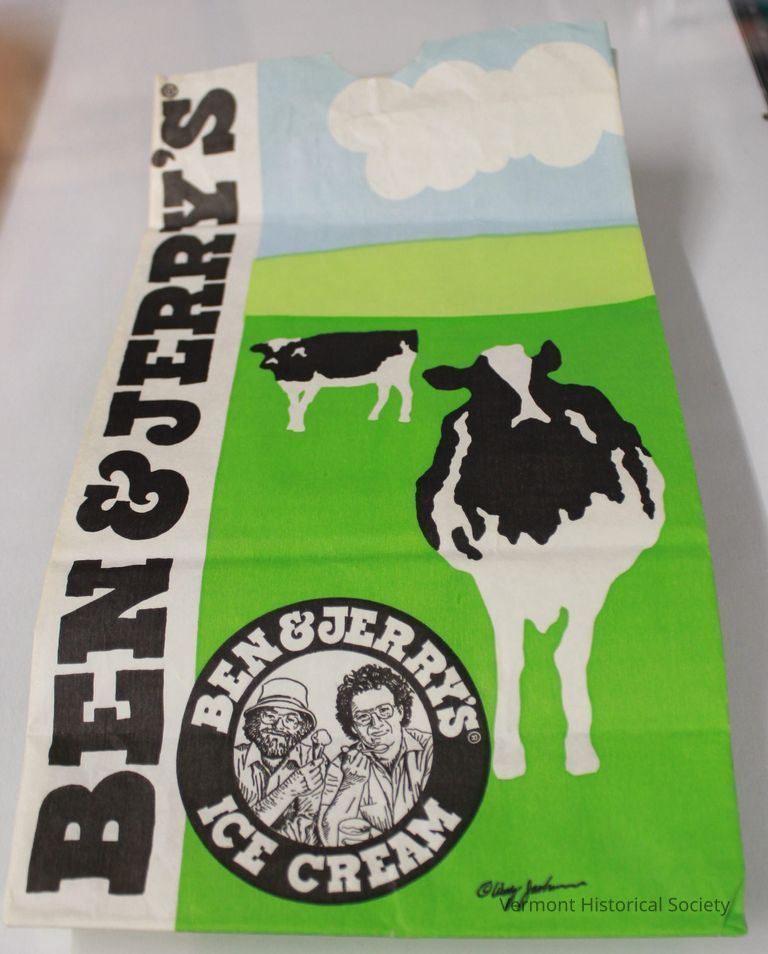
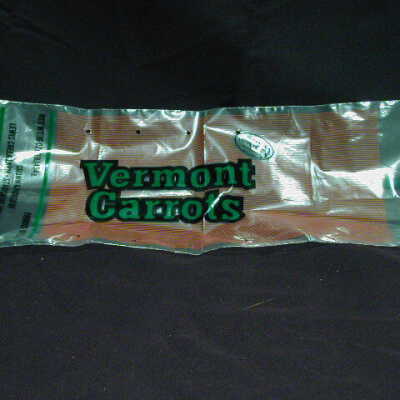
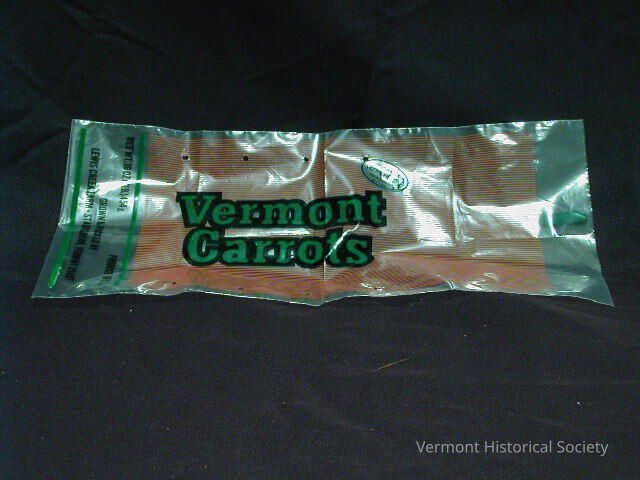
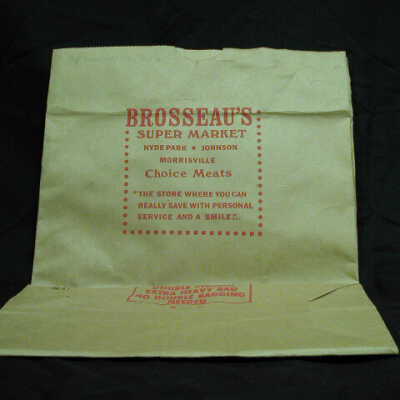
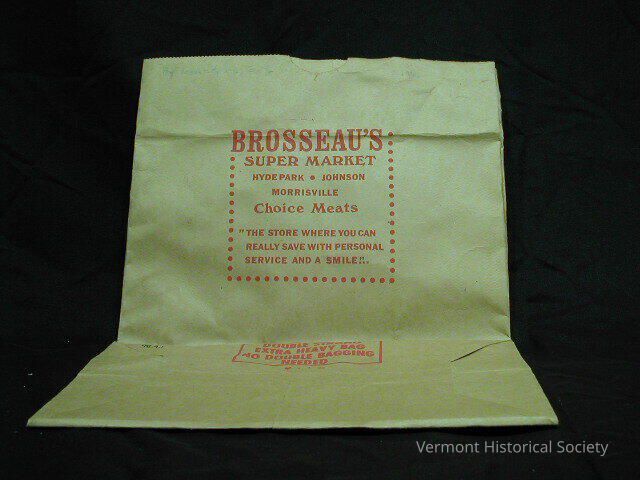
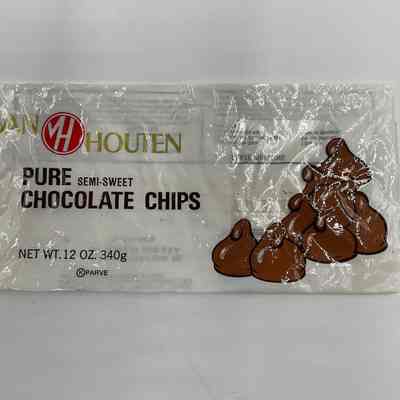
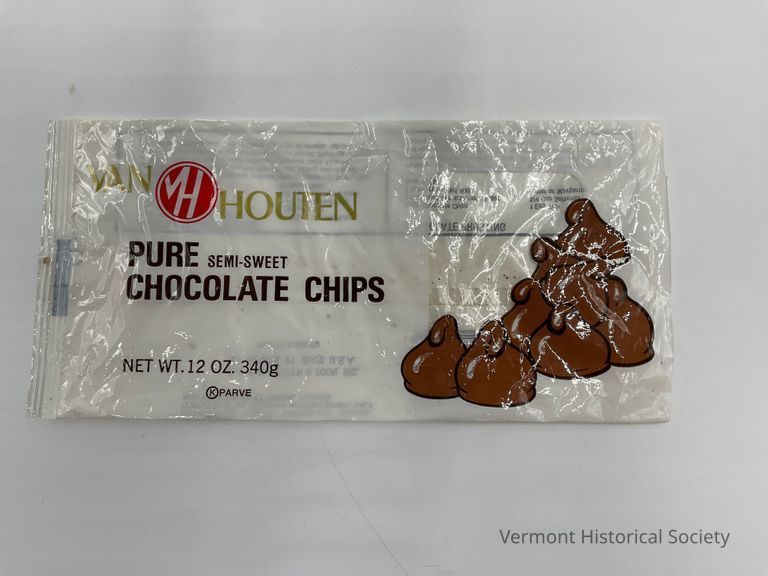
An article from United Press International in 1982 said that Comet Confecionery of St. Hyacinthe, Quebec, planned to open a chocolate chip plant in St. Albans beginning in 1983. It would be called C.J. Van Houten & Zoon. The Van Houten family got into the chocolate business in 1815 in Amsterdam, Netherlands.
Founded by Coenraad Van Houten, the company begain manufacturing cocoa powder in 1828. The new manufacturing process incolved treating cocoa mass with alkaline salt, making the product, known as "dutch process" chocolate, more water soluble. In the 19th century, Van Houten had extended into the other countries, including the United States, the United Kingdom, France, and Germany.
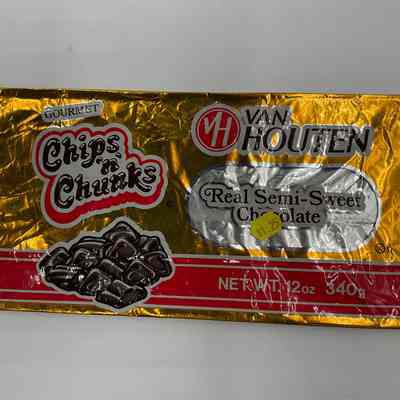
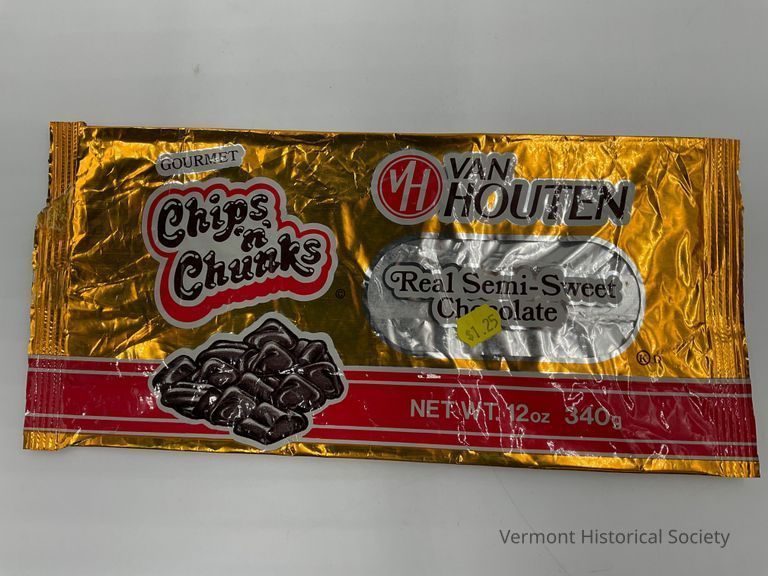
An article from United Press International in 1982 said that Comet Confecionery of St. Hyacinthe, Quebec, planned to open a chocolate chip plant in St. Albans beginning in 1983. It would be called C.J. Van Houten & Zoon. The Van Houten family got into the chocoate business in 1815 in Amsterdam, Netherlands.
Founded by Coenraad Van Houten, the company begain manufacturing cocoa powder in 1828. The new manufacturing process incolved treating cocoa mass with alkaline salt, making the product, known as "dutch process" chocolate, more water soluble. In the 19th century, Van Houten had extended into the other countries, including the United States, the United Kingdom, France, and Germany.
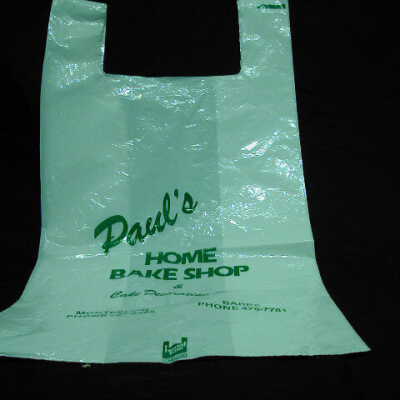
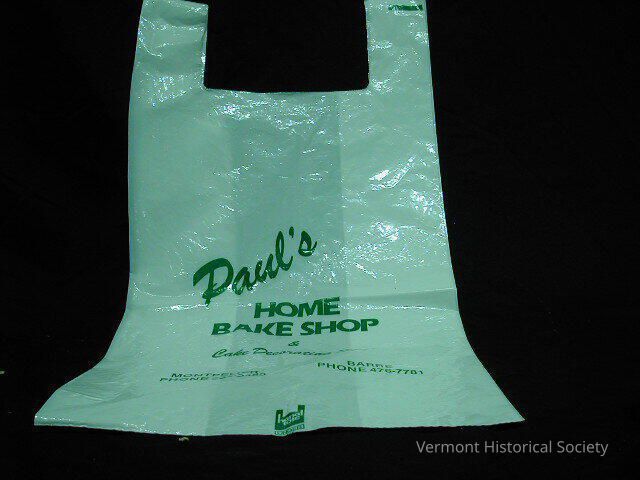
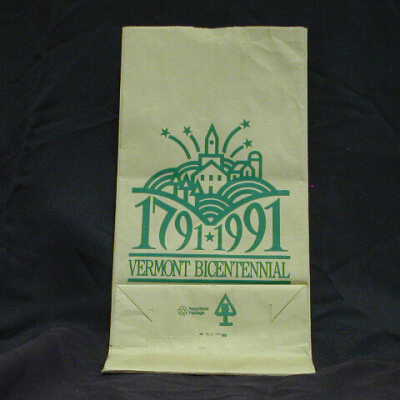
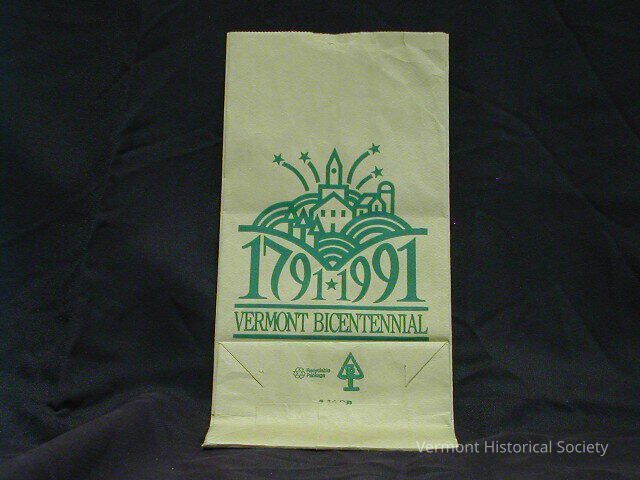
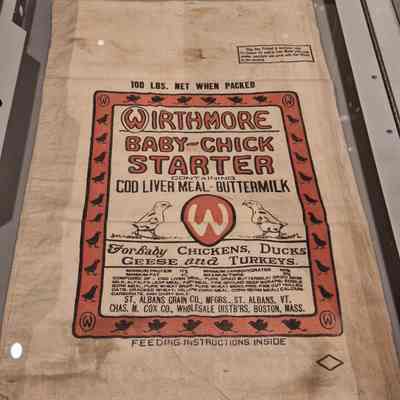
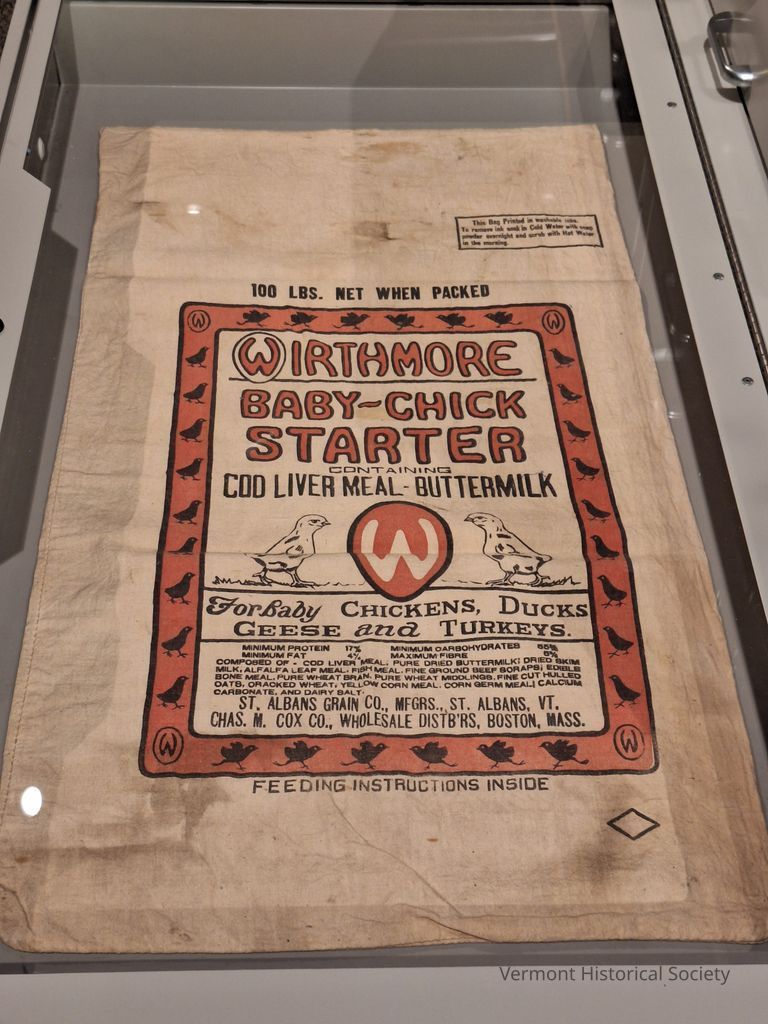
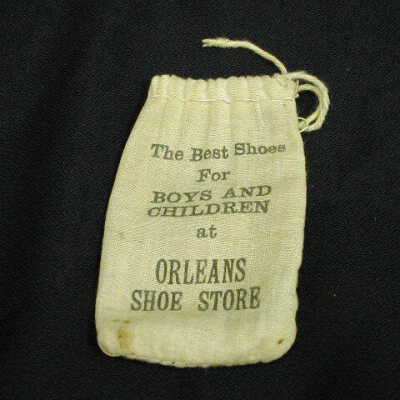
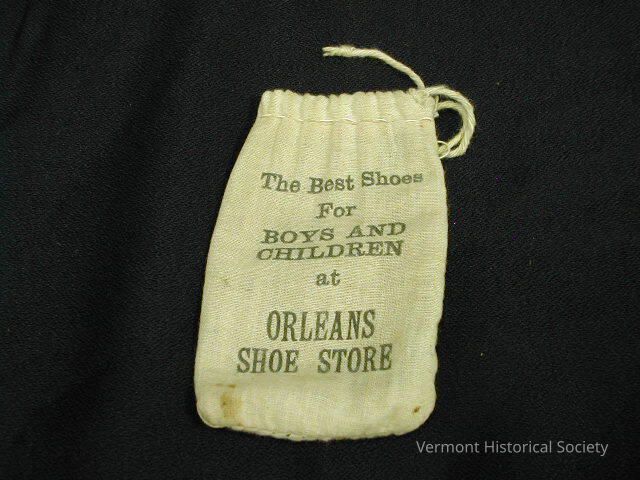

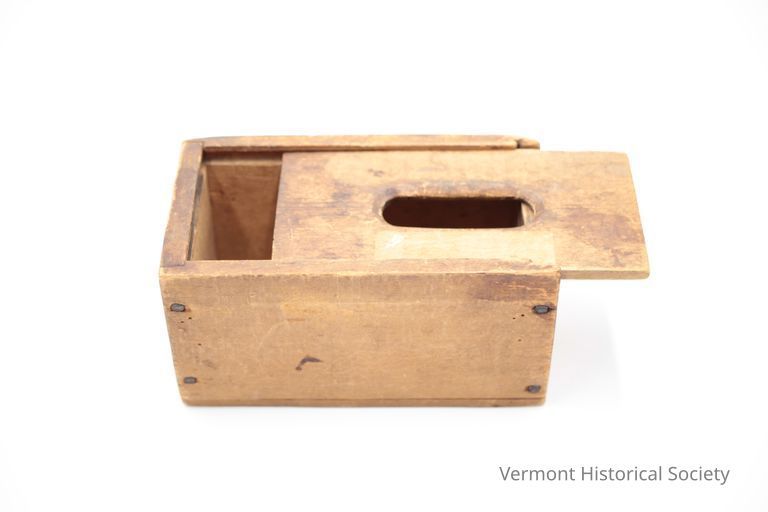
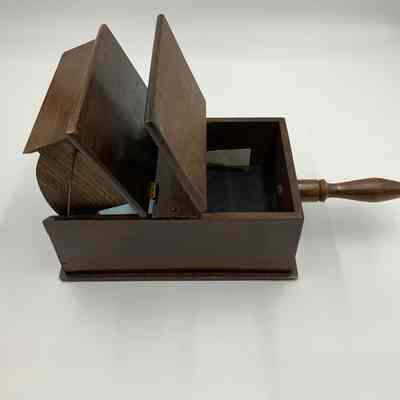
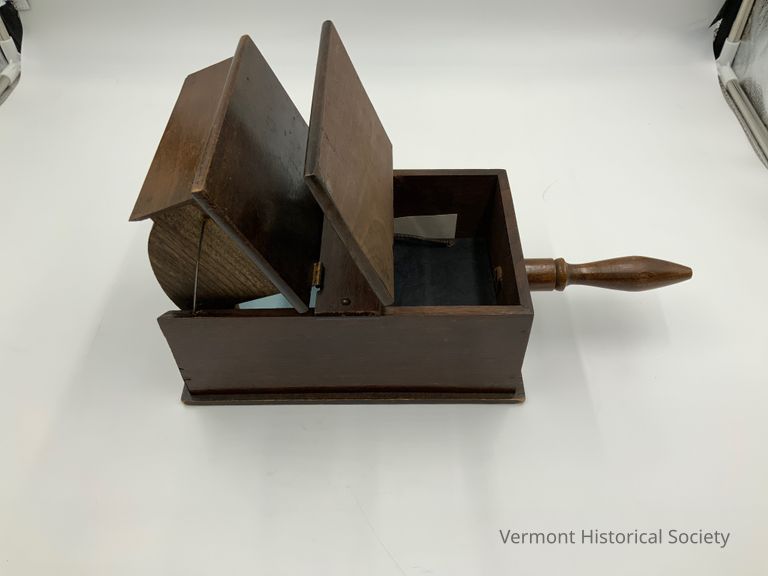
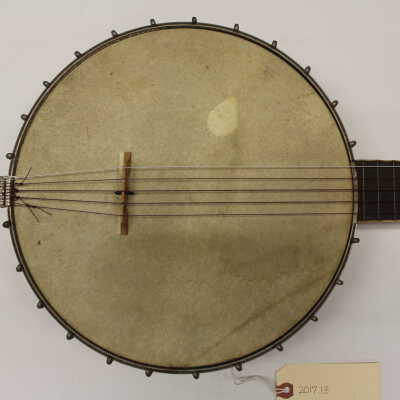
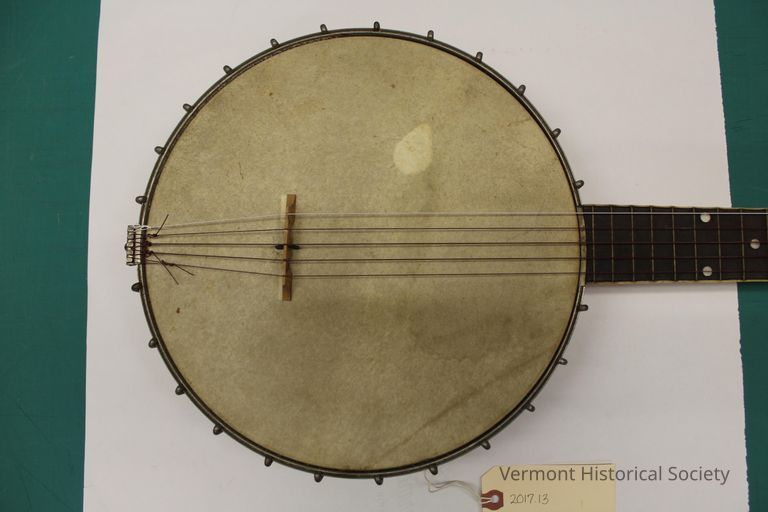
Banjo was acquired by the donor at an online auction with the intention of donating it to the Vermont Historical Society.
The Bacon Professional Banjo Company was founded in 1906 by Frederick J. Bacon. Bacon was a professional travelling musician before he founded the company. His first factory was in Forest Dale, VT, where he was a resident. While it is thought that he contracted some early instruments with the Vega company in Boston, there are pictures of Bacon Banjo craftsmen in Forest Dale from 1910. Still, the instruments may not have been manufactured but simply assembled in Forest Dale.
Many of the Bacon Banjos had Vermont maple wood in their construction. Early models were five-string banjos, and pricing for these banjos ranged from $40 to $125. While the Bacon products were considered well-made banjos, they were nowhere near the caliber of instruments made by companies such as Vega. One of Bacon's contemporaries referred to his banjos as either "axe-handle" or "shoe-polish" banjos.
However, the demand for Bacon Banjos was enough that Bacon expanded his factory in 1913 and, in 1915, the Bacon Banjo Company was incorporated in Groton, Connecticut. There, Bacon developed his manufacturing and was joined by David L. Day from the Fairbanks banjo company. The instruments manufactured in Groton have a manufacturer's mark of "B&D" for Bacon and Day. The factory remained there until 1938, when a hurricane destroyed most of the manufacturing space. Since the popularity of banjos had declined by then, Bacon and Day decided to sell the remainder of their company to the Gretsch Company. Gretsch continued to make banjos under the Bacon name until the mid 1960s. Bacon spent the rest of his life teaching music and repairing instruments, as well as occasionally performing before his death in 1948.

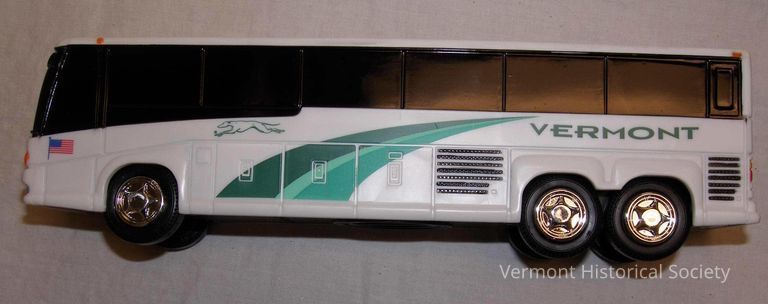
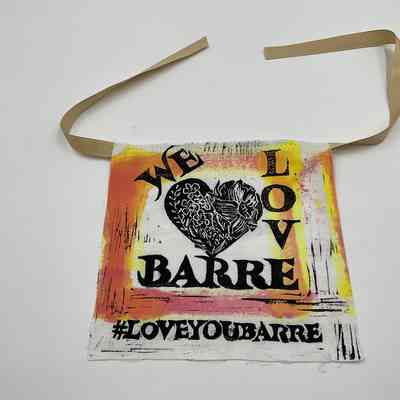
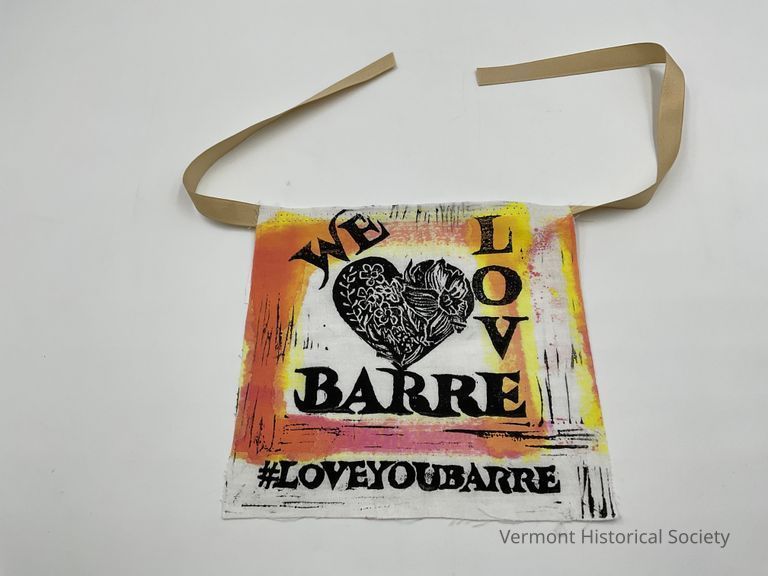
This flag pennant was one of several designed and made by Michelle to support flood recovery efforts after the devastating July 2023 flooding.
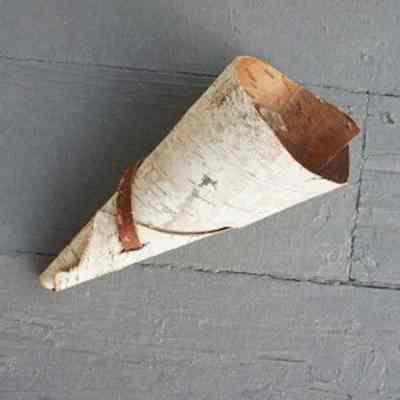
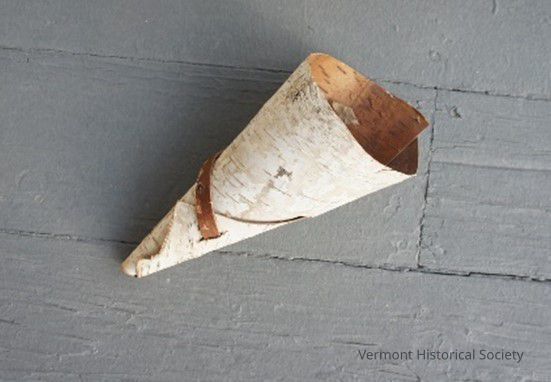
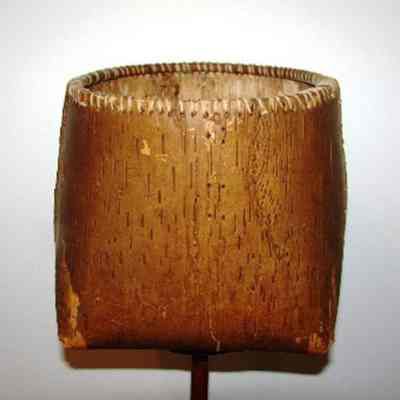
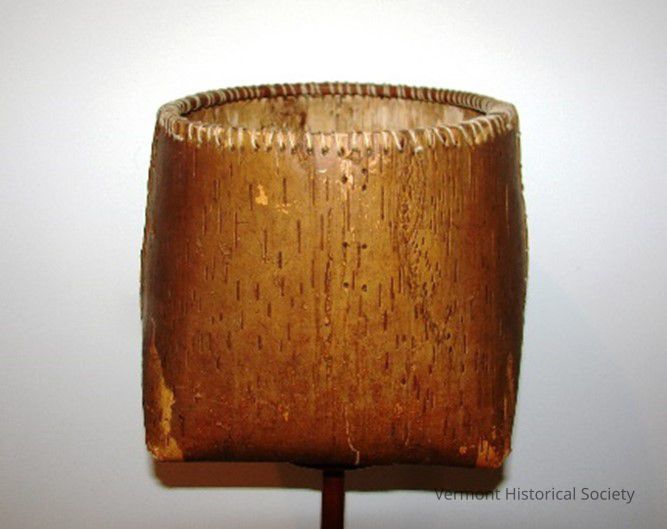
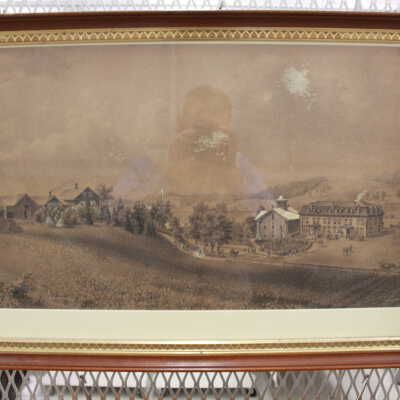
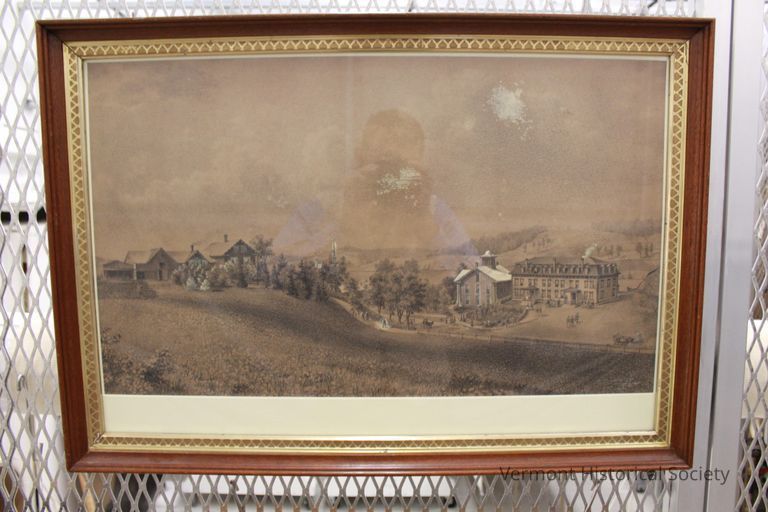
James Franklin Gilman was born in 1850 in Woburn, Massachusetts to John and Elizabeth Gilman. His father was a cordwainer and his mother a seamstress. Early census records indicate his mother was born in Vermont. Little is known of his early life or education.
By the late 1860s he evidently made his living as an itinerant artist, often depicting the farm landscape and/or portraits of those providing him with room and board. Works remain of farms and people in Chelmsford, Groton, and Billerica, MA.
In 1872 he arrived in Barre, Vermont, a tall man with red hair and a distinctive red beard. He spent over twenty years in the general vicinity of Barre, Montpelier, Plainfield, and Calais. Most of the time was spent boarding with various farm families, though he did open a studio and school in Montpelier for a time.
At some point in the late 1880s or early 1890s he joined the Church of Christian Scientists and became acquainted with church found Mary Baker Eddy. He ultimately sold all of his works and the contents of his studio, some say in reaction to a lost love, and moved back to Massachusetts. He famously illustrated a poem entitled "Christ and Christmas" by Eddy.
The last decade of his life was spent in Athol, MA were he lived on the edge of poverty.
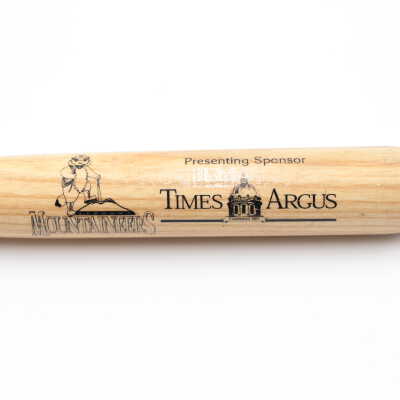
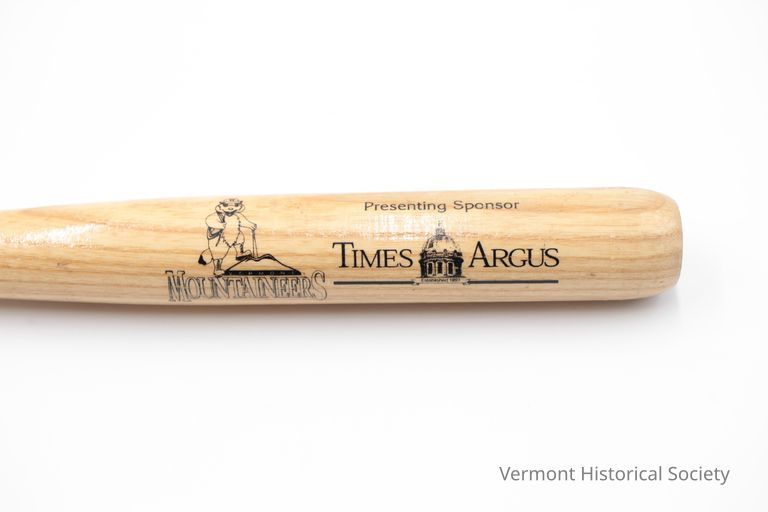
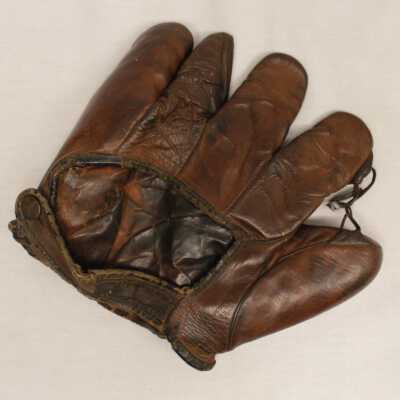
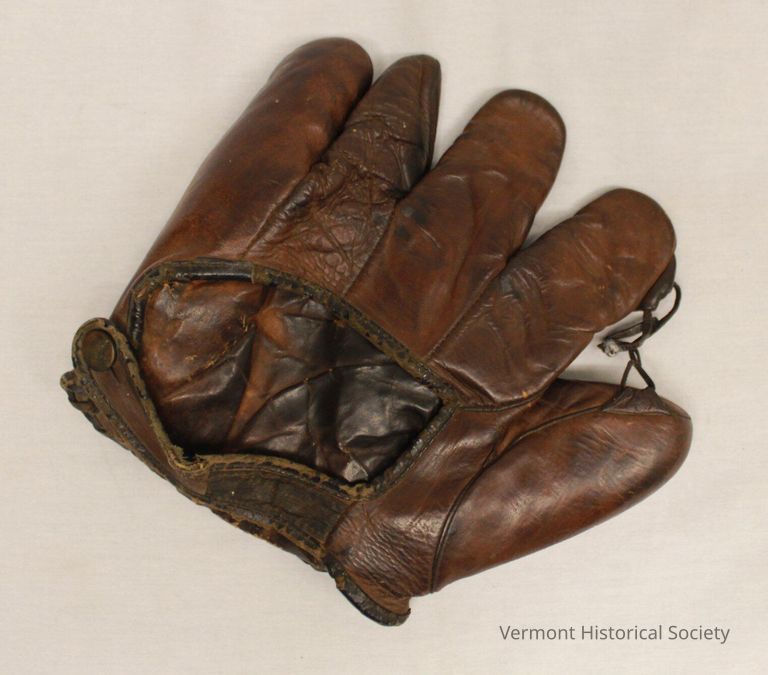
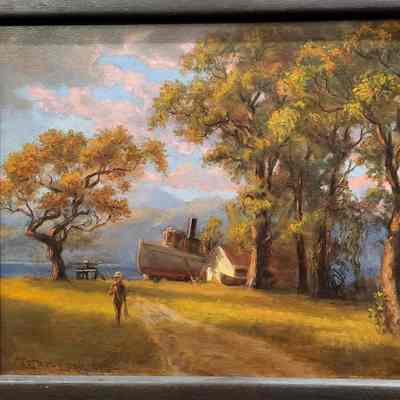
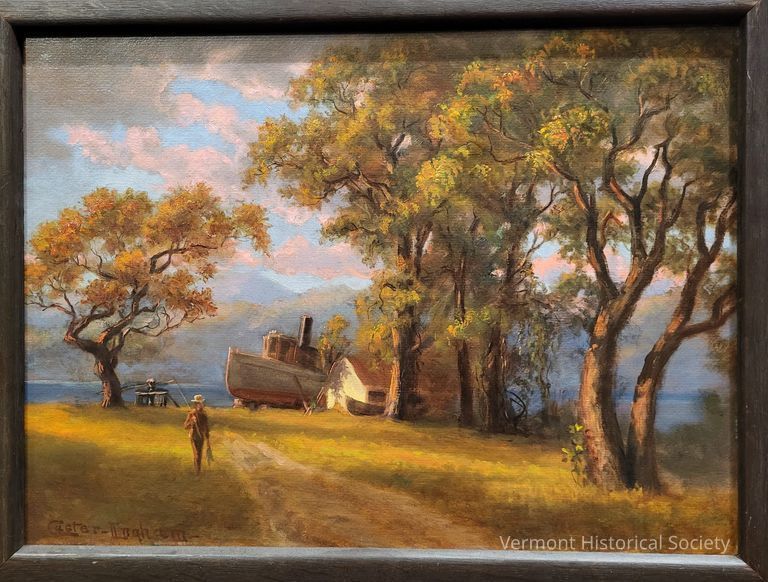
Early in his career, Ingham studied at the National Academy of Design in New York for two years; later, a brief visit to Europe in 1914 was cut short by the outbreak of World War I. Although he chose a realist approach, many of Ingham’s works demonstrate his interest in experimenting with the artistic movements of his era, evoking the trompe l’oeil paintings of William Harnett, landscapes of the Barbizon and Hudson River schools, and the colors and atmospheric effects of the Impressionists.
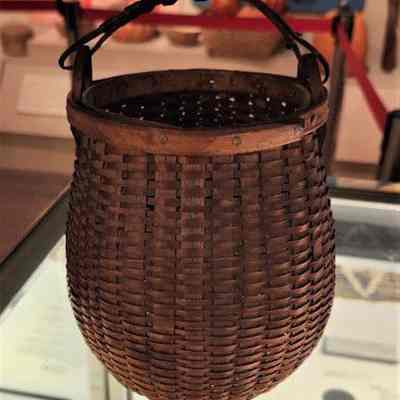
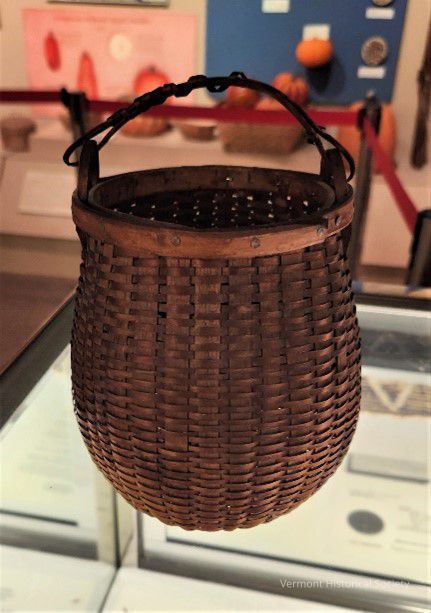
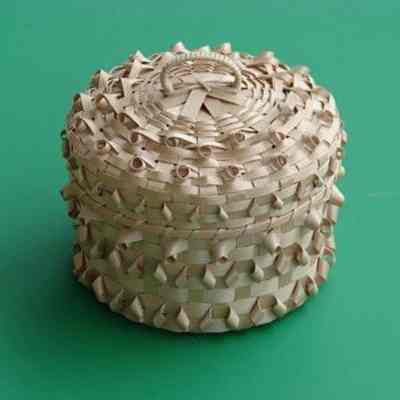
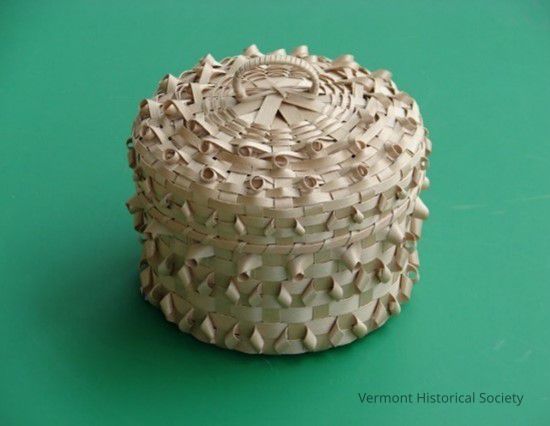
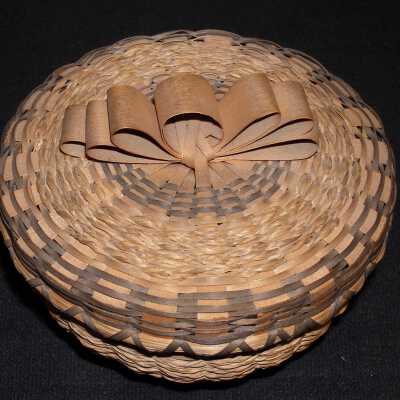
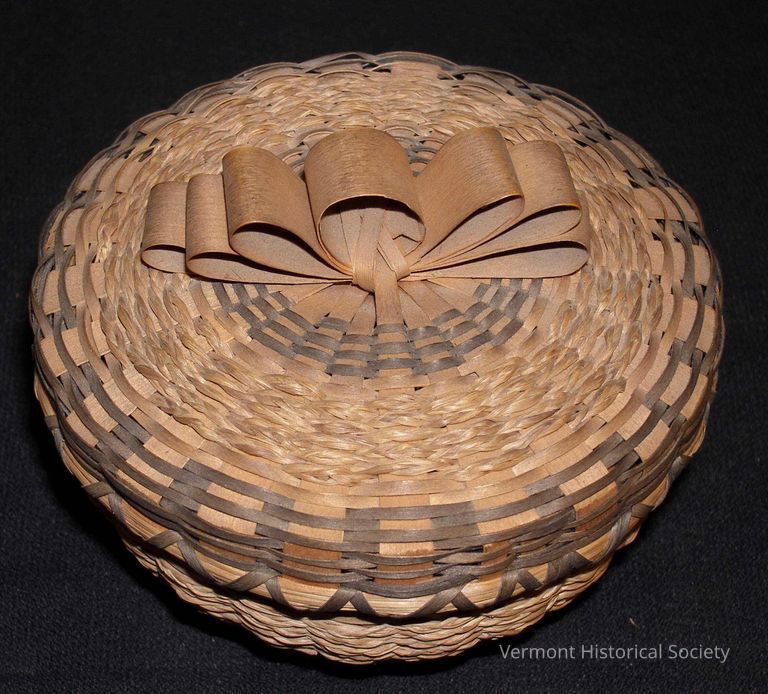
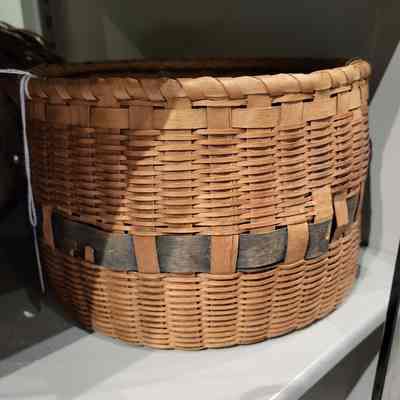
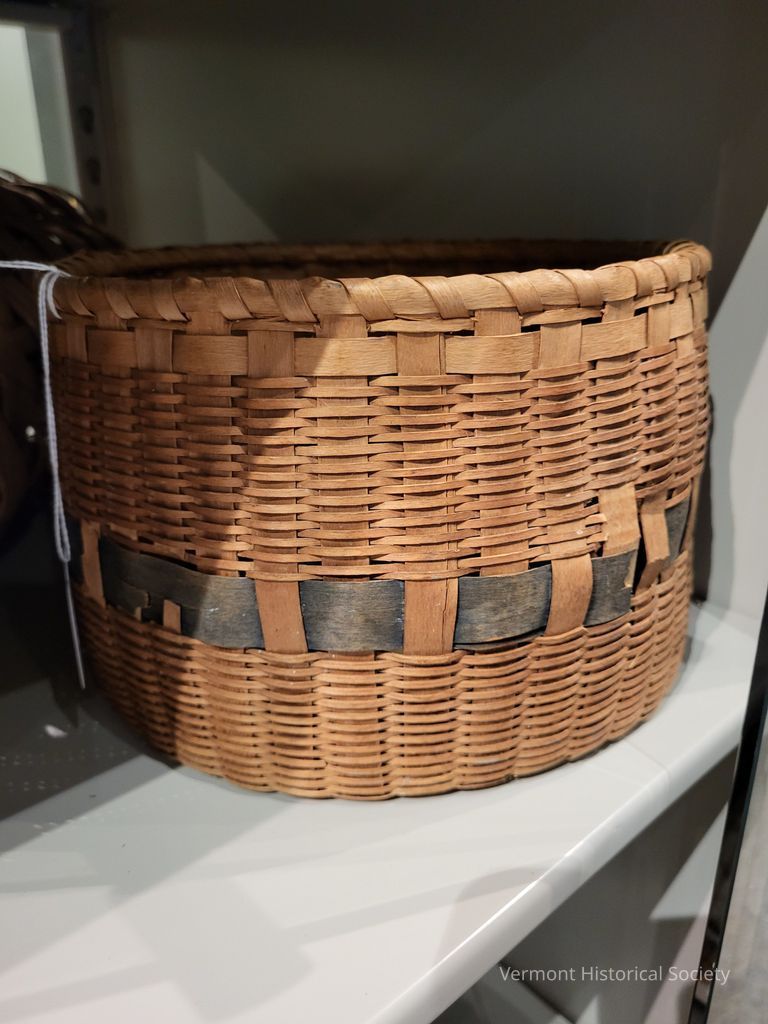
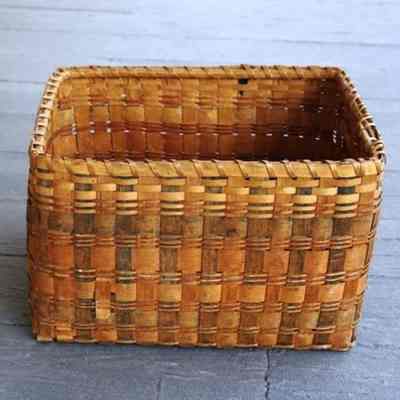
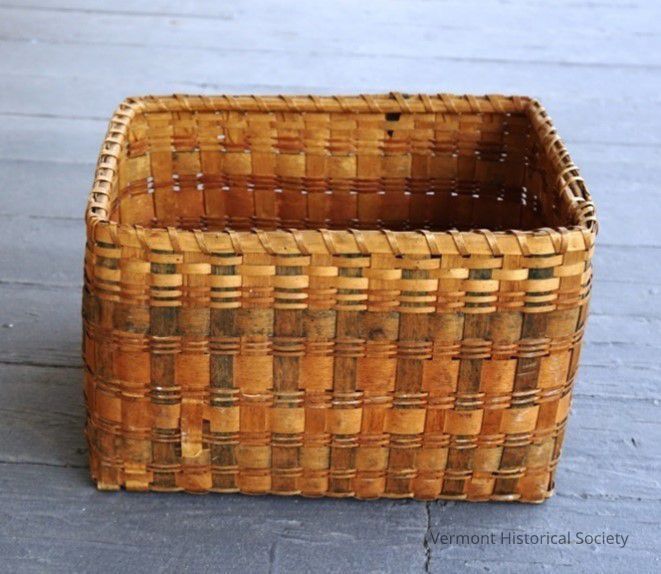
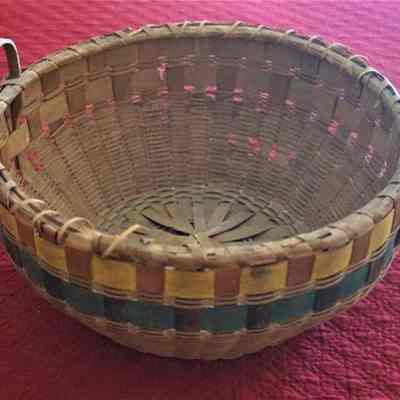
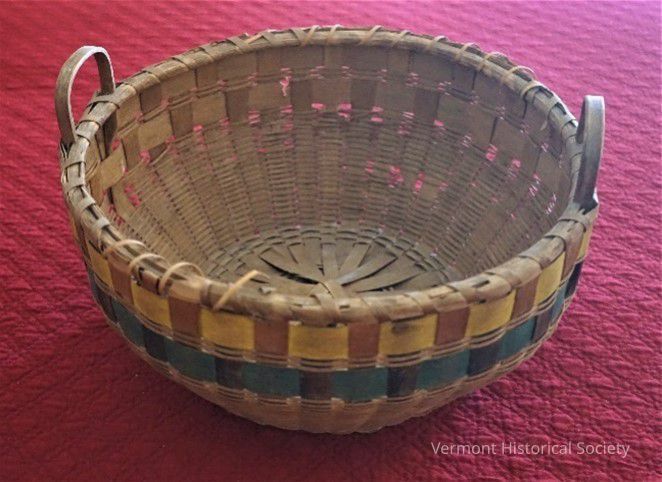
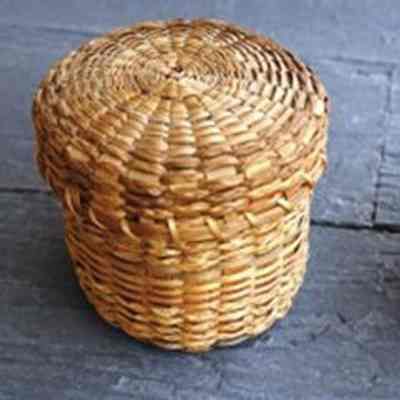
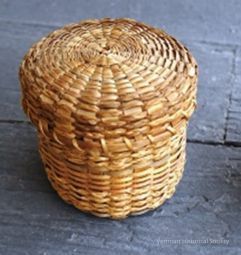
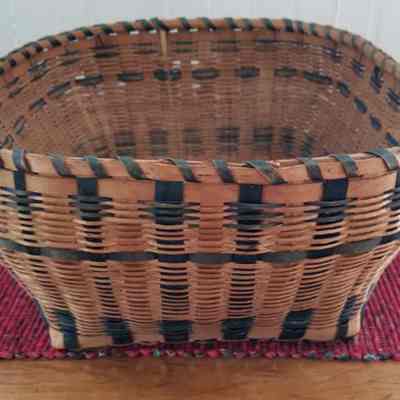
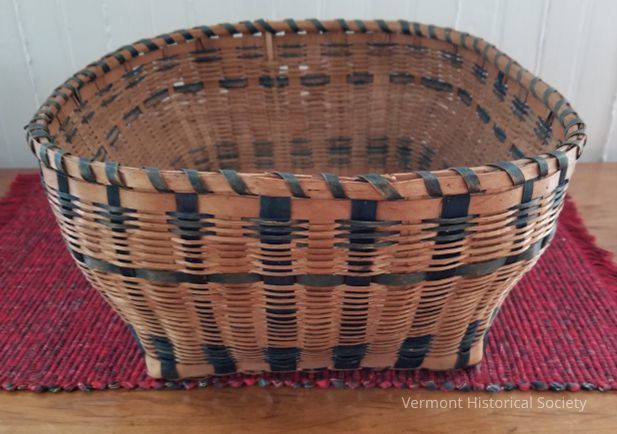
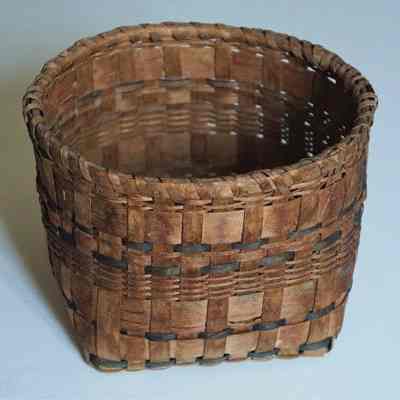
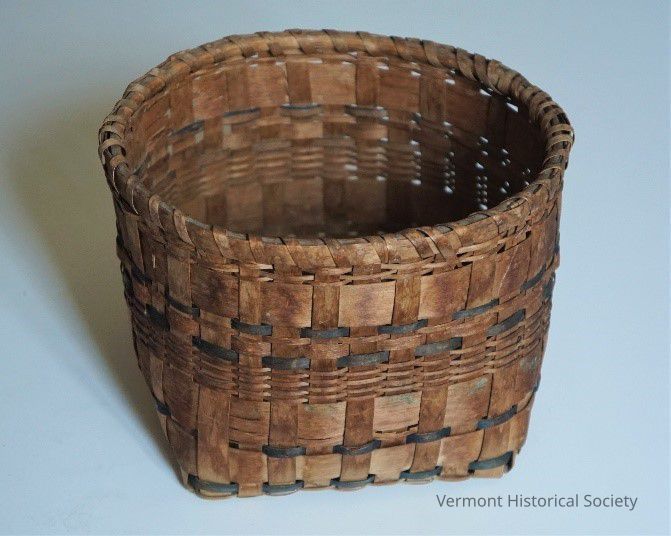
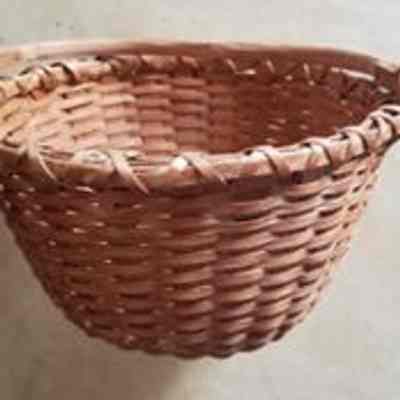
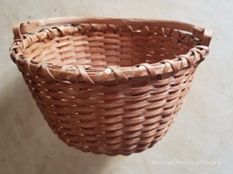
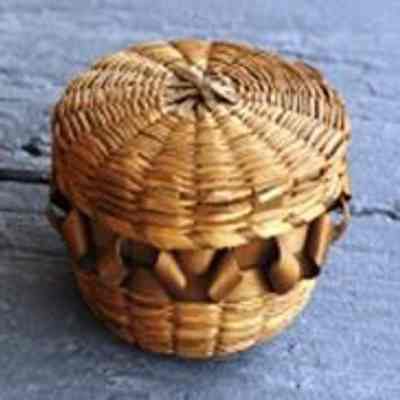
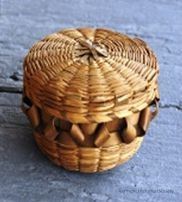
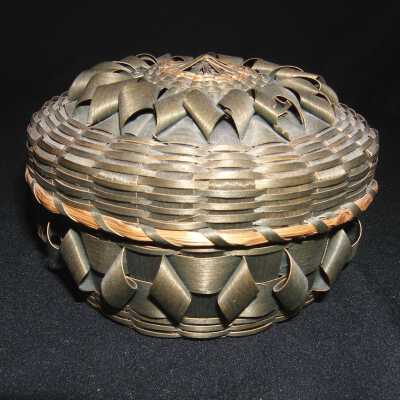
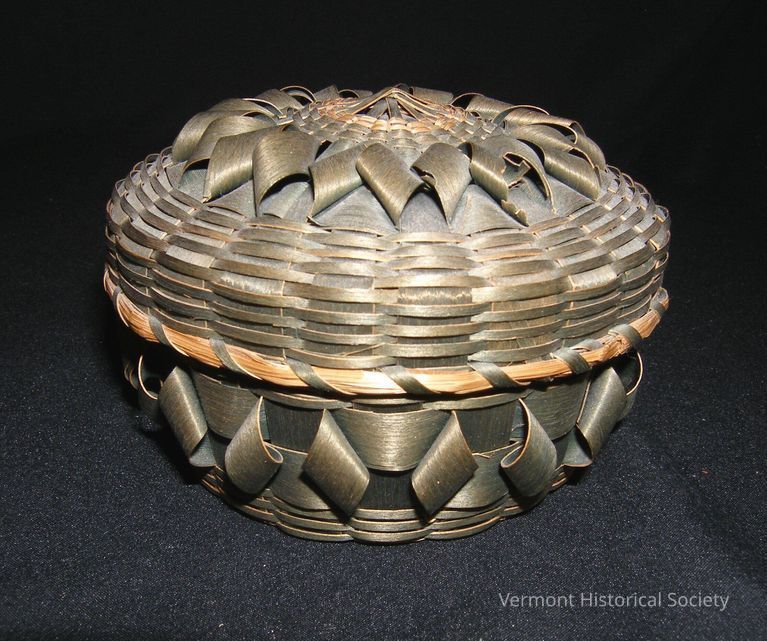
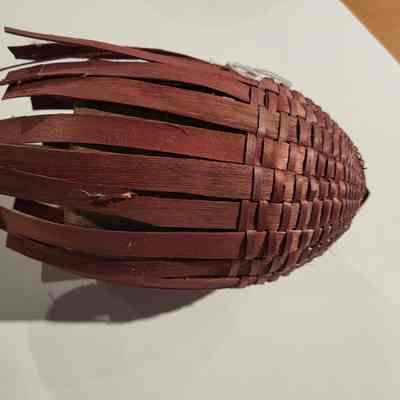
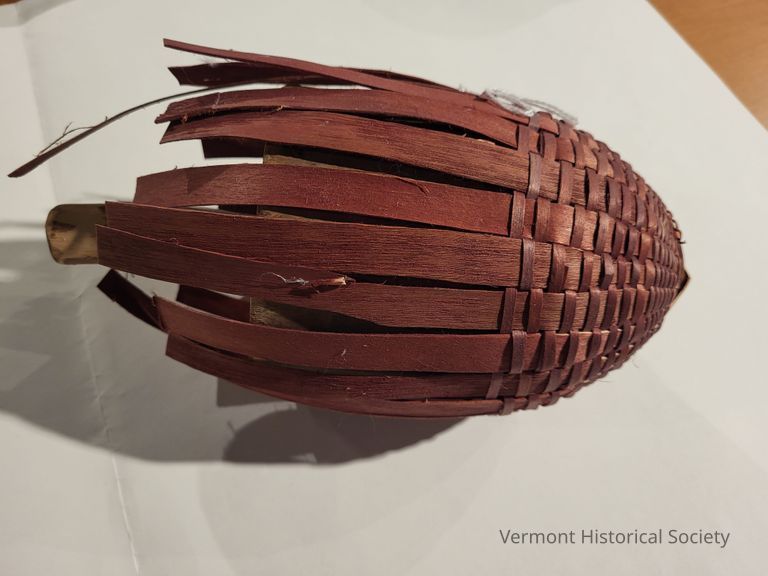
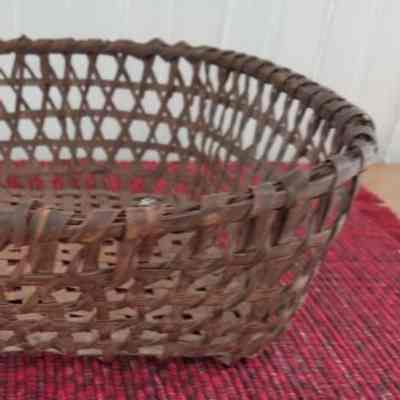
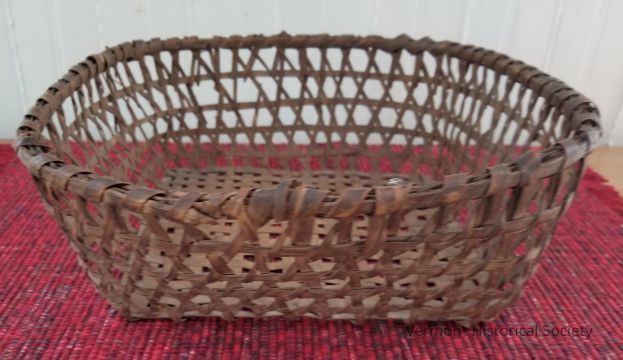
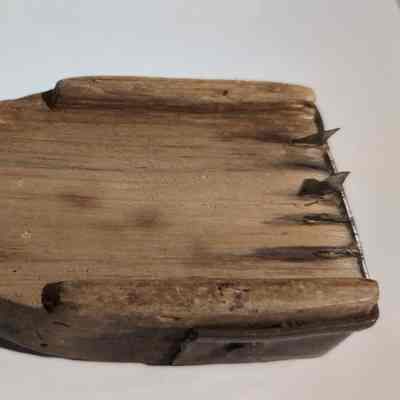
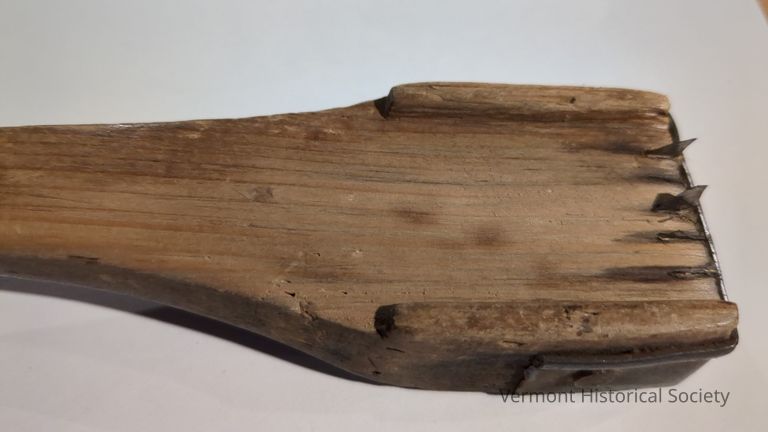
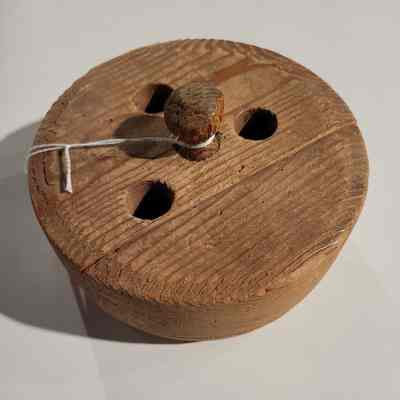
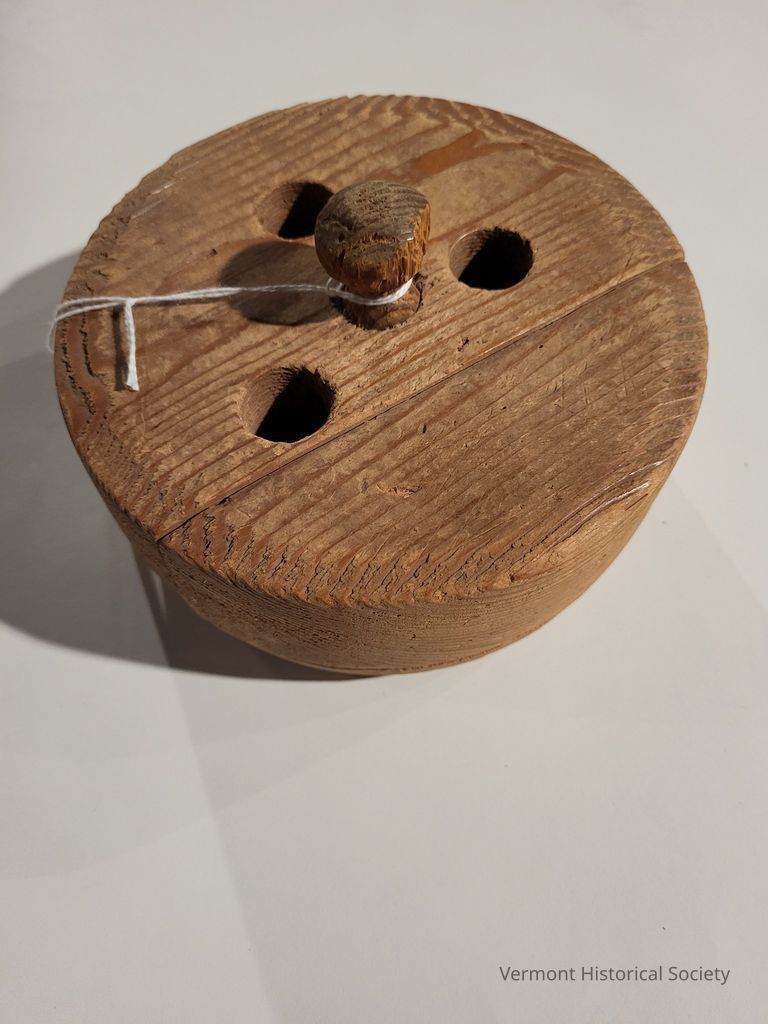
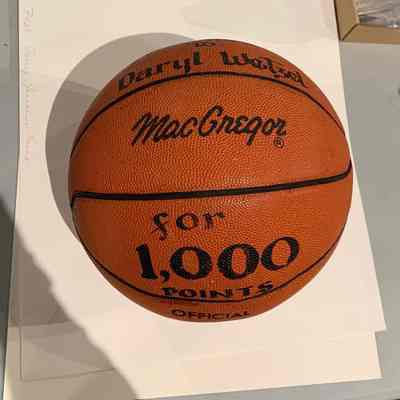
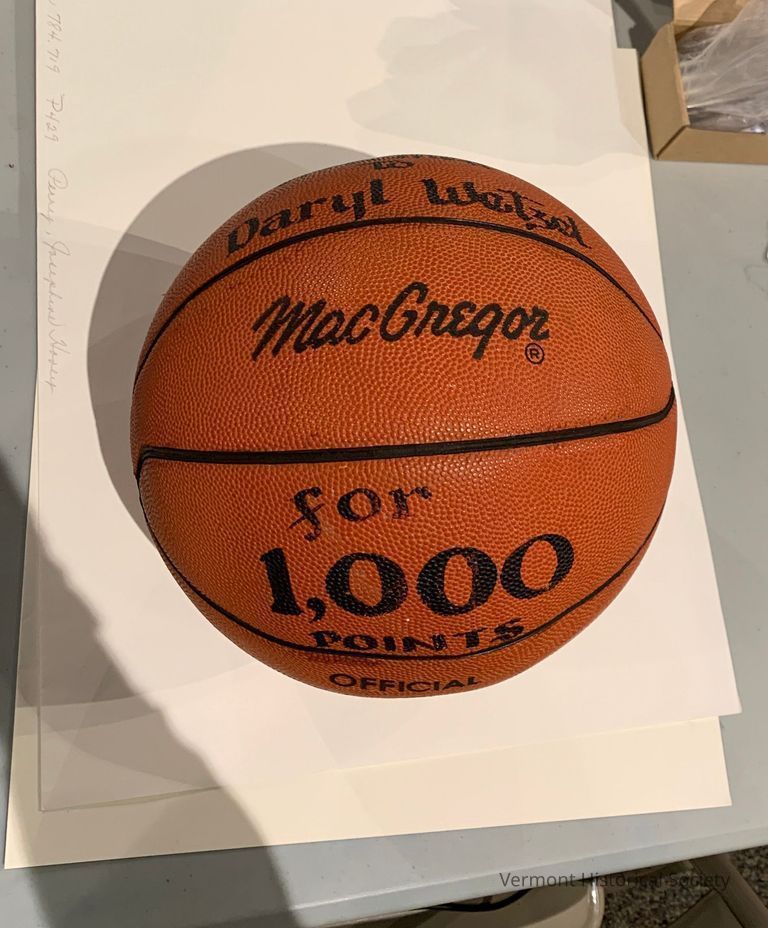
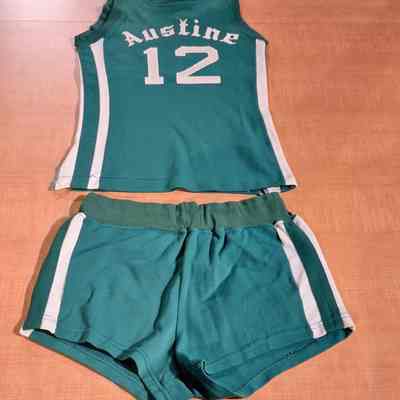
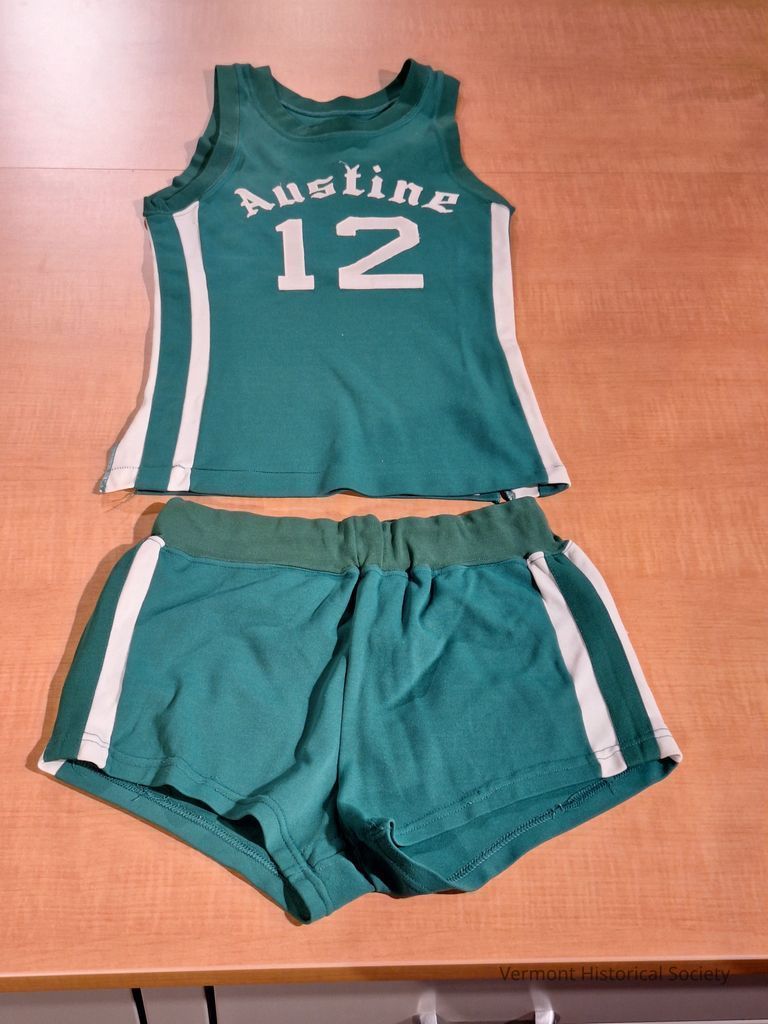
The shorts (b) are the same shade of green as the top with a jersey waistband and matching pair of white vertical strips down the sides of the legs.
Daryl Wetzel wore the number 12 jersey throughout his basketball career at Austine, including when he earned his place in the 1,000 points club in January of 1978 during his junior year.
12 was the number of Daryl Wetzel who was a graduate of the Austine School for the Deaf in 1979 was inducted into the 1,000 points club in his junior year in Spring, 1978. (see photo in archives) He continued to play ay Gallaudet University and enjoyed a career with the AAAD (American Athletic Association for the Deaf) and with the USADB (United States American Deaf Basketball). In 2003 Wetzel was inducted as the first ever deaf male player in the New England Basketball Hall of Fame (R.I.).
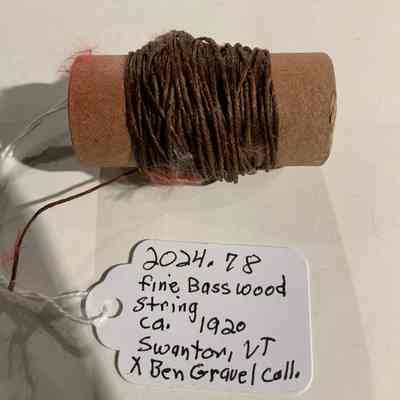
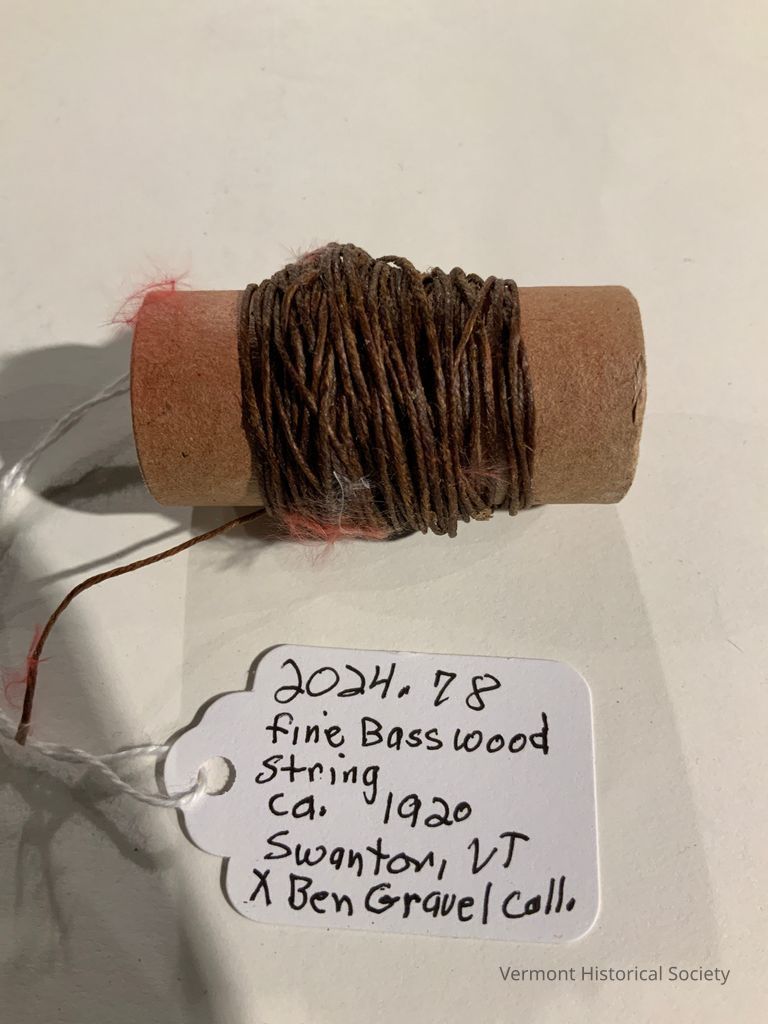
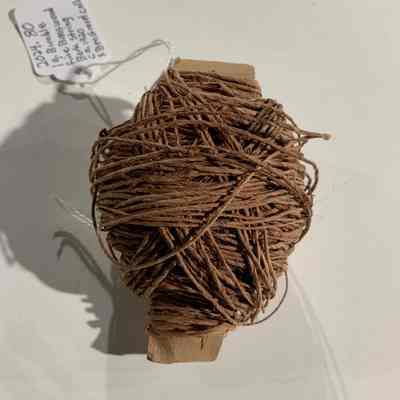
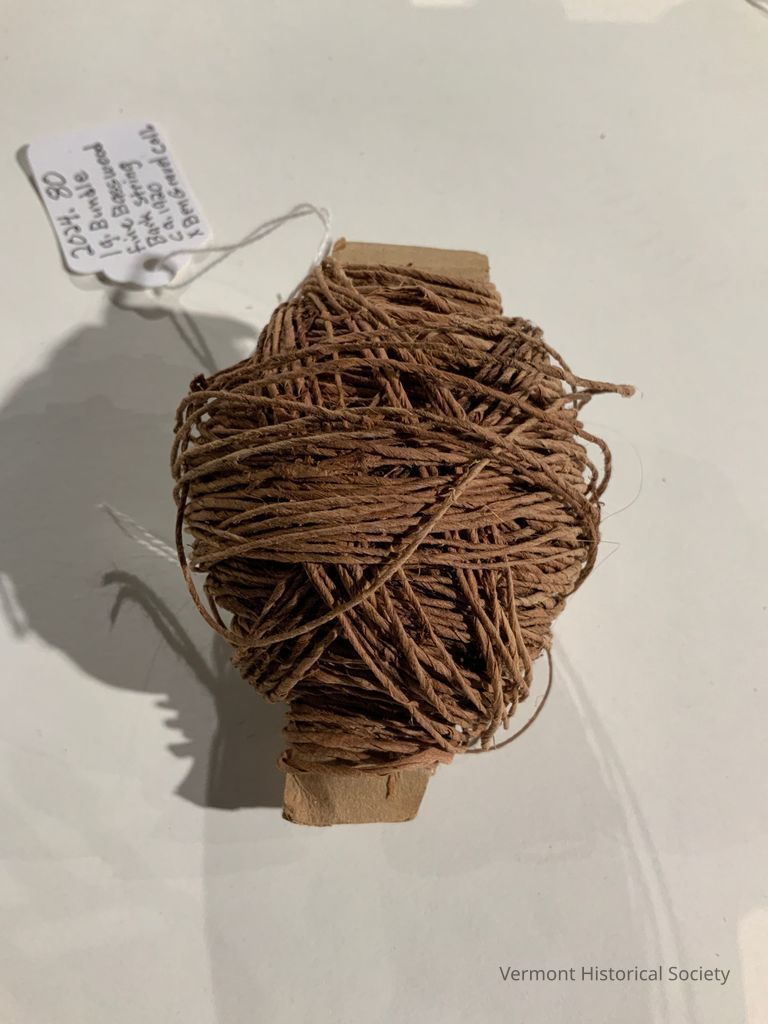
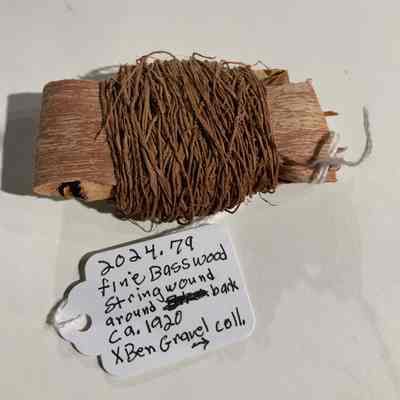
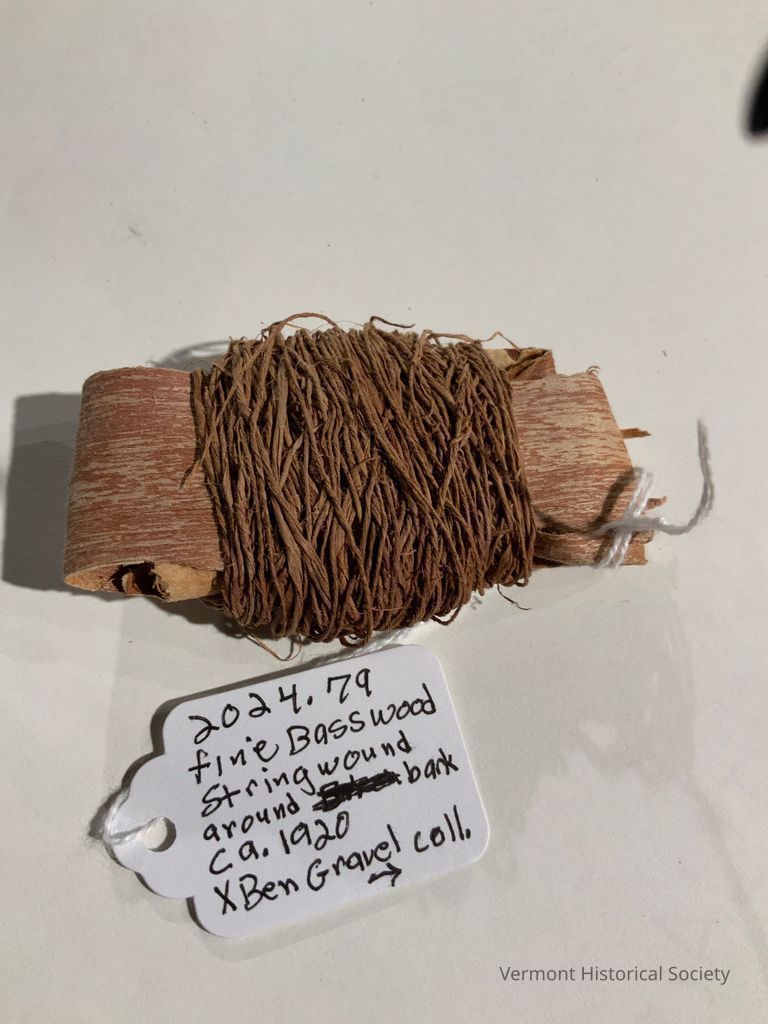
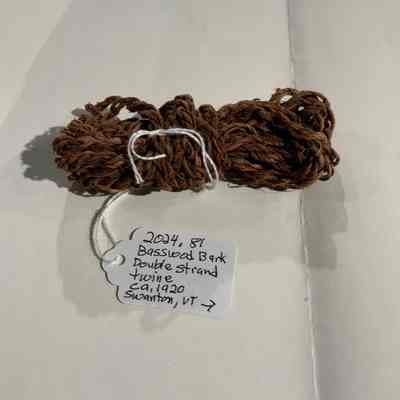
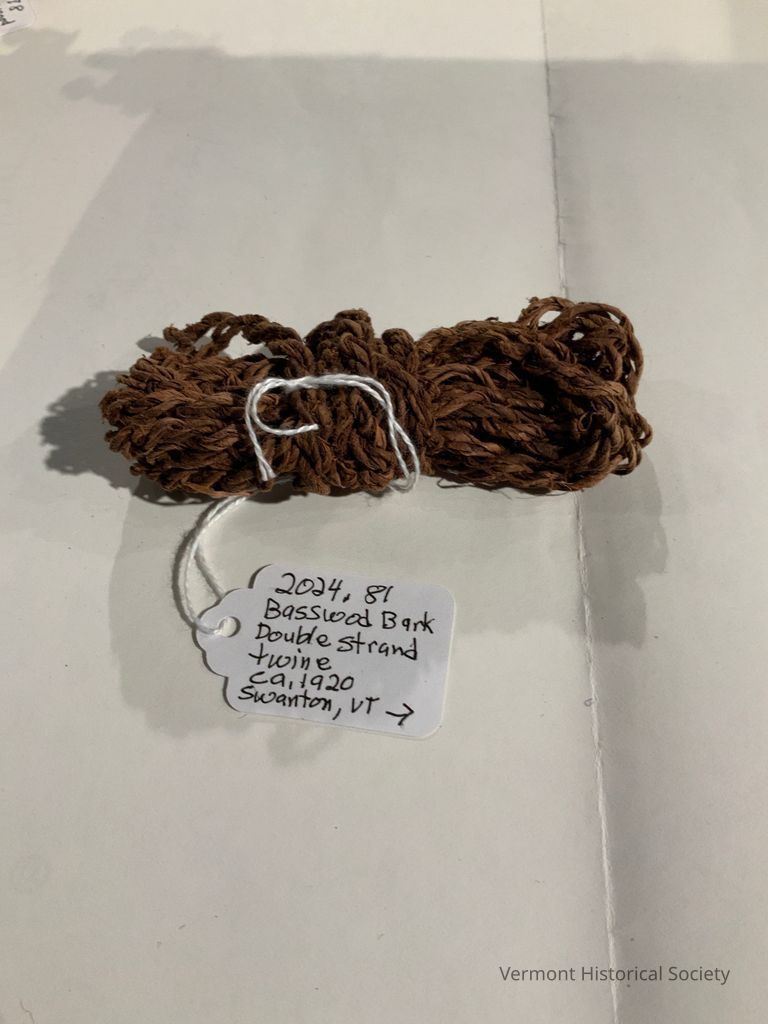
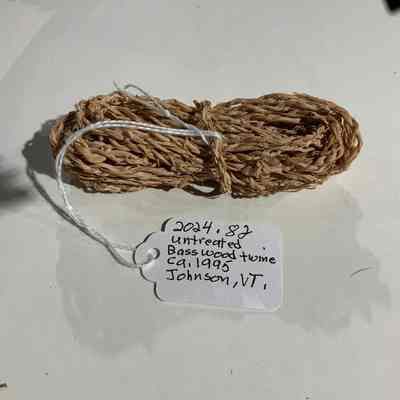
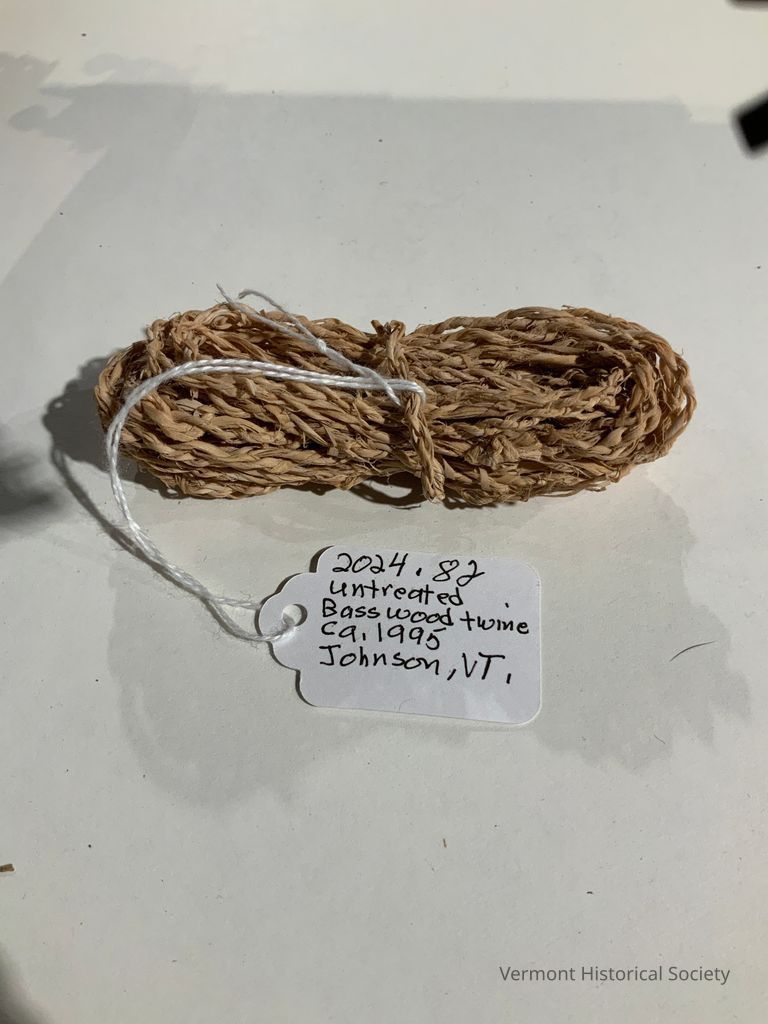
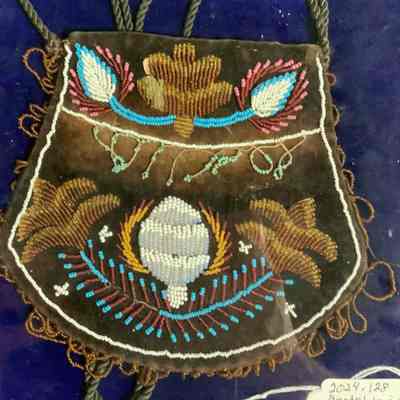
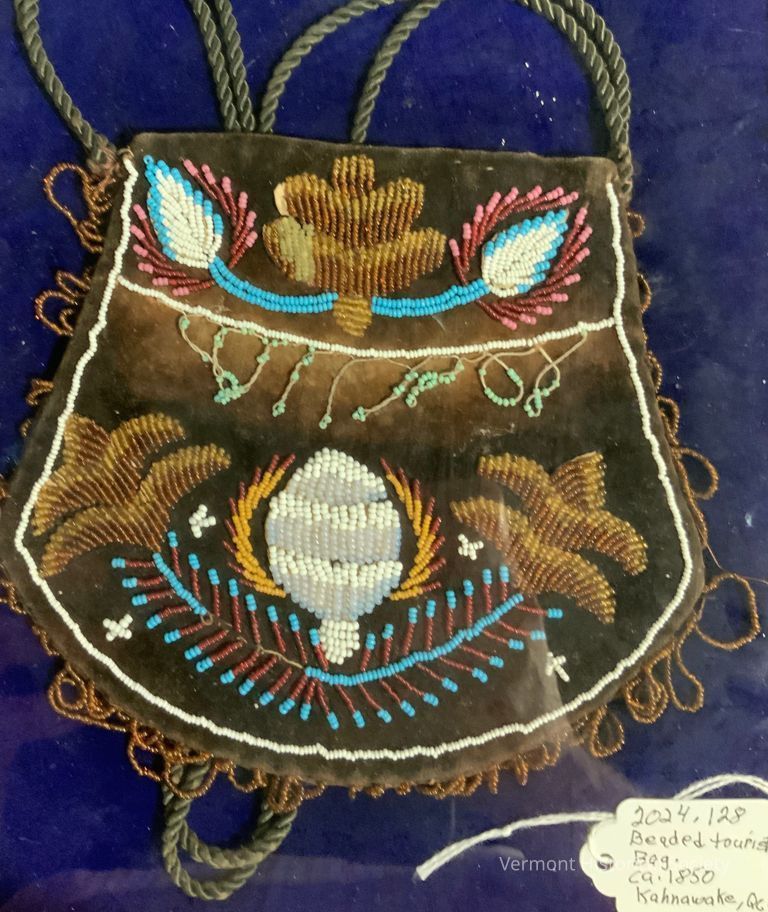
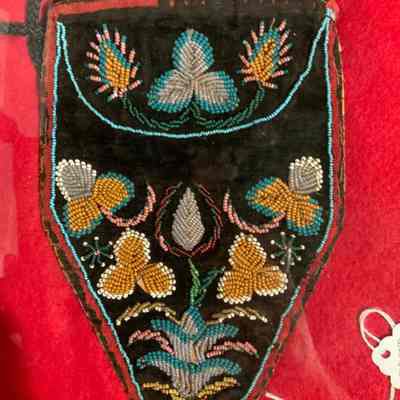
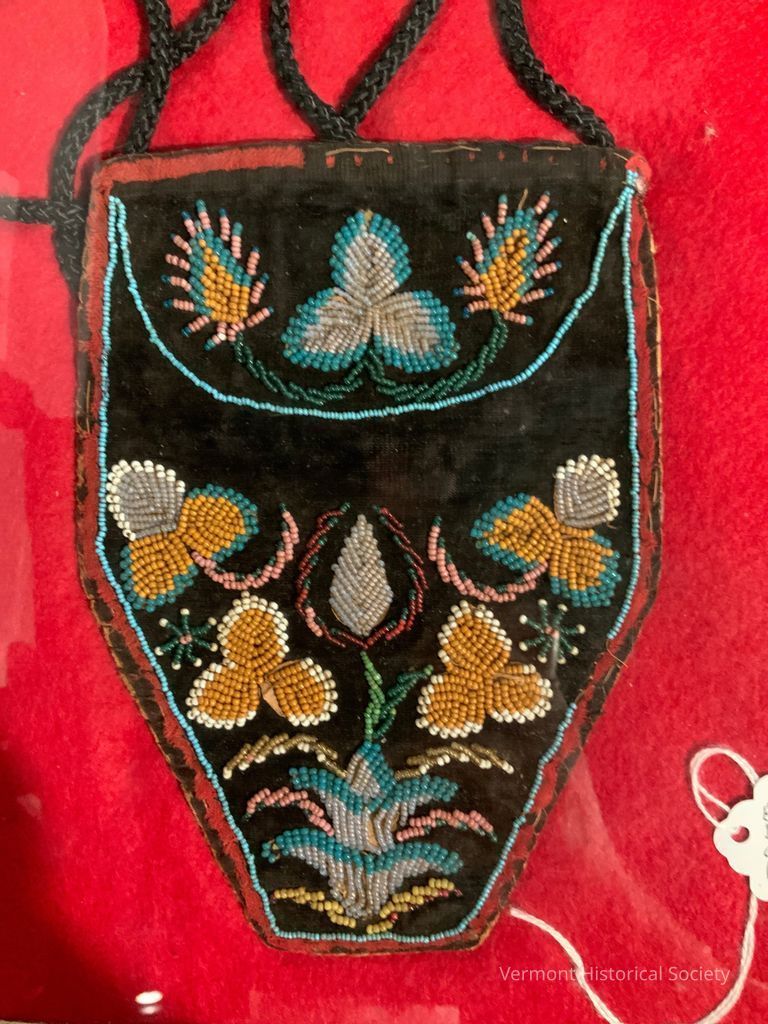
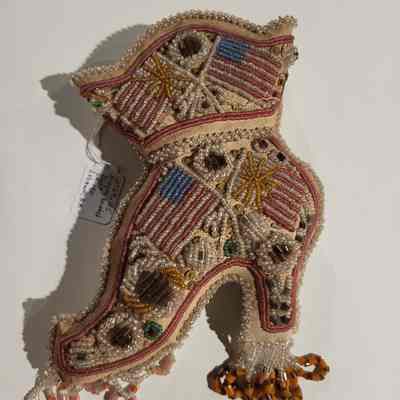
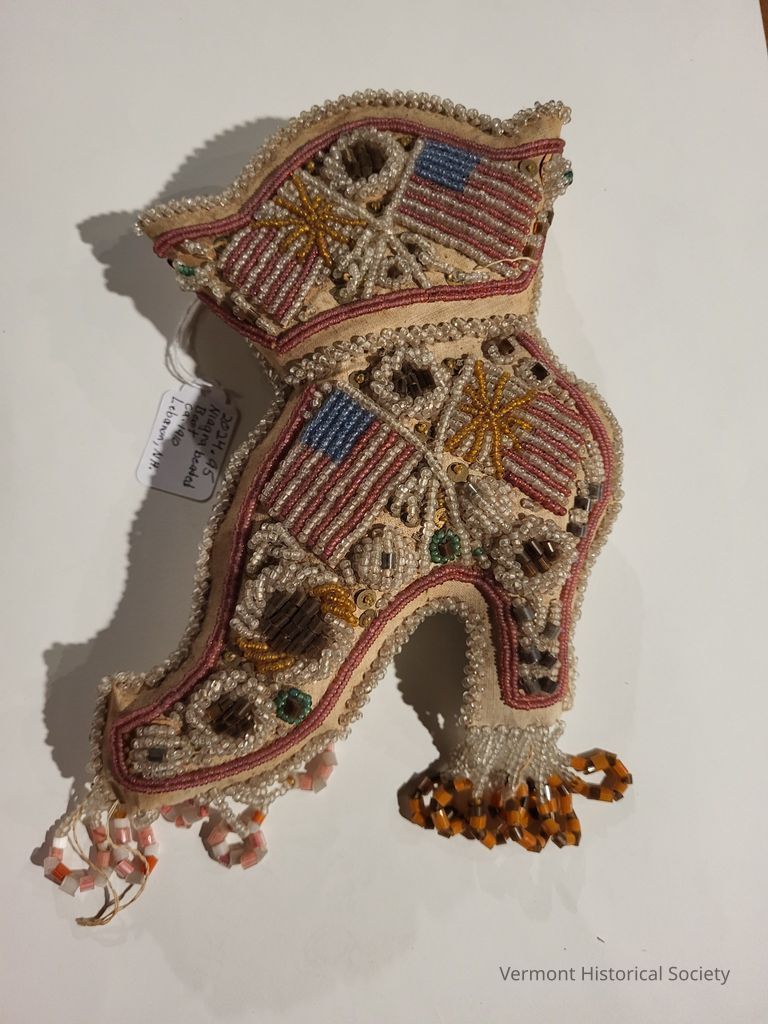
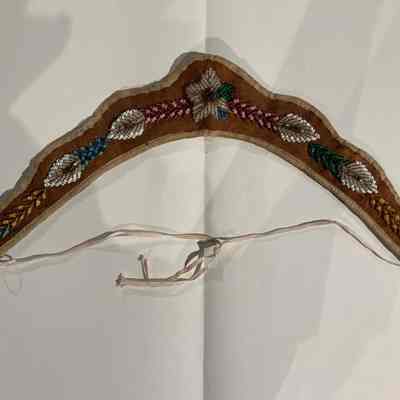
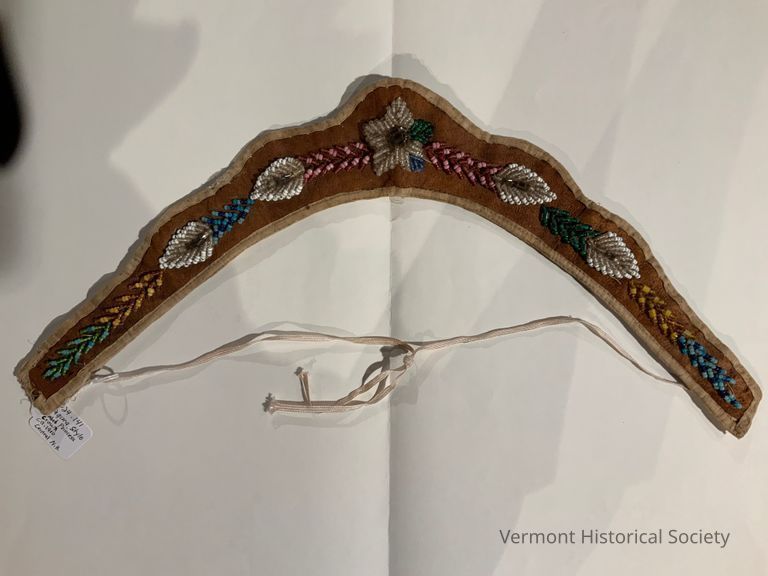
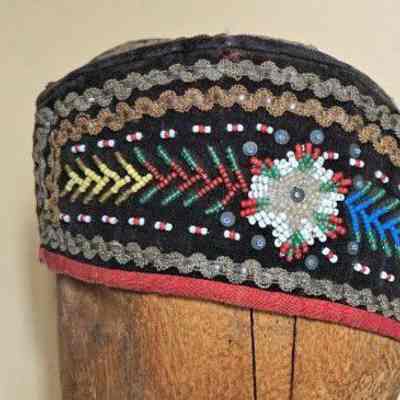
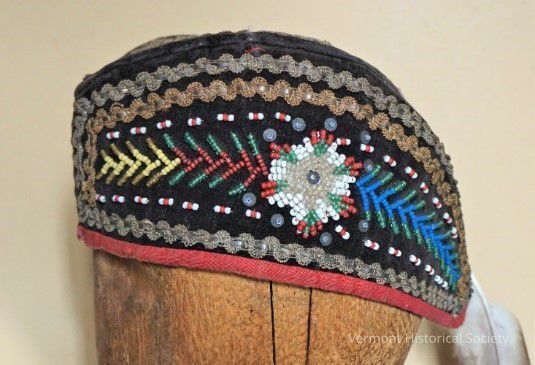
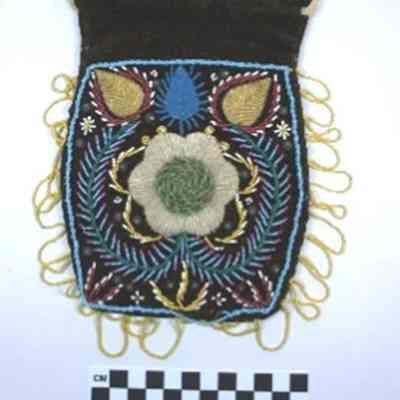
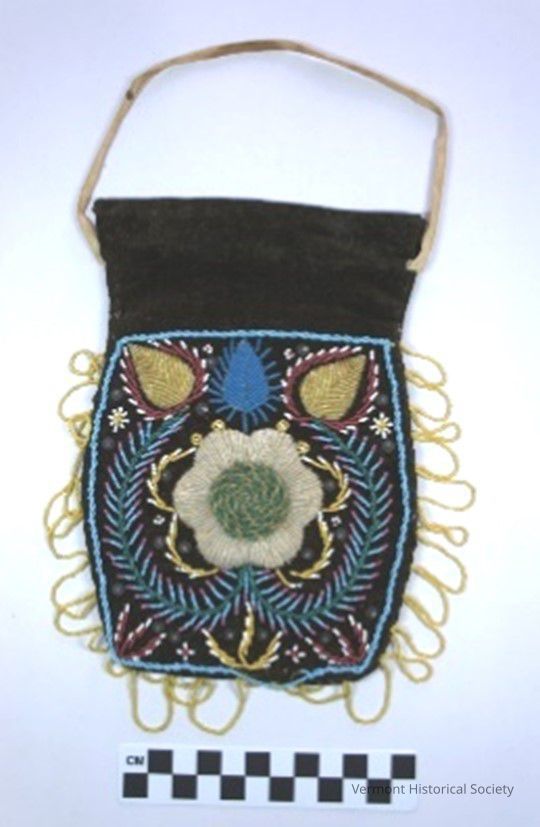
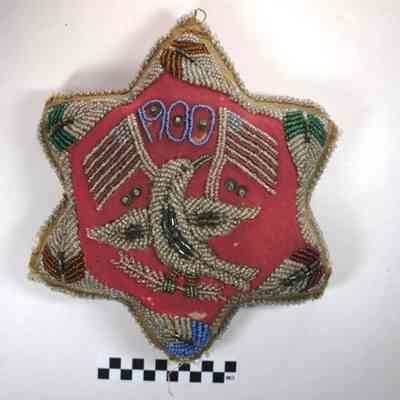
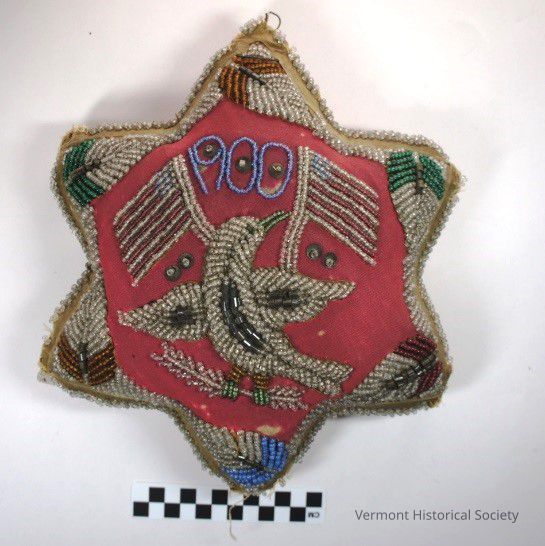

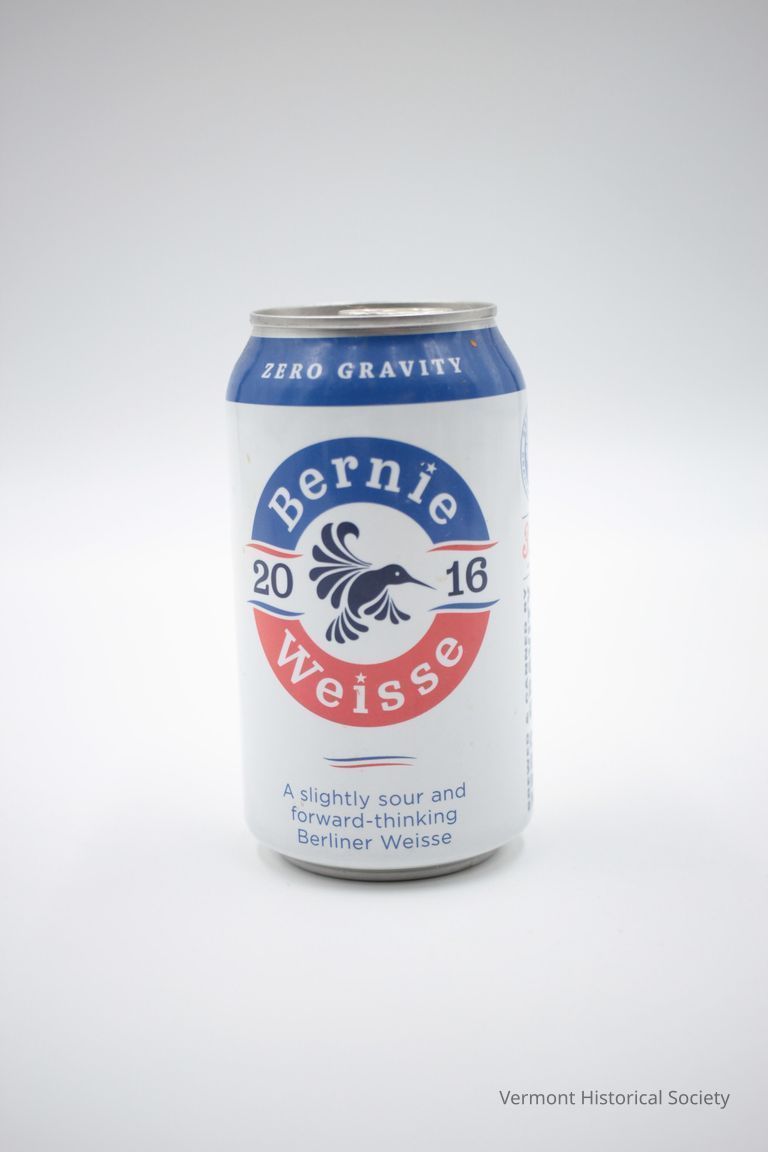
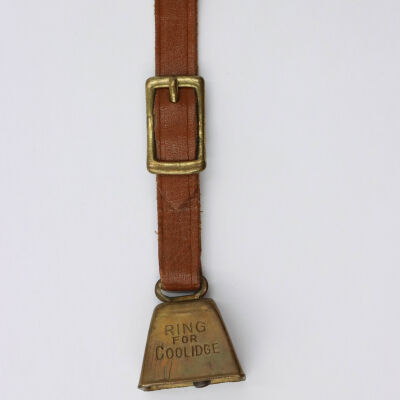
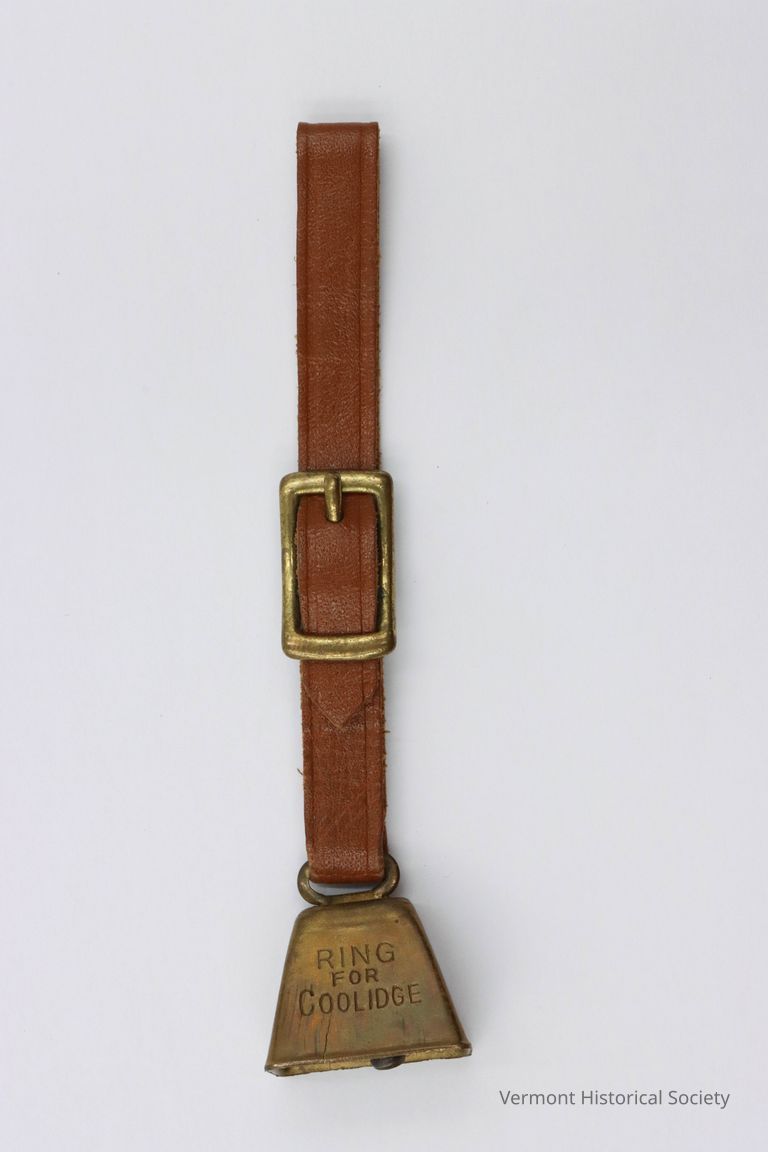
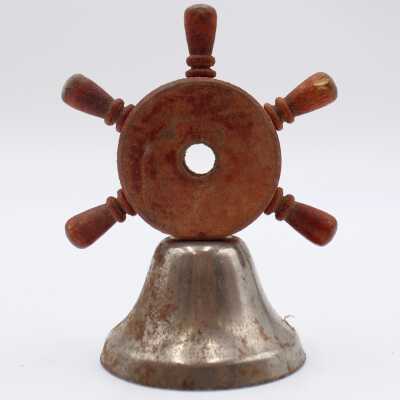
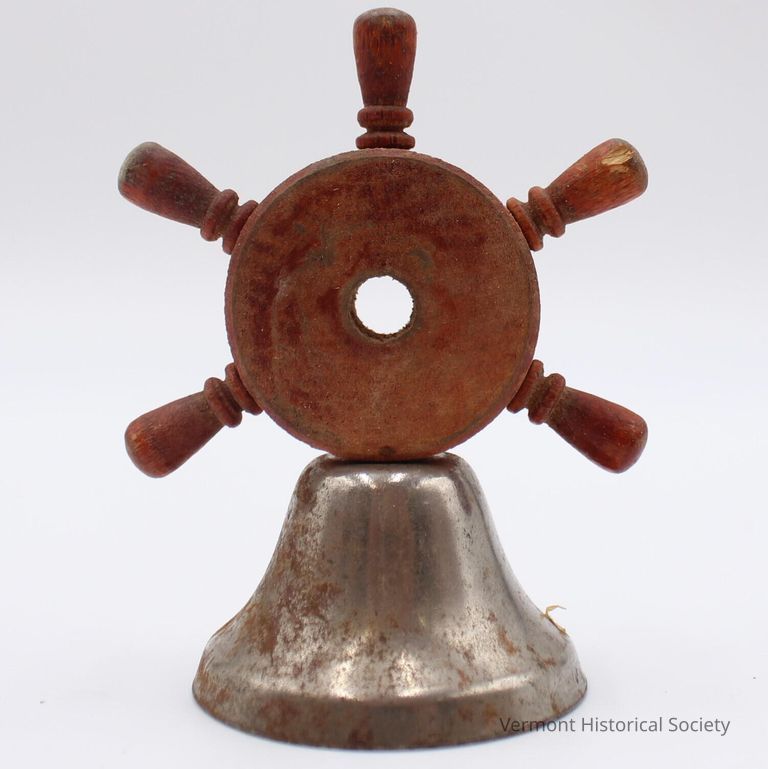
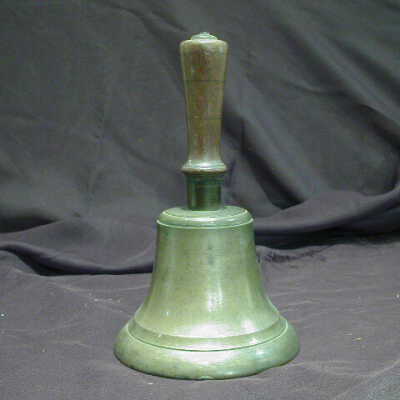
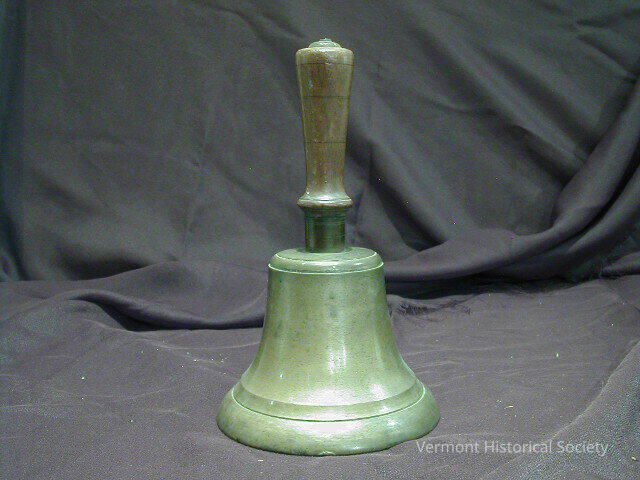
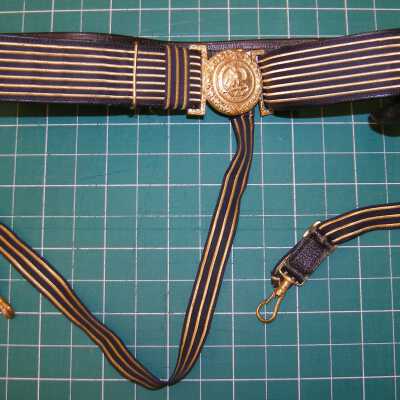
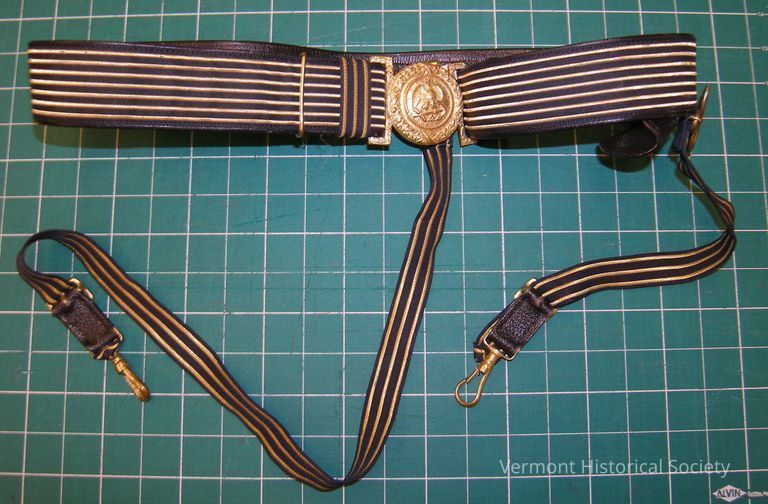

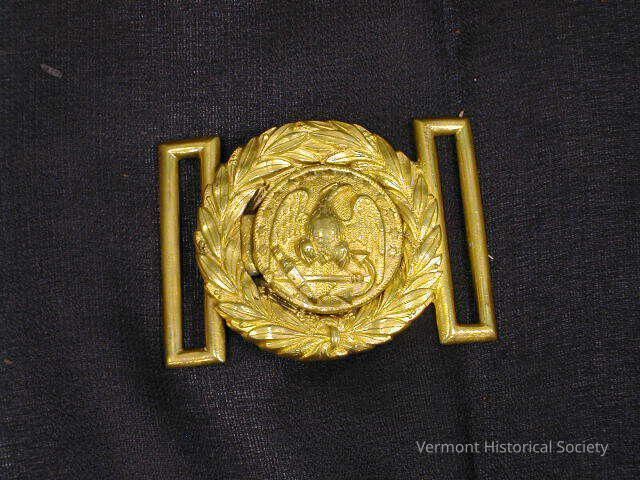
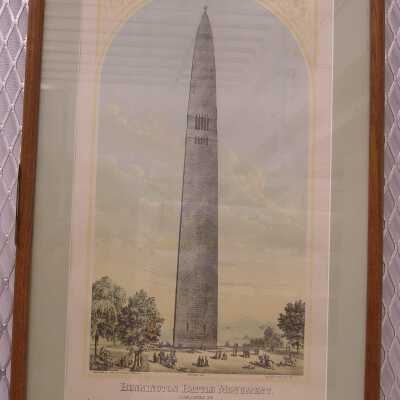
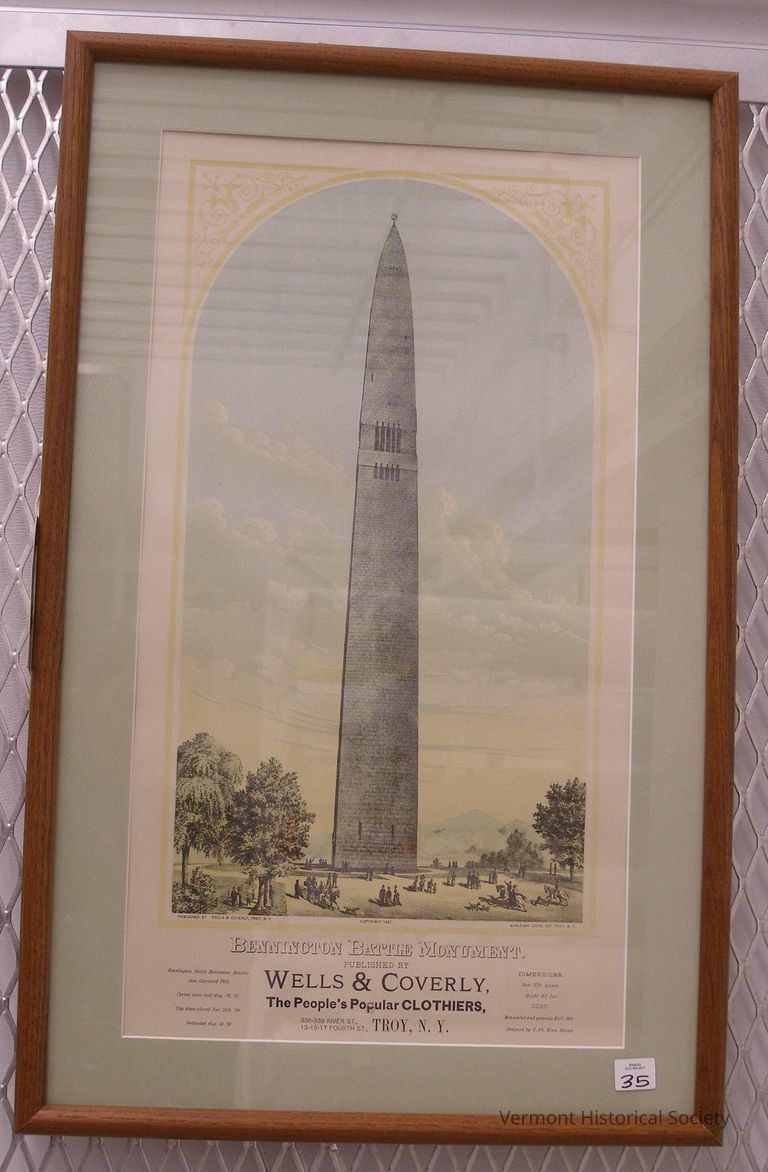
Under the print is the title, "BENNINGTON BATTLE MONUMENT" in empty serifed lettering delineated by stylistic, black outlining, an advertisement for a clothing store in Troy, New York, and details about the monument. Bearing inscriptions, "PUBLISHED BY," in small serifed lettering, "WELLS & COVERLY," in much larger, thin serifed lettering. Underneath in thick, dark, simplistic lettering, "The People's Popular CLOTHIERS," and below that in very thin and smaller, mono linear writing, "336-338 RIVER ST.,/13-15-17 FOURTH ST.," to the left in taller, darker, serifed lettering, "TROY, N.Y."
On either side of the main body are smaller paragraphs of inscriptions:
On the left in italicized, semi-cursive, serifed lettering, "Bennington Battle Monument Associa-/tion chartered 1853./Corner stone laid Aug. 16, '87/Cap stone placed Nov. 25th, '89/Dedicated Aug. 19, '91."
On the right side in taller, typewriter style, squarish lettering, "DIMENSIONS." Underneath in the same small, italicized, semi-cursive, serifed writing, "Base 37 ft. square./Height 301 feet." Again in taller typewriter style lettering, "COST." Undenerth in the same italicized, "Monument and grounds 117,000./Designed by J. Ph. Sinm, Boston."
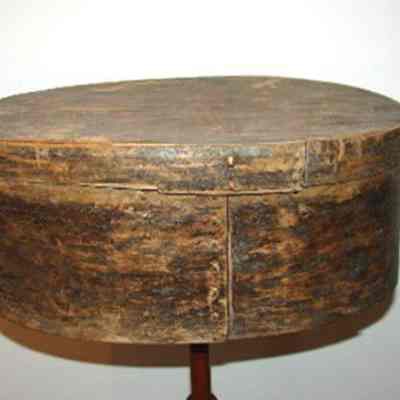
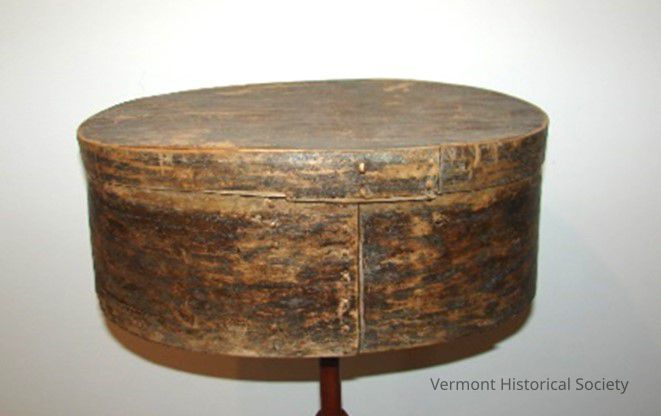
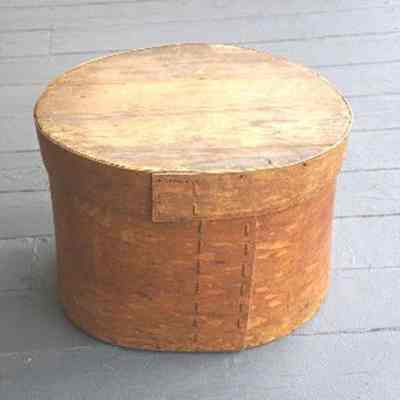
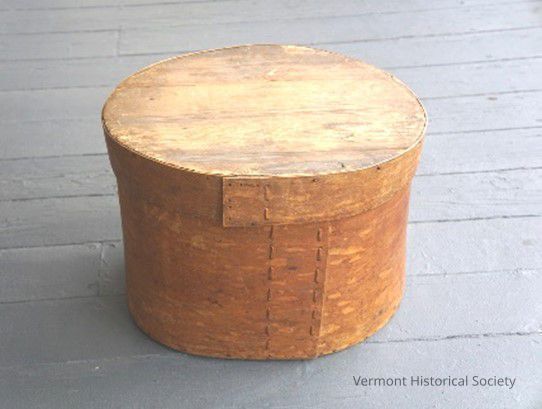
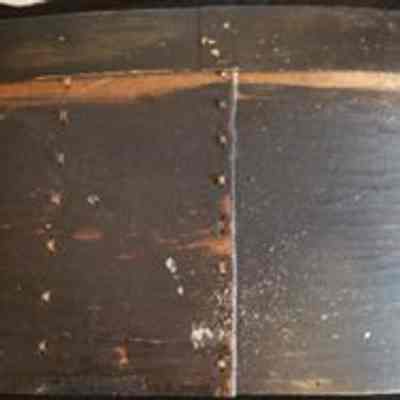
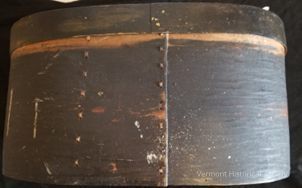
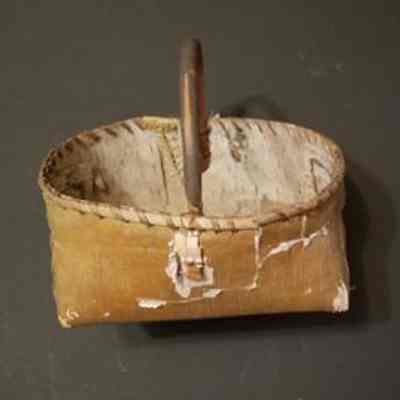
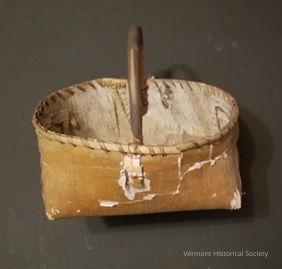
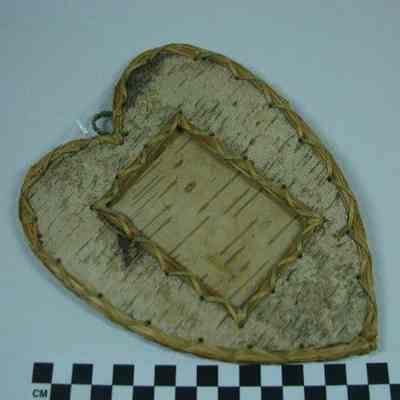
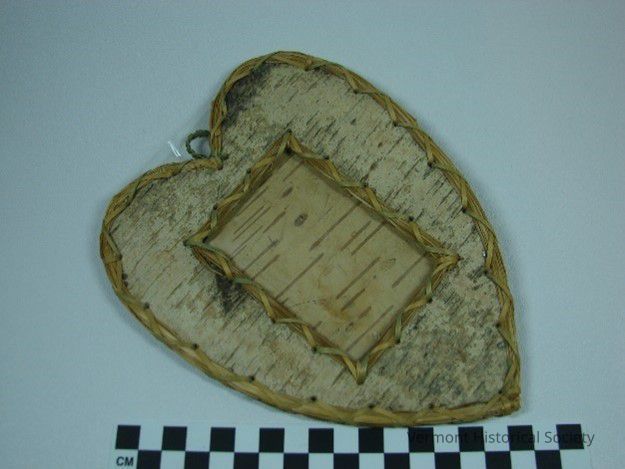
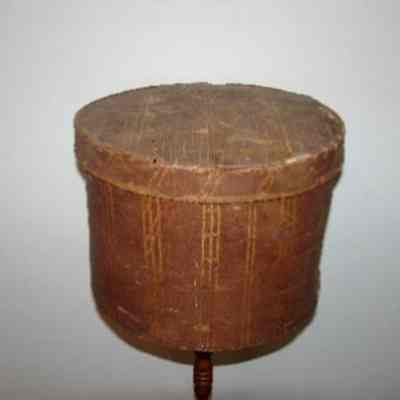
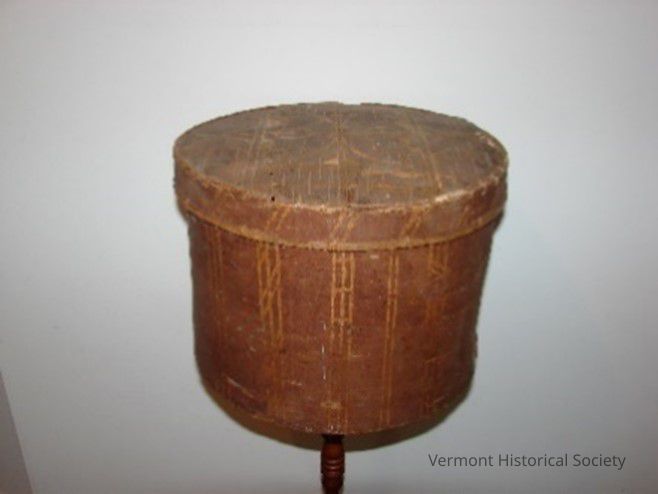
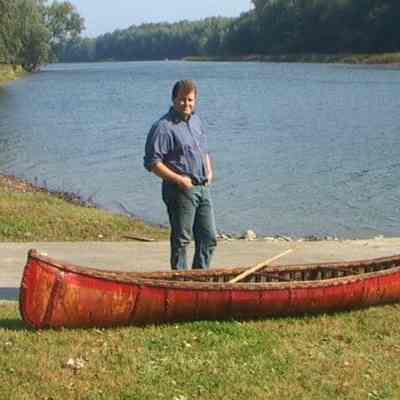
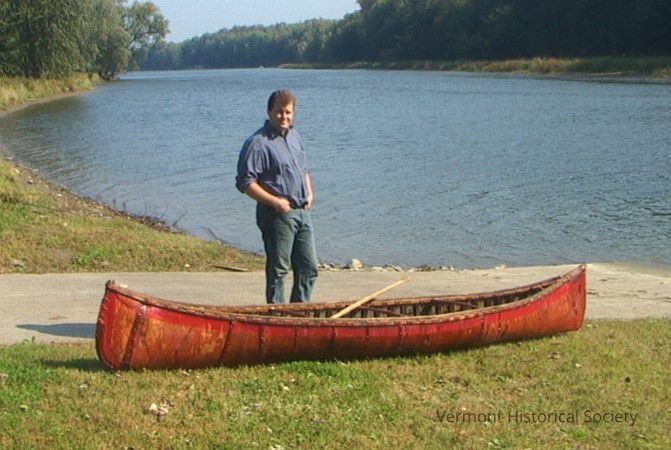
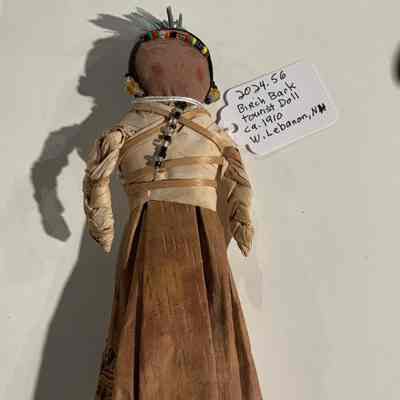
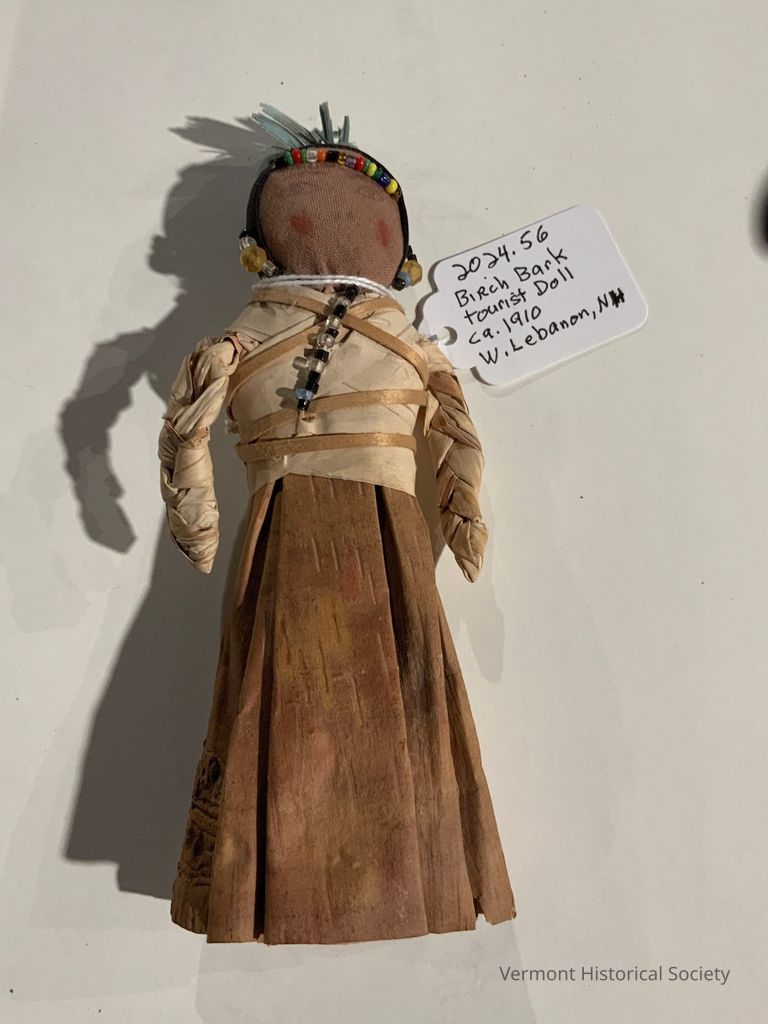
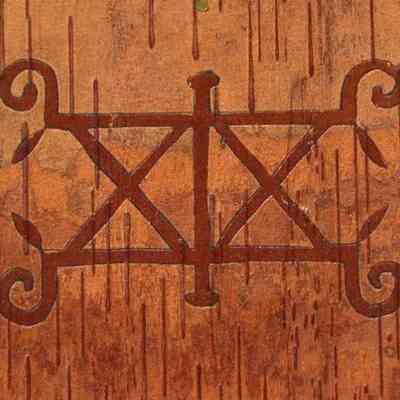
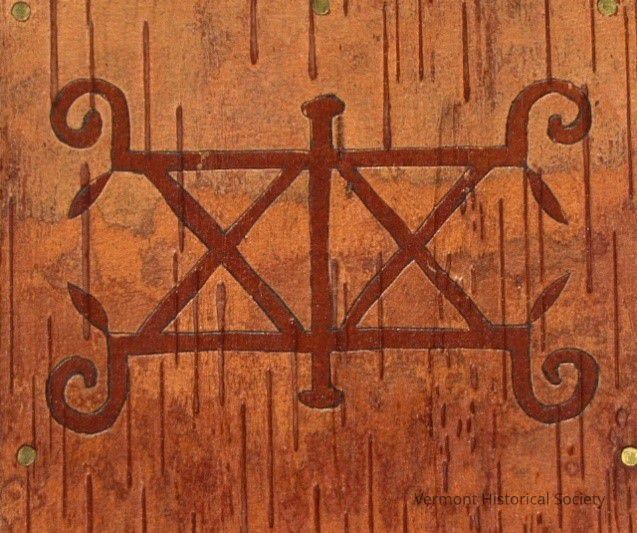
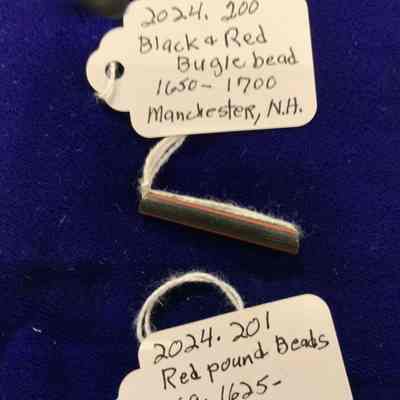
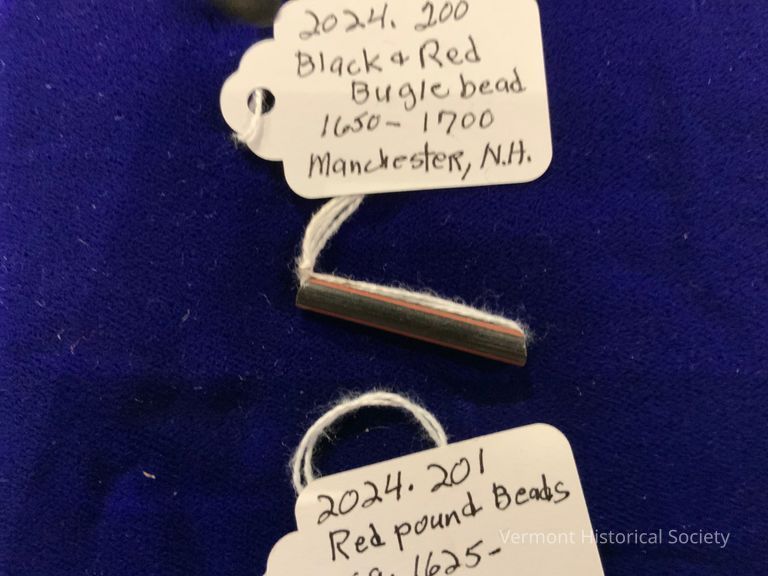
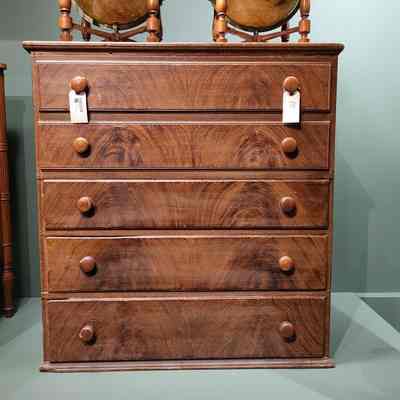
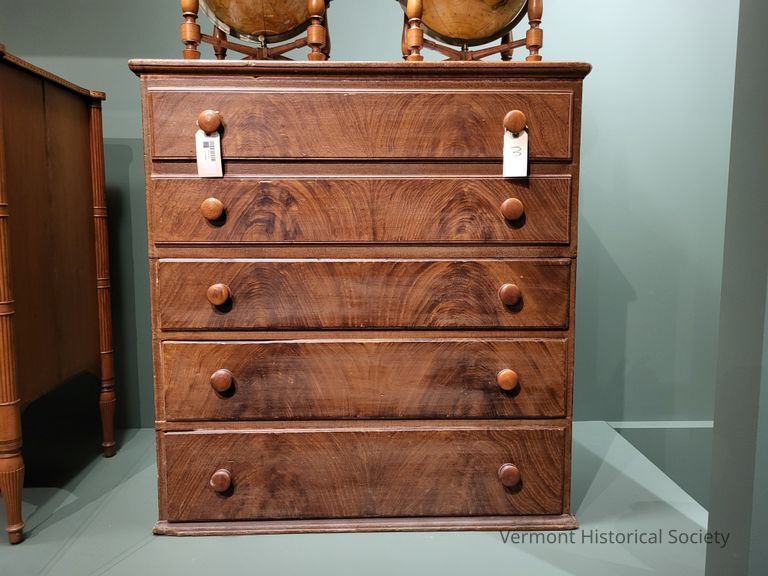
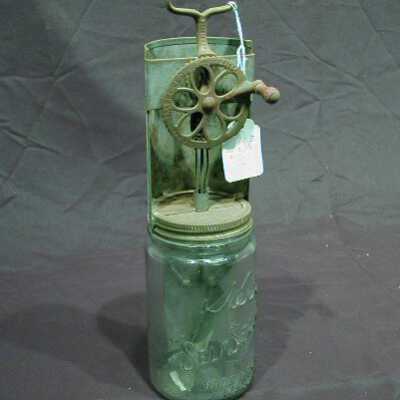
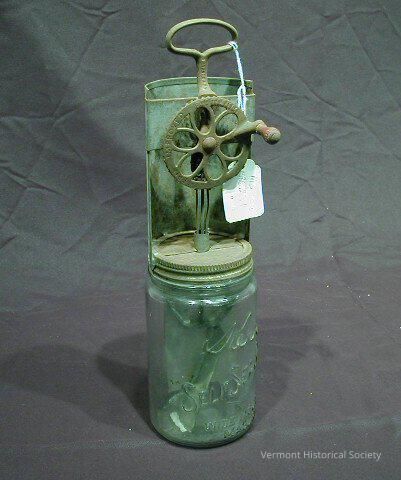
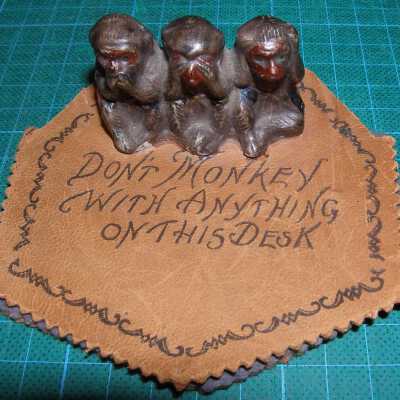
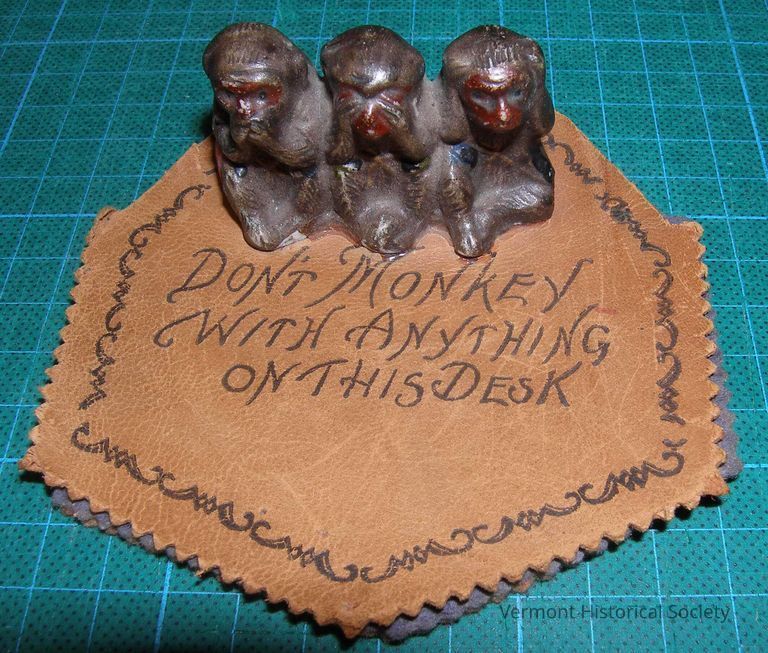
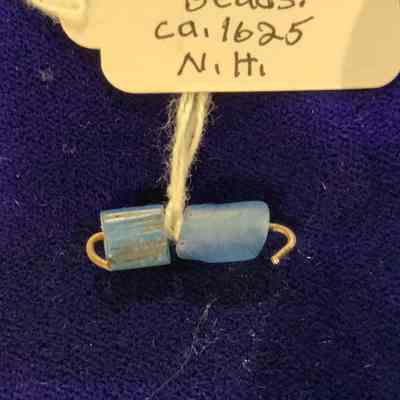
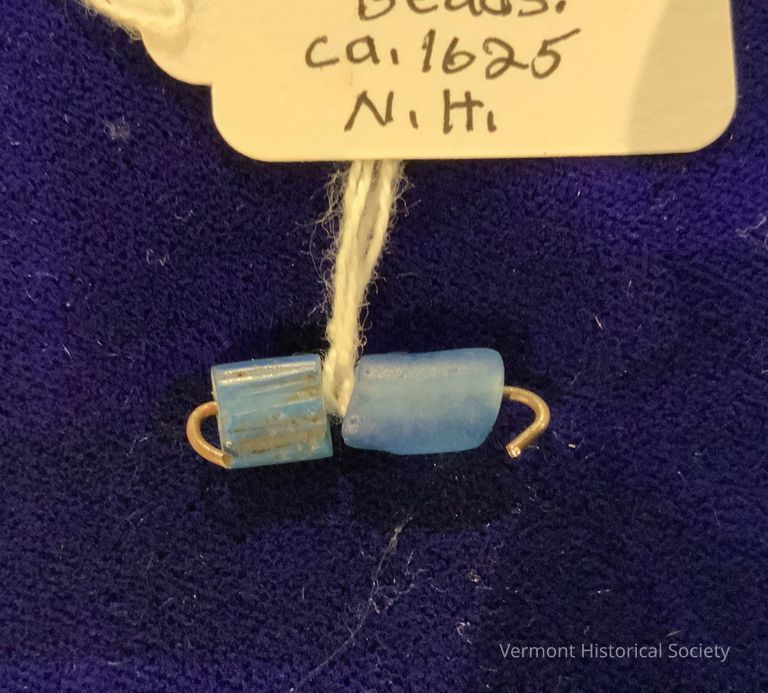
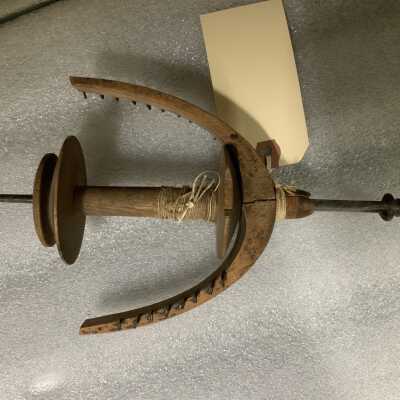
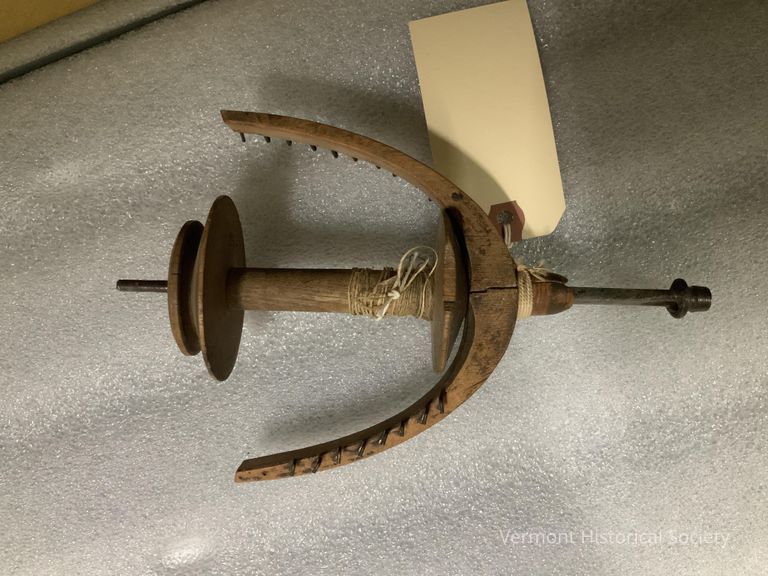
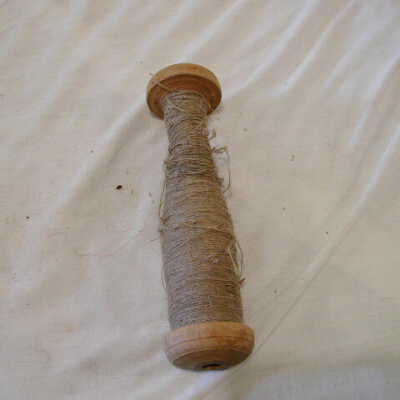
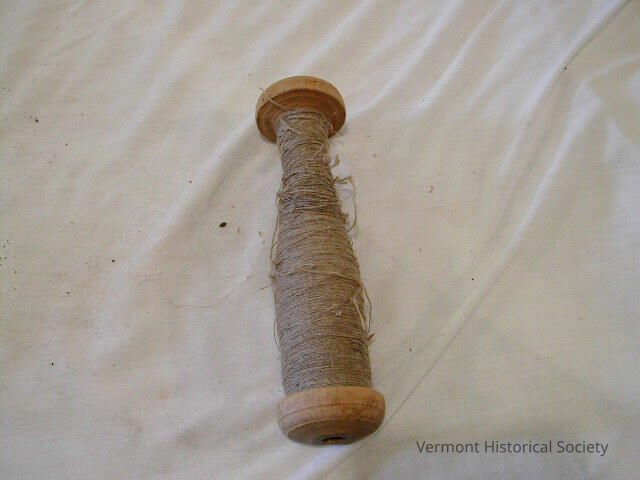
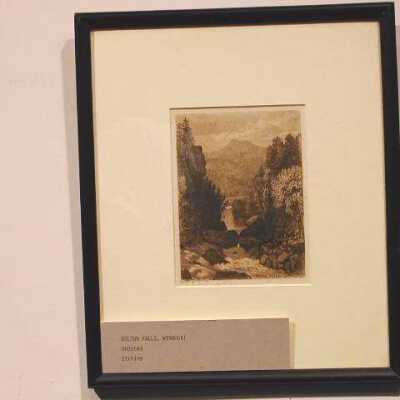
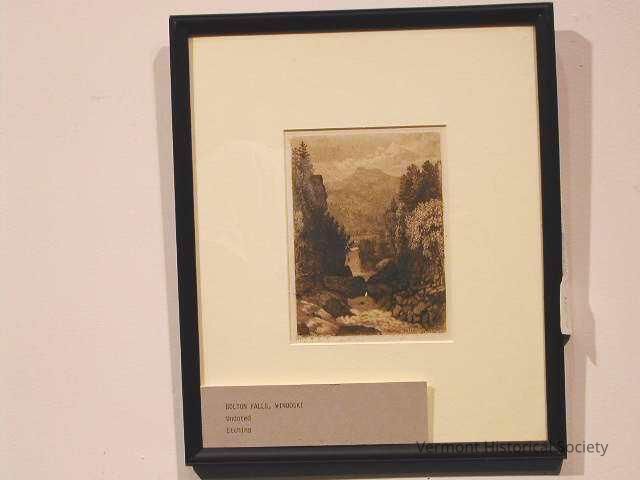
By the late 1860s he evidently made his living as an itinerant artist, often depicting the farm landscape and/or portraits of those providing him with room and board. Works remain of farms and people in Chelmsford, Groton, and Billerica, MA.
In 1872 he arrived in Barre, Vermont, a tall man with red hair and a distinctive red beard. He spent over twenty years in the general vicinity of Barre, Montpelier, Plainfield, and Calais. Most of the time was spent boarding with various farm families, though he did open a studio and school in Montpelier for a time.
At some point in the late 1880s he joined the Church of Christian Scientists and became acquainted with church founder Mary Baker Eddy. From 1889 to 1891 he boarded at the Perrin farm in Berlin. He supposedly fell in love with Mary Perrin, a daughter in the household. Her father decline to let the couple married due to Gilman's occupation as an itinerant painter and his newfound religion. His diary indicates this composition was made during a trip he and Mary took to Bolton.
He ultimately sold all of his works and the contents of his studio, some say in reaction to this lost love, and moved back to Massachusetts in 1891. He famously illustrated a poem entitled "Christ and Christmas" by Eddy.
The last decade of his life was spent in Athol, MA were he lived on the edge of poverty, passing away in 1929. Mary Perrin remained on the family farm, never married and died at the age of 72 in 1932.
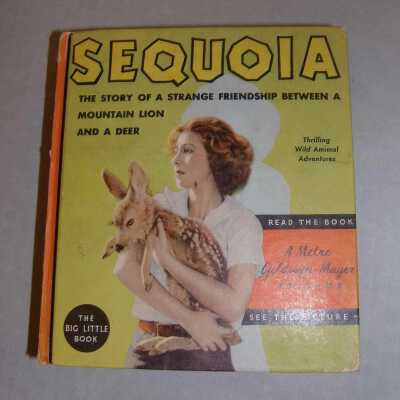
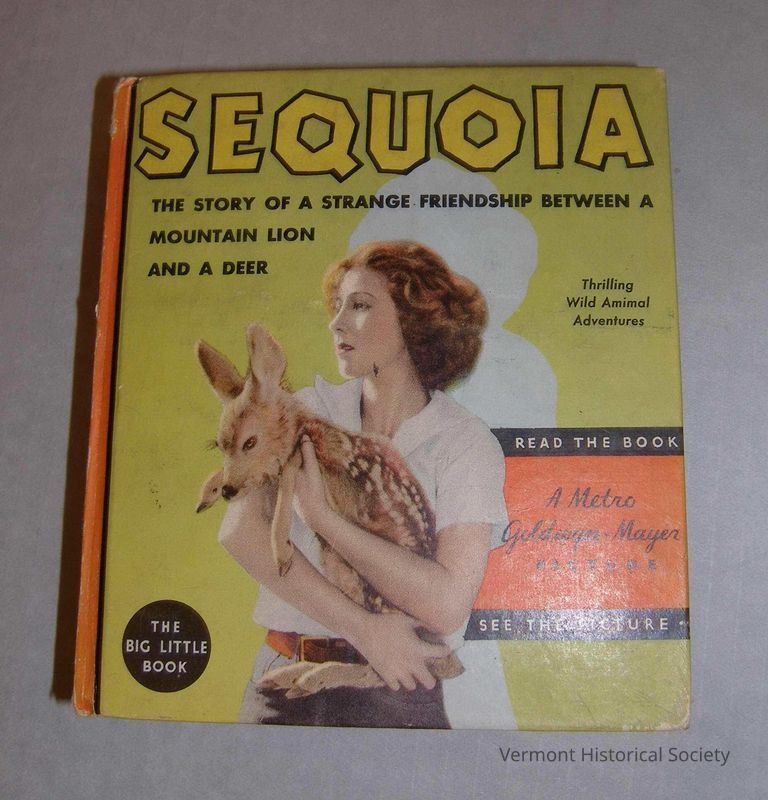
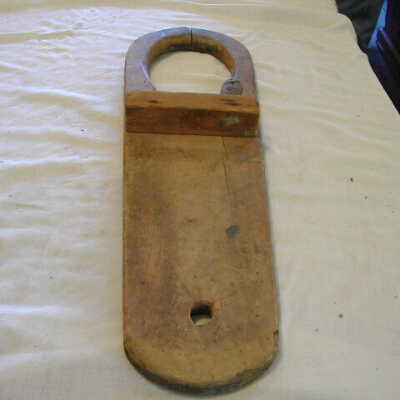
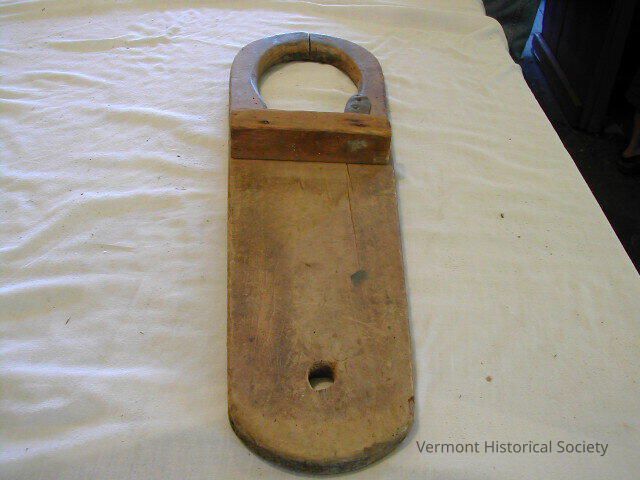
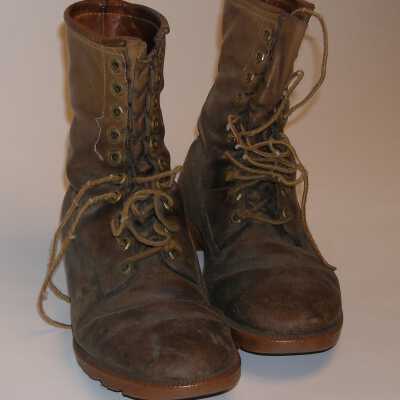
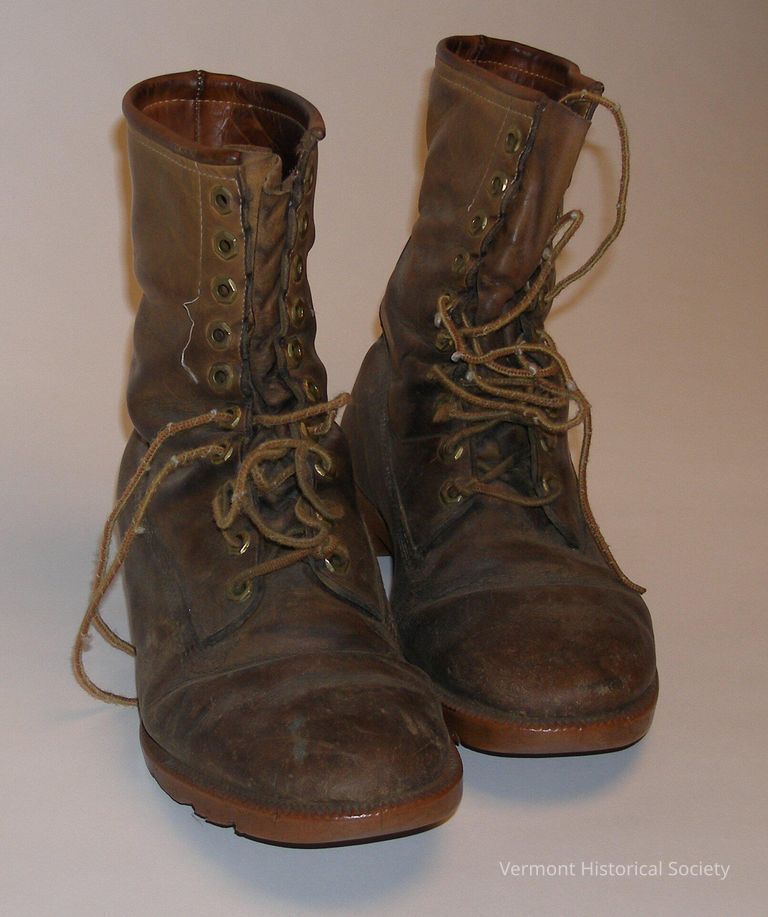
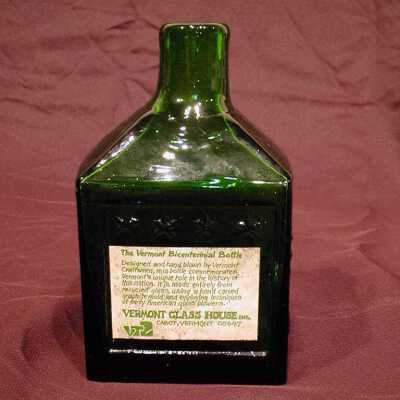
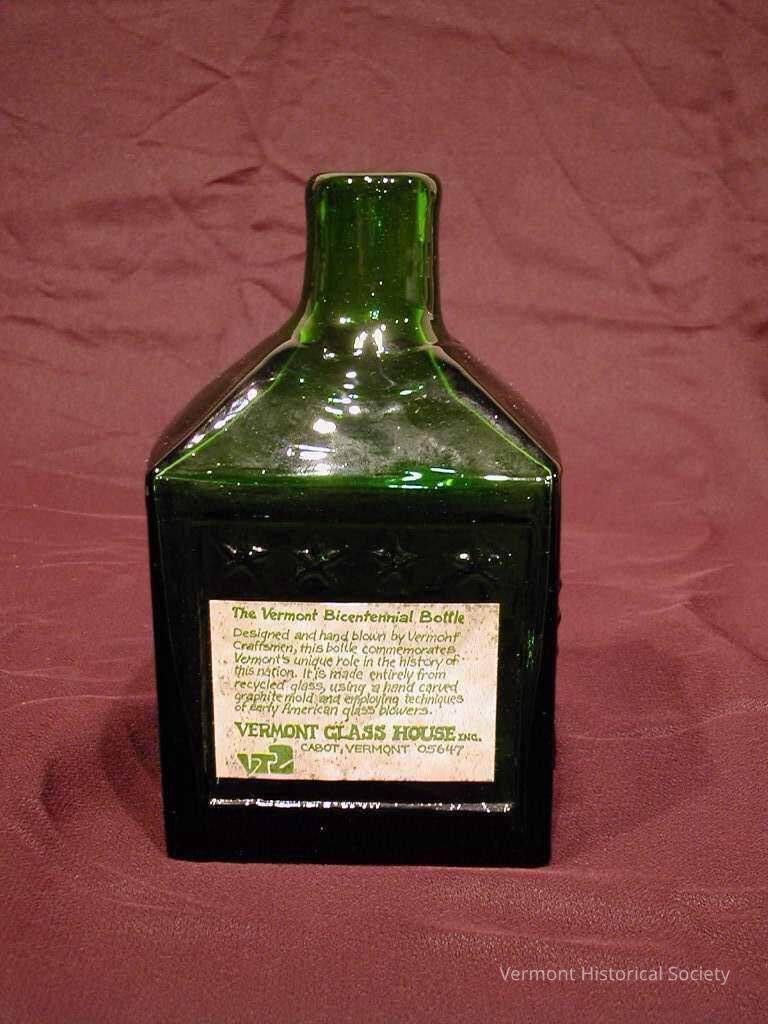
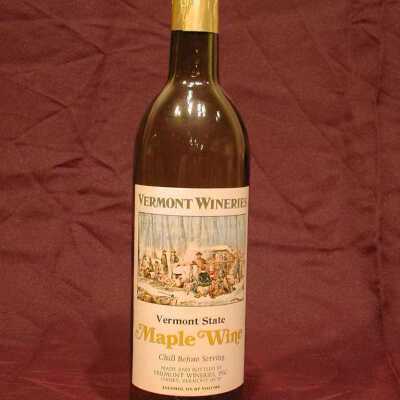
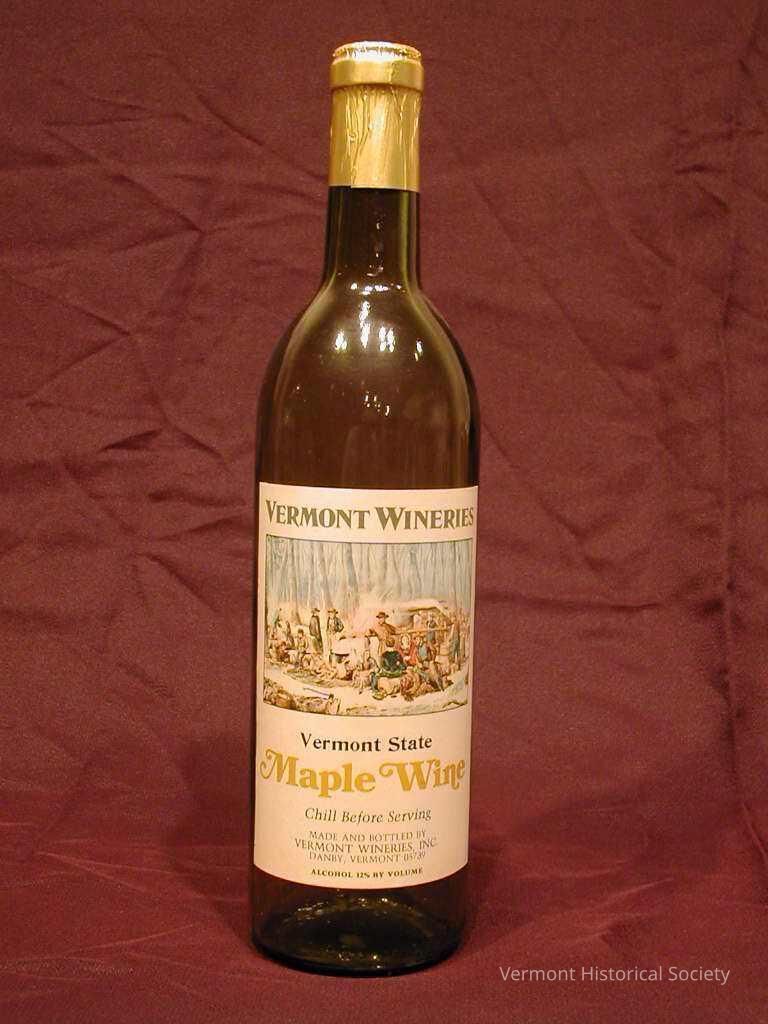

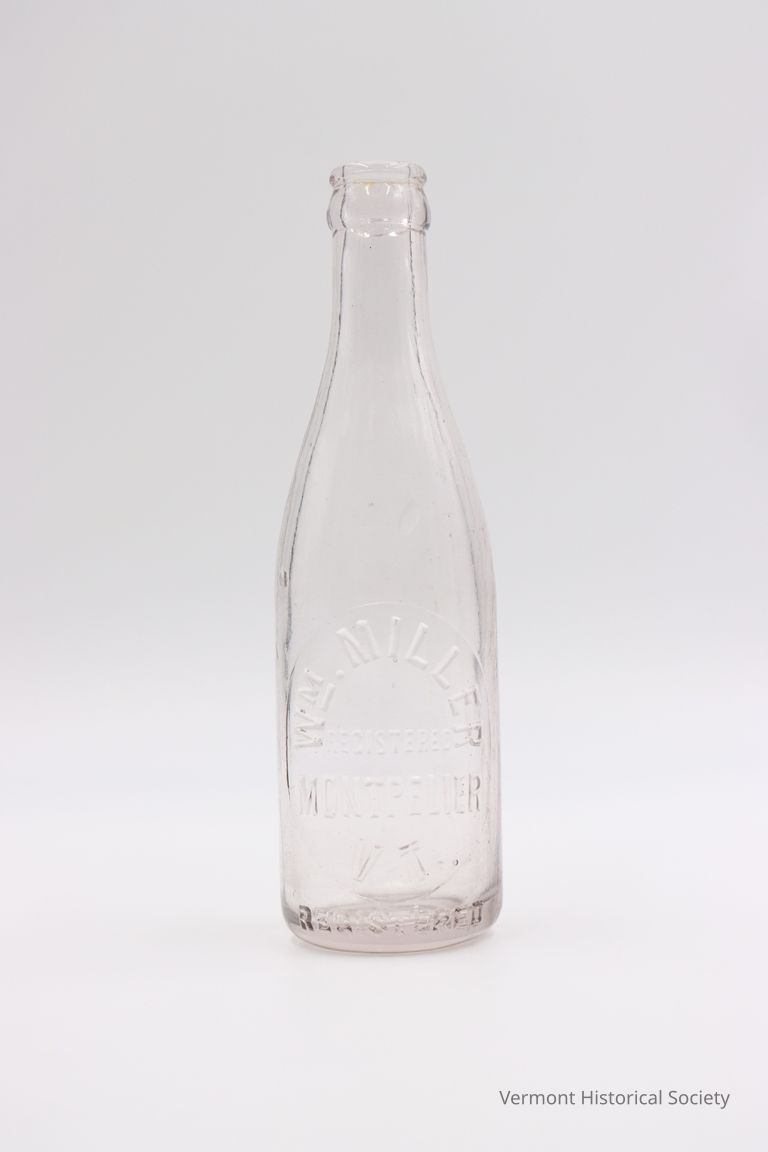

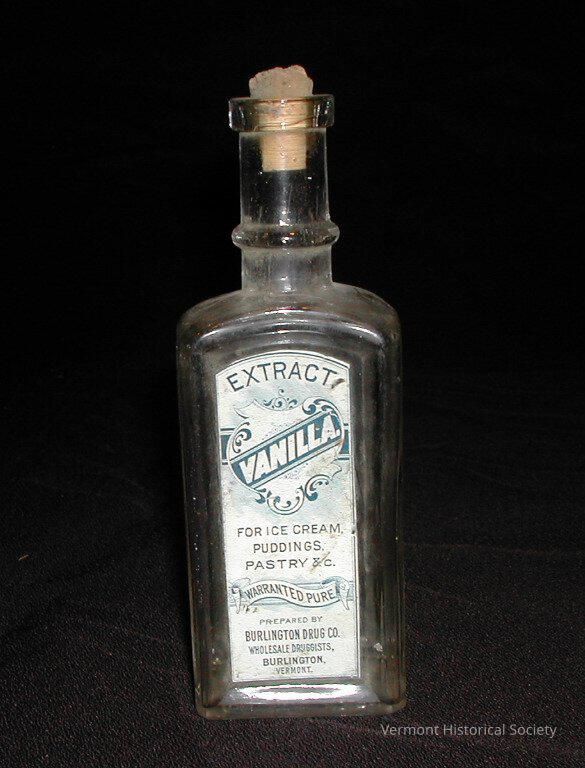
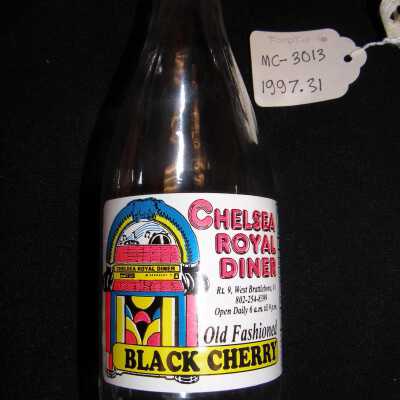
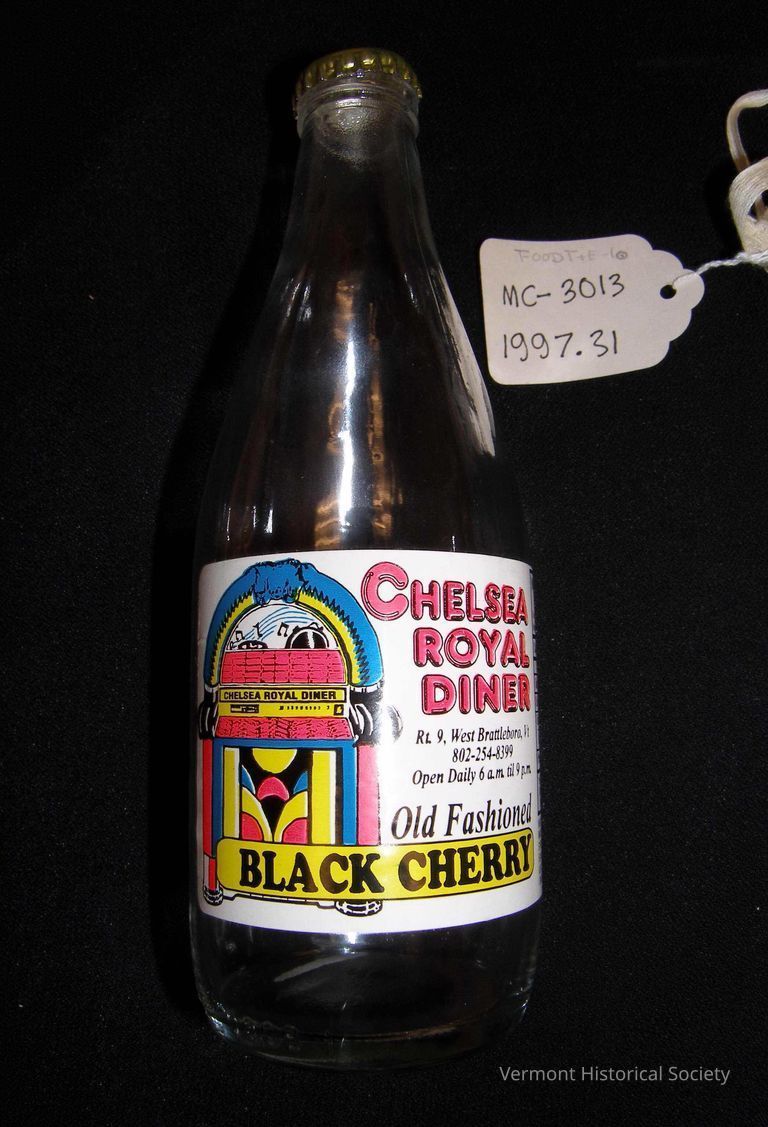
clear
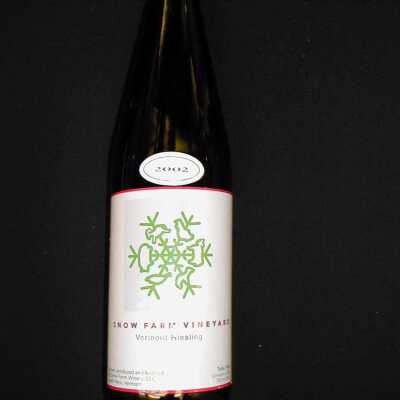
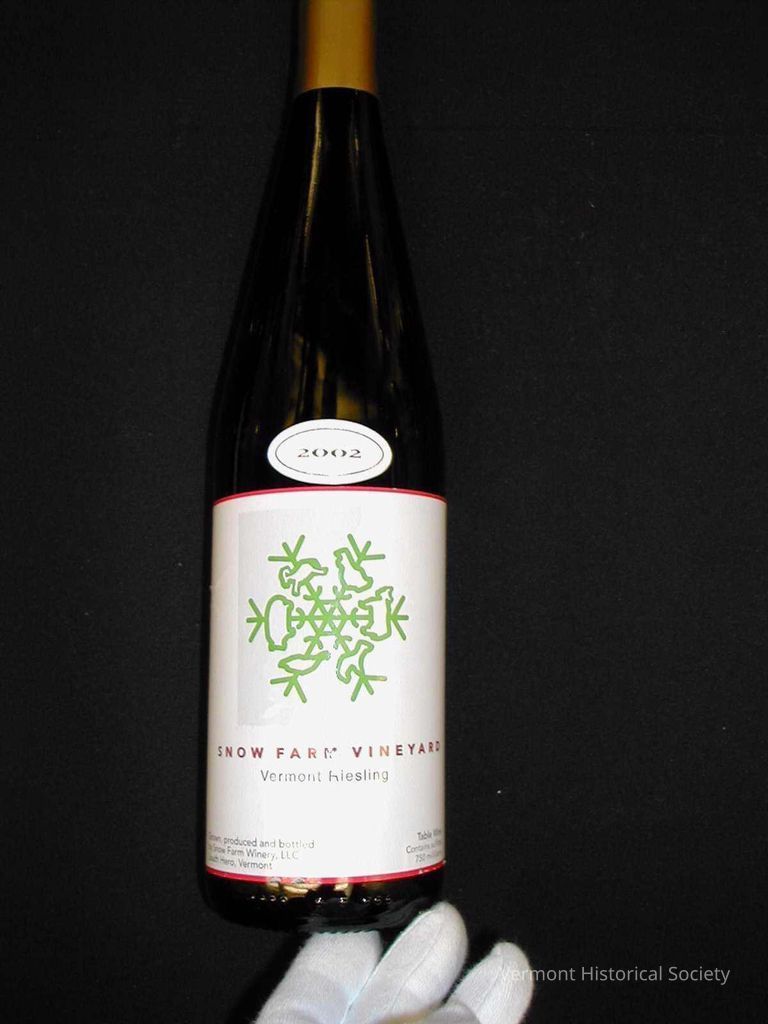
Wine bottle made of green glass- label is white with a stylized snowflake central that is superimposed over the profile of the state of VT. Each "arm" of the snowflake is an amimal shape. Below snowflake reads: "SNOW FARM WINERY / Vermont Reisling - (lower left corner)- Grown, produced and bottled/ by Snow Farm Winery, LLC/ South Hero, Vermont. (lower right corner) Table Wine/ Contains sulfites/ 750 milliters" Along edge is the wording from the "Government Warning...." Small oval label over main label reads: "2002"
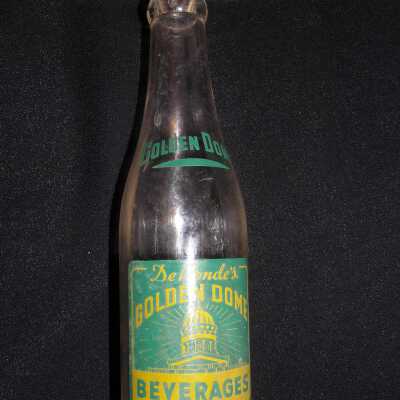
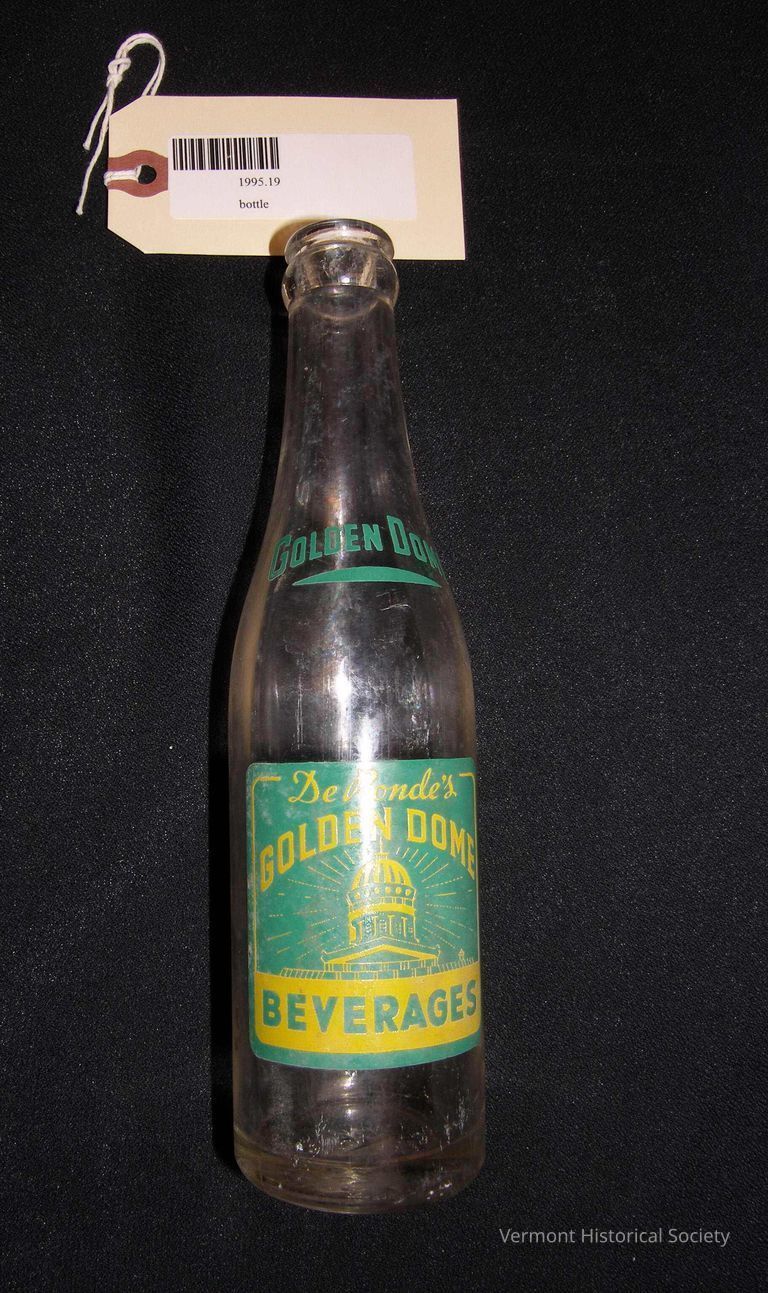
clear with green printing
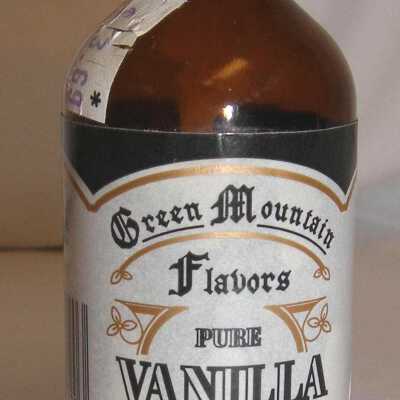
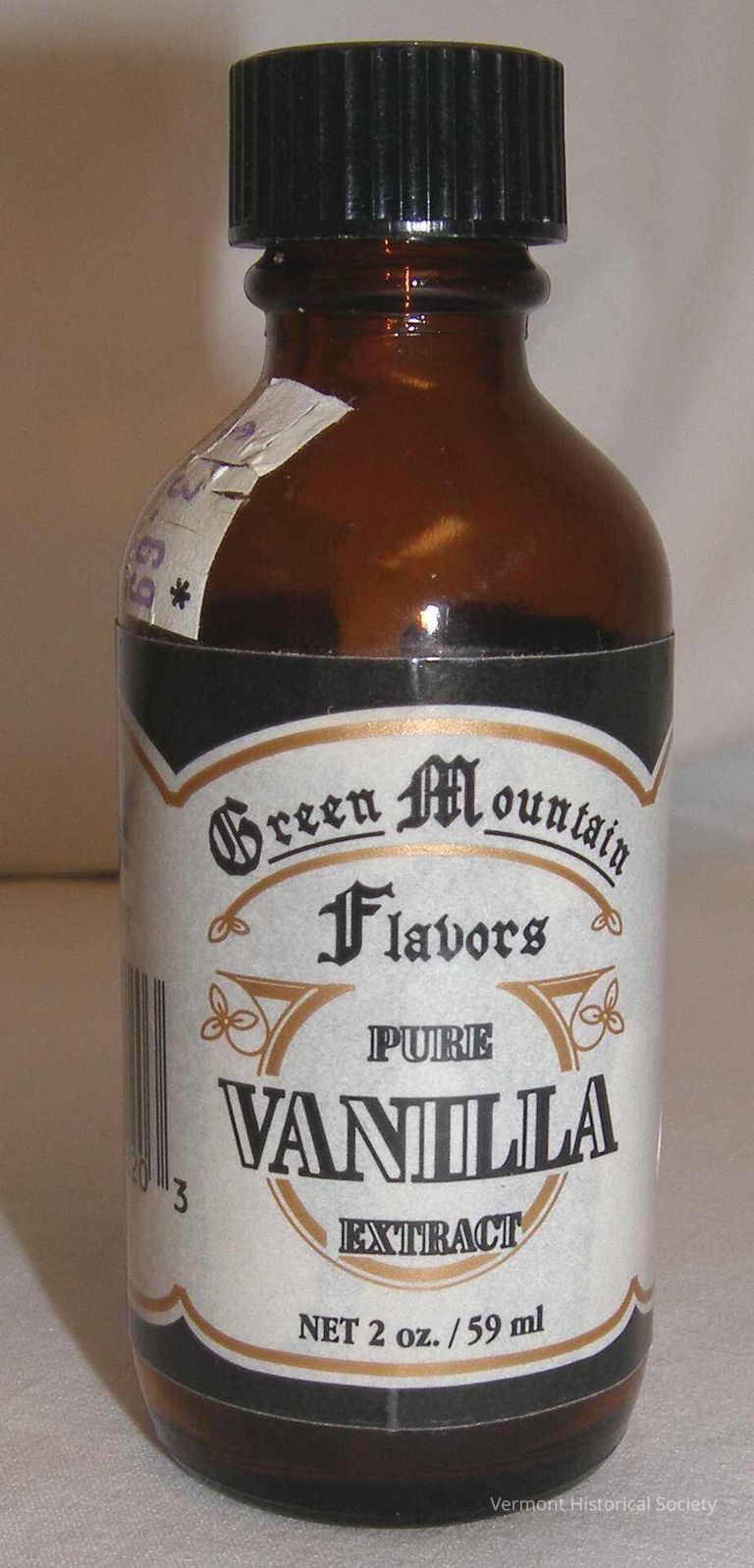
brown glass
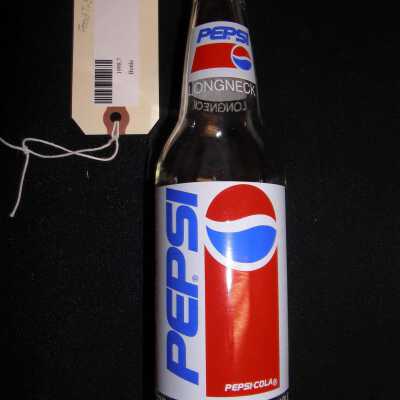
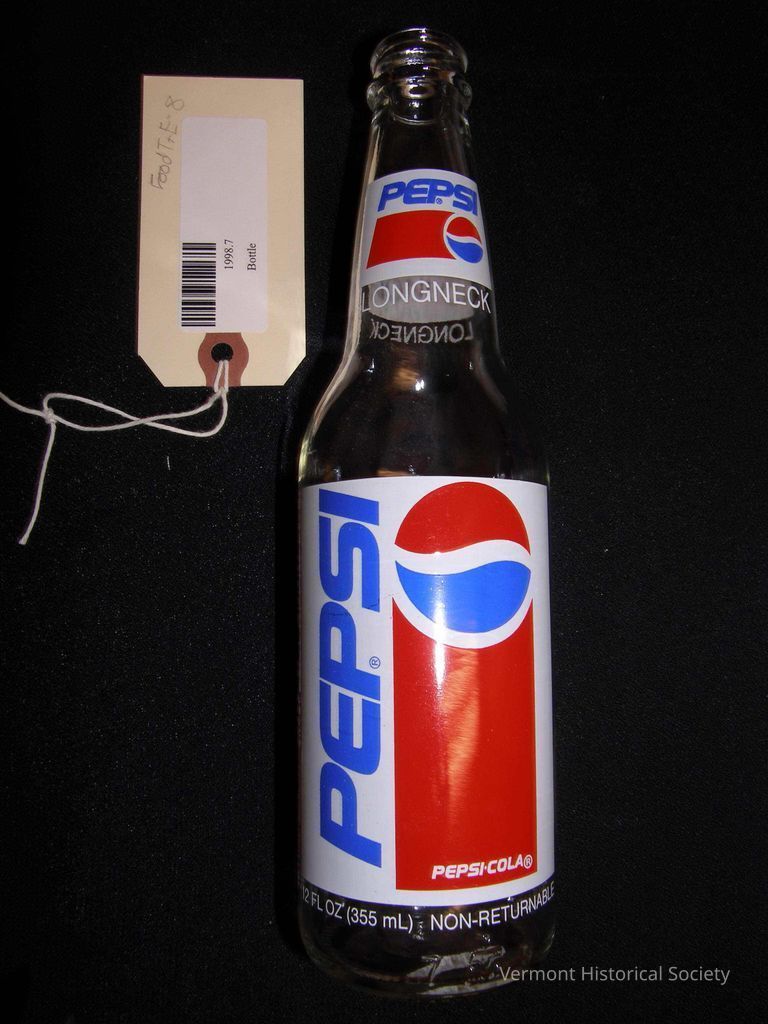
clear with red/white/blue
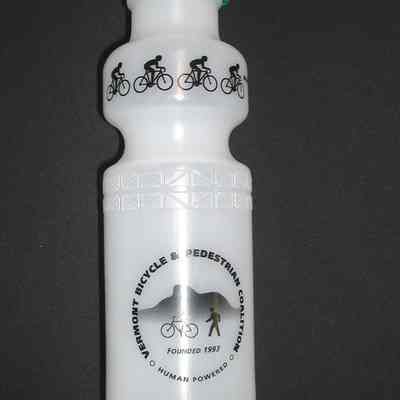
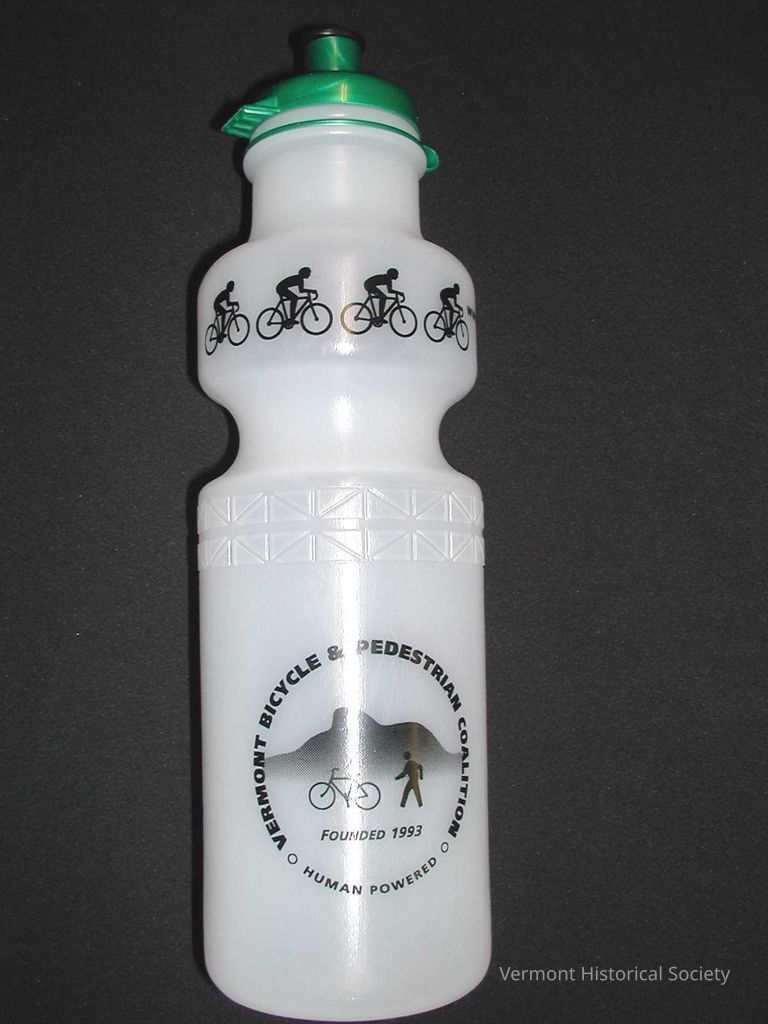
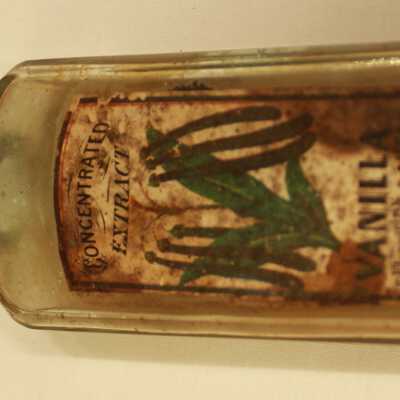
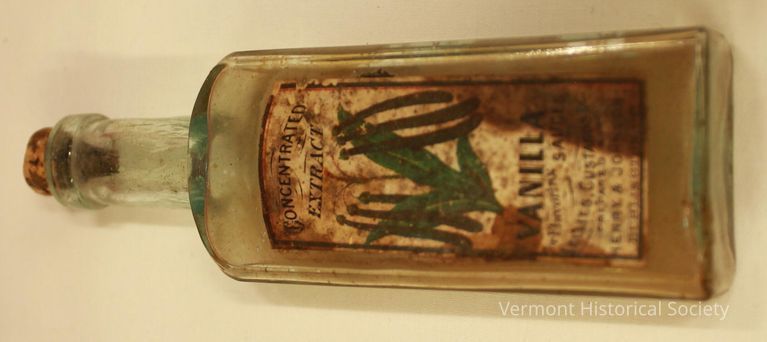
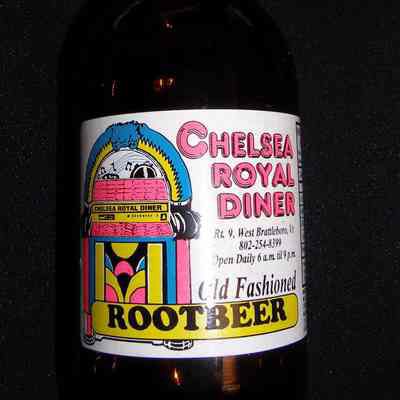
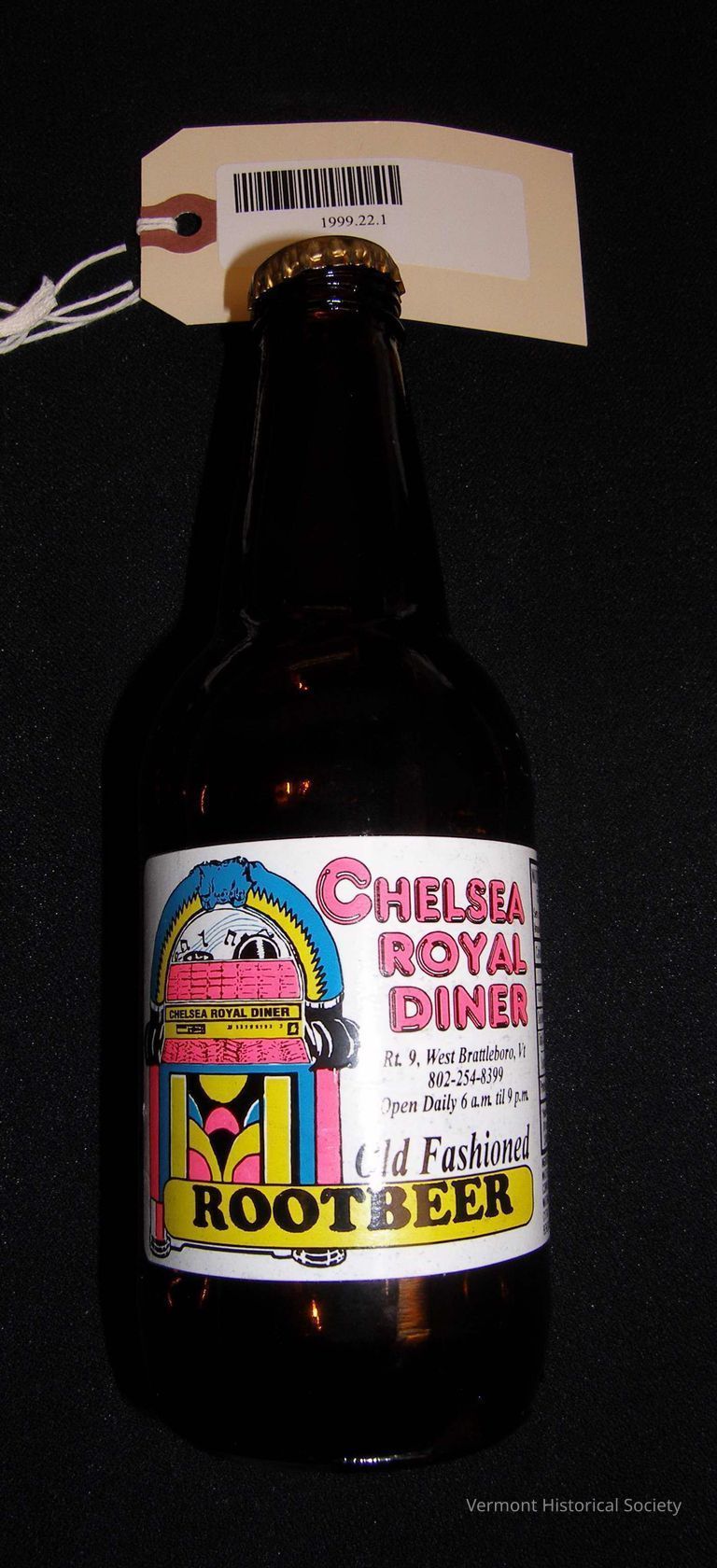

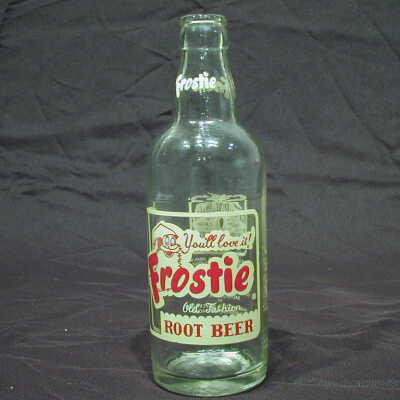
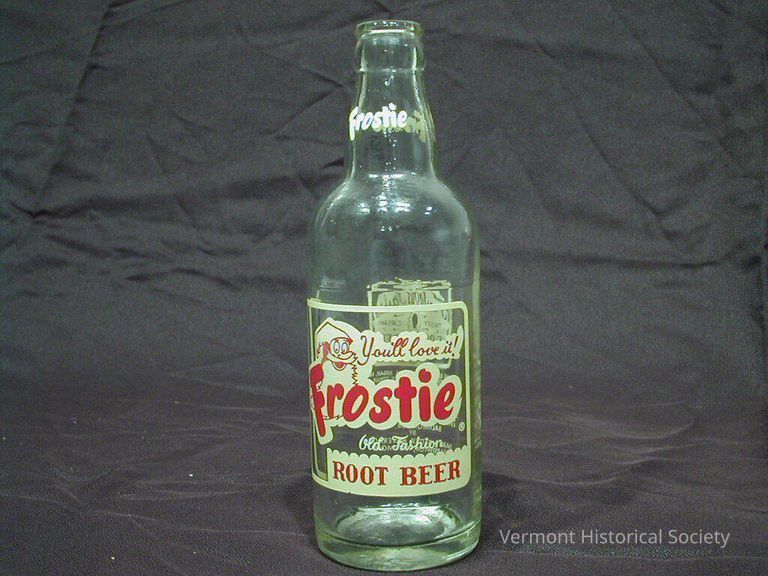

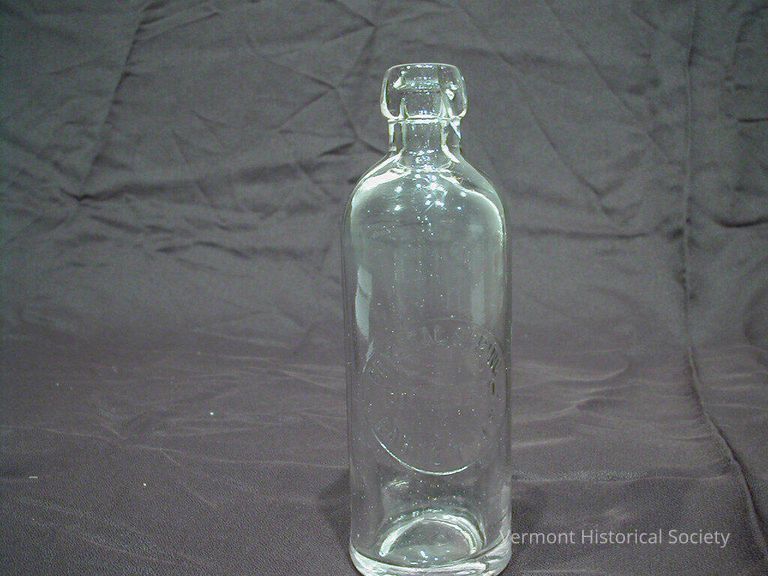
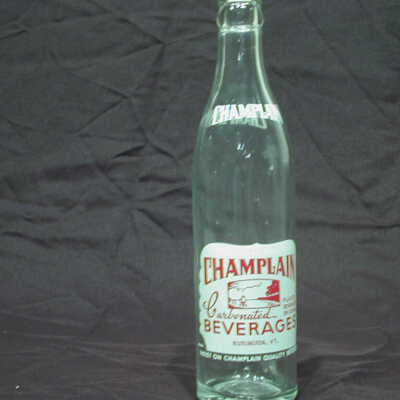
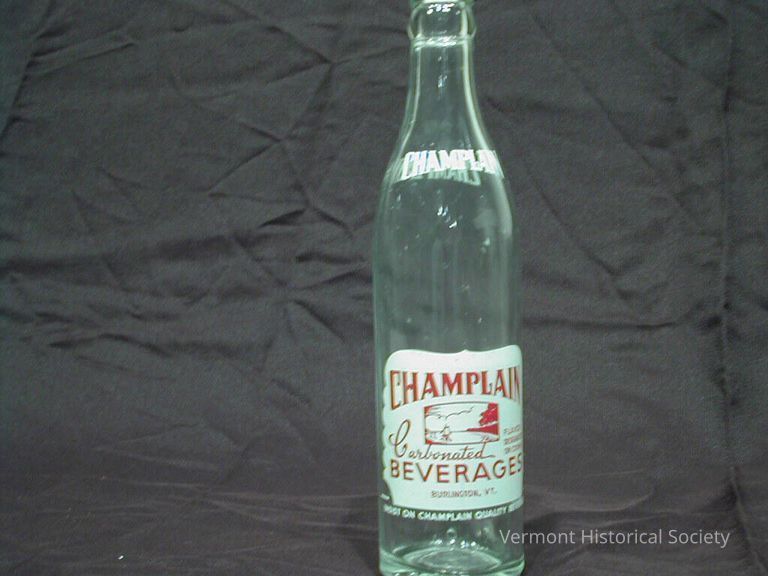
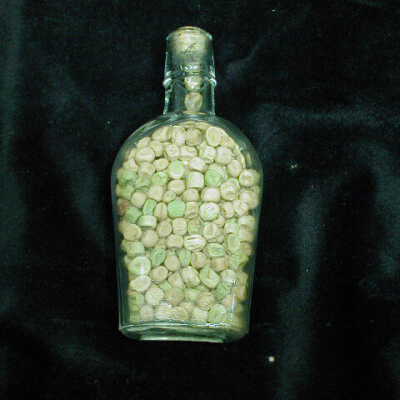
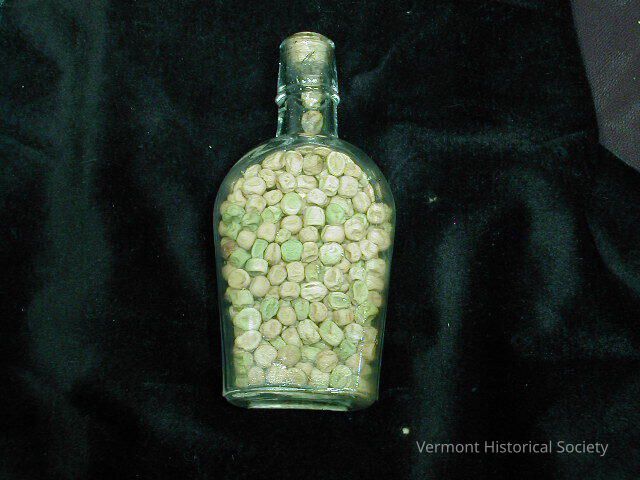
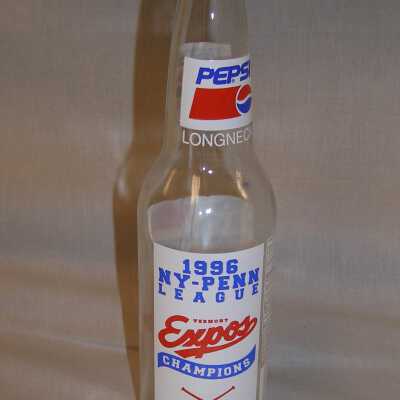
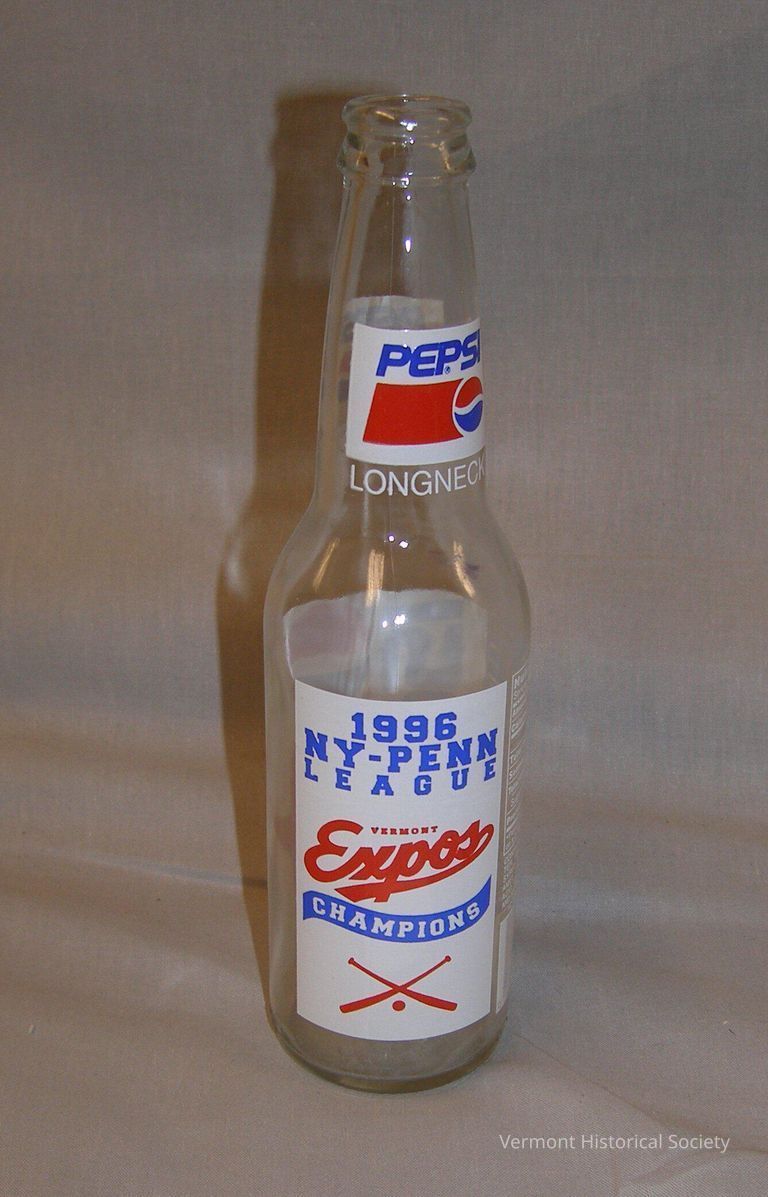
clear with red/white/blue
same as 1998.7
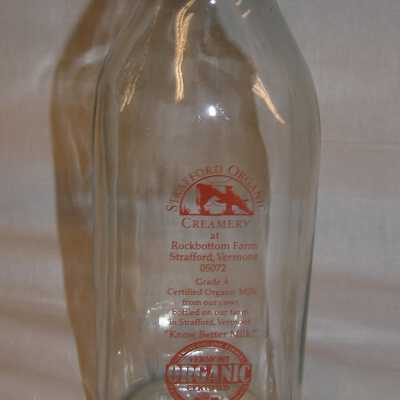
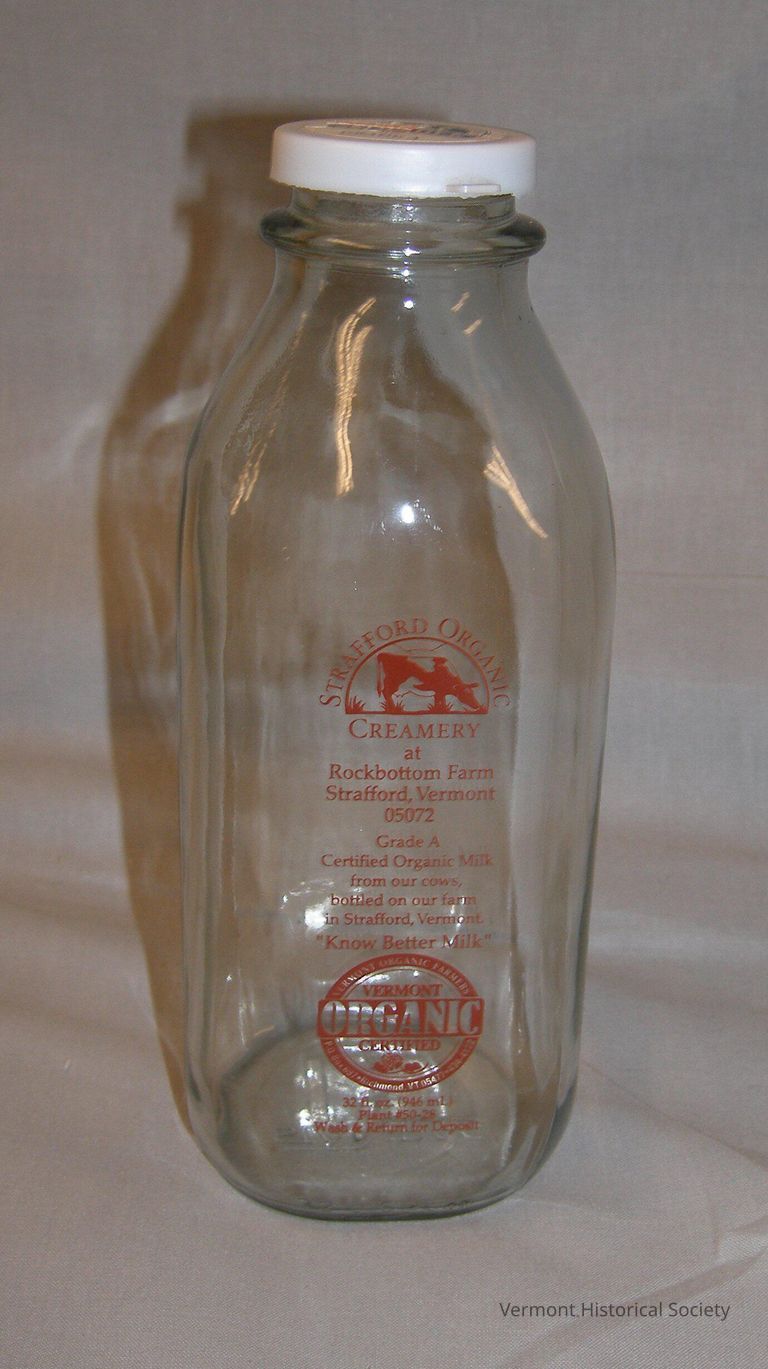
a= White plastic cap with black and white label with logo (a milk delivery man with horse drawn milk wagon). Also address, "SKIM MILK", weight, and "Grade A". Label is partly obscured by a store "dairy" label.
b= 32 fl. oz. bottle has imprinted on one side in dark red lettering "STAFFORD ORGANIC CREAMERY at Rockbottom Farm, Stafford, Vermont 05072/ Grade A/ Certified Organic Milk/ from our cows,/ bottled on our farm/ in Strafford, Vermont./ 'Know Better Milk'" Below is seal of "Vermont Organic Certified", 32 fl. oz/ Plant # 50-28" and at bottom: "Wash & Return for Deposit"
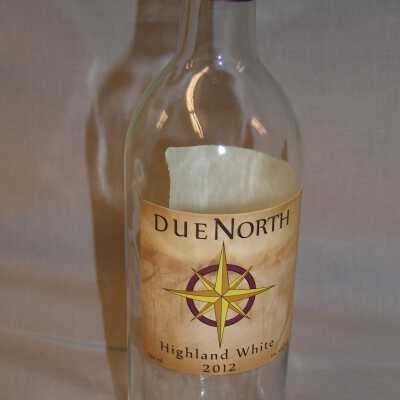
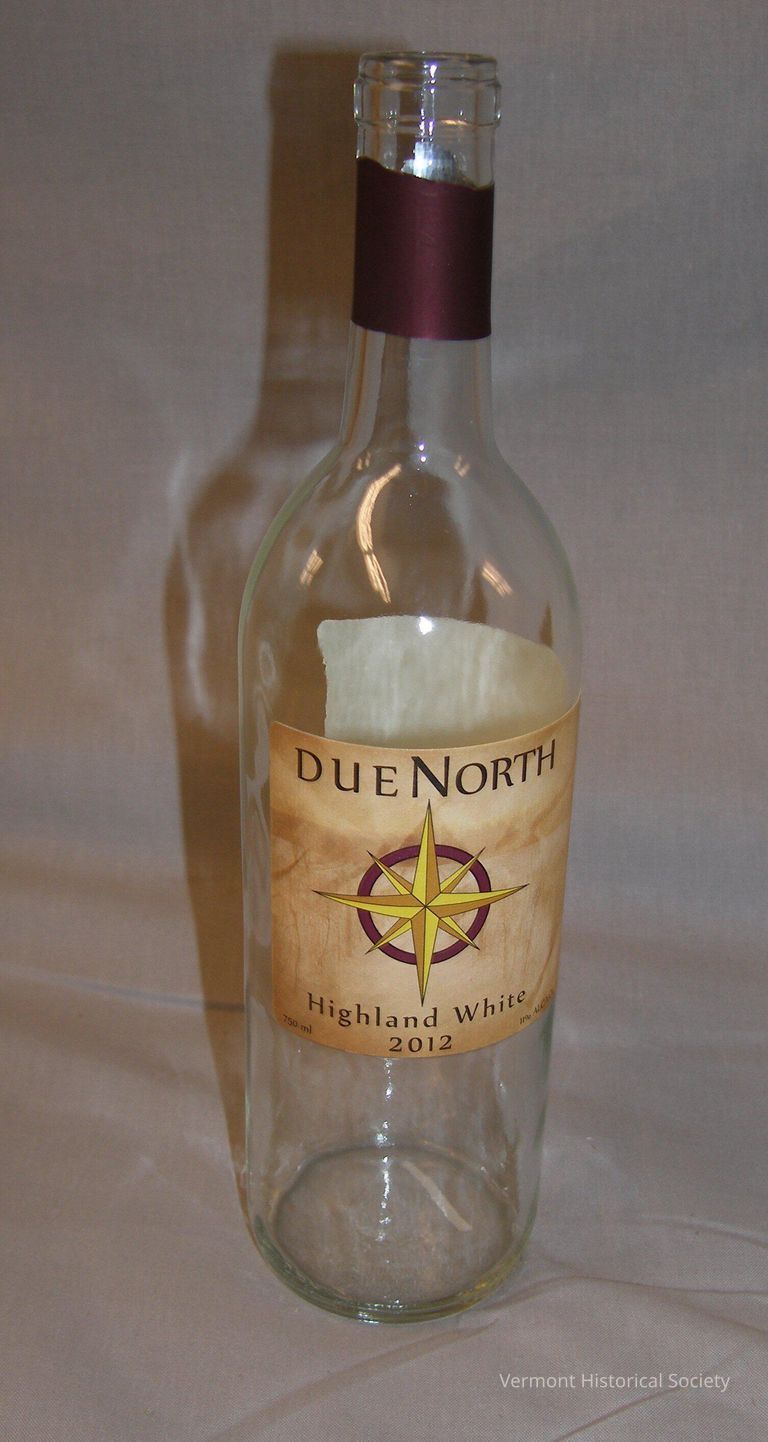
b= Cork
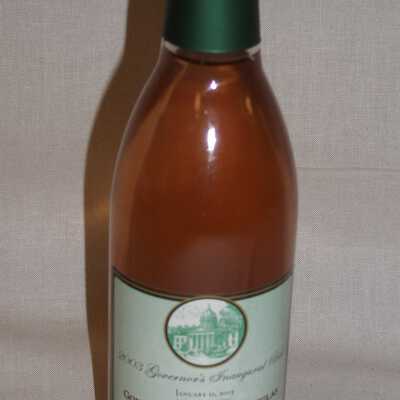
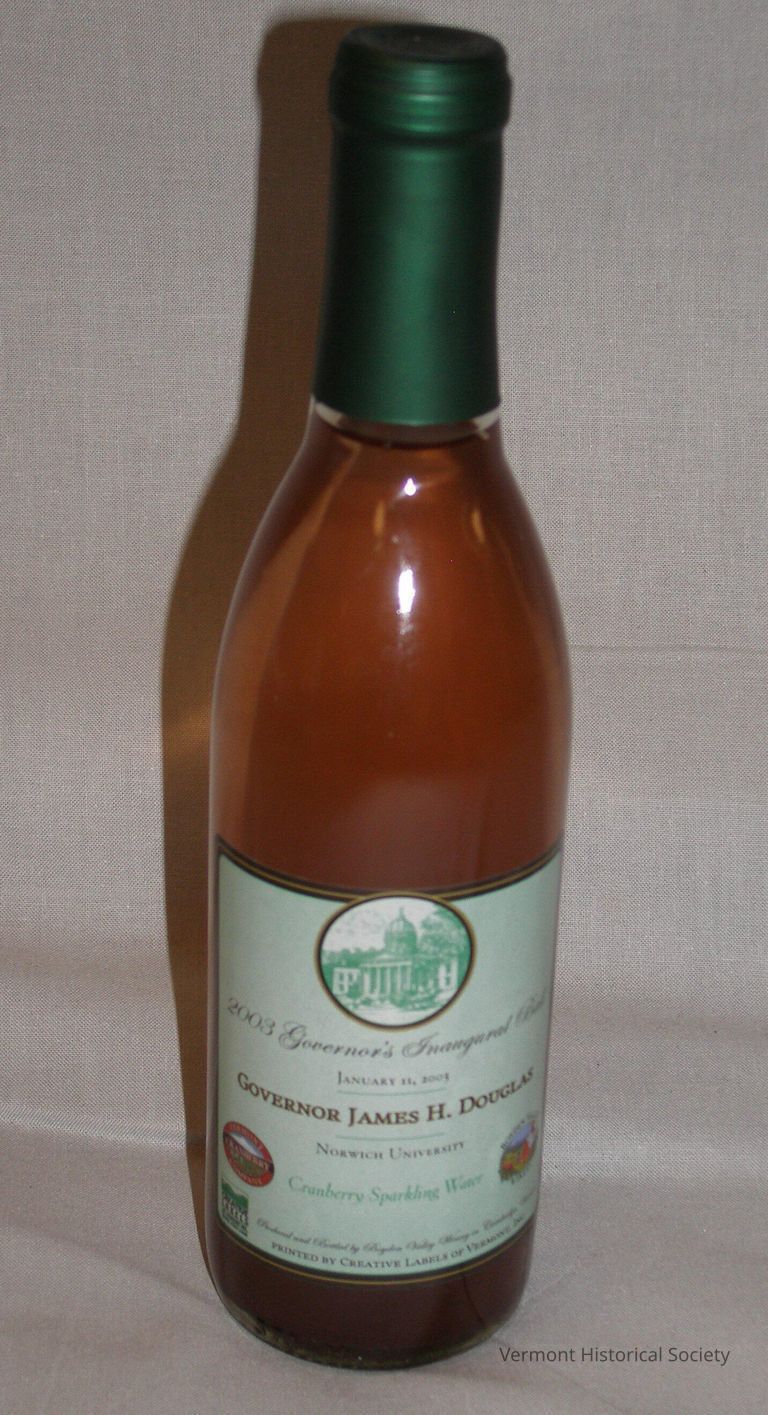
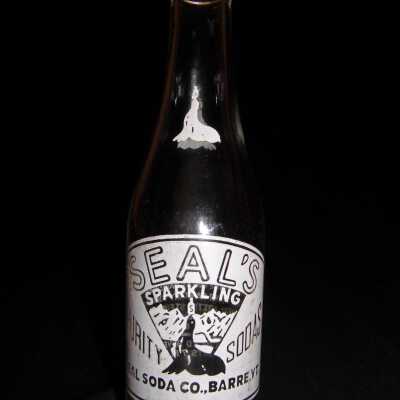
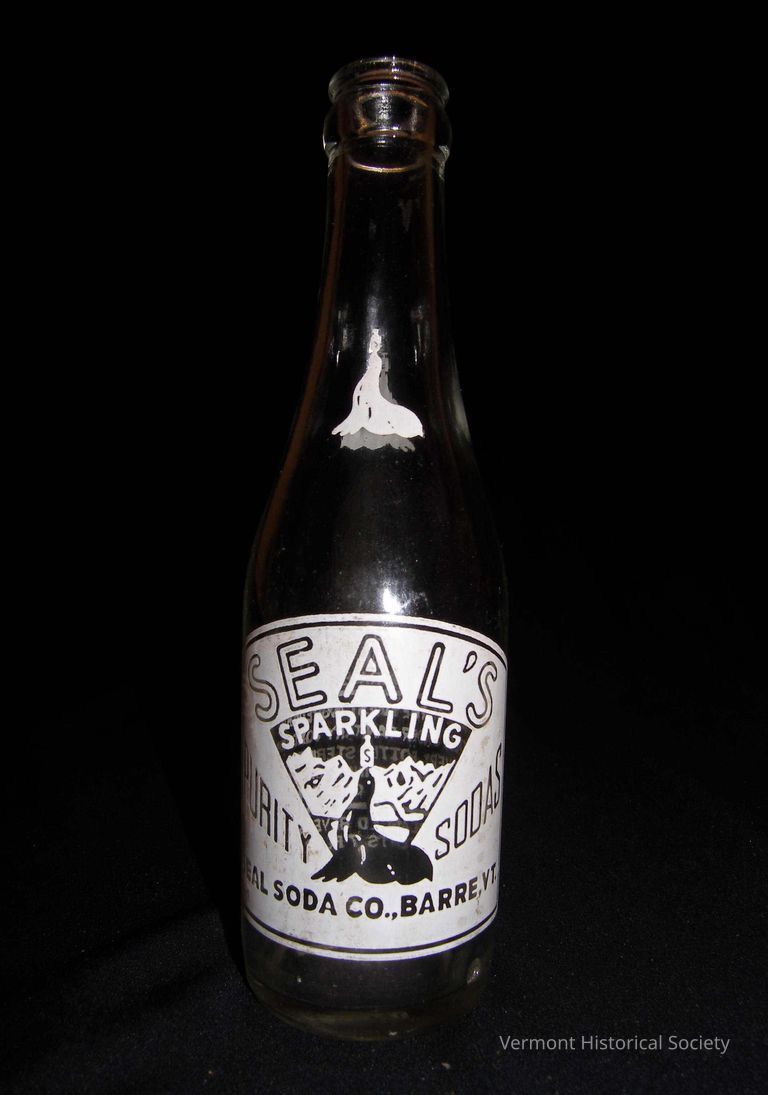

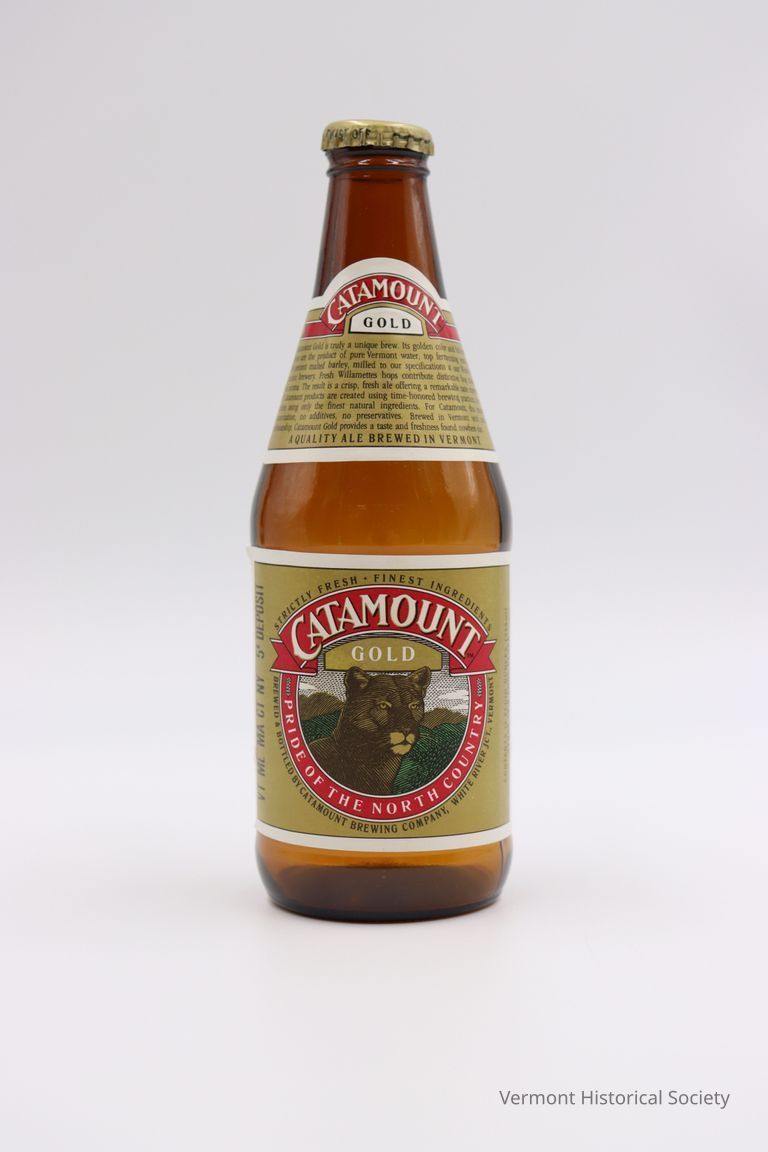
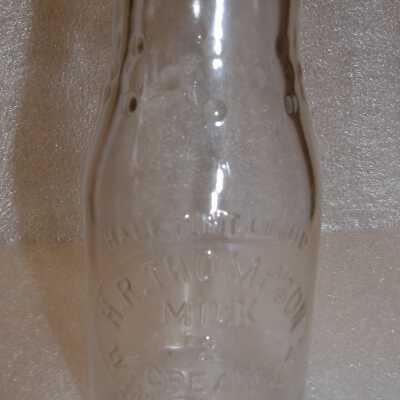
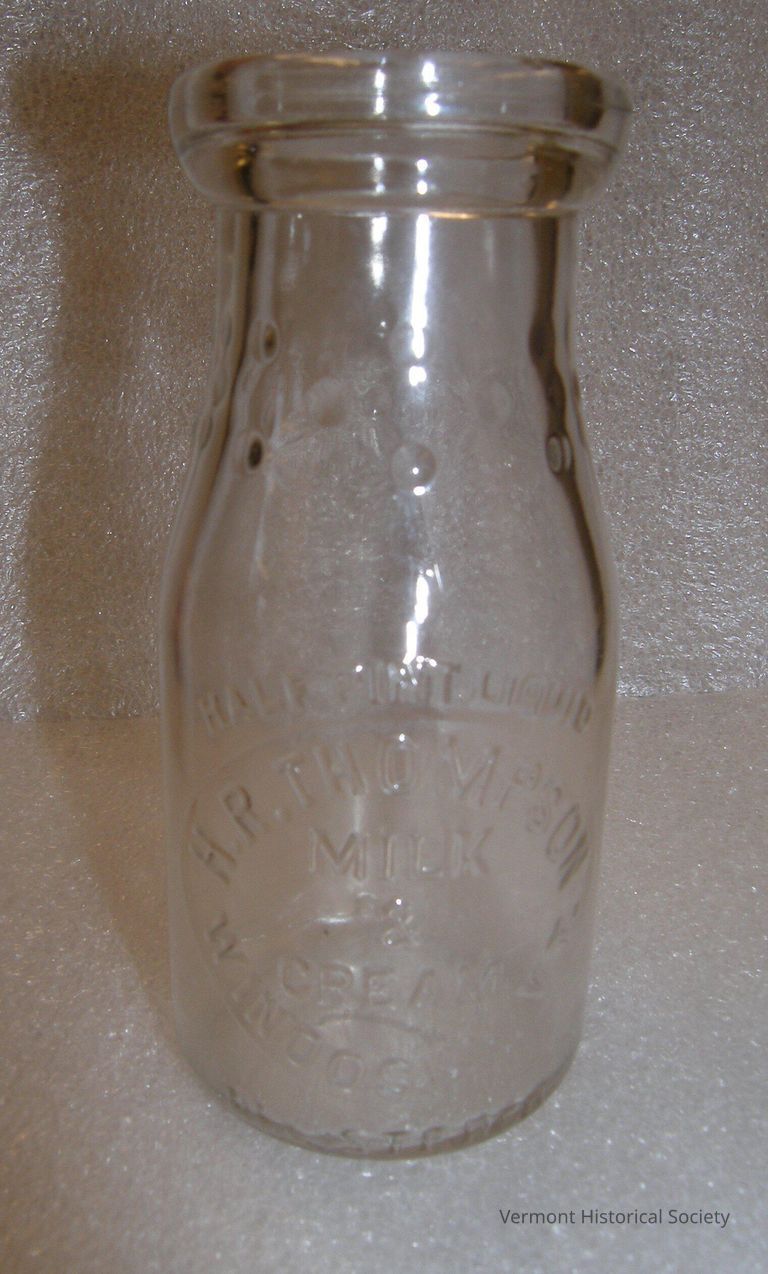
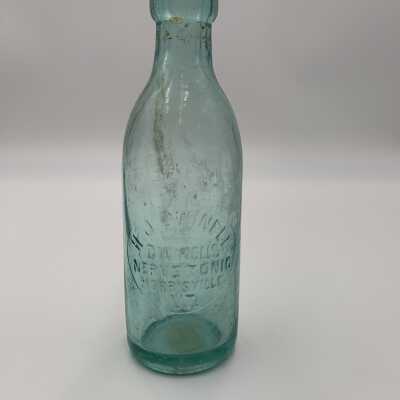
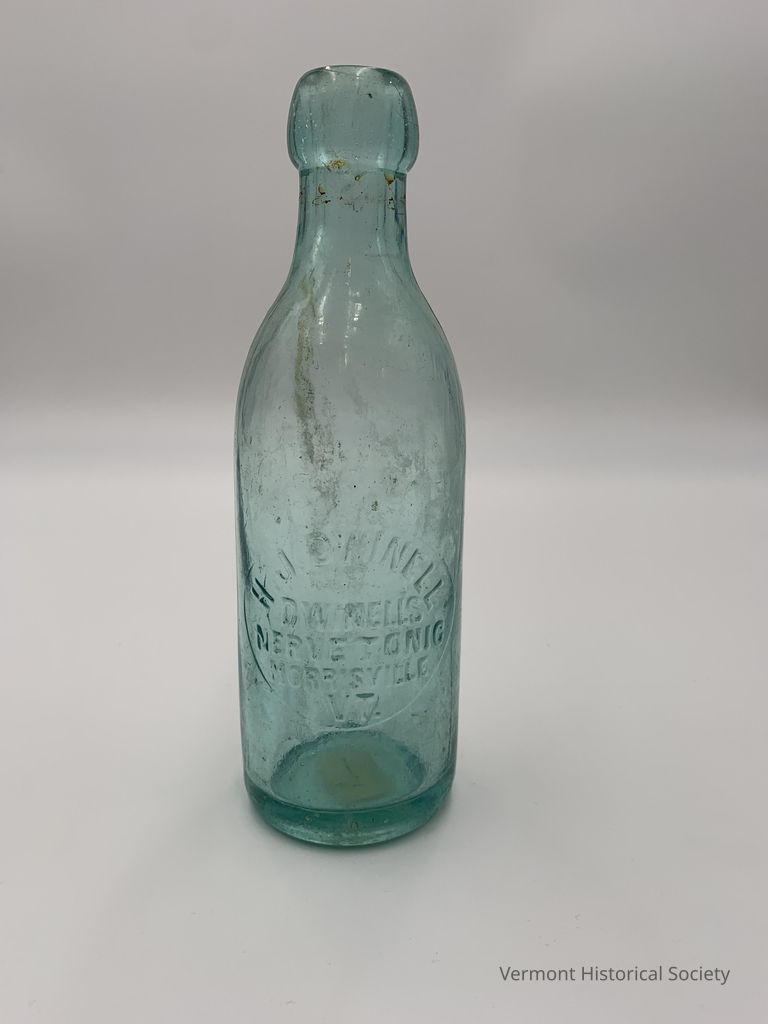
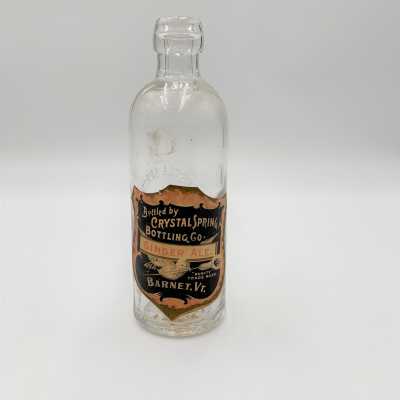
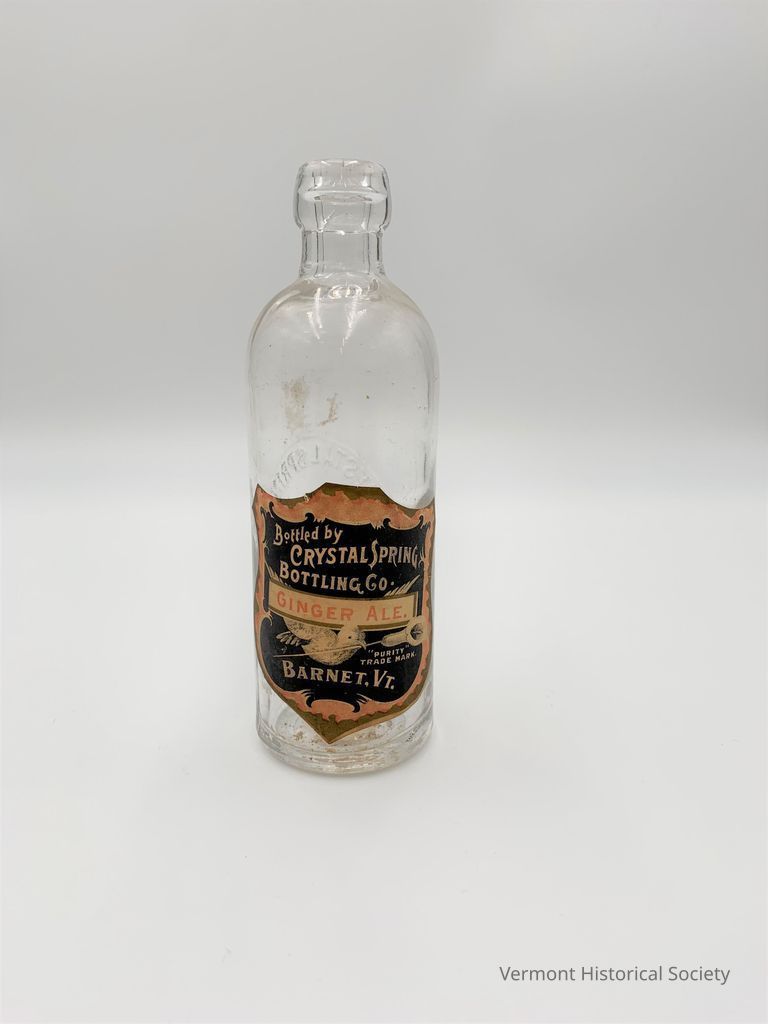
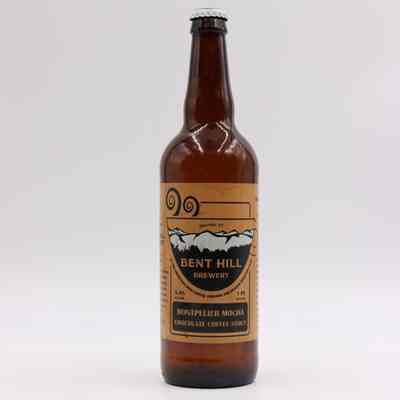
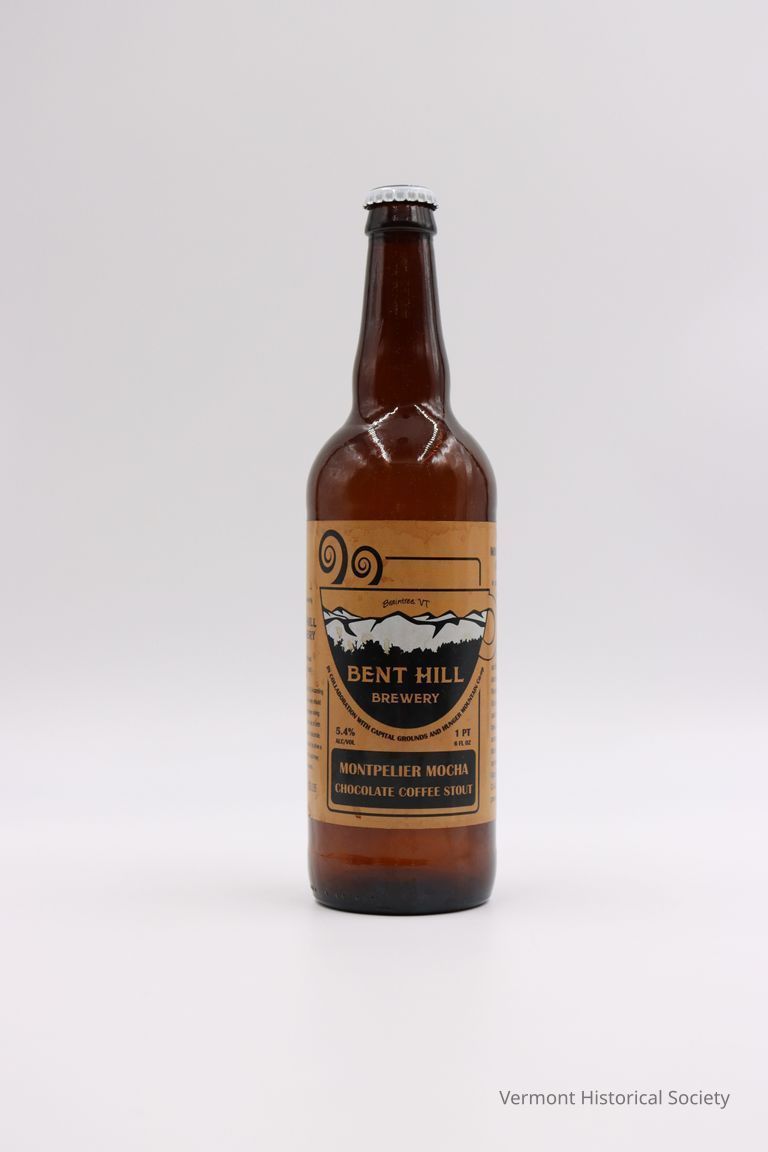
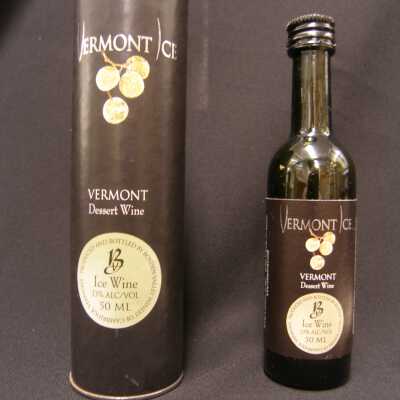
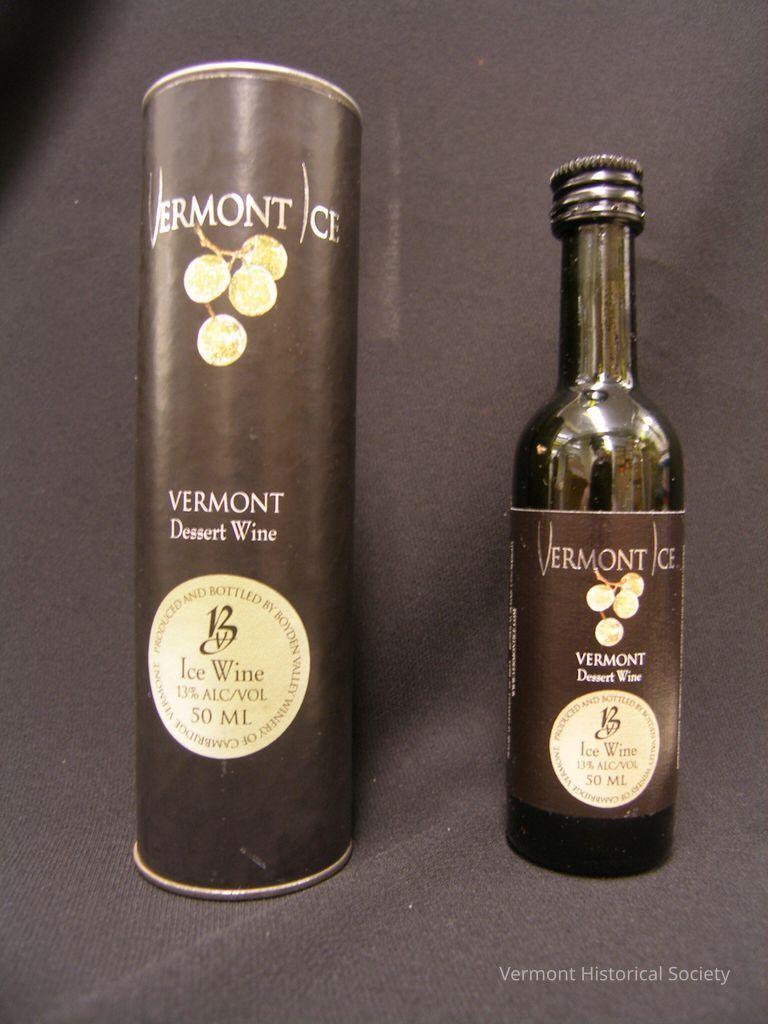
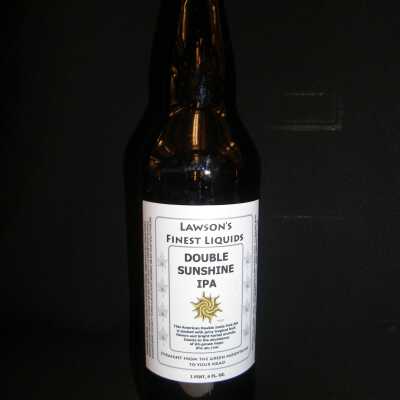
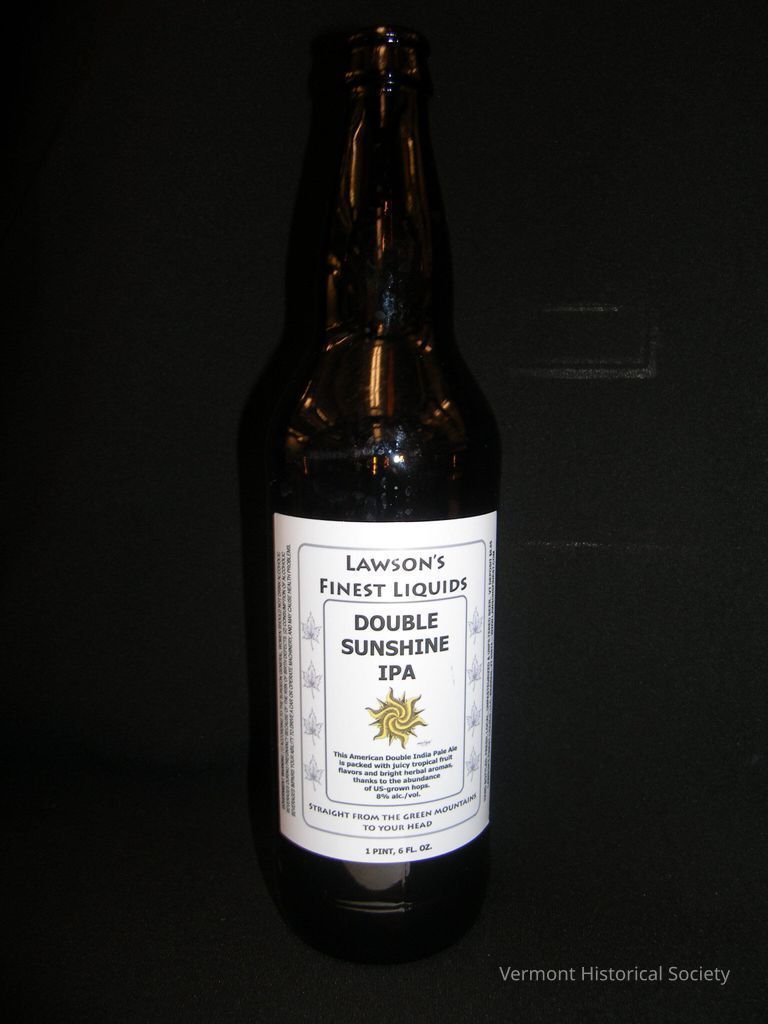
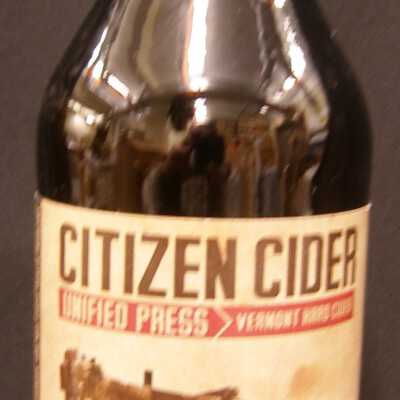

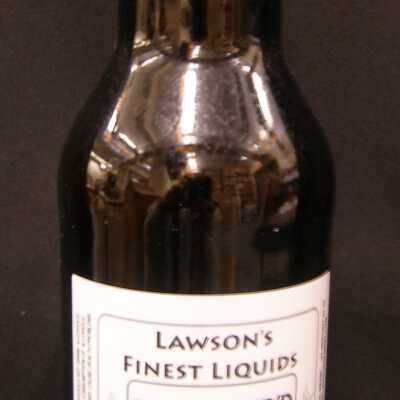
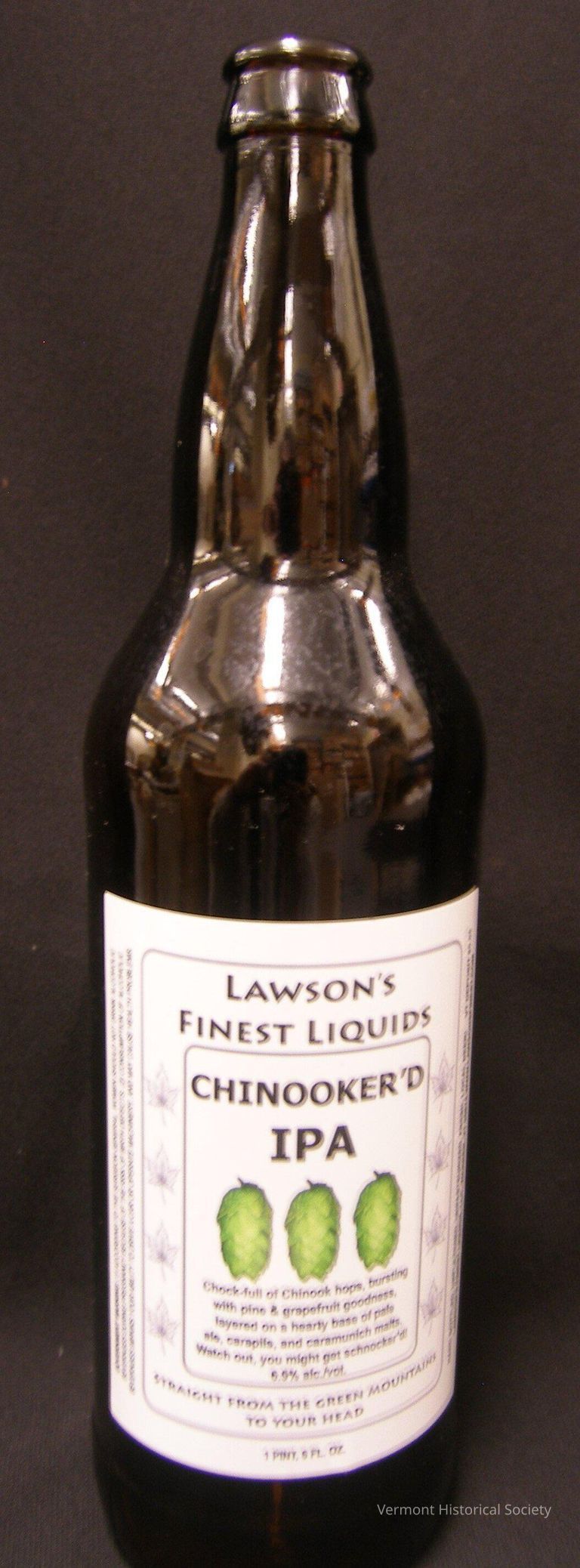
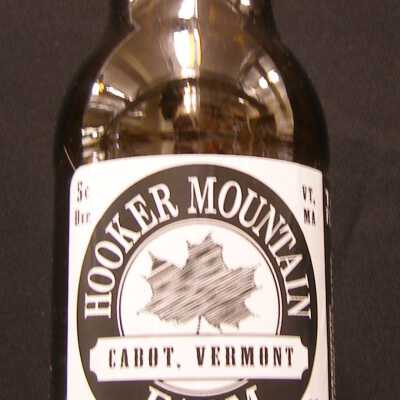
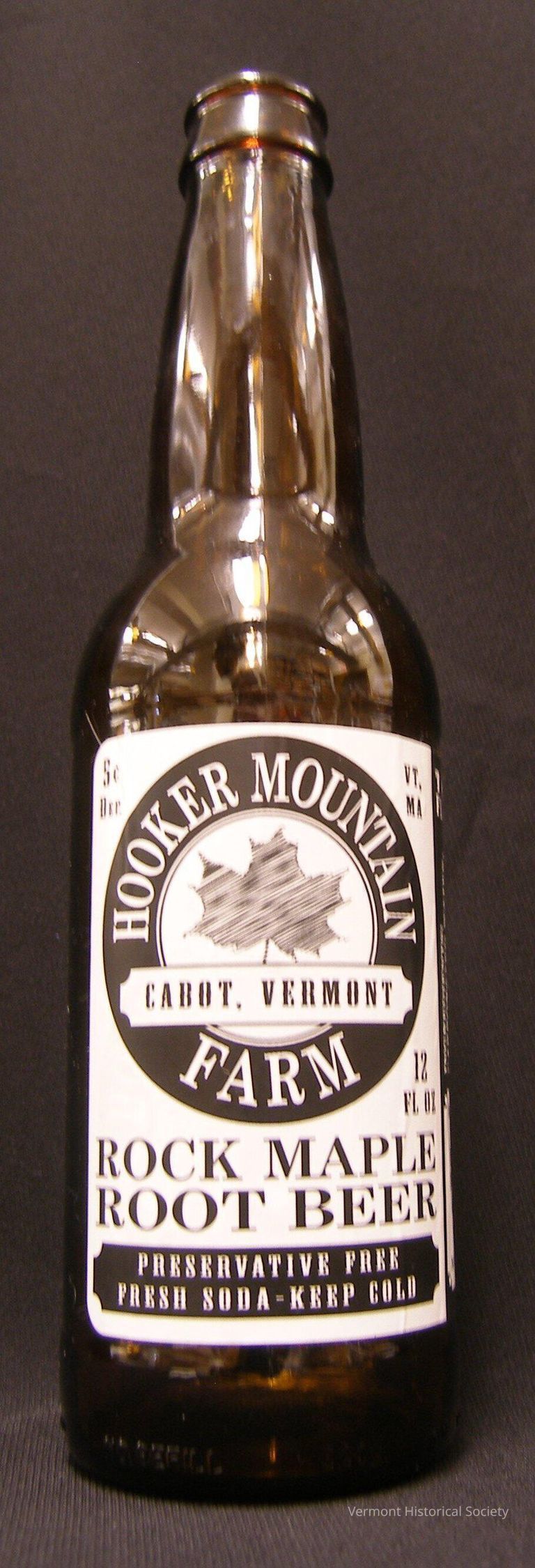
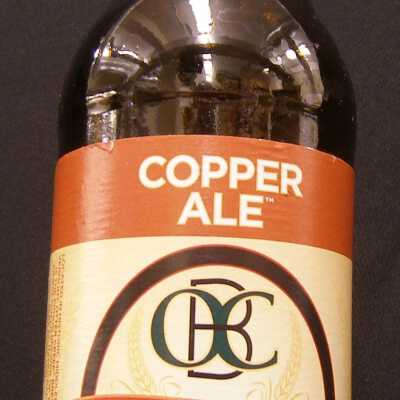
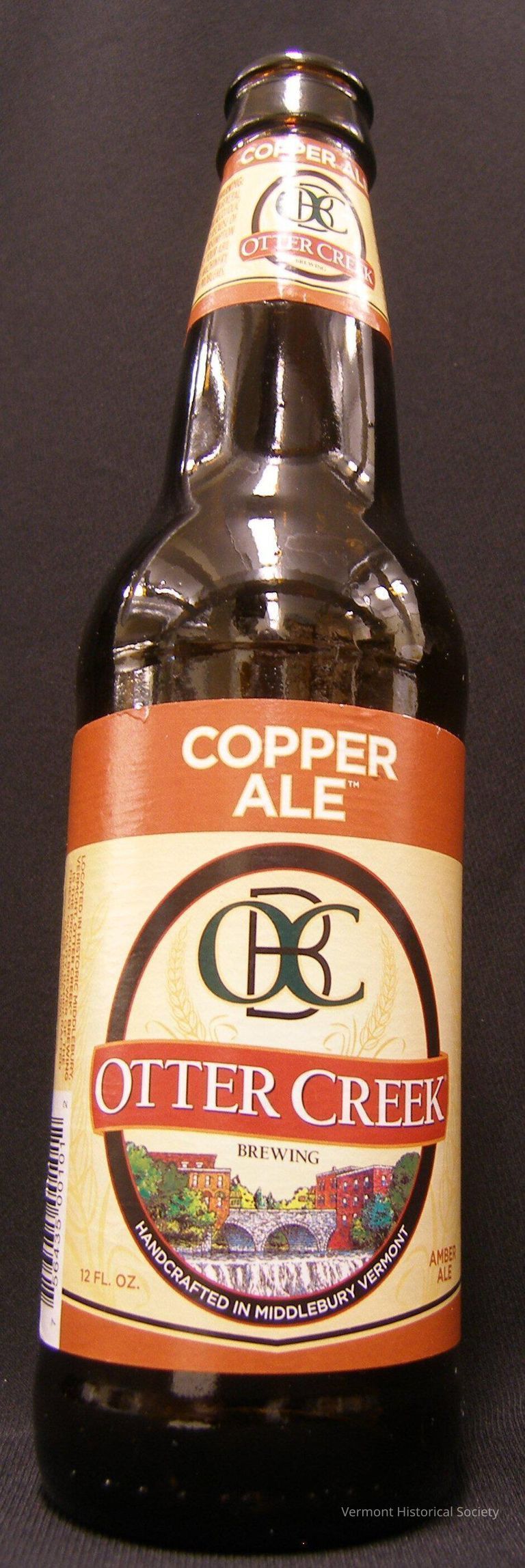

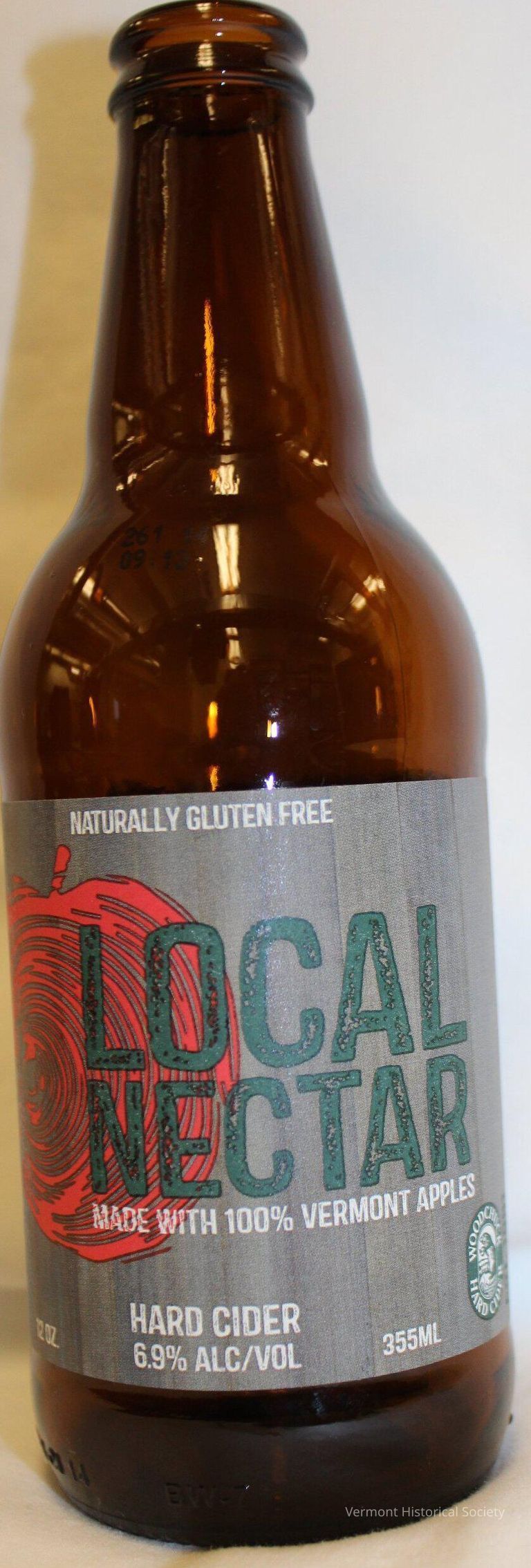
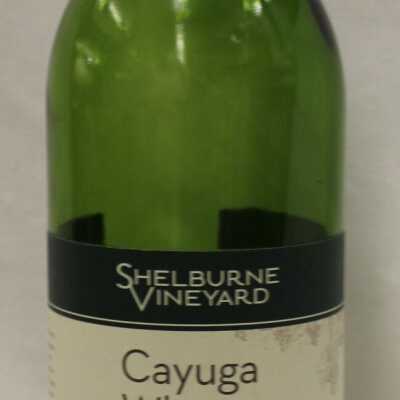

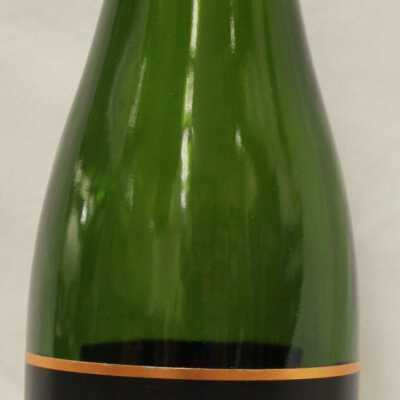



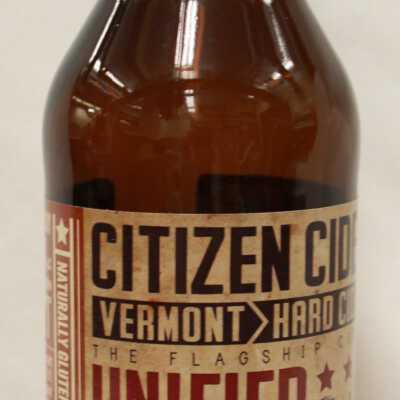

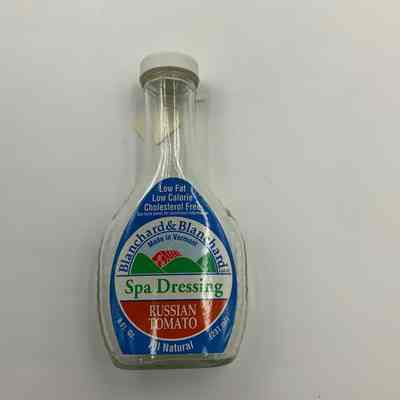
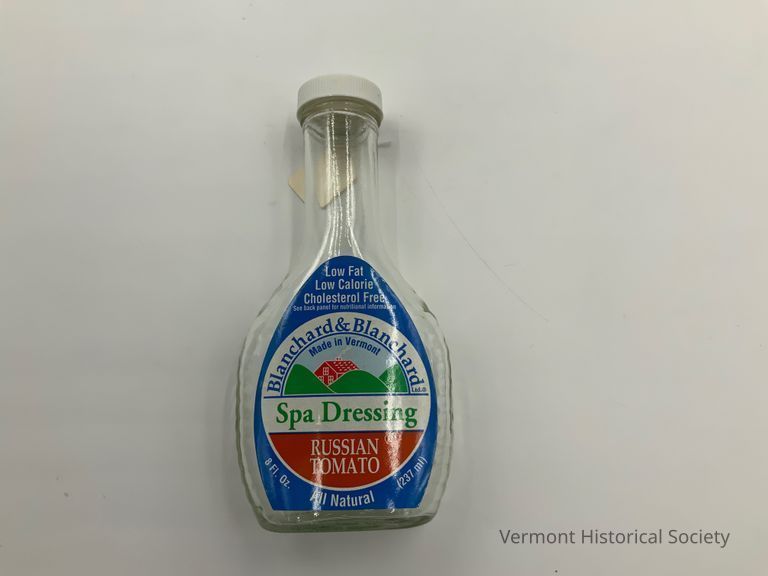
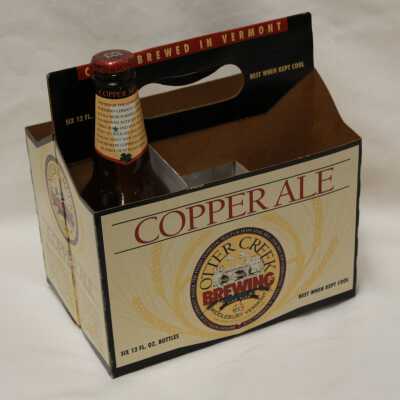
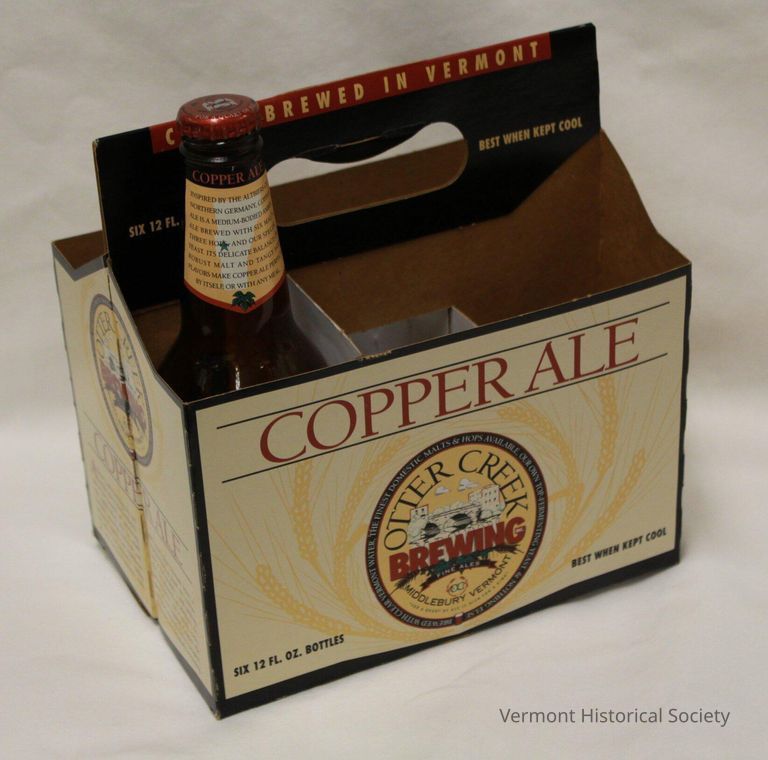
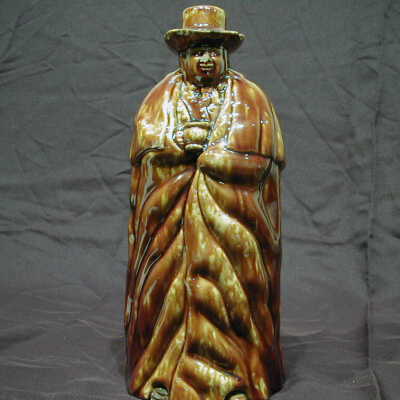
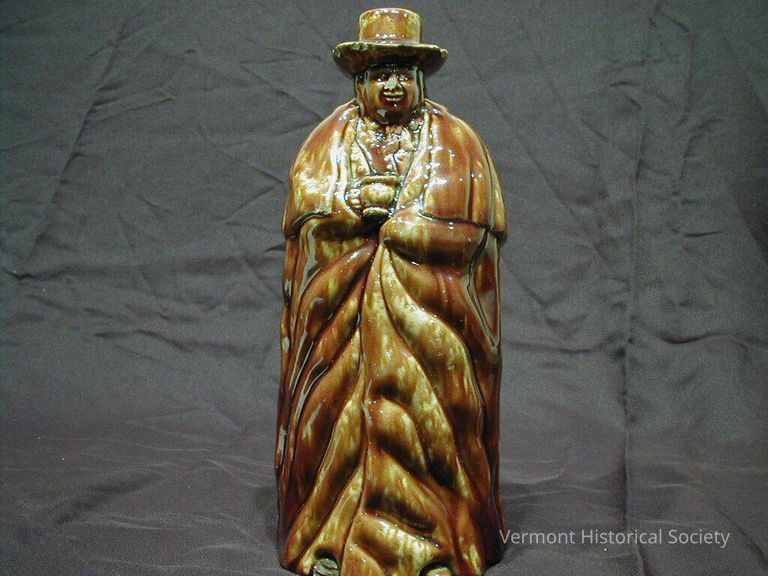
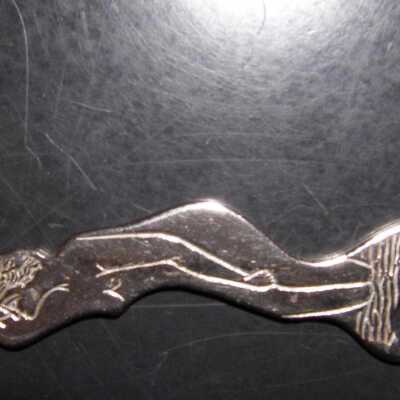
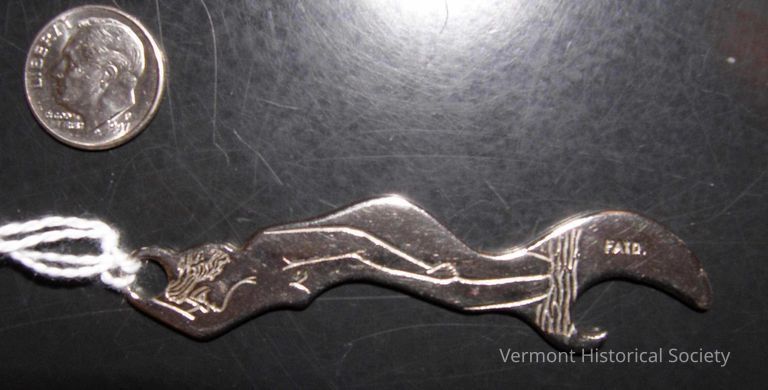
Zan's Sodas Inc. are listed in the 1938 Barre Directory. "Zan's Sodas Inc., soda mfrs 4 Prospect pres-tres Charles Zanleoni Jr. see p 16" Also listed is "Zan's Beverage Corp./ beer and wine distributors 2 Prospect pres-tres Charles Zanleoni Jr. see p 16"
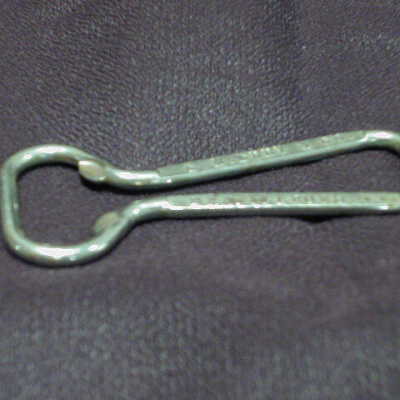
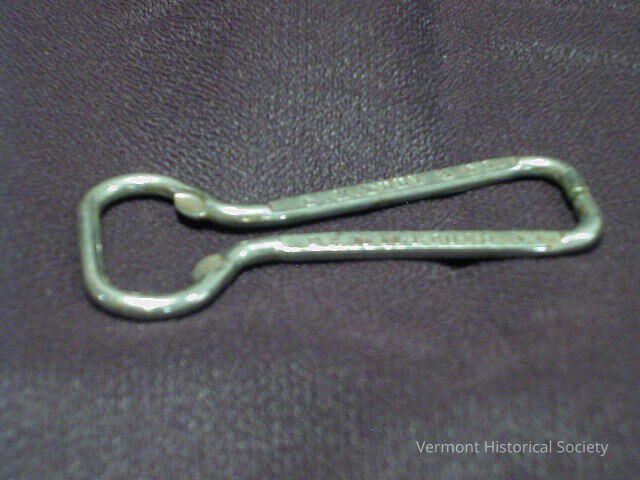
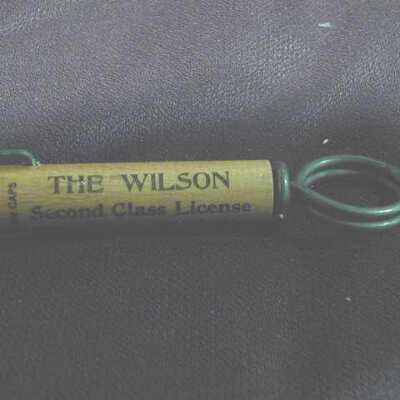
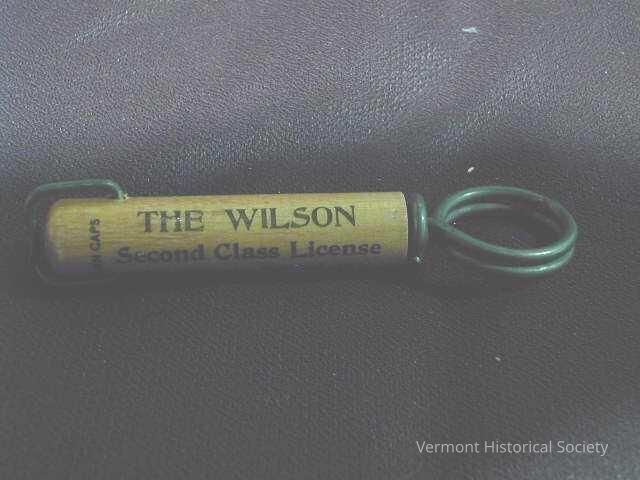
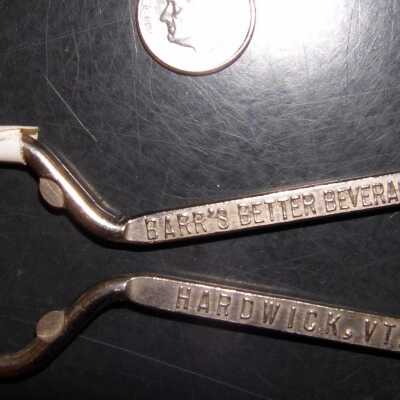
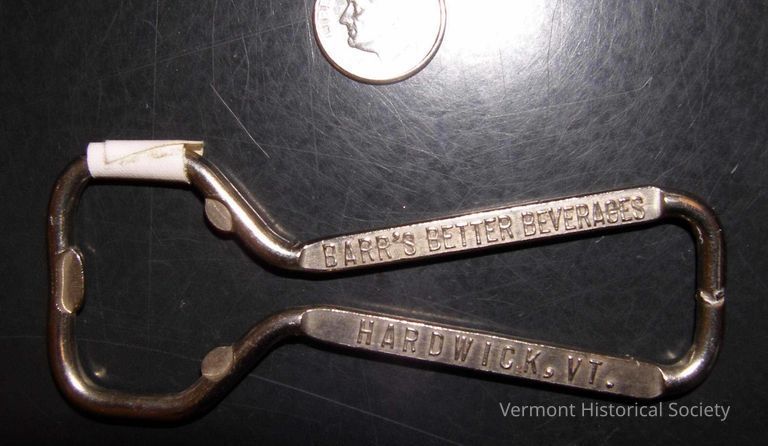
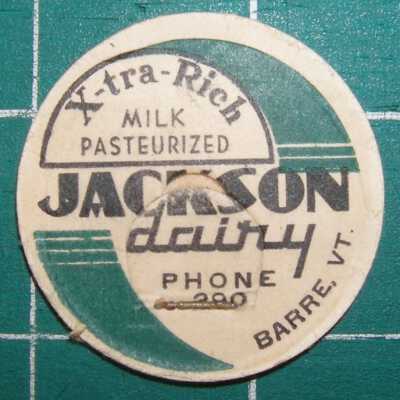
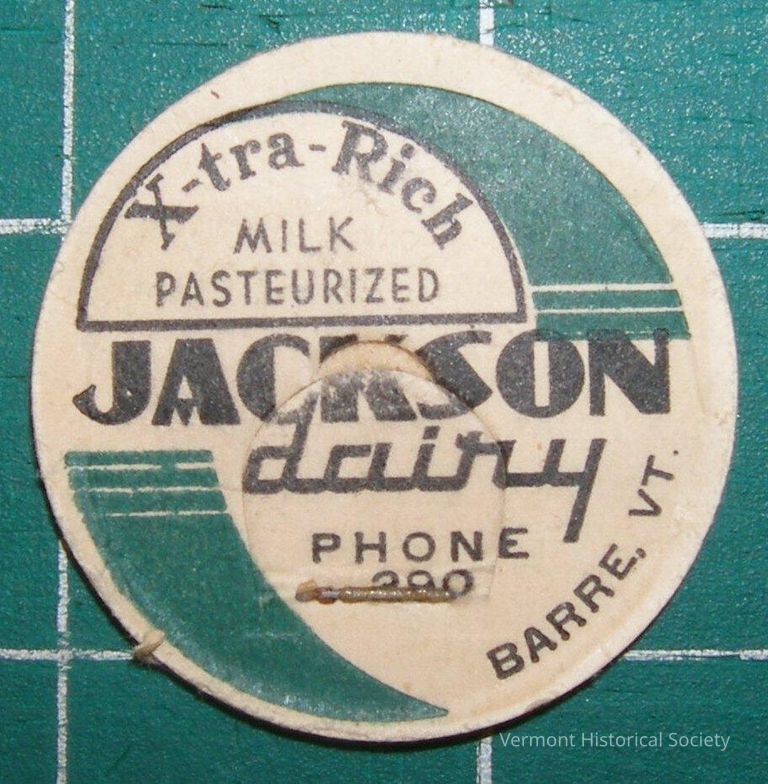
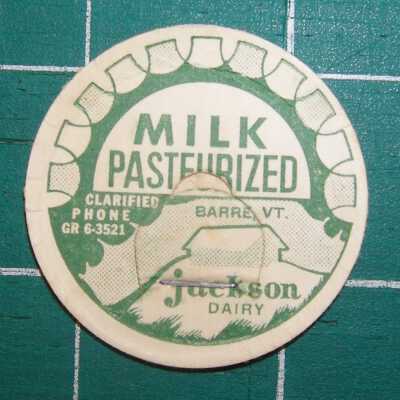
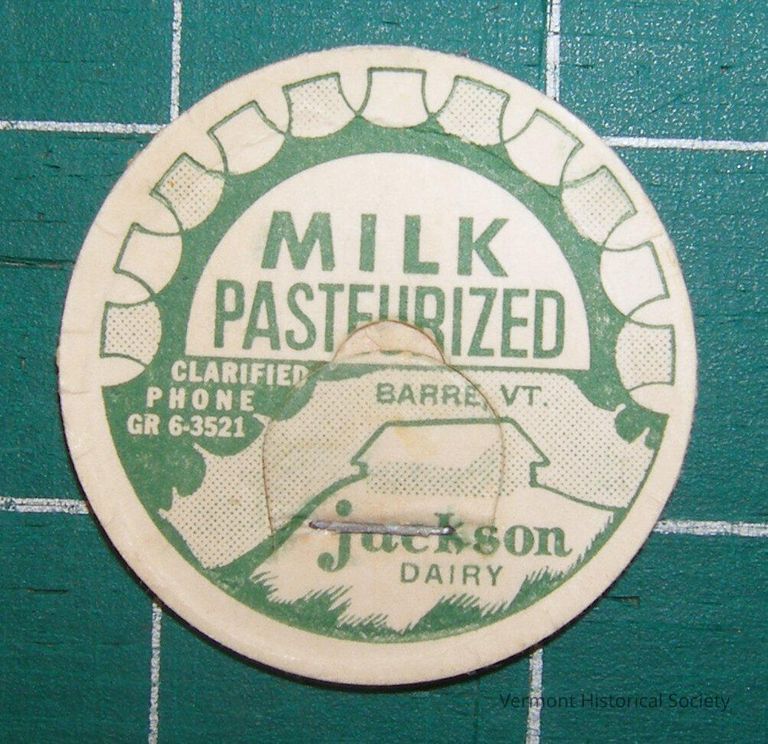
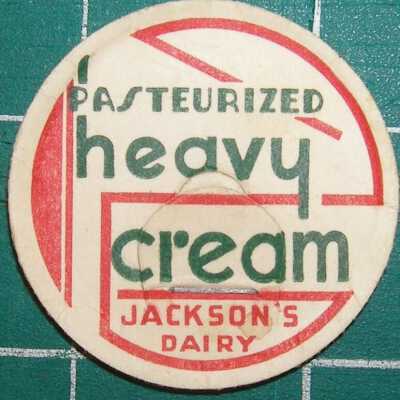
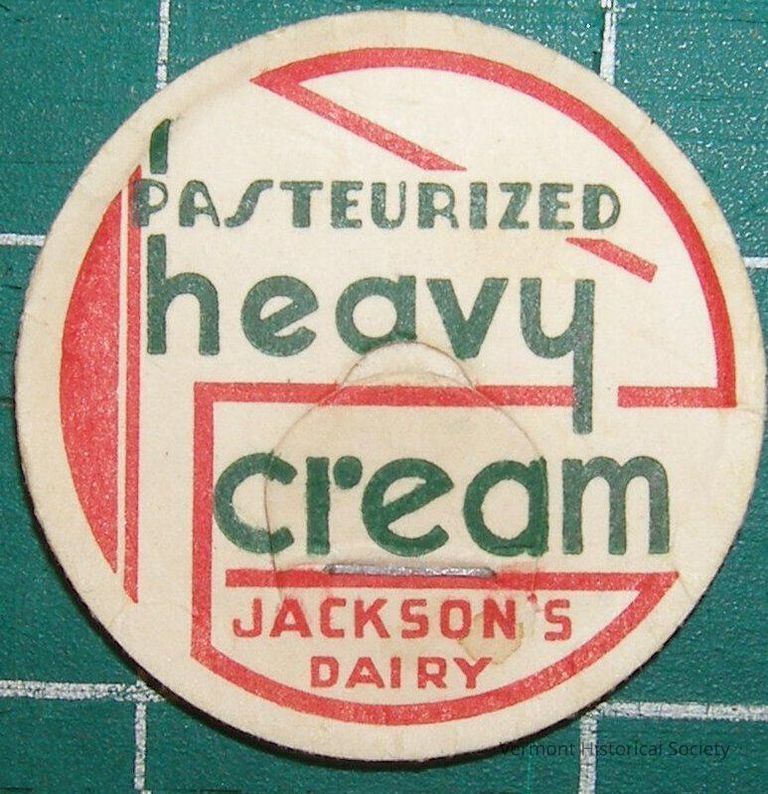
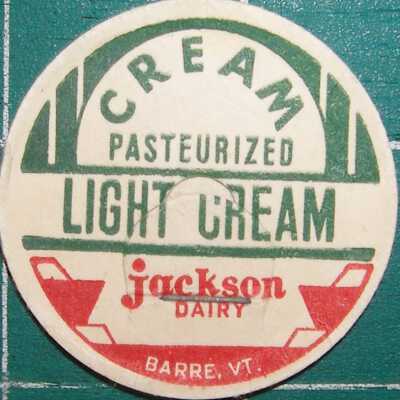
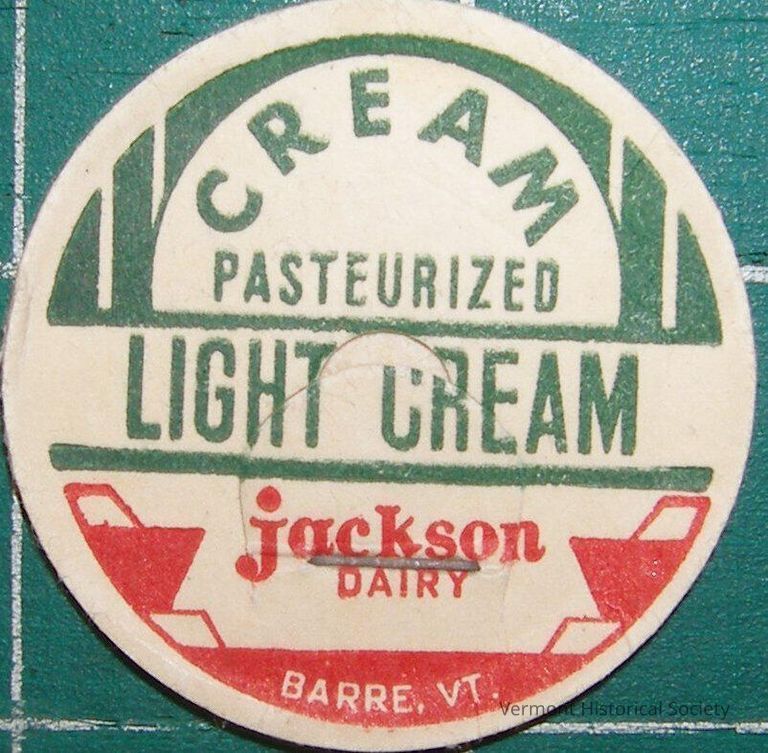
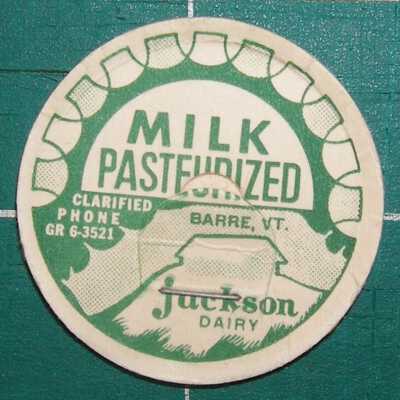
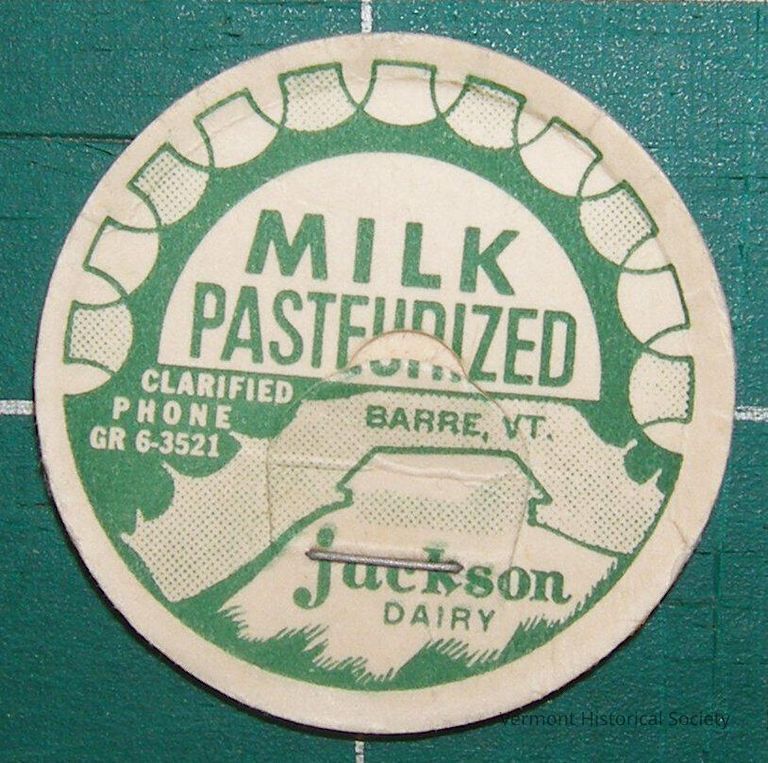
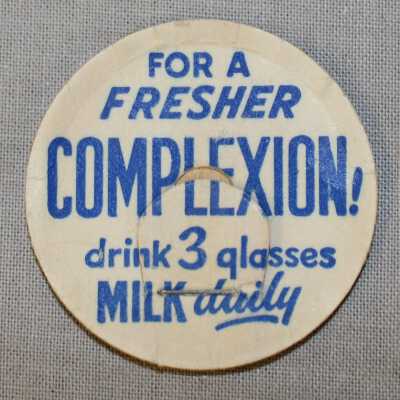
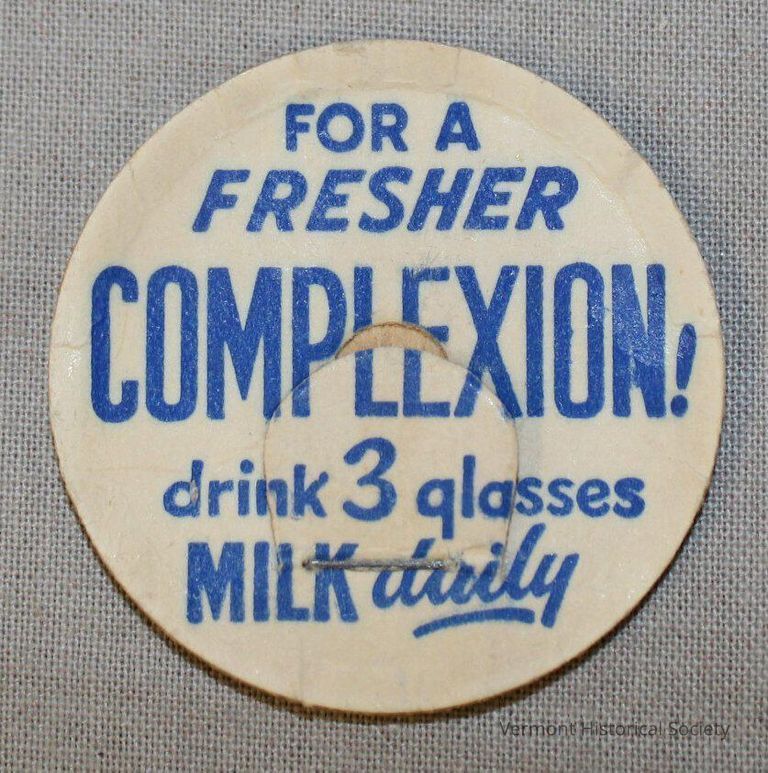
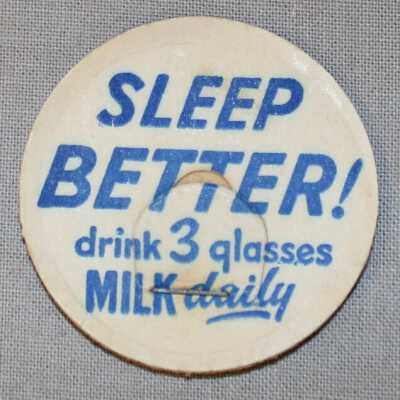
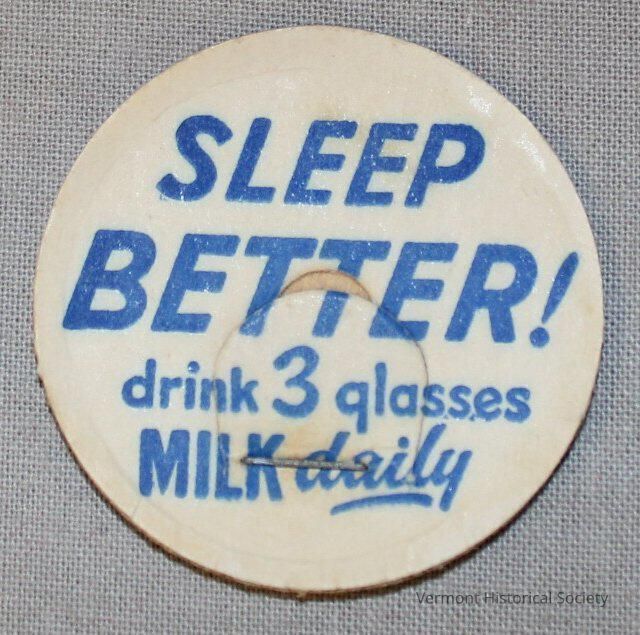
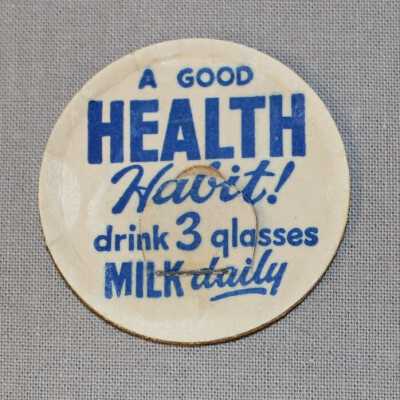
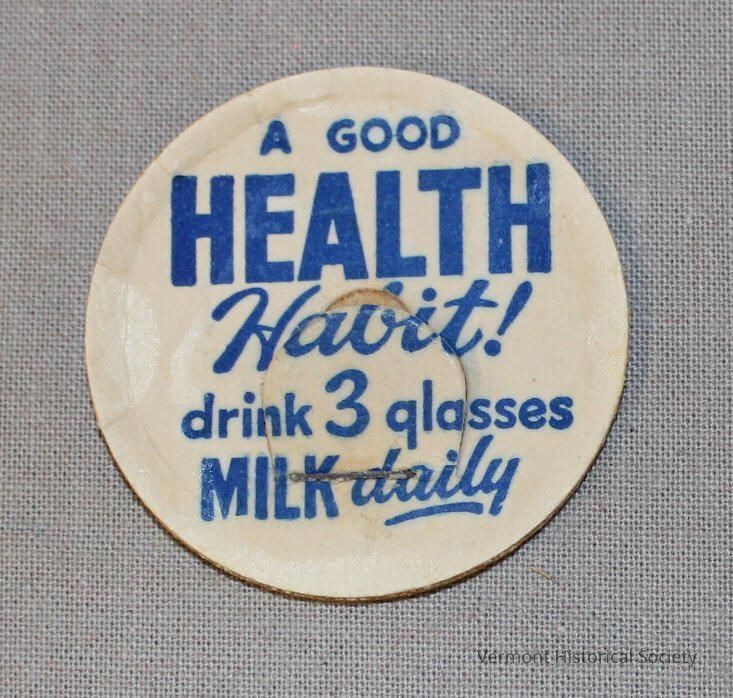
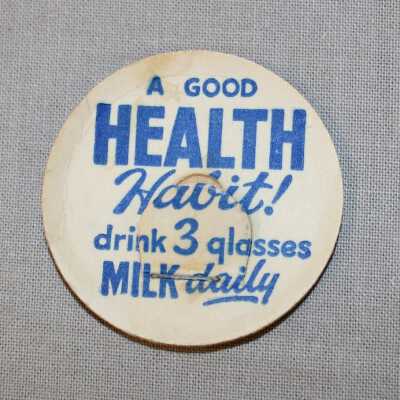

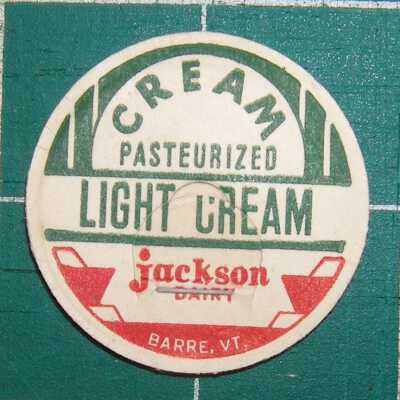
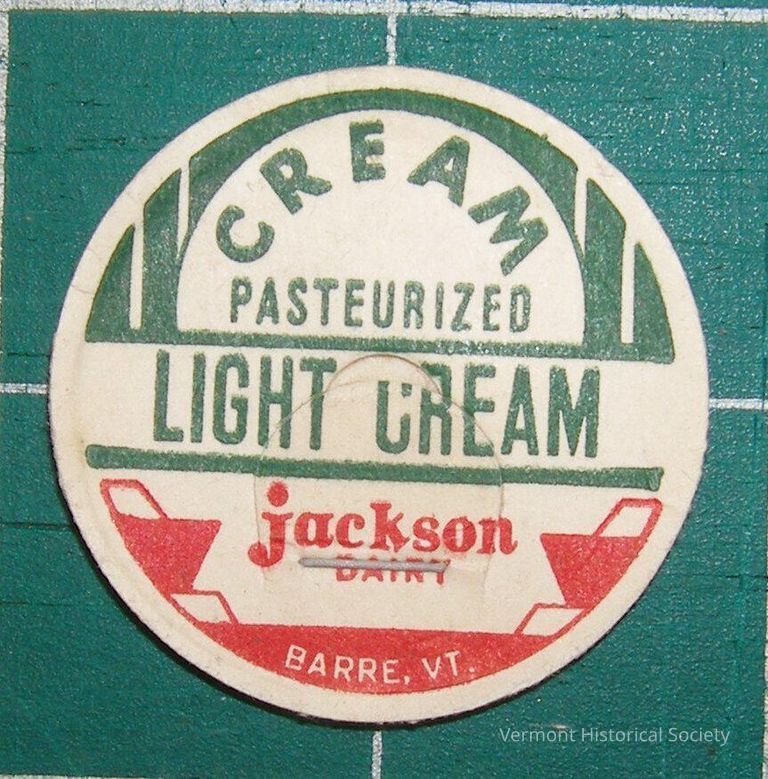
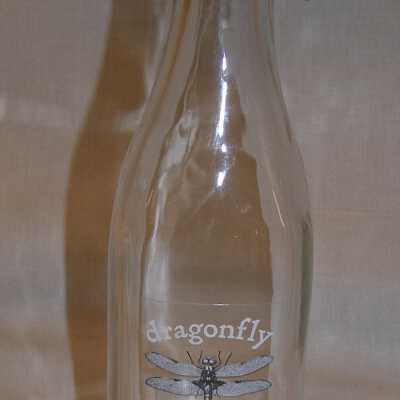
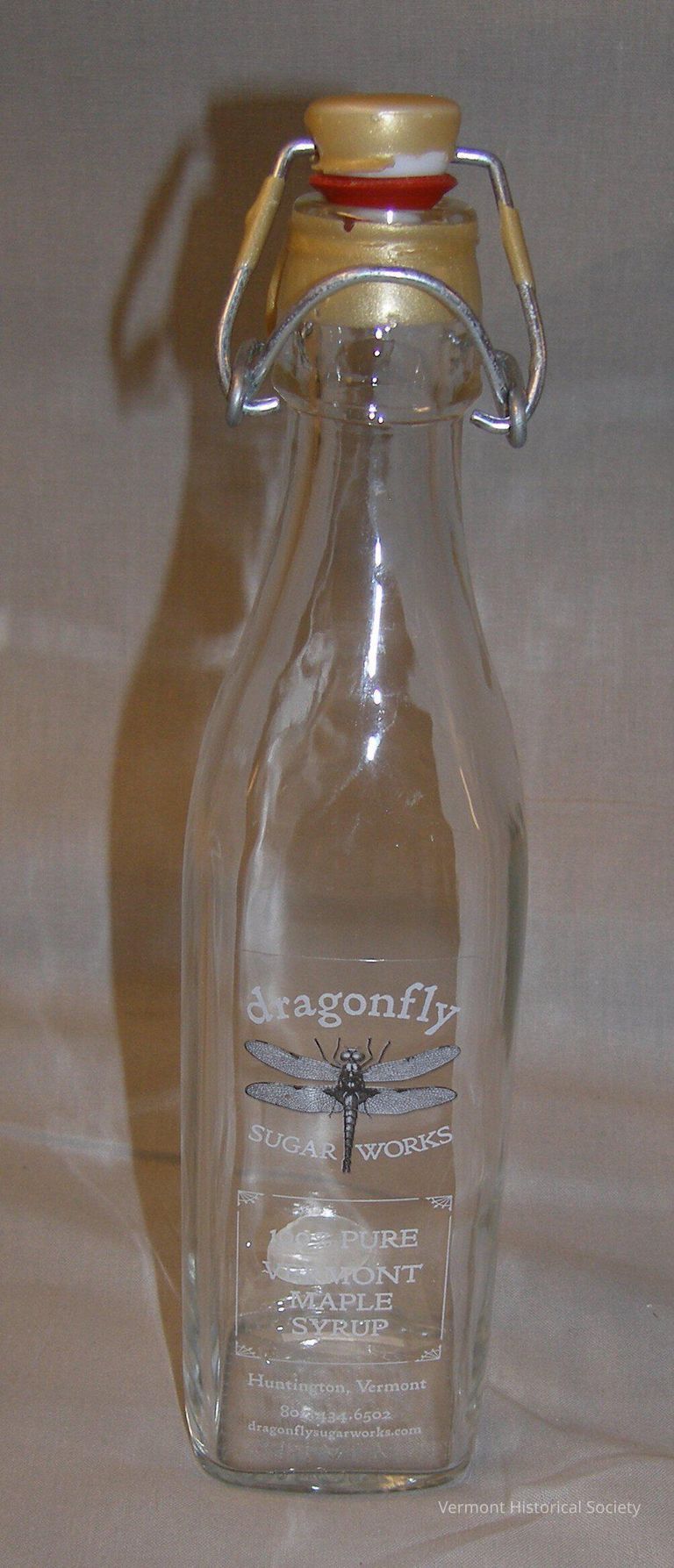
Huntington, Vermont/ 802.434.6502/ dragonflysugarworks.com" On back of bottle, near bottom, small round gold label imprinted: "Vermont/ Medium/ Amber" On bottom of bottle is "Italy 5 ?"
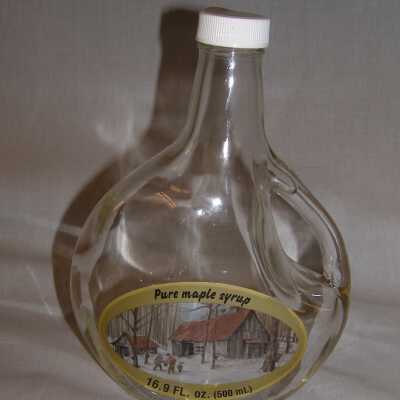
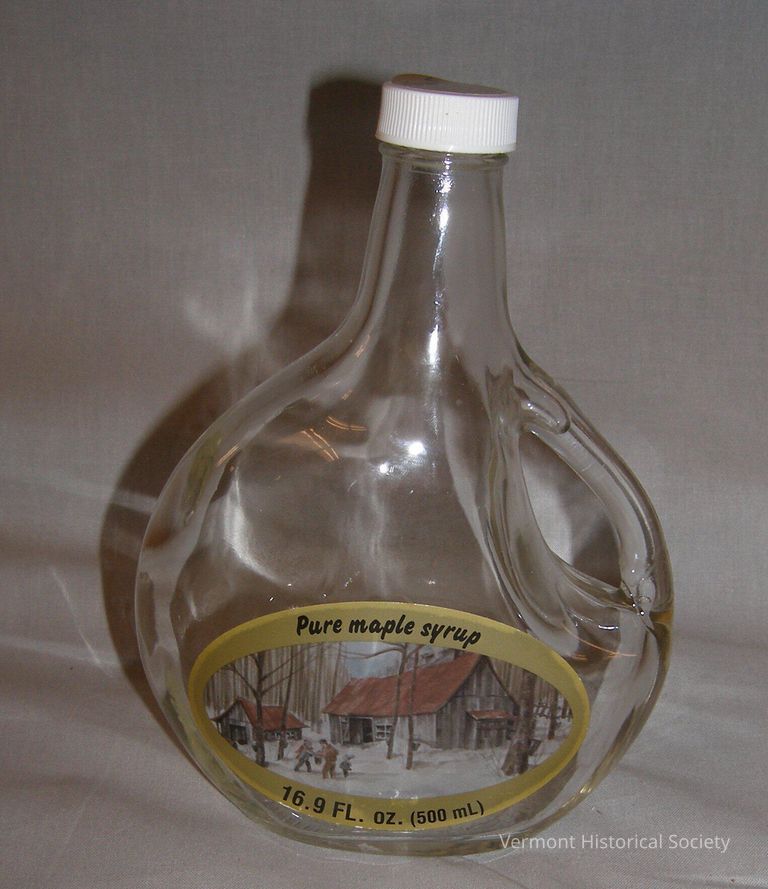
a= Glass maple syrup bottle with handle on right side and paper label on front with sugar house scene, "Pure maple syrup" across top and "16.9 FL. oz. (500 ml)" across bottom.
On back at bottom, gold paper label with green lettering reads: "VERMONT MAPLE FESTIVAL, INC./ P.O. Box 255/ St. Albans, VT 05478"
b= White plastic screw-on cap has gold label with green lettering on top which reads: "Vermont Fancy Grade"
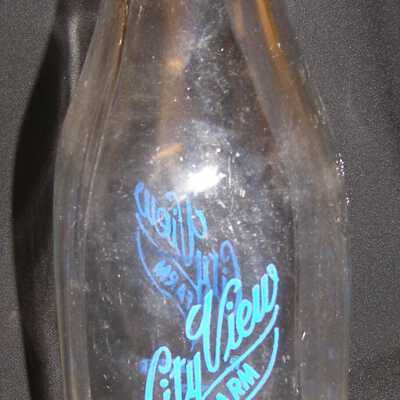
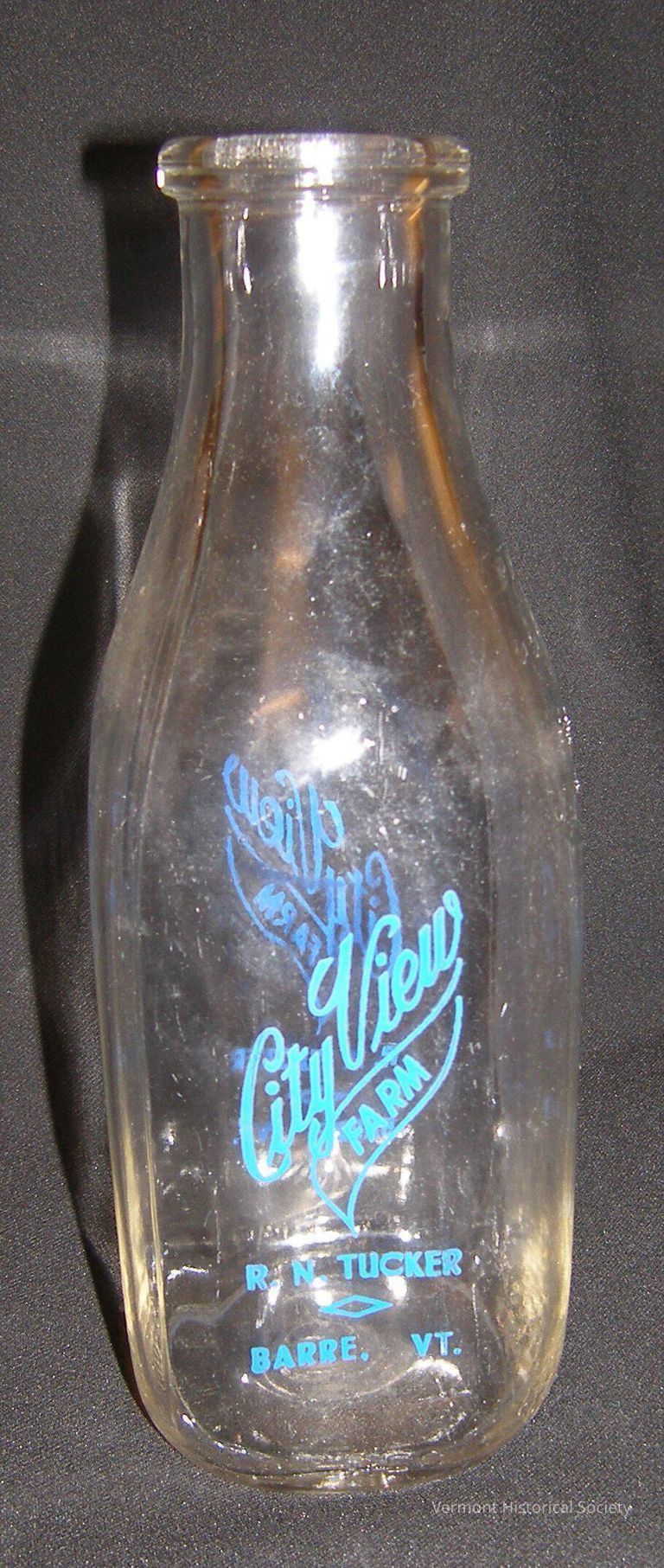
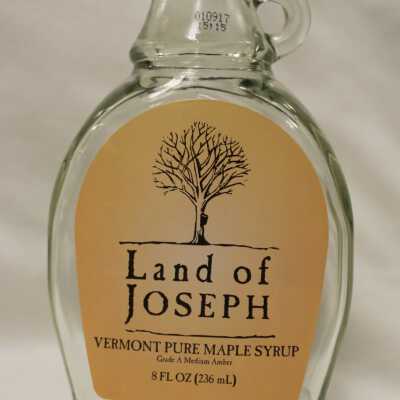
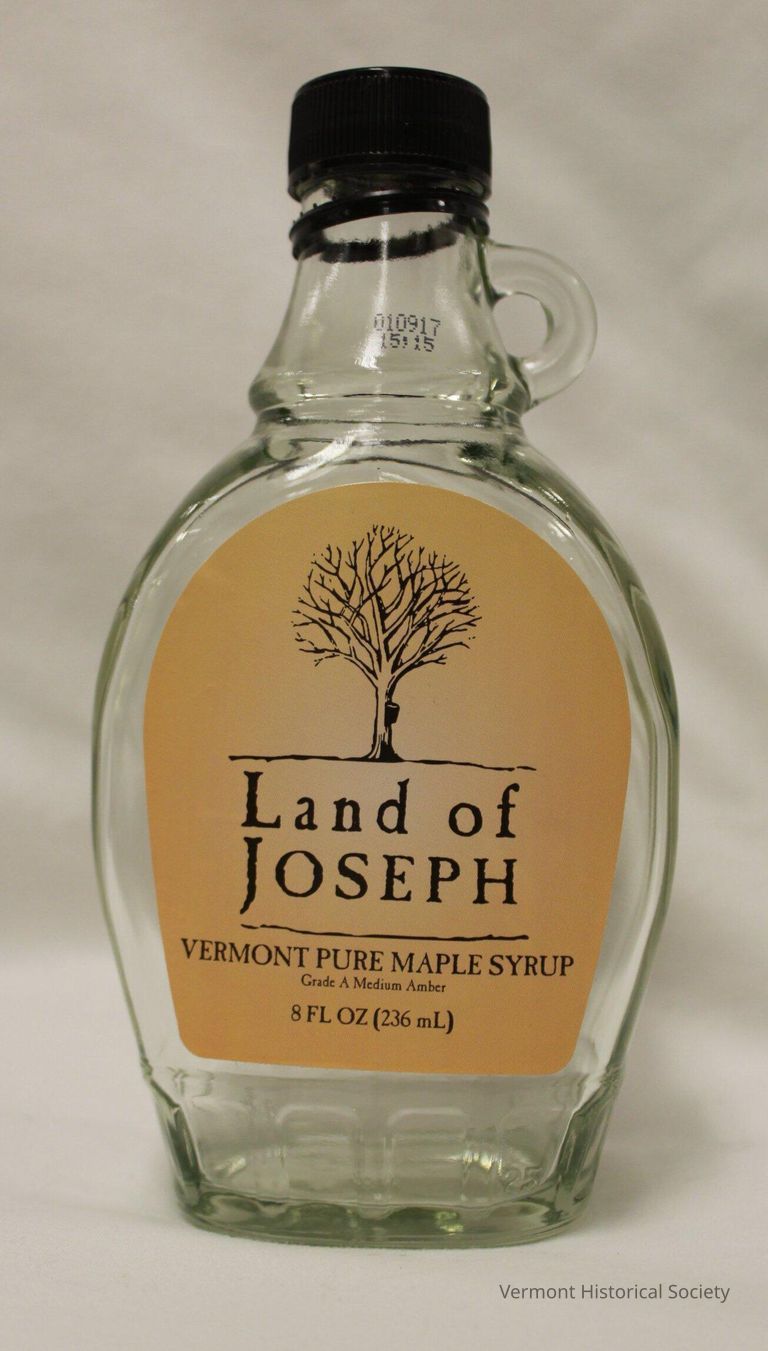
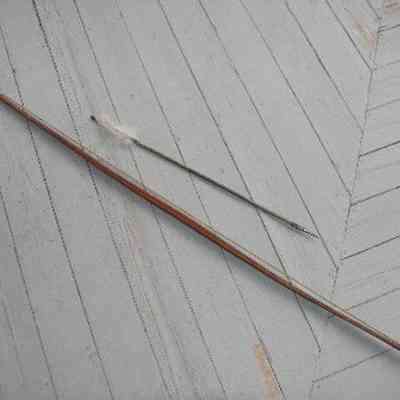
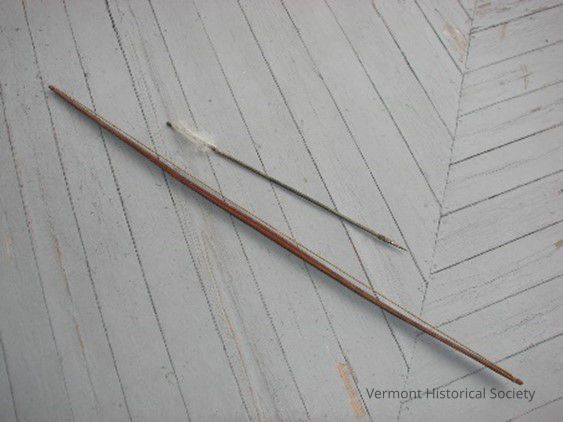
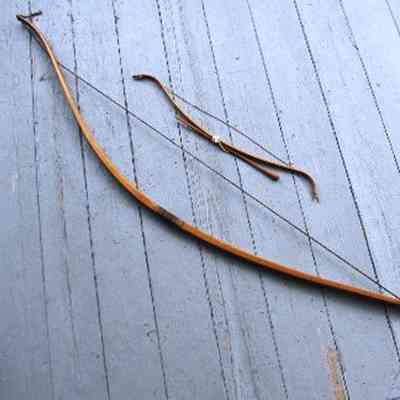
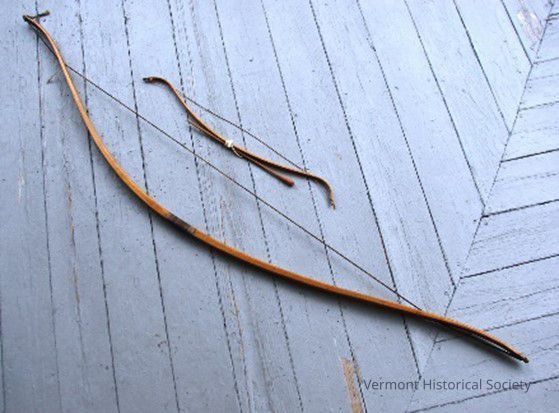
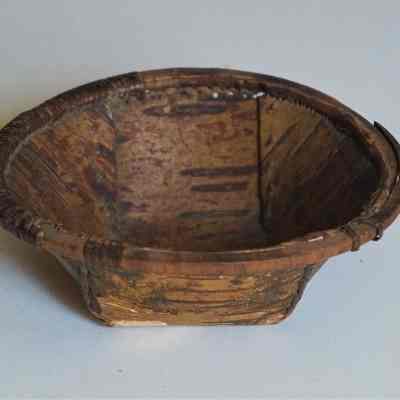
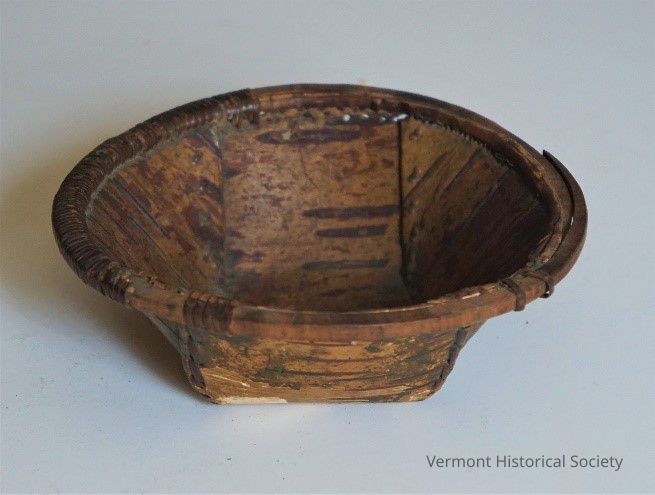
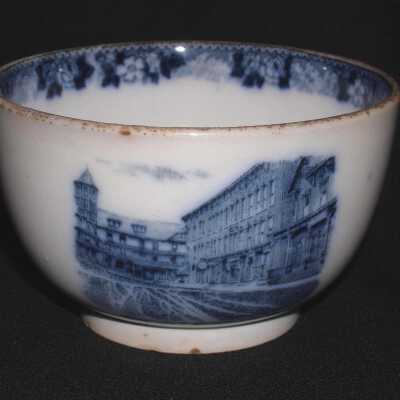
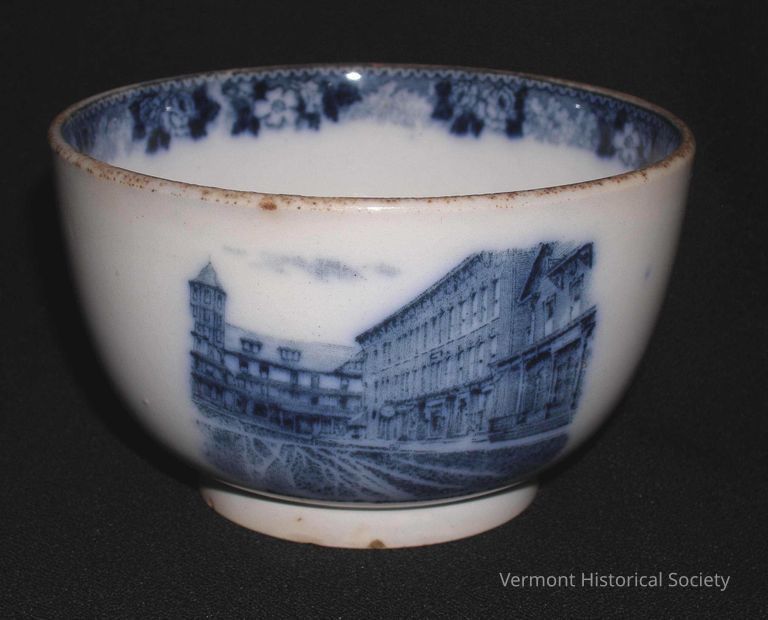
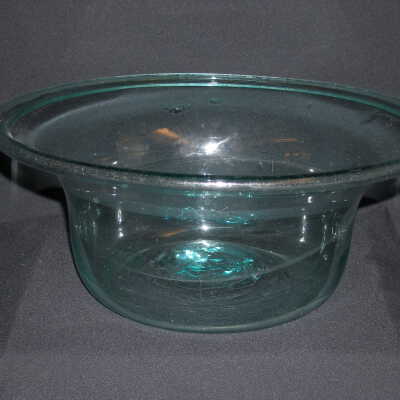
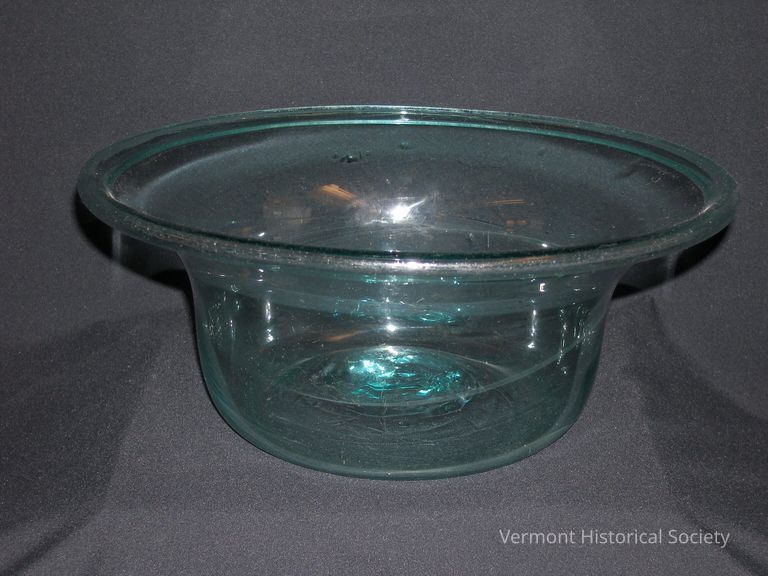
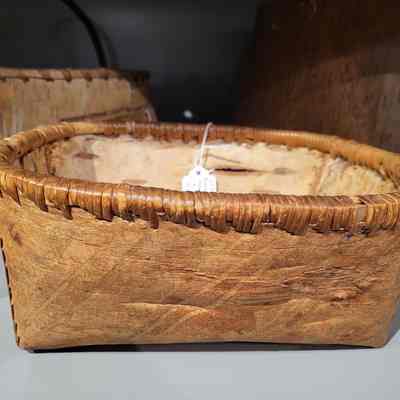
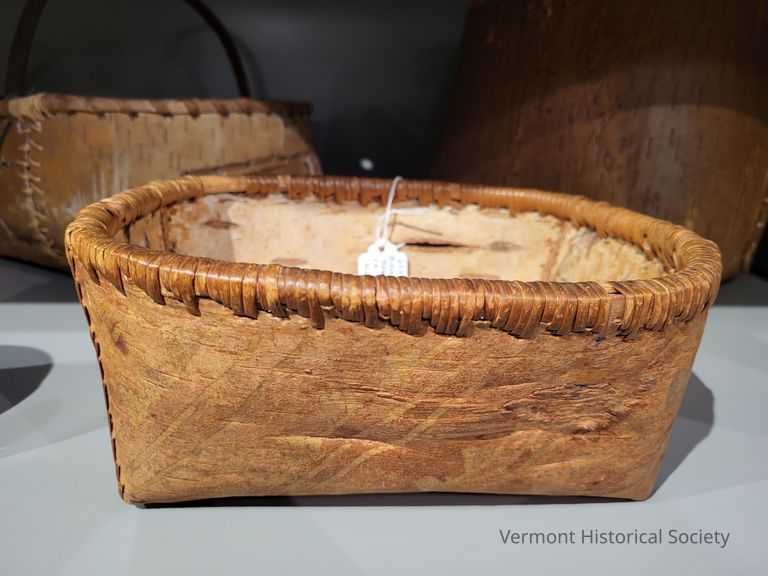

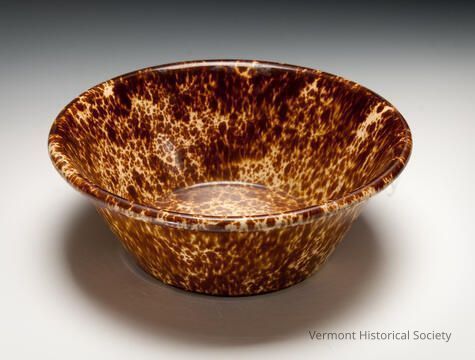
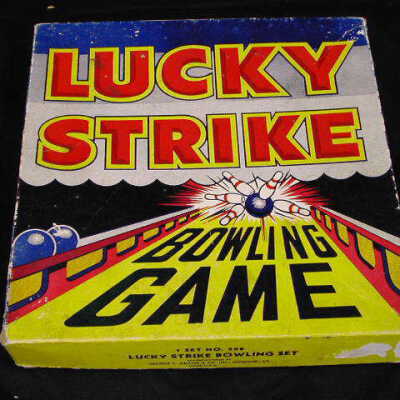
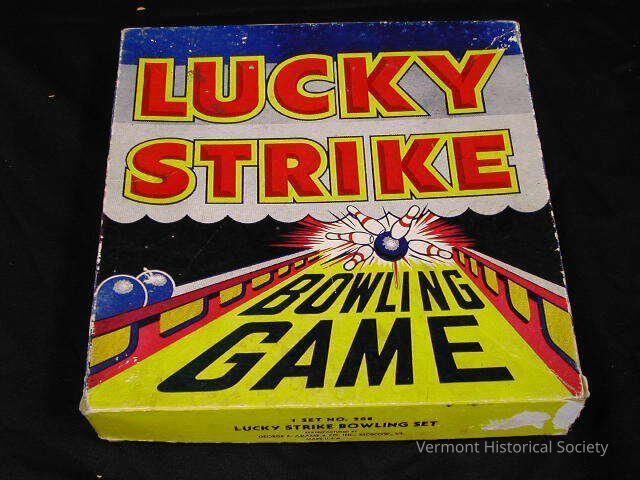
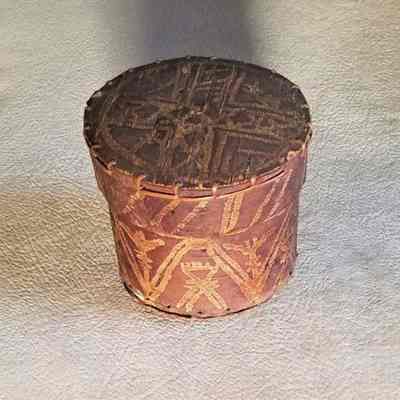
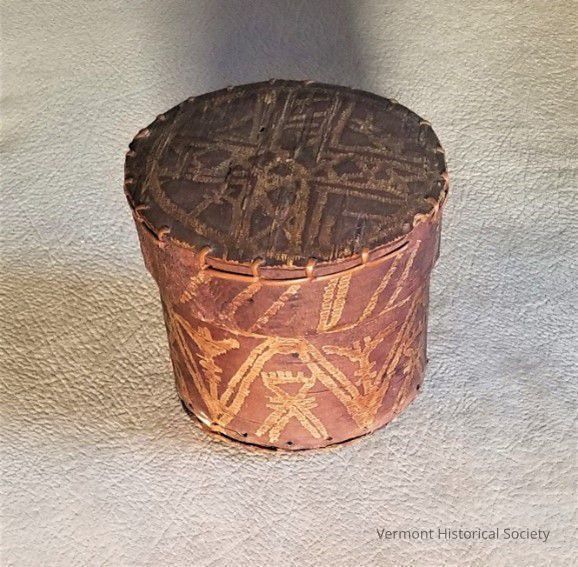
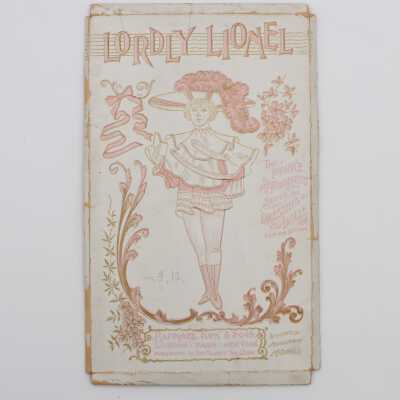
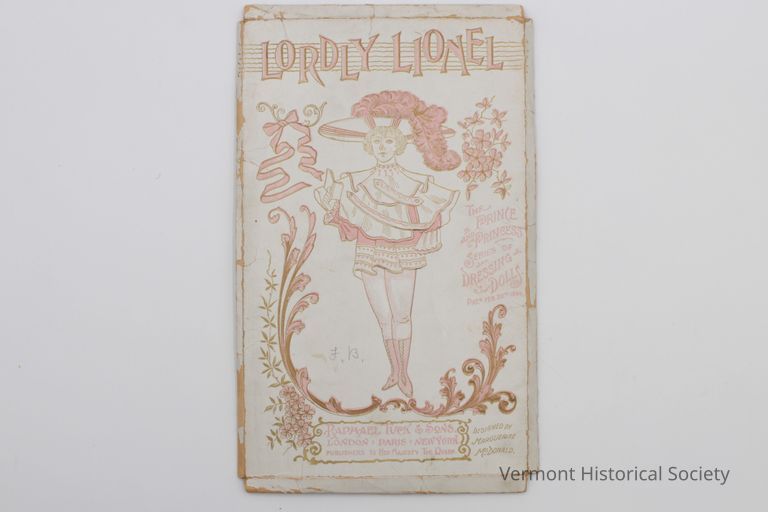
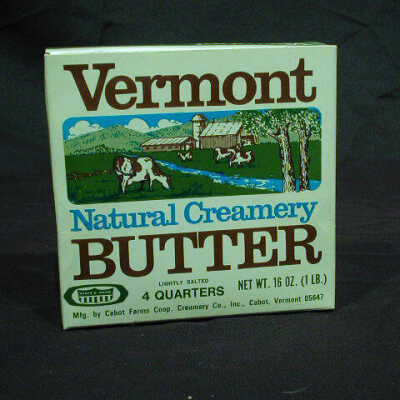
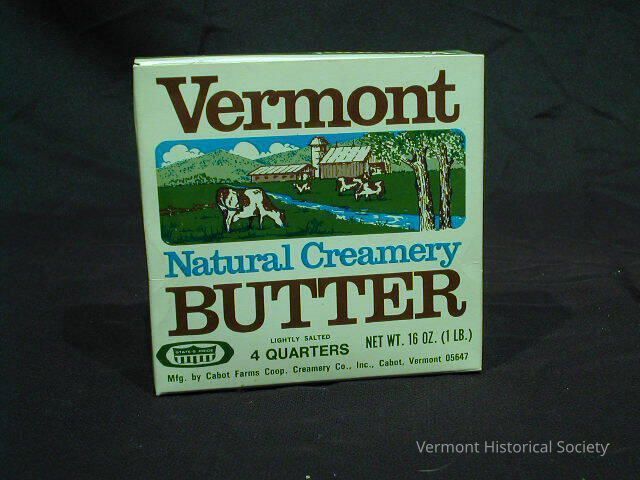
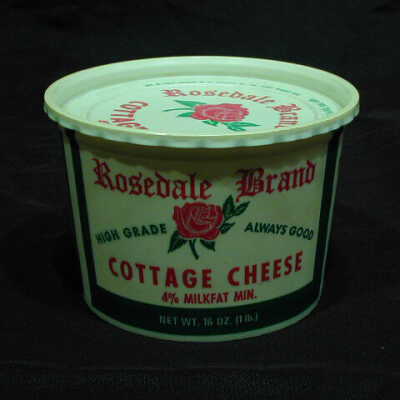
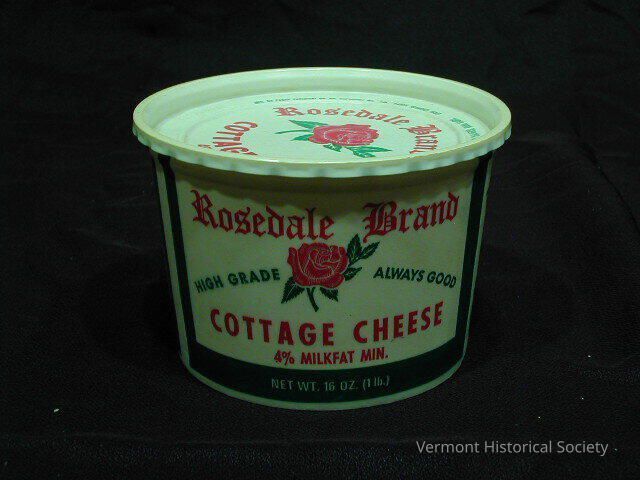
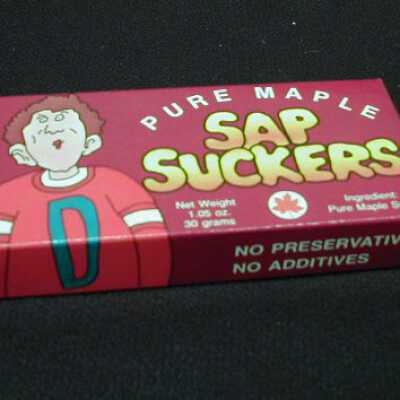
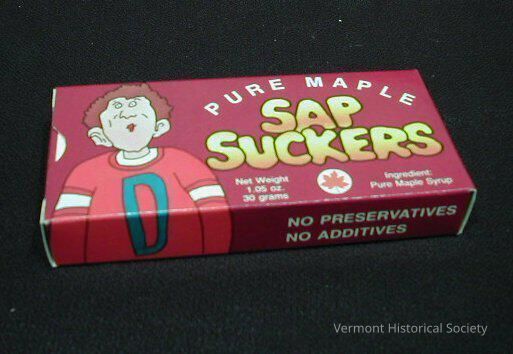
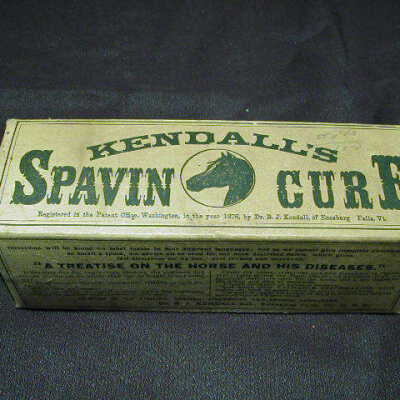
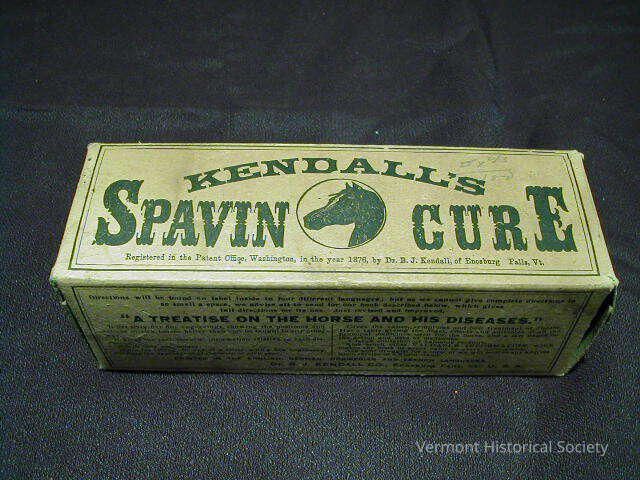
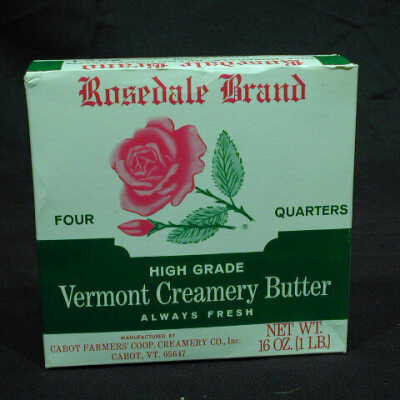
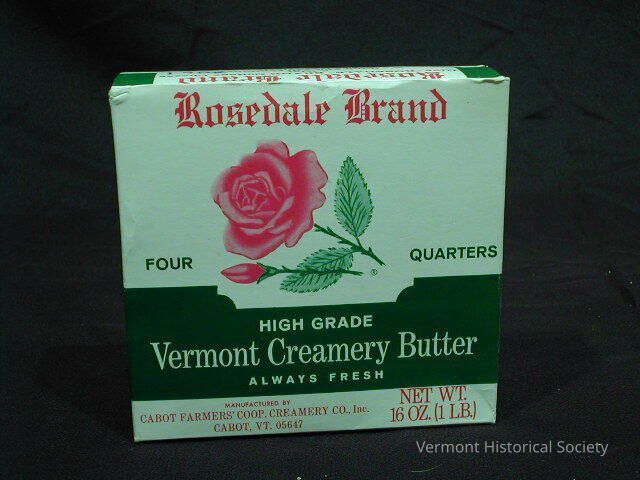
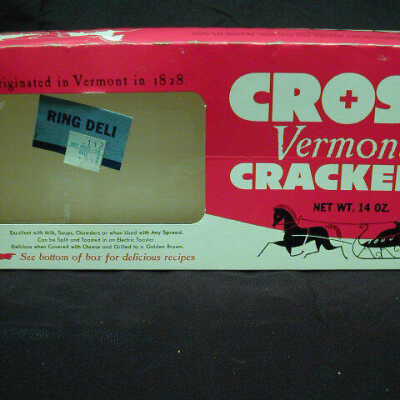
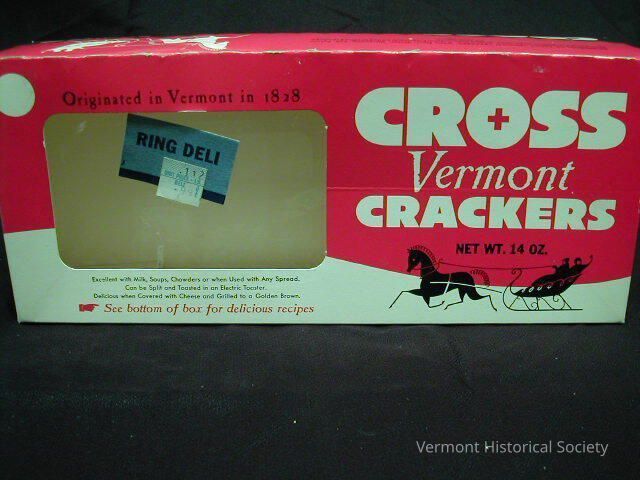
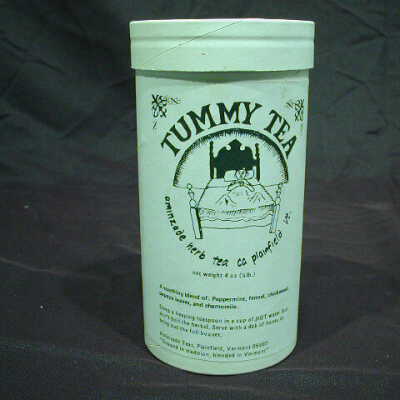
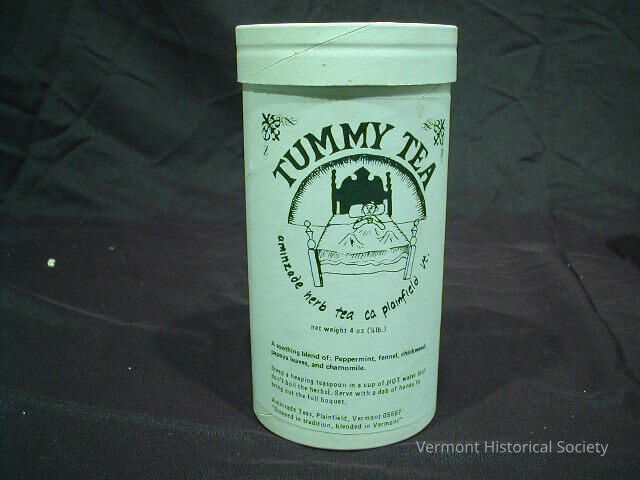


bright yellow/red/black/brown
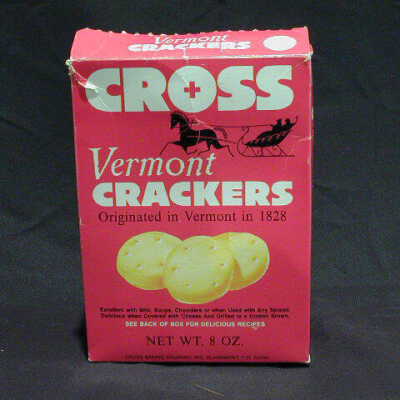
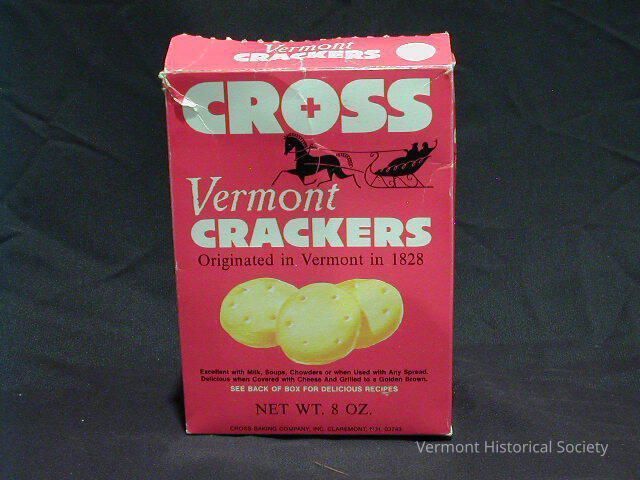

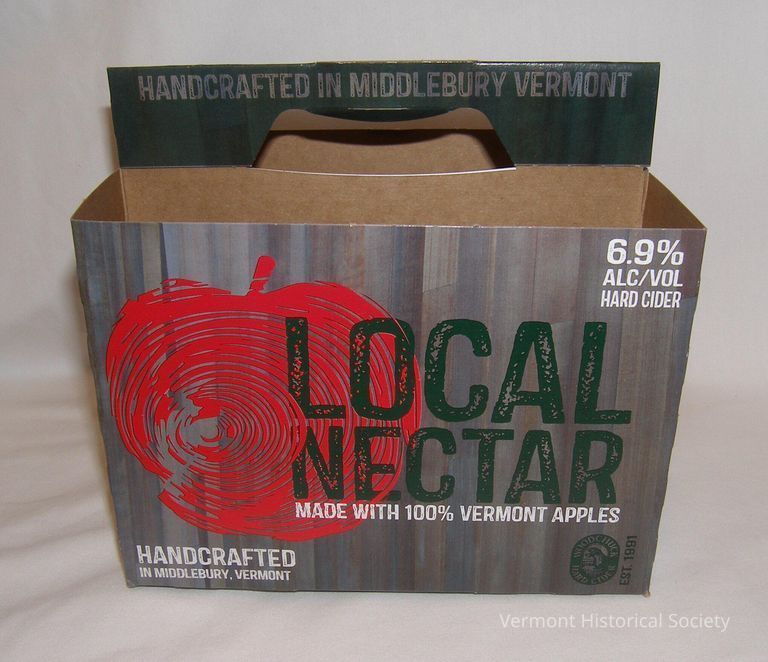
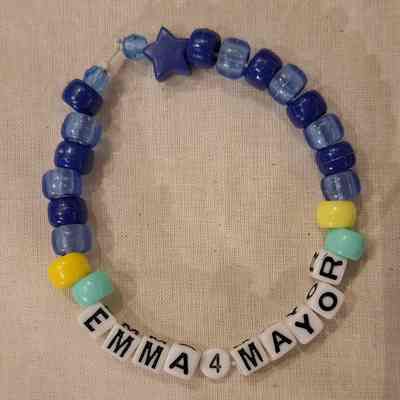
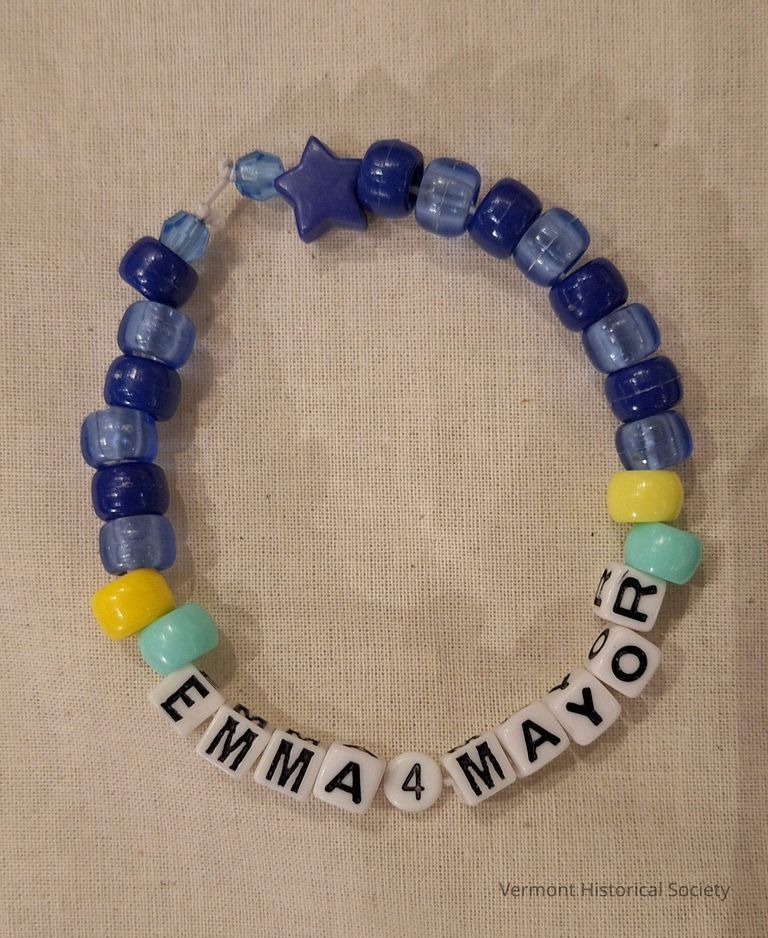
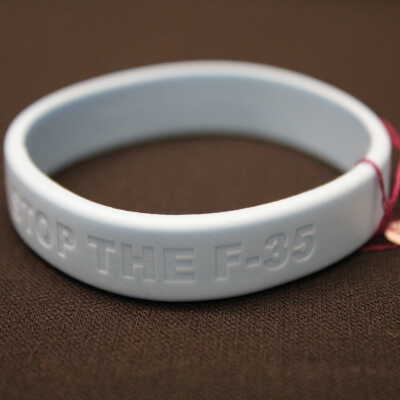
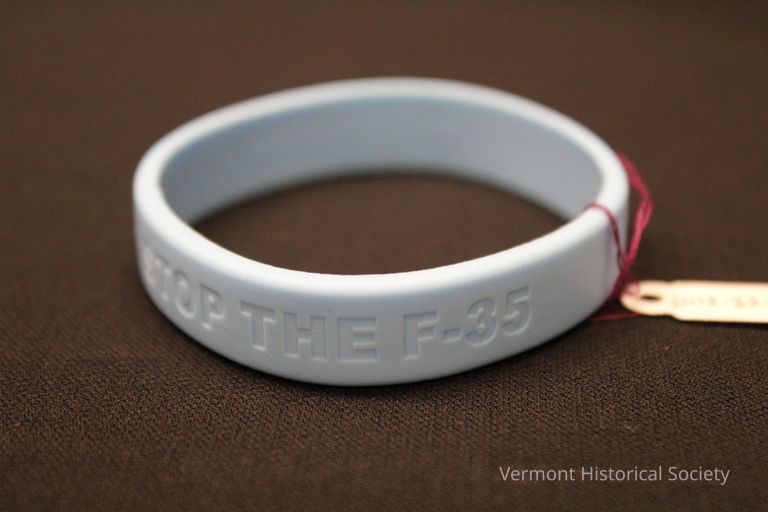
"Our mission is to cancel the basing of the F-35A Joint Strike Fighter at the Vermont Air National Guard Station located at the Burlington, Vermont International Airport. We oppose the basing in order to protect the over 6,600 people living around the airport from the dangers associated with its basing. Some of these include adverse health impacts on children and adults, cognitive impairment in children, reduction in property values, classification of thousands of affordable homes as being unsuitable for residential use, disproportional negative impacts to minorities and people with low incomes, risk of loss of life from crashes, and nuclear threats from and to Vermont."
From the Associated Press in September of 2019 - "The first two of an eventual 20 F-35 jets arrived Thursday at the Vermont Air National Guard base in South Burlington, the first Guard unit to receive the next-generation fighter. "
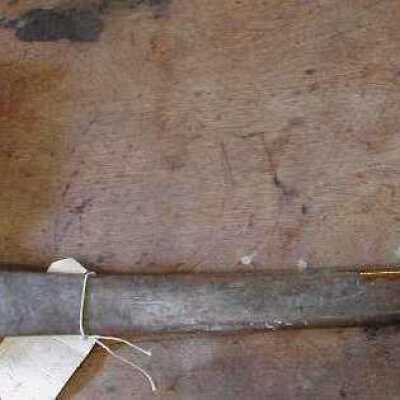
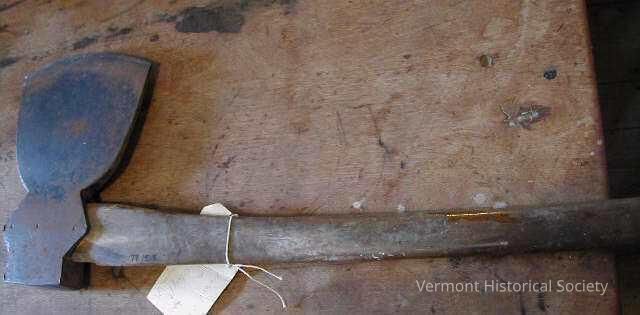
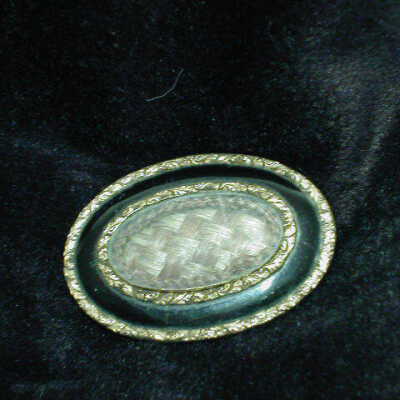
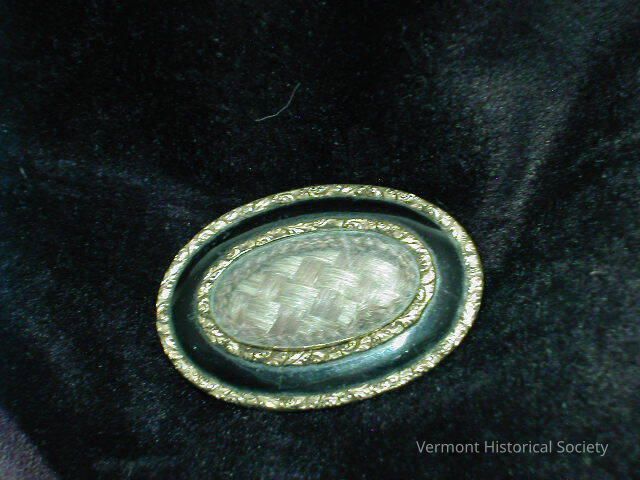
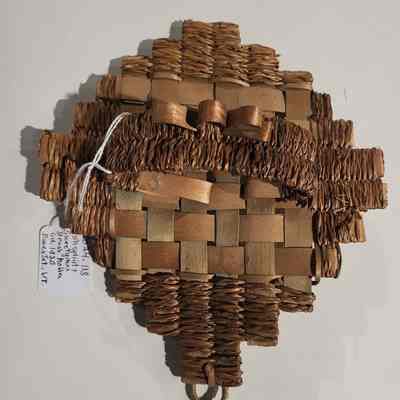
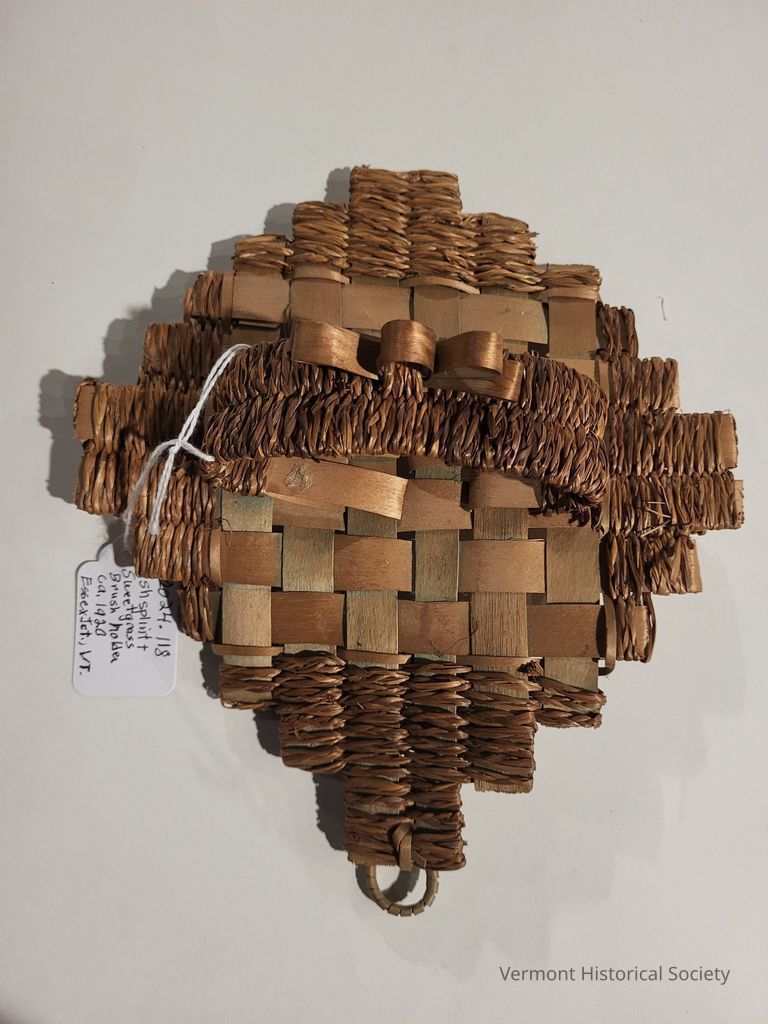
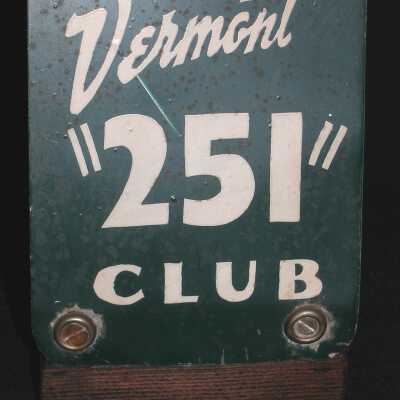
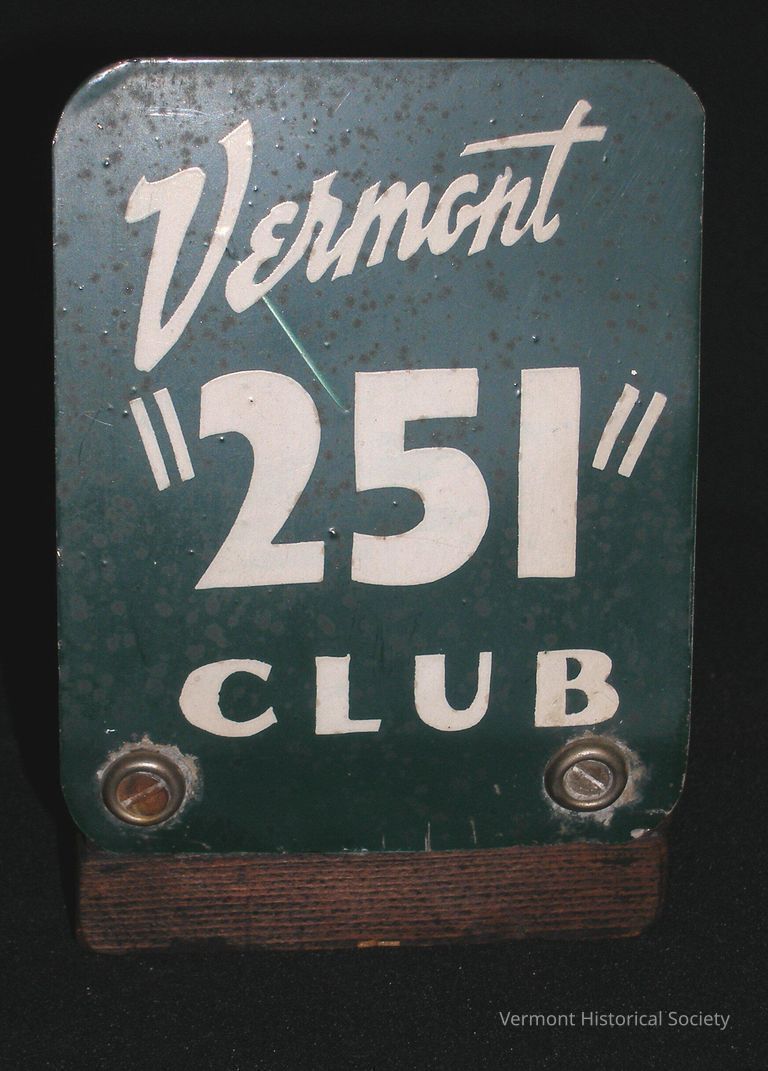

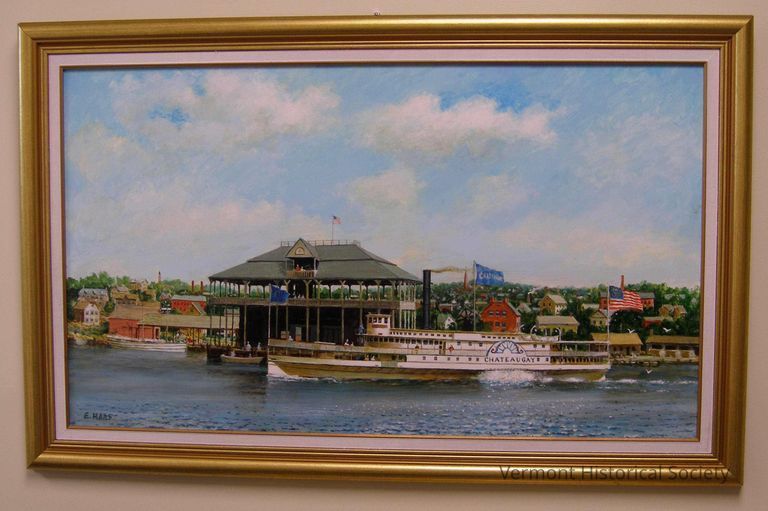
He worked for a time as an artist agent in New York before going back to school at Southern Connecticut College for a degree in history. He taught in Connecticut schools until retirement in 1984. At that time he and his wife relocated to South Burlington, Vermont.
Haas became involved as a volunteer with the Lake Champlain Maritime Museum and was encouraged to rediscover his love of painting by then director Art Cohn. Haas created original artwork for museum exhibitions and publications as well as stand-alone works of early sidewheelers and historical events.
The steamboat Chateaugay was built in 1887 at Shelburne Harbor and launched by the Champlain Transportation Company as a state-of-the-art excursion vessel. It operated for 37 years as an excursion boat before being stripped down and converted into a car ferry in 1925. The boat is depicted in its heyday departing the Lake Champlain Yacht Club in Burlington Harbor.
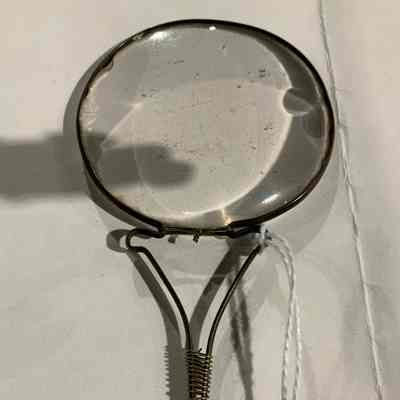
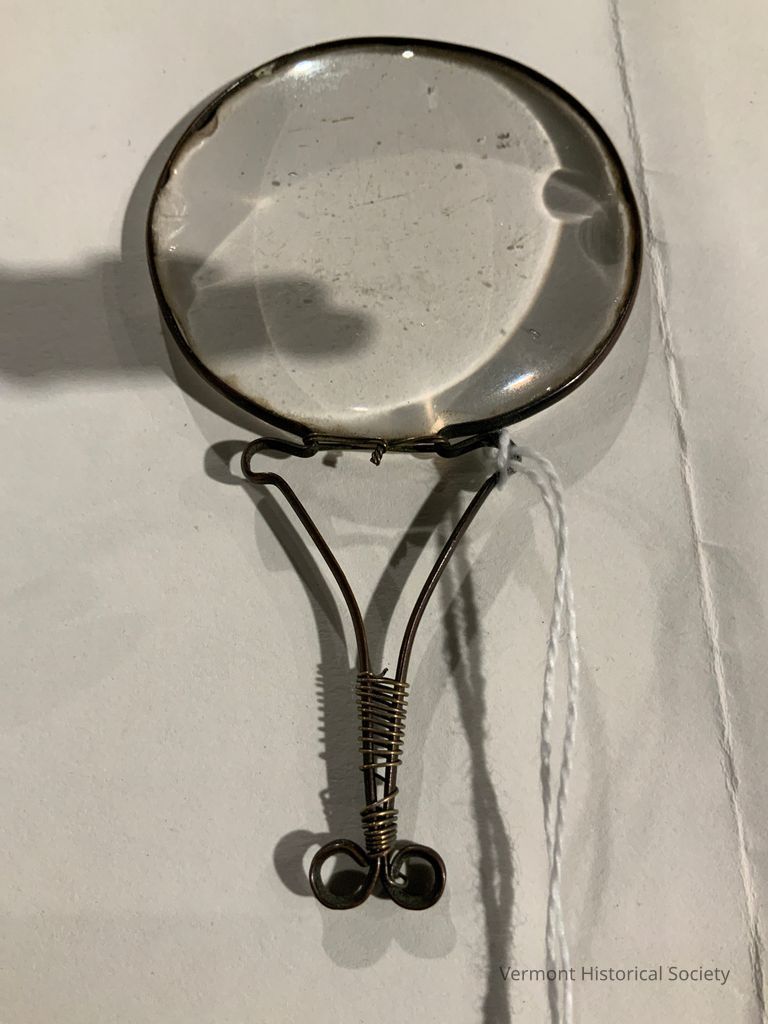
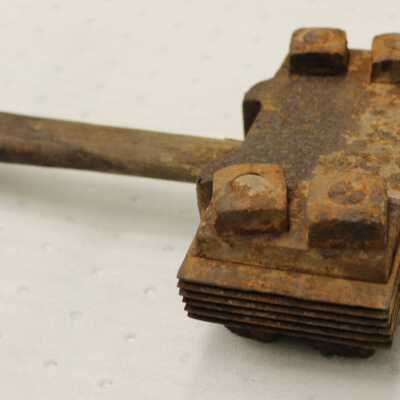
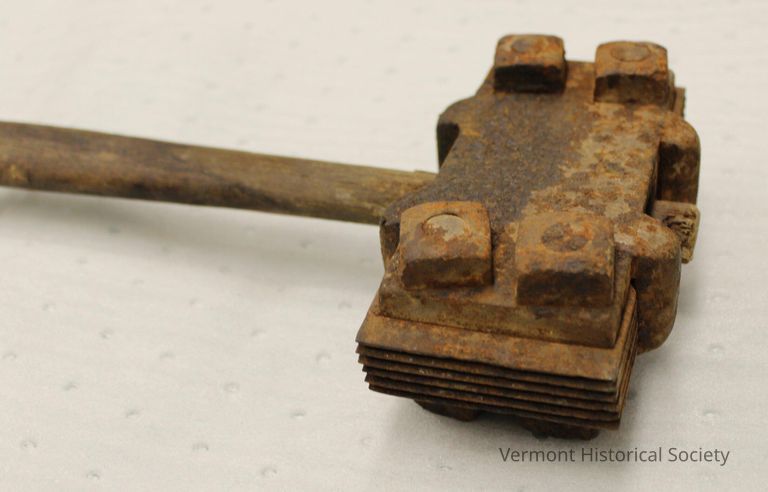

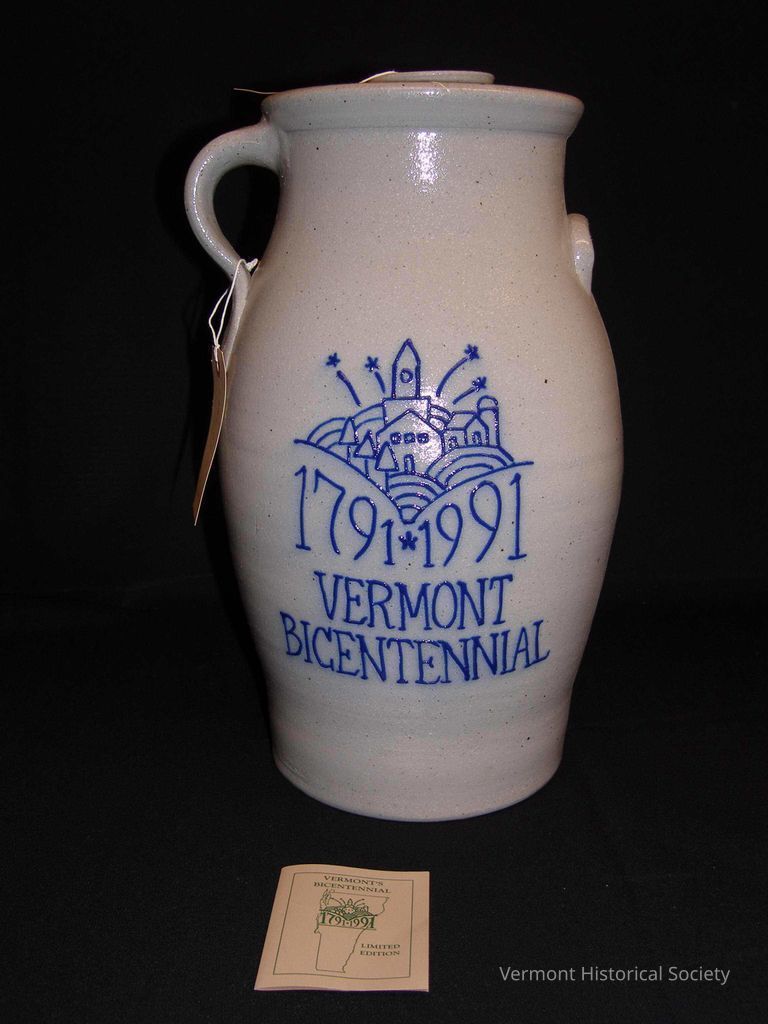
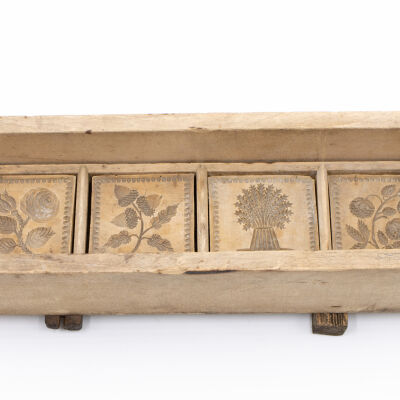
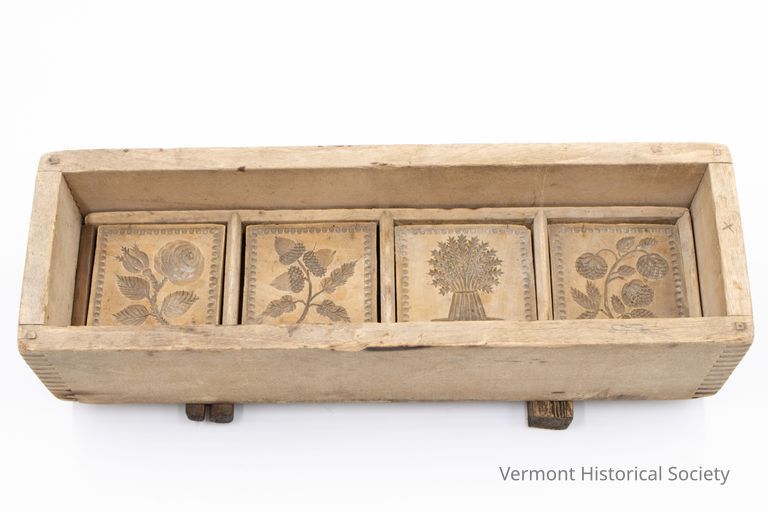
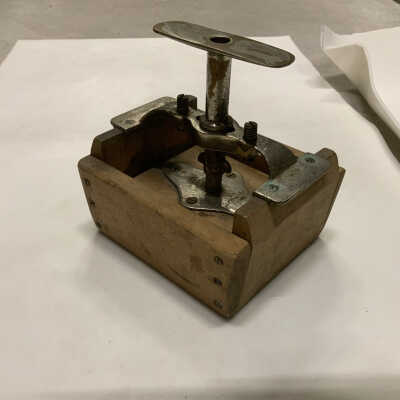


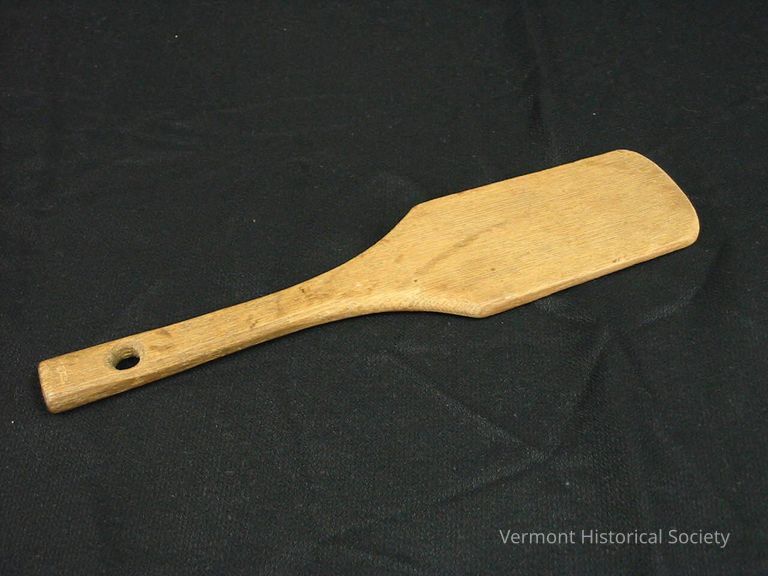

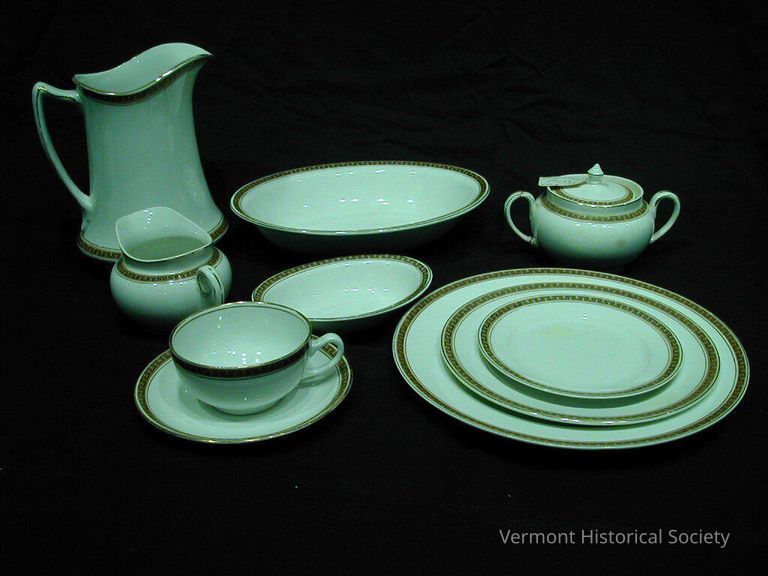
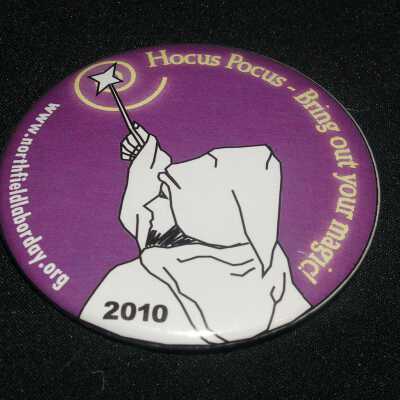
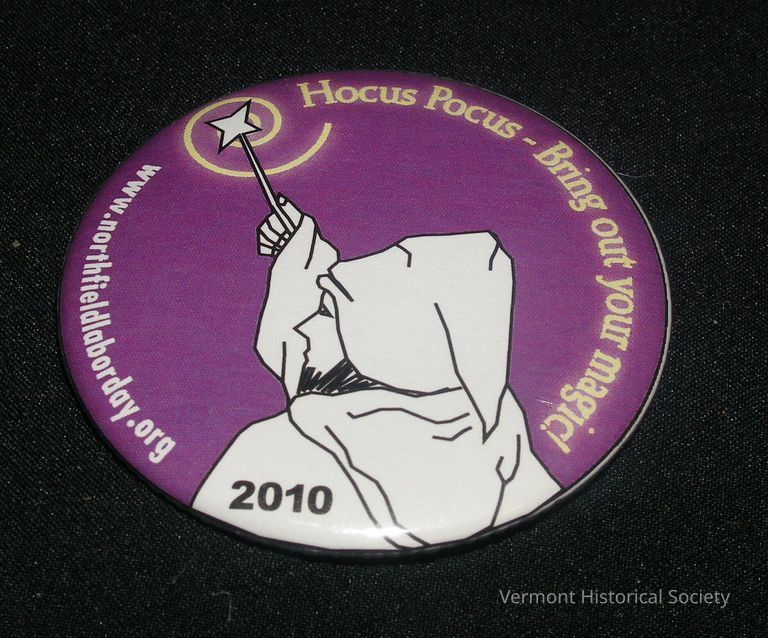
She was the 2010 button design contest winner.
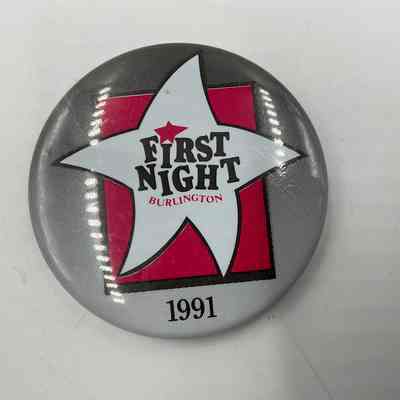
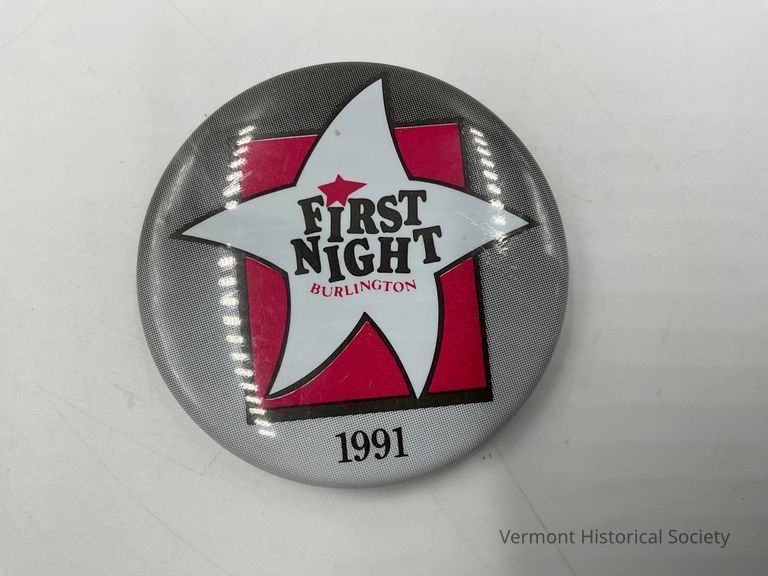
Source: https://www.burlingtonfreepress.com/story/news/2018/04/17/first-night-burlington-ends-35-year-run-done-cold-and-lack-money/525725002/
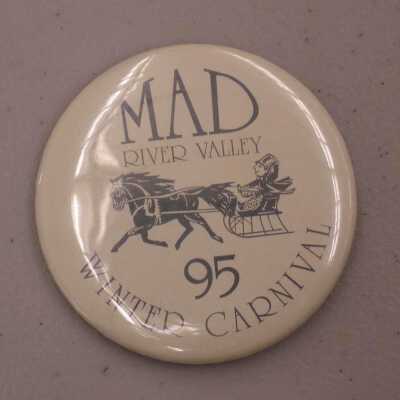
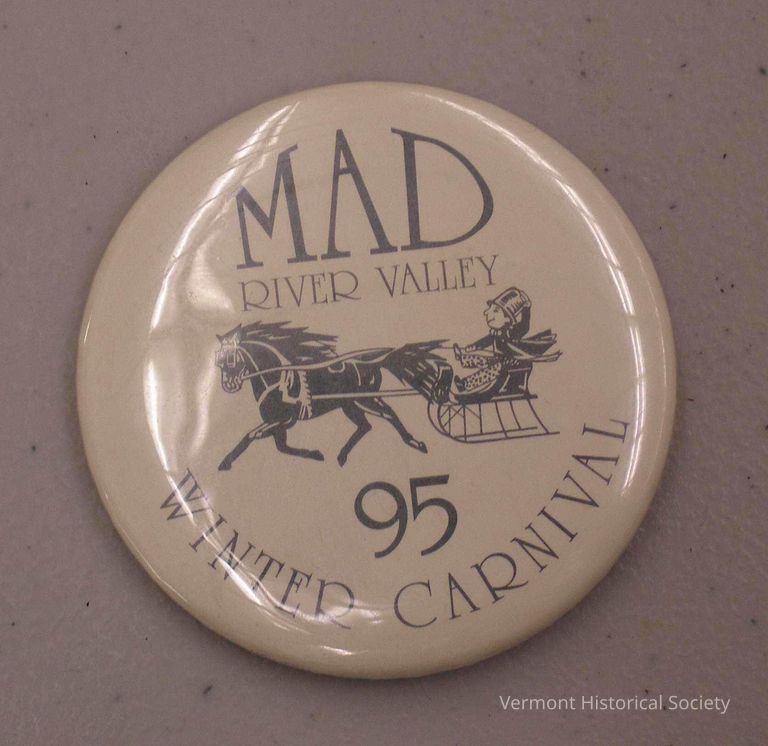
"A ten-day winter Carnival that capitalizes on Vermont's famous winter and combines small town fun with big city activity. Lots of food, skiing, snow shoe races, as well as the Jeep King of the mountain Downhill series. The Mad River Valley is active Vermont, pastoral, but never passive. The Valley is best seen by doing."
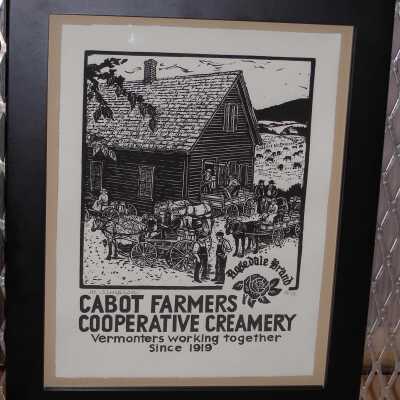
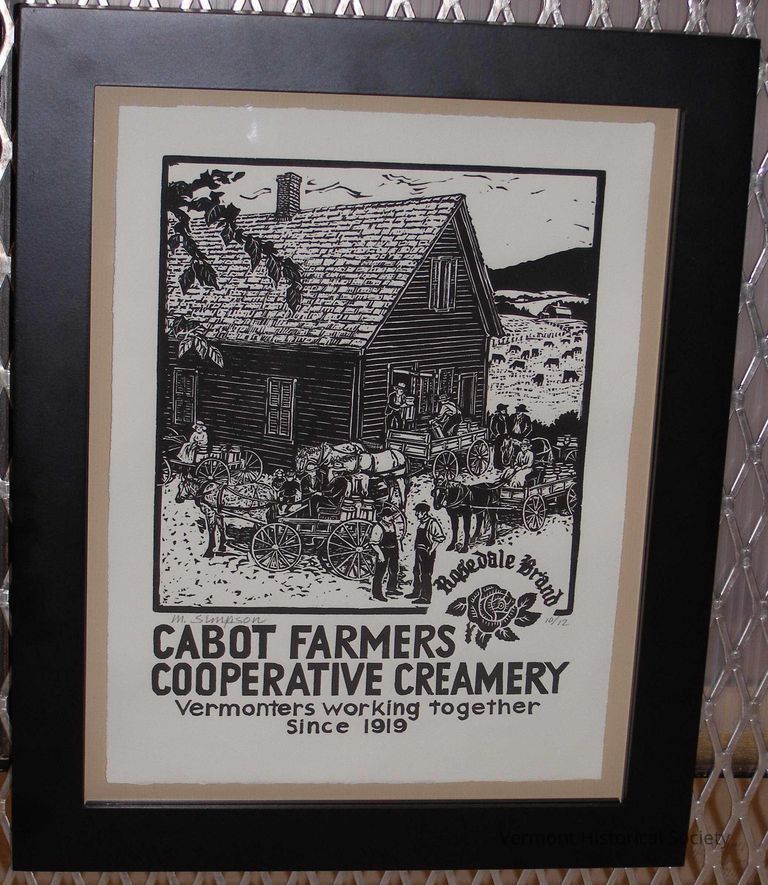
With the steady decline of dairy farming in Vermont, Cabot merged with Agri-Mark, a co-op representing farmers throughout the northeast, in 1992. Today, Agri-Mark represents about 700 farms in New York and New England. In addition to the Cabot dairy plant, they also operate plants in Massachusetts and New York. Consumer brands include Cabot and McCadam. Bulk whey and dairy protein commercial products are branded as Agri-Mark.
Currently residing in Lyndonville, Mary Gorham Simpson was born in northern Vermont and raised on a working dairy farm in Burke. After graduating from Lyndon State College, she and her husband, Wilder Simpson, taught school in the area for several years, then moved west. They lived for seven years in Wyoming and 14 years in Alaska, returning to Vermont in 1992.
While raising her three children, Simpson took art classes and worked on her own in various media - drawing, calligraphy, and painting. In Alaska, she worked as a graphic artist for the Imaginarium Science Center in Anchorage and as a scenic artist for the Alaska Festival Theater and Anchorage Civic Opera. She did scrimshaw for two shops and exhibit calligraphy for three years for the Anchorage Museum of History and Art.
Now back in Vermont, she mostly works as a printmaker with subjects reflecting memories of Vermont agriculture.
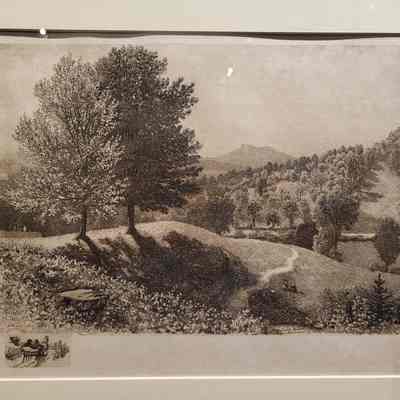
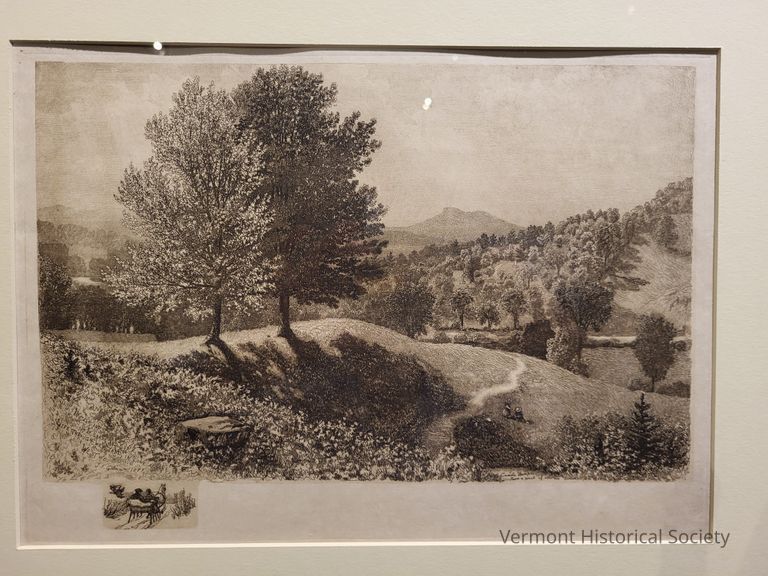
By the late 1860s he evidently made his living as an itinerant artist, often depicting the farm landscape and/or portraits of those providing him with room and board. Works remain of farms and people in Chelmsford, Groton, and Billerica, MA.
In 1872 he arrived in Barre, Vermont, a tall man with red hair and a distinctive red beard. He spent over twenty years in the general vicinity of Barre, Montpelier, Plainfield, and Calais. Most of the time was spent boarding with various farm families, though he did open a studio and school in Montpelier for a time.
At some point in the late 1880s he joined the Church of Christian Scientists and became acquainted with church founder Mary Baker Eddy. From 1889 to 1891 he boarded at the Perrin farm in Berlin, the location of this image. He supposedly fell in love with Mary Perrin, a daughter in the household. The small vignette in the lower left depicts James and Mary in a sleigh. A short love poem is in the composition above. Her father declined to let the couple marry due to Gilman's occupation as an itinerant painter and his newfound religion.
He ultimately sold all of his works and the contents of his studio, some say in reaction to this lost love, and moved back to Massachusetts in 1891. He famously illustrated a poem entitled "Christ and Christmas" by Eddy.
The last decade of his life was spent in Athol, MA were he lived on the edge of poverty, passing away in 1929. Mary Perrin remained on the family farm, never married and died at the age of 72 in 1932.
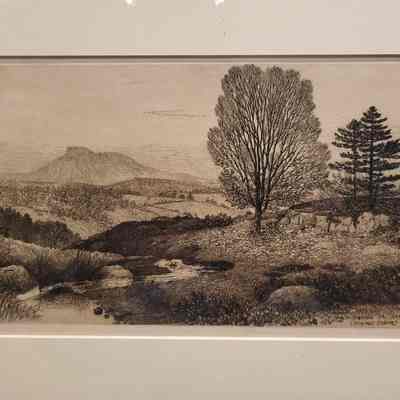
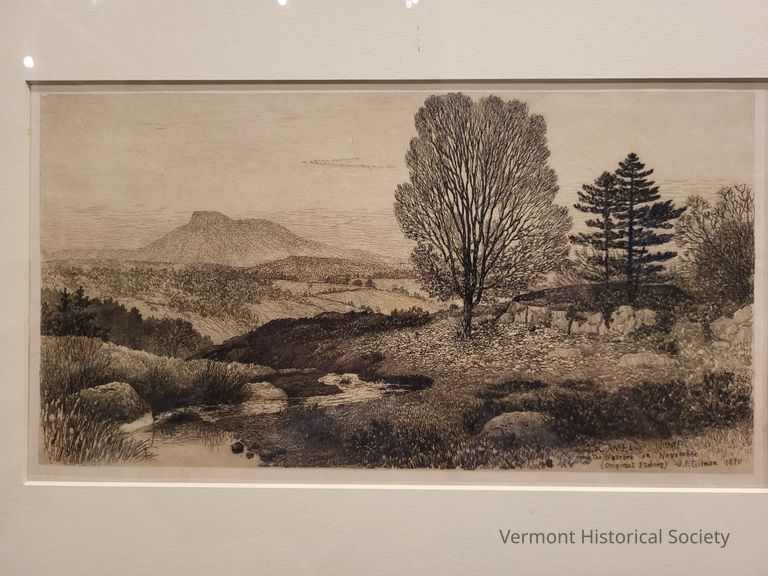
By the late 1860s he evidently made his living as an itinerant artist, often depicting the farm landscape and/or portraits of those providing him with room and board. Works remain of farms and people in Chelmsford, Groton, and Billerica, MA.
In 1872 he arrived in Barre, Vermont, a tall man with red hair and a distinctive red beard. He spent over twenty years in the general vicinity of Barre, Montpelier, Plainfield, and Calais. Most of the time was spent boarding with various farm families, though he did open a studio and school in Montpelier for a time.
At some point in the late 1880s he joined the Church of Christian Scientists and became acquainted with church founder Mary Baker Eddy. From 1889 to 1891 he boarded at the Perrin farm in Berlin, the location of this image. He supposedly fell in love with Mary Perrin, a daughter in the household. Her father declined to let the couple marry due to Gilman's occupation as an itinerant painter and his newfound religion.
He ultimately sold all of his works and the contents of his studio, some say in reaction to this lost love, and moved back to Massachusetts in 1891. He famously illustrated a poem entitled "Christ and Christmas" by Eddy.
The last decade of his life was spent in Athol, MA were he lived on the edge of poverty, passing away in 1929. Mary Perrin remained on the family farm, never married and died at the age of 72 in 1932.
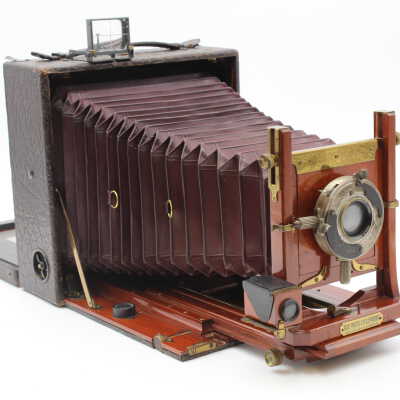
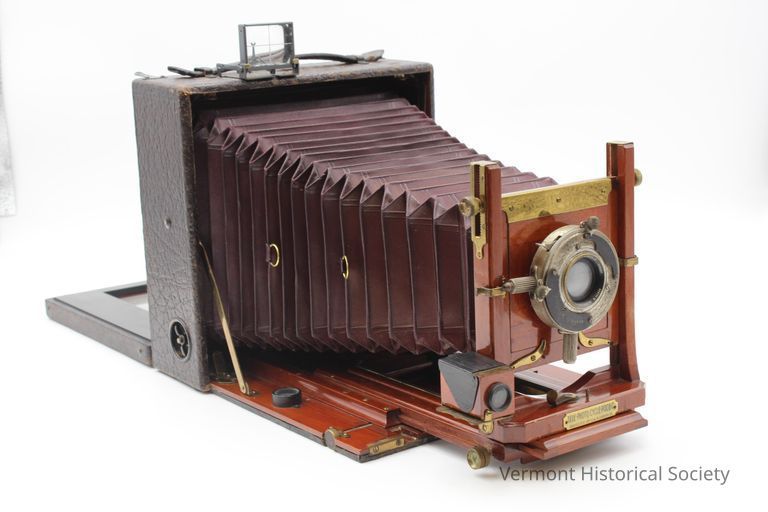
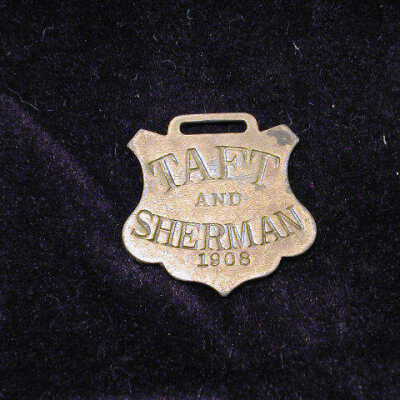
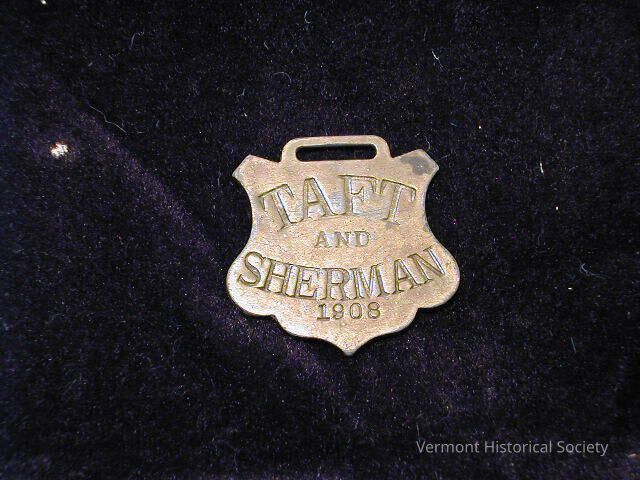

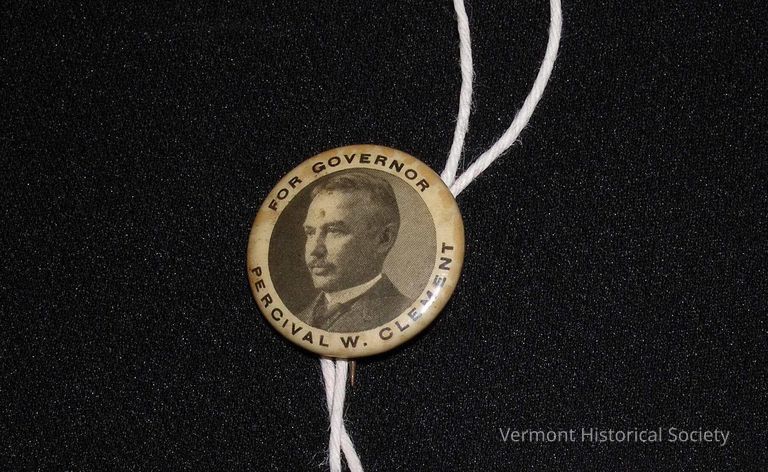
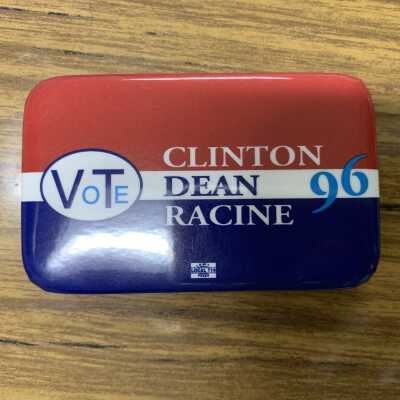
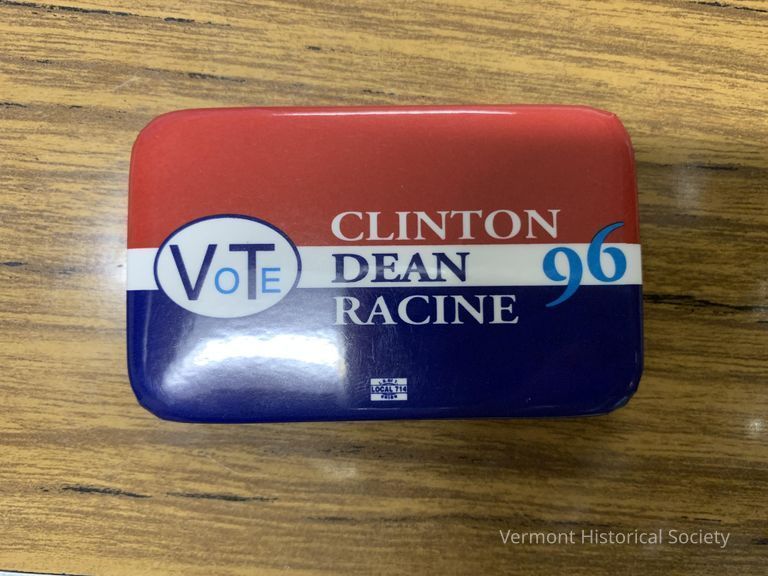
red, white, blue

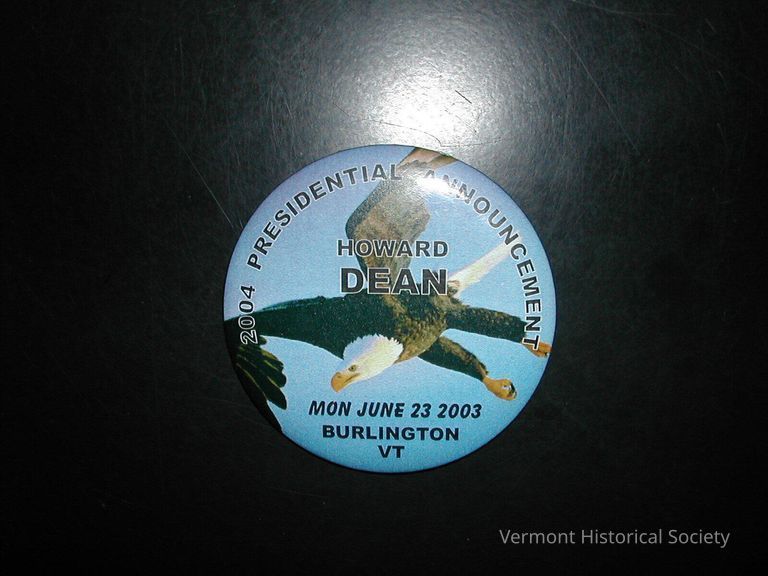
"On May 30, 2002, Dean mailed the FEC papers establishing Dean for America, a presidential campaign committee. Dean for America is headquartered in Burlington, Vermont. The campaign started in a small office in Montpelier, moved to offices in downtown Burlington at the beginning of September 2002, and moved to other offices in Burlington in early May 2003." (Source: http://p2004.org/dean/deanorg.html)
He withdrew from the presidential race in February of 2004 after a series of disappointing finishes in early caucuses and primaries.

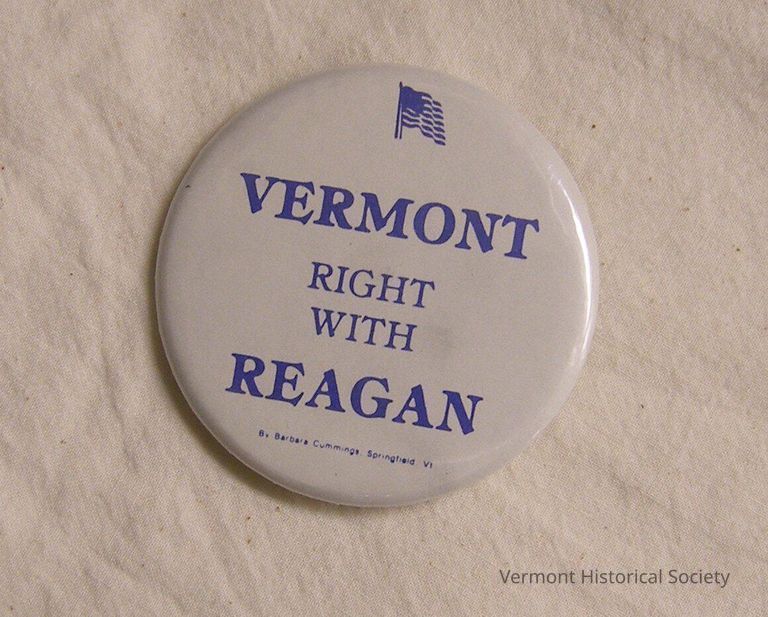
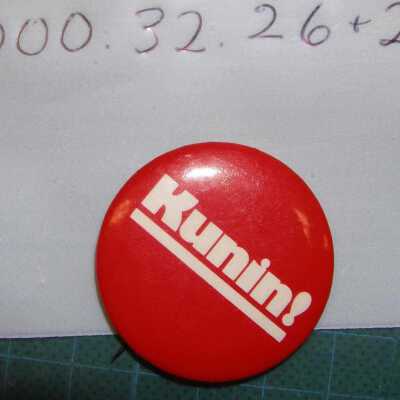
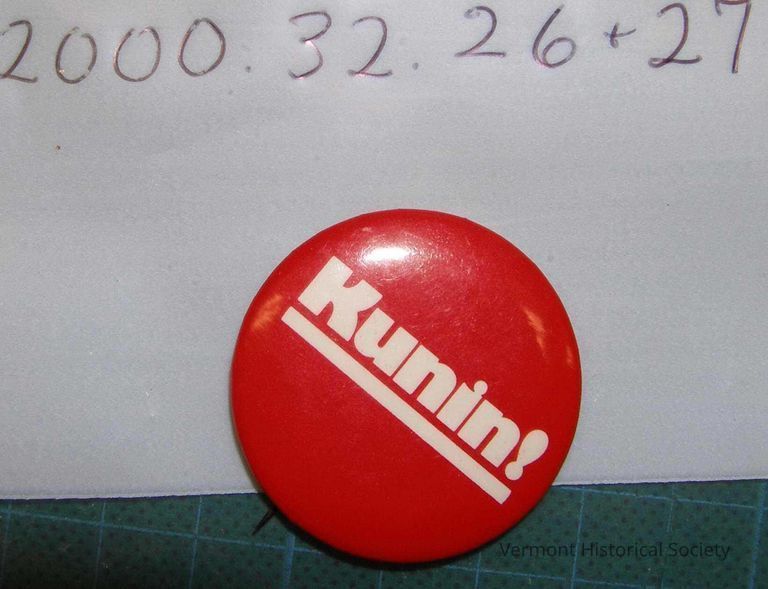
Source: National Governors Association

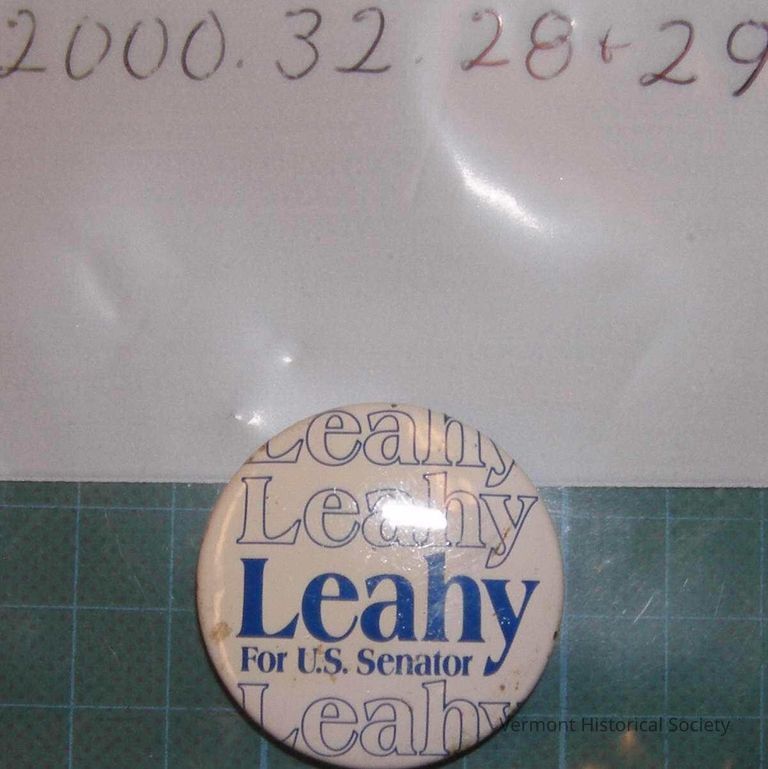

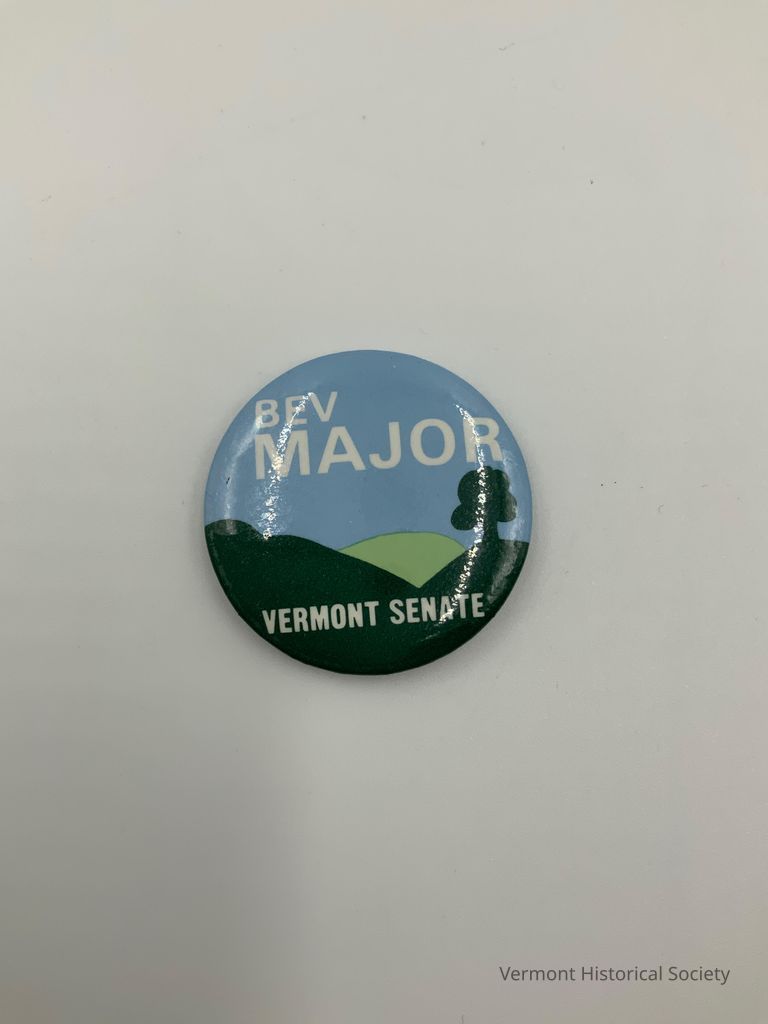
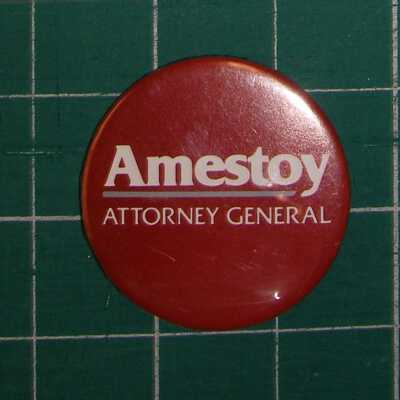
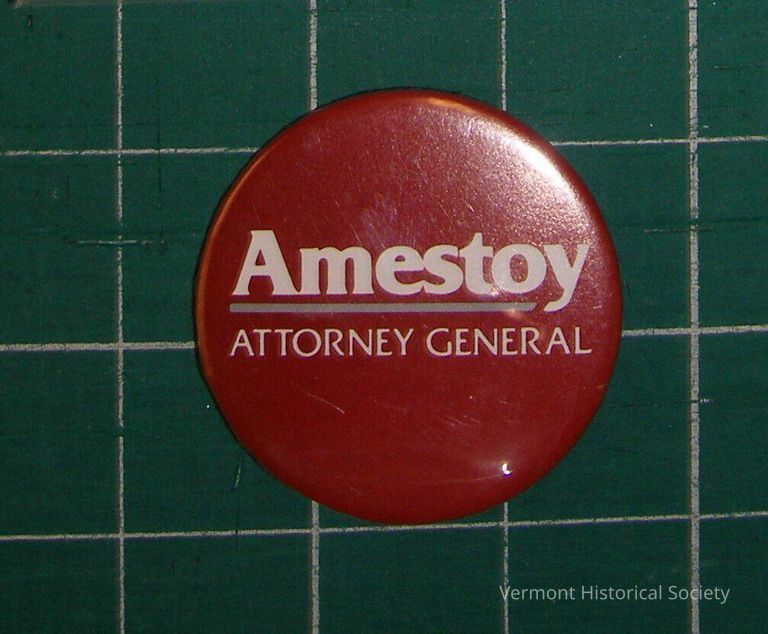
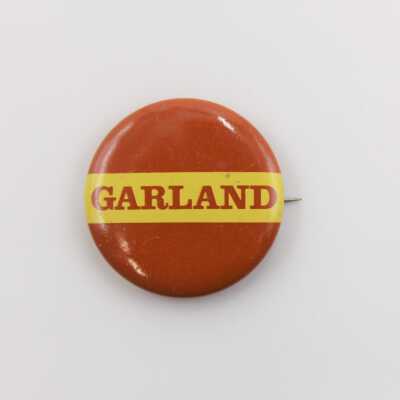
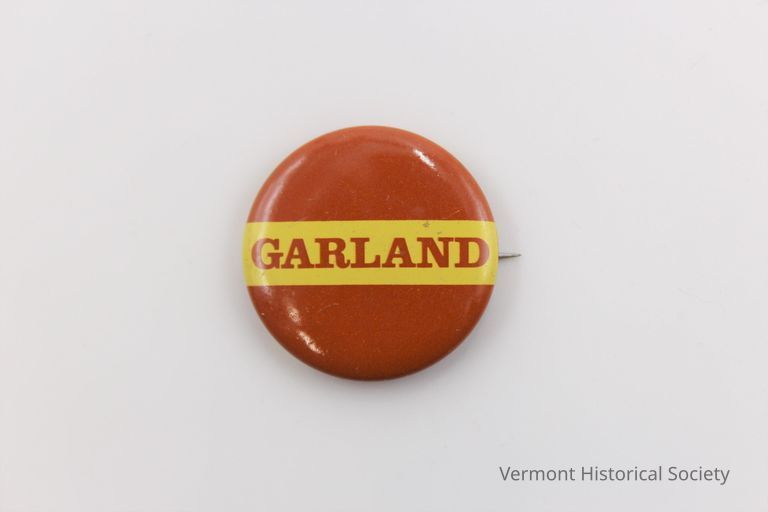
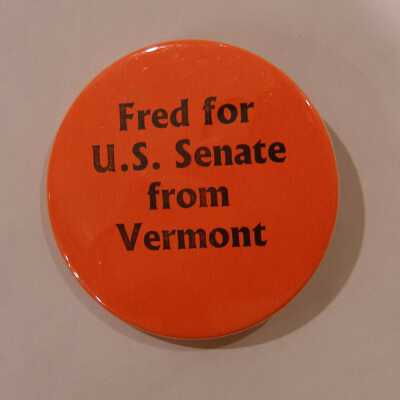
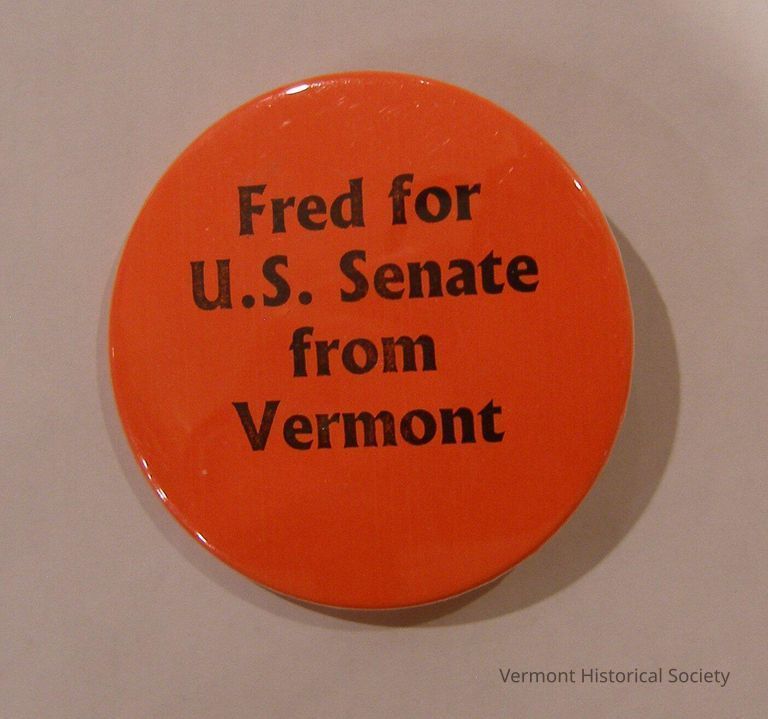
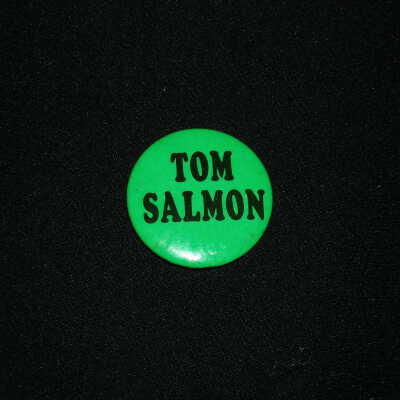
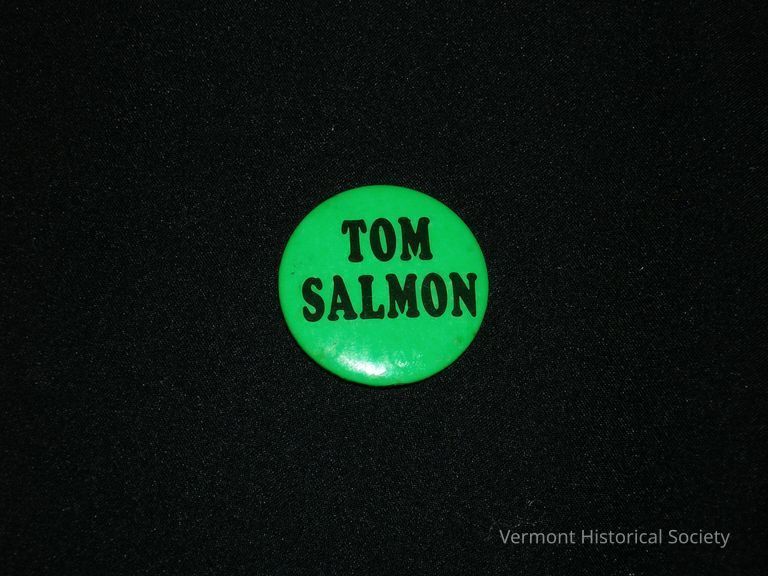
From https://www.nga.org/governor/thomas-p-salmon/
"Born in Cleveland, Ohio, THOMAS P. SALMON graduated from Boston College in 1954 and received a J.D. from Boston College Law School in 1957 and an LL.M. from New York University School of Law in 1958. He went on to serve on the Rockingham, Vermont Town Counsel from 1959 to 1972 and as a Municipal Court Judge in Bellows Falls from 1963 to 1965. He was a member of the State House of Representatives from 1965 to 1970, serving as Minority Leader for two years. As governor, he chaired the New England Governors’ Conference for two years and was a member of the National Governors Association’s Executive Committee. In 1976, he made an unsuccessful bid for a U.S. Senate seat, but went on to become president of the University of Vermont."

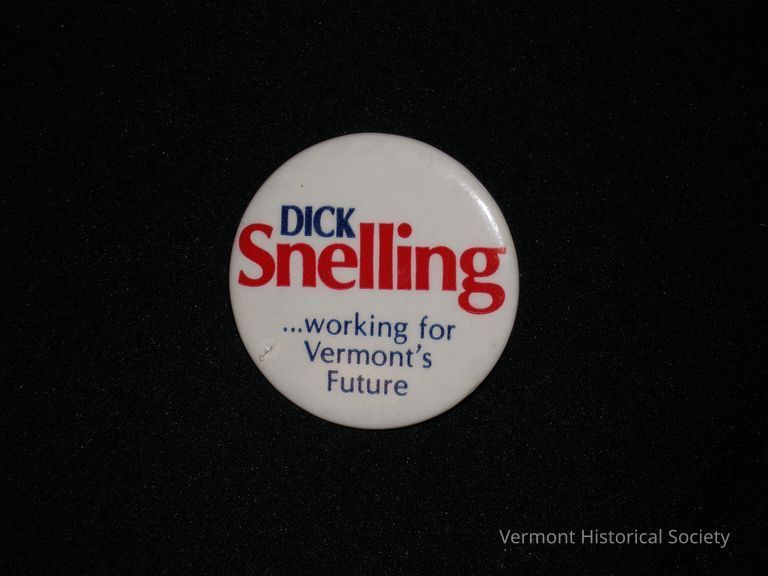
"RICHARD A. SNELLING was born in Allentown, Pennsylvania. He received his bachelor’s degree in government and economics from Harvard University in 1948. He was in the U.S. Army Infantry in Europe from 1945 to 1946. He founded Shelburne Industries, Inc., and chaired several companies. His business affiliations include the Young Presidents’ Association, the Chief Executives Organization, and the World Business Council. He was director of Ski Industries of America and Associated Industries of Vermont and was elected to the Vermont House of Representatives. He served six terms in the legislature, where he was the majority leader from 1975 to 1976. He also served on the Governor’s Commission on the Environment, and the Chittenden County Regional Planning Commission, and chaired the Vermont Aeronautics Board. He was first elected as Governor of Vermont in 1976 and served four consecutive terms. He was appointed to the Advisory Commission on Intergovernmental Relations by President Jimmy Carter and was reappointed by President Ronald Reagan. He chaired the National Governors Association (1981-1982), the New England Governors’ Conference, and the Republican Governors Association. Snelling won an unprecedented fifth term as governor in 1990 but died suddenly eight months after taking office."

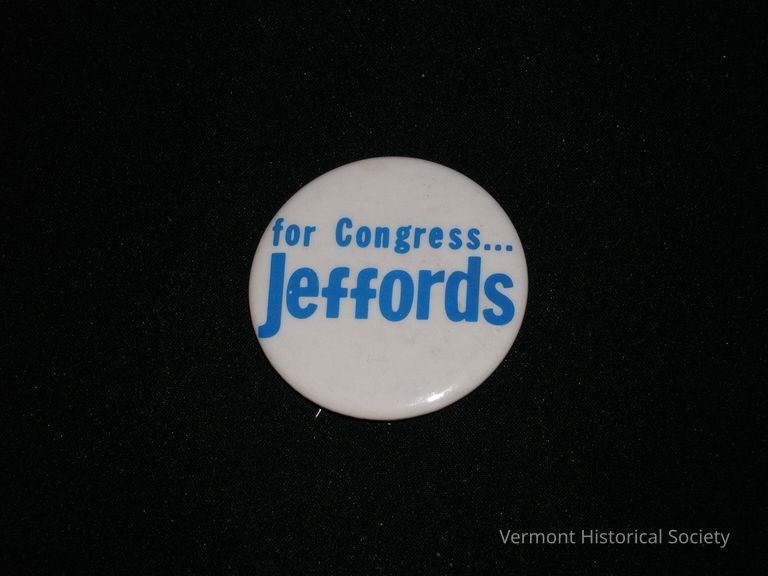


He was a graduate of Bradford Academy and Dartmouth College, ran a dairy farm for 20 years, then moved into politics and government.
In 1961, he began his rise through Vermont politics. He served eight years in the Vermont House, two of them as speaker. He moved on to the state Senate and then won election to Congress, where he served for two terms.
Mallary lost a U.S. Senate election to Patrick Leahy in 1974. He served in the Cabinet and in other positions under three governors. In 1999, he decided to run again for a seat in Vermont’s House. He won and served four more years.
Besides his long political career, Mallary also was an executive at a bank, two different utilities and a heating company. He was vice president of Central Vermont Public Service Corp. and president of Vermont Electric Power Corp., which oversees transmission lines throughout the state.
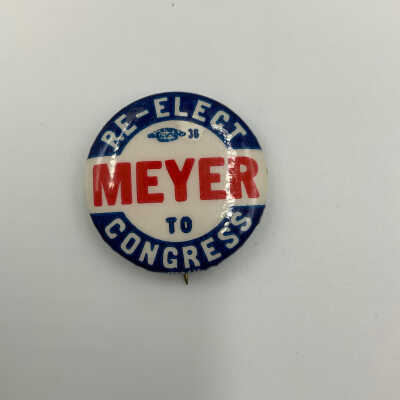
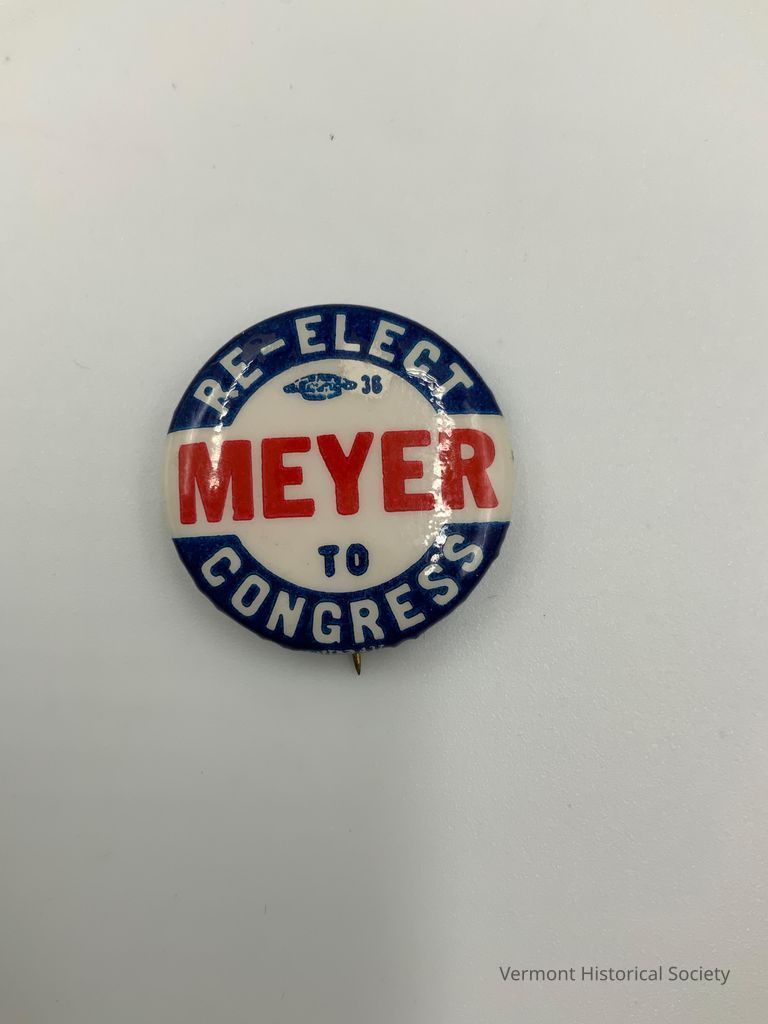
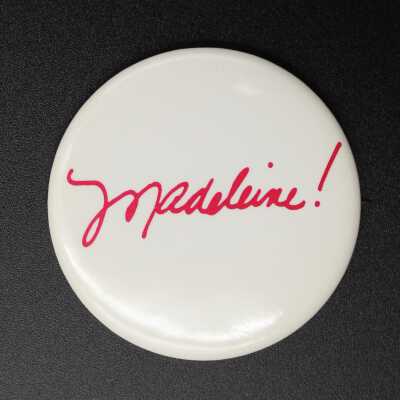
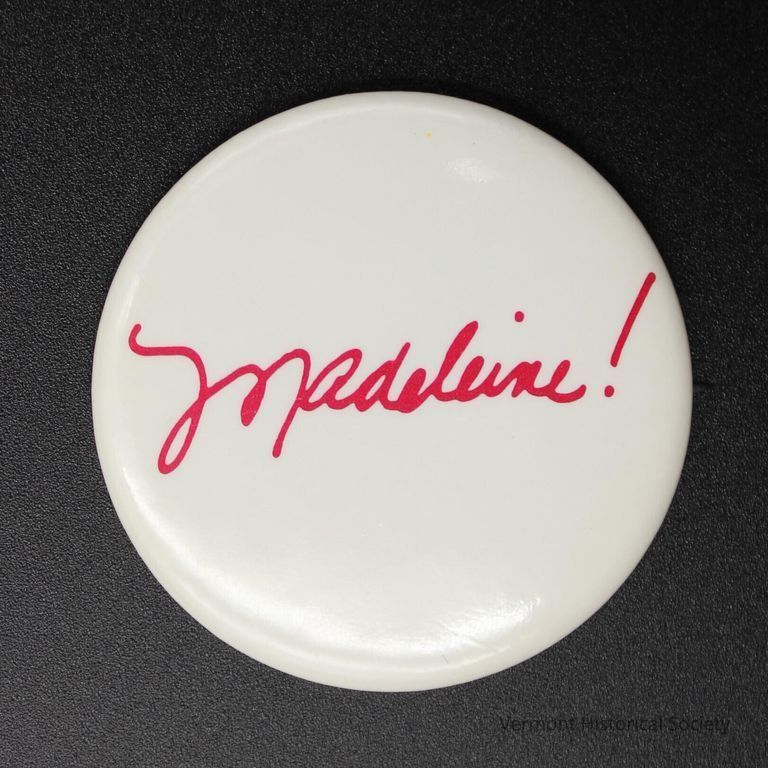
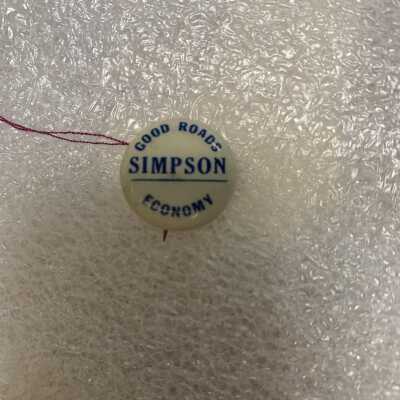
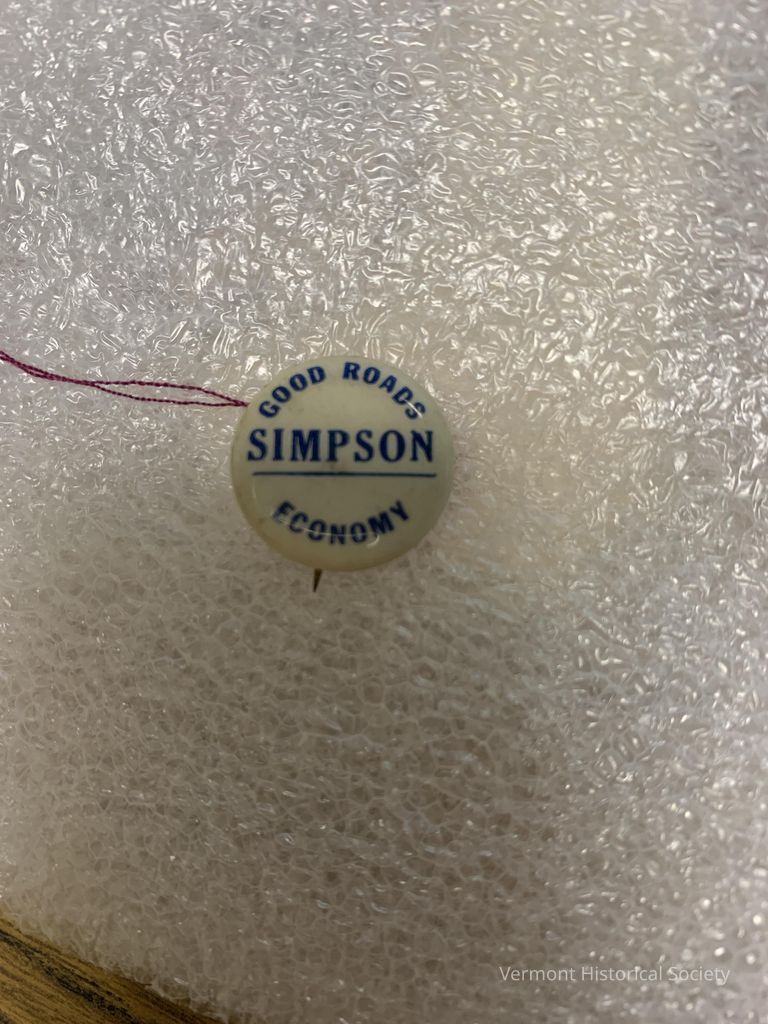
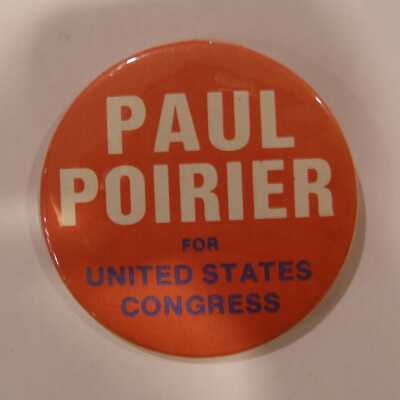
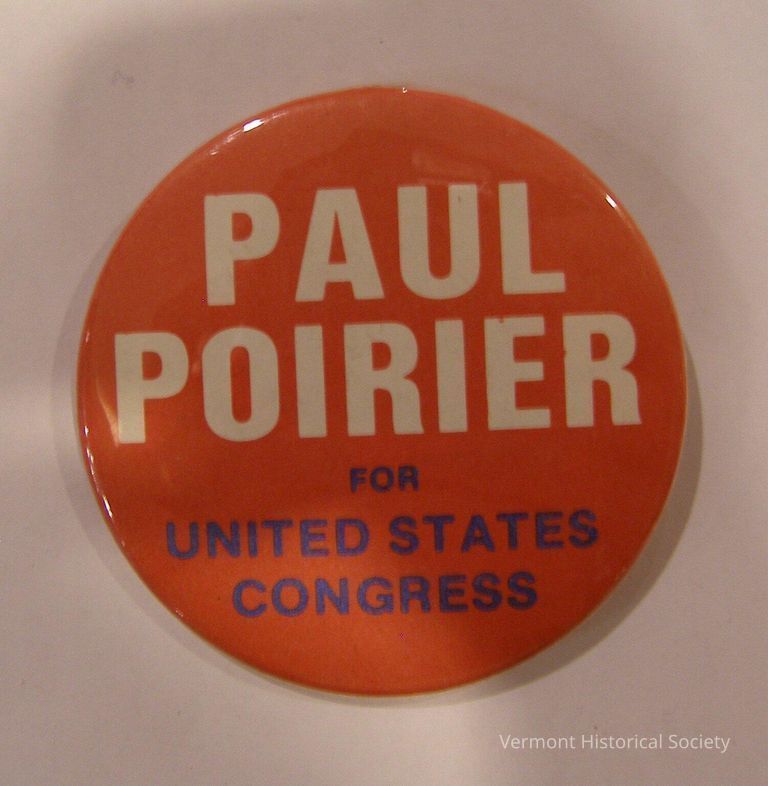
This was Poirier's sole run for statewide office, but he has run legislative races starting with an unsuccessful bid for a House seat in 1986. He ran several times for the state senate in the early 1990s, won election to the House in 1996 and again in 1998. He tried again for the state senate in 2000 and lost. He tried unsuccessfully to return to the House in 2006, and was successful in 2008, winning re-election in 2010, 2012 and 2014 before losing in 2016.
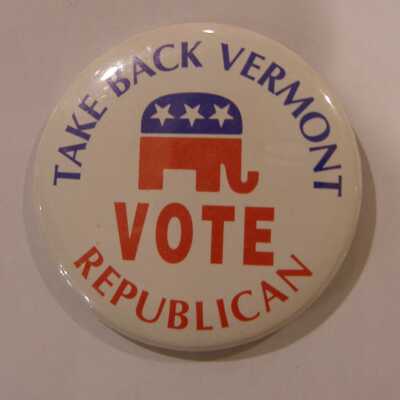
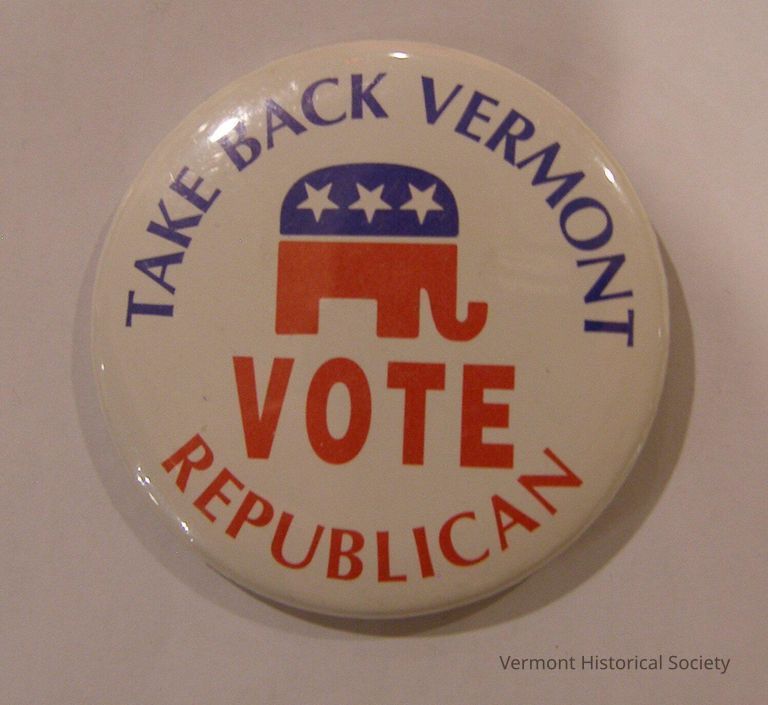

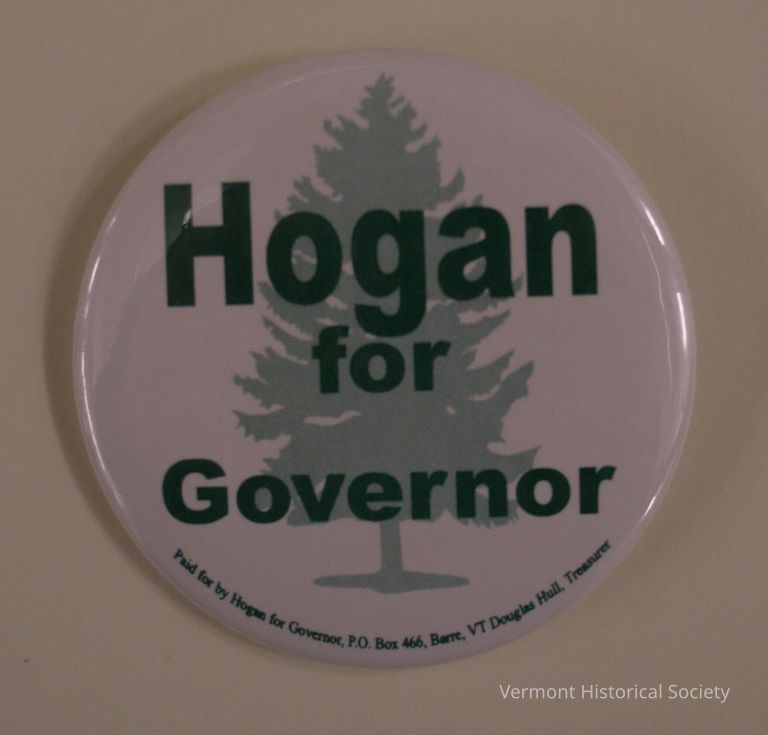
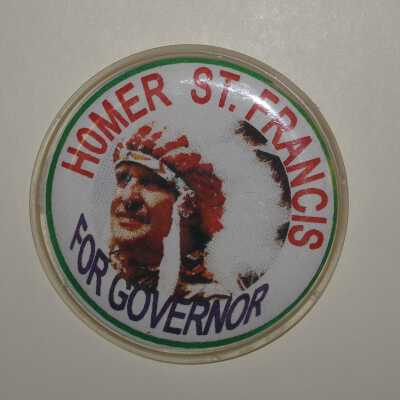
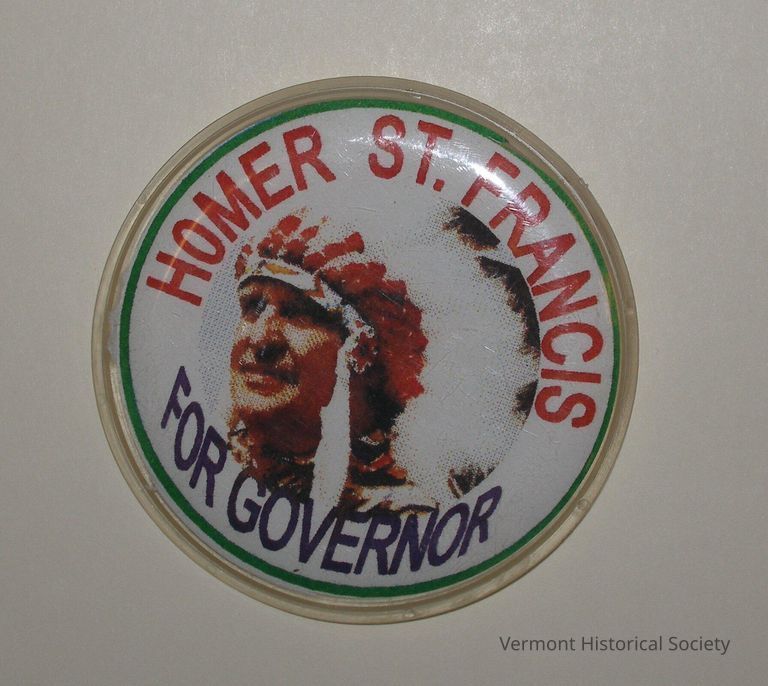
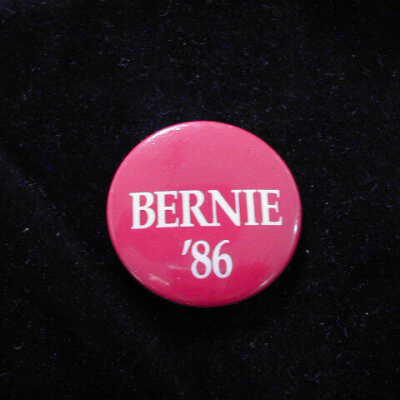
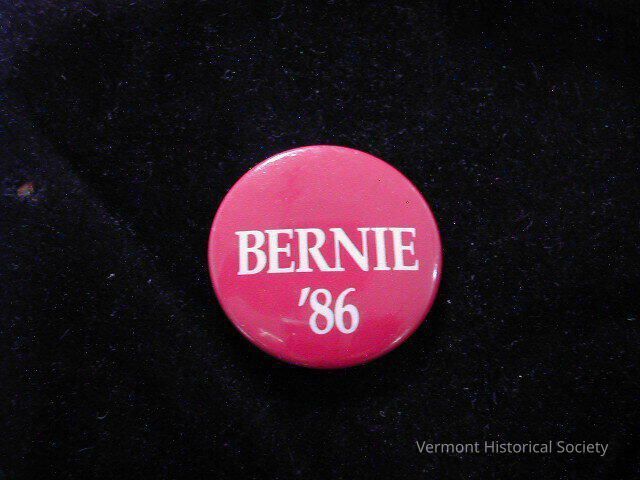
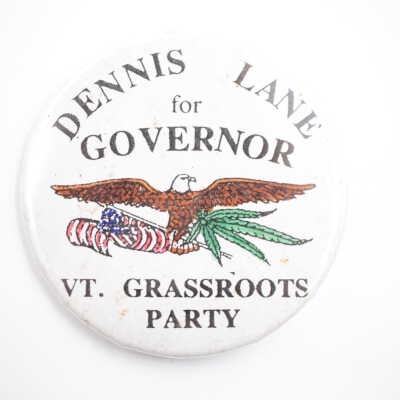
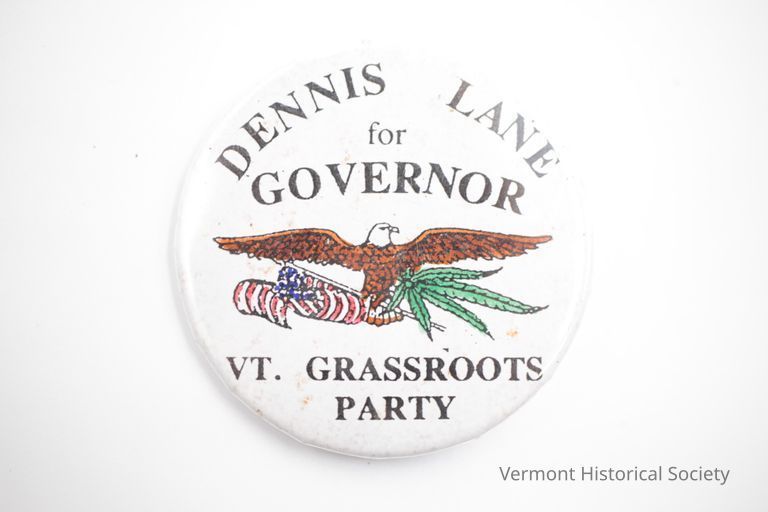
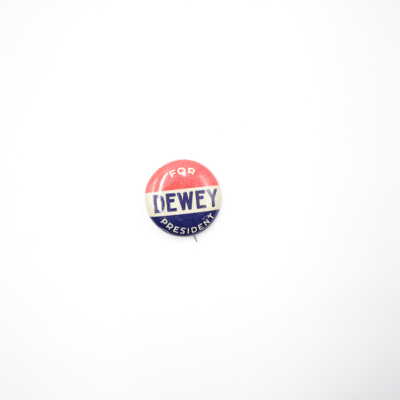

One pin has the names “Dewey” and “Bricker.” John W. Bricker, the governor of Ohio, was the vice presidential nominee on the Republican ticket in 1944. In 1948, Dewey teamed with Earl Warren, the governor of California to try again to defeat Roosevelt and his vice presidential choice, Harry S. Truman.
To see more on Dewey, go to https://www.britannica.com/biography/Thomas-E-Dewey.

a) envelope of "Badge Ribbons"
b) cufflinks and gold buttons in white and pink box
c) top of a badge, a rampant eagle
d) string of buttons
e) brass tag Roosevelt and Fairbanks
f) string of Mass. buttons
g) souvenir GAR badge
h) V.N.G. pin
i) Vt. GAR badge
j) Mil. Order of Loyal Legion medal
k) watch chain/fob
l) cufflinks
m) cufflinks
n) ribbon cufflinks, collar stays in white box
o) folding mother of pearl button hook
p) key
q) brown buttons
r) assorted buttons/cuff links
s) mourning ribbon
From the finding aid for the Charles F. Branch collection in the Vermont Historical Society Library:
"Charles Franklin Branch, the son of Orson Smith and Rodilla (Felton) Branch,
was born on 9 December 1845 and grew up on a farm in Orwell, Vermont. In 1862, he
enlisted with the 9th Vermont Volunteers at age 16 and remained in the service until he
was mustered out on 1 December 1865. Charles F. Branch rose in rank from private to
major and was cited for meritorious conduct at the capture of Richmond.
After the war he worked on his father’s farm. In 1875, he resumed his education
which had been interrupted by the war, graduating from the medical school at the
University of Vermont in 1879. That same year he set up practice in Coventry, Vermont,
before later moving to Newport in 1887. Dr. Branch also taught at the University of
Vermont and was surgeon-general of the state from 1886 to 1888. In 1895, he was
president of the Vermont State Medical Society. He removed his practice to Amherst,
Massachusetts, in 1896, where he also served as medical examiner for 11 years.
An active member of the Grand Army of the Republic (GAR), Charles Branch
served as commander of Department Vermont and was “esteemed one of the best
speakers on the subject of war in the state” (Ullery, Men of Vermont). Charles Branch
died in Amherst, Massachusetts, on August 27, 1907. He had a son and three daughters
and was married four times: Emma Cook (d. 1876); Ida Burbank (1858-1889); Martha J.
Stewart (d. 1894); Clara Bell Greenwood (1872-1956)."
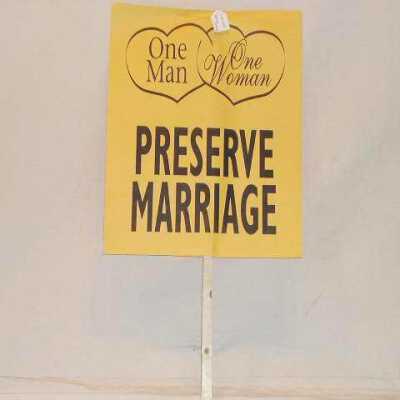
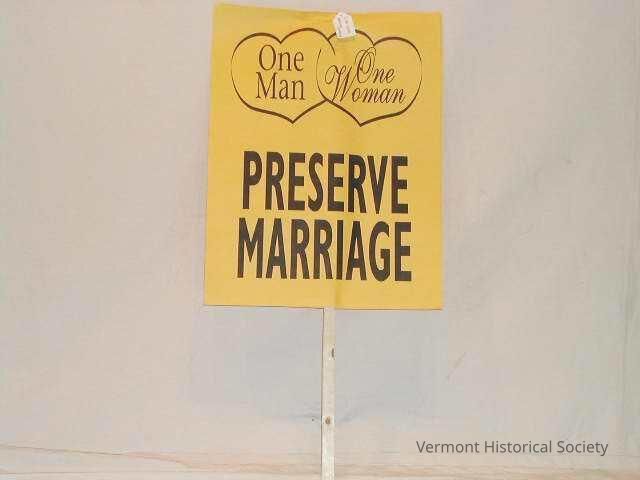
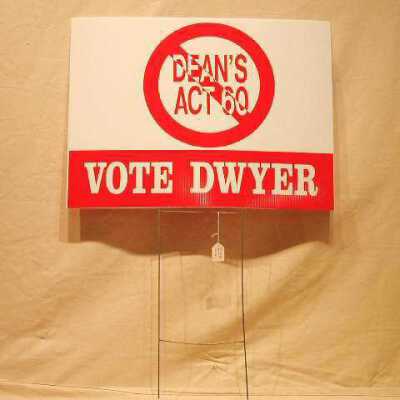
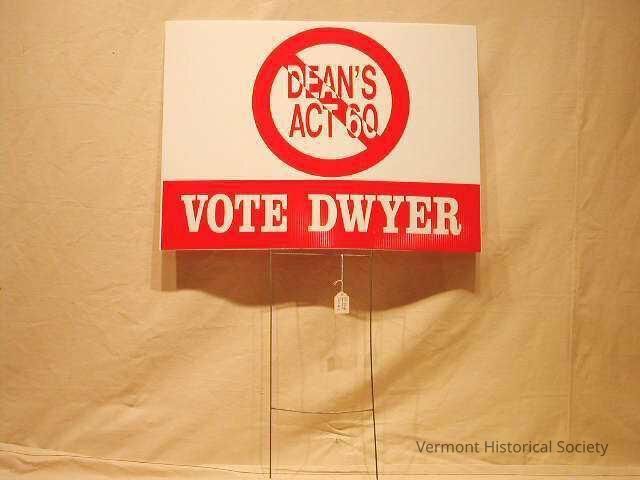
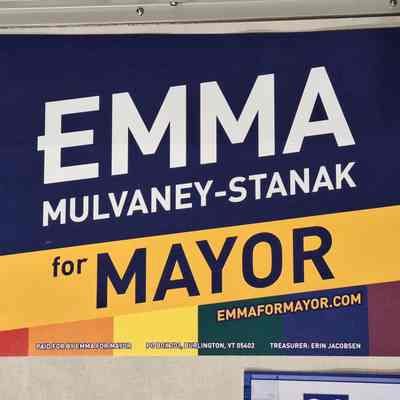
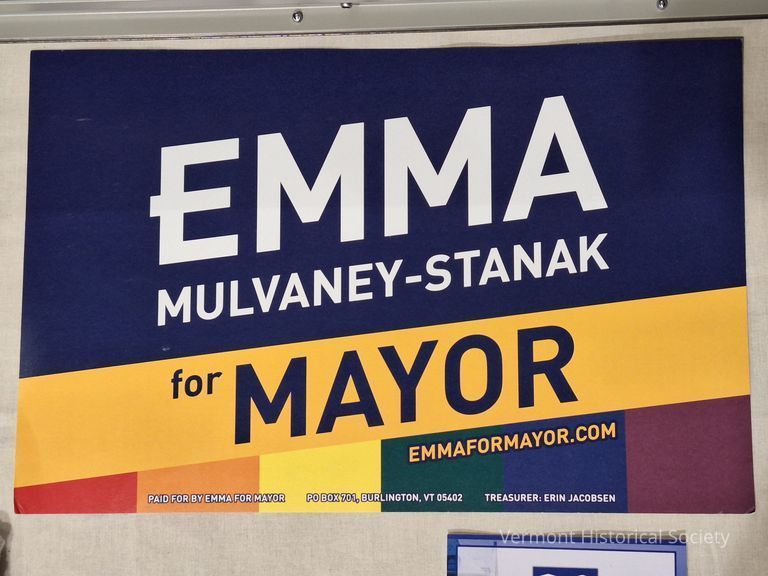
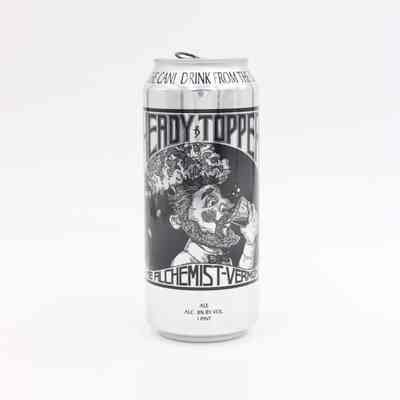
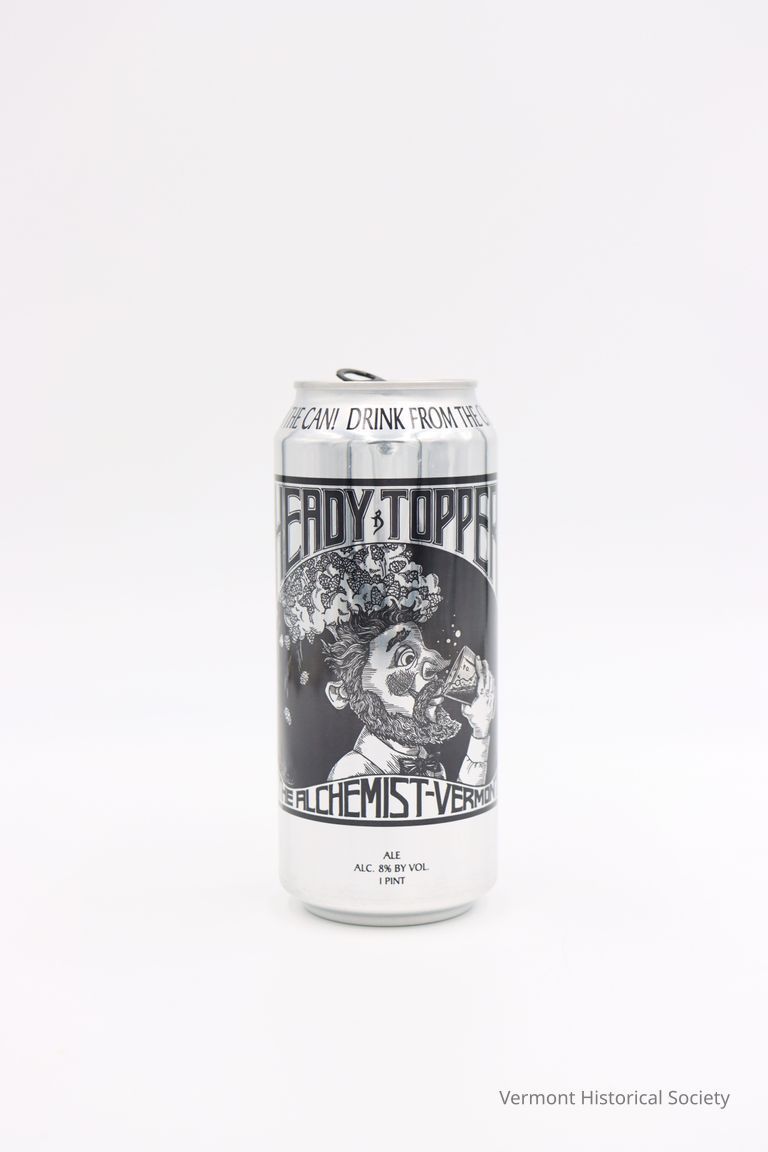

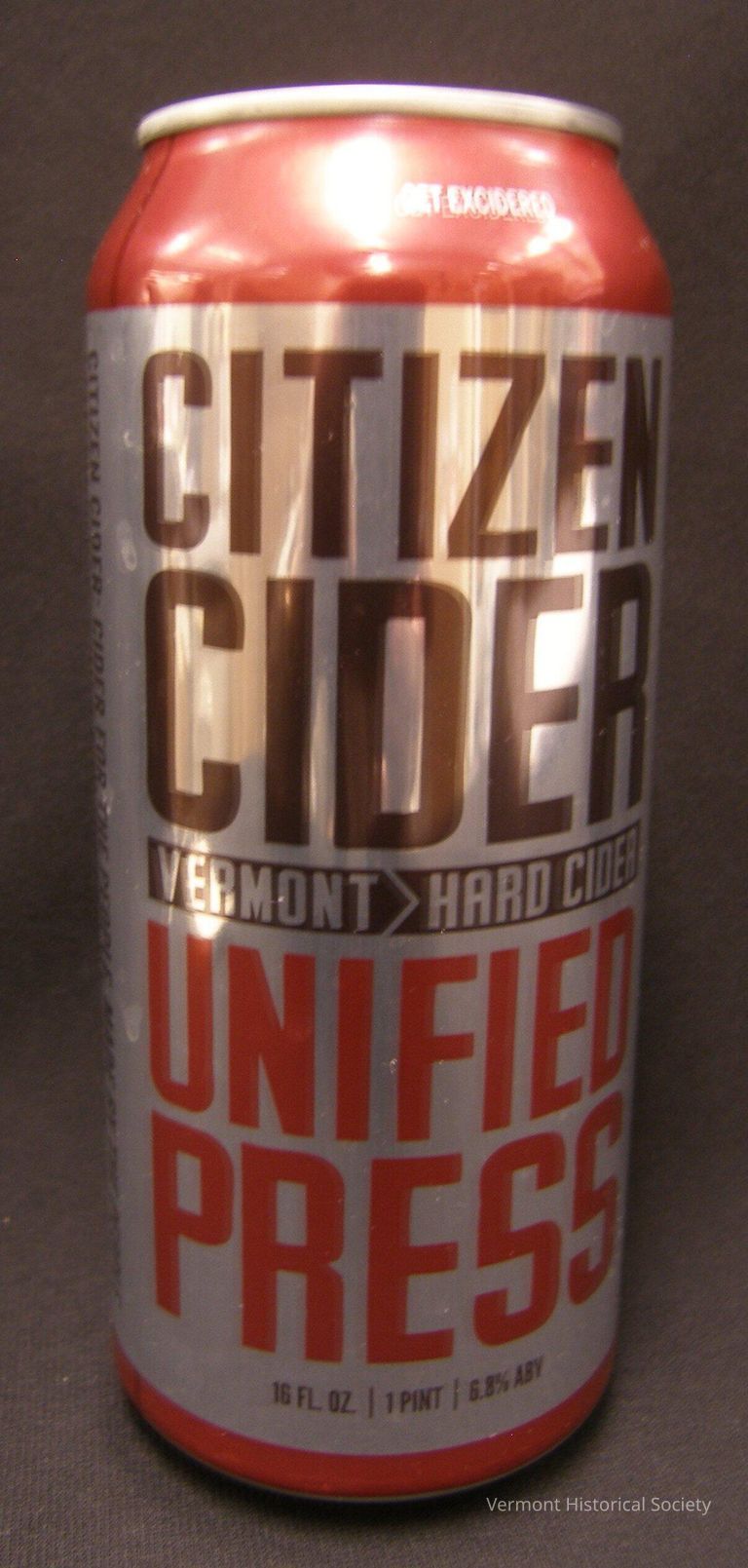
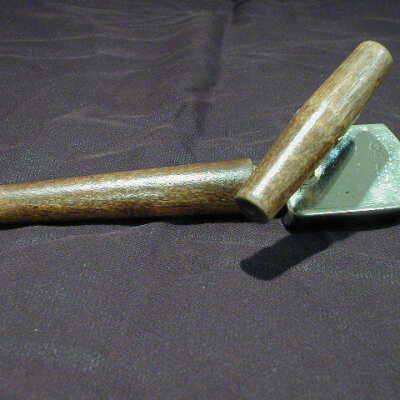
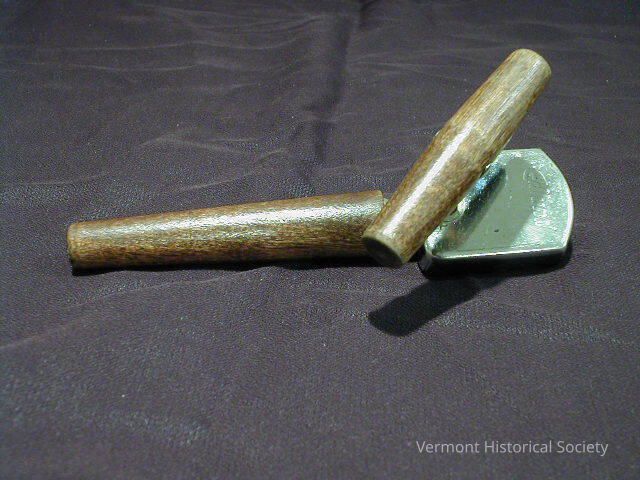
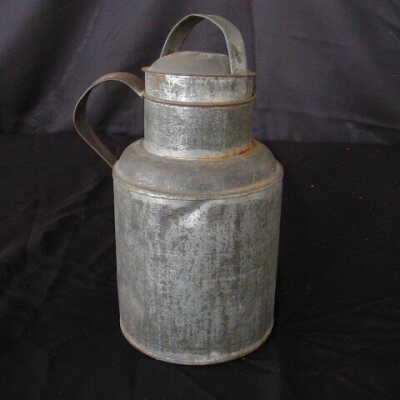
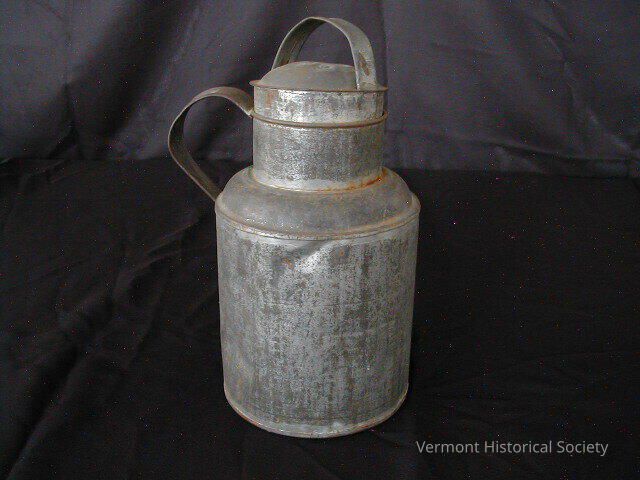
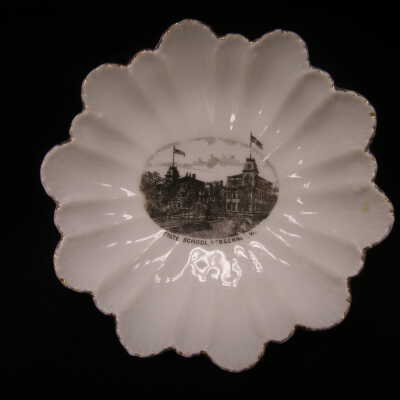
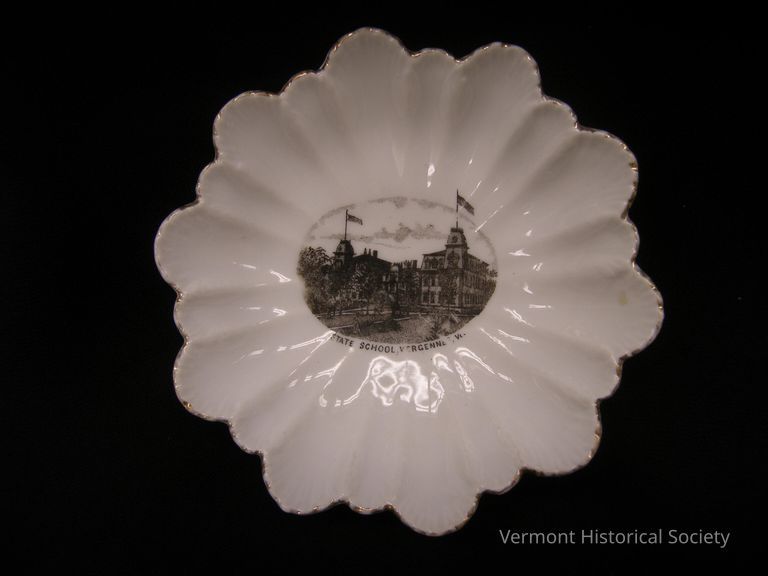
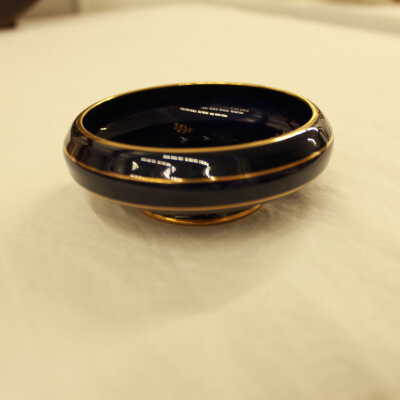
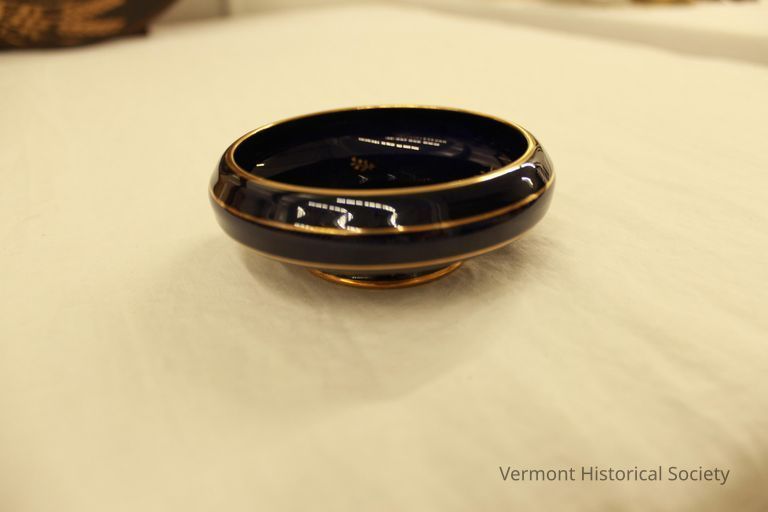
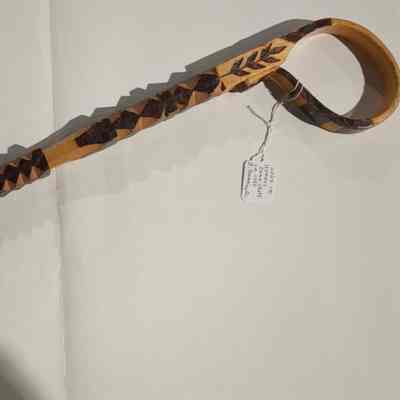
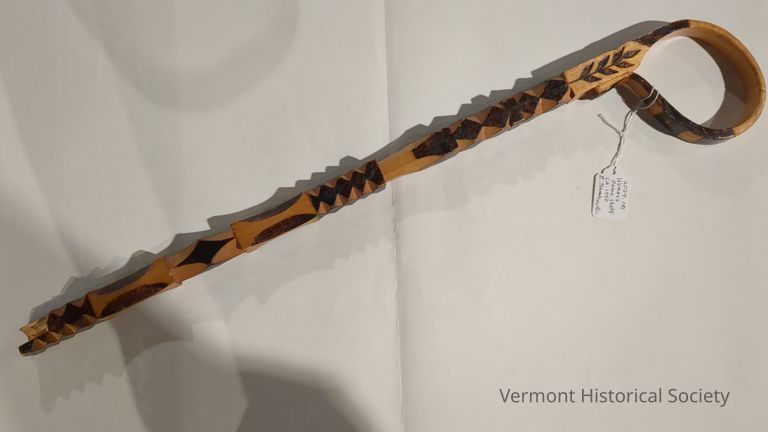
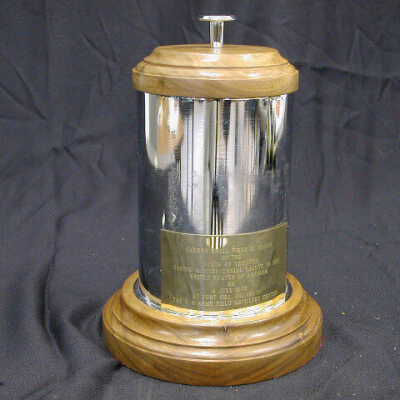
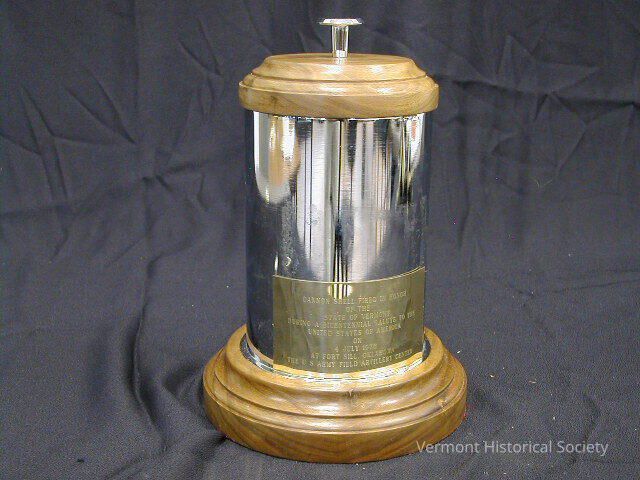
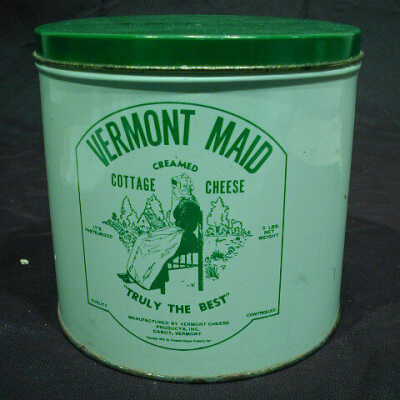
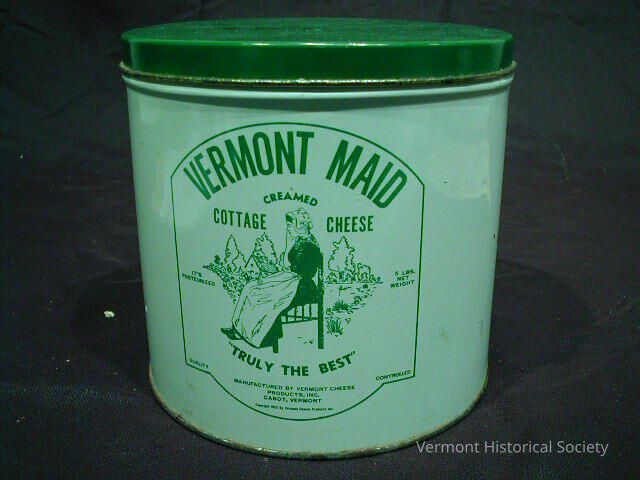
Outside of tin is painted white and the printing and litho are in an evergreen color.
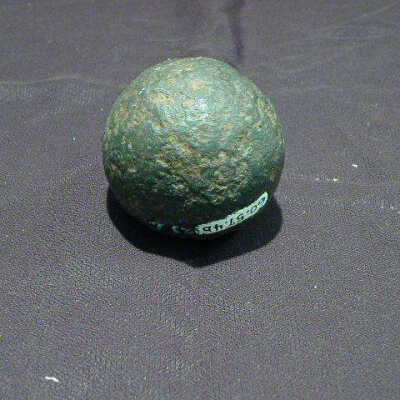
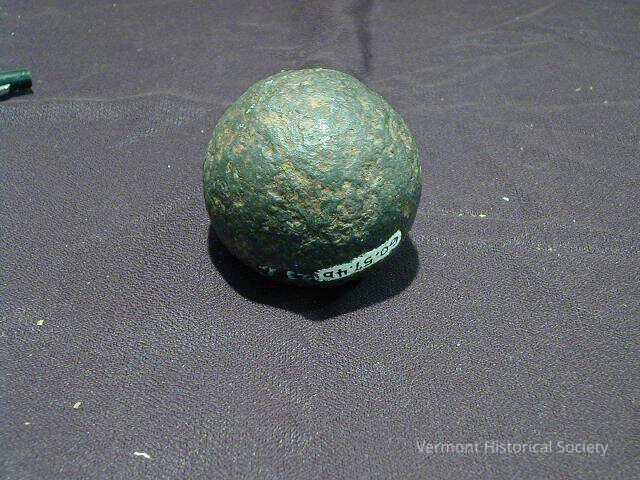
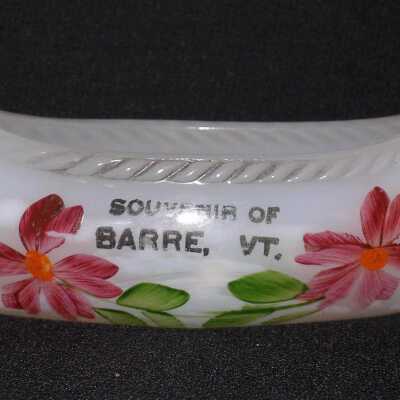
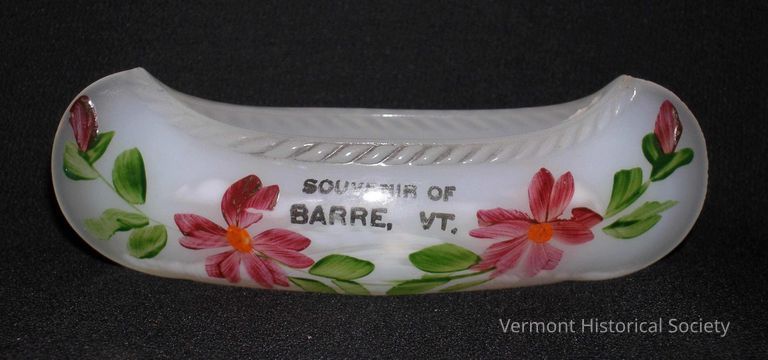
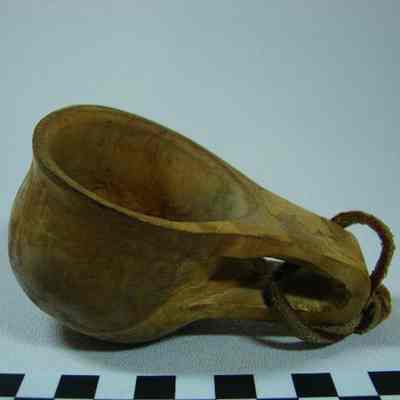
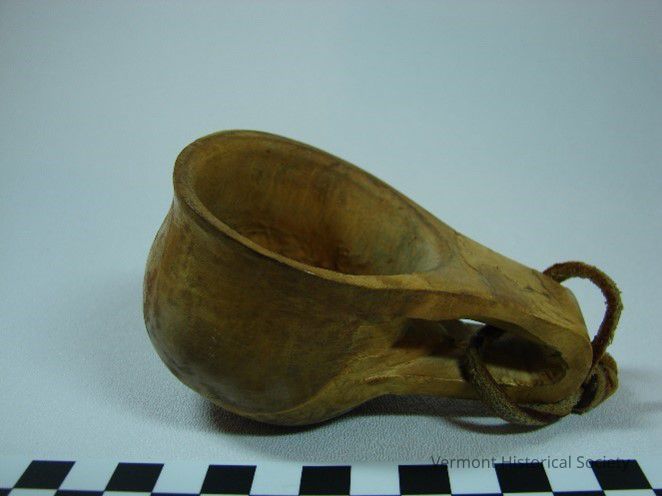
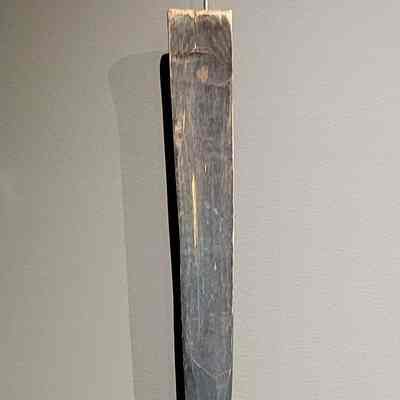

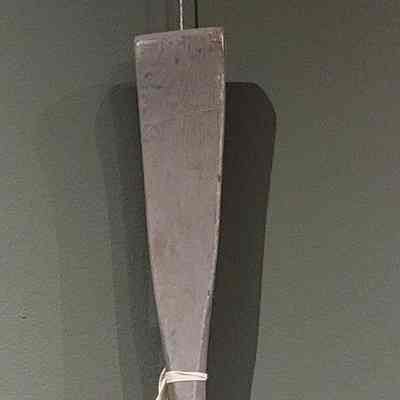

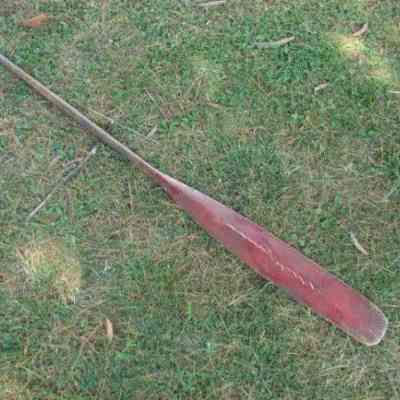
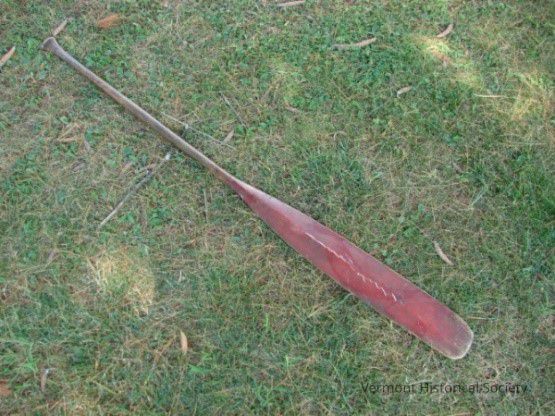
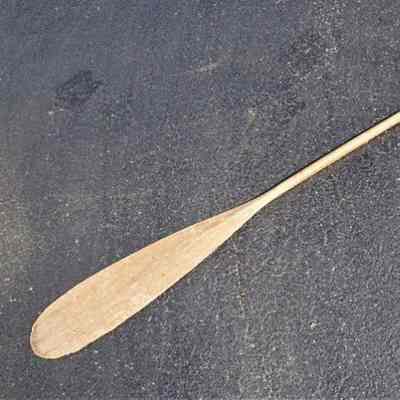

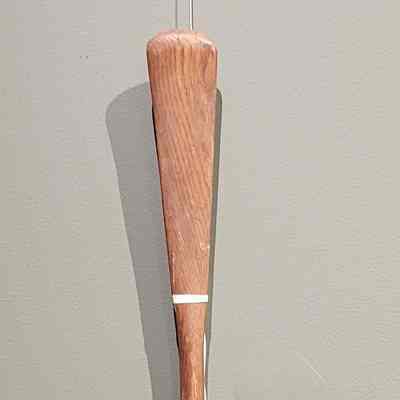

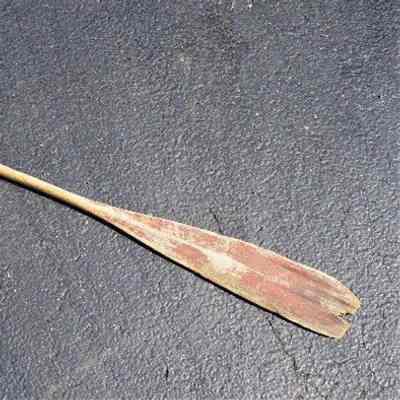
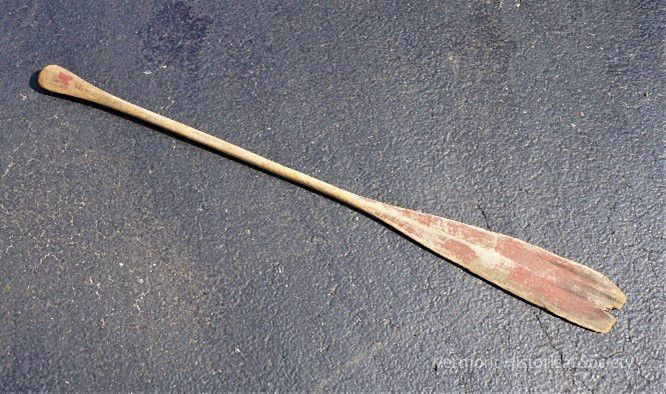
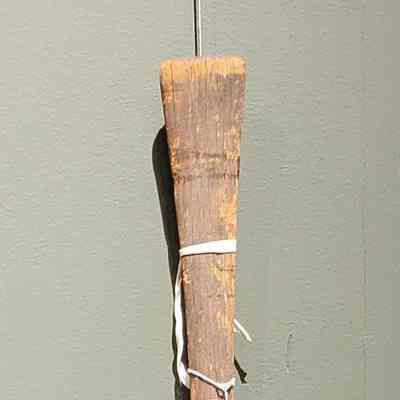

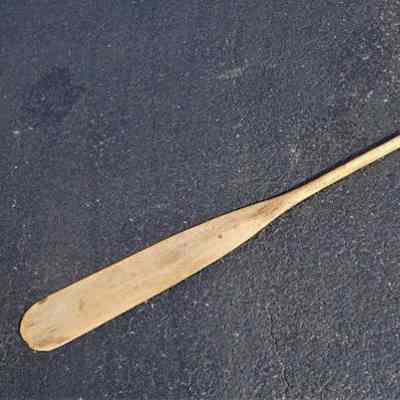
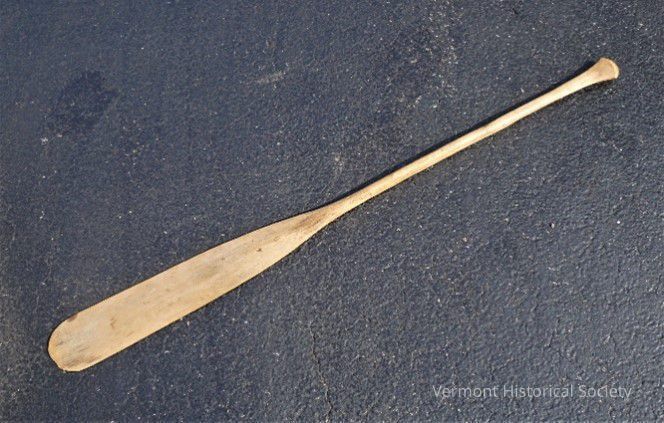

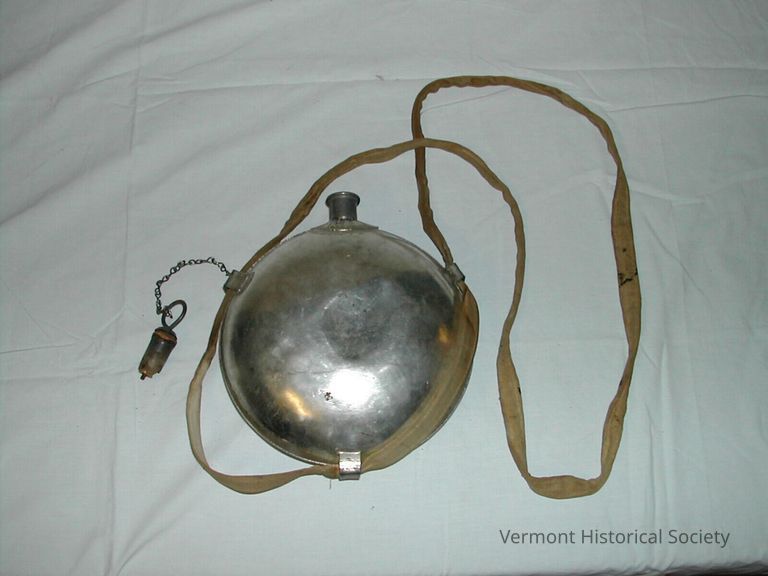
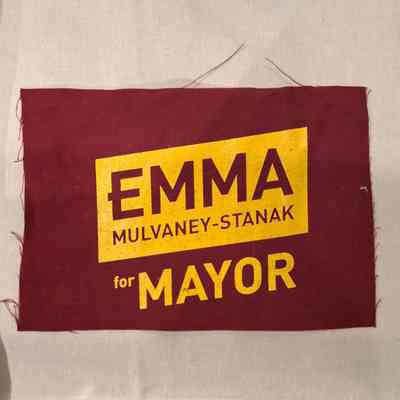
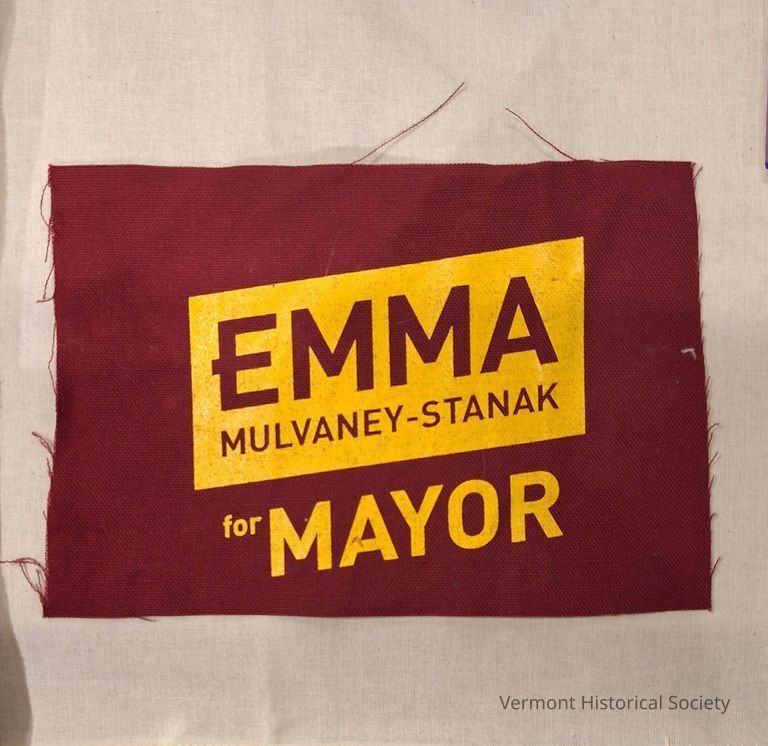
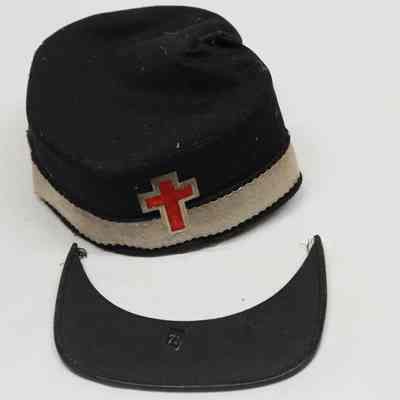
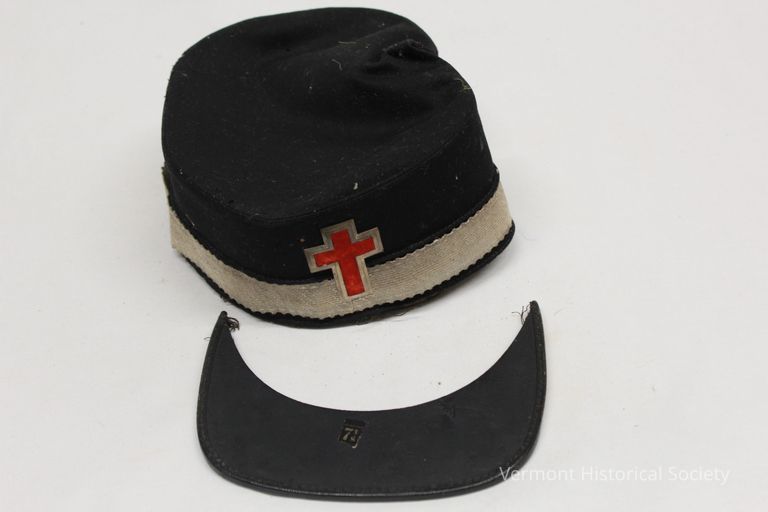
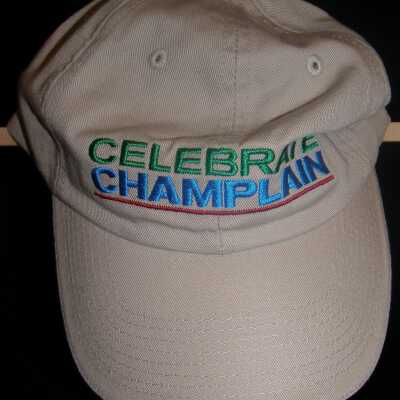
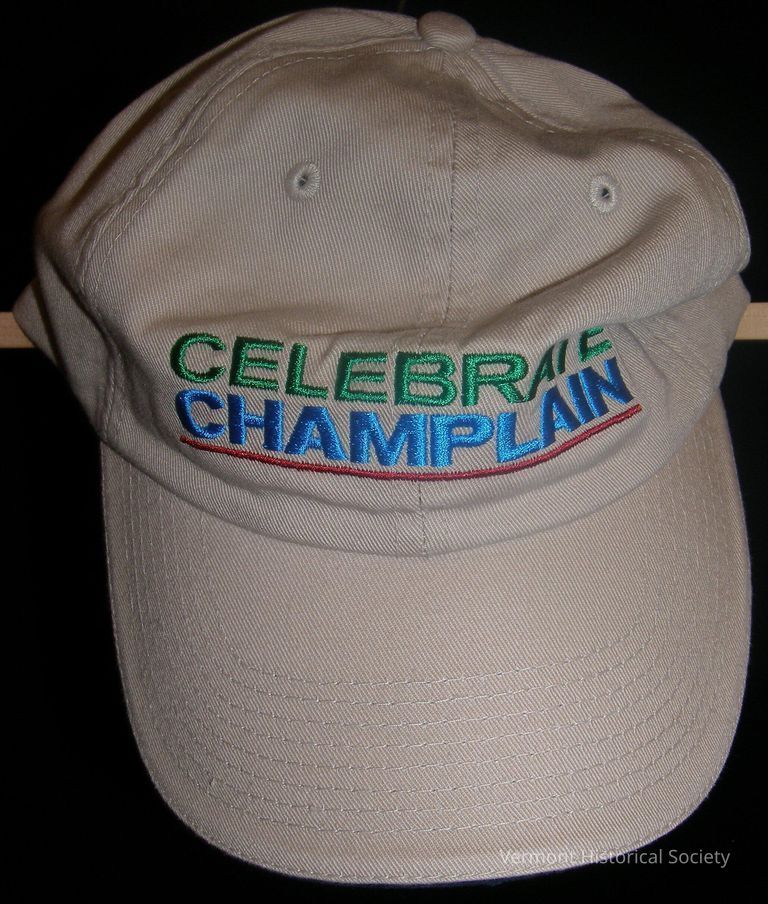

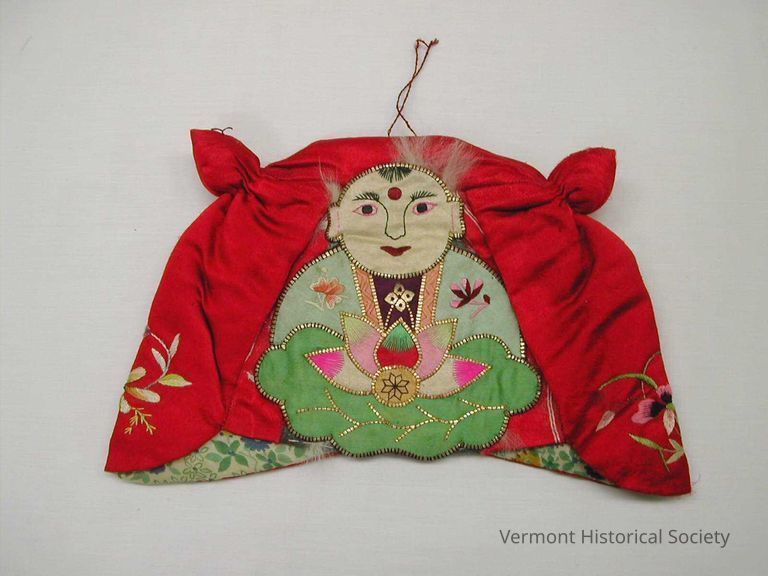
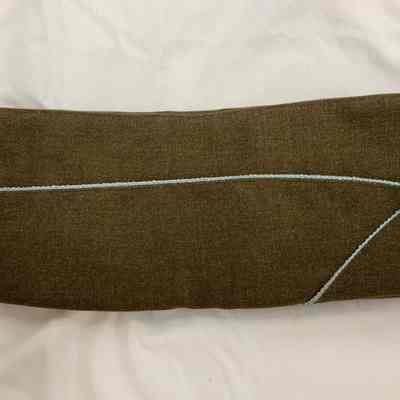
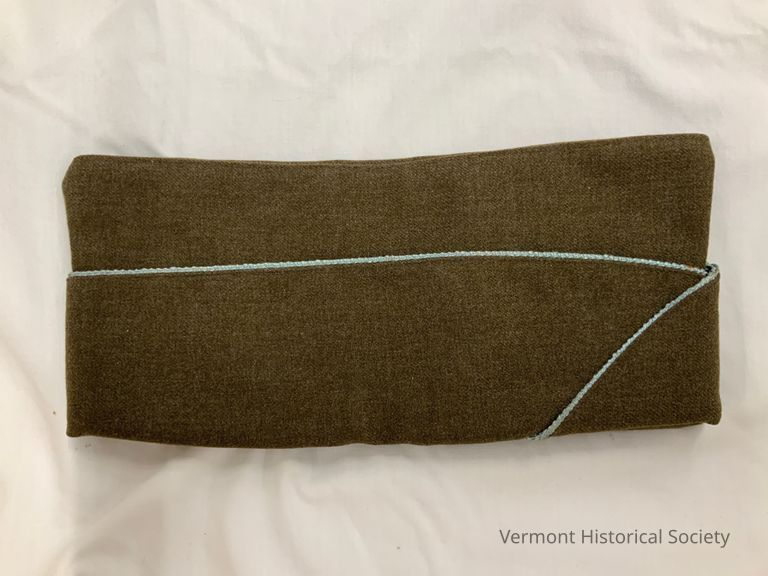
Russell Dean Miller was born in 1930, the son of Guy B. Miller and Elnora McCarty. His father died the following year; his mother died in 1980. He was married to Iona A. Hodges, who died in 2012. He was also survived by a sister Gloria Cote. He was predeceased by three brothers, W. Royce Sr. in 1987, Lawrence in 1947, and Roswell in 1982; a sister Gwyneth Miller in 2003; and his nephew W. Royce Jr. in 2004. He was interred with military honors.

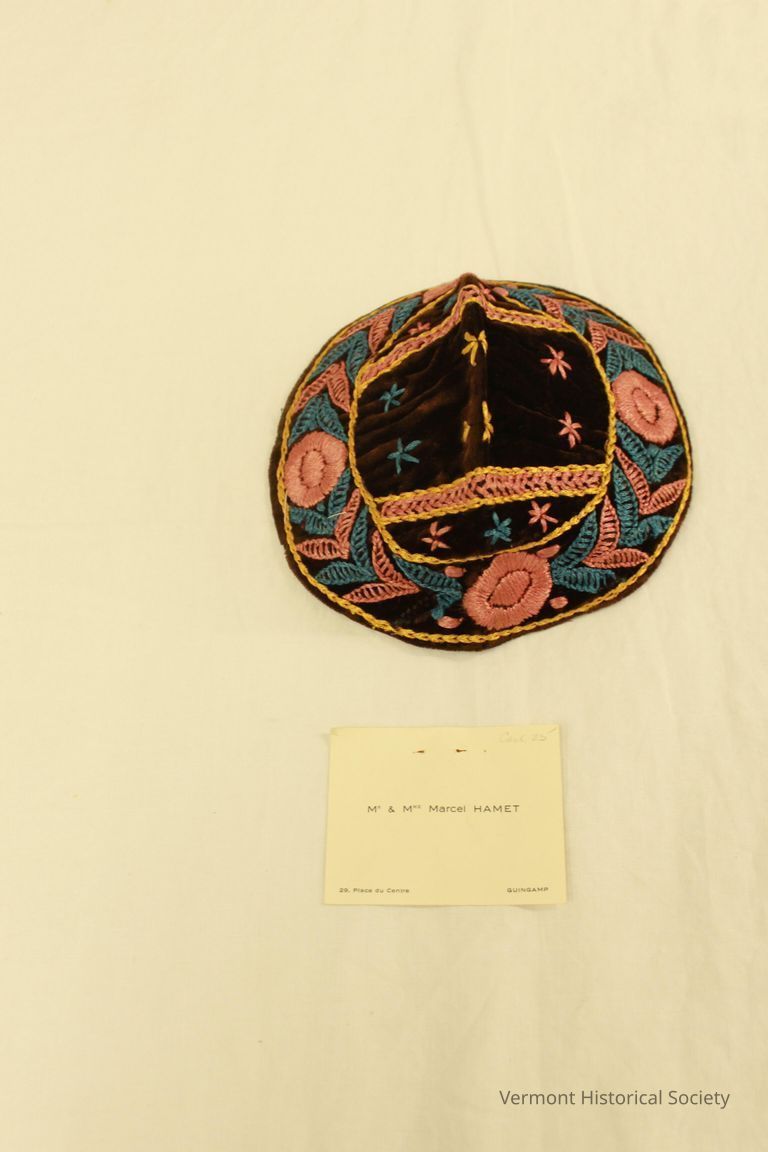
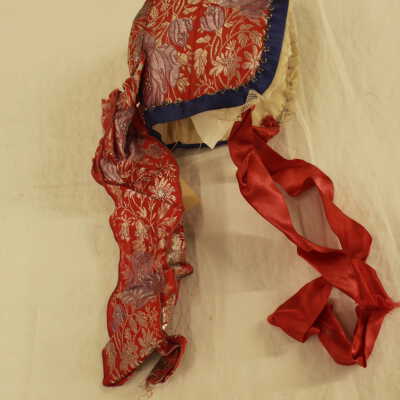
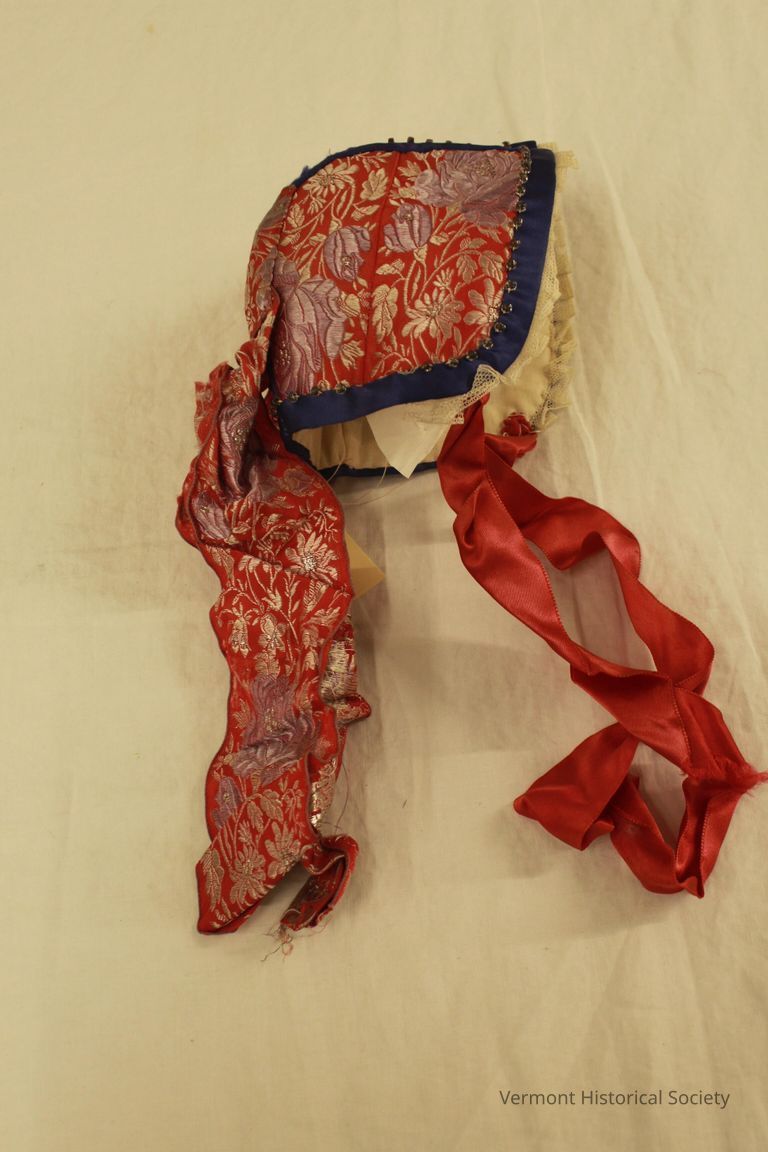
a rose ribbon ties under the chin and a fancy brocade ribbon is tied in a bow in back with trailing ties.
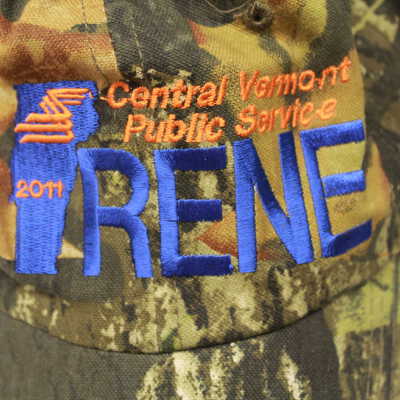
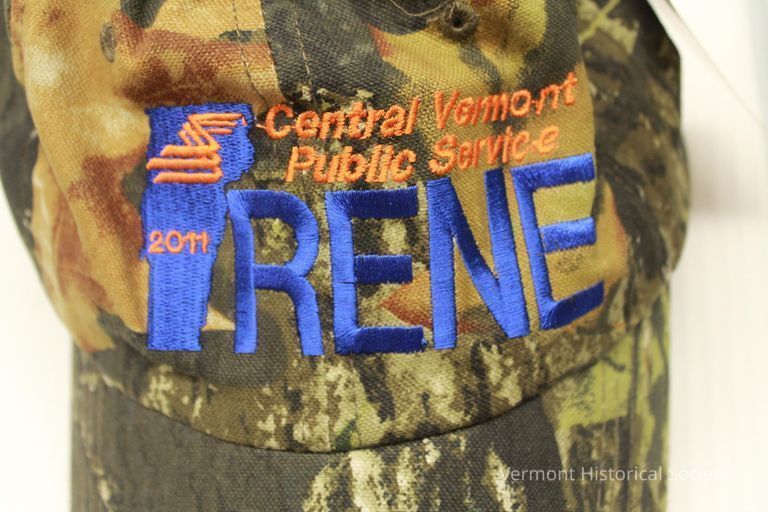


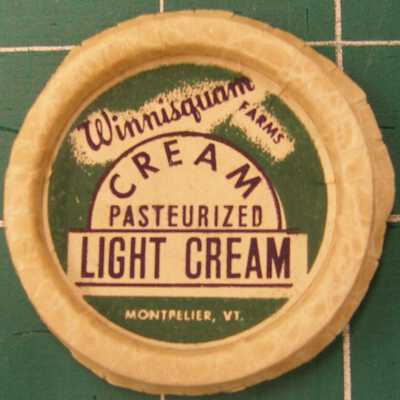
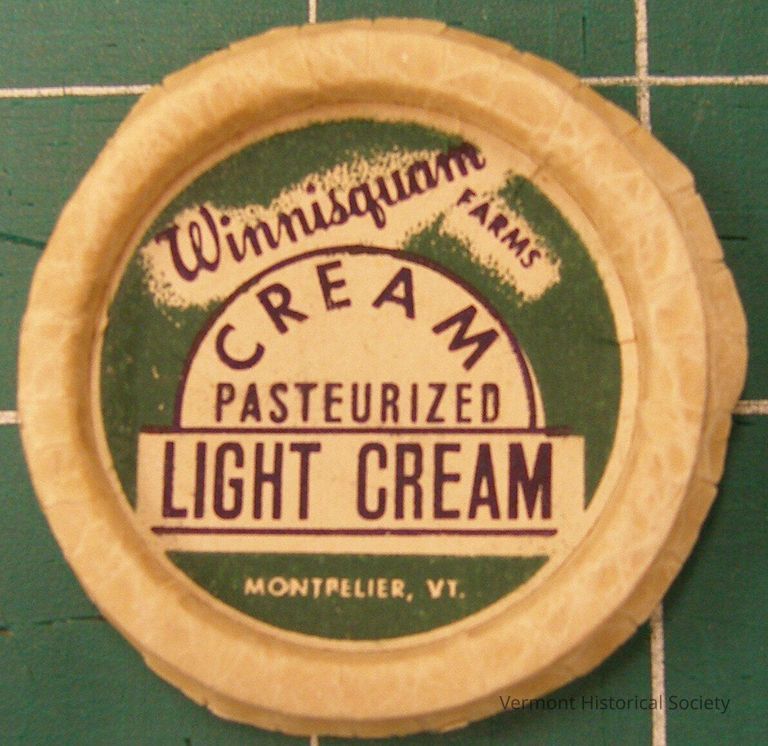
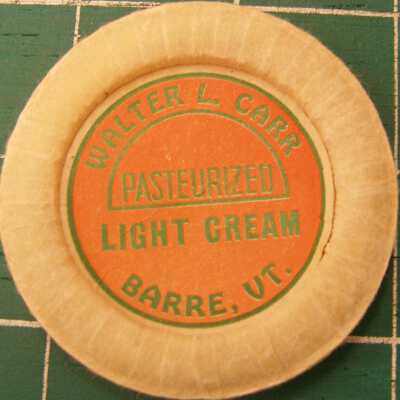
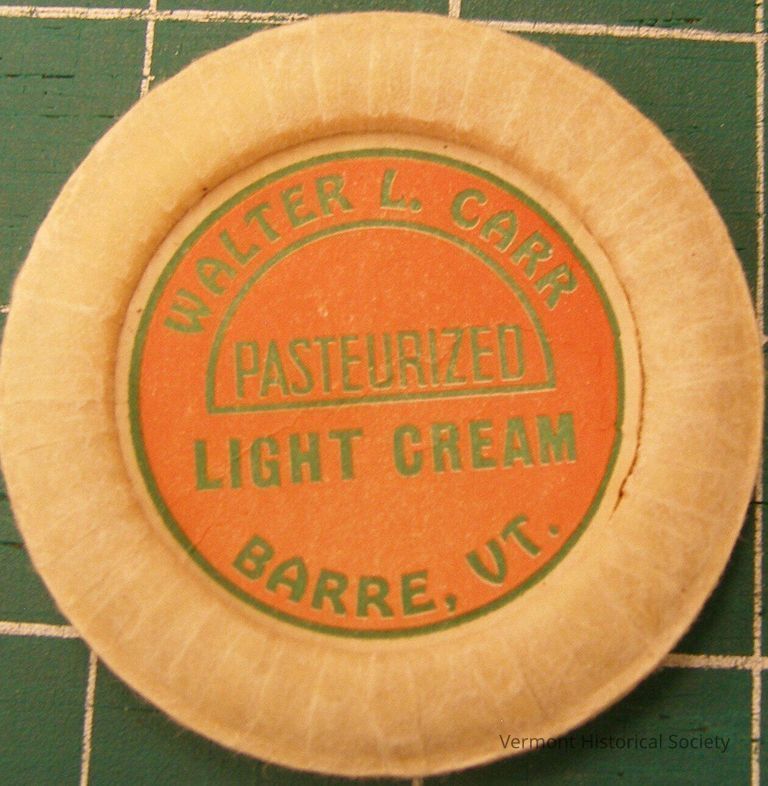
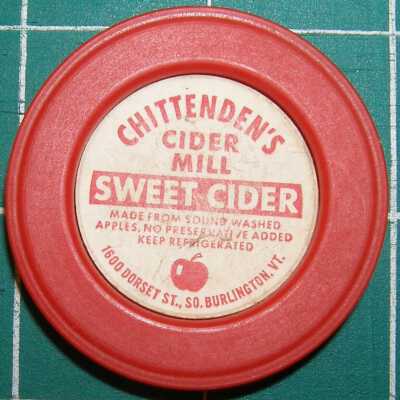
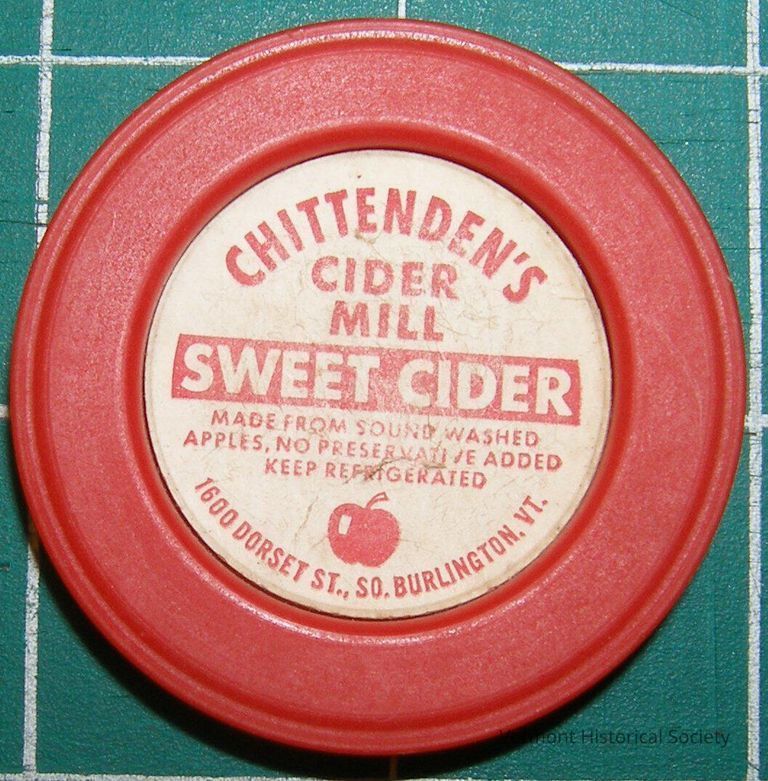

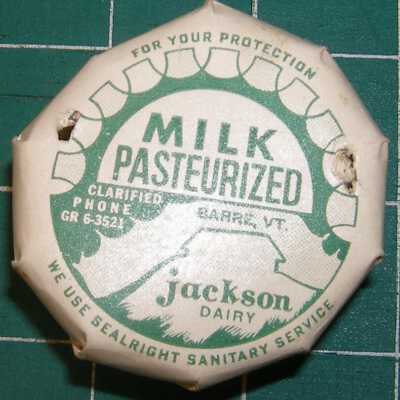
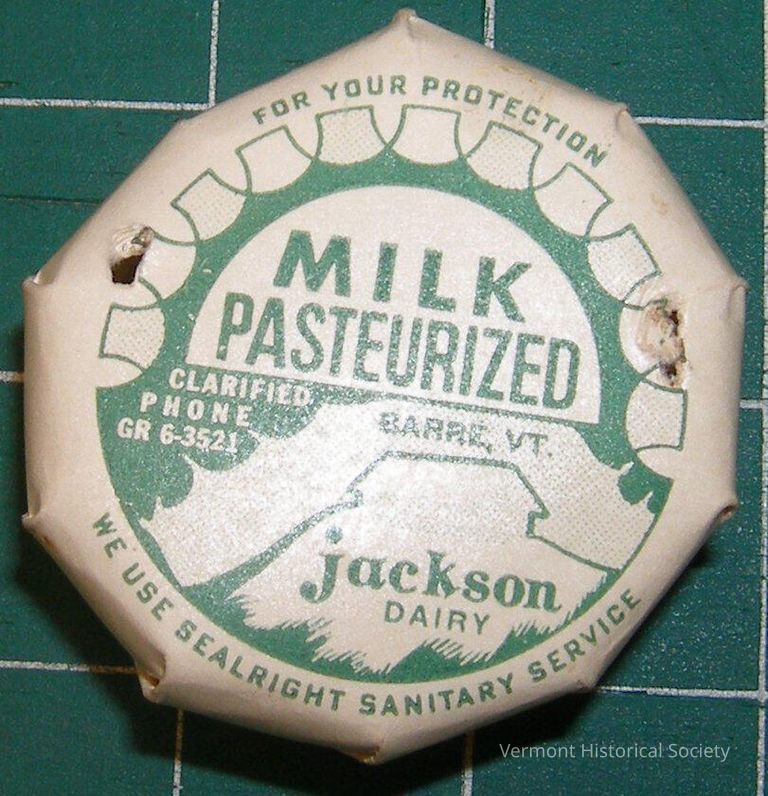
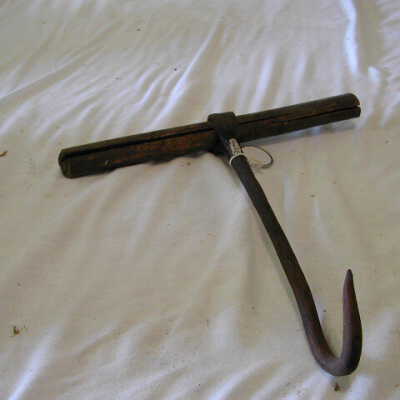
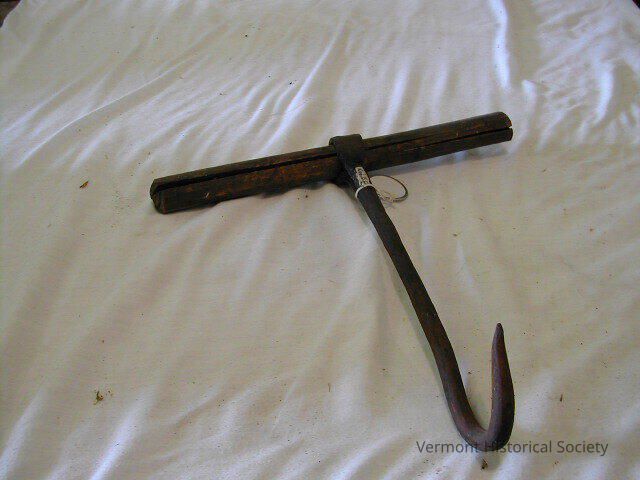
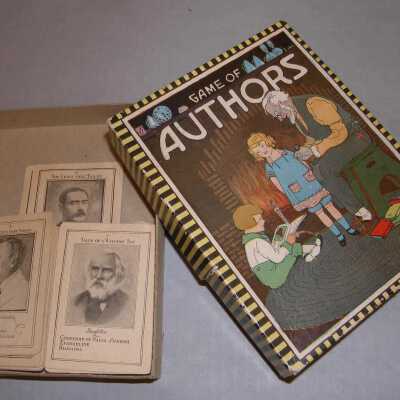
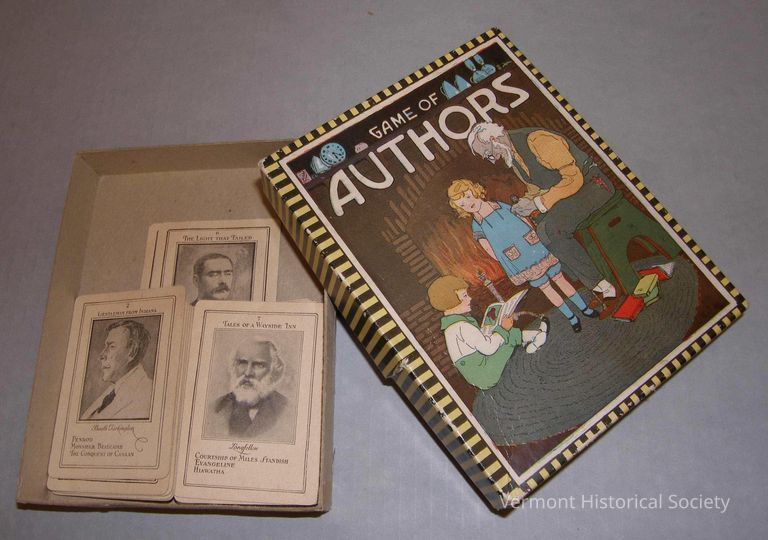
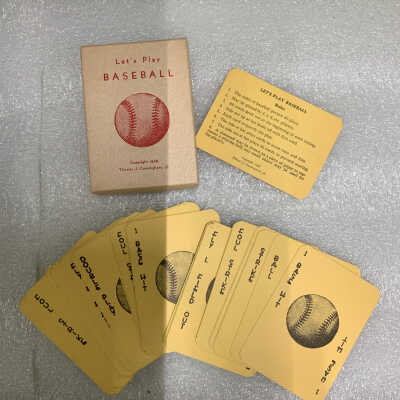
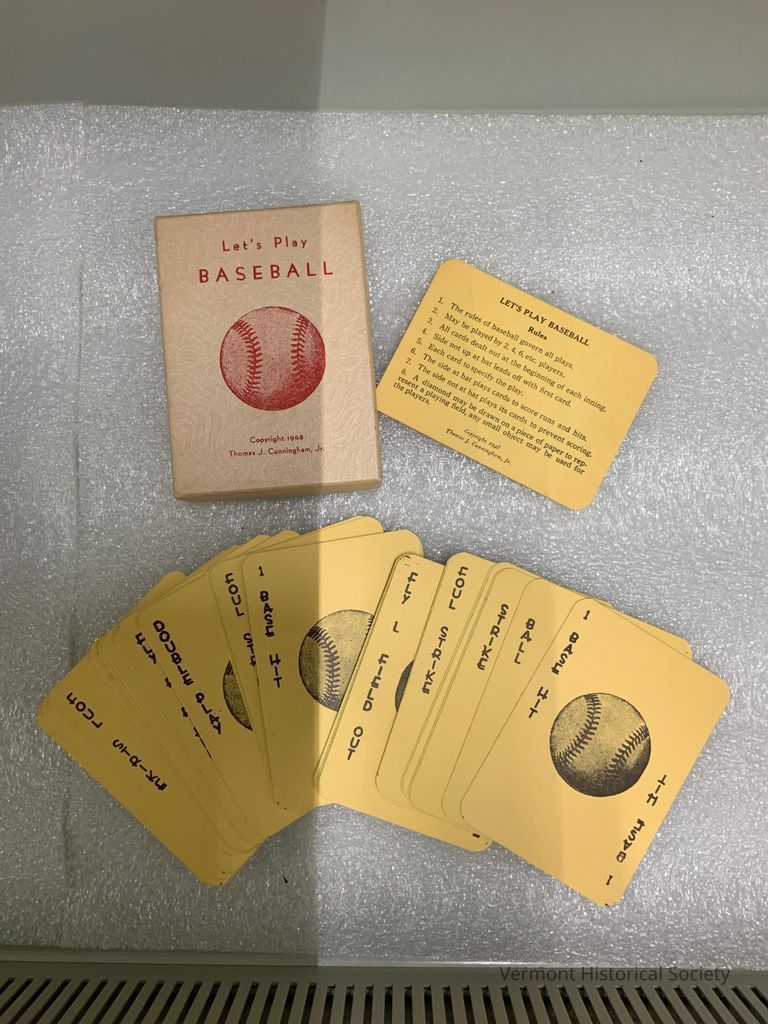

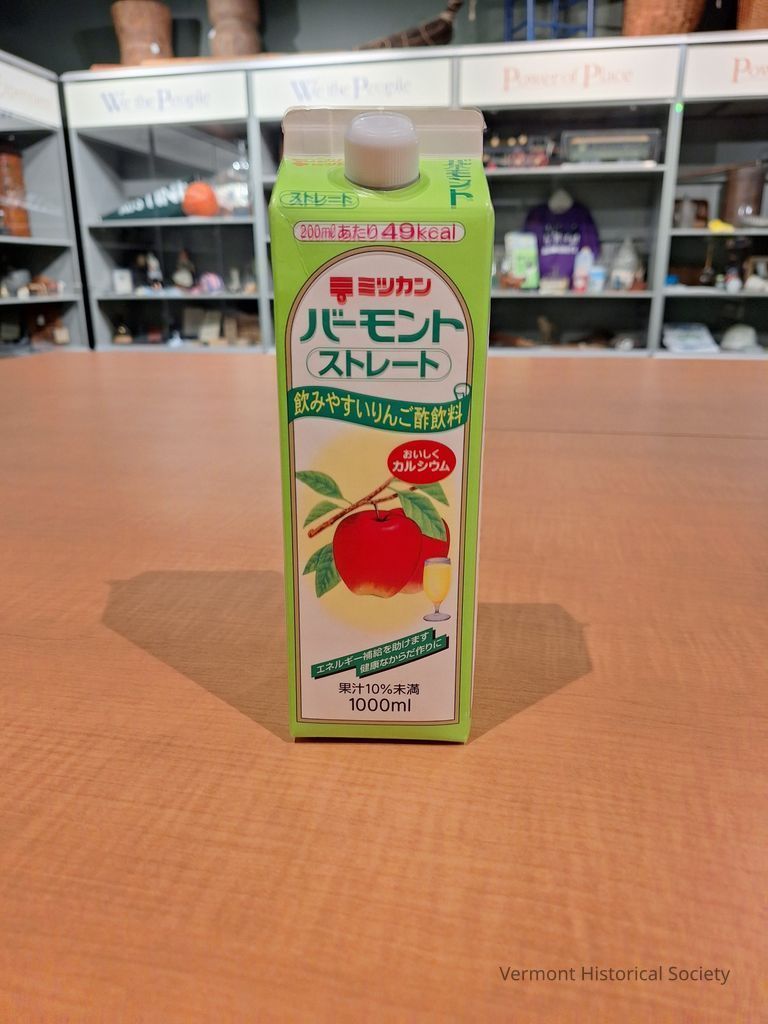
bright lime green/red/brown/yellow/black

deep red/black/tan/yellow

deep red/black/white/slate blue

Royal blue with chocolate brown and cherry red


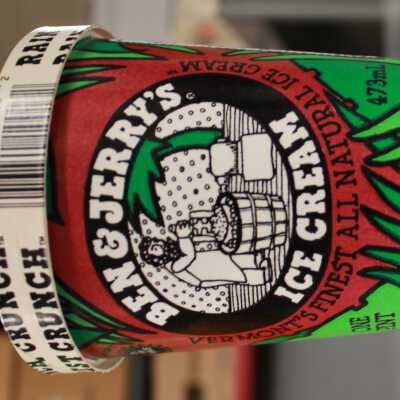
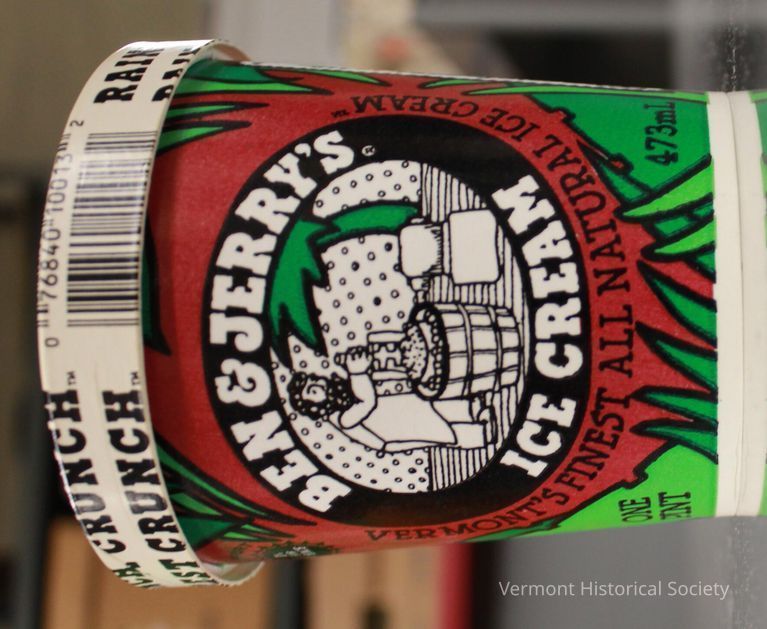
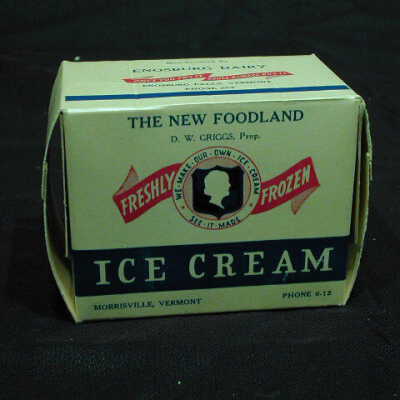
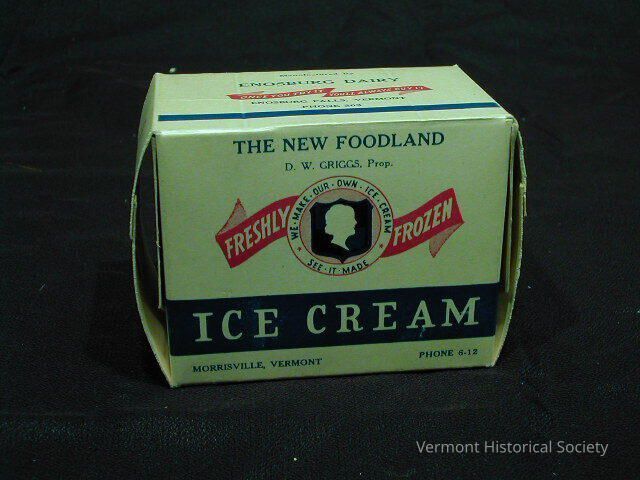

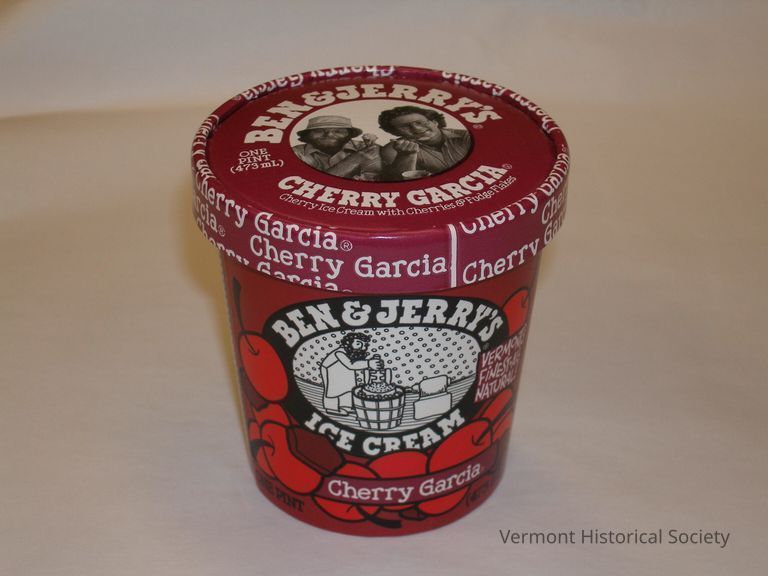

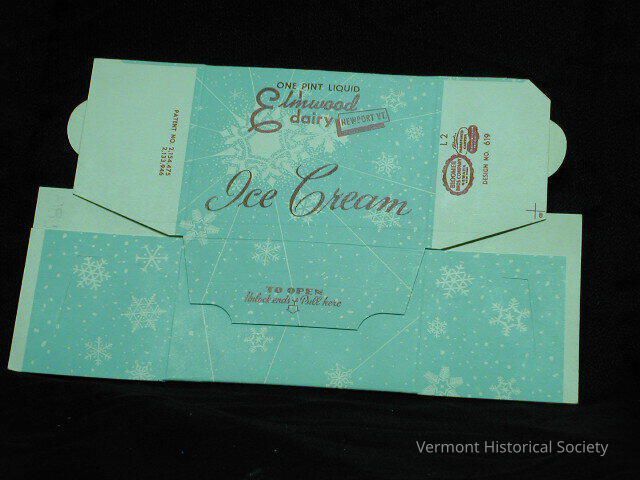


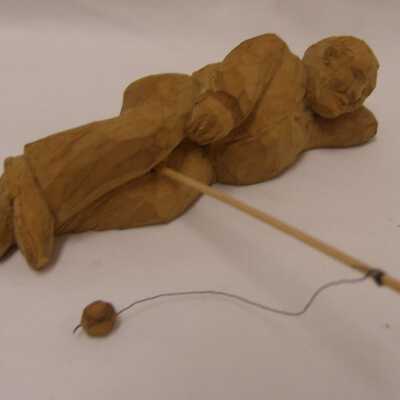
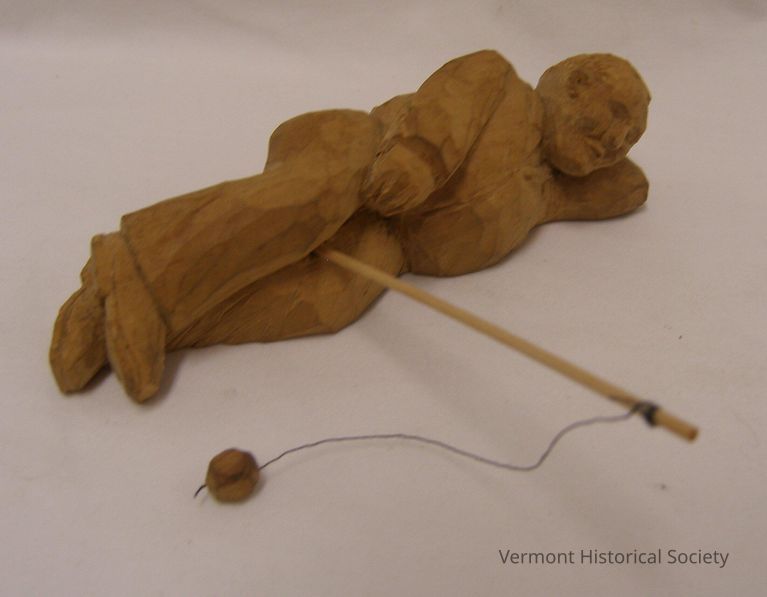
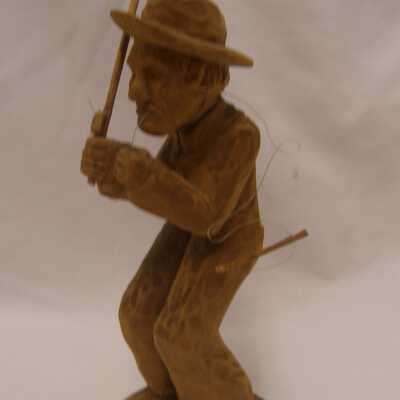
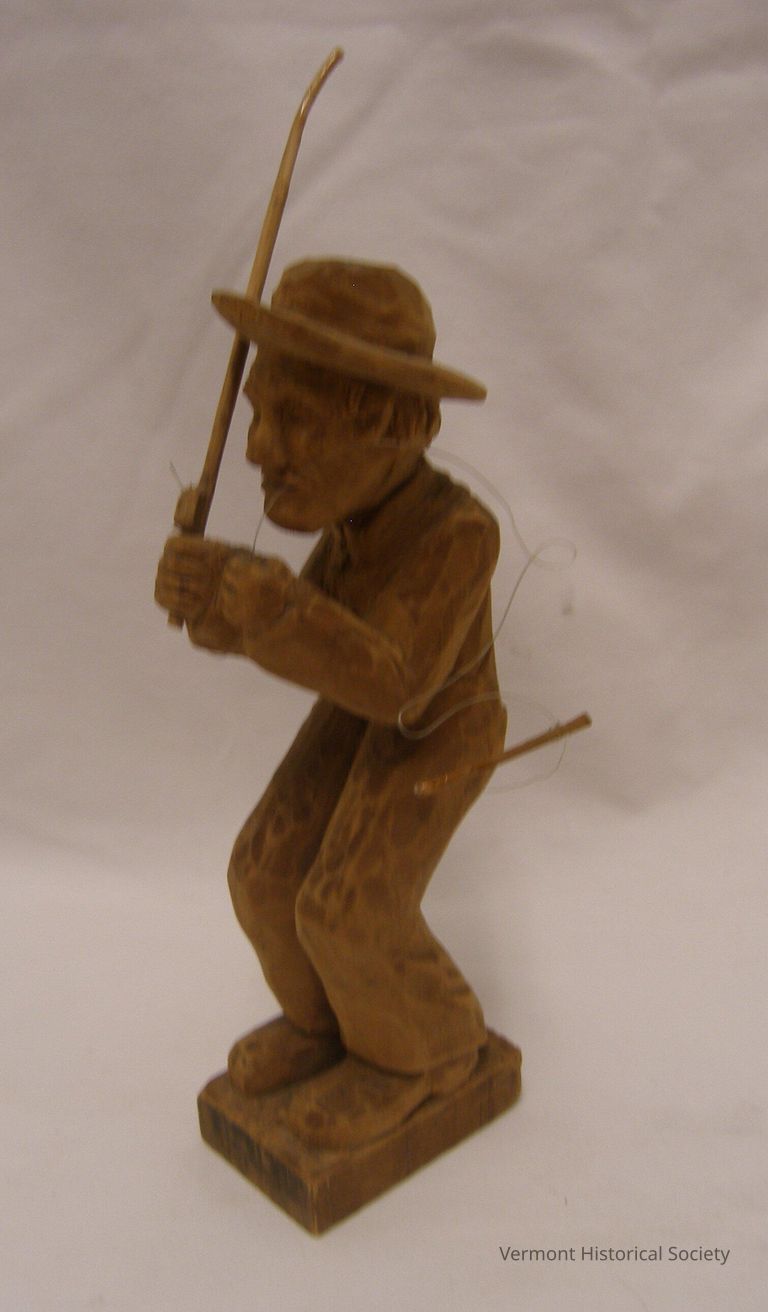
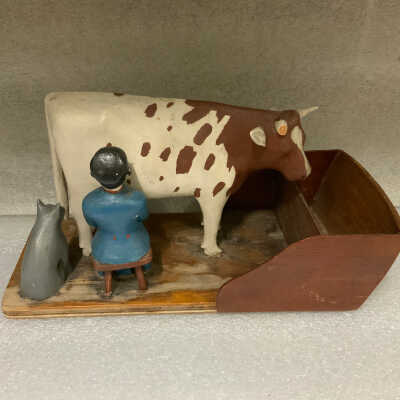
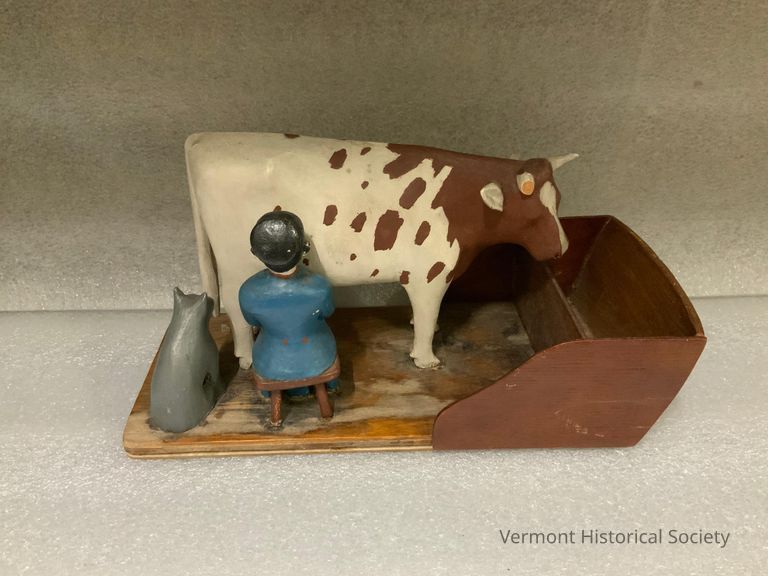
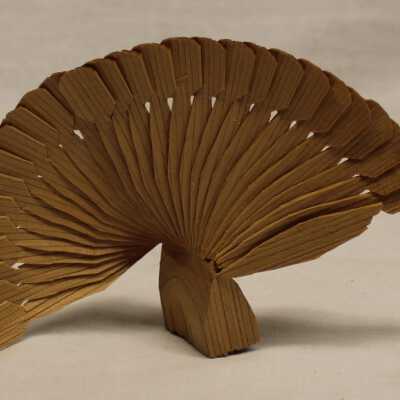
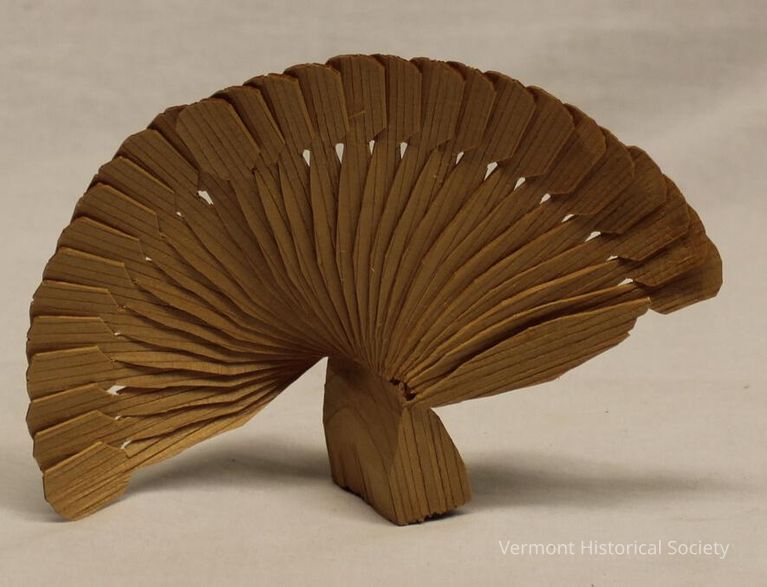

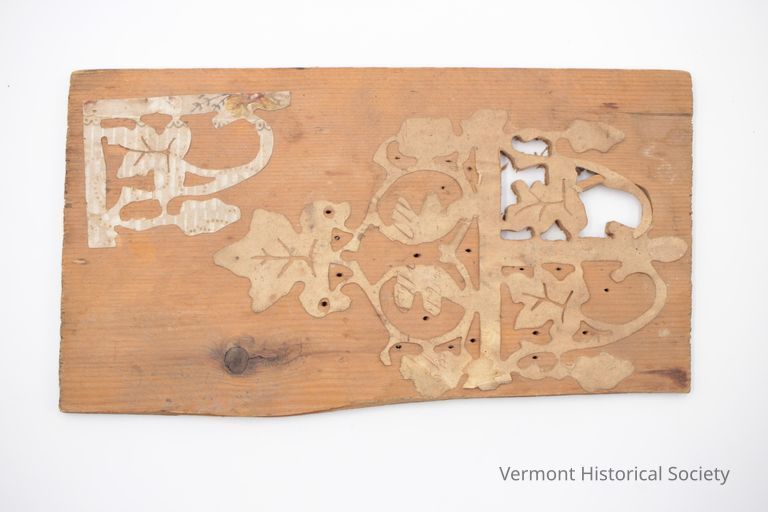
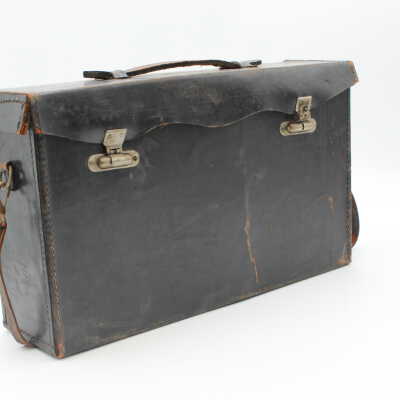
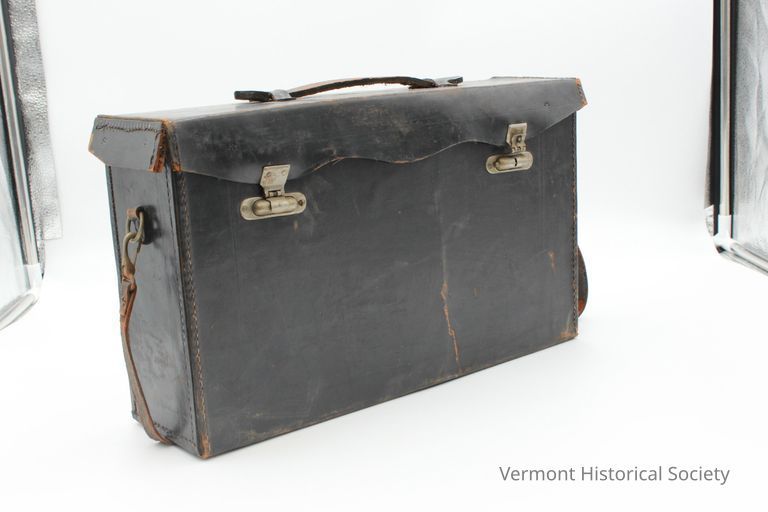
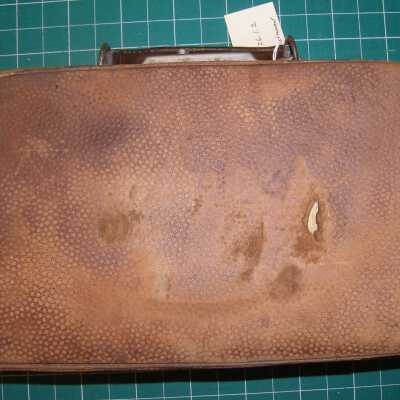
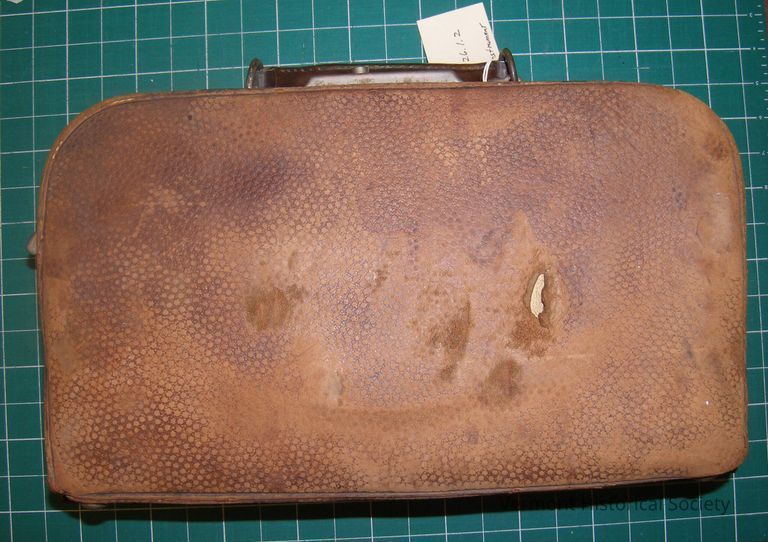
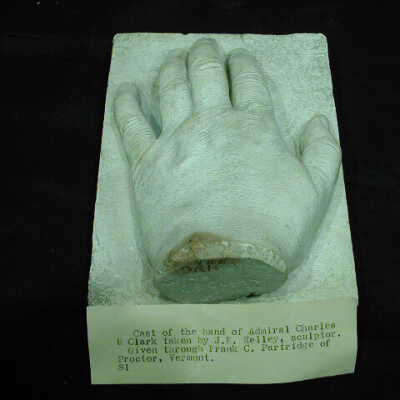
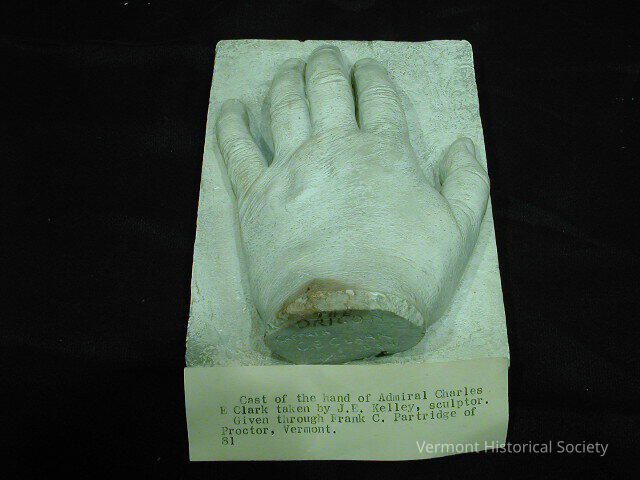
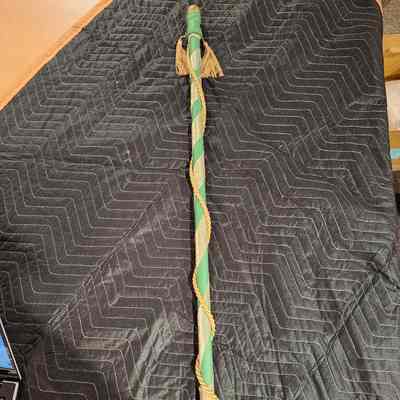
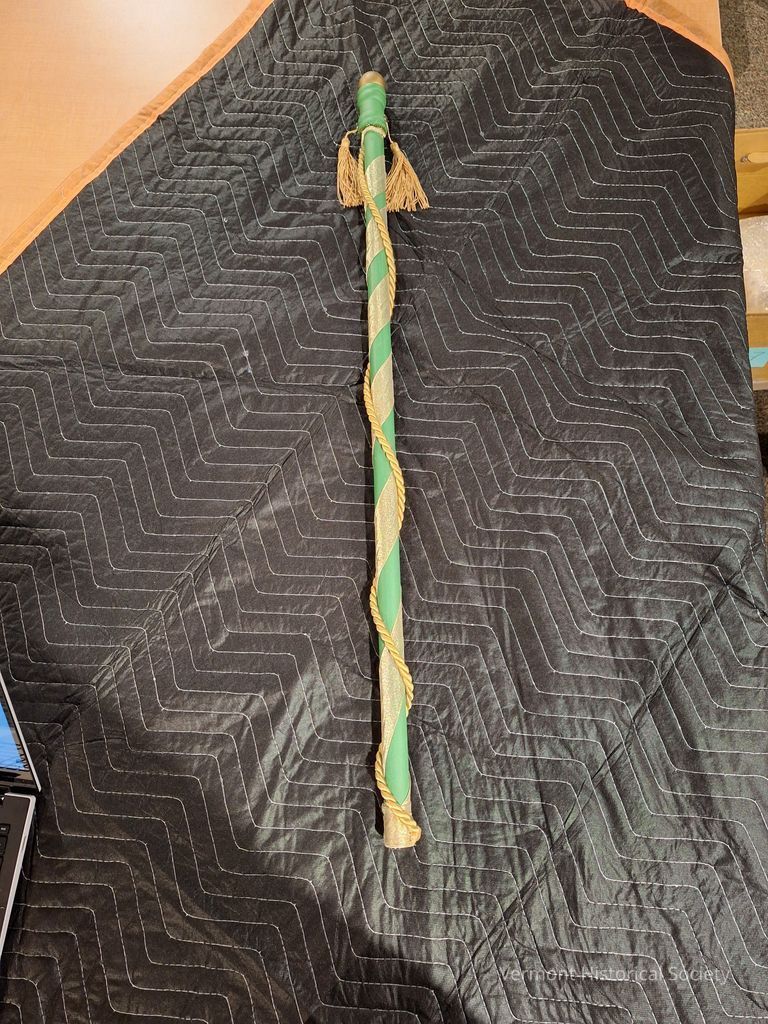
This staff was used in the graduation processionals for the Austine School.
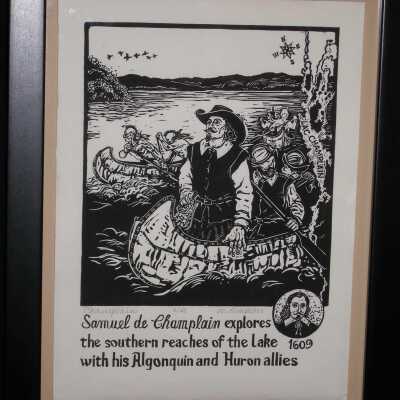
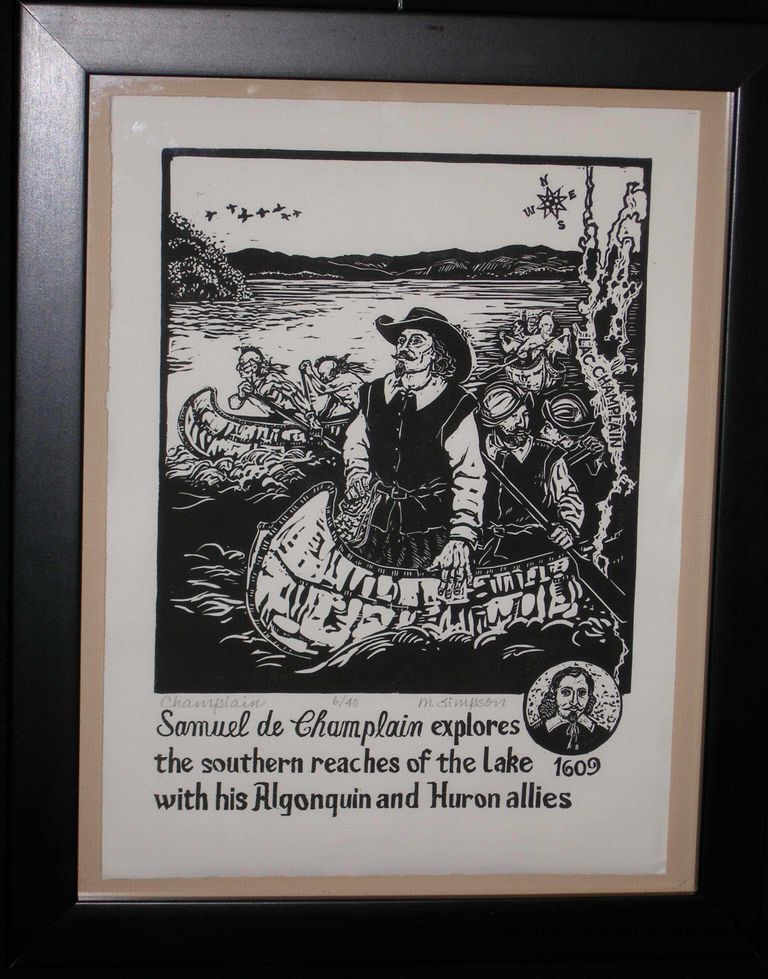
Black ink on off-white paper. Middle foreground is a canoe with three men, the one in fron represents Champlain with two men rowing behind him. Two additional canoes in image, one to seft with two Huron's in it and one in back with two Huron's in it. Rolling hills/mountains in background. Flock of birds in left sky area. Compass points in right sky area. Superimposed at the far right over scene is a cartargaphers view of "Lac Champlain" At the lower right is a small (1.63" dia) bust of Champlain. Text as written above is below the artwork. In pencil between art and text is "Champlain 6/40 M. Simpson"
While raising her three children, Simpson took art classes and worked on her own in various media - drawing, calligraphy, and painting. In Alaska, she worked as a graphic artist for the Imaginarium Science Center in Anchorage and as a scenic artist for the Alaska Festival Theater and Anchorage Civic Opera. She did scrimshaw for two shops and exhibit calligraphy for three years for the Anchorage Museum of History and Art.
Now back in Vermont, she mostly works as a printmaker with subjects reflecting memories of Vermont agriculture.
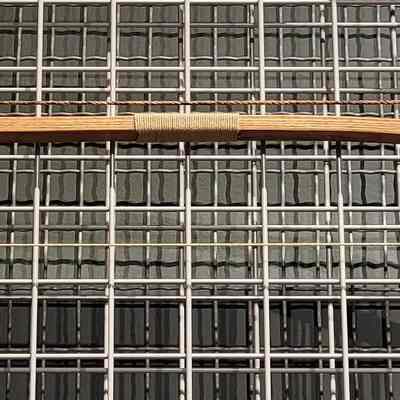

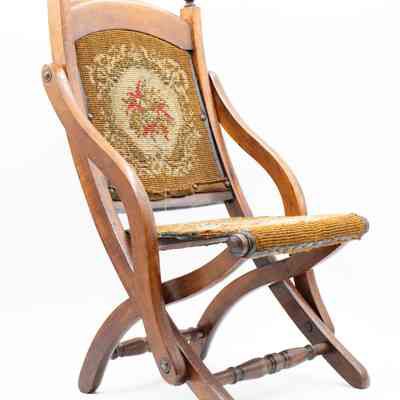
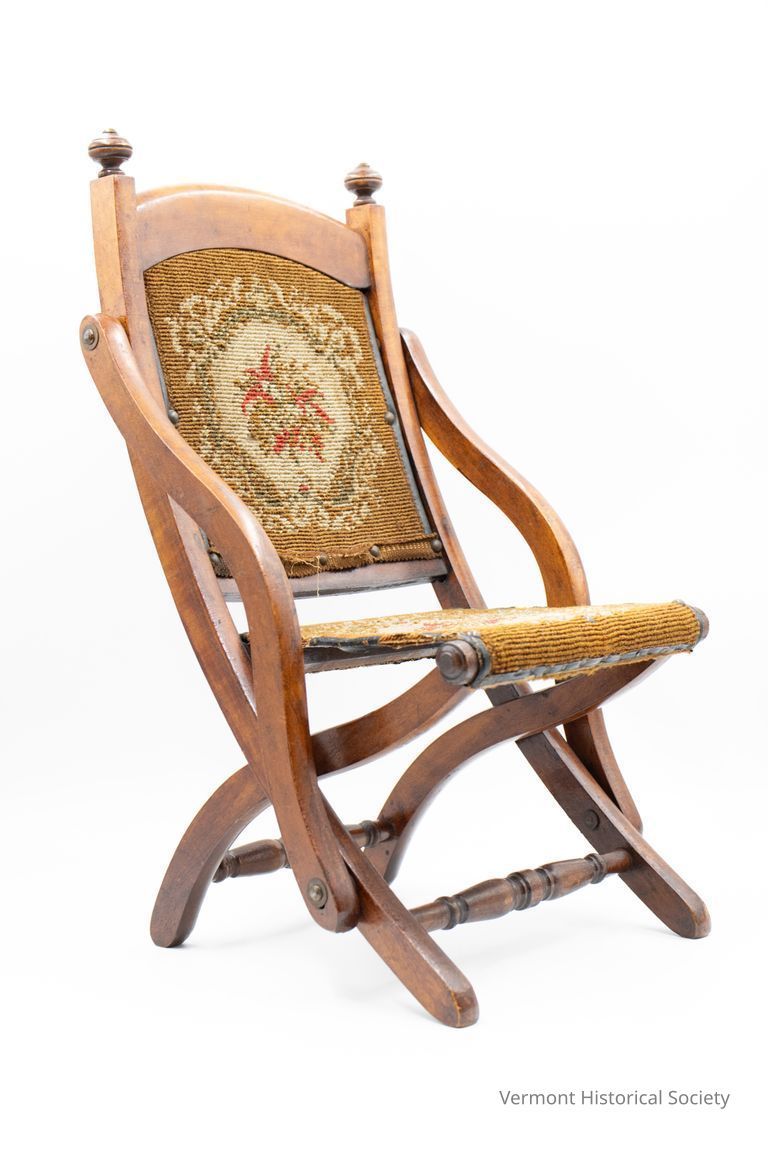
The seat and back of the chair are both tapestry woven wool with a red floral spray at the center and a darkened cream-colored floral wreath around it. Both fabric sections have a plain brown textured ground and are pinned into the frame with brass furniture tacks.
This chair was used by Edith Wurm during Sunday School at the First Unitarian Church in Burlington, Vermont.
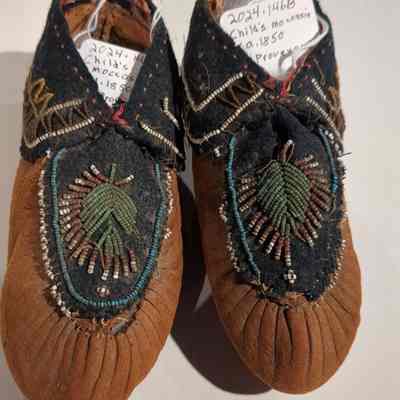
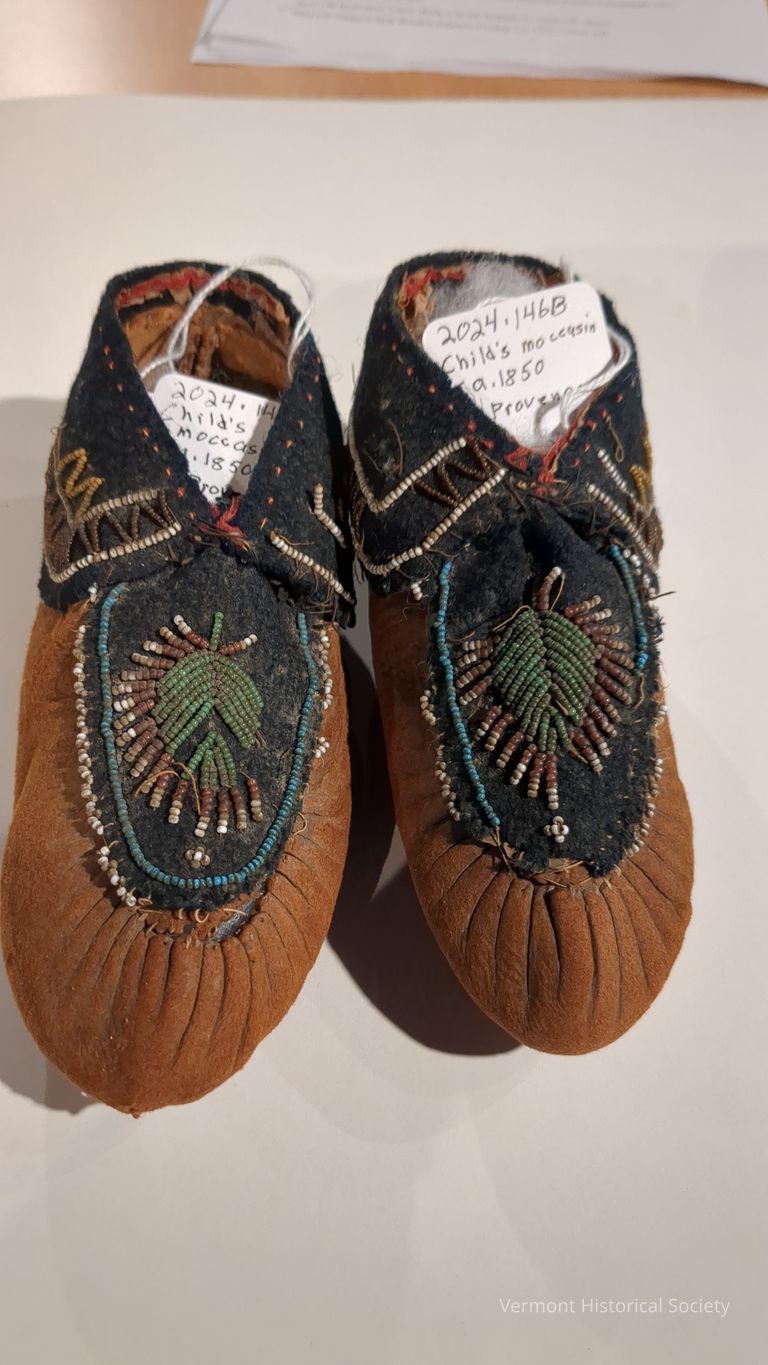
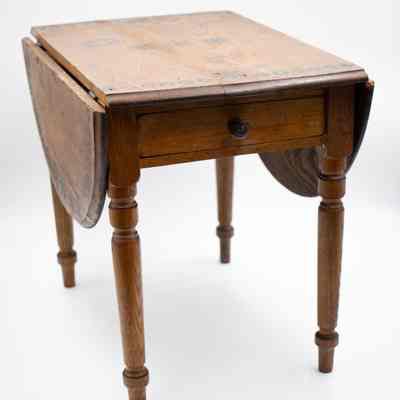
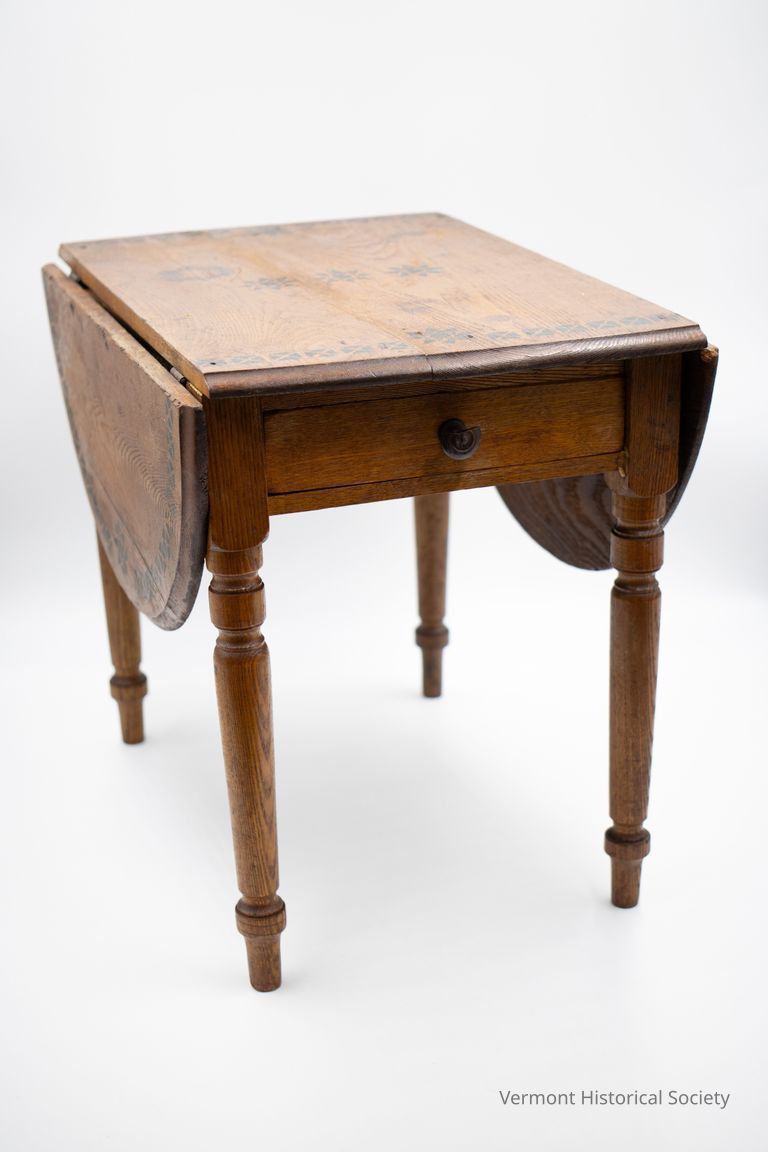
This table was used by Edith Samson Wurm as a child in Burlington, VT
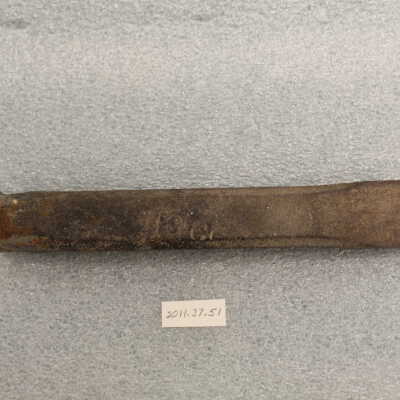
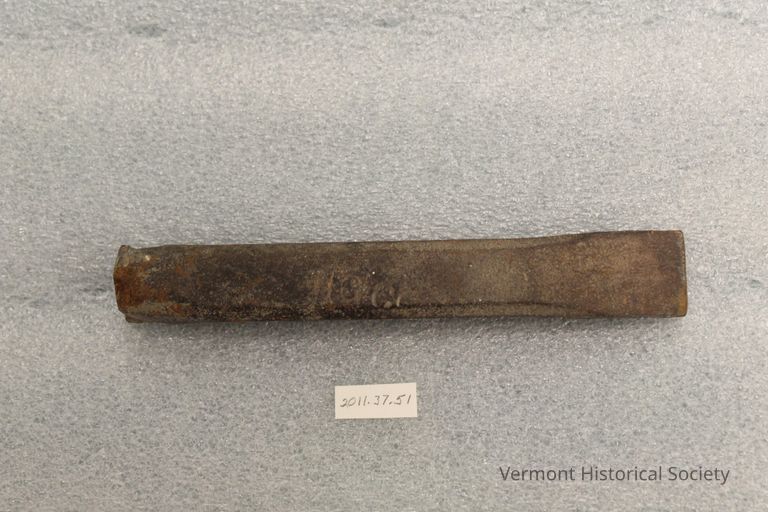
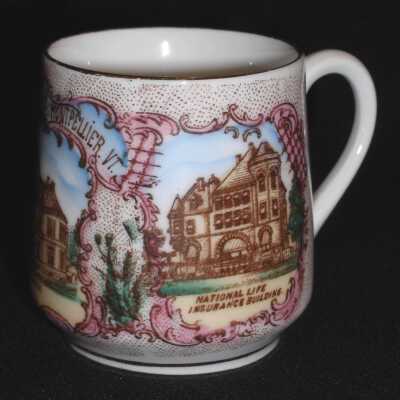
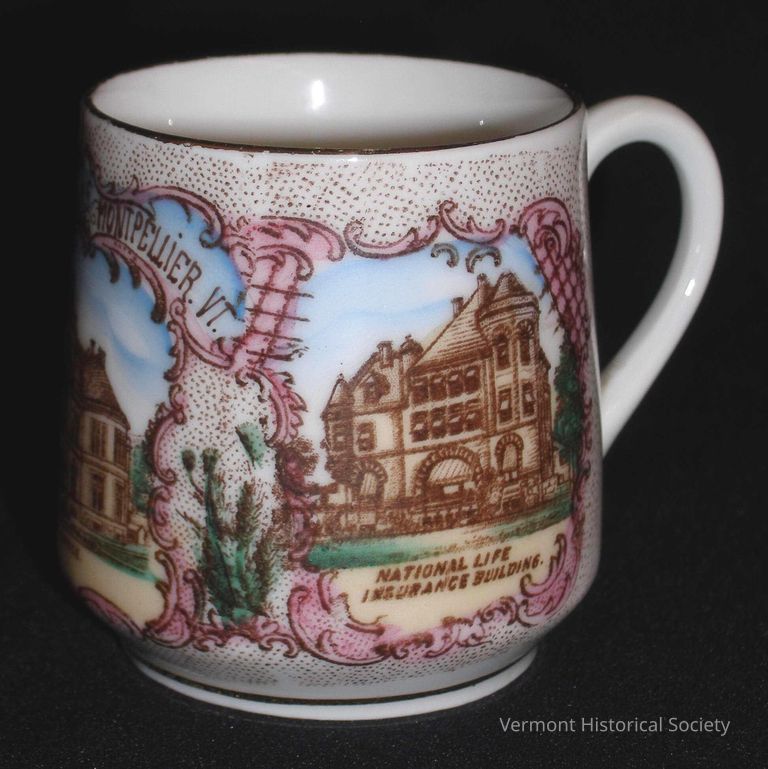
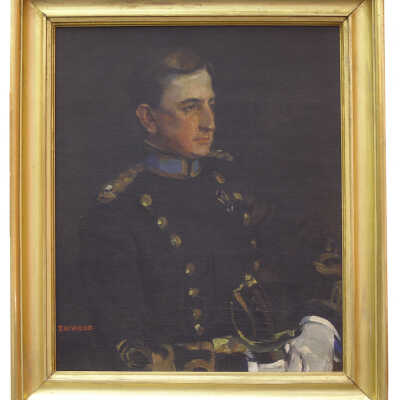
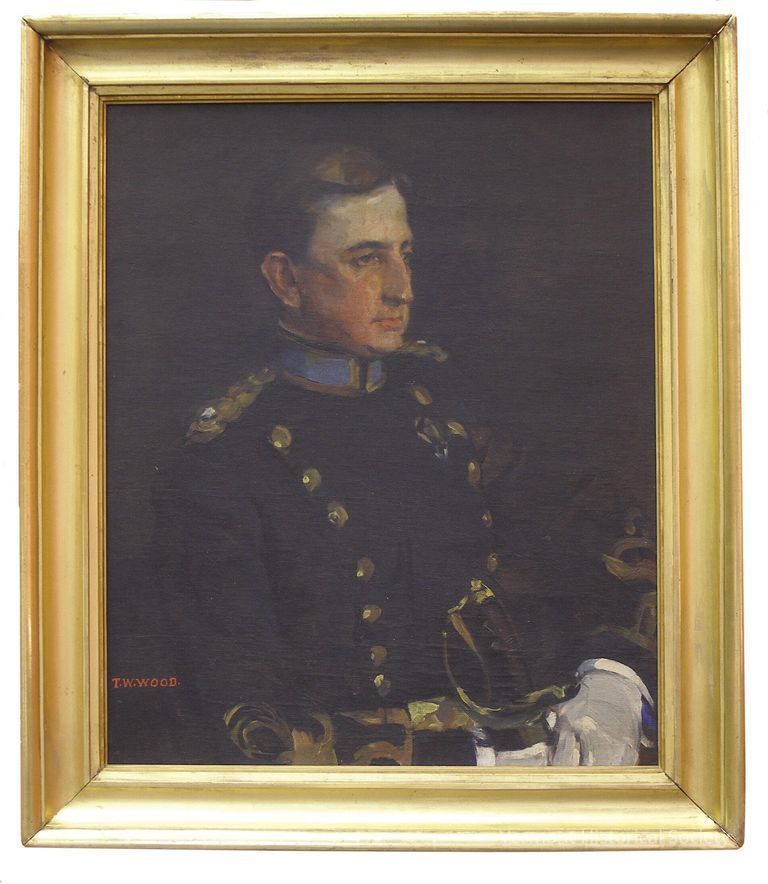
The son of a cabinetmaker, Thomas Waterman Wood was born in Montpelier, Vermont in 1823. He showed an early aptitude for painting and was apprenticed to Boston portrait artist Chester Harding.
In 1850 he married and built a carpenter gothic summer home in Montpelier. For much of the ensuing decade he traveled throughout the U.S., Canada, and Europe while supporting himself through portrait painting.
Wood set up a permanent studio in New York City with a specialty on figure drawing. During and after the Civil War he started creating genre paintings which brought him national recognition. He was ultimately accepted in the National Academy of Design and served as its vice-president and president.
He continued to spend summers in Montpelier and considered Vermont his home. His portraits are very common throughout central Vermont with many held by the Vermont Historical Society. Upon his death he left funds to create the T.W. Wood Gallery in Montpelier. He chose to be buried in Montpelier's Green Mount Cemetery.
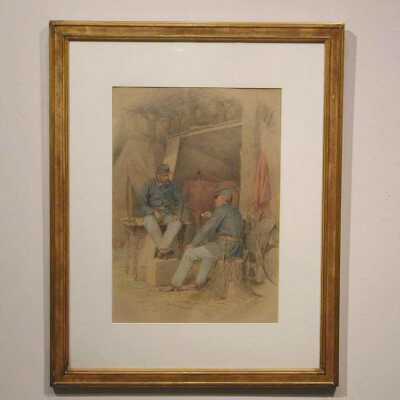
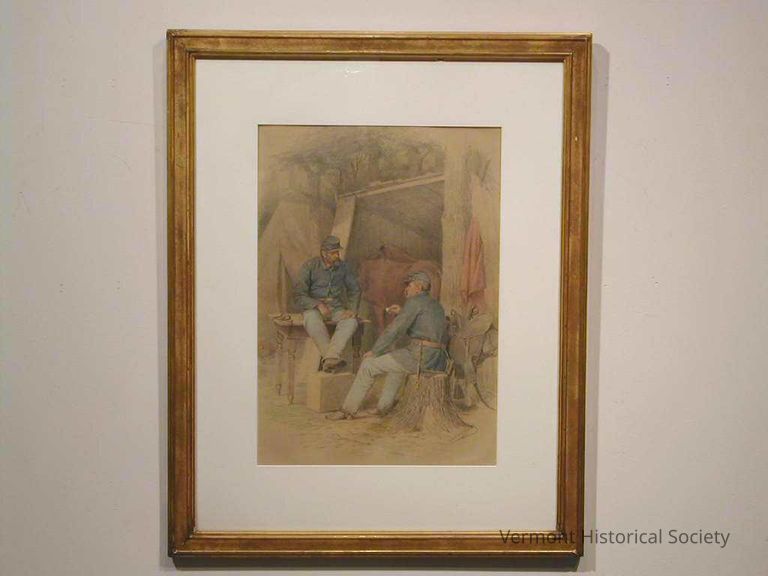
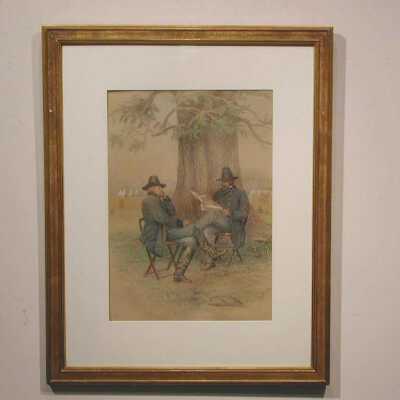
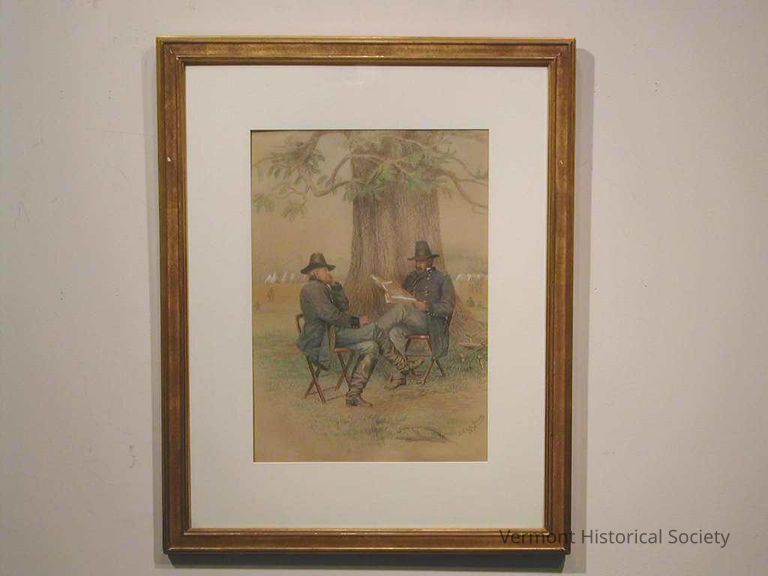
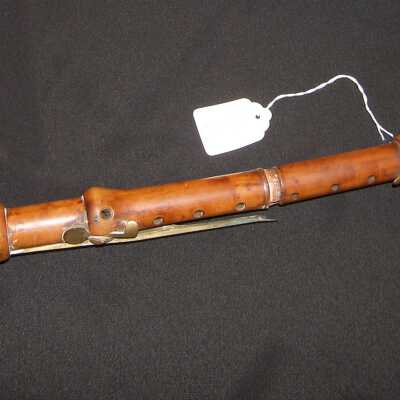
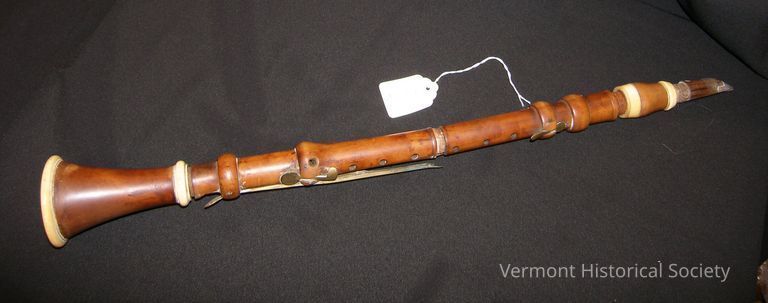
All sections have carved threading where they connect to adjoining pieces, but the threading has worn somewhat.
a= Rosewood mouthpiece, possible lead repair
b= Section next to mouth piece has ivory bands at each end. Barely legible printing on front: "MARSH & CHASE"
c= Next section has three tone holes and brass levers on front and back to control two other keys. Also printed on this piece but barely legible: "MARSH & CHASE/ CALAIS, VT." with an image of an eagle in center.
d= Next section has four tone holes down front, with two more brass levers and keys. An ivory band between (c) & (d) is missing. Also imprinted with "MARSH & CHASE"
e= The bottom end section is horn-shaped and is trimmed with ivory where it connects with (d) and around bottom edge. Imprinted with same trademark as on (c) but almost worn away.
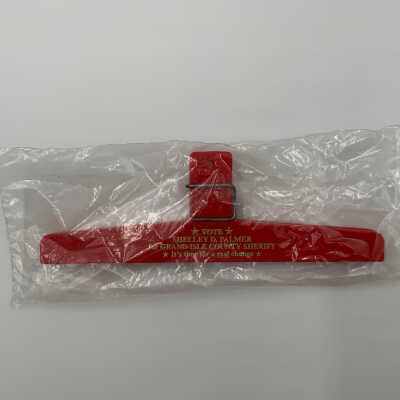
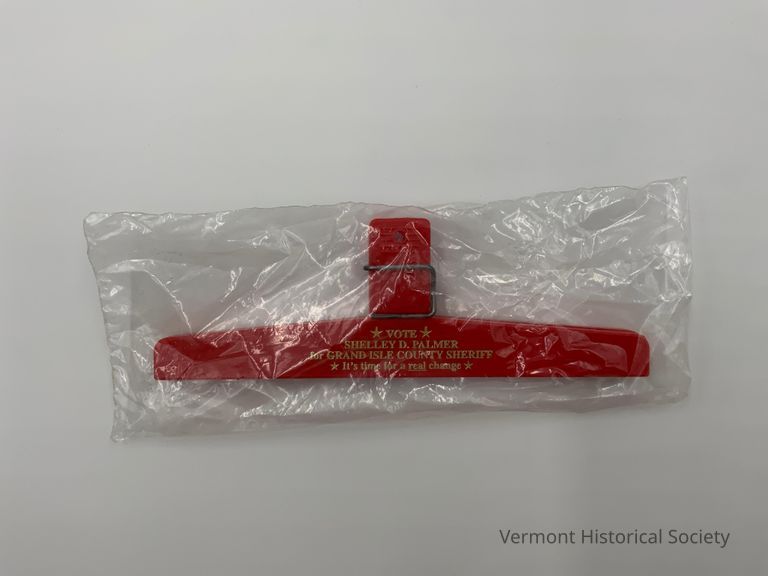
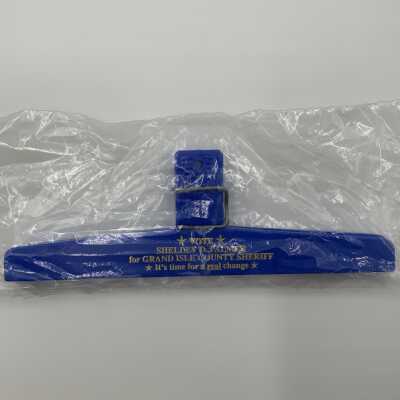
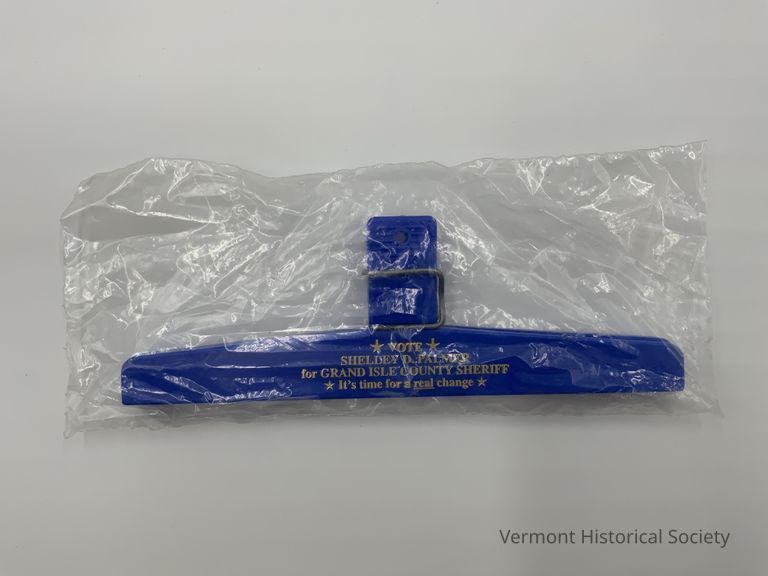
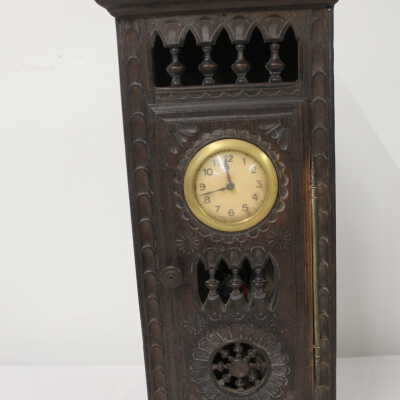
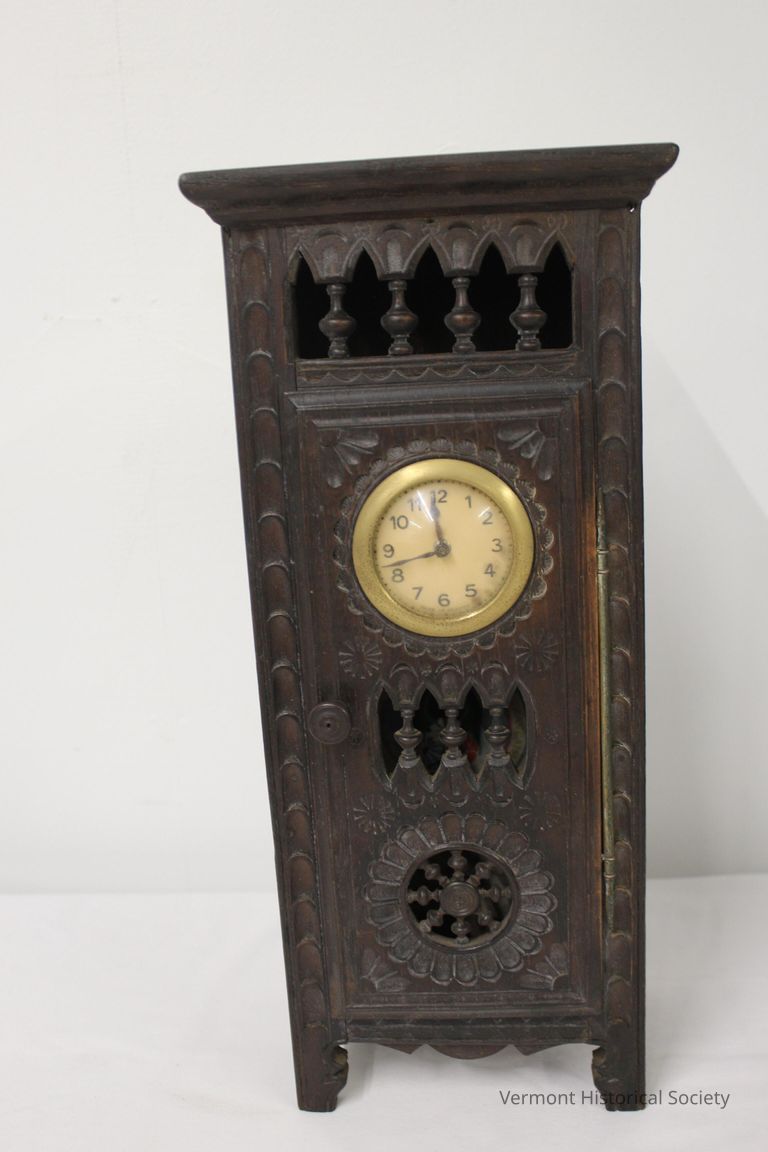
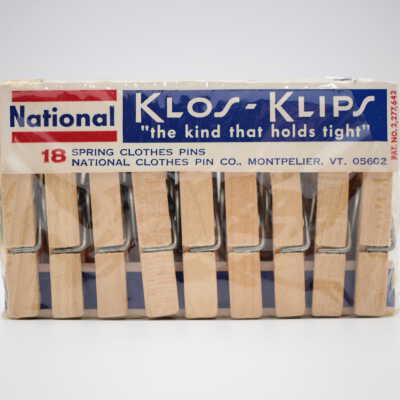
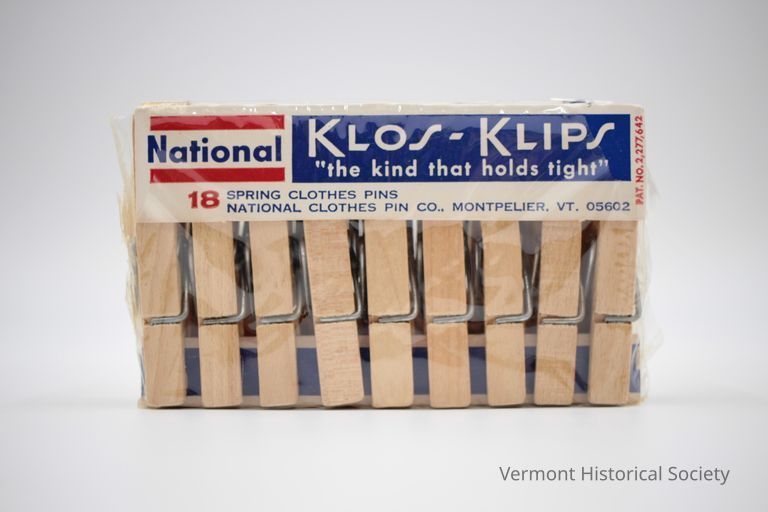
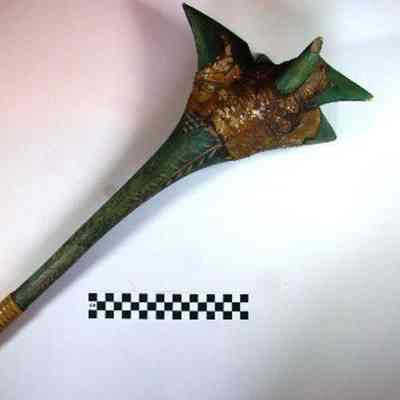
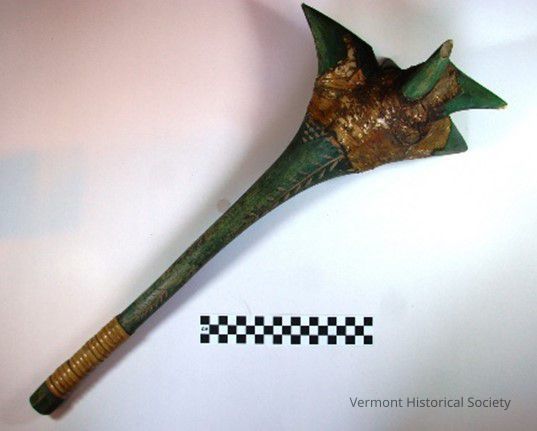
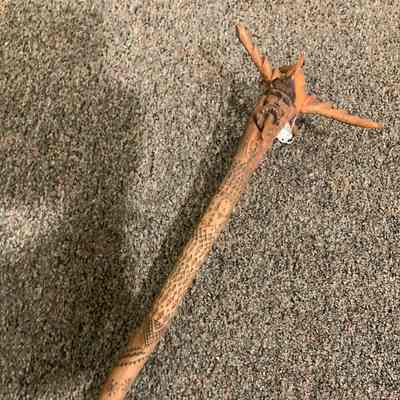
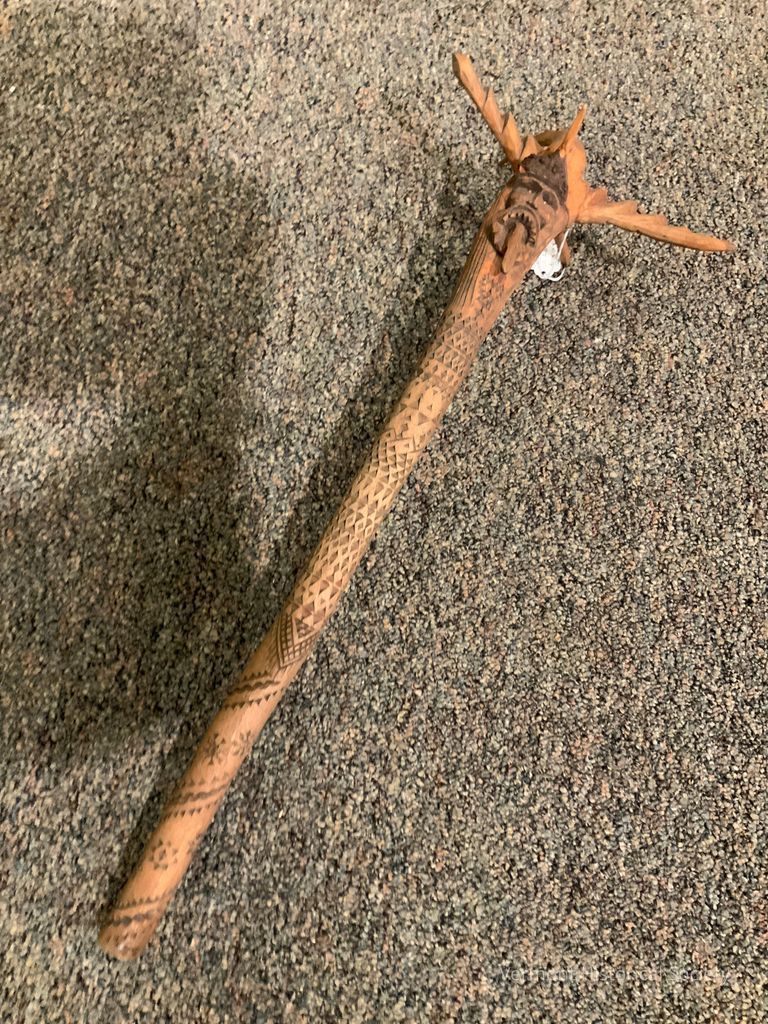
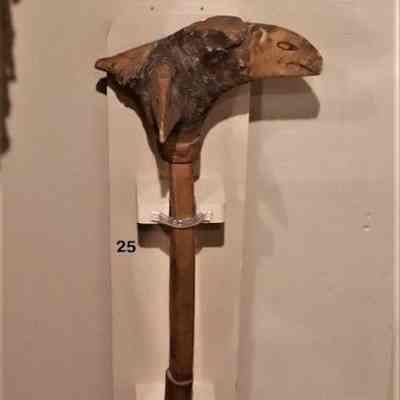
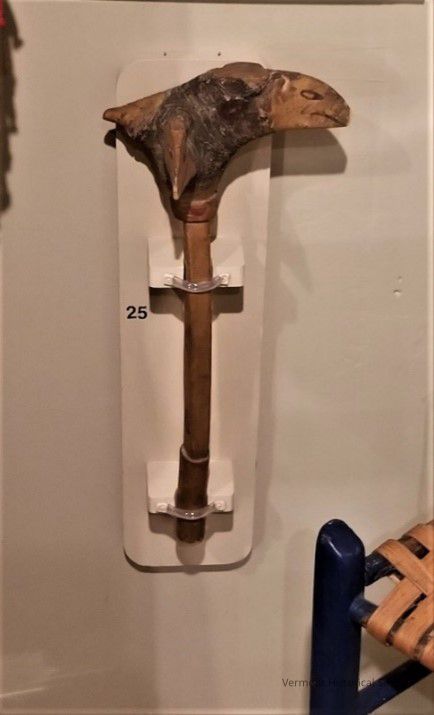
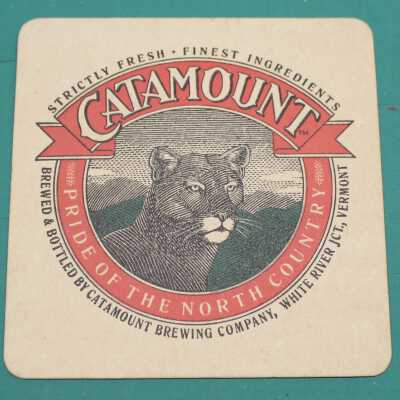
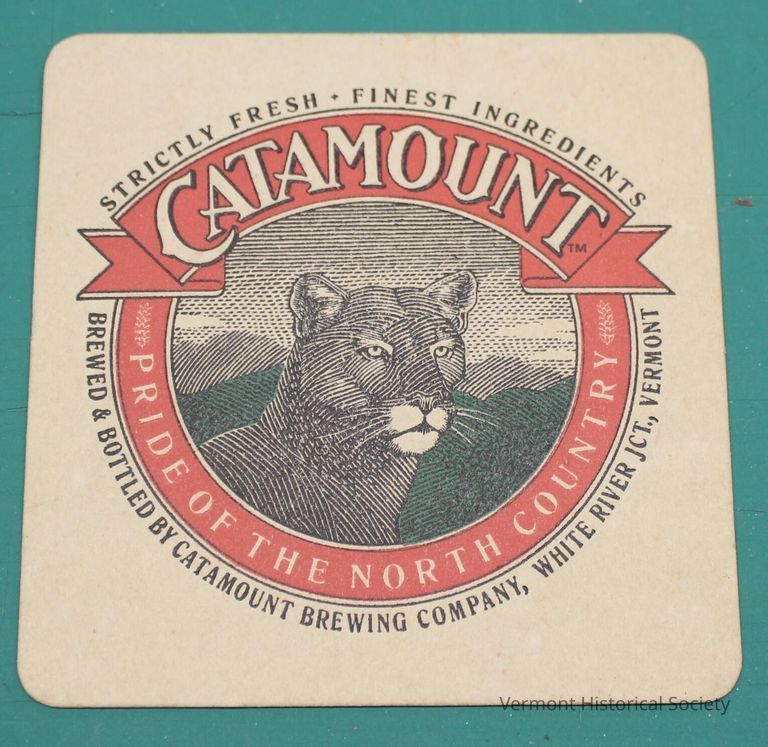
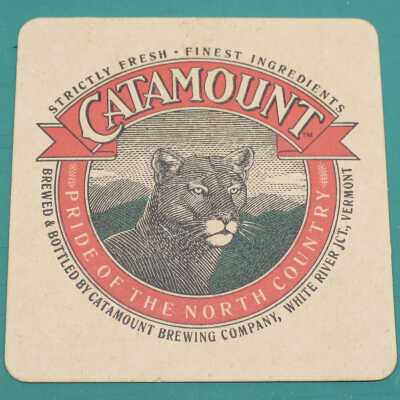
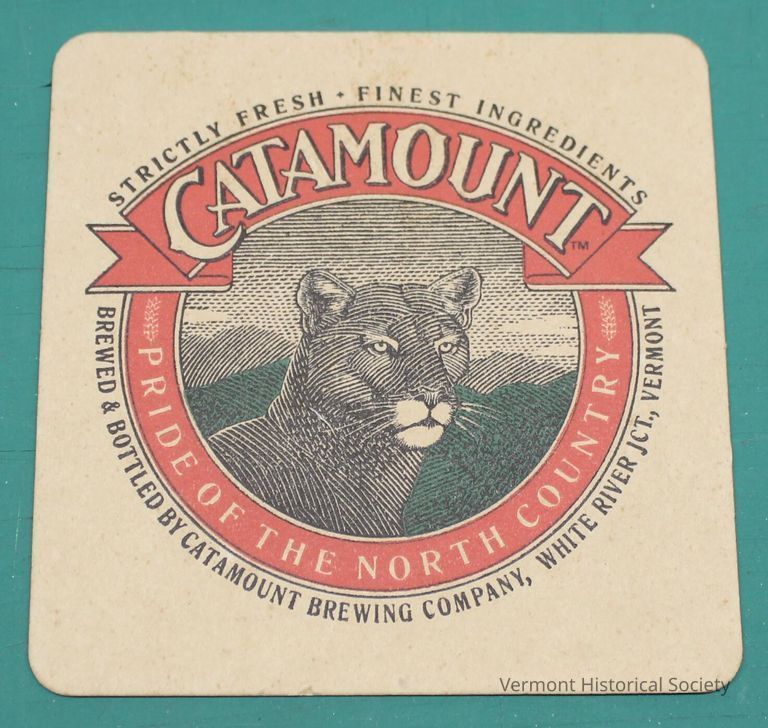
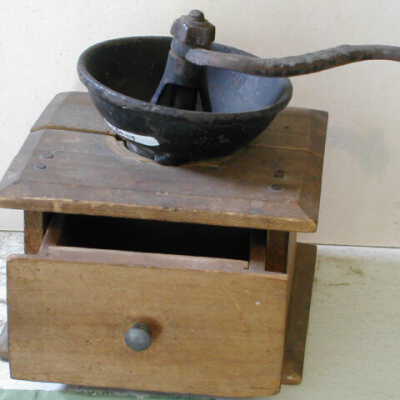
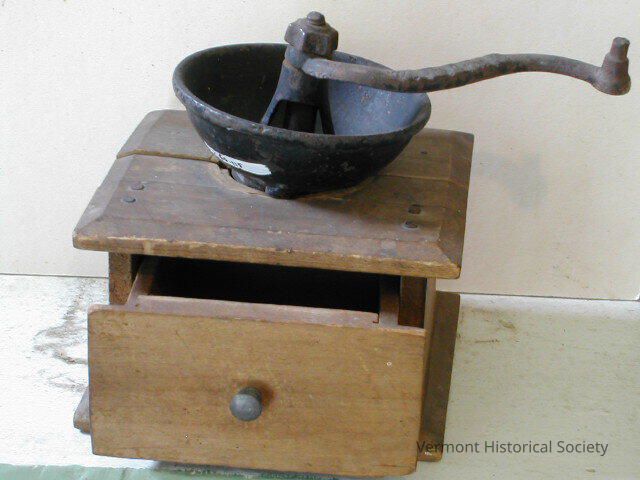
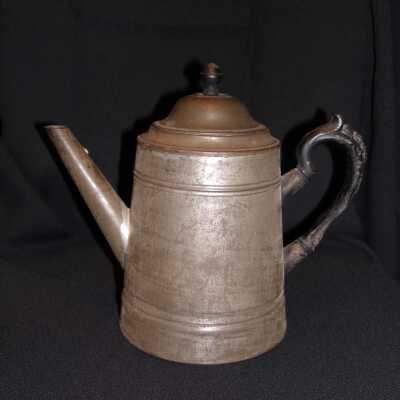
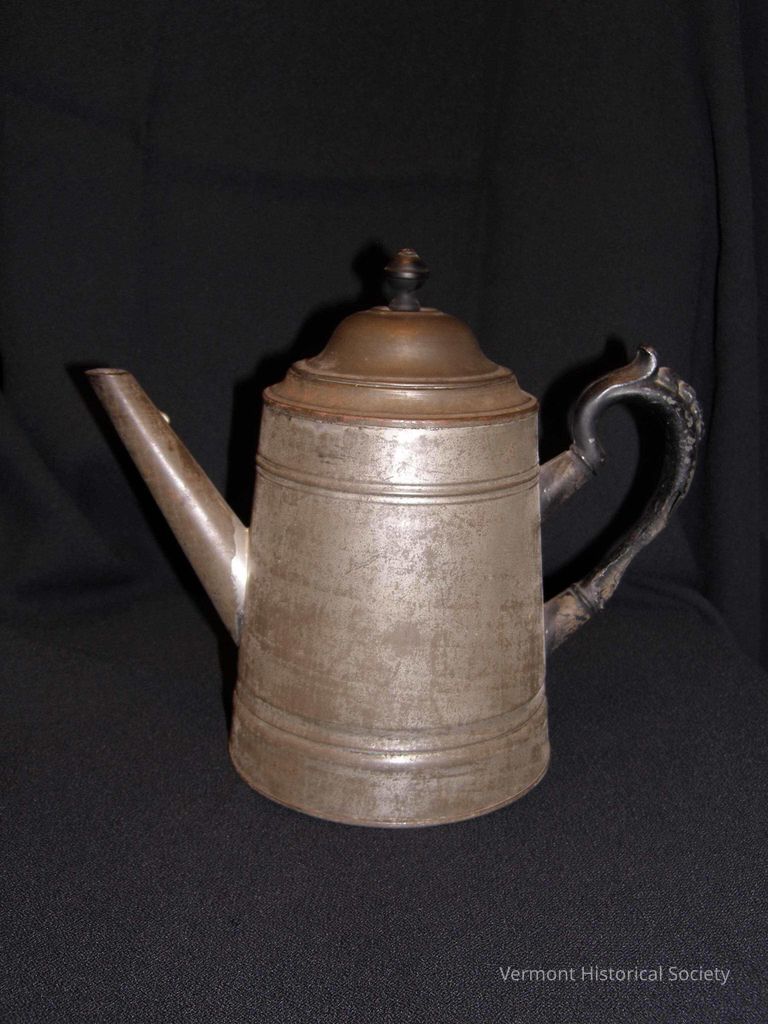
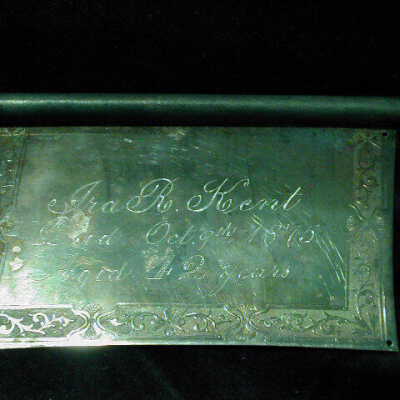
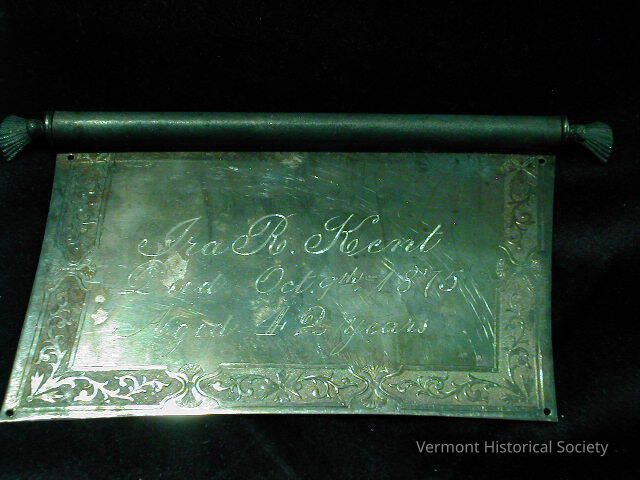
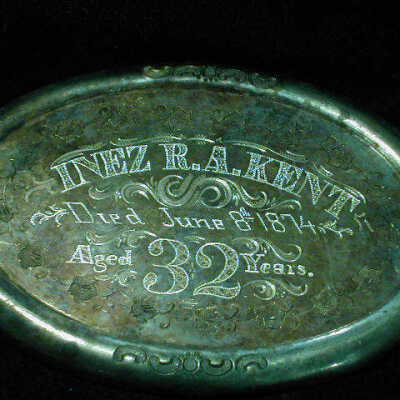
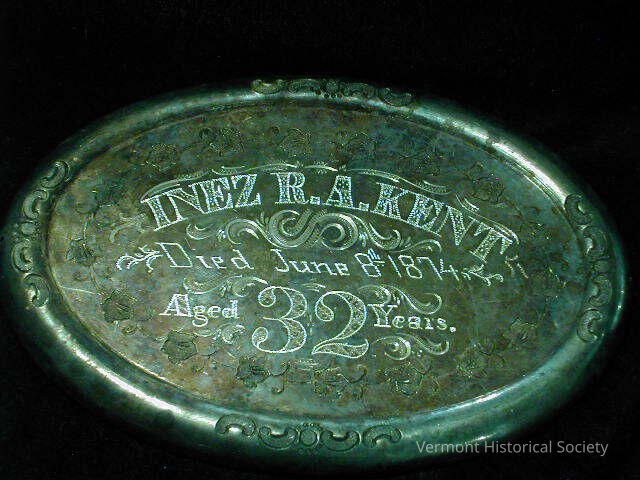
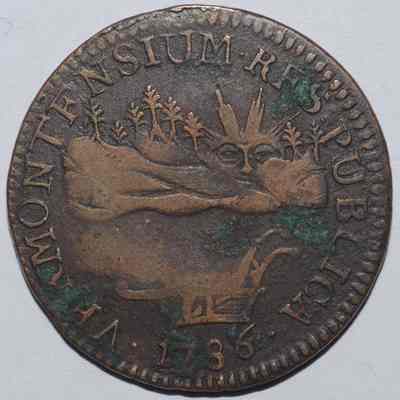
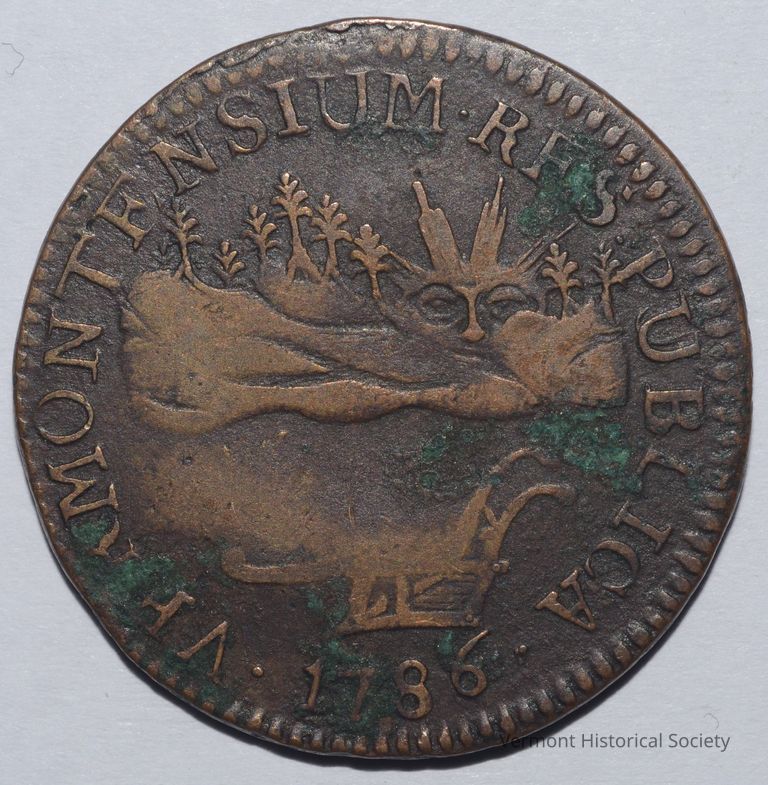
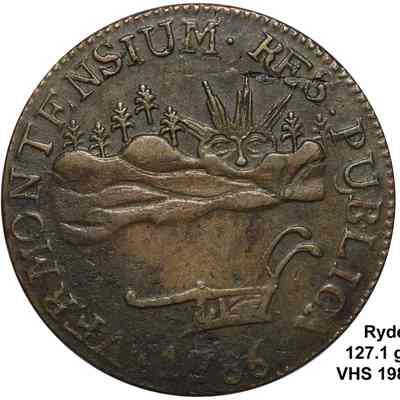
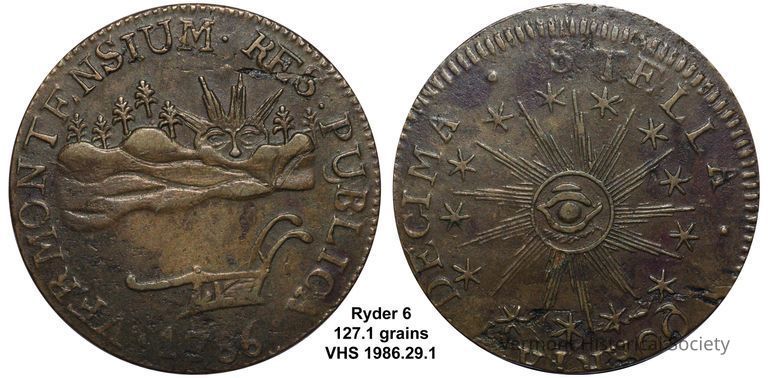
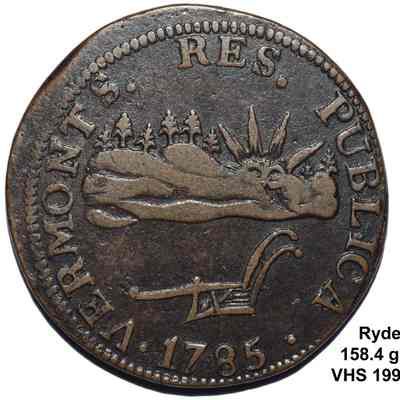
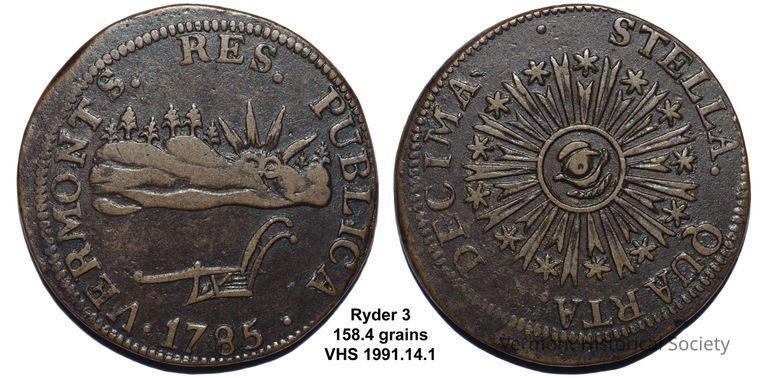
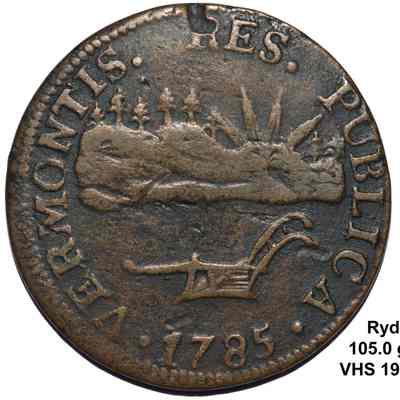
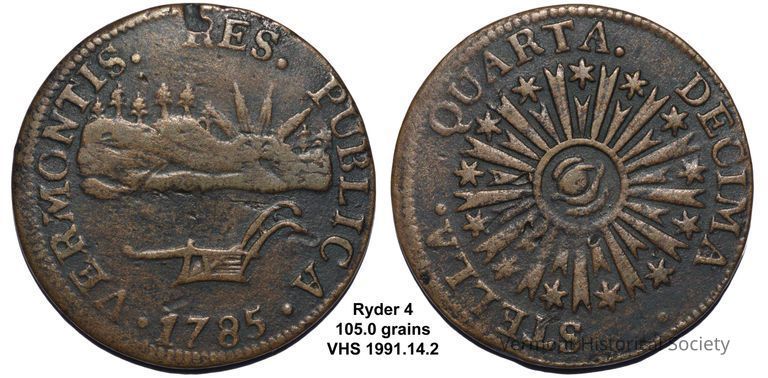

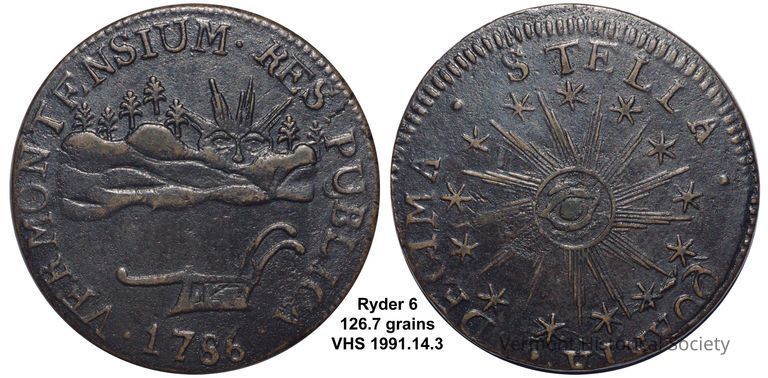
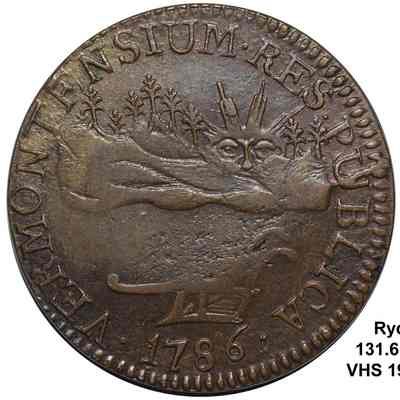
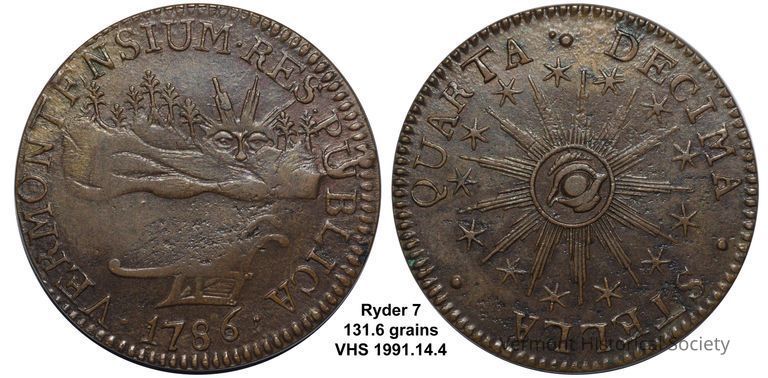

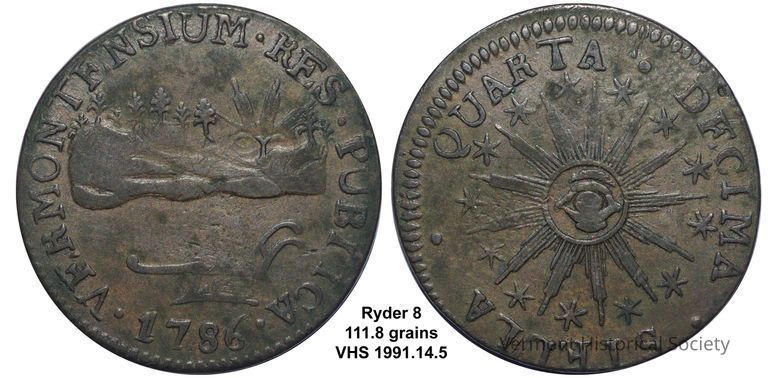
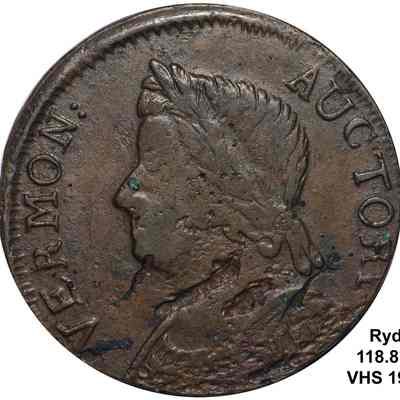
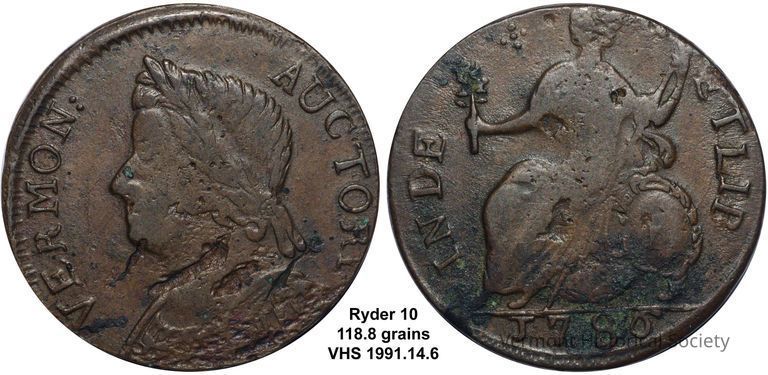
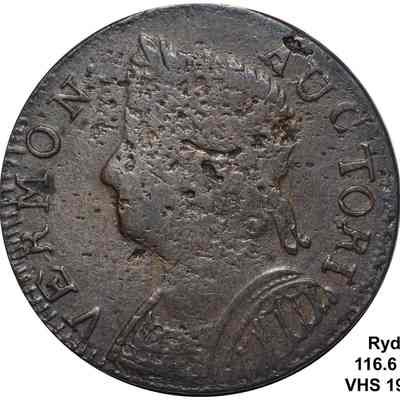
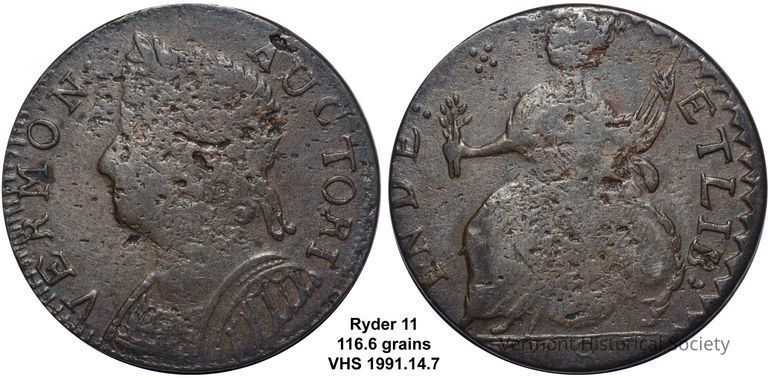
Obverse: Bust facing left. VERMON: AUCTORI
Reverse: Female (Liberty) seated, staff in her left hand and olive (?) branch in the right; straight line over the top of the date. INDE: :: ETLIB: 1786
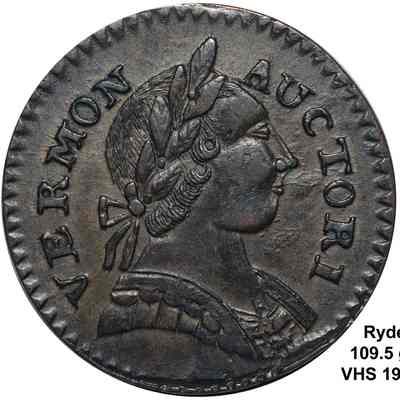
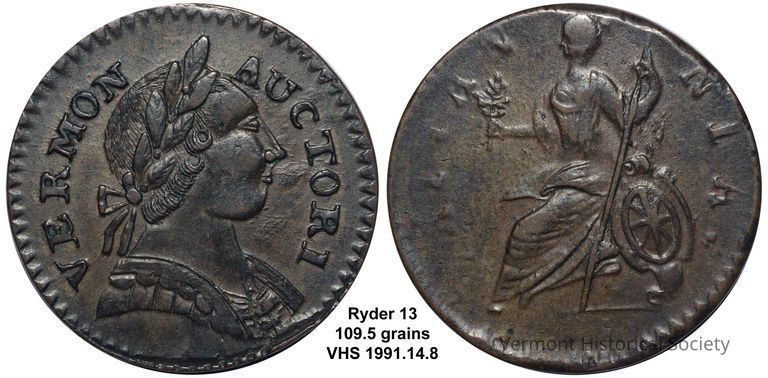

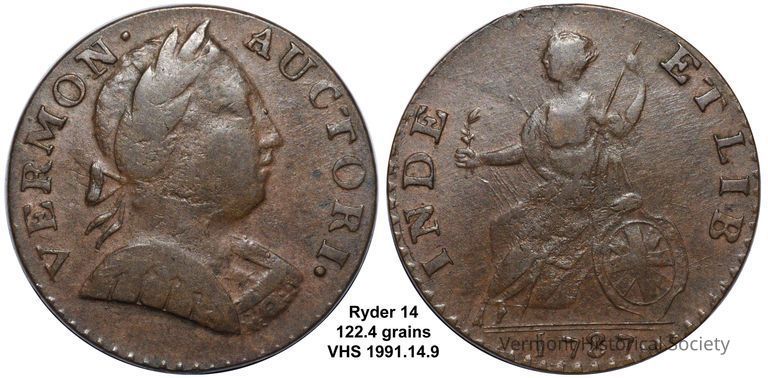

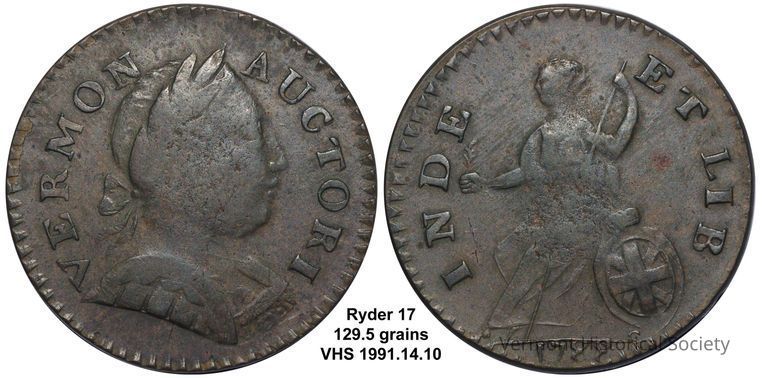

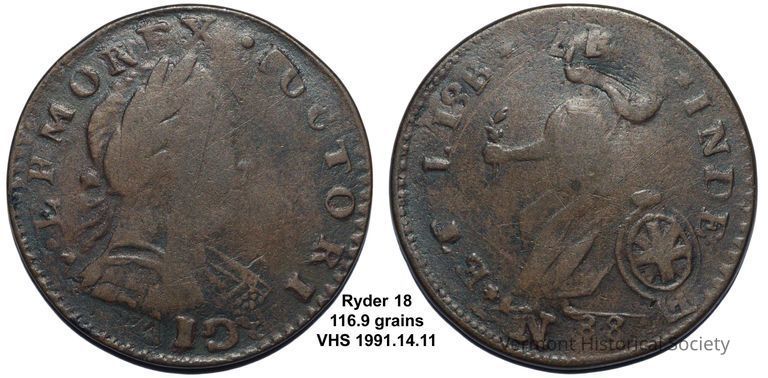
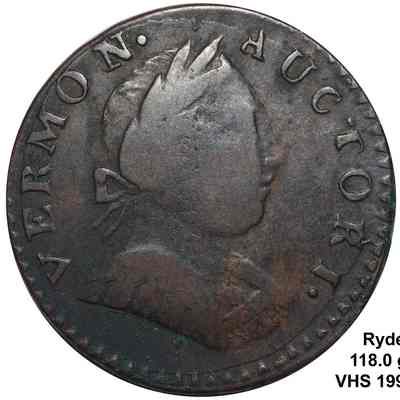
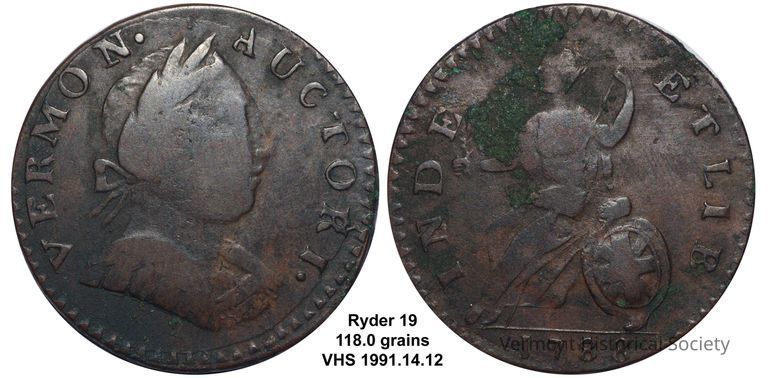

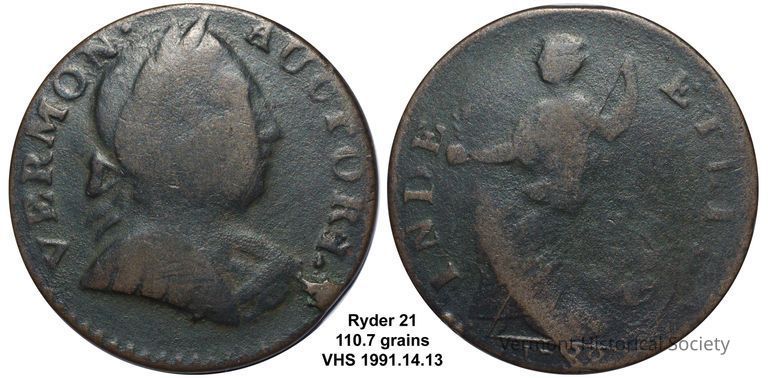
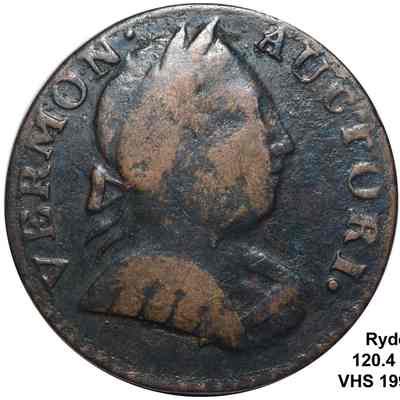
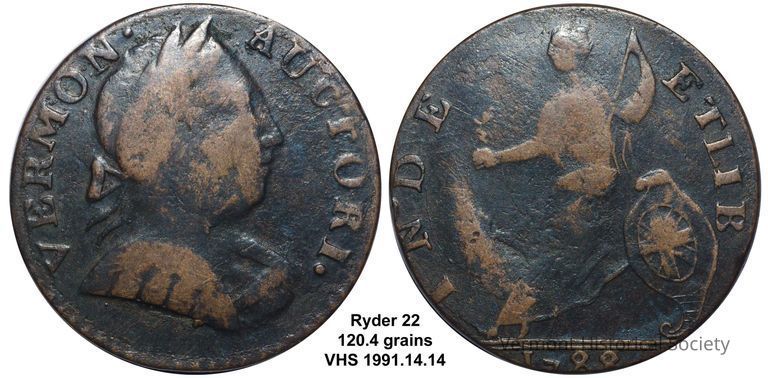
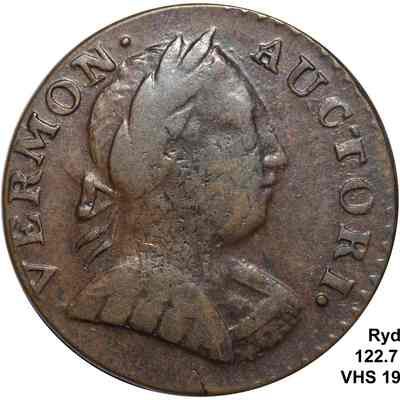
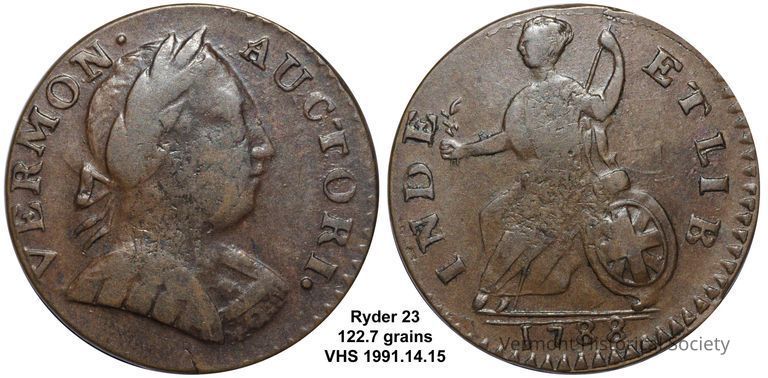

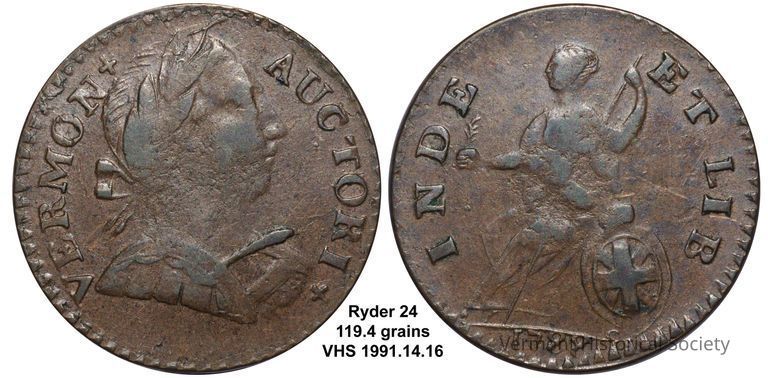
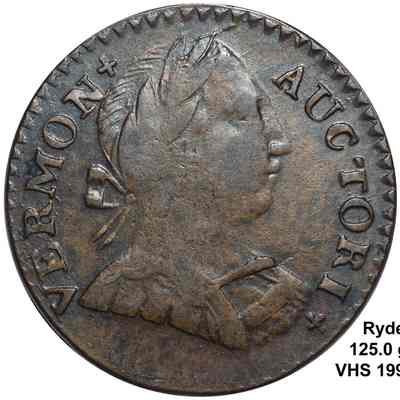
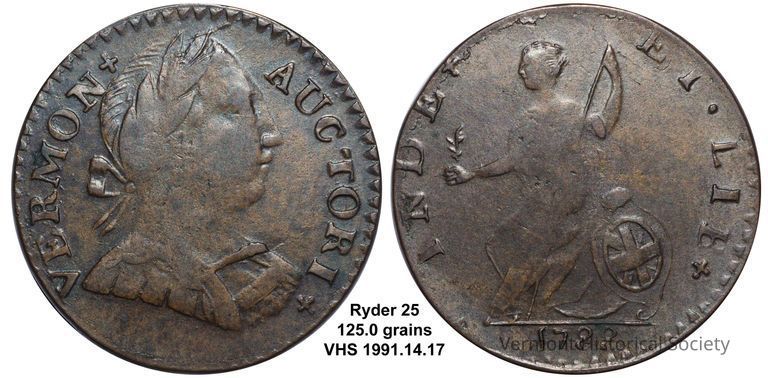
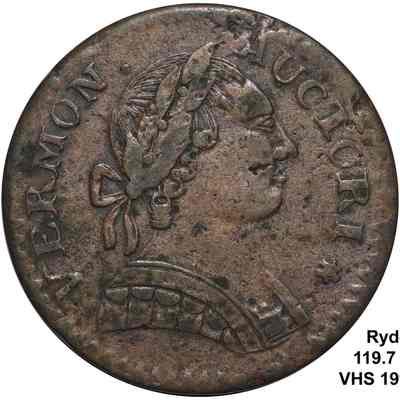
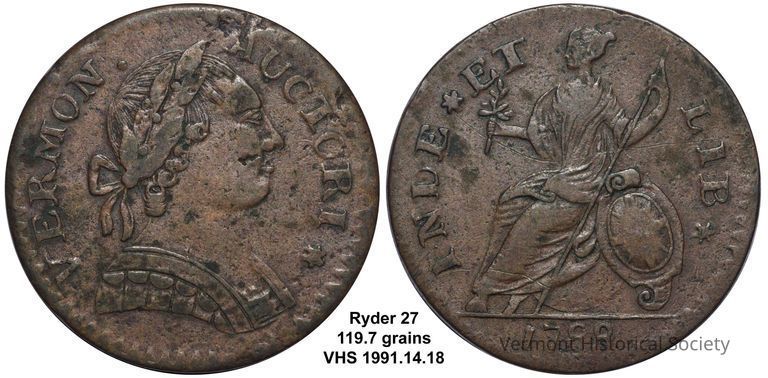

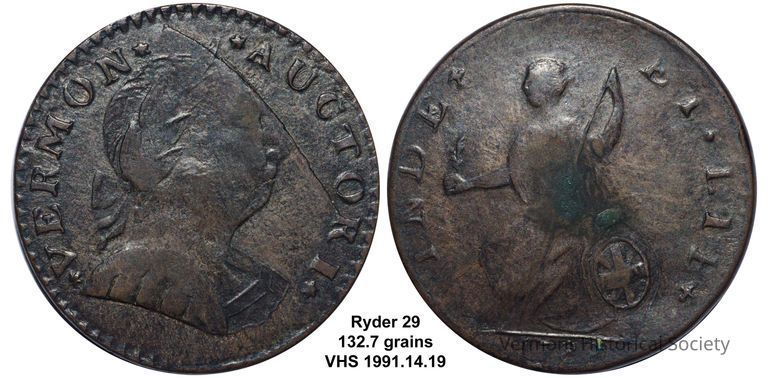
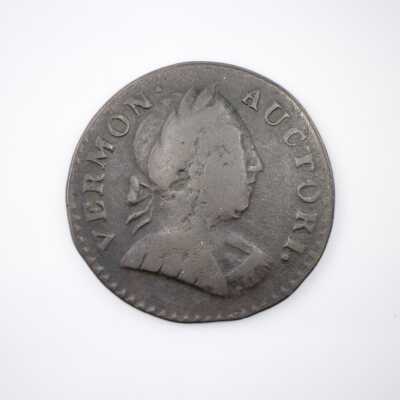
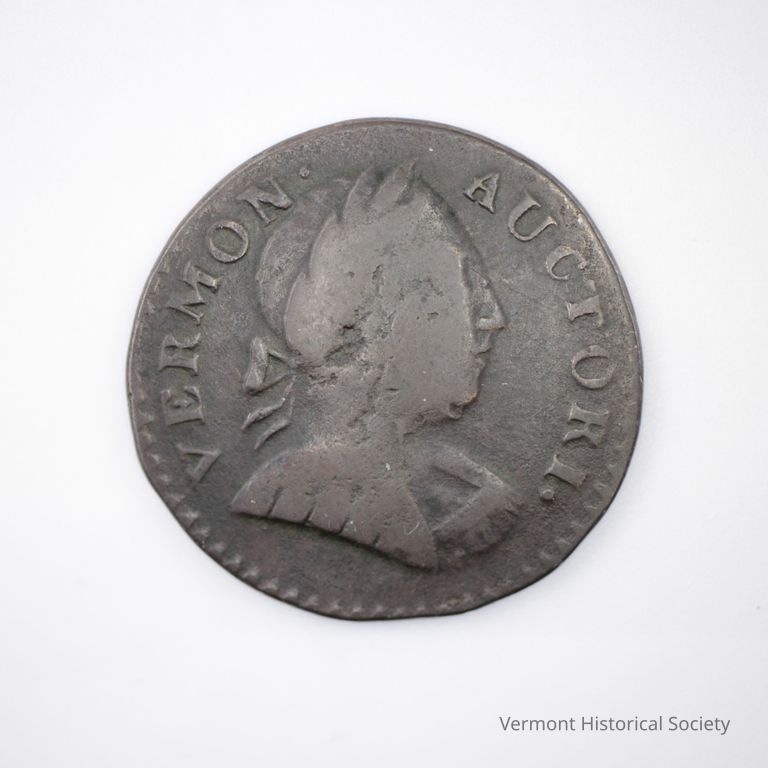

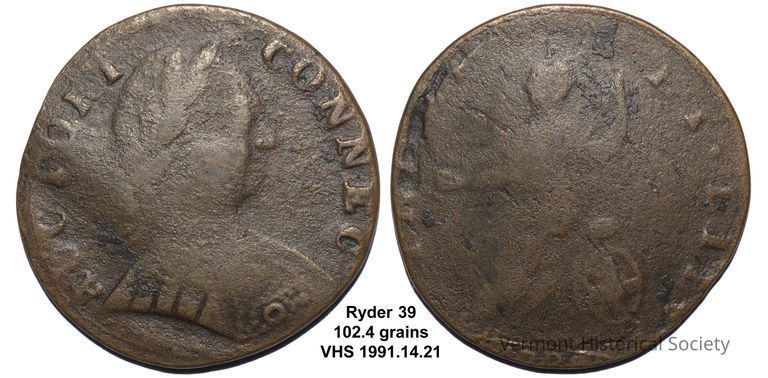
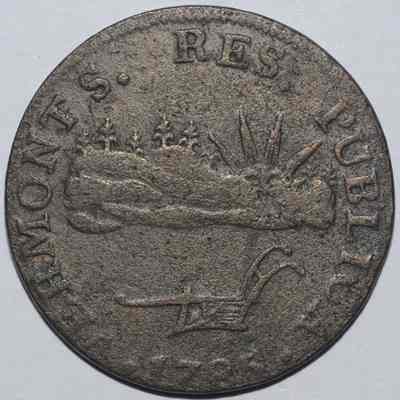
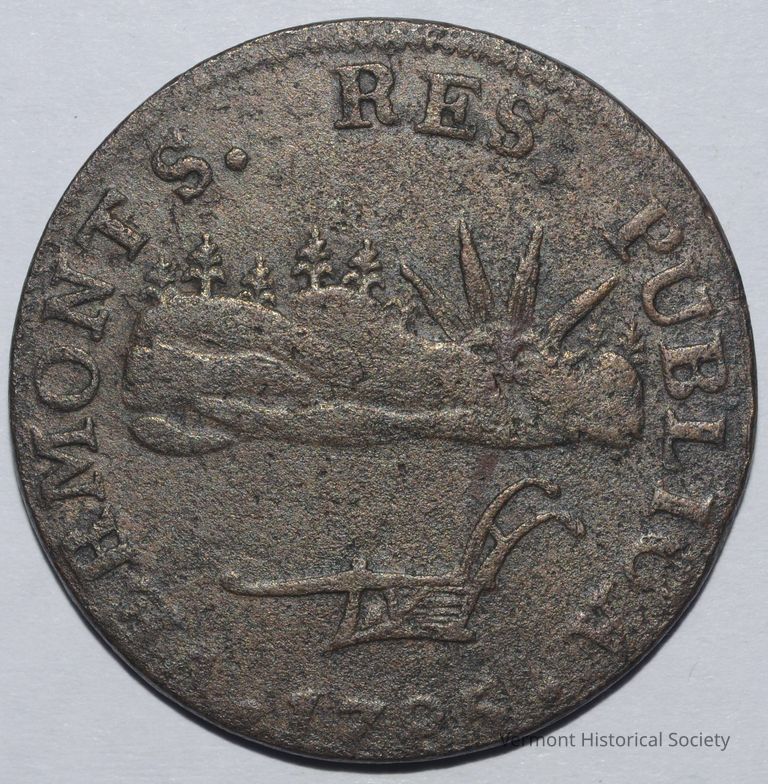


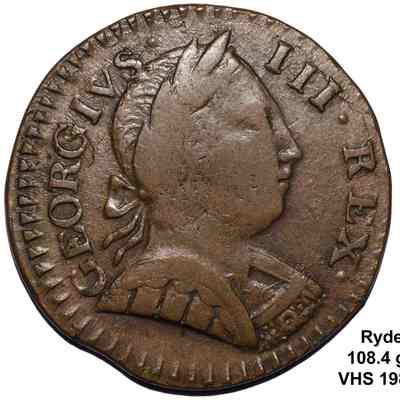
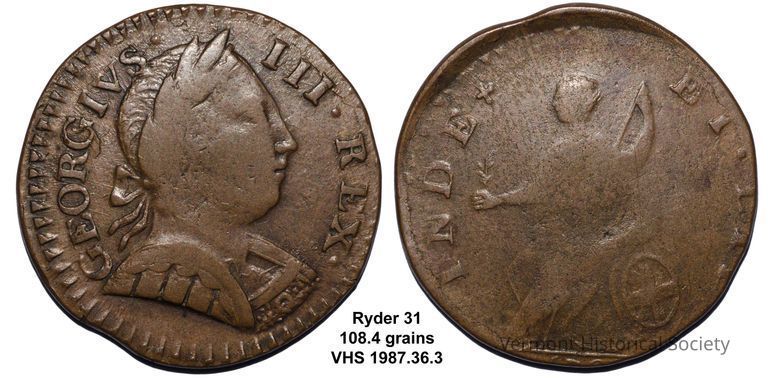

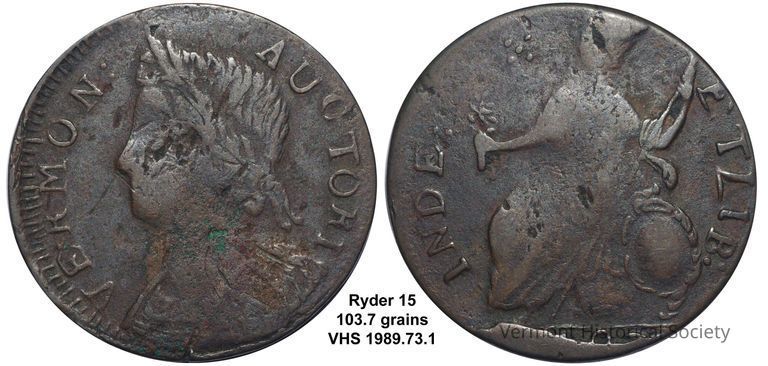
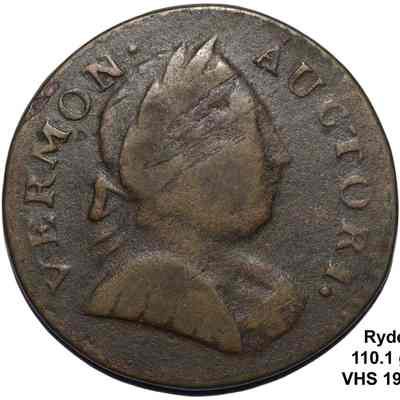
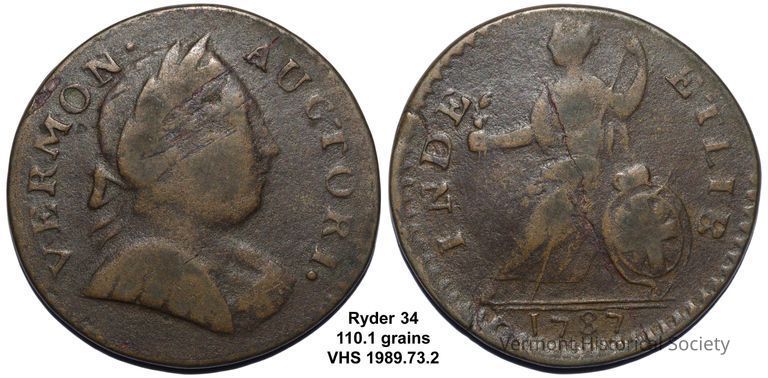
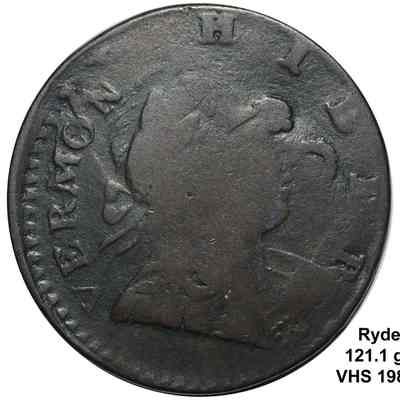
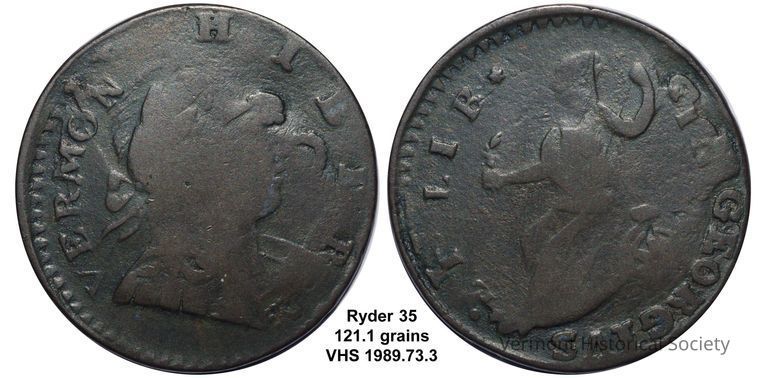
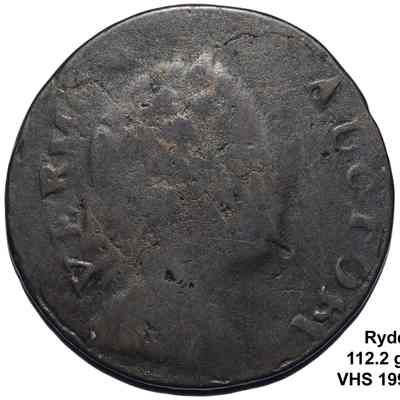
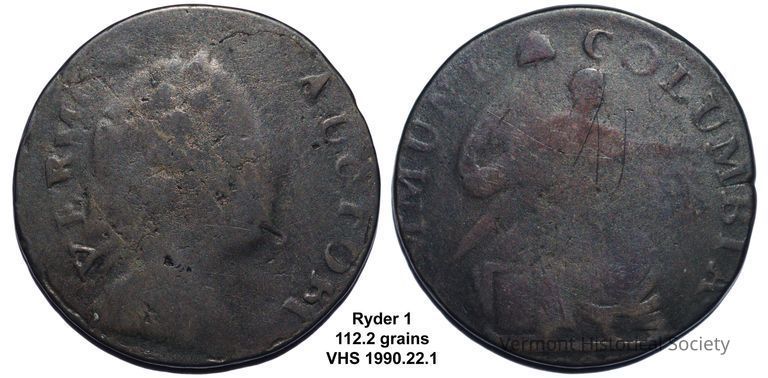

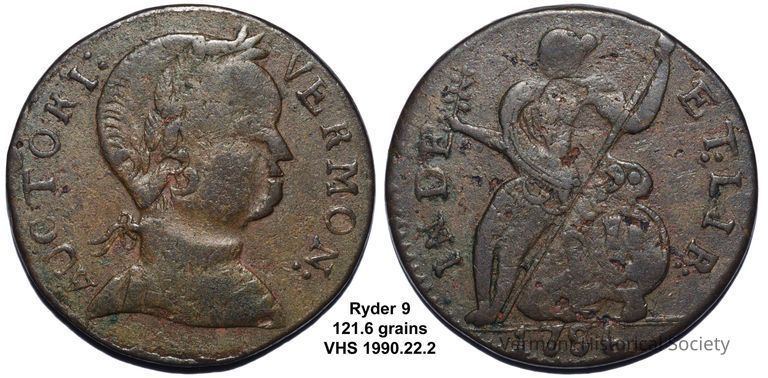
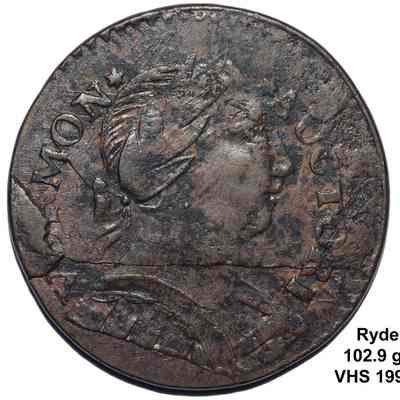
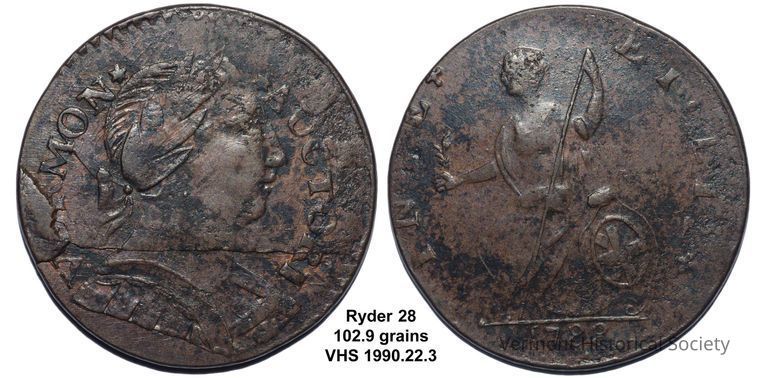
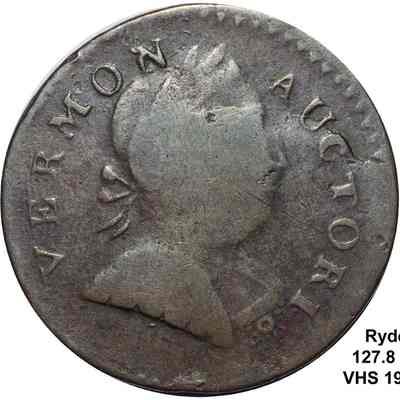
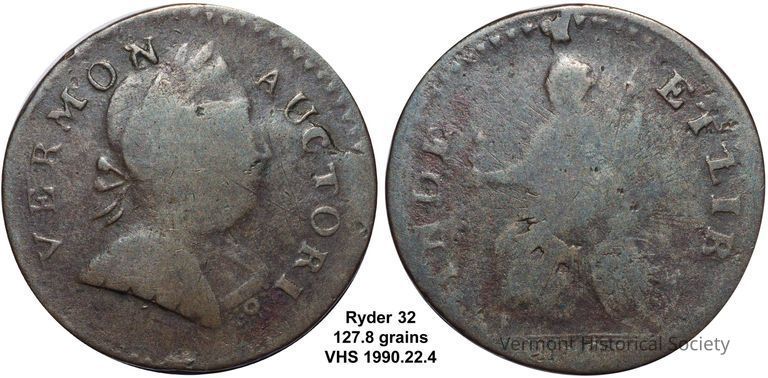
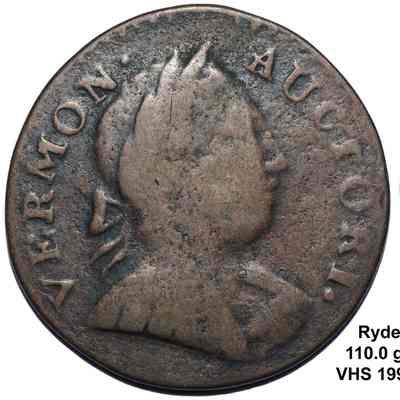
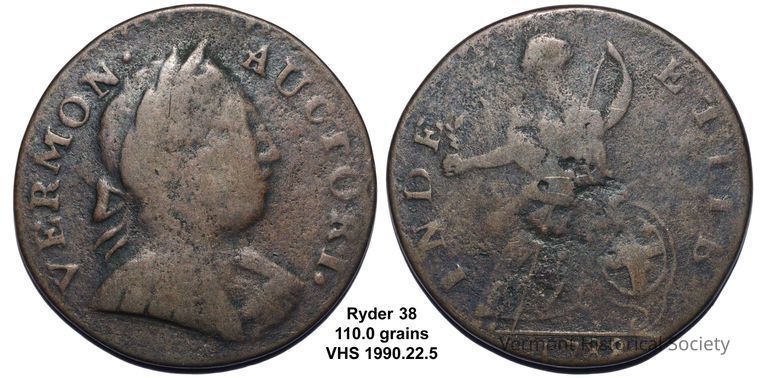
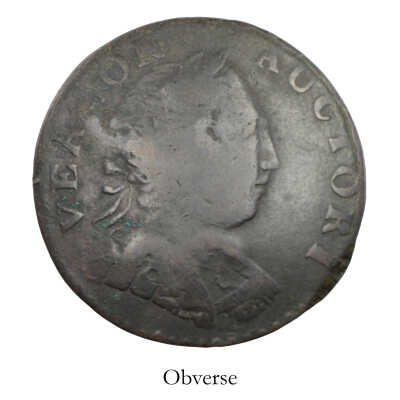
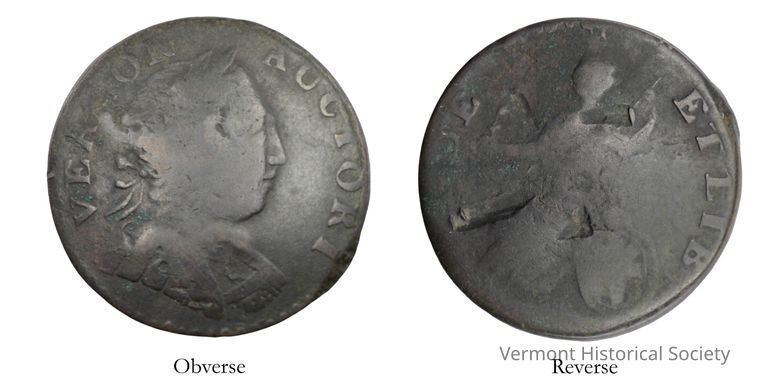
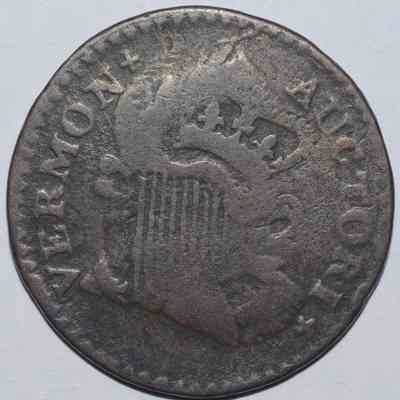
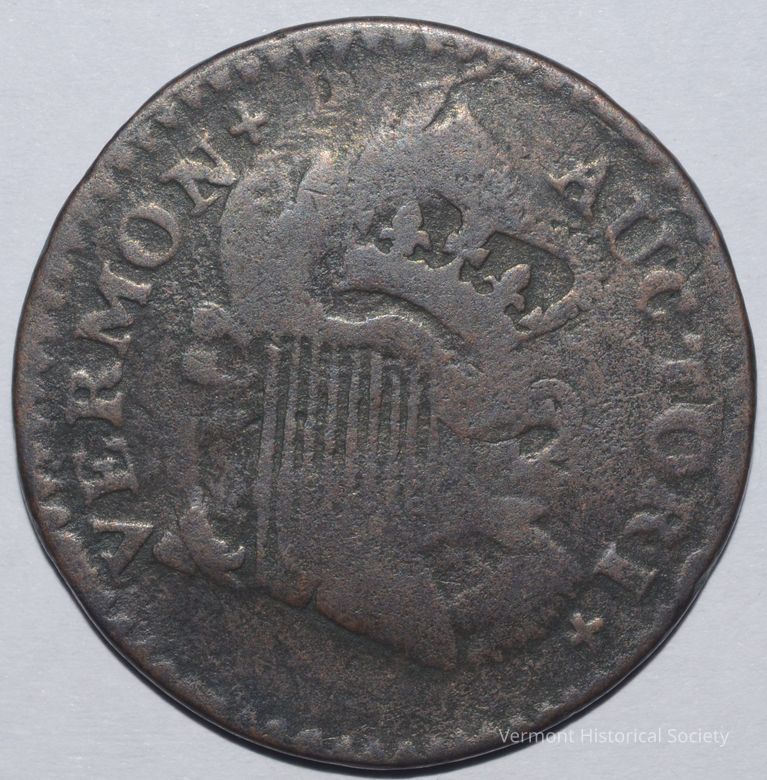
The coin is over struck on an Irish halfpenny, which is still clearly visible through the Vermont pattern. The face was struck over a design of a harp beneath a crown.
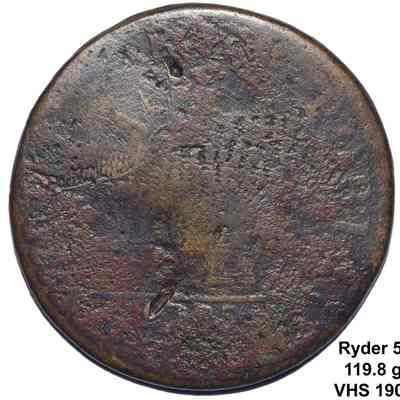
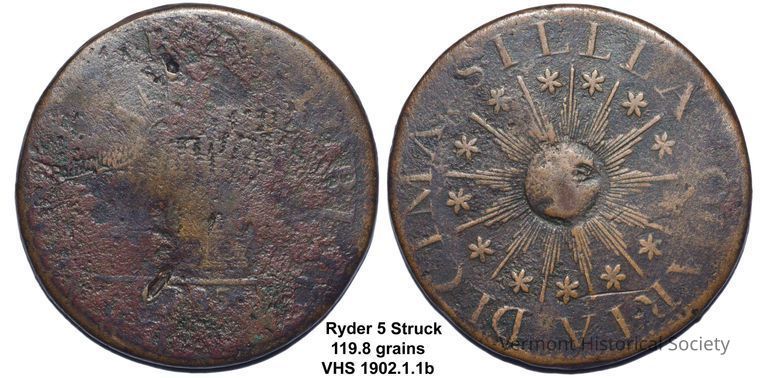
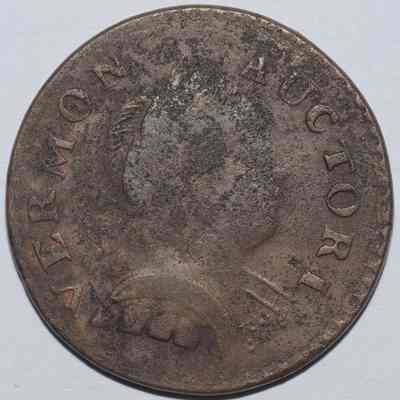
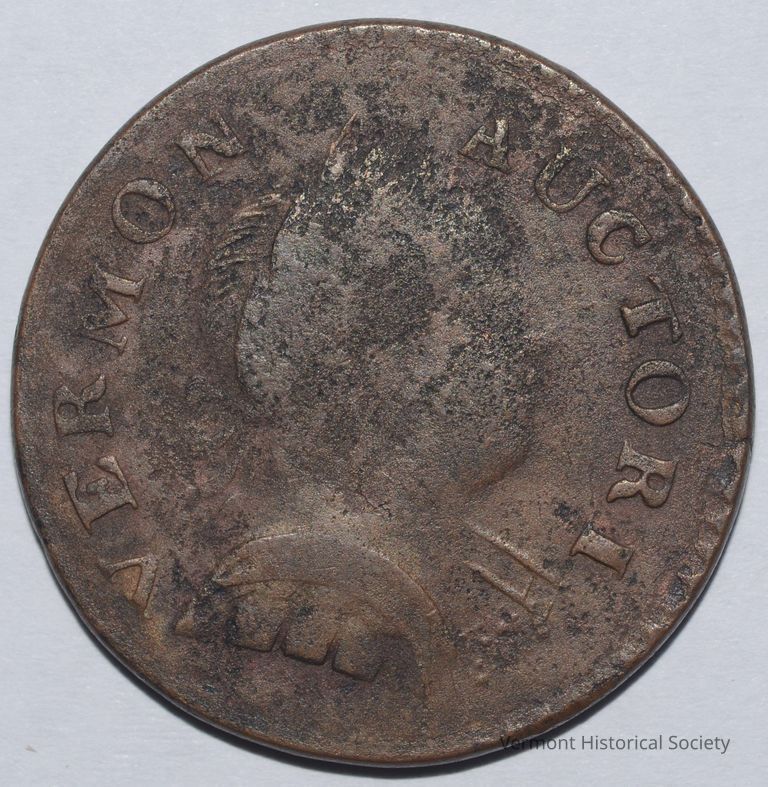

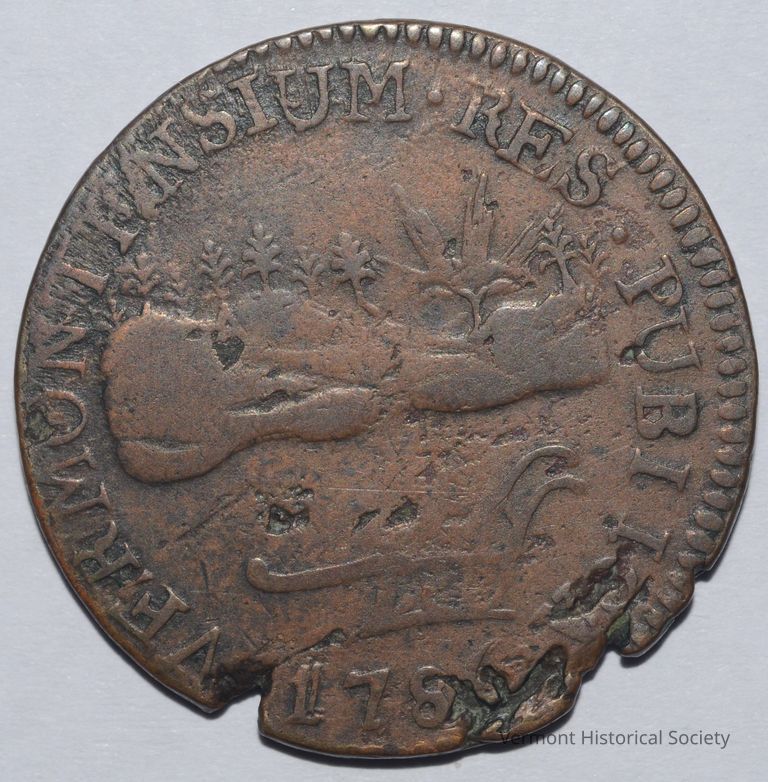
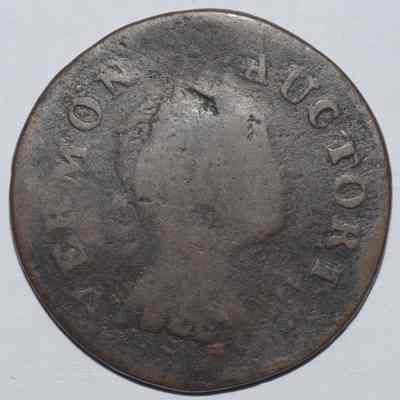
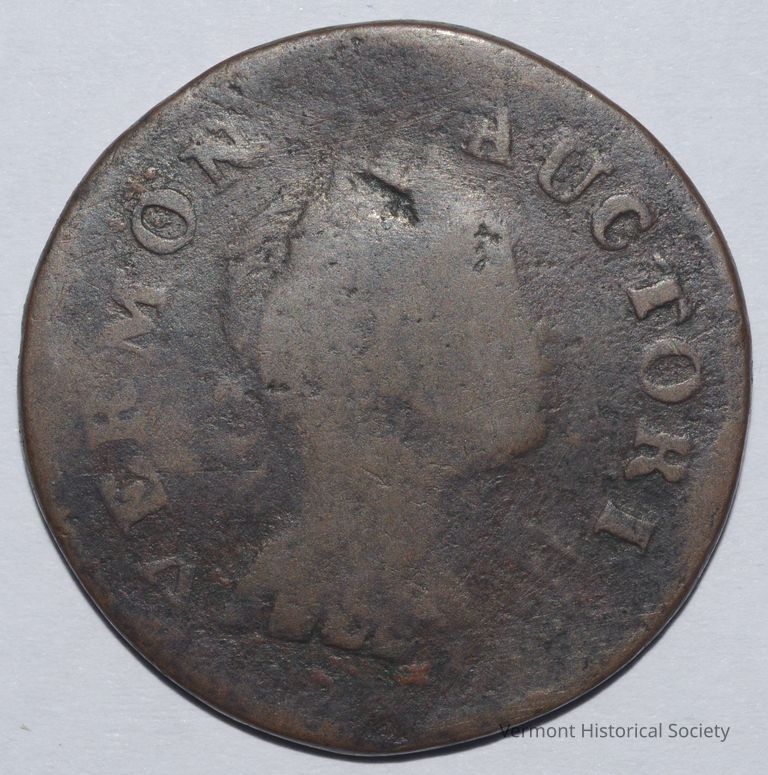
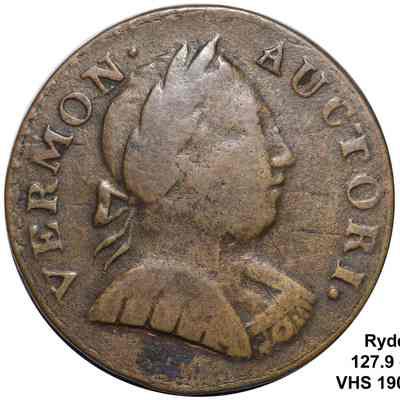
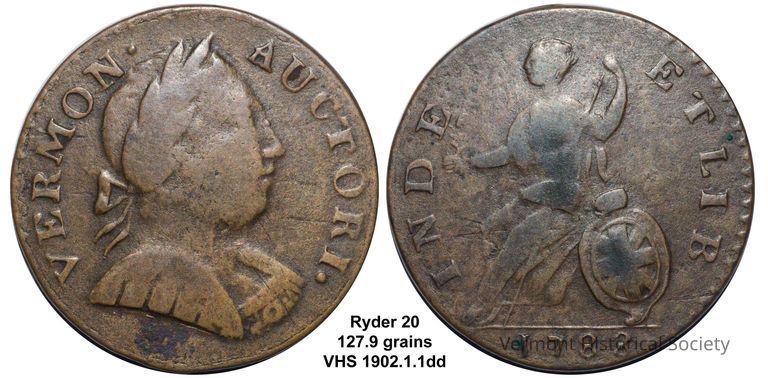
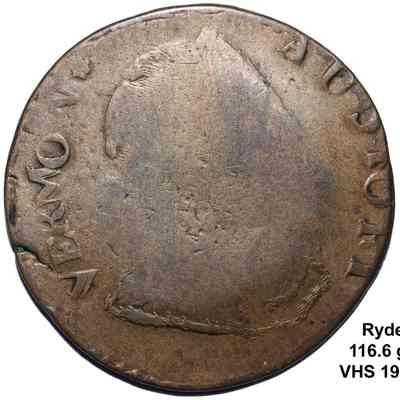
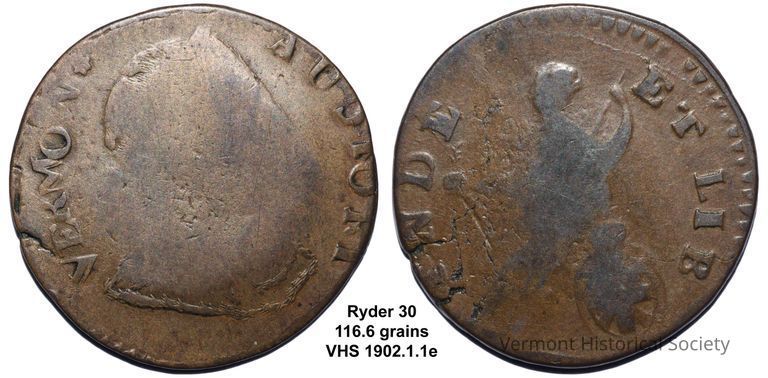
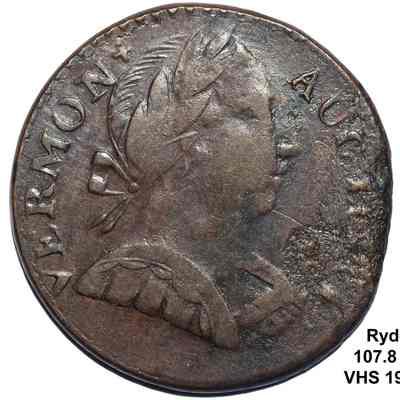
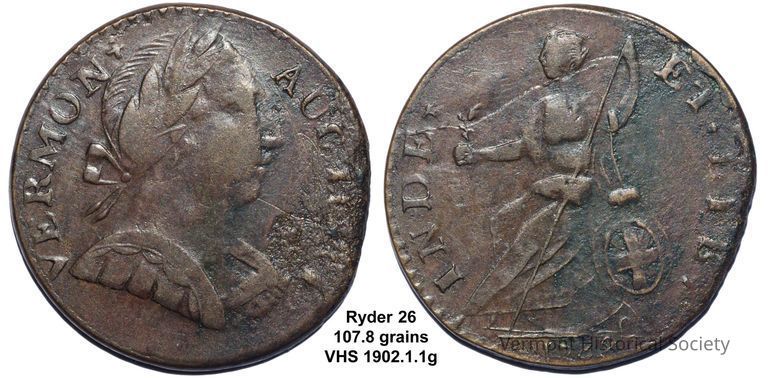

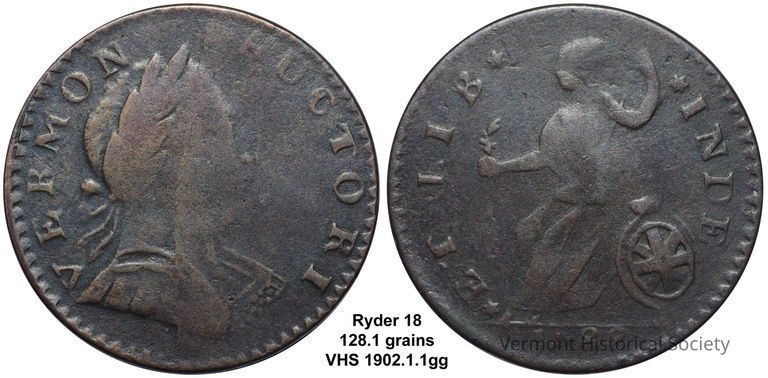

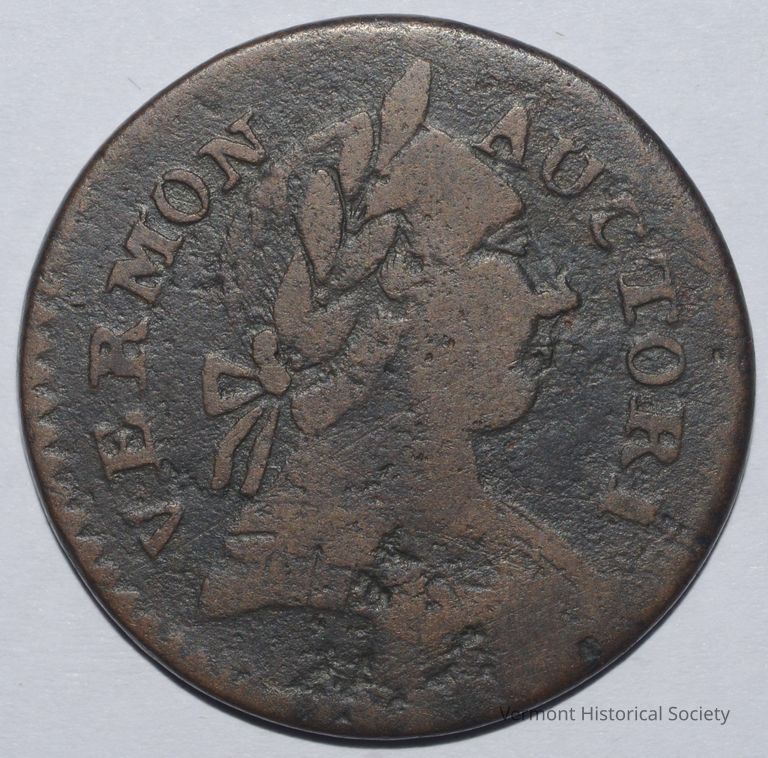
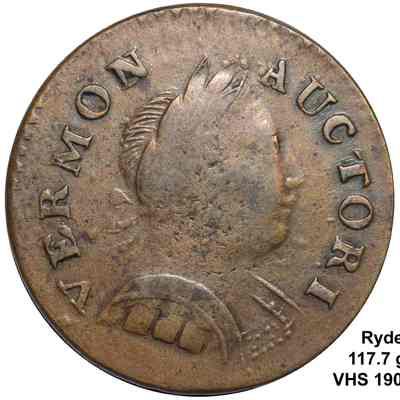
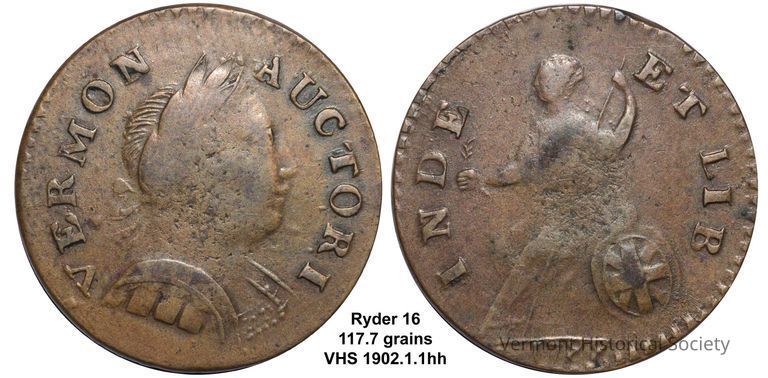

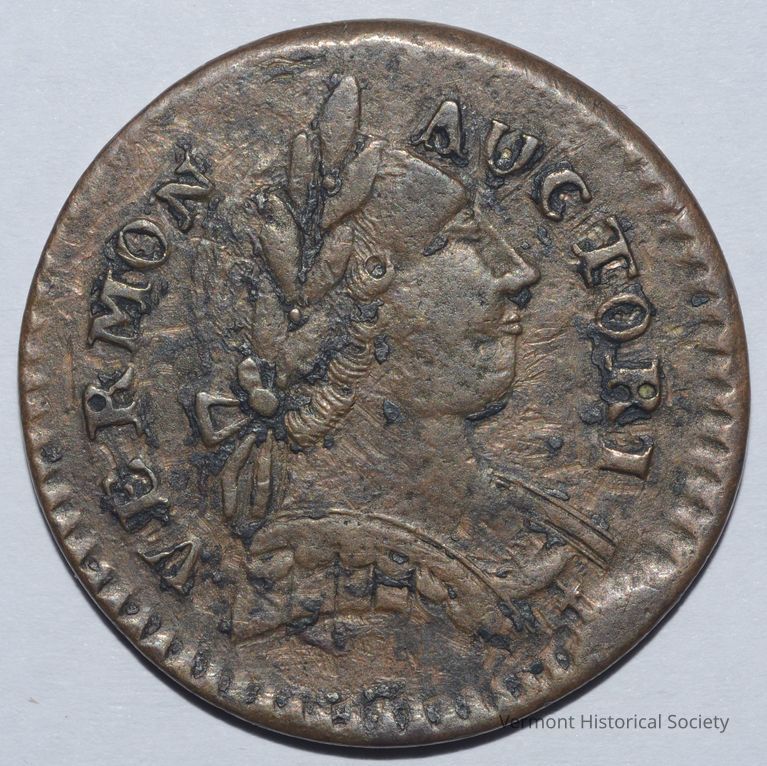
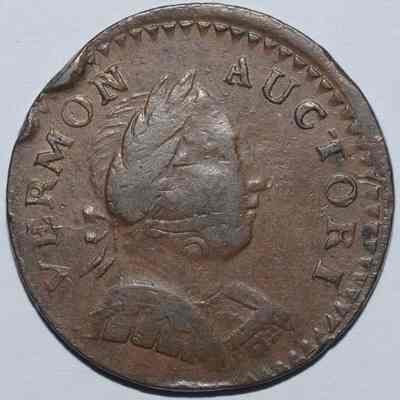
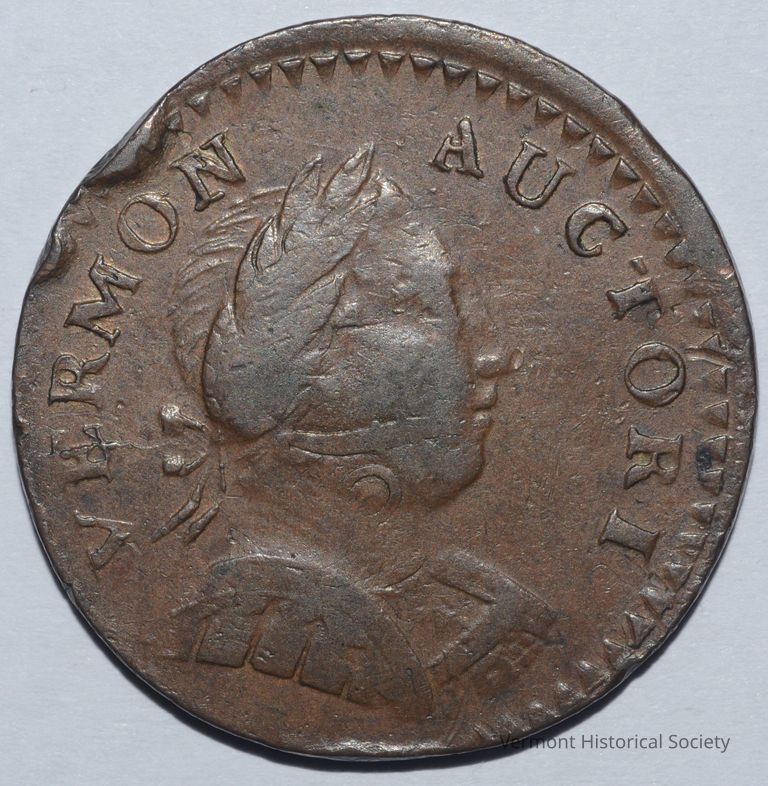

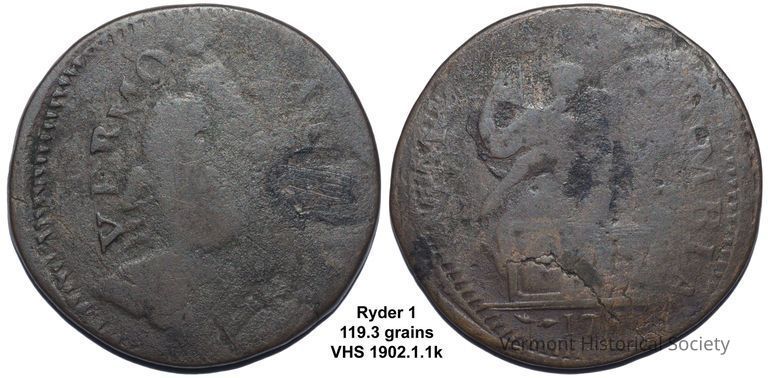

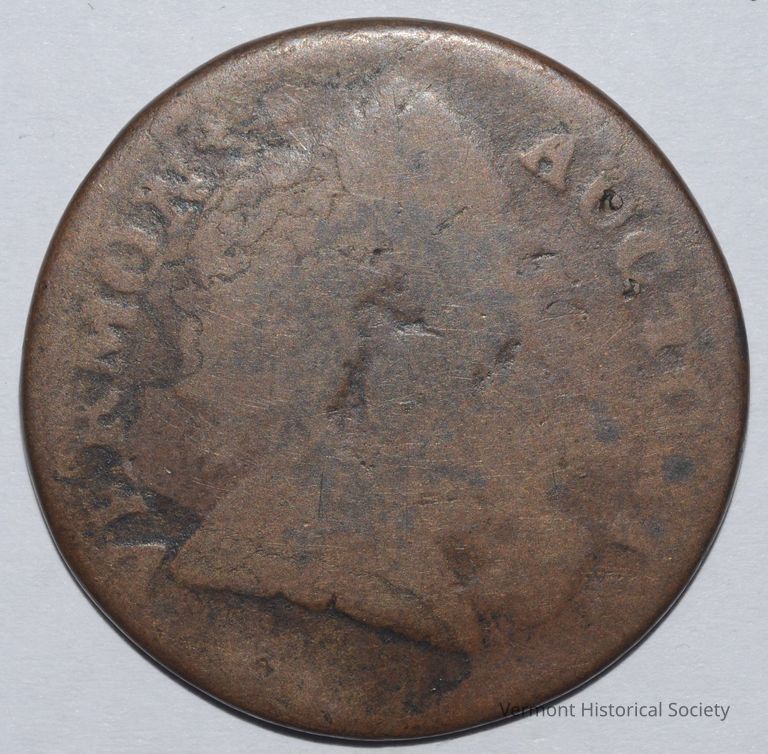
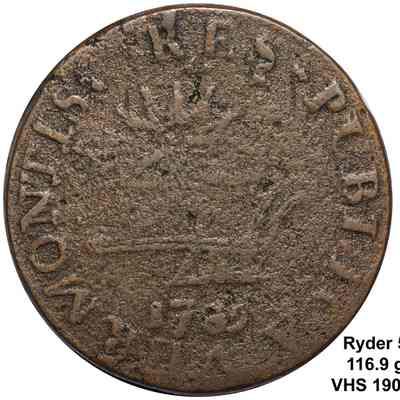
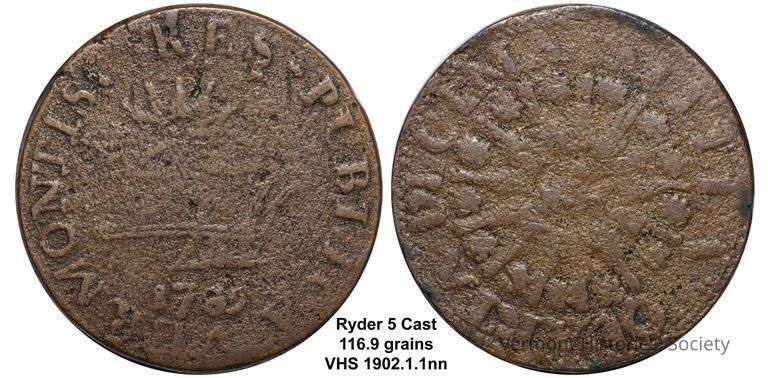
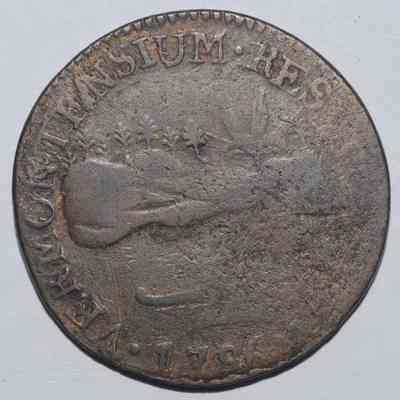
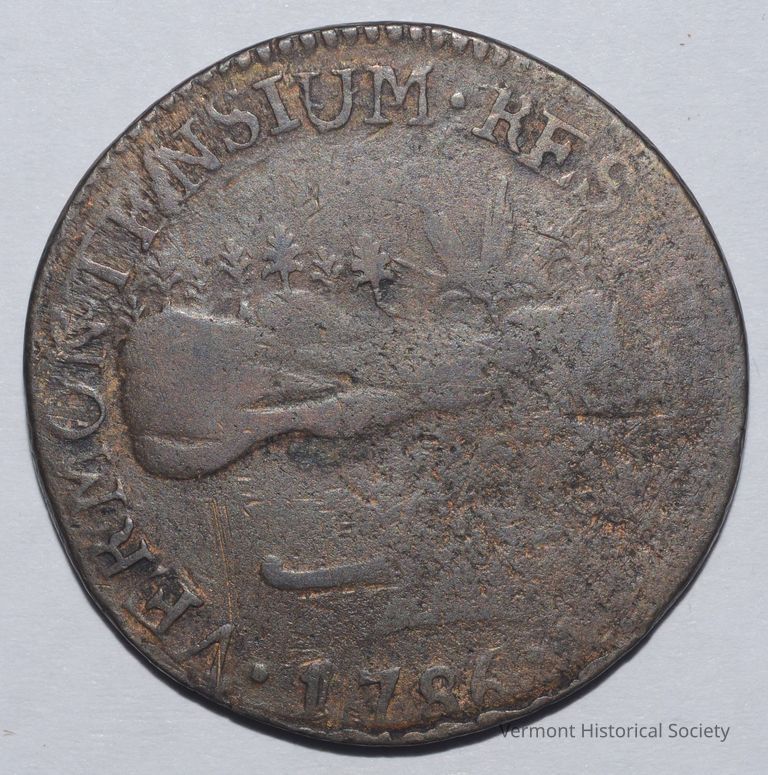
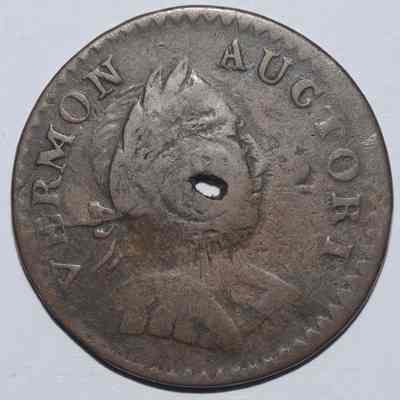
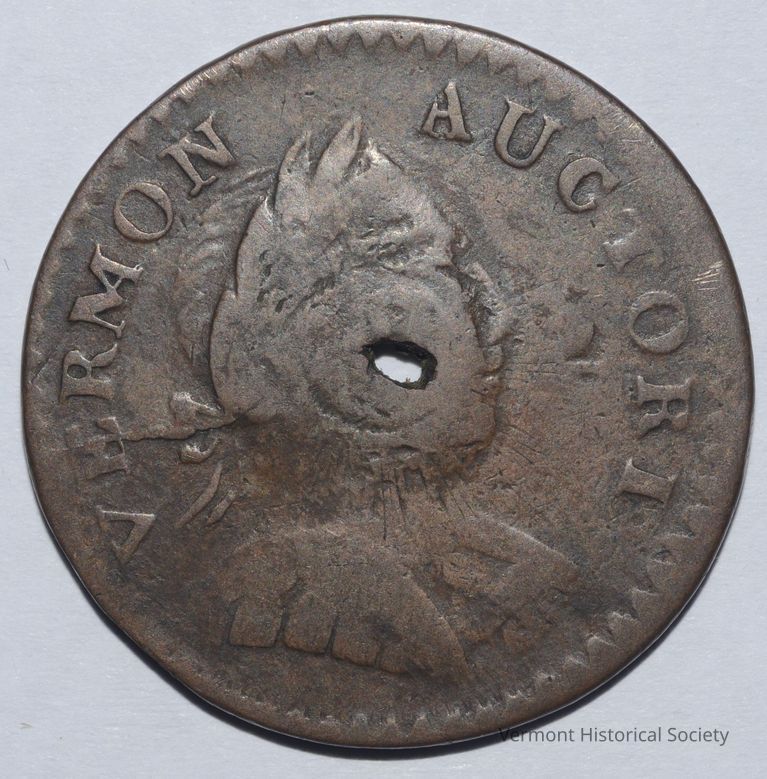
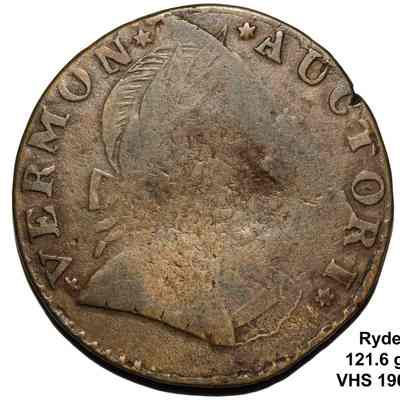
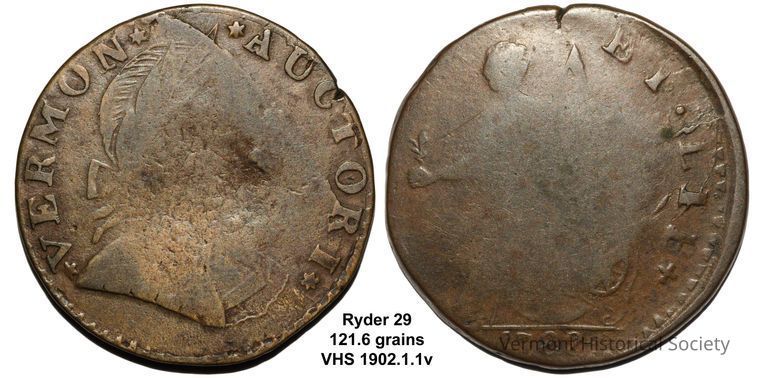

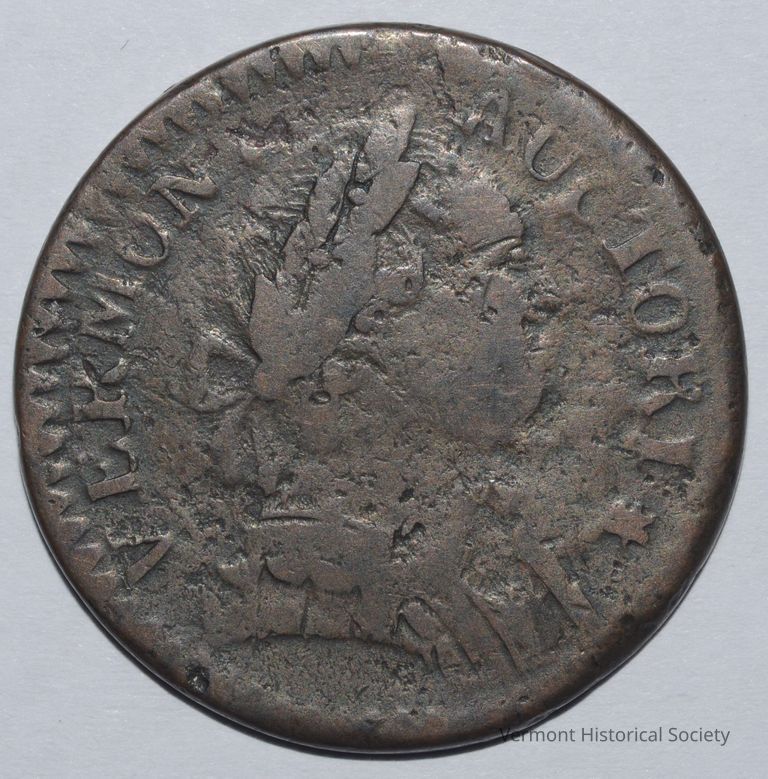

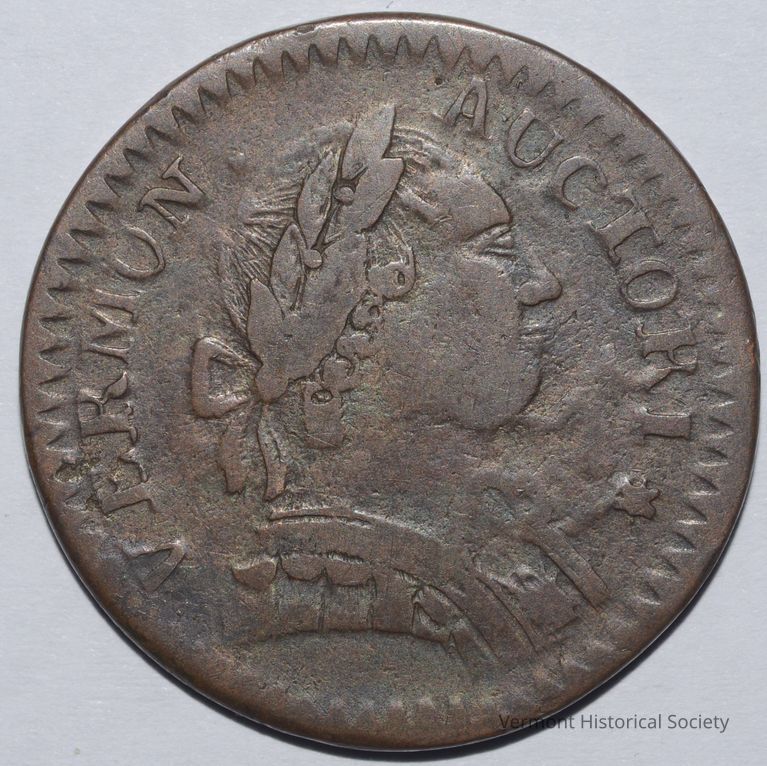

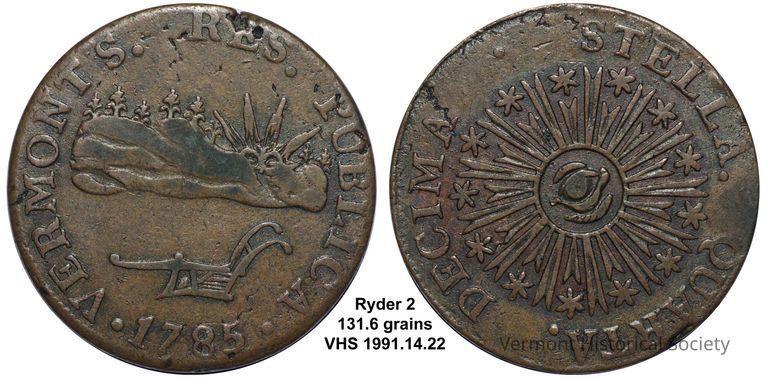

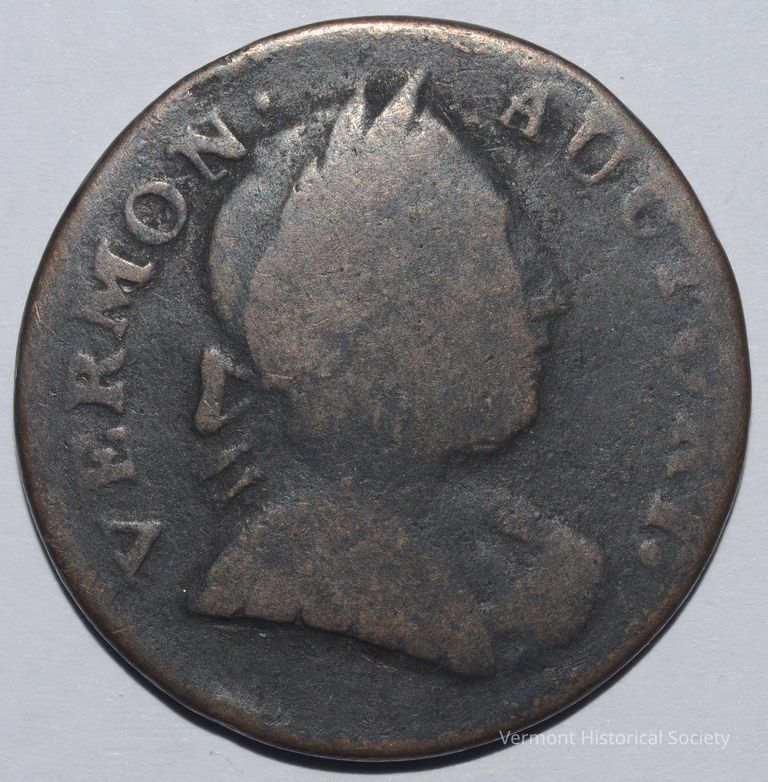
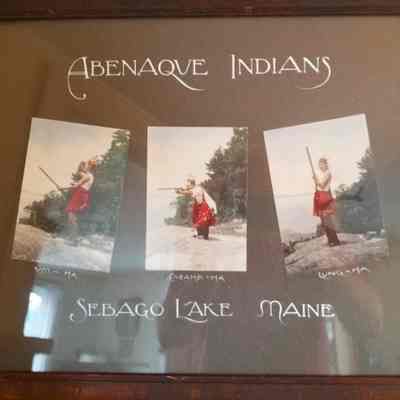
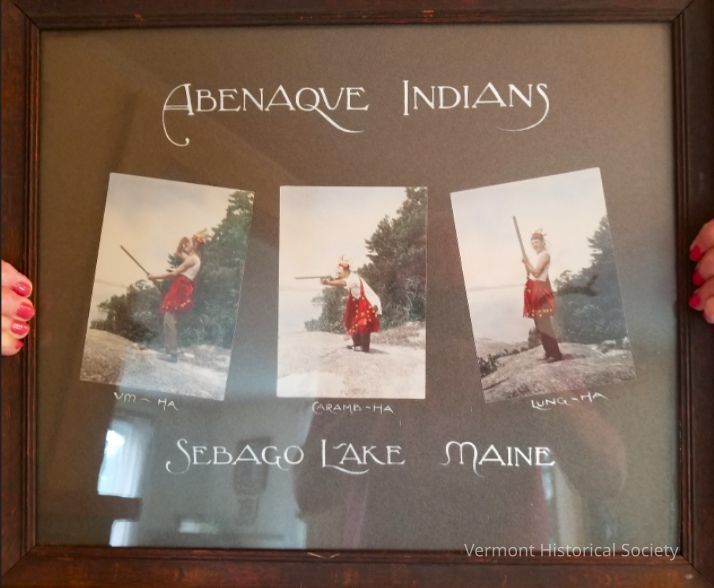
The three hand tinted photos illustrate a man with a muzzleloading firearm in three poses wearing a feather headdress and fragment of probably original cut cloth fringe clothing over a white shirt and trousers. Below the photos are constructed pseudo-Abenaki words.
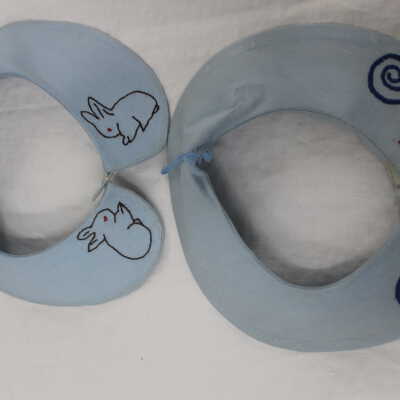
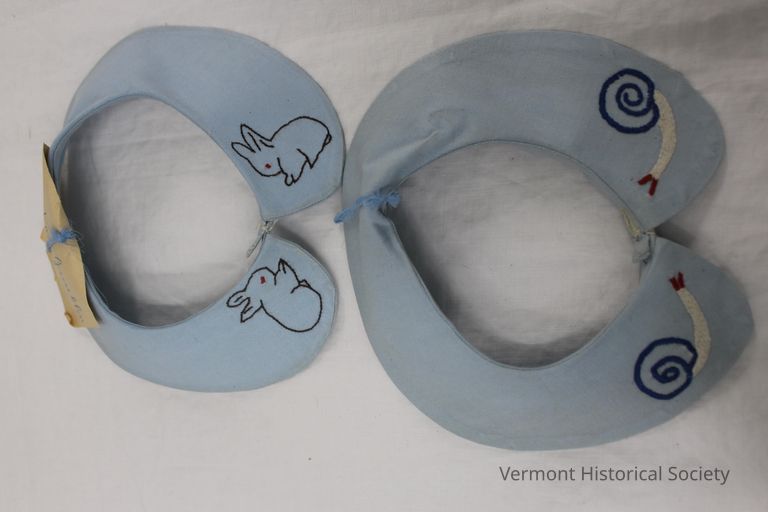
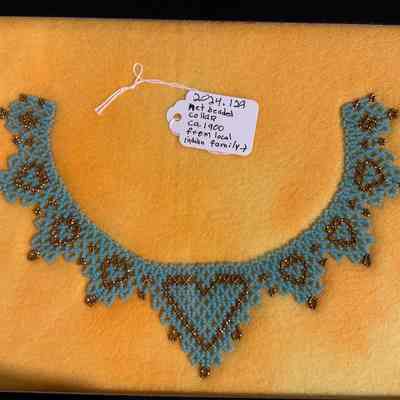
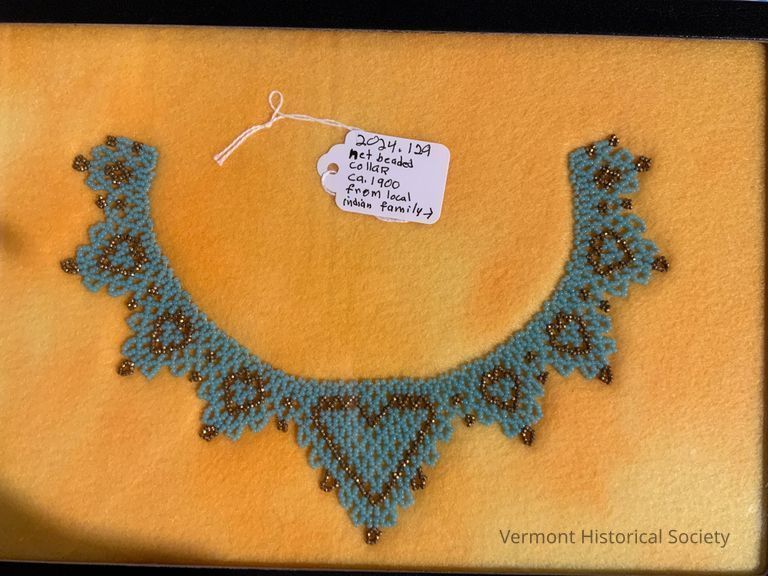

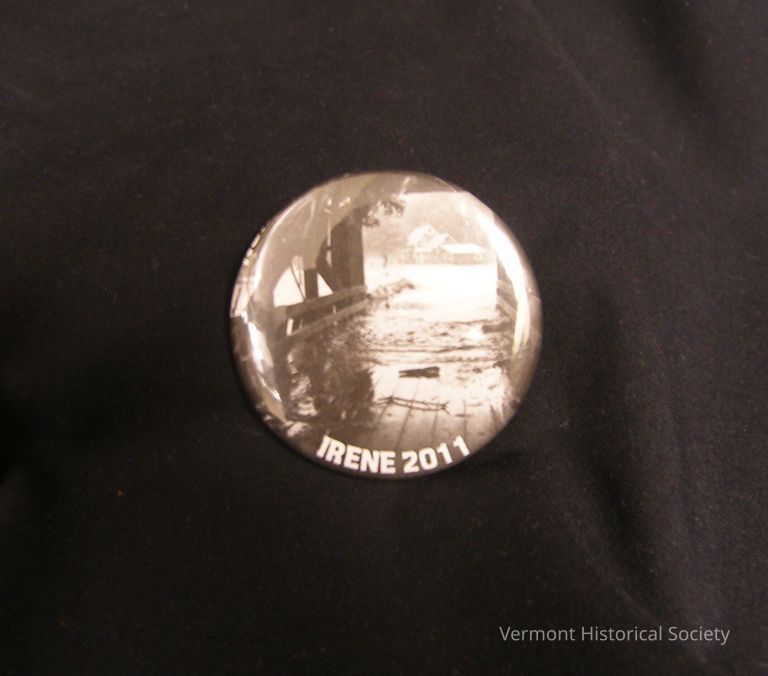

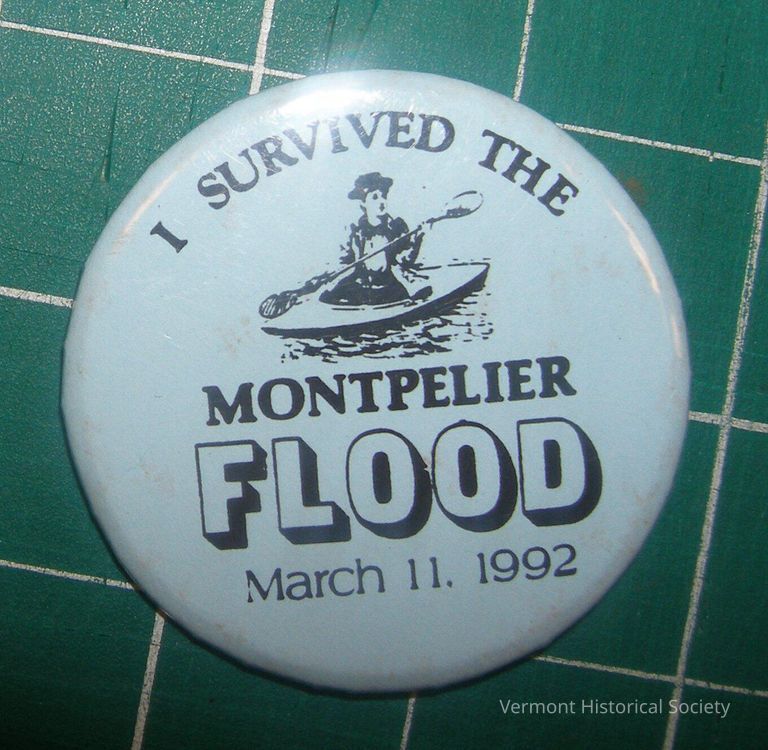
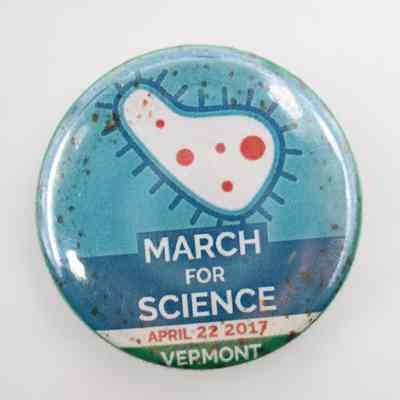
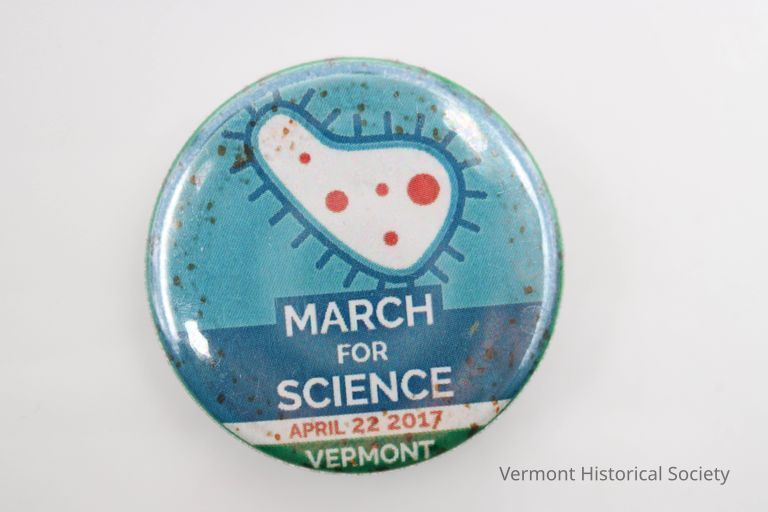
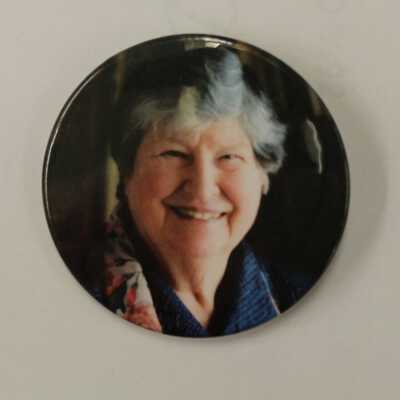
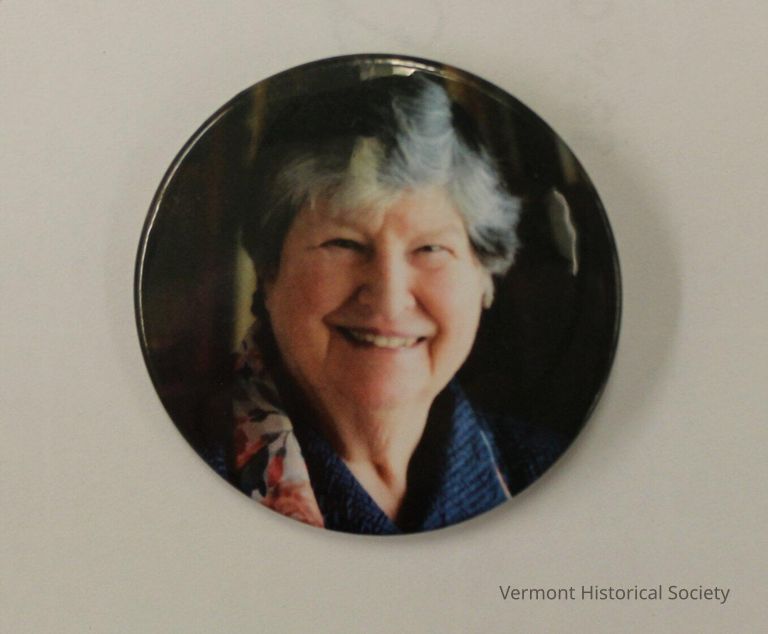
From her obituary in https://www.legacy.com/us/obituaries/burlingtonfreepress/name/barbara-snelling-obituary?pid=176339872
"Barbara W. Snelling, a Vermont icon, died peacefully on November 2, 2015 at her home in So. Burlington surrounded by her family. Barbara Tuttle Weil was born in Fall River, Massachusetts on March 22, 1928 to the Reverend F. Taylor and Hazel (Russell) Weil. Barbara was the former Lt. Governor of Vermont and was the wife of former Governor Richard A. Snelling."
She was also a state senator.

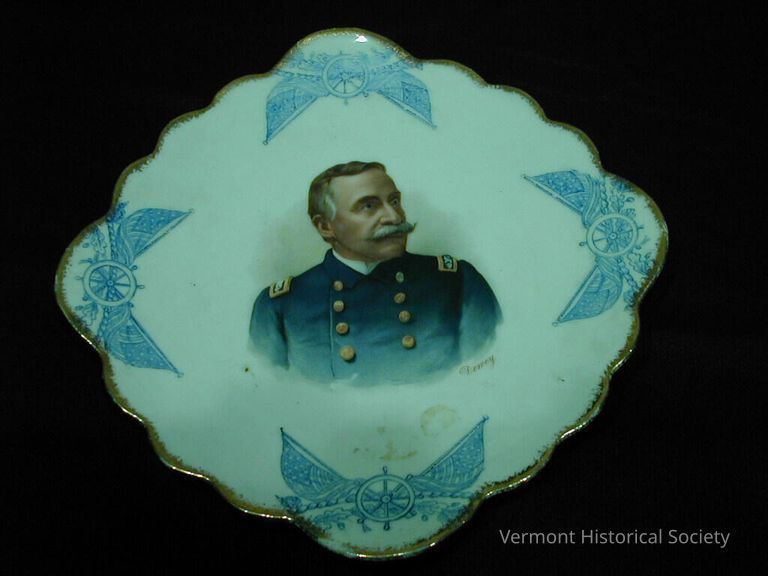
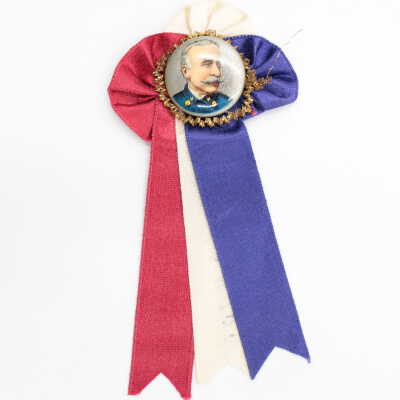
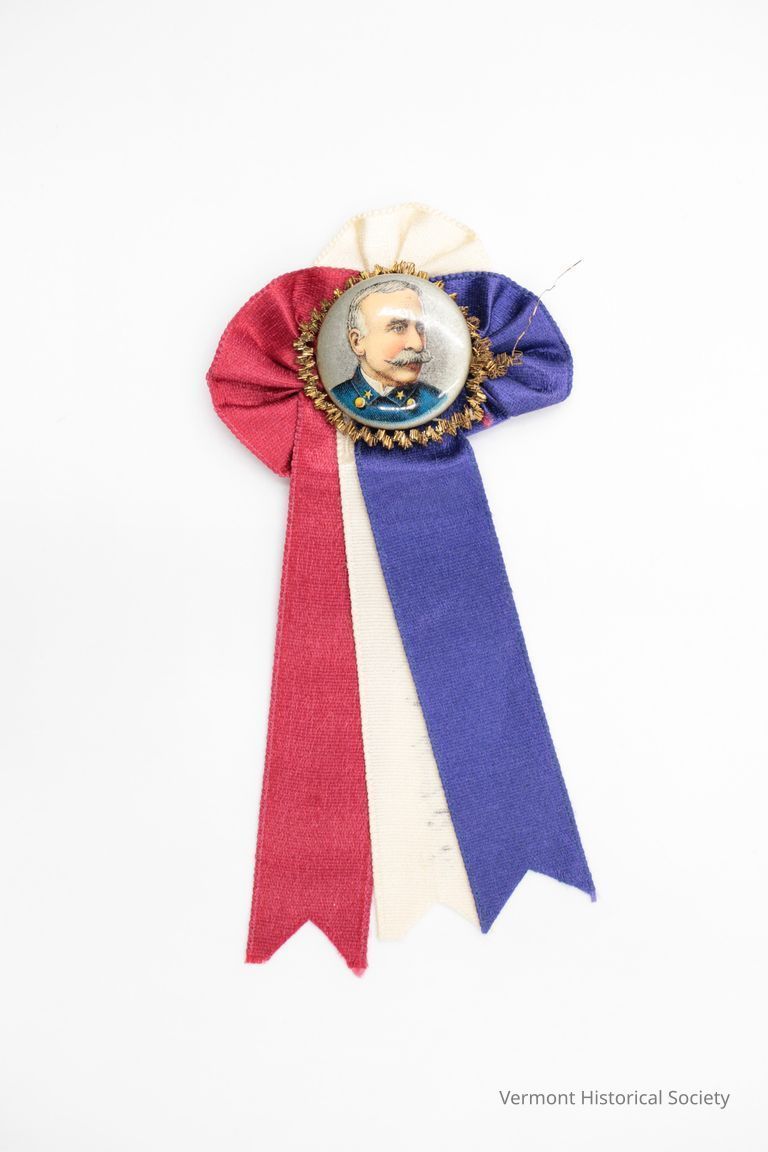
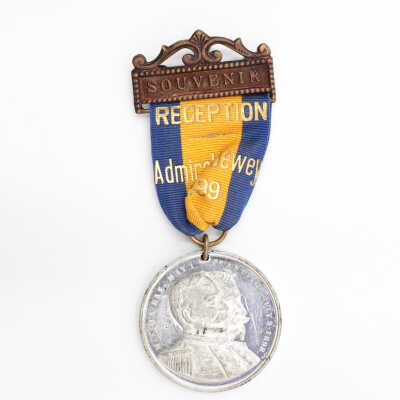
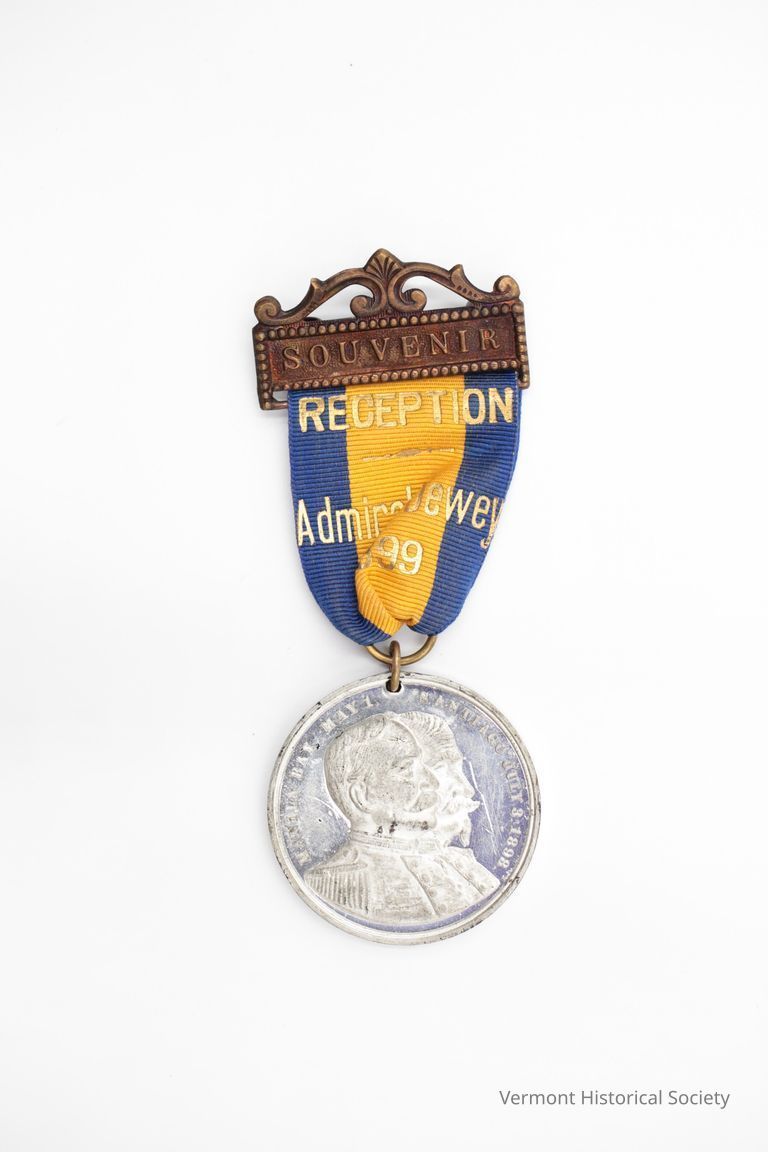
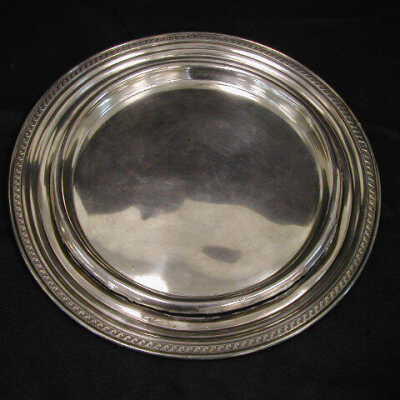
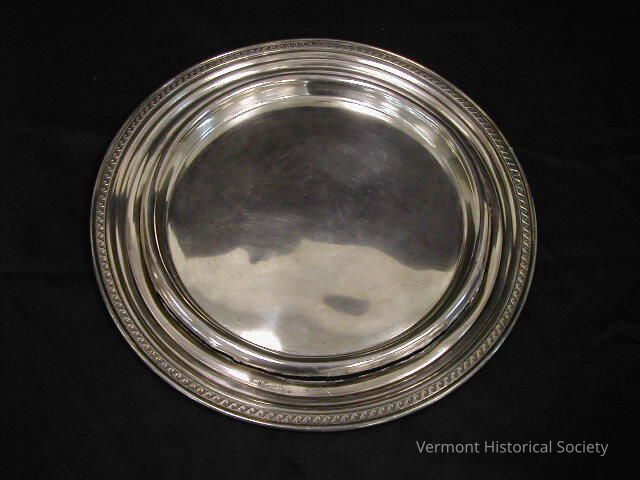

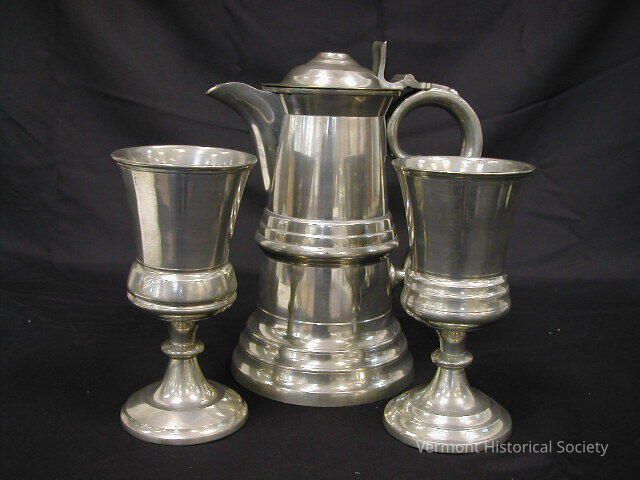
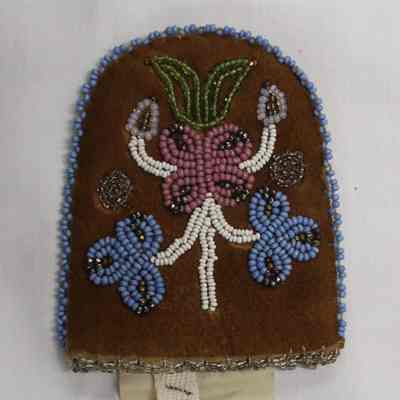
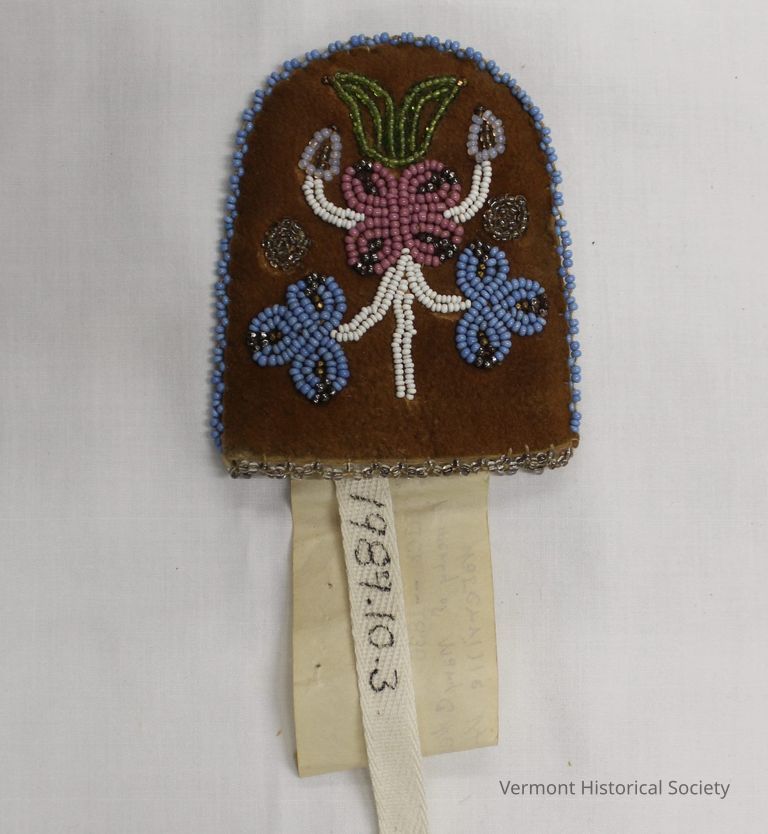
The beadwork motif on one side depicts a green flower cradling a silver ball or bud. Below the flower are two white branches surmounted by silver buds. The branches extend from a white stem that emerges from a light purple, figure-eight form. Below the purple form are four clear and silver leaves or pods.
The other side has a similar green flower, but without the silver ball. The flower sits atop a pink quatrefoil design. Two white branches emerge from either side of the quatrefoil and are surmounted by light purple and silver buds. A white stem descends from the base of the quatrefoil along with two white stems that curve outward. These stems are surmounted by light blue trefoil designs. Two clear circles flank the central motif.
Open edges are lined with clear beads. Closed seam is lined with light blue beads.
Isaac Merrick is first recorded as living in Coit's Gore, the precursor to Waterville, Vermont (est. 1824) in the 1820 census. Family history, as published in a small volume by his granddaughter Mary Wilbur Westcot, place him in the area as early as 1807. There are many fanciful tales of Isaac that seem to blend fact with a healthy dose of fiction. Like any frontier settler of this time, his life would certainly have been daring and adventurous.
Isaac purchased 300 acres on a hillside above the Kelley River (now known as the north branch of the Lamoille). Family records state that his farm overlooked an "Indian settlement" of "wigwams" in the river valley. Isaac farmed the land and made a name for himself as a trader/smuggler. During this time, Britain enacted fairly stiff tariffs on goods crossing the Canadian border and many enterprising Vermonters took the risk of smuggling through the mountains for potential fortune. The family stories mention Isaac's partnership with Indians in these cross-border trading endeavors.
This small beaded case bears witness to this partnership with a beautiful Abenaki work of art designed to hold a European navigation device. The provenance of this item helps document an Abenaki community in the Waterville area in the first half of the 19th century as well as providing an example of stylistically distinct beadwork motifs.
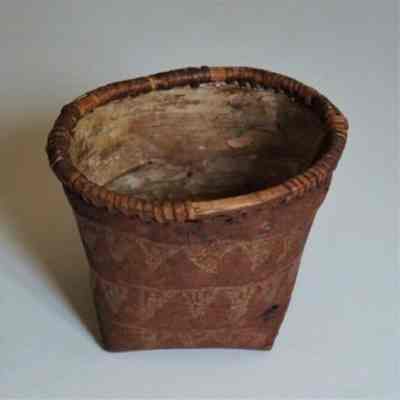
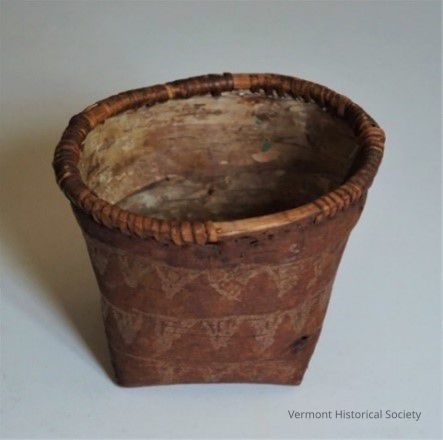
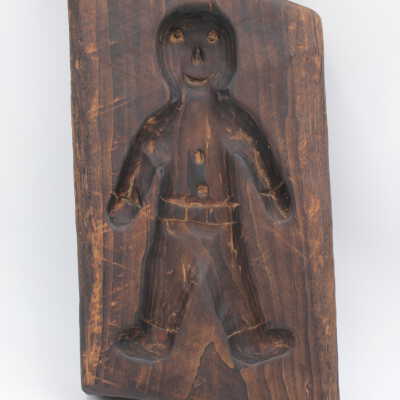
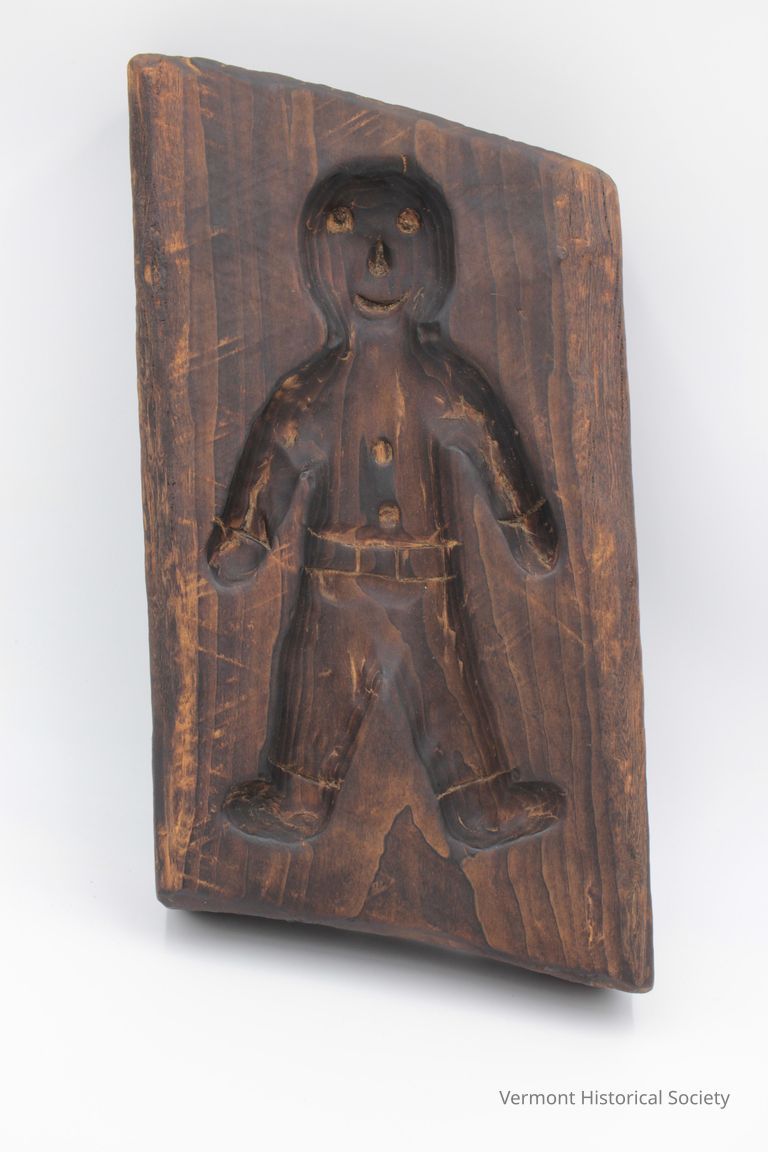

light brown, gray
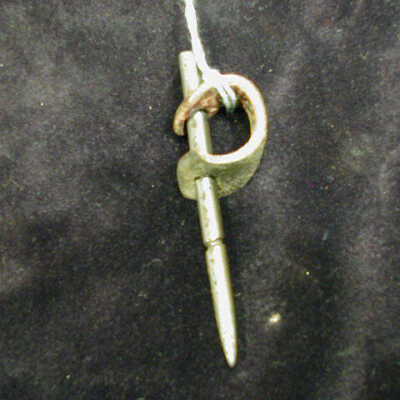
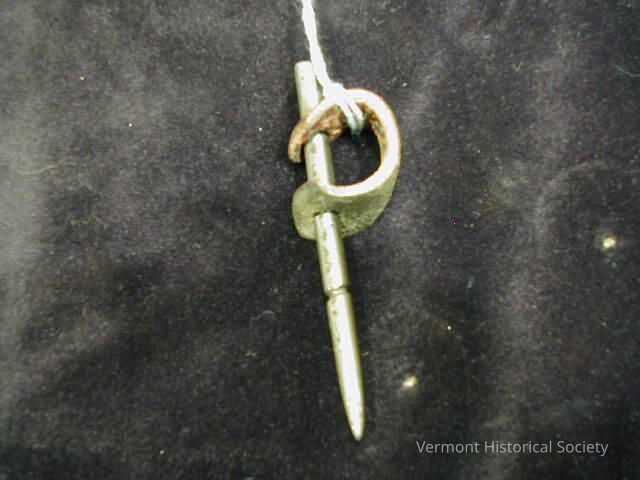
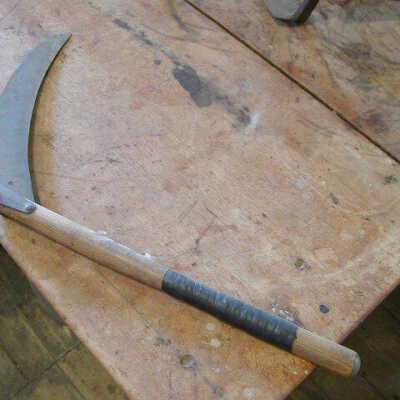
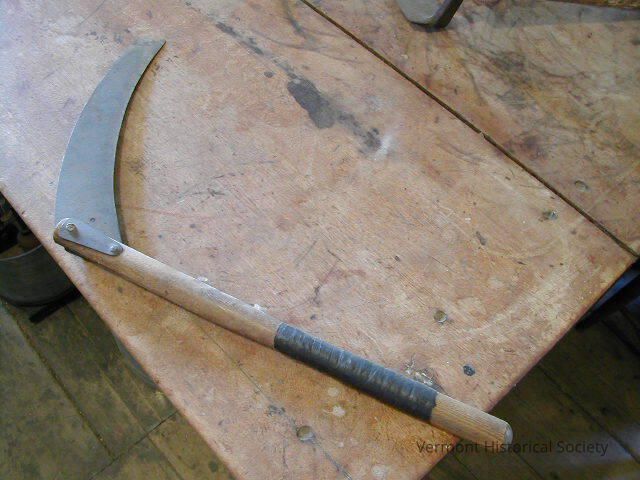
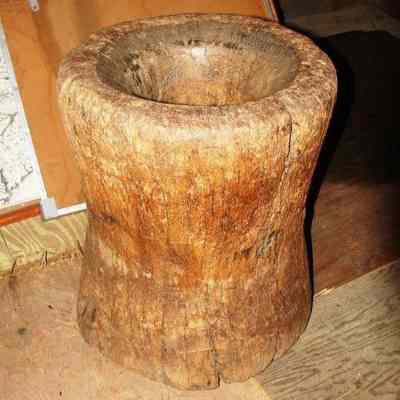
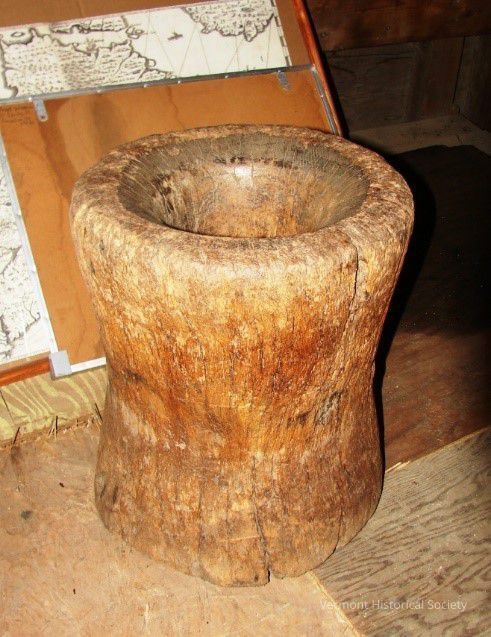
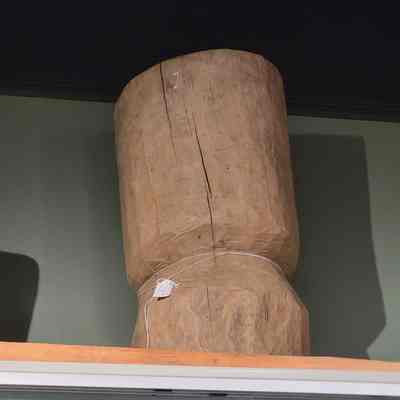
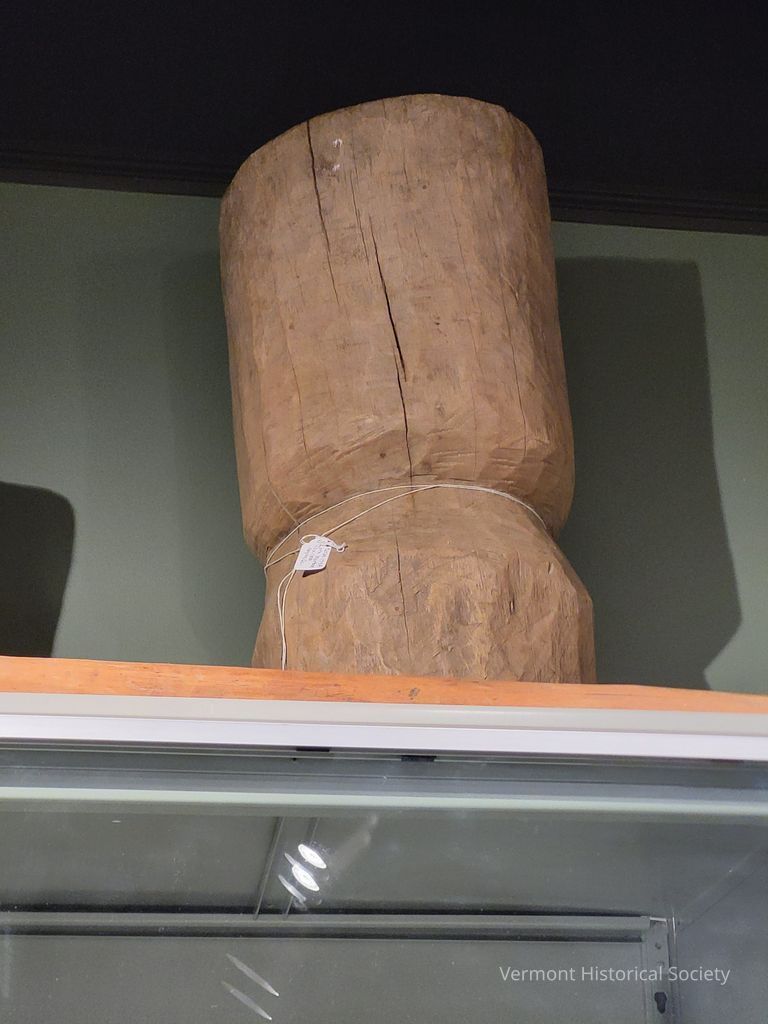


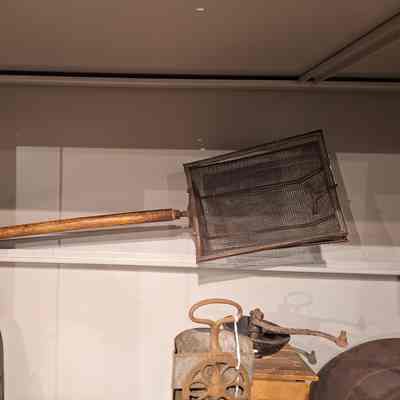
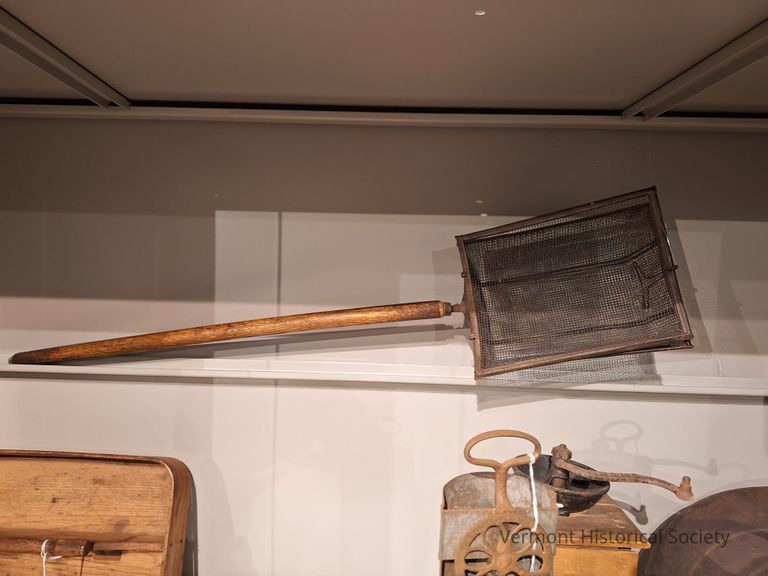
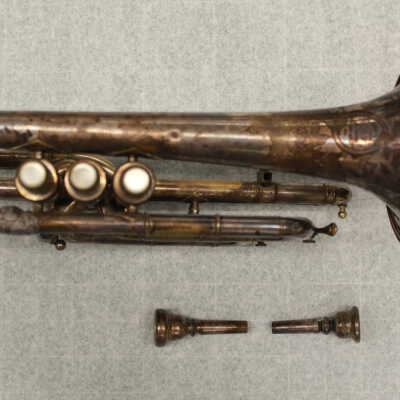
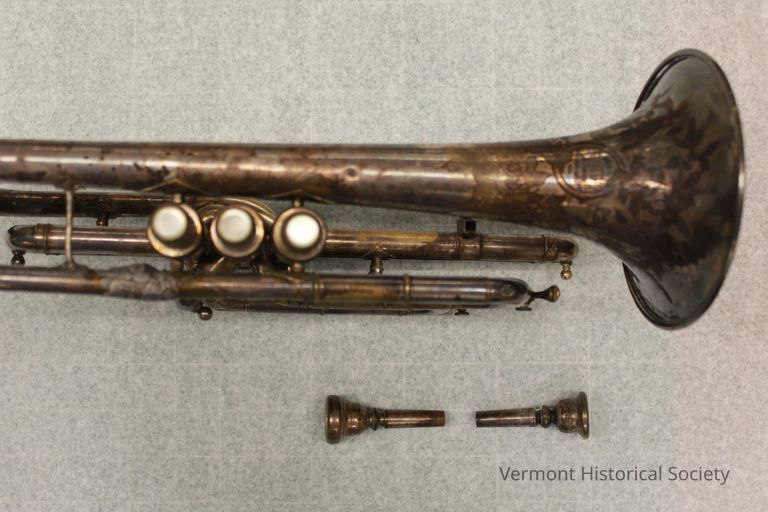
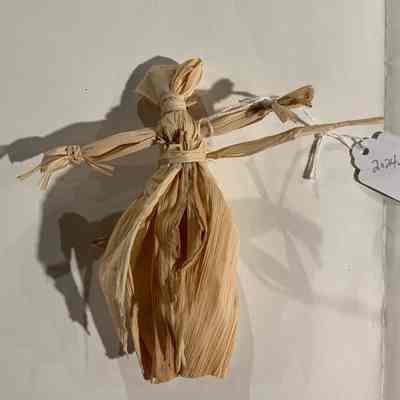
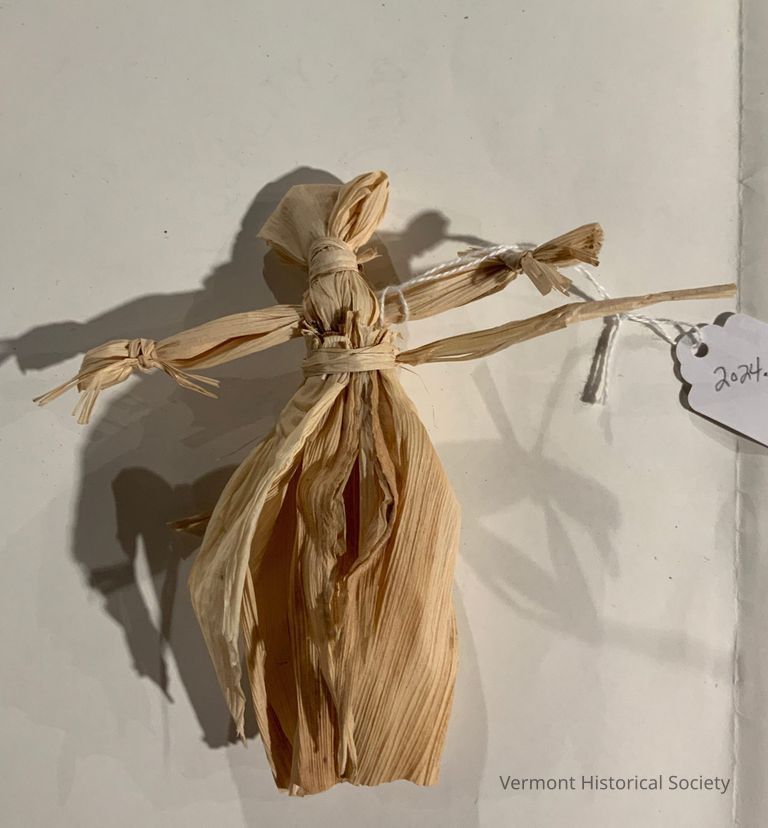
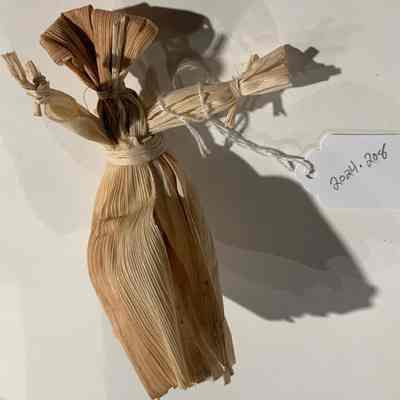
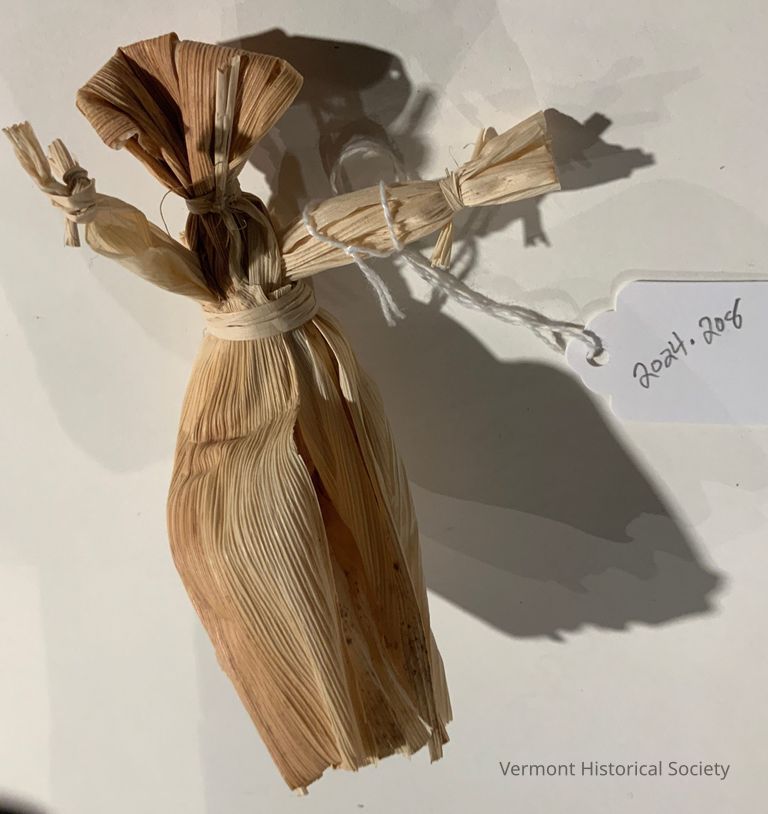
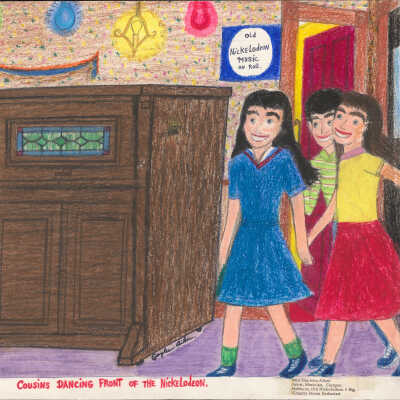
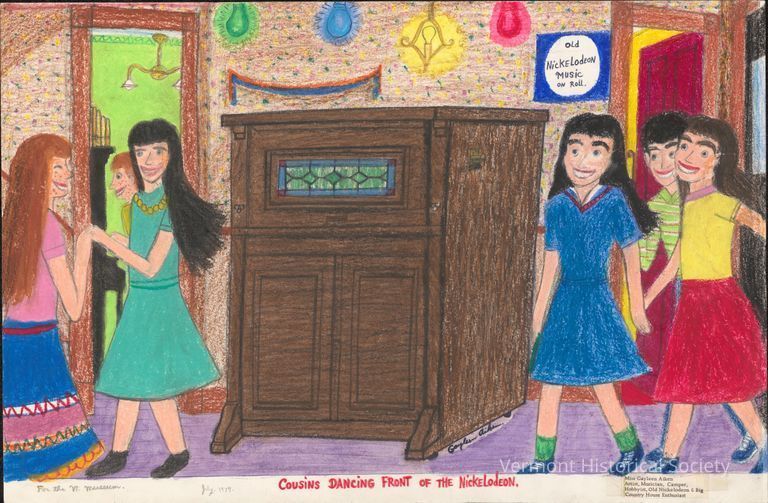
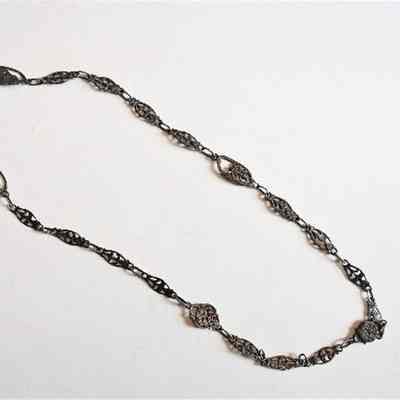
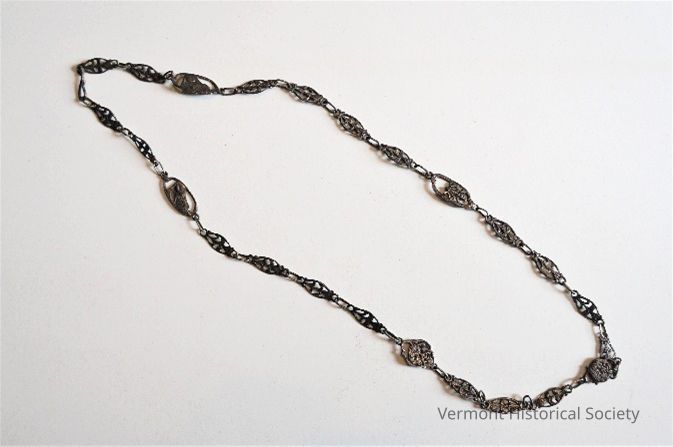
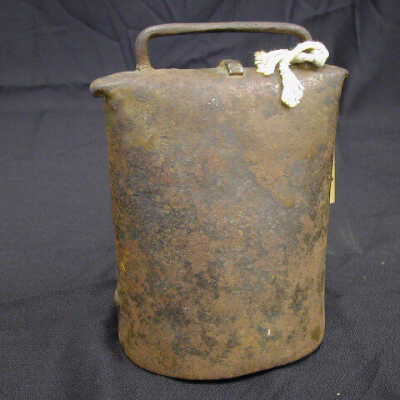
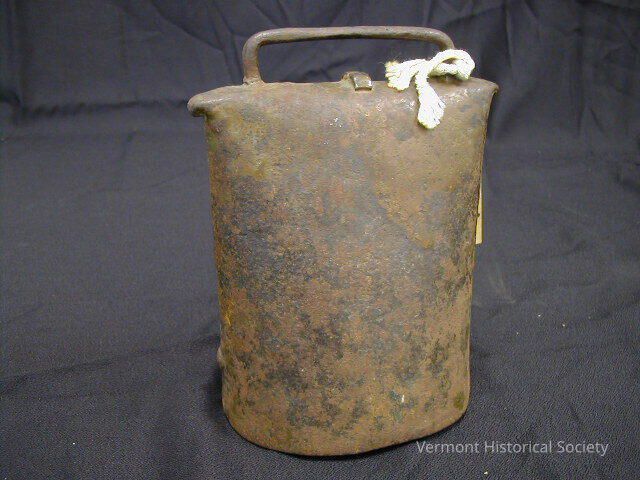
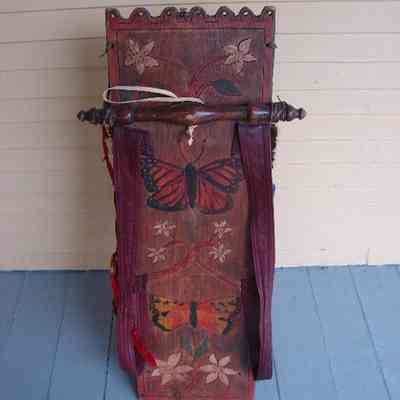
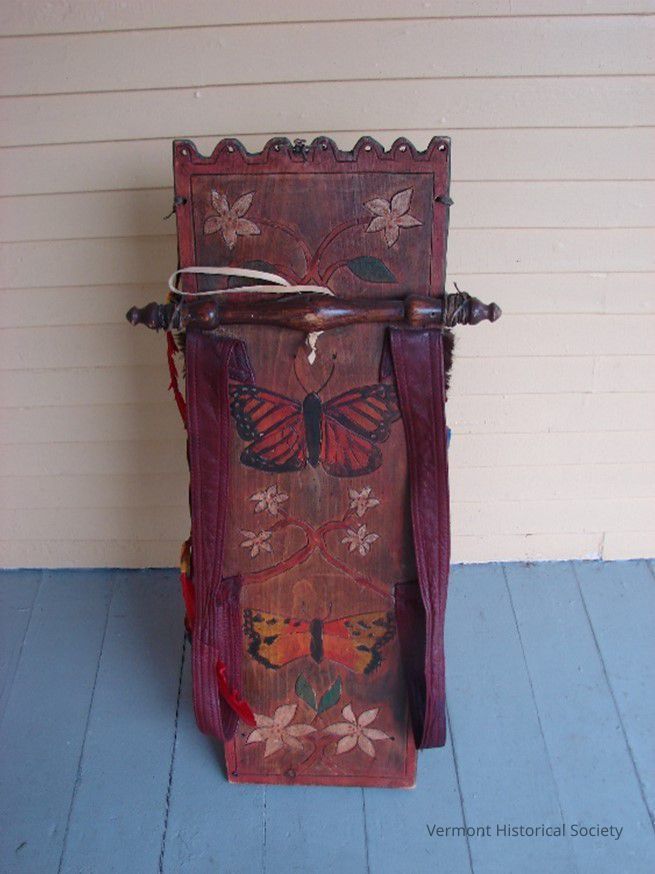
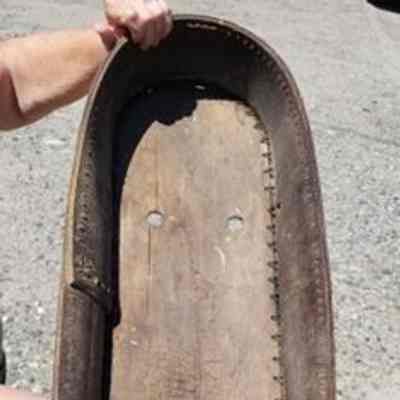
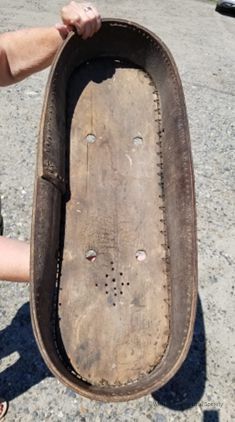
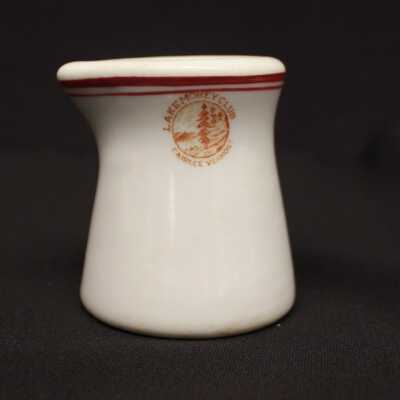
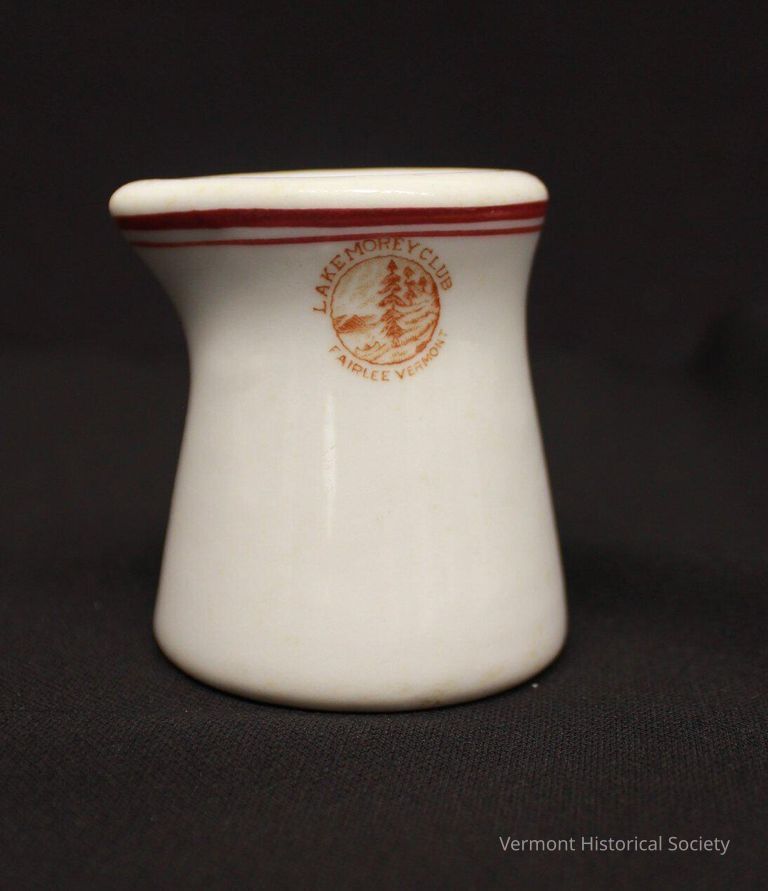
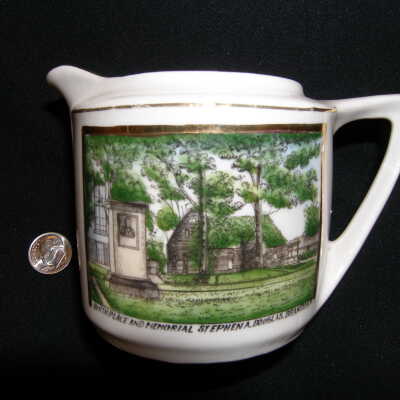
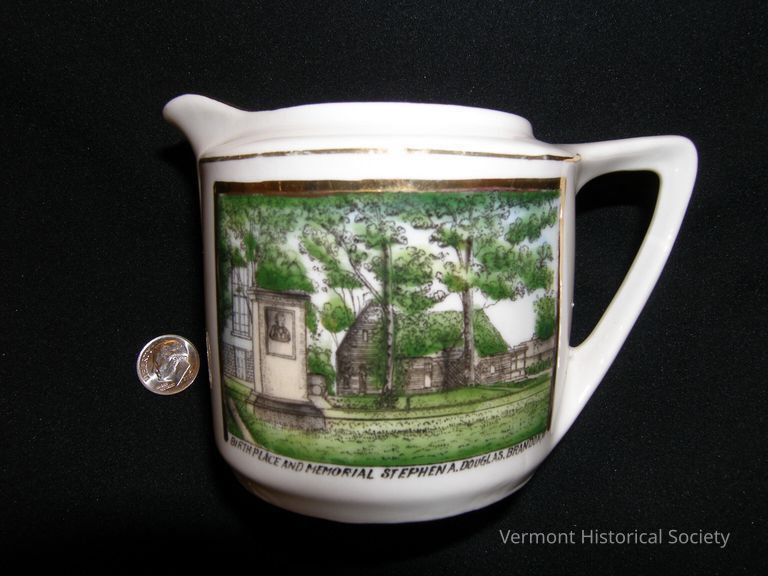
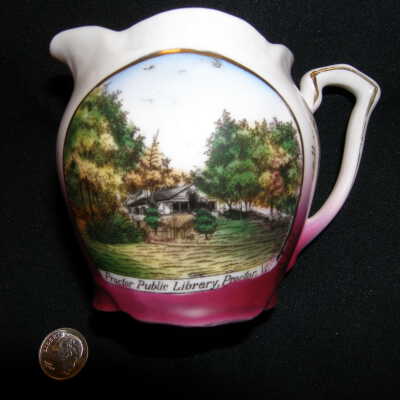
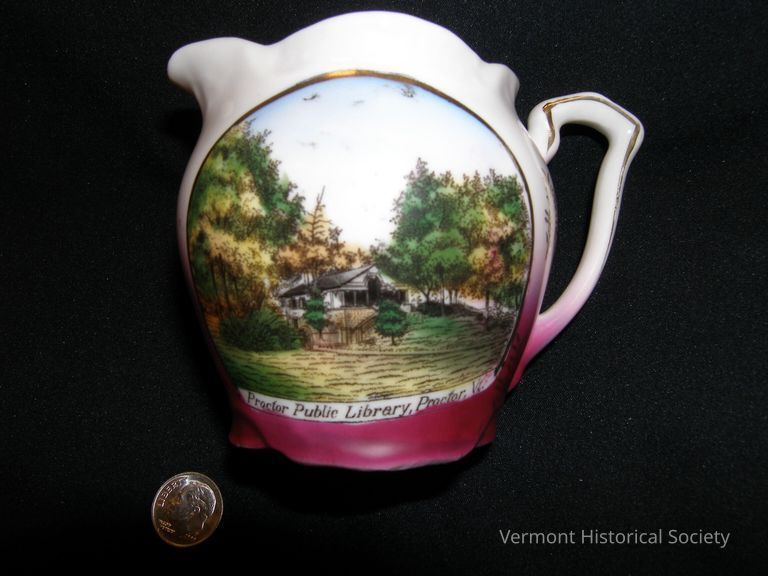
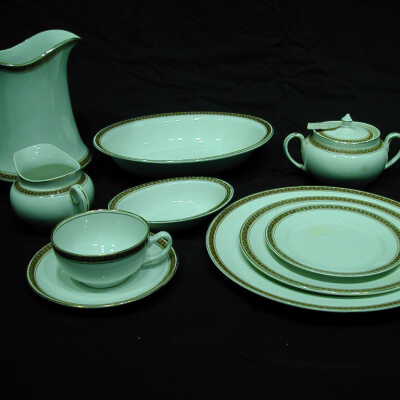
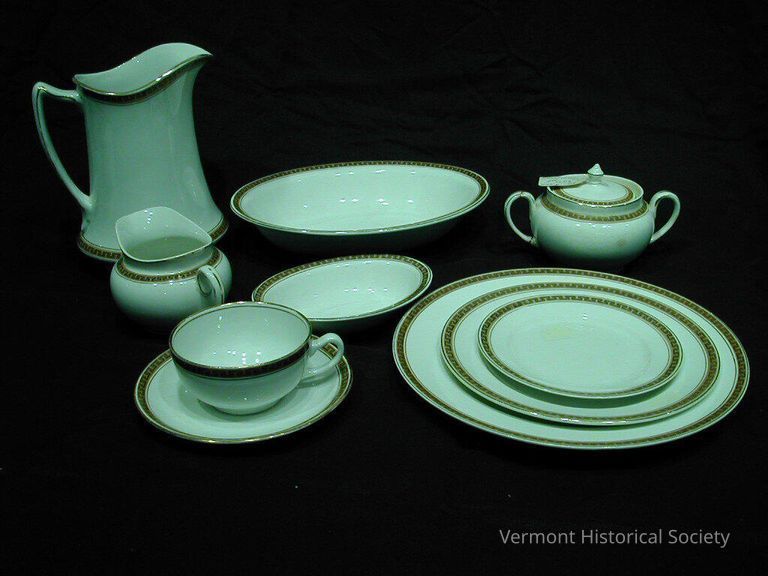

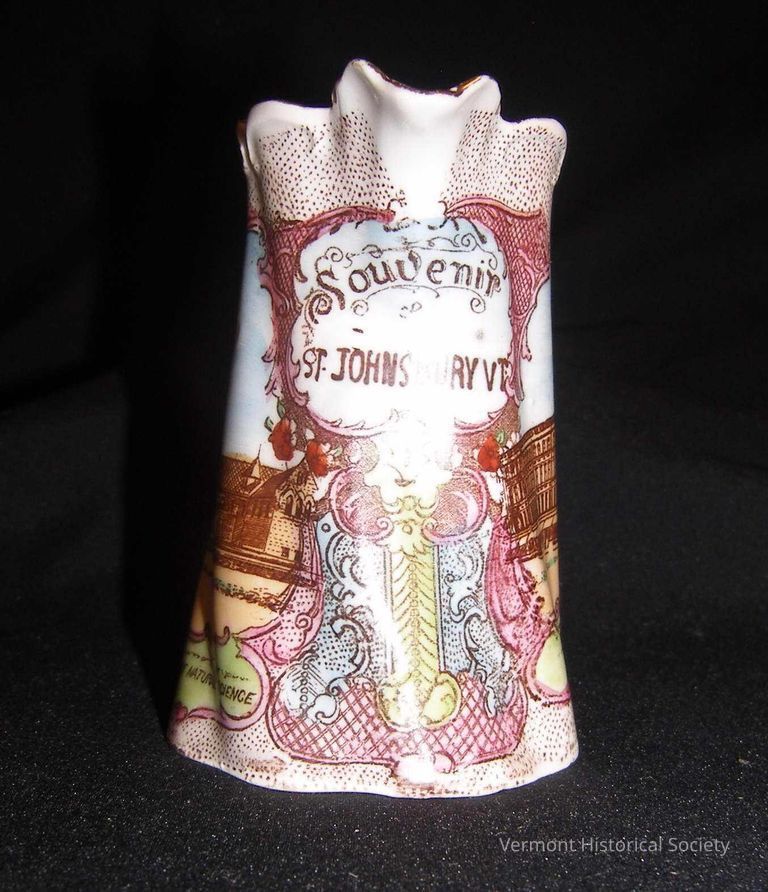
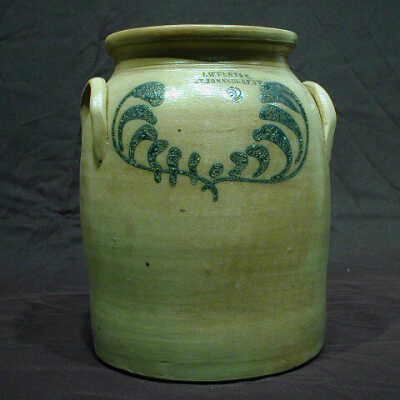
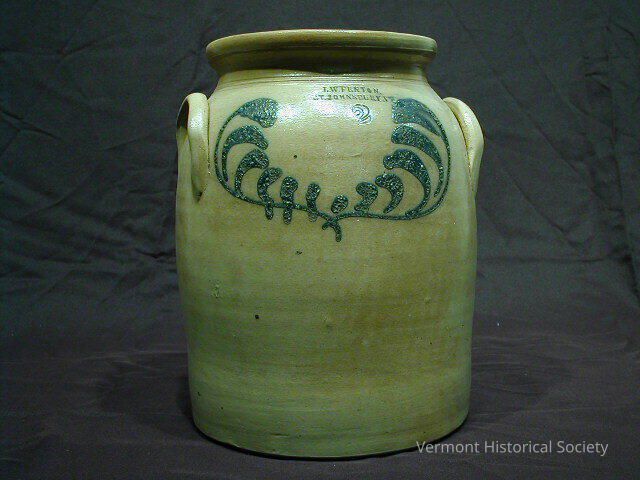
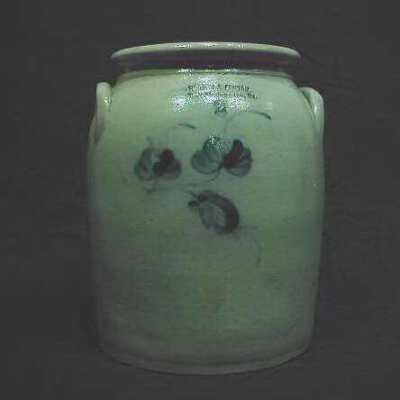
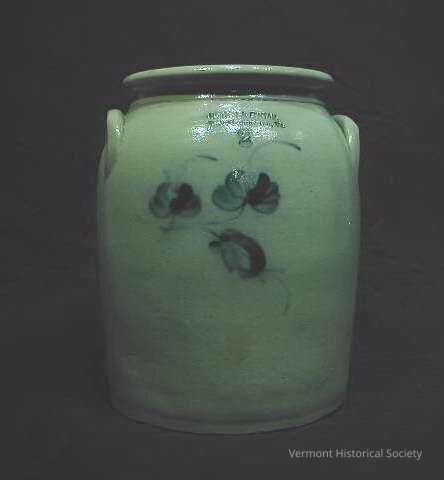

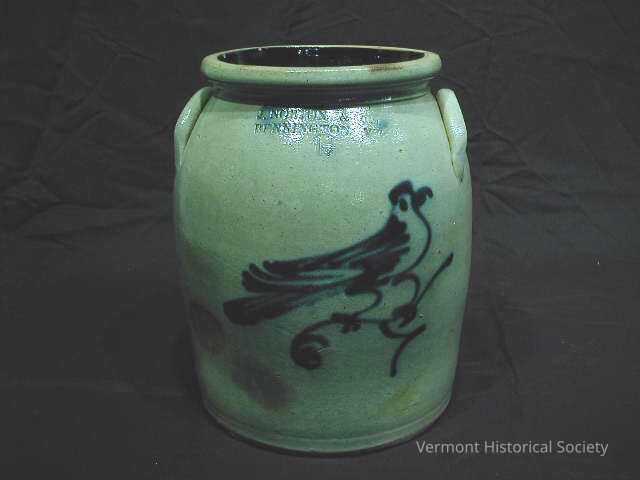
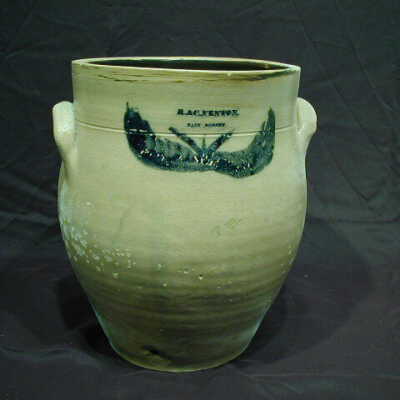
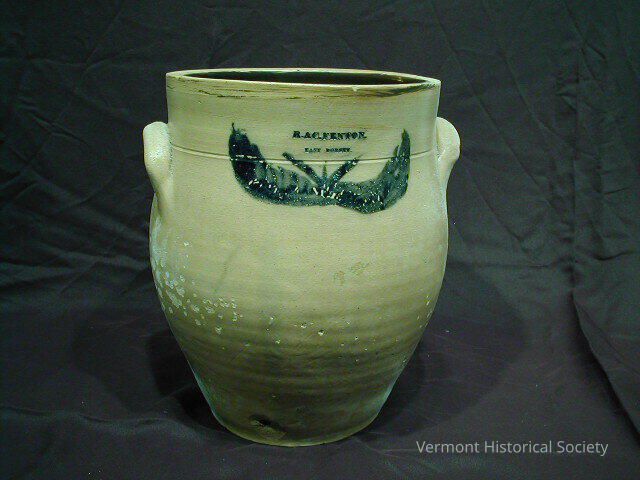
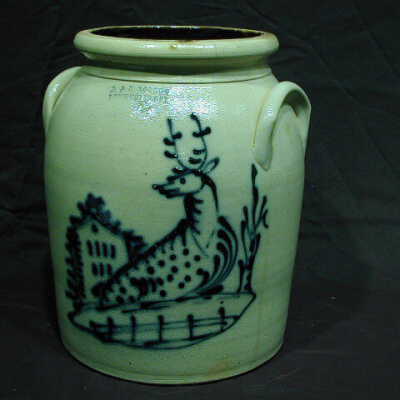
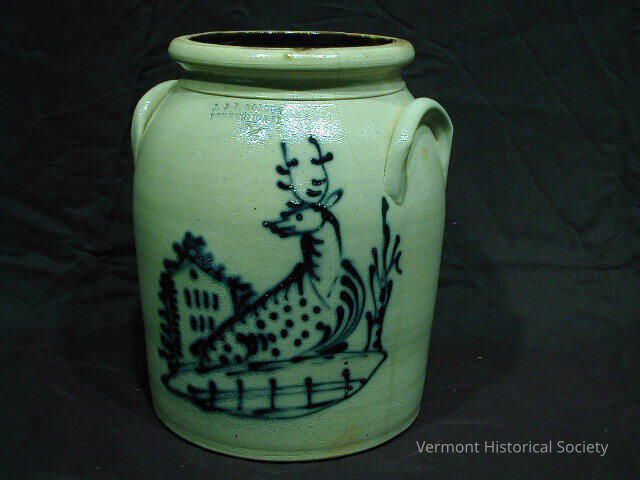
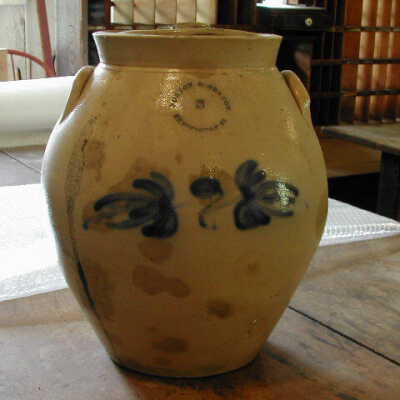
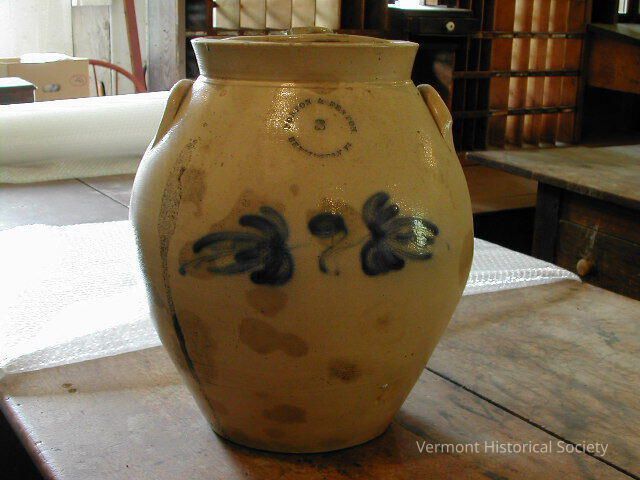
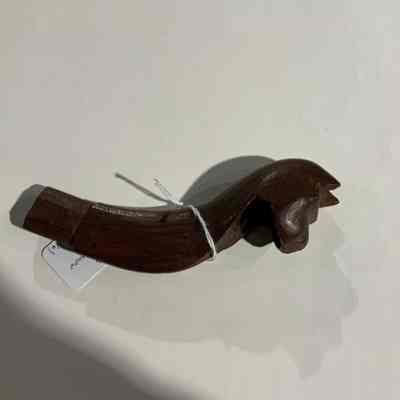
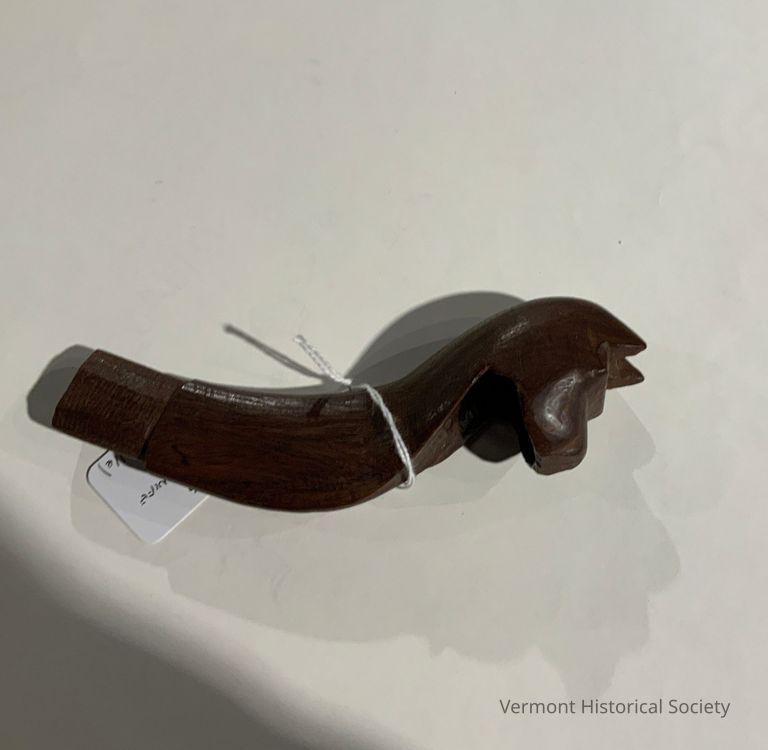
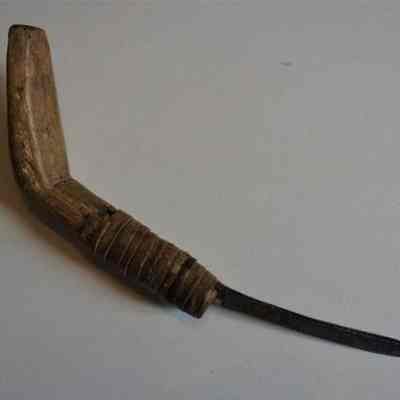
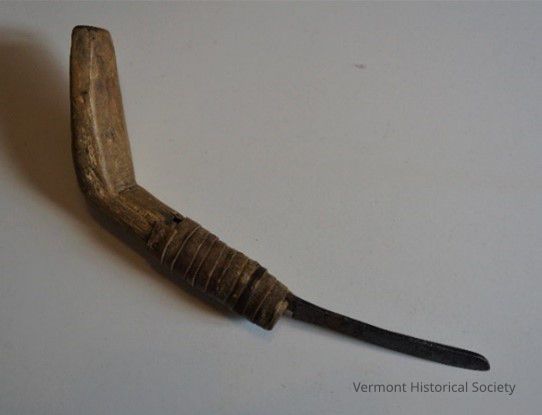
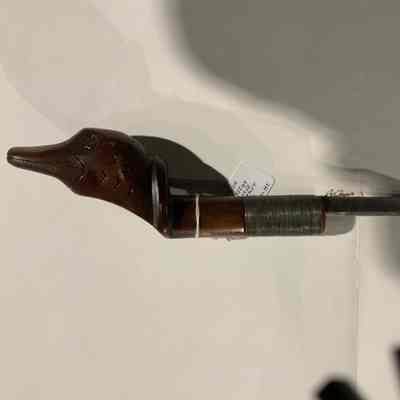
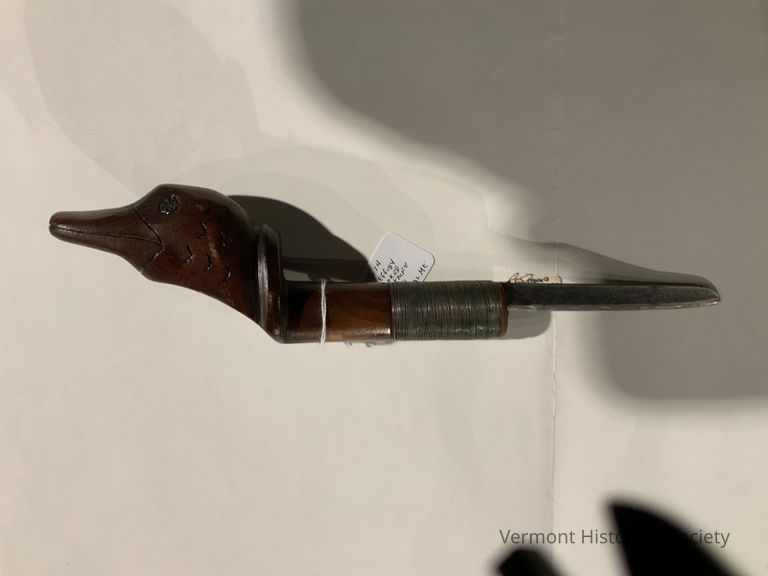
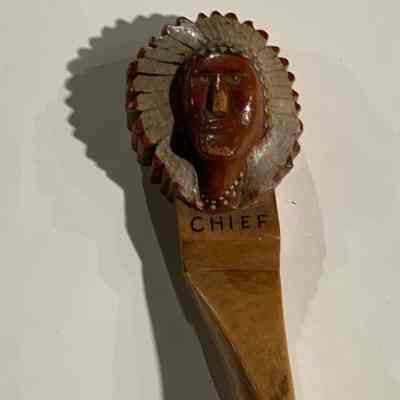
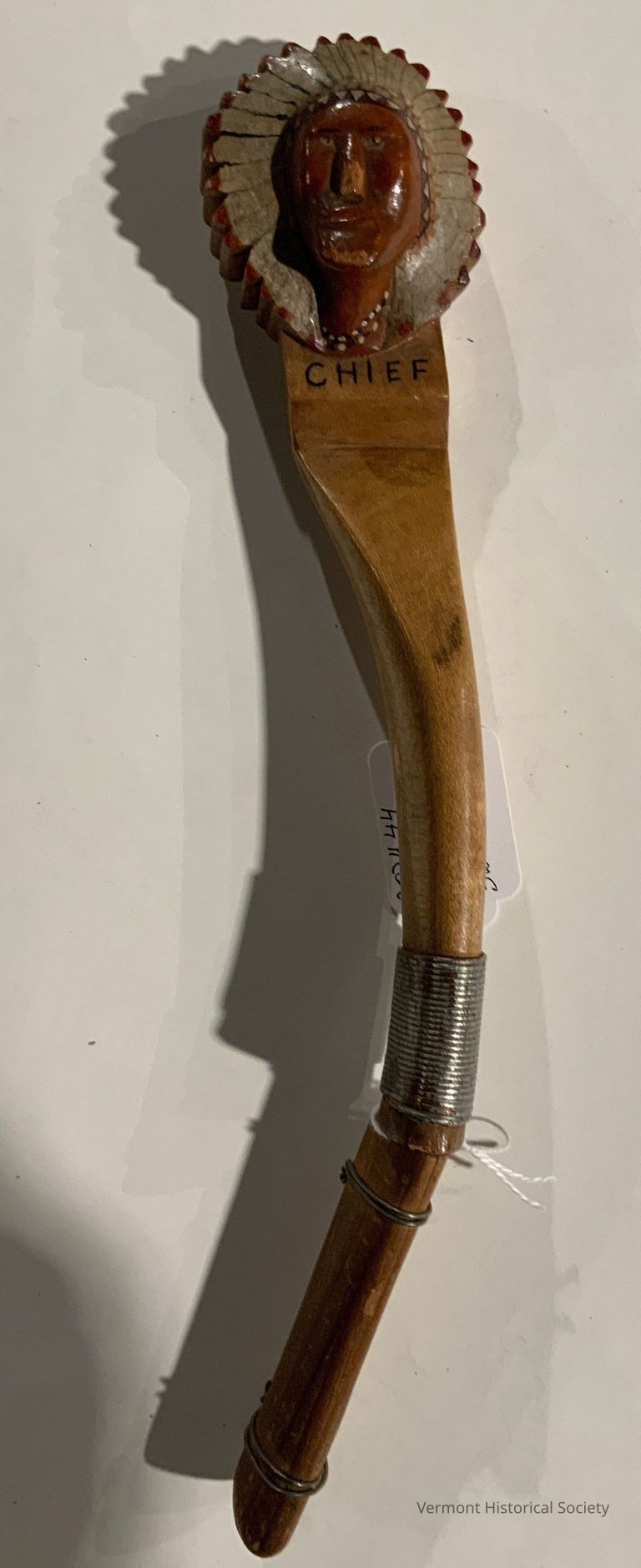
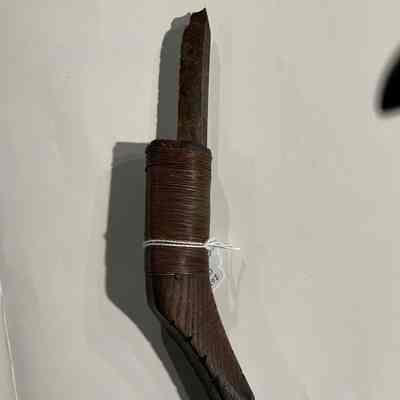
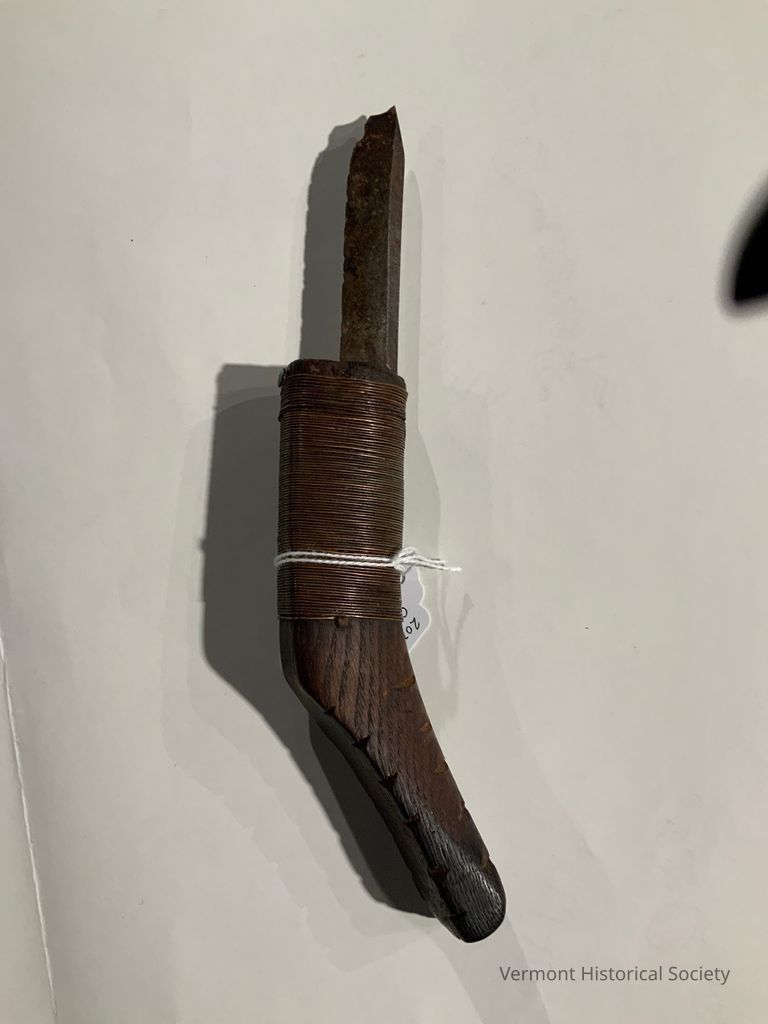
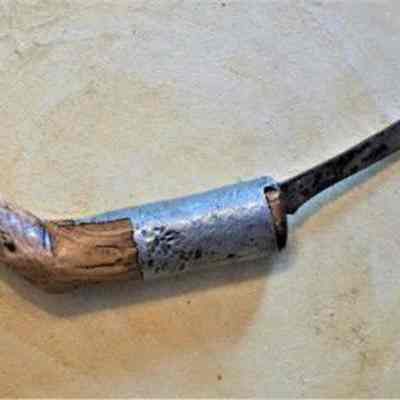
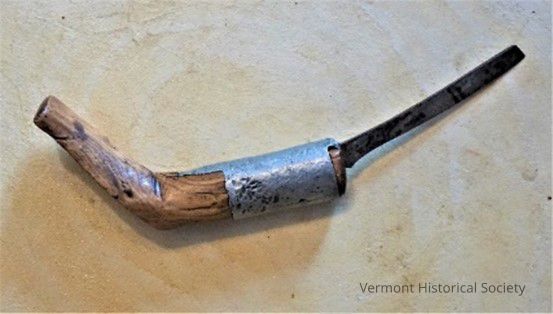
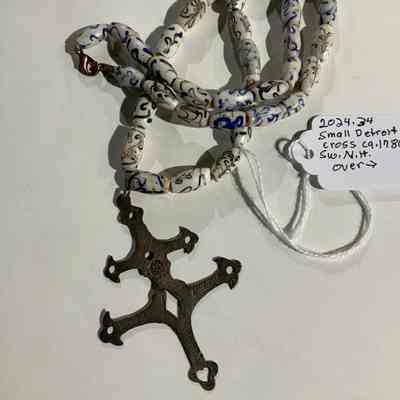
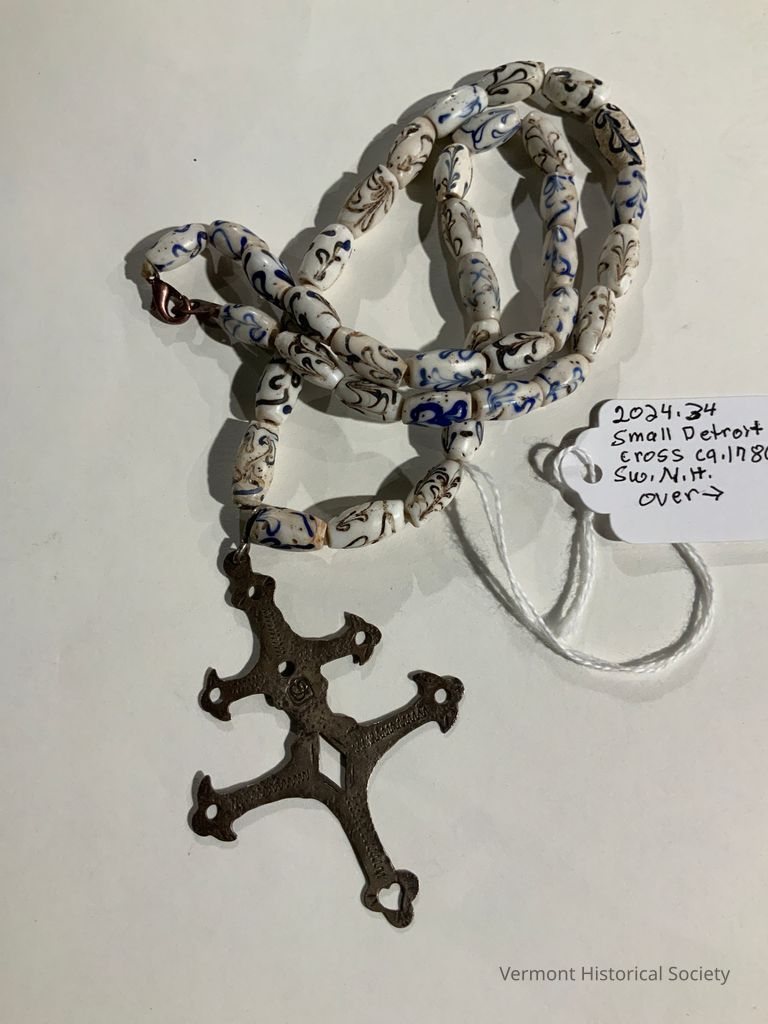
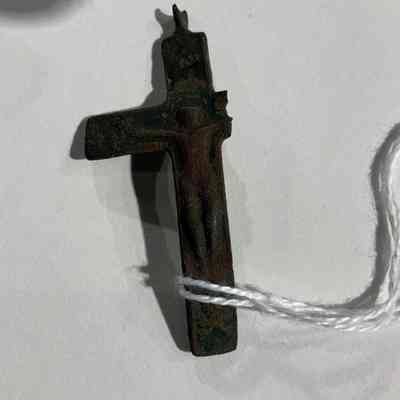
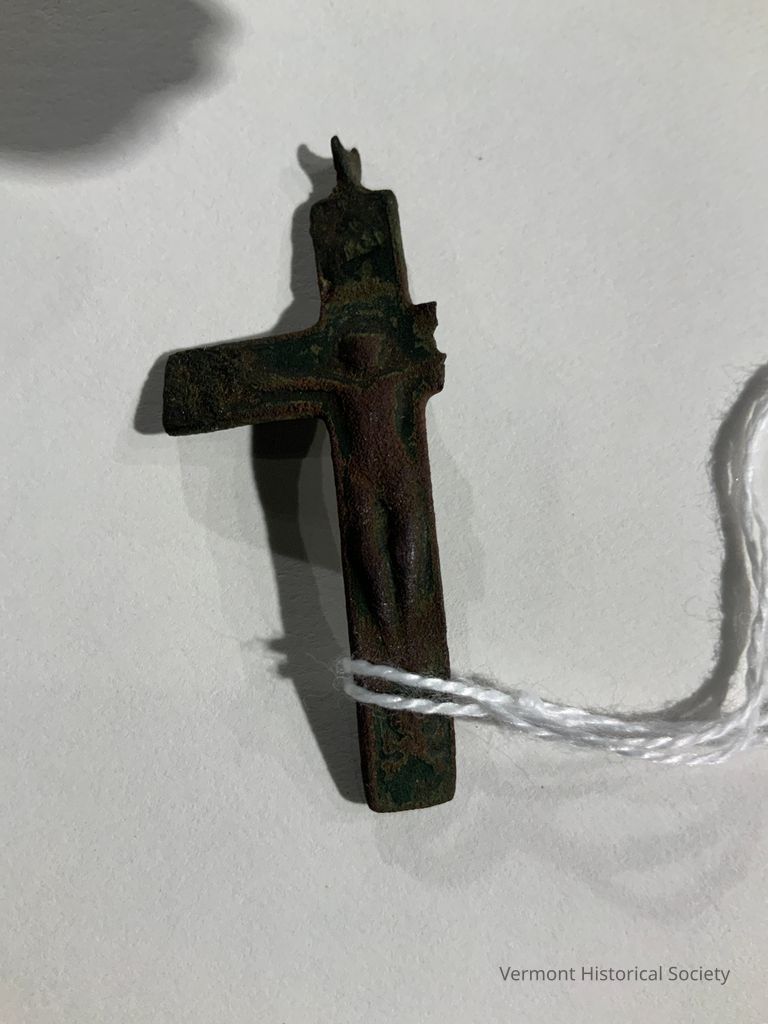
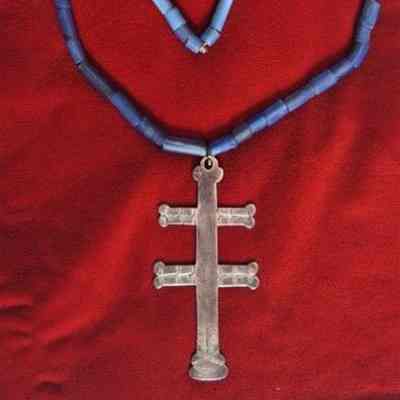
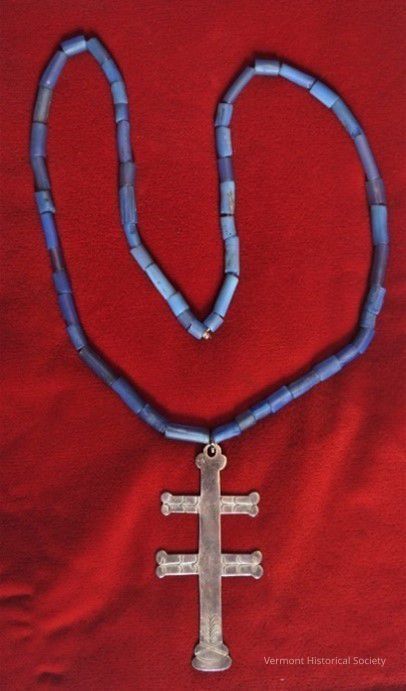
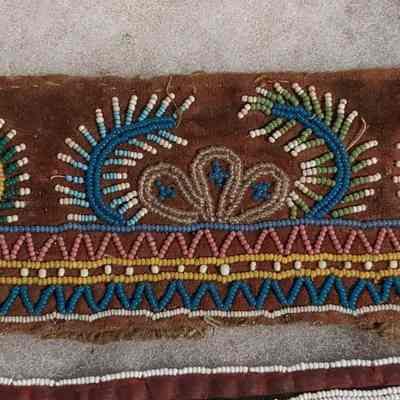


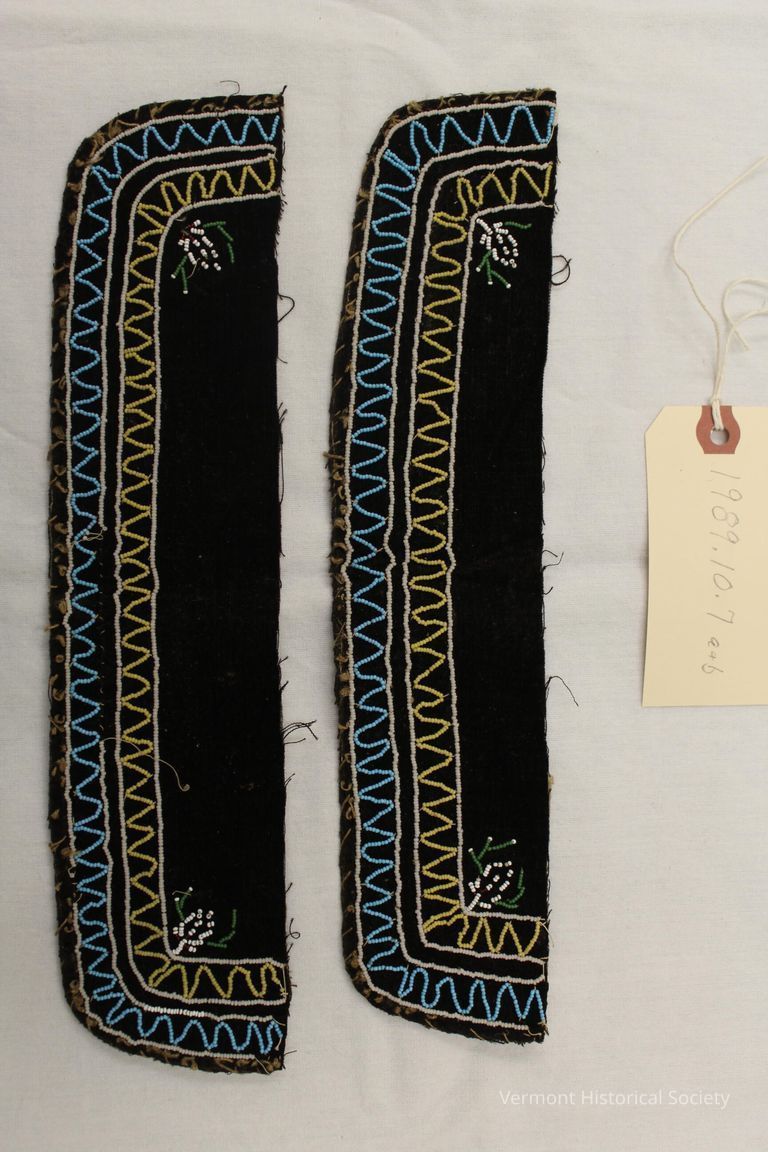
The Wilbur family was one of the early settler families in Waterville. 19th century Waterville written histories as well as recorded oral histories indicate there was a sizeable Abenaki village along the shores of the North Branch of the Lamoille River (called the Kelley River at the time). Wilbur's father-in-law, Isaac Merrick, is known to have partnered with Abenaki in his cross-boarder trade/smuggling in the 1810s and 1820s. A beautiful, Abenaki-produced, compass case belonging to Isaac Merrick is also part of this larger family gift. For more information on this relationship, please see object 1989.10.3.
It's highly likely that these cuffs, and the now-missing moccasins, were produced in the local Abenaki community and gifted or traded to the extended Wilbur family.
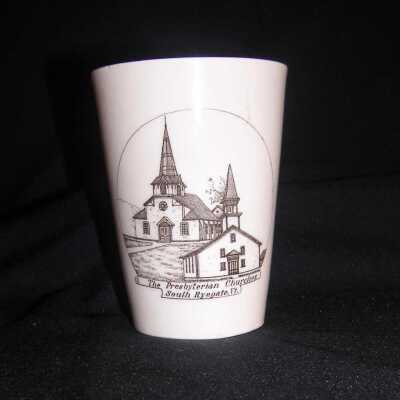
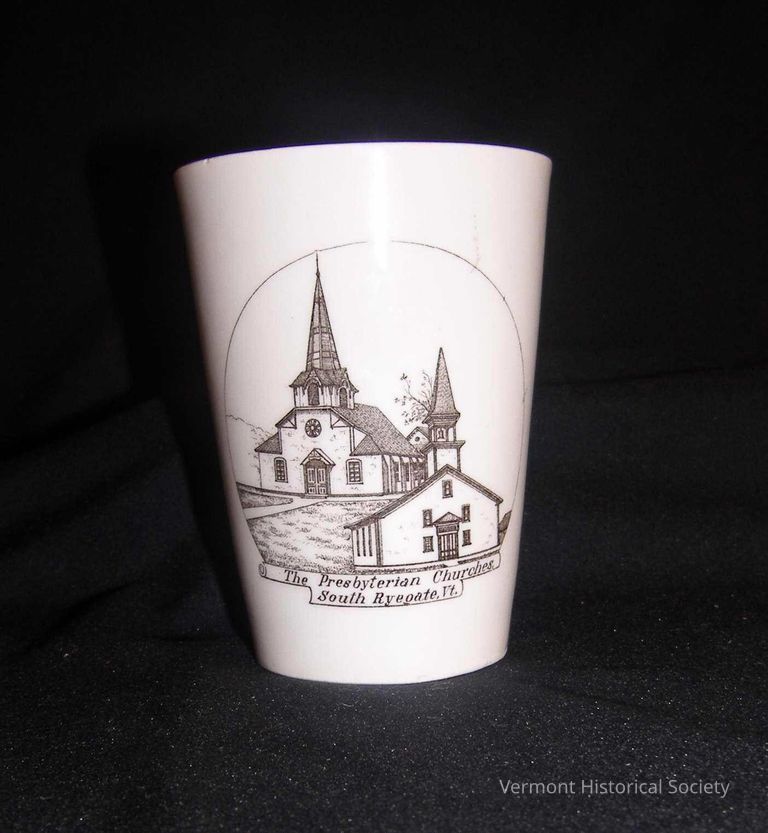
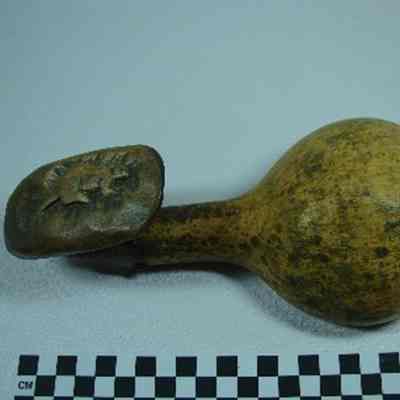
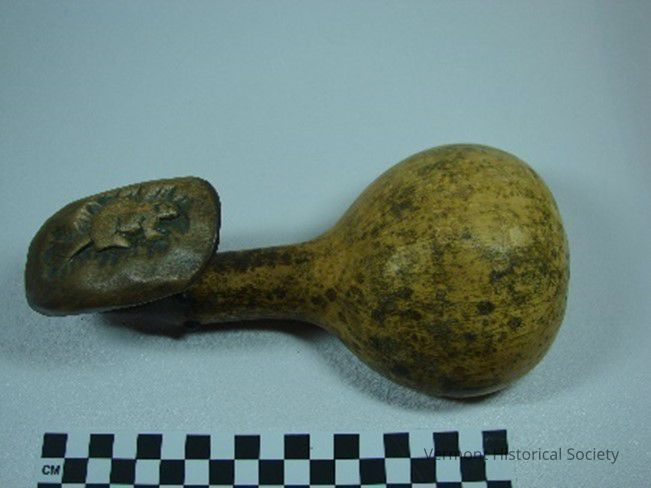
There is a stylistically unique bas-relief beaver carved into the outside of the handle, reminiscent of the 20th century bas-relief “totem poles,” carved by Canadian Abenaki artists. Although this piece has a fairly good provenance from “a collector of local history in Rochester NH,” it is so distinctive in material and style, Wiseman really cannot say if it was from the region at all. The date is a guess from patination and what can be seen of the tack heads. The date is conservative, but may actually be 18th century.
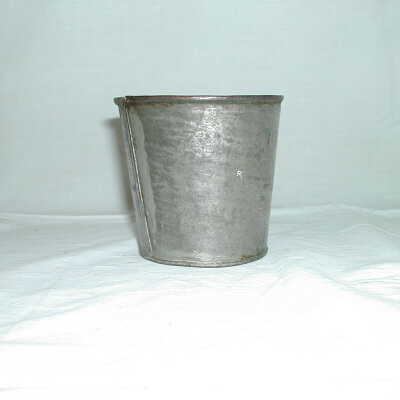
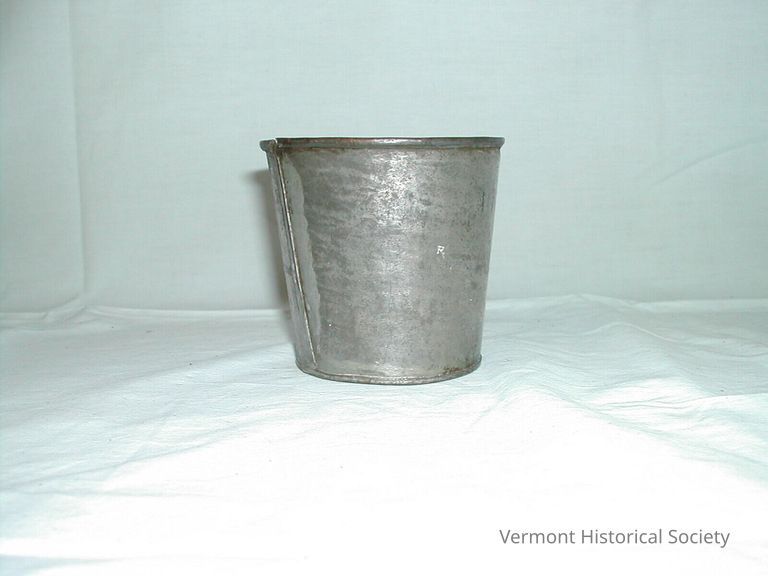

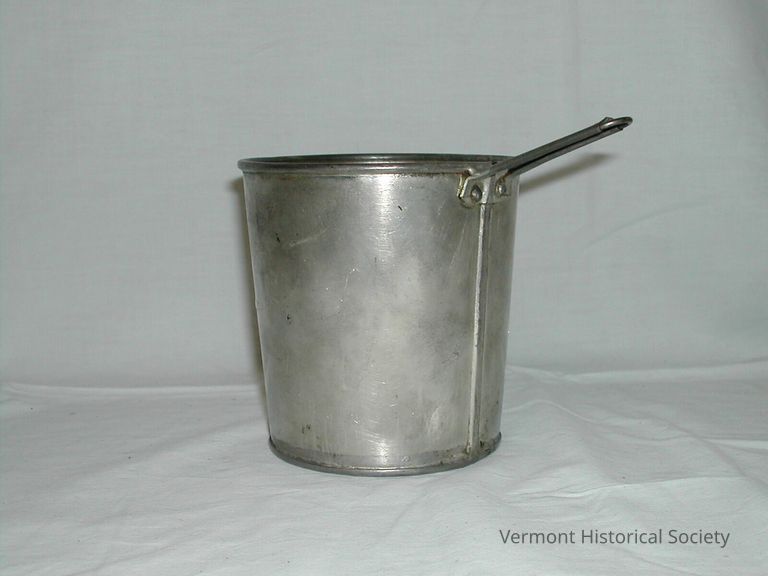
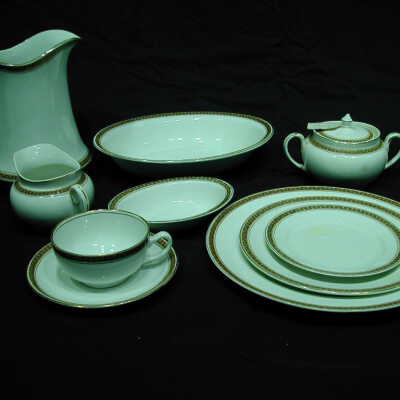
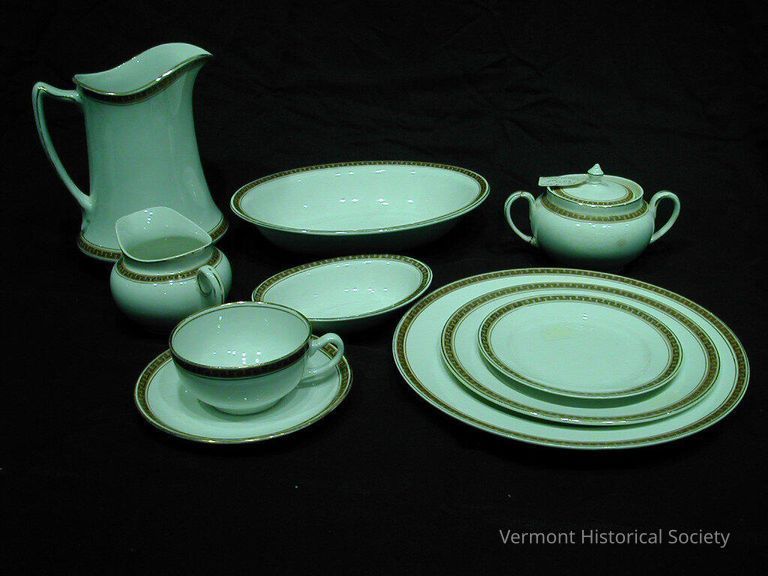
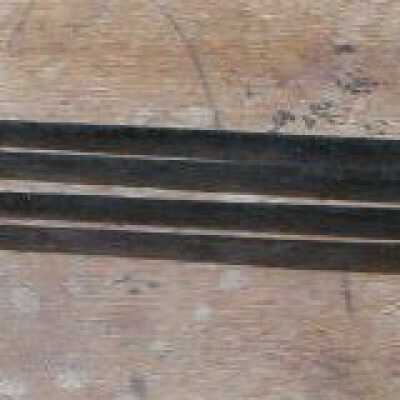

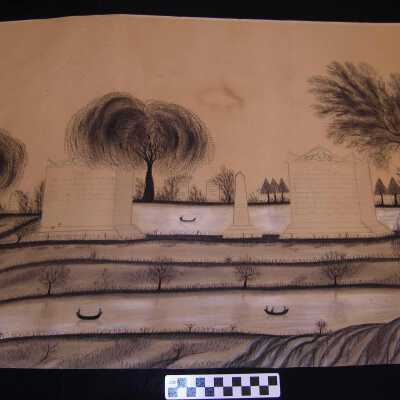
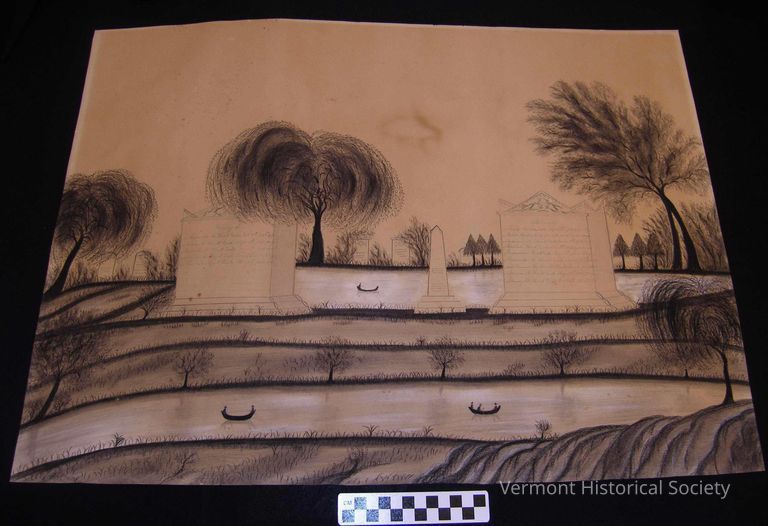
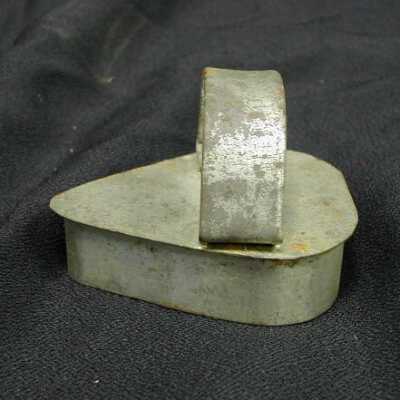
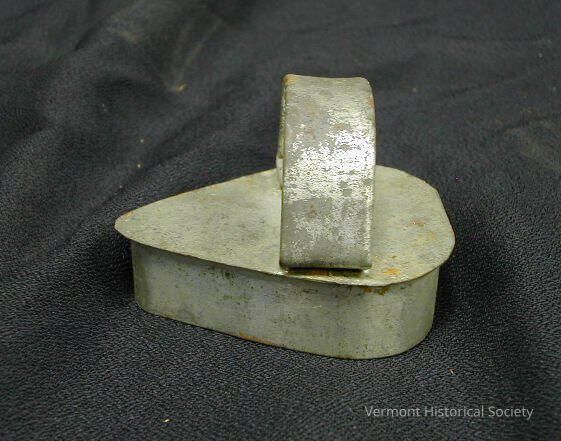
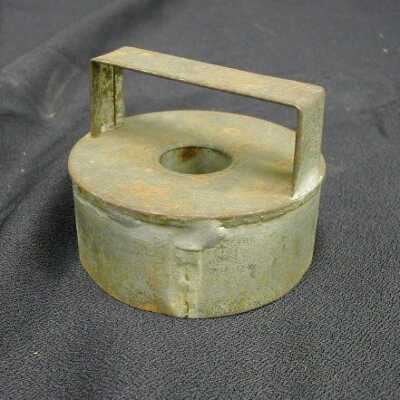
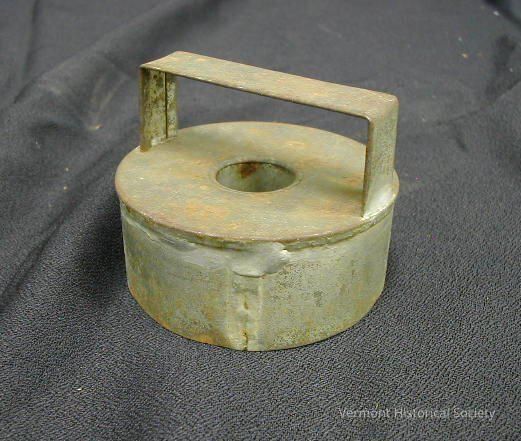
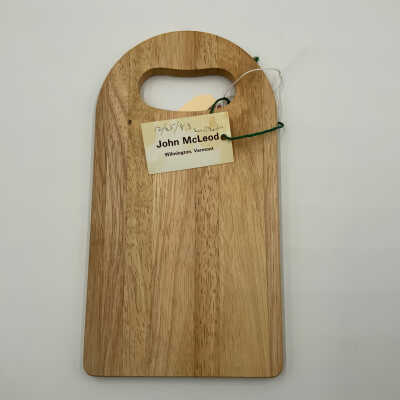
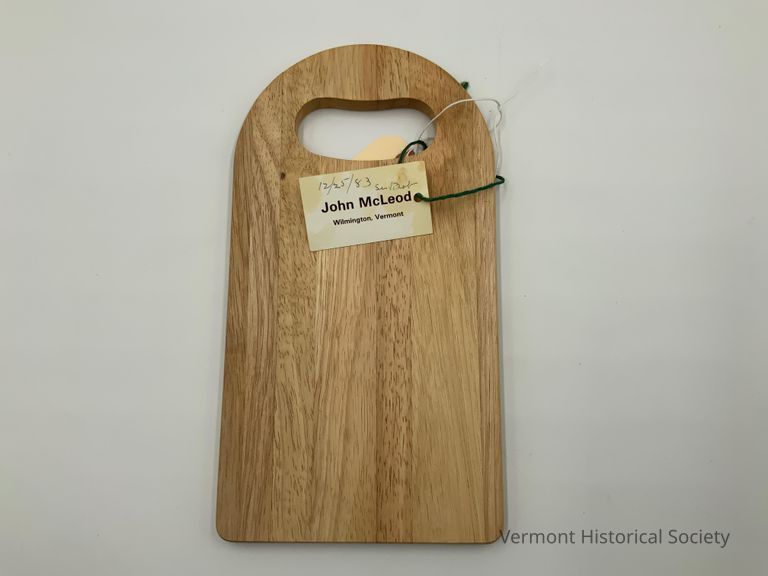
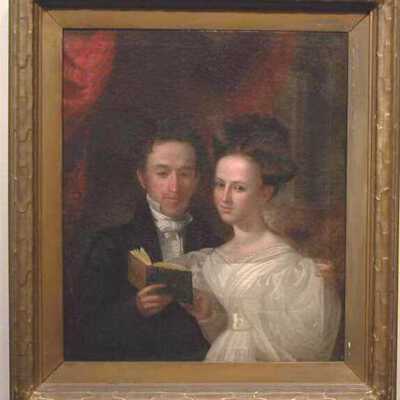
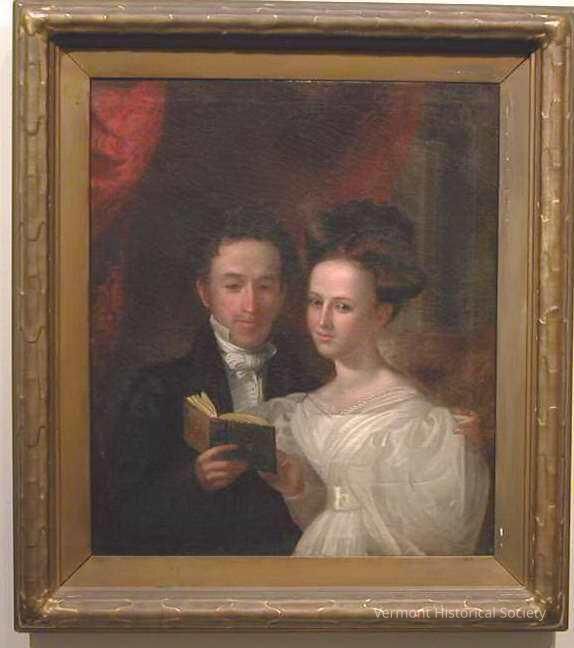
Benjamin Franklin Mason was born in Pomfret, Vermont into a large farming family. At the age of nine he suffered paralysis of the lower portion of one of his legs from which he never recovered. The disability prevented him from pursuing farming or other physical professions. Instead he discovered and aptitude for art and became an itinerant portrait painter.
It's probable that he studied with Abraham Tuthill, an urban-trained painter who regularly visited family in Pomfret. He later spent time in Boston where he likely studied with other portrait painters of the day.
Mason spent significant time in Middlebury, Vergennes, Montpelier, and, at the end of his life, Woodstock, Vermont. He travelled widely at the invitation of clients with roots in Vermont. He is known to have painted in Wisconsin, Michigan, and Buffalo, New York.
Hi painted portraits of Vermonters are quite numerous with many in public and private collections throughout the state.
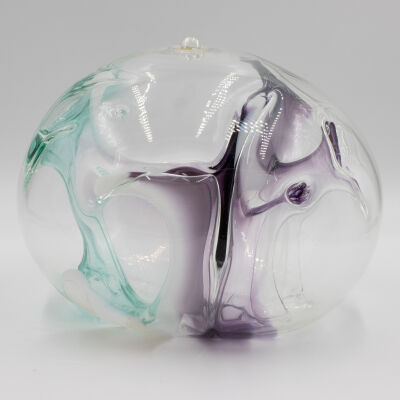
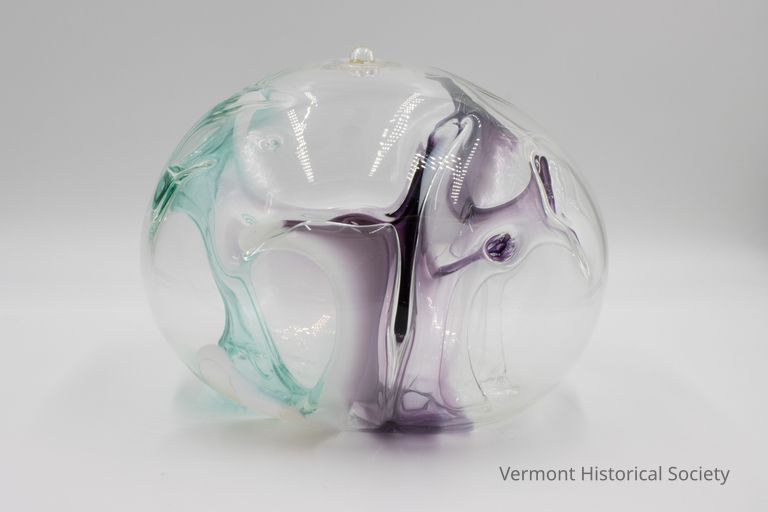
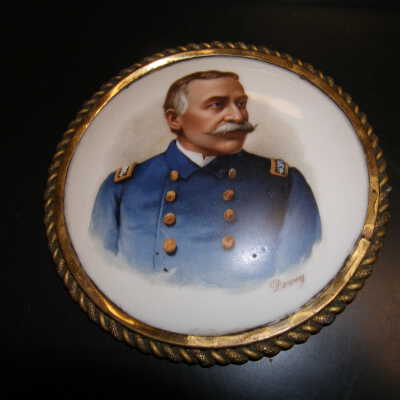
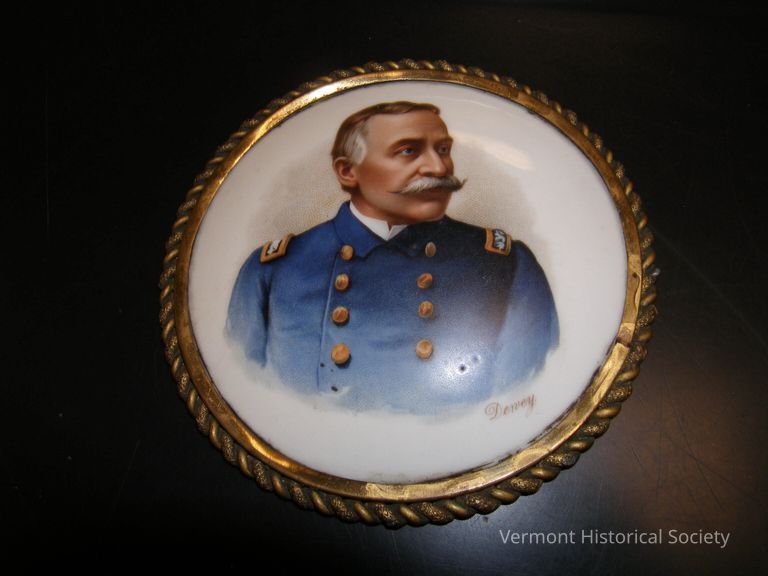
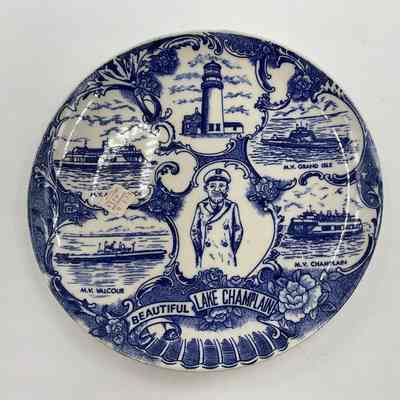
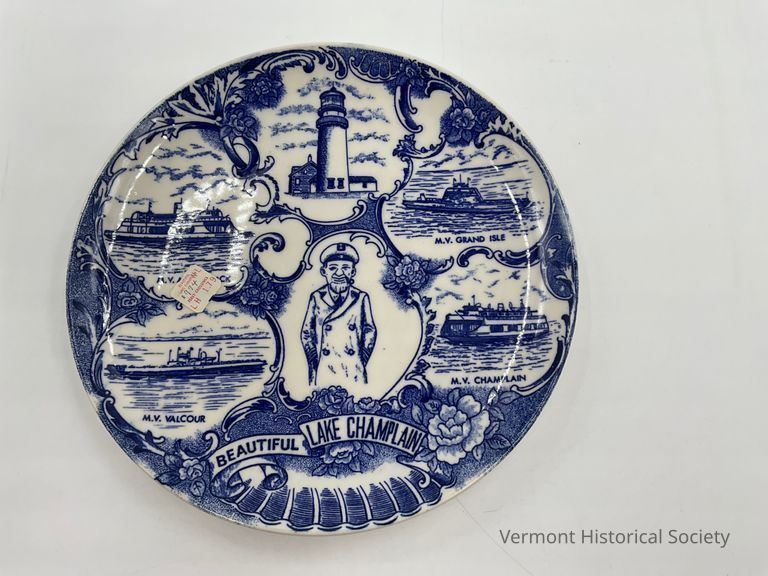
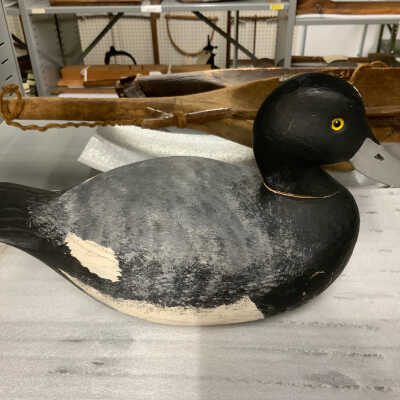
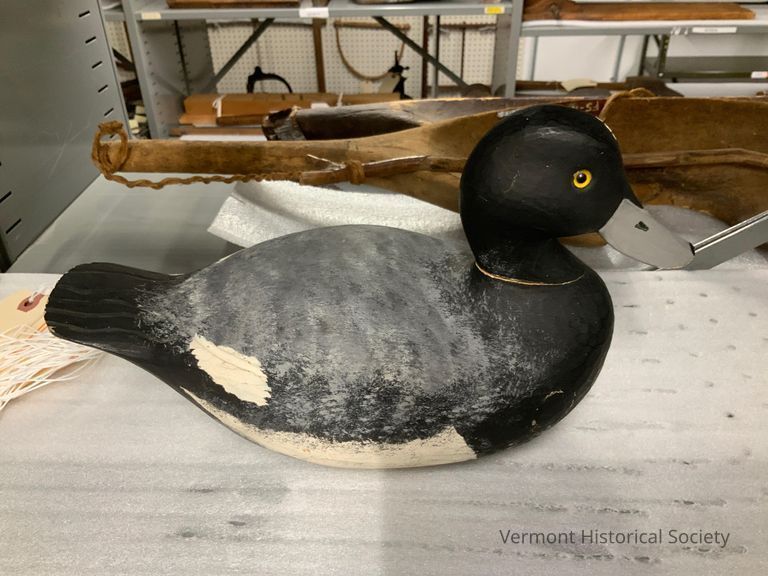
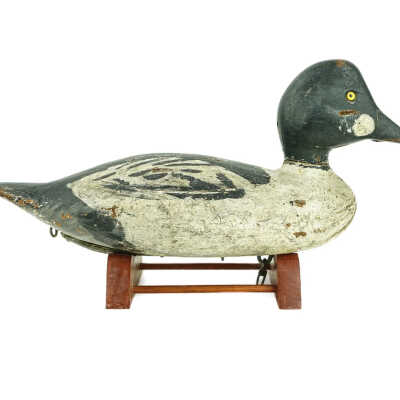
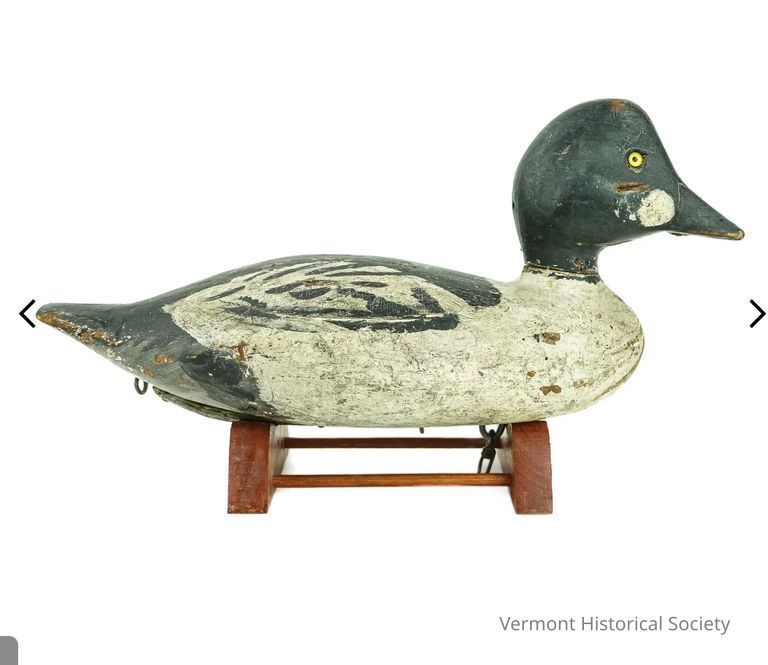
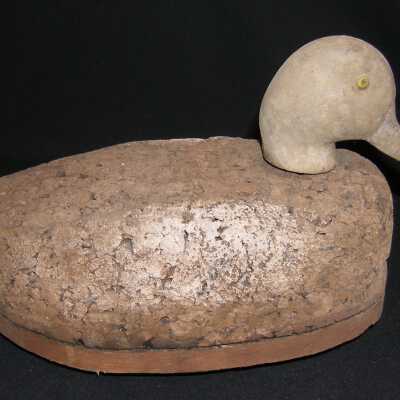
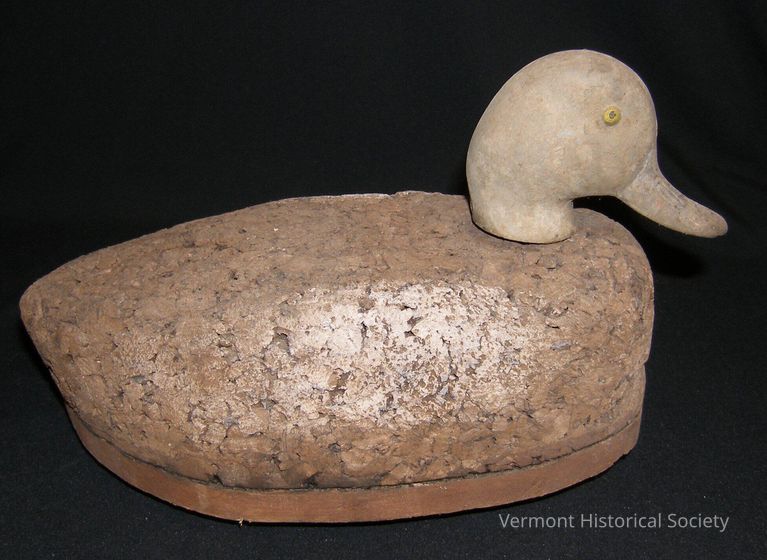
The duck has a cork body and a pre-made head that is man-made material and has a seam that goes over the head and and around it. The cork body is oval and has a slightly pointed 'tail' end. The cork is attached to a piece of wood (.69" thick) by nails. A screw eye is in the wood 2" from the front. A lead weight has been nailed down the center of the bottom
(5.88"l x 1"w) . The 'lead anchor' is oval with 5/8" finger tips coming off each shoulder of the oval.
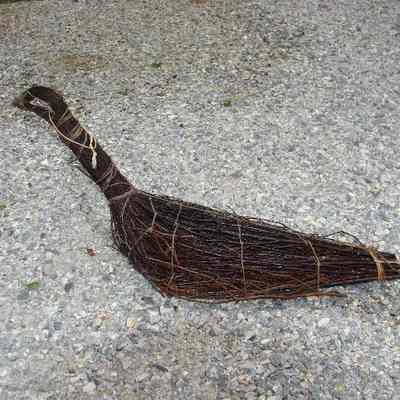
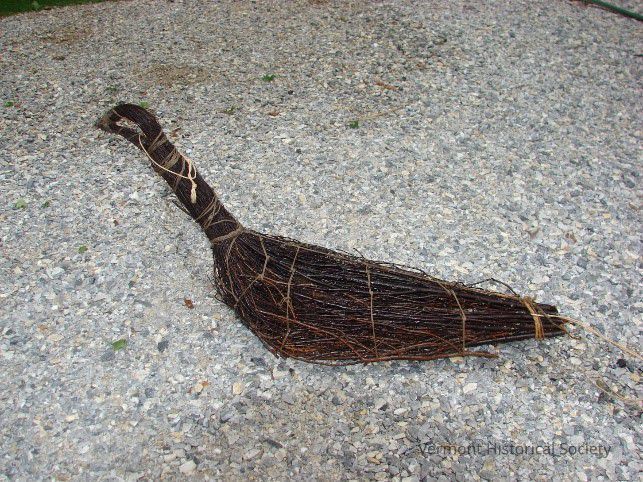
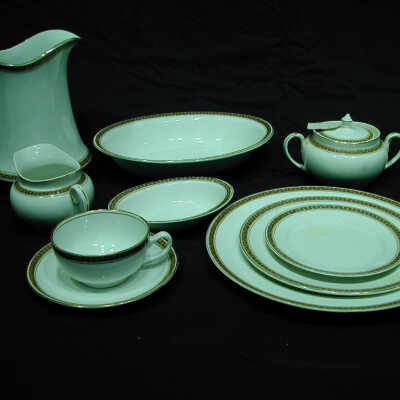
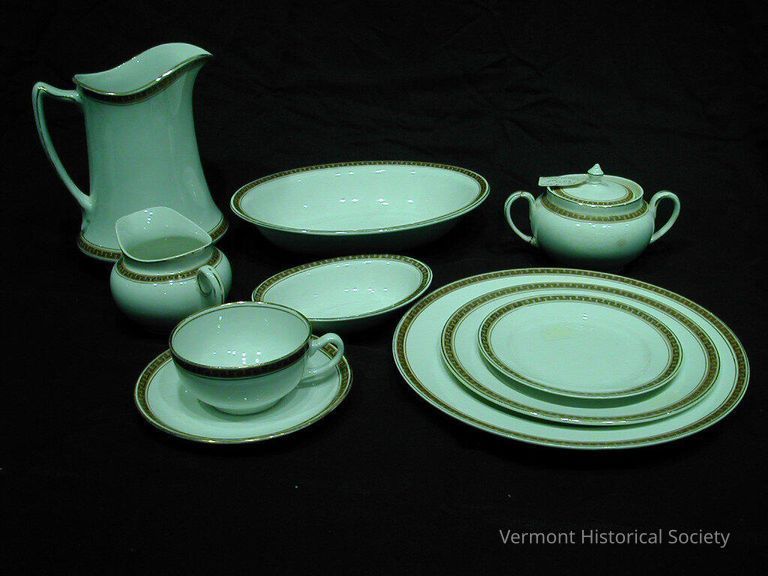

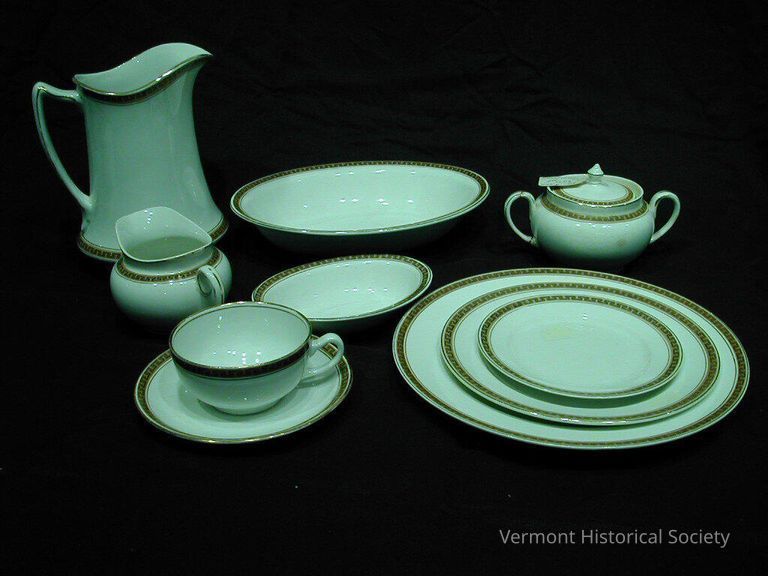
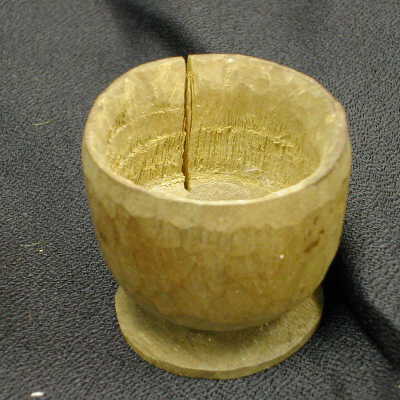
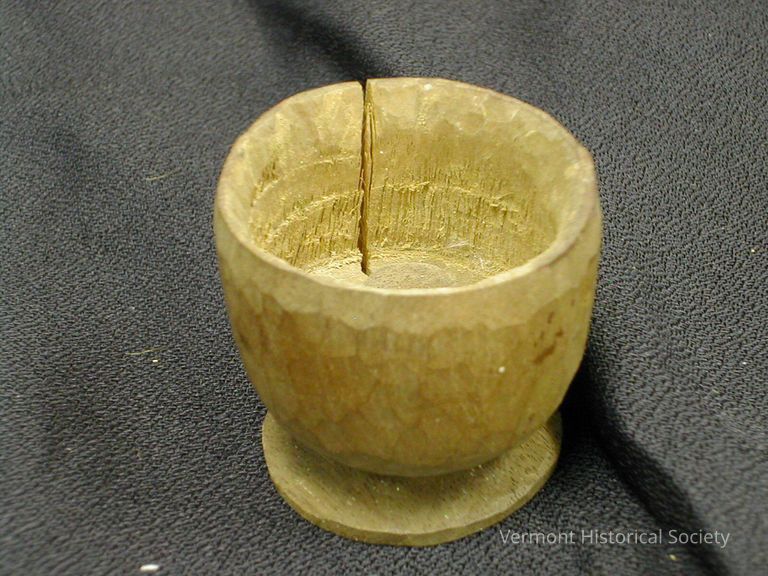
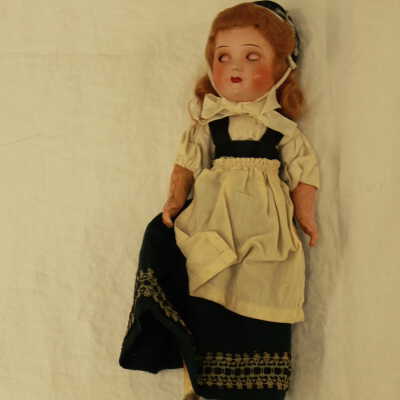
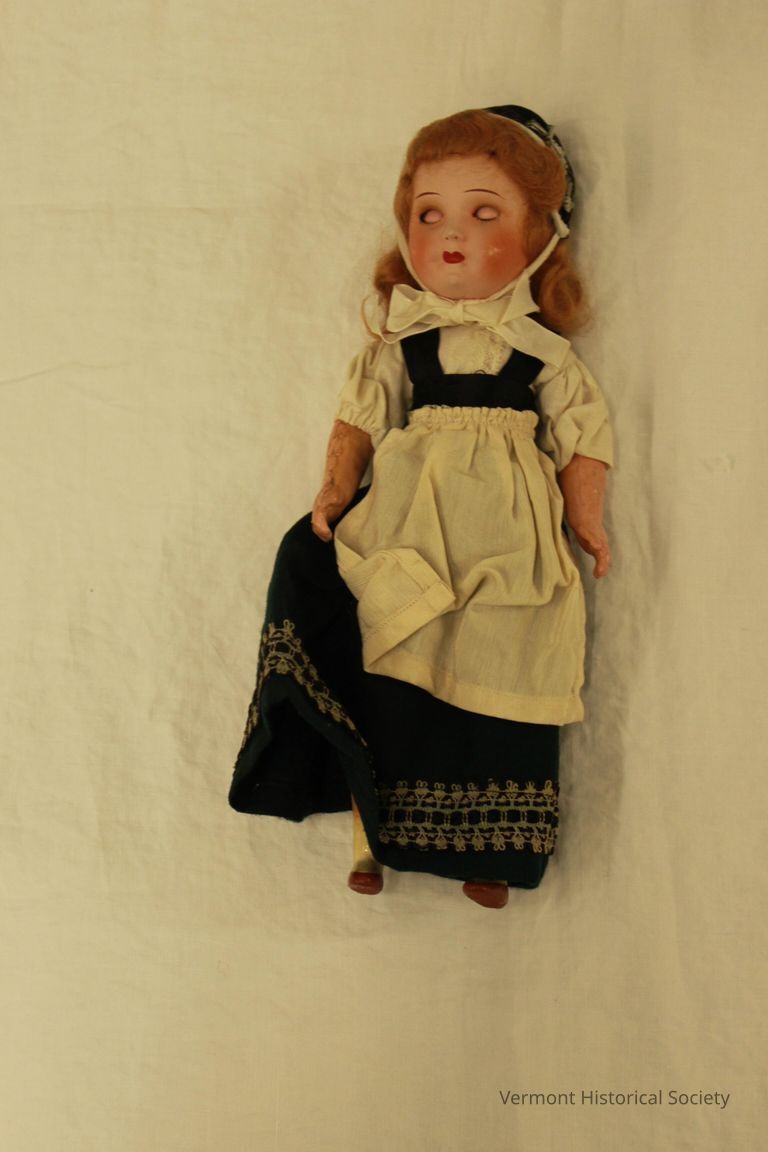
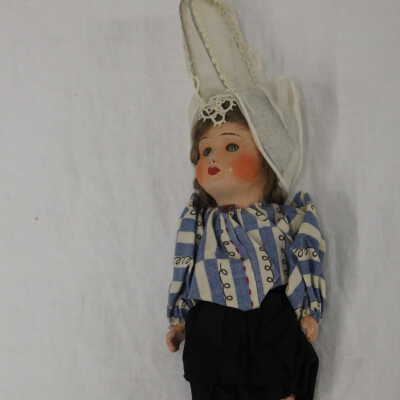
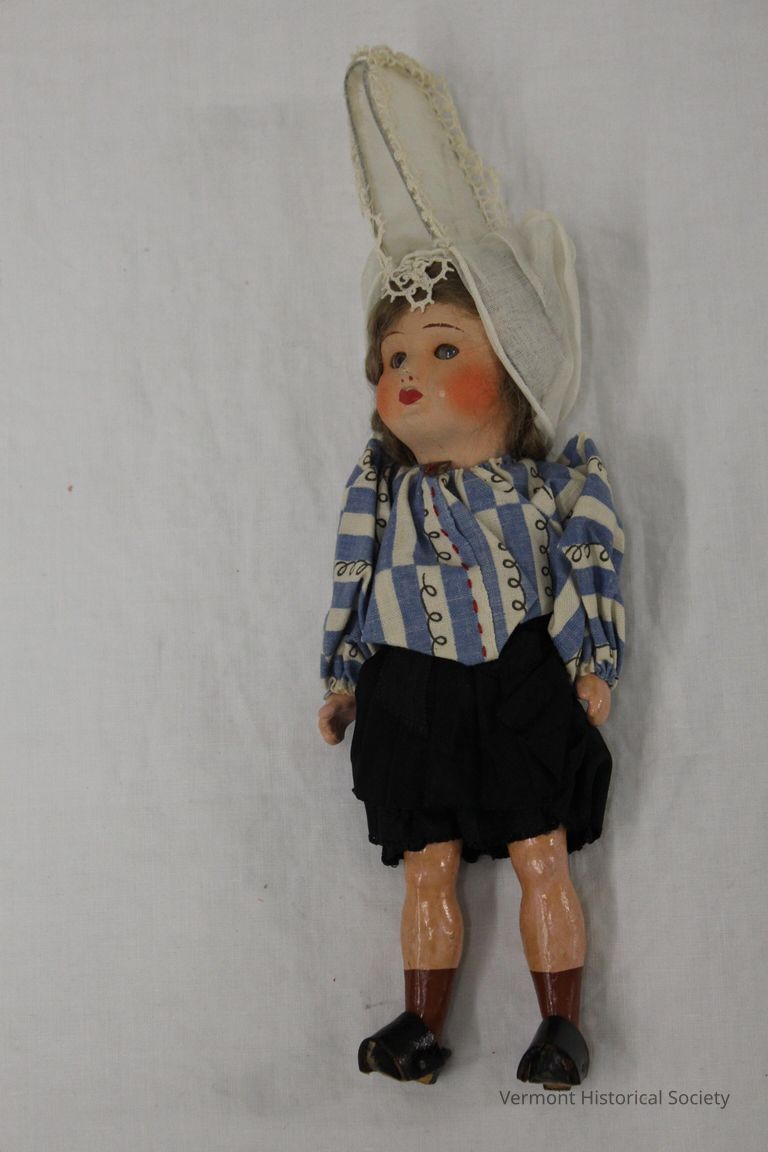
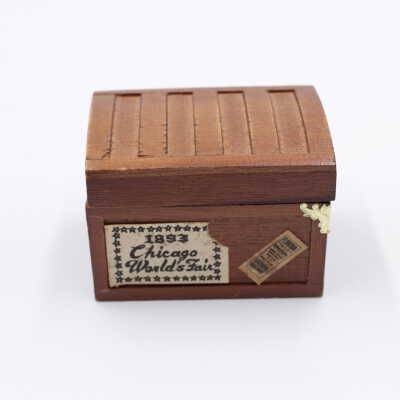
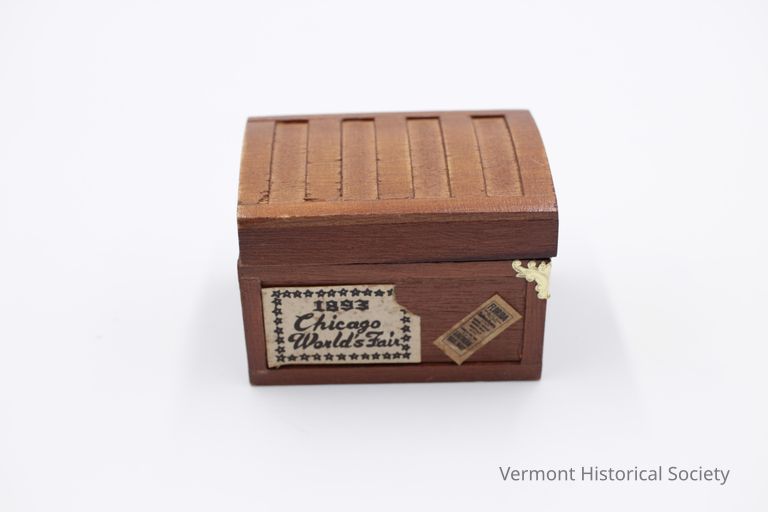
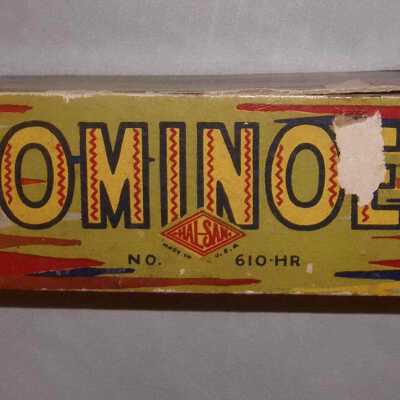
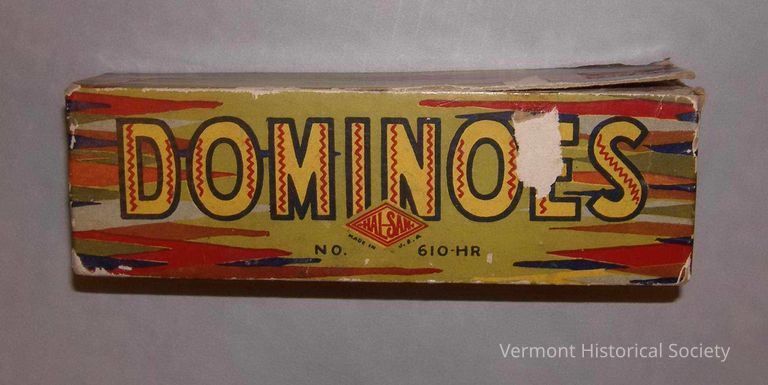
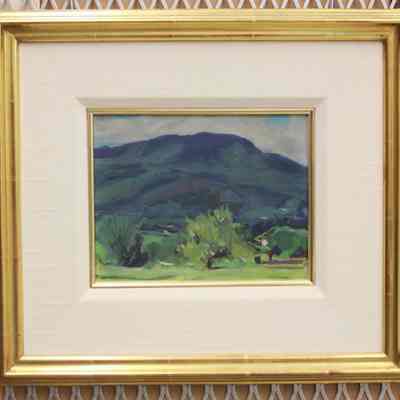
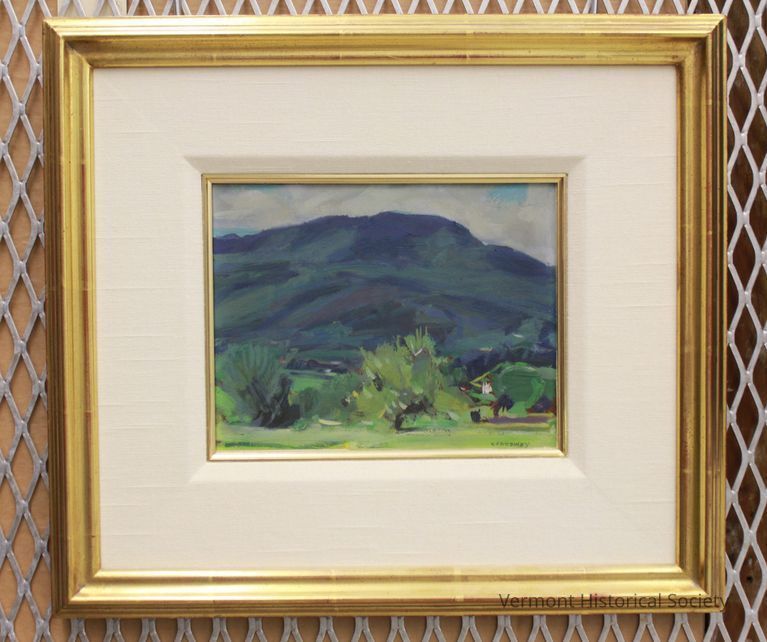
In New York, Connaway enrolled at the National Academy of Design school in 1912. From 1912 to 1914 he attended the Art Student's League at New York City, where he studied with George Bridgman and with William Merritt Chase. Another influence was Robert Henri, a New York Social Realist and leader of the Ashcan School, whom Connaway had met while attending night classes at the National Academy.
In 1917 he enlisted and shipped out to Contrexeville, France. After suffering a shoulder wound, he worked as a cartographer. Then he was assigned to what he called "the most wonderful work of my life"—making detailed watercolor drawings of lesions caused by mustard gas. This brought him to the attention of Lafayette Page, a physician who was so impressed with Connaway's draftsmanship that, at the close of the war, he sponsored his studies at the Académie Julian (1919–20) under Jean Paul Laurens and at the École des Beaux-Arts (1921) in Paris.
With backing from collectors and gallery owners, Connaway, "seeking to paint the lonely sea" found his way to uninhabited Head Harbor Island off the coast of Jonesport, Maine where he lived as an artistic hermit. He later worked dories with a Grand Banks fishing fleet, was also a cook for a lumber camp in Maine, and he enlisted in the Coast Guard.
In 1928 Connaway married Louise Boehle. During the Depression, Connaway moved to Monhegan Island to paint and start the Connaway Art School.
The Connaways remained on Monhegan until 1947, when they moved to Vermont, residing in Dorset until 1953, then North Rupert. Connaway painted rural landscapes of the Vermont countryside and operated a summer art school, until 1966.
In 1962, Connaway merged his school with the Southern Vermont Arts Center and became the school's first director. During the 1960s, in addition to managing the art school Connaway painted in Portugal, Spain, California, and Arizona. In the last year of his life, troubled with poor eyesight and failing health, Connaway was no longer able to paint.
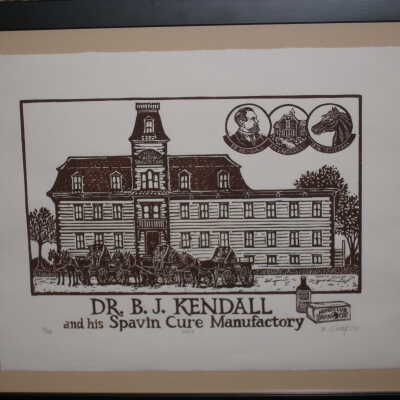
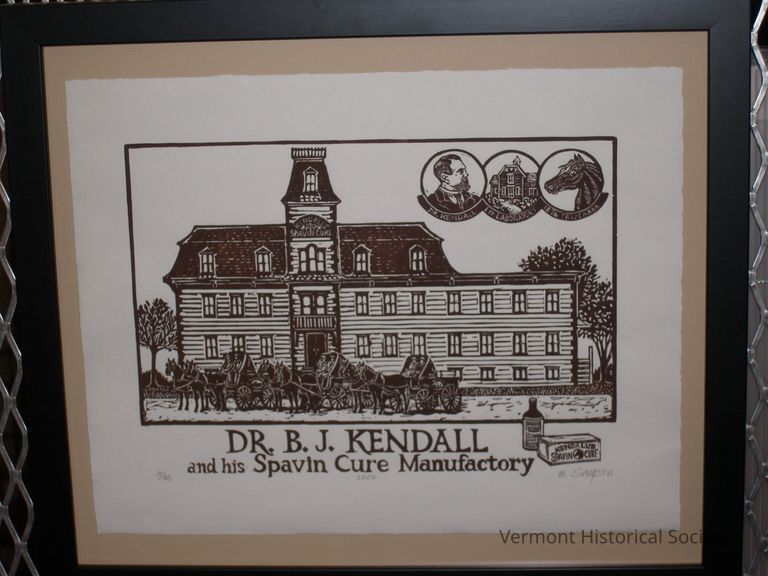
He expanded his products to veterinary practice with the introduction of his Spavin Cure for horses. The cure included a healthy dose of opium and did serve to alleviate the pane of swelling of the hocks. Soon he was selling to cure for human consumption as well. The company grew exponentially and a large factory was built in town. His "cures" were marketed and sold throughout the country.
The food and drug act of 1906 put an end to the opium component of the cure, but various versions were sold into the 1920s. Kendall himself became an addict, left the company in the 1880s, and died in 1922.
Currently residing in Lyndonville, Mary Gorham Simpson was born in northern Vermont and raised on a working dairy farm in Burke. After graduating from Lyndon State College, she and her husband, Wilder Simpson, taught school in the area for several years, then moved west. They lived for seven years in Wyoming and 14 years in Alaska, returning to Vermont in 1992.
While raising her three children, Simpson took art classes and worked on her own in various media - drawing, calligraphy, and painting. In Alaska, she worked as a graphic artist for the Imaginarium Science Center in Anchorage and as a scenic artist for the Alaska Festival Theater and Anchorage Civic Opera. She did scrimshaw for two shops and exhibit calligraphy for three years for the Anchorage Museum of History and Art.
Now back in Vermont, she mostly works as a printmaker with subjects reflecting memories of Vermont agriculture.
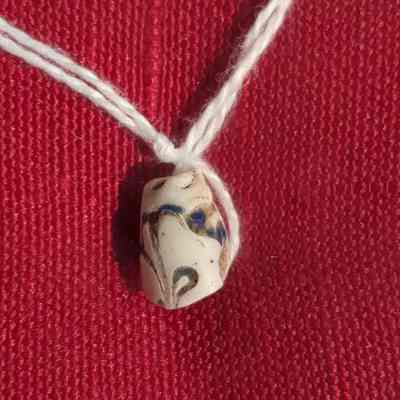
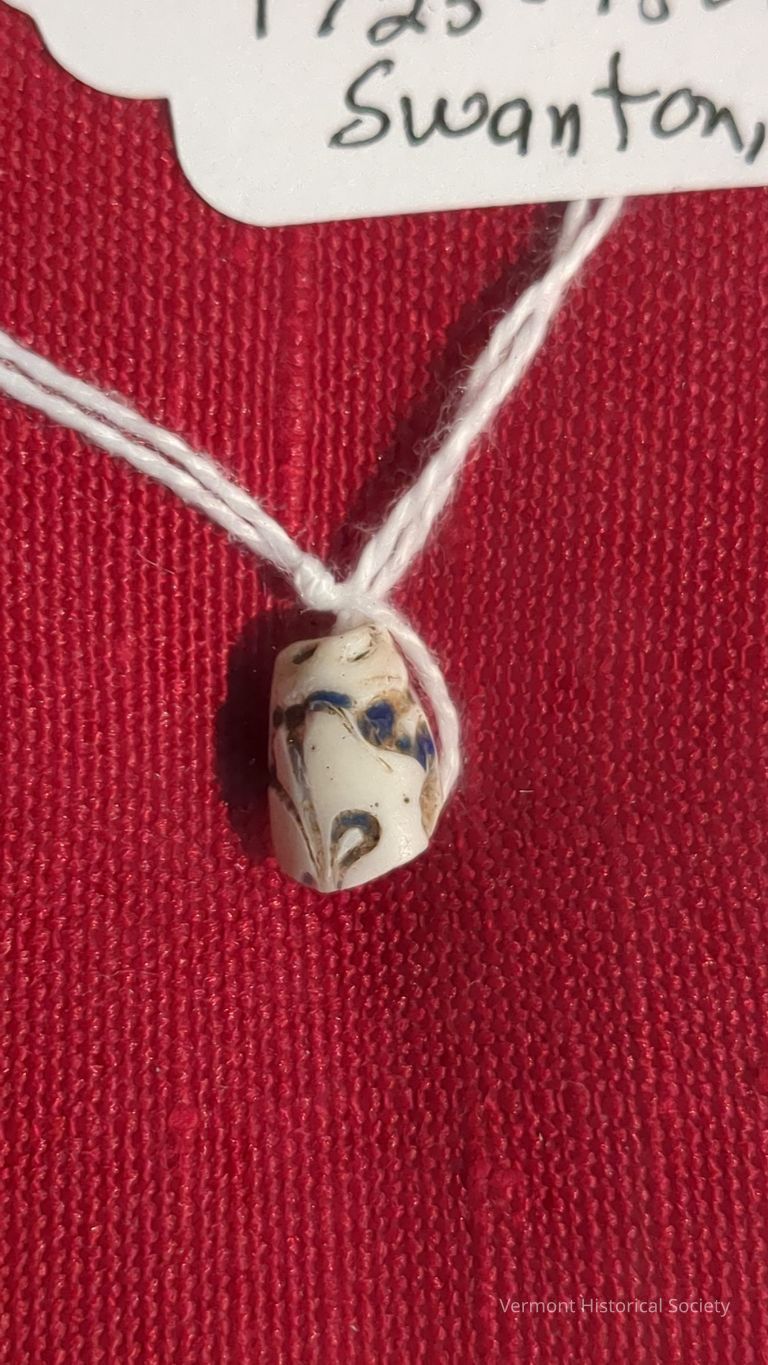
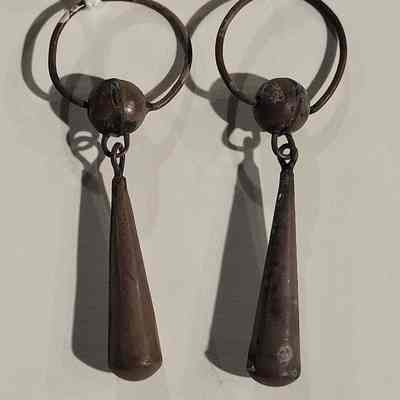
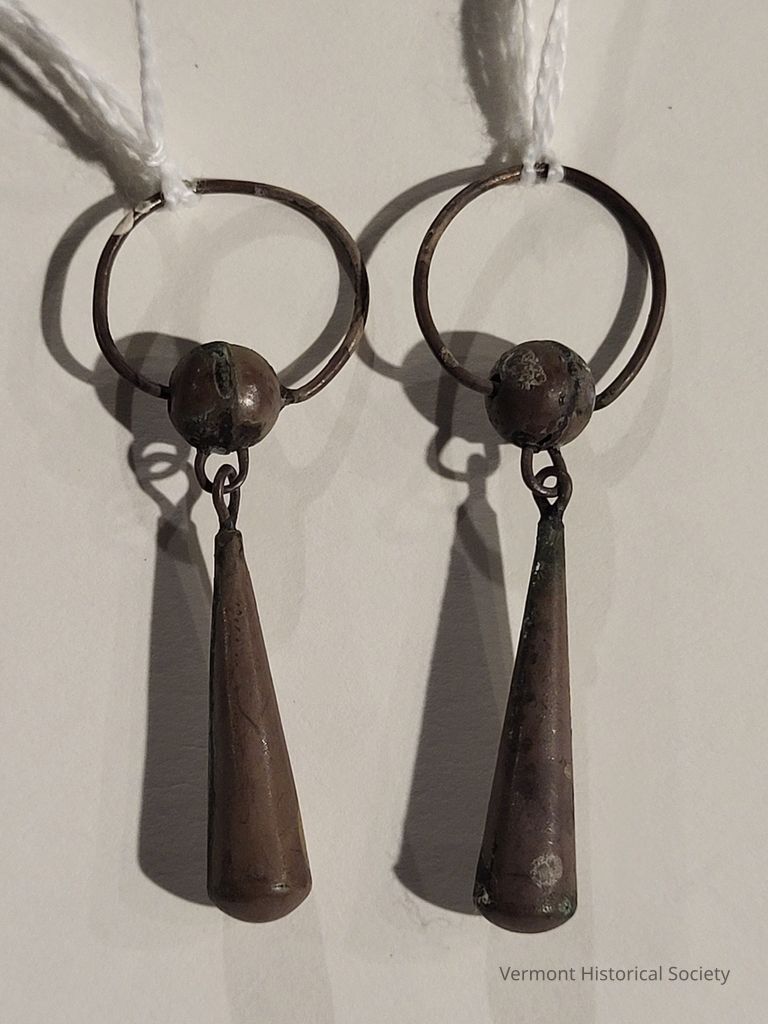
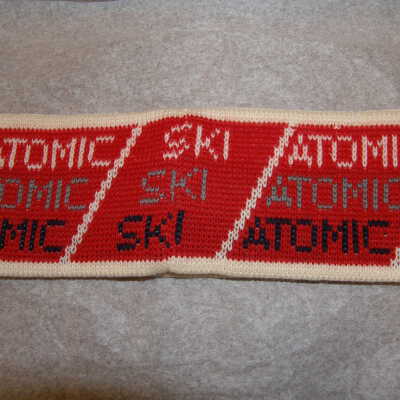
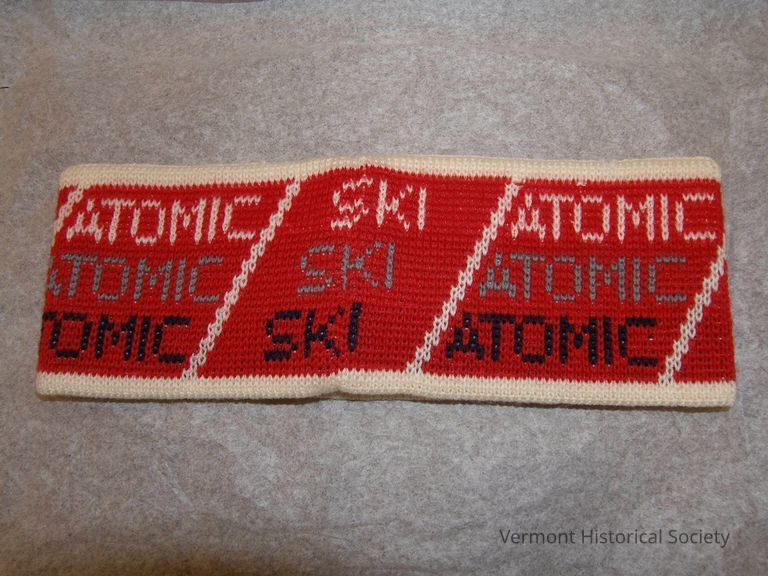
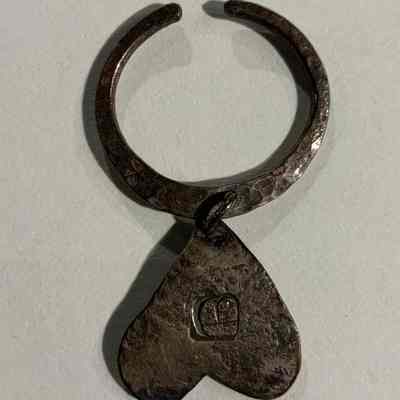
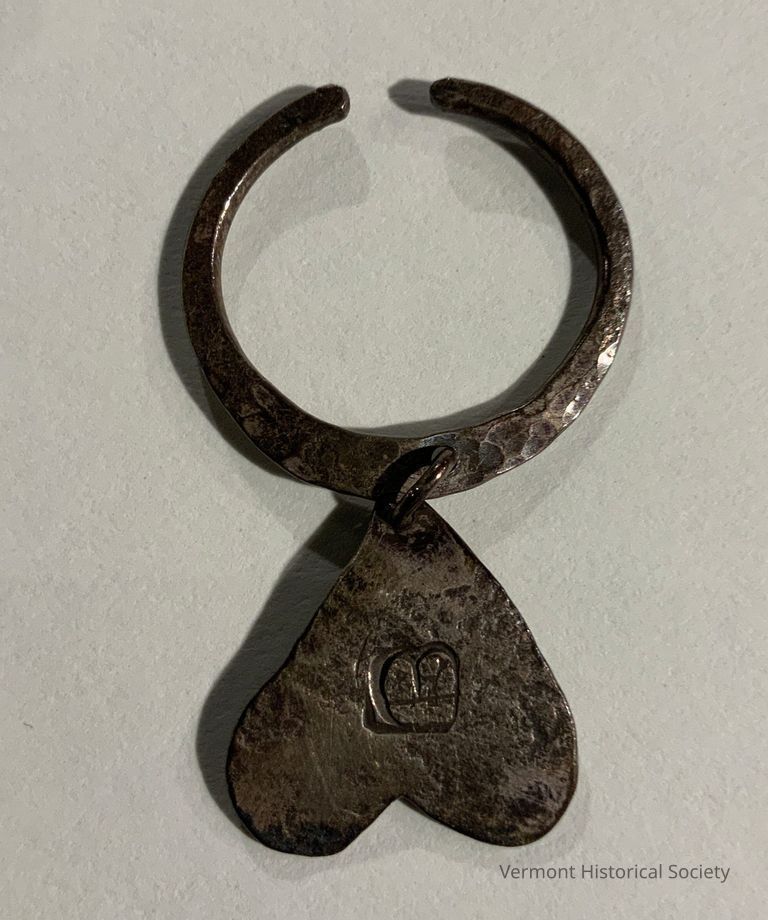
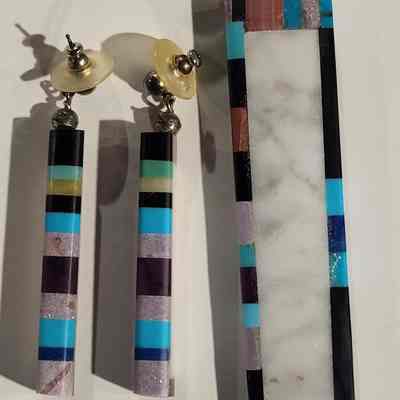
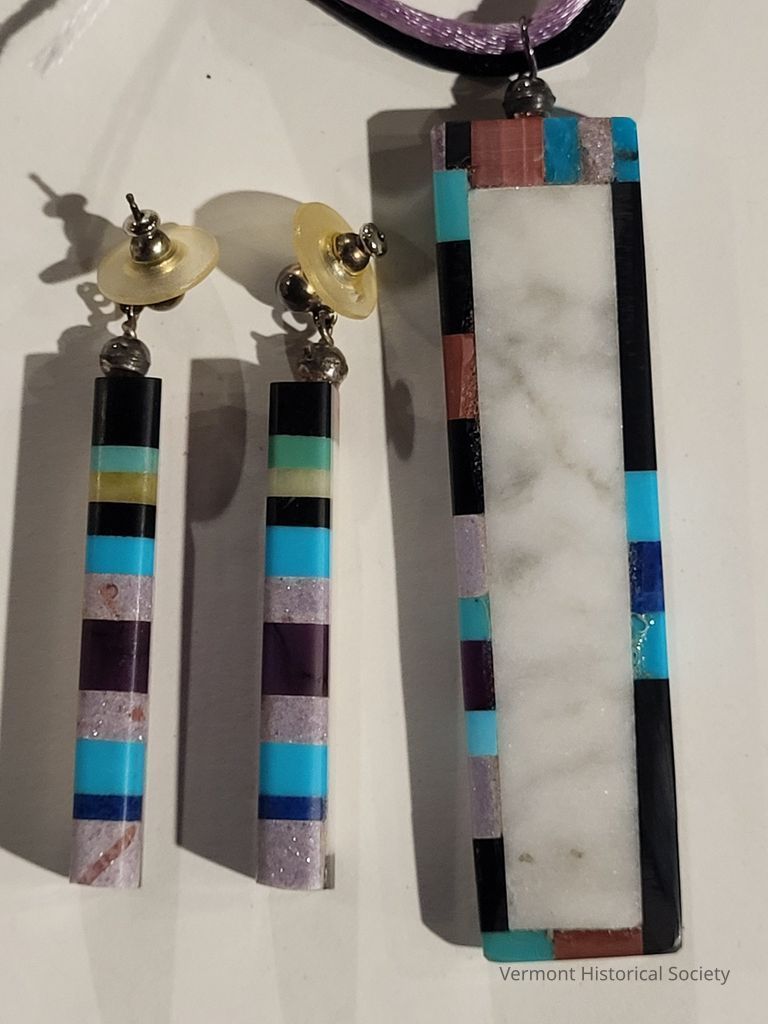
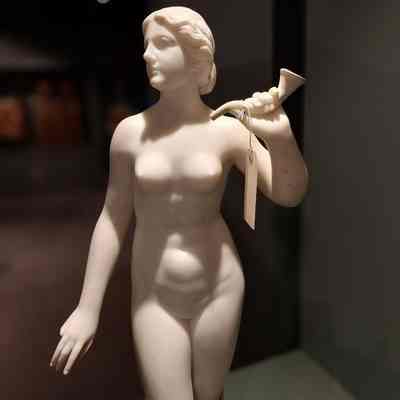
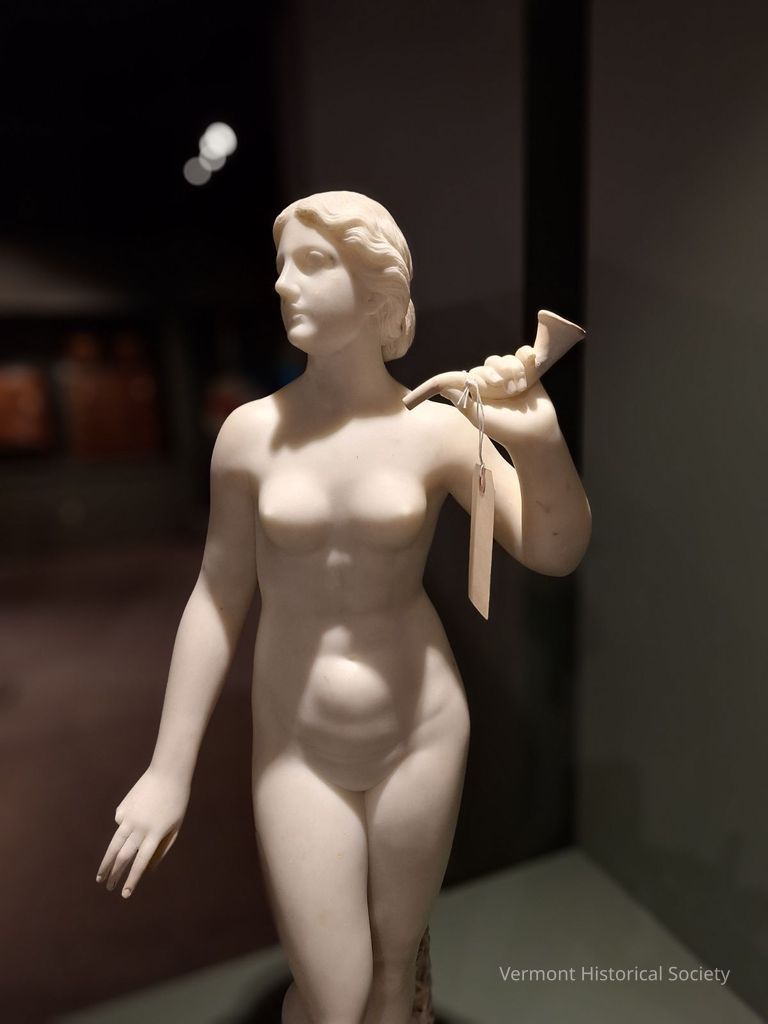
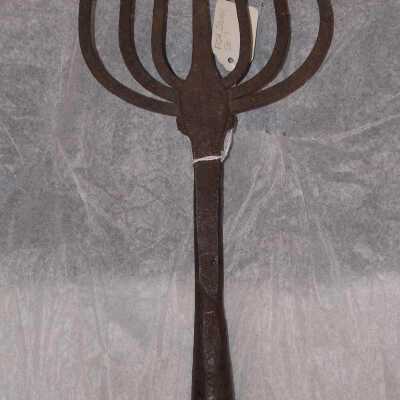
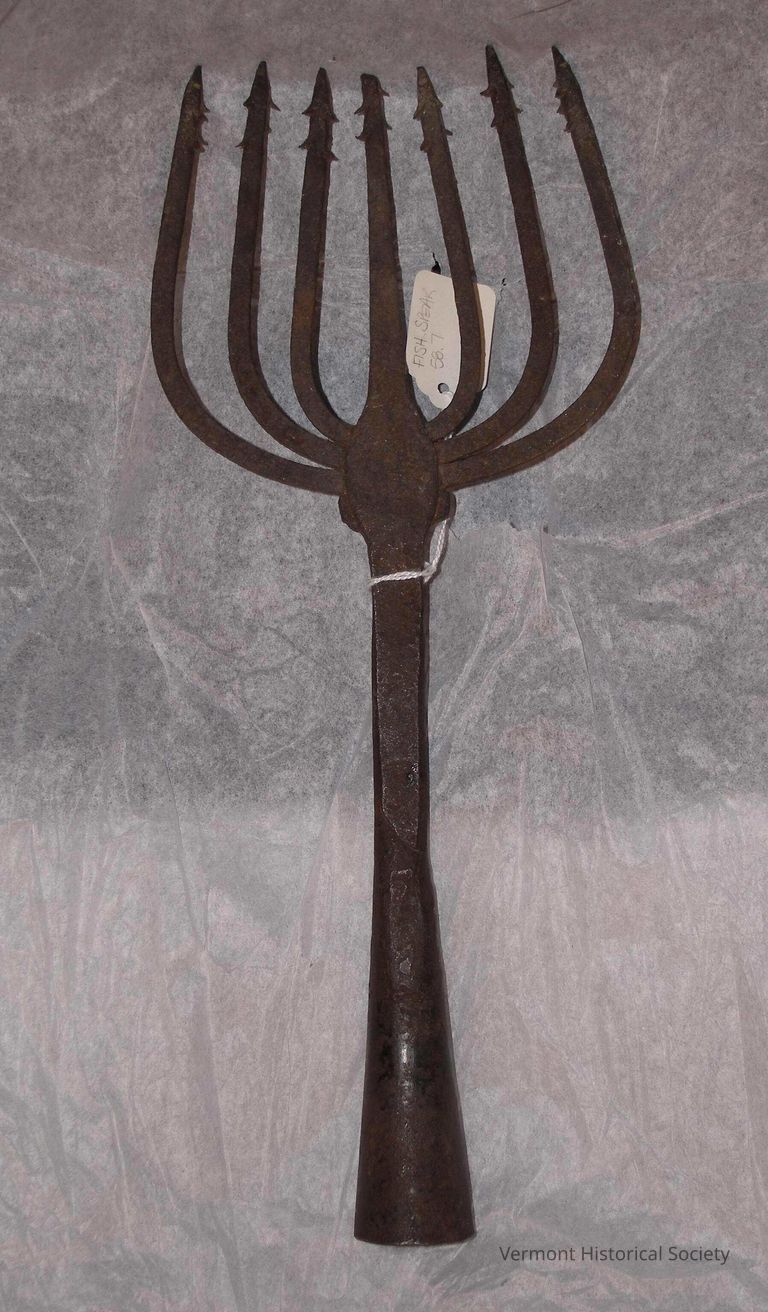
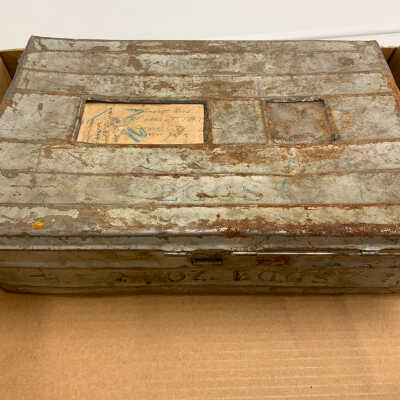
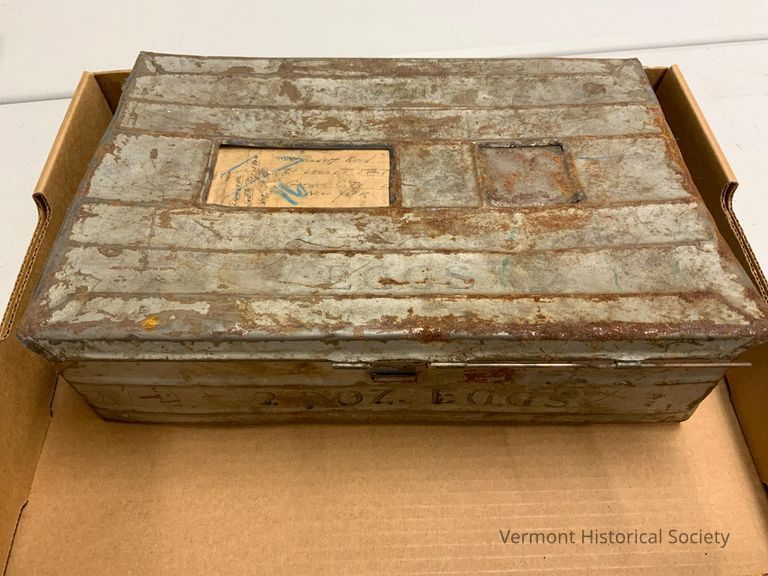
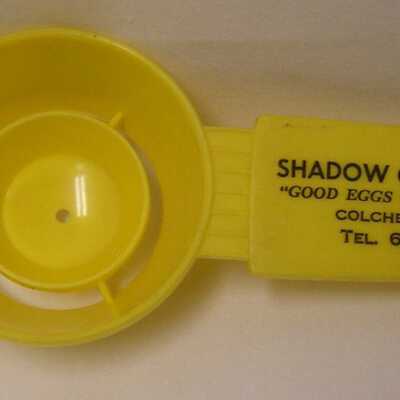
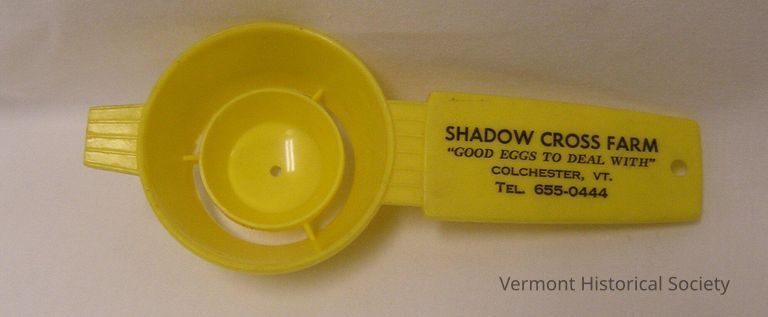
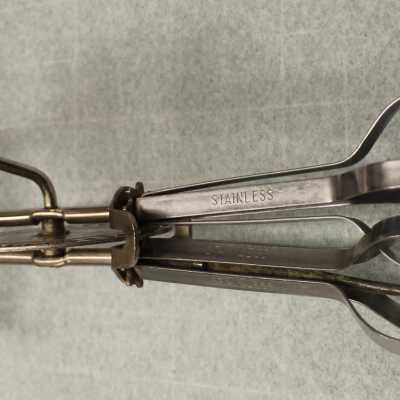
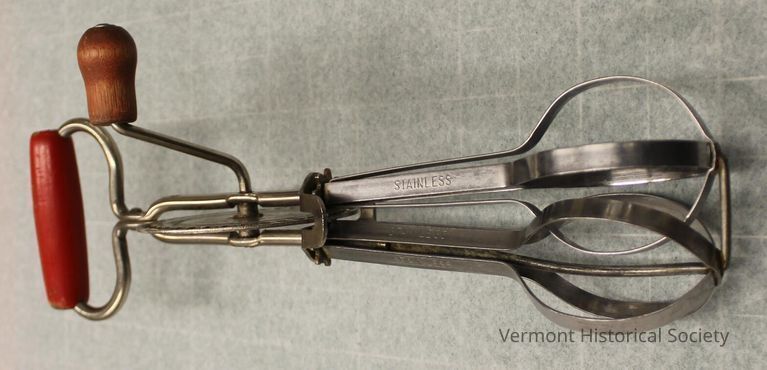
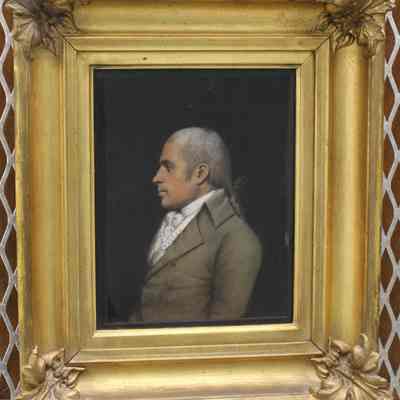
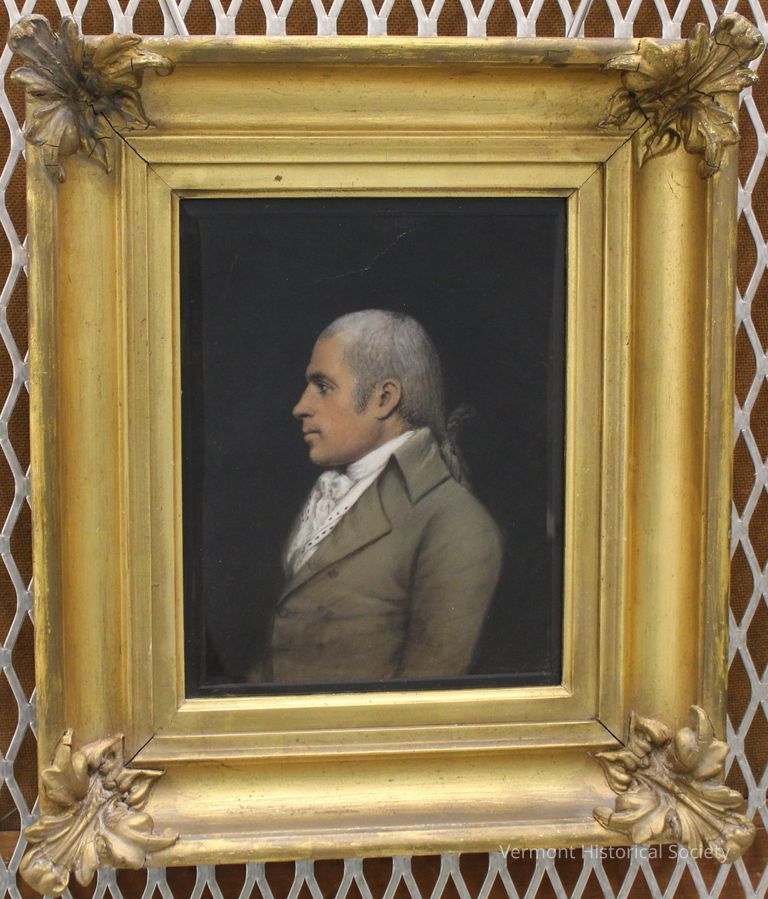
In addition to farming and owning a series of businesses, he also maintained a law practice. He served a number of state elected positions, including representative from Williamstown. He was the secretary to the 1777 Vermont Constitutional Convention and served in Vermont's judiciary as both probate judge and supreme court justice. We was a Federalist United States Senator from 1795 to 1801 when he was appointed and resigned to become the United States District judge for the district of Vermont by President John Adams.
James Sharples, the artist who created this work, was an English immigrant to the new United States and made much of his career in painting profile portraits of prominent U.S. politicians. He used a device called the physiognotrace to produce an accurate silhouette of the sitter and then filled out the remainder of the portrait. He retained the original tracing so that he could produce and sell copies of popular likenesses.
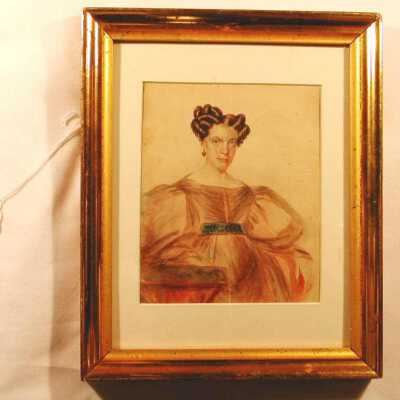
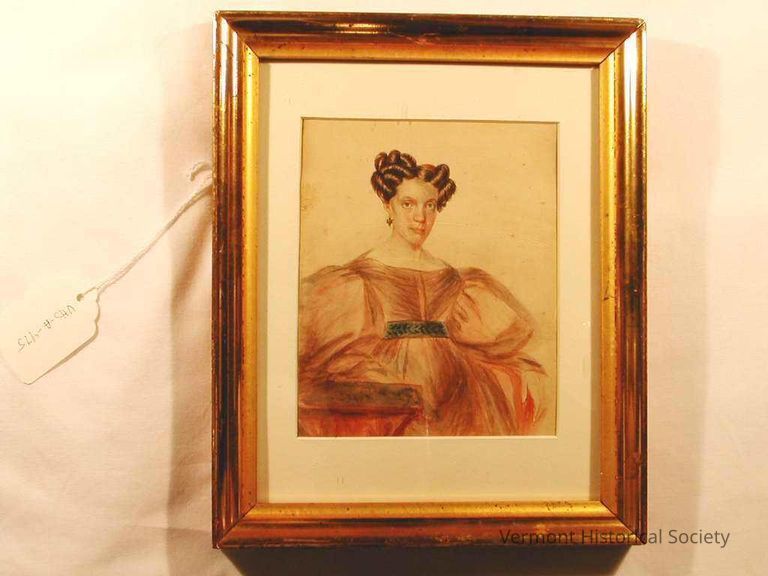
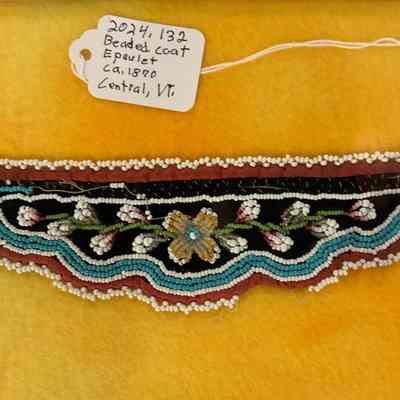
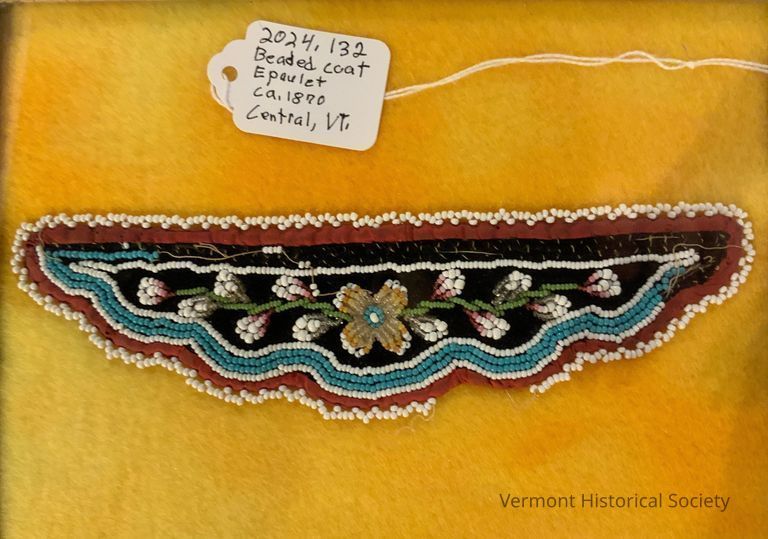
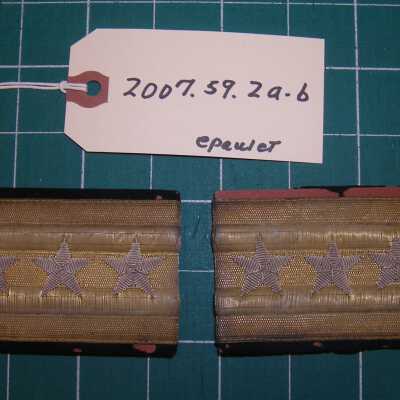
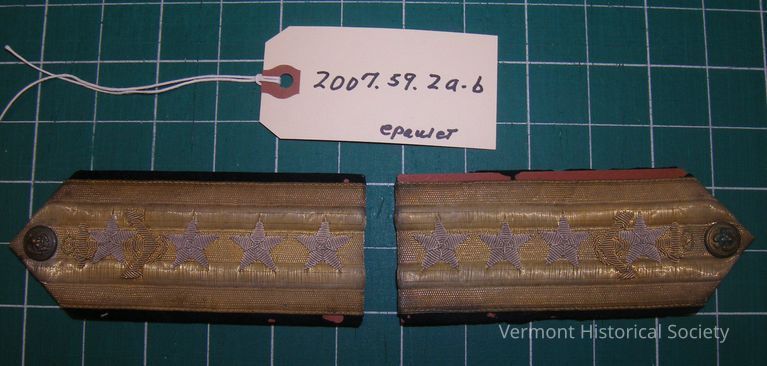
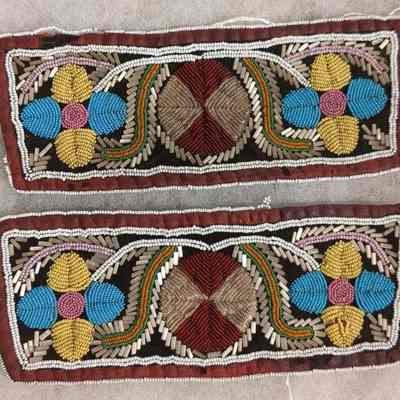
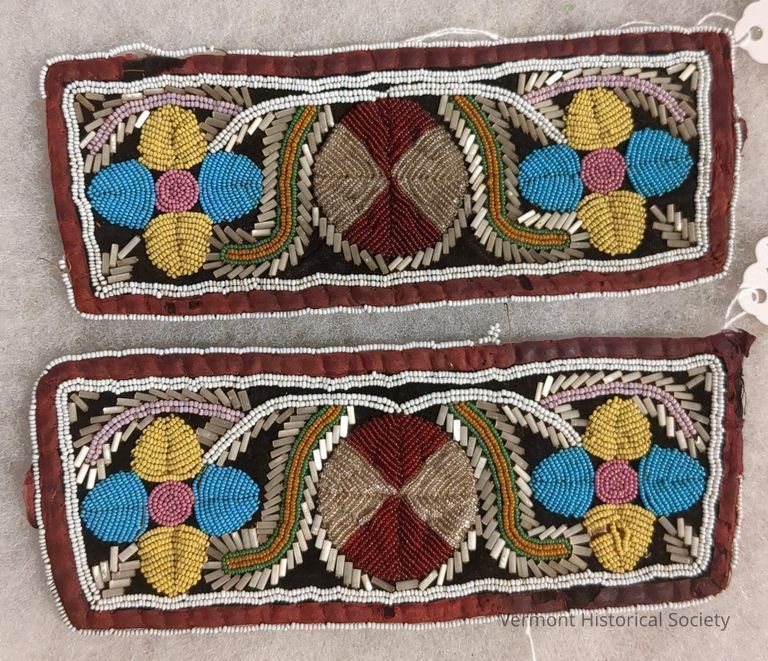
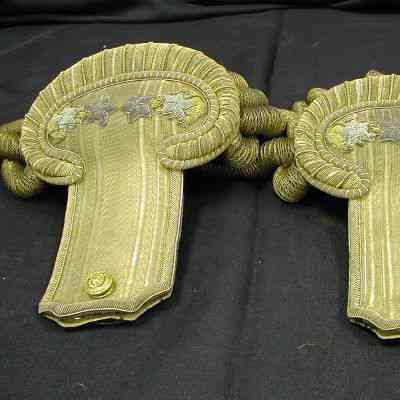
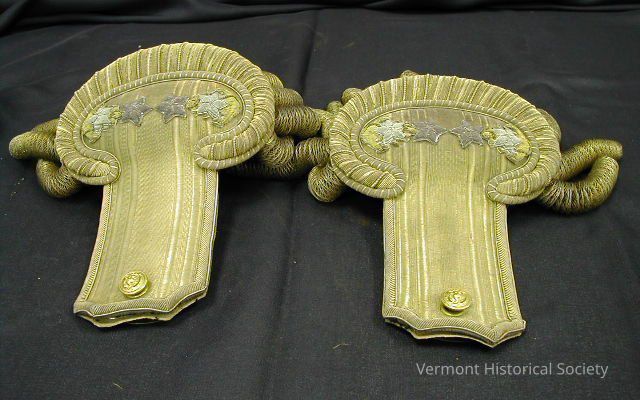
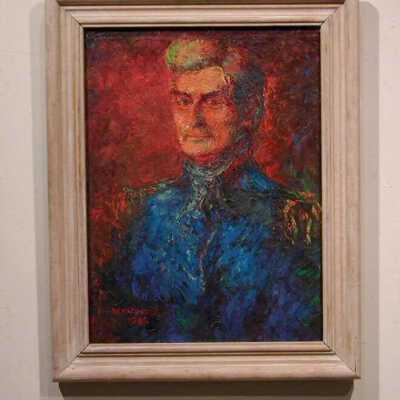
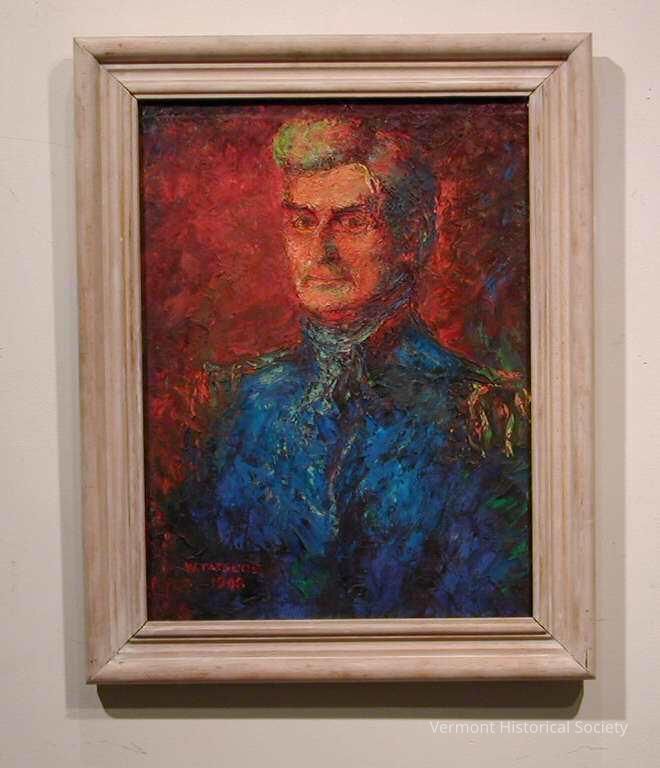
Comtemporary interpretation in reds, oranges, blues and green, heavy textured paint surface, head and background in orange/reds, hair green, clothing in blues and greens. Impressionistic.
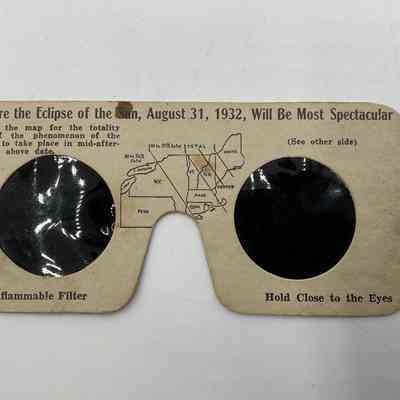
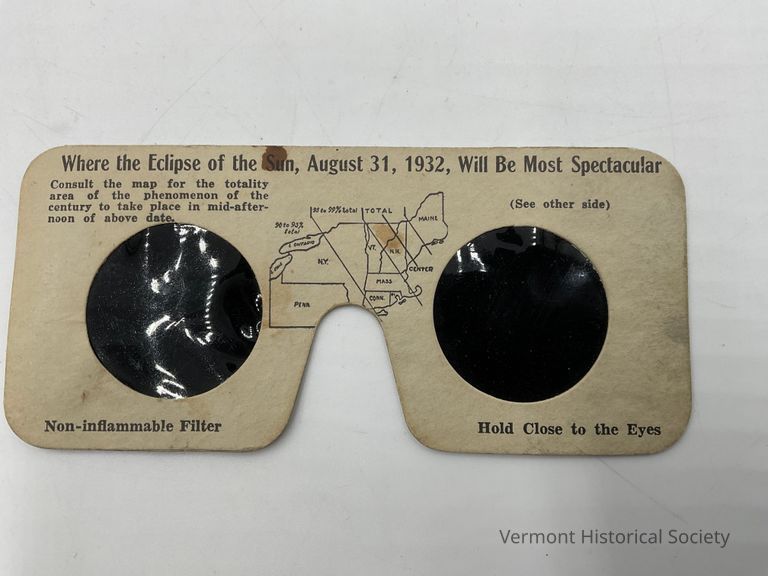
One side has a map showing where in New England and New York the best views will be, with the total eclipse forecast for the Northeastern corner of Vermont. The other side explains why an eclipse takes place and notes the safety of the filter for viewing the sun for extended periods without damage to the eyes.
From: https://streetsofsalem.com/2017/08/20/the-great-new-england-eclipse-of-1932/
"This eclipse cut a diagonal swath through New England from Montreal to Provincetown, and people converged in the White Mountains, Cape Ann and Cape Cod for viewing: there were special eclipse “packages” and special eclipse trains, and more than one observer pointed out that the frenzy was serving as a distraction from the Depression. In Salem, the shops closed at 1:00 in the afternoon on the 31st (which was a Wednesday), as everyone departed for Gloucester–apparently not content to be in the 99% zone! The headlines leading up to the 1932 eclipse were not too different than those today: watch out for your eyes, watch out for your chickens (perhaps there was more emphasis on chickens then), the best viewing places, why the scientists are so excited. I do think there was more “eclipse ephemera” produced then, but it was a period of paper.
The viewing experience seems to have been uneven across New England on August 31, 1932: clouds and rain prevailed in some places, inspiring my favorite September 1 headlines: Long Awaited Eclipse is Partially Eclipsed (or some variation thereof). I have no doubt that people had fun on the New Haven Railroad’s special Eclipse Train, however, on which they could see night-time when it’s day in New England as you play. Strange things were reported for days afterwards: chickens (very sensitive to eclipses, apparently) laid eggs that bore an imprint of the corona, which appeared on several glass windows around the region as well. In my hometown of York Harbor, Maine, the artist Henry Russell Butler, who had traveled across the country in order to capture the previous three eclipses on canvas, was thrilled to see one appear in his backyard. Photography had long been able to capture eclipses, but paint still worked too."
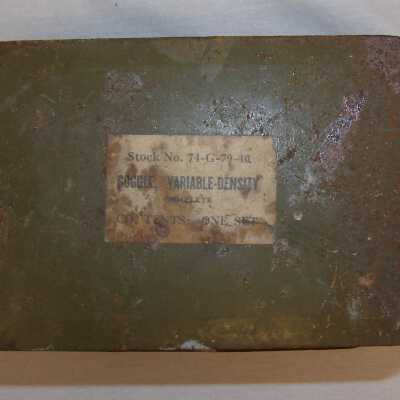
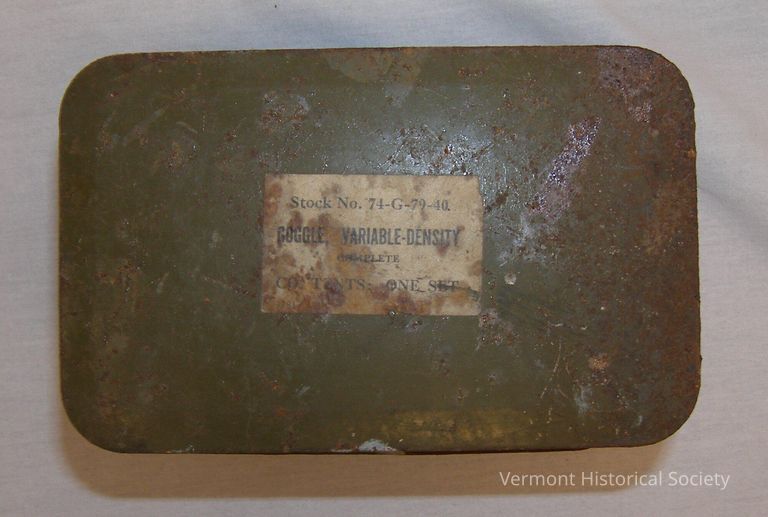
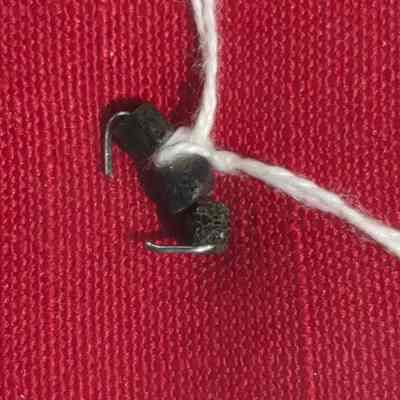
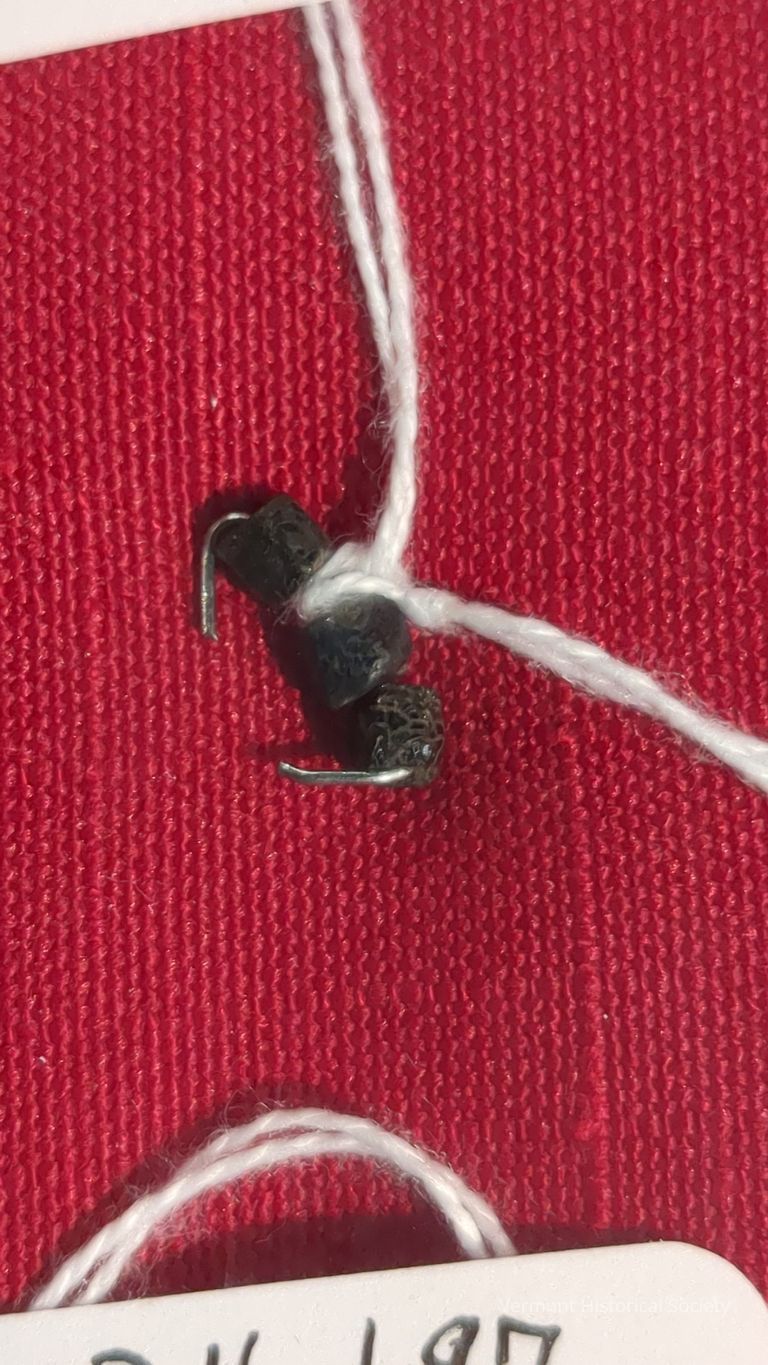
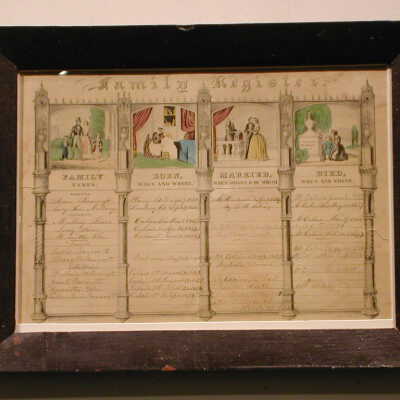
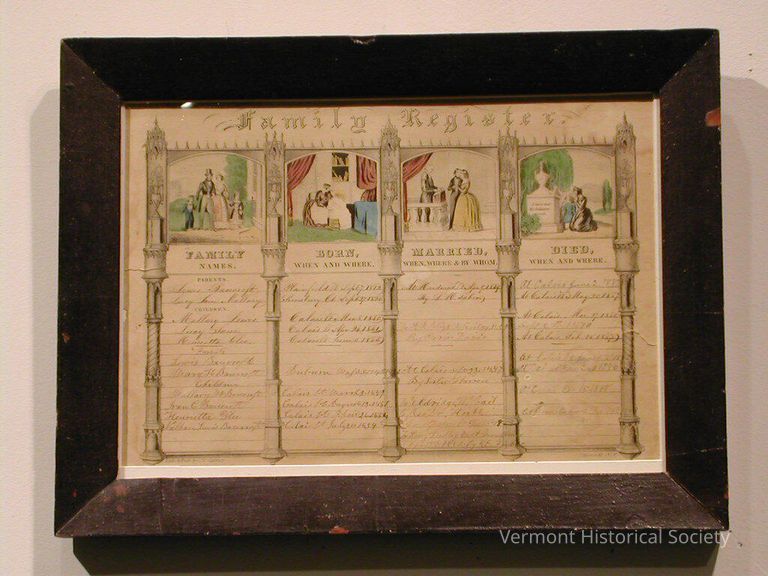
Hand-written entries document the Bancroft family of Calais, Vermont from 1847 to 1888.
This particular example documents Lewis Bancroft, his two wives, Lucy Jane Mallary and Mary H. Bancroft and their families. It was begun about 1847 and the last entry is in 1888. Based on handwriting, it appears that this register was started at the time of Lucy Jane Mallary's death.
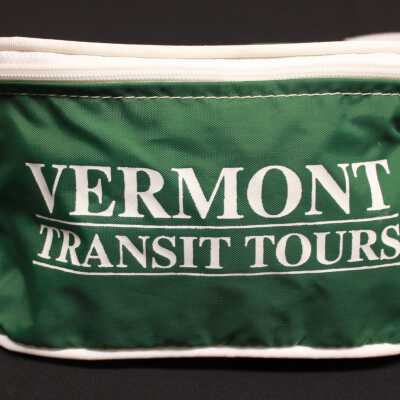
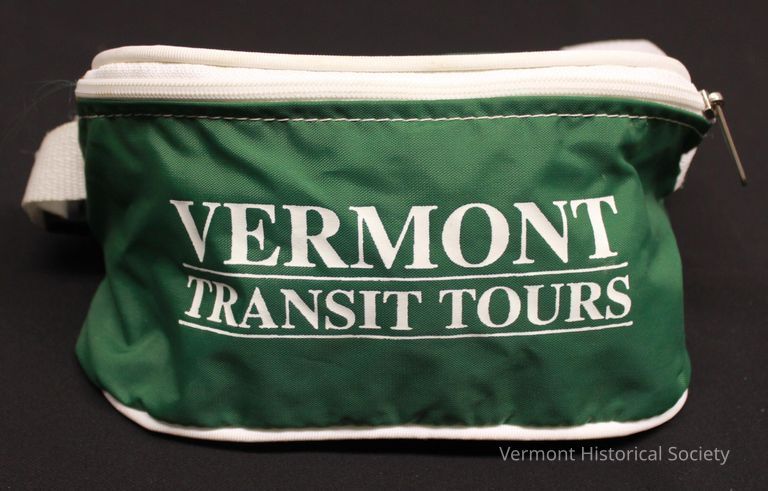
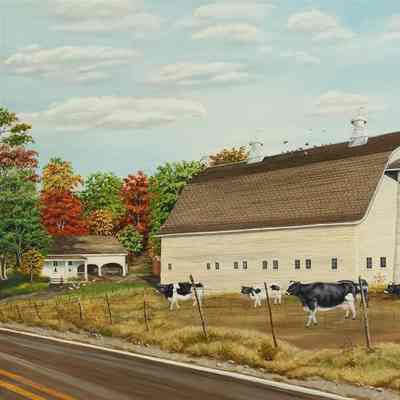

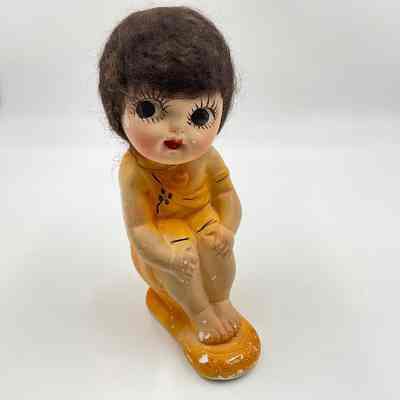
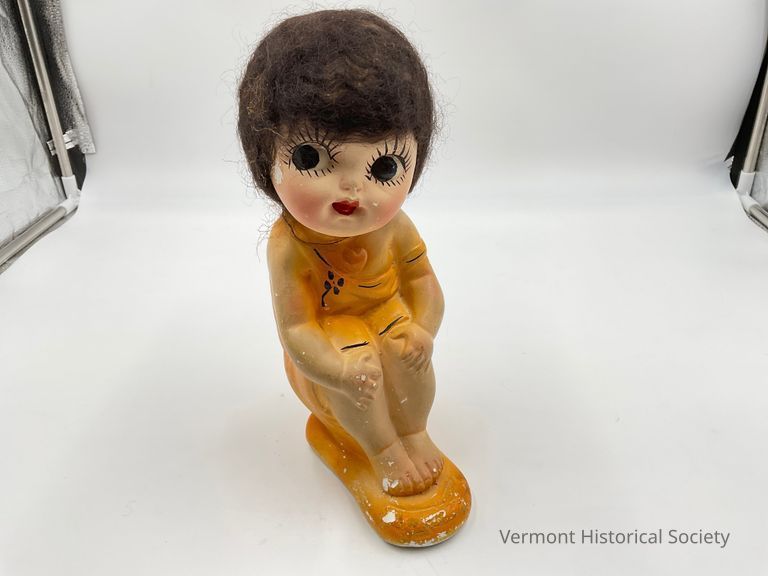

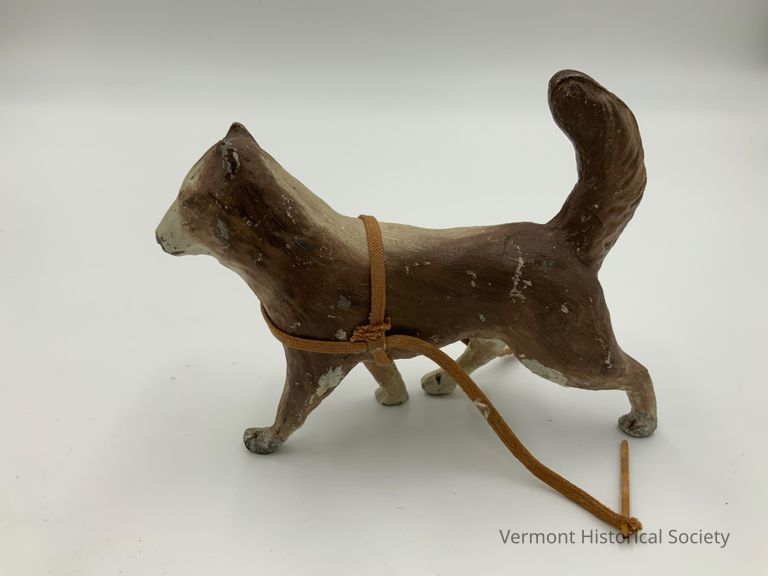

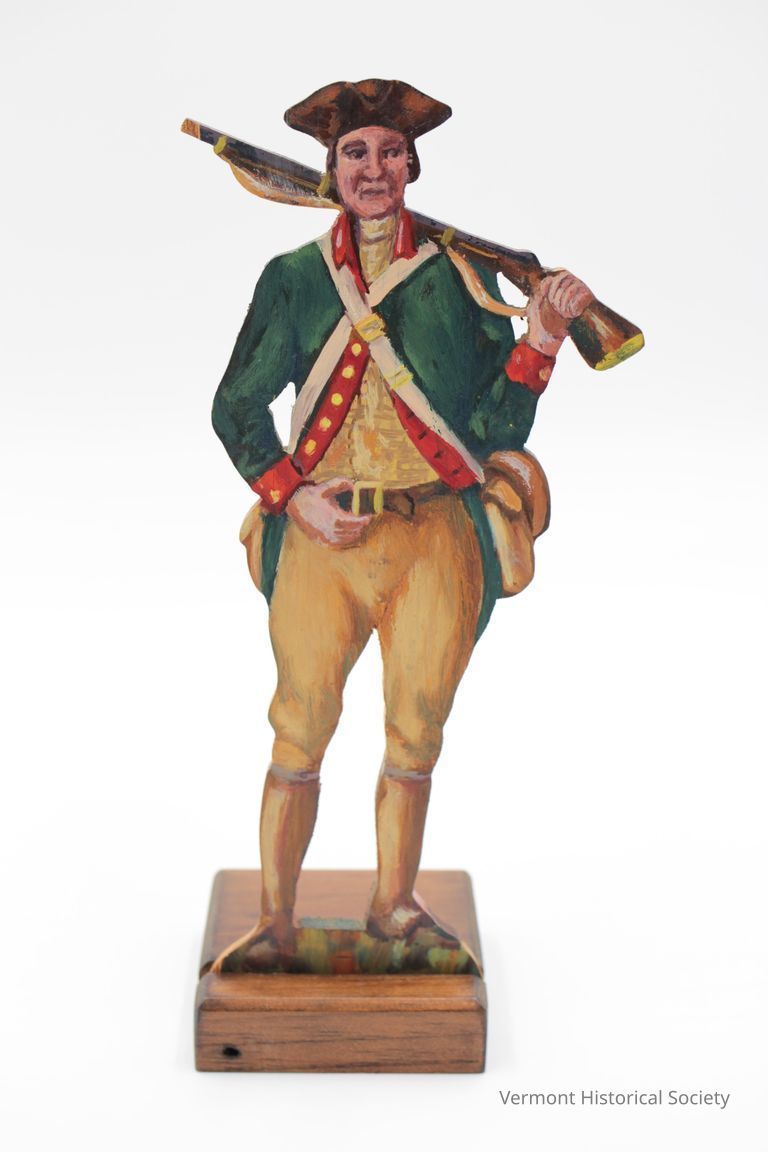
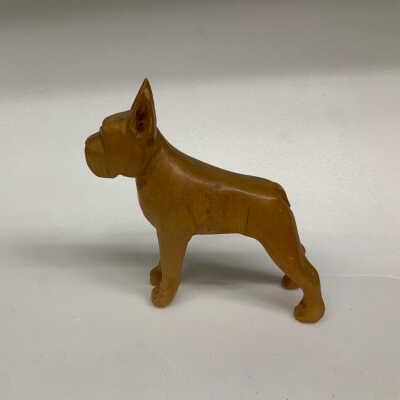
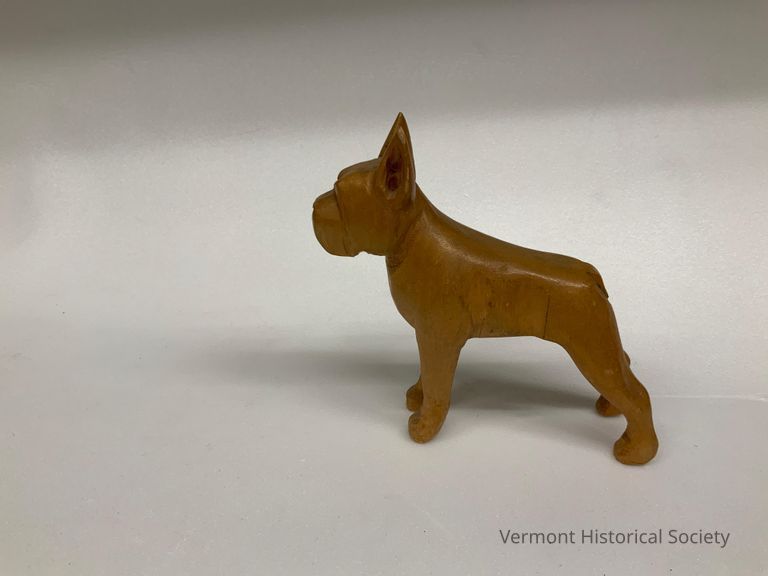
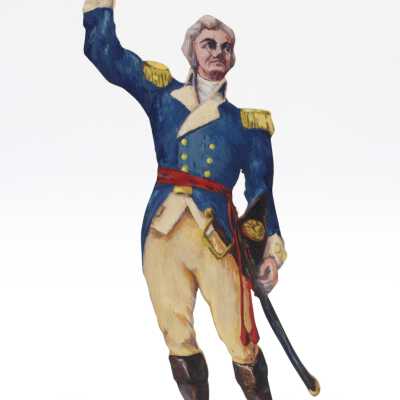
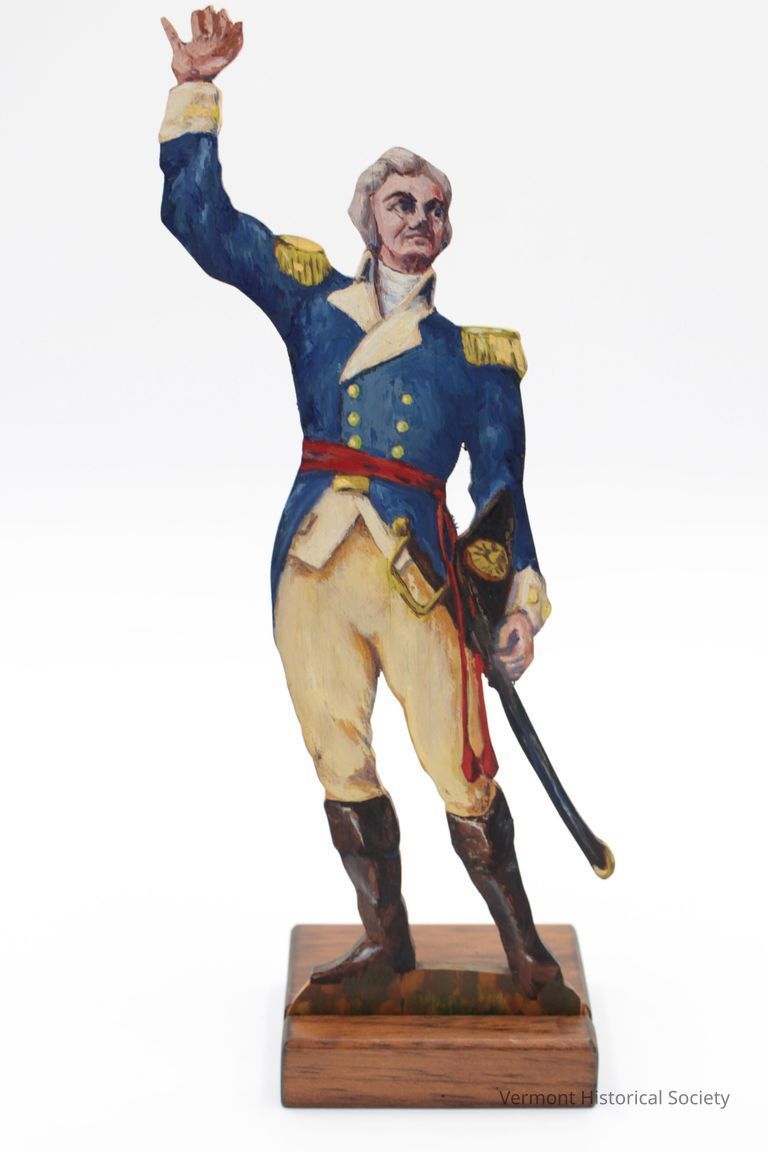
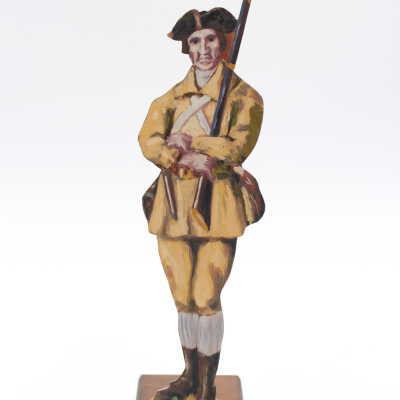
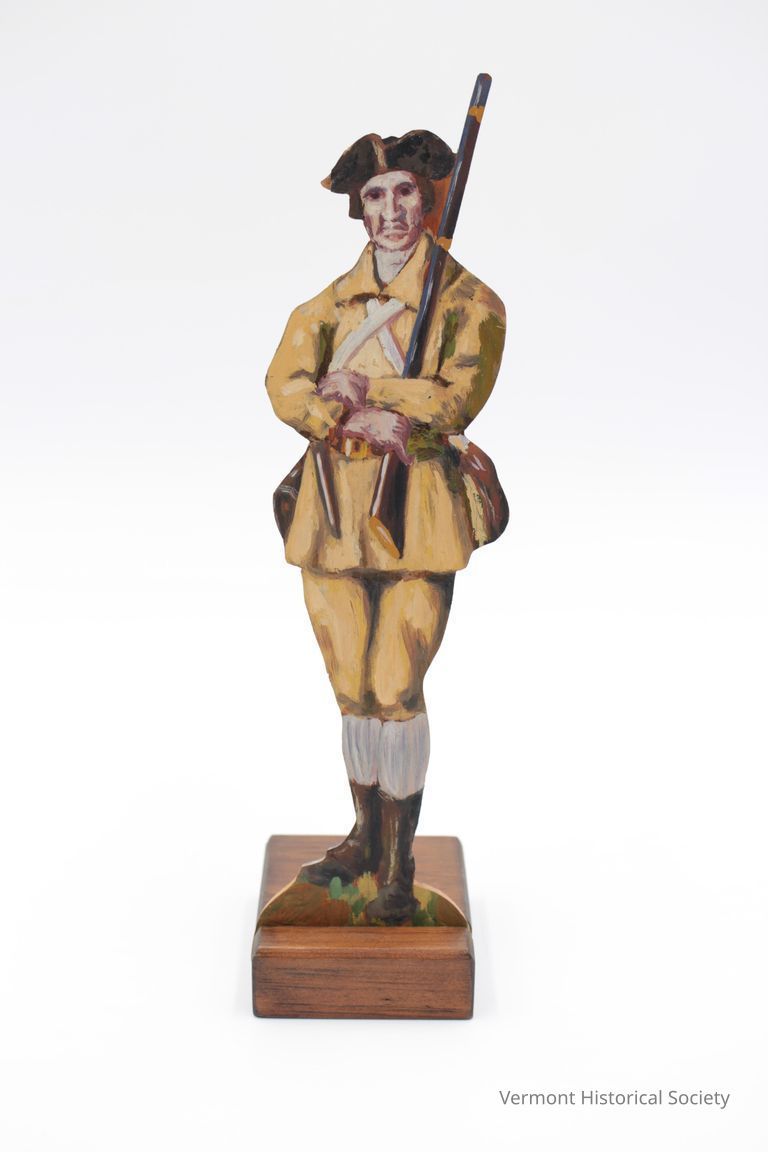
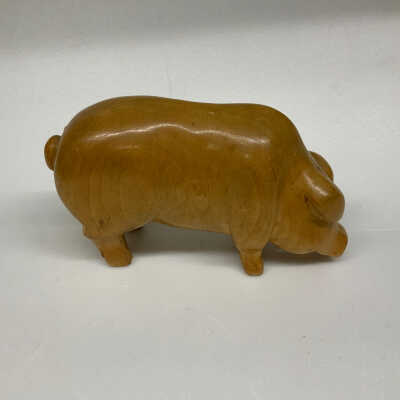
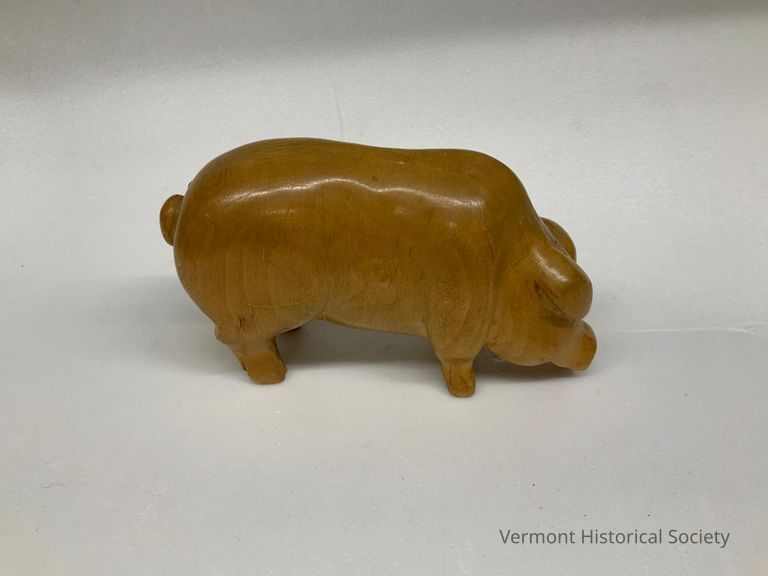
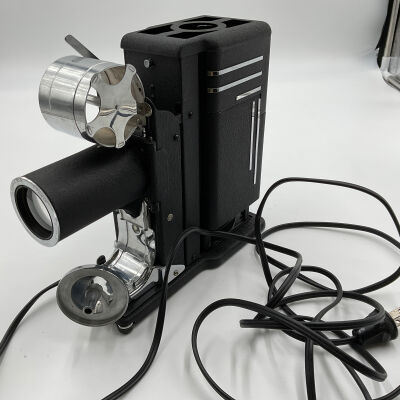
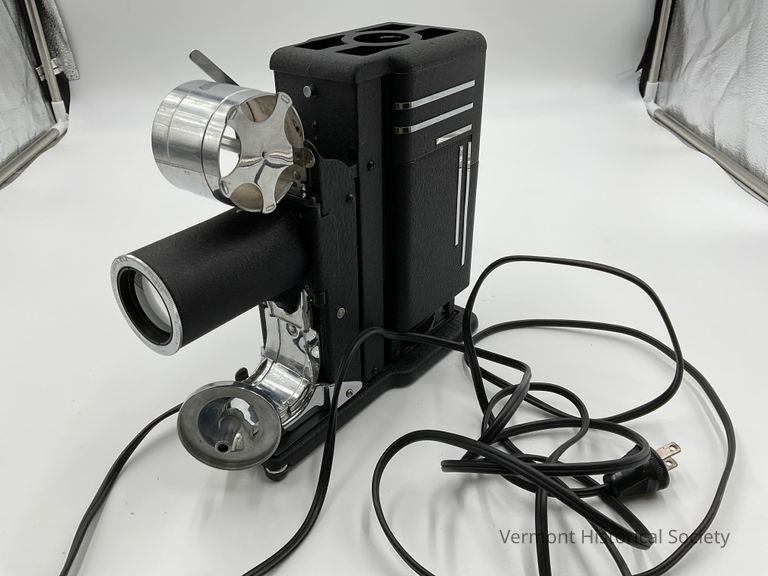
Accompanying the projector is a black case with a hinged top and a leather handle. Inside the case, there are felt pads to provide protection. There is also a padded compartment, although it is too narrow to accommodate a spare light bulb. Additionally, there is a metal tin designed to hold a coil of filmstrip. The tin has a gold color and is labeled with the word "Vermont" on the top. Lastly, a spare light bulb is included for the projector. This bulb features a brass-colored connection base, a large wire filament, and a black cap on the top. It is worth noting that there is an identical bulb already inside the projector.
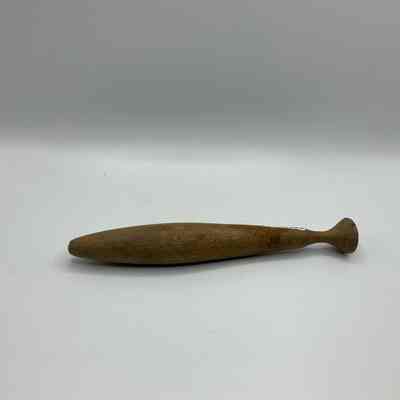
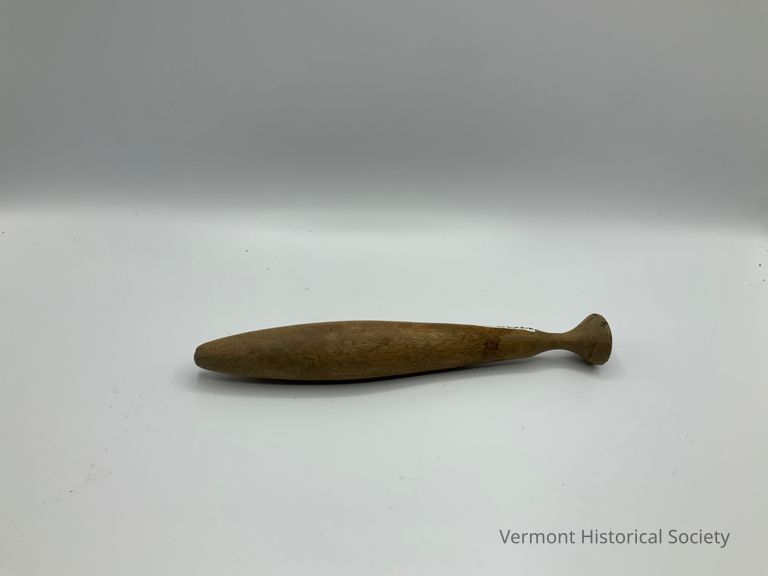
medium brown
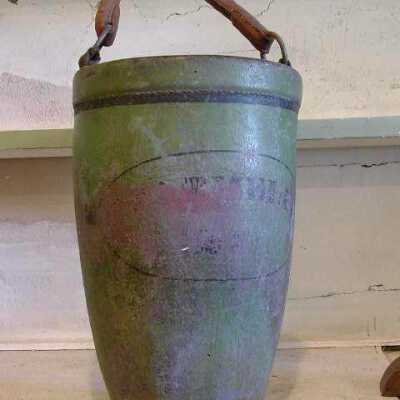
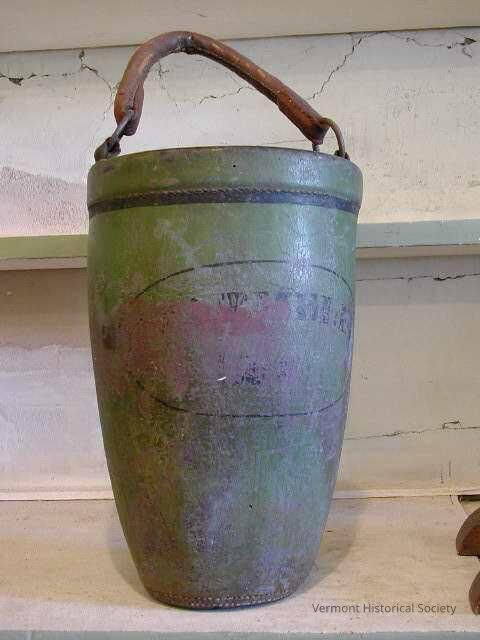
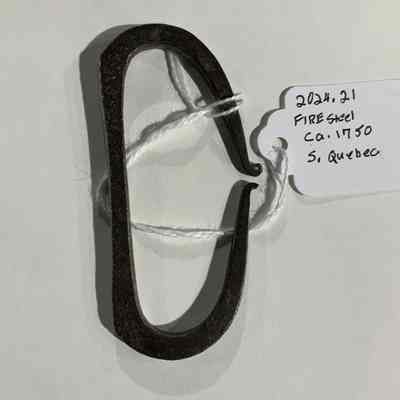
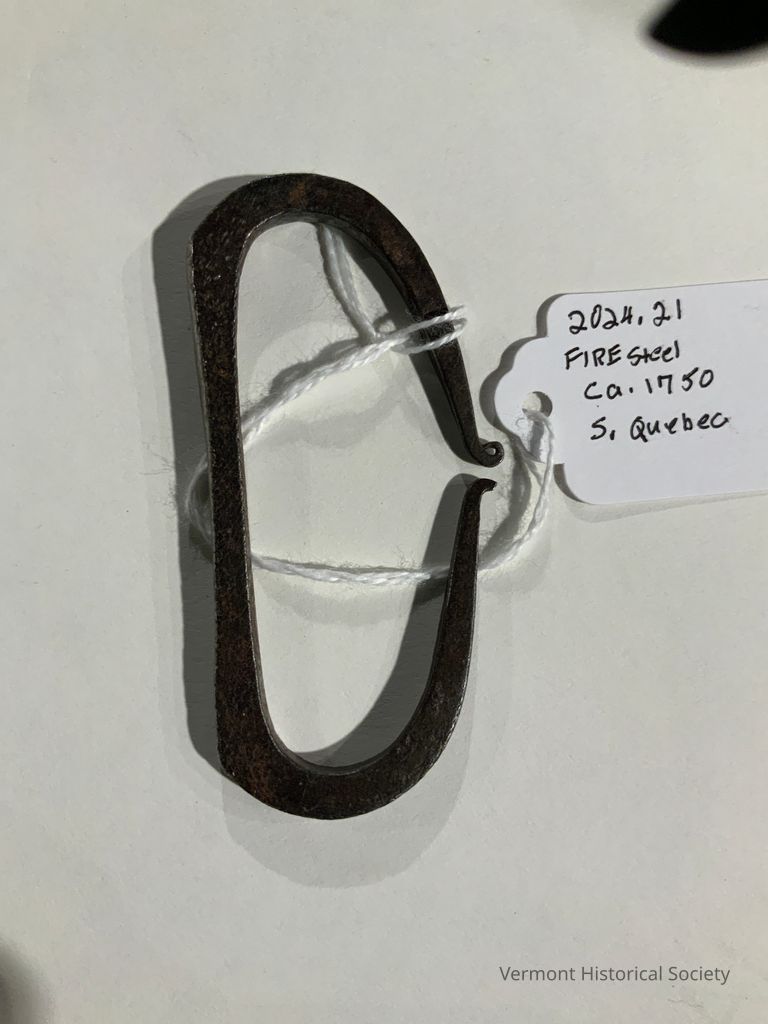
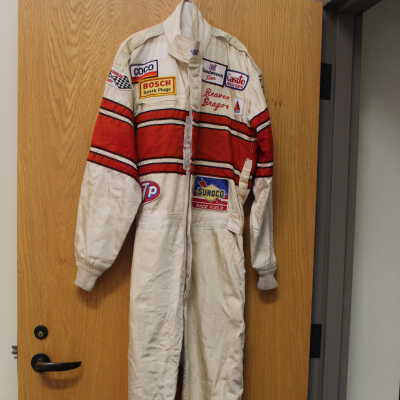
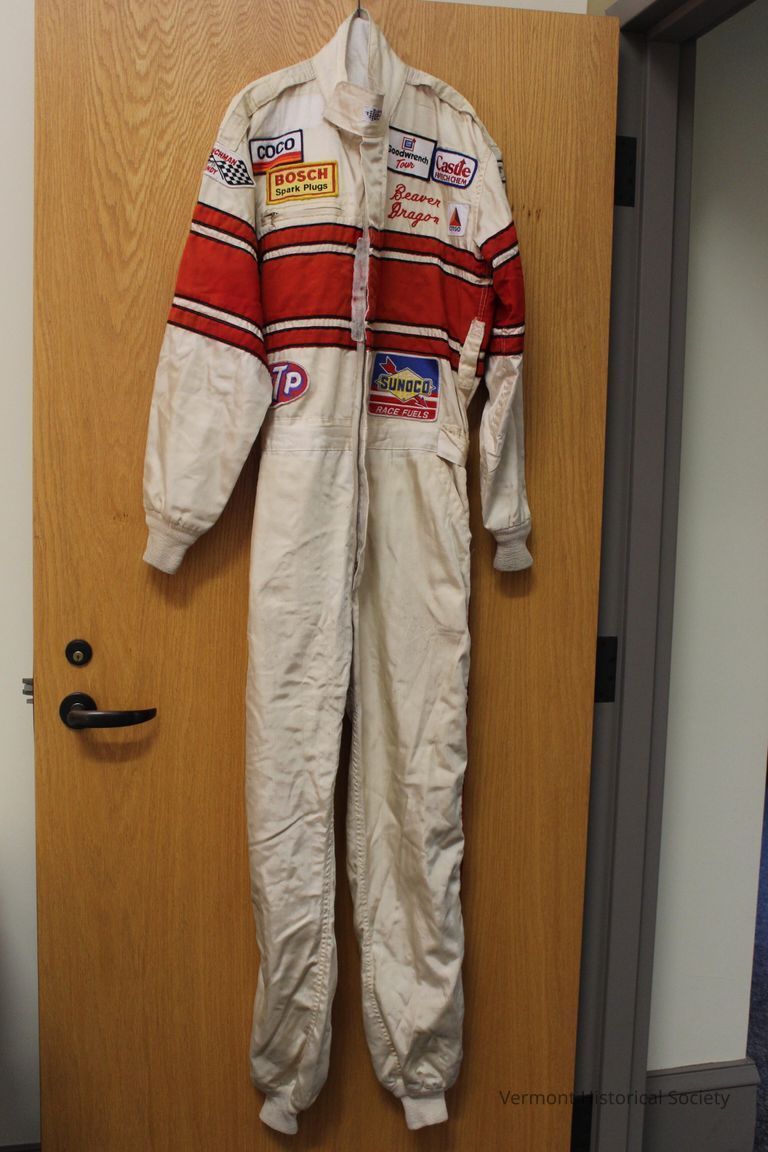
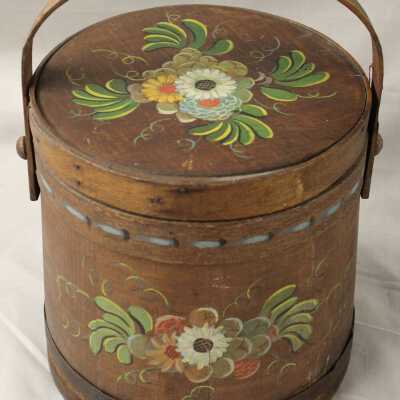
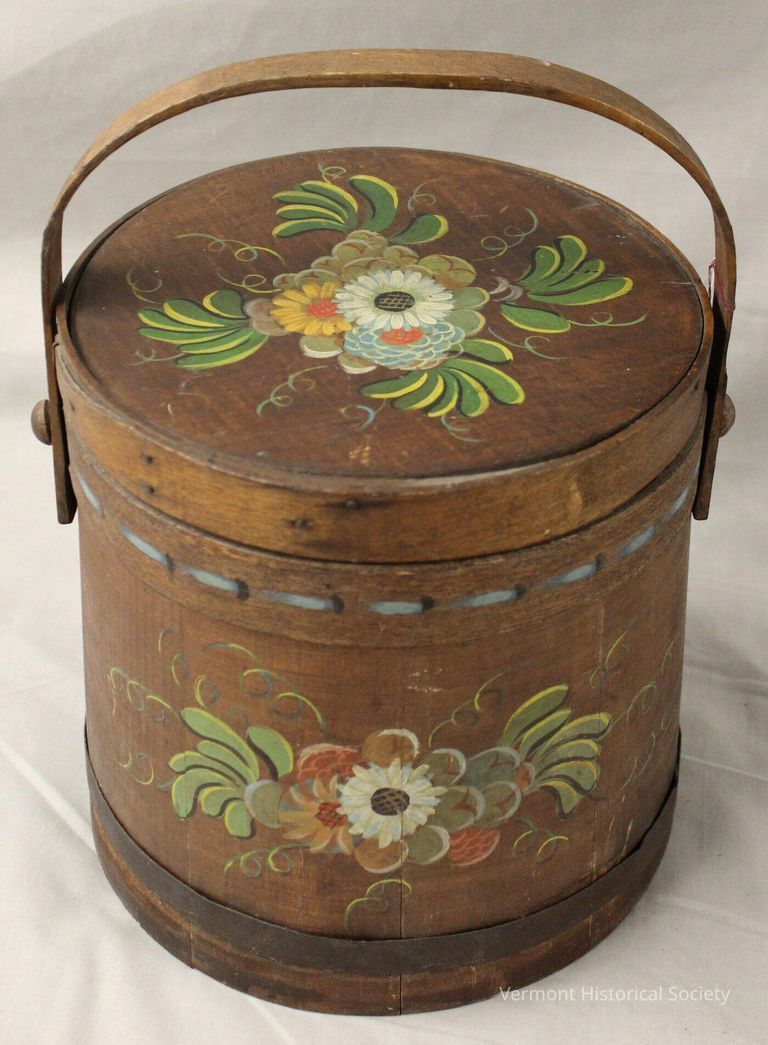
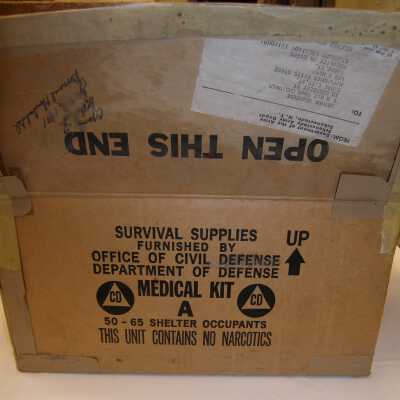
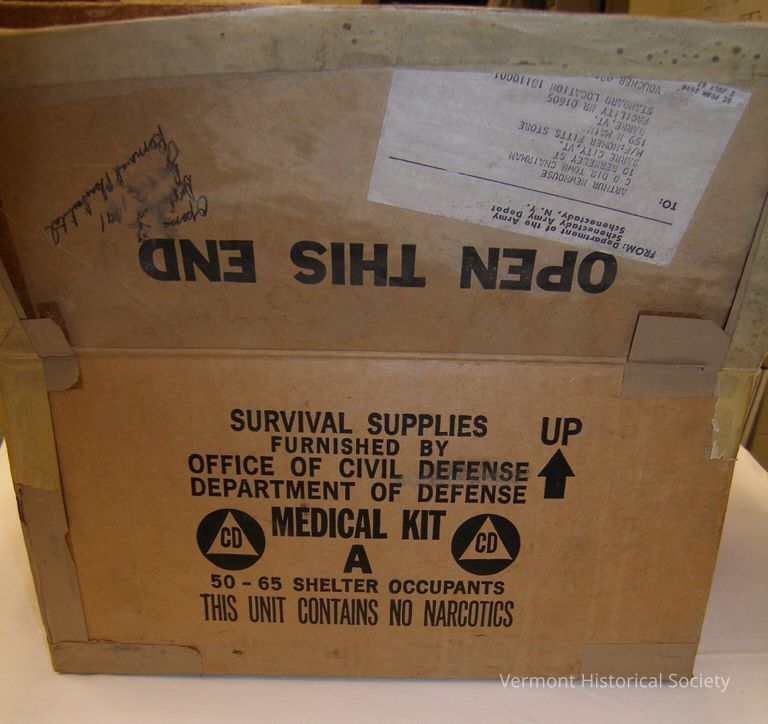
The sides are printed in black letters with, "SURVIVAL SUPPLIES/ FURNISHED BY/ OFFICE OF CIVIL DEFENSE/ DEPARTMENT OF DEFENSE/ MEDICAL KIT A/ 50-60 SHELTER OCCUPANTS/ THIS UNIT CONTAINS NO NARCOTICS" Printed on third side: "DOD - OFFICE OF CIVIL DEFENSE/ FALLOUT SHELTER MEDICAL KIT" and listing the medications, dressings, etc. in the box. There are other directives and instructions printed and written throughout the box.
The box contains the following supplies:
b: 12 unopened boxes of gauze
c: 500 aspirin tablets
d: 100 tongue depressors
e: Bottle of diarrhea medication
f: Bottle sodium chloride (table salt)
g: Isopropyl alcohol
h: Vaseline
i: Syringe fountain (rubber bag, tubing, etc.)
j: 500 sulfadiazine tablets
k: 200 surgical gauze pads.
l: Thermometer
m: Metal tweezers
n: 100 cotton swabs
o: 3 bottles of eye and nose drops
p: 200 water purification tablets
q: Blunt-edged metal pocket scissors
r: 12 1.5-in safety pins
s: 100 Cascara Sagrada laxative tablets
t: 6 bars of surgical soap
u: Large bandage
v: Bottle of Eugenol (toothache remedy)
w: 100 penicillin G tablets
x: Baking soda
y: Sterilized non-compressed purified cotton
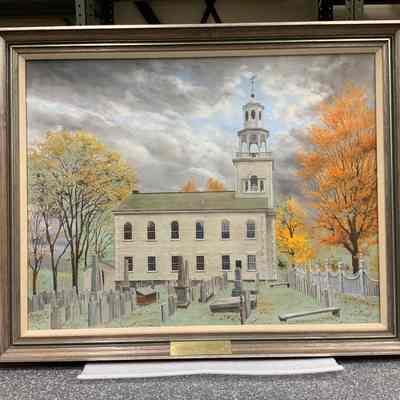
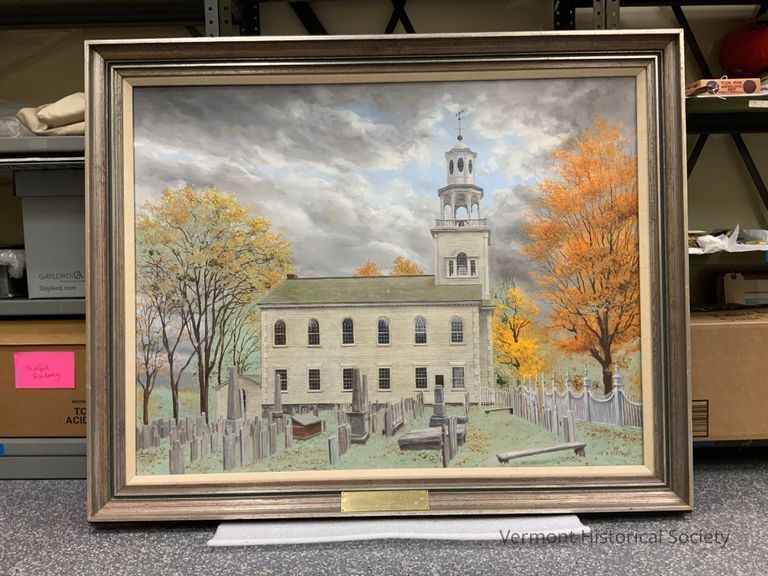
In the foreground is a silvery-white, sloping, latticed fence on the right hand side, each section arching upwards and meeting at white, square poles with later-like decorations atop. Mimicking this fencing making perspective lines towards the central building are perfect rows of thin, learning, vertical, stone slabs (headstones). In the second row from the right is one slab lying groundwards instead of standing up and another stacking of thicker slabs on a squarish base. In the central row is a dark gray squarish column narrowing to a point on an ornamented square, multi-layered basin. In the row to the left of the central row is a rectangular, dark brown structure with a gray top slanting downwards facing the fence (sarcophagus style). On the second row in from the left is another rising column in lighter gray with a squared neck and a pointed top. The light, faded green of the ground extends back and beyond the church into the distance to meet something very dark gray.
This particular painting was gifted by the First Vermont Bank to Senator Leahy and he displayed it prominently in his Washington office until his retirement in 2022. The Senator donated the work to Vermont Historical Society.
The title of this painting is a bit misleading. The first Congregational congregation in the territory that is now Vermont was established in Bennington in 1762 with a meeting house erected in 1766. The current church, as depicted in this painting, was built in 1805 and is one of the oldest continually operating church structures in the state.
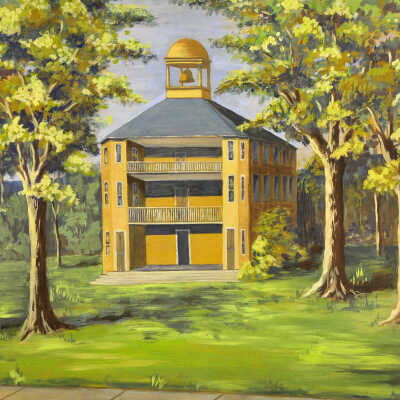
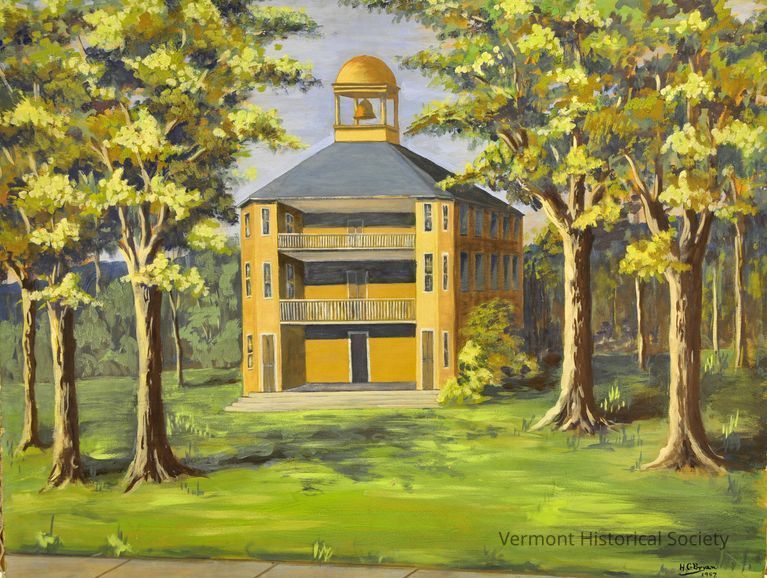
The first State House was designed by Sylvanus Baldwin and constructed of wood in 1808. The building famously hosted a speech by General Lafayette on his grand U.S. tour in 1825. The building was torn down upon the completion of the Second Vermont State House in 1838 (construction started in 1833). The current Vermont Supreme Court building stands on site of this first State House.
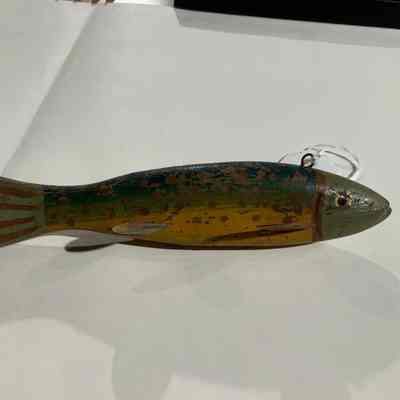
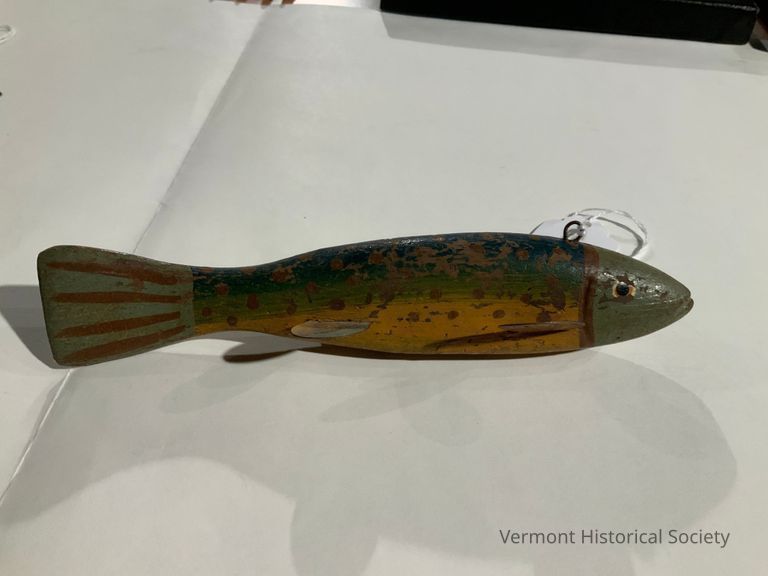
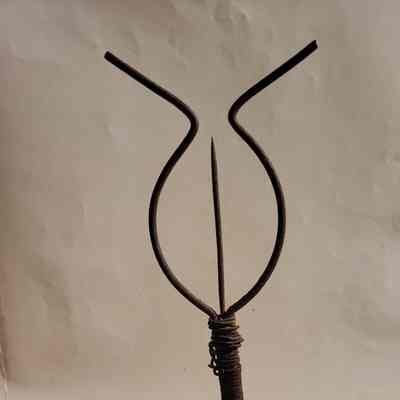
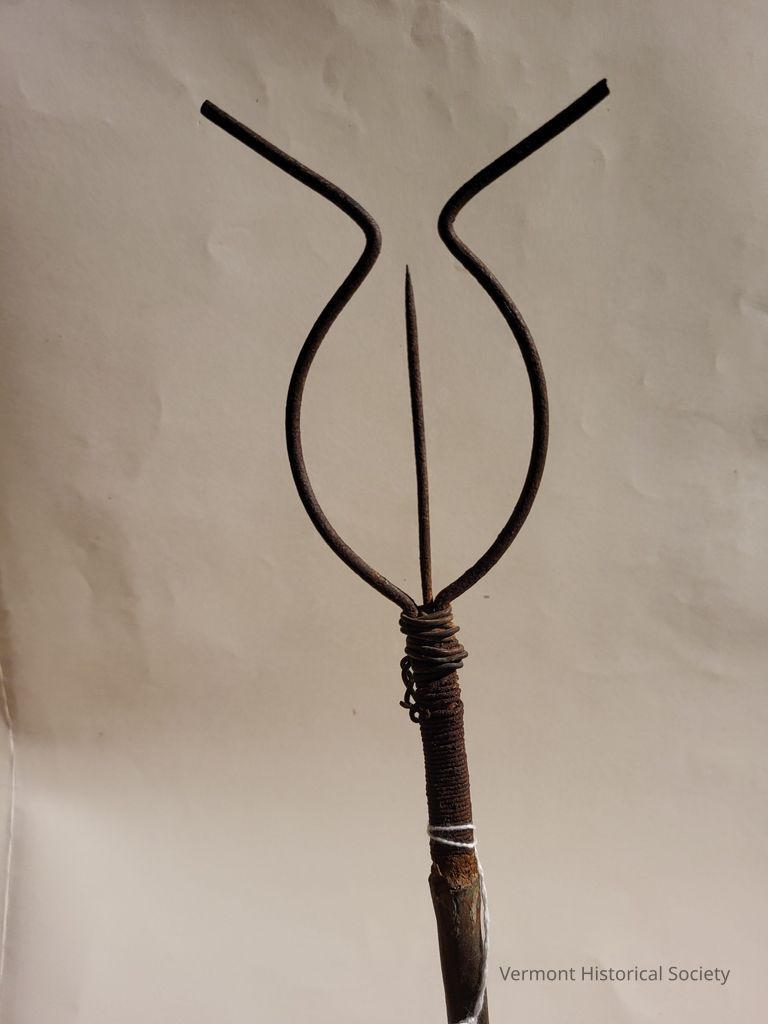
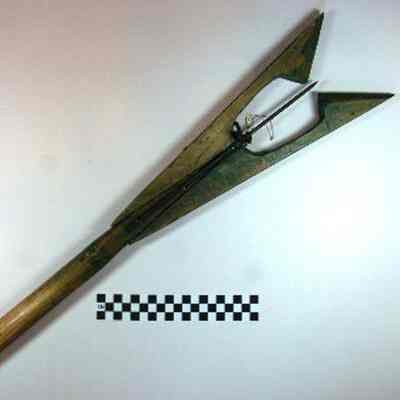
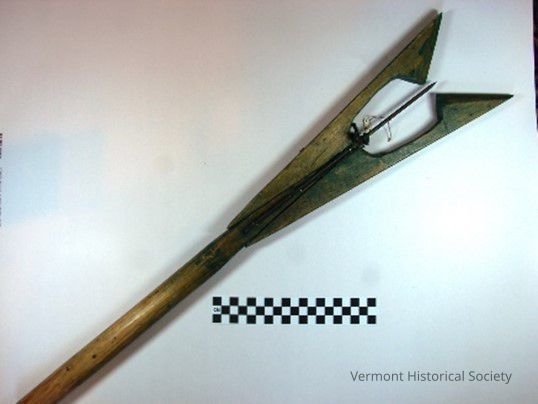
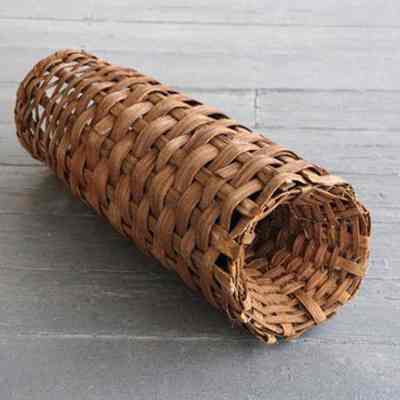
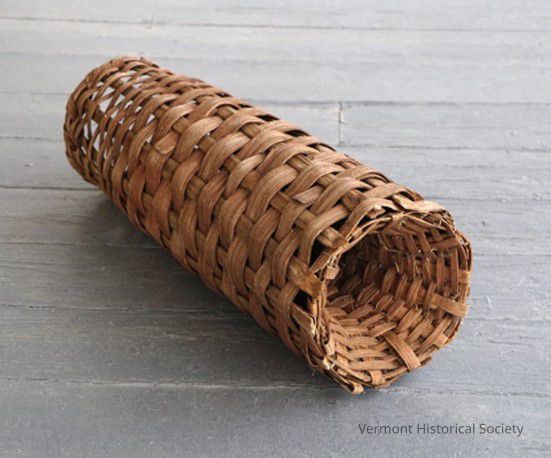
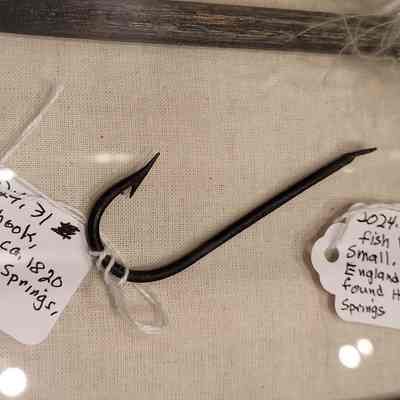
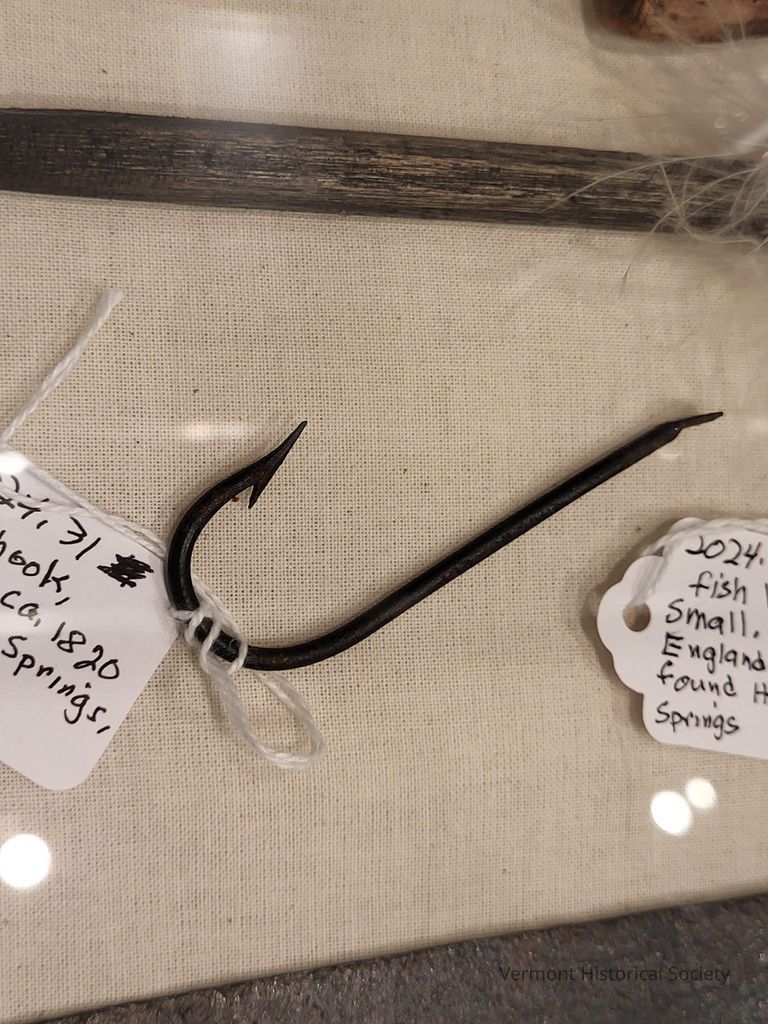
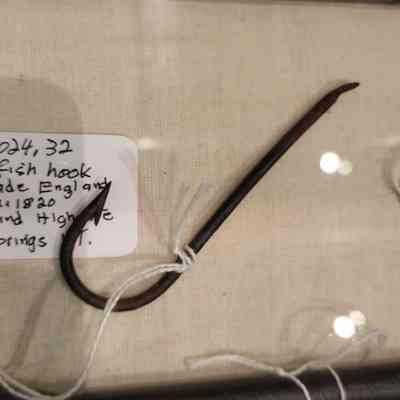
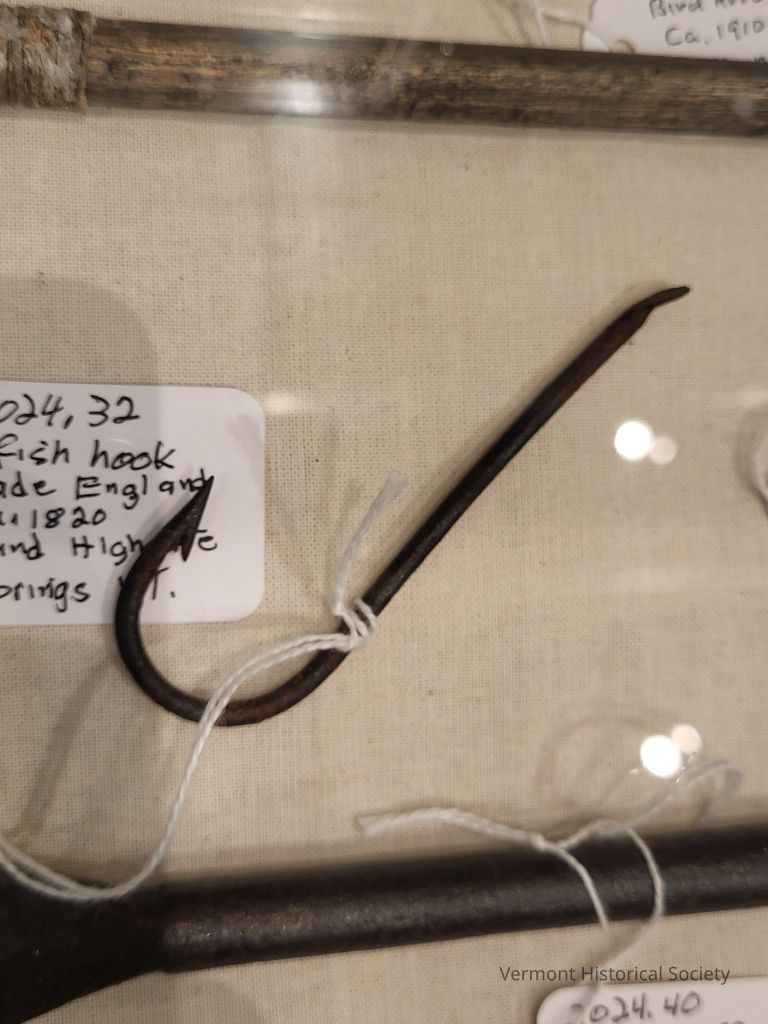
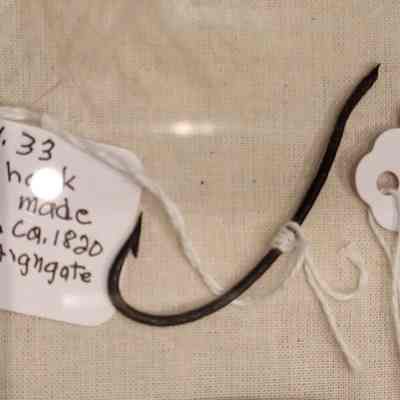
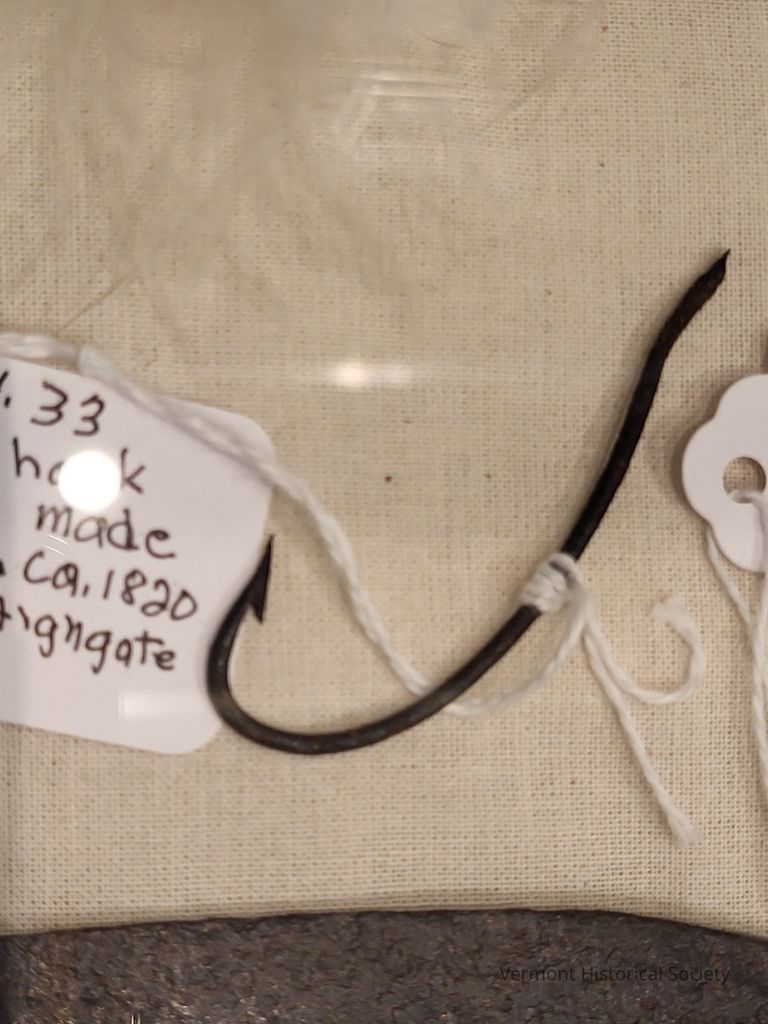
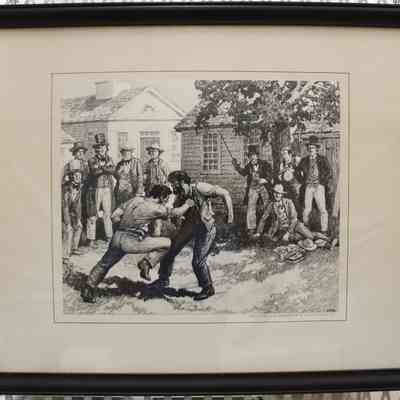
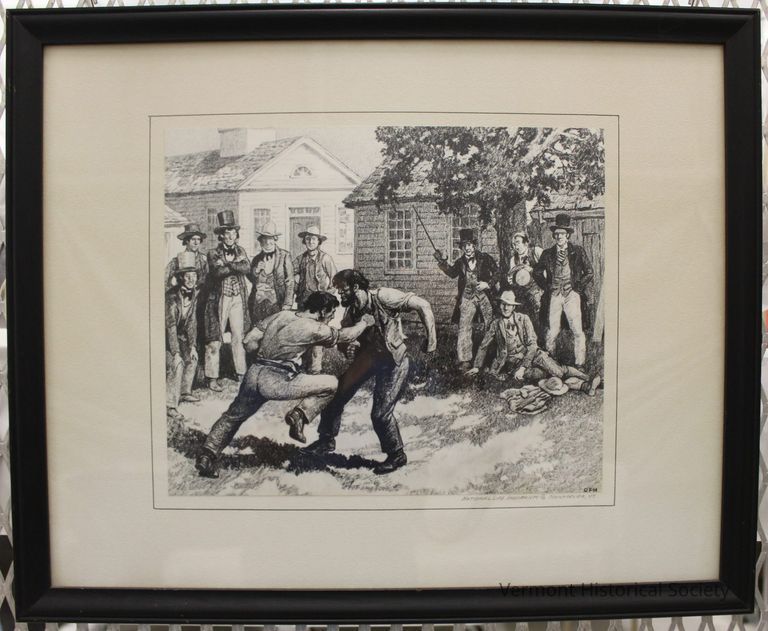
Two men in the foreground are engaged in a fight. Two groups of men in 18th-century clothing appear in the background observing the contest. A clapboarded building and shingled building are in the background and set the scene as a townscape.
This particular print depicts a fictional story, once thought as fact, of two men engaging in a fight/wrestling match for the right to name the current municipality of Barre. The area that we now know as Barre City and Barre Town was originally incorporated as Wildersburgh in 1780. In 1793 the citizens of the town voted to create a new house of worship. To raise the needed funds they offered the rights to rename the town to the person committing the most funds to the meeting house construction. Ezekiel Dodge Wheeler offered £62 and named the town Barre after Barre, Massachusetts.
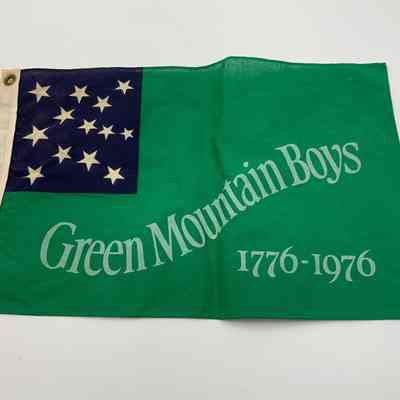
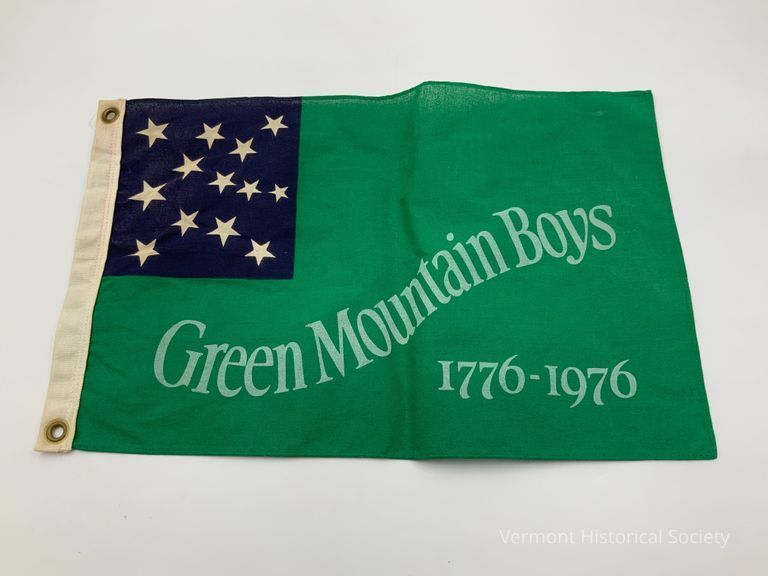
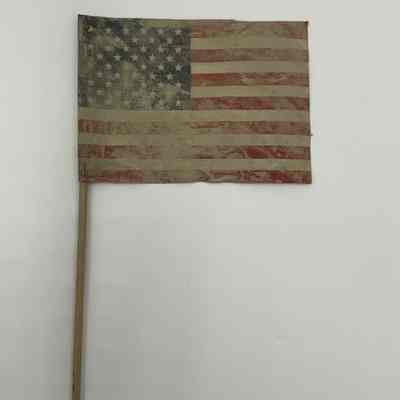
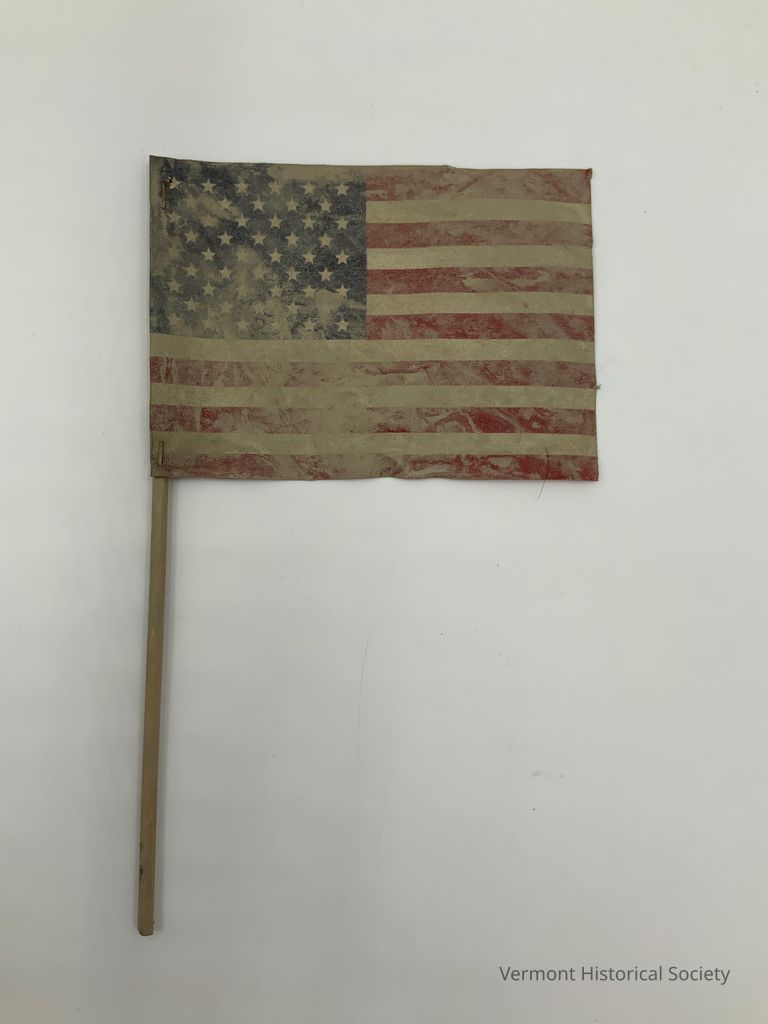
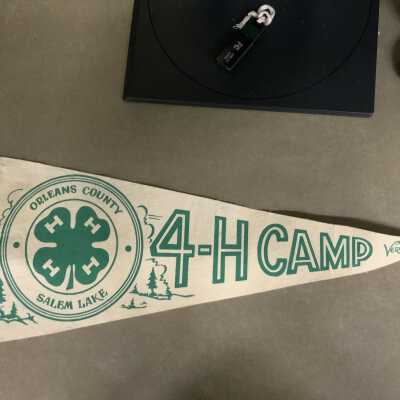
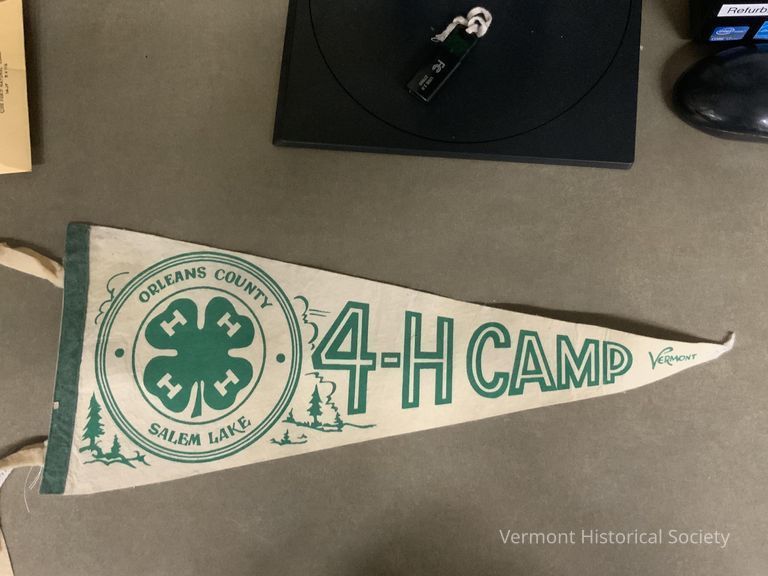
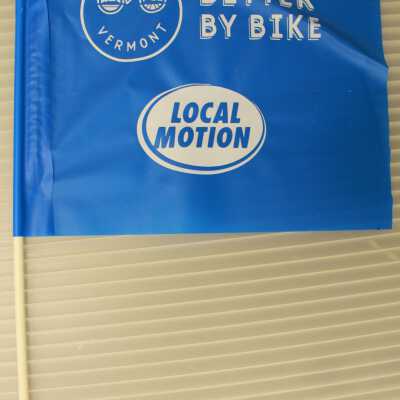
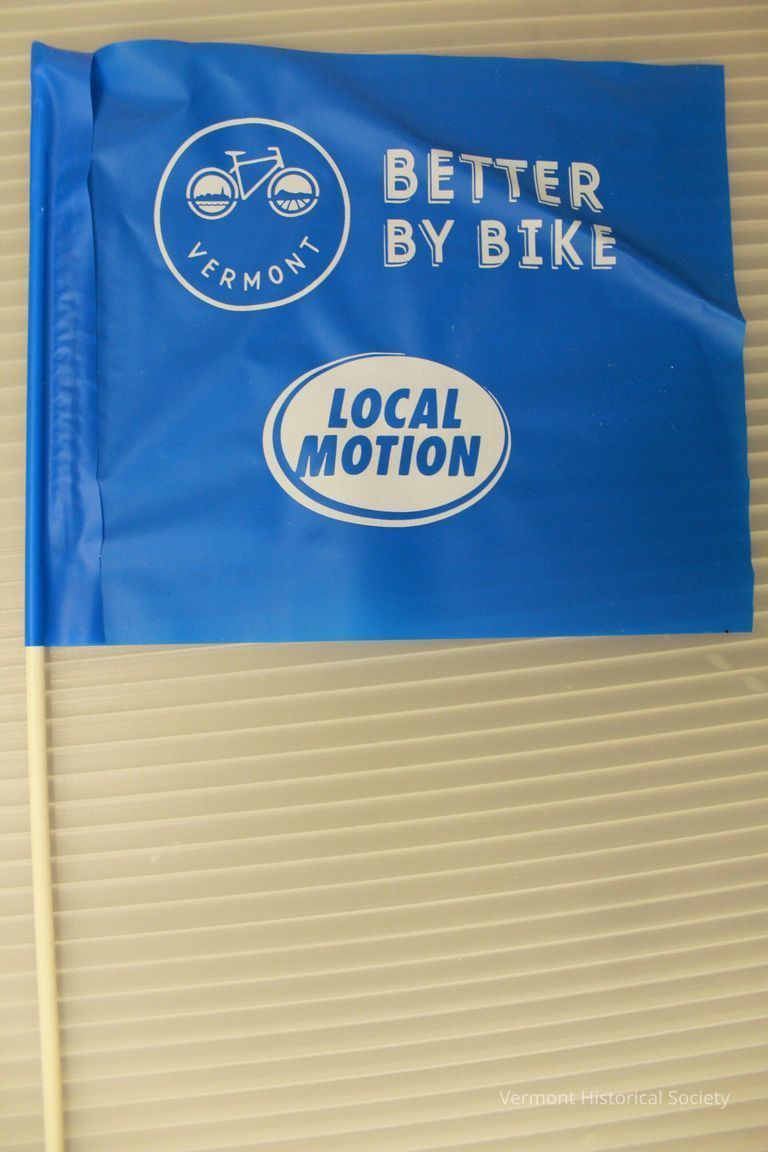
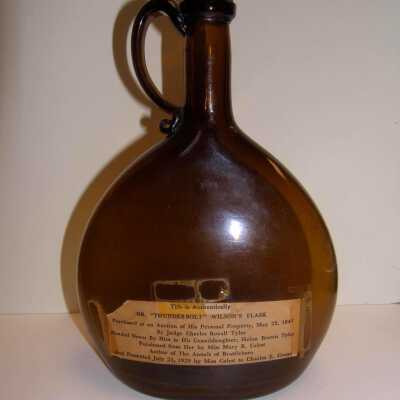
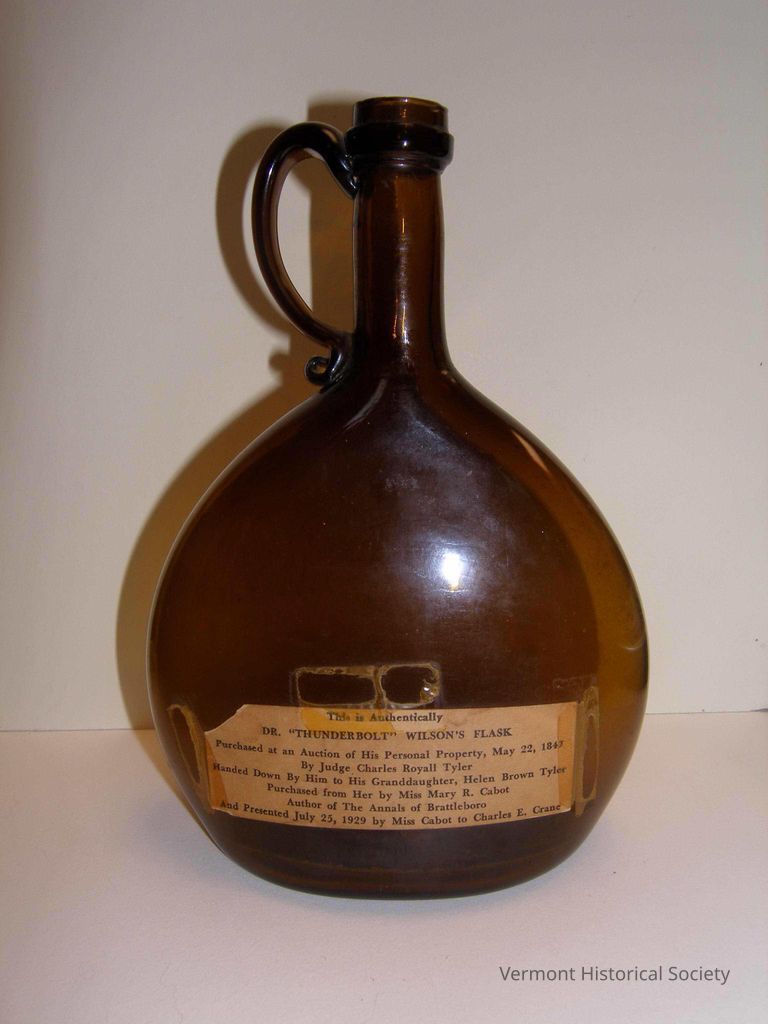

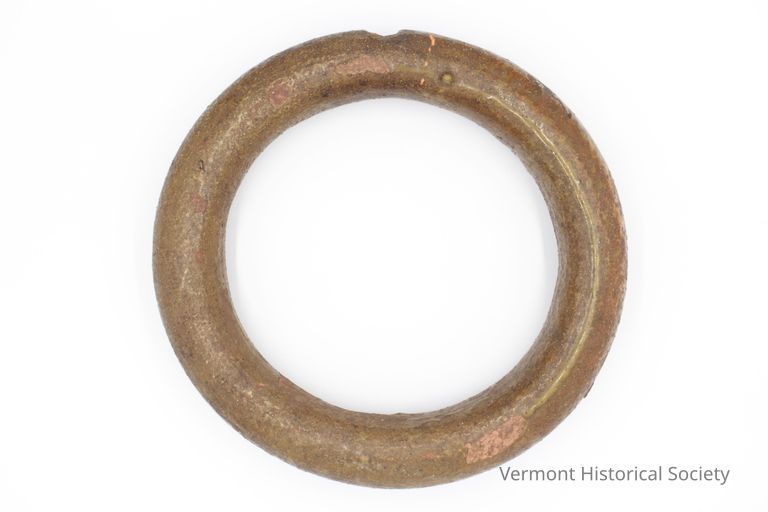
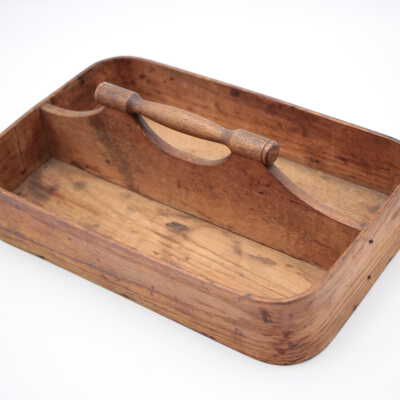
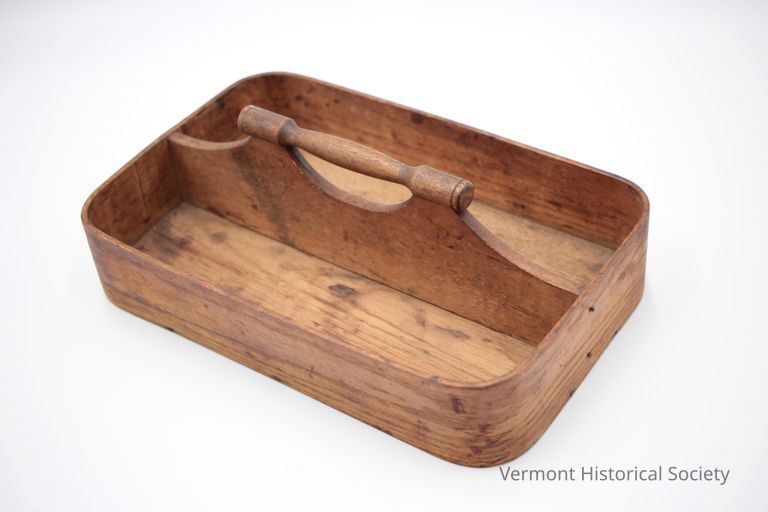
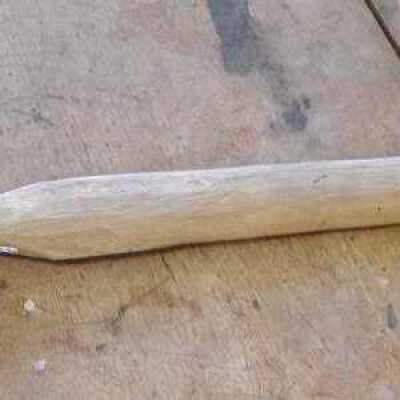
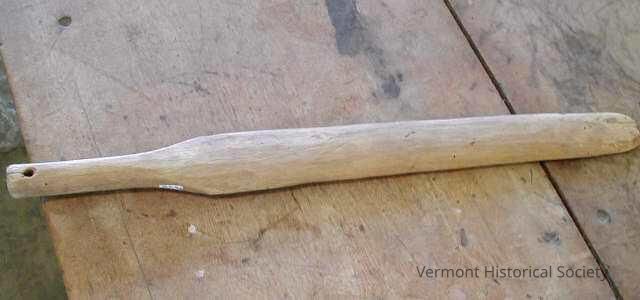
By carefully looking, you can see the marks of the carver.

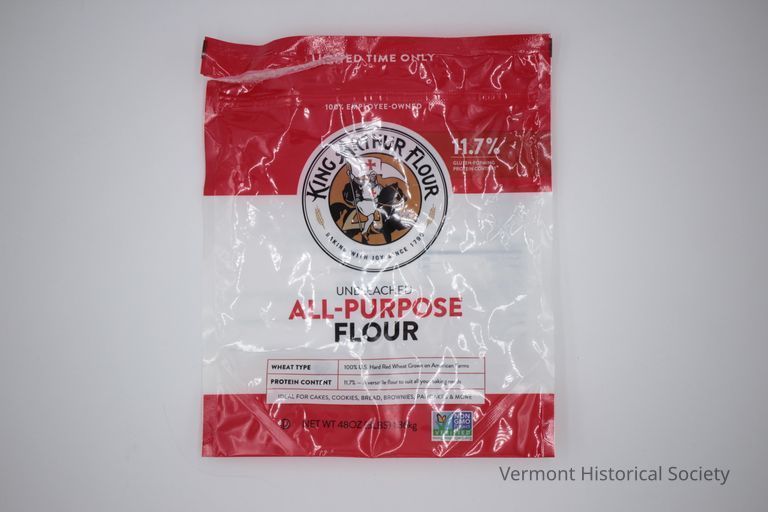
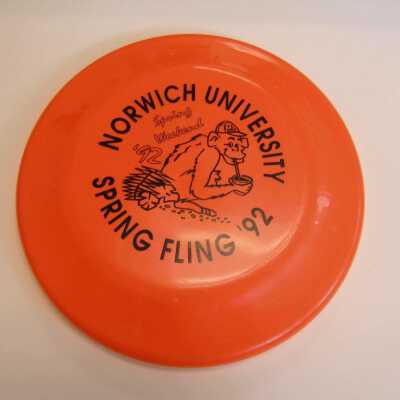
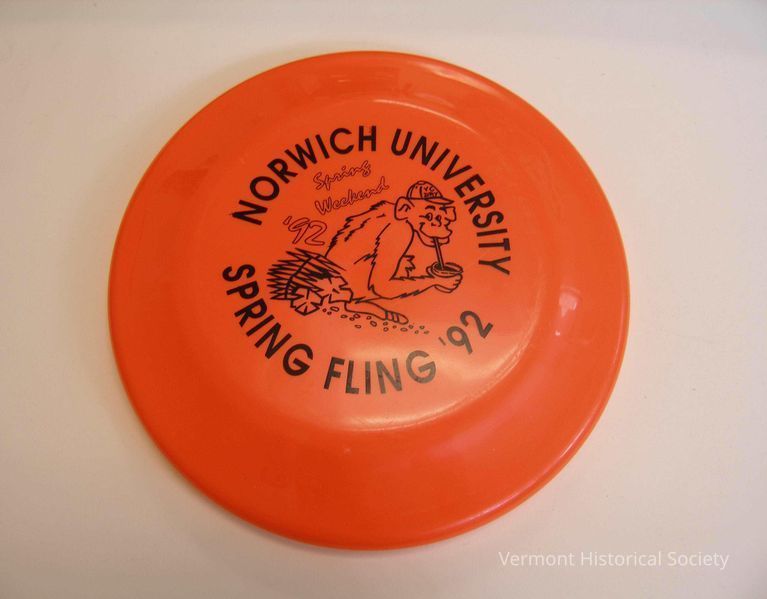
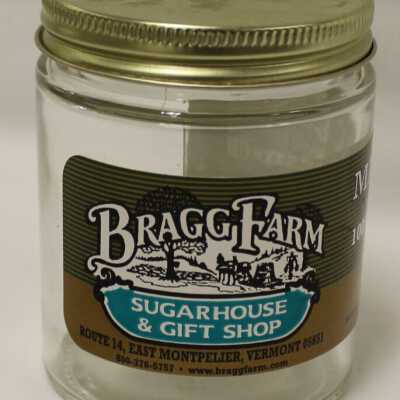
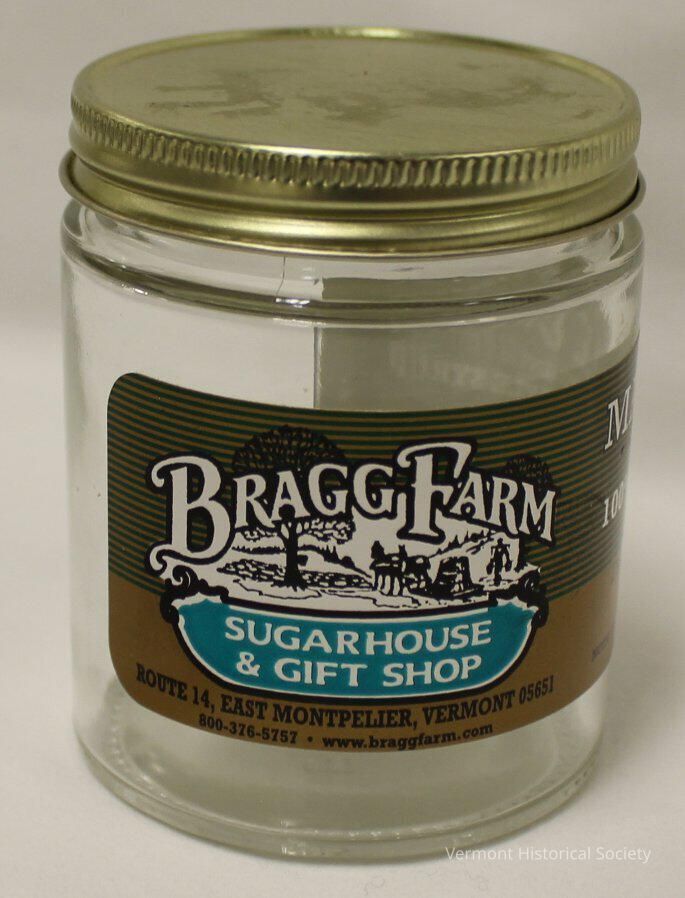
The receipt for the purchase is in the object file.


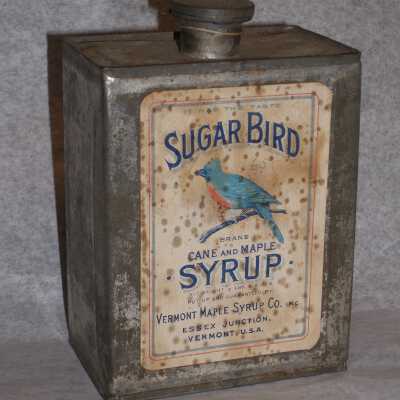
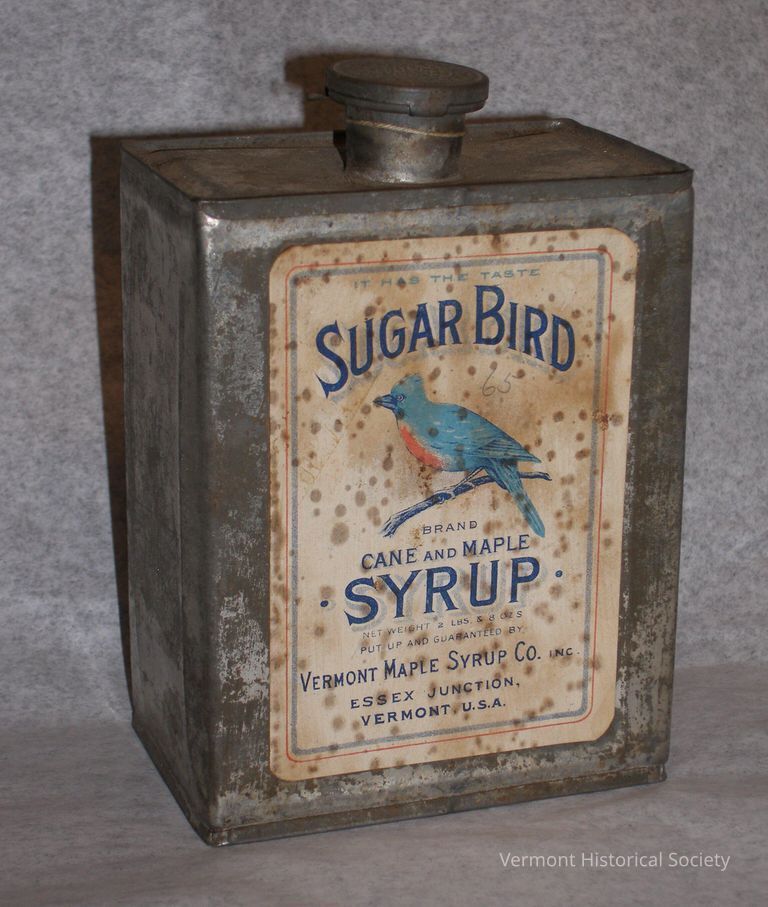

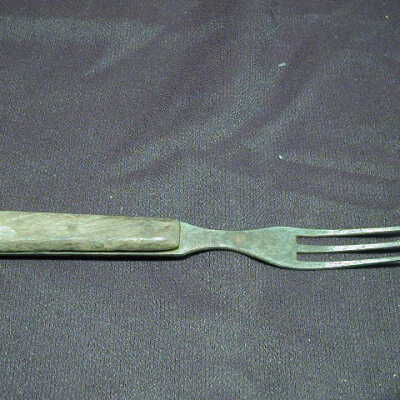
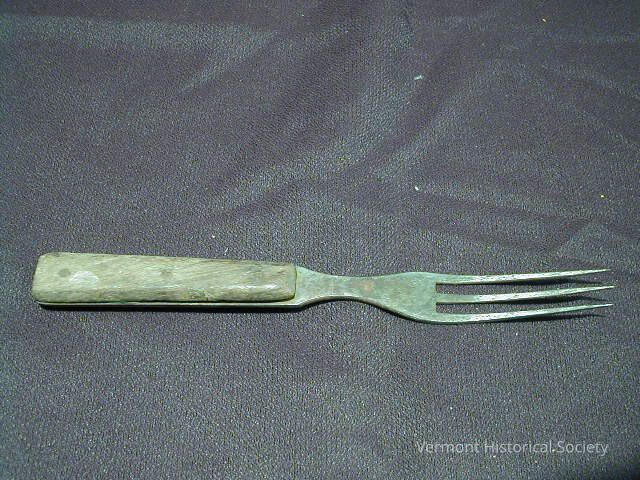
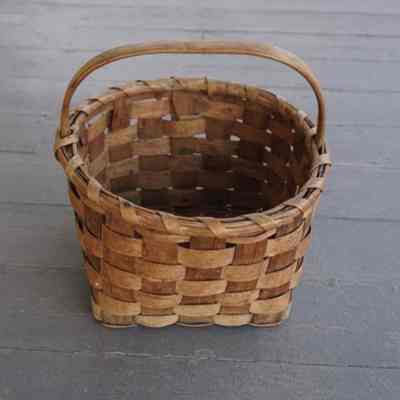
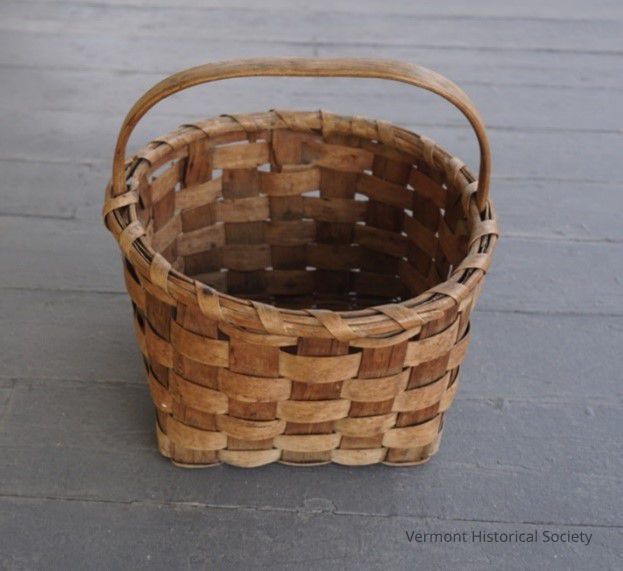
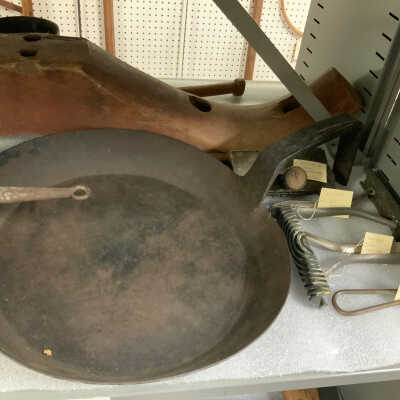
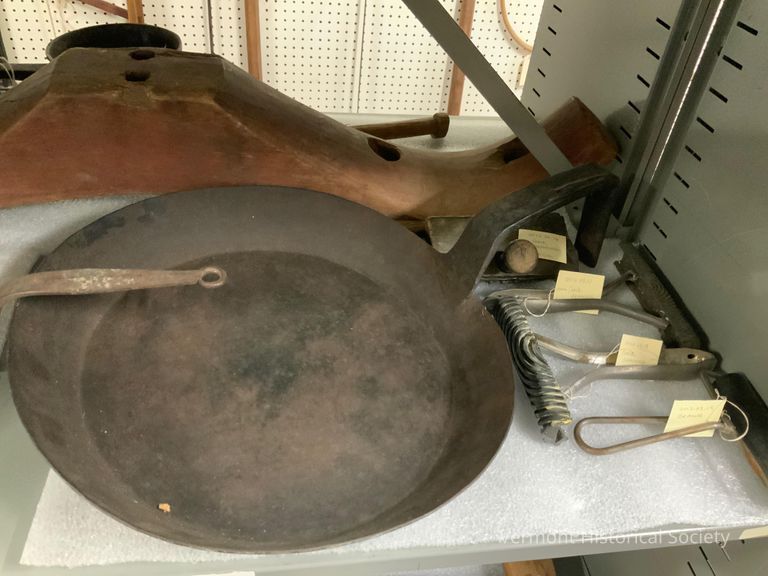
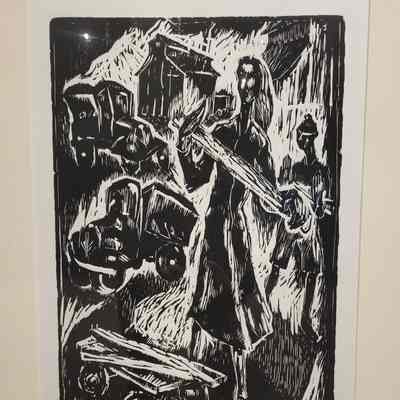
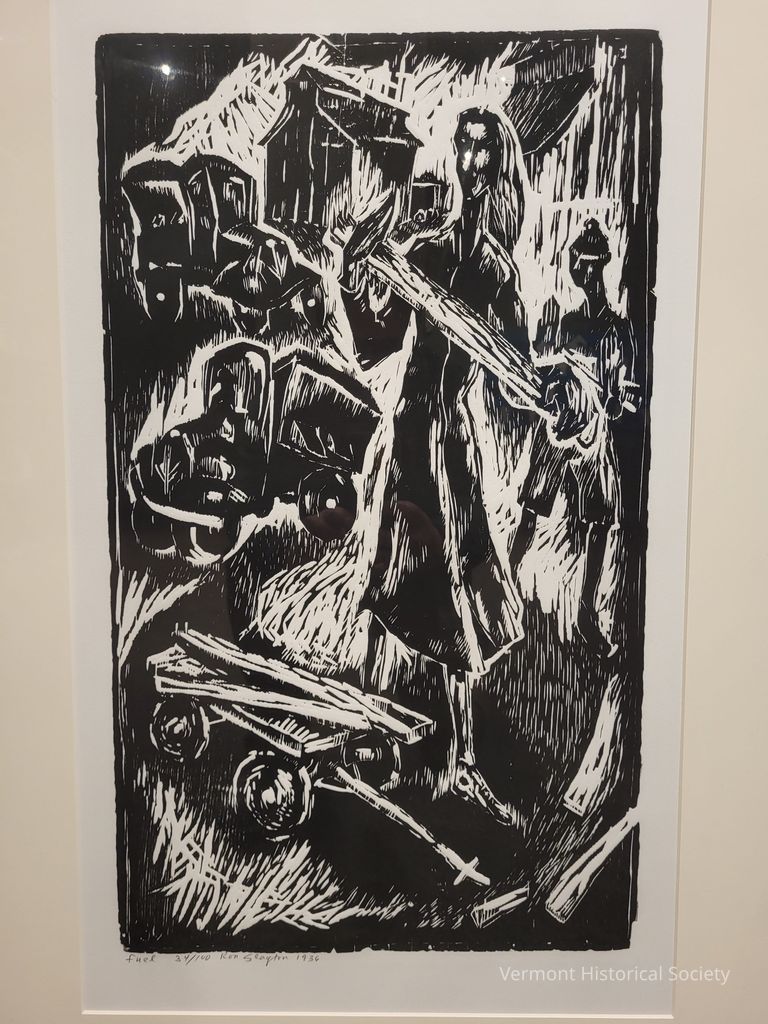
Titled "Fuel" and signed by the artist in pencil.
This particular woodcut was created during his first year working for the Federal Art Project as an easel artist. This print was exhibited in a 1989 exhibition of his work at the T.W. Wood Gallery in Montpelier. To accompany the work, Slayton offered the following poem:
There was a hunger and
They were fed by soil's bounty.
There was a thirst for water
And water was there in all living things,
A remnant of sea left in themselves
There was darkness, then as now,
Soft upon the island hills at dusk;
Night, a same black ocean, swept the valleys
To wane before their feeble fire.
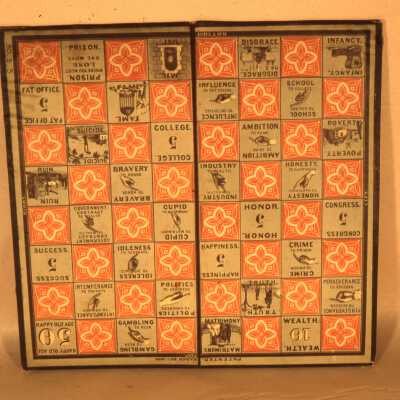
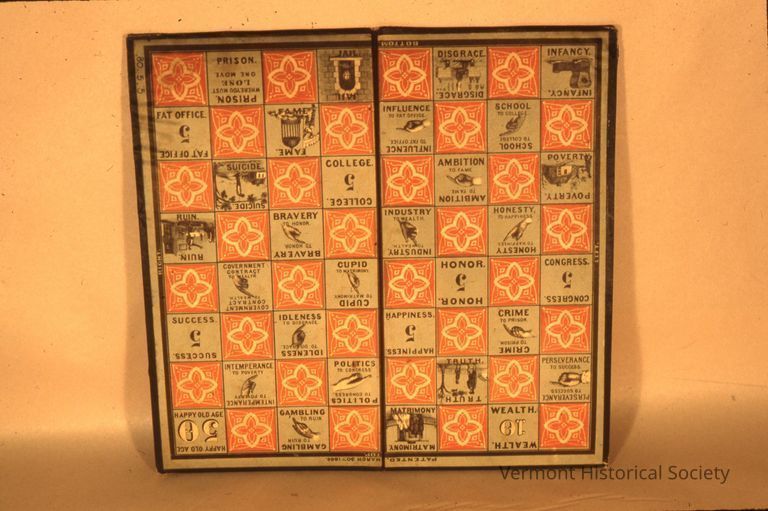
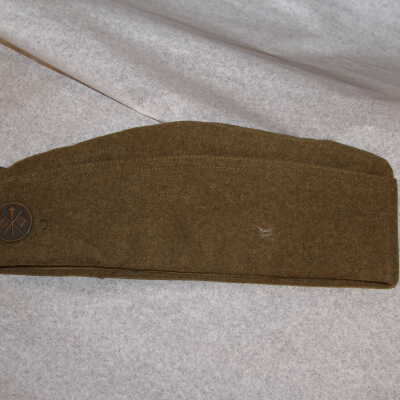
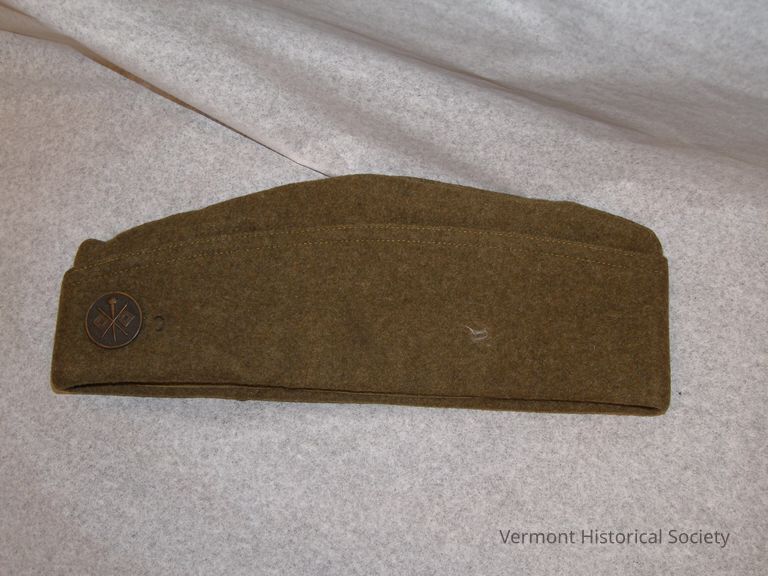
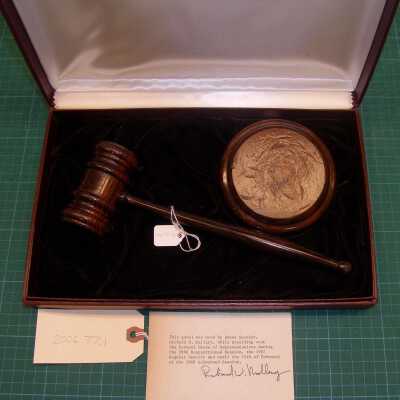
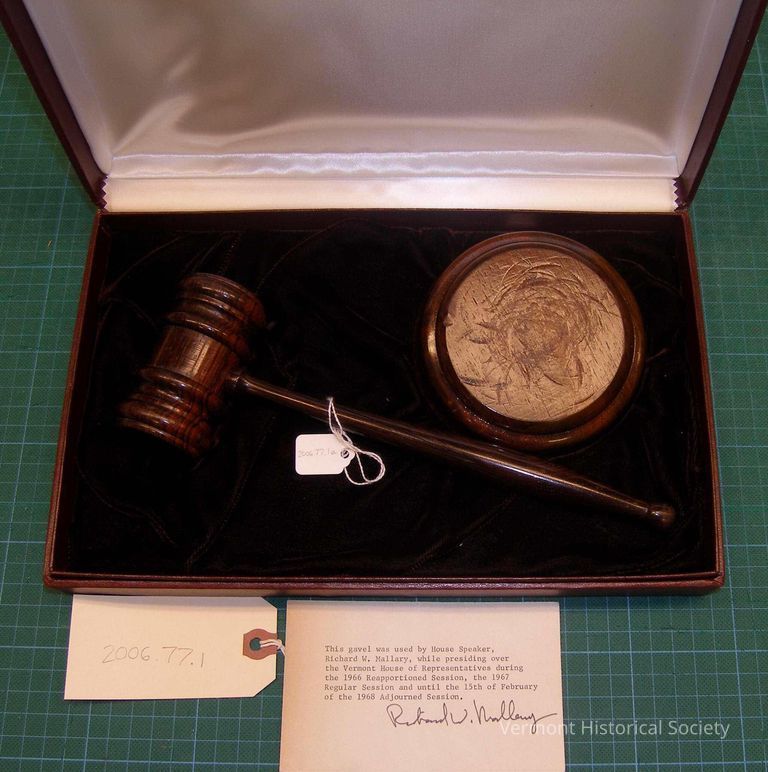
a=gavel Shaped head and handle. Head has four ridges on it, two on either side of the handle.
b=block Round with shaped sides. Cork sheet applied to the bottom.
c=leatherette covered box (maroon) lined with maroon velvet and white 'satin.' Gold colored line decorates the top edge of the bottom. A straight gold 'handle' is in the center of the top front. The hinge on the lid has a 'catch' so it stays open when opened all the way and closes only when pressure is applied.
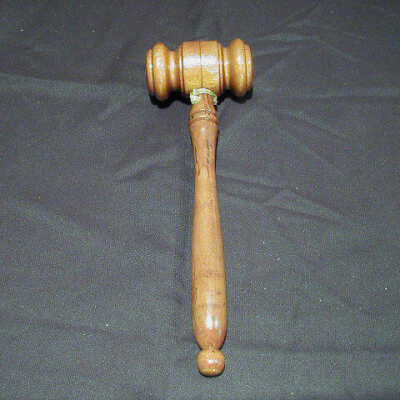
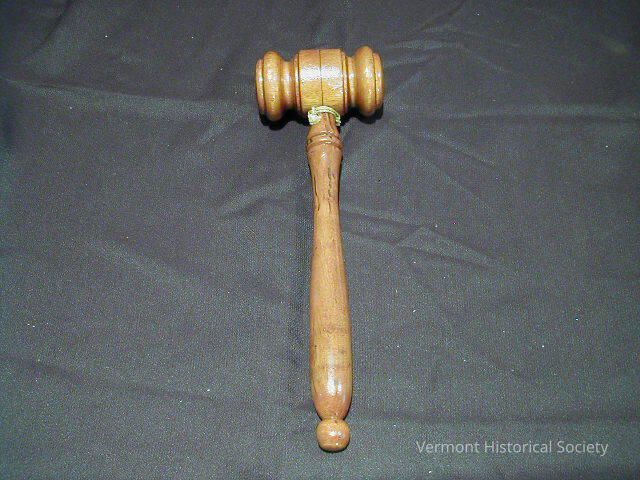
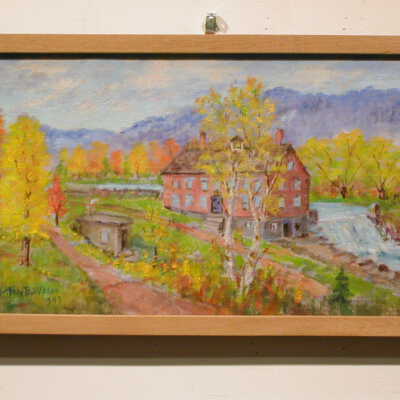
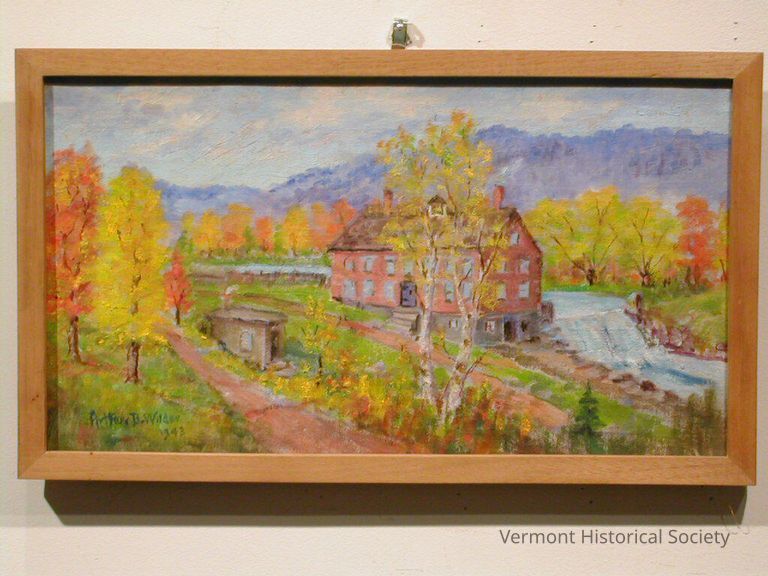
Though much of Wilder's work reflected the existing landscape he observed on painting trips, this particular piece depicts the original Tunbridge Mill as it would have appeared in the 1870s.
Founded in Tunbridge in 1869, the Gay Brothers company quickly expanded to larger Mills first in Cavendish and then in Ludlow. Going out of business in 1944, the publication and painting helped document the impressive run of a Vermont wool enterprise.
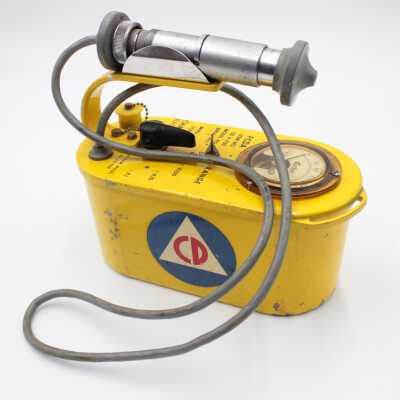
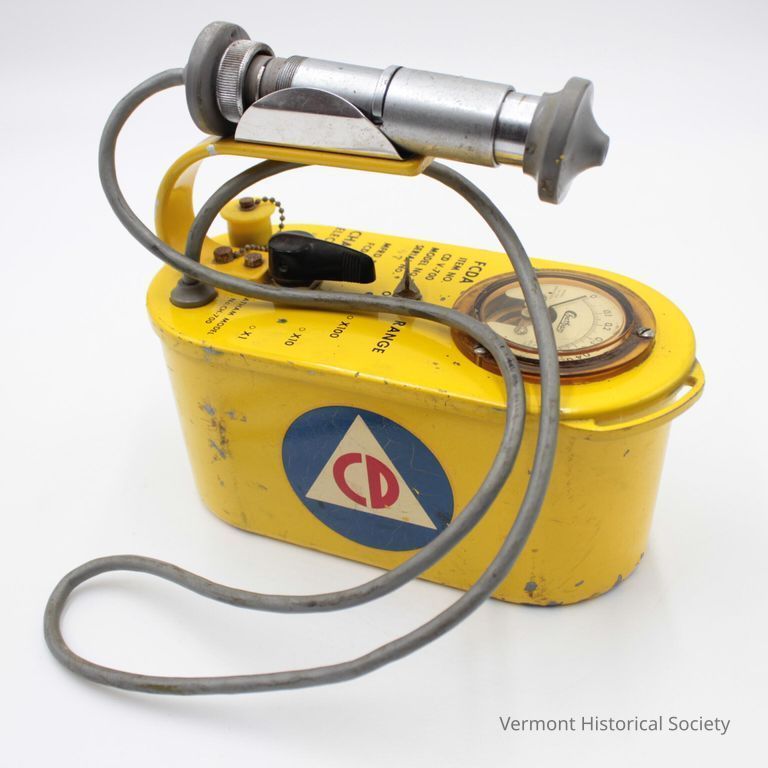
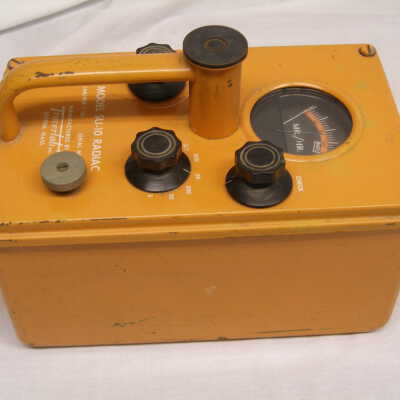
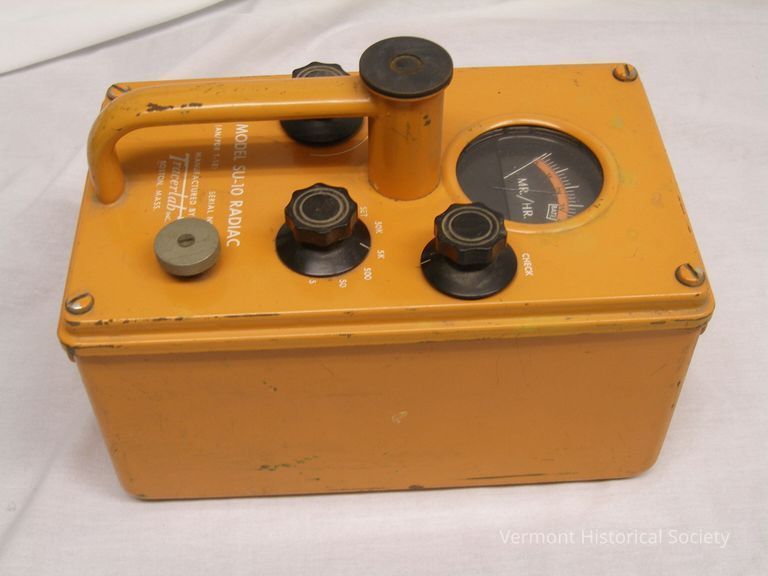
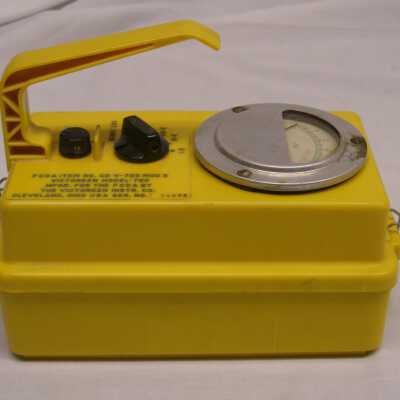
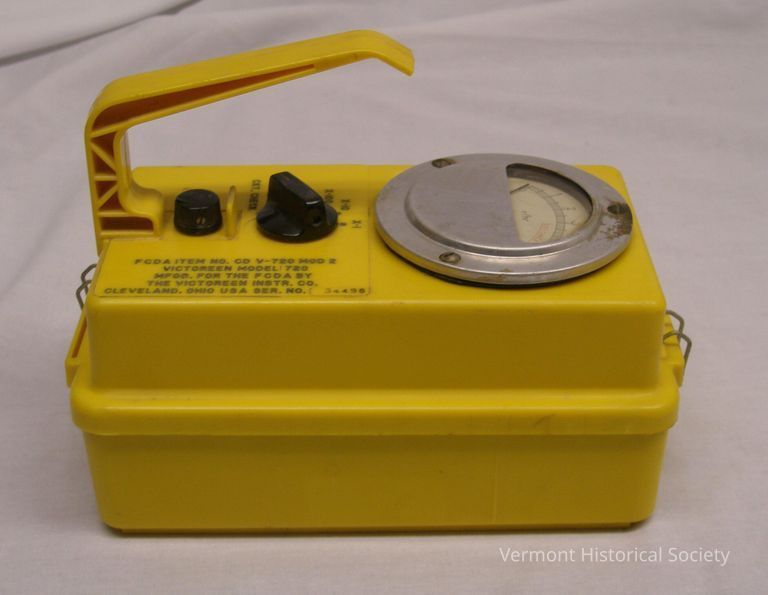
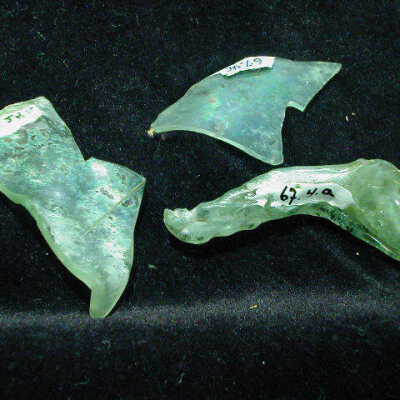
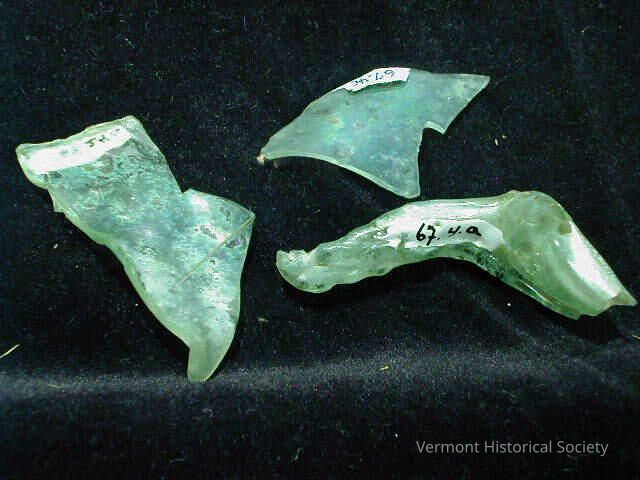
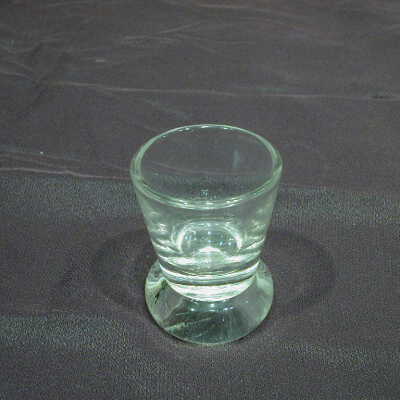
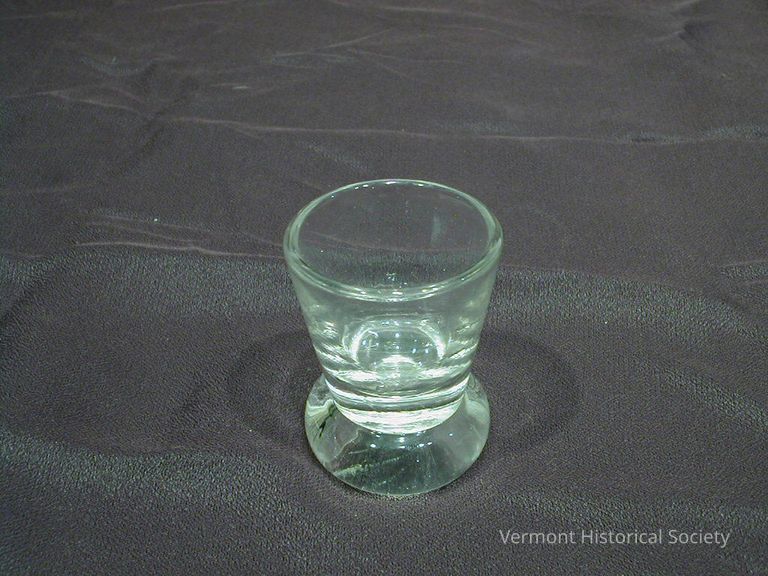
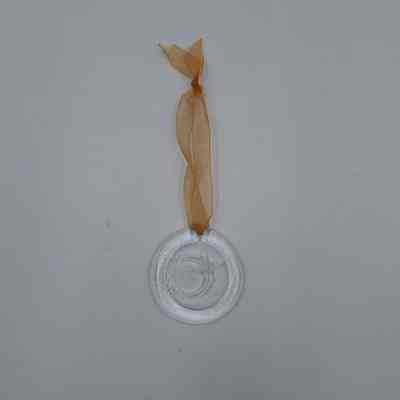
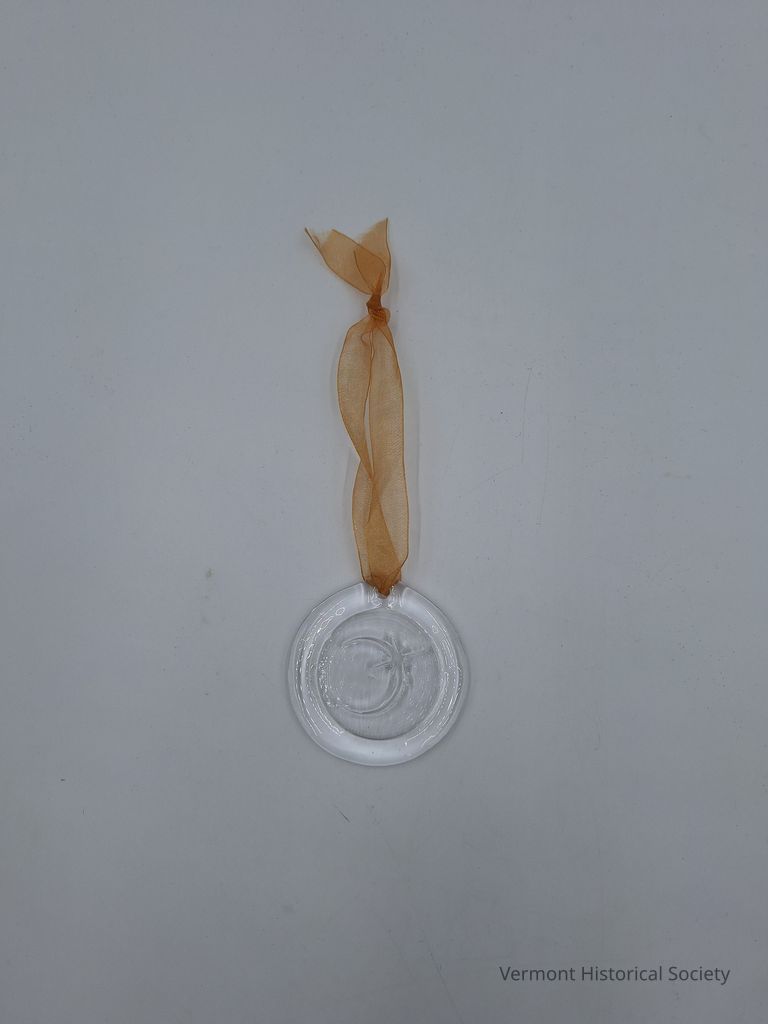
Process photos courtesy of Brian MacDonald Photography.
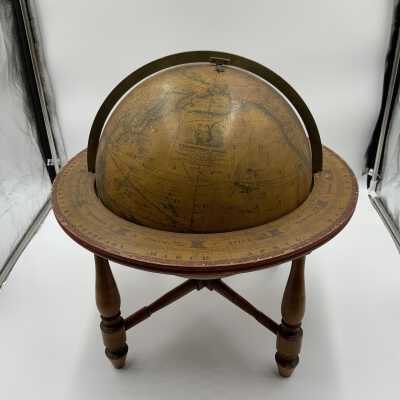
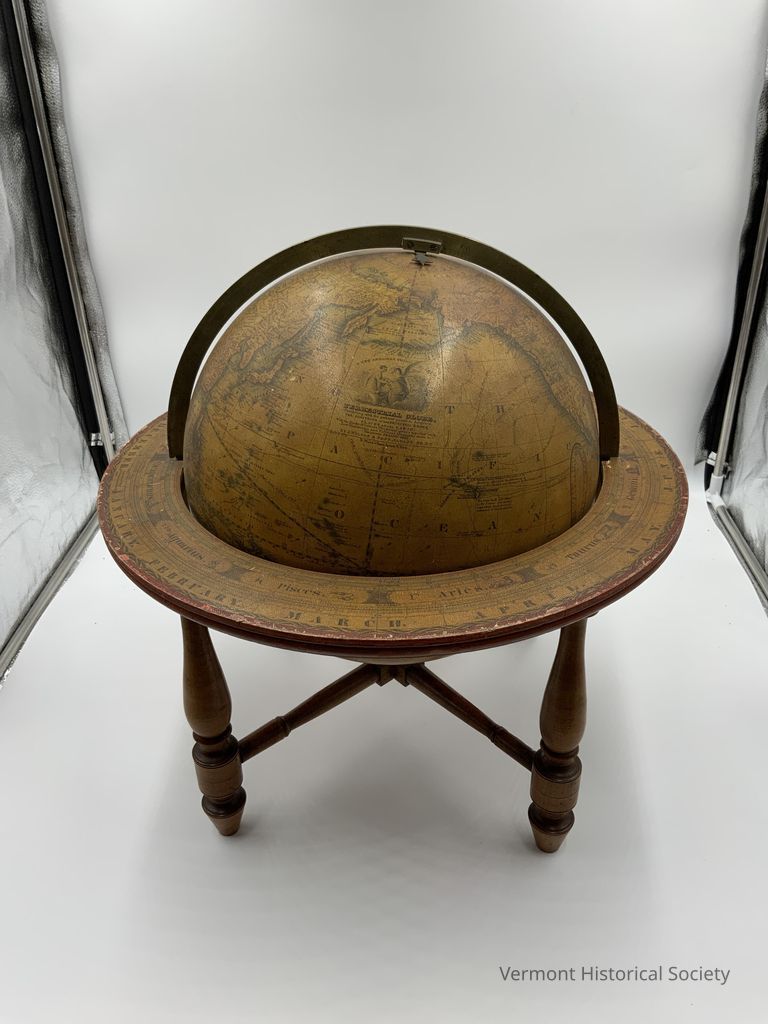
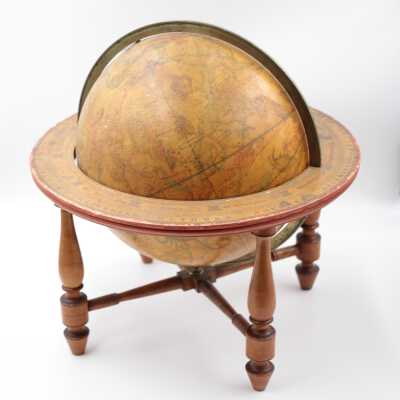
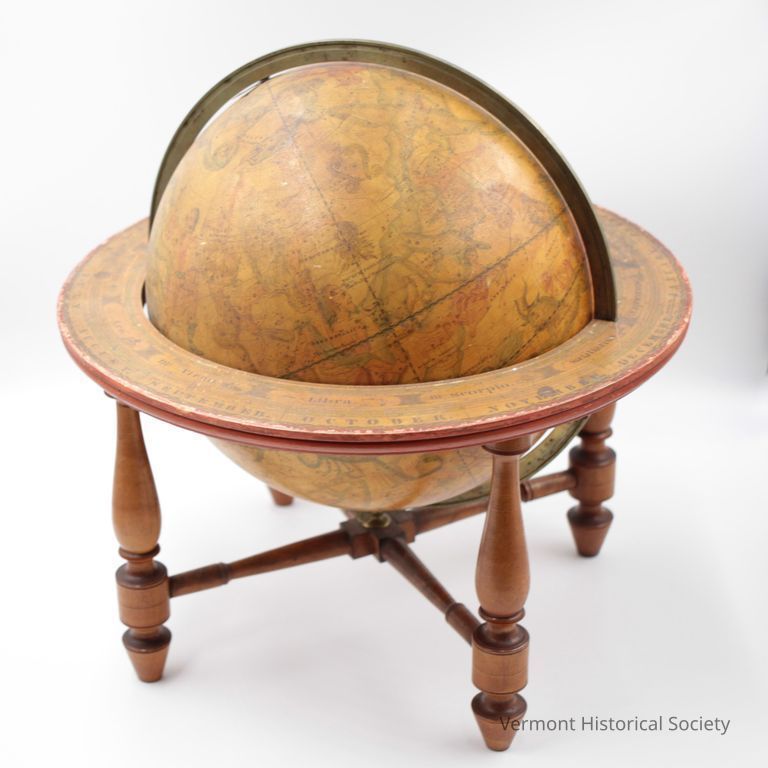
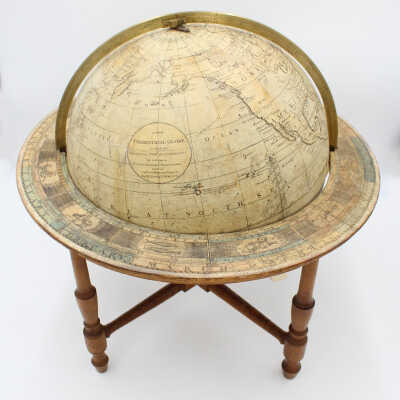
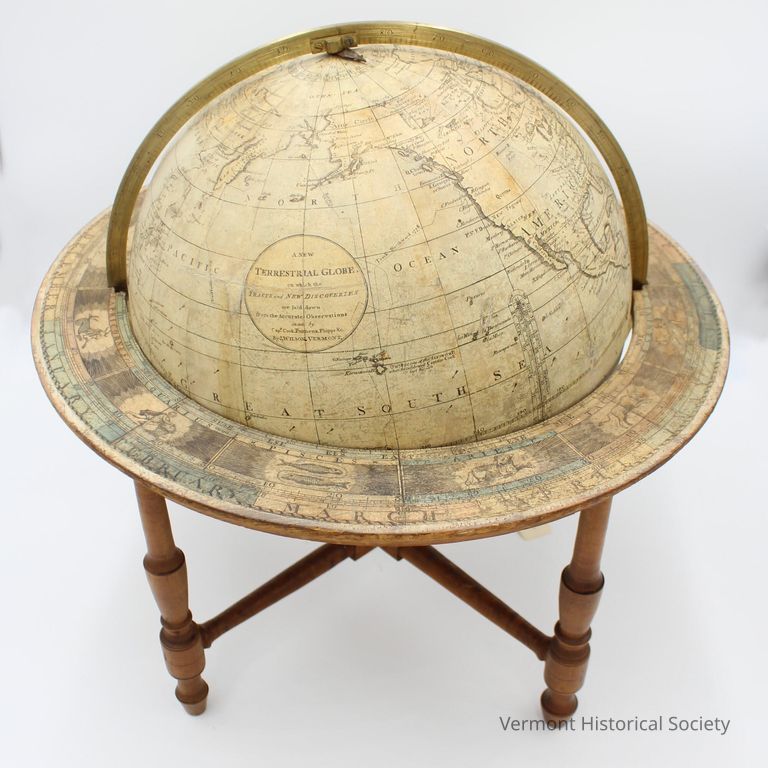
The wooden stand is supported on four turned legs that are connected crosswise in the center. The globe can spin freely or be locked in place by making adjustments to the brass piece.
On the legend on the globe is printed the explanatory text: "A NEW / TERRESTRIAL GLOBE, / on which the / TRACTS and NEW DISCOVERIES / are laid down / from the Accurate Observations / made by / Cap.t. Cook, Furneux, Phipps & C. / By J. WILSON, VERMONT."
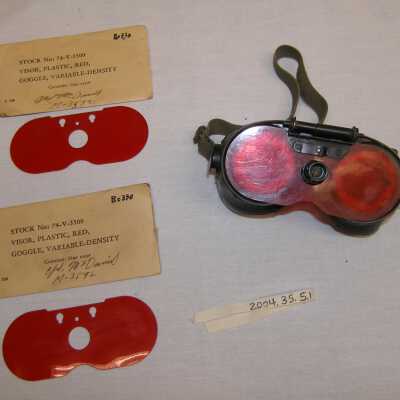
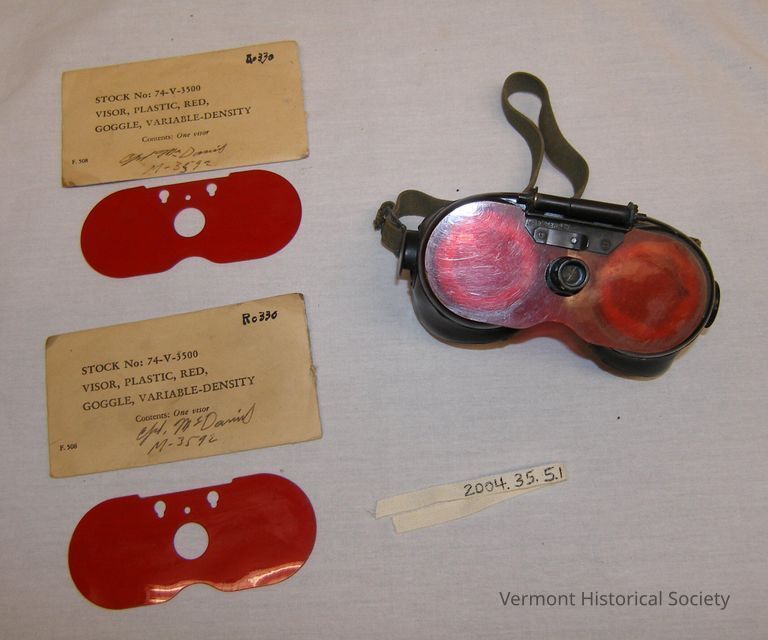
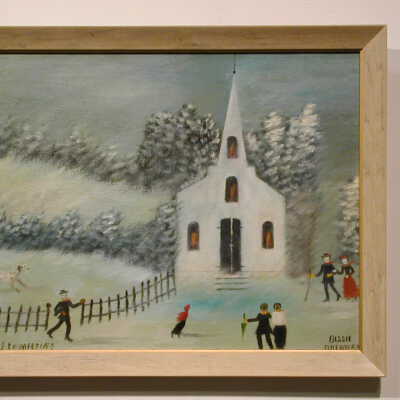
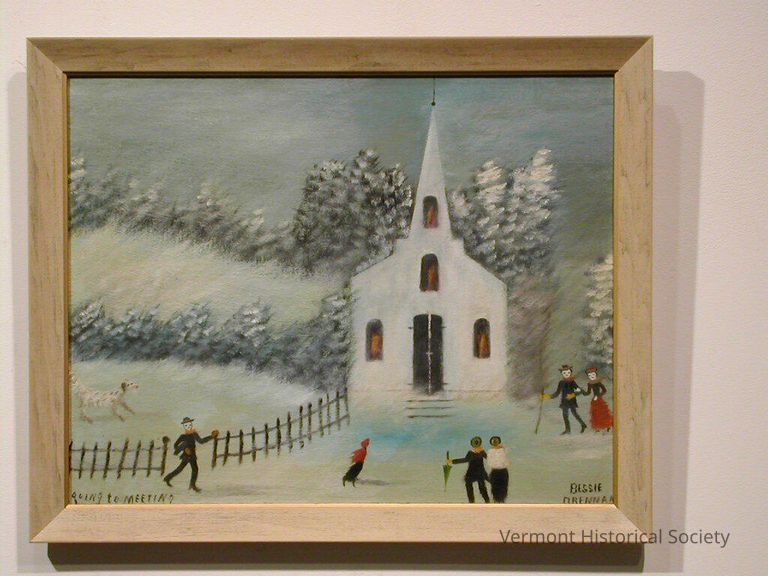
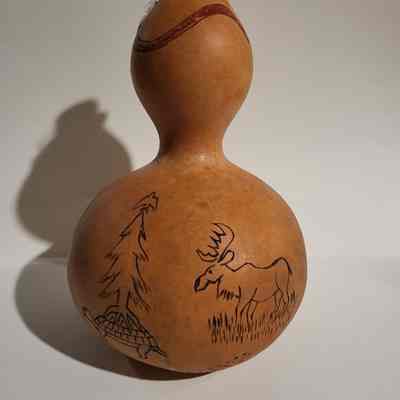
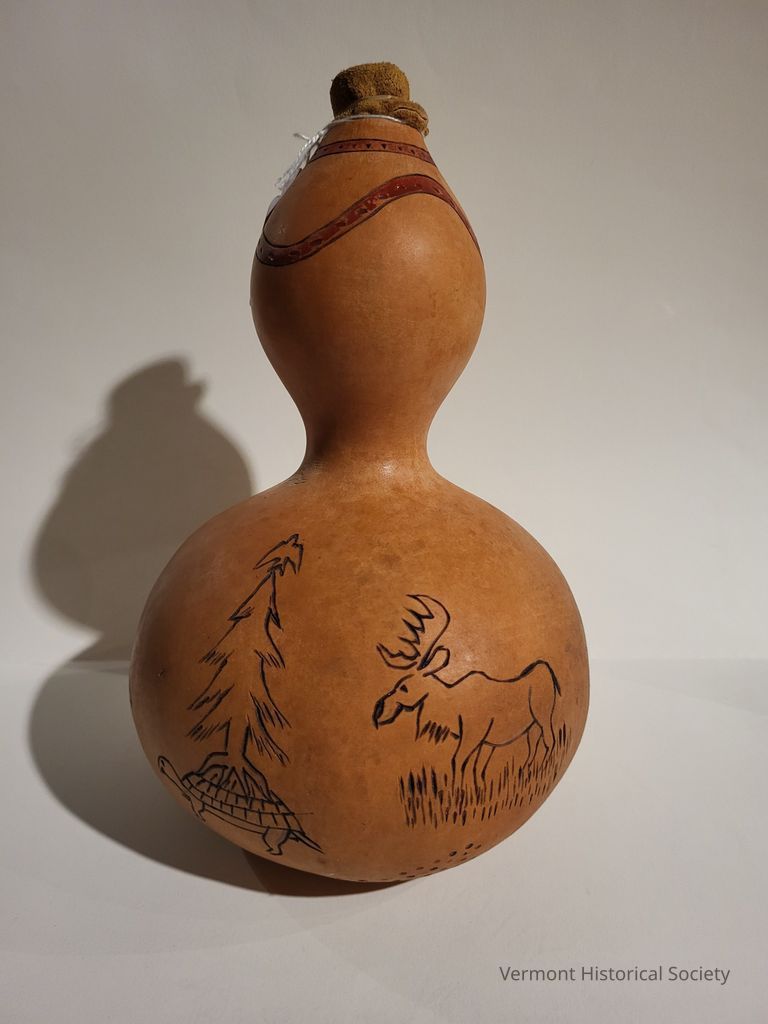
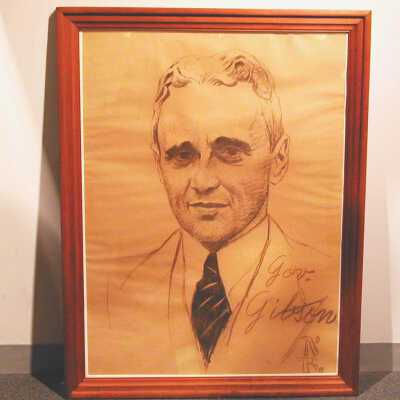

Born in Brattleboro, and the son of a prominent Vermont political figure who served in the United States Senate, Gibson graduated from Norwich University in 1923, attended The George Washington University Law School, and attained admission to the bar in 1926. A Republican, he served in several elected and appointed positions in state government. When his father died while serving in the Senate, Gibson was appointed to temporarily fill the vacancy, and he served from June 1940 to January 1941.
A veteran of the United States Army Reserve and Vermont National Guard, during World War II, Gibson served in the South Pacific and on the staff of the United States Department of War, and received several decorations for heroism. In 1946, he ran for Governor of Vermont and defeated the incumbent in the Republican primary, the only time this has ever occurred in Vermont. He went on to win the general election, and won reelection in 1948.
Gibson served as governor until accepting appointment as judge of Vermont's U.S. District Court; he remained on the bench until his 1969 death in Brattleboro. He was buried at Morningside Cemetery in Brattleboro.
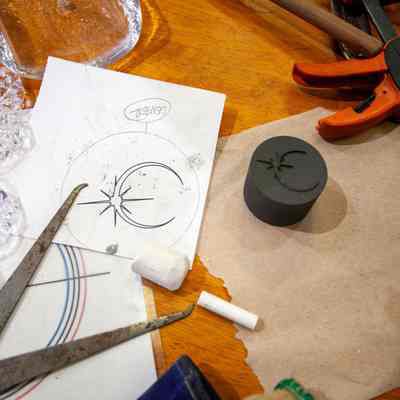
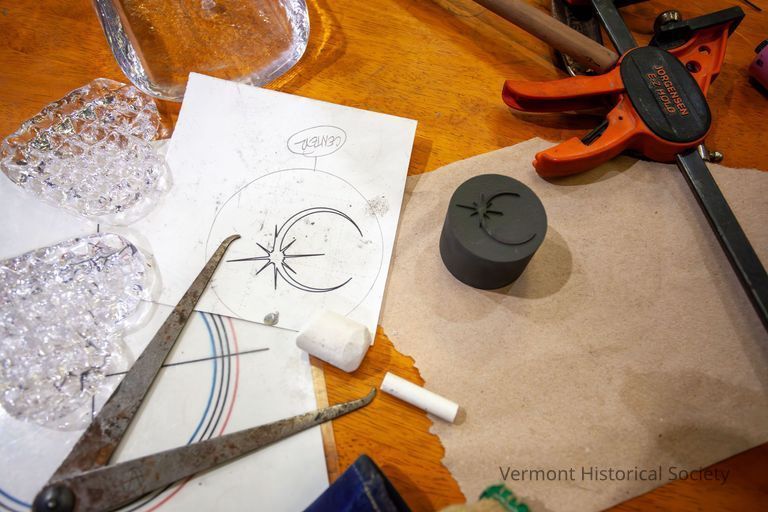
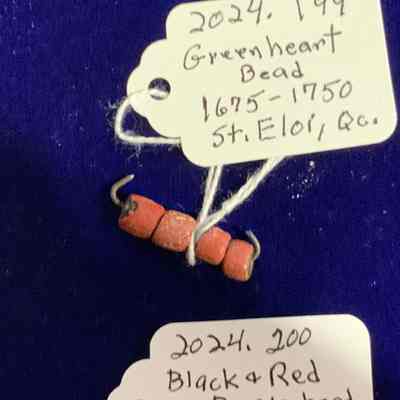
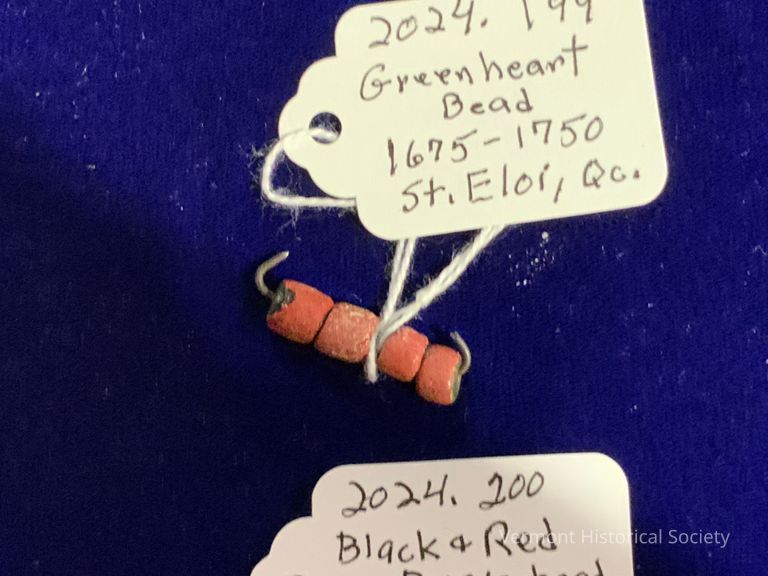
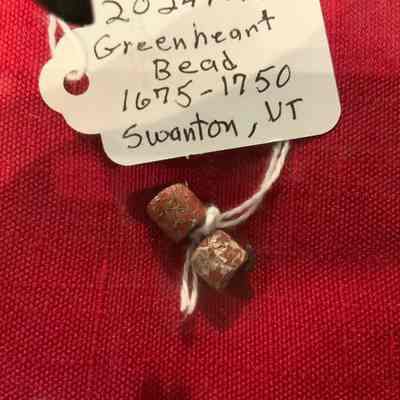

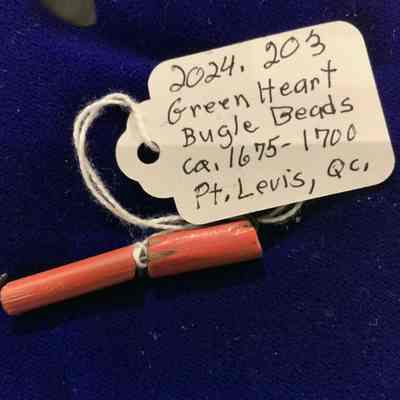

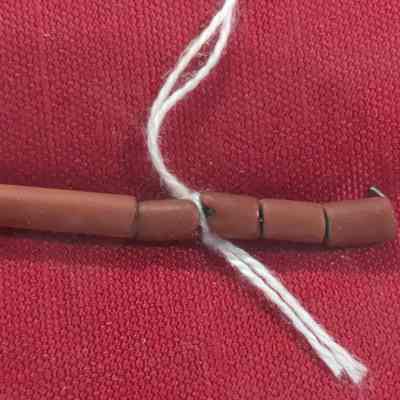
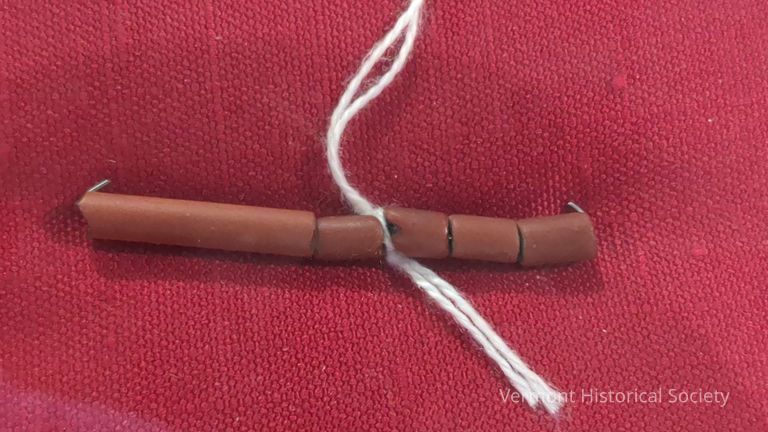

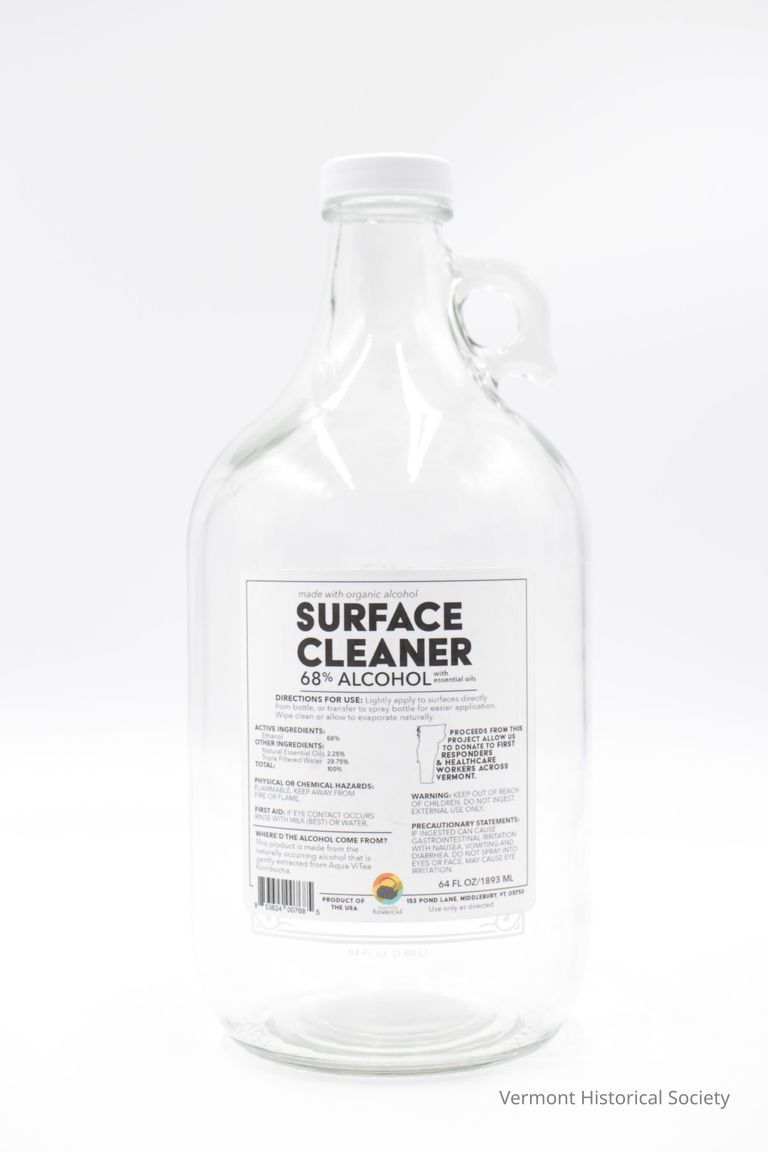

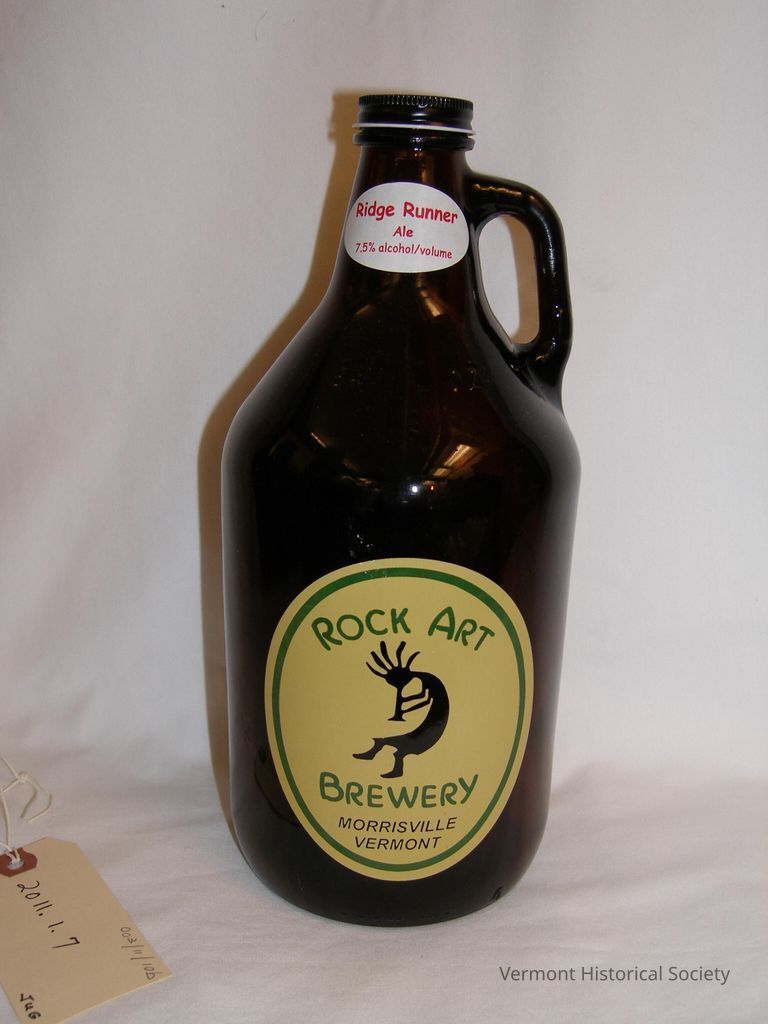
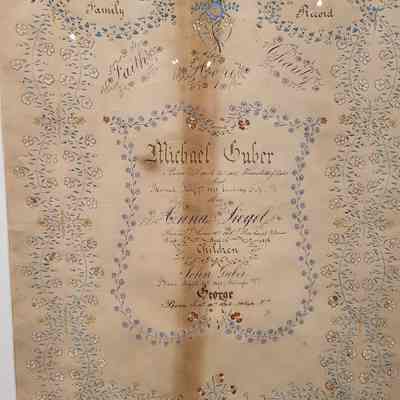
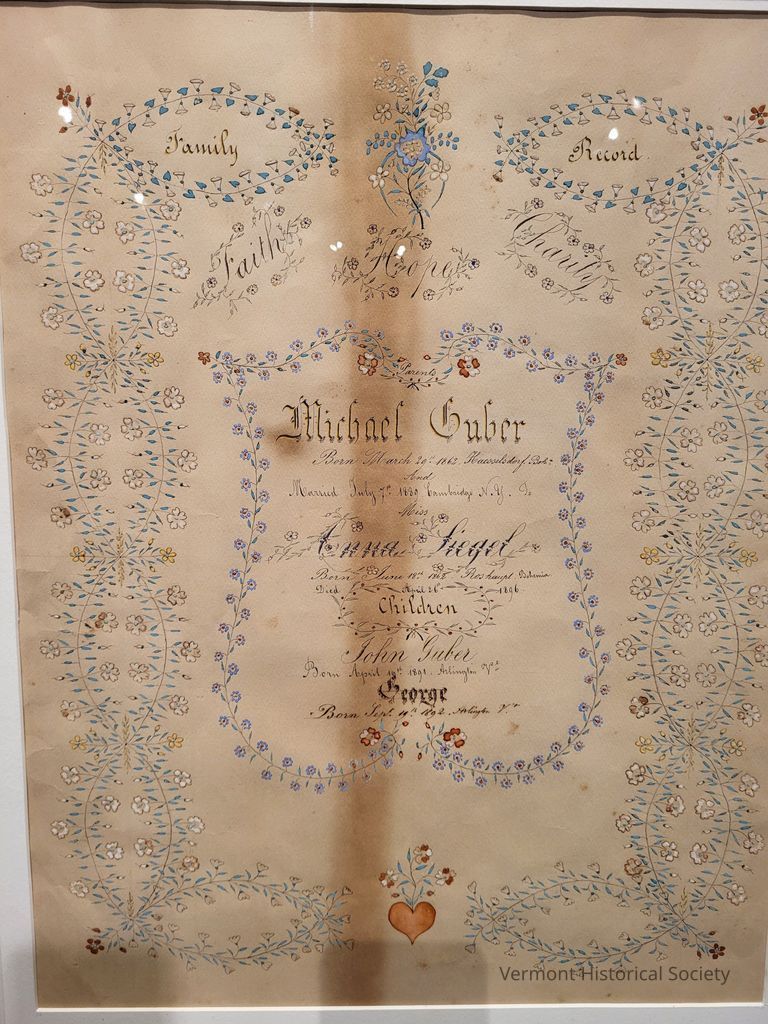
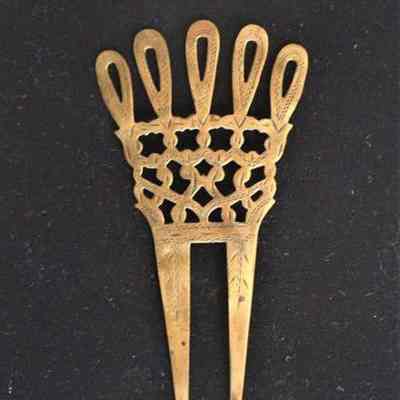
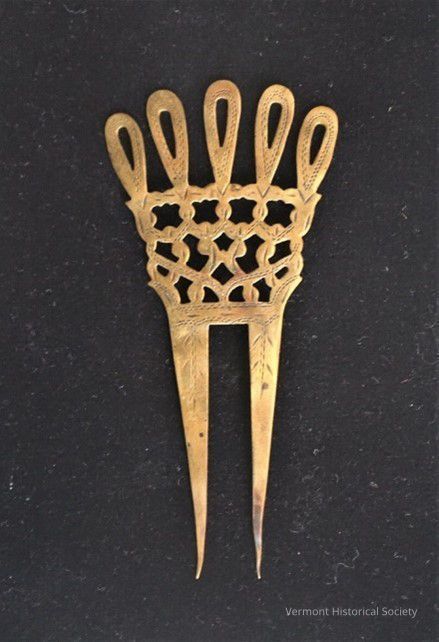
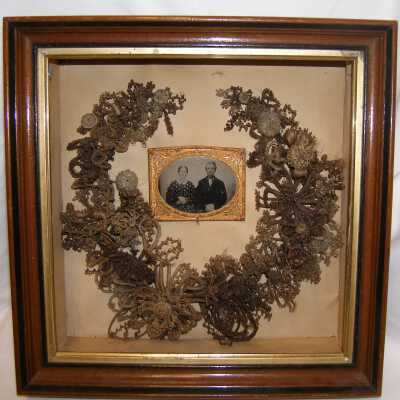
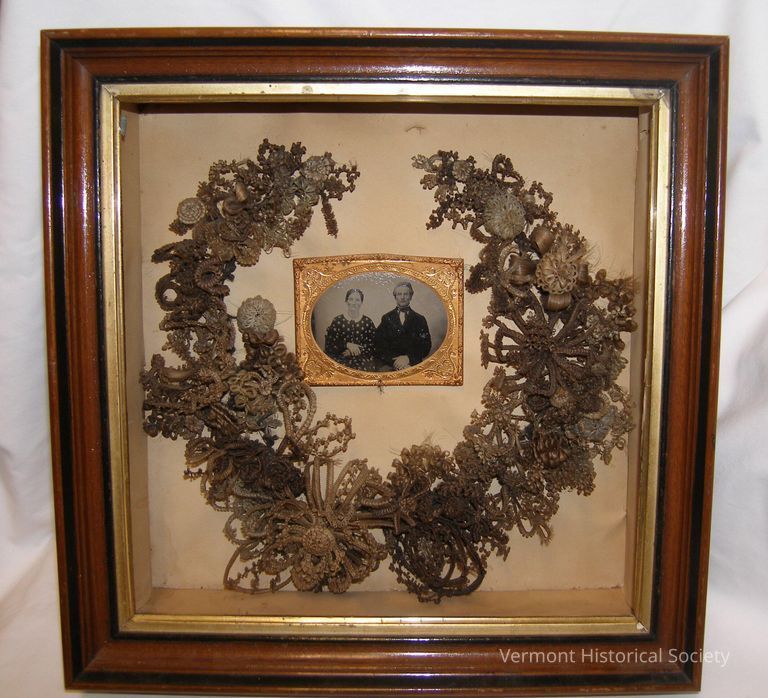
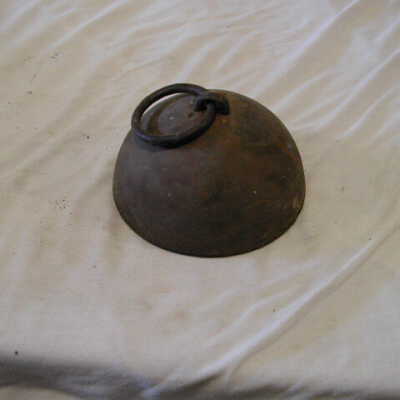
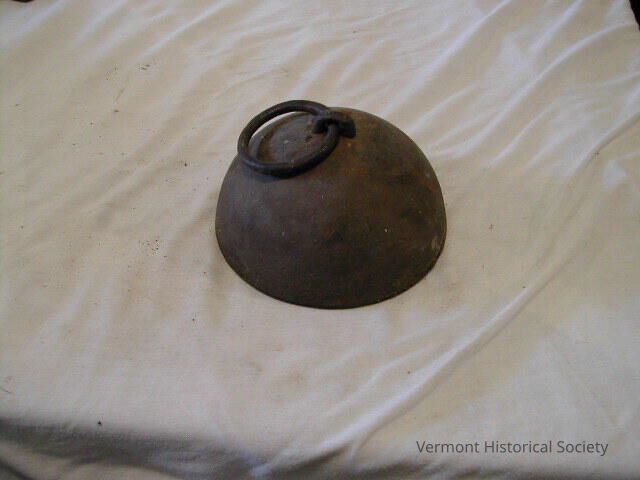
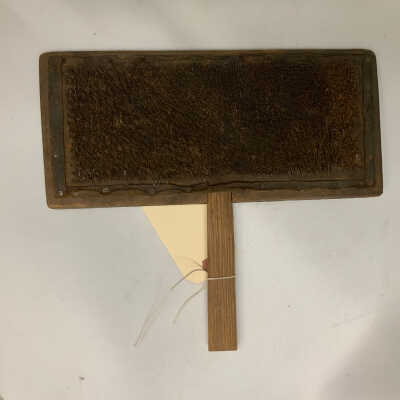
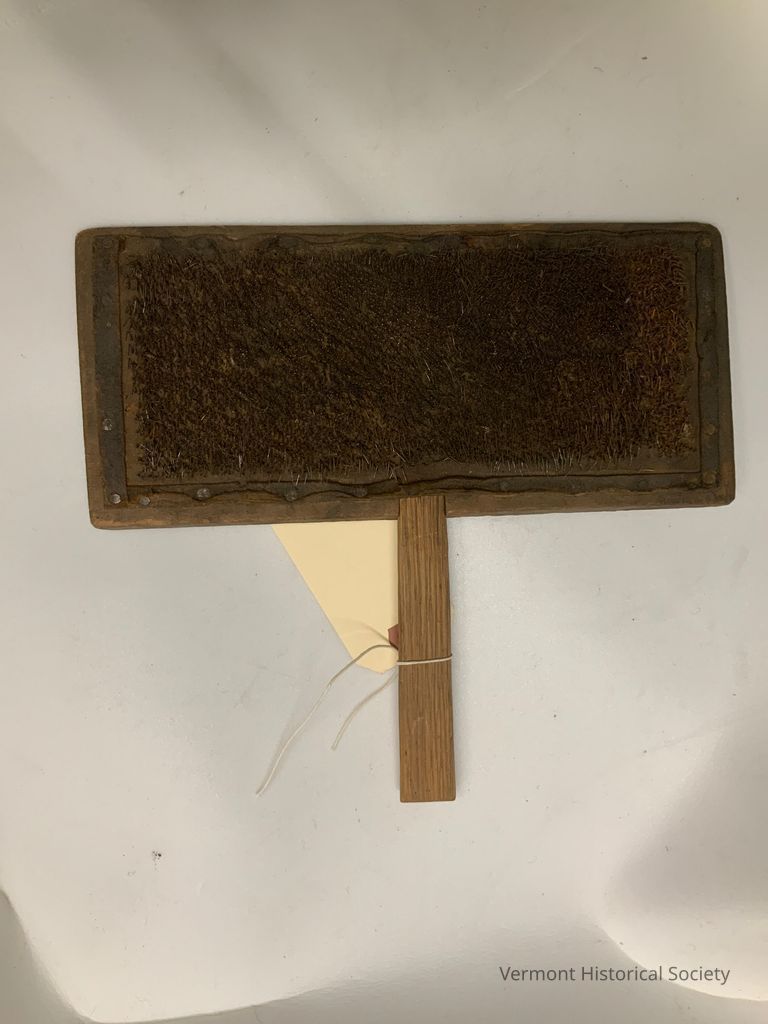
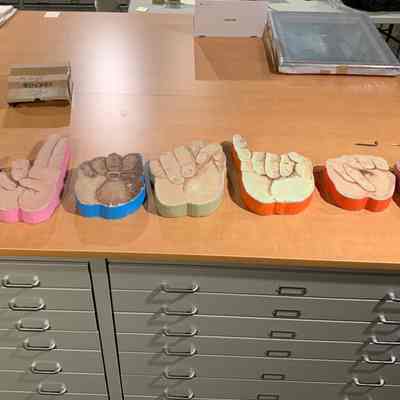
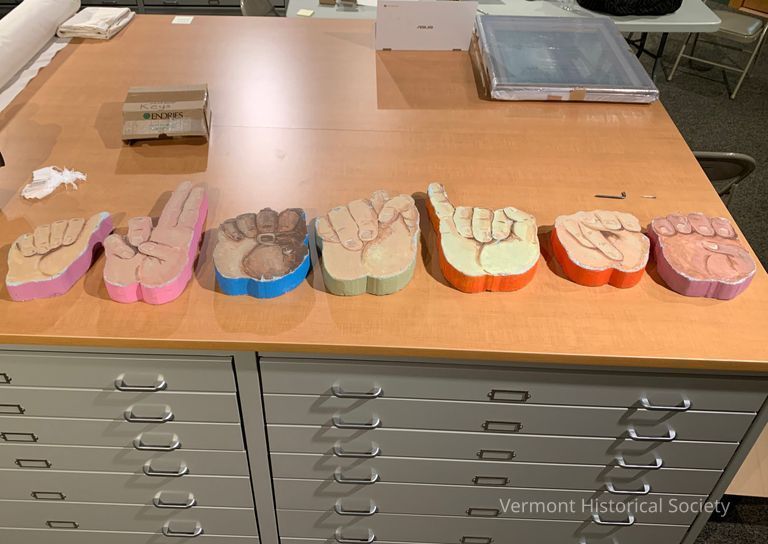
The sign was sculpted by artist Chuck Baird alongside Austine students during a visit in 2001.
Chuck Baird (Feb. 22, 1947-Feb 10, 2012) was one of the founding members who in 1989 defined through its manifesto, and actively practiced the art movement of De'VIA (Deaf Visual Image Art). As a result he is considered one of the "fathers" of the movement, and one of the practitioners of its "first wave" (1989-2009). De'VIA is defined as art created expressing the experience of deaf culture in any media format (including depictions of American Sign Language).
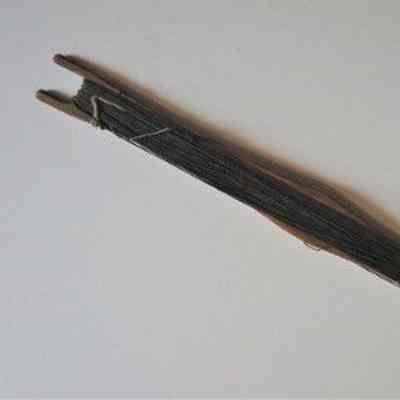
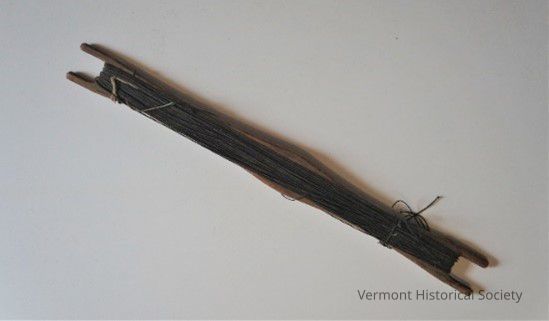
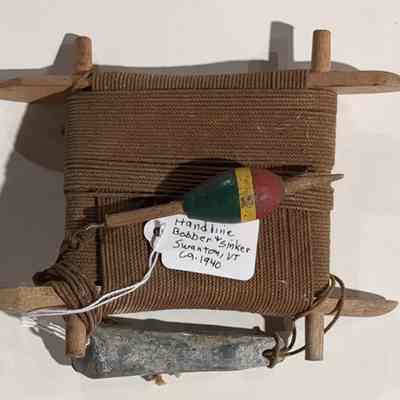
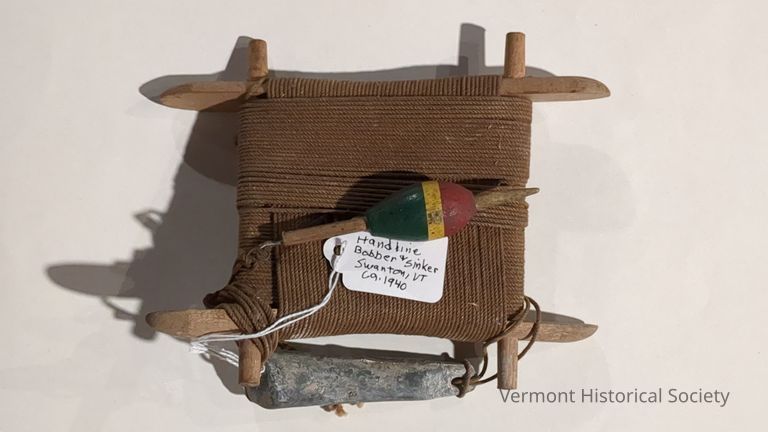
b. Bobber
c. Sinker
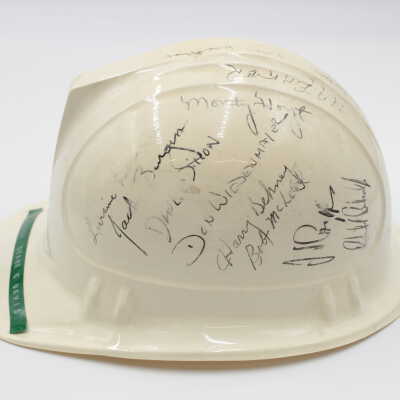
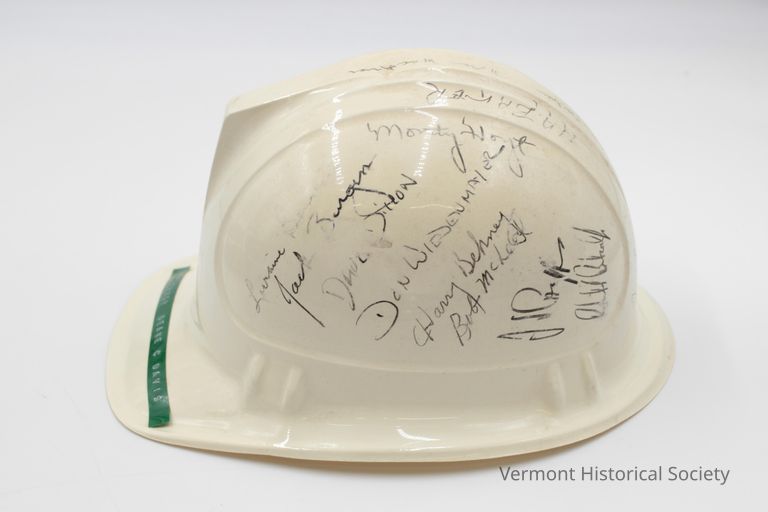
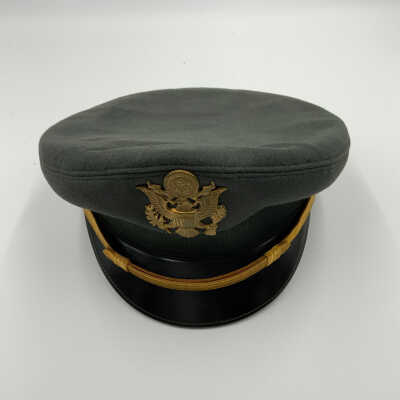
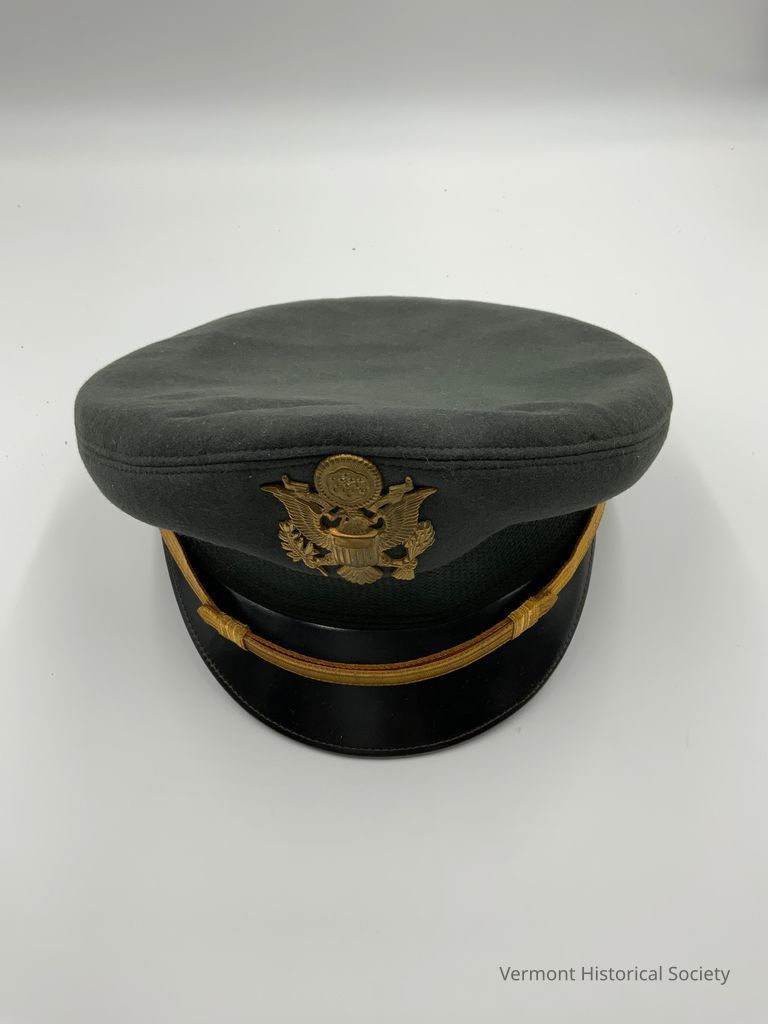

taupe
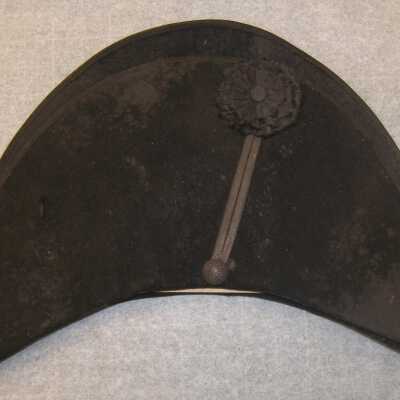
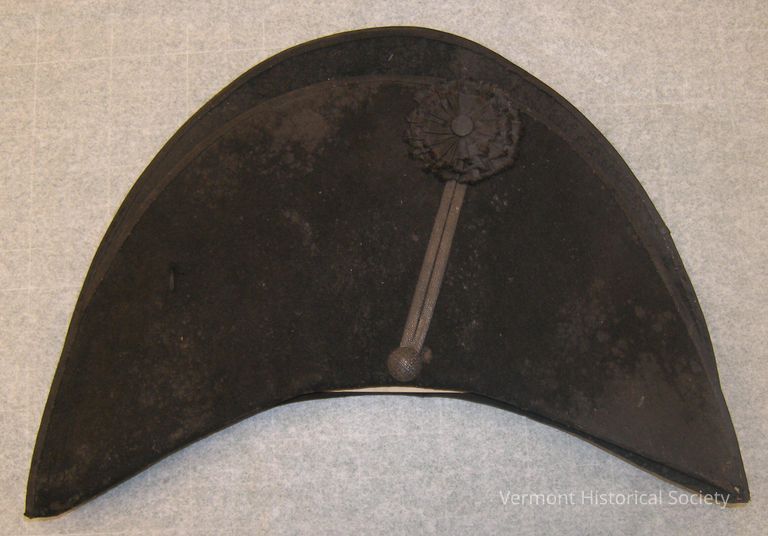
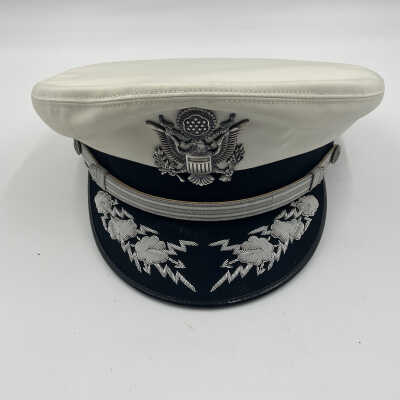
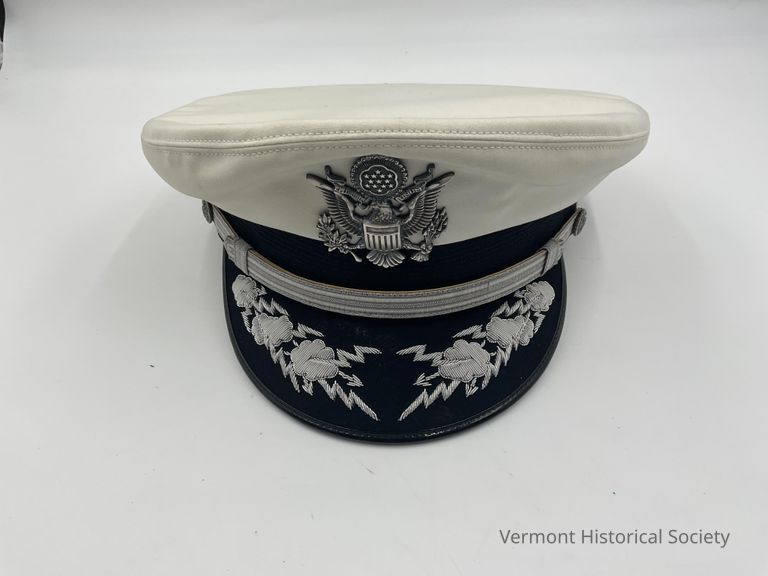
"Edwin Loren Little was born in North Poultney, Vermont, on October 24, 1918, son of
Charles and Jessie (Streeter) Little. Early in his life, at age 10, Little came to the rescue of a
downed flyer in need of water. His assistance earned him a brief ride in the aircraft and turned
young Little’s mind towards flying. At another time, Little persuaded his mother to take in a
young pilot as a boarder in exchange for flying lessons for Edwin. These incidents changed his
life forever and he went on a quest to become a pilot himself.
Little began his military career in the early days of World War II when he earned his
pilot’s wings and flew 25 bombing mission over Europe. He named his B-17 bomber “Green
Mountain Rambler” after his native state, making it perhaps the only bomber in World War II
named for the State of Vermont. He continued in this career after the war, received a commission
in the regular Army, and entered the US Air Force at its inception. His duties took him to
several locations in the US and Europe. While on assignment in Germany, Little flew missions
during the Berlin airlift. He rose from pilot to squadron leader and up through group
commander, mostly in supply and logistics units. General Little retired from the service in 1970
and passed away in 2004. "
He married Janice Sarah Wilmore (1912-2002) in 1943 and they had one son, Bradfor d.
Additional details of Edwin Little's military career in accession folder.

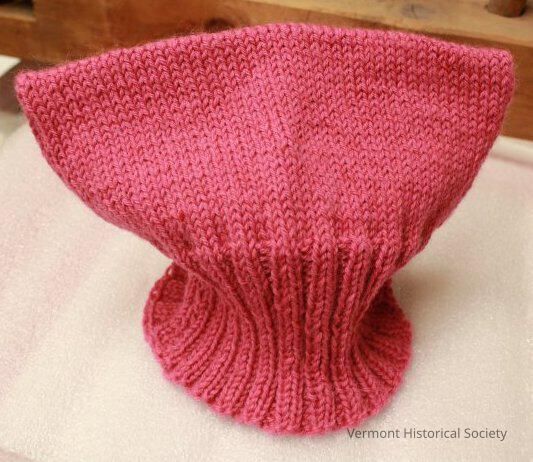
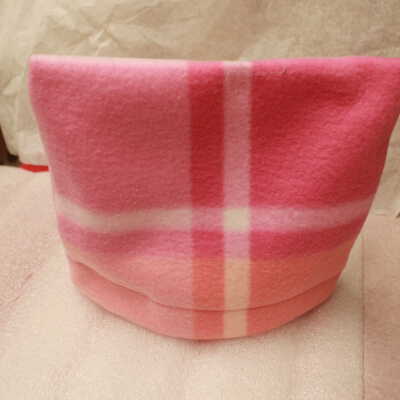
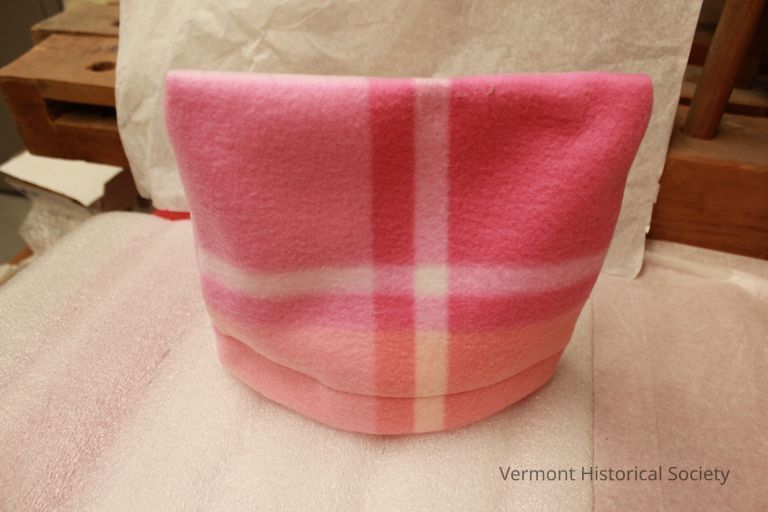

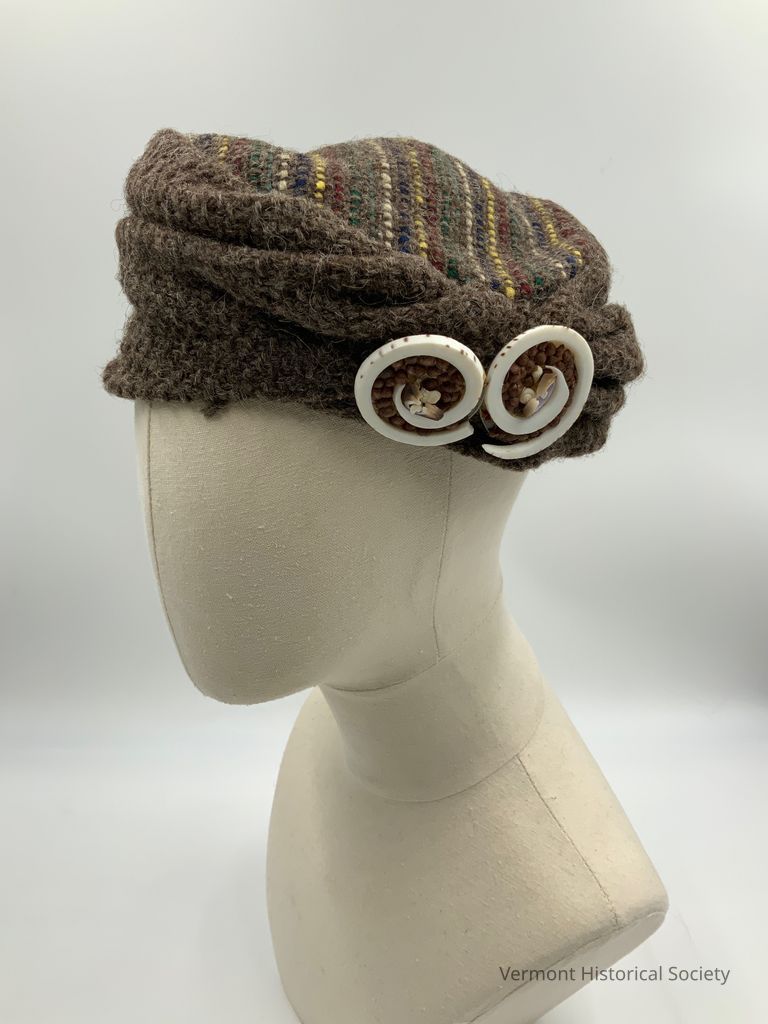
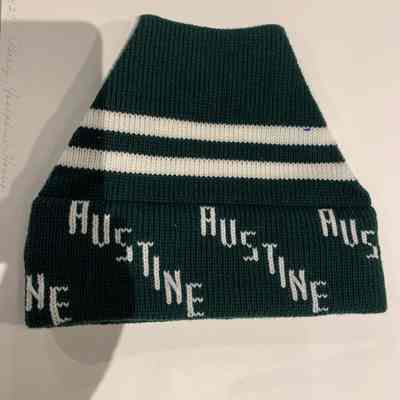
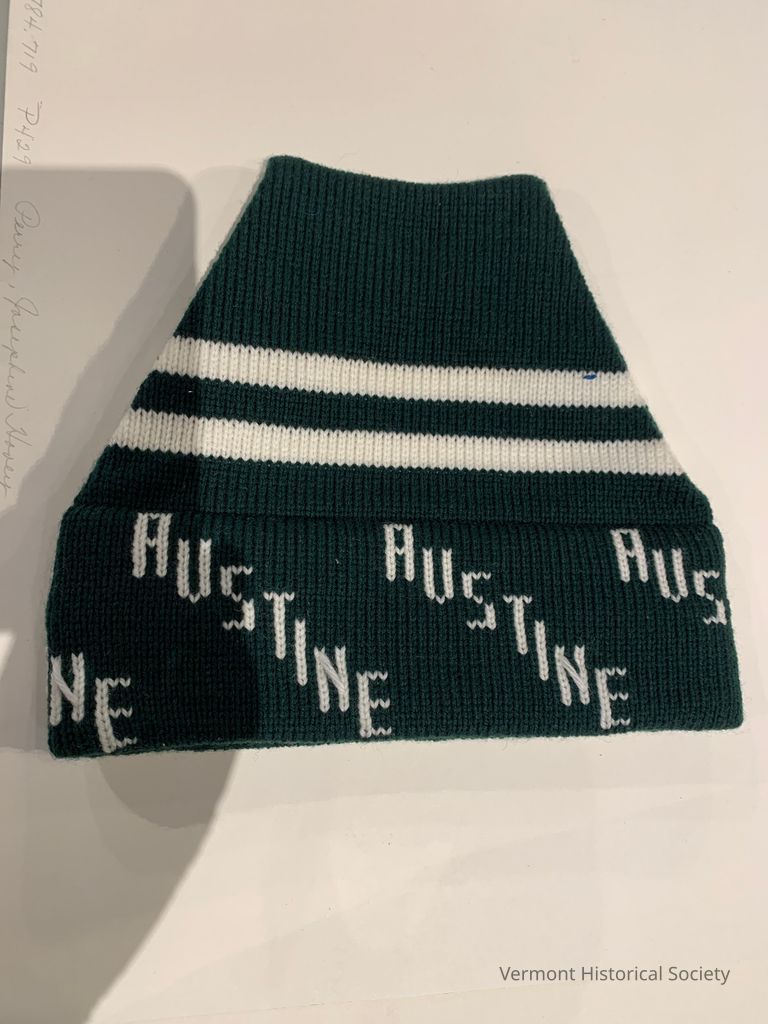
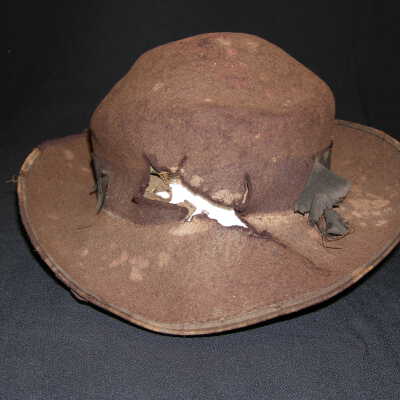
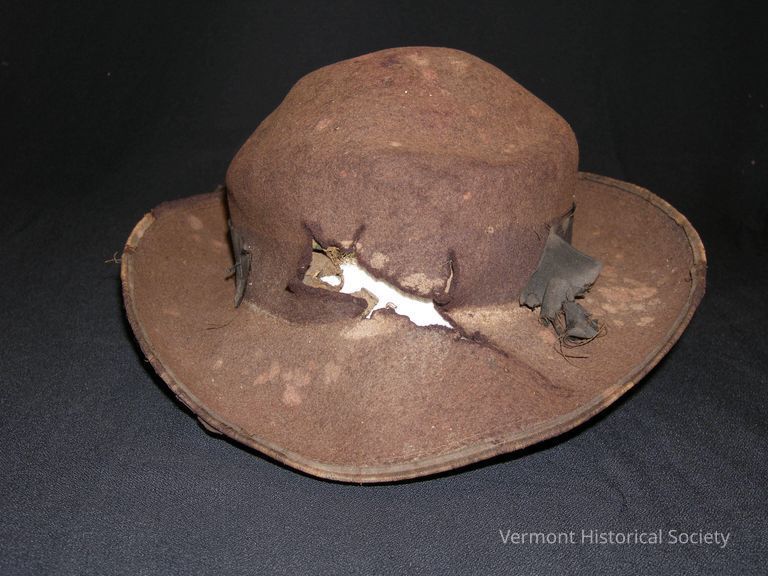
Accompanying the hat is part of the box it was once stored in. Writing on the box reads:
"Hat worn by Daniel Skinner / When wounded in head in Battle of The Wilderness." Stored with hat 023/5/1e
-This appears to be a "slouch hat" a non-regulation type favored by many soldiers.
-See worksheet folder for genealogy information.
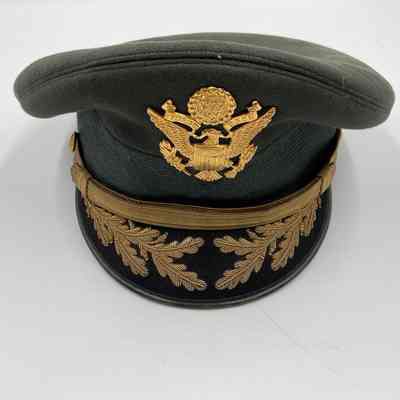

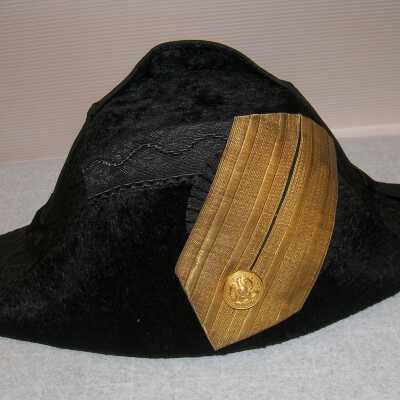
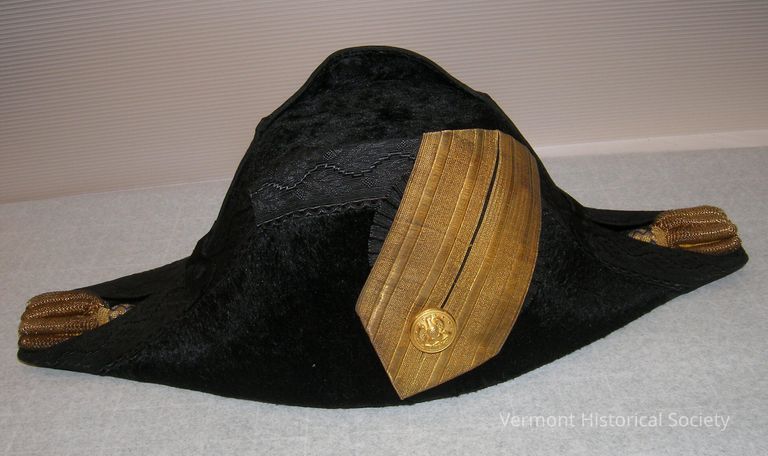
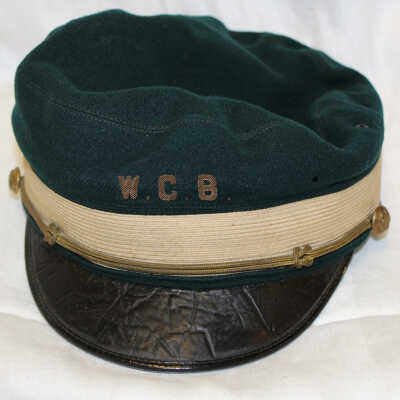
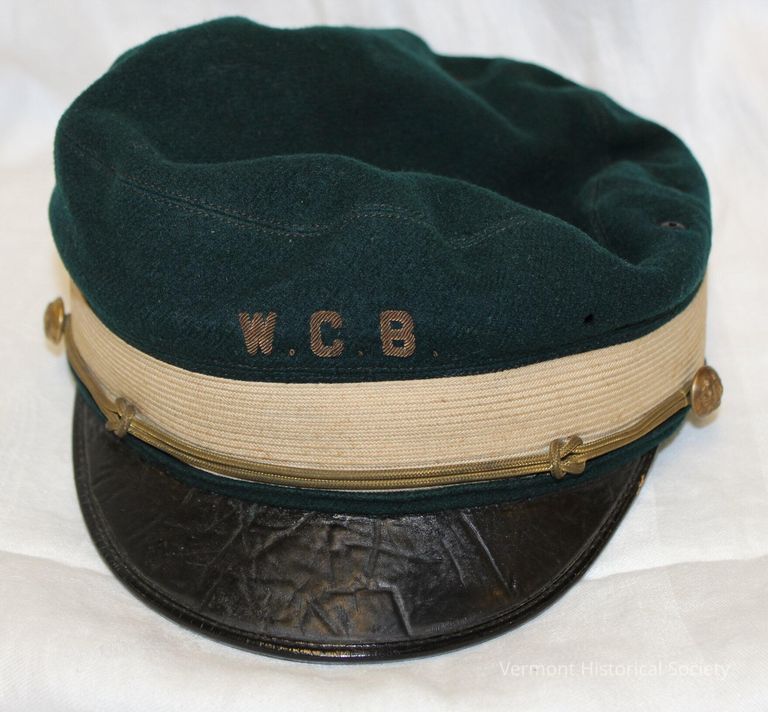
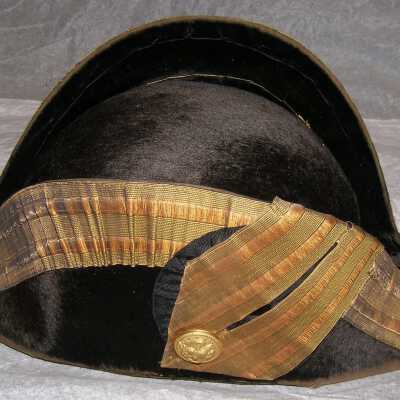
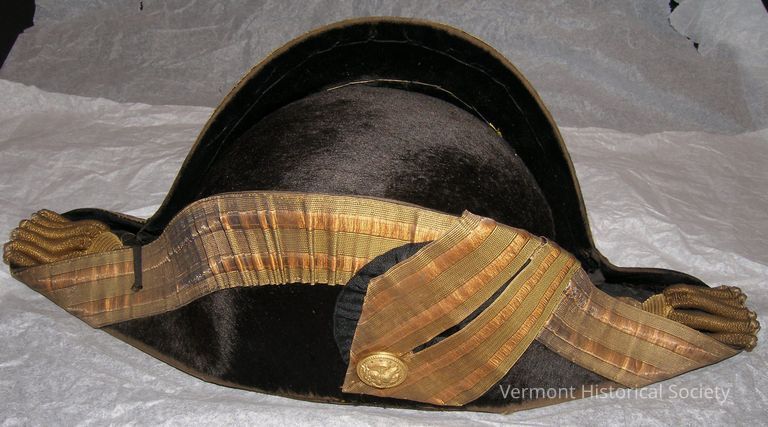
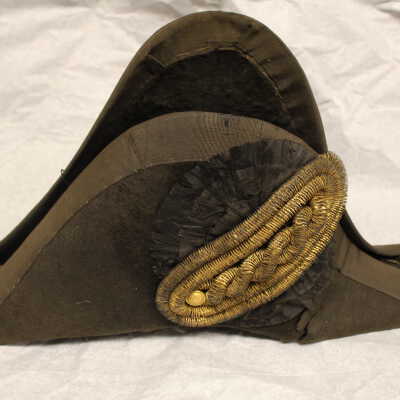
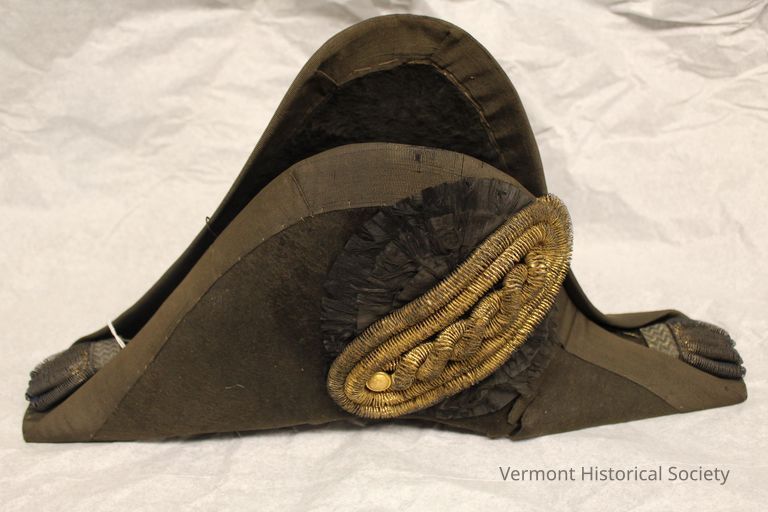
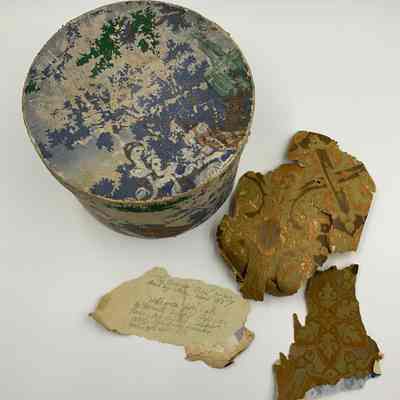
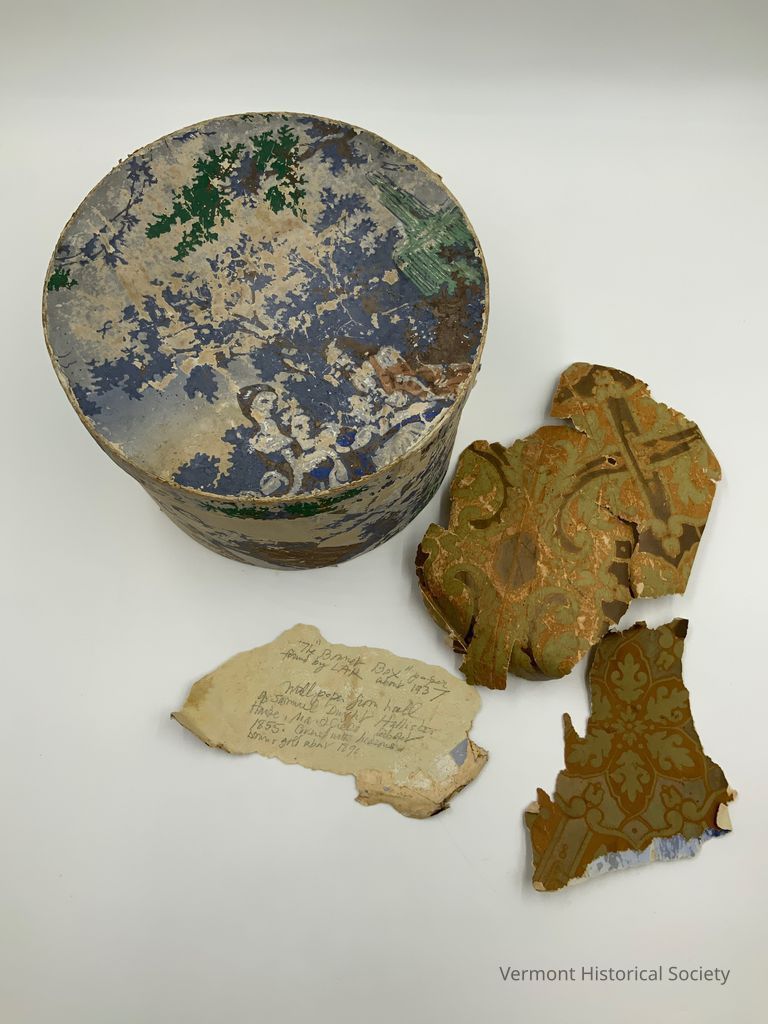
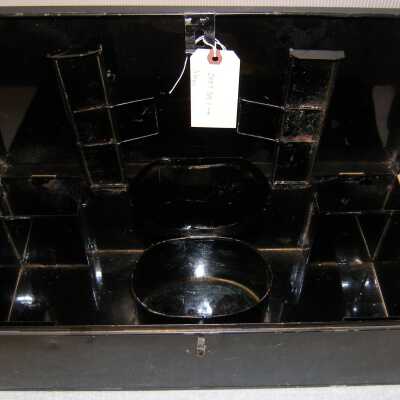
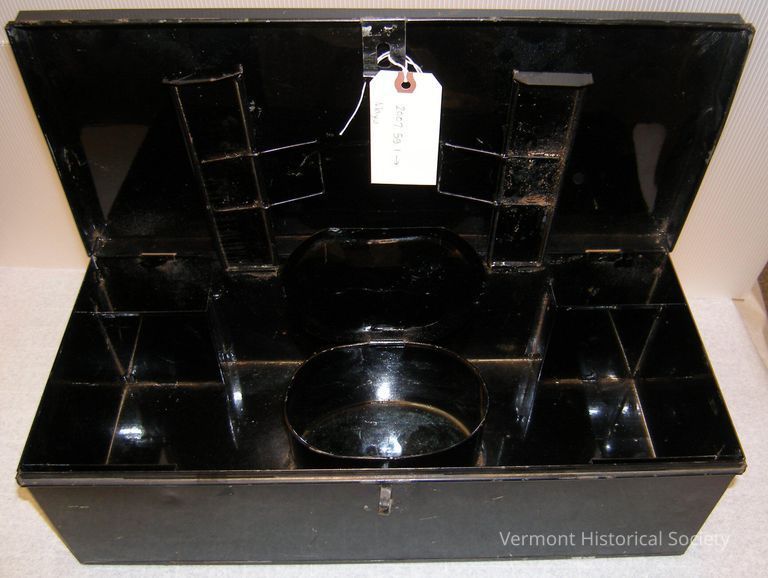
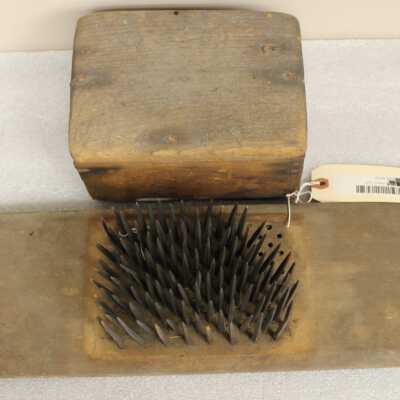
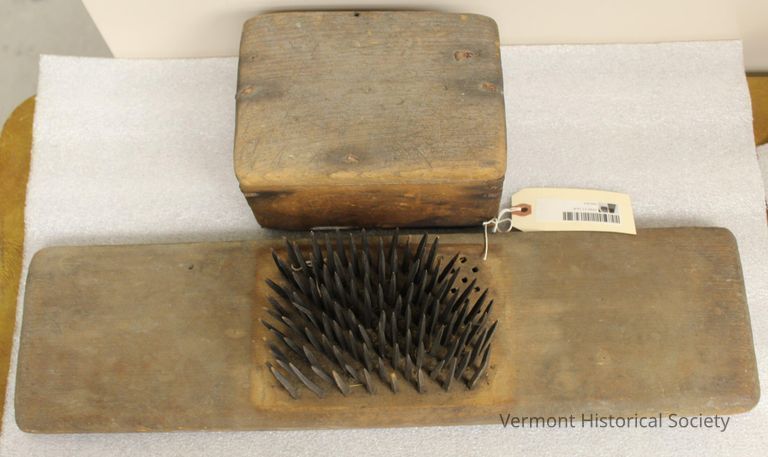
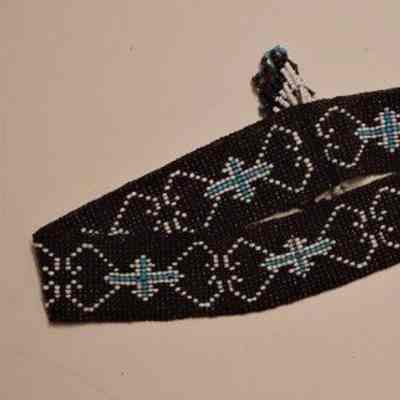
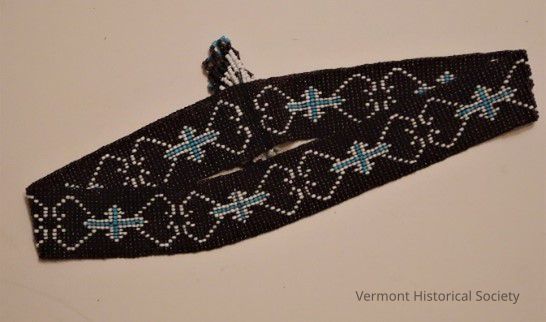
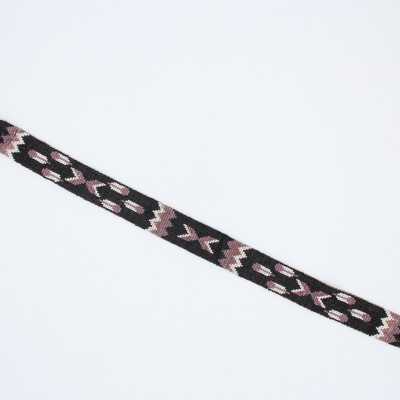
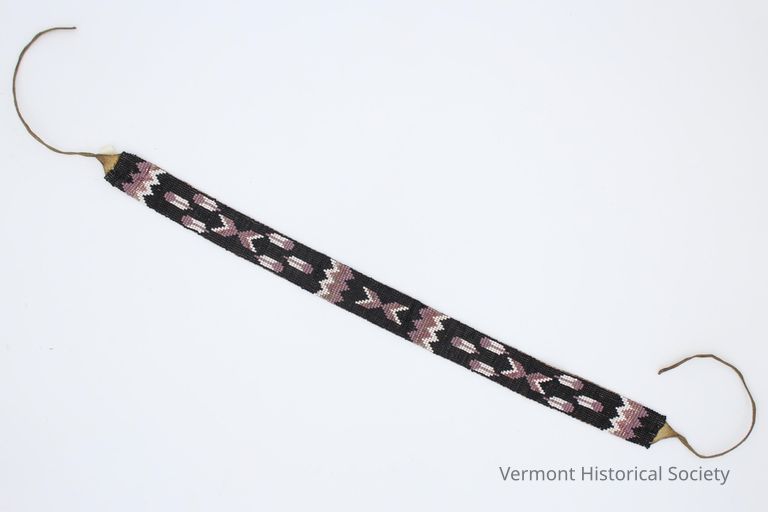
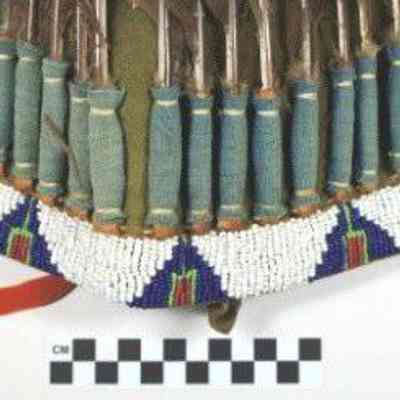
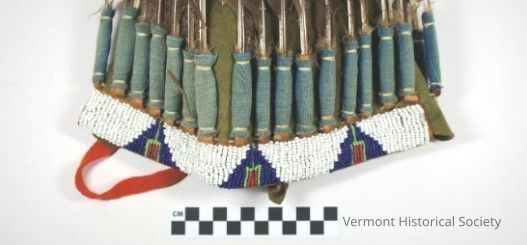
b. cotton bag
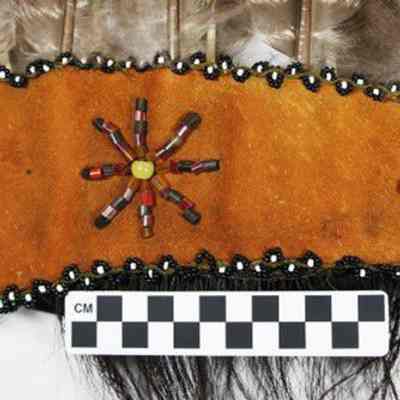
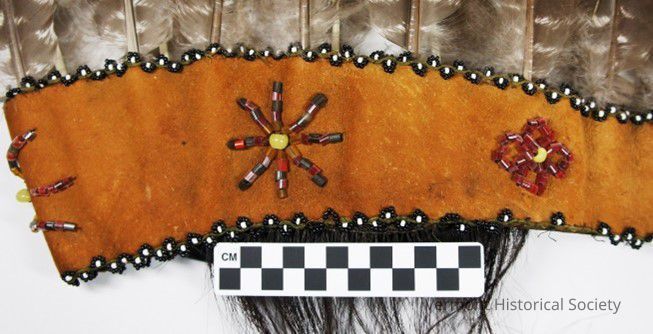
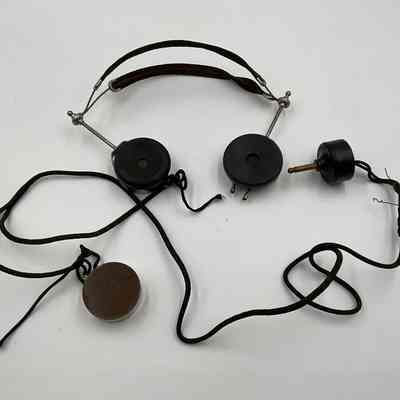
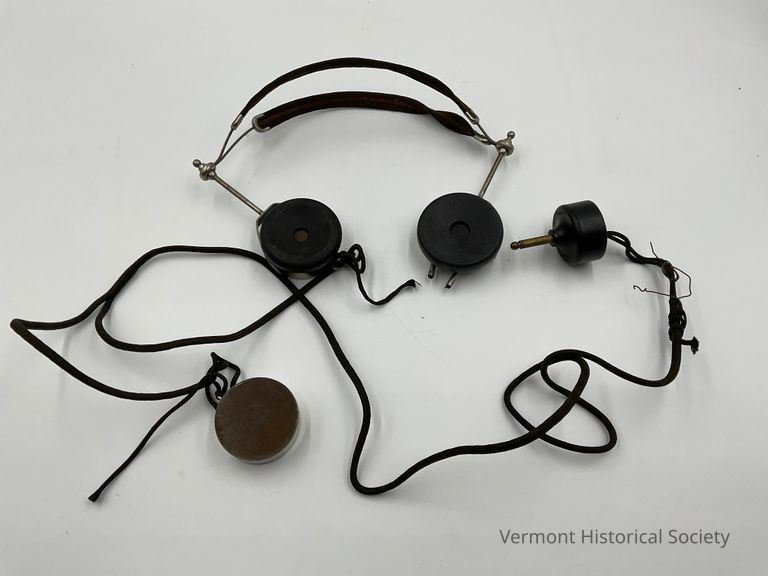
It was built by Winn Taplin Sr. in the 1920s. He was supervising principal of schools in Fairfax, VT at the time. The son and donor of this radio equipment called it a crystal set, but a Houghton Cate of East Calais suggested several years later that it was a tuned frequency set. Cate built and repaired radios and electronic equipment as far back as the 1930s and was interviewed about this radio in 1996.
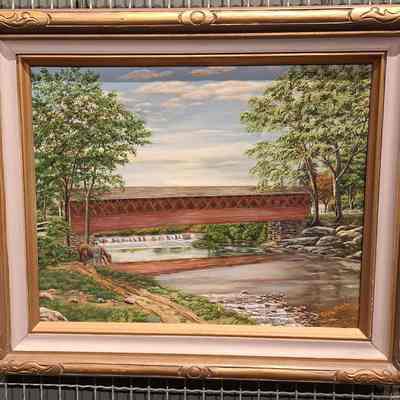
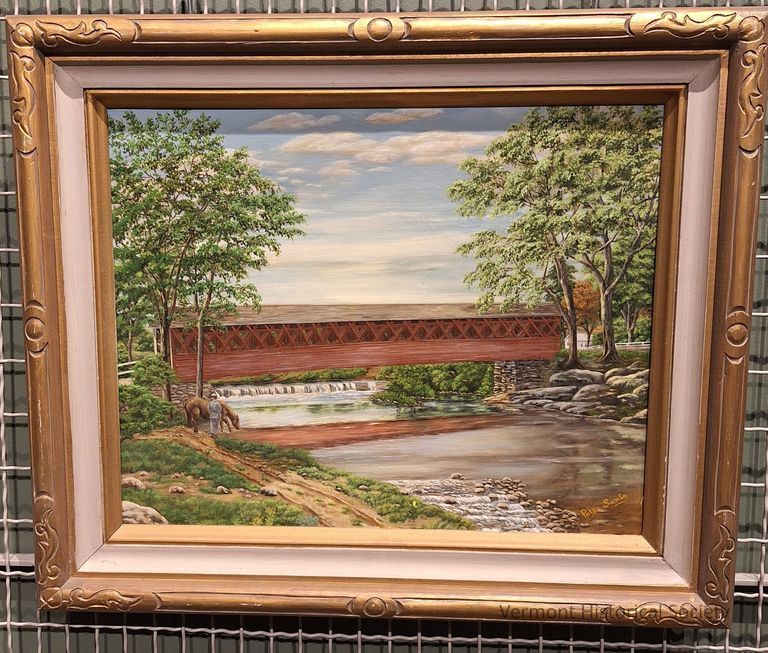
Painting is identified as the Henry Covered Bridge in North Bennington by Pasquale Santo. Signed "Patsy Santo" in yellow lower right.

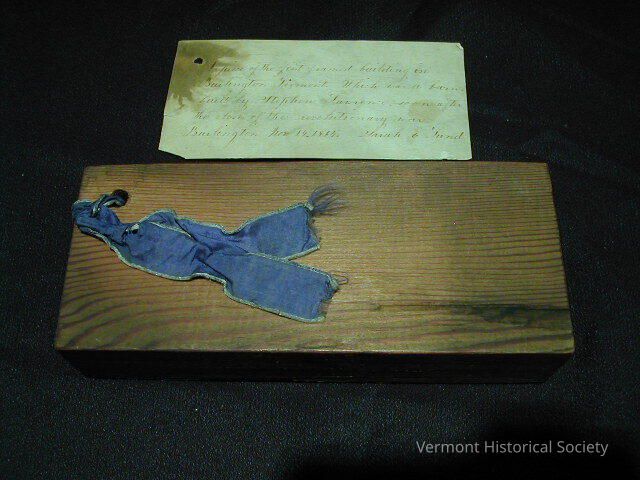
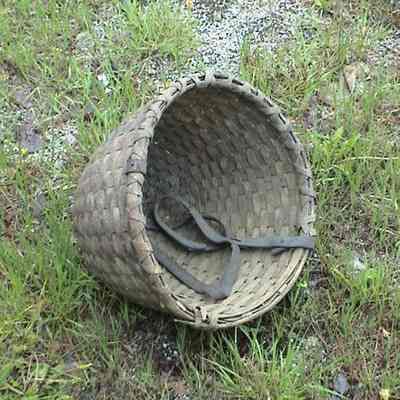
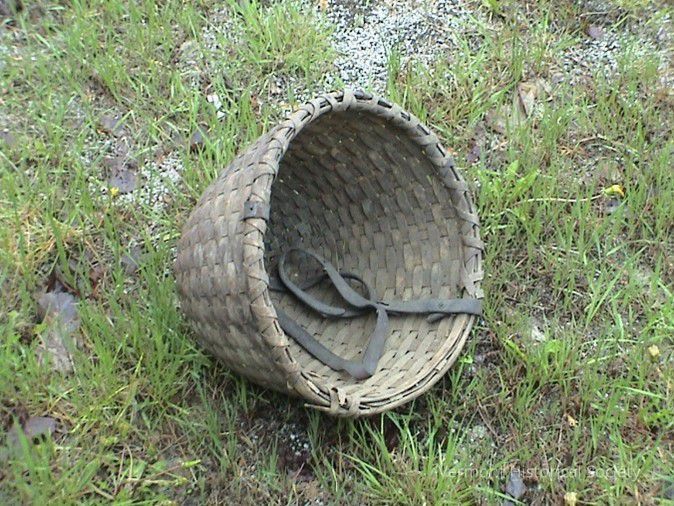
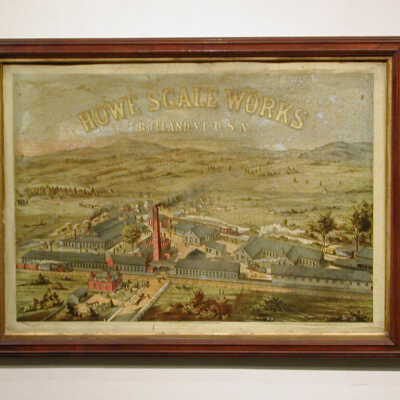
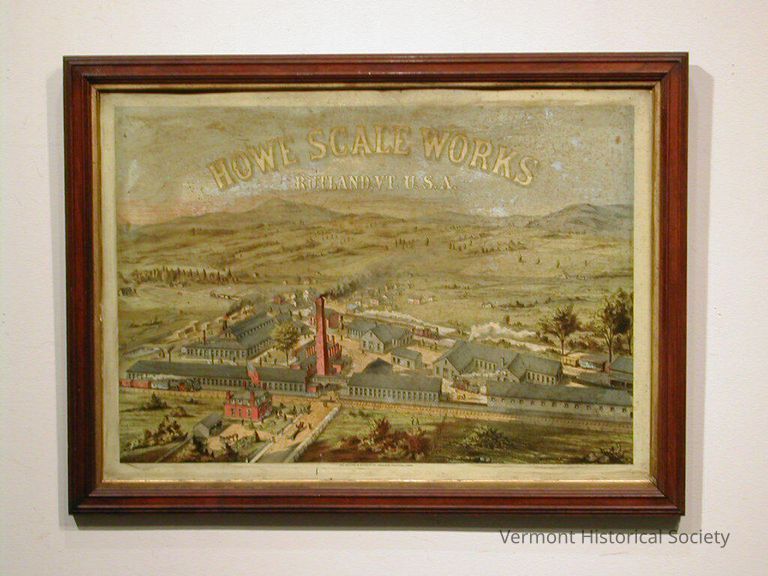
In Spring 1857 John Howe Jr. of Brandon took over Strong and Ross's patents and began to manufacture their designs under the name Howe Scale Company. The Howe Scale Company became world-renowned, earning several awards at fairs and exhibitions, including the the gold, silver, and bronze medals at the 1867 Paris Exhibition against competitors from all over the world.
In 1873 the plant was moved to Rutland, with John A. Mead of Rutland becoming president in 1886, followed by Carl B. Hinsman and Frank G. Riehl. The Howe Scale Company went on to manufacture the weightograph, a device which produces weight readings on a ground glass screen that can be read in the dark from some distance away. It also produced the longest railroad track scale in the world, scales for weighing airplane propellors, and lightweight, aluminum scales that were easily transportable on airplanes. It also began producing trucks and tailers for cargo, and this became an important part of the company's product line. The Howe Scale Company continued to be a leader in the manufactuer of high-accuracy weighing instruments into the twentieth century.
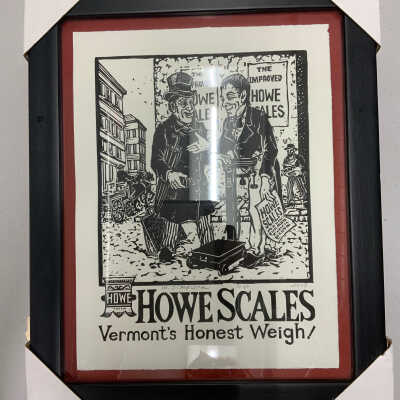
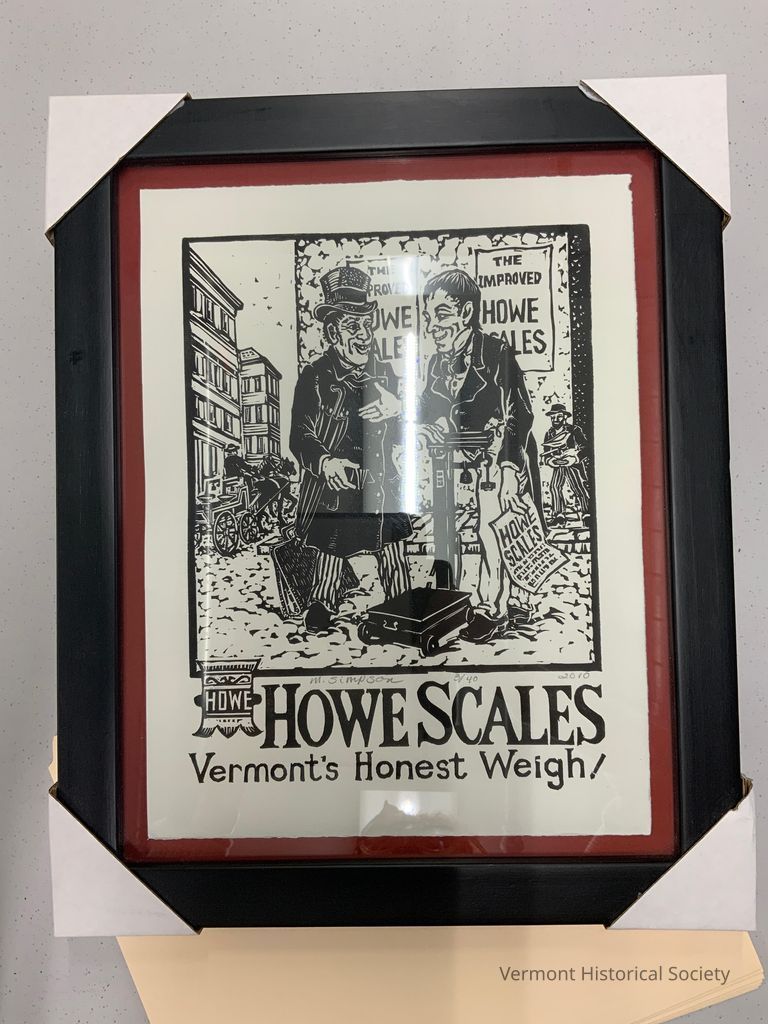
In Spring 1857 John Howe Jr. of Brandon took over Strong and Ross's patents and began to manufacture their designs under the name Howe Scale Company. The Howe Scale Company became world-renowned, earning several awards at fairs and exhibitions, including the the gold, silver, and bronze medals at the 1867 Paris Exhibition against competitors from all over the world.
In 1873 the plant was moved to Rutland, with John A. Mead of Rutland becoming president in 1886, followed by Carl B. Hinsman and Frank G. Riehl. The Howe Scale Company went on to manufacture the weightograph, a device which produces weight readings on a ground glass screen that can be read in the dark from some distance away. It also produced the longest railroad track scale in the world, scales for weighing airplane propellors, and lightweight, aluminum scales that were easily transportable on airplanes. It also began producing trucks and tailers for cargo, and this became an important part of the company's product line. The Howe Scale Company continued to be a leader in the manufactuer of high-accuracy weighing instruments into the twentieth century.
Currently residing in Lyndonville, Mary Gorham Simpson was born in northern Vermont and raised on a working dairy farm in Burke. After graduating from Lyndon State College, she and her husband, Wilder Simpson, taught school in the area for several years, then moved west. They lived for seven years in Wyoming and 14 years in Alaska, returning to Vermont in 1992.
While raising her three children, Simpson took art classes and worked on her own in various media - drawing, calligraphy, and painting. In Alaska, she worked as a graphic artist for the Imaginarium Science Center in Anchorage and as a scenic artist for the Alaska Festival Theater and Anchorage Civic Opera. She did scrimshaw for two shops and exhibit calligraphy for three years for the Anchorage Museum of History and Art.
Now back in Vermont, she mostly works as a printmaker with subjects reflecting memories of Vermont agriculture.
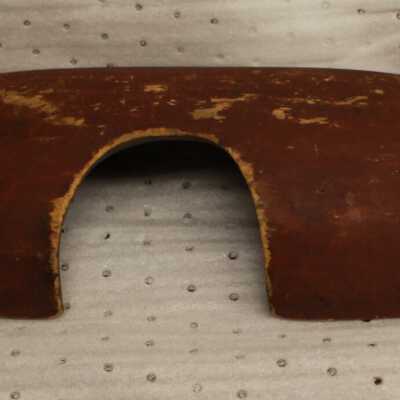

Included with this are a sap yoke (.2), two sap buckets (.3 + .4), this leather belt (.1) and two hooks (.5 + .6). Hand carved yoke with buckets in red stain/paint made by the grandfather of Dr. Herbert S. Carver of Marshfield when Herbert was a boy.
Belt is 72" long and 15/16" wide. It has buckle holes all along it, usually at 3/4" intervals.
The yoke is 37" long and 7 1/2" widest point. The under side is not painted. Edges worn with age and use. The buckets are both 10" dia at top, 11 3/4" at bottom and 10 1/2" high. The hooks are both 6 7/8" long and slightly different. .6 has a leather piece (part of a strap) on the ring end, it is also very rusty. .5 is silver colored metal and is flaking slightly, it also has the smaller hook of the two.
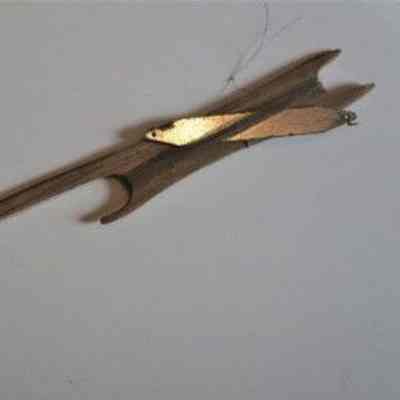
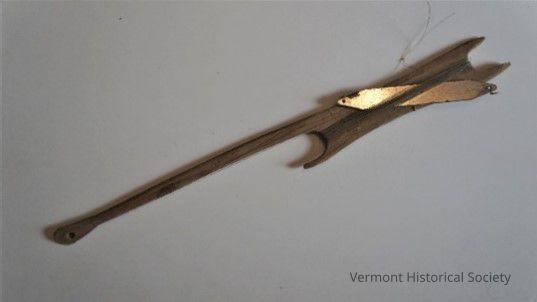
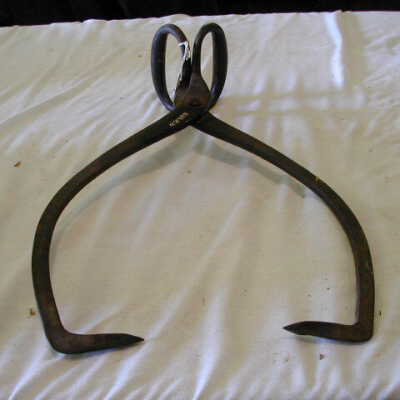

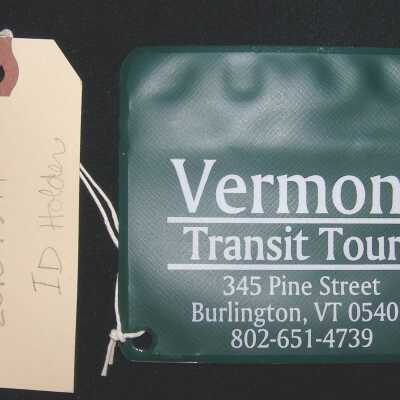
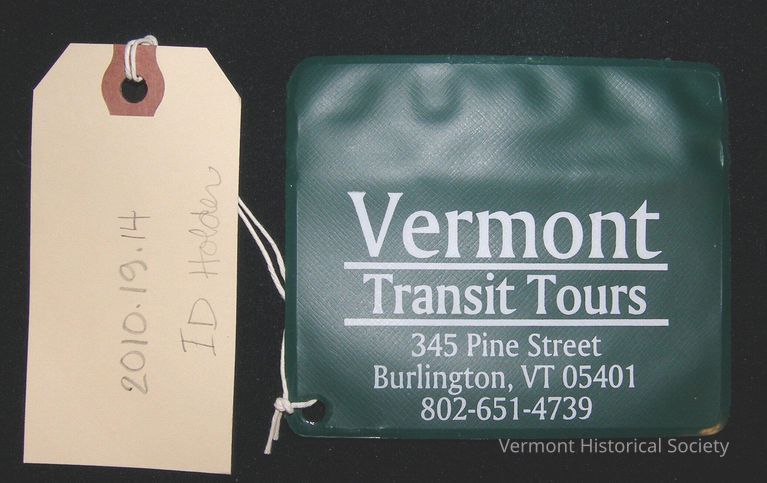
On February 16, 1926, the first local bus route in Burlington, the “Country Club
Loop”, was established by William S. Appleyard, who owned an automobile dealership
on South Winooski Avenue. Calling his company the Burlington Rapid Transit Company
(BRT), he received permission from the Public Service Commission (PSC) to operate a
non-competitive (with BTC) bus route in the Hill Section of Burlington. Soon, when
BTC failed to comply with PSC orders to expand their lines, the commission granted
Appleyard permission to operate his buses in places directly in competition with the
BTC.
Over the next few years, Appleyard received permission to expand to seven
competitive yet successful bus routes in the Burlington area. His success, combined with
the devastating flood in November of 1927 (that damaged trolley tracks and collapsed the
Winooski Bridge, a main BTC route), proved to be the undoing of the BTC. In 1929,
Appleyard bought the BTC in order to acquire its routes and eliminate competition. BTC
trolleys operated until August 4, 1929, when, at 4 p.m., a crowd gathered at City Hall
Park to witness the famous and symbolic torching of Car #5, their oldest trolley. The
trolley era had ended.
Meanwhile, in 1927, Appleyard established the Vermont Transit Company
(VTC), under which he operated out-of-town buses. Over the next decade and a half,
Appleyard purchased existing bus lines throughout Vermont, connecting Burlington via
bus to the other towns and cities of Vermont (and beyond). Towns accessed by VTC
buses included Barre (1927), Rutland and Vergennes (1928), Bennington and Pittsfield,
MA (1929), Portland, ME (1932), Bellows Falls, White River Junction and Claremont,
NH (1935), Albany, NY (1936), St. Johnsbury and Littleton, NH (1937), Newport
(1938), Chester and Springfield (1939), and Concord and Manchester, NH (1941). By
1945, VTC buses were connecting Vermonters to New York City, Boston and Montreal.
In 1975, Greyhound bought Vermont Transit Company, though they continued to
operate it as the Vermont Transit Company until 2008.
As of 2010, all of Greyhound’s Vermont bus service is based out of its White
River Junction hub; service in the Burlington area is now operating out of the Burlington
airport. Due to declining ridership, bus service down the western side of Vermont has
been terminated.
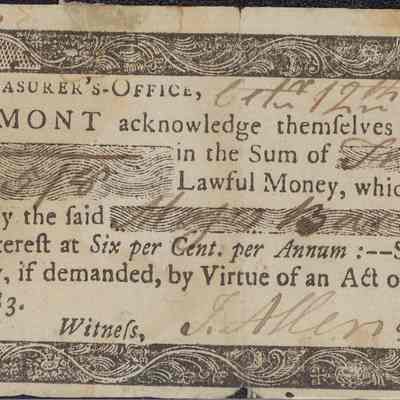
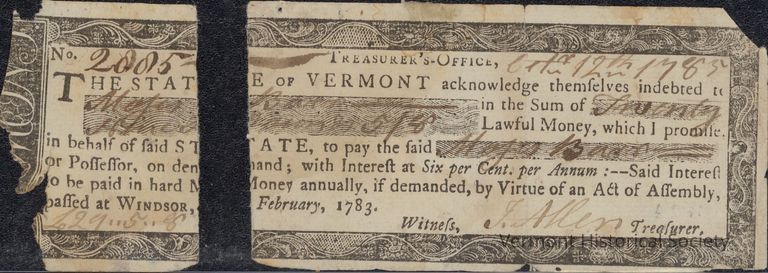
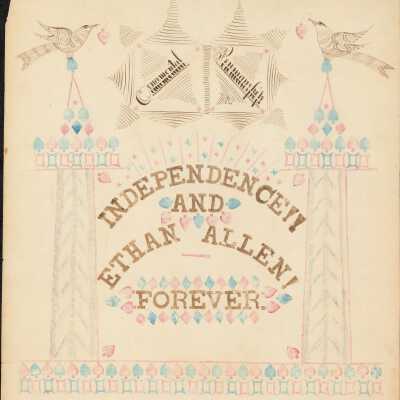
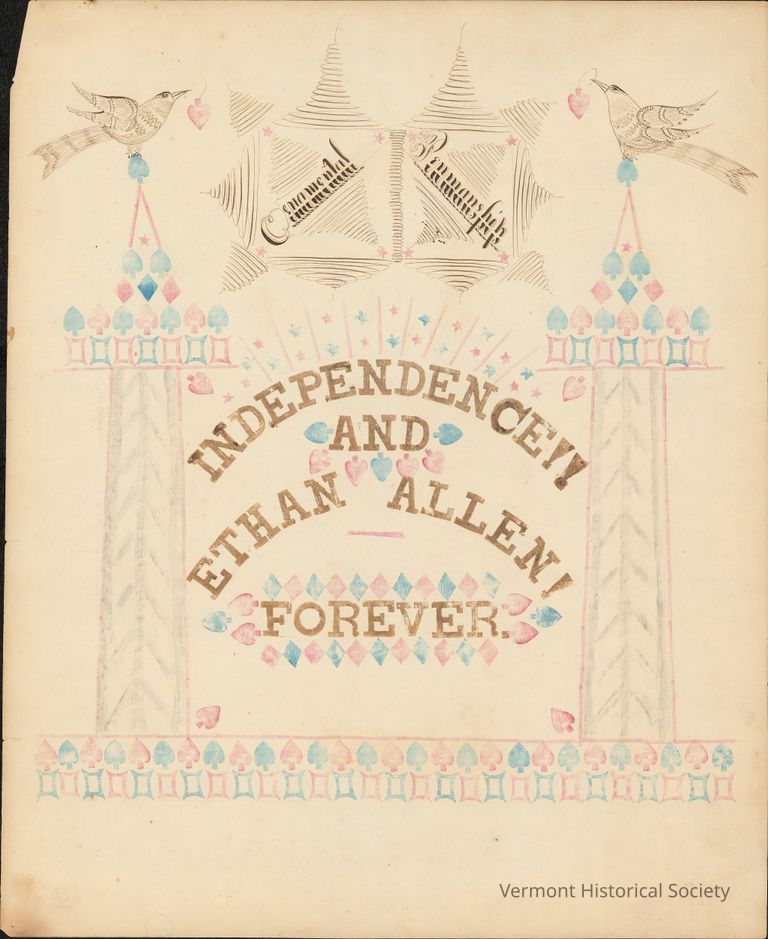

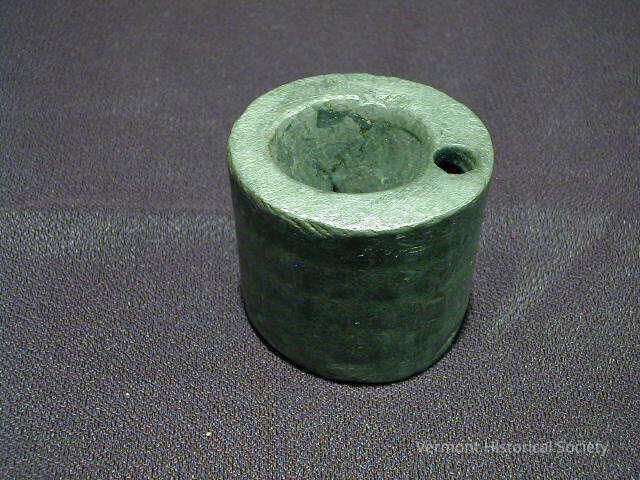
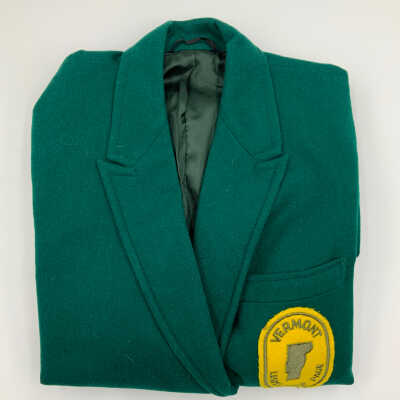
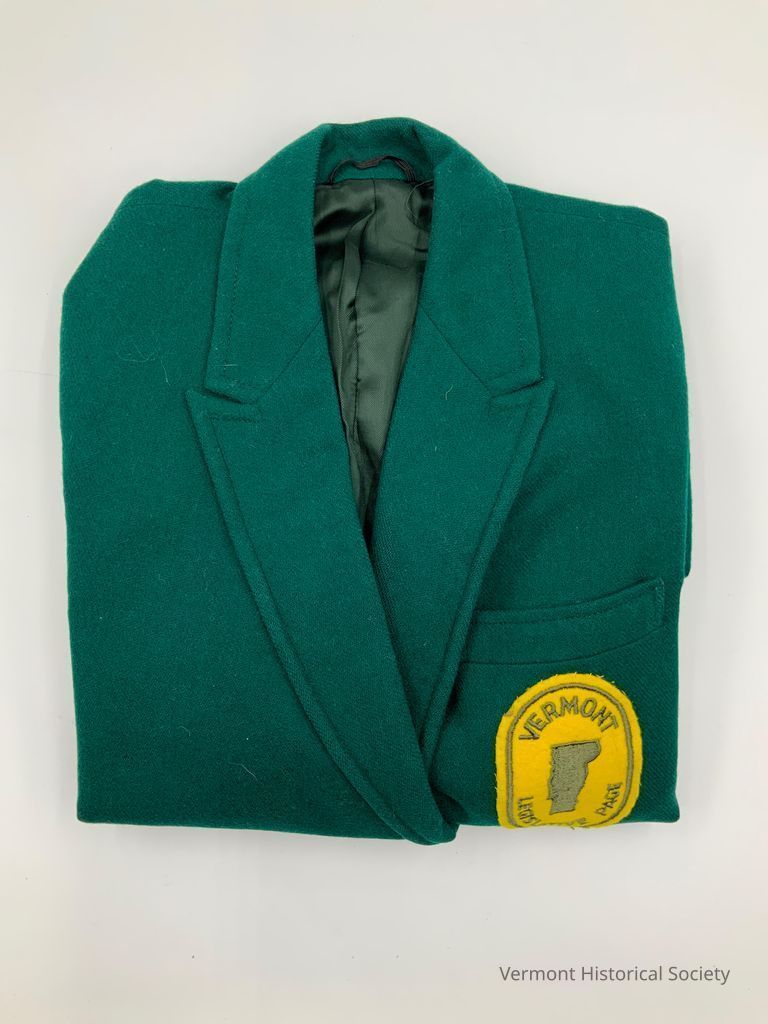
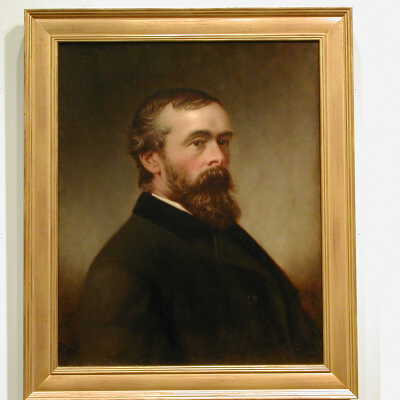
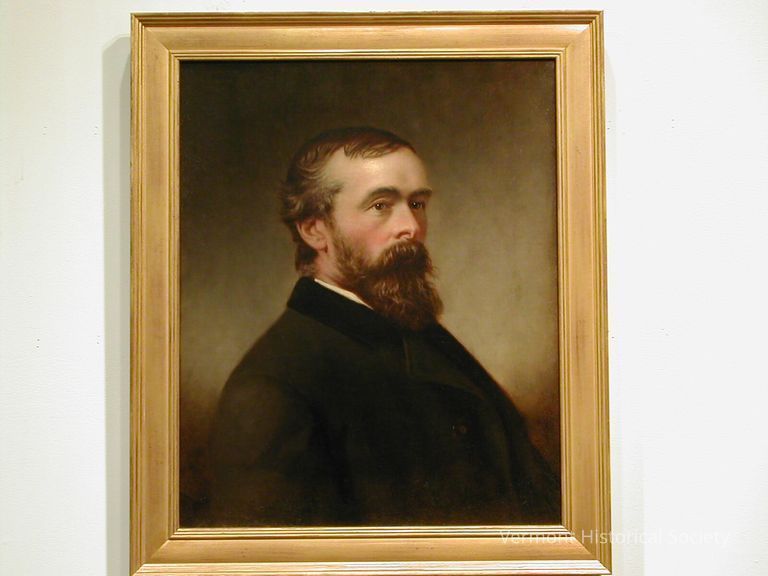
The son of a cabinetmaker, Thomas Waterman Wood was born in Montpelier, Vermont in 1823. He showed an early aptitude for painting and was apprenticed to Boston portrait artist Chester Harding.
In 1850 he married and built a carpenter gothic summer home in Montpelier. For much of the ensuing decade he traveled throughout the U.S., Canada, and Europe while supporting himself through portrait painting.
Wood set up a permanent studio in New York City with a specialty on figure drawing. During and after the Civil War he started creating genre paintings which brought him national recognition. He was ultimately accepted in the National Academy of Design and served as its vice-president and president.
He continued to spend summers in Montpelier and considered Vermont his home. His portraits are very common throughout central Vermont with many held by the Vermont Historical Society. Upon his death he left funds to create the T.W. Wood Gallery in Montpelier. He chose to be buried in Montpelier's Green Mount Cemetery.
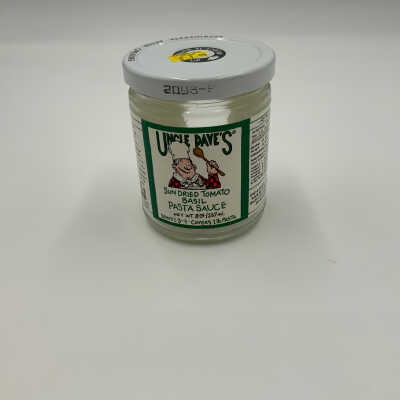
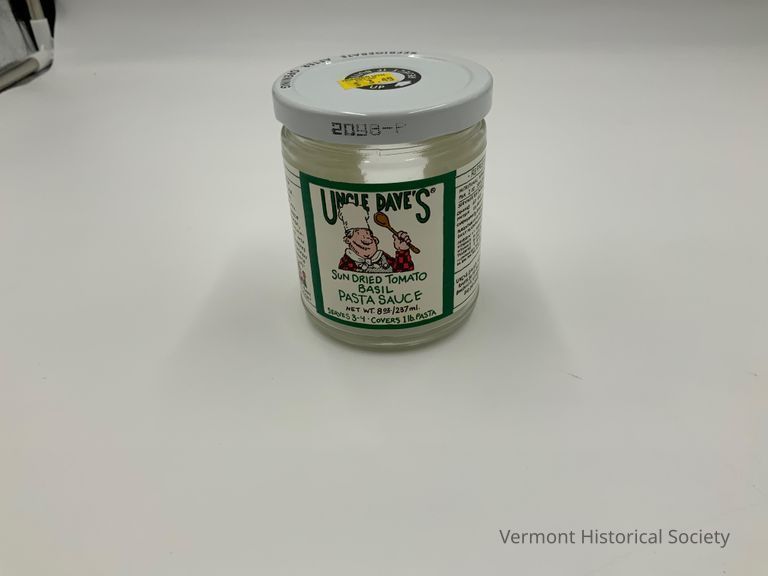
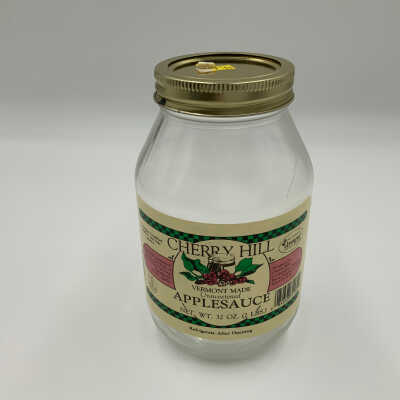
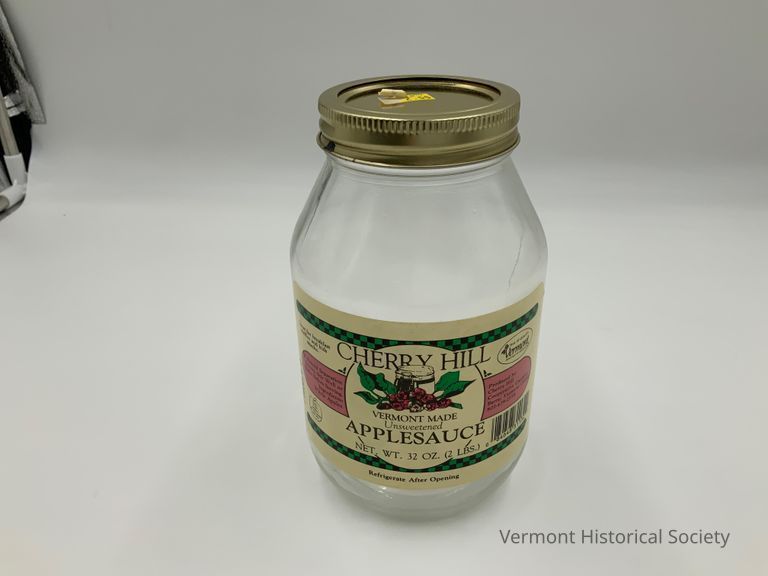
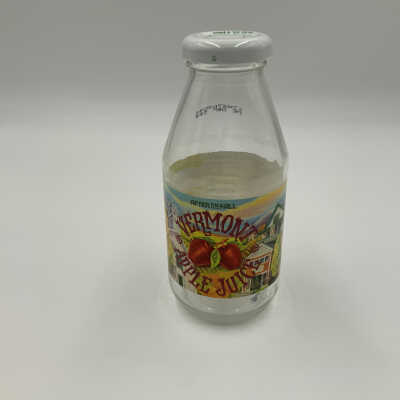
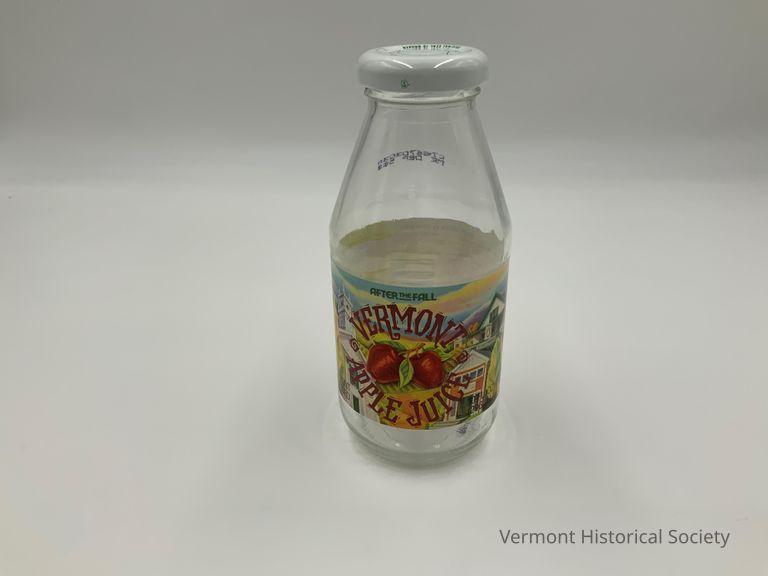
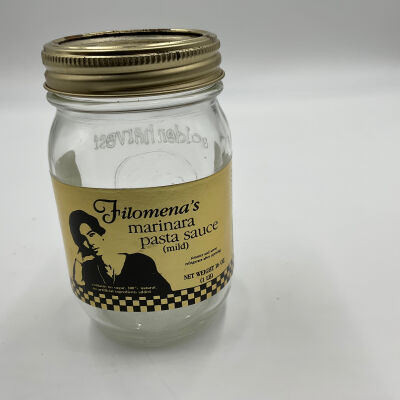
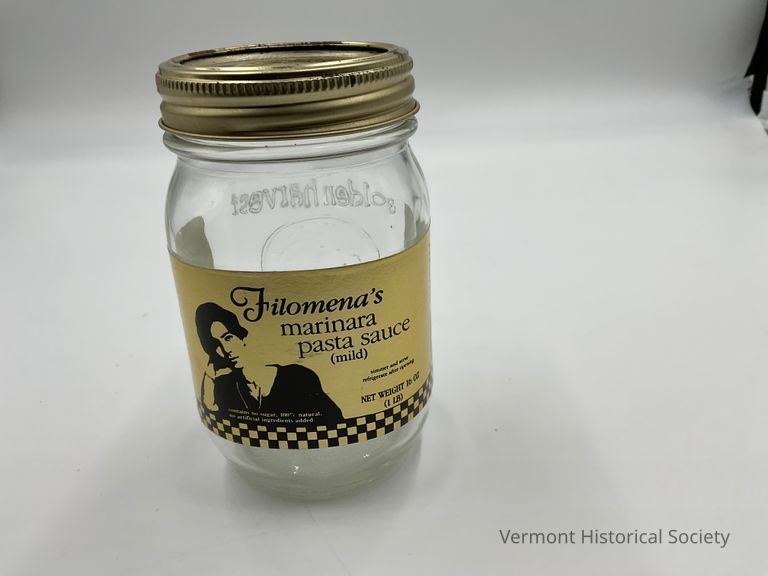

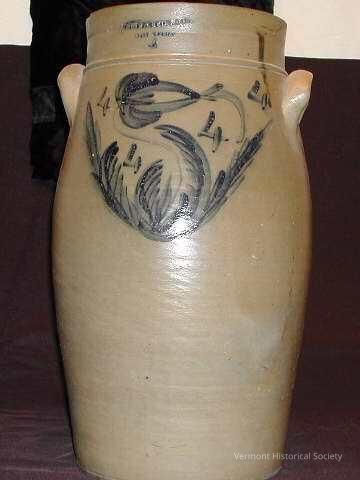
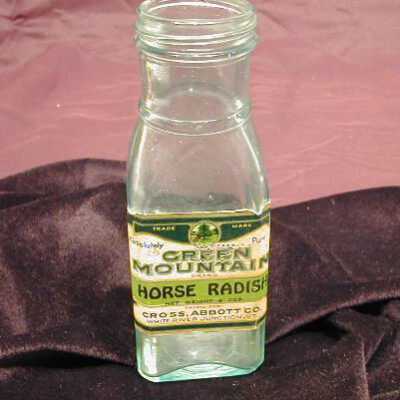
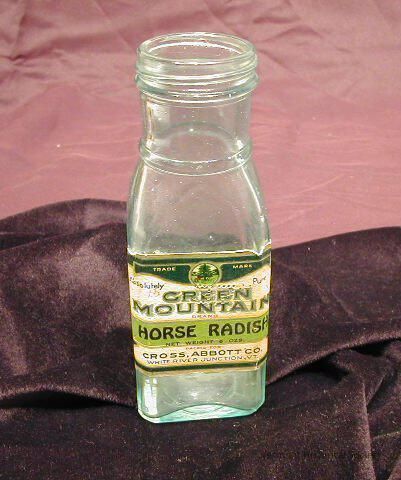
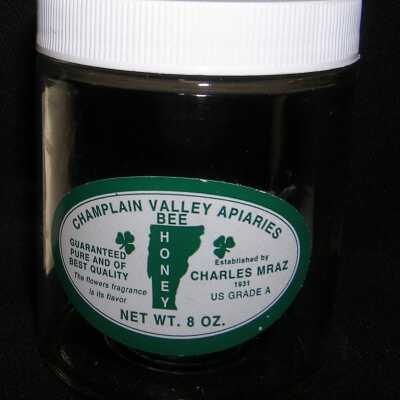
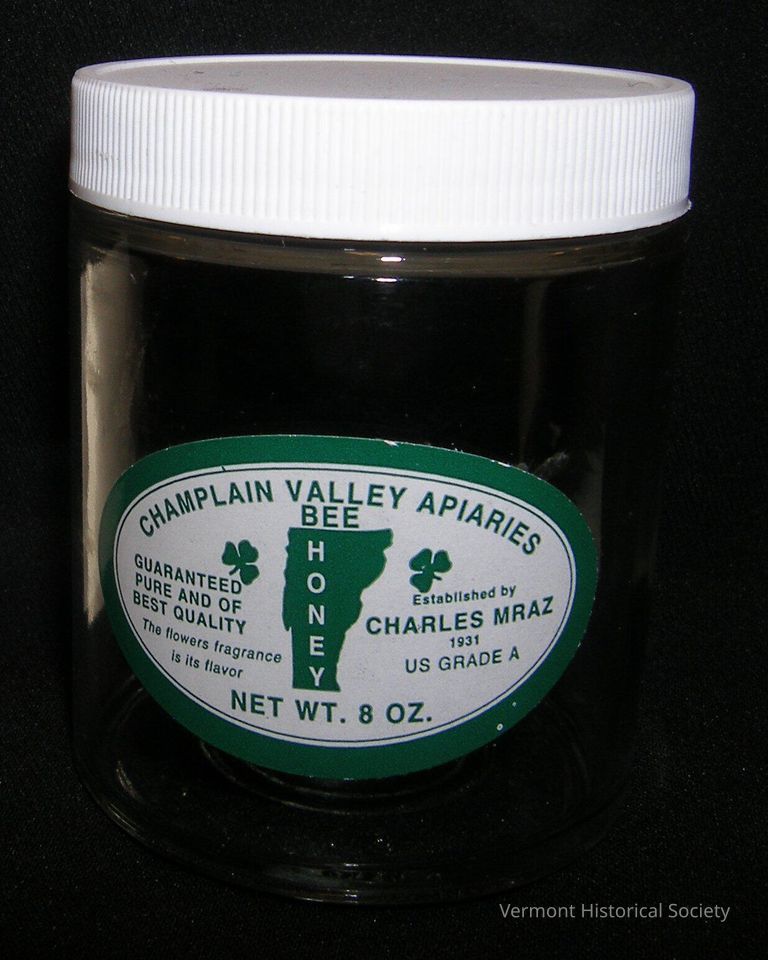
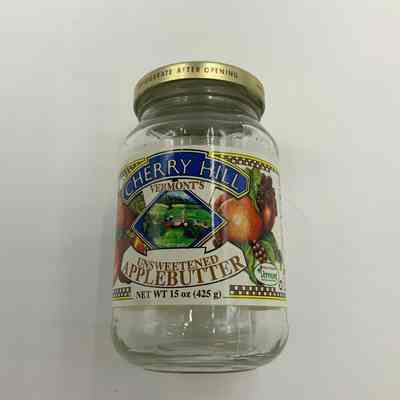
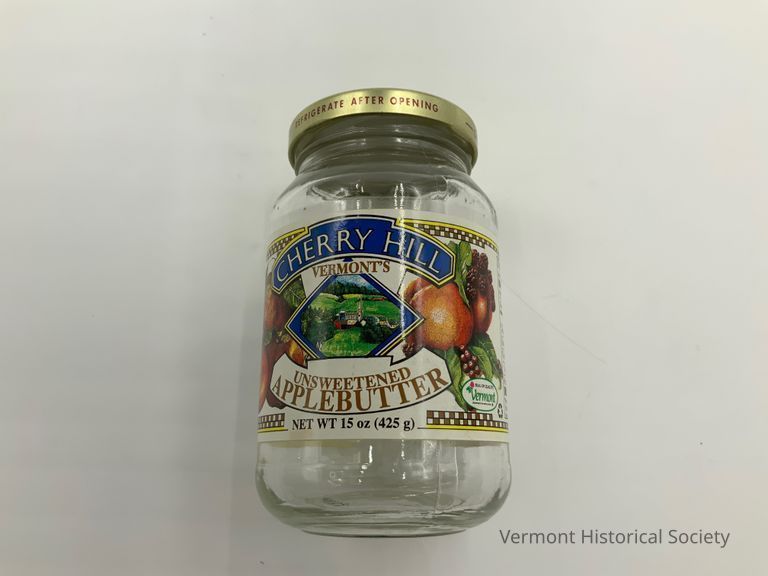
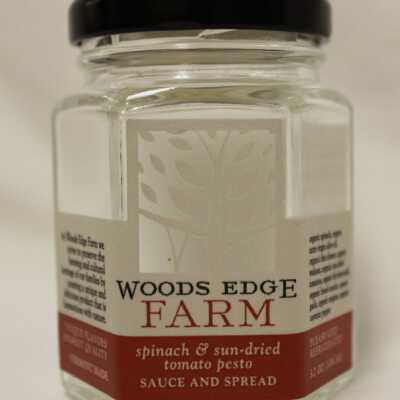
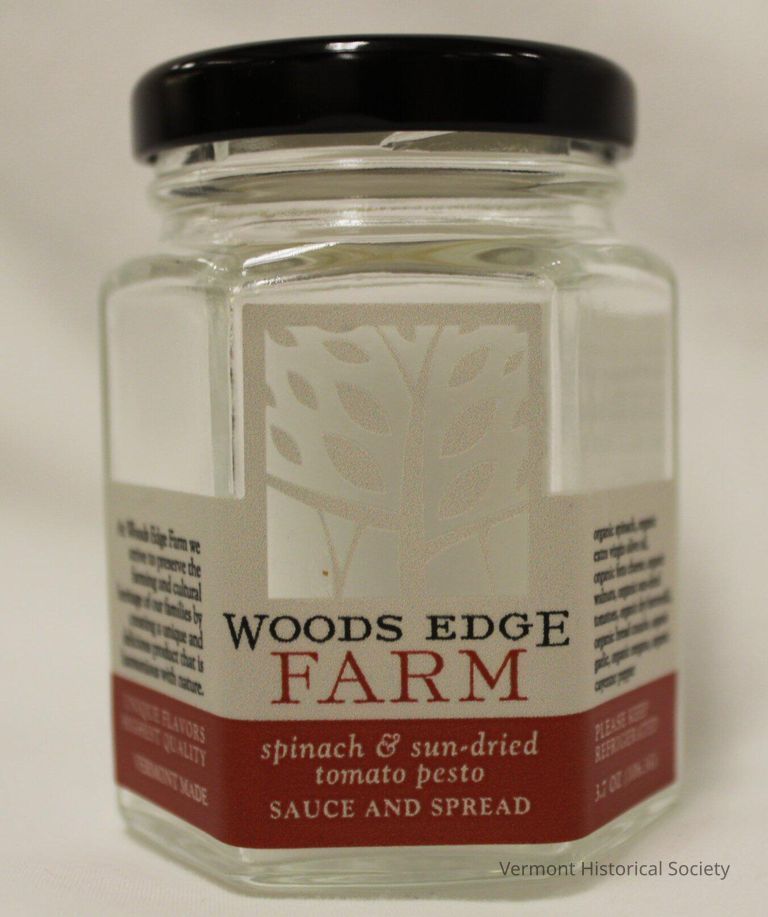
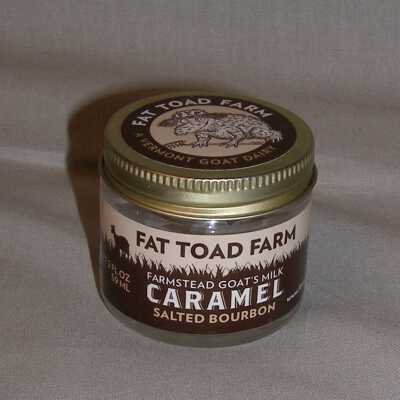
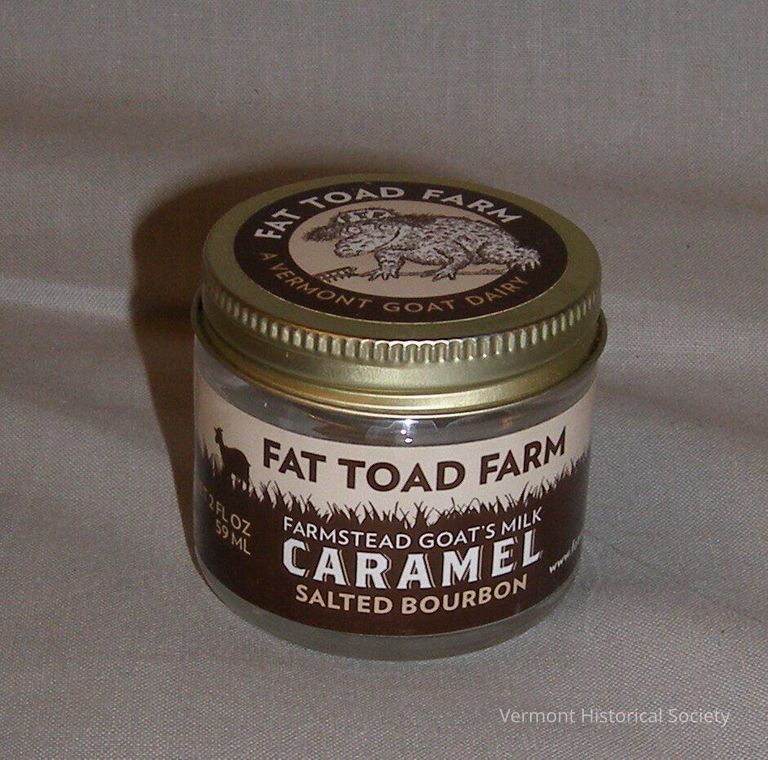
(a) Cap has a paper label with farm logo in center with brown border imprinted: "FAT TOAD FARM/ A VERMONT GOAT DAIRY"
(b) Jar has a brown and tan paper label imprinted on front: "FAT TOAD FARM/ Farmstead Goat's Milk/ CARAMEL/ SALTED BOURBON" with mailing address, web address, list of ingredients, fluid weight, etc. On bottom is paper tag which reads: "Best by 060614
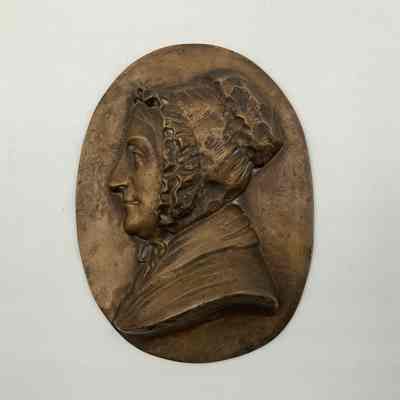
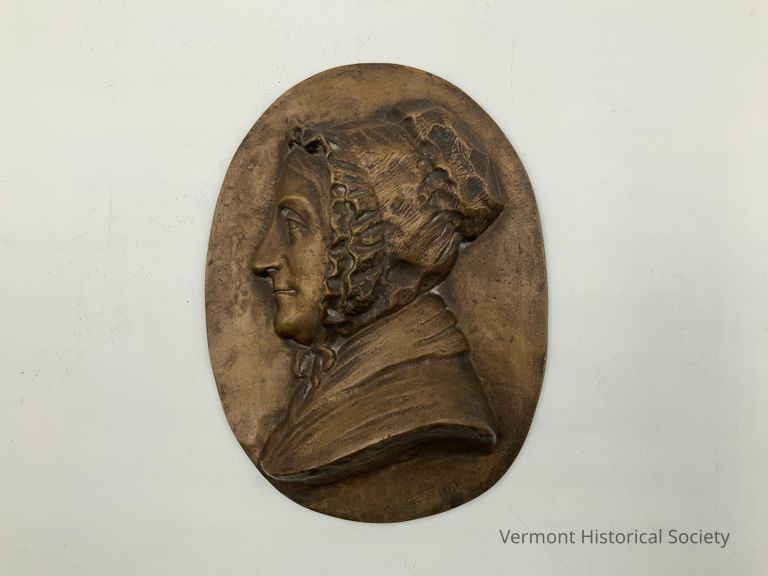
There is a manufacturing company's name on the back but it is difficult to decipher. It may say "Gorham MFG Co."
Also on the back is the following: Jemima Loomis B. 1799 (which is an incorrect date. It should be 1779) M. Thaddeus Leavitt Jan. 1st 1801."
"William Morris Hunt (born March 31, 1824, Brattleboro, Vermont, U.S.—died September 8, 1879, Isles of Shoals, New Hampshire) was a Romantic painter who created a fashion in the United States for the luminous, atmospheric painting of the French Barbizon school.
After attending Harvard University, Hunt studied with Thomas Couture in Paris and then in Barbizon with Jean-François Millet, one of the leaders of the Barbizon school of painters. Upon returning to New England, Hunt introduced the works of Camille Corot, Théodore Rousseau, and the Barbizon school to the Boston society circles in which he moved, thereby helping to turn a rising generation of American painters toward Paris and away from the national style epitomized by the Hudson River school landscape painters."
Source: https://www.britannica.com/biography/William-Morris-Hunt
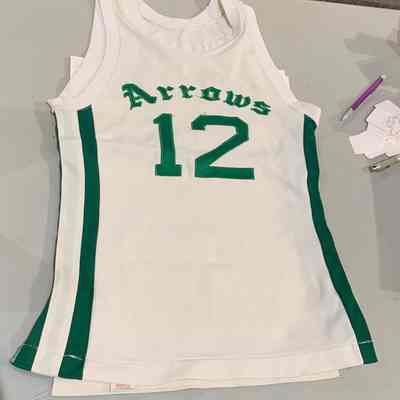
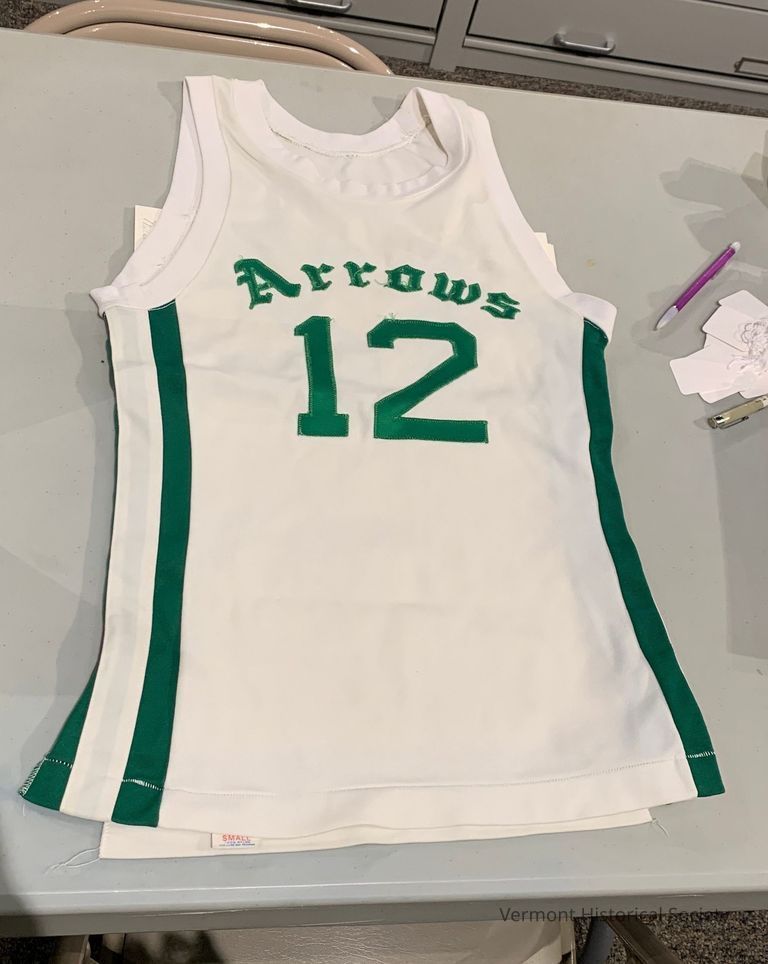
Worn by Daryl Wetzel Austine alumnus class of 1979 who in 1978 won the 1,000 points for the basketball team.
12 was the number of Daryl Wetzel who was a graduate of the Austine School for the Deaf in 1979 was inducted into the 1,000 points club in his junior year in Spring, 1978. (see photo in archives) He continued to play ay Gallaudet University and enjoyed a career with the AAAD (American Athletic Association for the Deaf) and with the USADB (United States American Deaf Basketball). In 2003 Wetzel was inducted as the first ever deaf male player in the New England Basketball Hall of Fame (R.I.).
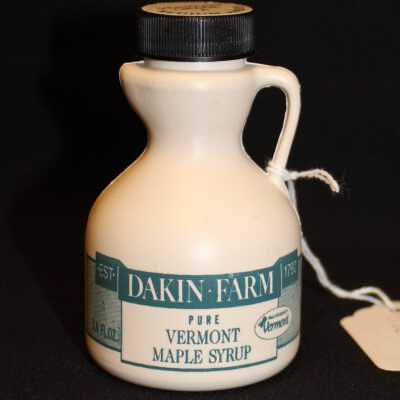
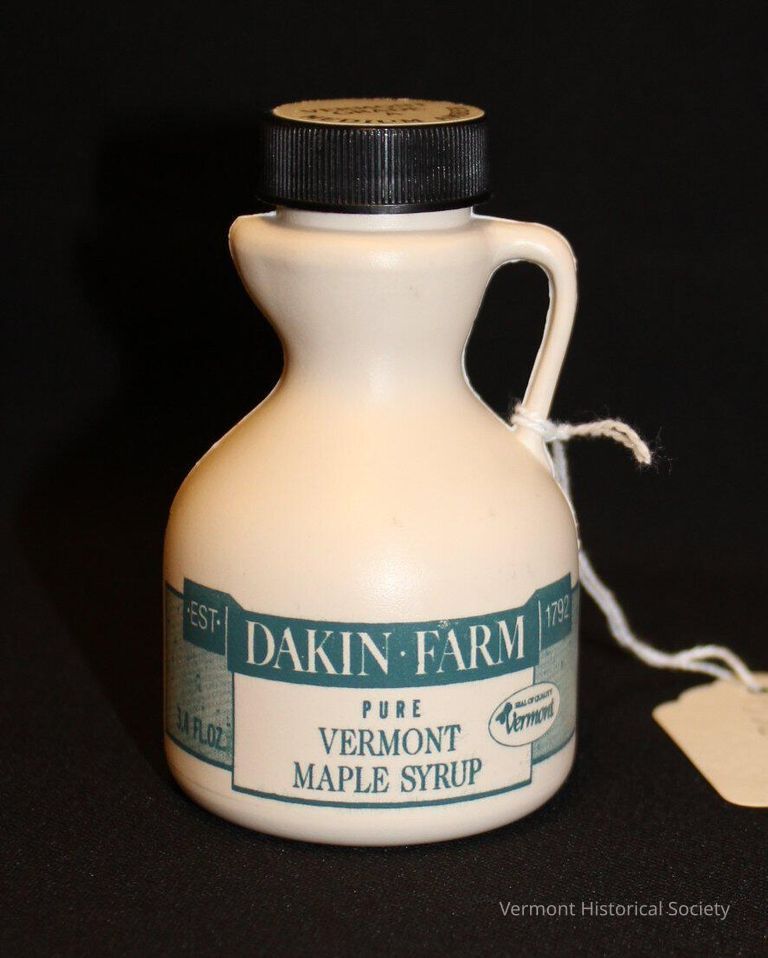
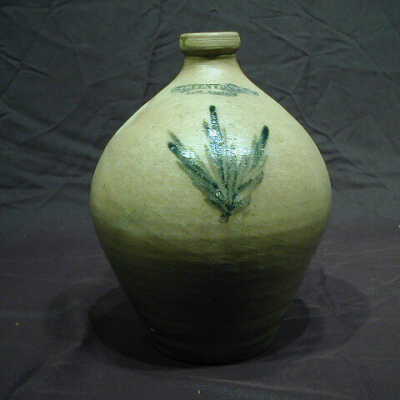
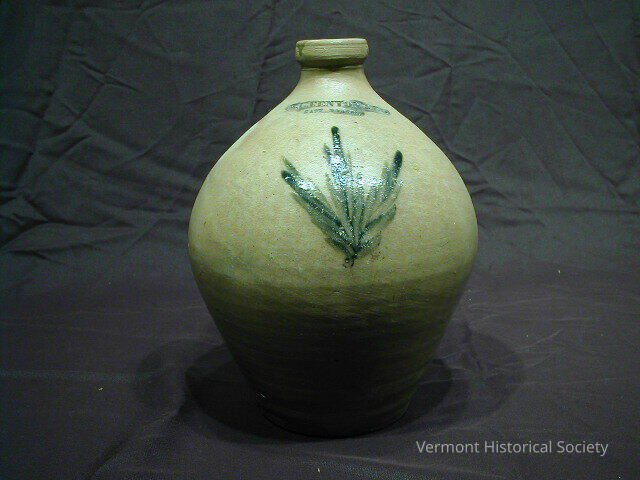
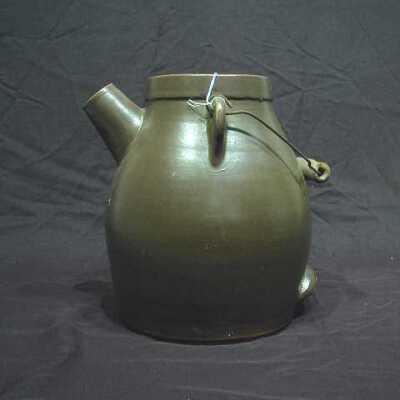
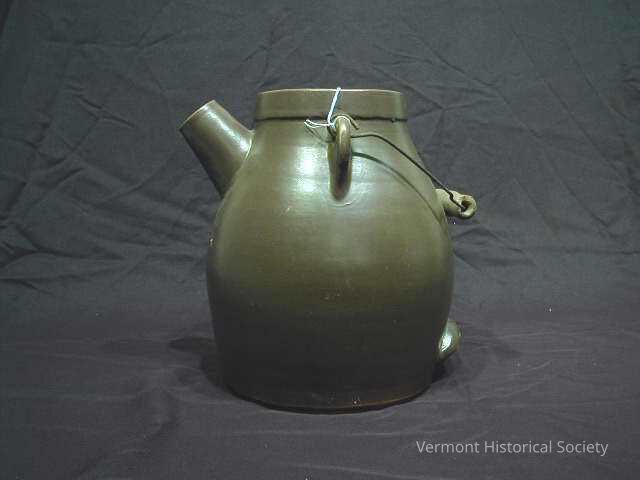
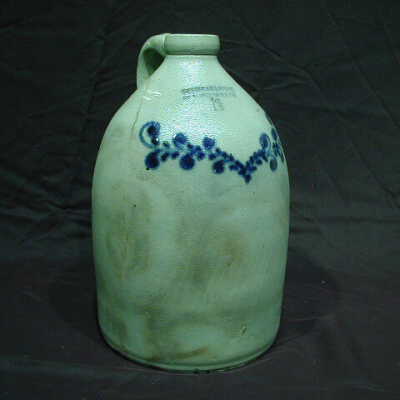
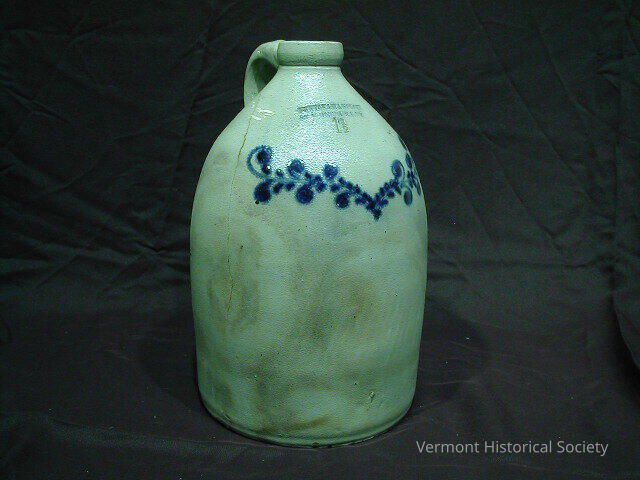
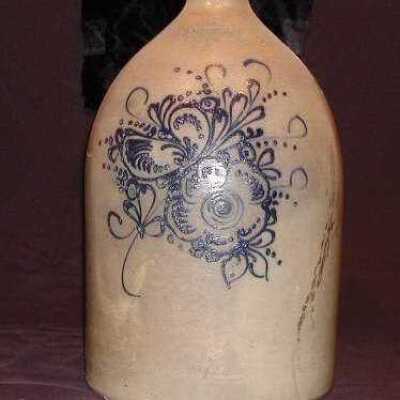
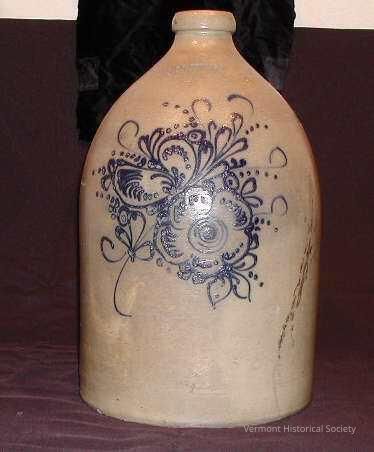
Stoneware jug with handle. "J.E. Norton, Bennington, VT, 41"
Elaborately decorated with blue spray of flowers and leaves.
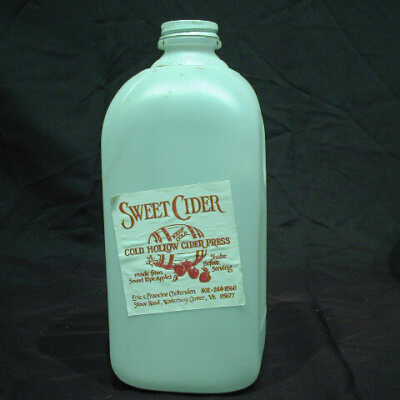
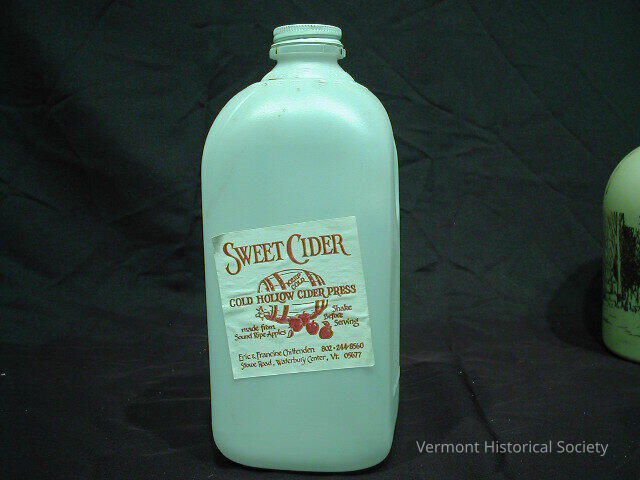
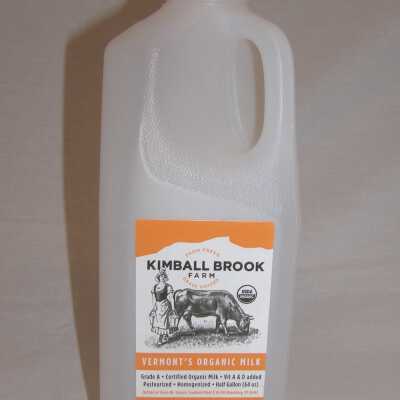
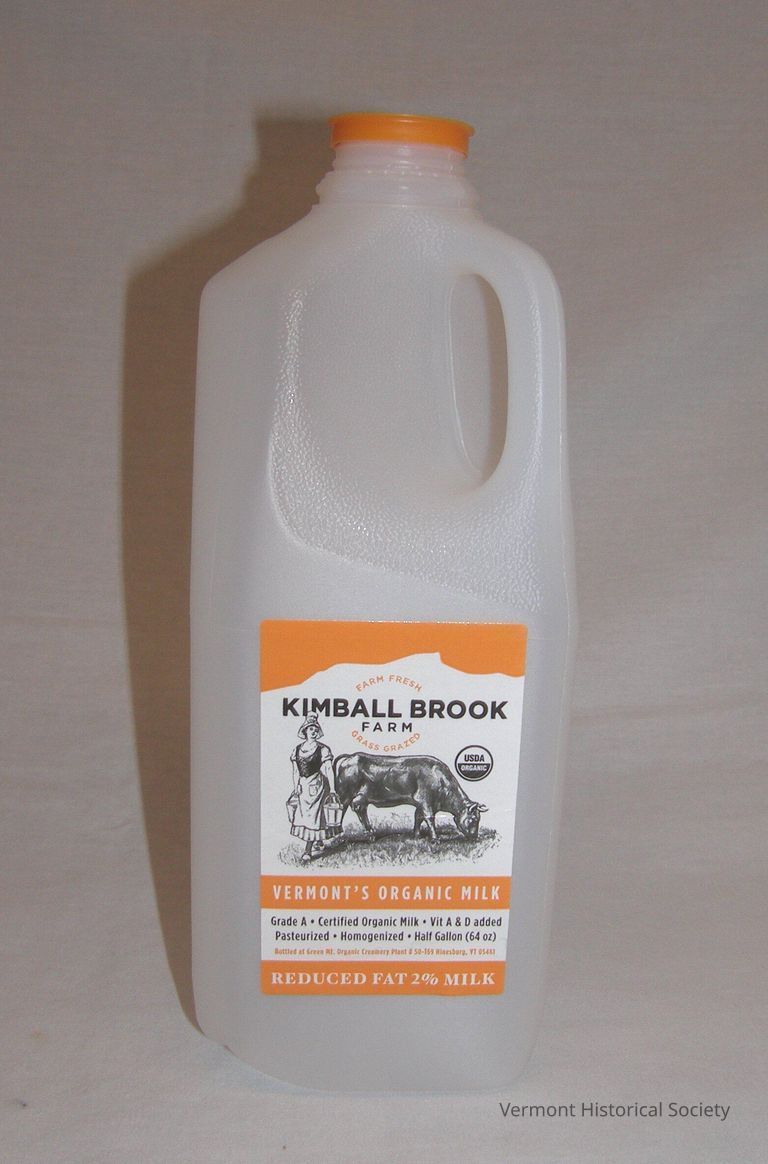
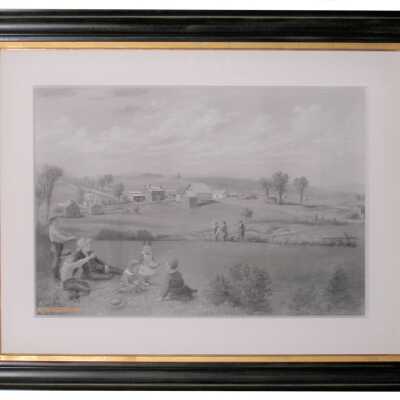
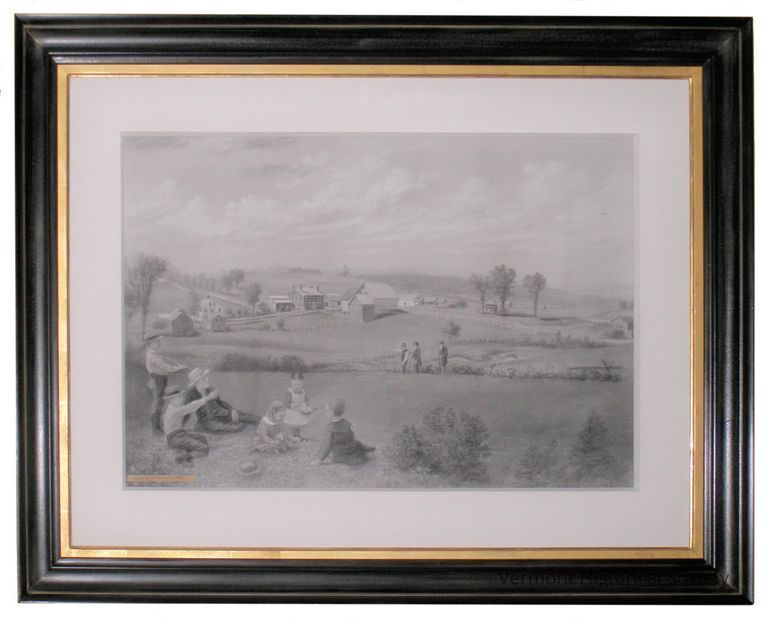
James Gilman was a prolific landscape painter throughout Washington County in the late-19th century.
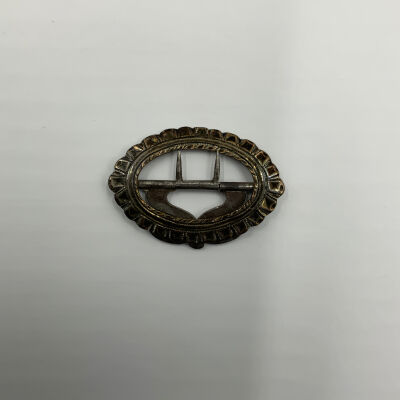
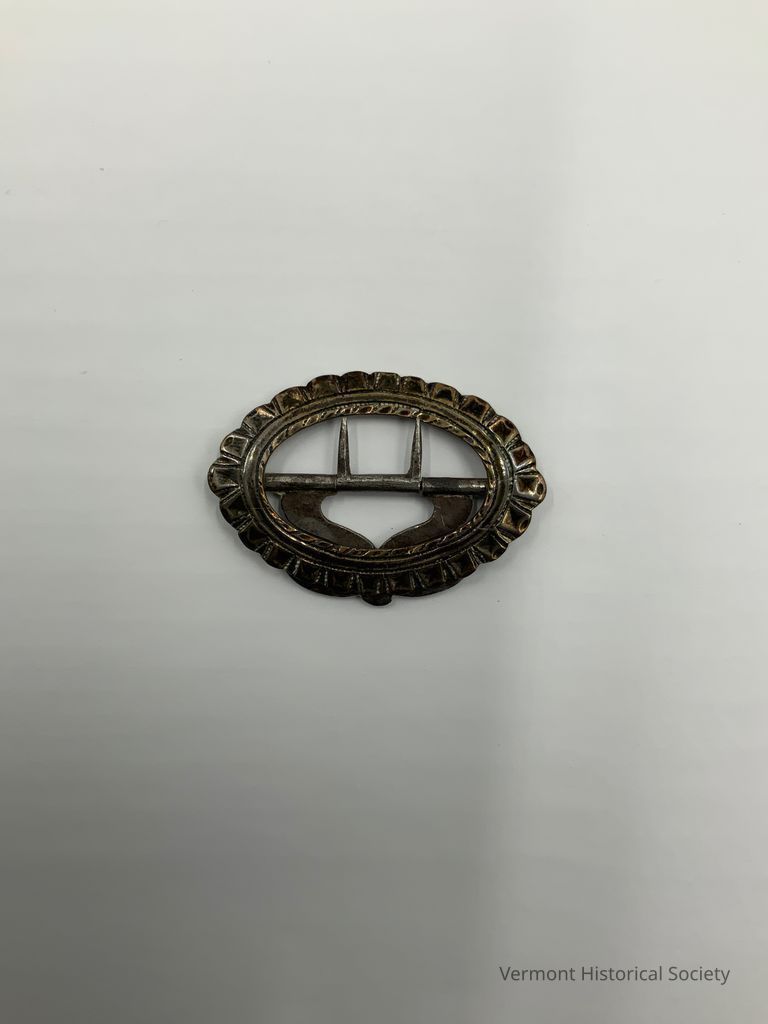

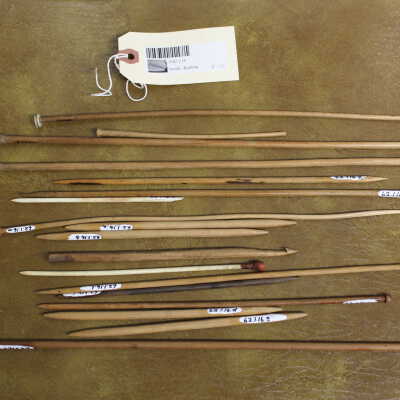
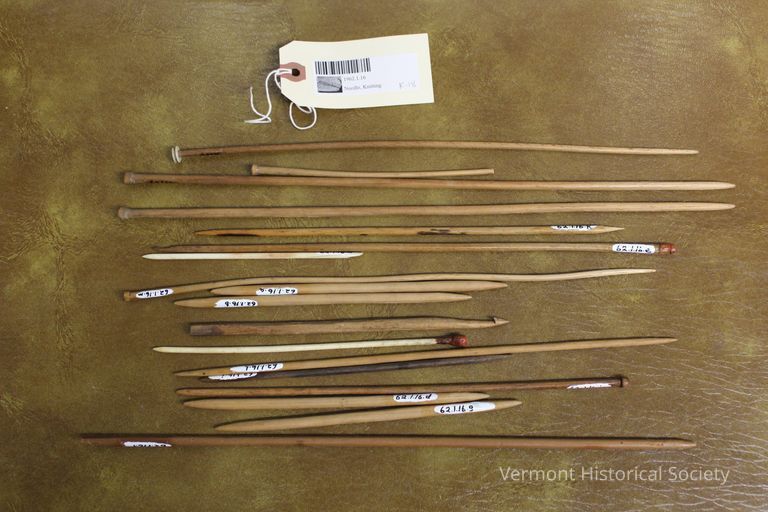
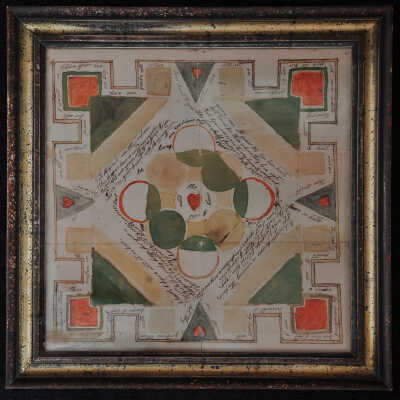
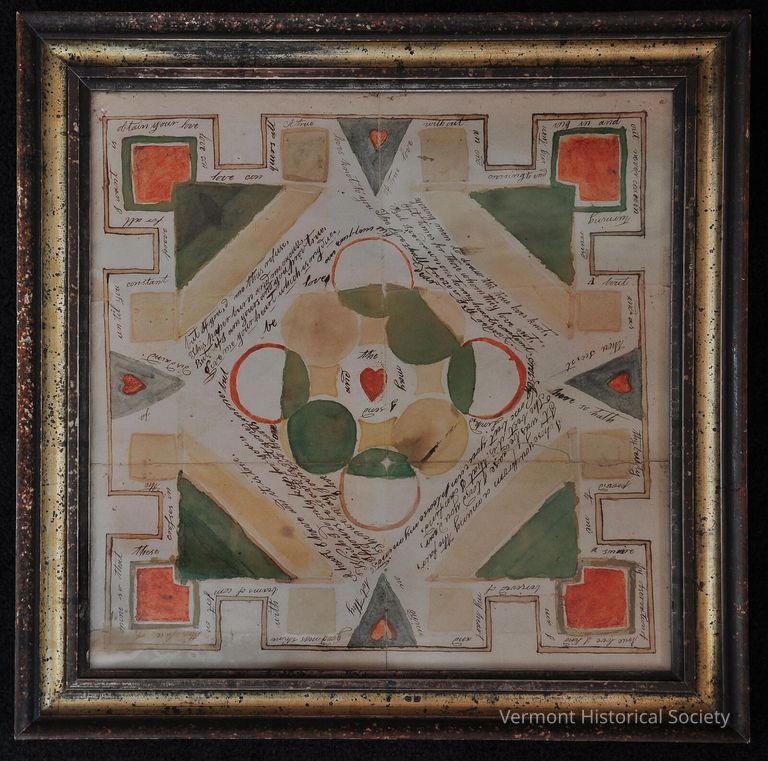
In the center of the piece is a red heart surrounded with green and beige circles that stylistically forms a diamond [a square on end]. There are four triangles about 1.13" from each side of the diamond. Those triangles are beige and green. The border around the design consists of uniform straight lines with short inward juts (about 1" x 1"); two per side. Color highlights the borders too. Red/orange, blue, green and beige. Writing that is difficult to read weaves its way through the piece. I'm not sure if it begins in the center with "I send..." or ends there and begins along the outside edge with "A true loves knot..."
Though often associated with Valentine's Day, these notes were sent throughout the year. This particular lover's knot was sent in November of 1816 within the town of Guilford.
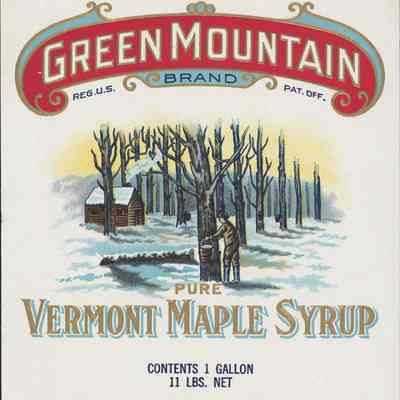
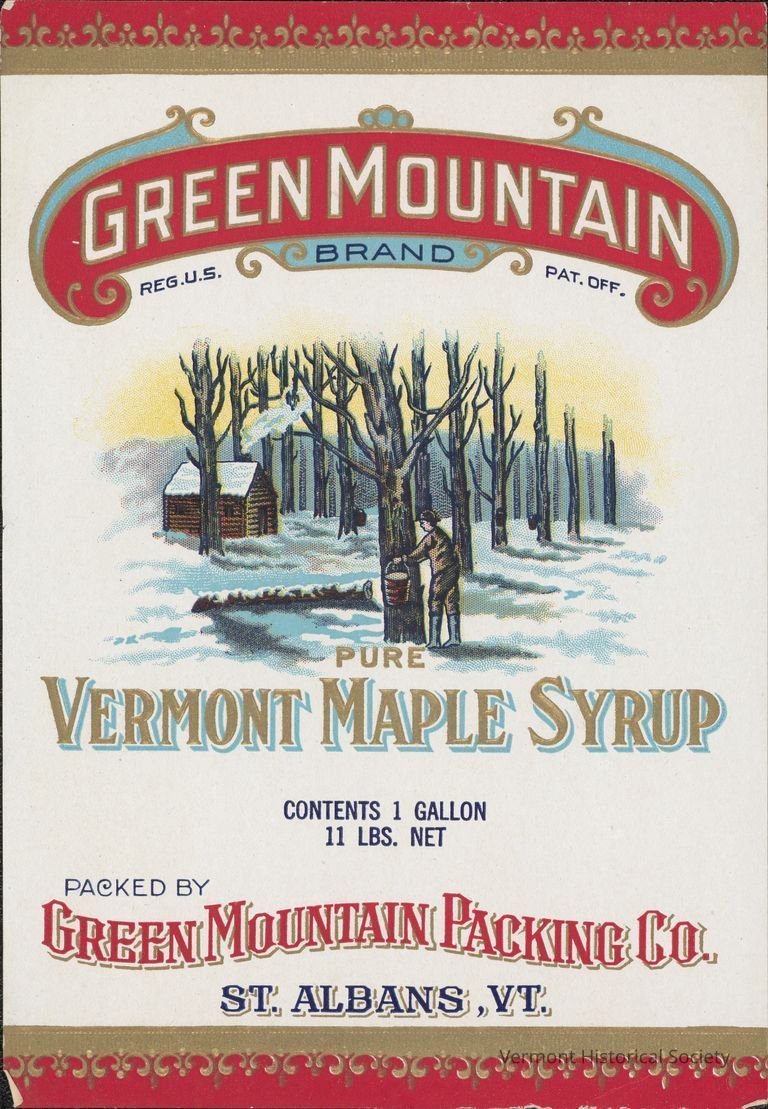
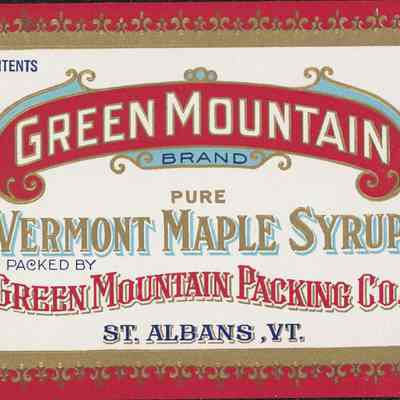
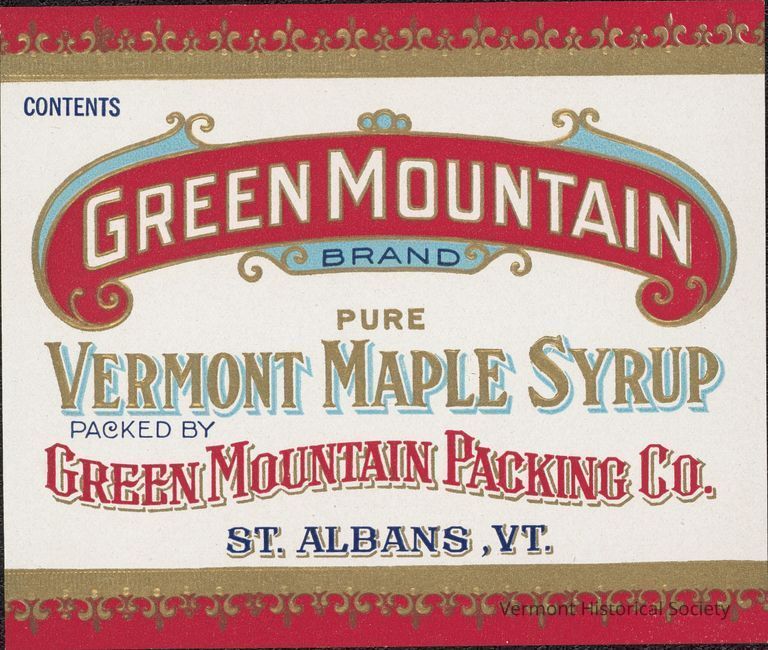
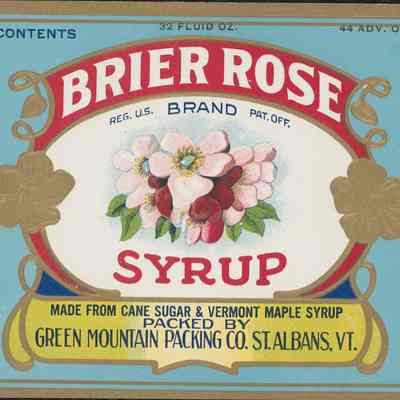
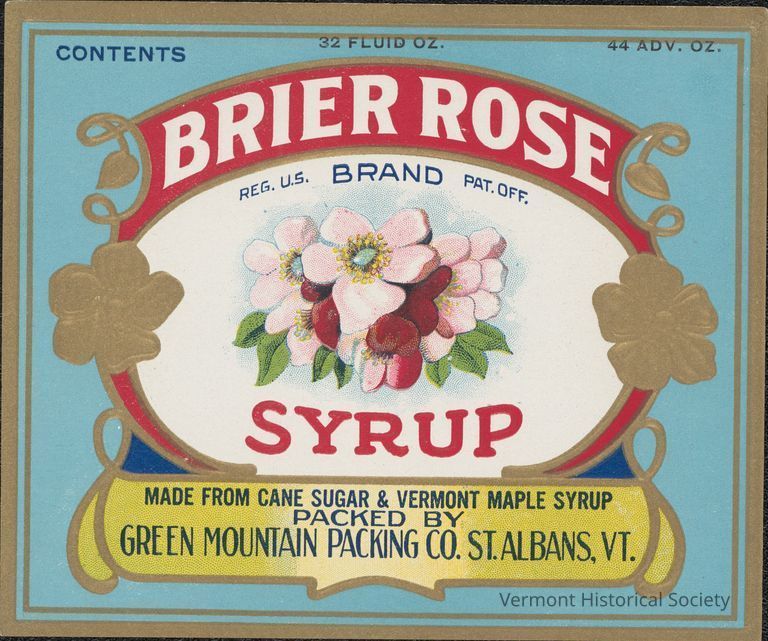
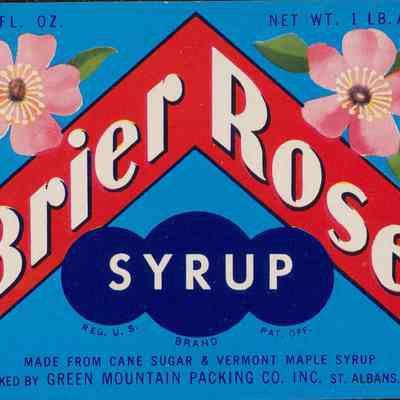
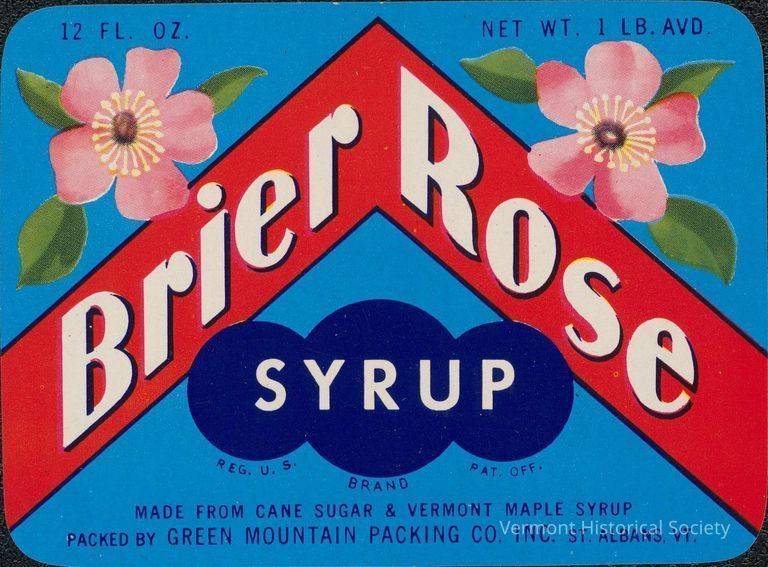
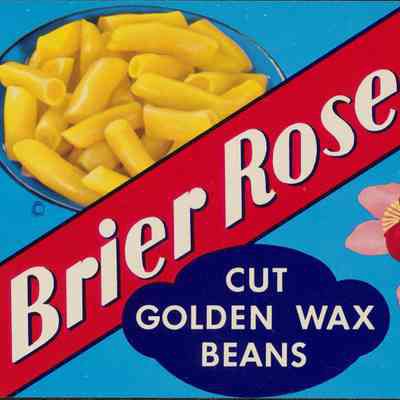
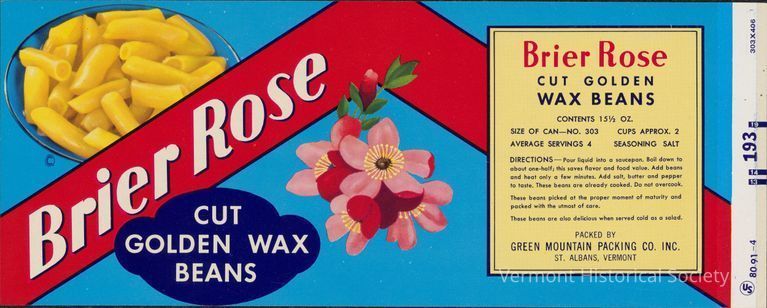
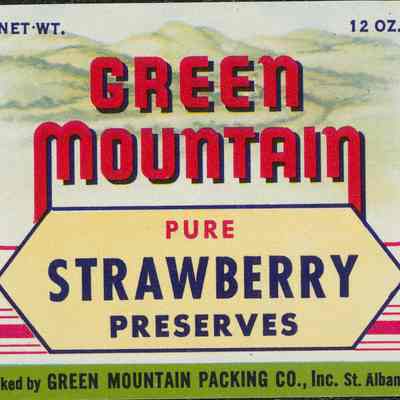
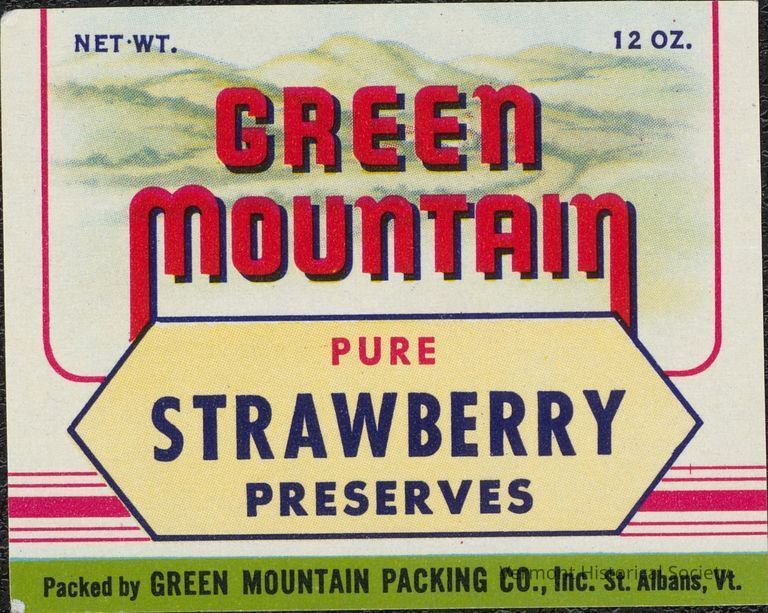
Identical image to 1998.24.7, just contains different fruit preserves.
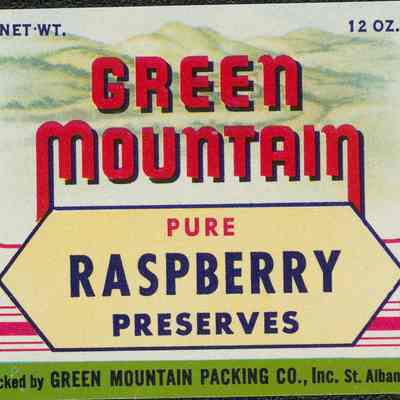
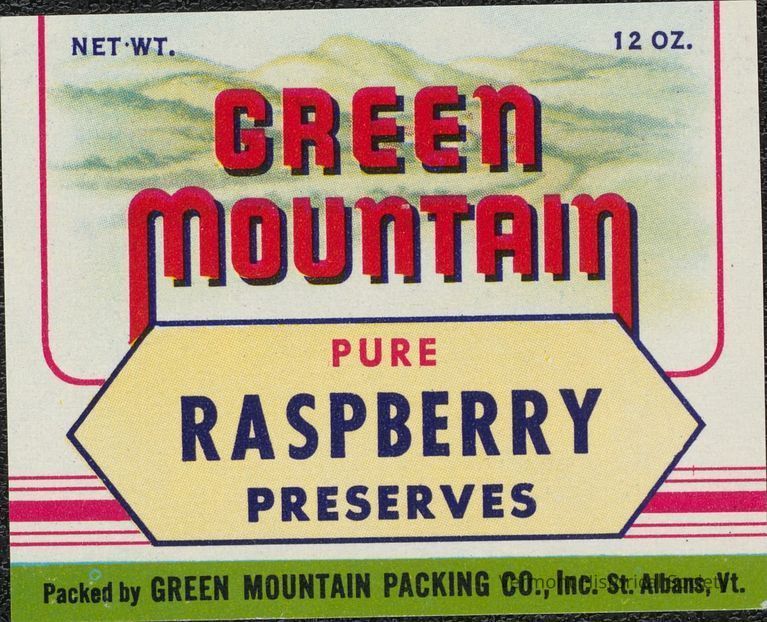
Identical image to 1998.24.6, just different fruit preserves.
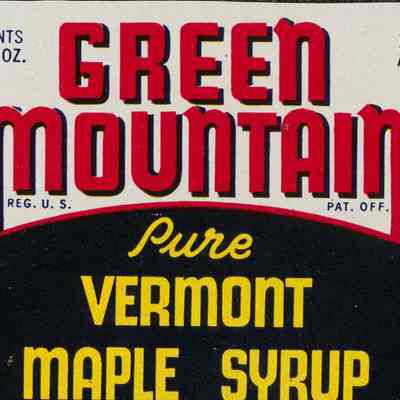
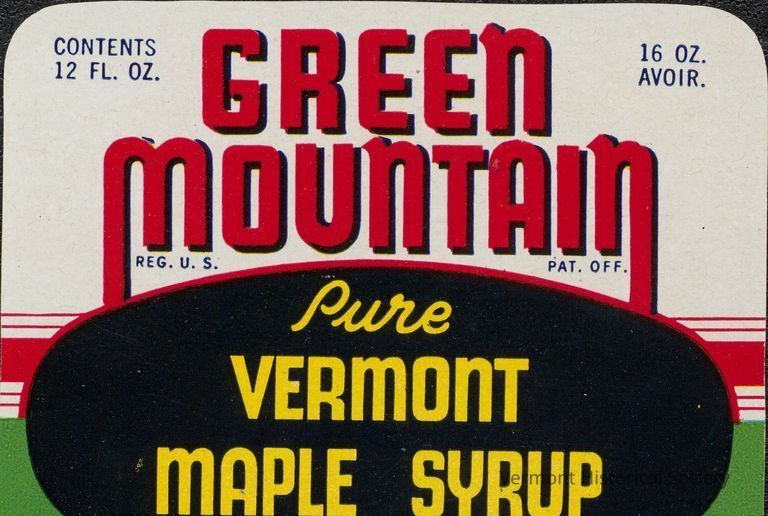
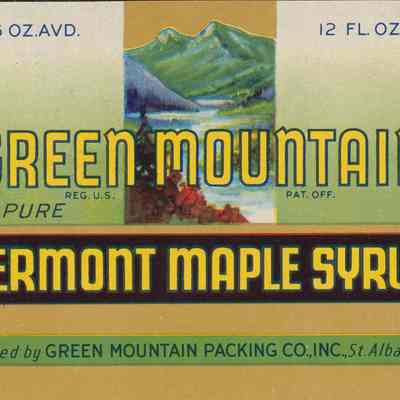
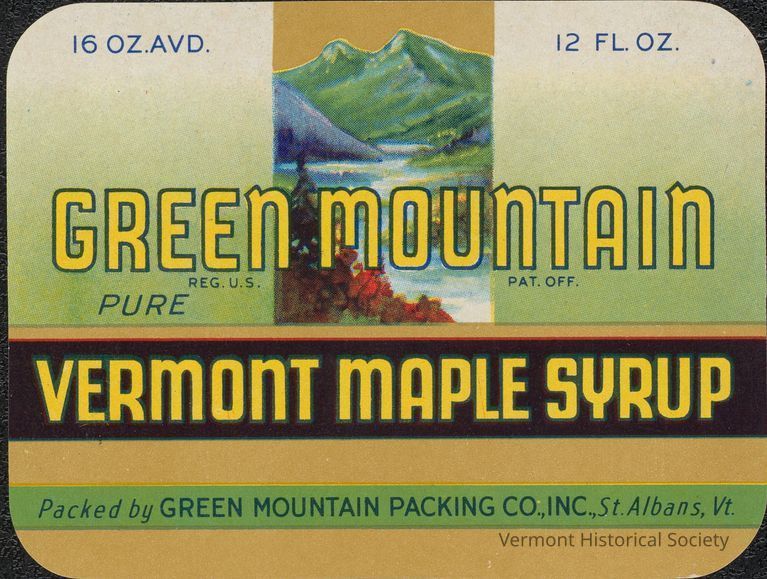
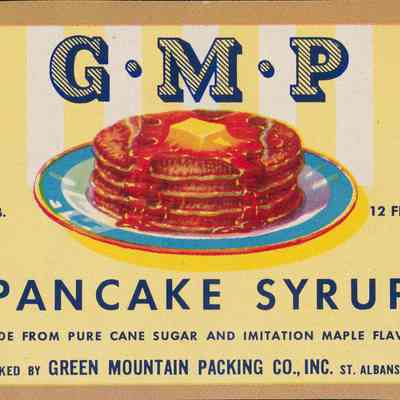
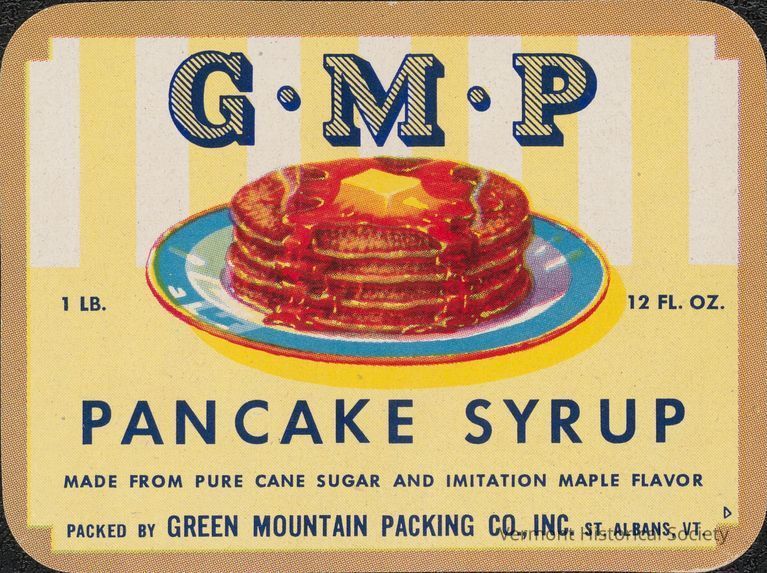

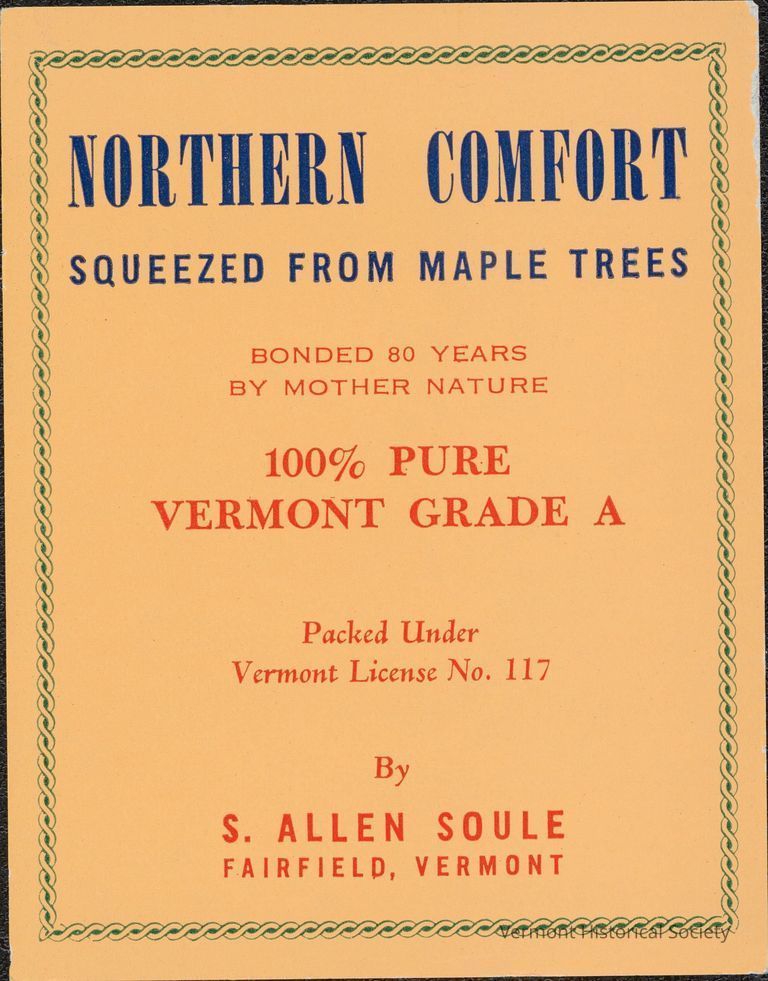
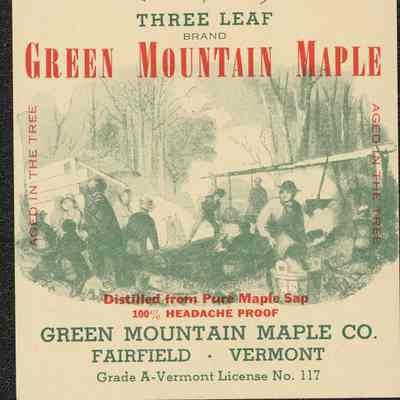
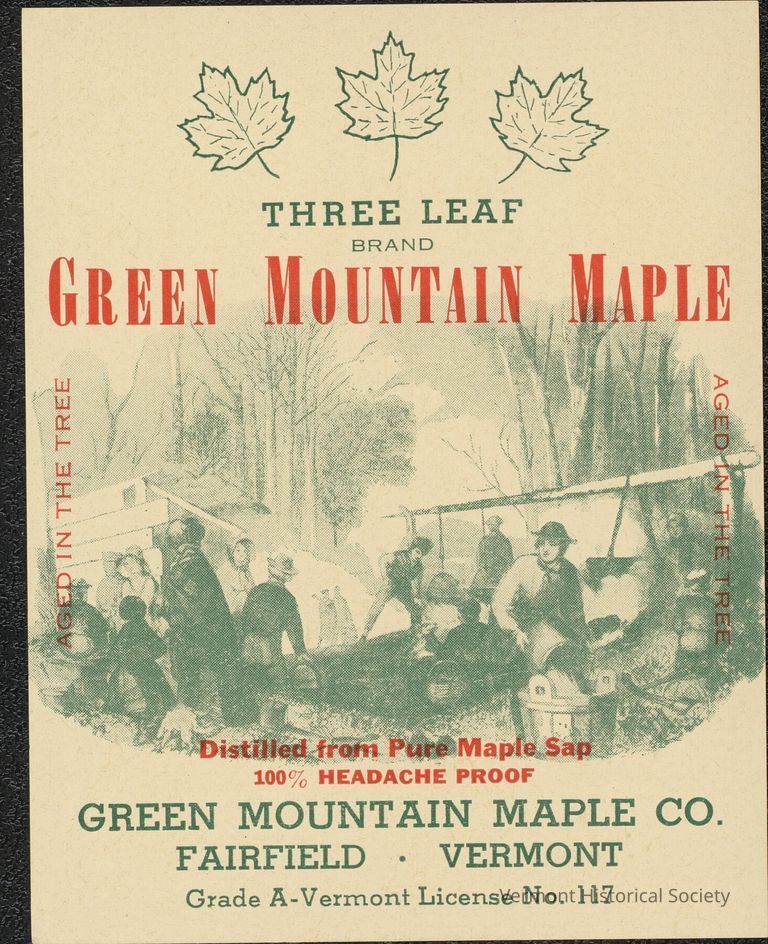
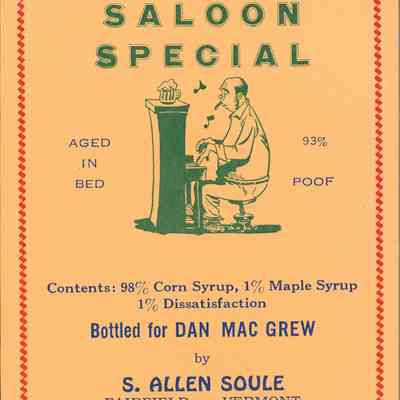
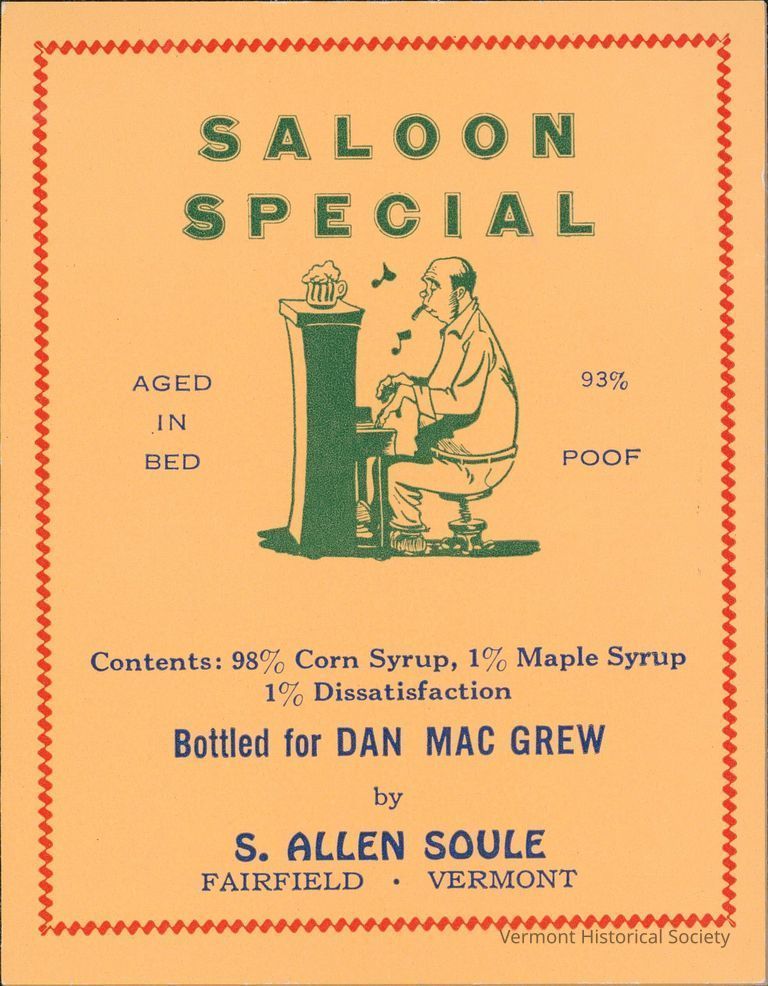
This label is identical to 1998.24.14, just with a different background color.
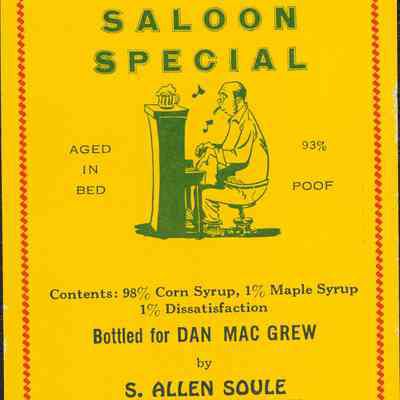
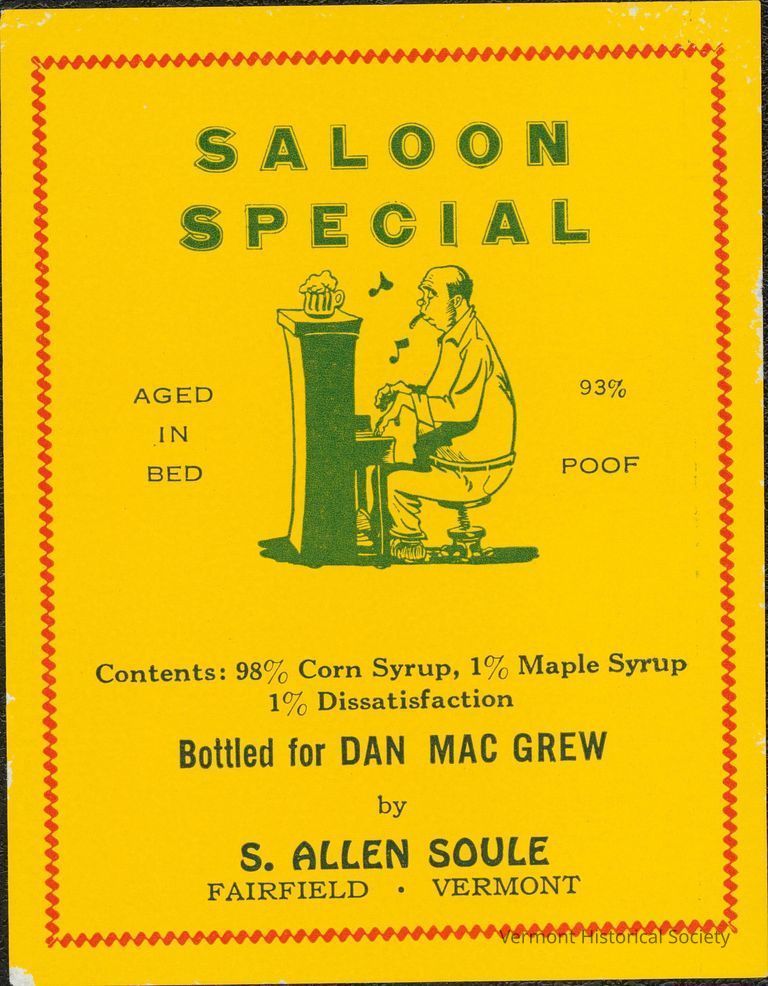
This label is identical to 1998.24.13, just with a different background color.
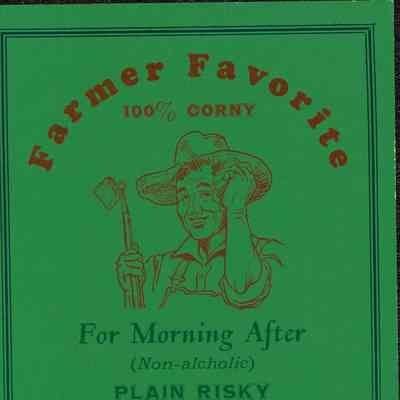
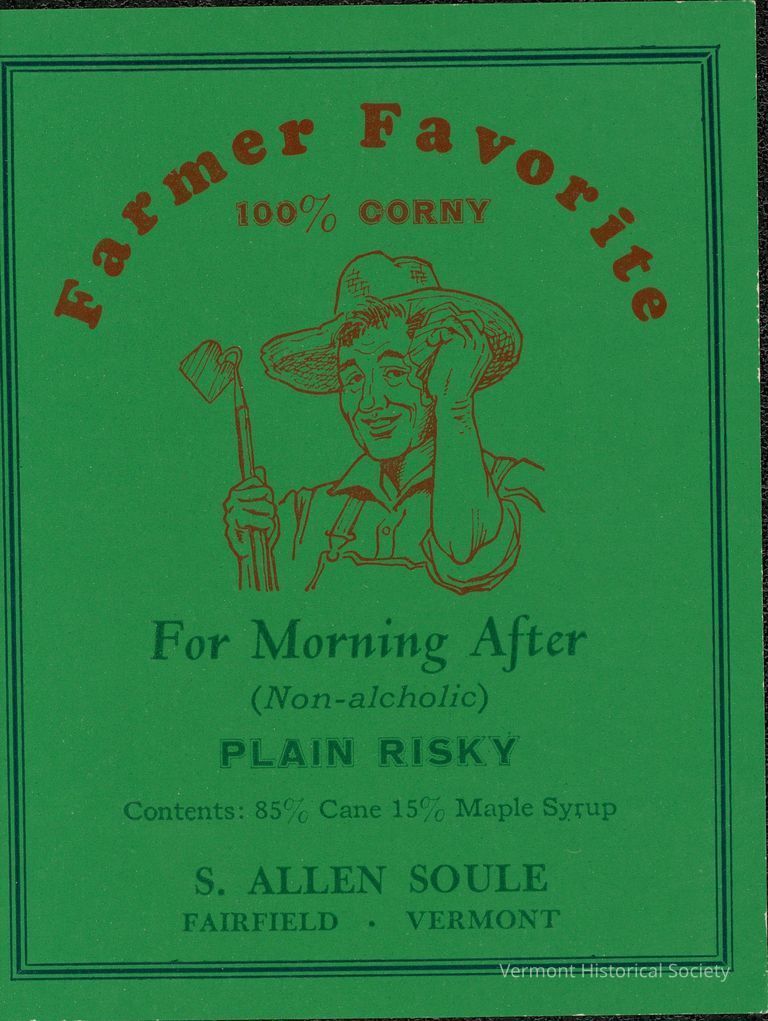
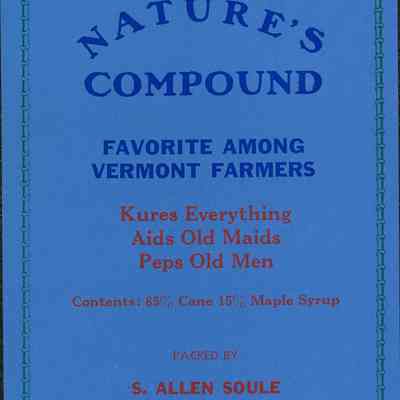
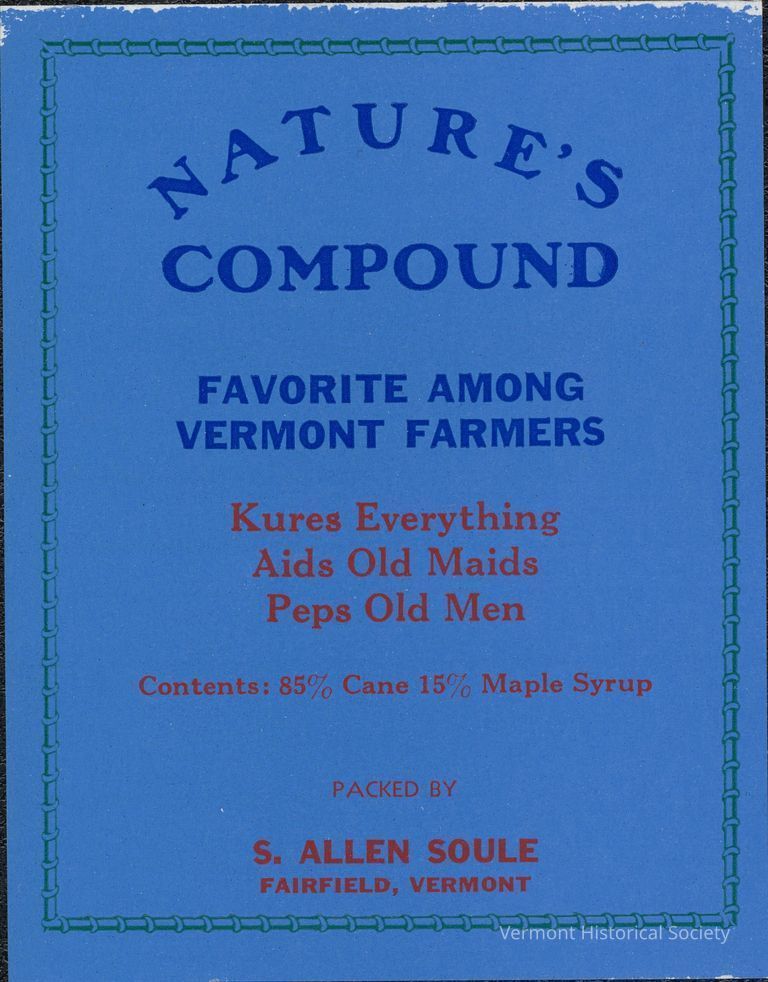
Dark/med. blue with red and green.
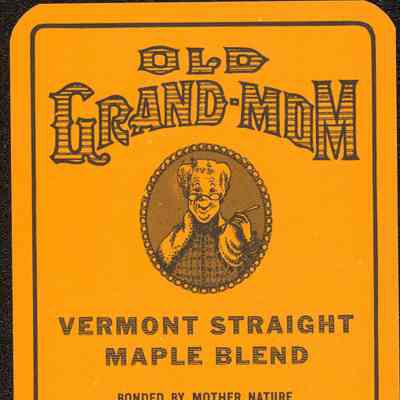
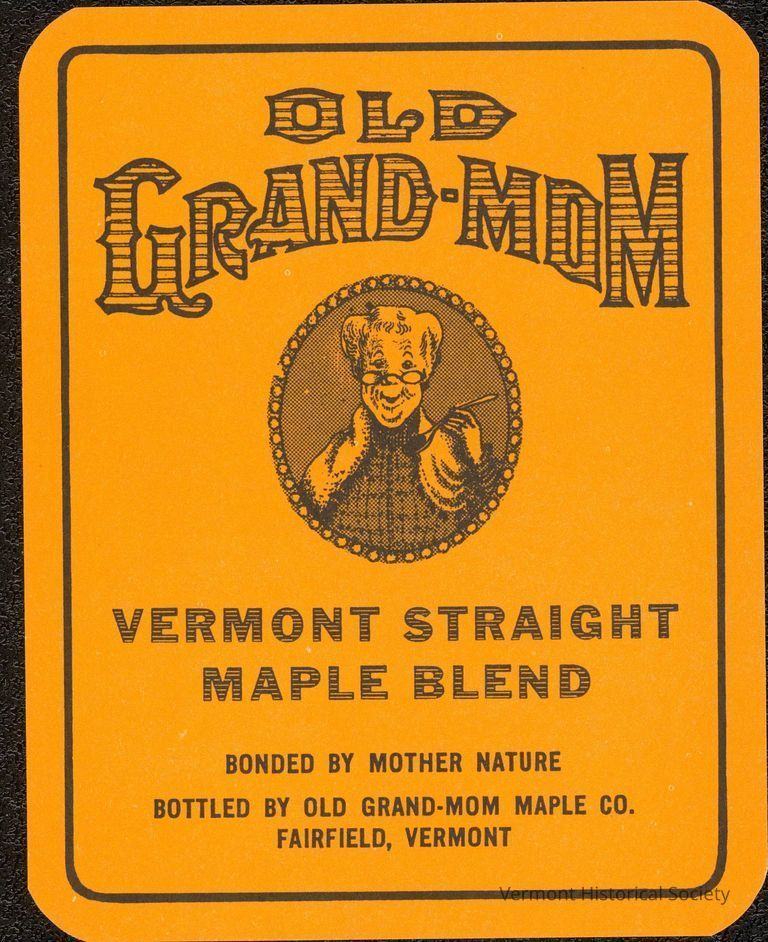
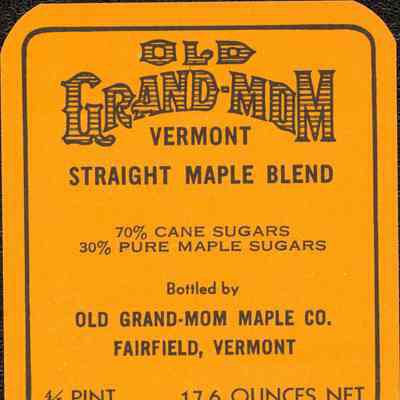
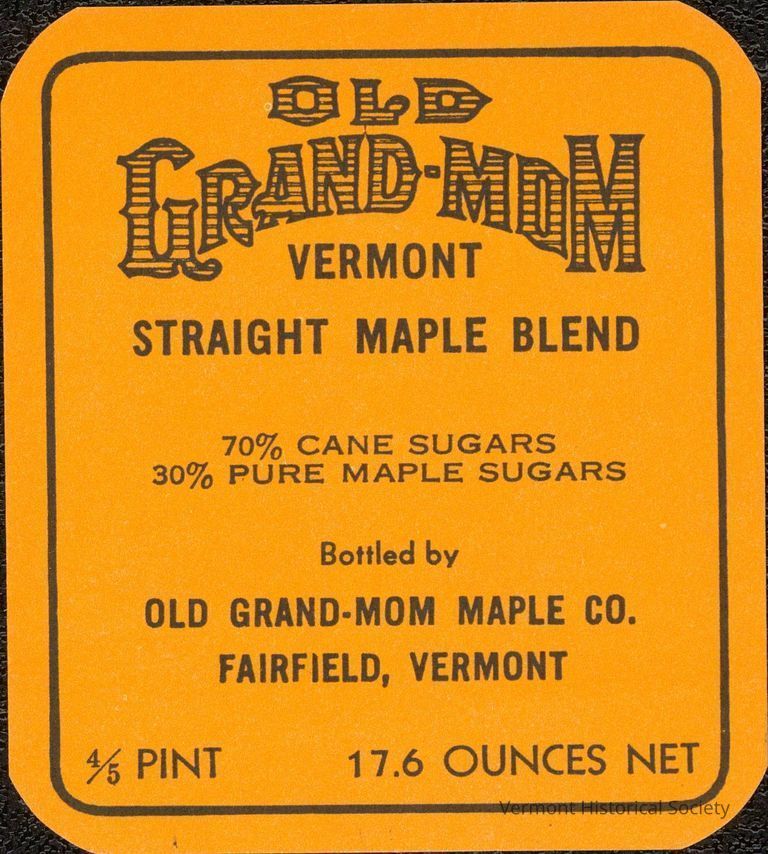
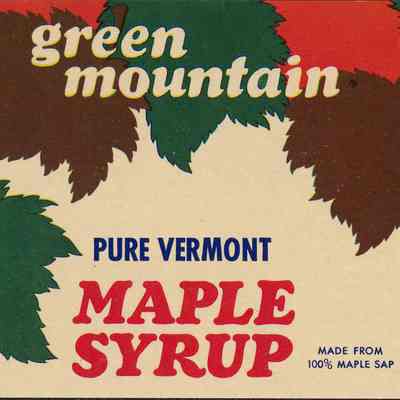
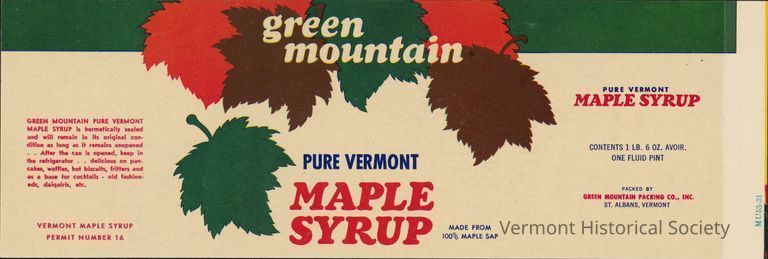
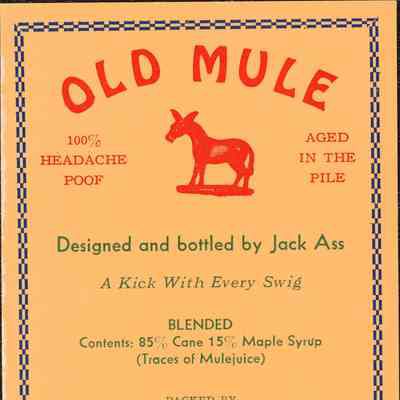
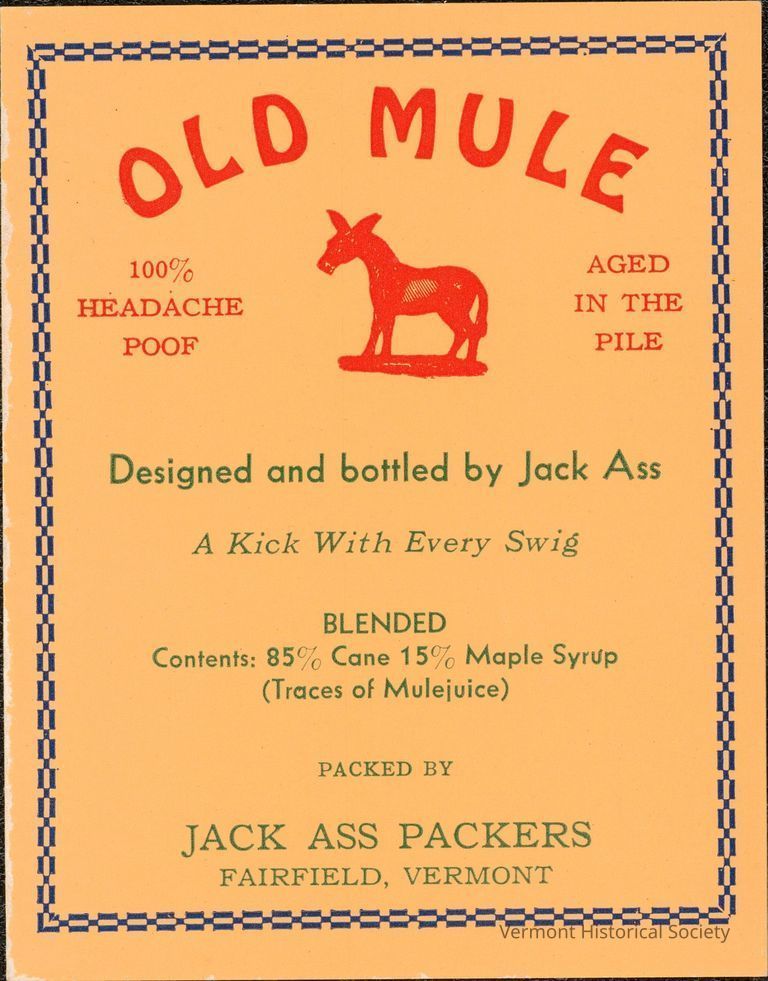
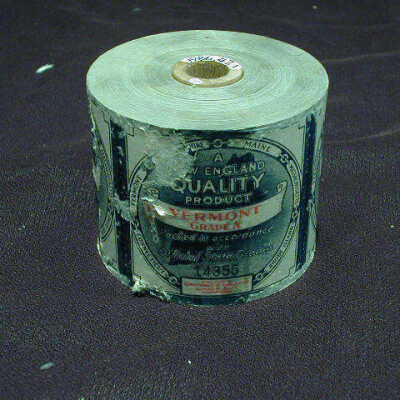
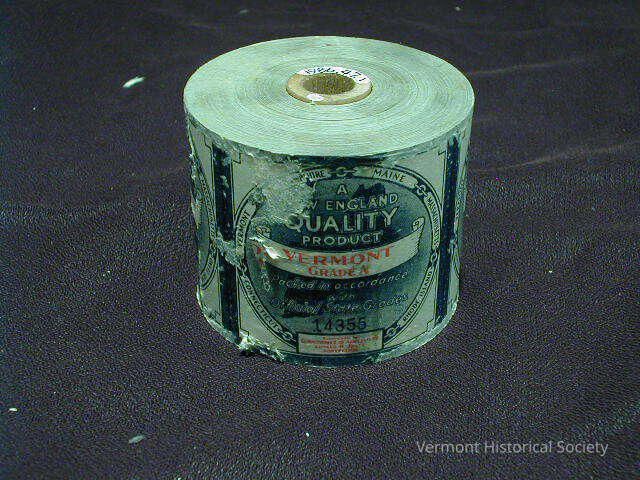

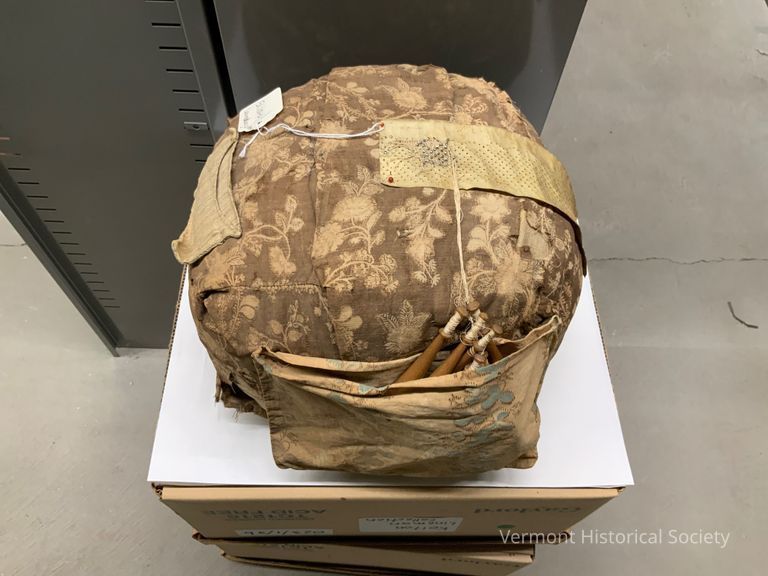
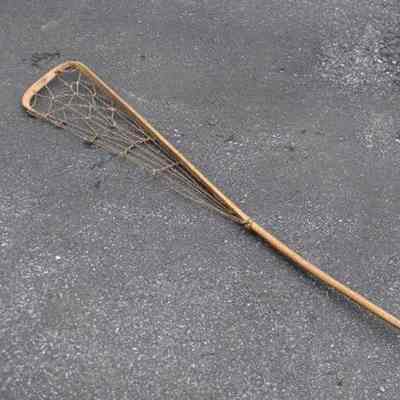


Donor: This mark is not shown by Carlisle and is a questionable Vermont mark. Monogram: MCG




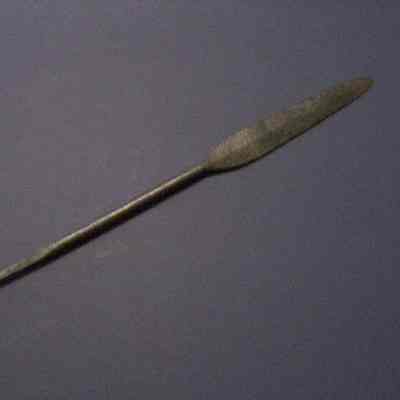
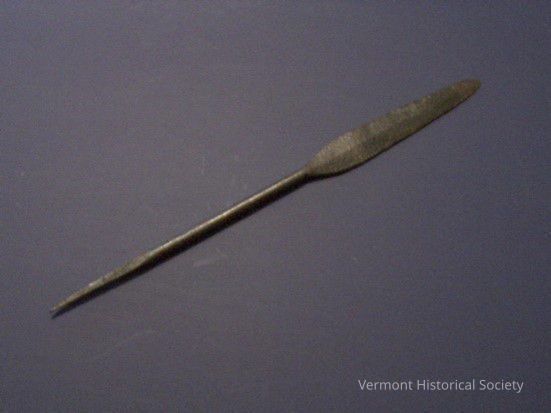
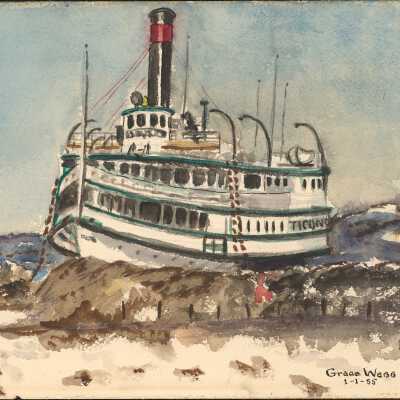
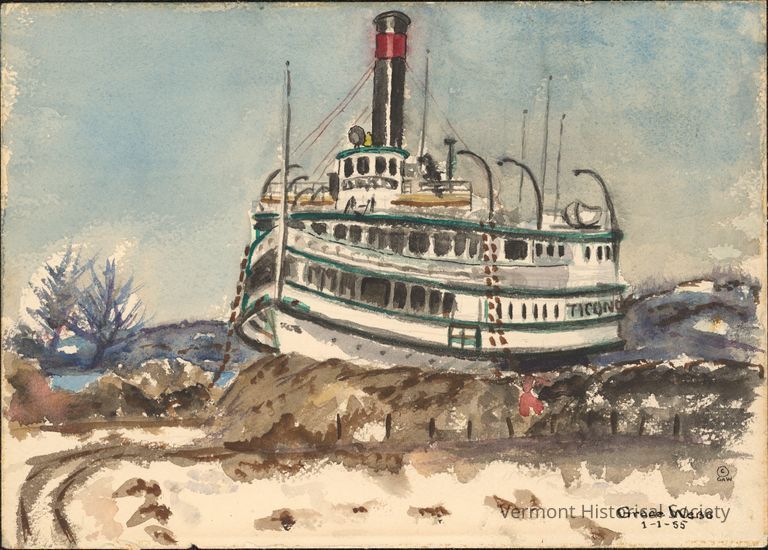

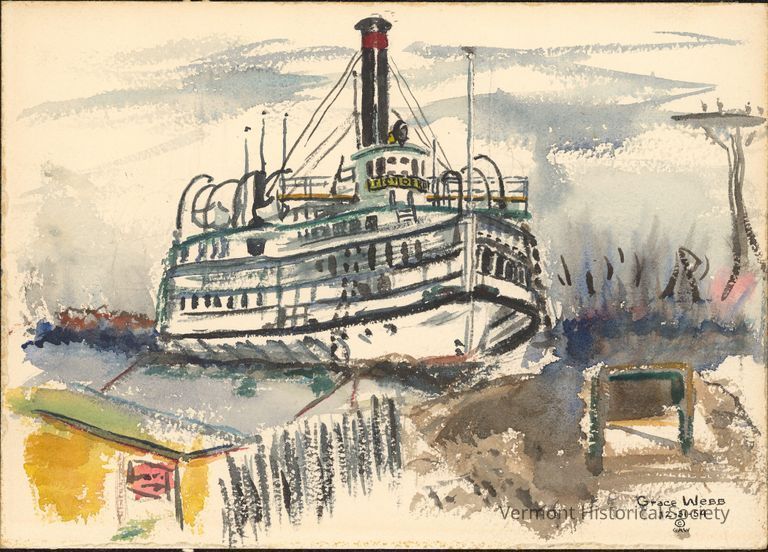
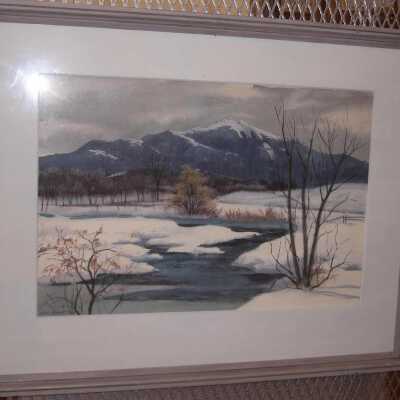
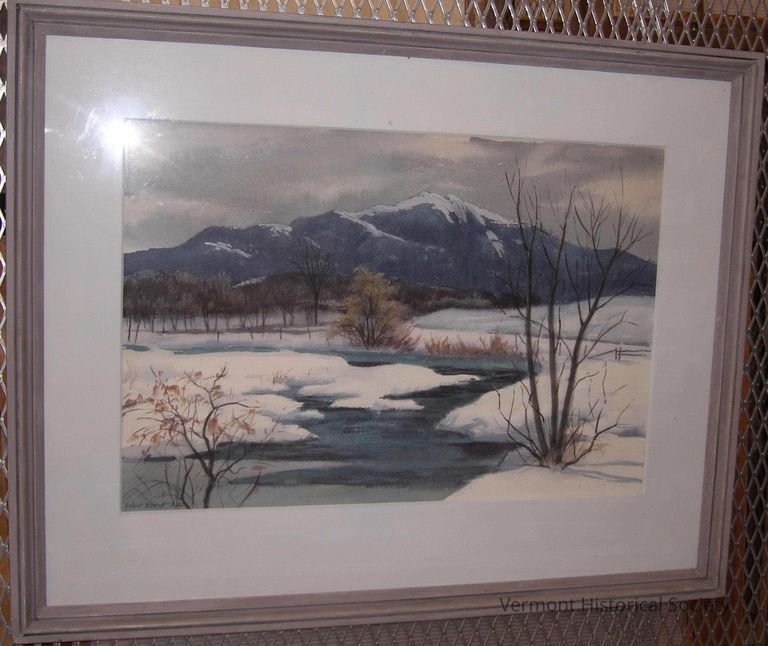
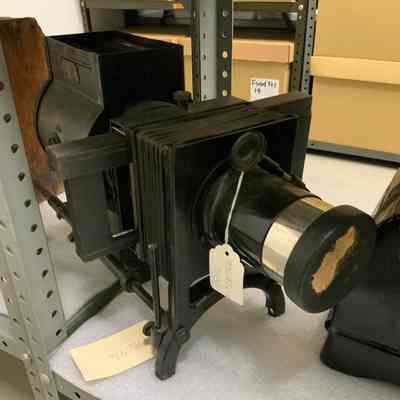
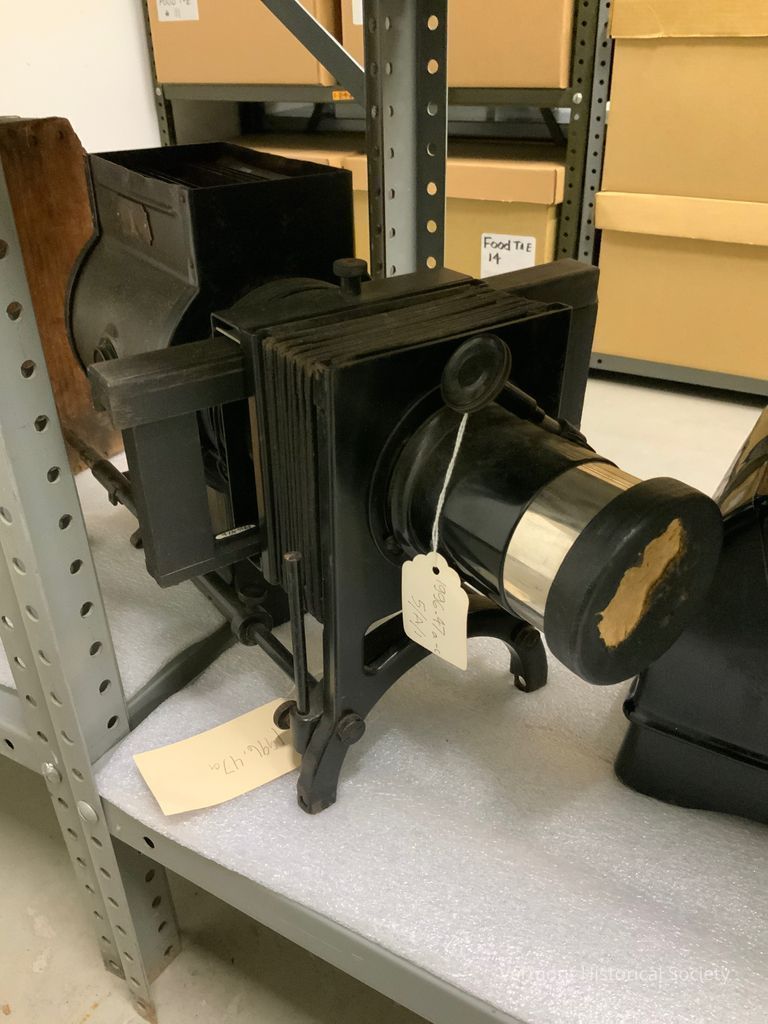
black
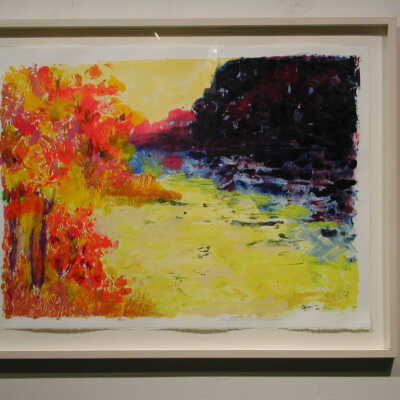
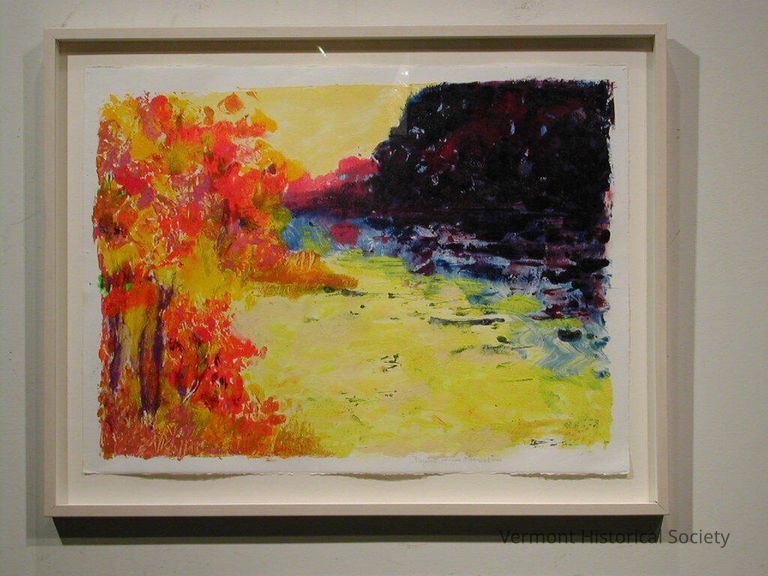
monotype on paper (monotypes= Unique prints made by using the process of monotype and a printing process that consists of painting an image onto a plate and then printing it.)
In the early 1960’s her family began spending summers in East Barnard, Vermont, eventually buying a summer home there in 1966. Time in Vermont brought Peg great joy. When, after being diagnosed with multiple sclerosis in the mid 1970’s, it became apparent that she was healthier during their stays there, the family relocated to Vermont, this time to Woodstock, where they finally settled in the mid-1980s.
From the mid-1970s onward, Peg exhibited her work in a plethora of one-woman, juried and group shows, primarily throughout New England. Her work continues to be featured by various galleries along the eastern seaboard. Peg also co-authored “From Luminous Shade” along with Ann? McGarrell.
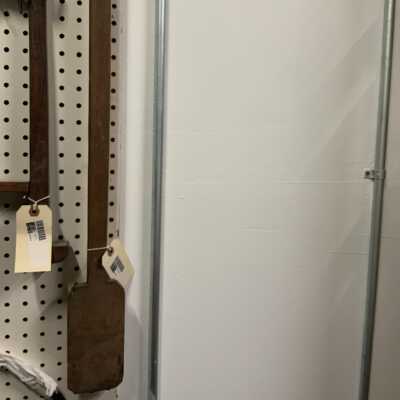
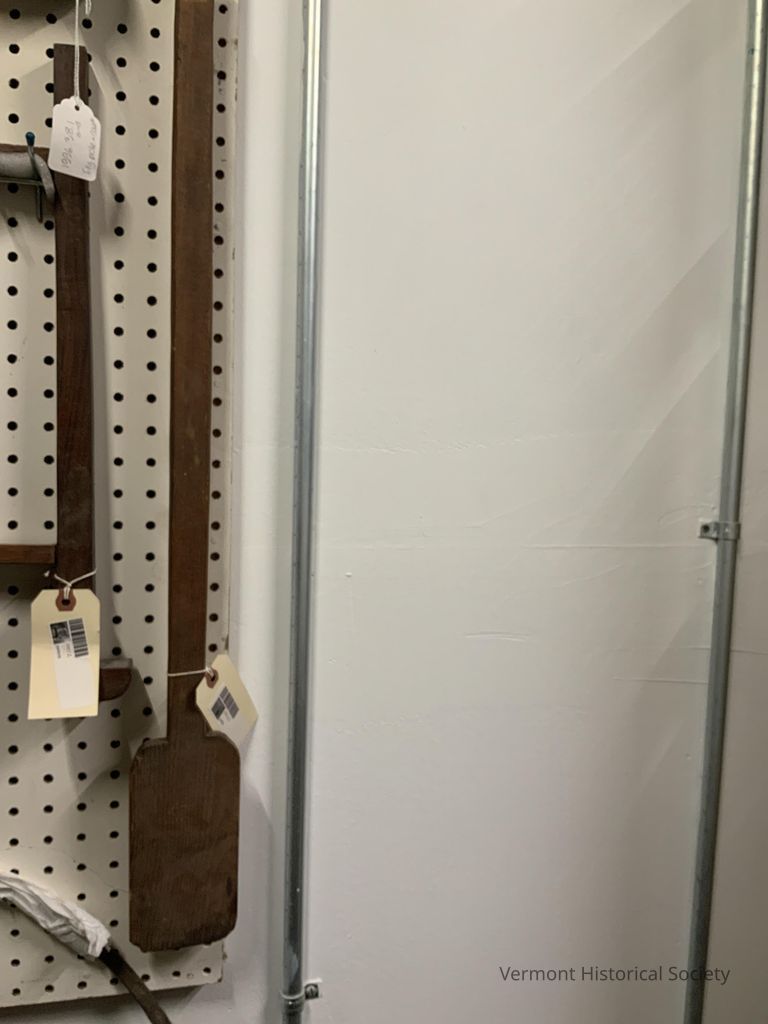
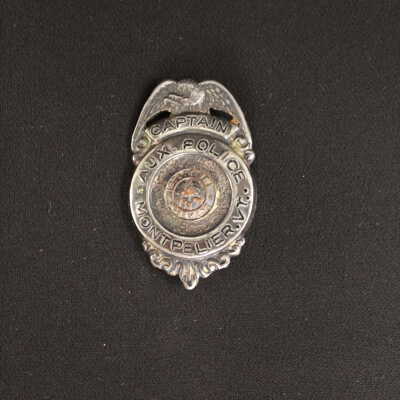
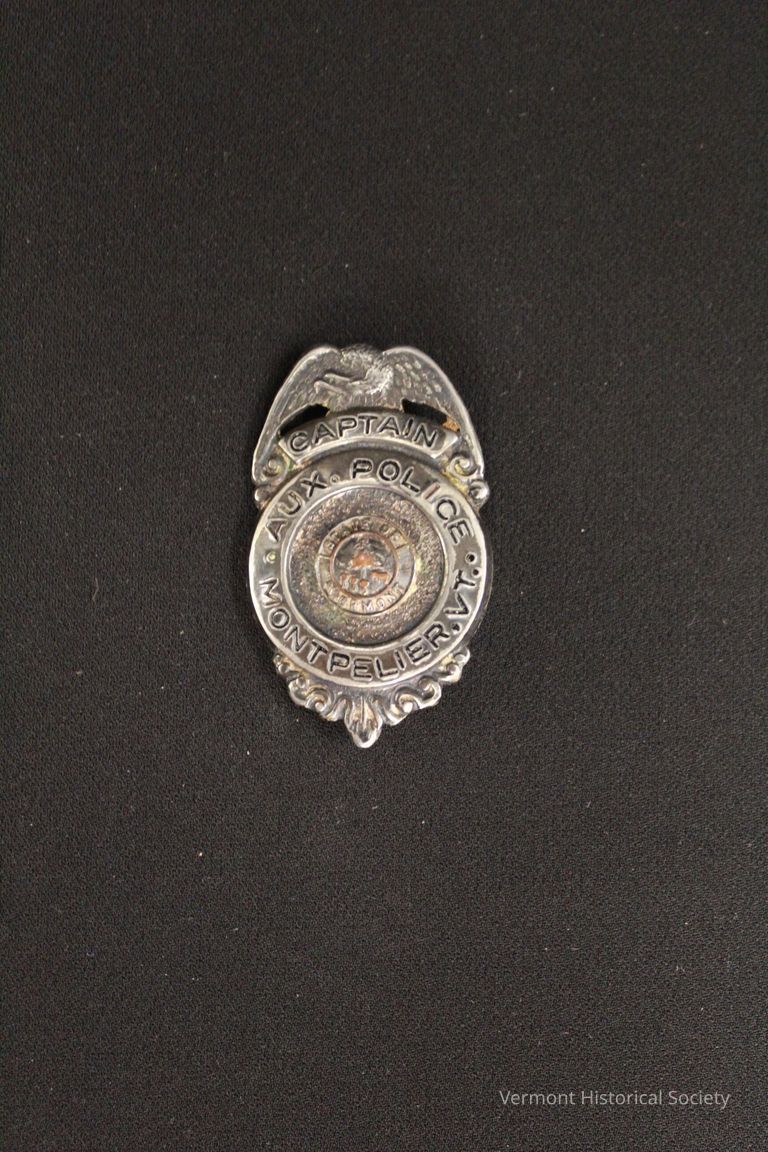
The time period for this pin wasn't available. Information also wasn't found about auxiliary police in Montpelier.
This pin belonged to Joseph George Abair, born in Dorchester, MA 8/14/1894 to James Fitzgibbons and Mary Smith. He was adopted by George Abair and his wife Phillie Abair. The 1910 US Census shows that Joseph lived in Montpelier with his adoptive parents. The Vermont death record shows that Joseph died in Montpelier on December 2, 1975. His WW I experience was with the 26th Division, an infantry division of the US Army; This division saw extensive combat in France during WW I.
THE TWENTY-SIXTH DIVISION -- the "Yankee Division," as it has been most appropriately named -- was organized from National Guard troops of all the New England States. ... The Twenty-Sixth was the second Division to arrive in France (in World War I); and it was the first division of the National Guard or the National Army troops to be organized, equipped, and sent overseas."
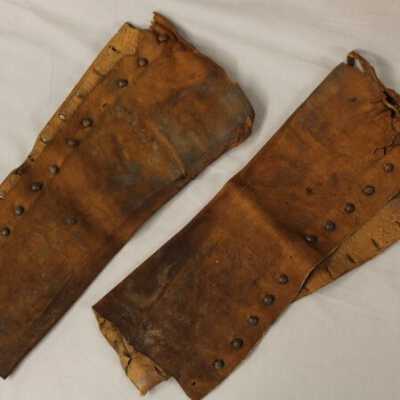
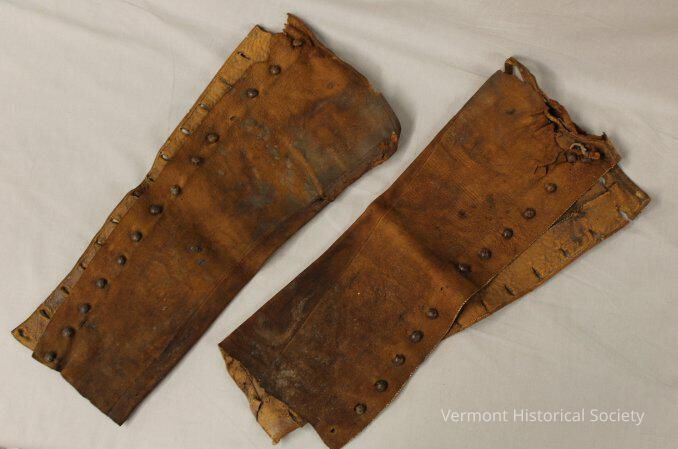

black

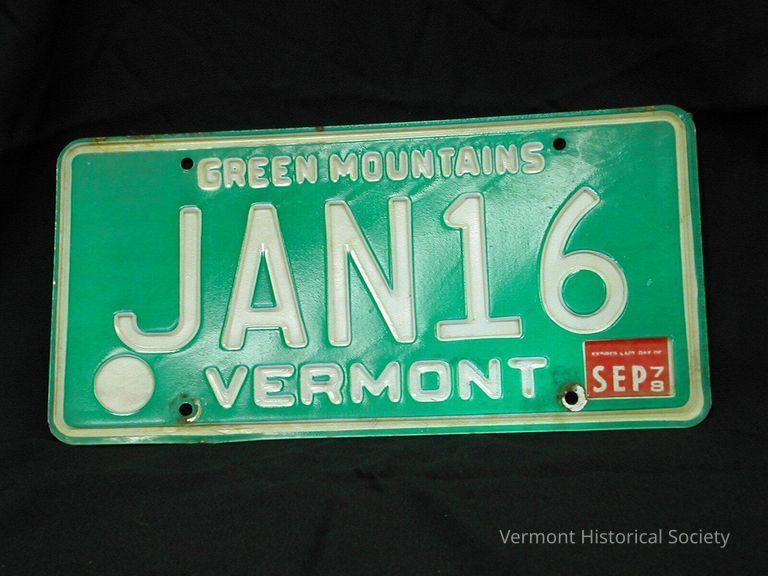
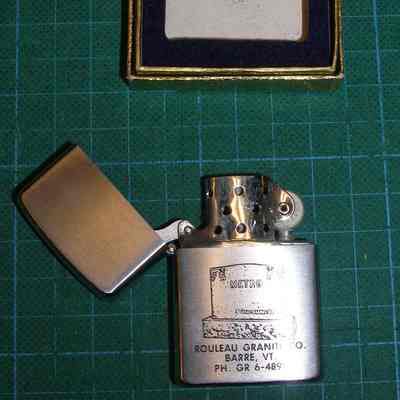
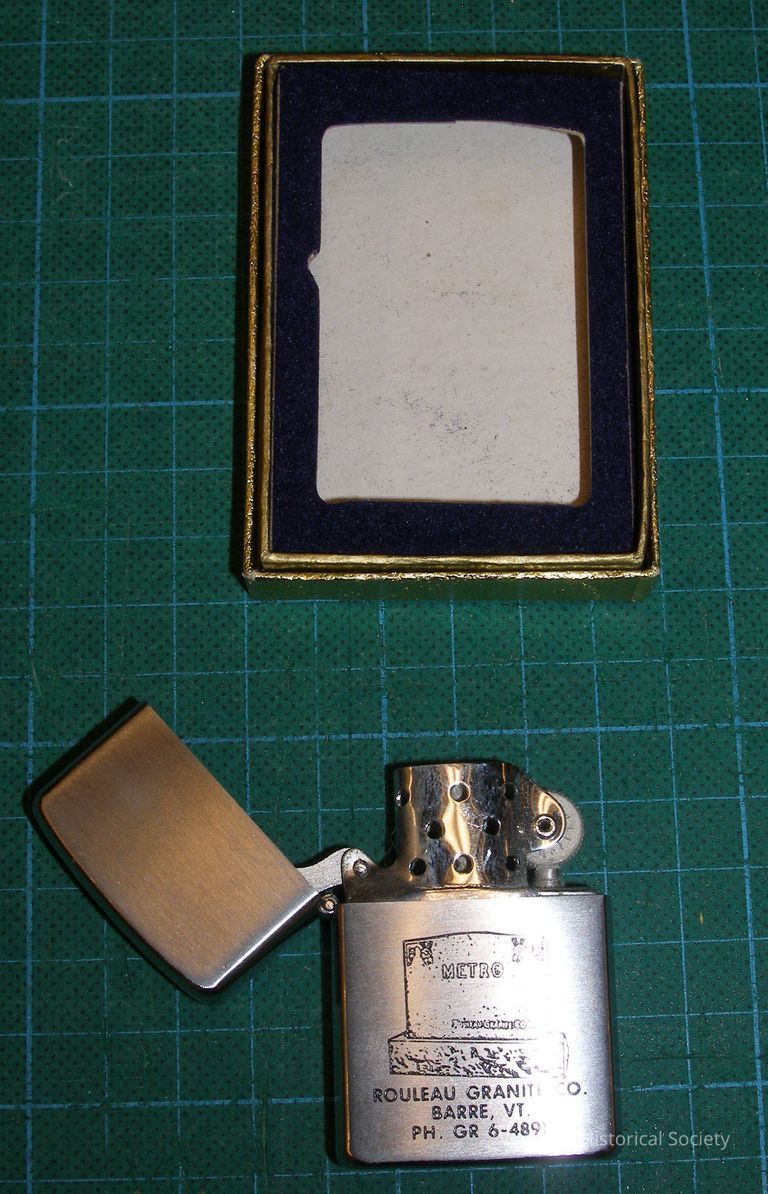
(a) Silver cigarette lighter with etching of a monument with "METRO" carved in center and in lower right corner: "Rouleau Granite Co., Inc." Printed below is: "ROULEAU GRANITE CO./ BARRE, VT./ PH. GR 6-4891" Cover folds back on hinge to expose actual lighter. Engraved on bottom of lighter: "BARLOW/ Windproof Design No. 17592 Japan".
b= Gold box cover
c= Box bottom has purple suede liner with space for lighter.
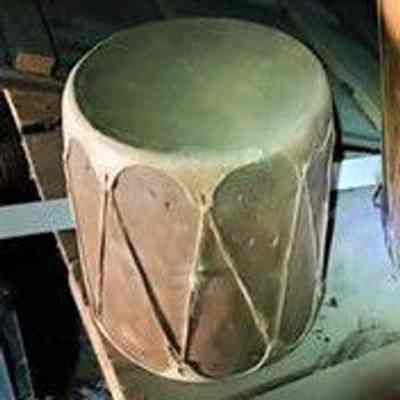
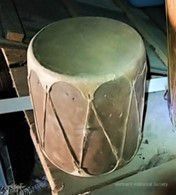
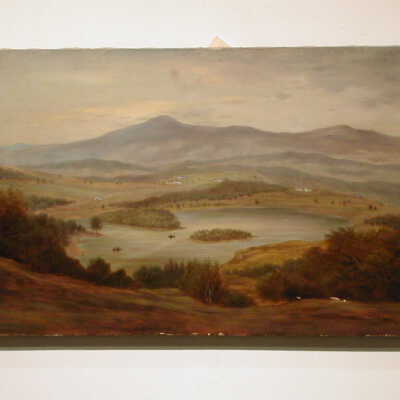
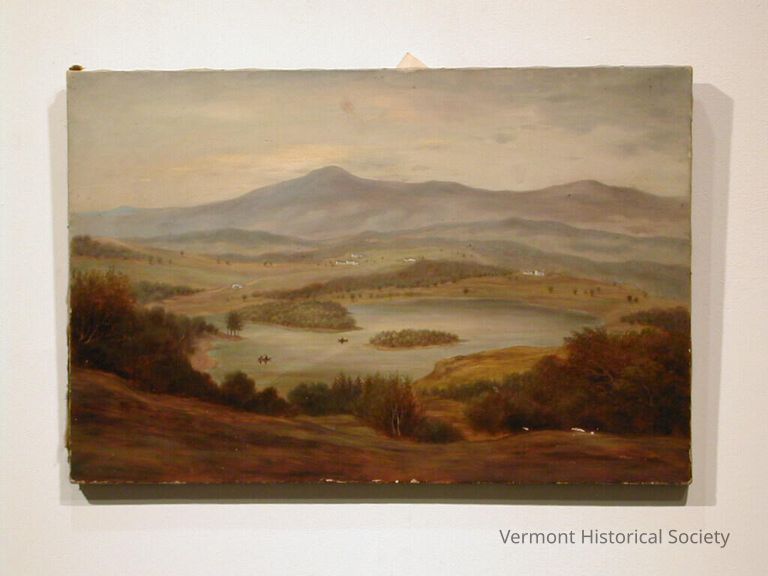
Lowell Lake, orginally known as Derry Pond, was formed by the town of Londonderry as a reservoir. The dam at the south end of the lake has been replaced a number of times over the past century.
The south shore of lake, hosted a summer resort in the late 19th and early 20th century. Boaters on the lake may be visitors to this resort. In 1940, the resort was converted into a summer camp, which served, first just children, and then later families and operated until 1979. The old resort and camp infrastructure is now part of Lowell Lake State Park.
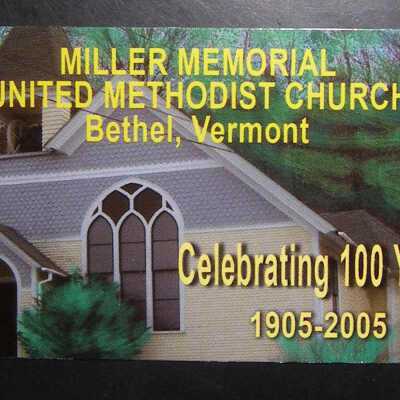
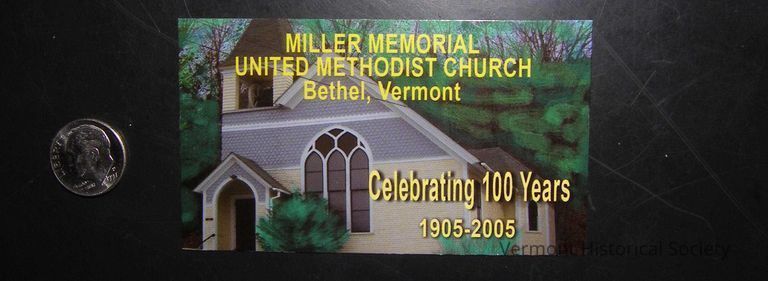
(Source: https://townofbethelvt.com/index.asp?SEC=521041EA-7D21-4547-B4DE-F502747A9E43)
"Bethel Village sustained its "Golden Age" from the late 1880’s until the early 1920’s and developed an industrial character. The three largest industries of the era—the shoe shop, the tannery and the white granite quarry and cutting sheds—flourished because of the ease of railroad transportation, the availability of local workers and the influx of European immigrants skilled in granite extraction, cutting and sculpting. During this period Bethel proudly enhanced its community with major cultural and civic improvements including the town hall, the first high school and library, electric lighting, new churches, and civic and business organizations. Main street businesses thrived as they supported the many needs of the community. By 1910, the town population grew to 1,953 with nearly 50% of the citizens residing in the Village."
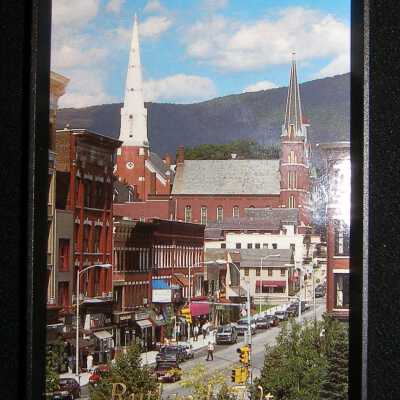
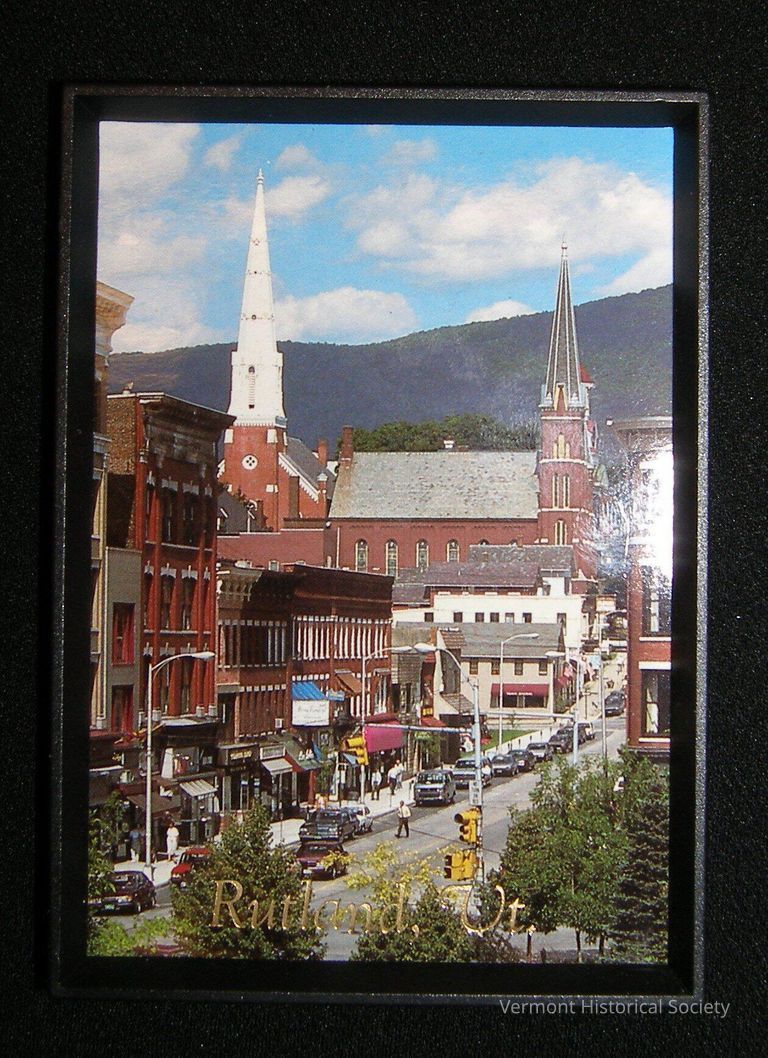
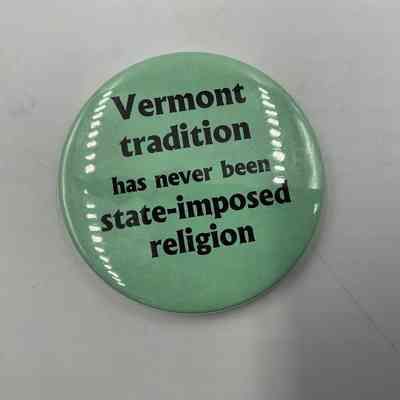
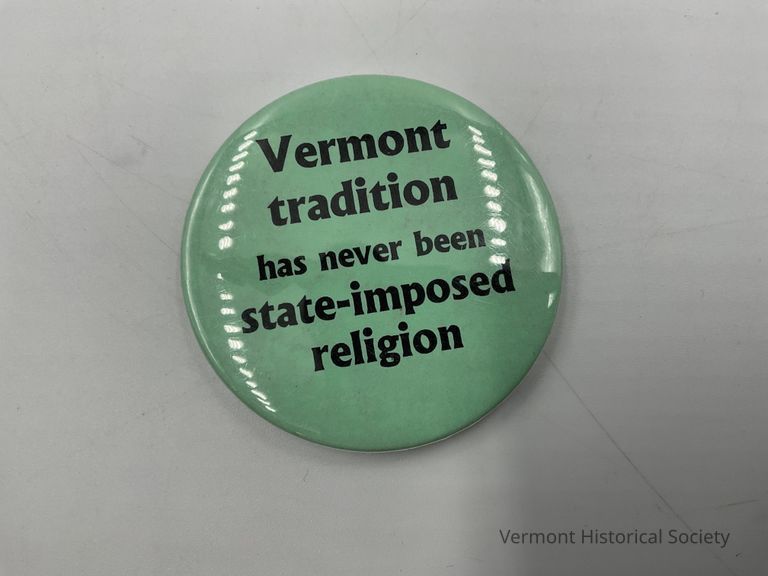
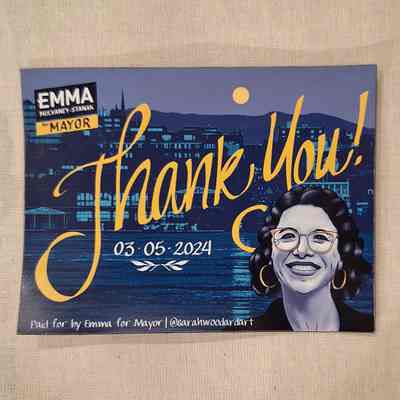
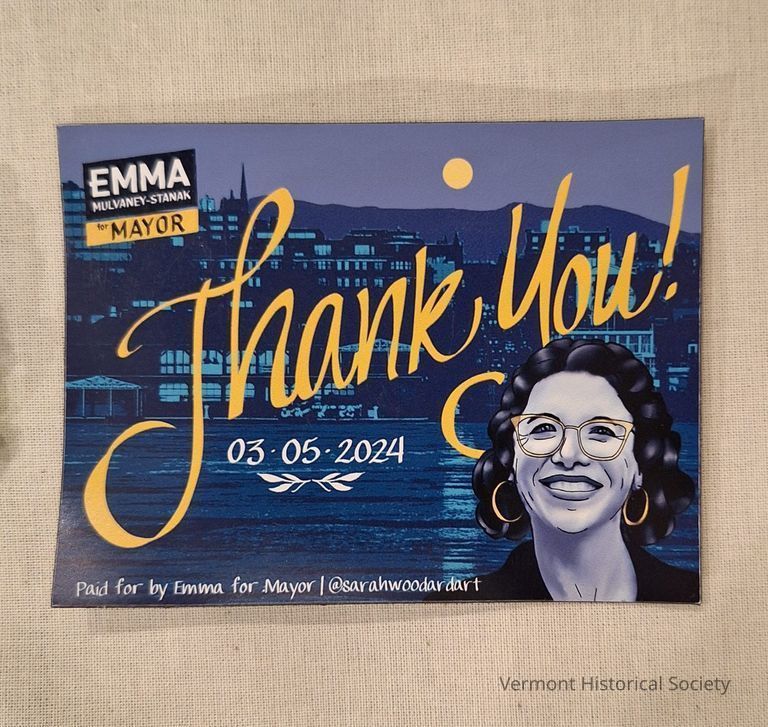
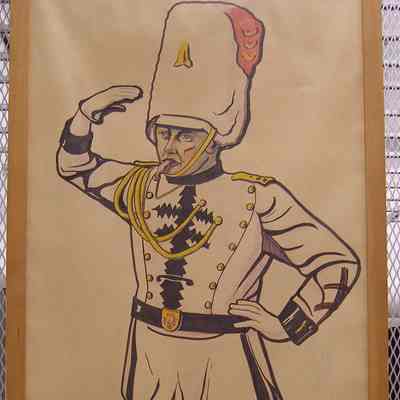
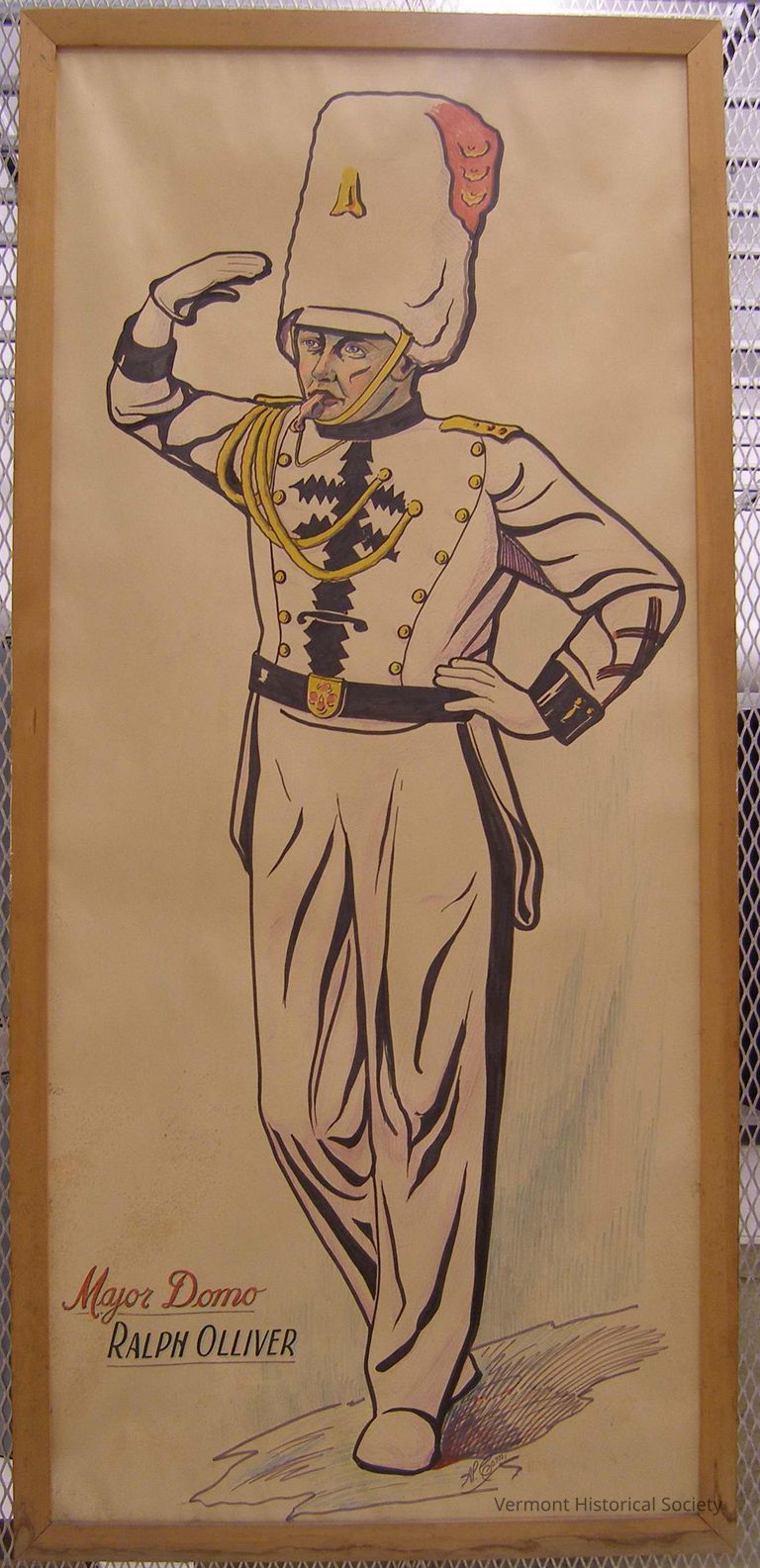
Olliver became a fixture at Barre and other local parades through the 1930s. The Legion band folded in 1936 due to lack of members, but came roaring back in the years following WWII with a fresh infusion of veterans. Olliver continued to serve as the Legion drum major and soon became the leader of the Shriners band. As the drum major for the Shriners he travelled all over the U.S. and Canada and became well known for his parade-leading abilities. He retired from the drum major position in 1965 as his knees started to give him trouble. This drawing probably dates from about this time.
At the time of his retirement from the Barre City Clerk's office in 1976, Olliver was the longest serving city clerk in Vermont, a record that still stands today. Through his time in office he saw the 1927 flood, the great depression, the large CCC works in and around Barre, the construction of the Barre City Auditorium, and the development of the new Spaulding High School and Technical Center. He named the funding and construction of the Barre City Auditorium in 1939 as one of his greatest achievements.
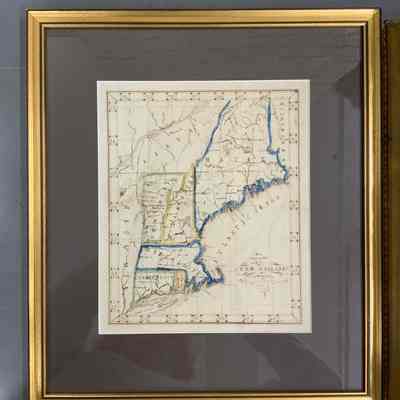
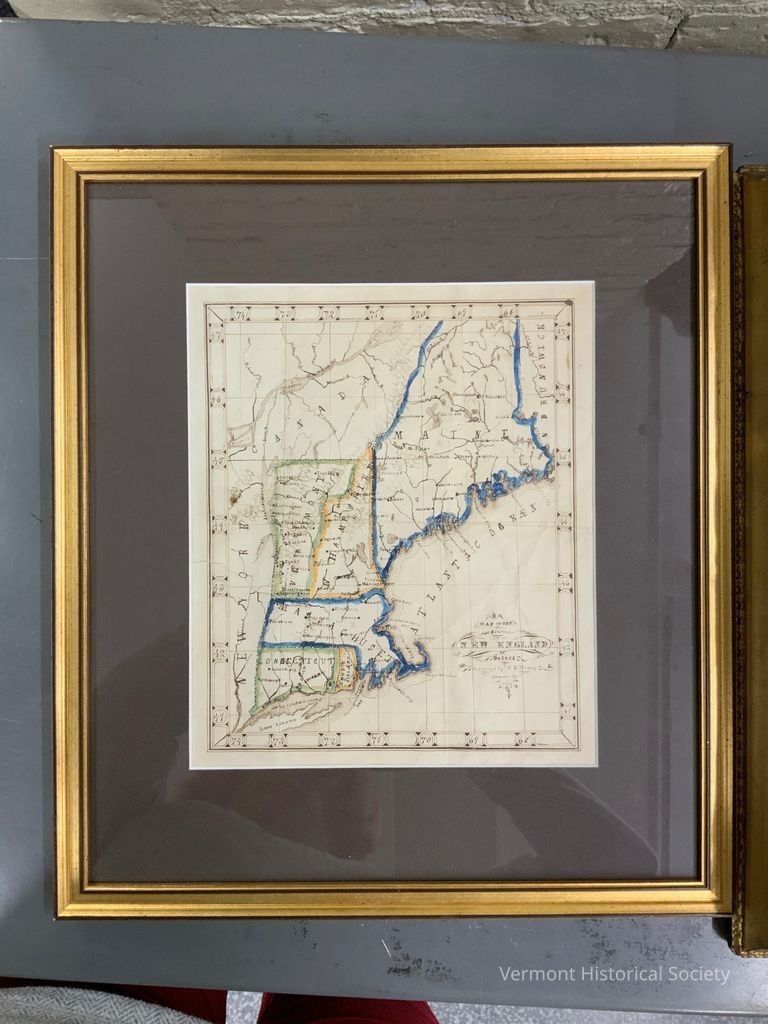
Sarah Elizabeth Henry was born July 12, 1854 in Chester, Vermont to Hugh Horatio Henry (1814-1869) and his wife Sarah Henry (1812-1867). Sarah Elizabeth was the youngest of 11 children and lost her parents at a young age. Upon the death of her father in 1869 she joined her older sister's household. She died on July 10, 1882 at her sister's home of consumption (tuberculosis).
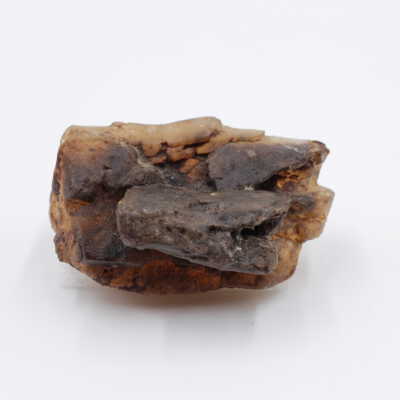
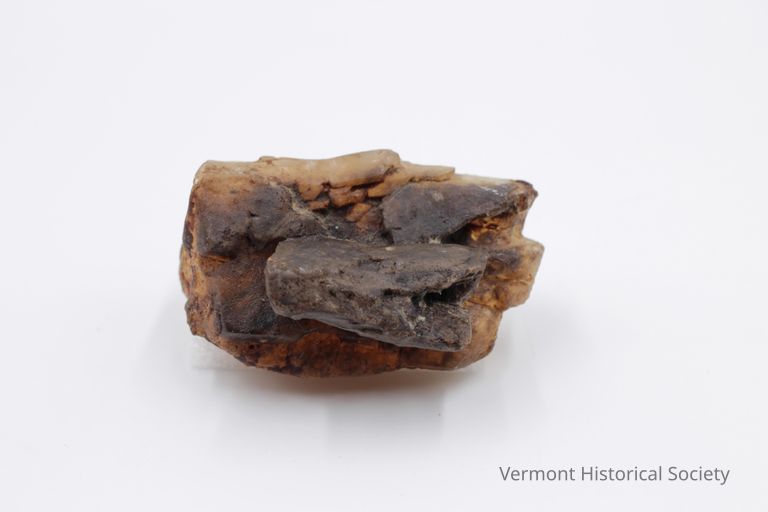
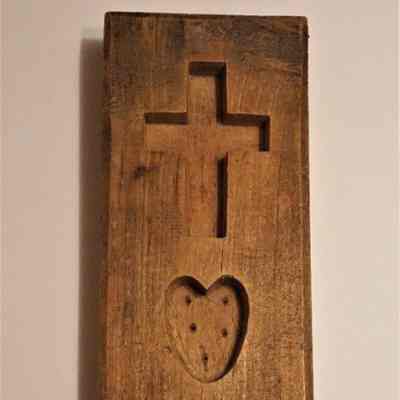
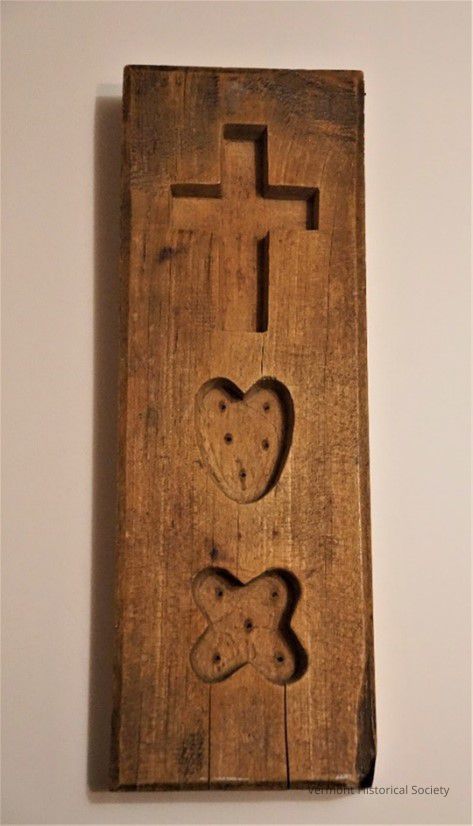
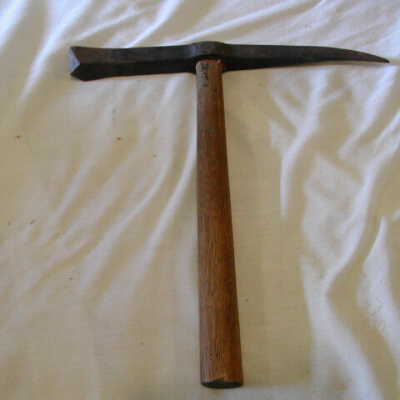
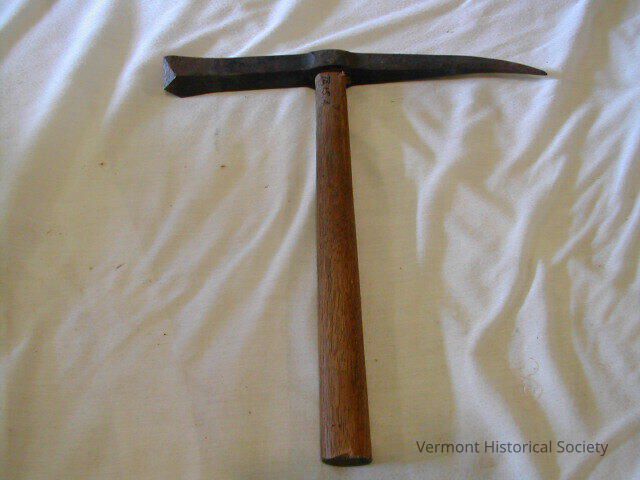
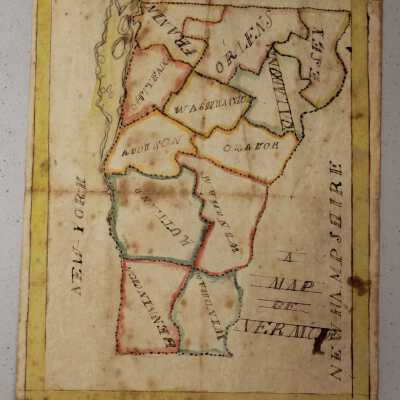
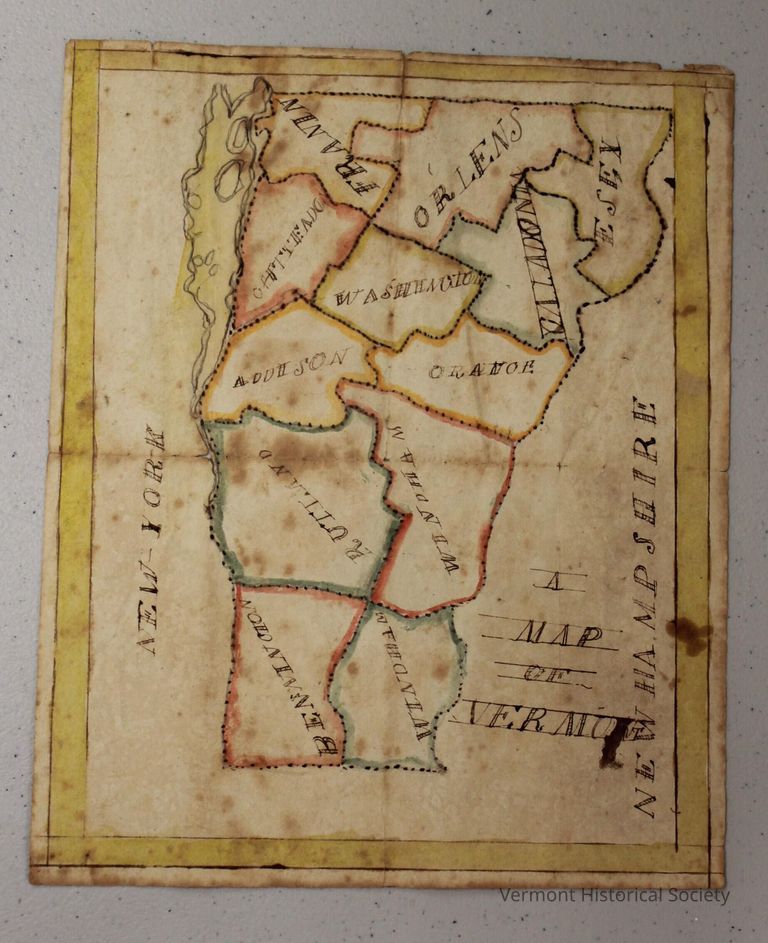
Hand-drawn map of Vermont. The map is separated by county, with the borders drawn in black ink with dotted lines. Within the borders, each county is outlined with a thick line of watercolor in a color different from its neighbors. Pink, blue, yellow, orange, and green are used. The names of the counties are written in large, decorative letters oriented in various ways. The edges of the page are framed with a line a yellow.
The paper has a crease horizontally across the center. The reverse is labeled in ink, ""Martin M. Flint's Map of Vermont drawn by Myself" in script. Beneath the label in pencil are the words, "To H. M. Ditz".
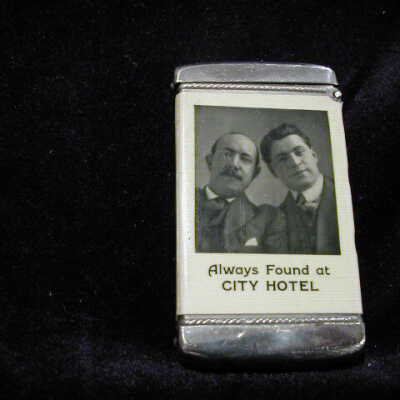
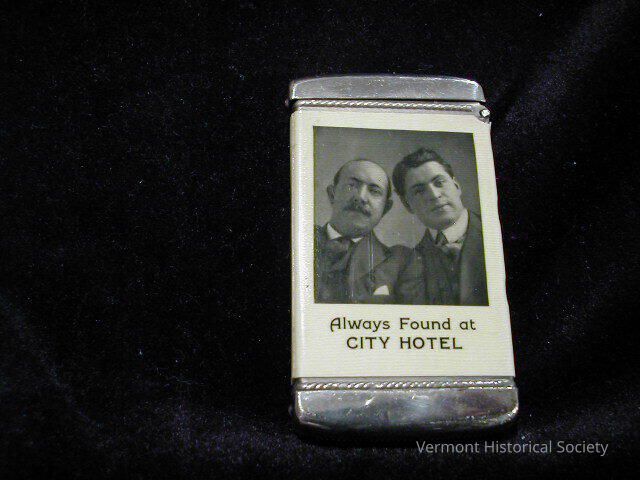

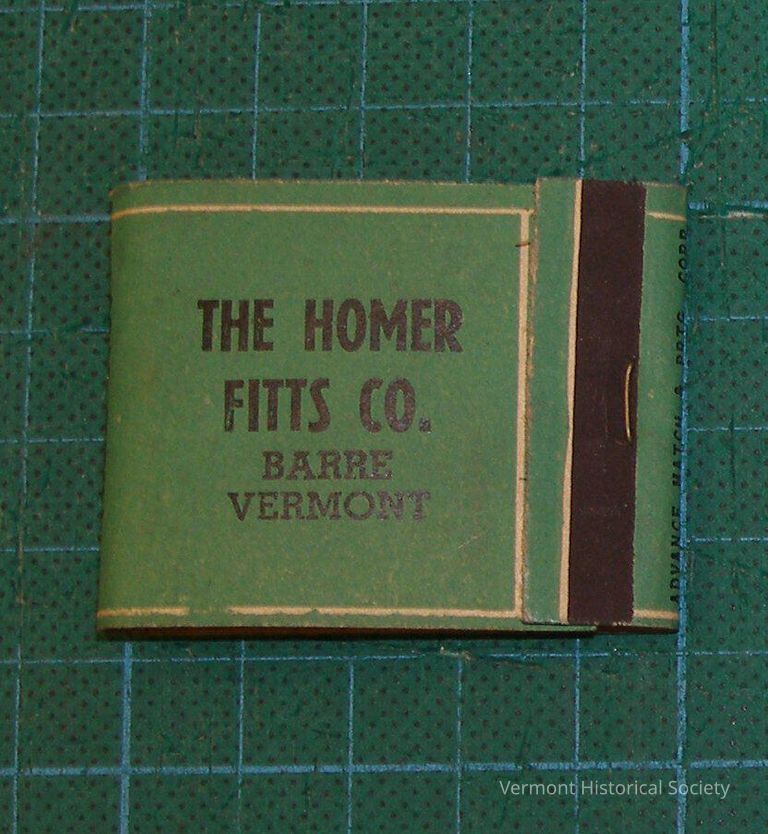

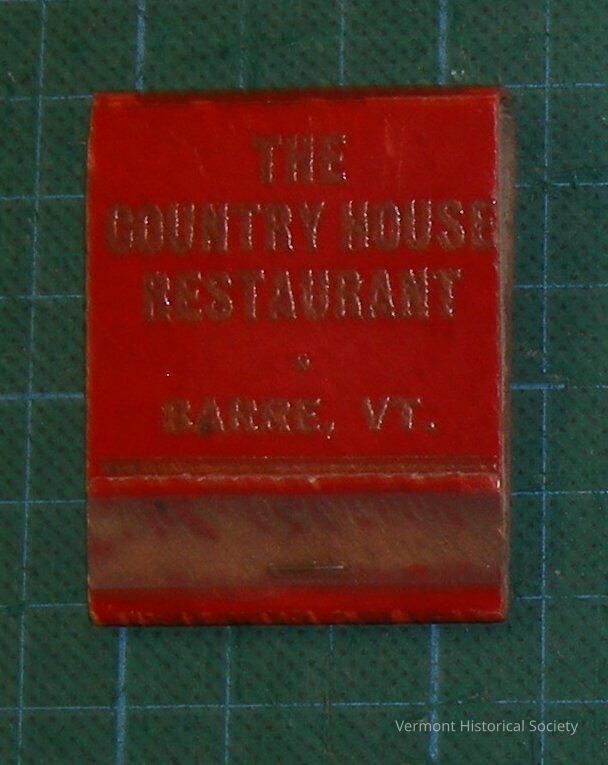
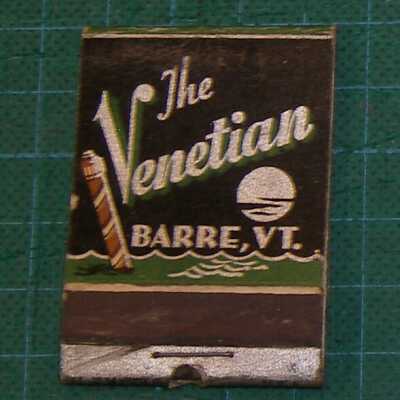
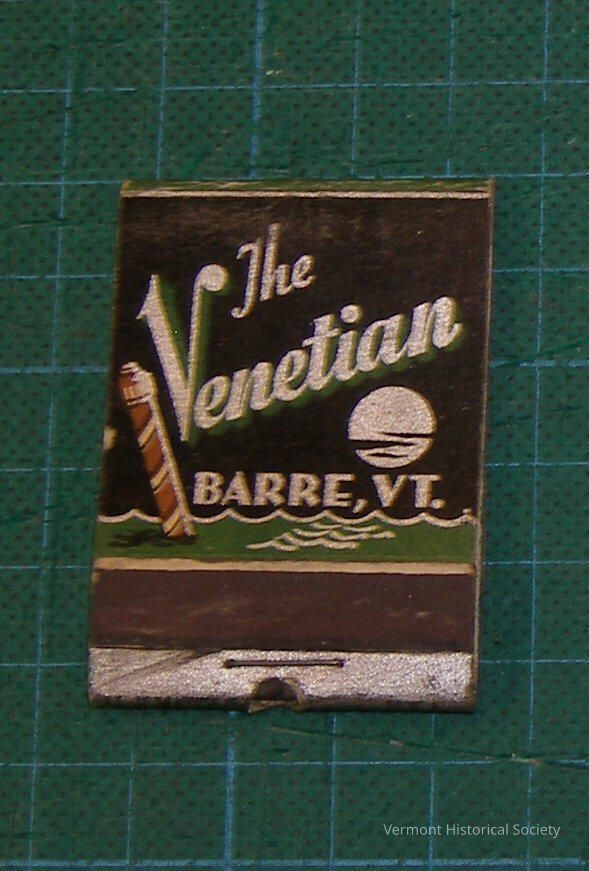
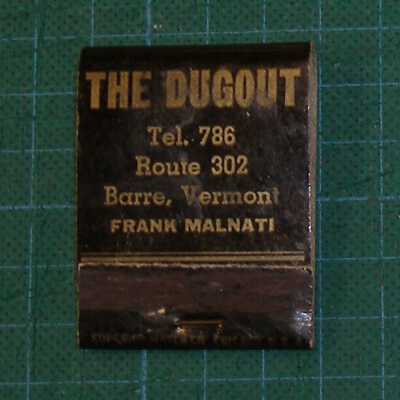
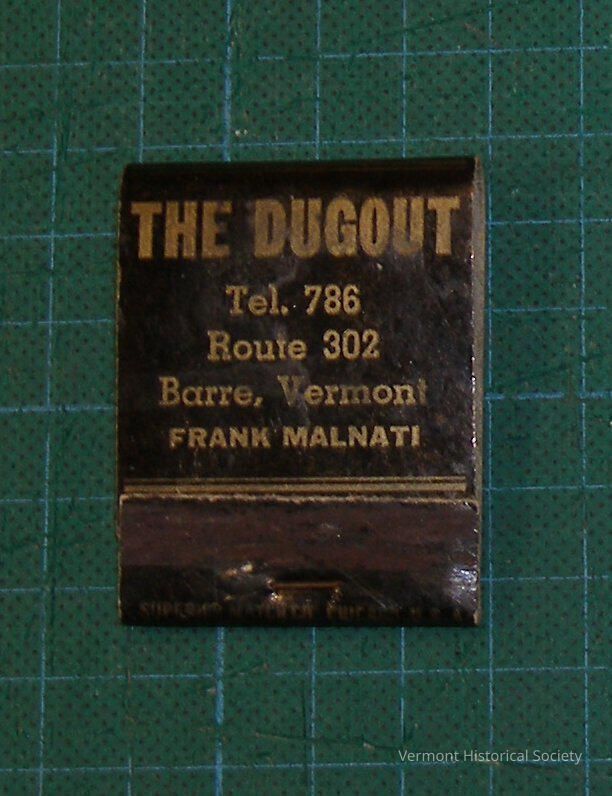
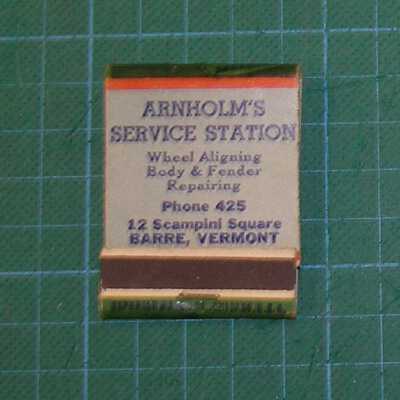
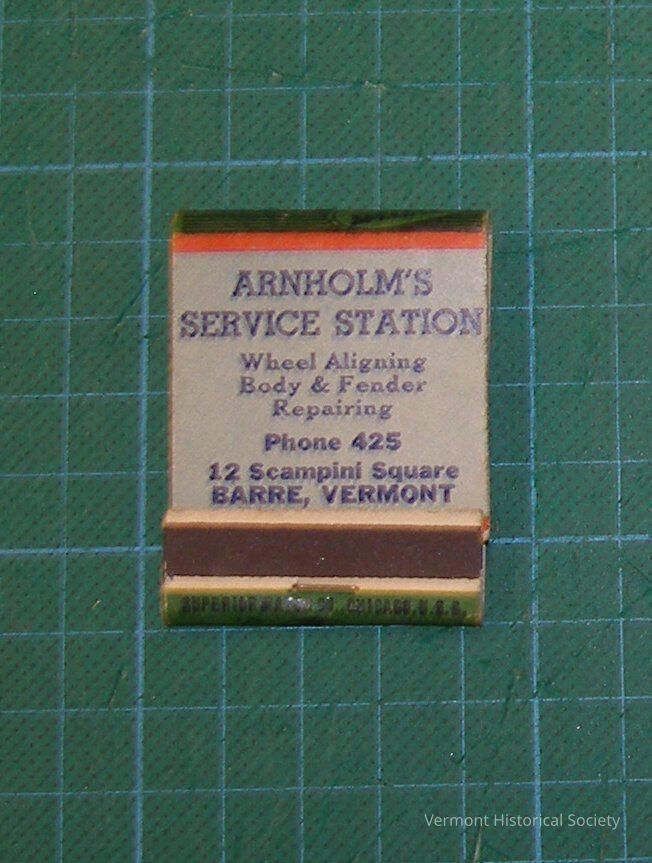
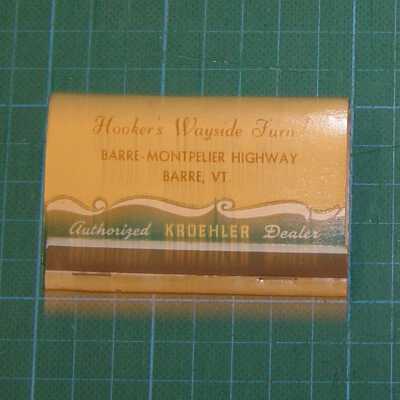
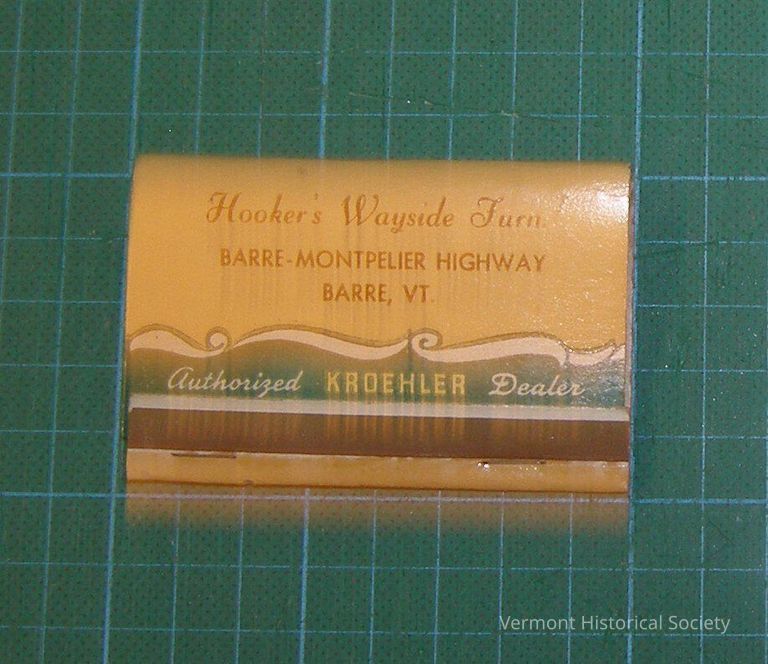
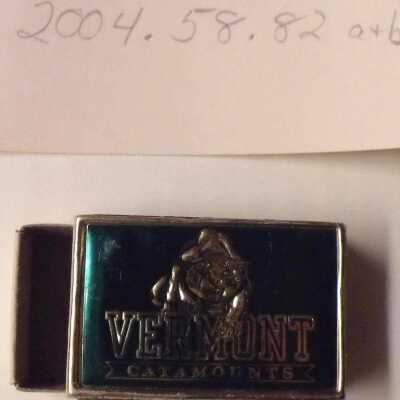
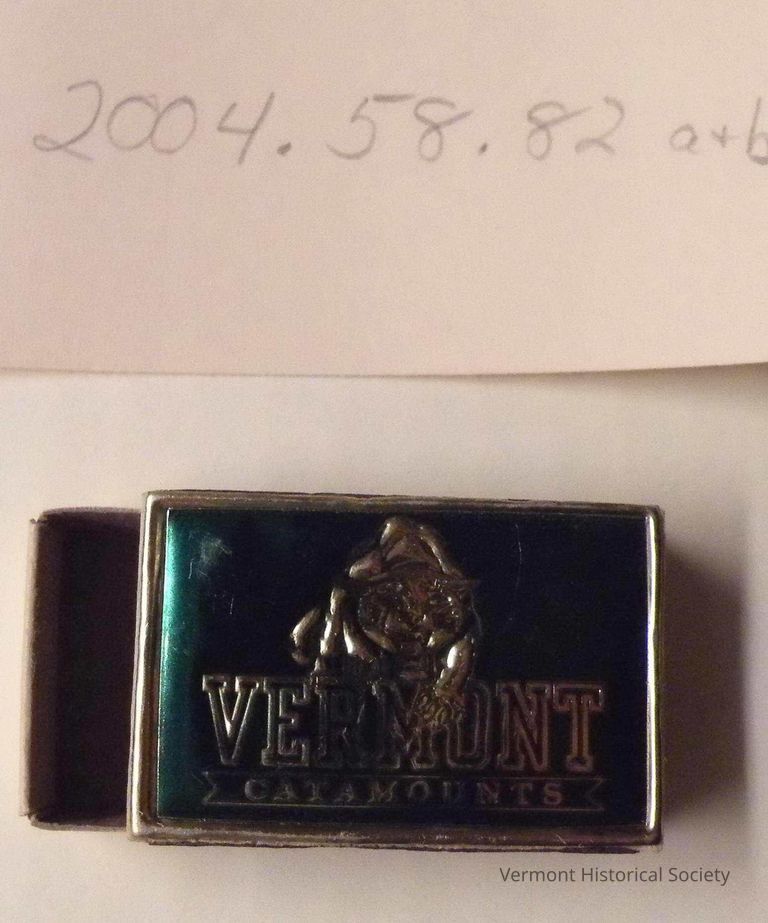

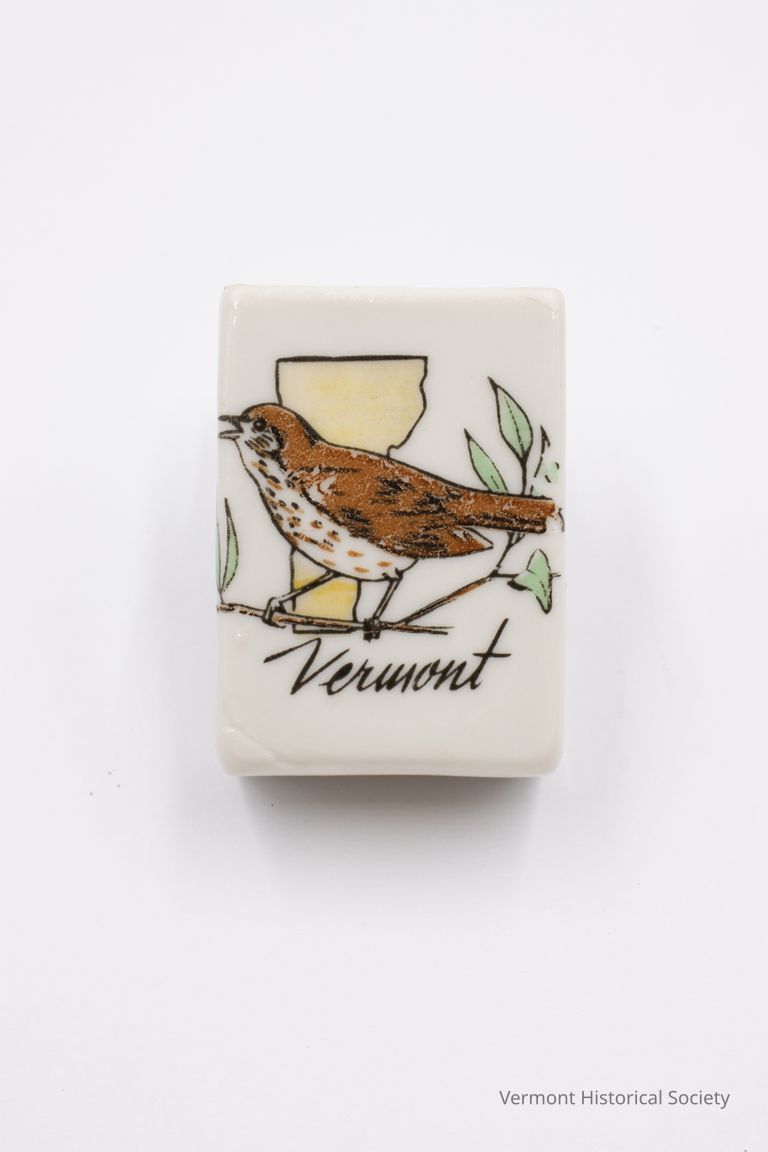
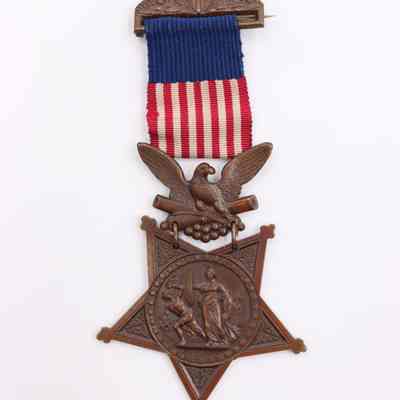
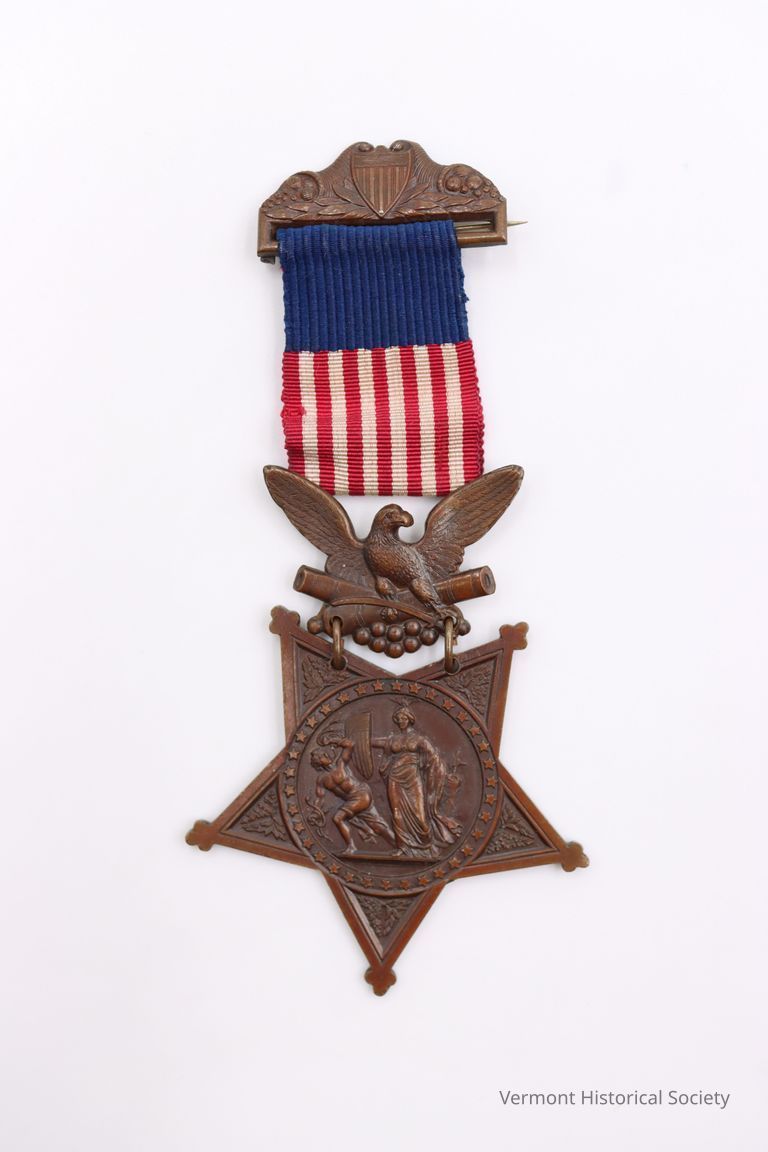
Dated Oct. 19, 1864. From the top brass (pin) bar hangs a loop of silk grossgrain ribbon (7/8" - 1" wide). The loop is made up of two types of ribbon - solid navy blue and red/white stripes. Central section is a rampant eagle on crossed cannons & cannonballs. Hanging with two jumprings from the cannons is an inverted 5 pointed brass star. Engraved on the reverse of the star is: "The Congress / to / Brig Gen'l / Stephen / Thomas, / U.S Vols. / for / distinguished / conduct at the / battle of Cedar Creek Va. / Oct. 19, 1864." Details of the design and symbolism are in a print out with the worksheet. Only half of the original box was given with the medal, the lower half that is molded to the shape of the medal and covered with flocking or dark blue velveteen. The small closure hook is at the lower end of the box.
"General Stephen Thomas, considered Bethel's greatest son, received limited education in Thetford, Vermont before he began working in the woolen mills in Strafford, Thetford, and West Fairlee, Vermont. General Thomas was State Representative for West Fairlee six times, and then State Senator for Orange County twice, before serving as Lieutenant Governor in 1867 and 1868. General Thomas also served as Probate Judge and Sheriff of Orange County. He was influential in Vermont politics and Veteran's affairs.
Stephen Thomas was made colonel of the 8th Vermont regiment on November 12, 1861. He served with distinction and of the highest order in the battles of Winchester, Fisher’s Hill, and Cedar Creek. He served with such signal courage and ability that following the Battle of Cedar Creek on October 19, 1864, he was commissioned brigadier-general in February 1865 at the age of 55.
The location of the General Thomas Monument stands on the chimney foundation of the log cabin where General Thomas was born on December 9, 1809. The bronze inscription reads:
"General Stephen Thomas, born on this spot December 9, 1809. Colonel of the 8th Regiment, Vermont Volunteers, November 12, 1861; Brigadier-General of U.S. Volunteers for meritorious service, Patriot, brave soldier, wise consulter and beloved by all men. Died in Montpelier, Vermont, Dec. 13, 1903."
The property consists of thirty three square rods of land, deeded to the Town of Bethel by Appleton McIntosh on October 14, 1914. The monument was erected by the 8th Vermont Regiment (Civil War) at the insistence of Captain B.F. Bowman who had served under General Thomas. Dedication of the monument was made on October 19, 1914 to a crowd of 70, many of them former soldiers. The day also marked the 50th anniversary of the Battle of Cedar Creek, for which General Thomas was awarded the Congressional Medal of Honor."

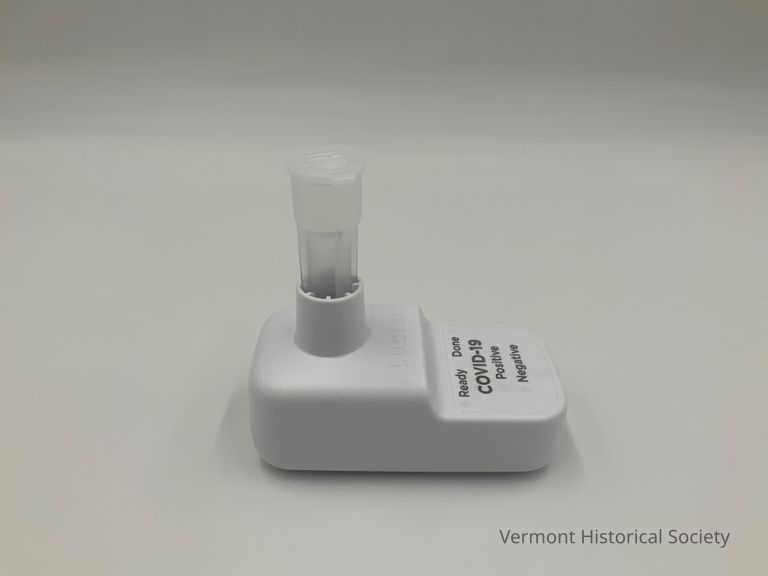
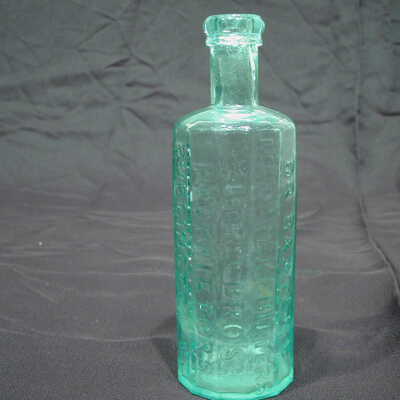
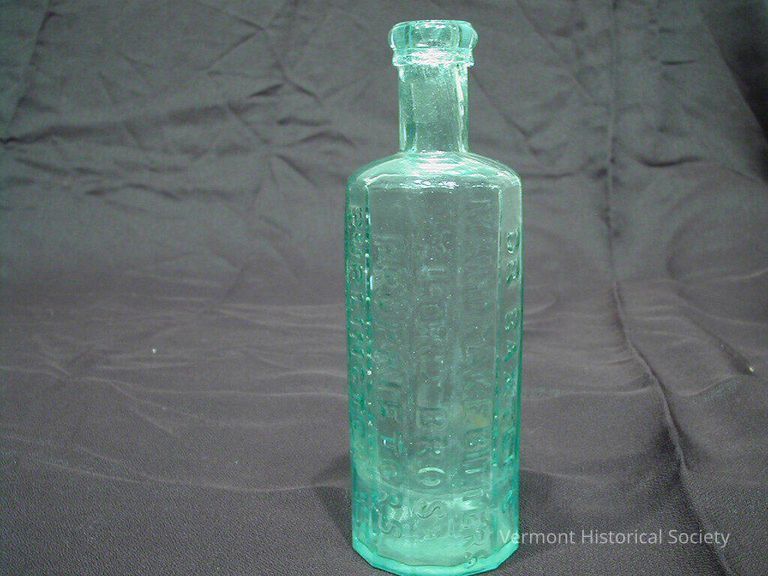

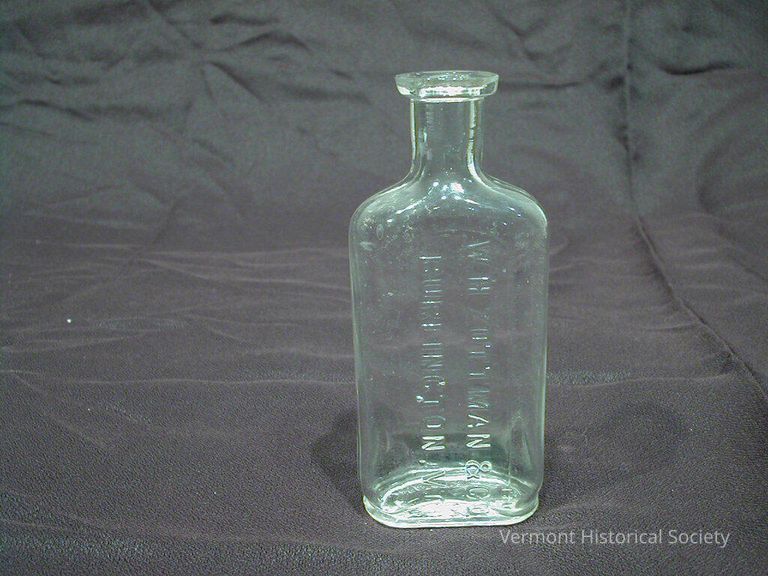
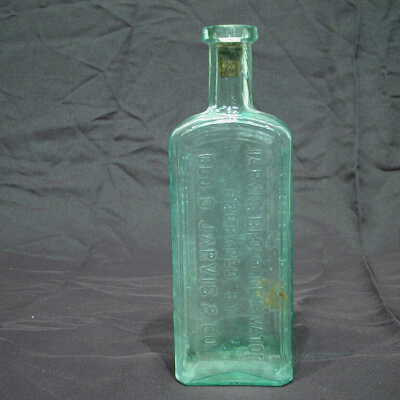
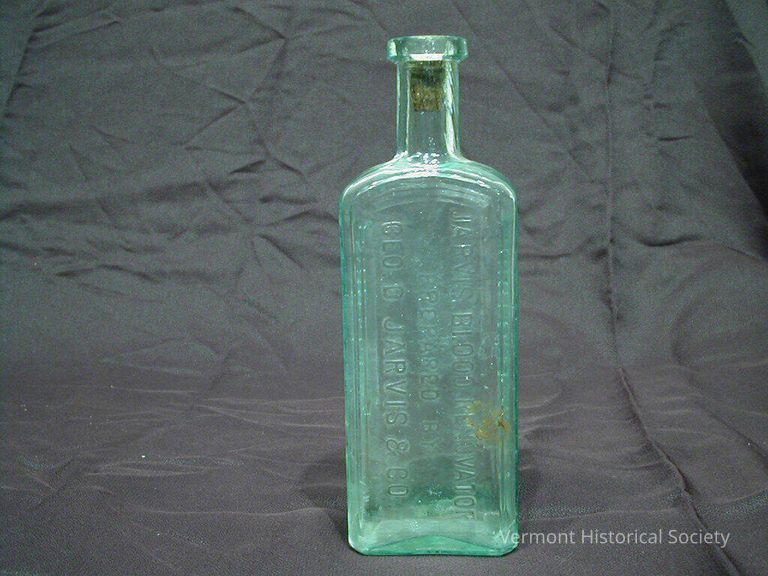
green

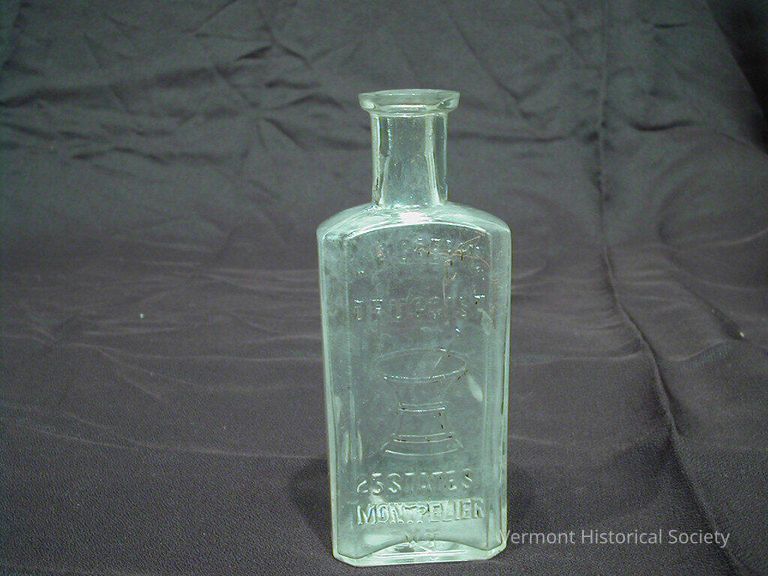
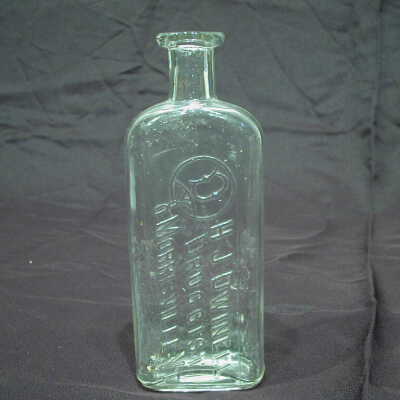
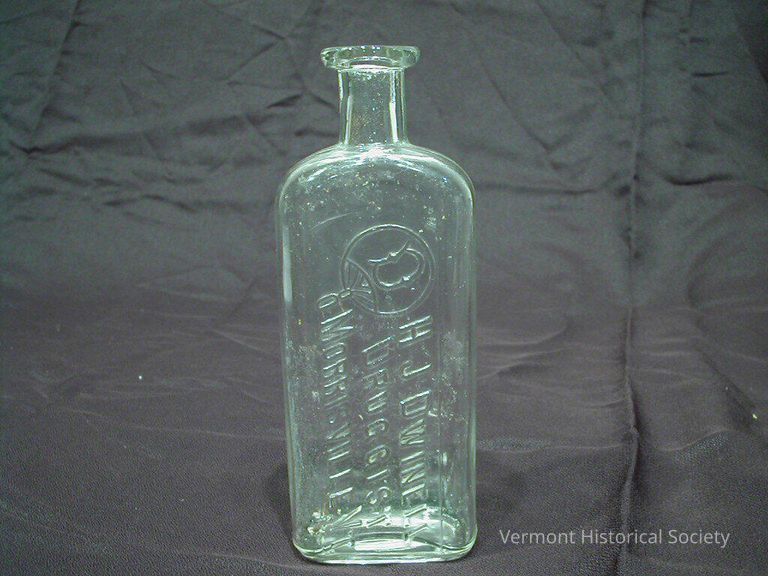
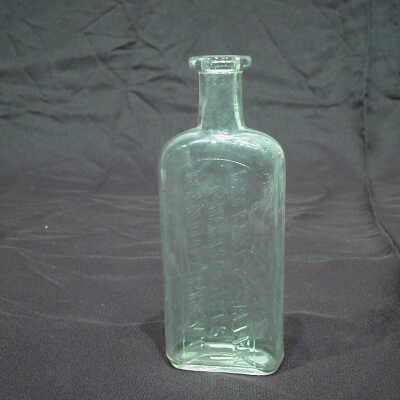
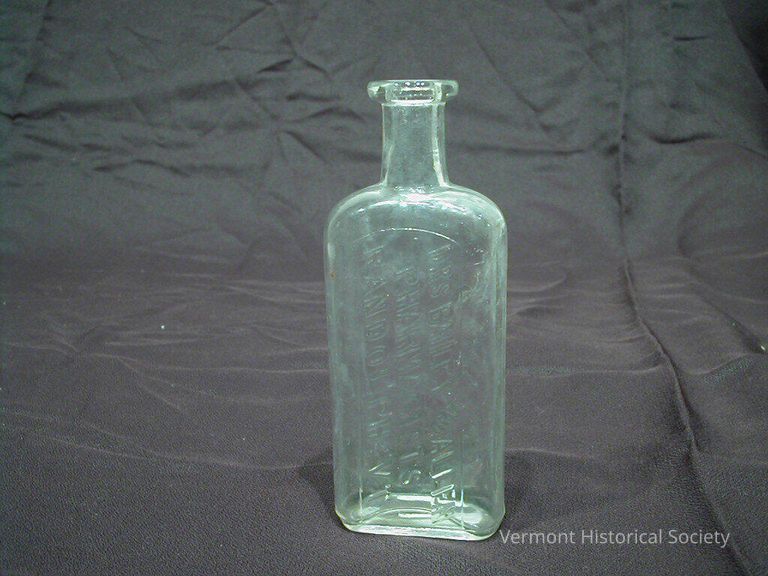
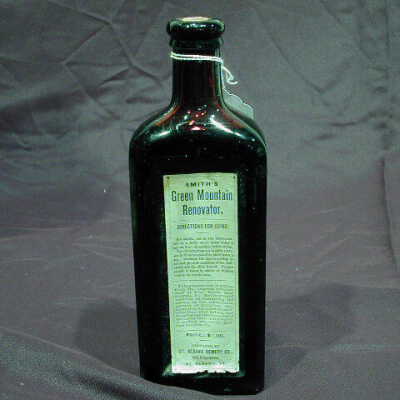
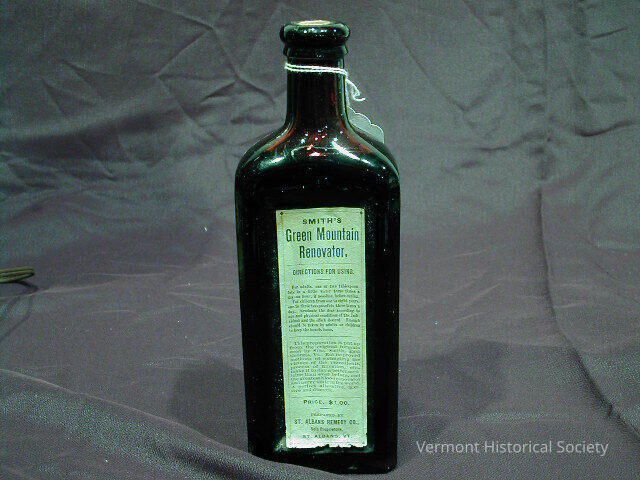
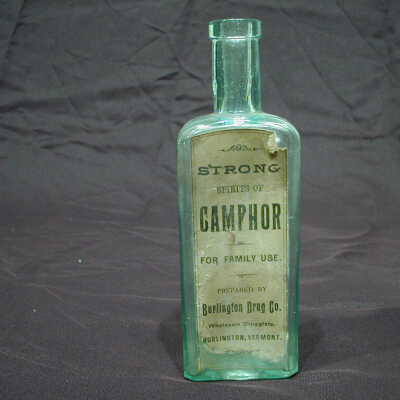
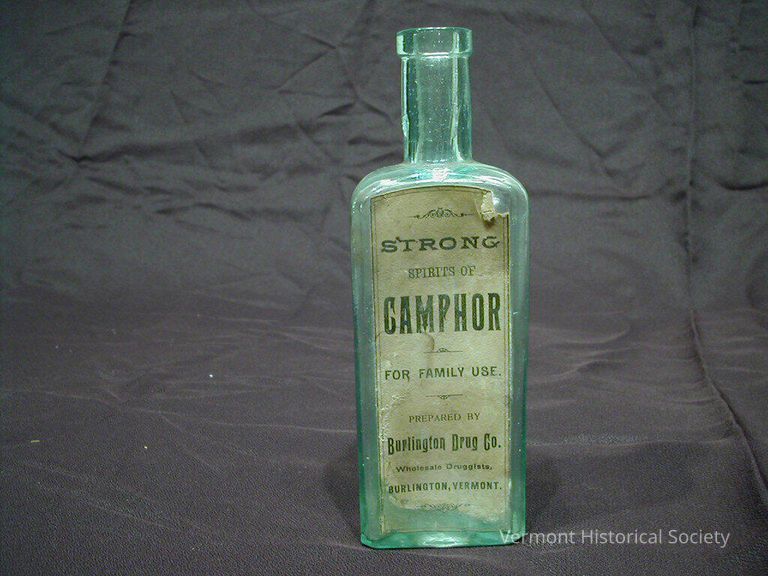
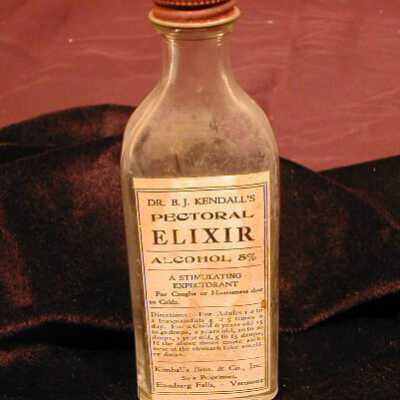
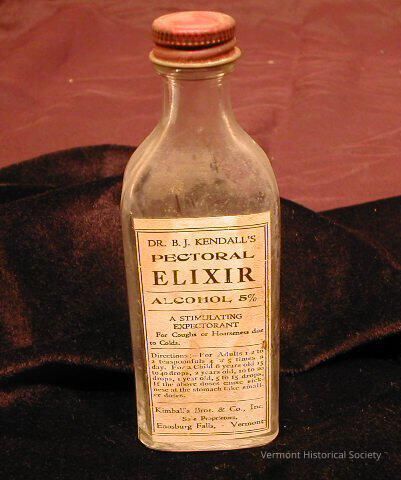
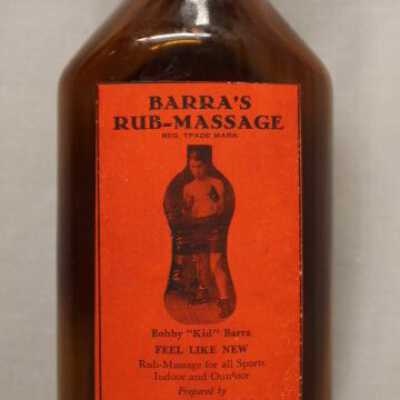
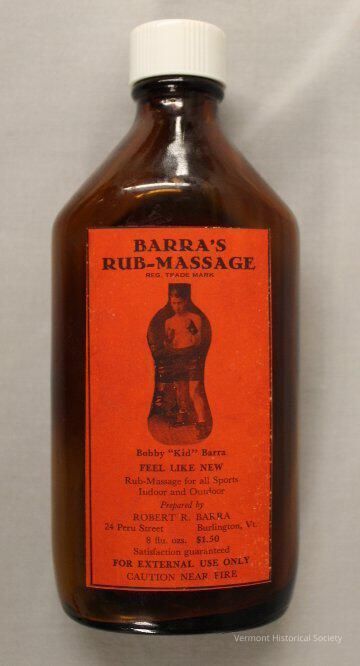
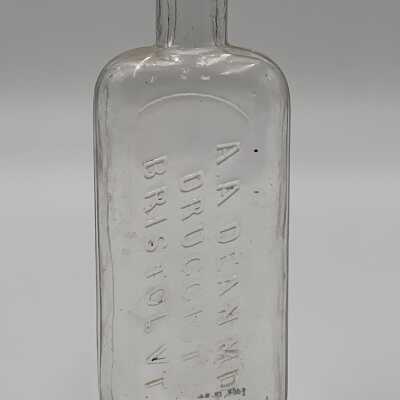
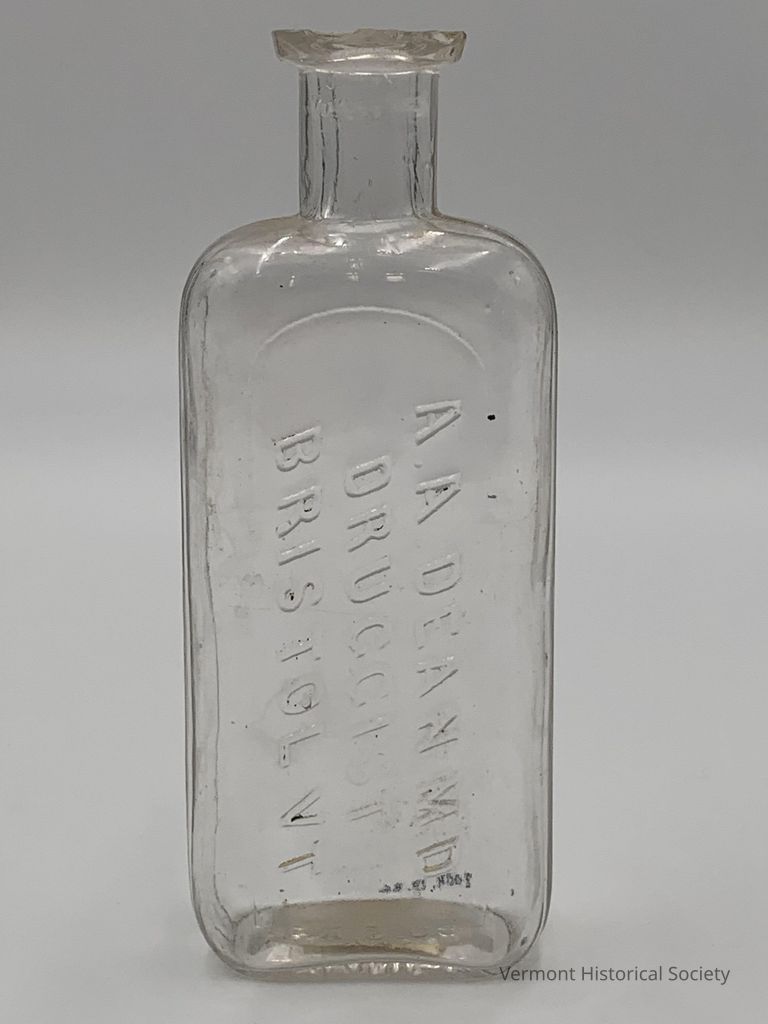
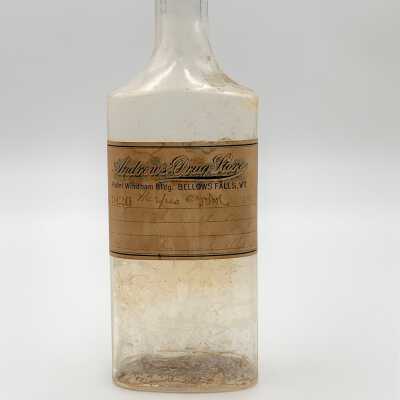
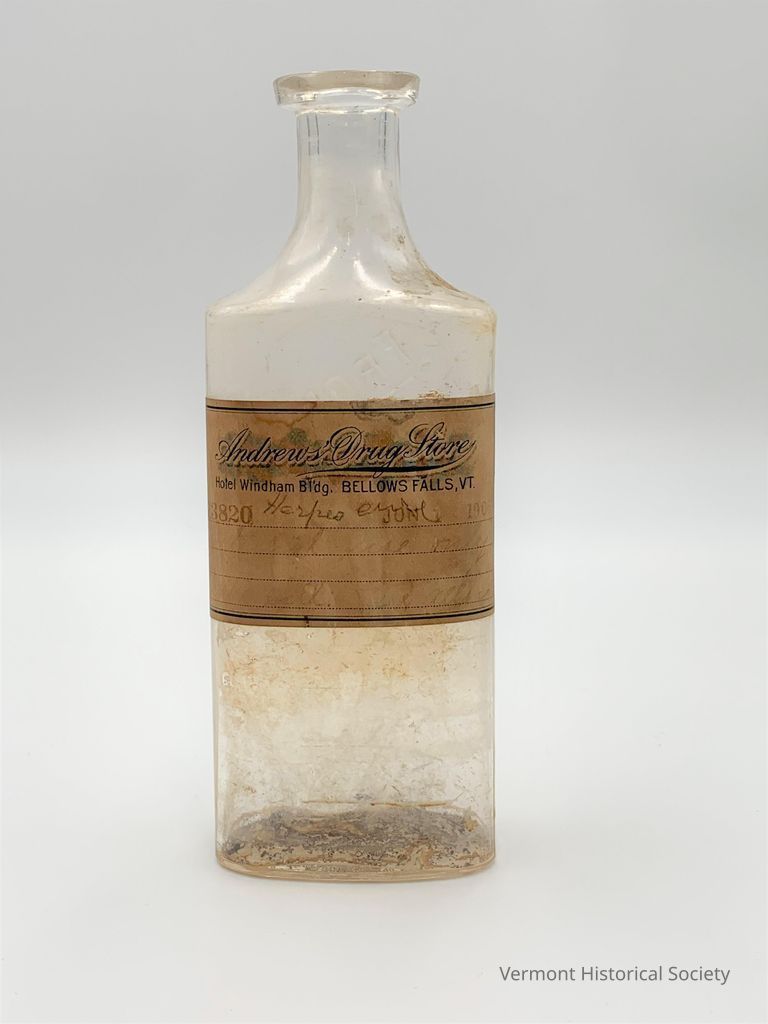

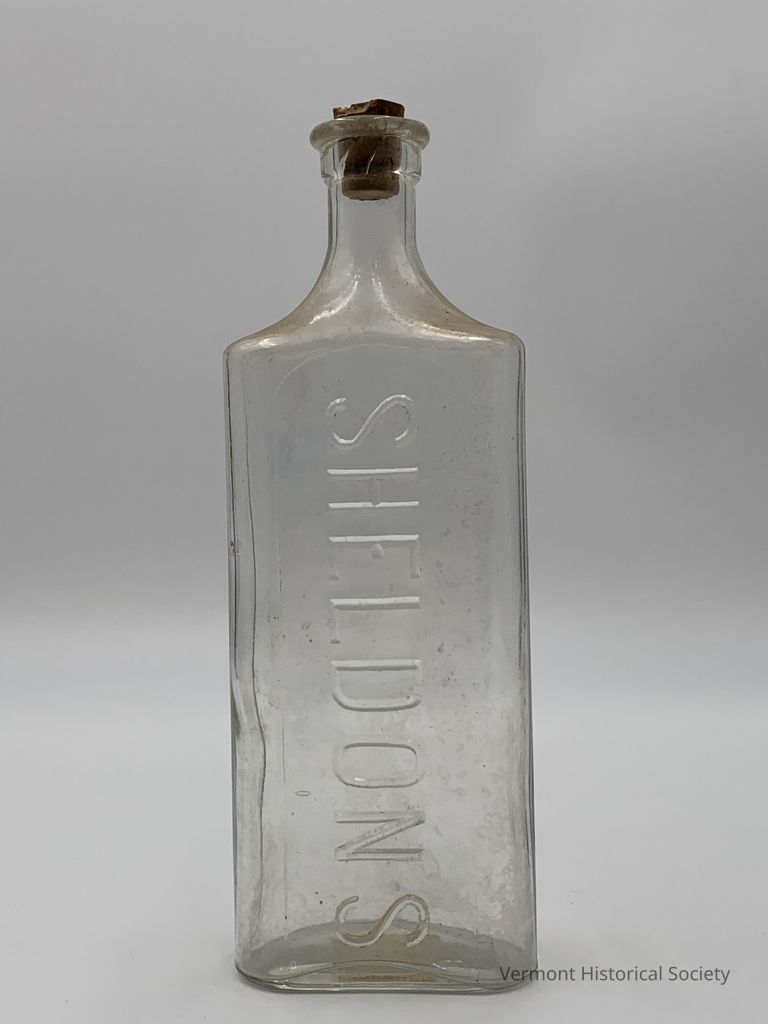
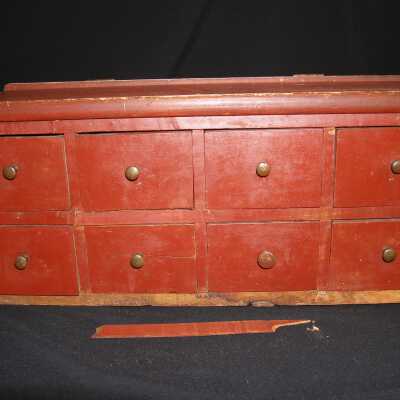
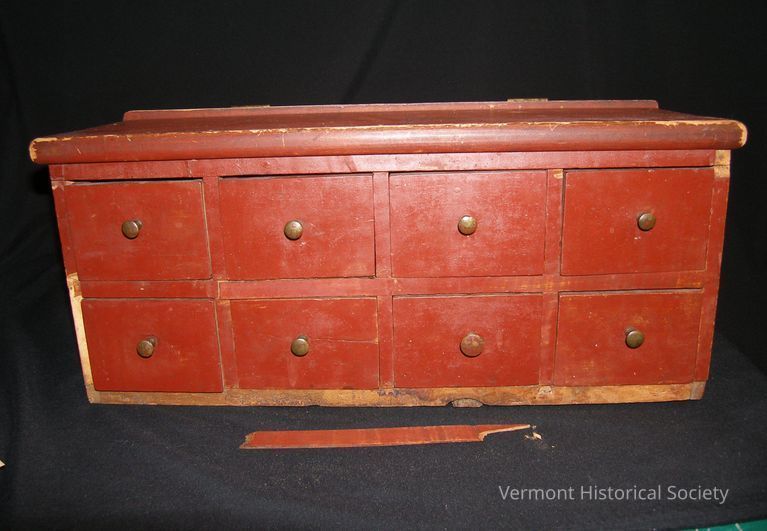
In terms of the contents of the drawers, the first drawer on the top left contains a glass medicine bottle filled with a red and white substance, along with a cork that is sticky. There is also a fragment of advertising paper in the drawer. The second drawer from the left is currently empty, as is the third drawer left. The top right drawer contains 10 playing "jacks" and a piece of trim from the chest. Moving to the bottom row of drawers, the drawer on the bottom left contains a military bar pin. The second drawer from the left is currently empty, and the third drawer from the left contains a round piece of glass and a scrap of newspaper. Finally, the drawer on the bottom far right contains a vial, a miniature book, and pieces of medicine containers.
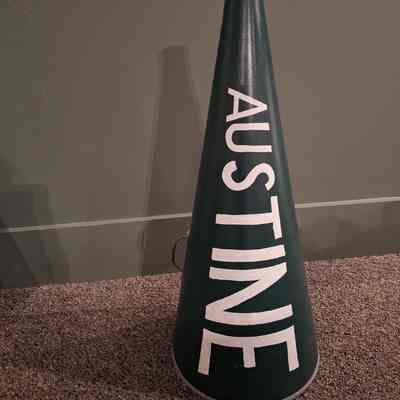
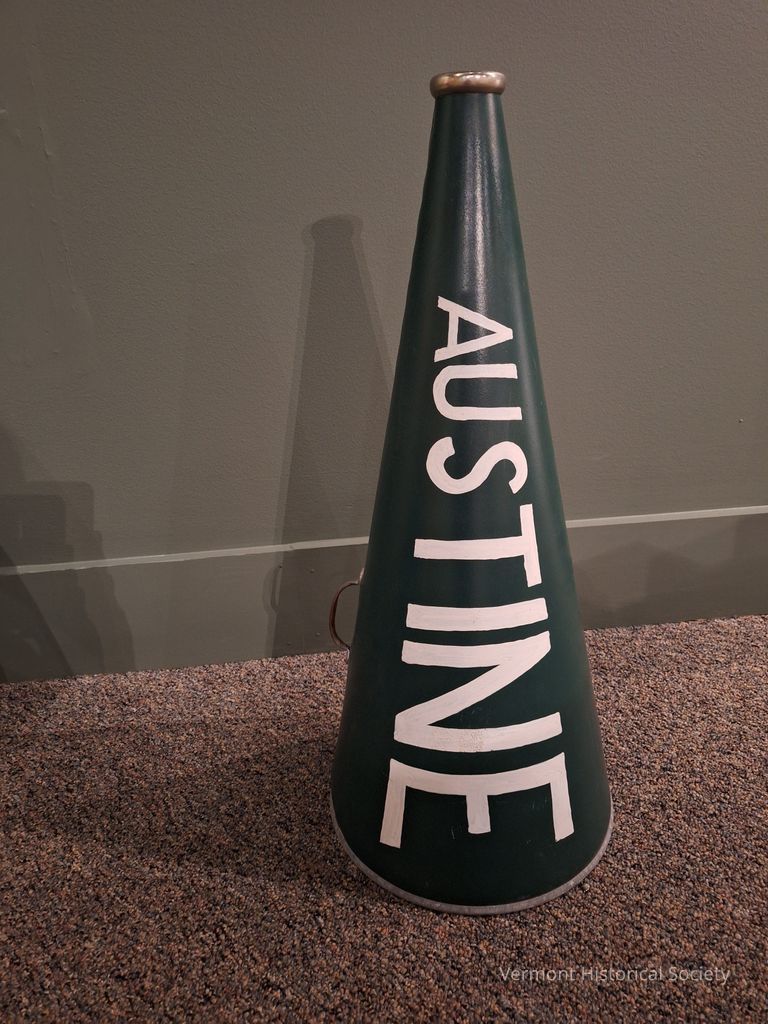
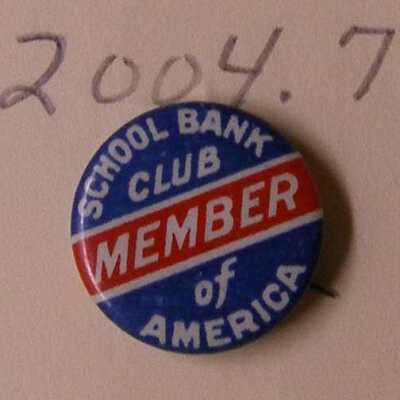
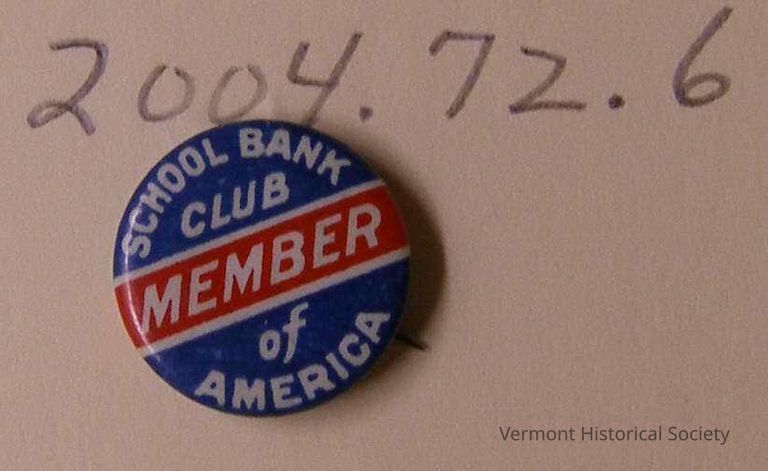
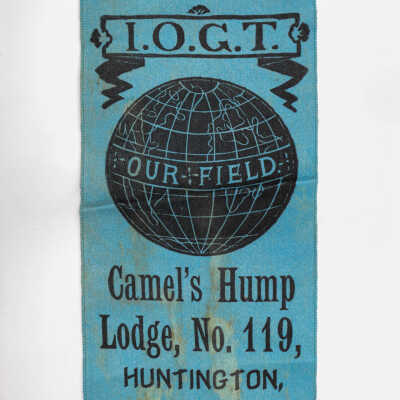
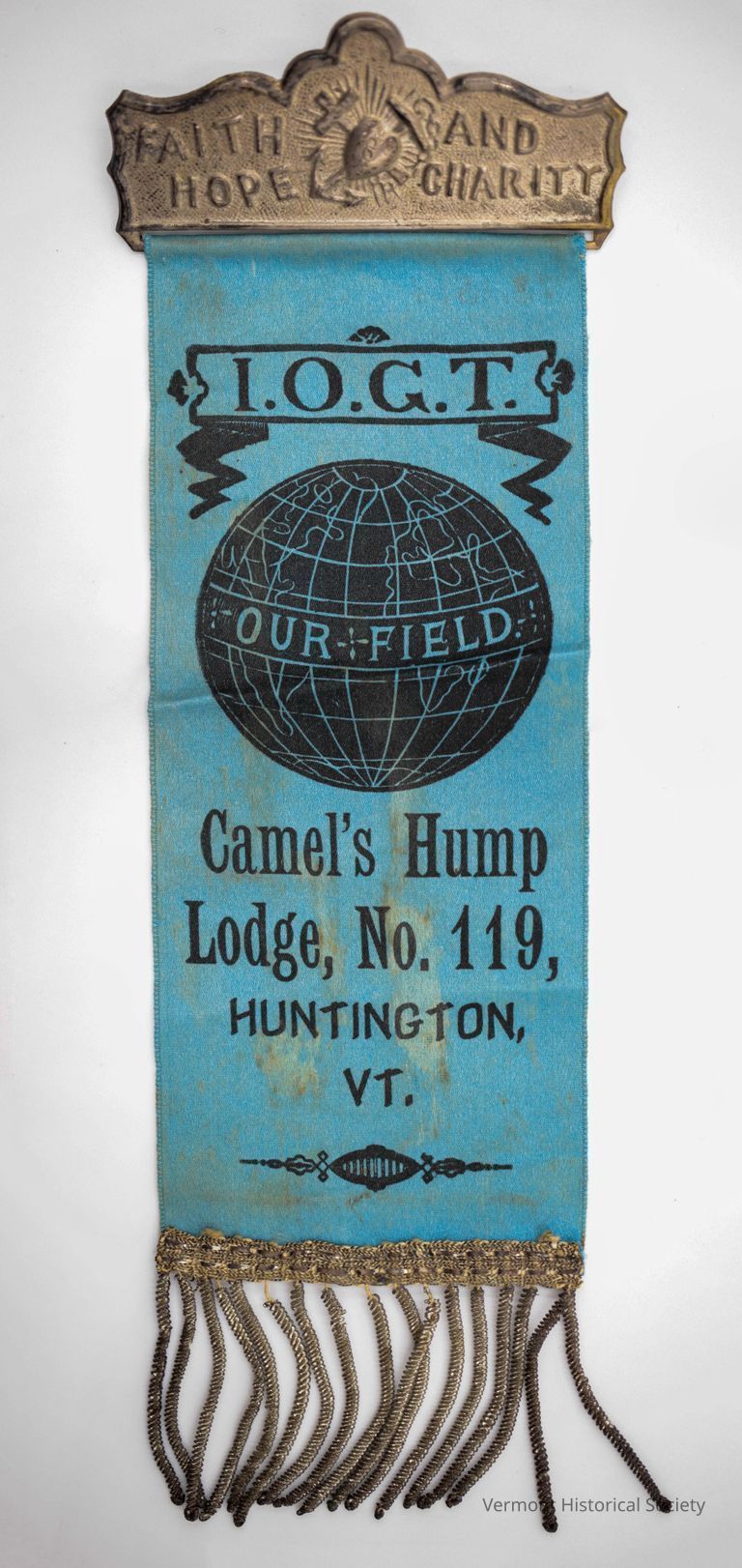

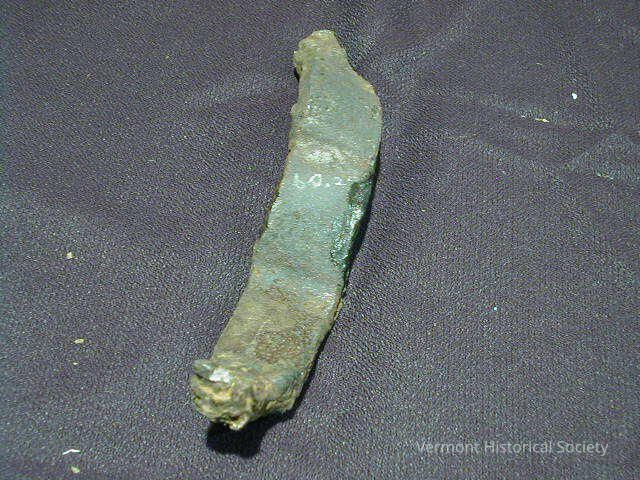
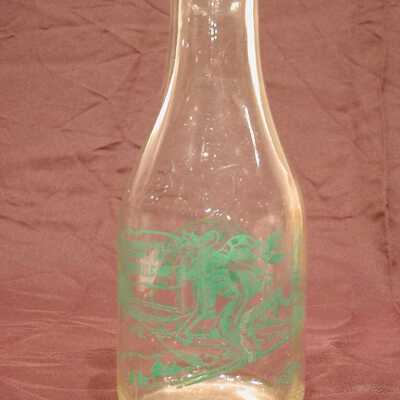
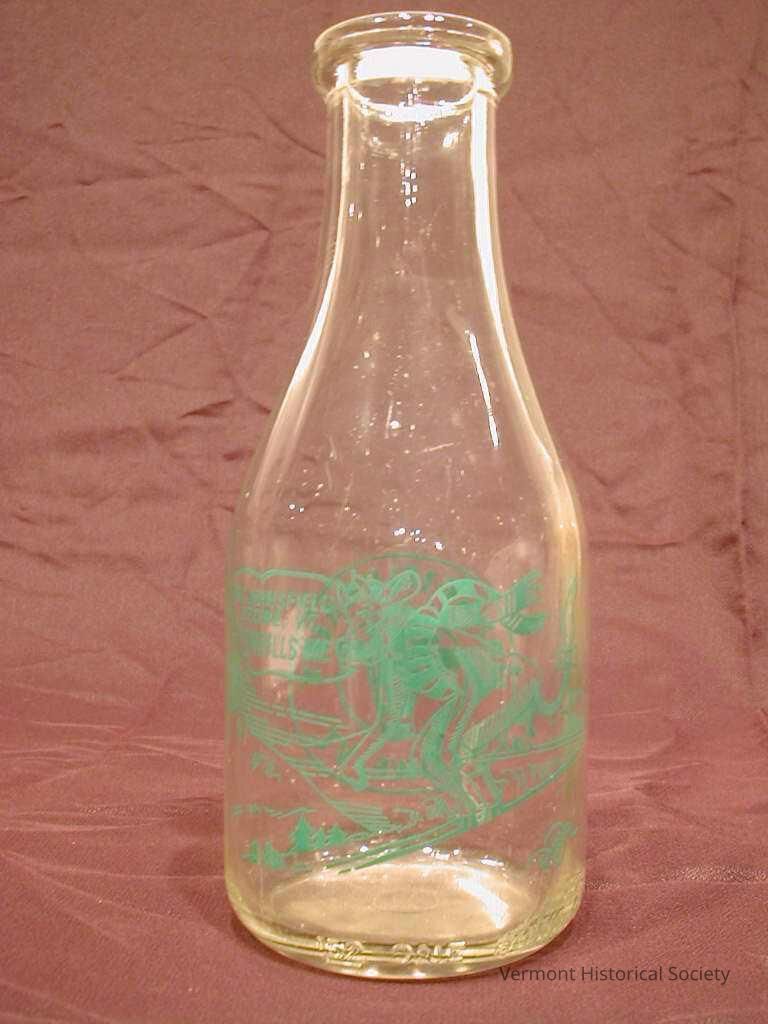
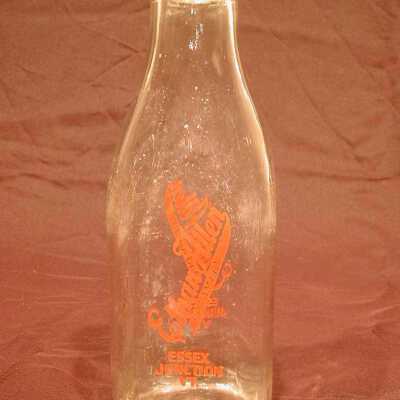
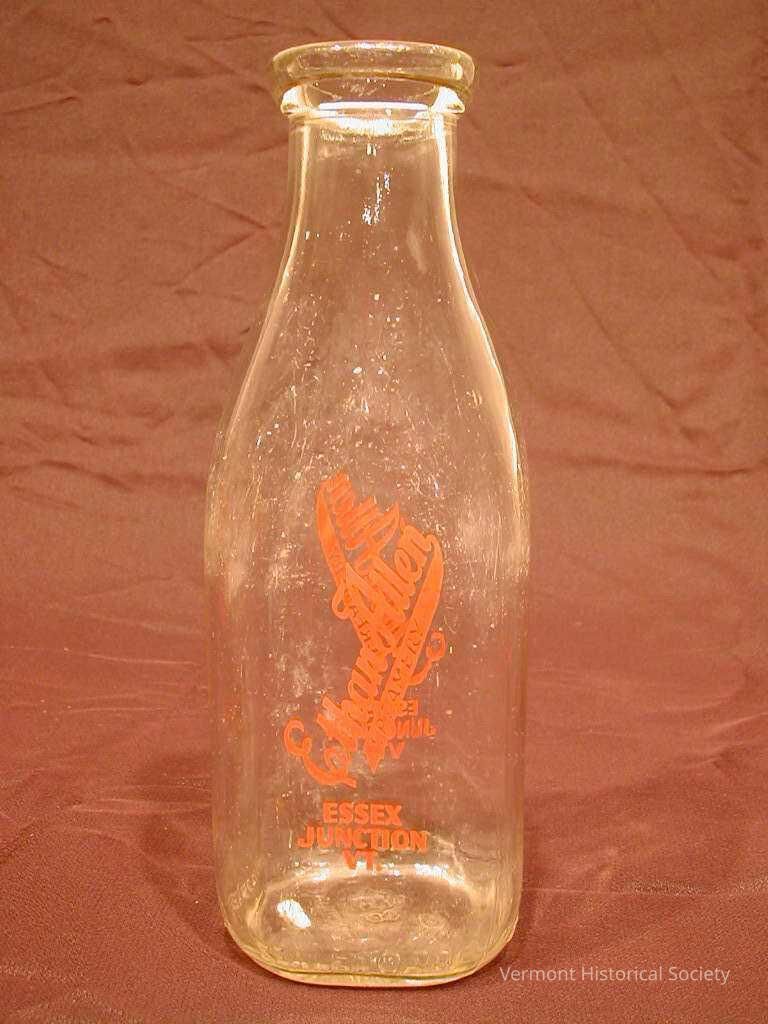
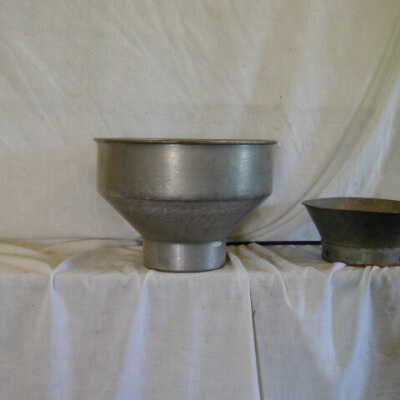
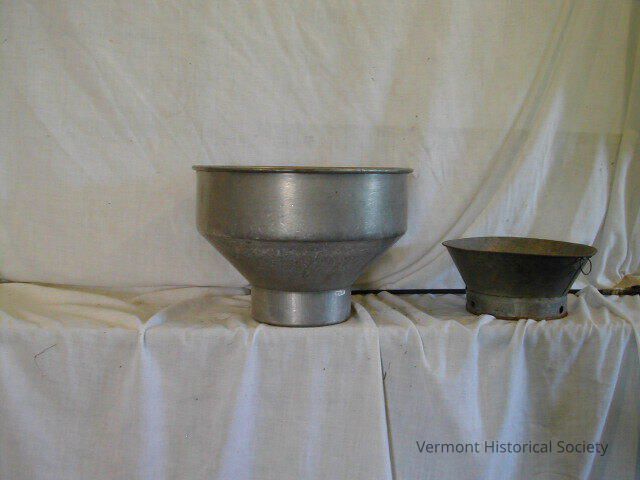
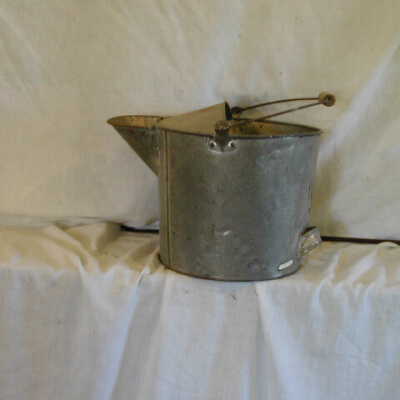
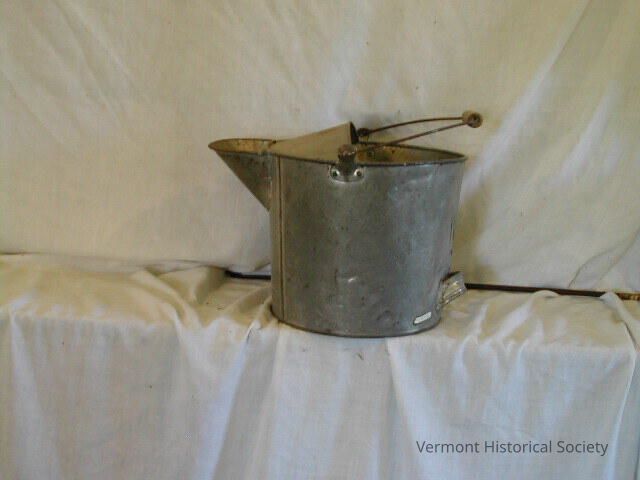
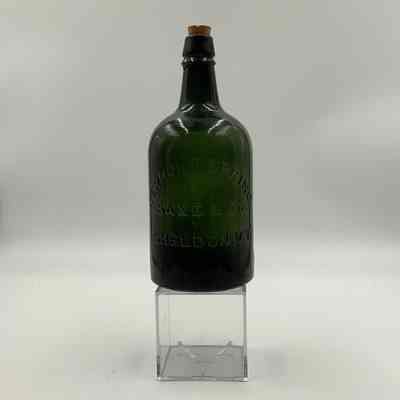
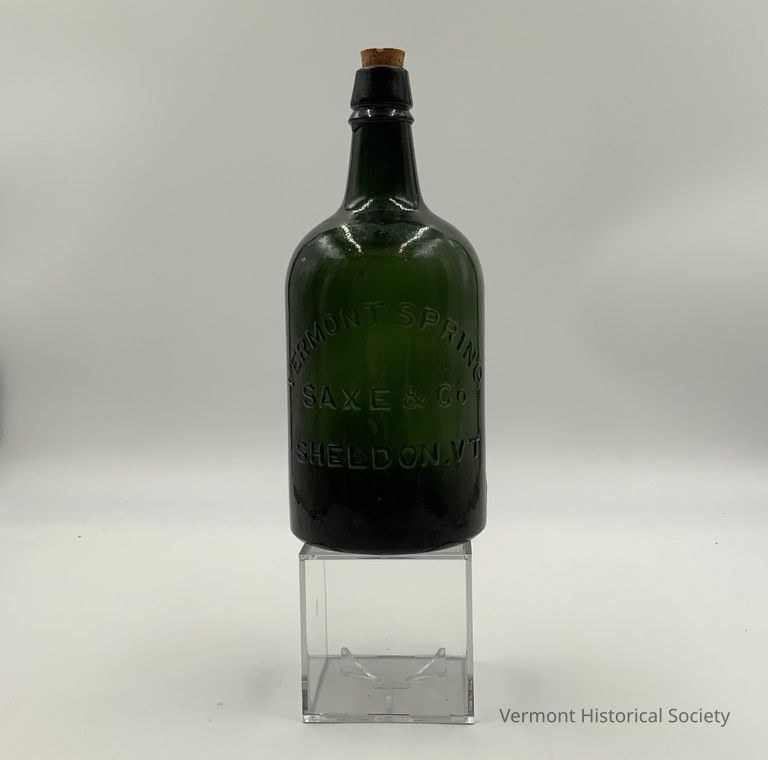
Vermont Spring Sheldon, VT Mineral Water Bottle, emerald green quart size two dots on bottom (delineating mold imperfections in making of glass)
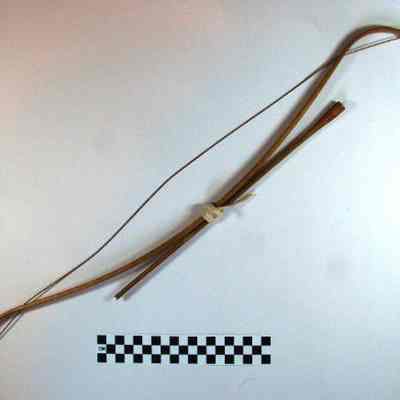
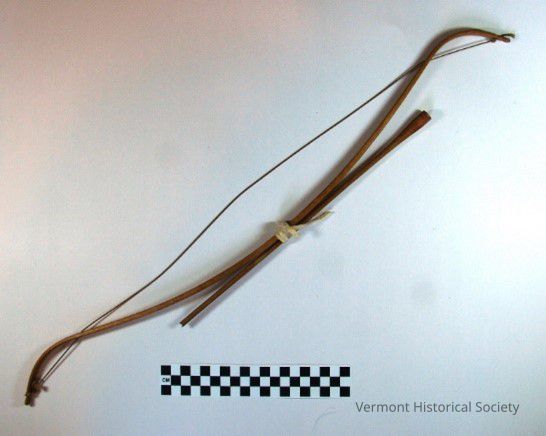
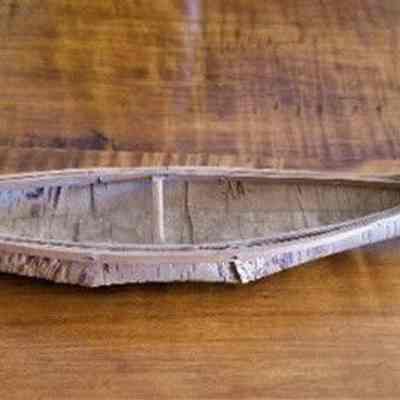
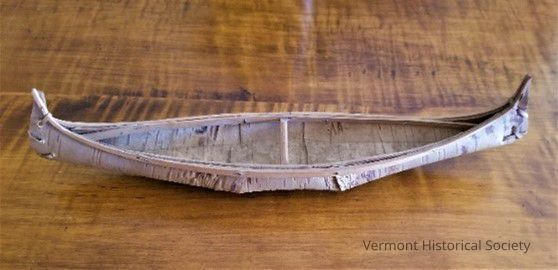
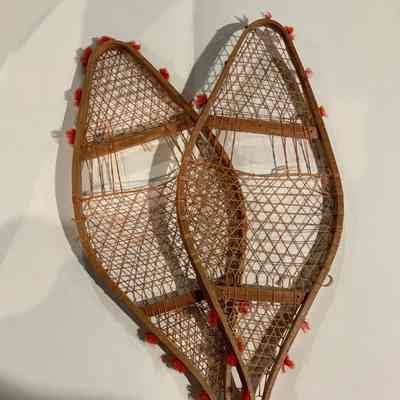
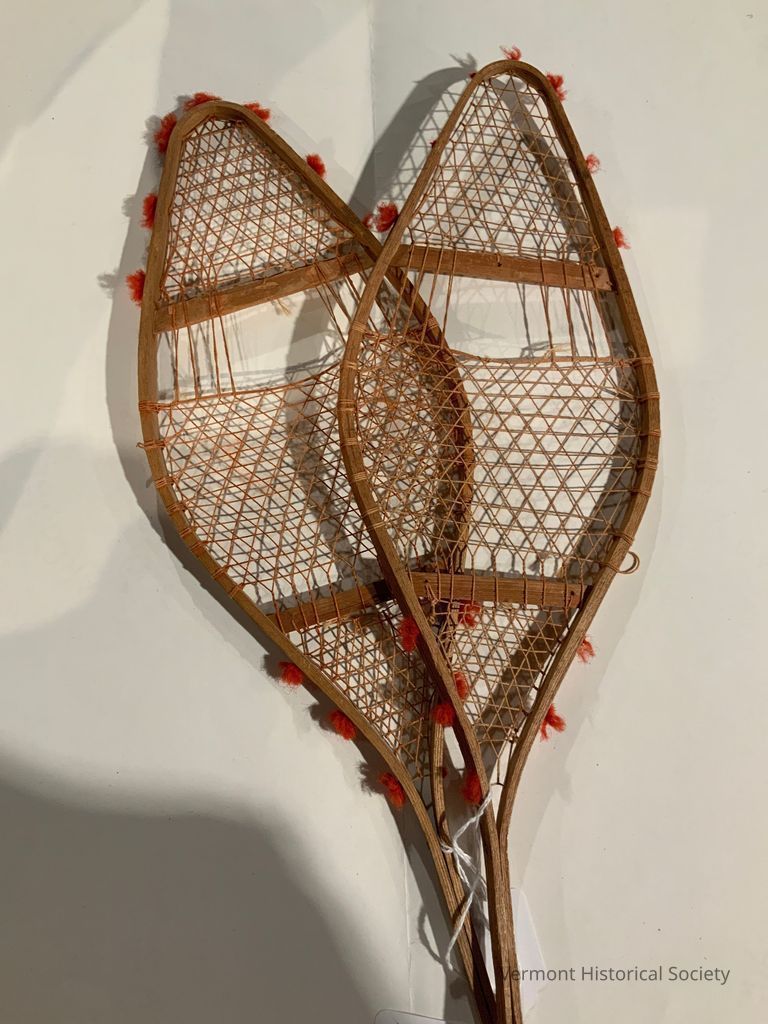
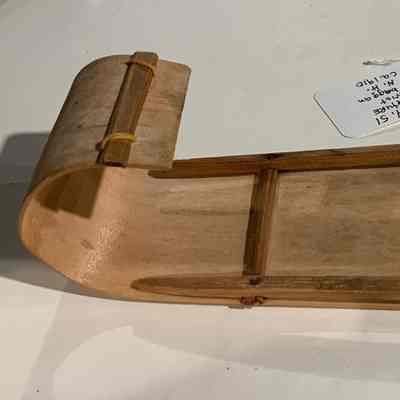
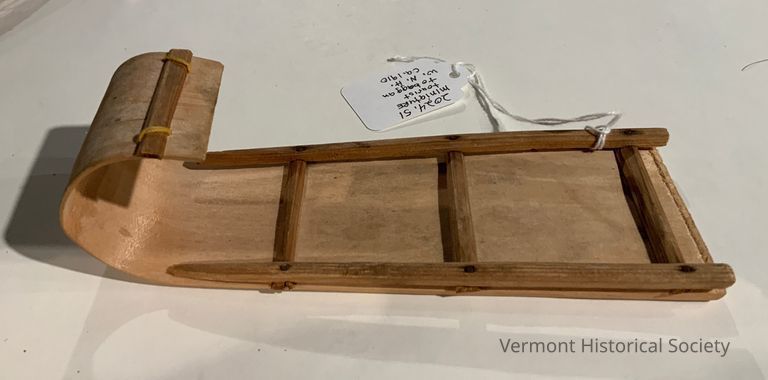
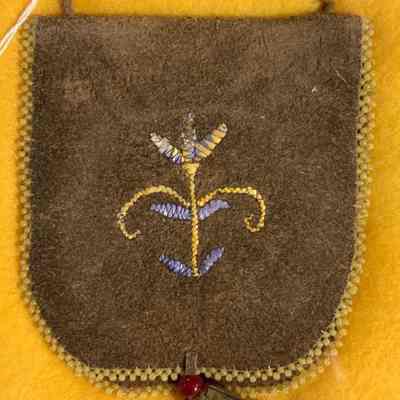
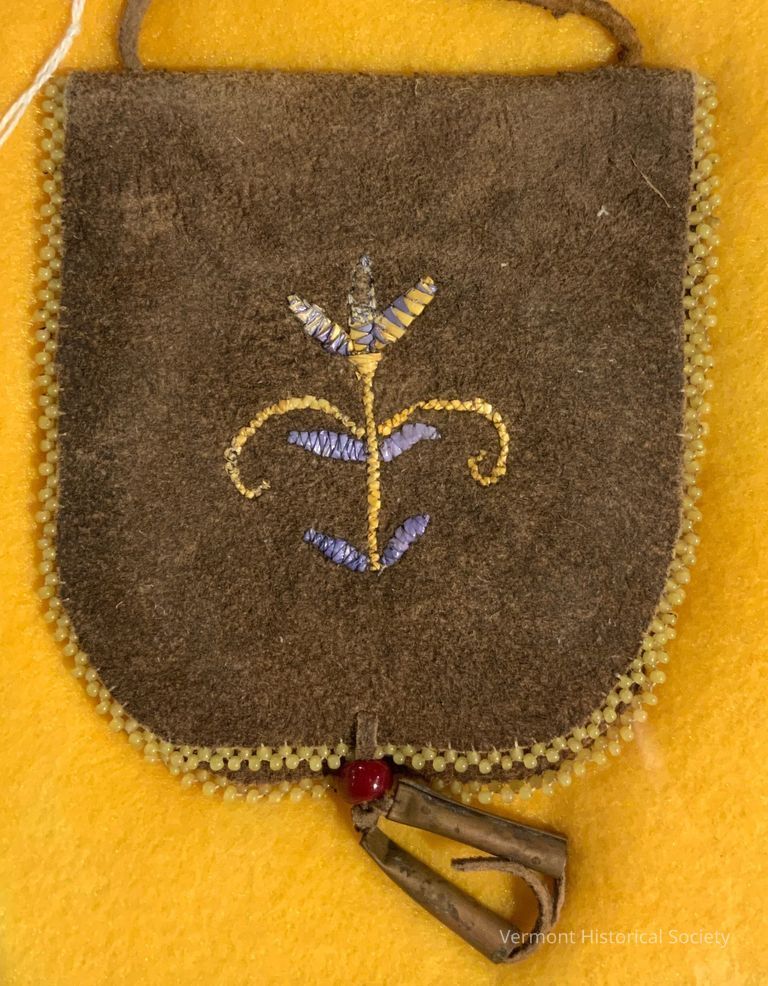
b. Round wood mirror
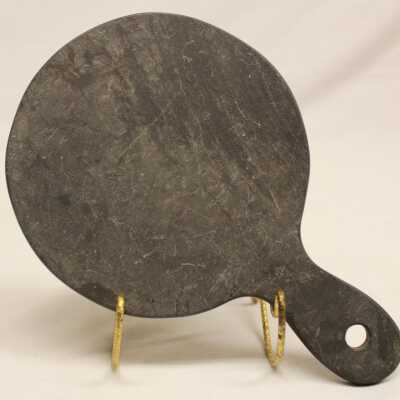
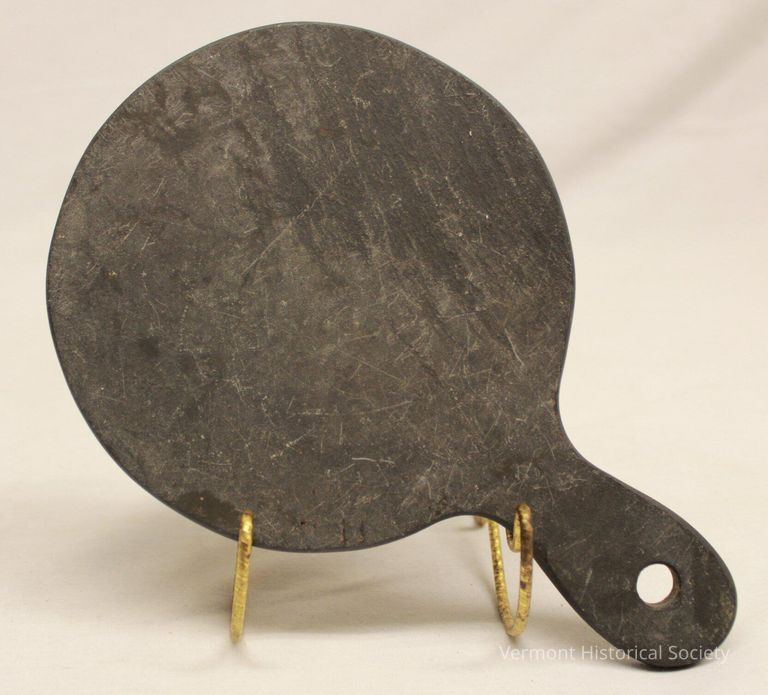

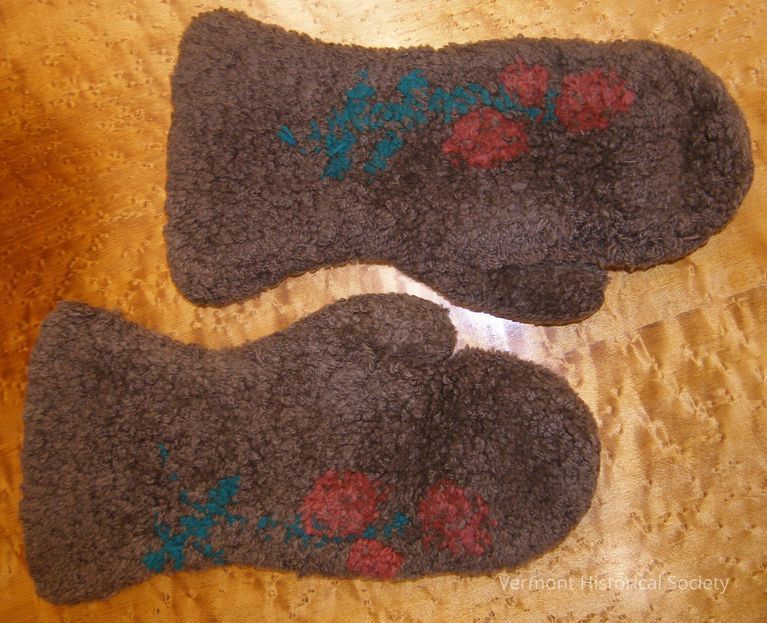
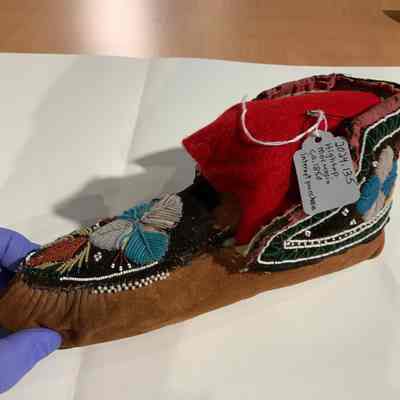
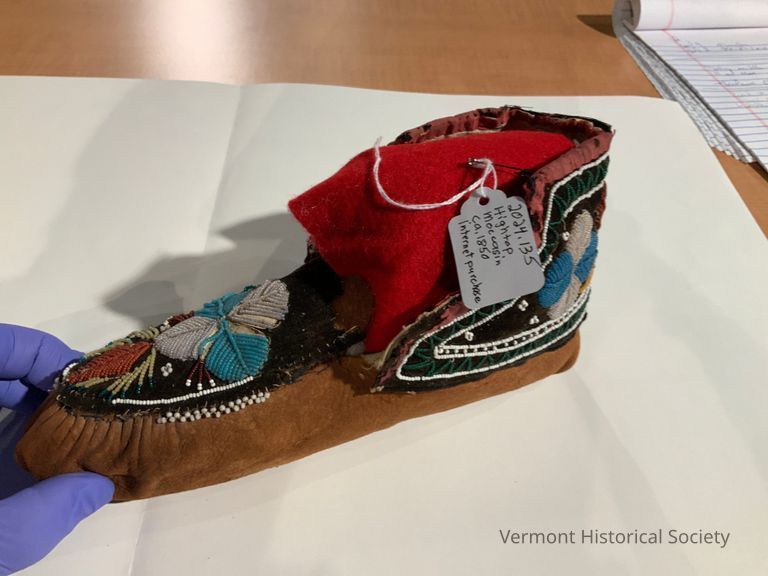
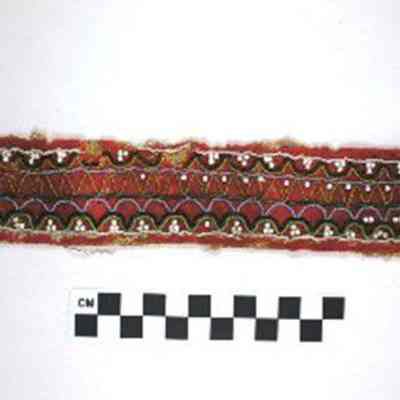
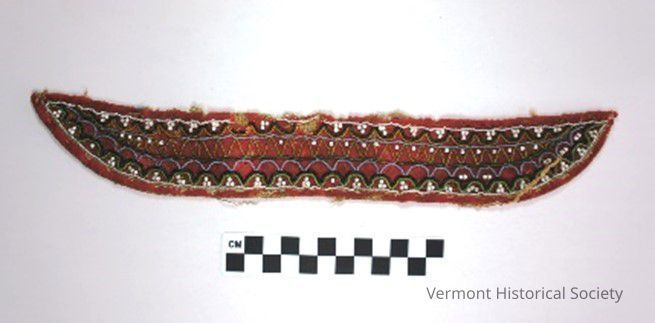
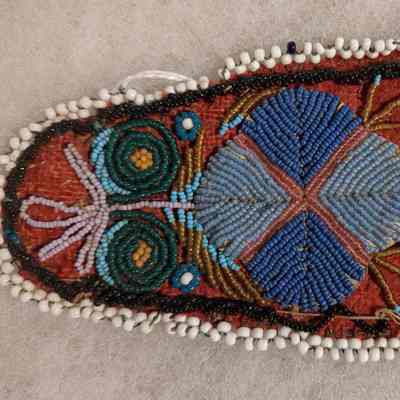
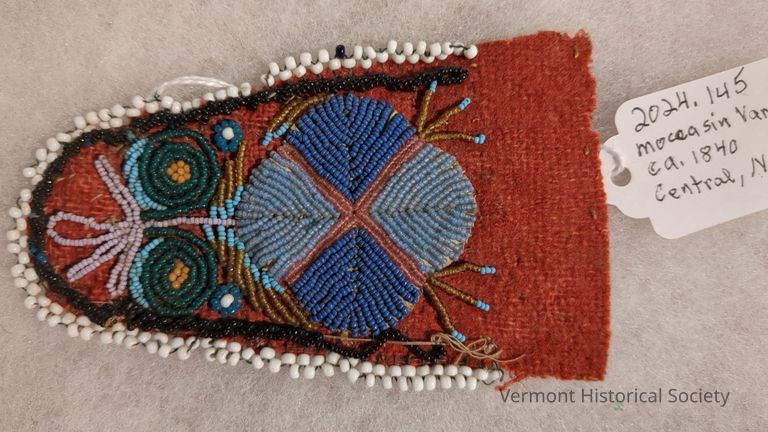
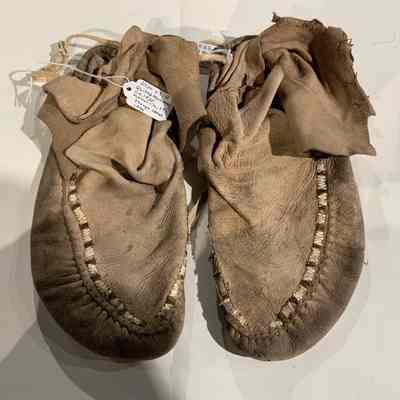
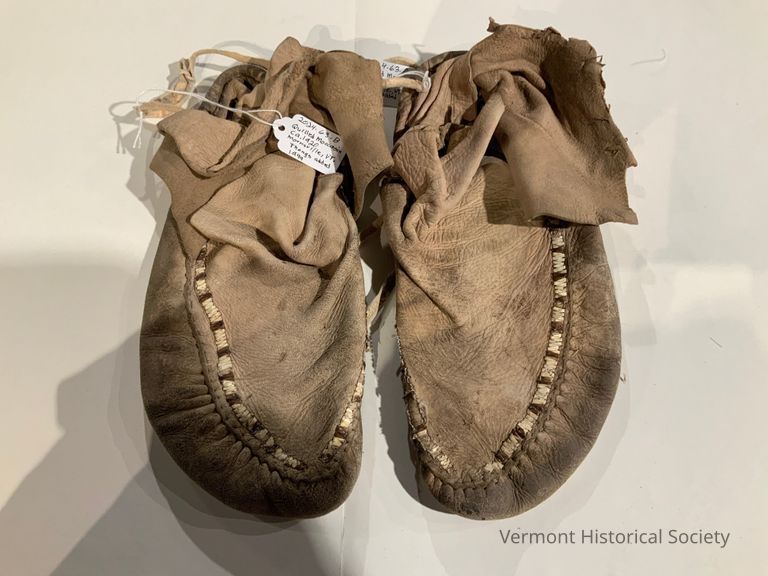
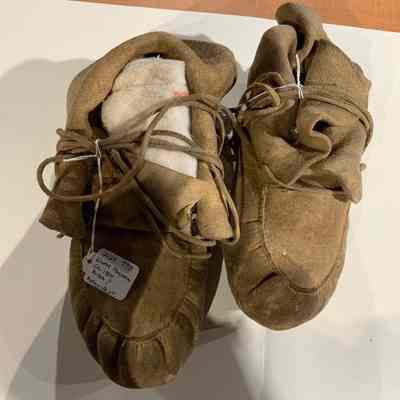
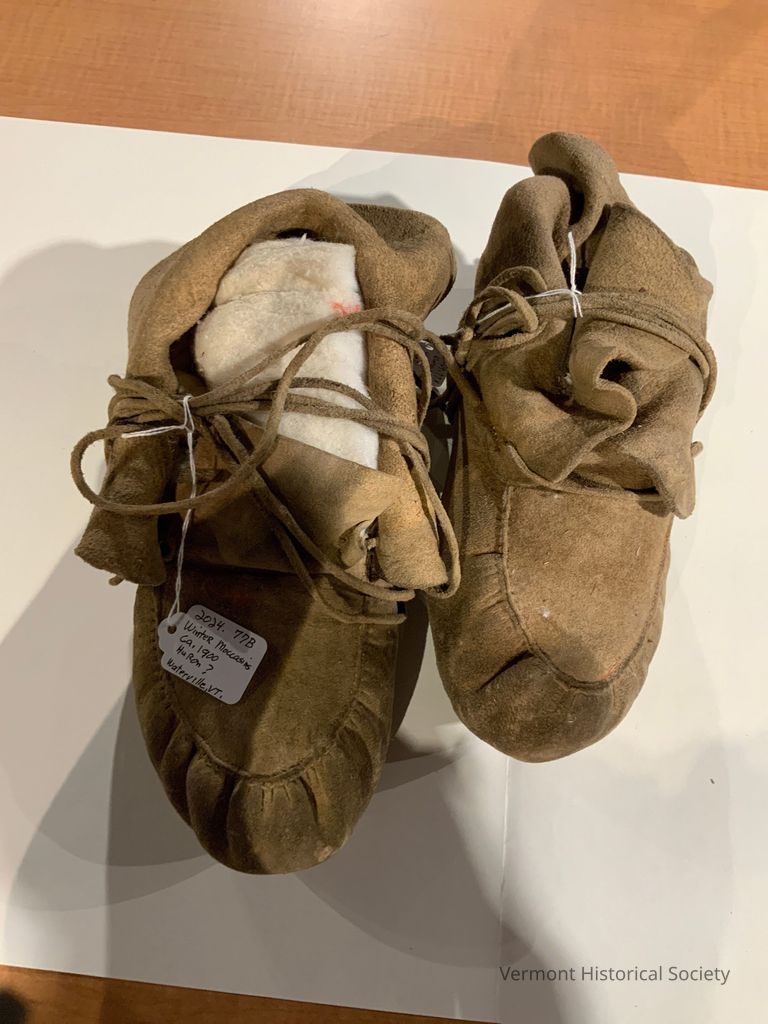
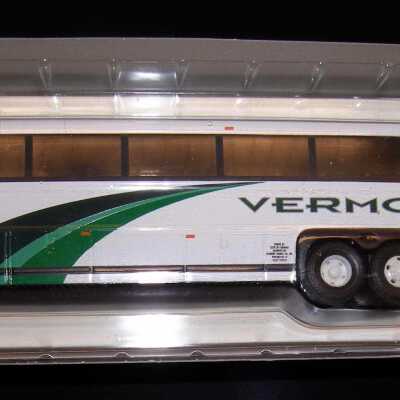
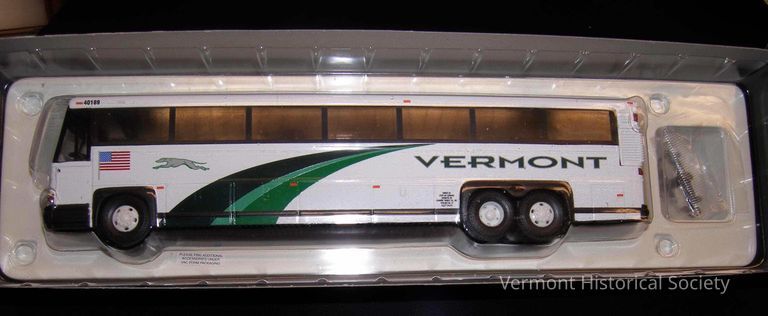
Box cover is in shades of blue with photo of bus in background & imprinted: "1:50 Scale Limited Edition/ Die-Cast Replica" "Vintage Bus Lines" logo diagonally on right side and in left corner "CORGI" with red trademark Corgi.
At each end is picture of bus with model number. On one side of cover are six scenes of buses and printed below: "Highly Detailed Die-Cast Models for the Adult Collector" with Corgi trademark and "Vintage Bus Lines" logo. On other side of cover is same historical information as on Certification card.
The bus is white with a three color green roadway on each side and a fully sprinting greyhound dog. "VERMONT" in dark green is toward the back of the bus. A U.S. flag is at the very front below the driver's window and on the door. On front of bus, over driver's window, is printed "White River Jct" Under front windows is bus ID number "40189" and 'VERMONT" and license plate. By left passenger door is blue "handicap" logo and bus ID number appears over passenger door and driver's door. In front of back wheels on each side is "Owned by: State of Vermont/ Operated by: Vermont Transit Co., Inc./ Burlington, VT/ USDOT086293" On back of bus is "40189" with greyhound, "VERMONT" and license plate. Underneath is "0084" limited edition number and at front: "CORGI/ MCI 102"
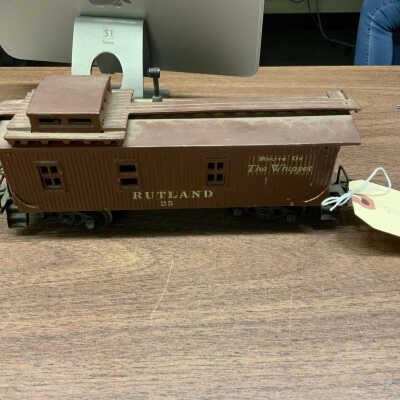
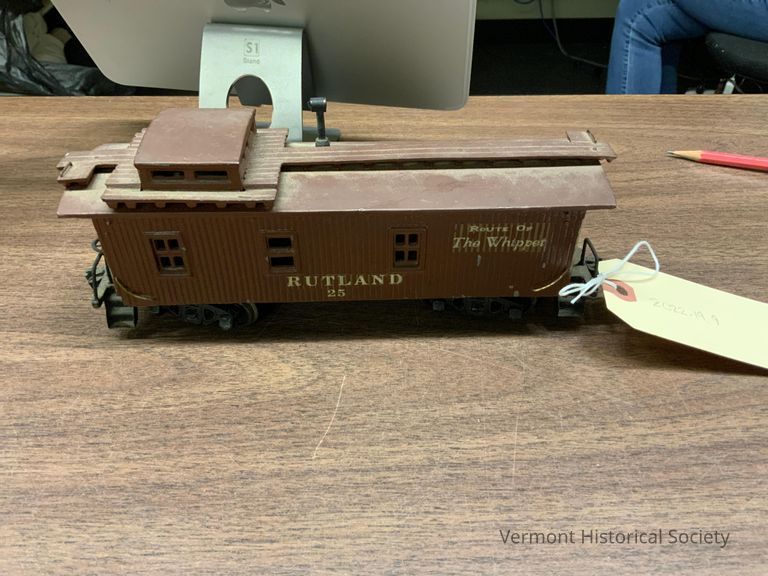
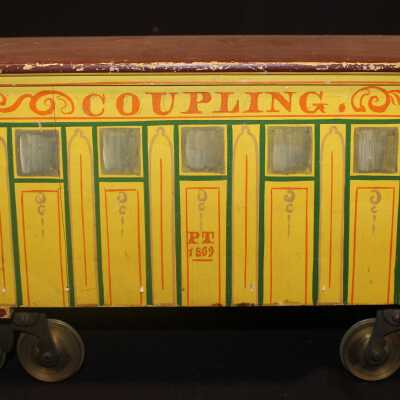
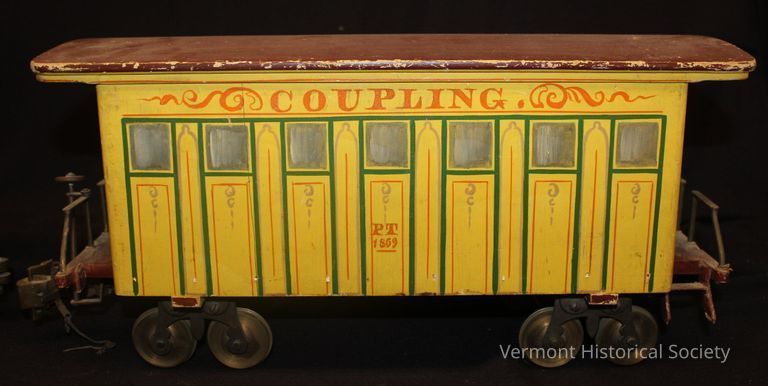
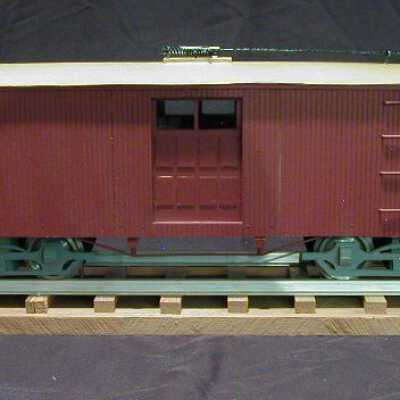
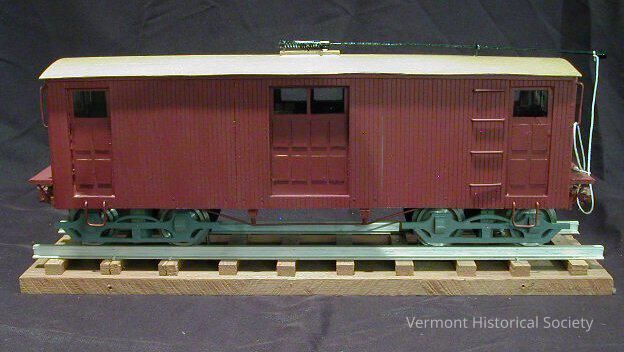
This model is of the Mansfield First Freight Motor 1898, which was a car used on the Mount Mansfield Electric Railroad between 1898 and 1933.
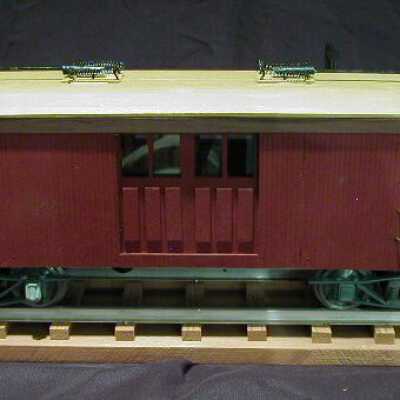
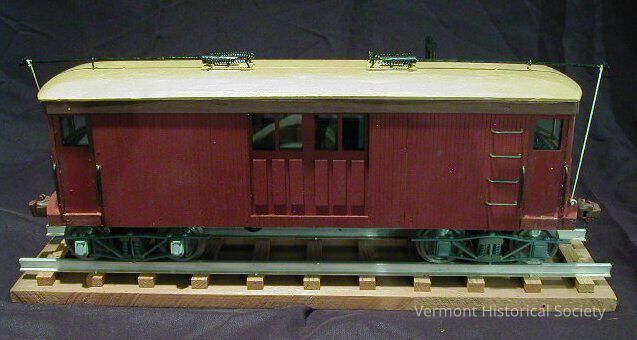
This model is of the Mansfield Second Freight Motor - 1915 train car, which was used on the Mount Mansfield Electric Railroad between 1898 and 1933.
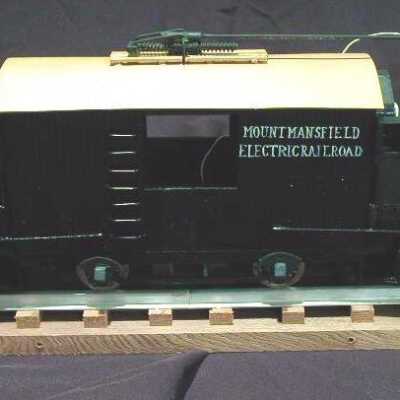
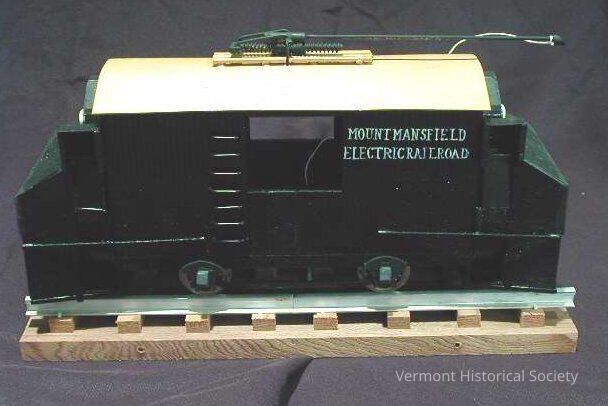
This train car is a model of Mansfield's Rotary Plow-A-Failure-1898, which was used on the Mount Mansfield Electric Railroad between 1898 and 1933.

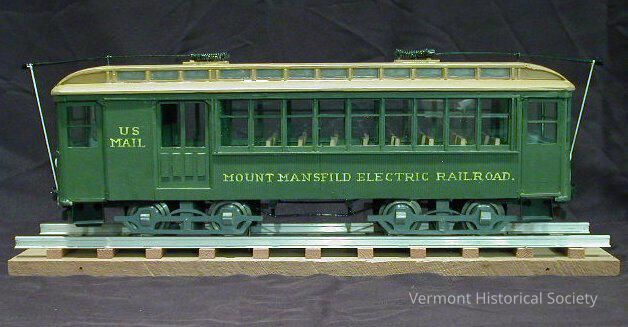
This model is of the Waterbury-Stowe Interurban rail car used on the Mount Mansfield Electric Railroad between 1898 and 1933.
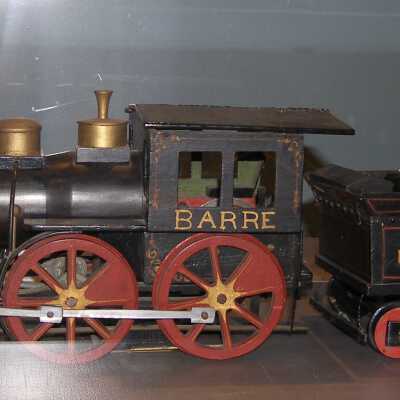
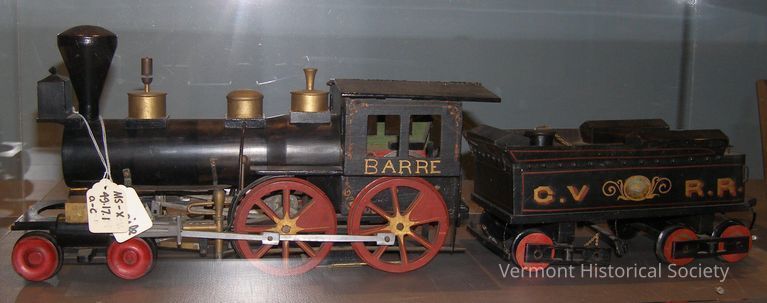
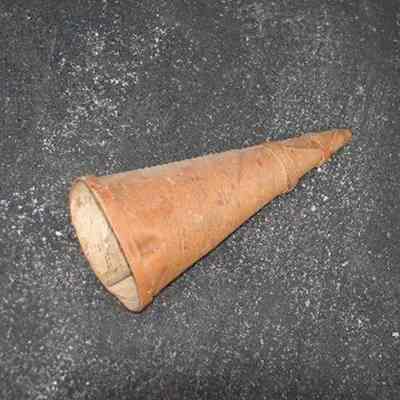
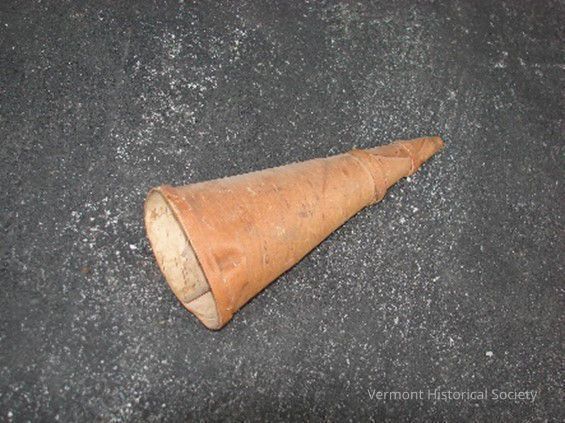
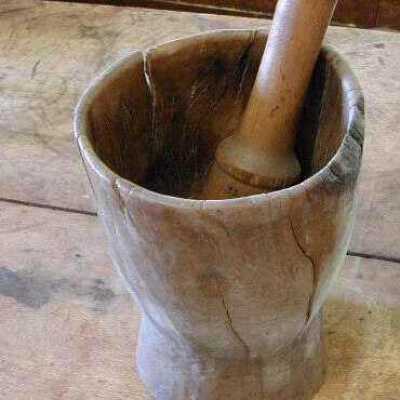
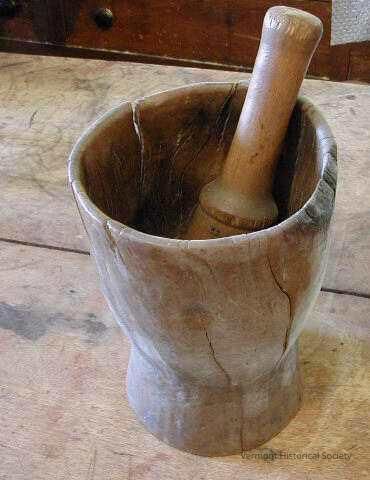
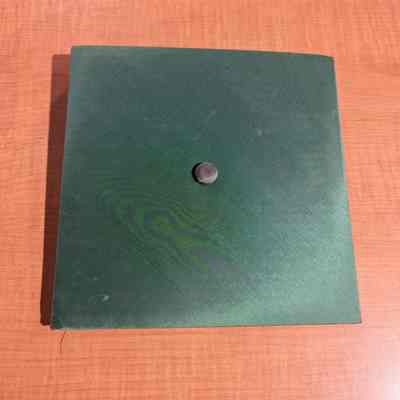
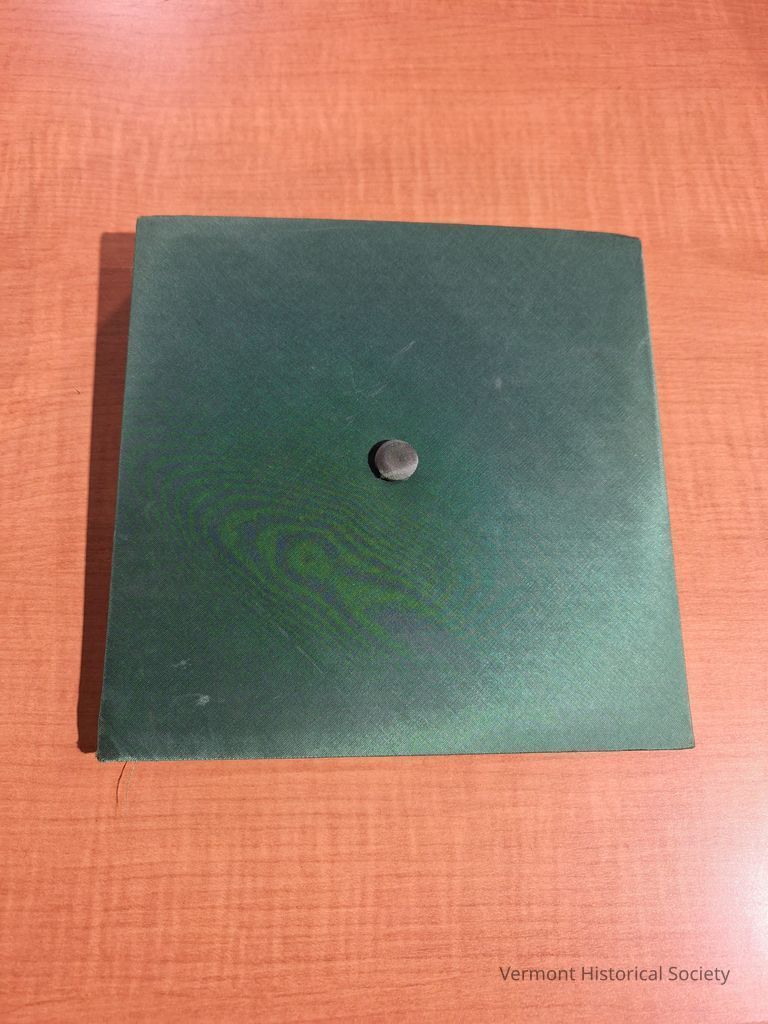
Worn by an Austine graduate.
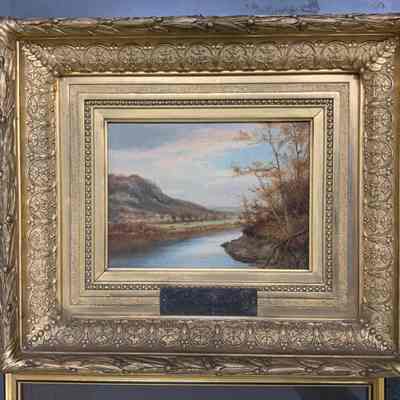
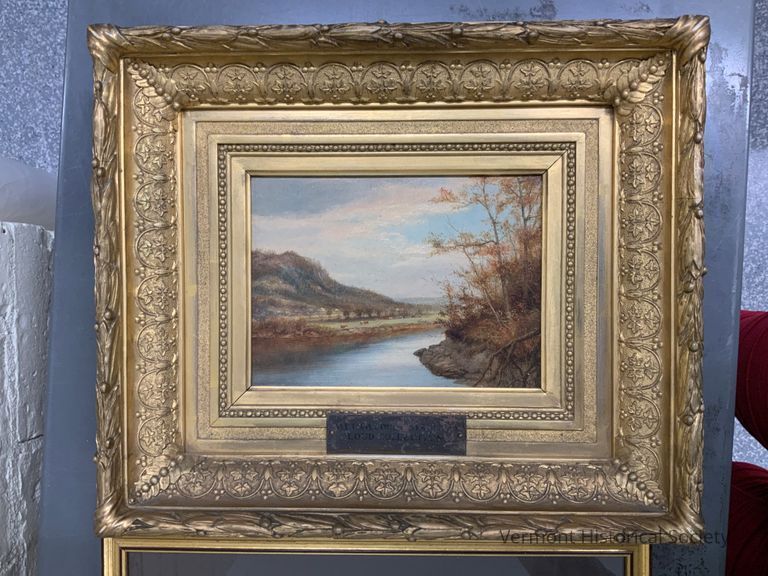
In the early 1860s his creative energies started to emerge and the drudgery of farm work was certainly no outlet for them, so in 1864 he decided to move to Boston to attend art school. Over the next few years he developed his skills at school and in the latter 1860s took his sketchbooks and went to England, Scotland and Wales to sketch the countryside there. This was his first of two prolonged stays in Europe during his lifetime and he honed his craft through his acute attention to detail.
The Early 1870s found Pierce back in Boston where he was a leader in the Boston Art Club and as the country celebrated the centennial of its founding, Pierce married his first wife Luena Wilder of Peterborough who was also an artist of note. They both returned to Europe in the late 1870s and sketched and painted and toured for over a year. They continued to paint both European and New England scenes in a Boston studio and at an estate in Peterborough and after 30 years of marriage Luena died in 1906.
Pierce continued to paint and draw and in 1912, he married Sarah Katherine Plimpton of Massachusetts. They lived on his estate in Peterborough and in Brookline Massachusetts where he died in 1920 on March 5th. In his studio upon his death were found numerous unfinished canvases, which attest to his liveliness right up to his final breath at the age of 67.
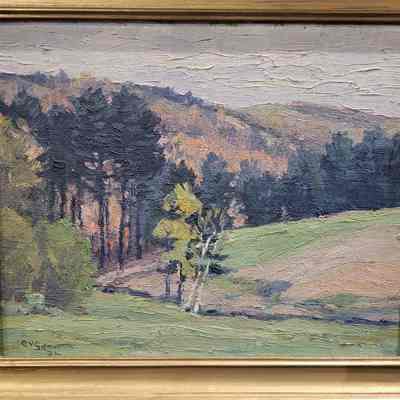
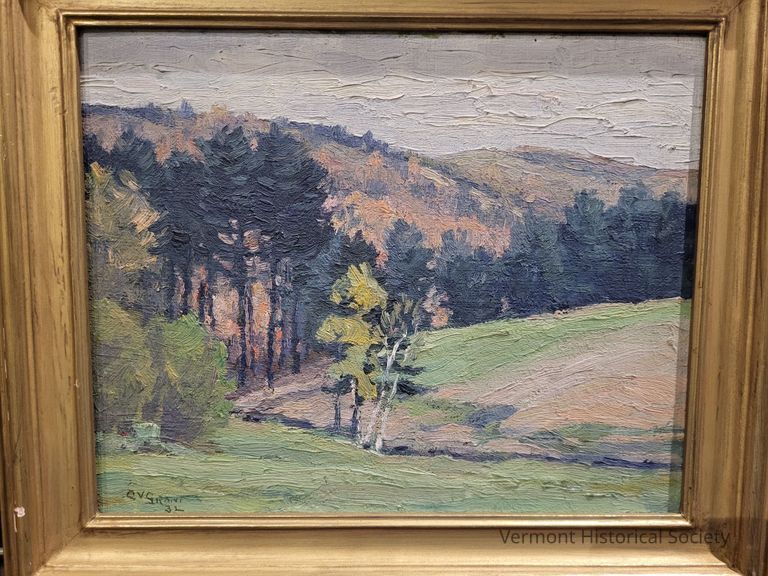
Grant was a stockbroker, commuting to Wall Street in New York City each day. On weekends he was a “Hobby Painter,” and traveled to the New Jersey shore, Gloucester, Massachusetts, and in the 1920s to southern Vermont. In the late 1920s he purchased an old farmhouse between Londonderry and Peru on Rt. 11.
The farmhouse was intended to be a summer vacation home, but the Wall Street Crash of October 1929 changed all that: Cecil Grant lost his job, his life savings and even his home in Elizabeth, NJ. He moved his family to the Vermont farmhouse, struggled to make ends meet with odd jobs, and continued his painting just to keep occupied. But in the depths of the Great Depression, Grant began to win prizes for some of his paintings exhibited locally. From then until his death in March 1953 he painted over a thousand oil landscapes of Vermont, virtually all of scenes within a 30 mile radius of his Londonderry home. He painted year around, and in the summers he had what amounted to a one man show on the village green in Manchester, next to Walter Hard’s drugstore and across the street from the Equinox House hotel. In his later years he also operated The Manchester Art Gallery in what is now the Brewster Funeral Home in Manchester Center.

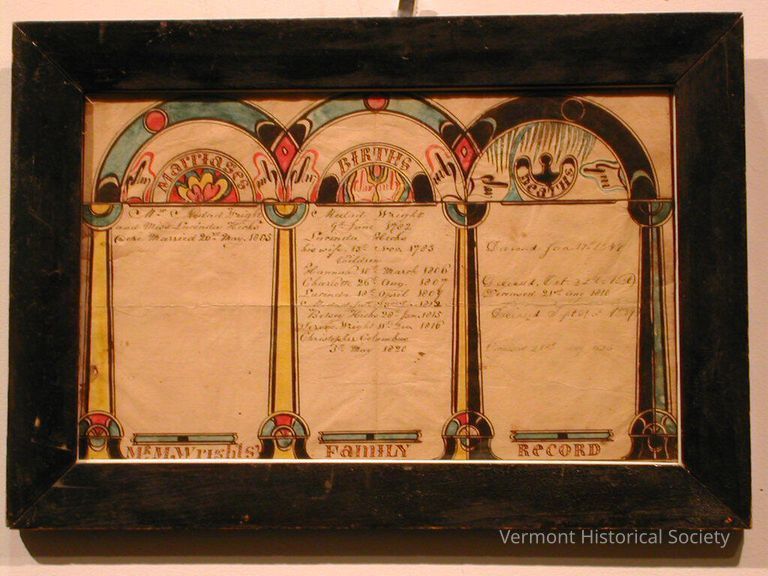
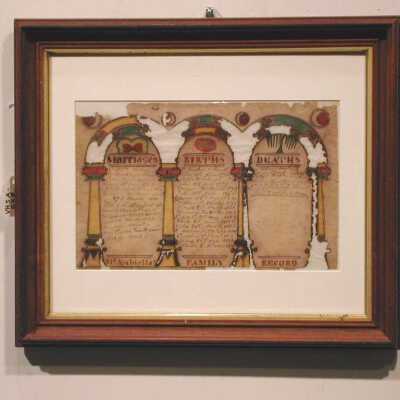
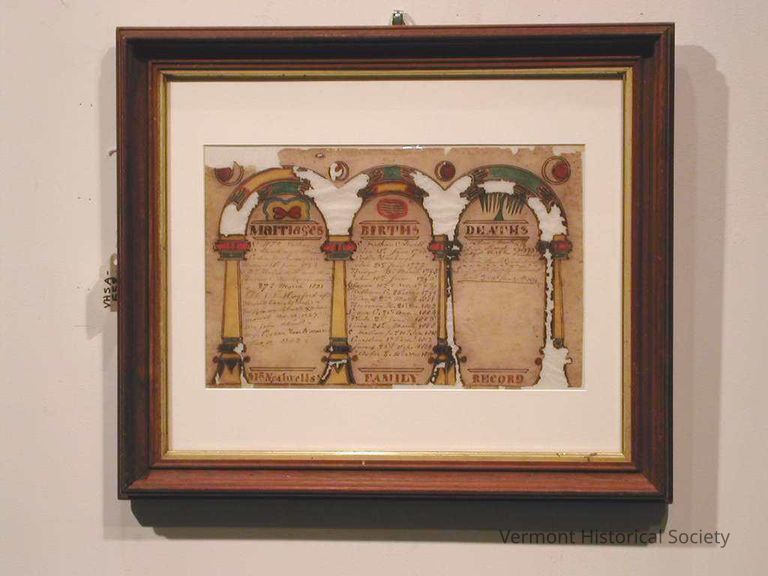
The Atwells were early settlers in Johnson, Vermont.
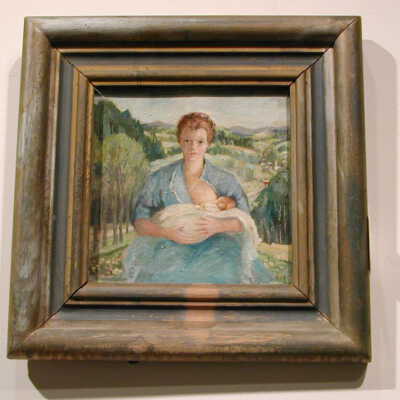
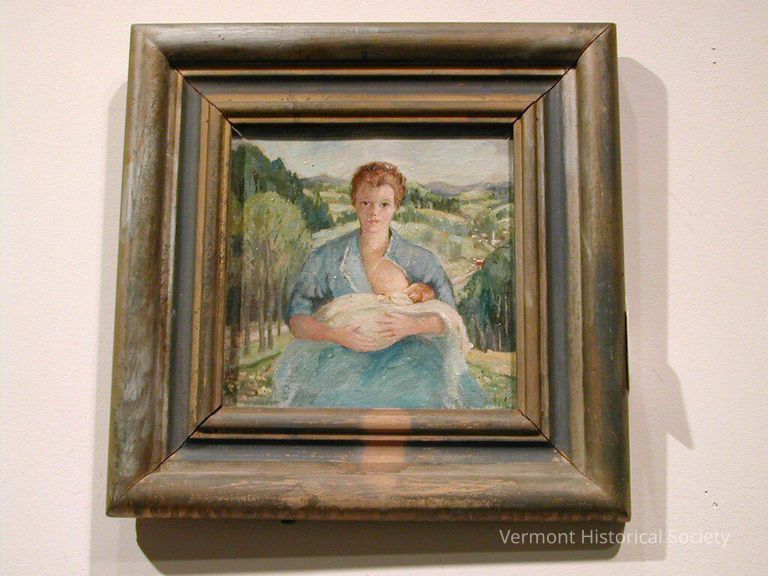
Vermont portrait artist Ruth G. Mould was born in Morrisville, Vermont on May 22, 1894. She was a graduate of local schools, Peoples Academy and Johnson Normal School, which prepared her for an early career as a teacher in the Cadys Falls district school house, teaching Grades 1 - 8. The visual arts, however, commanded her interest as a young woman, and an uncle sponsored her further studies at the Institute of Art in St. Paul, Minnesota, from which she graduated with honors. From there, she went on to study at the Art Students League in New York City, before she married Willis Mould in 1919, and returned to Vermont.
Throughout her married life and beyond, whether she was teaching art students at Johnson Normal School, tutoring private art students, and while she was raising her son, Channing, Ruth Mould's husband made sure she had her own private art studio wherever his work as a mining engineer took his family. They lived in Vermont in Morristown, Monkton, Johnson, Williamstown and Barre, and in New York State in Keysville.
Mould was one of two artists whose work represented the State of Vermont at the 1939 World's Fair in New York. However, she was best known for her portraits, including a posthumous portrait of Edna Beard, first female member of both the Vermont House and Senate, which hangs in the State House, and portraits of three Vermont Chief Justices in the Vermont Supreme Court Building.
In addition to some book illustration, Mould also wrote a book on Refinishing and Decorating Furniture (1953.) She was a member of the Northern Vermont Artist Association and an honorary lifetime member of the Art Students League in New York.
Ruth Mould died on February 13, 1979.
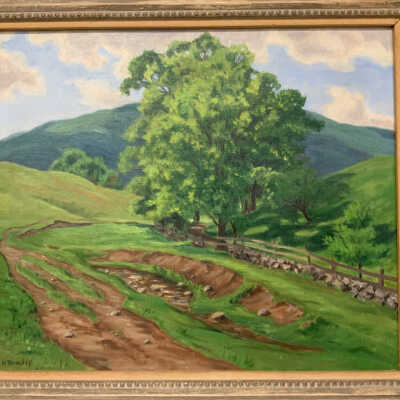
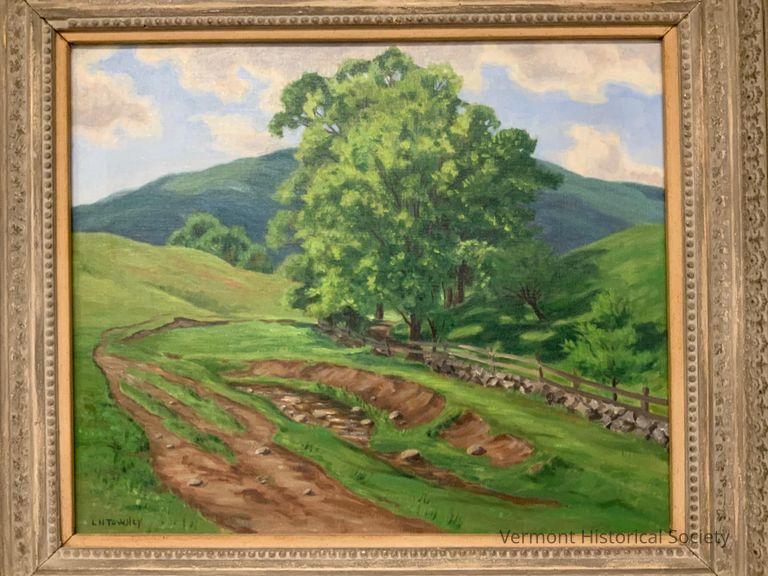
In the background, a dark green mountain spreads to both sides of the canvas, illuminated by a blue sky, adorned with clouds of various shapes and sizes. It is signed in black ink at the bottom left, "L H Towsley".
He visited Manchester frequently and was a member of Southern Vermont Artists. He returned to Vermont permanently in 1950 when he took residence at the Vermont Soldier's Home in Bennington.
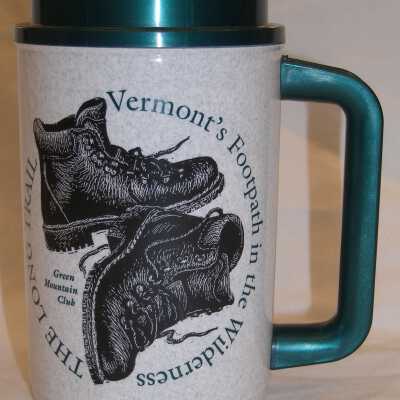
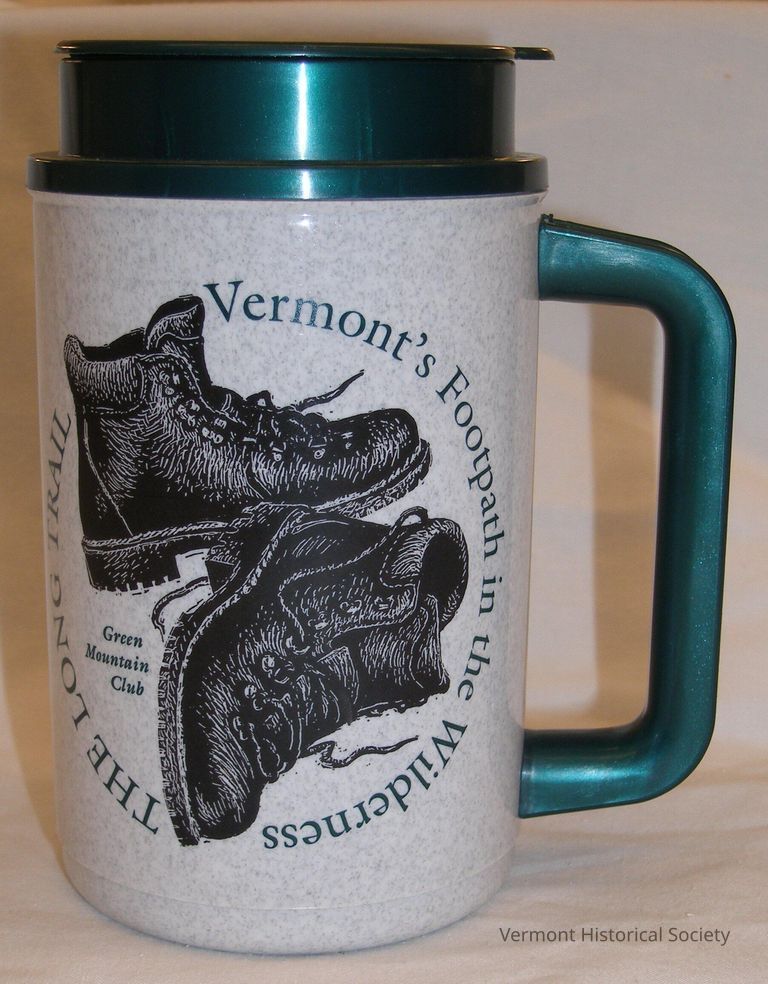
gray/dark green/black
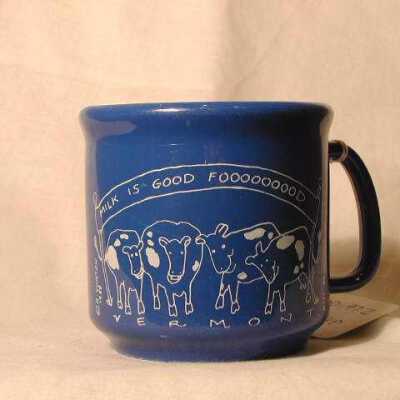
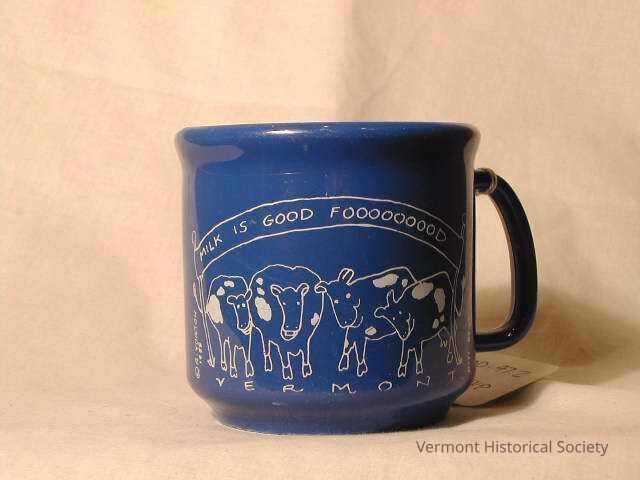

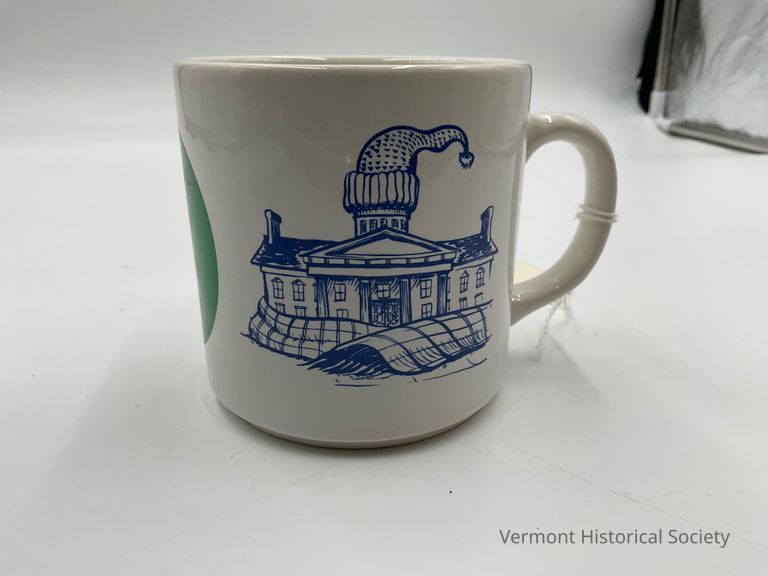
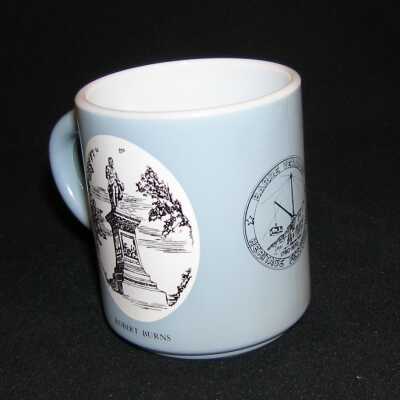
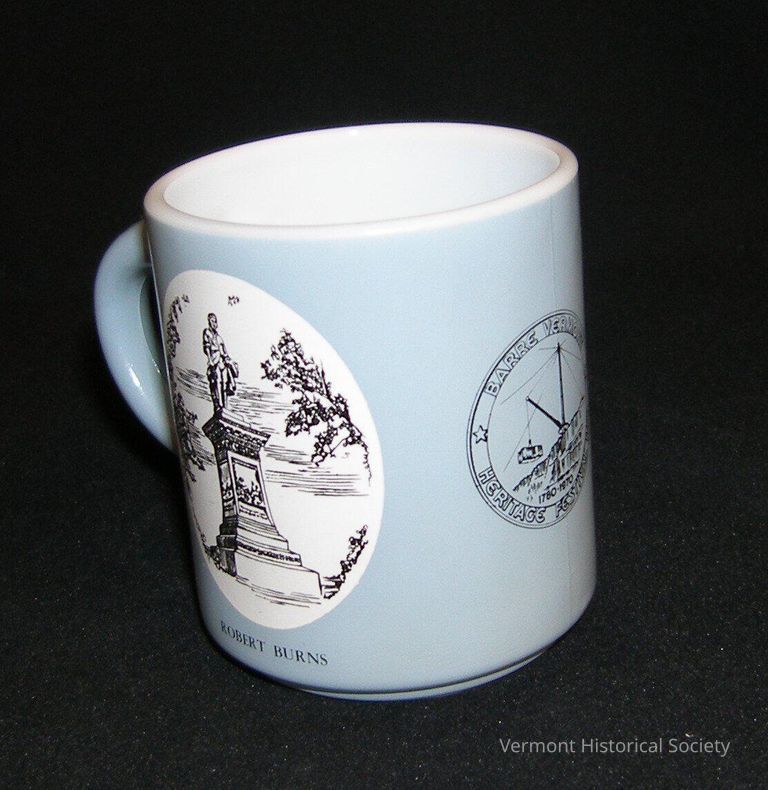
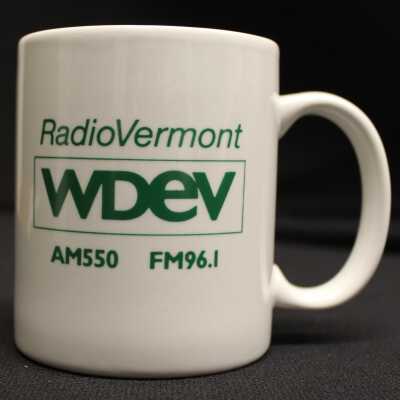
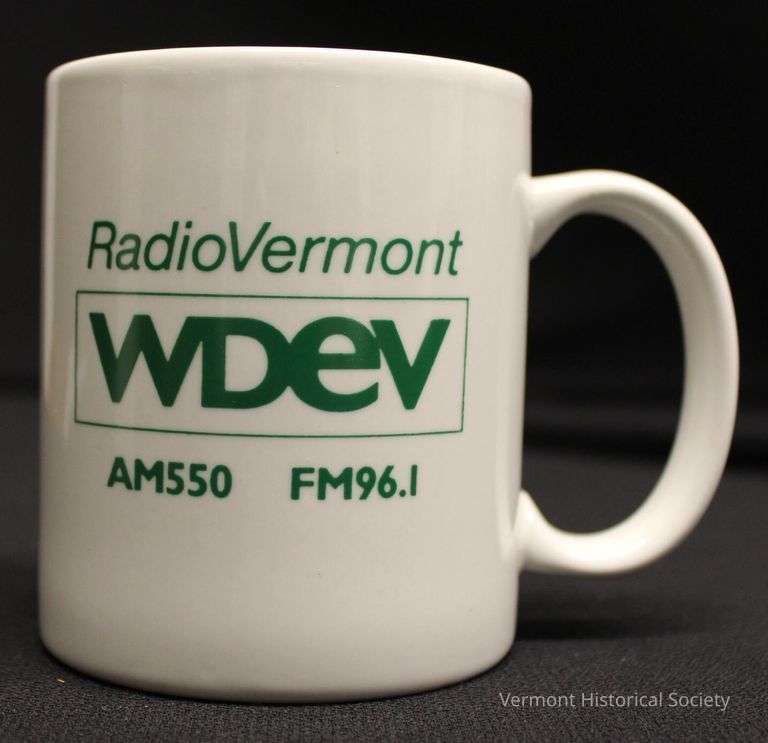
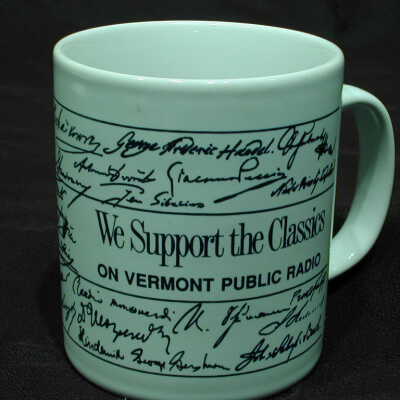
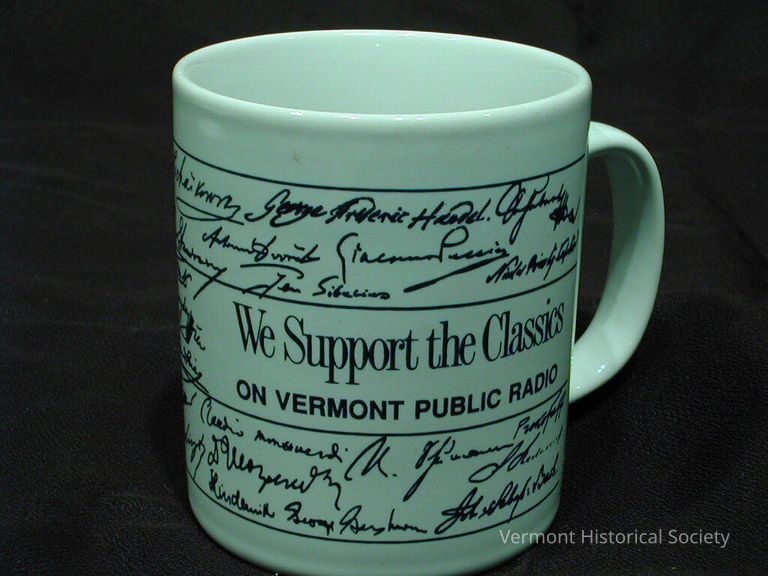

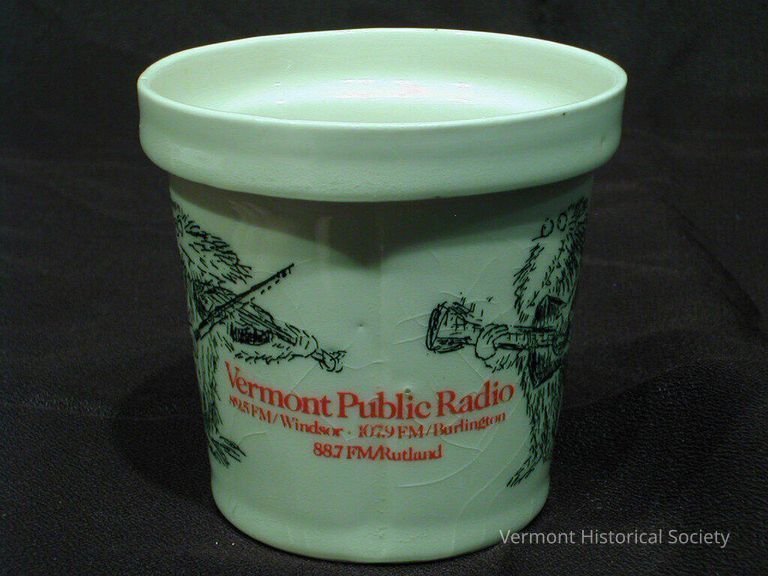
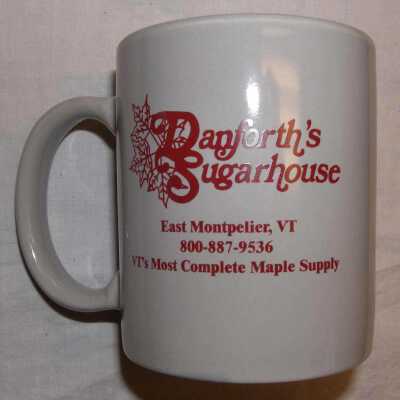
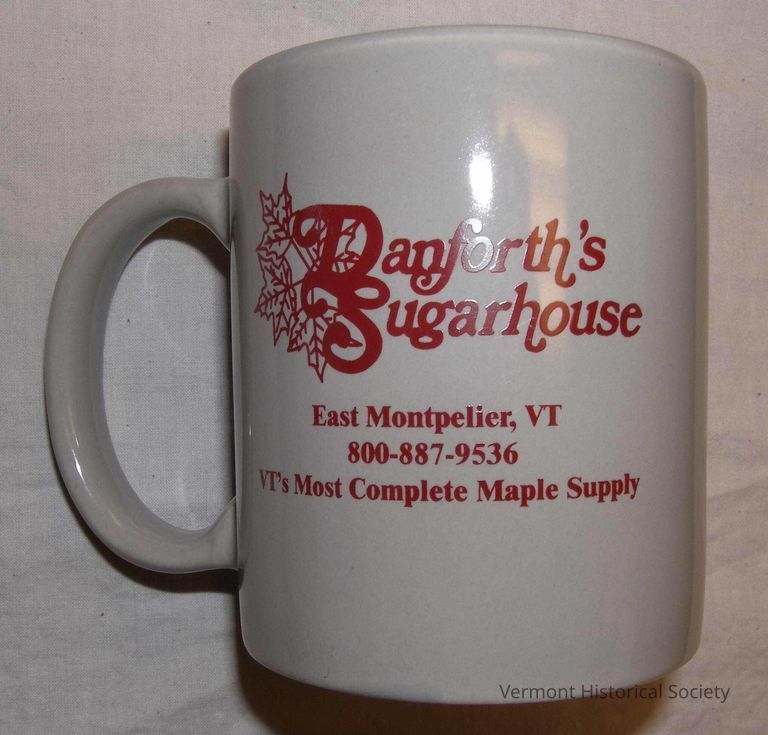
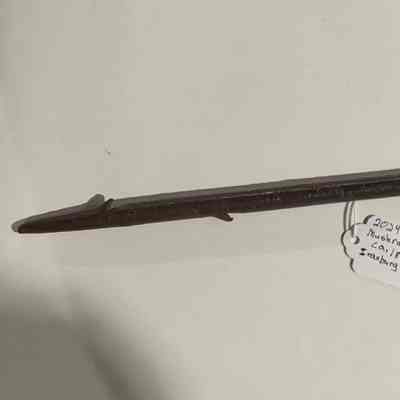
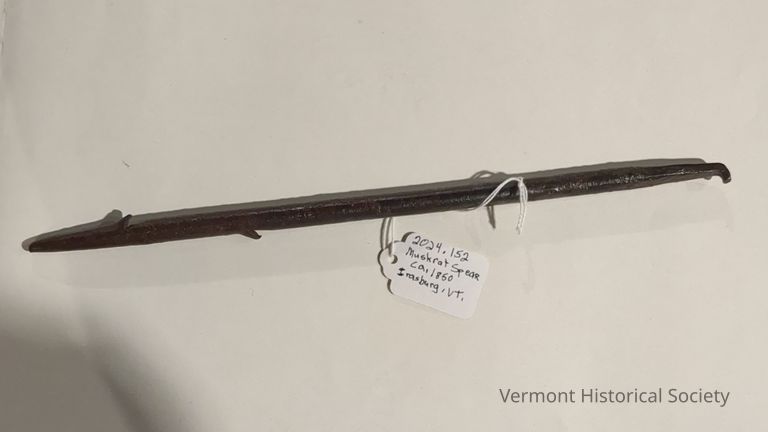
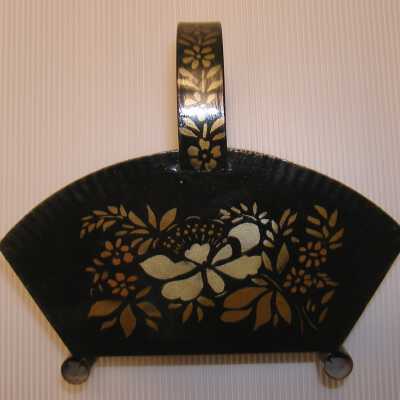
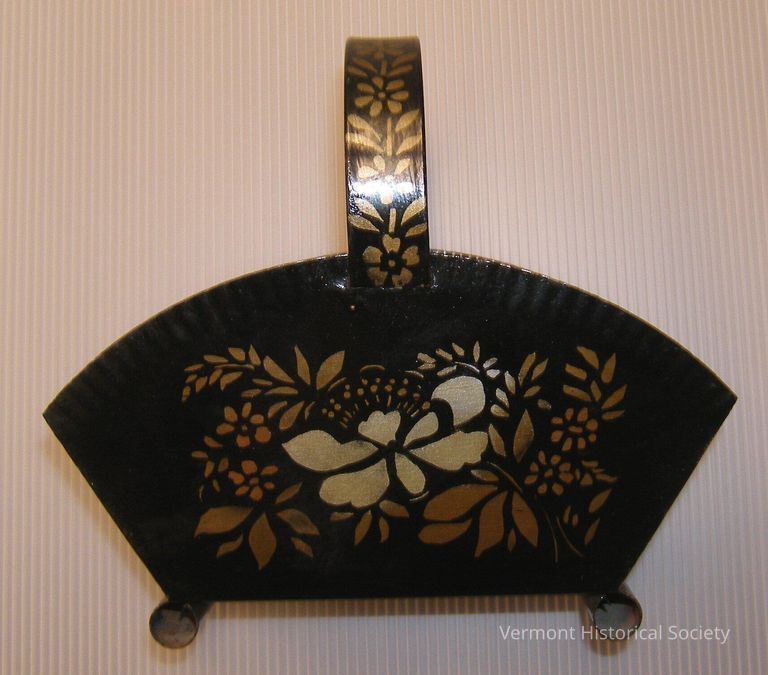
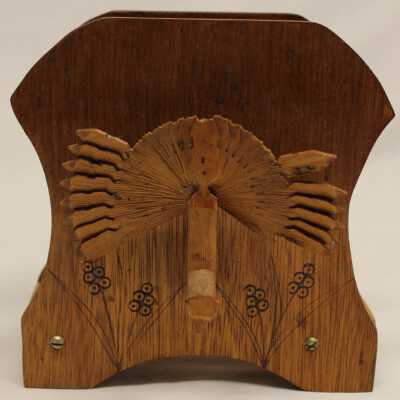
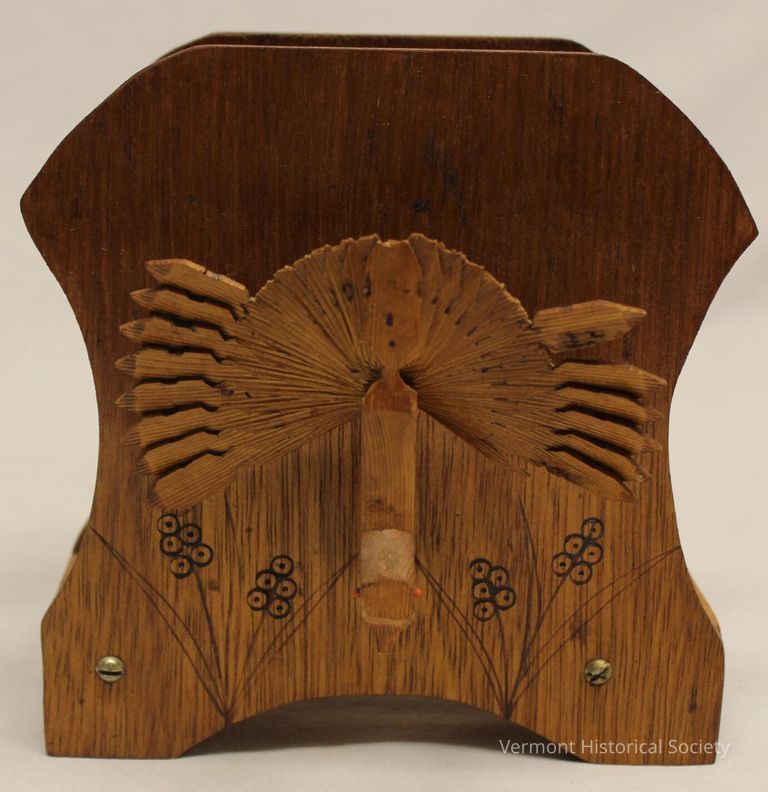
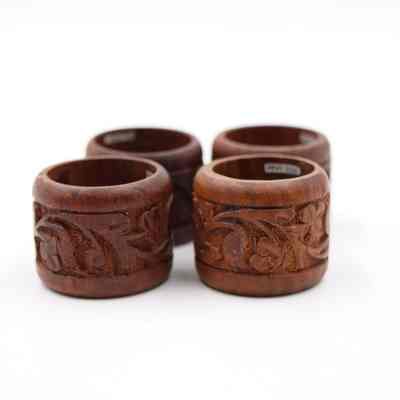
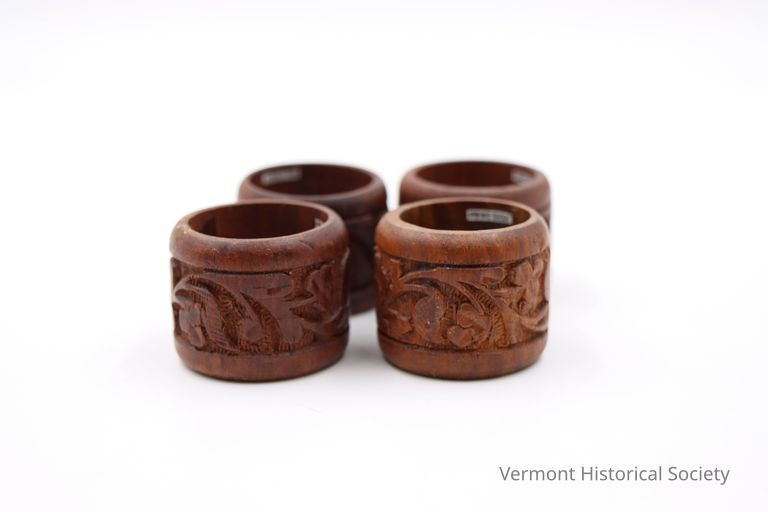
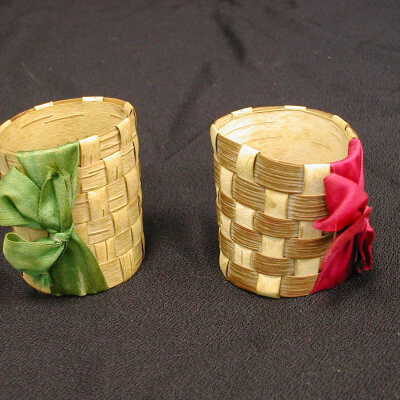
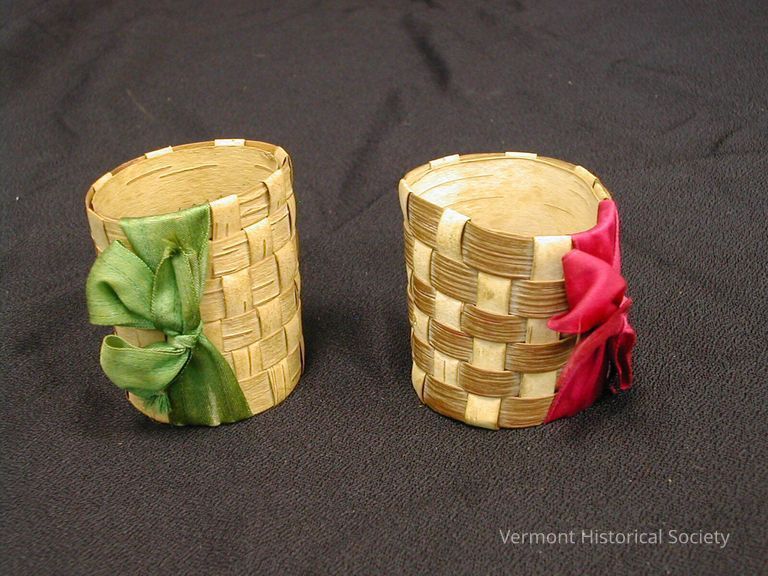
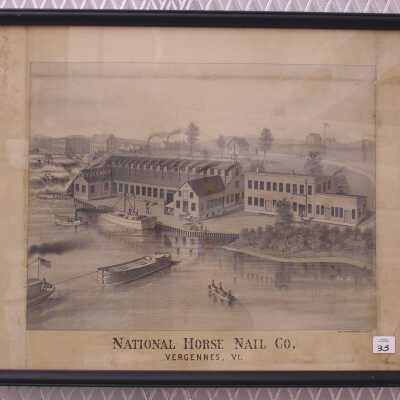
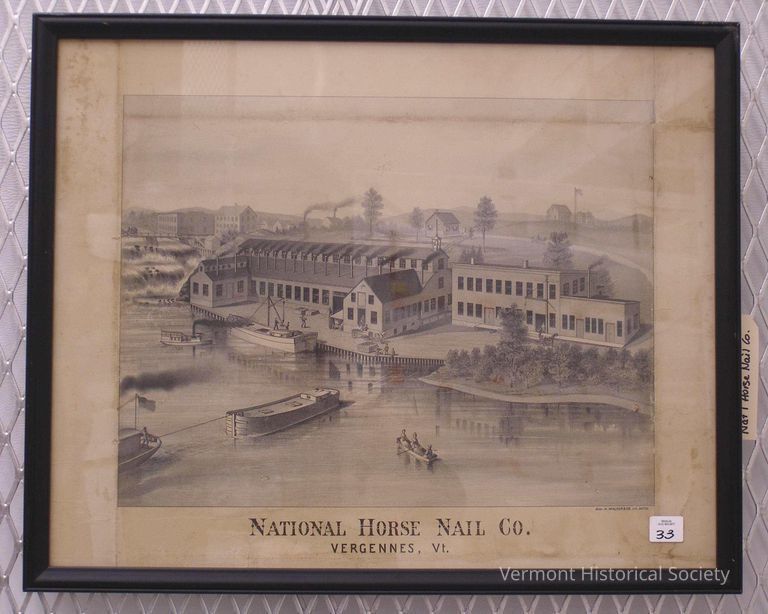
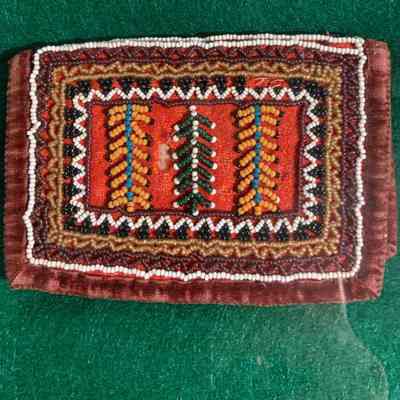
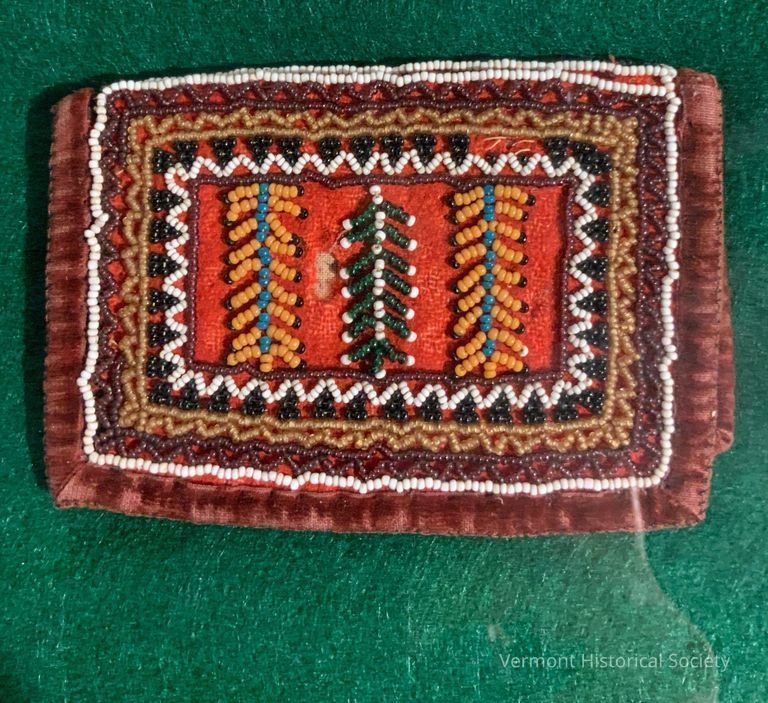
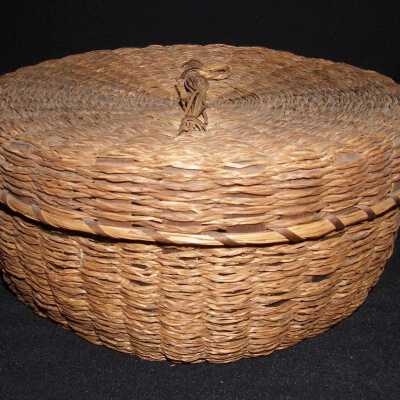
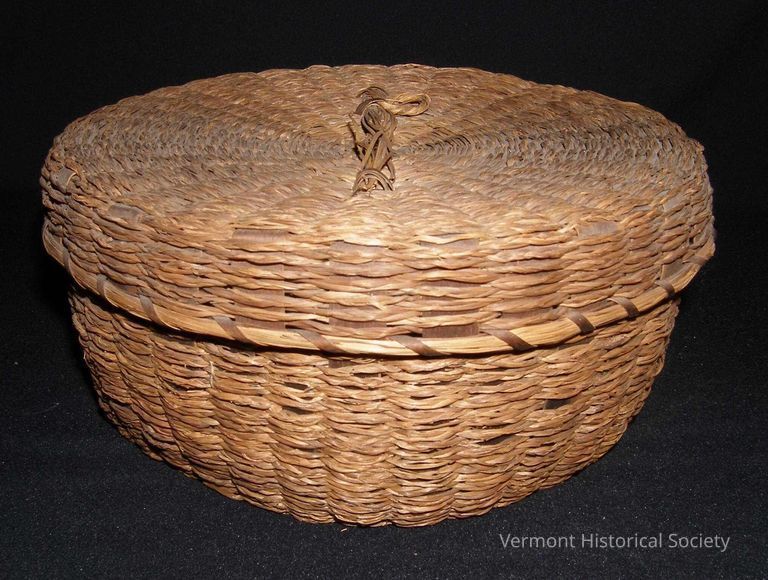
This does not appear to have been colored.
The magnifying glass has two numbers scratched on it "13" and "3" It has a tiny handle. The rim and handle are a flat grey metal.
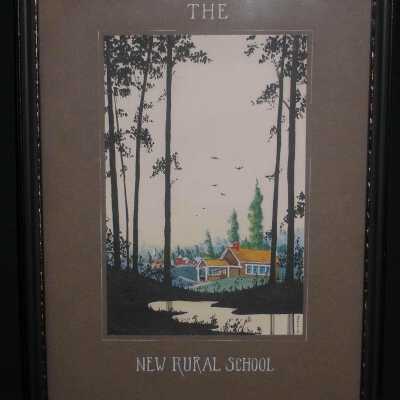
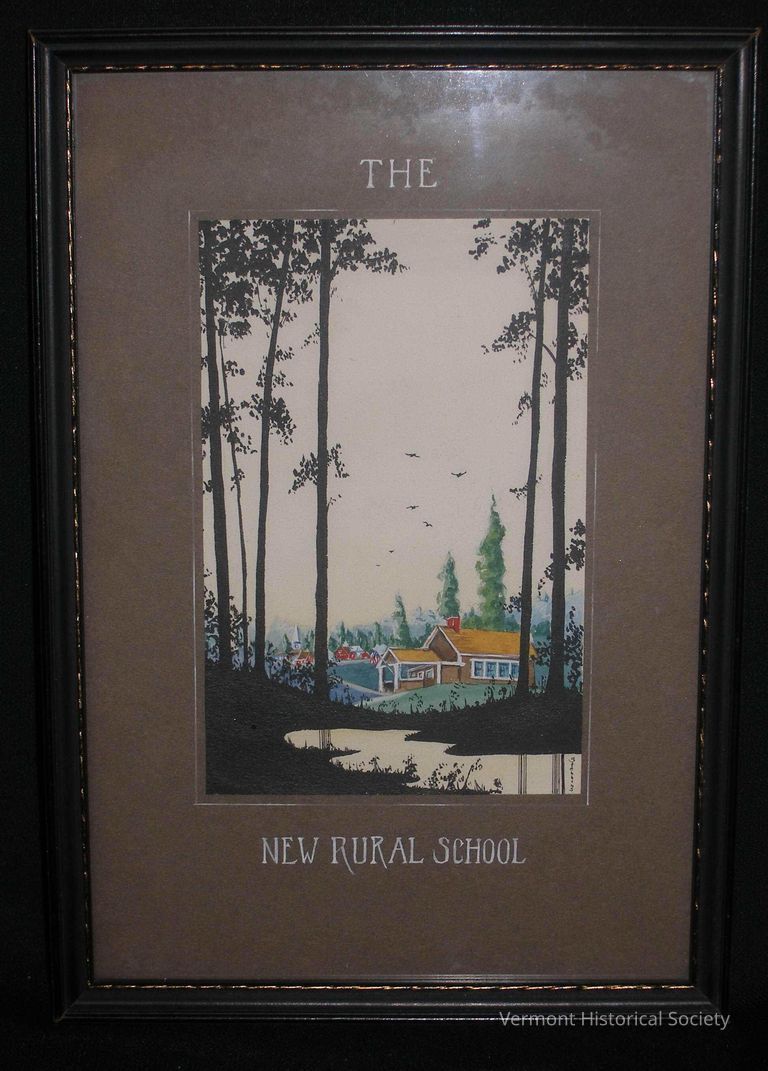
In 1924, the Marquis de Lafayette Chapter of the DAR (Montpelier) sponsored a speaking contest to define the "New Rural School" and raise funds for the project. The speaker had to be between the ages of 50 and 90. This second prize painting by Verna Stebbins of Montpelier was awarded to Lenora Stevens Farnham on February 24, 1924.
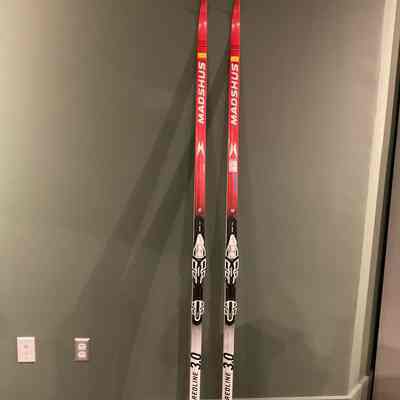
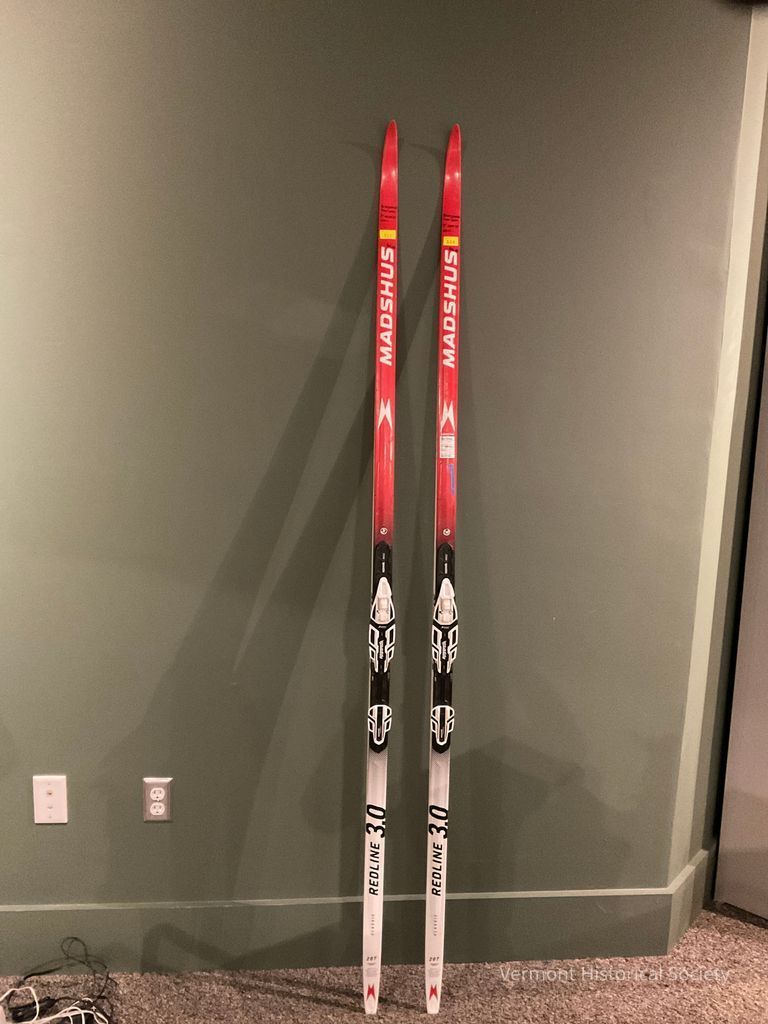

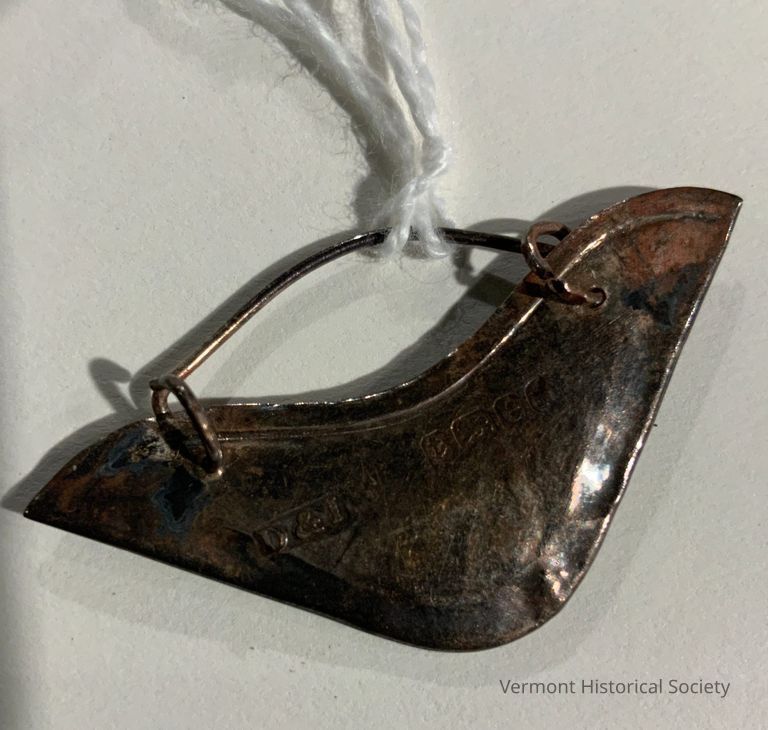
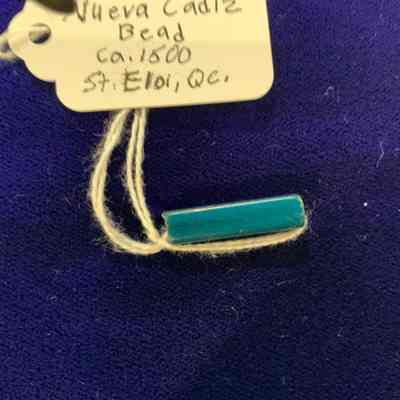
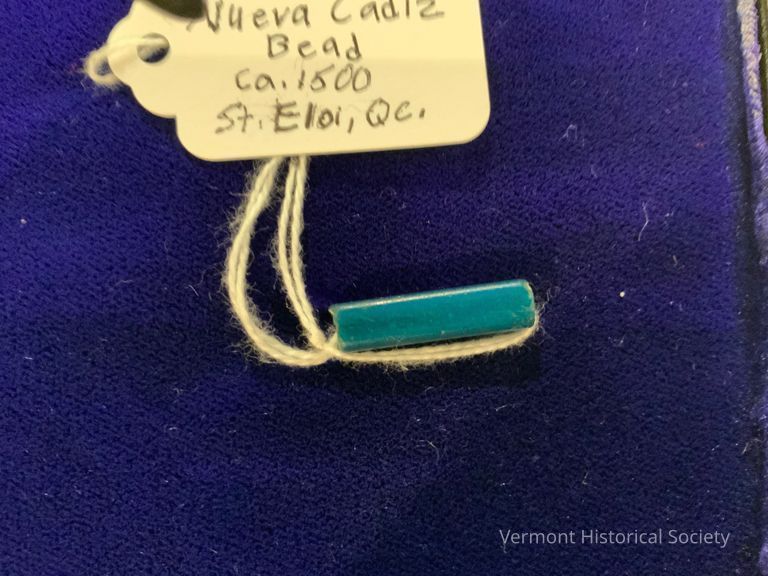
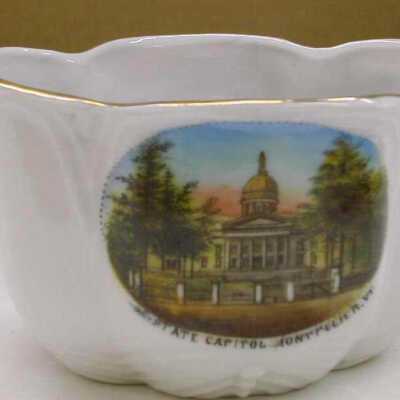
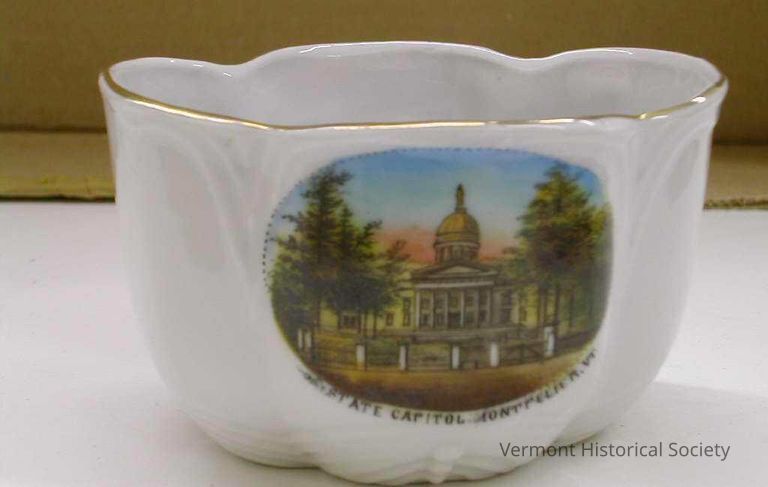

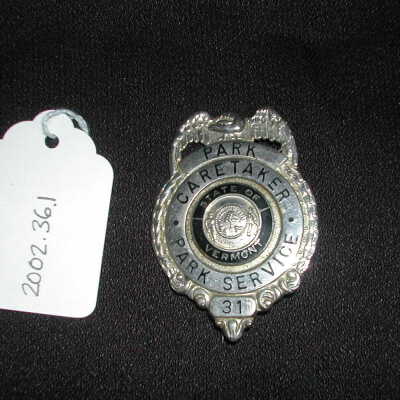
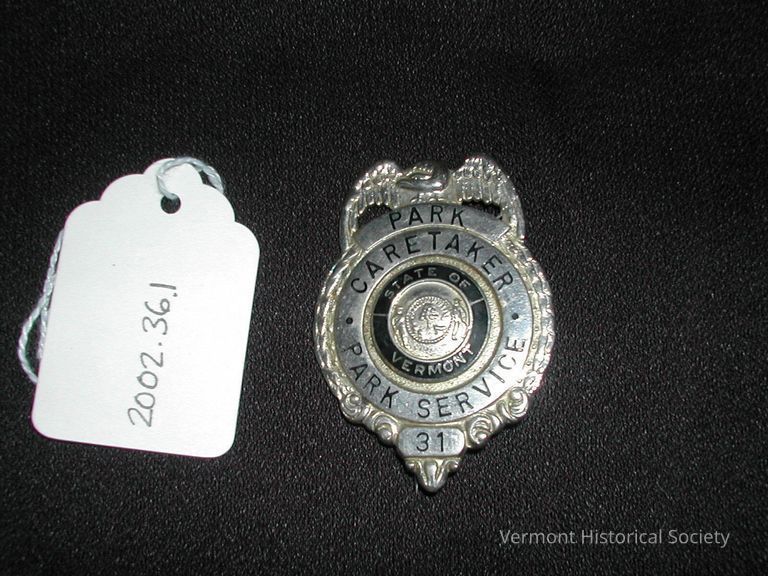
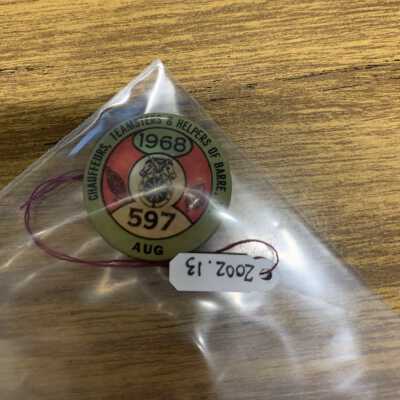
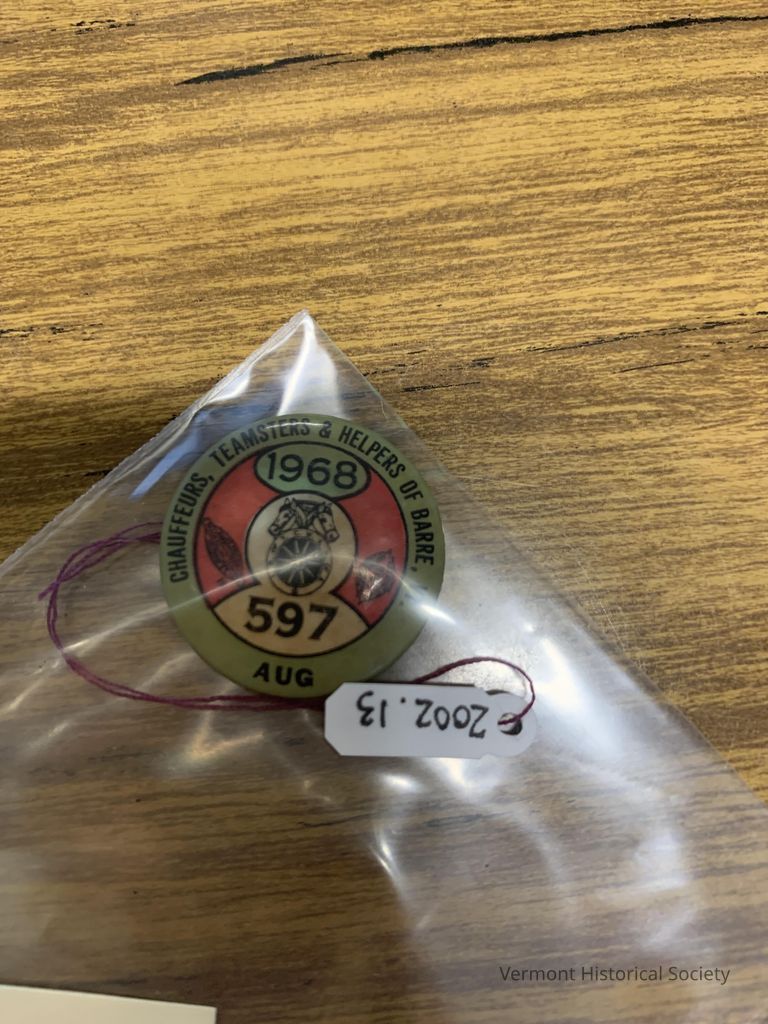
On back: "B B CO / ROCH NY"
Metal back has some rust. Some discoloration of red on front.
Today Teamsters Local 597 represents over 900 workers in such diverse trades such as package delivery, freight, dairy processing, public transit and school bus services, building material and wire and cable manufacturing, police services and municipal highway maintenance.
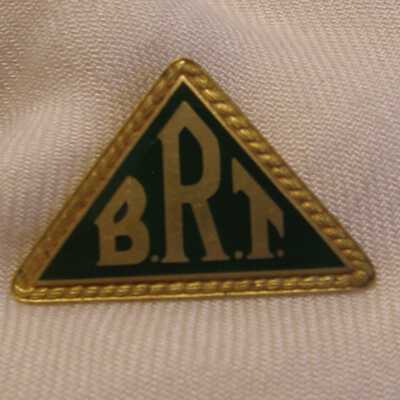
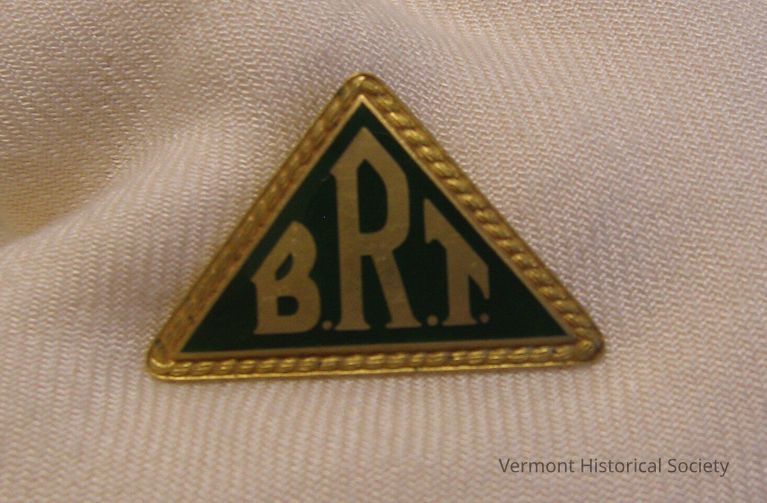
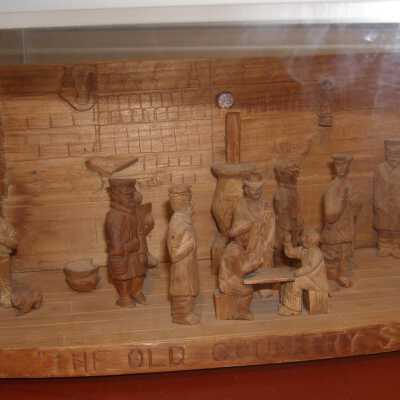
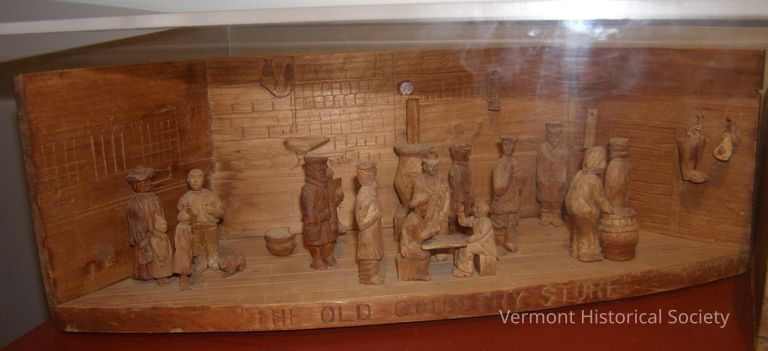
Carvings include: Lady at Post Office, child with toque, child with tam, man holding newspaper, little dog, tub, sitting man reading newspaper, standing man with pail, man with hands in upper side pockets watching game, man in derby watching game, man with hat playing game, game board, man with arm raised playing game, pot bellied stove, man with scarf tied around head and back to stove, wood box, man with hands up in front and face turned to side, man with hands in beard standing with coat collar turned up, man facing previous man, man reaching for cracker, cracker barrel, wall pieces include lantern over wood box, bacon to left of door, pair of boots to right of door, pair of hams (?) to right of boots.
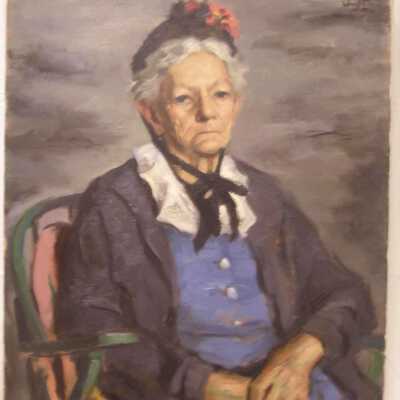
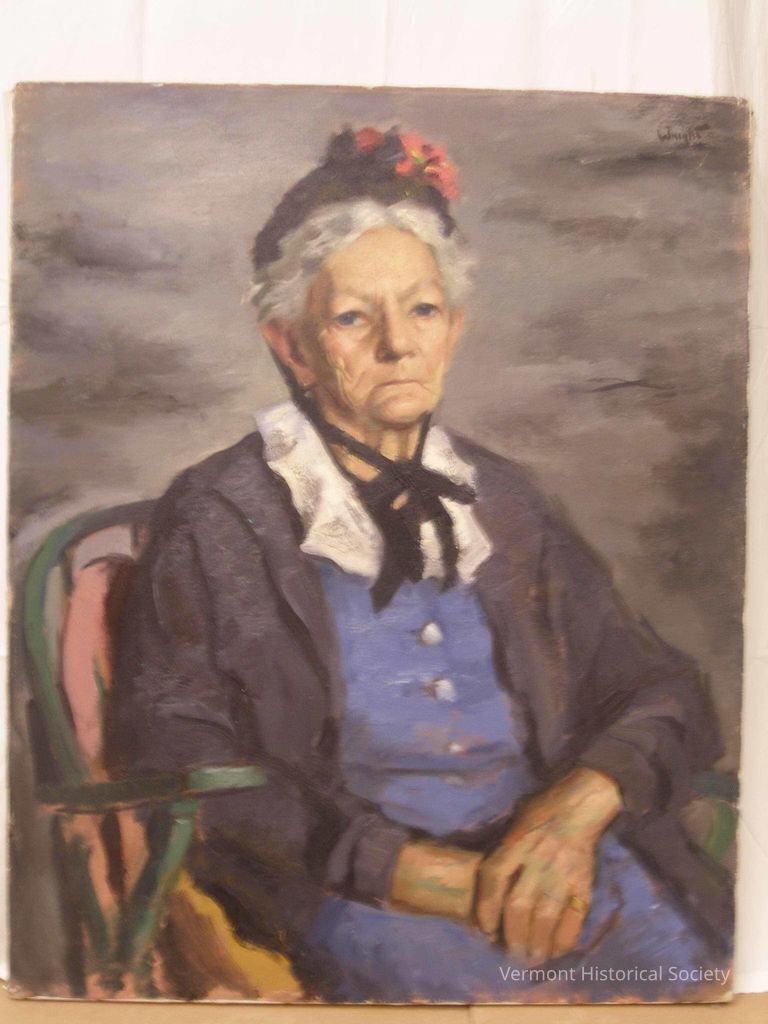
Born and raised in New Jersey, Stan Marc Wright showed an early and consistent aptitude for art. Though he planned on following his father into the field of law, a trip to visit his aunt at an artist colony changed his life plans. He attended the Pratt Institute and graduated with honors in 1933, soon joining the Federal Art Project of the Works Progress Administration.
By the 1940s he was a sought-after portrait painter, famously depicting Ingrid Bergman. He enlisted in the army and served as a camouflage artist and portrait painter, ultimately earning a Bronze Star.
After the war he opened a studio and art school in New Jersey. After marrying Carolyne Hartke in 1949 the couple purchased an old farm in Stowe, Vermont. He moved his studio and school to Stowe and continued as a successful portrait artist.
He helped found the Northern Vermont Artists Association, the Helen Day Art Center, and curated many exhibitions. His portraits of Vermont politicians of the time are displayed in the Vermont State House. In addition to his Vermont portraits and scenes, he traveled the world painting interesting people and places.

red handle
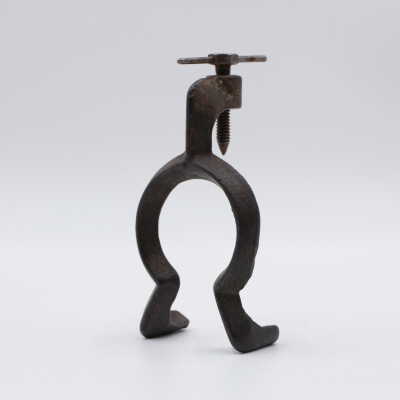
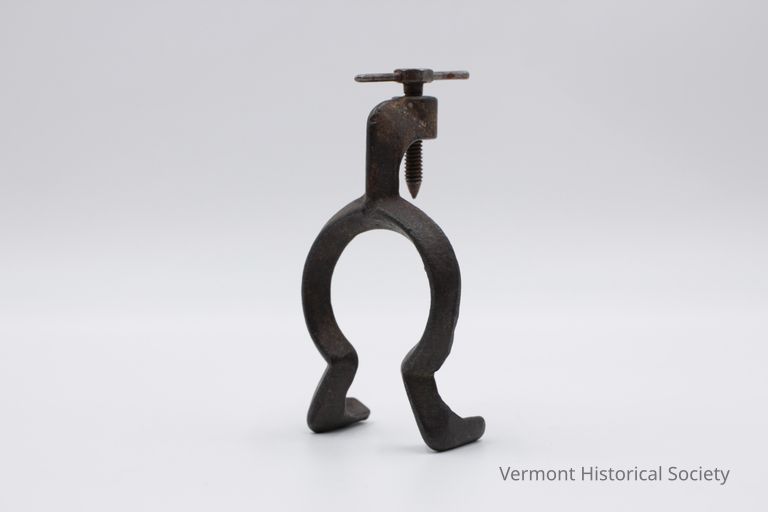
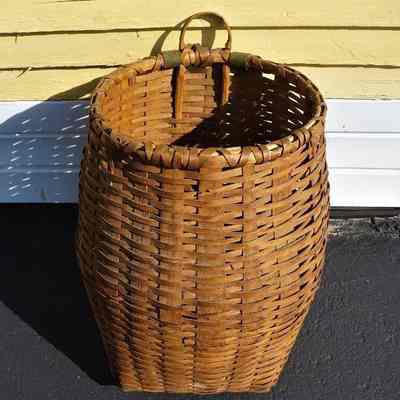
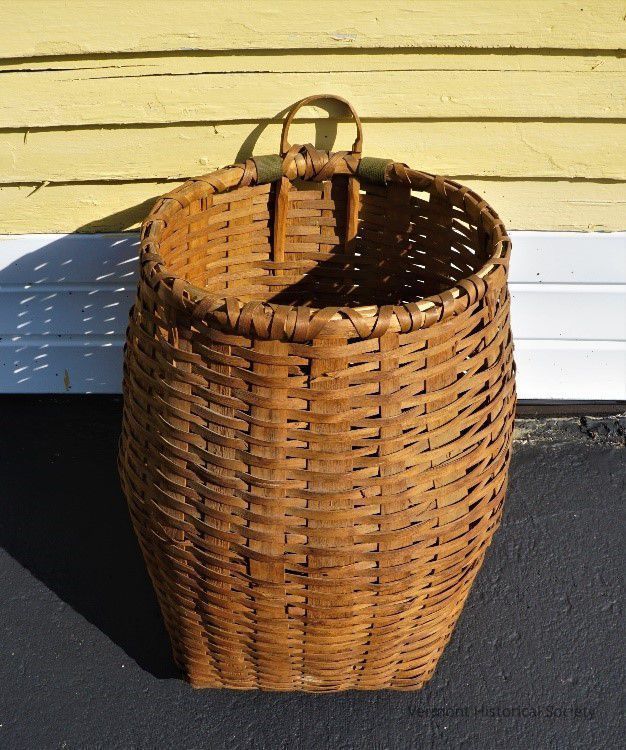
This is the only native-made pack basket I have found that has a good far-north central Vermont provenance from Averill, VT, near the Canadian Border. It has all of the distinctive characteristics of a handmade Native style pack basket that are accepted in Maine. The spear shaped prongs that hold the loop handle to the basket rim are especially distinctive. It still has its original copper-riveted web shoulder straps.
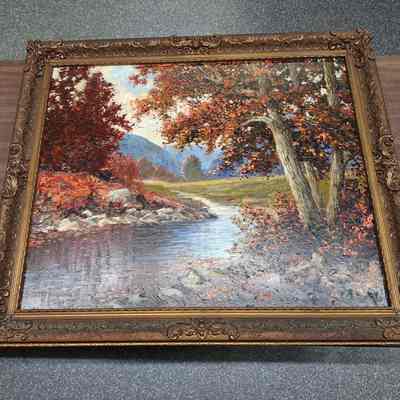
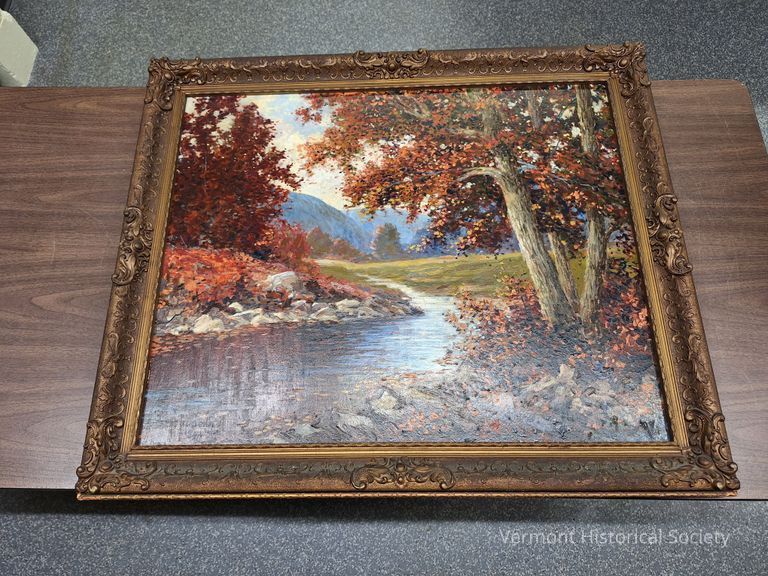
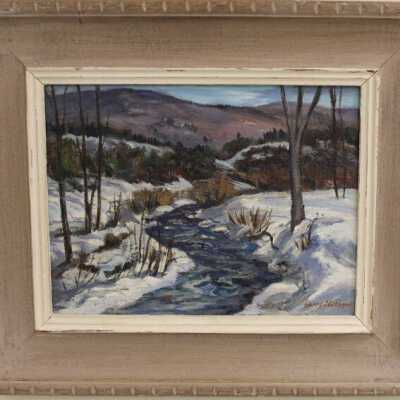
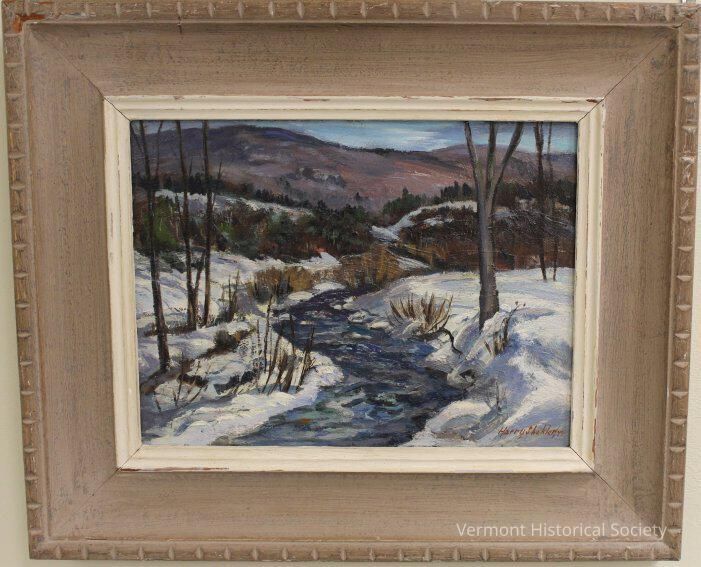
Beige wooden outer frame with white inner frame. Shows a landscape with hills in the background and a river in the center of the oil painting flowing towards the bottom of the frame, a winter scene. Bare trees and shrubs line the banks. Hues are in blues, browns, whites, with some green and beige pinks. Signed in red paint.
By the early 1940s they had purchased an old farmhouse and renovated a barn into a studio and gathering place. They ended up becoming year-round residents of Vermont, painting and printing its impressive landscape. Shokler's work was widely exhibited during his lifetime and many museum feature his paintings and prints in their collections.
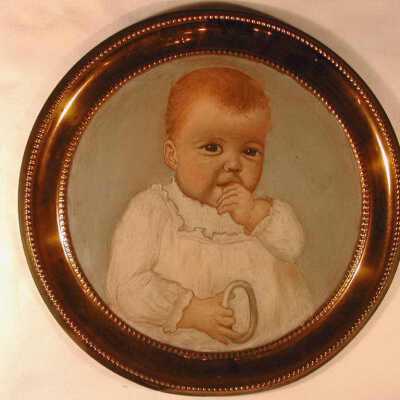
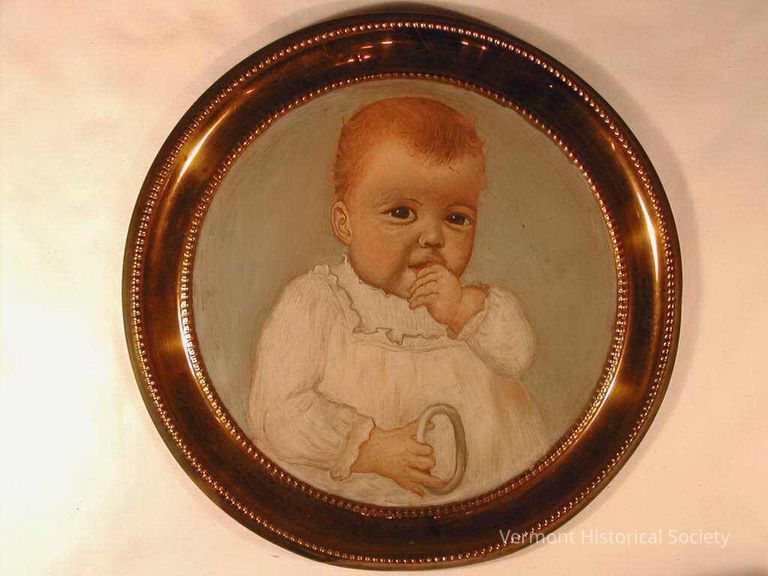
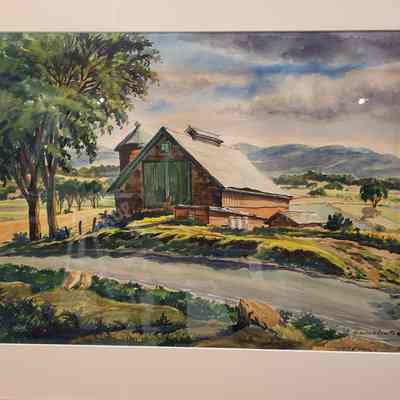
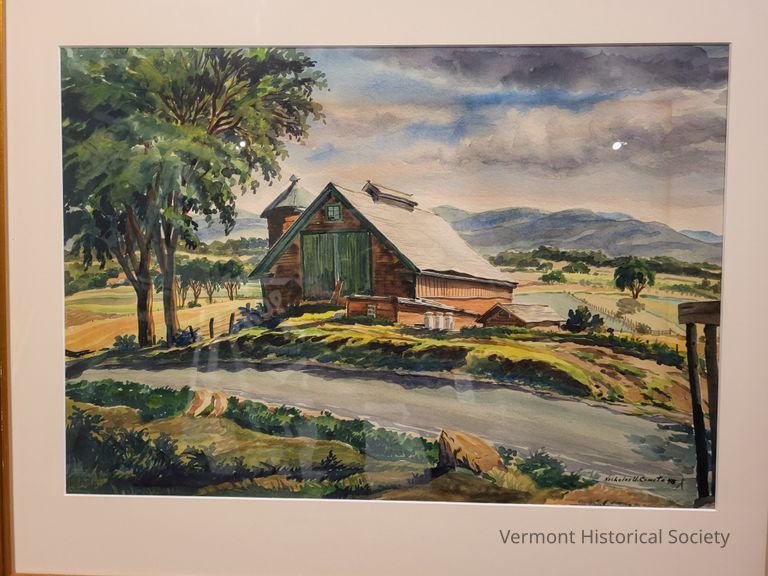
He served in Texas during WWII and painted many works dealing with aviation and was commissioned to produce panels depicting the history of aviation medicine for the Research Building of the School of Aviation at Randolph Field. His work was also displayed at West Point, the Naval Academy, and the Coast Guard Academy.
According to various newspaper articles, he and his wife spent a fair amount of time in Vermont painting and participating in solo and group shows. A 1947 article from the Addison County Independent features a solo show at the Community House in Middlebury. His work, mainly of Addison County landscapes, is described as, "Romantic Realist."

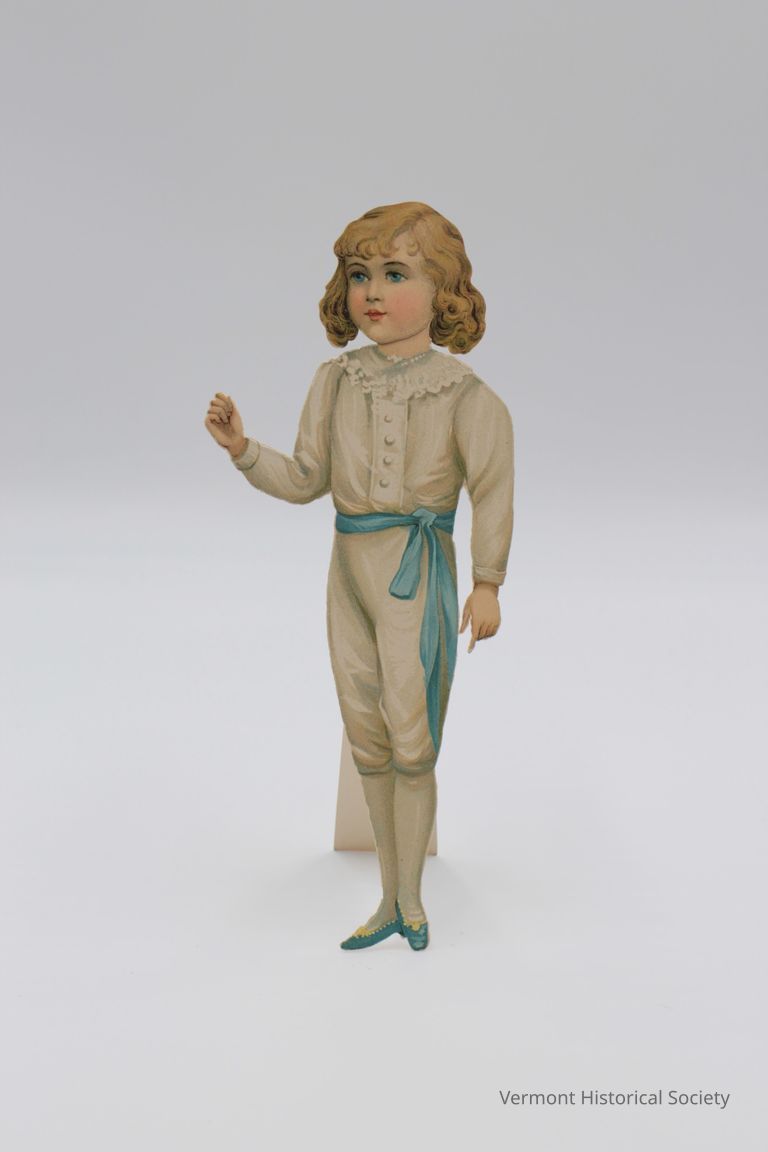
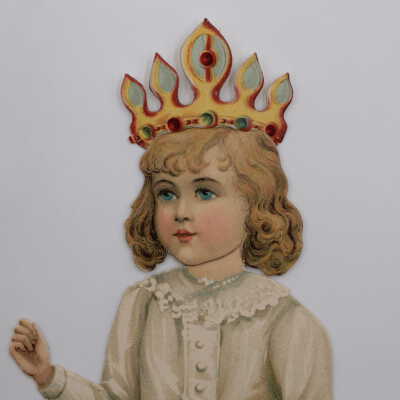
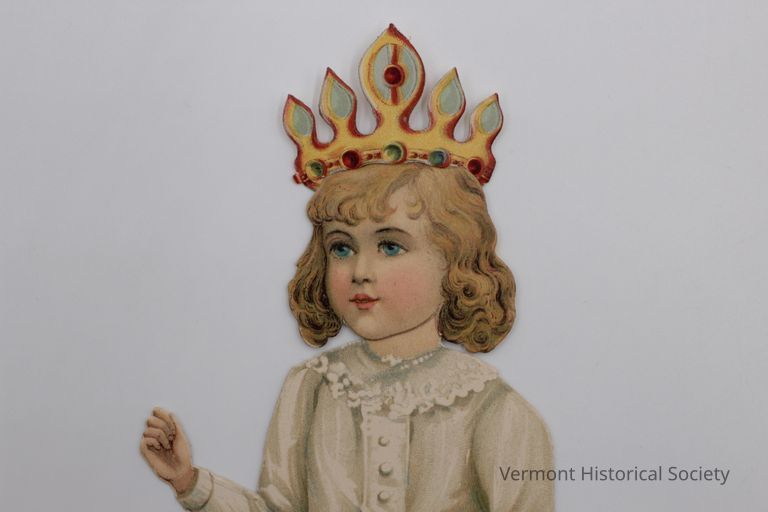
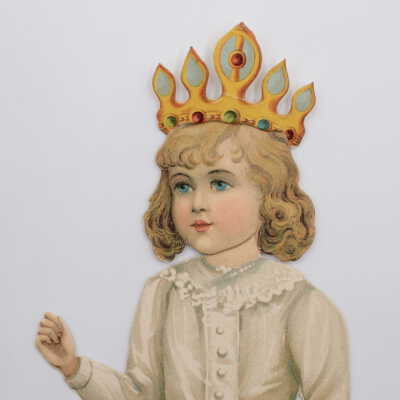
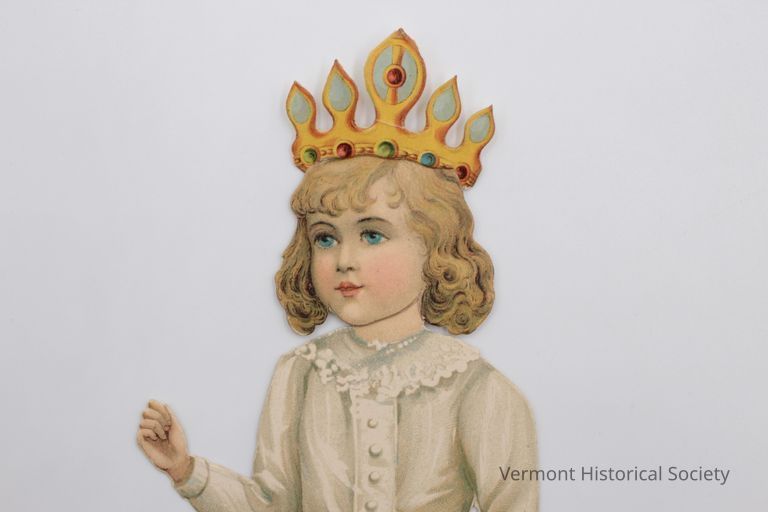

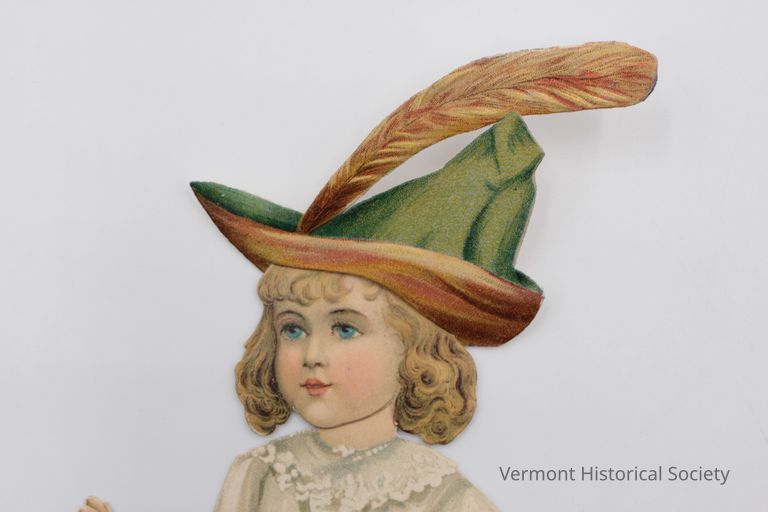
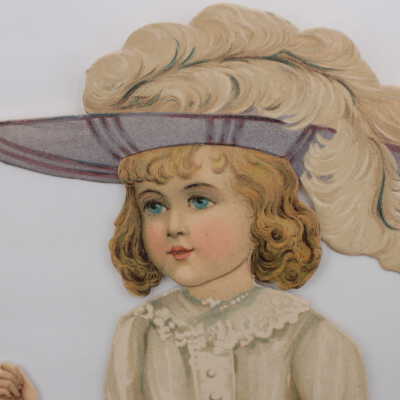
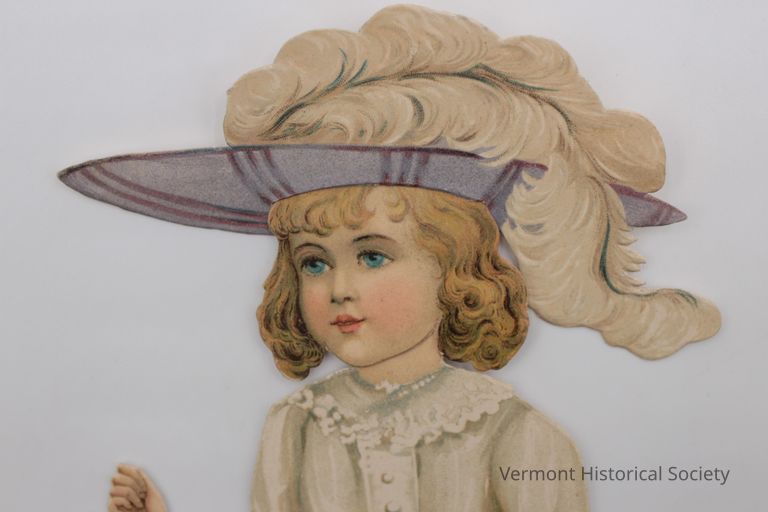
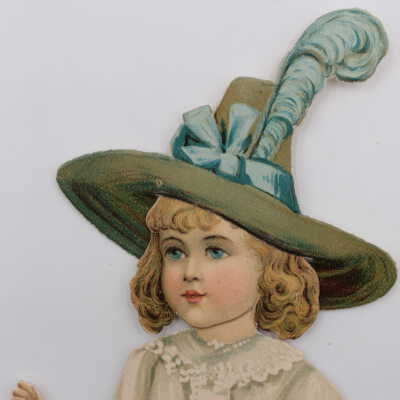
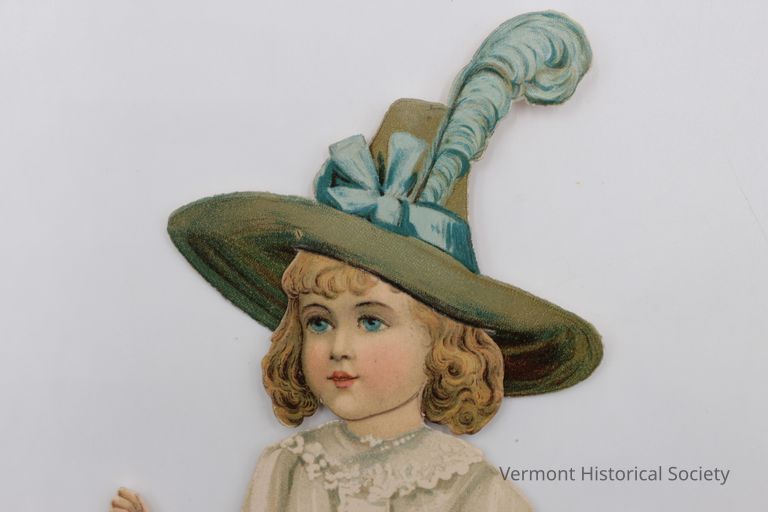

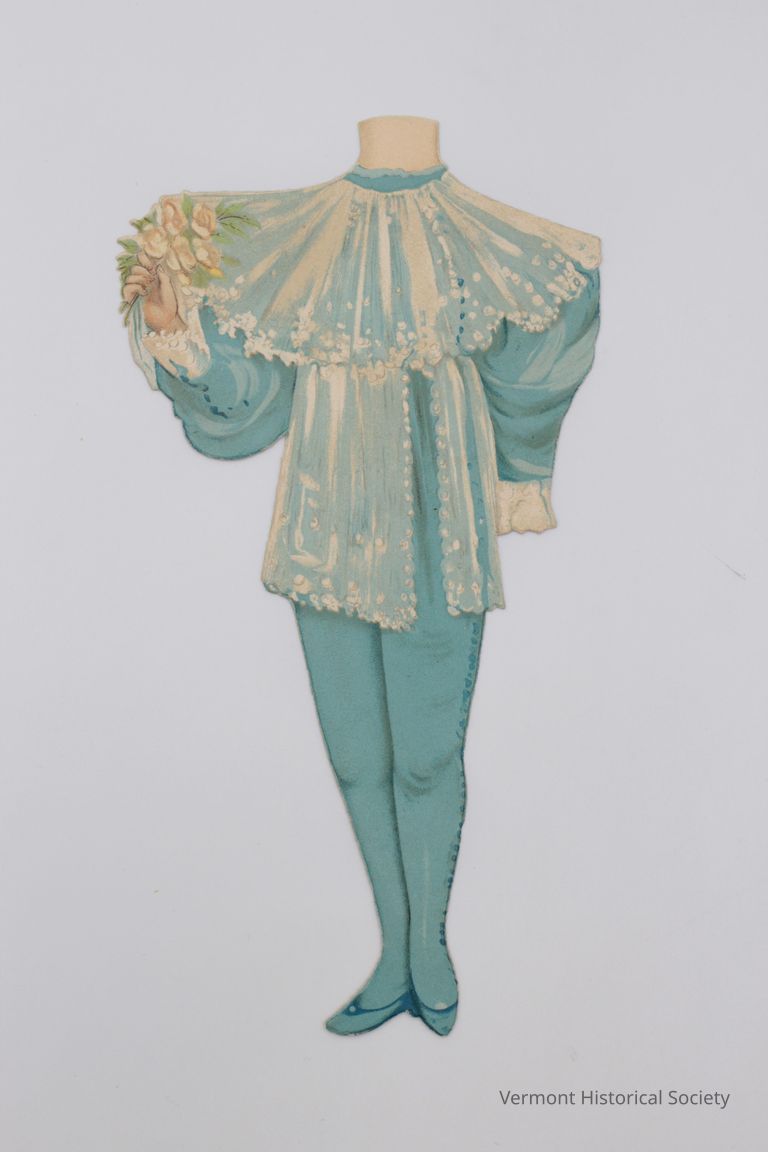
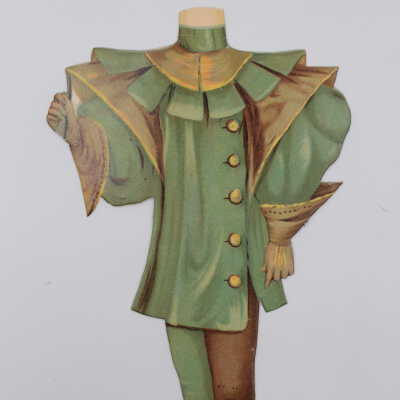
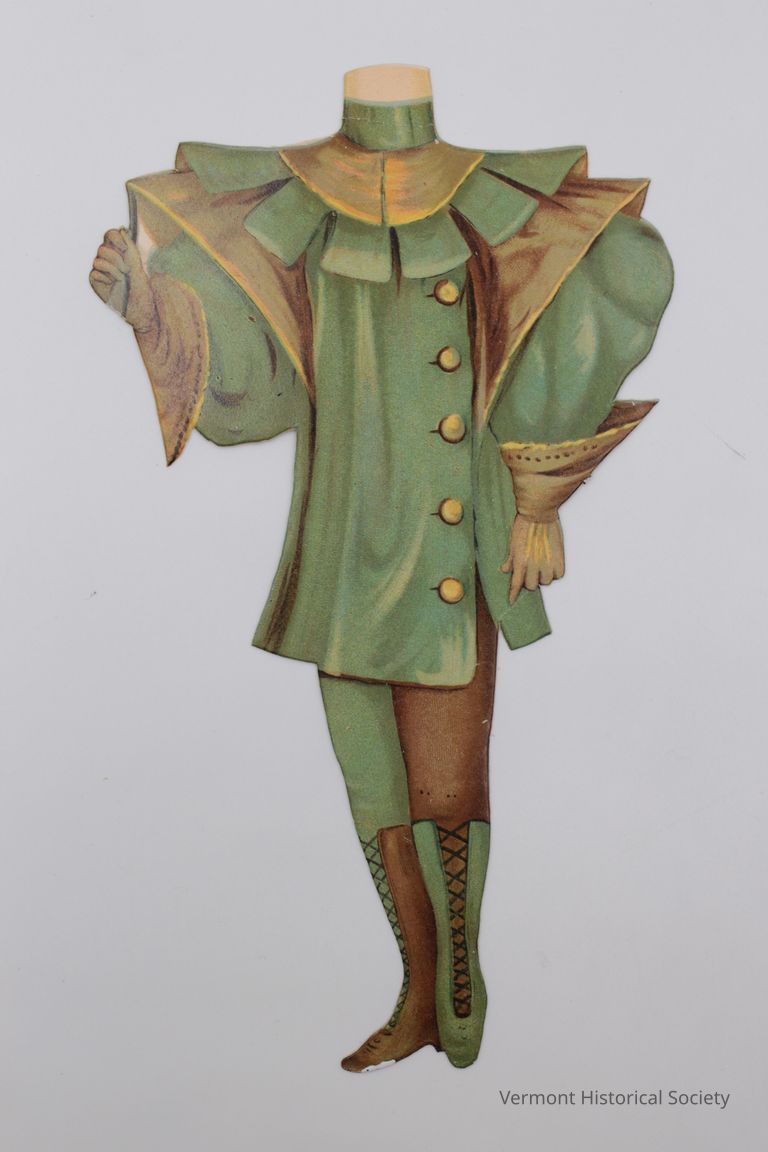
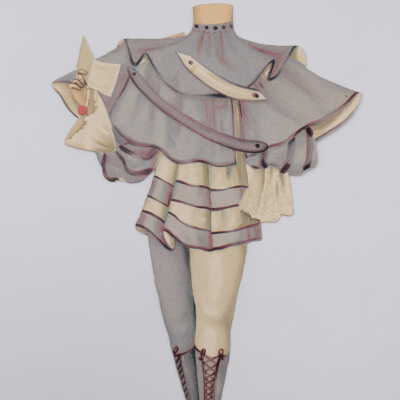
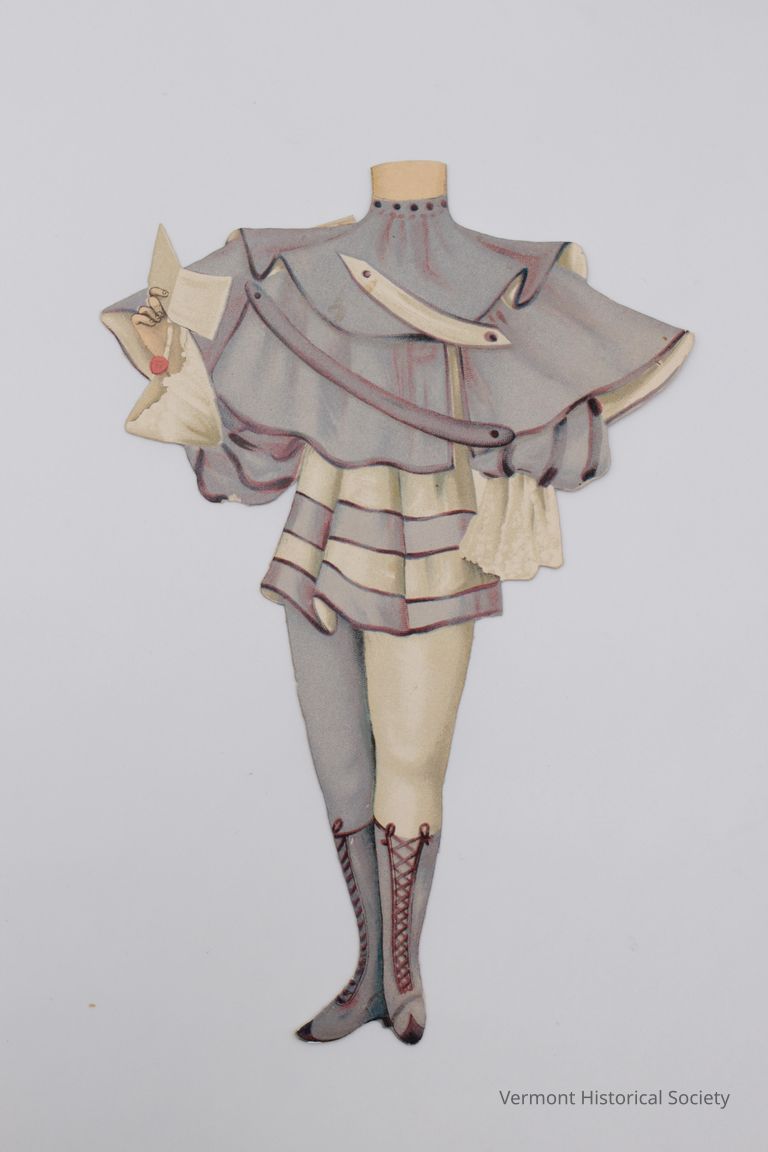

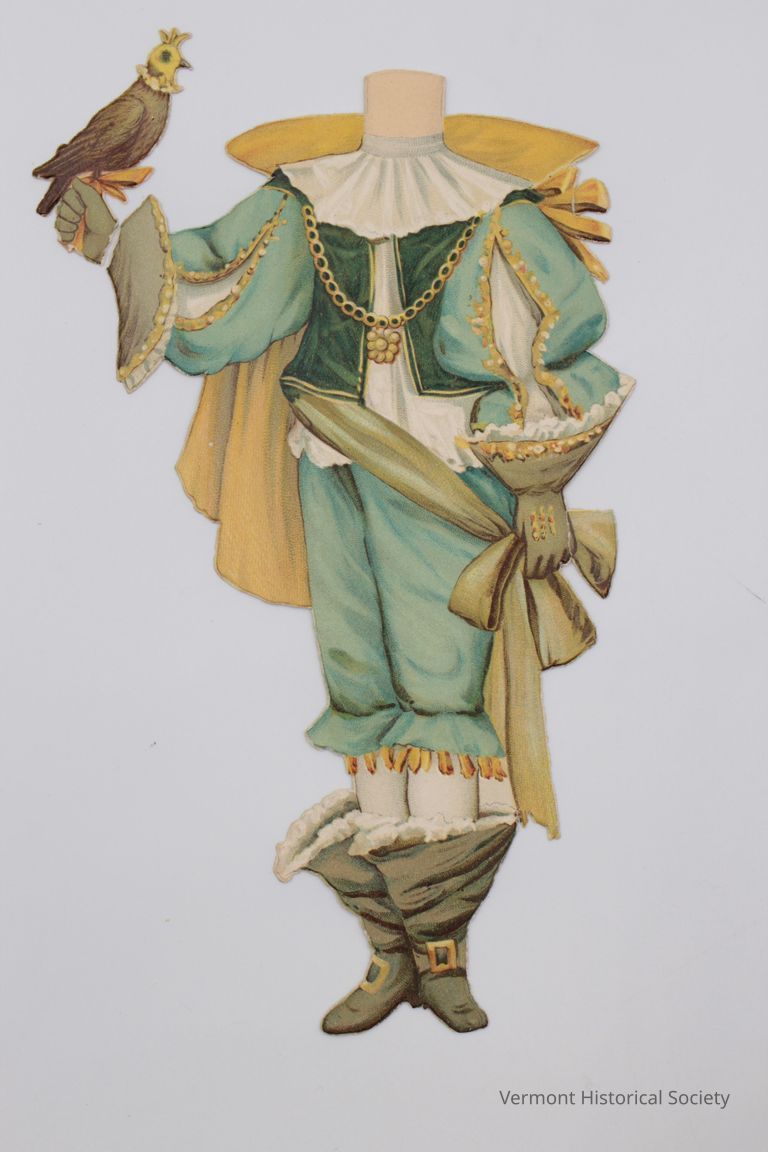
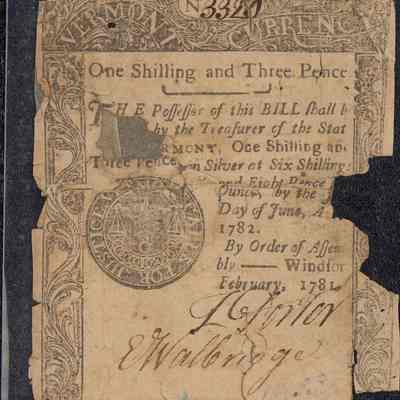
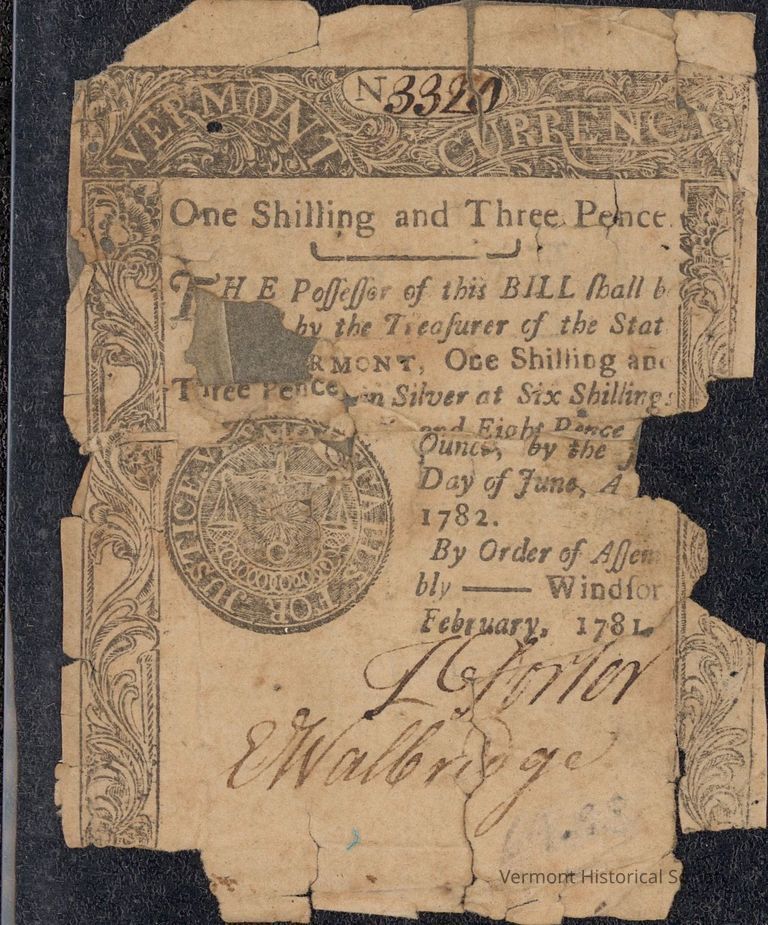
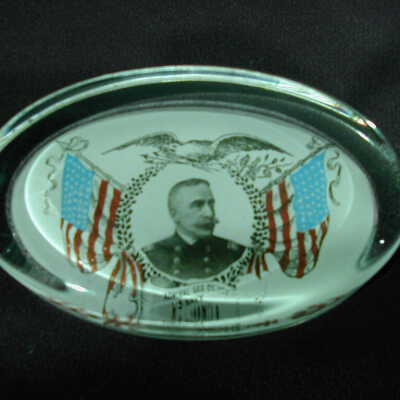
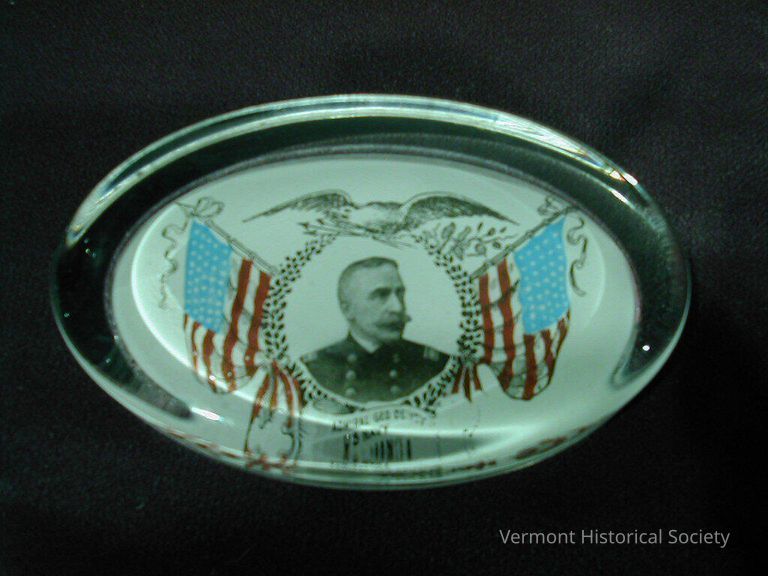
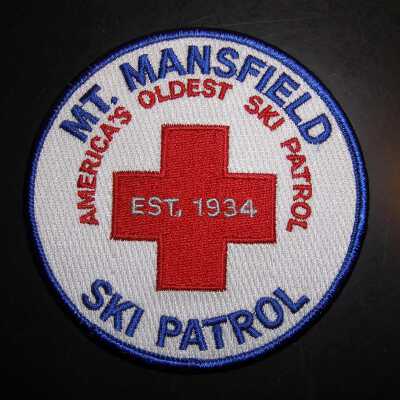
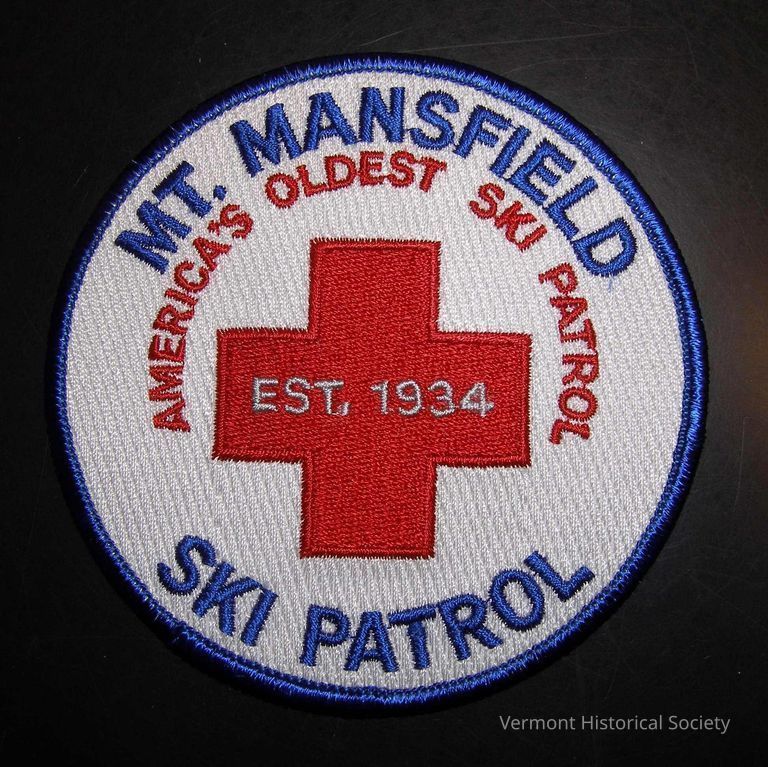
"One of the first organized ski patrols in the nation, the Mount Mansfield Ski
Patrol was organized in 1934 through the auspices of the Mount Mansfield Ski Club. The
Club formed a committee to establish a patrol to cover the mountains and hills
surrounding Stowe, Vermont. The driving force behind the formation of the patrol was
Roland Palmedo, president of the Amateur Ski Club of New York. In 1935 the patrol
instituted a rule that all members must pass the Red Cross first aid course. After a skiing
fatality in 1936, the committee felt it needed to strengthen the rescue system and chose a
ski patrol director, Al Gottlieb, to coordinate the effort. One of his innovations was
building a series of nearly 40 caches of toboggans and first aid supplies on the mountains.
In 1938 Stowe hosted the U. S. National Downhill and Slalom races where the Ski Patrol
demonstrated its professionalism. As a result, the Mount Mansfield Ski Patrol was used
as the model for the National Ski Patrol."
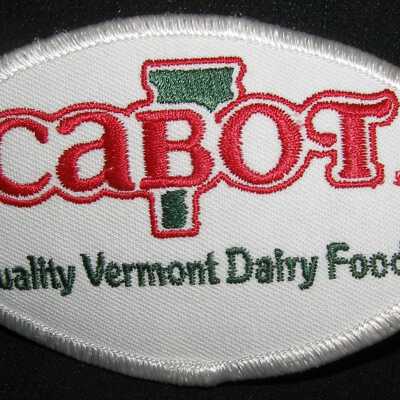
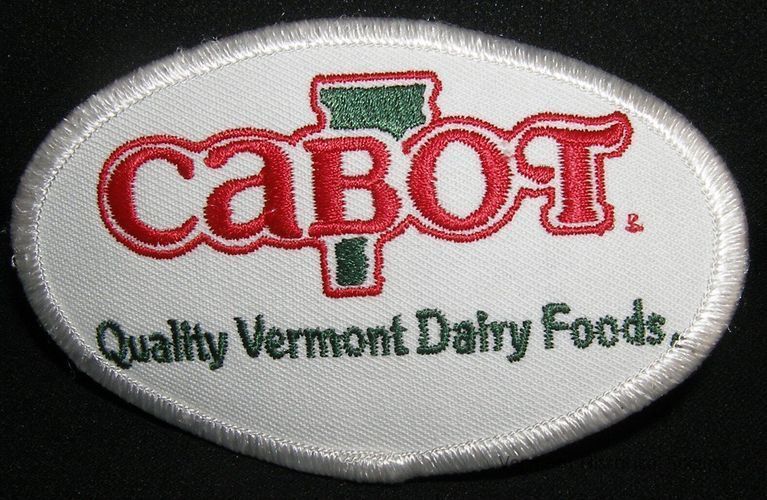
In 1960 membership reached 600 farmers and cheese was being marketed under Cabot brand.
during the 1970-80s new facilities were built to expand product line. The first visitor center opened in Cabot, VT in 1987. In 1989 Cabot won Best of Class for U.S Championships of Cheese. In 1992
Cabot merged with Agri-Mark. In1993 the West Springfield Plant was rebuilt allowing Cabot to enter retail butter business. In 1994 the Middlebury Plant was purchased. In 2003 Cabot merged with the Chateaugay Cooperative, bringing the McCadam brand & Chateaugay plant to the co-op. In 2006 Cabot Sharp Cheddar won World’s Best Cheddar at World Championship Cheese Contest. In 2010 Agri-Mark Whey brand was created.
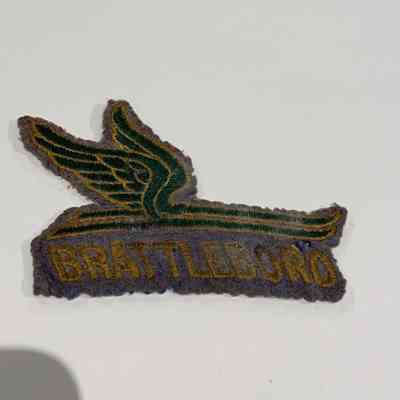
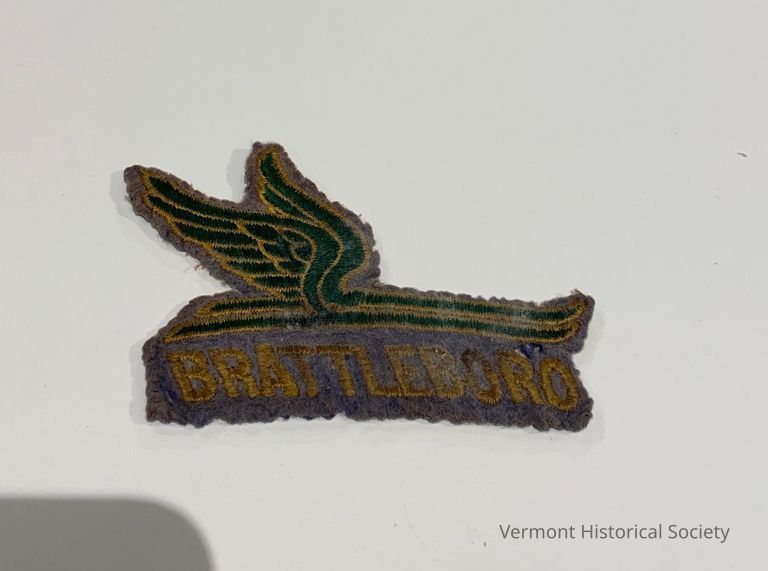
Worn by Herbert P. Holbrook who was a class A ski jumper and olympic cross-country skier. He was an alumnus of the Austine School for the Deaf, and admitted to the AAAD (American Athletic Association for the Deaf) in 1964, when he also made the New York Times News twice that year. He competed in Berchtesgaden (West Germany) in the 60's and in the Meribel Olympics in France in 1979.
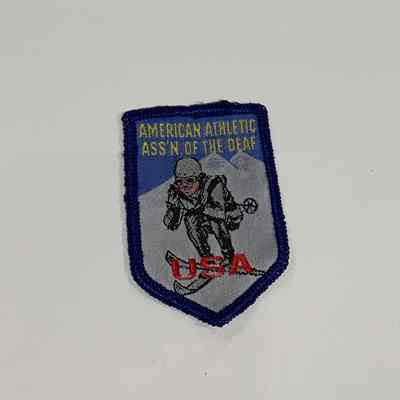
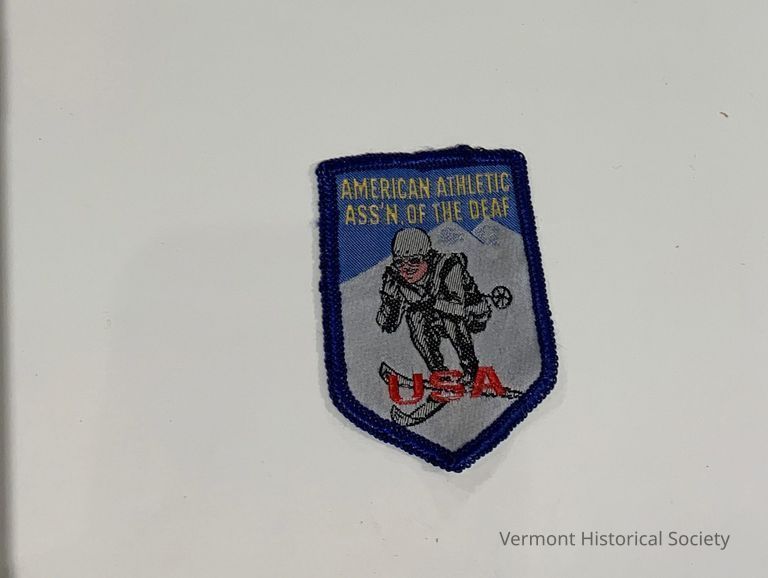
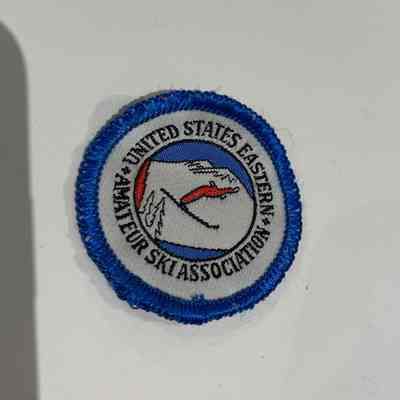
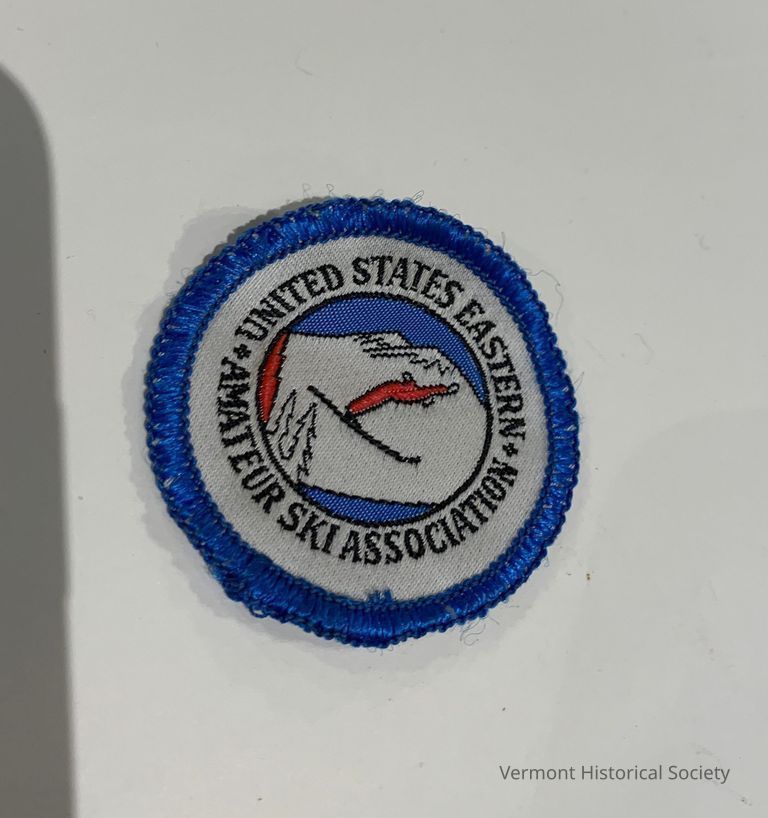
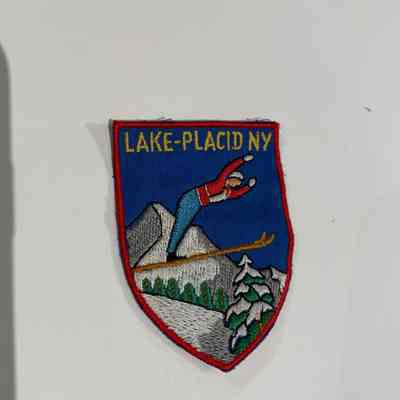
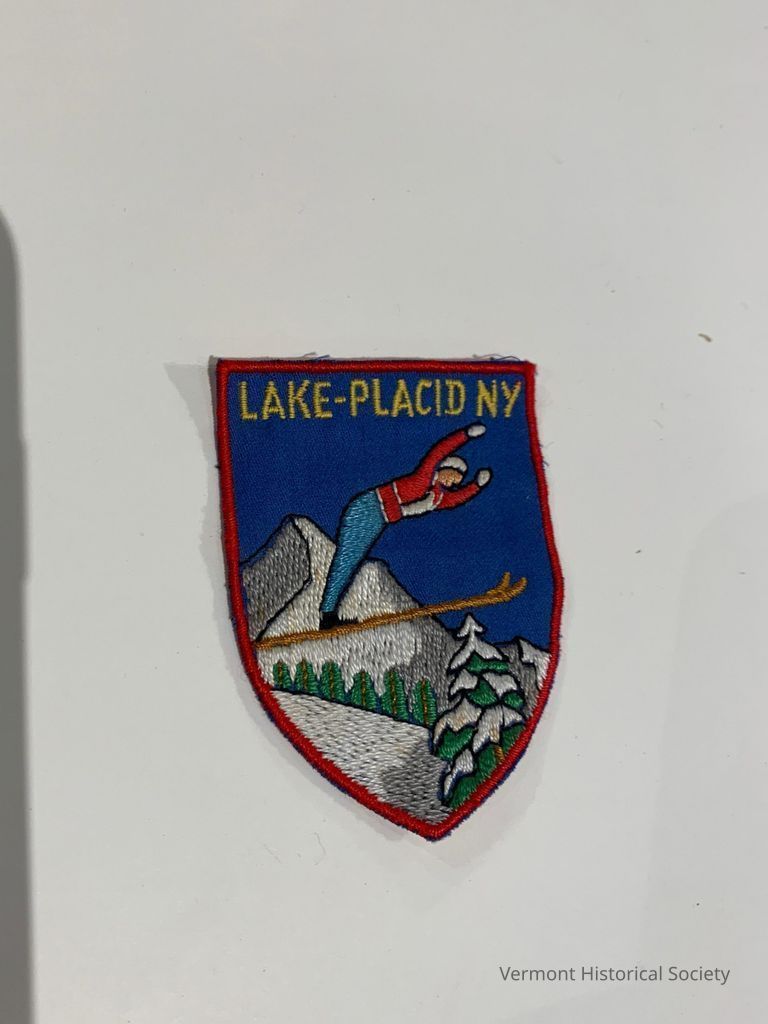
- Records of Cross-country Skiing in Olympics-Deaflympics
- Clip of New York Times-January, 1964
- Clip of New York Times-February, 1964
- Records of Various Ski Events in Lake Placid February 1968-Adirondack Times
- History of Olympic Jumping Hill/Lake Placid Ski Club
- Samples of Other Ski Club Patches-Almost identical to this one
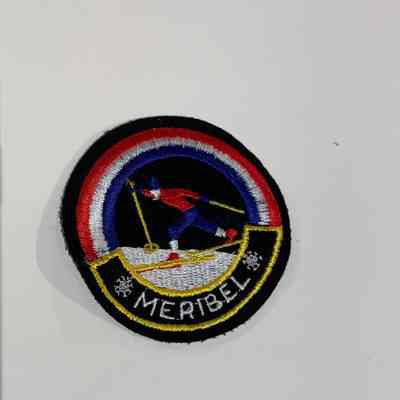
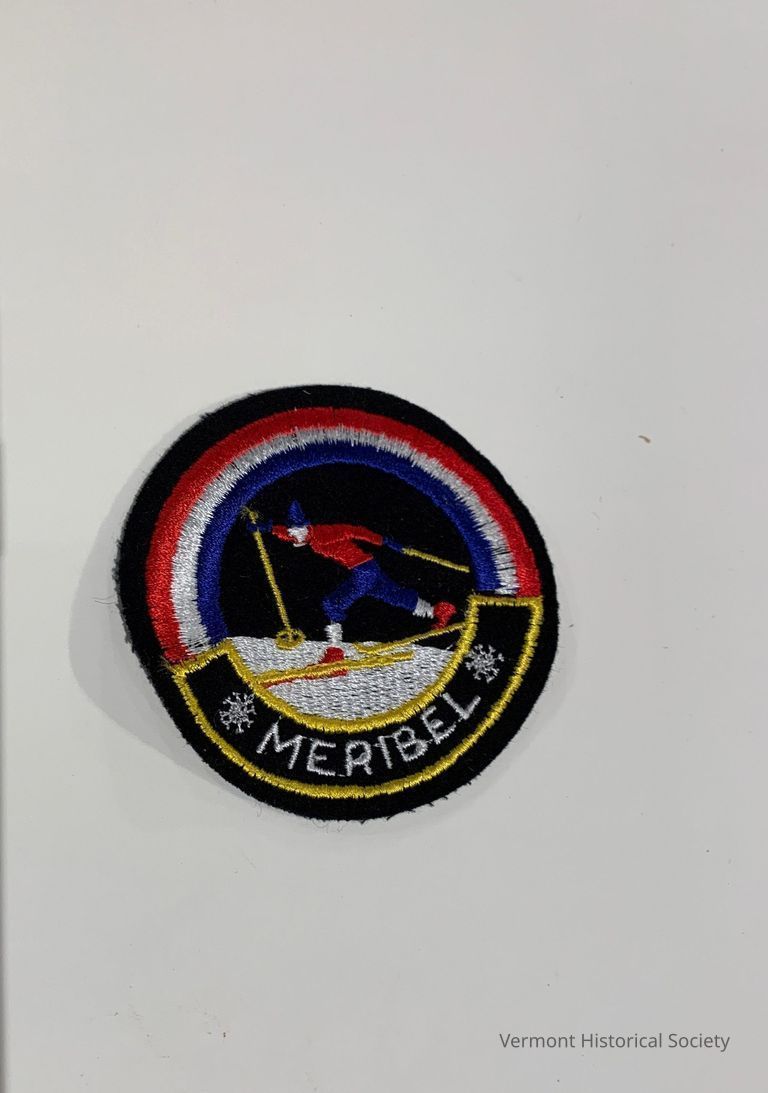
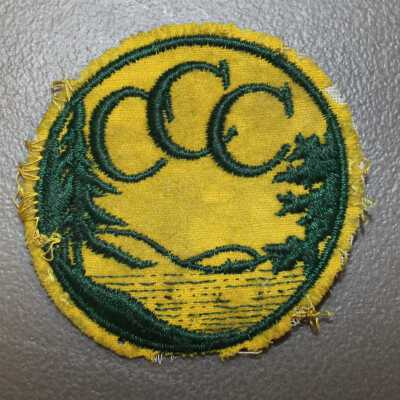
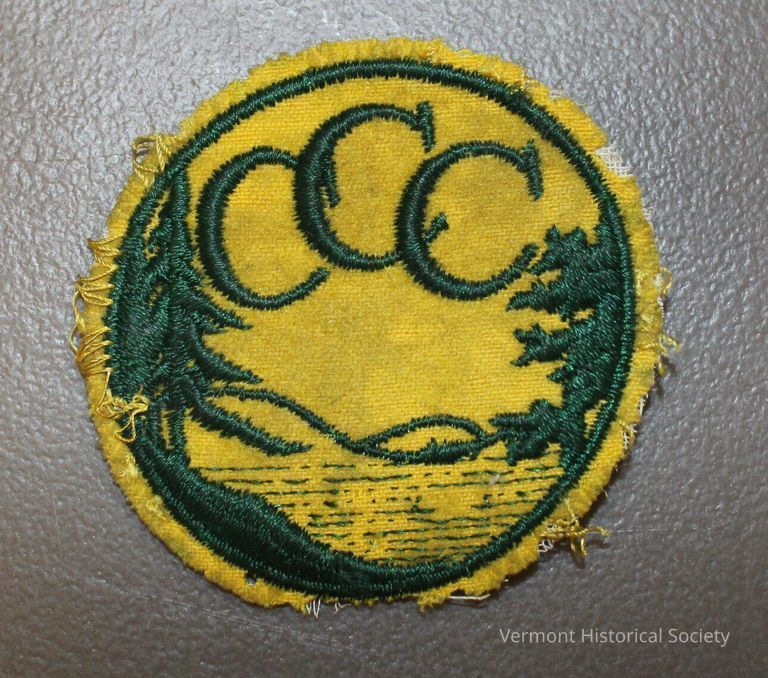

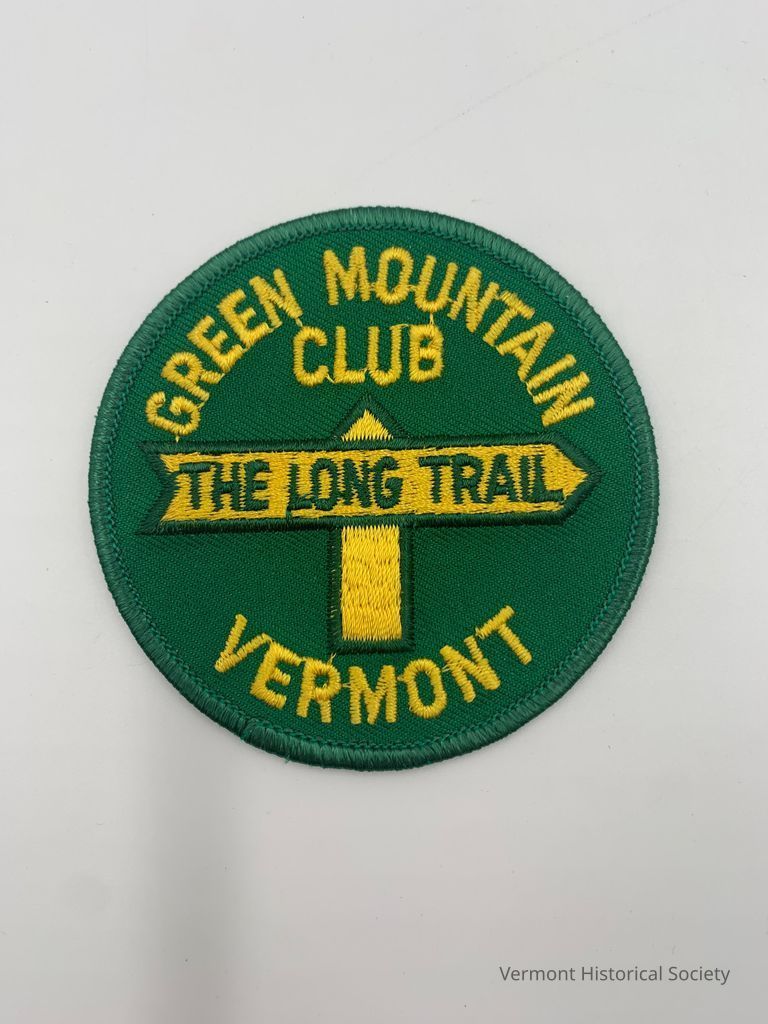

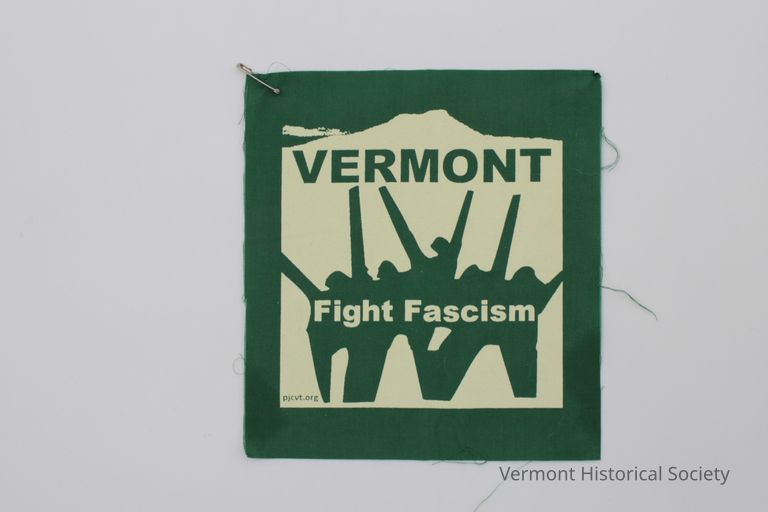

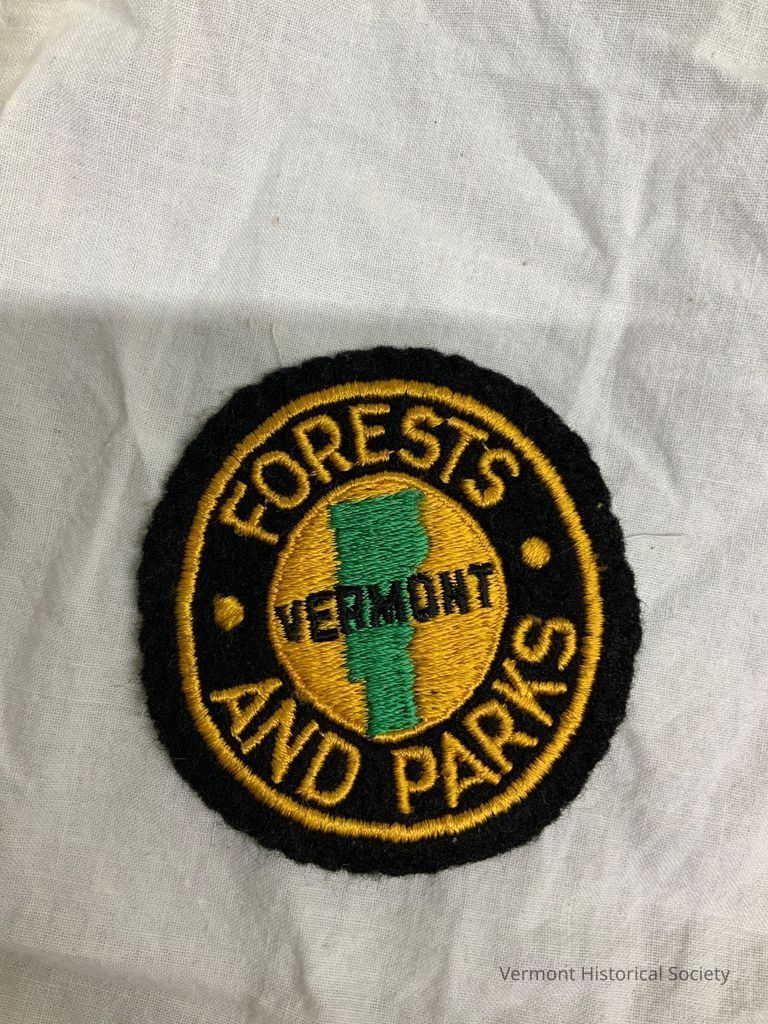
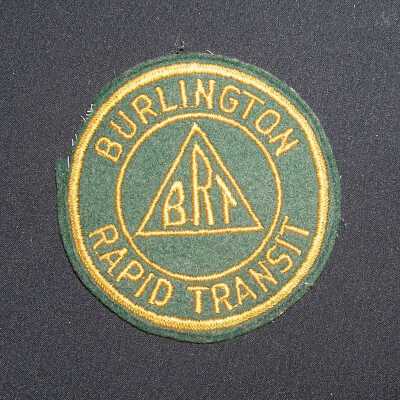
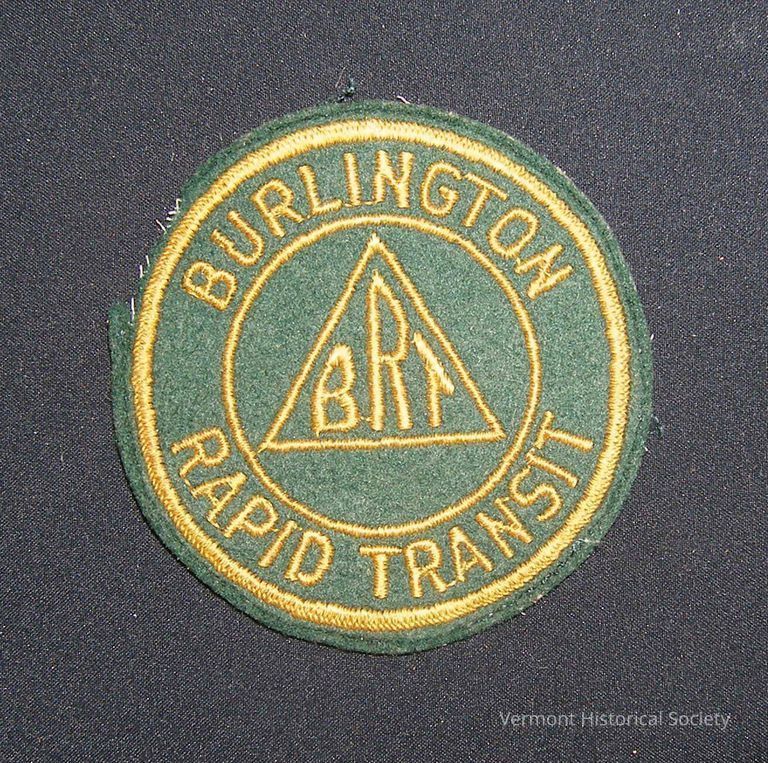
"On February 16, 1926, the first local bus route in Burlington, the “Country Club
Loop”, was established by William S. Appleyard, who owned an automobile dealership
on South Winooski Avenue. Calling his company the Burlington Rapid Transit Company
(BRT), he received permission from the Public Service Commission (PSC) to operate a
non-competitive (with BTC) bus route in the Hill Section of Burlington. Soon, when
BTC failed to comply with PSC orders to expand their lines, the commission granted
Appleyard permission to operate his buses in places directly in competition with the
BTC.(Burlington Trolley Co.)
Over the next few years, Appleyard received permission to expand to seven
competitive yet successful bus routes in the Burlington area. His success, combined with
the devastating flood in November of 1927 (that damaged trolley tracks and collapsed the
Winooski Bridge, a main BTC route), proved to be the undoing of the BTC. In 1929,
Appleyard bought the BTC in order to acquire its routes and eliminate competition. BTC
trolleys operated until August 4, 1929, when, at 4 p.m., a crowd gathered at City Hall
Park to witness the famous and symbolic torching of Car #5, their oldest trolley. The
trolley era had ended.
Meanwhile, in 1927, Appleyard established the Vermont Transit Company
(VTC), under which he operated out-of-town buses. Over the next decade and a half,
Appleyard purchased existing bus lines throughout Vermont, connecting Burlington via
bus to the other towns and cities of Vermont (and beyond). Towns accessed by VTC
buses included Barre (1927), Rutland and Vergennes (1928), Bennington and Pittsfield,
MA (1929), Portland, ME (1932), Bellows Falls, White River Junction and Claremont,
NH (1935), Albany, NY (1936), St. Johnsbury and Littleton, NH (1937), Newport
(1938), Chester and Springfield (1939), and Concord and Manchester, NH (1941). By
1945, VTC buses were connecting Vermonters to New York City, Boston and Montreal.
...In 1973, Burlington Rapid Transit’s name was changed to BRT, Inc., which
became a real estate investment business. The local bus service BRT provided was
undertaken by the Chittenden County Transportation Authority, though BRT maintained
ownership of the bus station and leased it to the VTC. The CCTA continues to operate
the local bus service today (2010). "
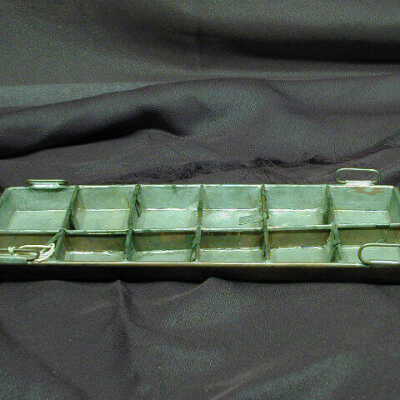
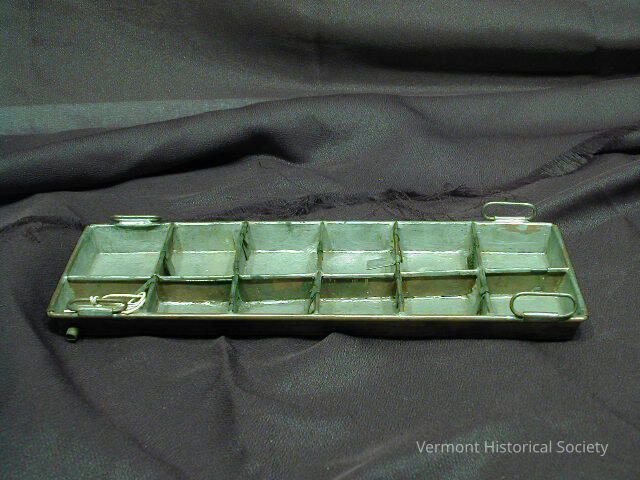
Label from an exhibit: "Model of an apparatus for evaporating saccharin and other solutions. Abner Tolles and Almon Durkee Tolles. Weathersfield and Royalton. 1870
Abner Tolles was born in Weathersfield on July 30, 1823, and died May 27, 1880. Almon was his nephew. The Tolleses' invention allowed for a continuous evaporation of sap, prevented back flow, and kept scum and foreign matter in the first compartment as the refined liquid moved from one compartment to the next."
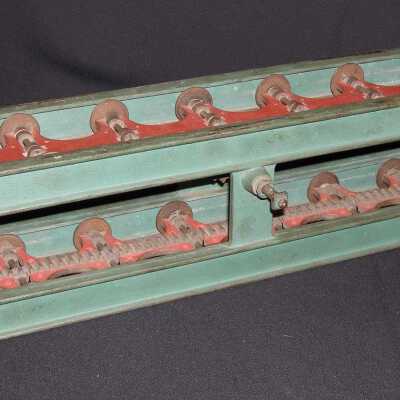
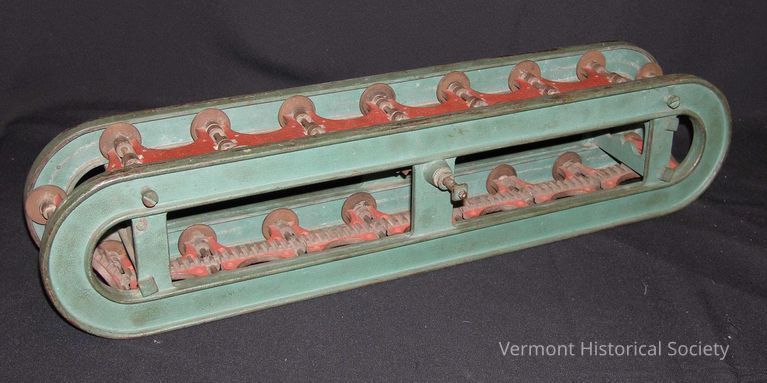
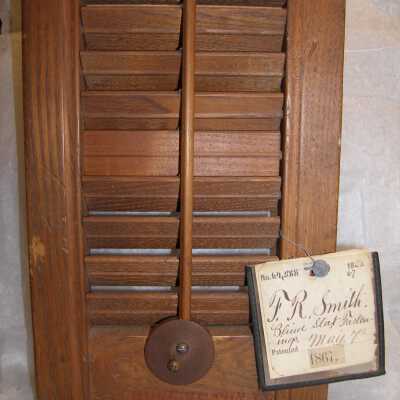
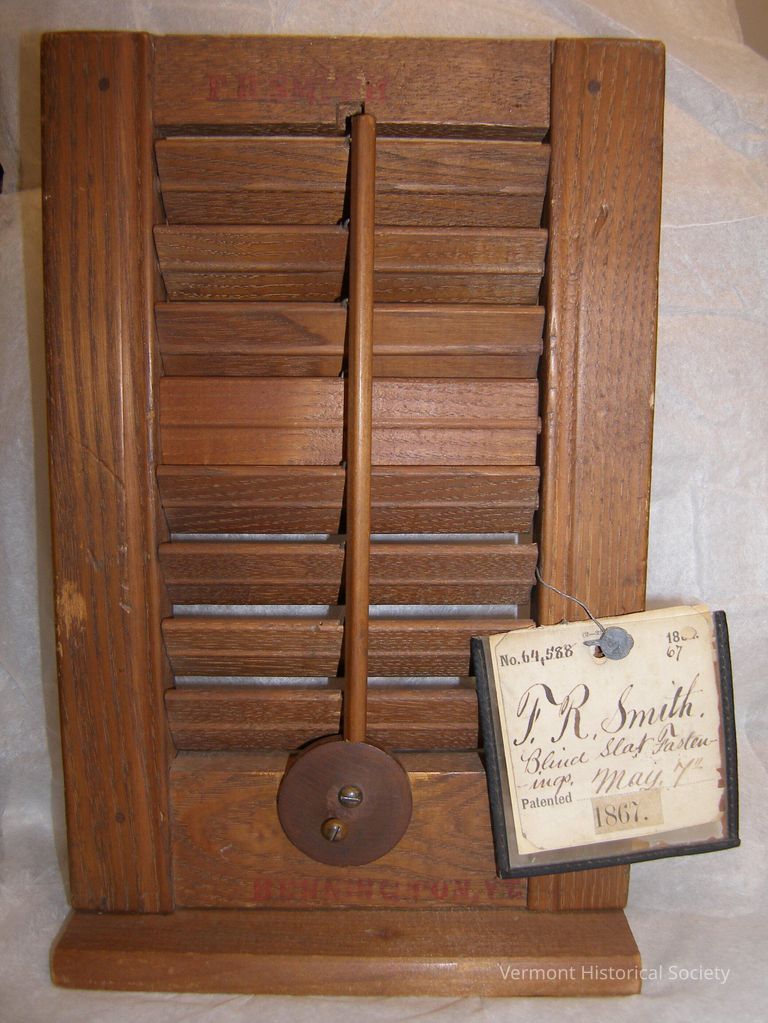
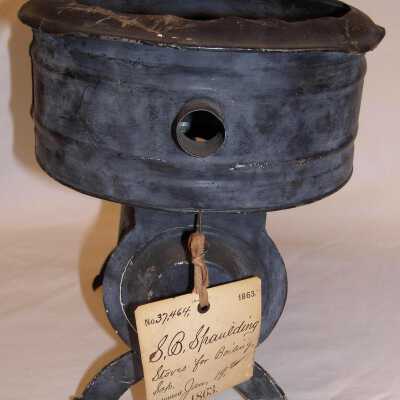
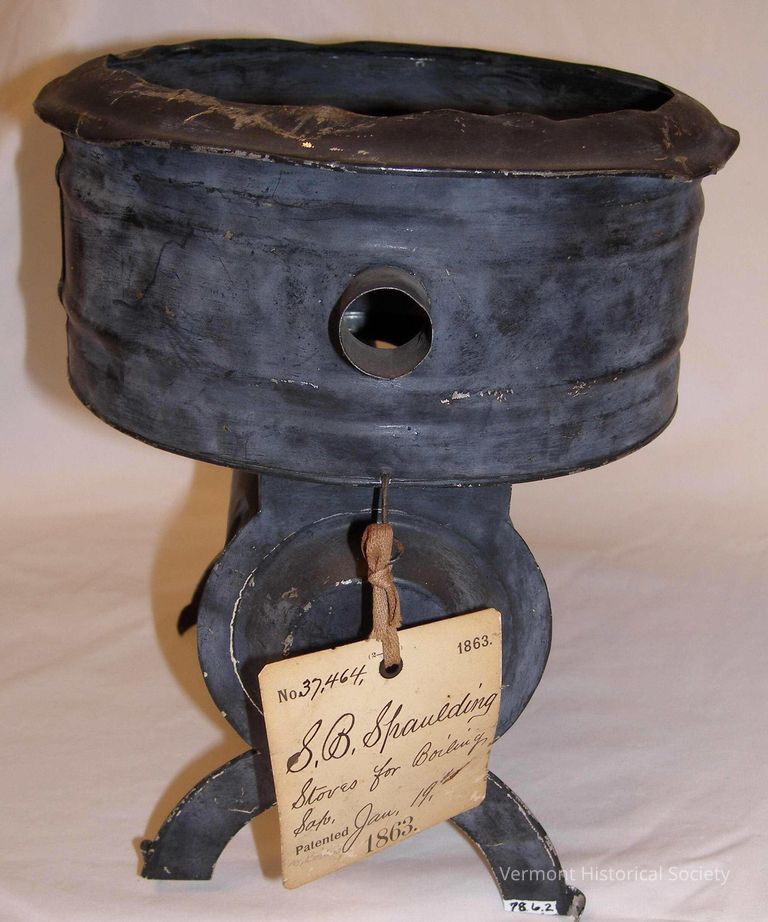
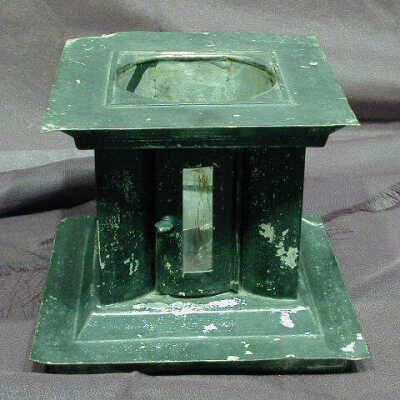
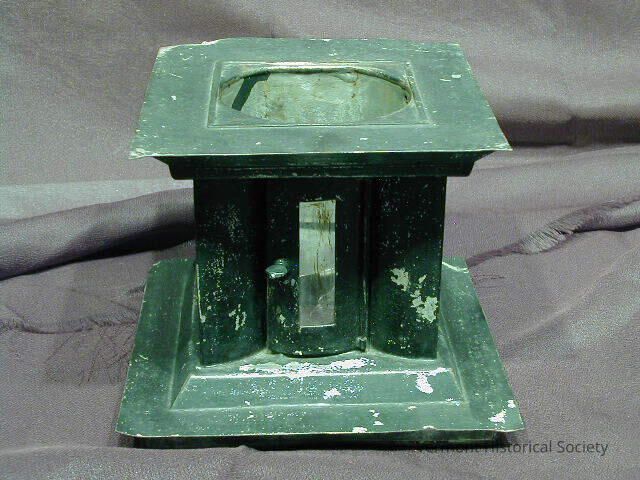
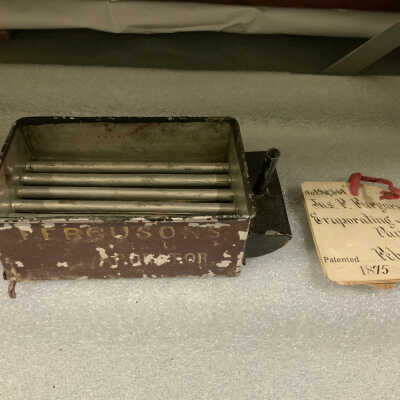
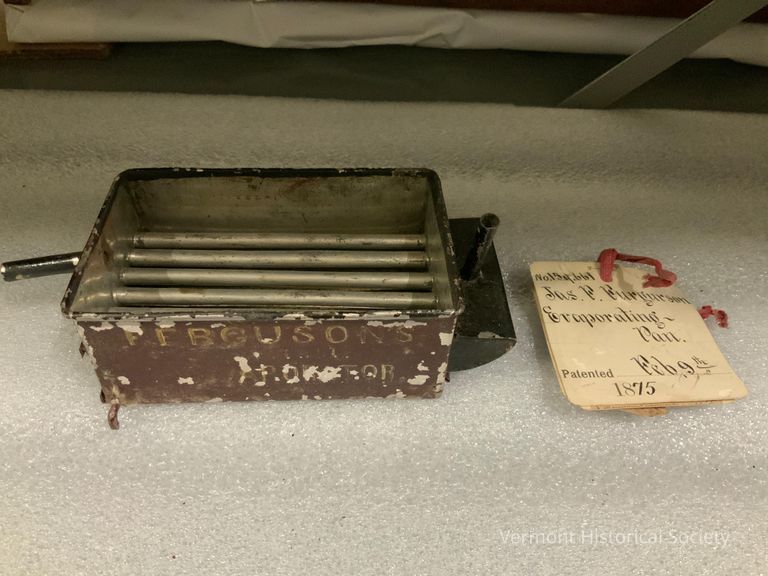
Pan is 4.5 x 3", overall 7: x 3"
Tag verifies this as Patent No. 159,661, by James F. Ferguson of Essex, Vt. registered Feb. 9, 1875. Registration papers in file.
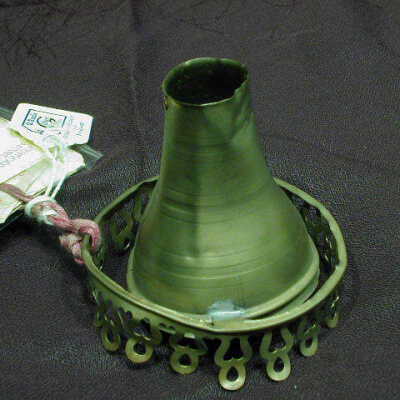
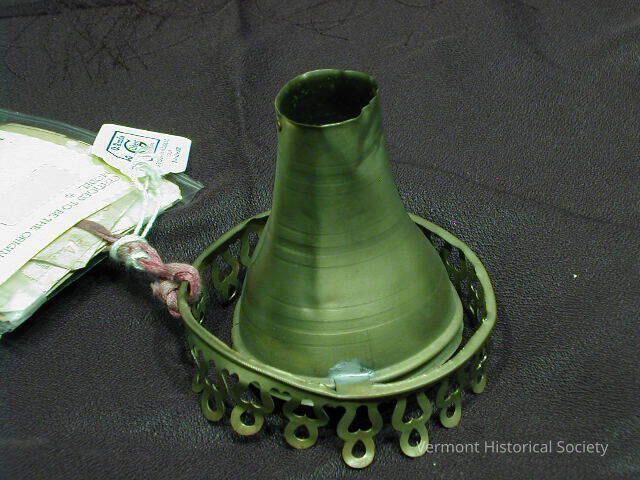
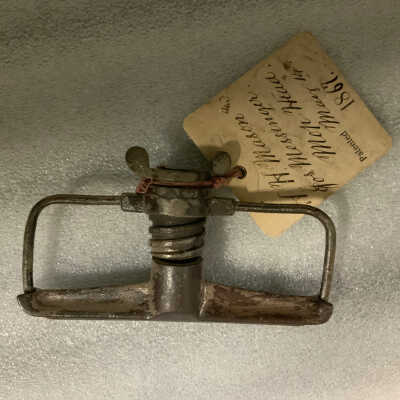
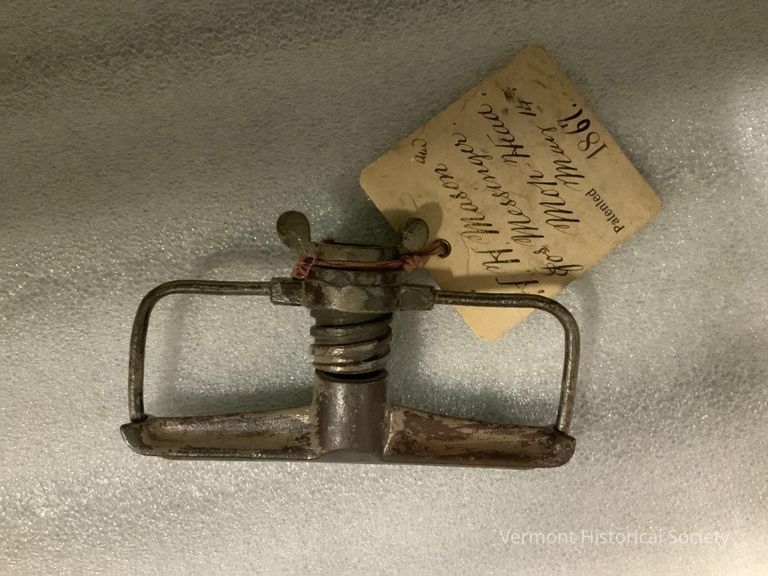
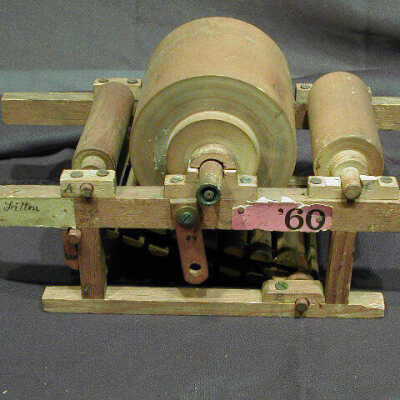
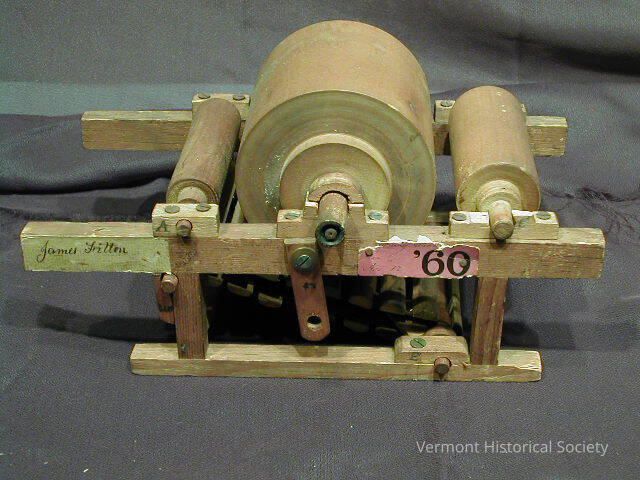
Wooden model composed of one thick central roller and two smaller rollers on either side. Underneath is a movable belt of wooden slats mounted on two leather straps. Red paper tag - '760'
Tag shows: "No. 30.--5, 1860, J. Fitton, Carding-Engine, Patented Dec. 11th, 1860" and written in hand "Carding/Feeding". "James Fitton" handwritten in ink on wood.
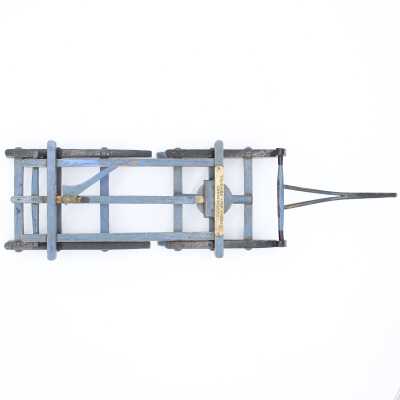
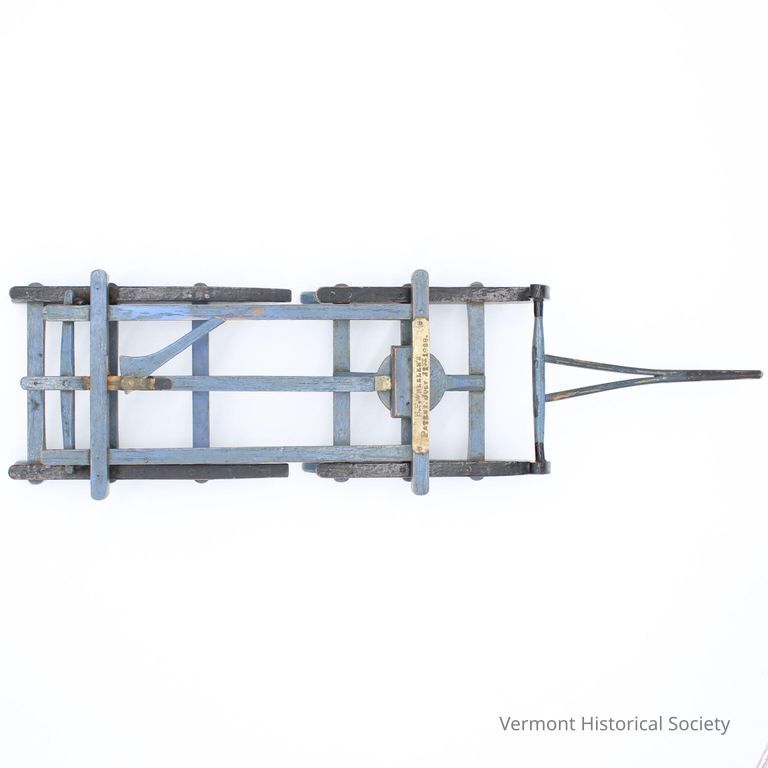
The model is of the chassis system of a sleigh only, constructed from metal and wood. The wood is painted blue. The sleigh rails are in two pieces, and the chassis can pivot at the center. The braking system can be activated from the middle of the chassis, and drops a metal hook down from the rear of the chassis to drag into the snow.
On a strip of wood at the front of the chassis is a small metal plaque with the inscription “B.F. WHEELER’S / PATENT JULY 21ST 1868”
Label from an exhibit says, "The brakes were constructed so that as the horses slowed, they applied a stopping force equal to the forward pressure of the load. If the driver wanted to back up, the brakes could easily be readjusted."
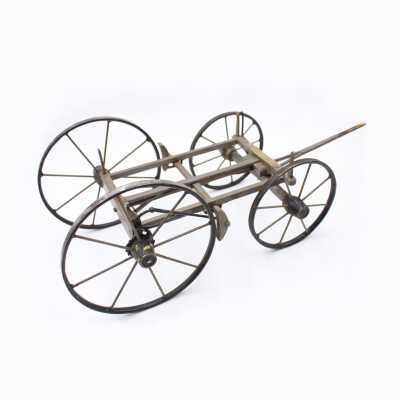
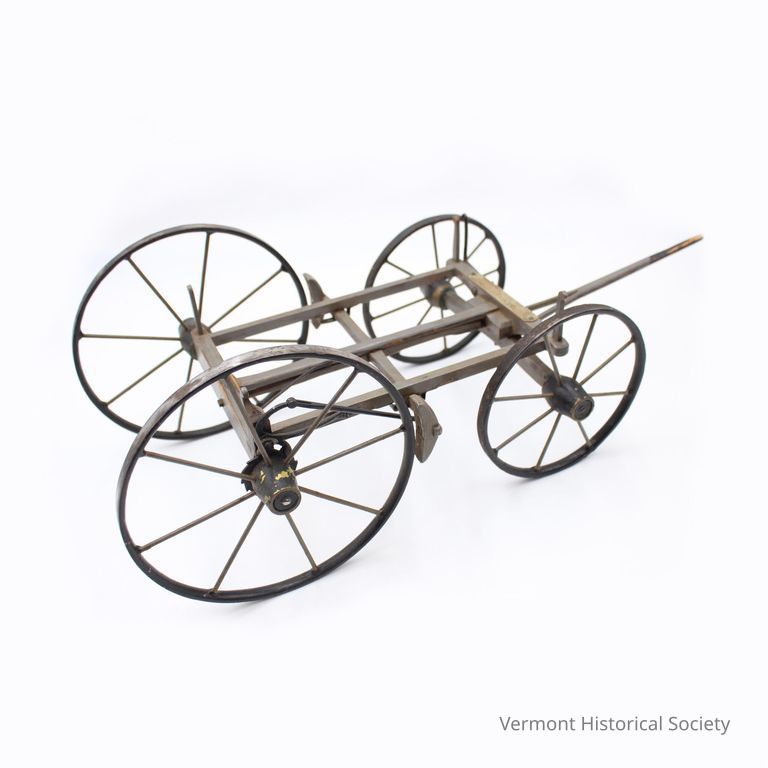
The model is just the chassis and wheels of the carriage, in two pieces. The pieces are held together through a pin that connects the front axle to the body of the chassis.
The whole chassis is made of wood and metal, with four wheels, the front pair smaller than the rear. The braking system is activated when the carriage rolls backward, or by a hand brake that is connected to a lever at the left front of the chassis.
The brakes themselves are in front of the rear carriage wheels, held in place by a strip going horizontally across the width of the chassis. When the lever is activated, the wood strip slides backwards and engages the brakes.
From a label in an exhibit: "The self-acting brake no longer stopped forward motion, but prevented a wagon from rolling backward when it was ascending a hill."
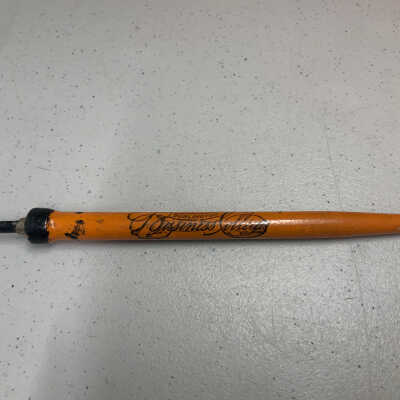
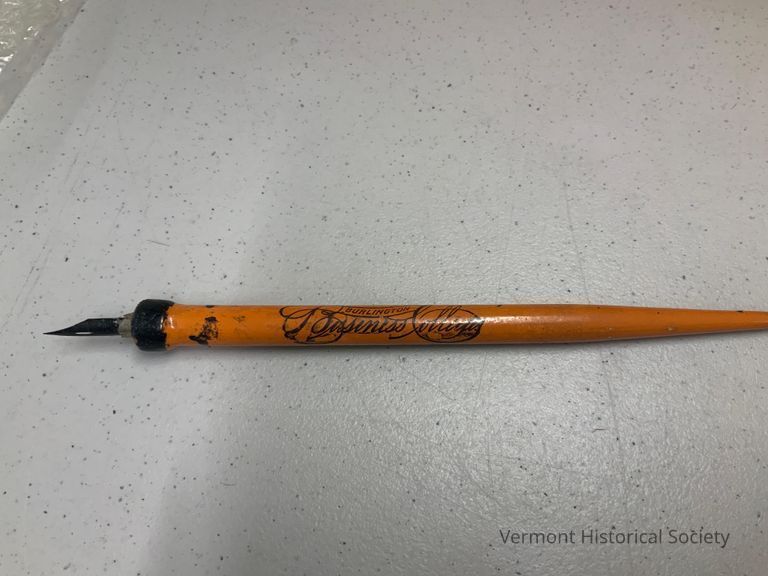
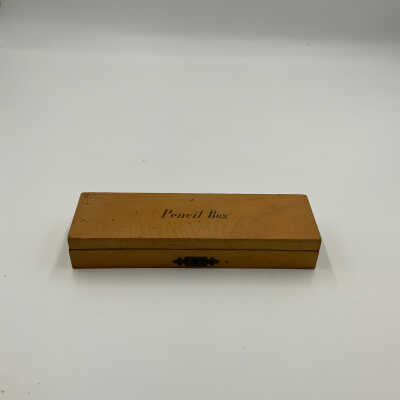
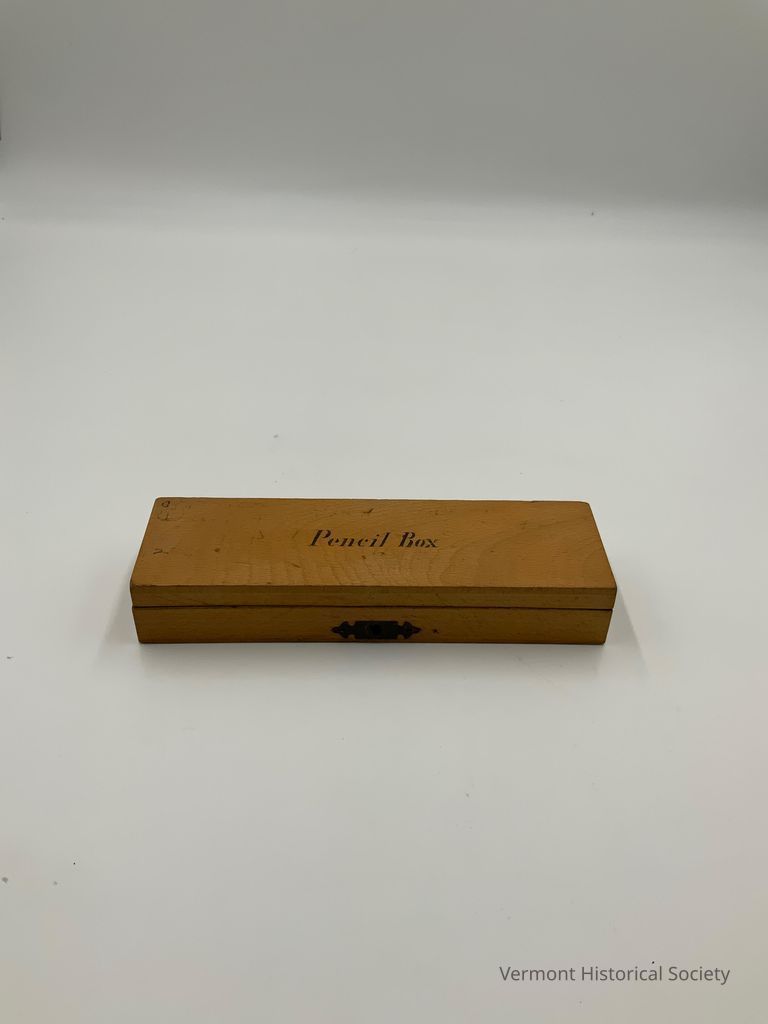
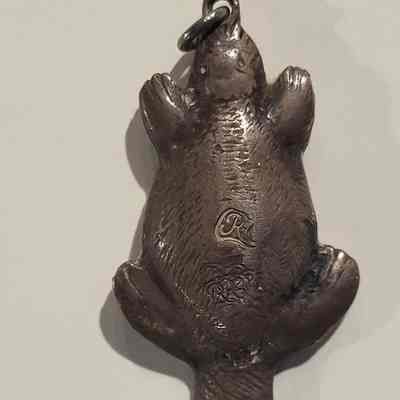
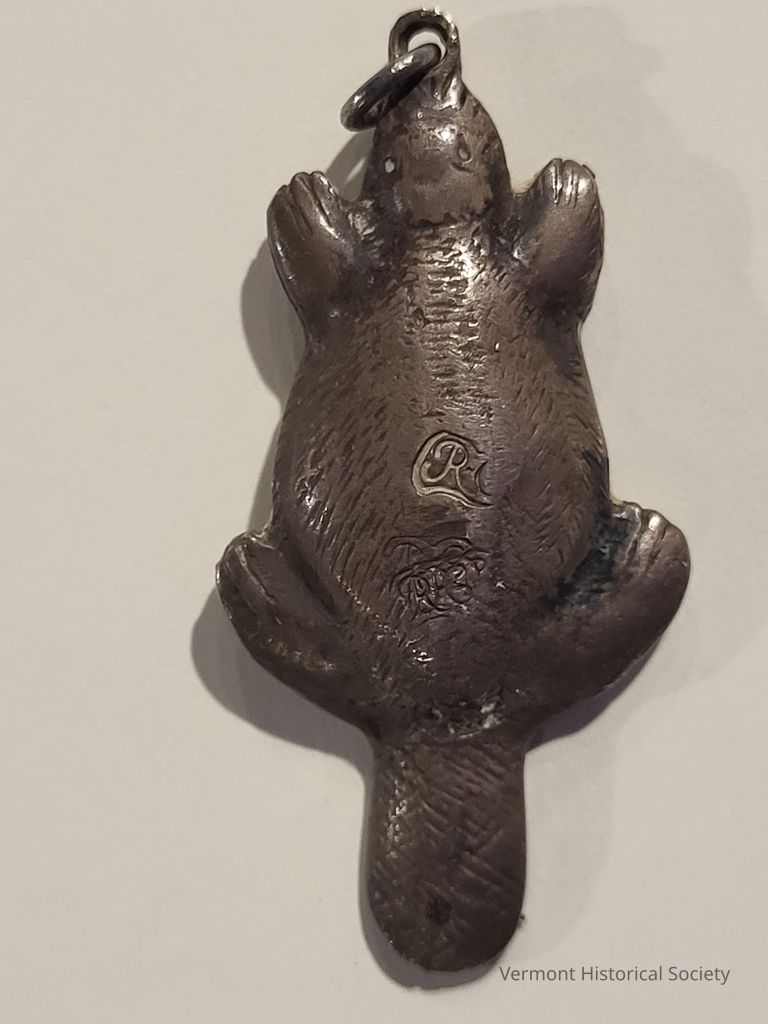
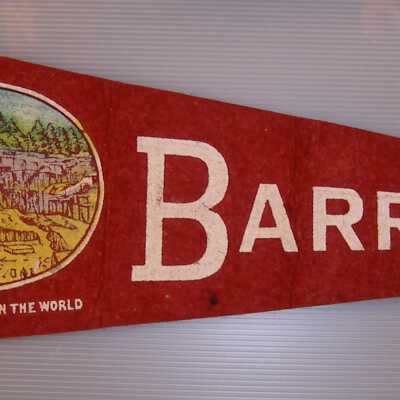

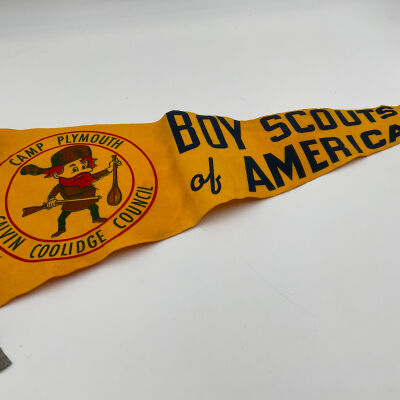
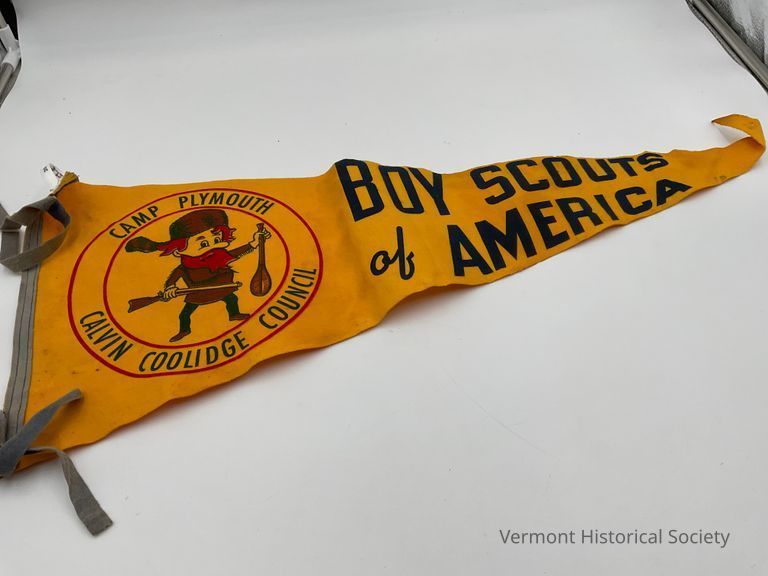
"Charles Willard Phipard was born Aug. 5, 1916, in New York City, the son of Dr.
Willard Phipard and Hazel (Dealing) Phipard.
Charles and his sister Helen spent many summers of their youth with their great-aunt and great-uncle, Cora Gero Munsell and Dr. Chauncy Munsell in South Royalton, Vermont.
Charles Phipard received his elementary education at Poly Prep Day School in
Brooklyn, N.Y., the school attended by his father and grandfather. He attended Wesleyan
University and Upsala College, graduating with degrees in business and economics. He
was a member of the Delta Upsilon national fraternity and served in the U.S. Army Air
Force during World War II; most of his time was spend in Canada as a weather observer.
After his discharge he returned home to Long Island and worked in the
experimental department of Sperry Gyroscope. In 1956 he moved to Royalton, Vermont,
to be near his sister and purchased a farm on Waterman Road where he raised chickens.
Charles Phipard was a charter member of the Heartland Lions Club, where he
served as treasurer for many years. He was active as a Boy Scout leader, a member of the
Sons of the American Revolution, and for many years was State Commissioner and
Treasurer for Babe Ruth Baseball. He died August 7, 2002. "

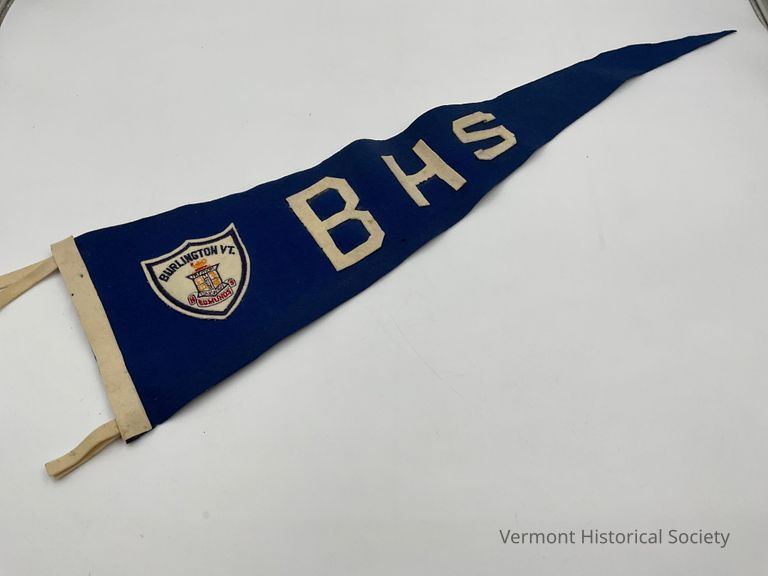
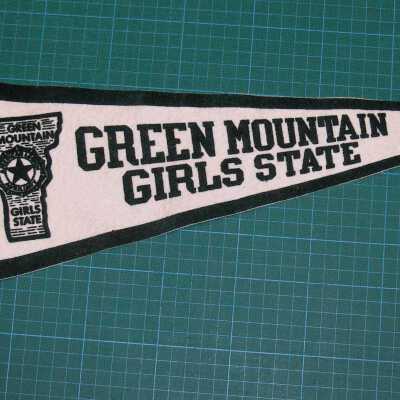
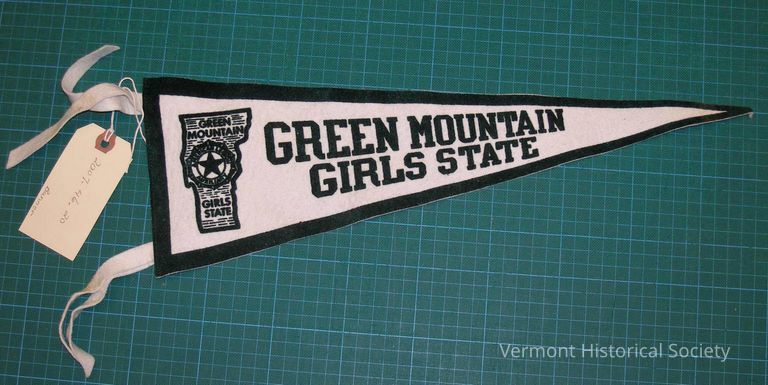
Source: https://www.alagmgs.com/
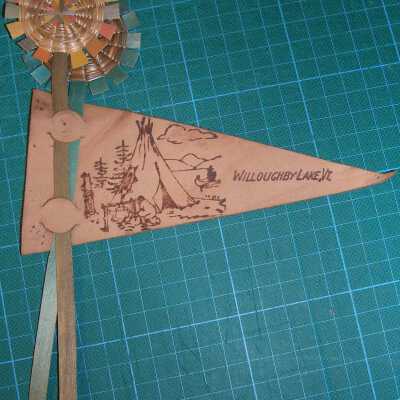
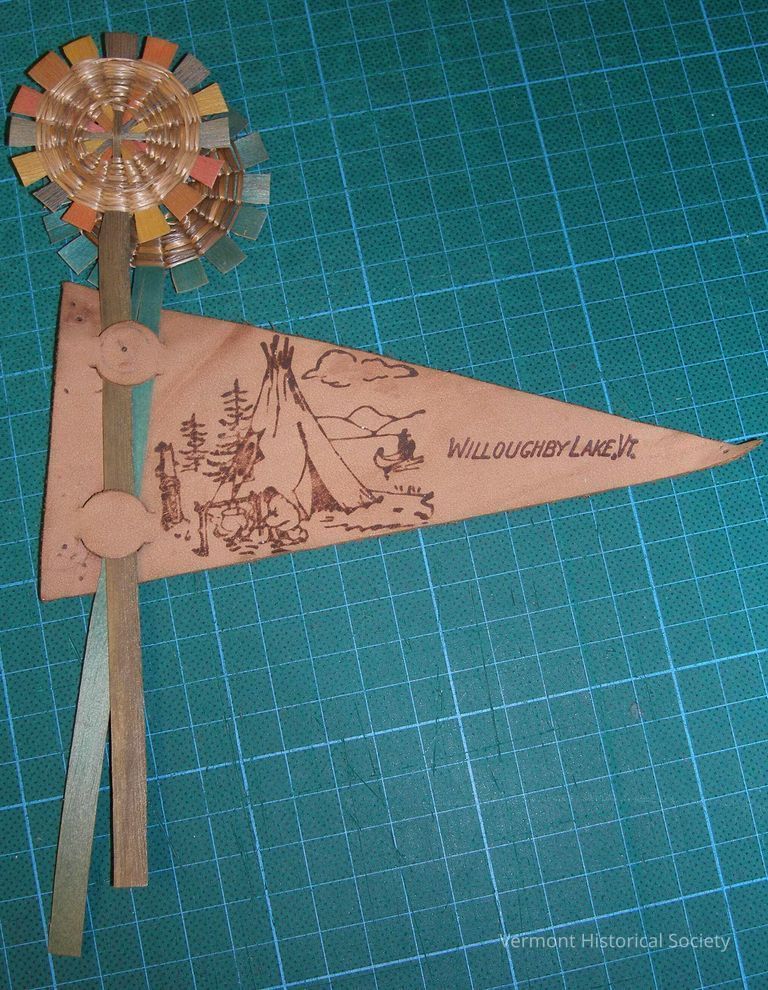

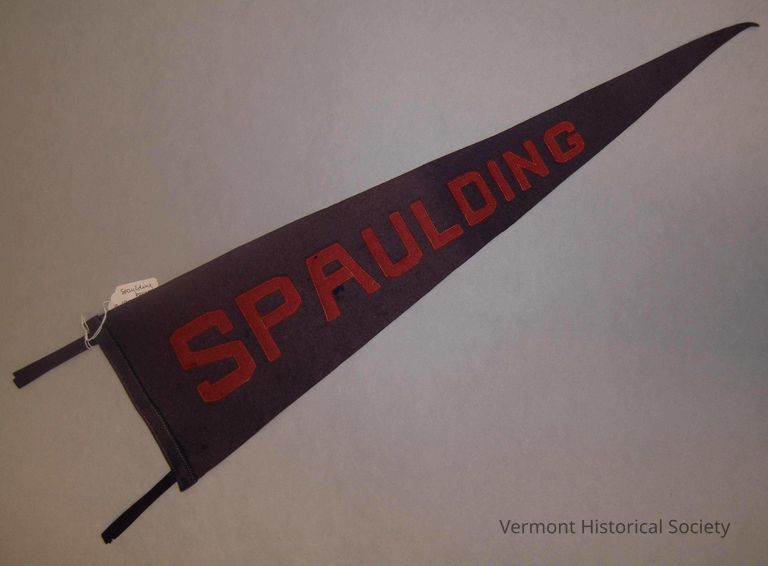

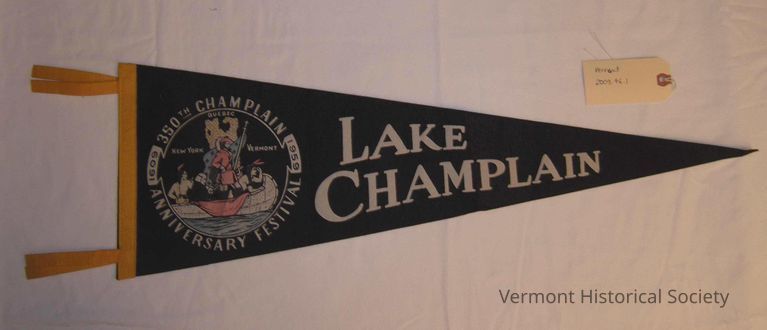
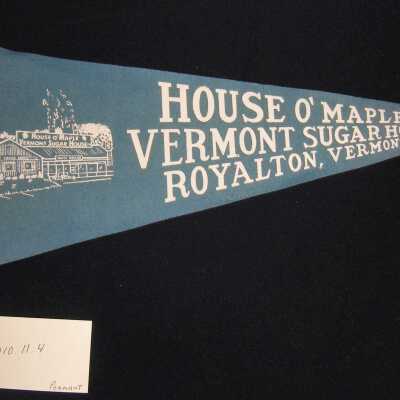
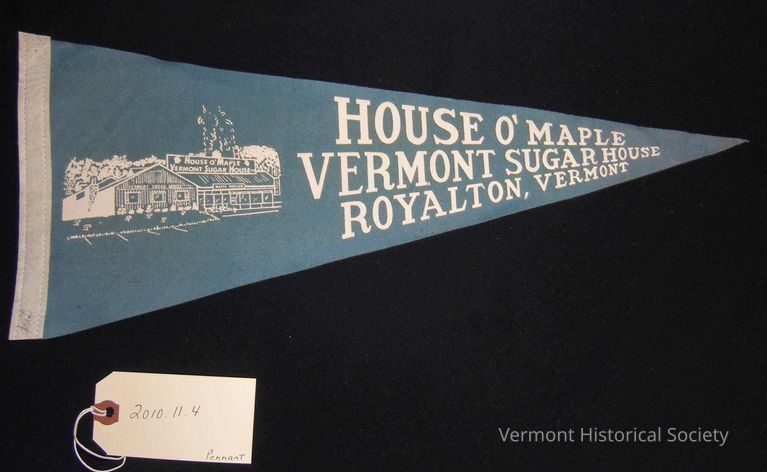
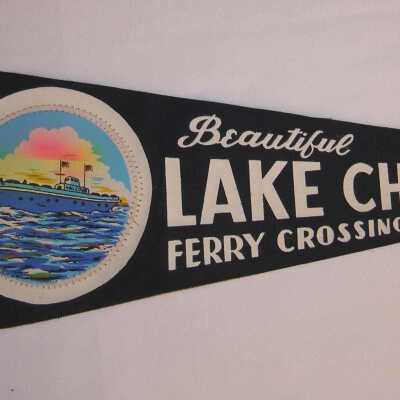
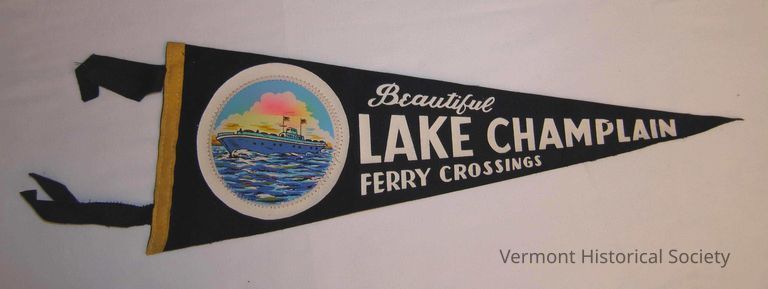
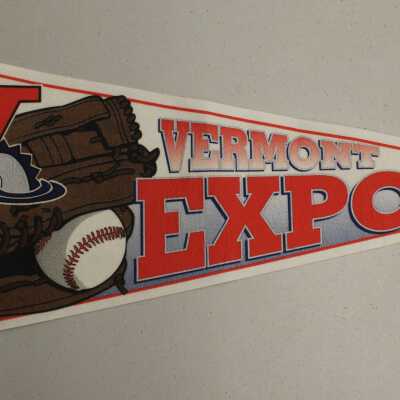
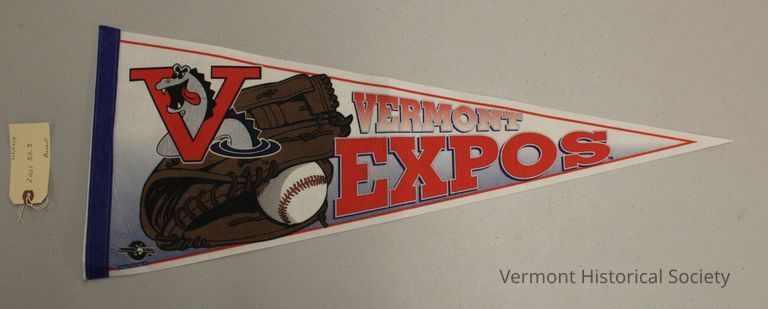
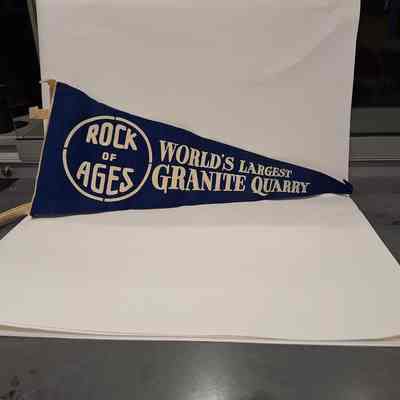
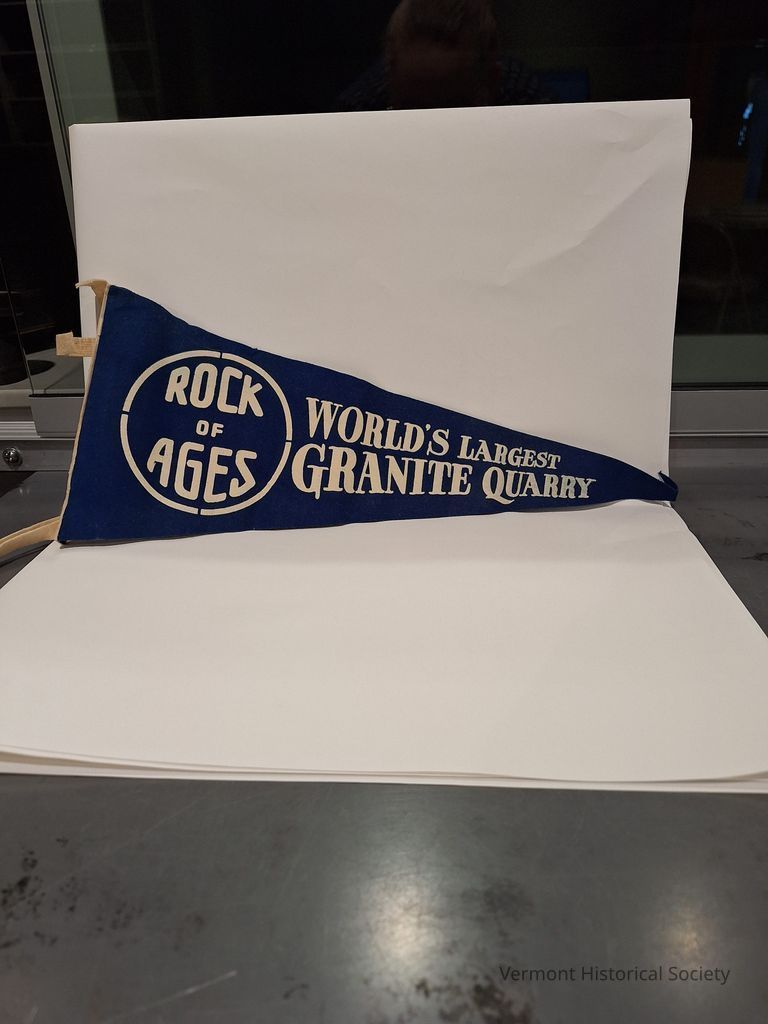
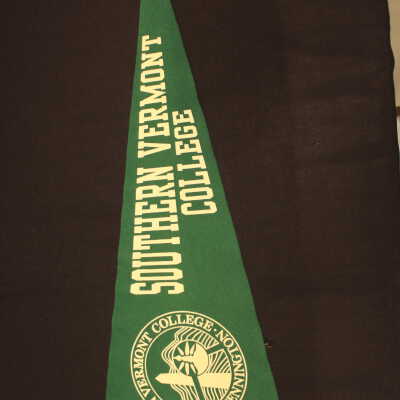
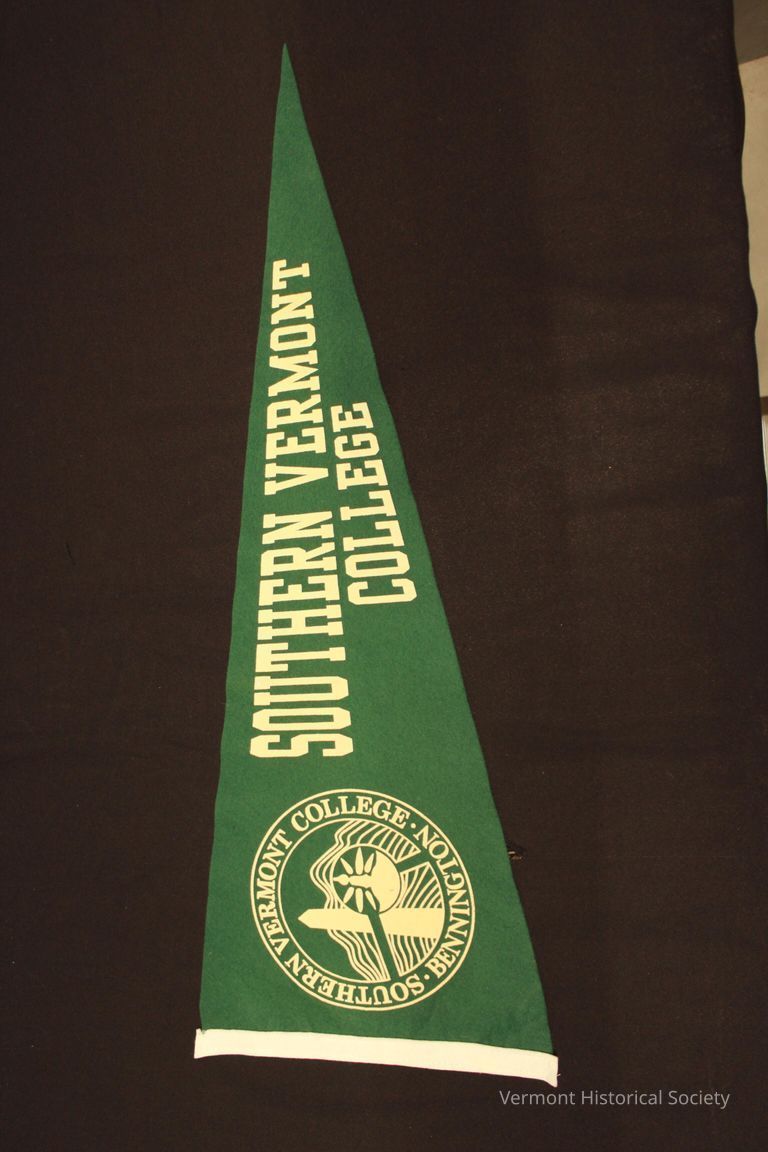
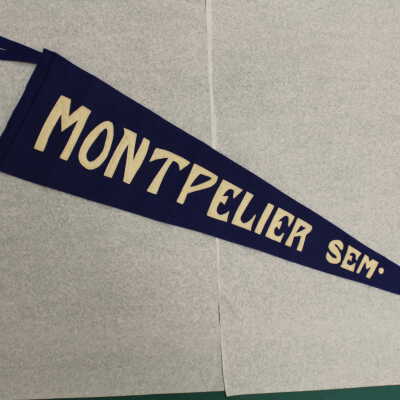
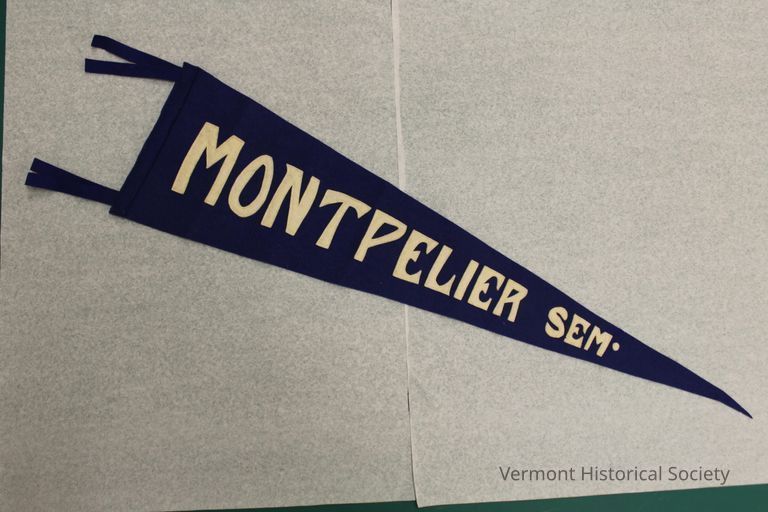
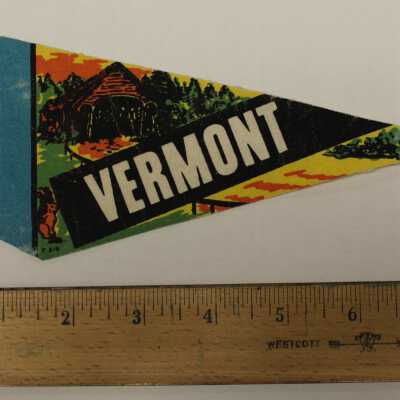
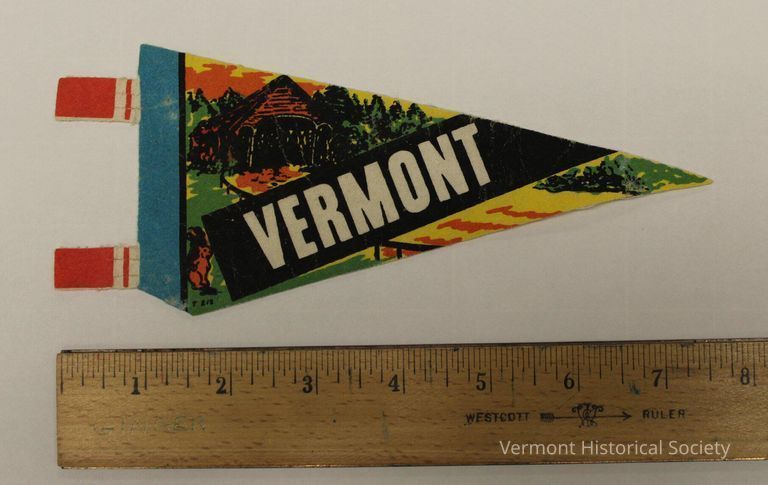
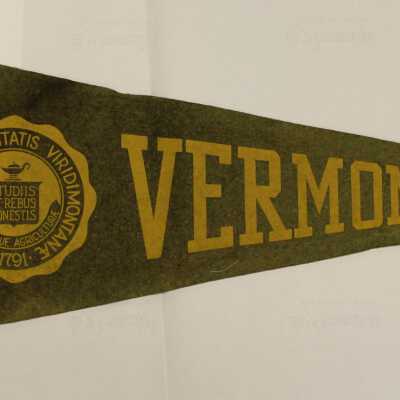
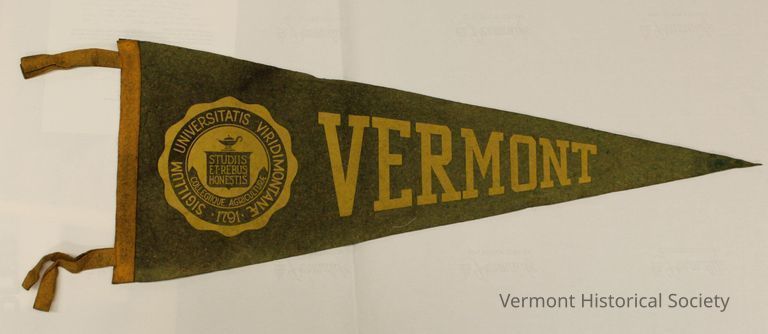
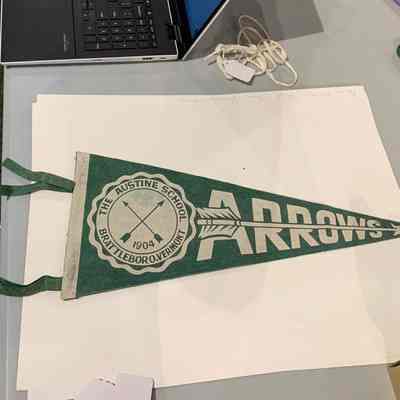
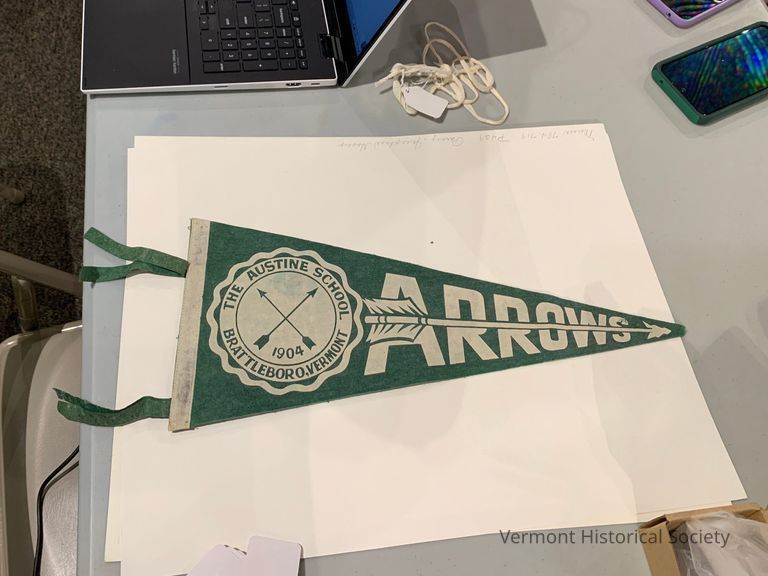
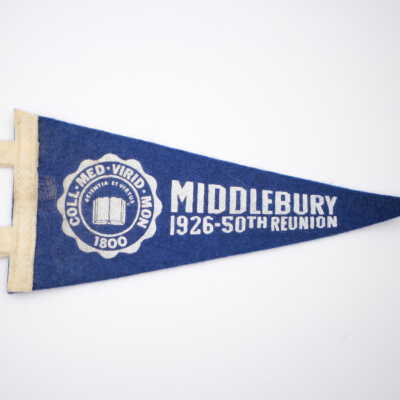

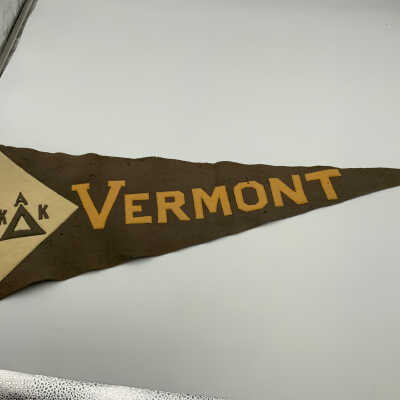
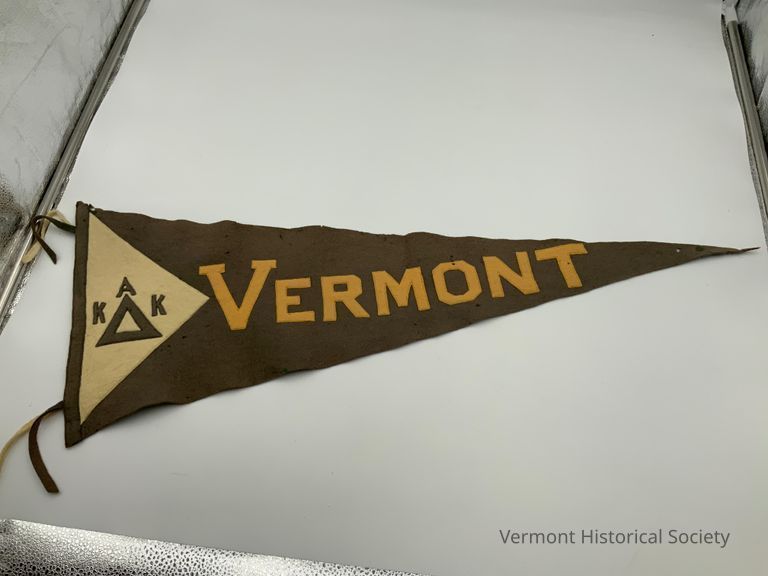
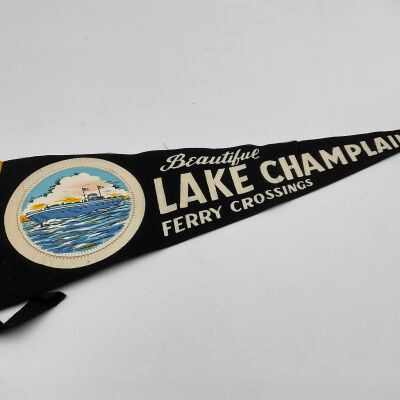
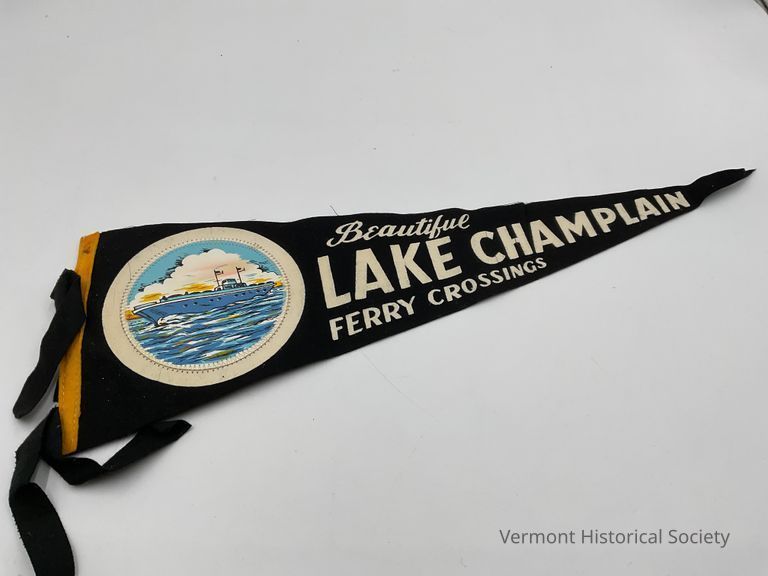
"Charles Willard Phipard was born Aug. 5, 1916, in New York City, the son of Dr.
Willard Phipard and Hazel (Dealing) Phipard.
Charles and his sister Helen spent many summers of their youth with their great-aunt and great-uncle, Cora Gero Munsell and Dr. Chauncy Munsell in South Royalton, Vermont.
Charles Phipard received his elementary education at Poly Prep Day School in
Brooklyn, N.Y., the school attended by his father and grandfather. He attended Wesleyan
University and Upsala College, graduating with degrees in business and economics. He
was a member of the Delta Upsilon national fraternity and served in the U.S. Army Air
Force during World War II; most of his time was spend in Canada as a weather observer.
After his discharge he returned home to Long Island and worked in the
experimental department of Sperry Gyroscope. In 1956 he moved to Royalton, Vermont,
to be near his sister and purchased a farm on Waterman Road where he raised chickens.
Charles Phipard was a charter member of the Heartland Lions Club, where he
served as treasurer for many years. He was active as a Boy Scout leader, a member of the
Sons of the American Revolution, and for many years was State Commissioner and
Treasurer for Babe Ruth Baseball. He died August 7, 2002. "
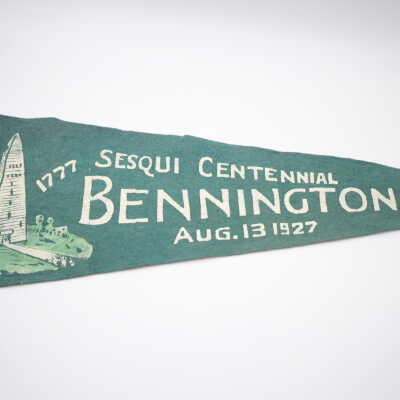
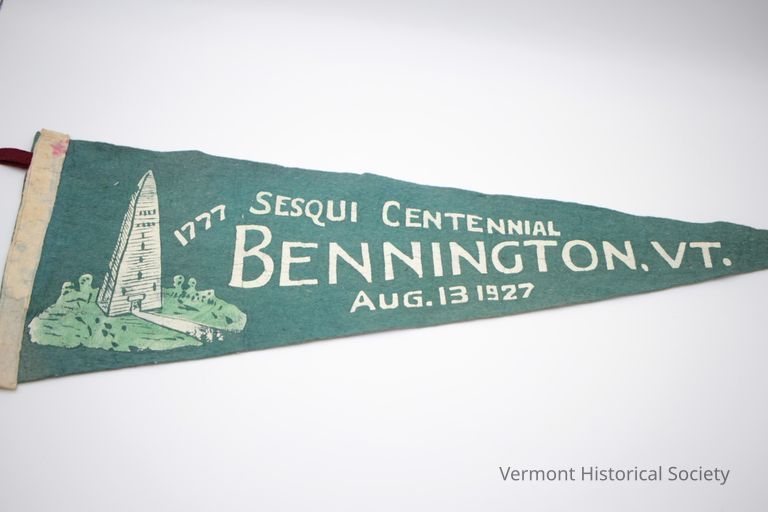
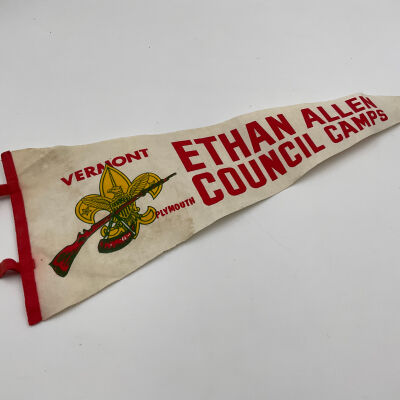
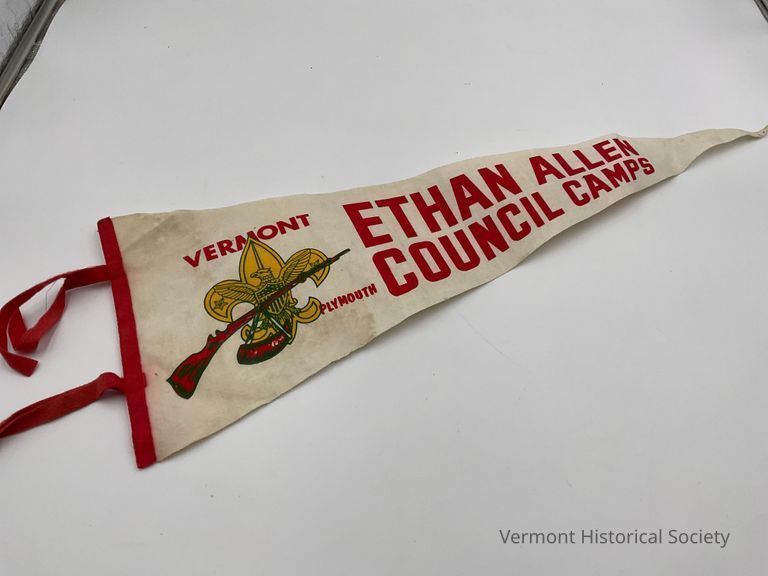
"Charles Willard Phipard was born Aug. 5, 1916, in New York City, the son of Dr.
Willard Phipard and Hazel (Dealing) Phipard.
Charles and his sister Helen spent many summers of their youth with their great-aunt and great-uncle, Cora Gero Munsell and Dr. Chauncy Munsell in South Royalton, Vermont.
Charles Phipard received his elementary education at Poly Prep Day School in
Brooklyn, N.Y., the school attended by his father and grandfather. He attended Wesleyan
University and Upsala College, graduating with degrees in business and economics. He
was a member of the Delta Upsilon national fraternity and served in the U.S. Army Air
Force during World War II; most of his time was spend in Canada as a weather observer.
After his discharge he returned home to Long Island and worked in the
experimental department of Sperry Gyroscope. In 1956 he moved to Royalton, Vermont,
to be near his sister and purchased a farm on Waterman Road where he raised chickens.
Charles Phipard was a charter member of the Heartland Lions Club, where he
served as treasurer for many years. He was active as a Boy Scout leader, a member of the
Sons of the American Revolution, and for many years was State Commissioner and
Treasurer for Babe Ruth Baseball. He died August 7, 2002. "
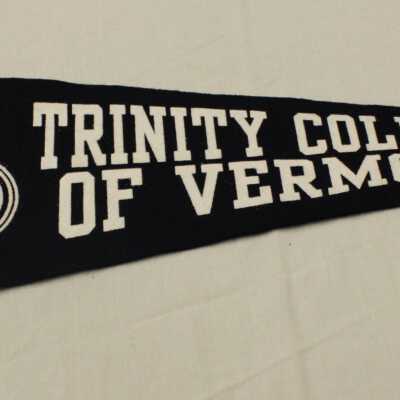
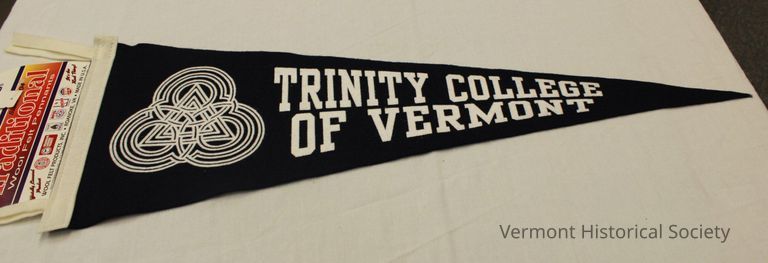
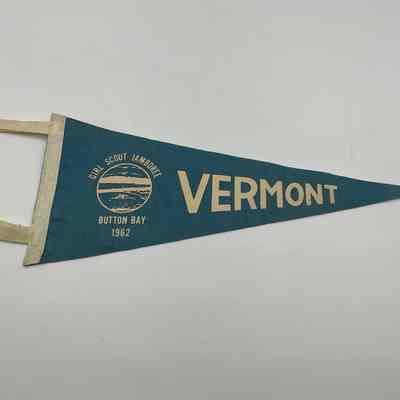
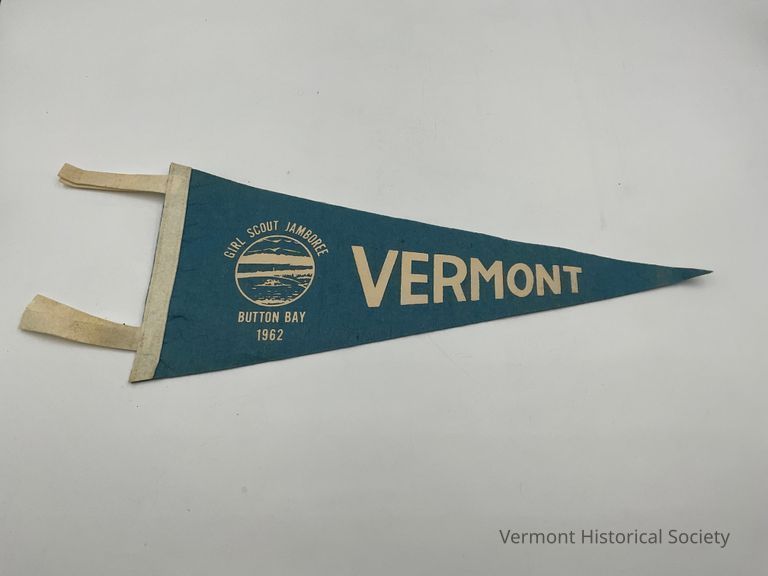
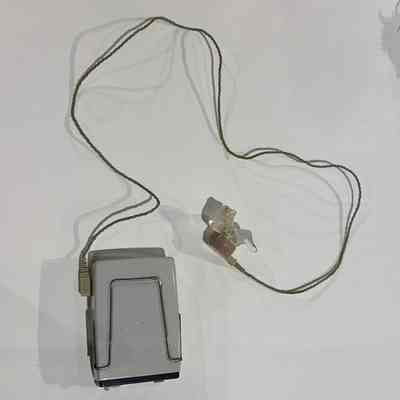

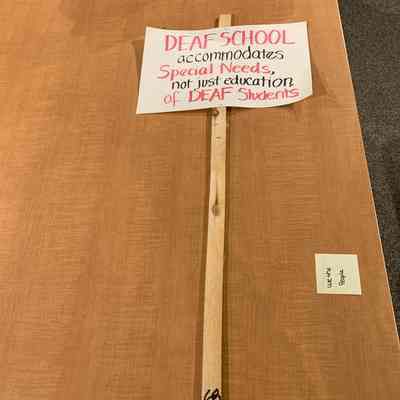
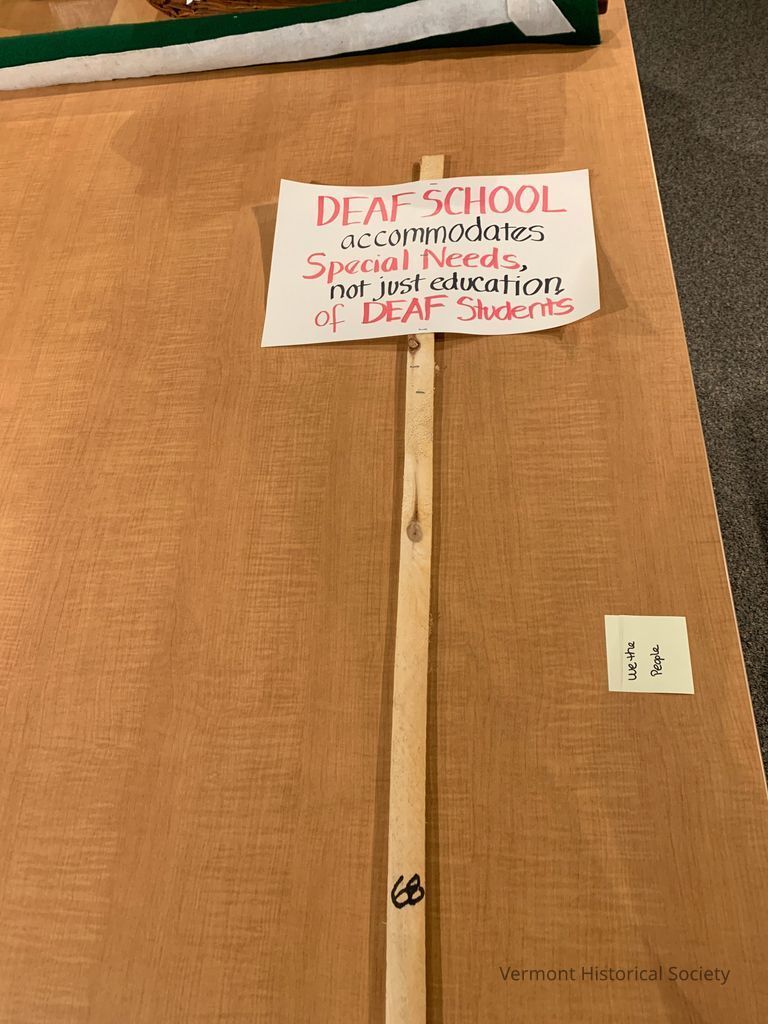
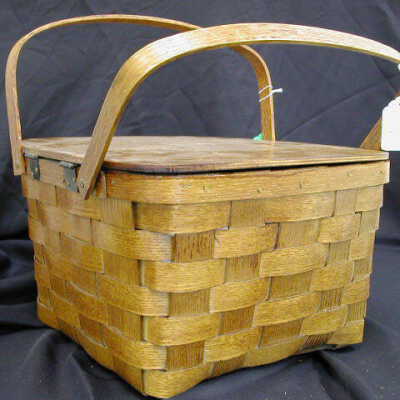
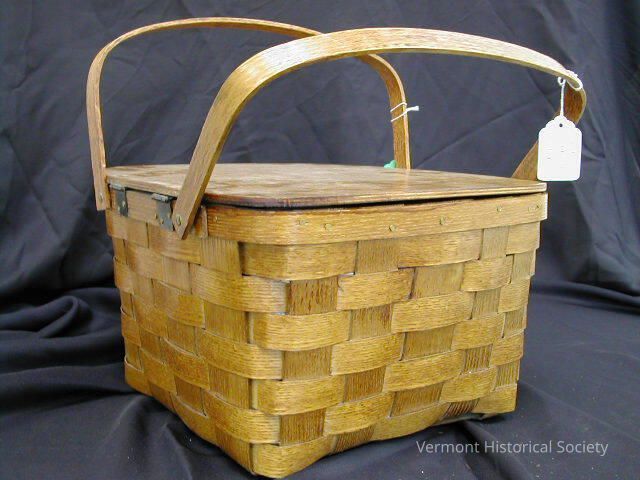
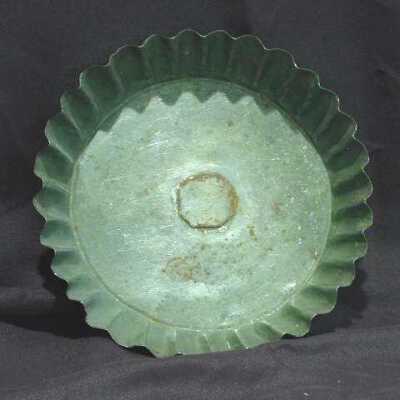
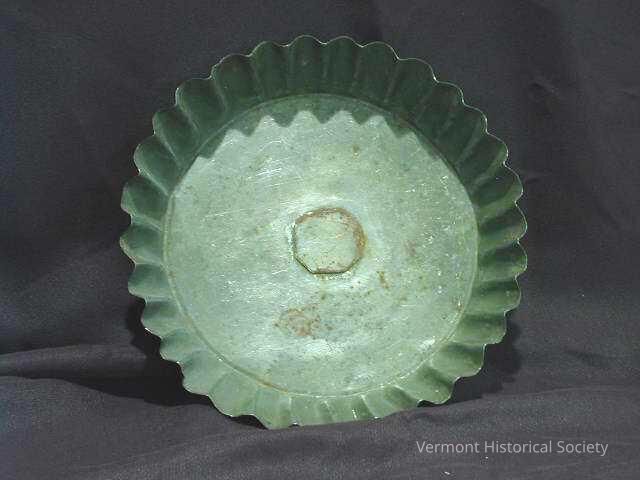
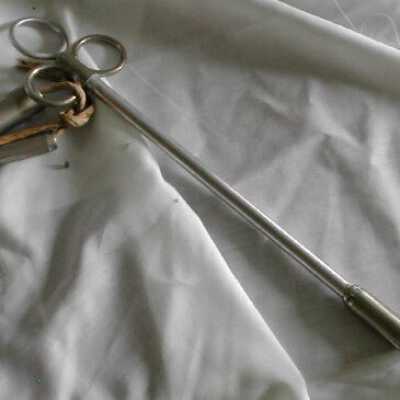
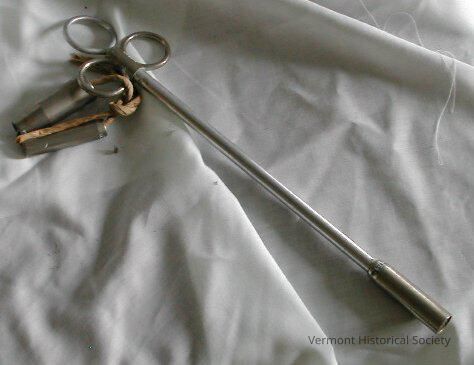
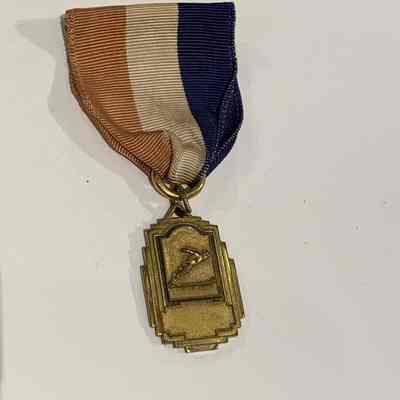
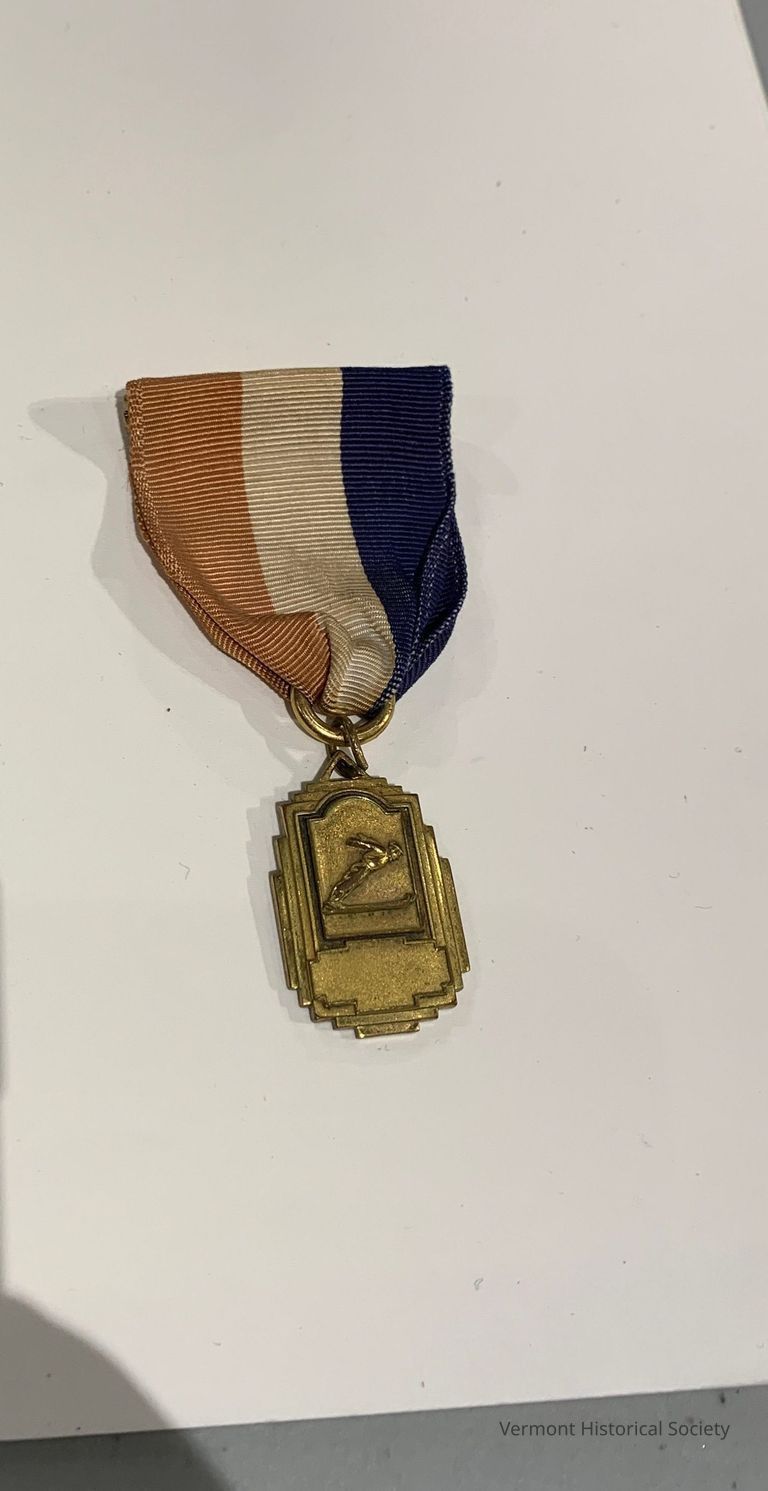
Given to Herbert Holbrook Austine School alumnus class of 1947 who was a class A award winning ski jumper.
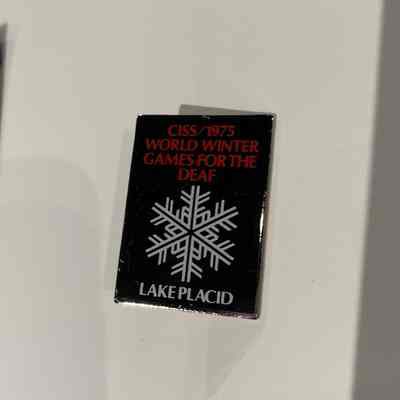
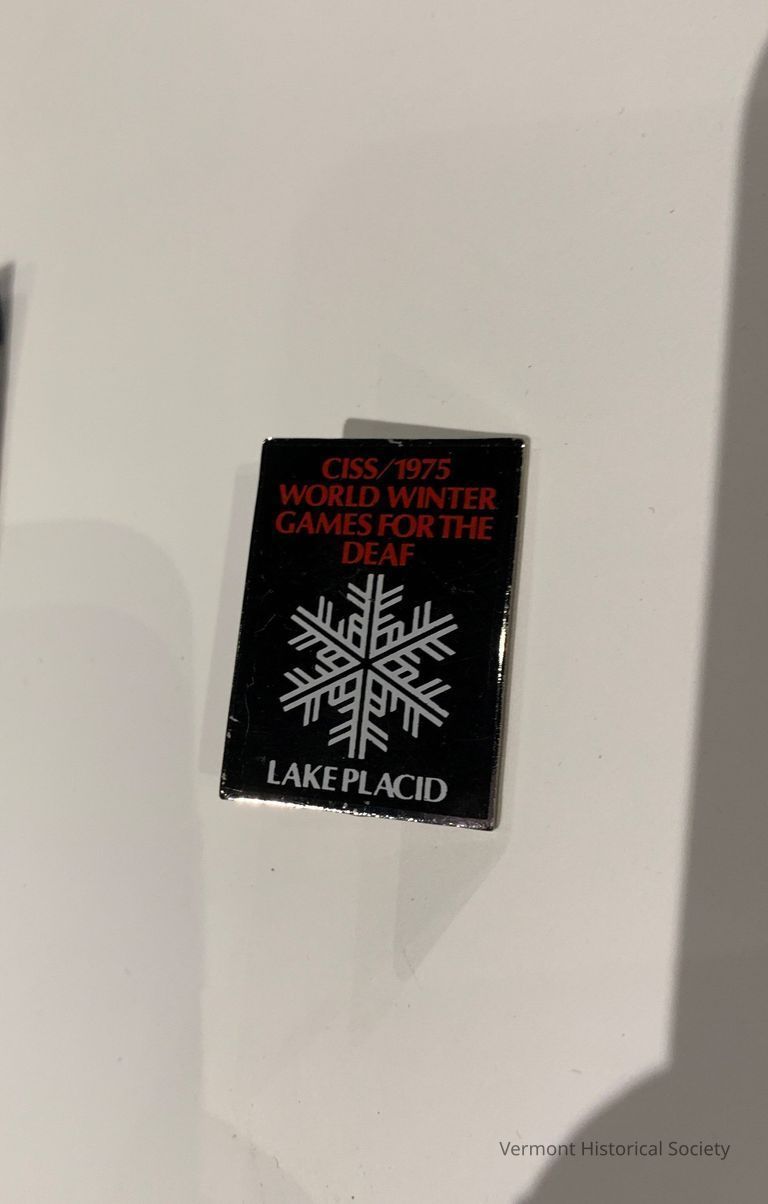
After graduating from Austine, Holbrook was admitted to the AAAD (American Athletic Association for the Deaf) in 1964, when he also made the New York Times News twice that year. He competed in Berchtesgaden (West Germany) in the 60's and in the Meribel Olympics in France in 1979.
- Records of Cross-country Skiing in Olympics-Deaflympics
- Clip of the New York Times-January, 1964
- Clip of New York Times-February, 1964
- Biography of Herbert Holbrook
- History of Comite International des Sports des Silencieux (CISS) 1975
- Clip of New York Times about the Lake Placid Deaflymics Games-February, 1975
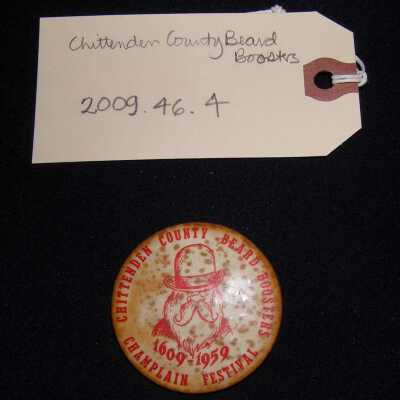
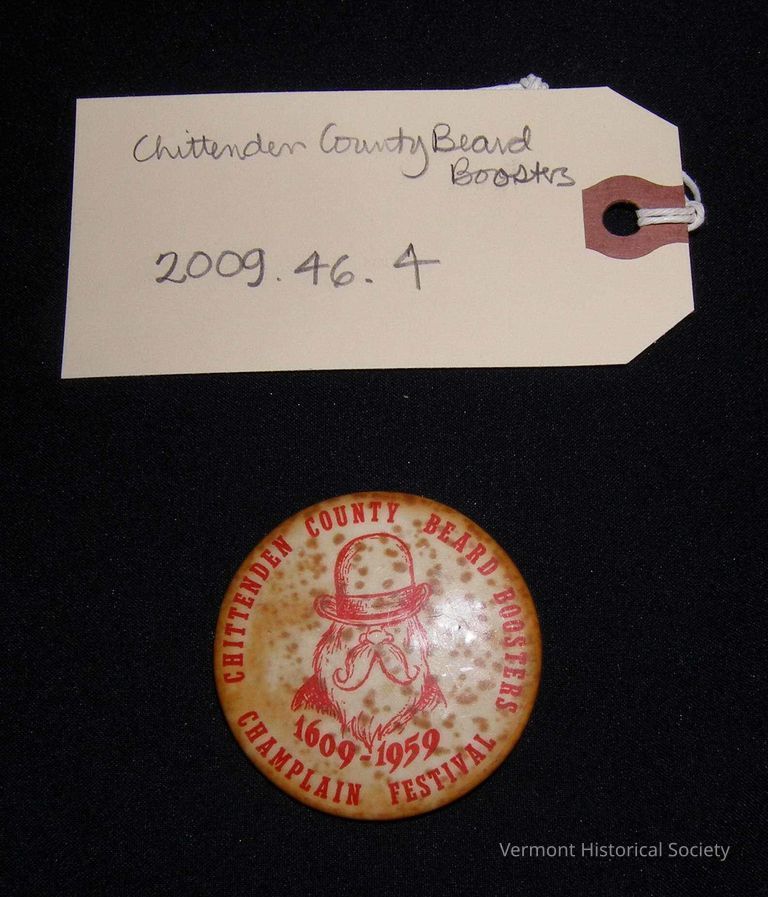
In the center of the pin is a cartoon drawing of a man with a full beard and long moustache wearing a derby hat pulled down over his eyes. Below his beard is '1609 - 1959'. Around the perimeter in red is "CHITTENDEN COUNTY BEARD BOOSTERS / CHAMPLAIN FESTIVAL"
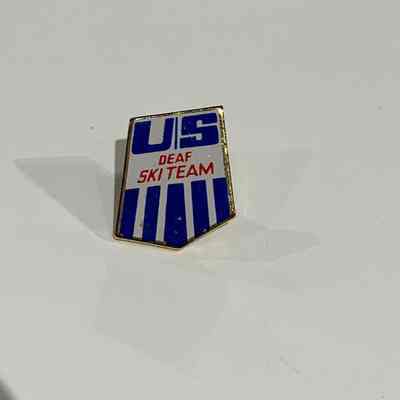
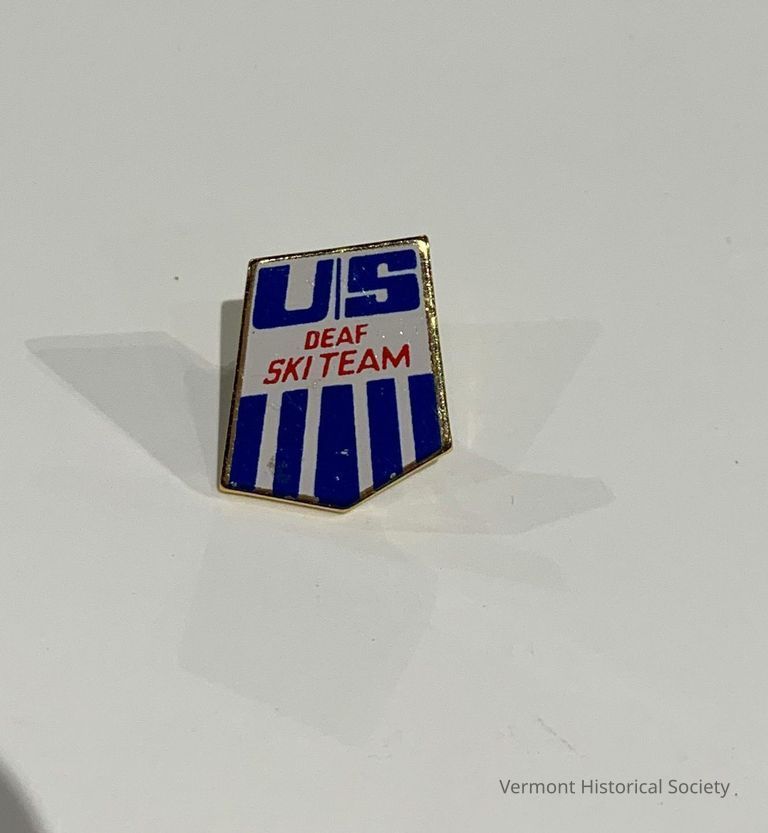
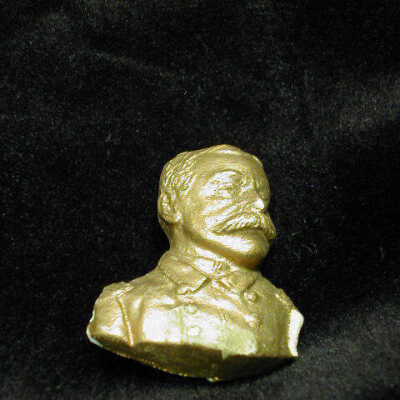
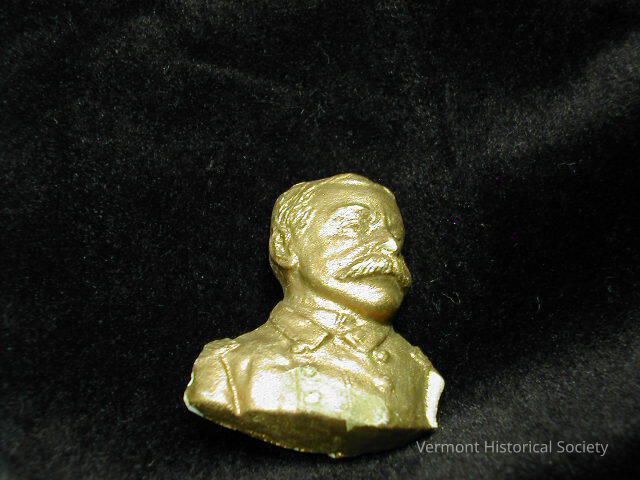
Roosevelt's help was also essential in supplying Dewey with guns, ammunition, and other needed supplies so that his fleet would be prepared if war broke out with Spain. An aggressive commander, Dewey ignored China's neutrality and took on coal for his fleet at Mirs Bay. He was forced to leave Hong Kong on April 25, but not before the U.S.S. Baltimore had arrived from Honolulu with needed ammunition.
Thus prepared for battle, Dewey launched his attack, through mined waters and firing shore batteries, on Admiral Patricio Montojo's slow, outmoded, under-supplied Spanish squadron at Cavite in Manila Bay. On May 1, he engaged the Spanish forces and demolished them, inflicting very heavy casualties. His troops occupied the bay and Manila itself alone until General Wesley Merritt's soldiers arrived in August.
News of the victory in the Battle of Manila Bay reached President McKinley on May 7 and soon Dewey became a national hero."
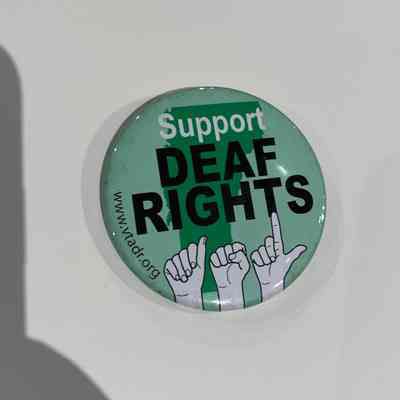
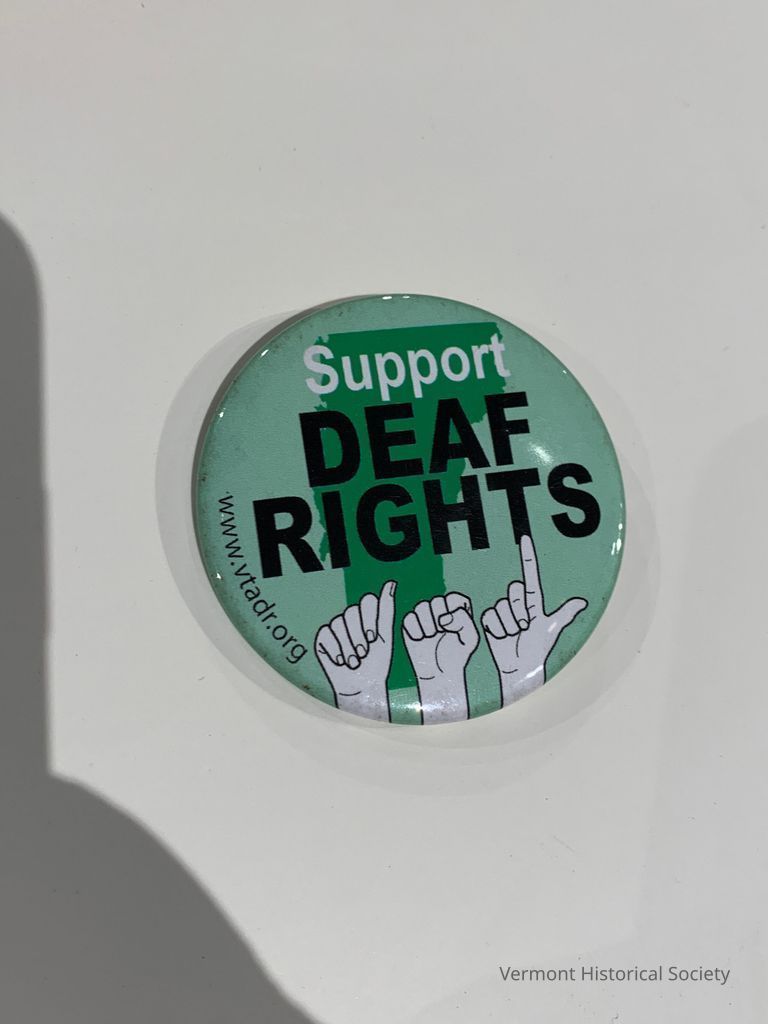
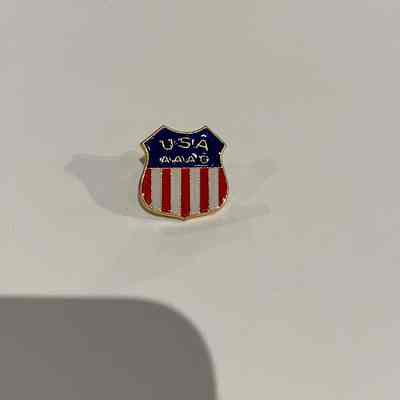
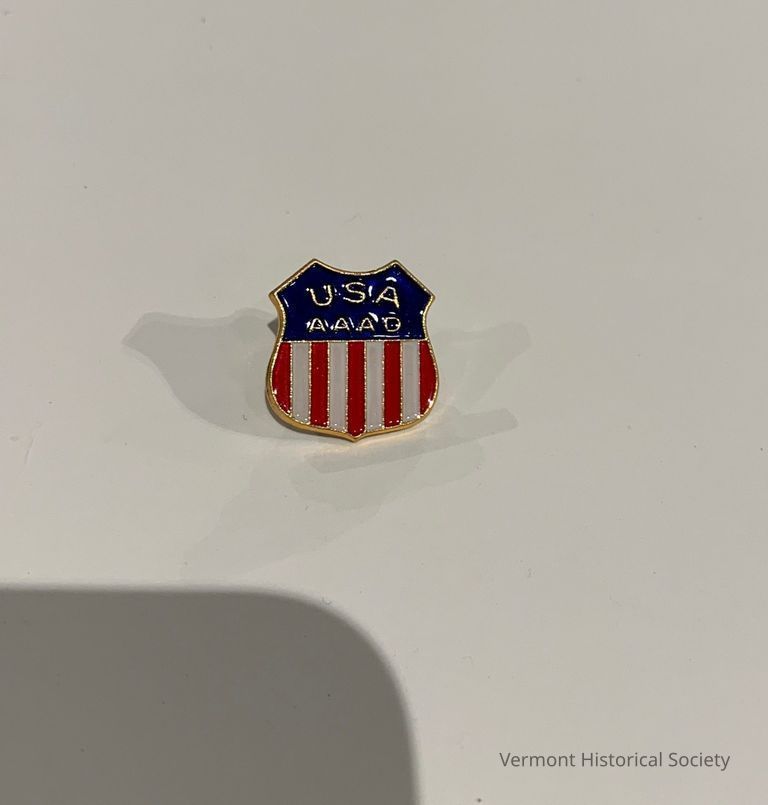
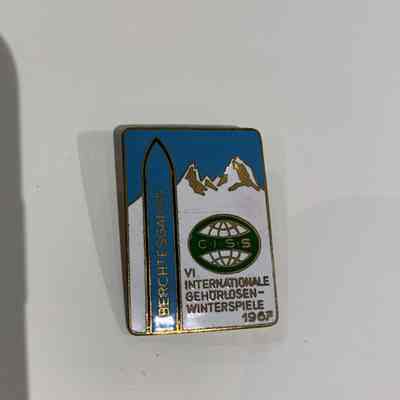
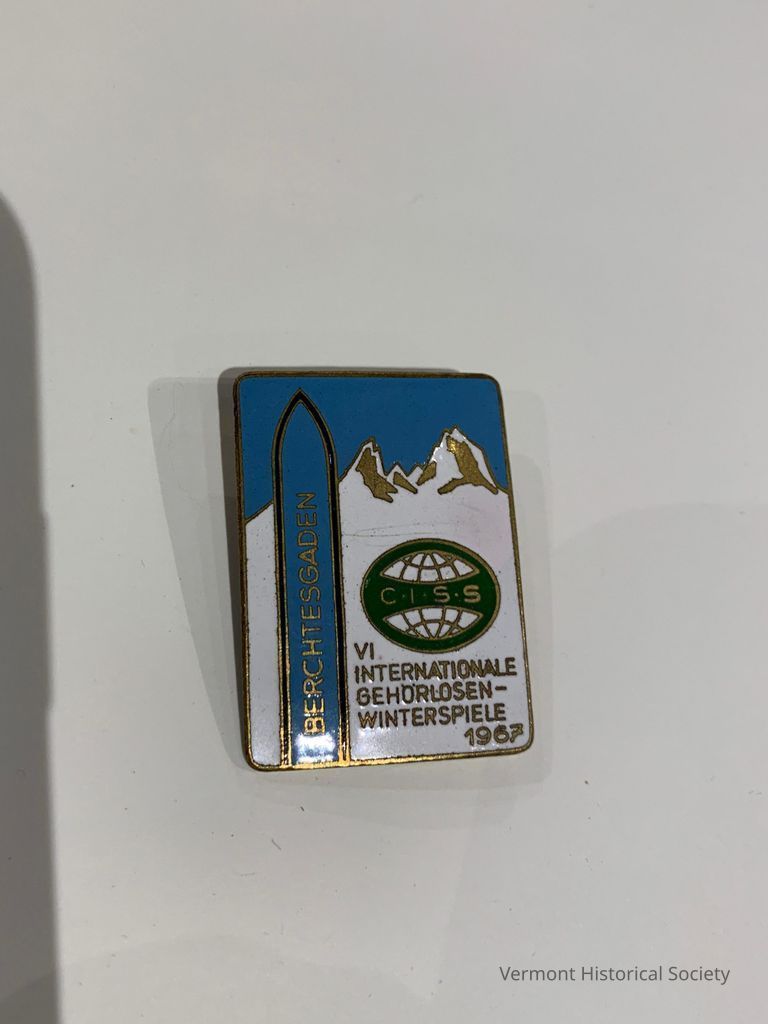
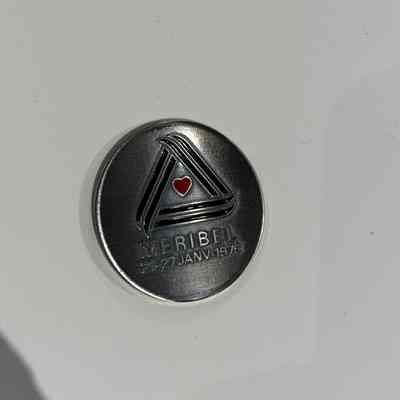
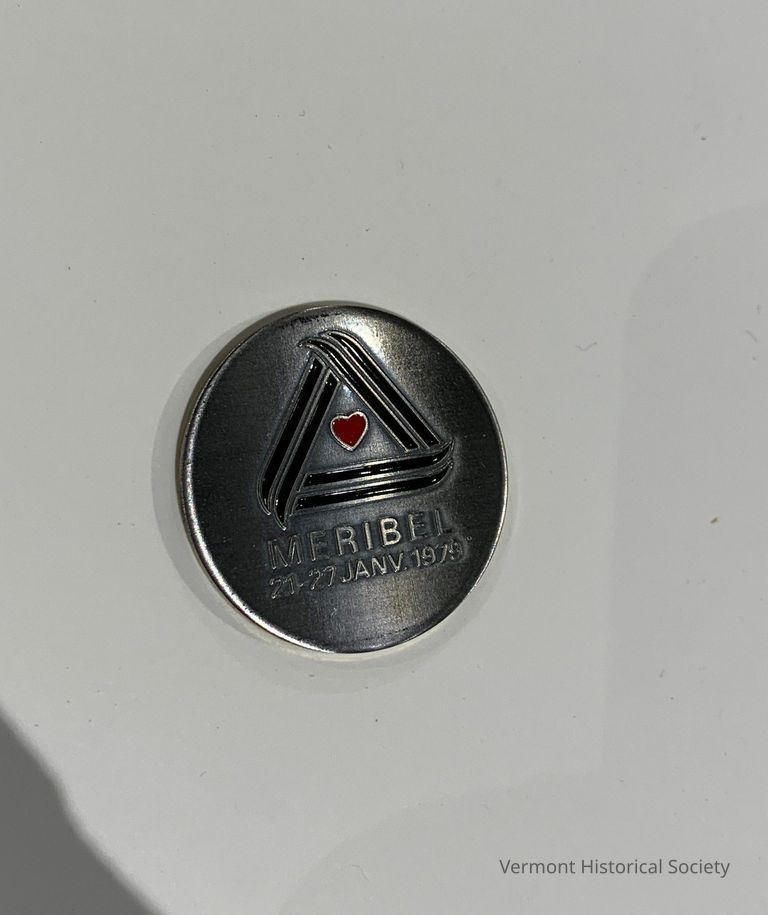
The back of the pin has gold edging and a silver circular inscription that reads, "IXE JEUX MONDIAUX D"HIVER DES SOURDS" [9th Global Winter Games of the Deaf] around the edge. The center features a green enameled circle with a silver globe at the middle that has silver rays emanating from it. Over the globe are the letters, "C.I.S.S." in silver.
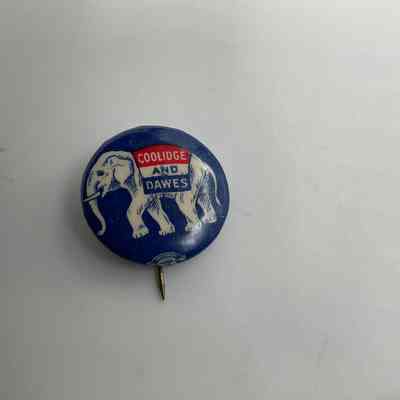
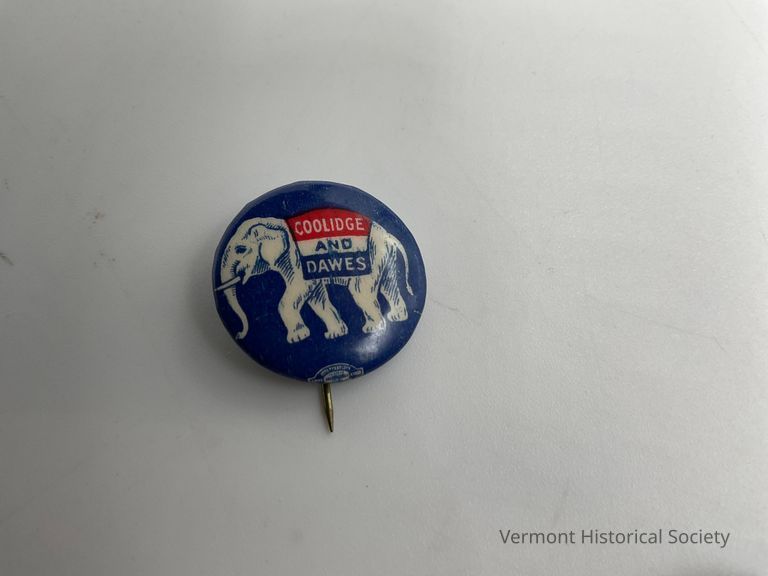
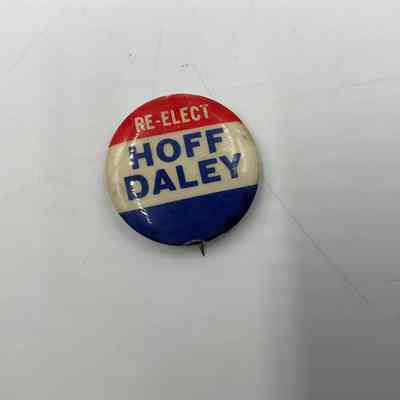
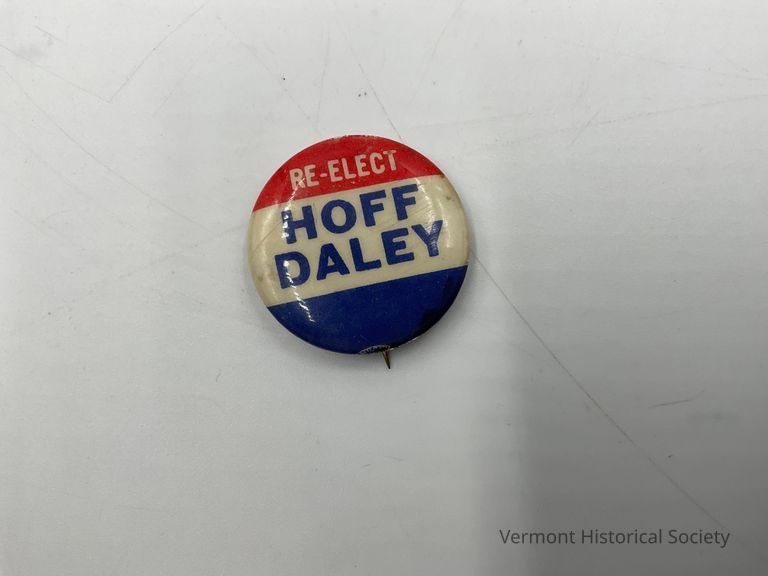
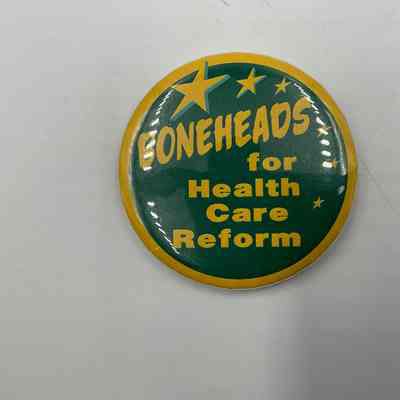
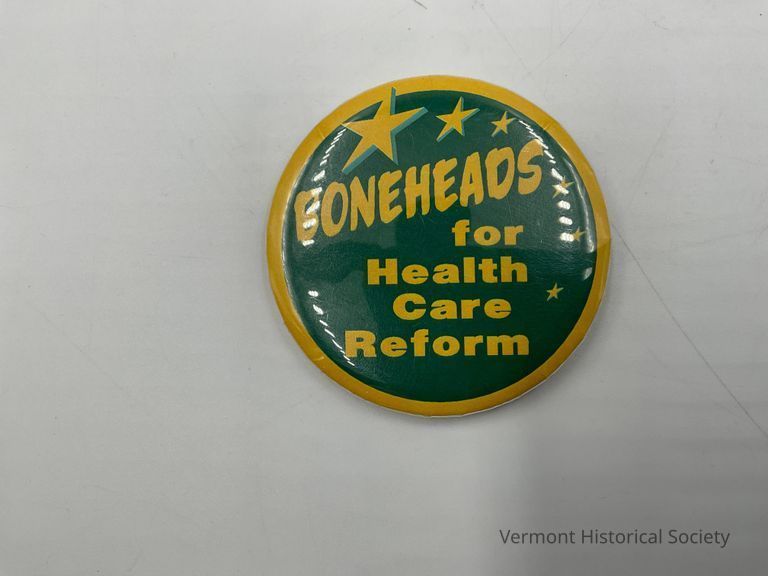
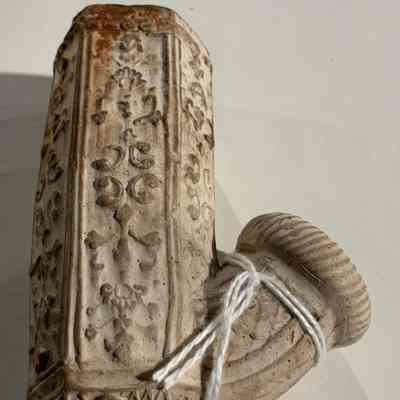
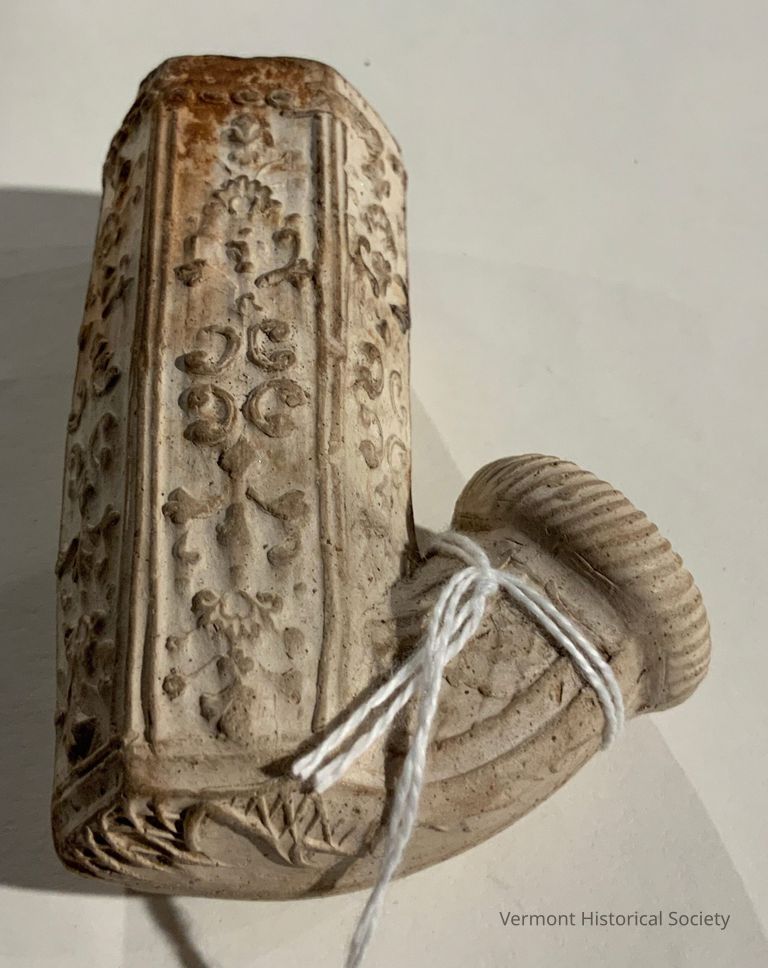
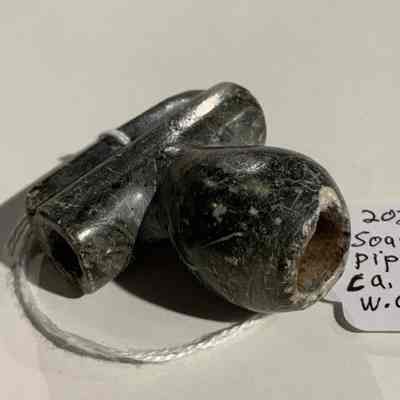
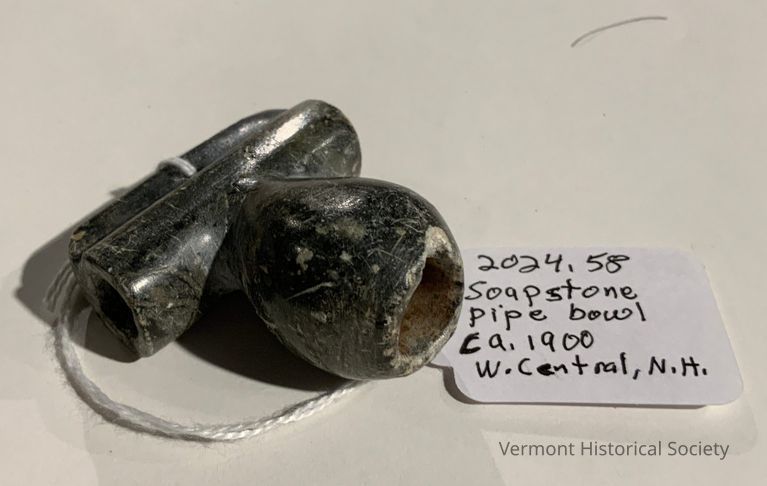
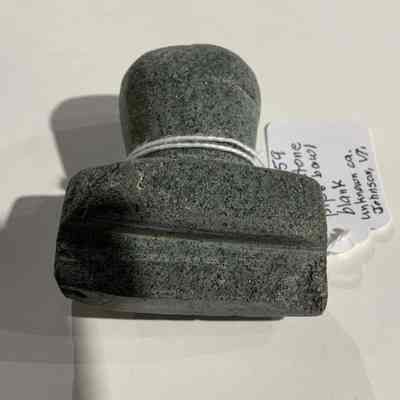
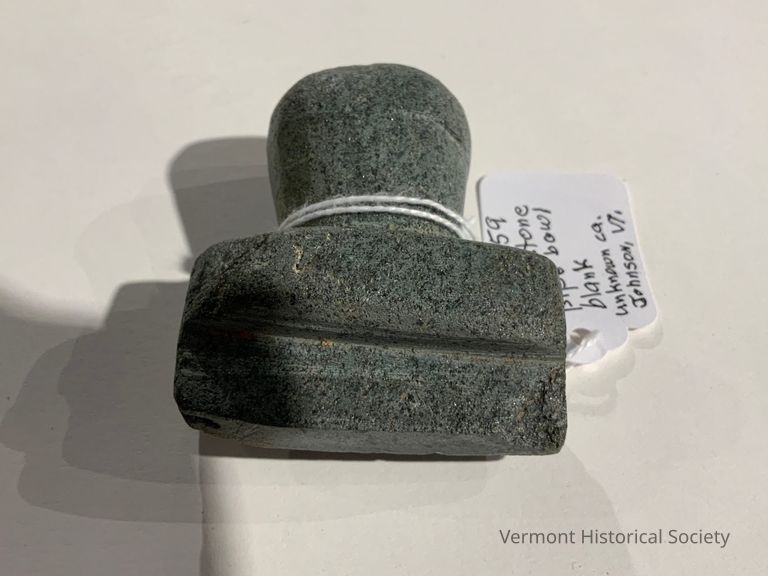
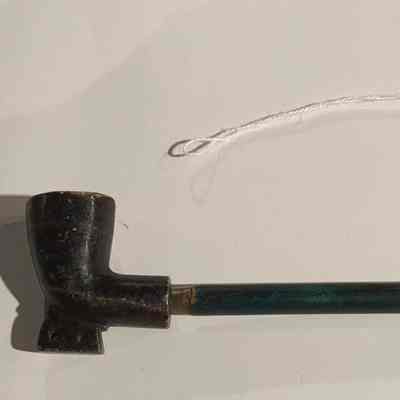
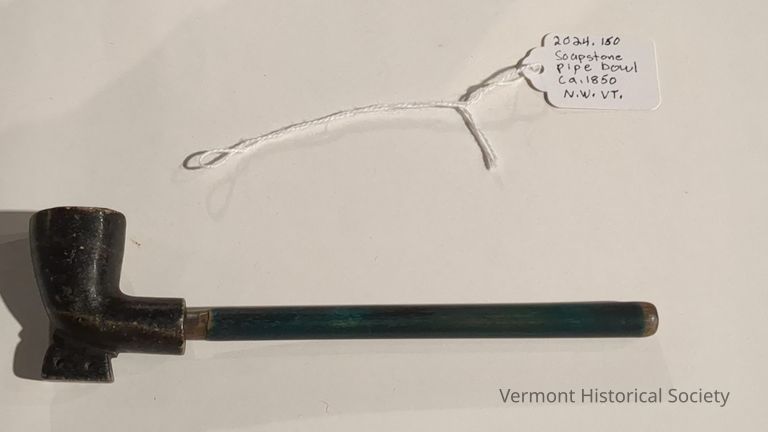

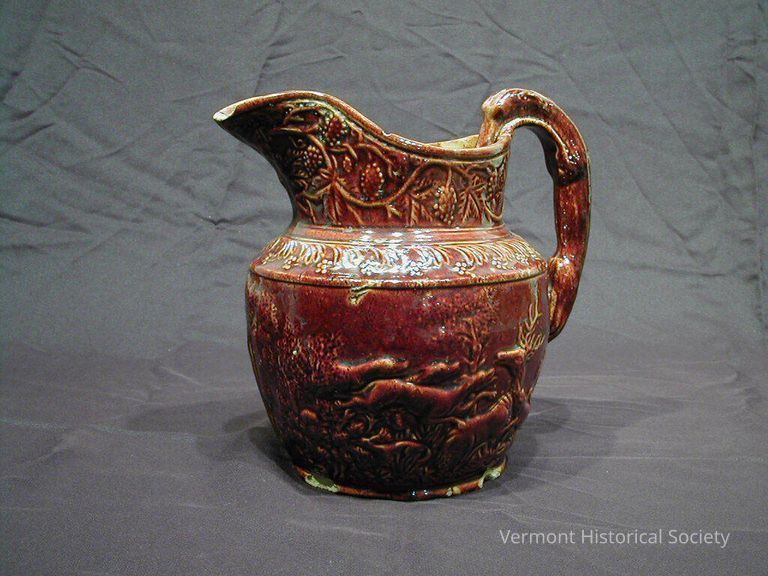
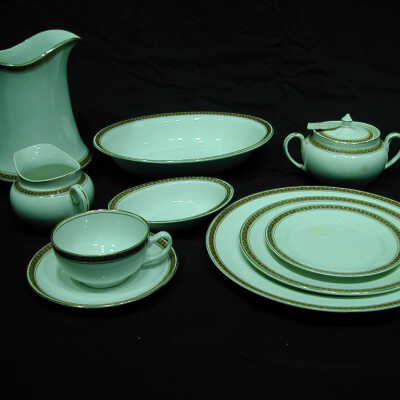
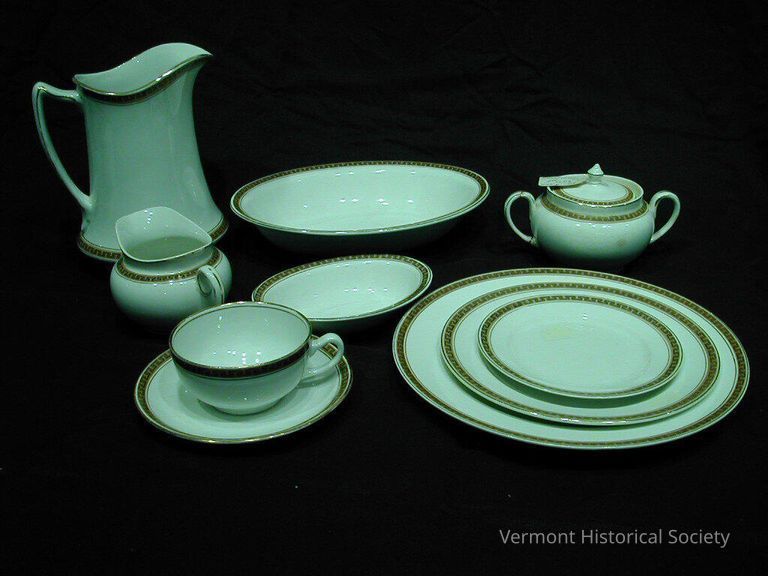

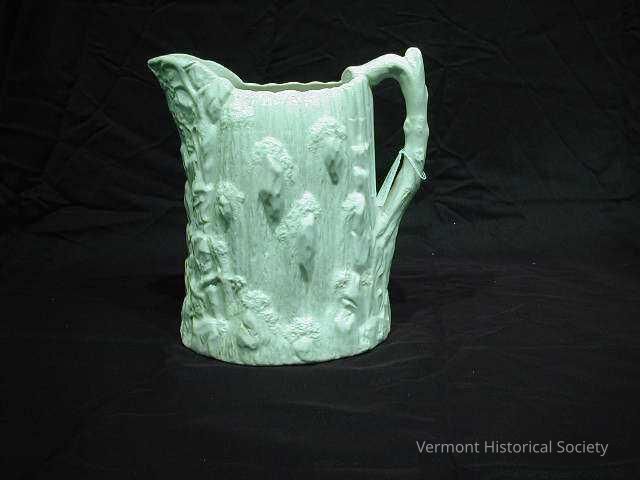
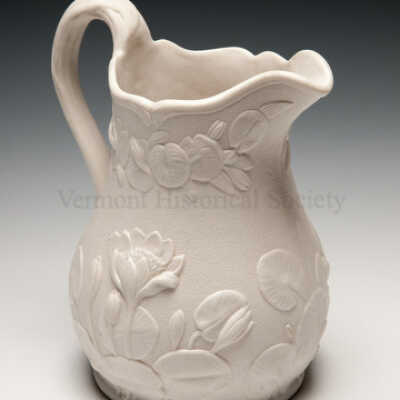
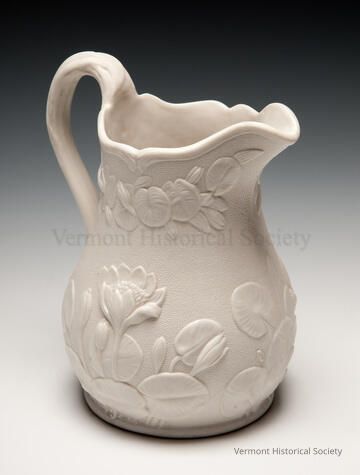

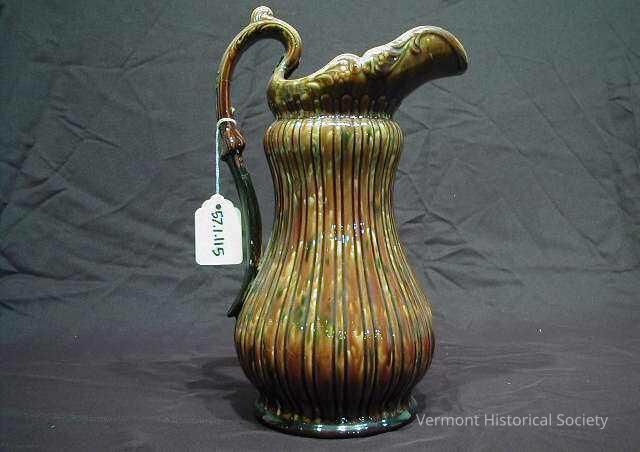
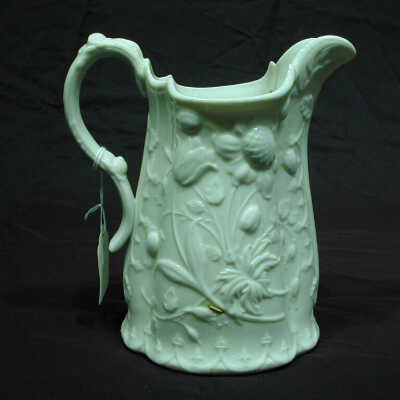
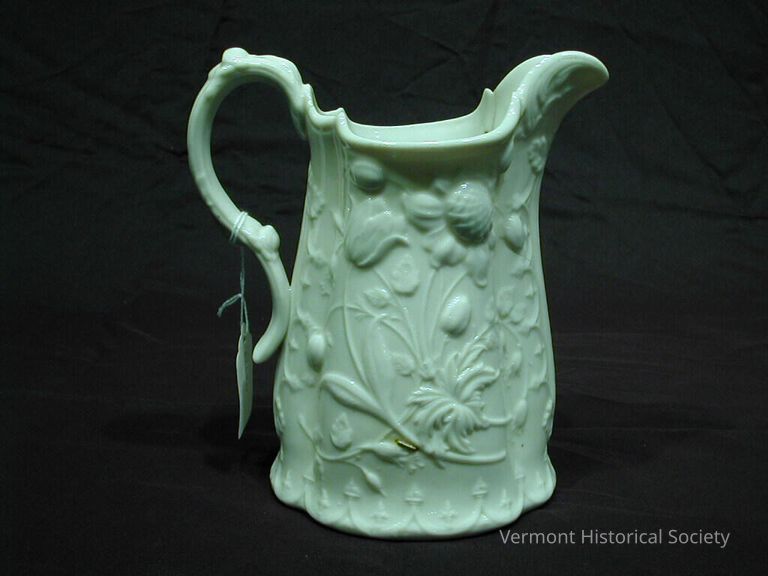
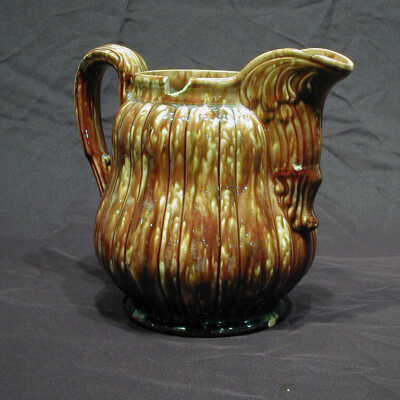
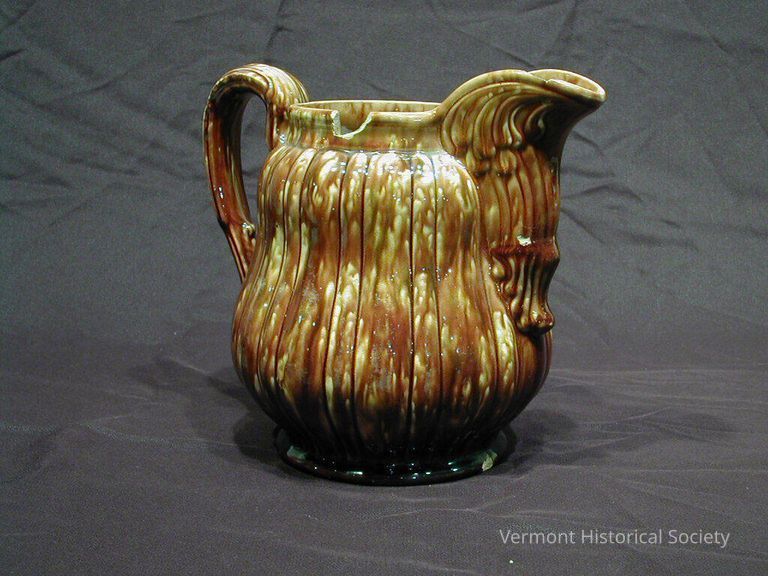

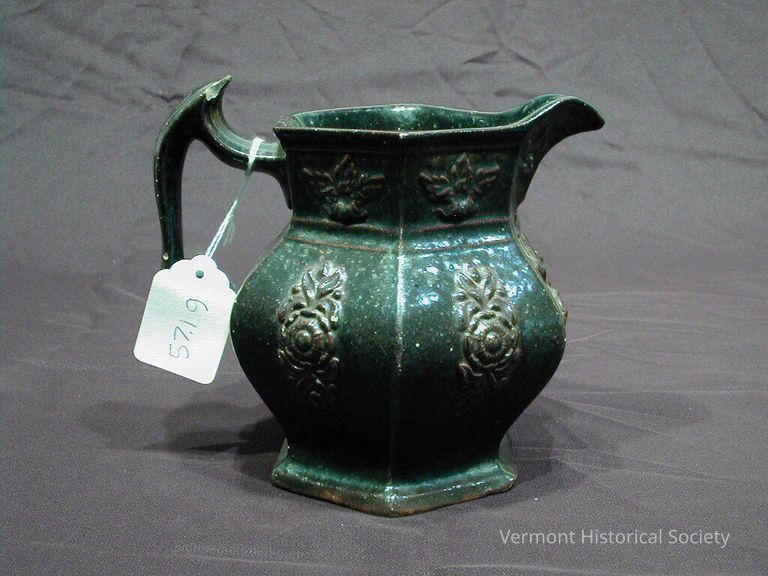

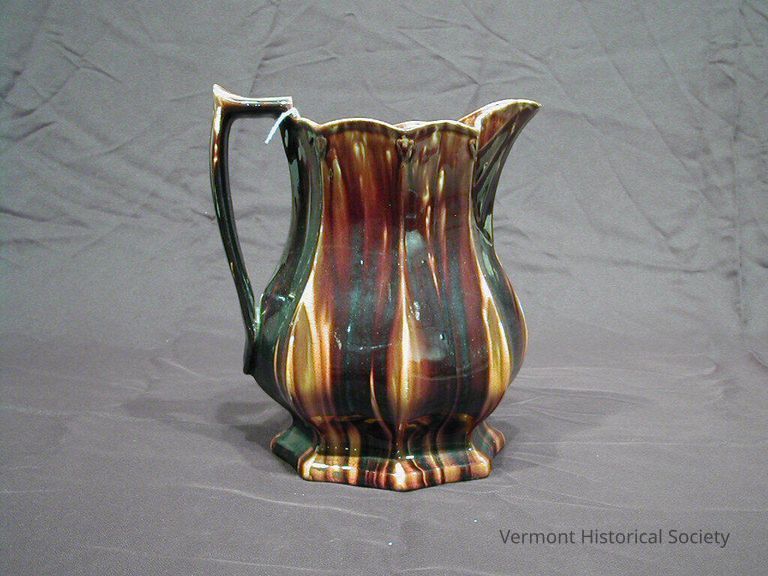
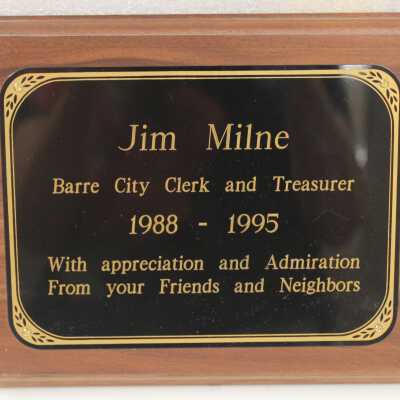
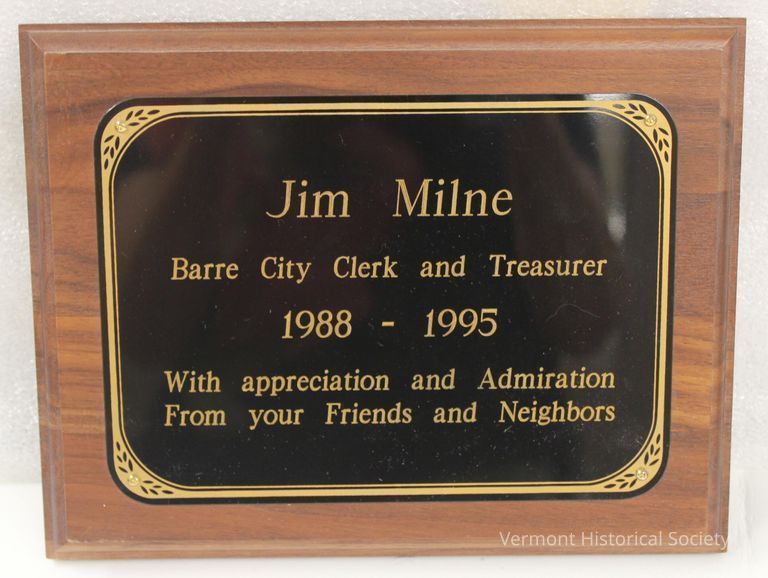
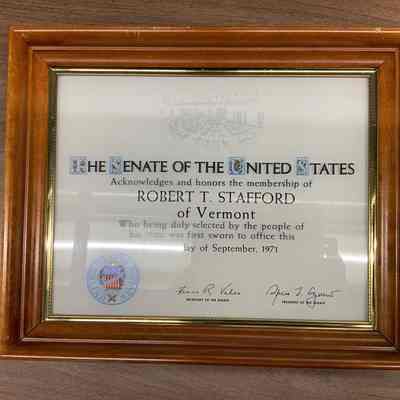
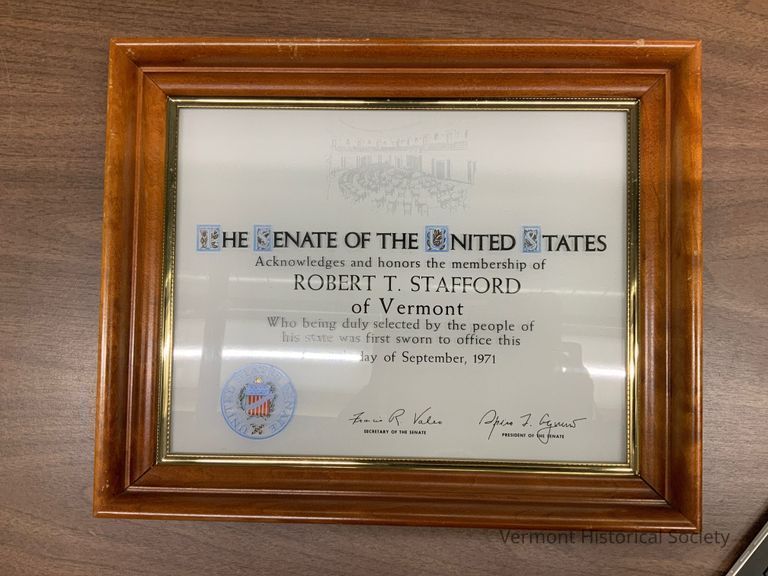
Stafford is best remembered for his staunch environmentalism, his work on higher education, and his support, as an elder statesman, for the 2000 Vermont law legalizing civil unions for same-sex couples.
The Federal Stafford Loan Program for high education is named in his honor.
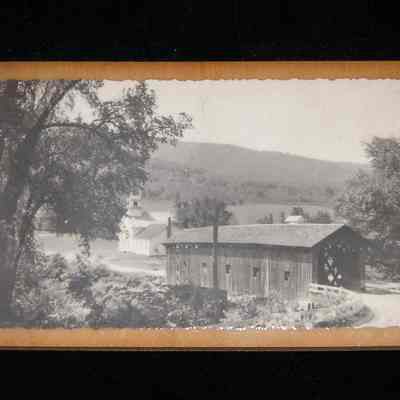
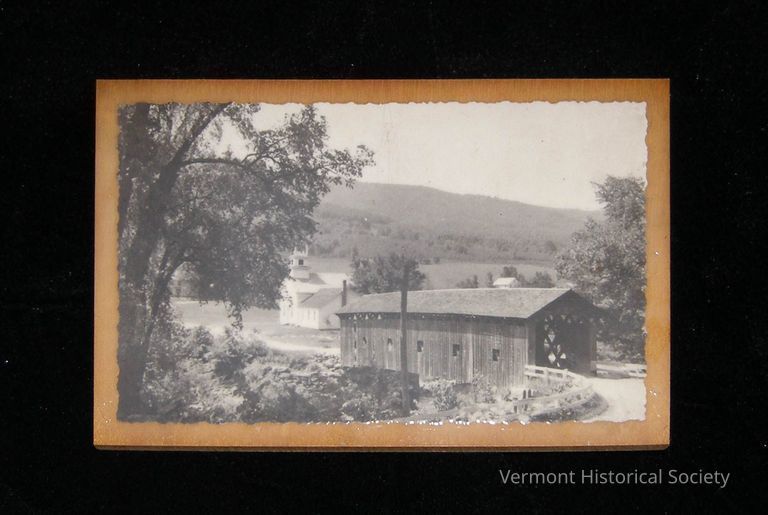
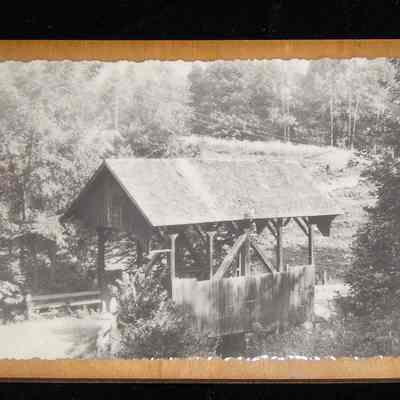
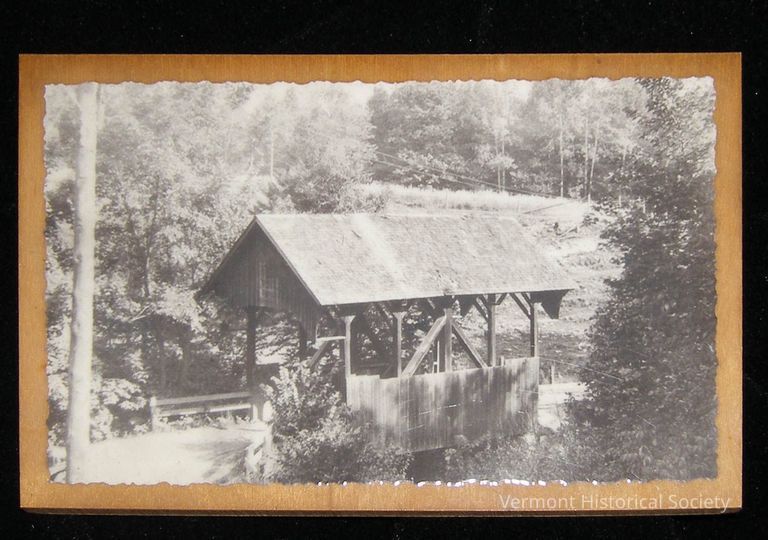
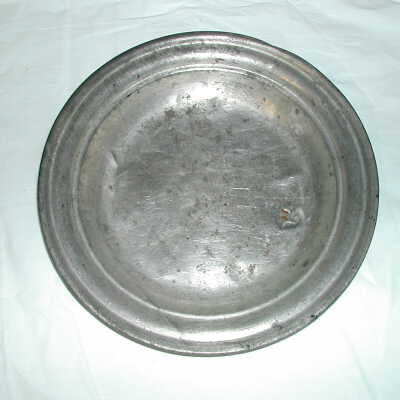
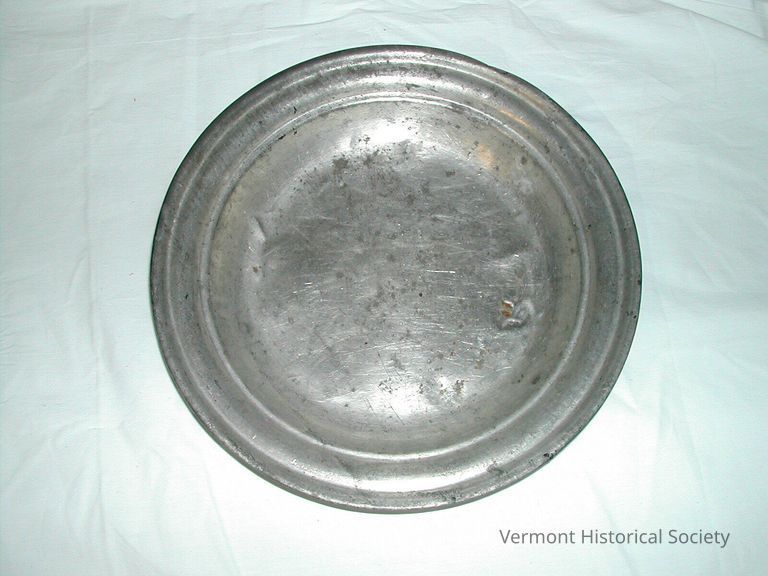
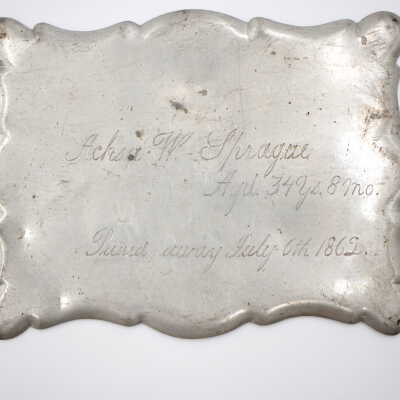
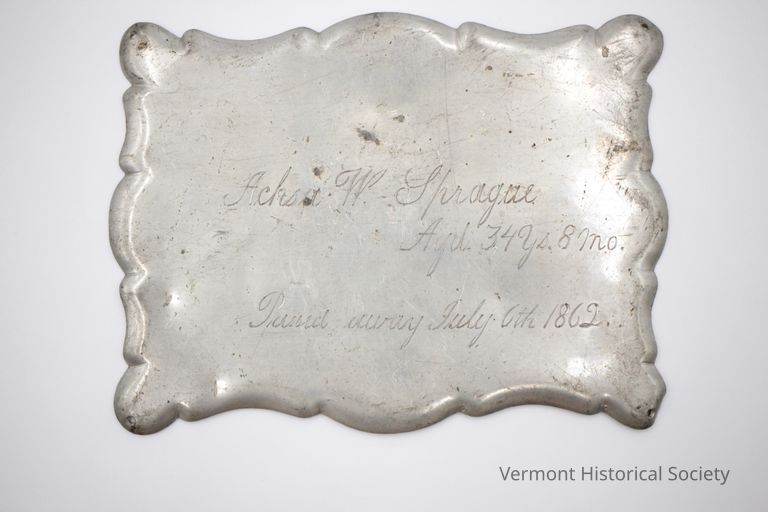
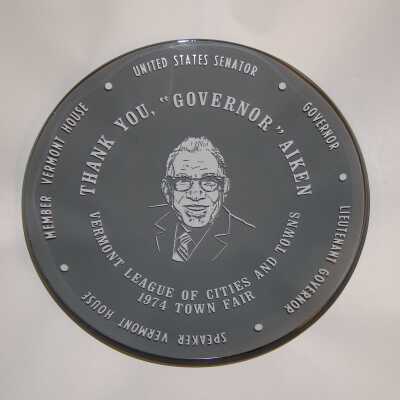
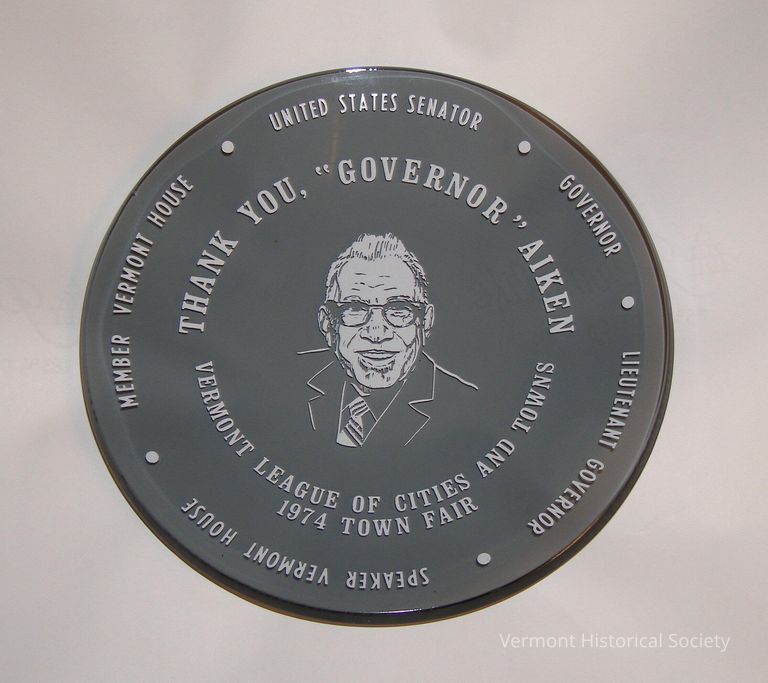
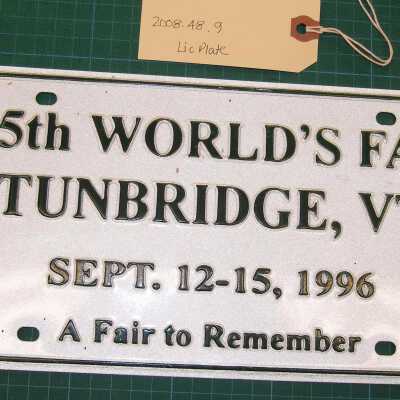
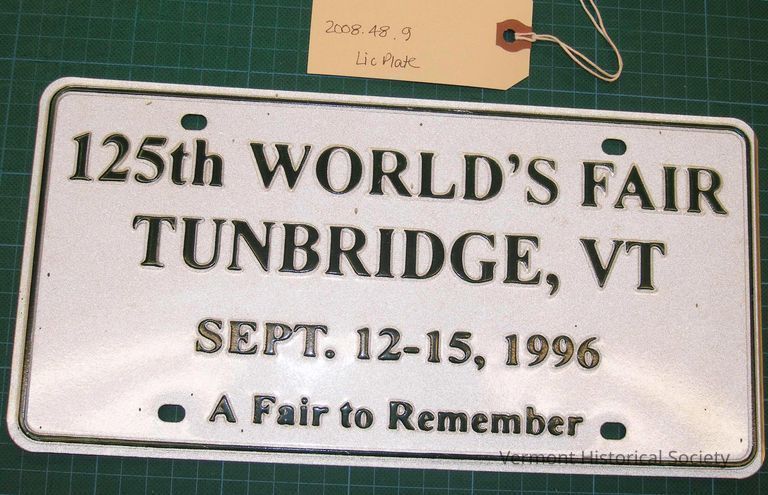
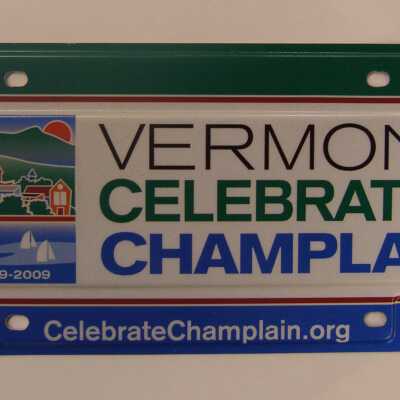
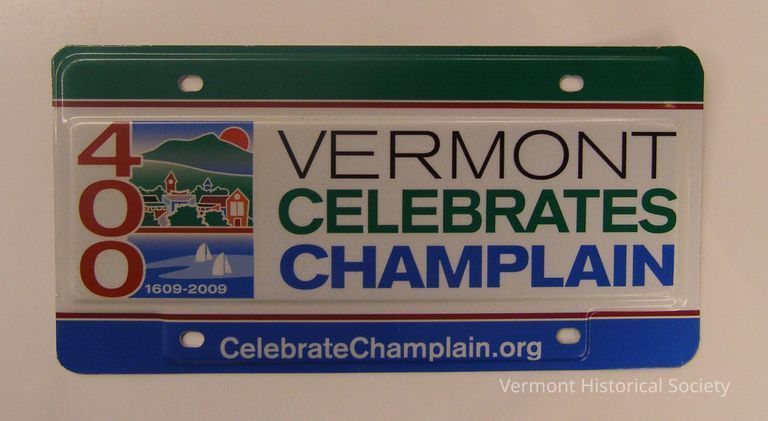
b= Brown paper envelope to be used as a mailer for license plate and registration. In upper left corner is address of Vermont Agency of Transportation along with instructions for removal of plate from envelope, instructions as to inspection stickers, phone number and web site for Department of Motor Vehicles, and in upper right corner, stamped first class postage permit.
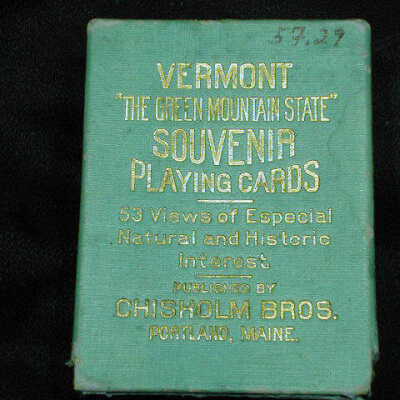
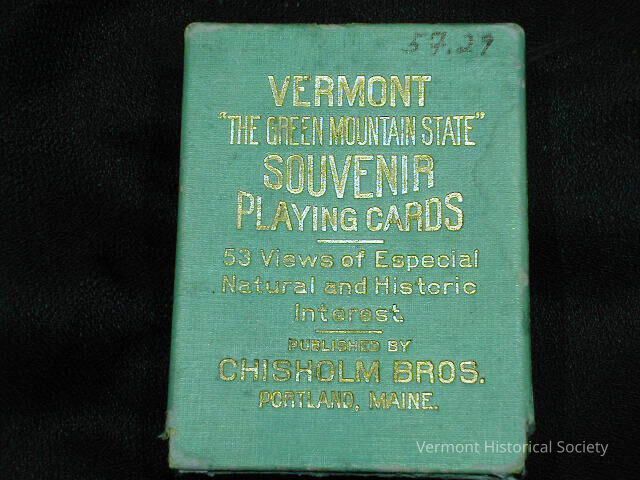
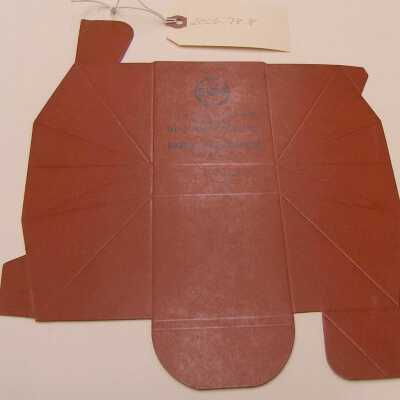
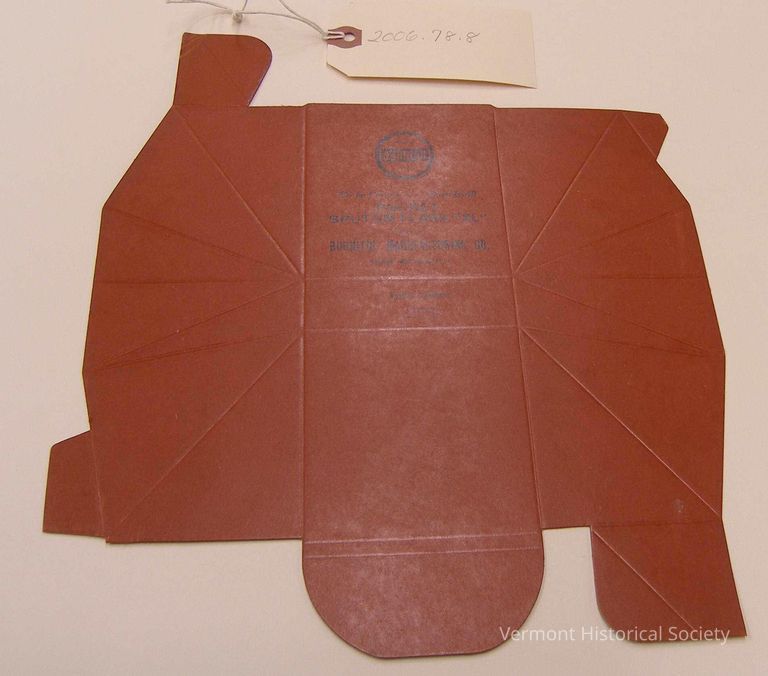

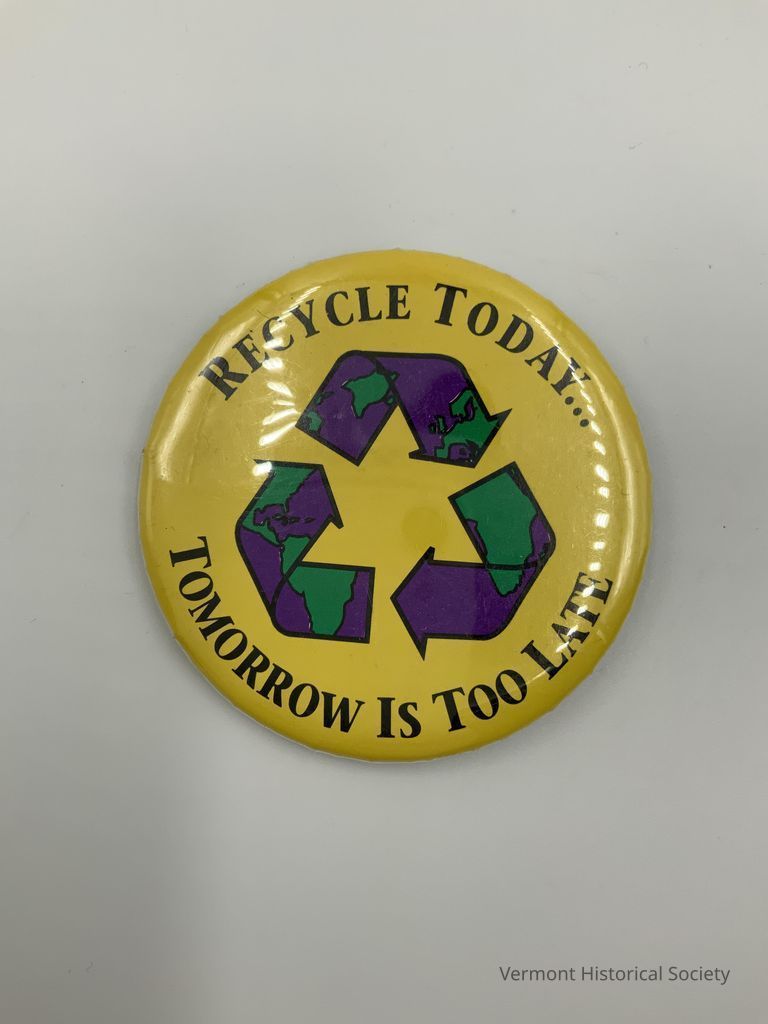
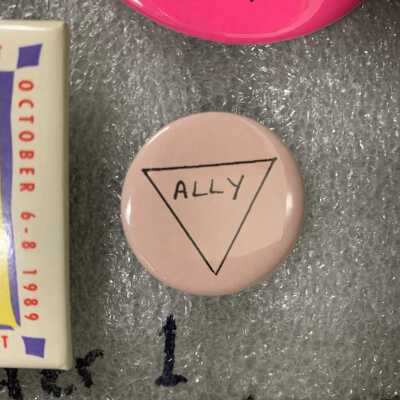
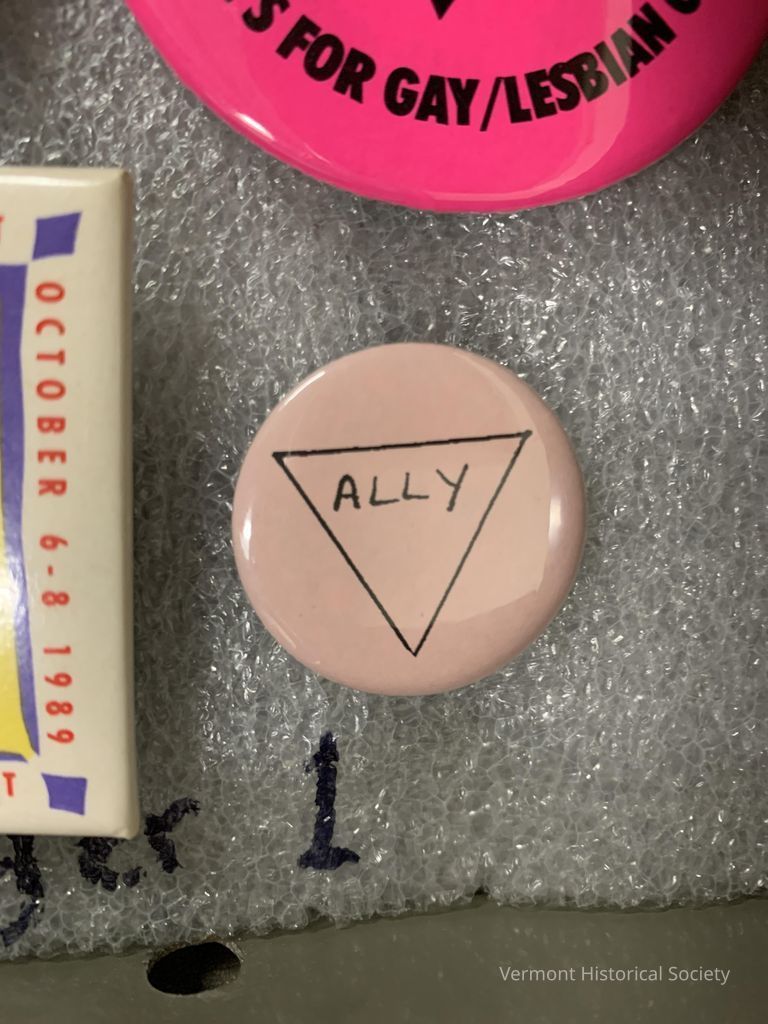
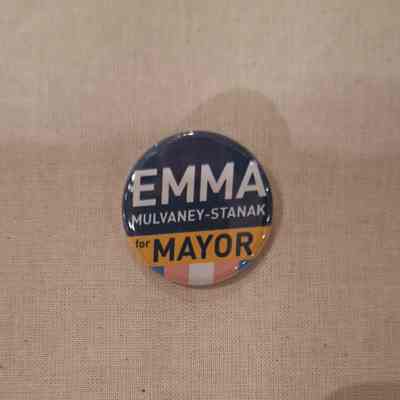
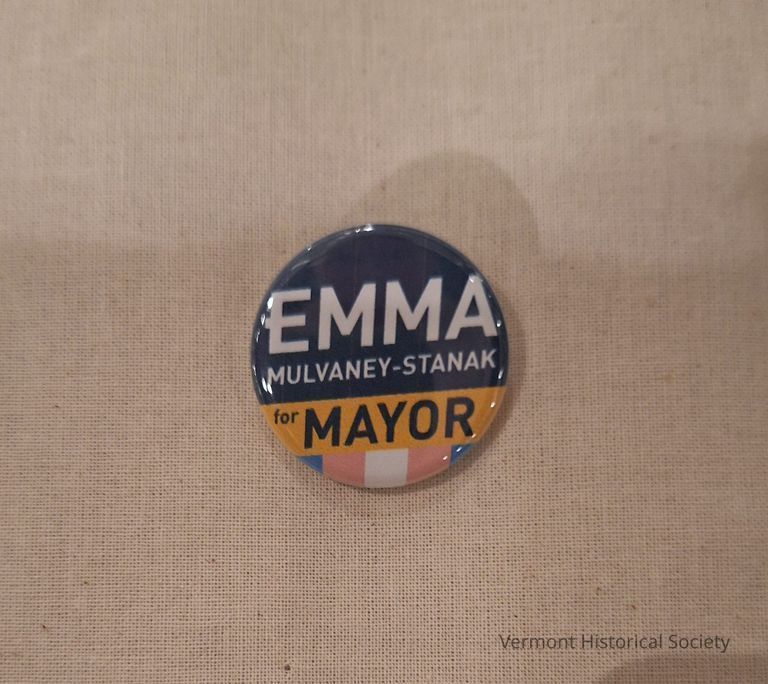
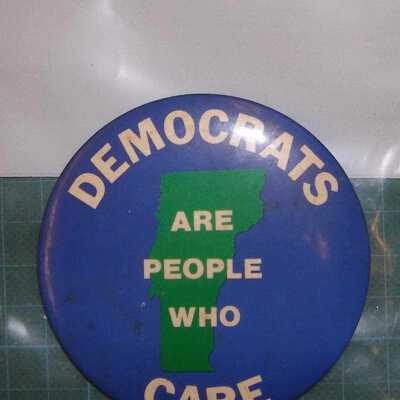
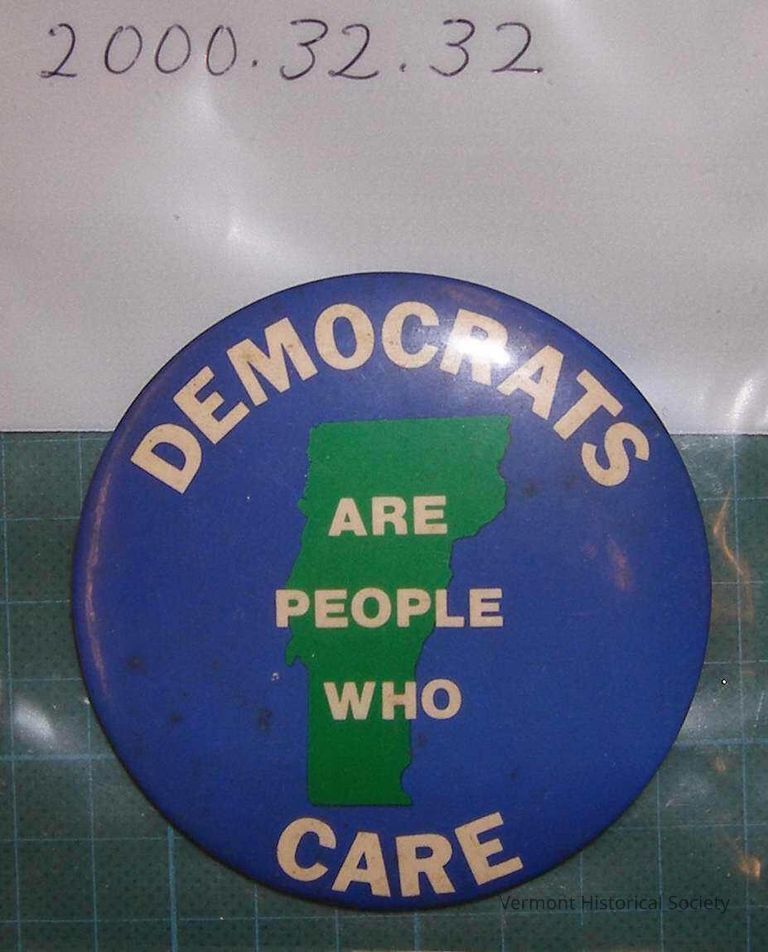
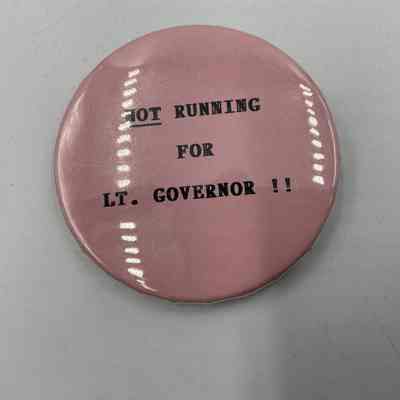
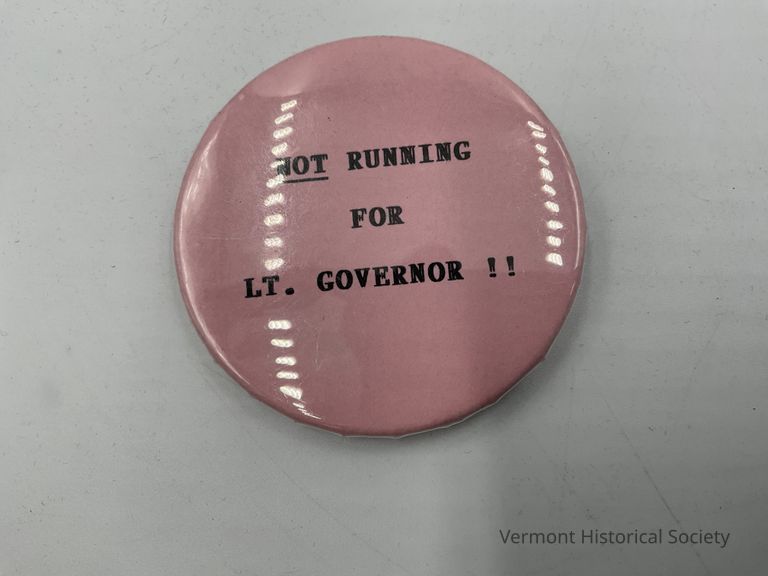
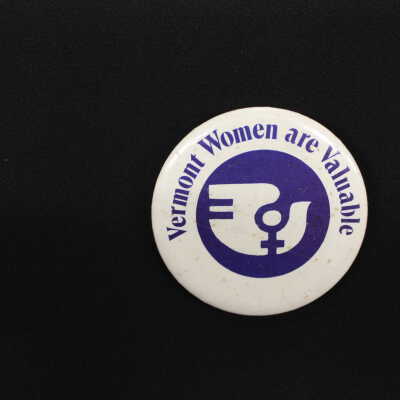
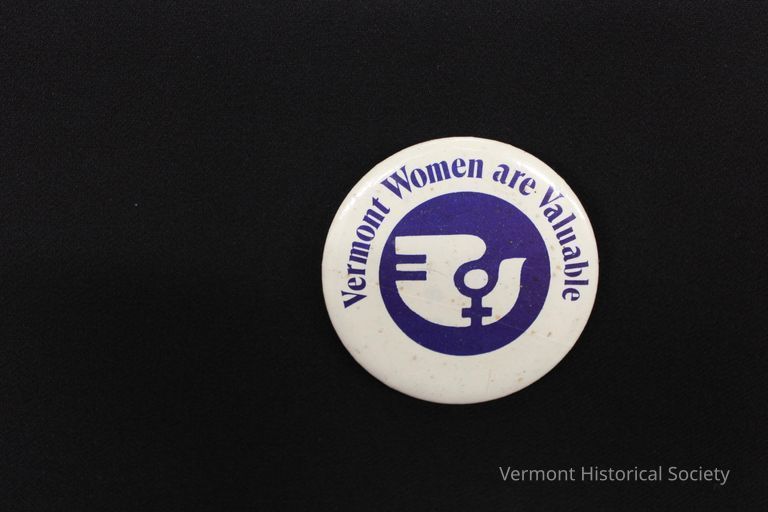

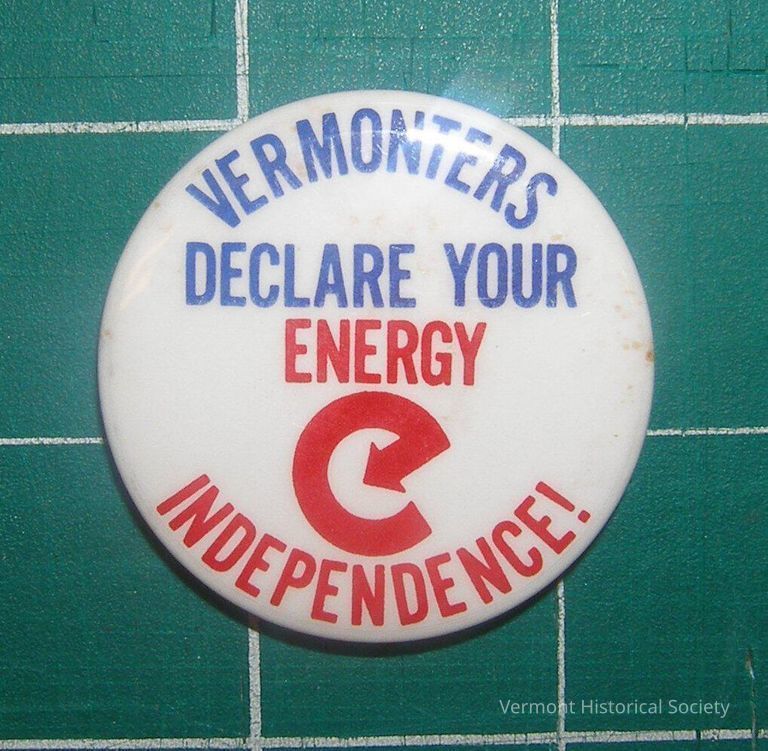
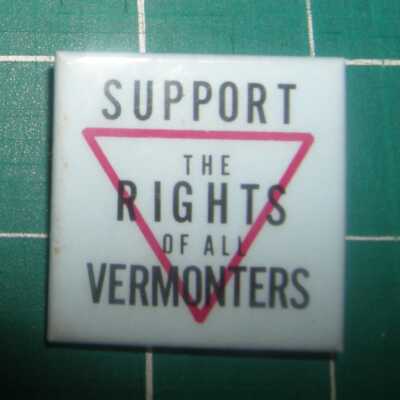
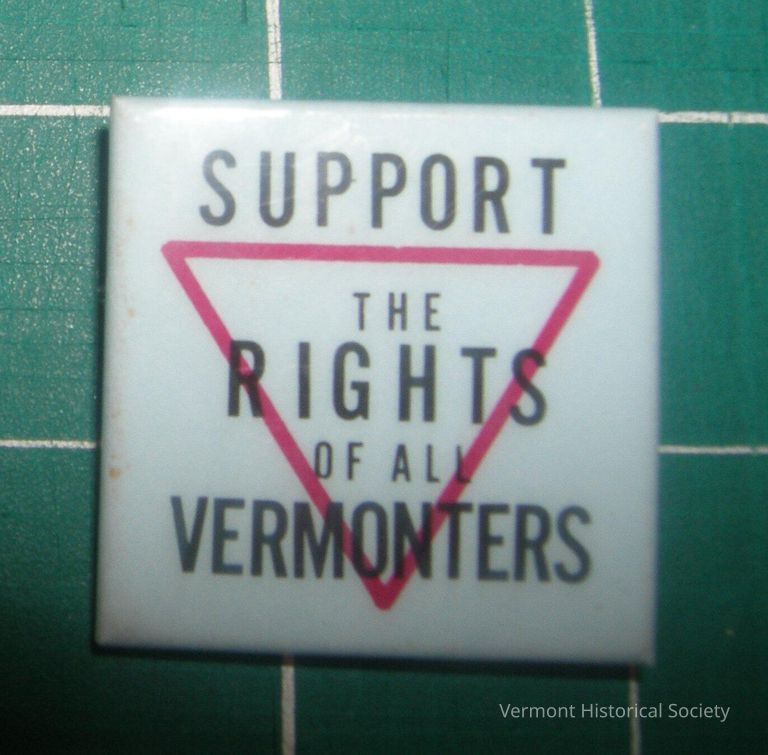
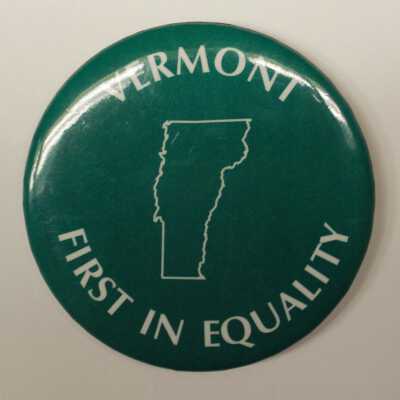
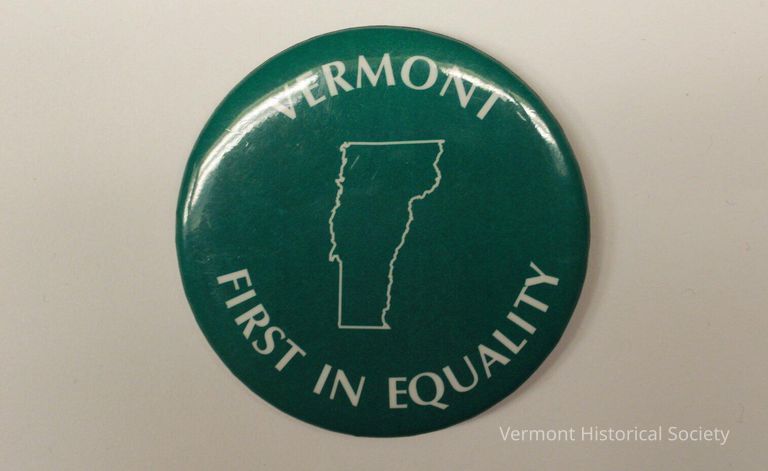
Designed by Rev. (Ms) Lee Crawford, rector at St. Mary's Church, Northfield, VT. and handed out at the 2000 Episcopal Diocesan Convention to celebrate the Civil Union Bill.


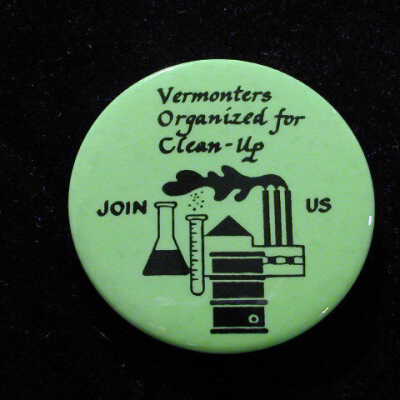
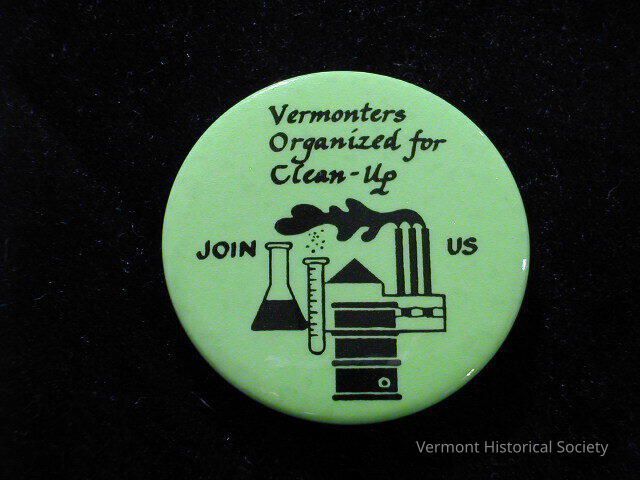

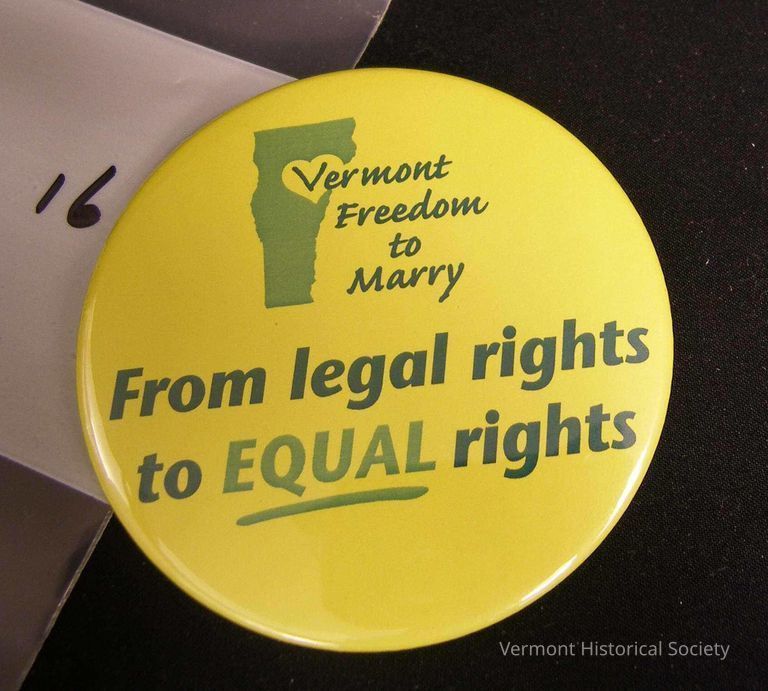
Source for history below as of 3/24/2021 (https://www.google.com/search?client=firefox-b-1-d&q=Freedom+to+Marry+vermont )
"The Vermont Freedom to Marry Task Force formed in 1996 with the mission of achieving civil marriage equality in Vermont. At the time, marriage equality did not exist in any nation in the world, and the concept of same-sex couples having the freedom to marry was foreign to many.
In the 20 years between VFMTF’s formation and the momentous U.S. Supreme Court decision that led to nationwide marriage equality, Vermont milestones marked the progress of the marriage-equality movement. Those milestones include the landmark 1999 Vermont Supreme Court Baker v. Vermont ruling, which found that same-sex couples in the state were entitled to the same benefits and protections as opposite-sex couples; the 2000 civil union legislation that was the first of its kind in the U.S.; and the 2009 override of Governor Douglas’s veto of the marriage bill, making Vermont the first state to successfully enact marriage equality via the legislative process."

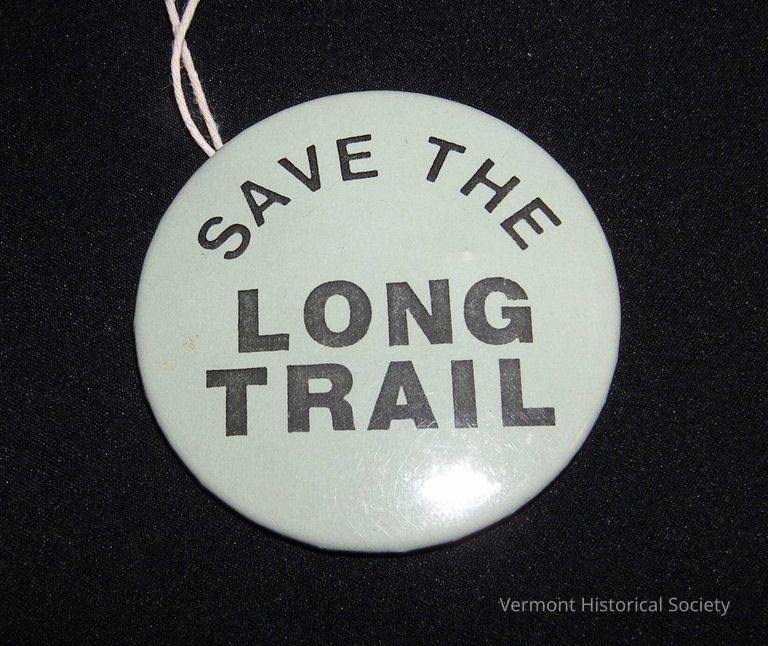
explains the ongoing efforts to protect the trail from one end of the state to the other.
"Since the 1980s, the Green Mountain Club has sought to secure a permanent route for the Long Trail. While in the early years, the club could rely on simple handshake agreements with landowners, a few threats of trail closure and development near the trail inspired the club to kick off its Long Trail Protection Campaign.
The Long Trail Protection Campaign has resulted in the conservation of more than 25,000 acres of Vermont forest land through which the Long Trail and its side trails cross. The club has protected more than 78 miles of the Long Trail and continues to strive to conserve the remaining 6.5 miles of the trail (Note: much of the trail was conserved before this campaign thanks to the national forest and state lands). With only a few miles left unprotected, the club continues to work with willing landowners to provide the public with long term certainty that the trail will never close.
The club’s Long Trail Protection Campaign has always relied exclusively on willing landowner sales and easements. The club has partnered with the state of Vermont to transfer many of the lands it has conserved into the state forest system."


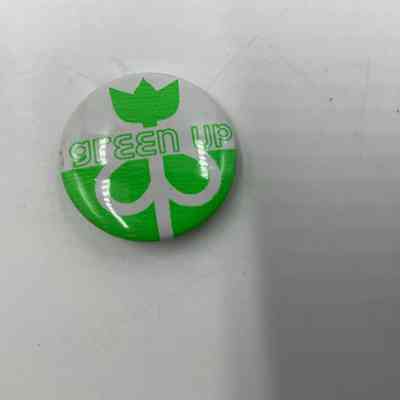
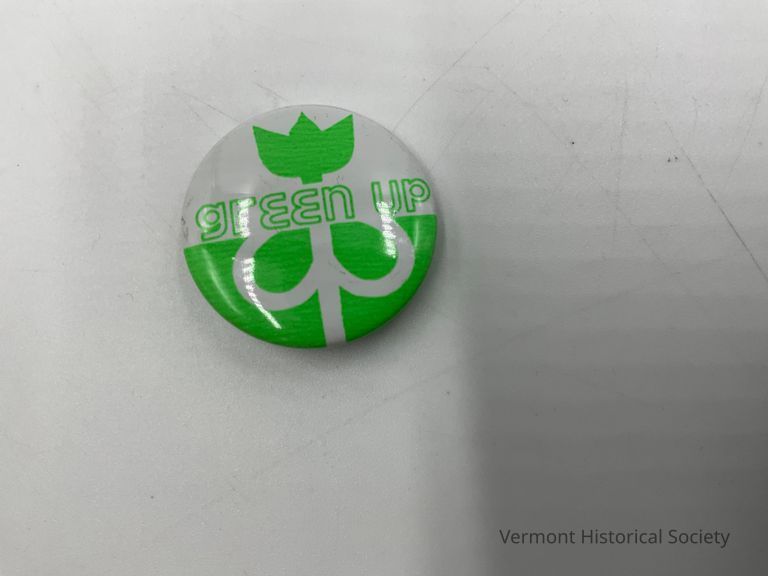
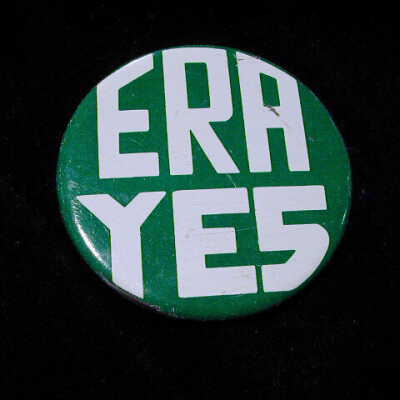
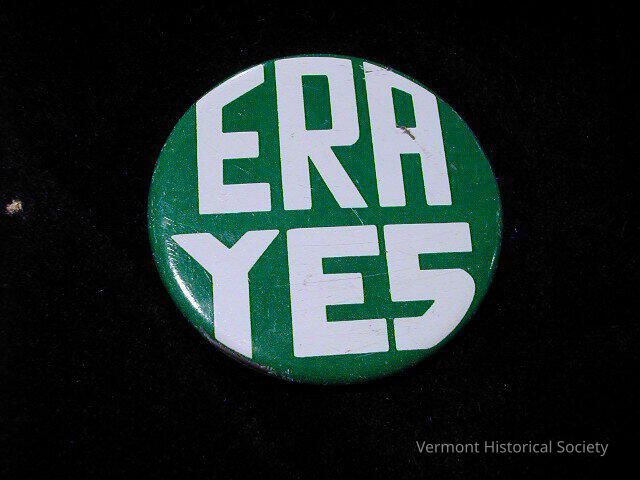
" Vermonters have defeated an equal rights amendment to the state Constitution by a narrow margin, according to unofficial returns. With 88 percent of the precincts reporting today, 49 percent of the voters cast ballots in favor of the amendment, while 51 percent voted against the ERA. Sixteen states have ERAs in their constitution. The amendment read: ?Equality of rights under the law shall not be denied or abridged by the State of Vermont or any of its political subdivisions on account of the sex of the individual.?
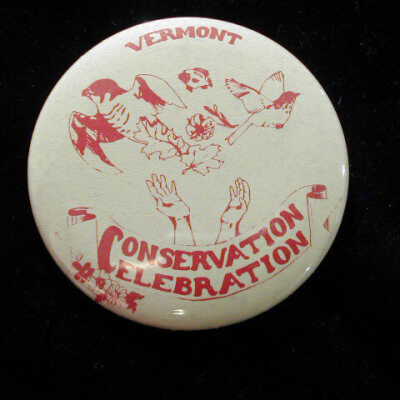
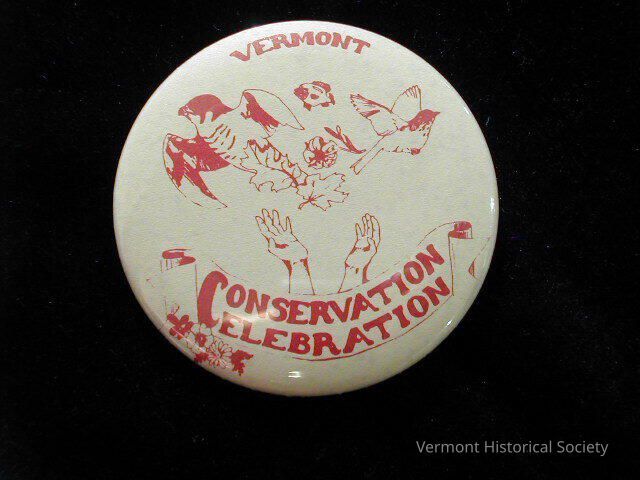
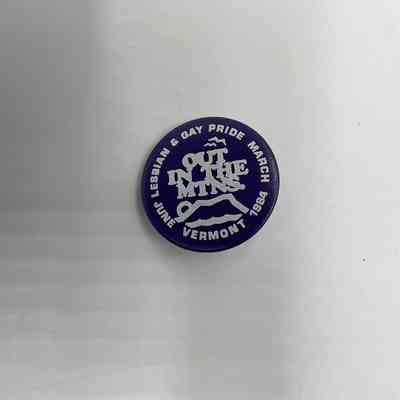
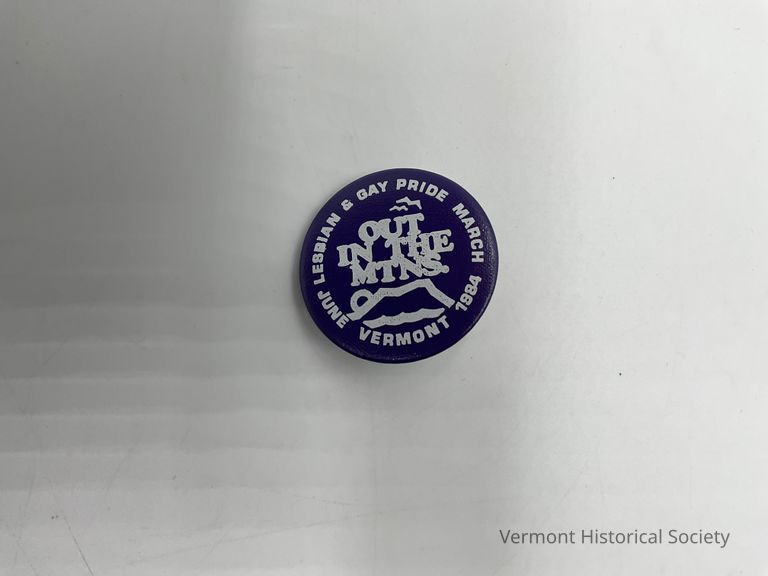
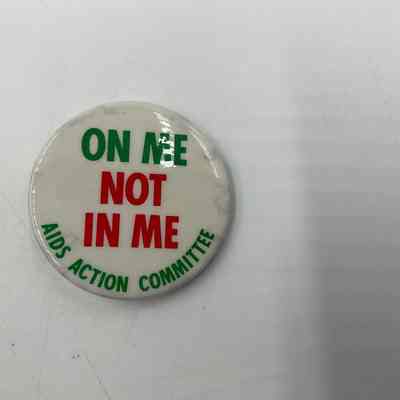
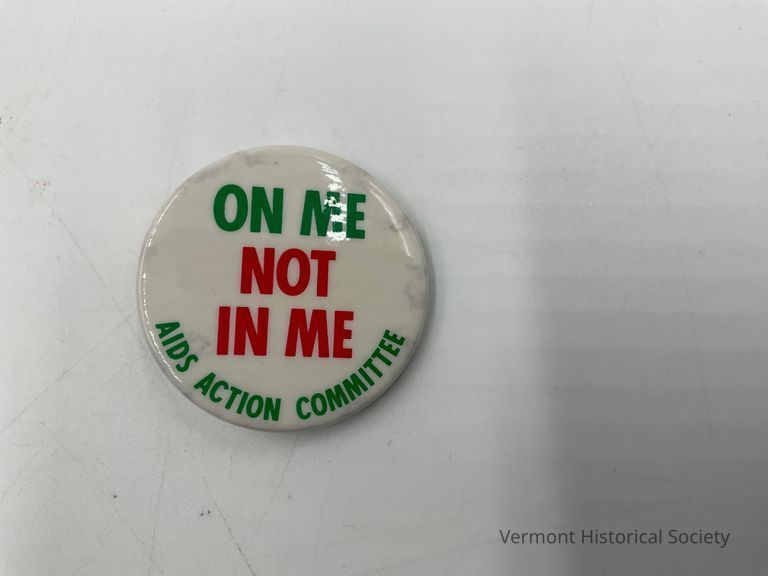
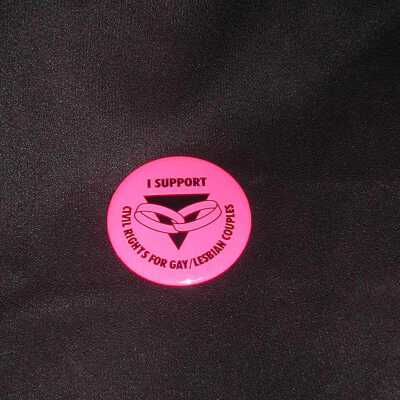
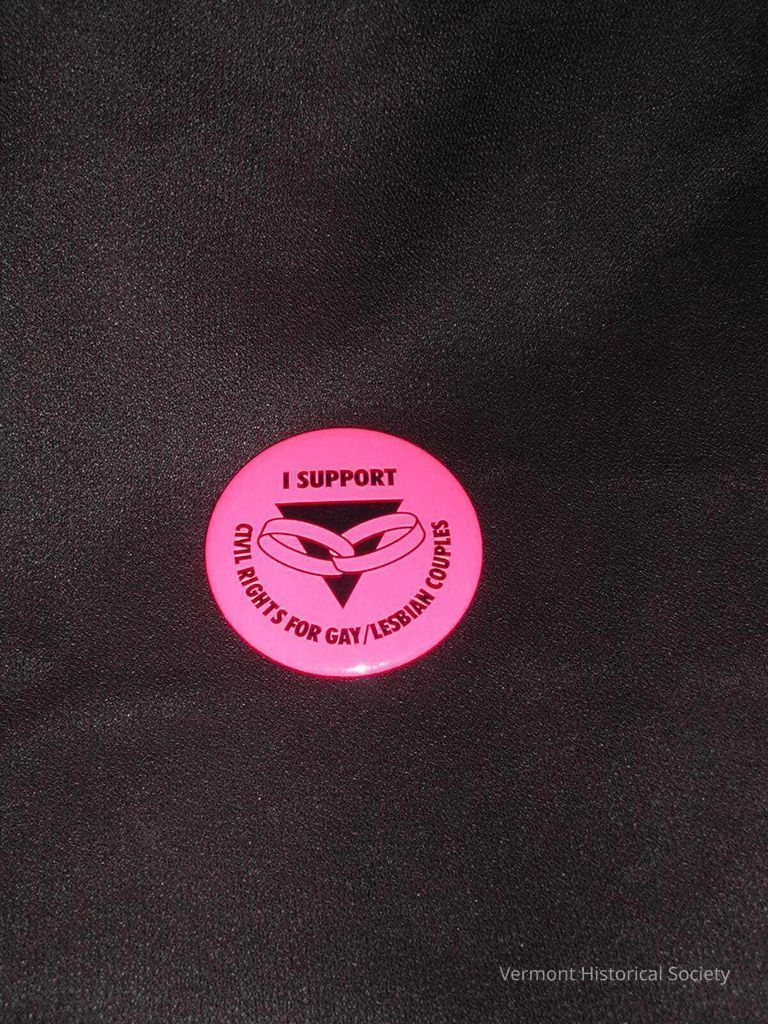
No makers stamp or mark. Silver/chrome pin back.
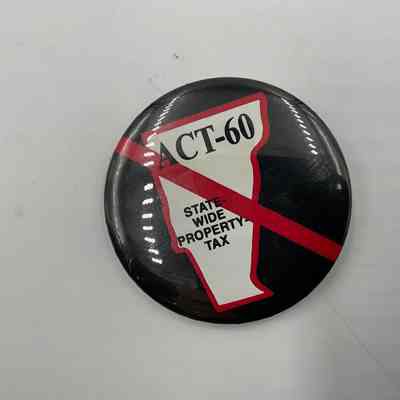
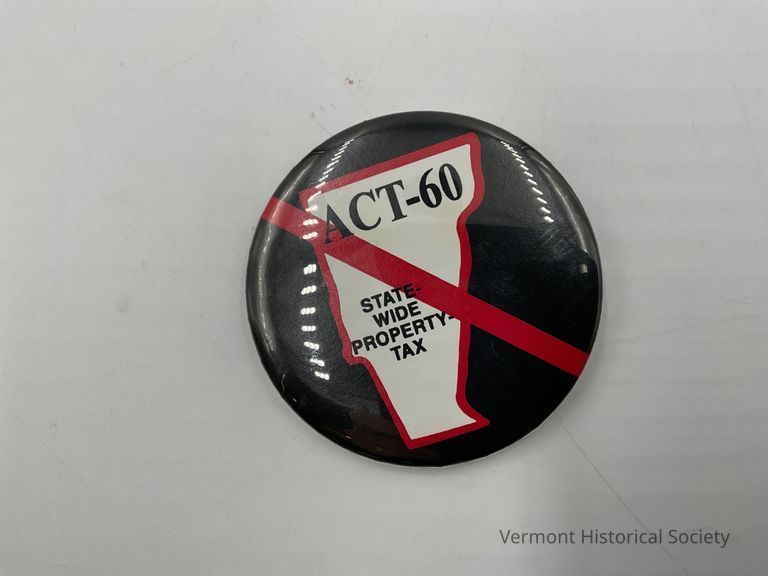
"Act 60, known as "The Equal Educational Opportunity Act", was a Vermont law enacted in June 1997 by the Vermont legislature intended to achieve a fair balance of educational spending across school districts, independent of the degree of prosperity within each district.[1] The law was in response to a Vermont Supreme Court decision in the Brigham vs. State of Vermont case,[2] wherein the court ruled that Vermont’s then existing educational funding system was unconstitutional, because it allowed students in towns with higher total property values to receive a higher level of education funding per pupil than students in towns with lower property values. Act 60 was followed by Acts 68 and 130, which addressed some imbalances caused by Act 60."
From Wikipedia: https://en.wikipedia.org/wiki/Act_60_(Vermont_law)
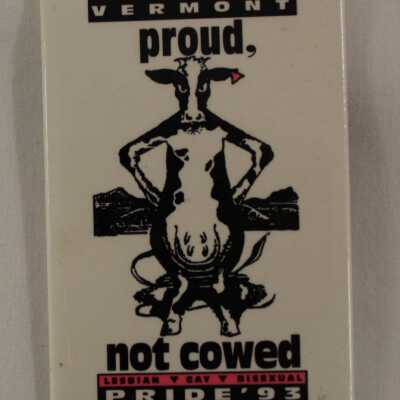
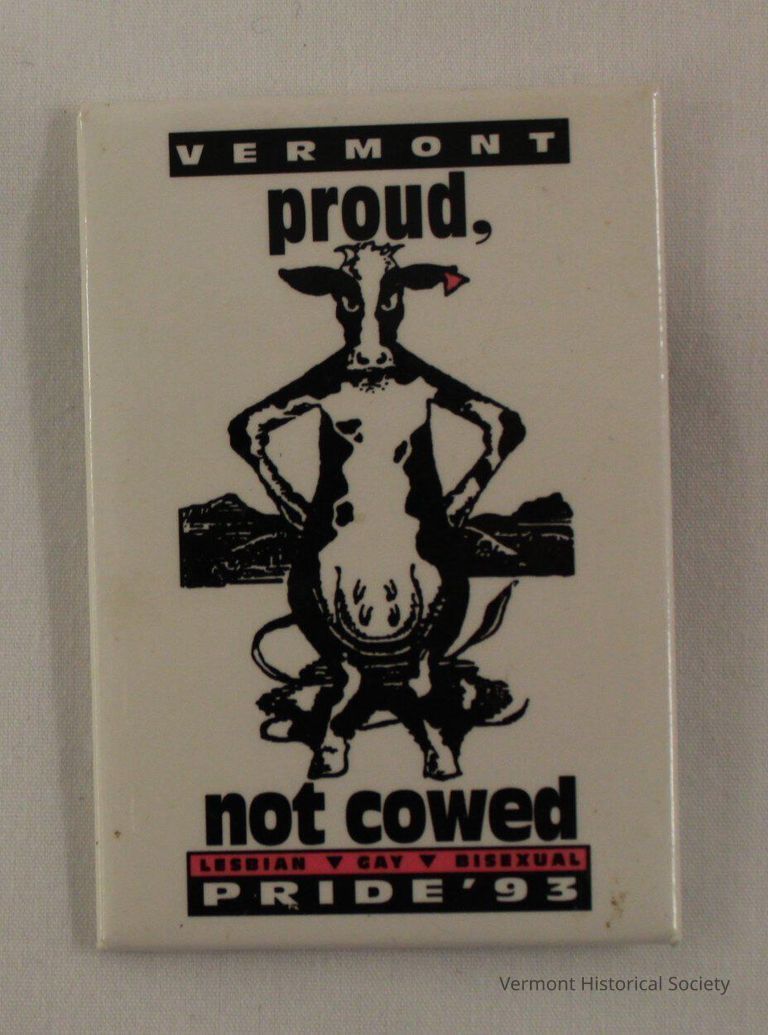
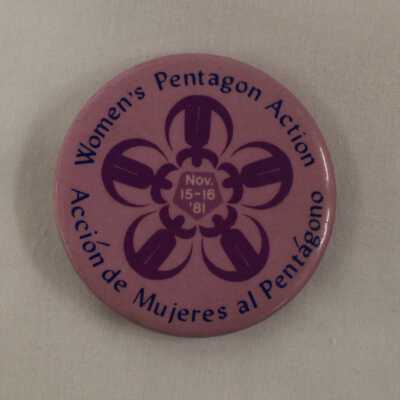
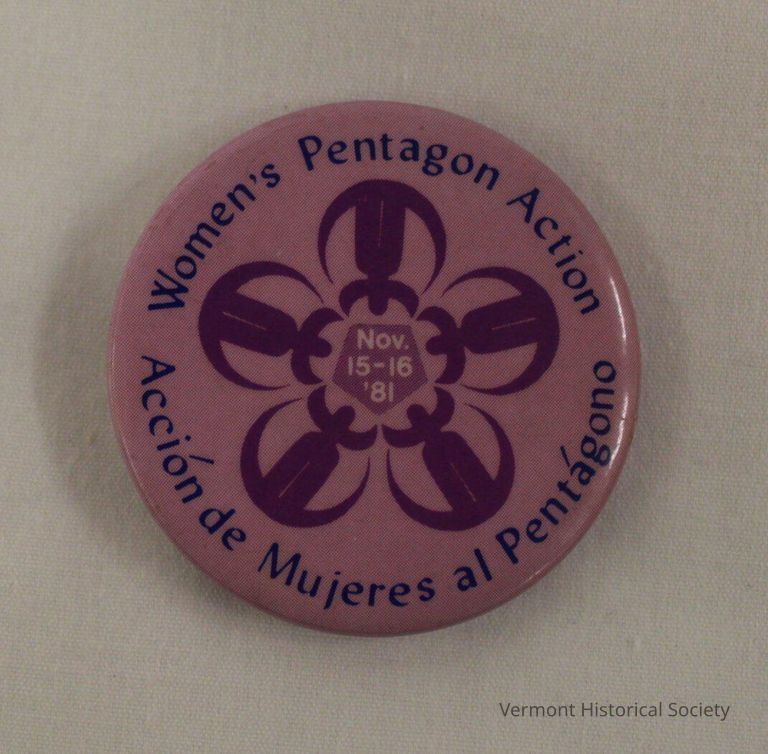
"In November 1980 and again in ‘81, women gathered at the Pentagon to mourn, rage, empower, and defy, in a pageant-like demonstration that combined rational thought with deep emotion. The idea for the Women’s Pentagon Action (WPA) emerged from an ecofeminism conference on Women and Life on Earth held in Amherst, MA in spring, 1980. The next fall, a spinoff group met to examine the connections between violence against women, racism, and the destruction of the earth.
In the first stage, thousands of women walked to the beat of a slow drum through Arlington Cemetery, past endless neat rows of tombstones. They were led by a giant Bread and Puppet Theatre papier-mâché figure. (The first year it was draped in black, the second in white....
The drumbeat changed to a faster, more insistent beat, and a fiery red puppet took the lead for the second stage. To the astonishment of the cynical press and Pentagon personnel who peered from the windows, women began to circle the building chanting, “No more war,” and “Take the toys away from the boys.”...
From rage evolved the third stage. Another puppet appeared to lead the way (the first year gold, the second year black). The empowerment puppet held a basket of scarves. The women helped themselves as they began to encircle the Pentagon, a building one mile in circumference. ...
The fourth stage began. Women who had taken workshops on nonviolent civil disobedience began the work of blocking three of the five major entrances to the Pentagon.
Other women, led by the Spinsters, a Vermont affinity group of feminist activists, began spinning webs of multi-colored yarns across two of the entrances to express their conviction that all life is connected. They decorated the webs with flowers, feathers, leaves and bells.
Another description:
"Four huge female puppets created by Bread and Puppet Theatre ( from Vermont) led some 2,000 women in a march past Arlington Cemetery to the Pentagon. There they encircled the building, put gravestones in the lawn, wove yarn across the entrances to symbolically reweave the web of life, and created rituals of mourning and defiance by chanting, yelling, and banging on cans. Over 140 women were arrested for blocking the doors at two entrances. They also blocked the Mall entrance, but no arrests were made there. Most arrestees pled "no contest" and were immediately sentenced to 10 days for first offenders or 30 days—the maximum—for second offenders. Thirty-four of the second offenders who received longer sentences were shackled at the wrists, waist, and ankles and immediately sent 300 miles to a federal prison for women." -- Historic Pentagon Actions: 1980s to Present
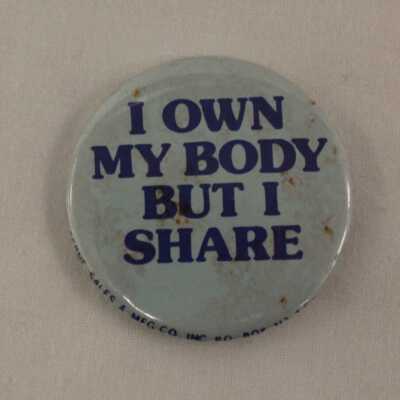
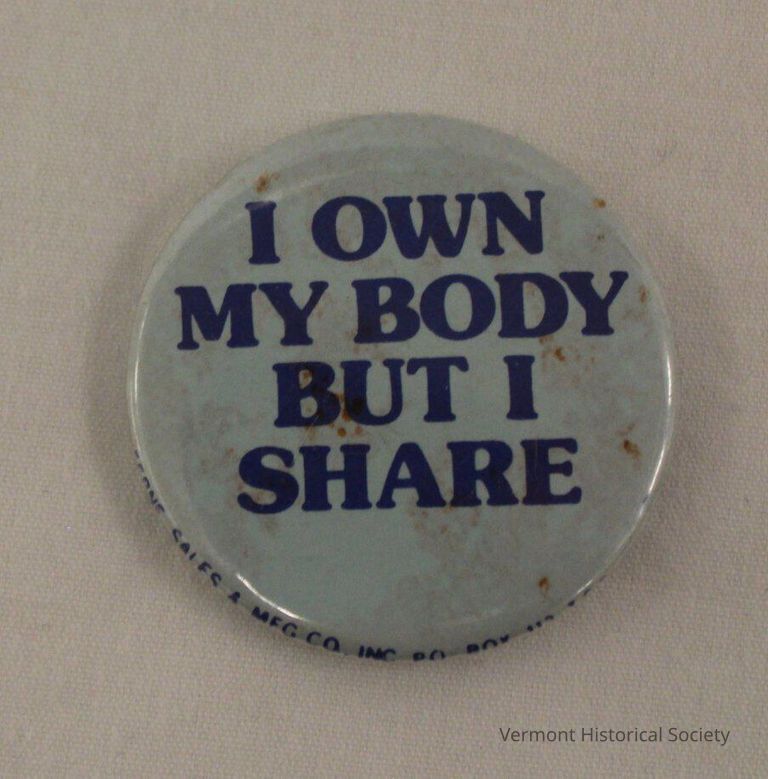
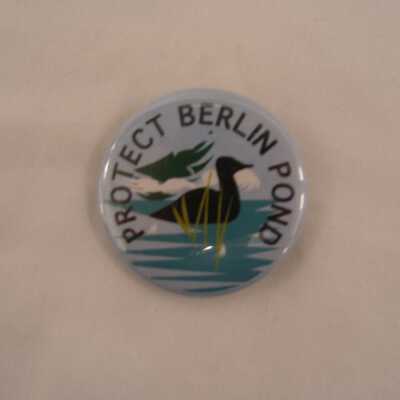

Berlin Pond has been Montpelier’s water supply source for 130 years, and during most of that time it was protected from human access, and therefore a relatively pure water supply. Now a combination of governmental action (or inaction) and a Vermont Supreme Court ruling has turned that history on its head, and Montpelier’s water supply is seriously threatened by human recreation on the pond. Montpelier owns most of the land around the pond, but a disputed area is being surveyed for the possibility of installing a gravel launch ramp for boats, to be built and financed by our Department of Fish and Wildlife (F&W).
The ramp was built and opened in 2018.
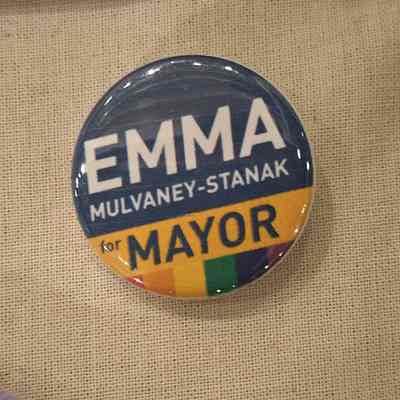
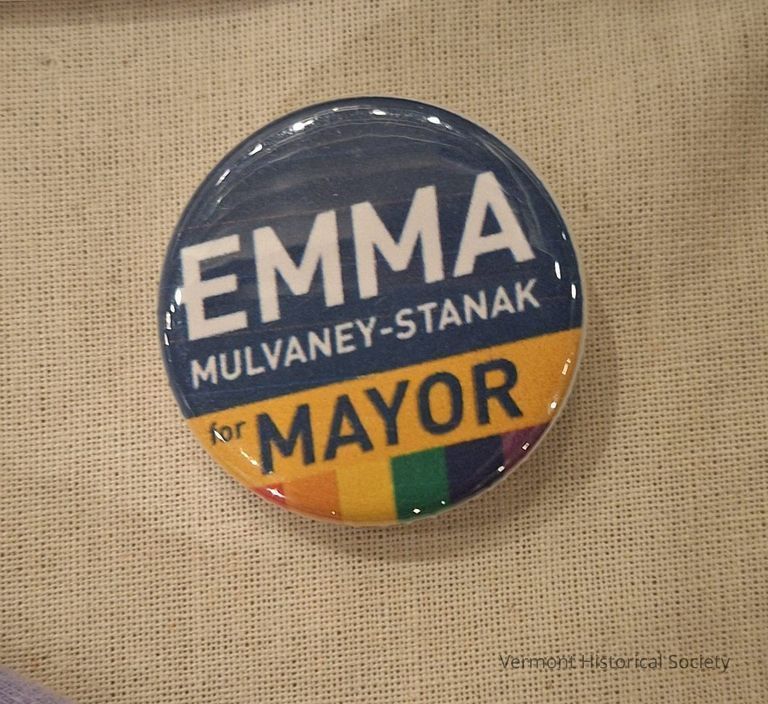


Voices has evolved into a statewide membership organization of several hundred individuals and organizations. Membership dues and contributions support our advocacy, outreach and community organizing on behalf of Vermont’s children and youth.
Voices addresses the full spectrum of child, youth and family issues – from child care and access to health care coverage for children and youth to juvenile justice and child welfare. Voices for Vermont’s Children works on behalf of children and youth by:
--Advocating during the Vermont Legislative session;
--Organizing and working in state and regional coalitions;
--Providing up-to-date information, policy briefs and fact sheets on issues important to children and youth. This includes publishing Vermont KIDS COUNT child and family data reports; and
--Co-sponsoring workshops, trainings and conferences.
From the website: http://www.voicesforvtkids.org/ (viewed 10/4/2016)
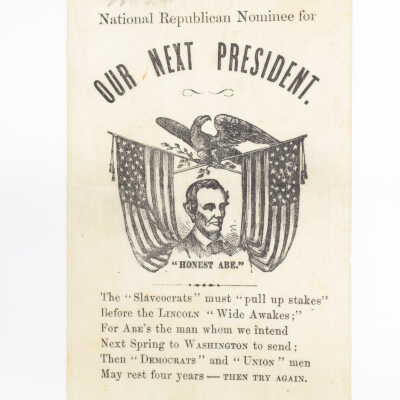
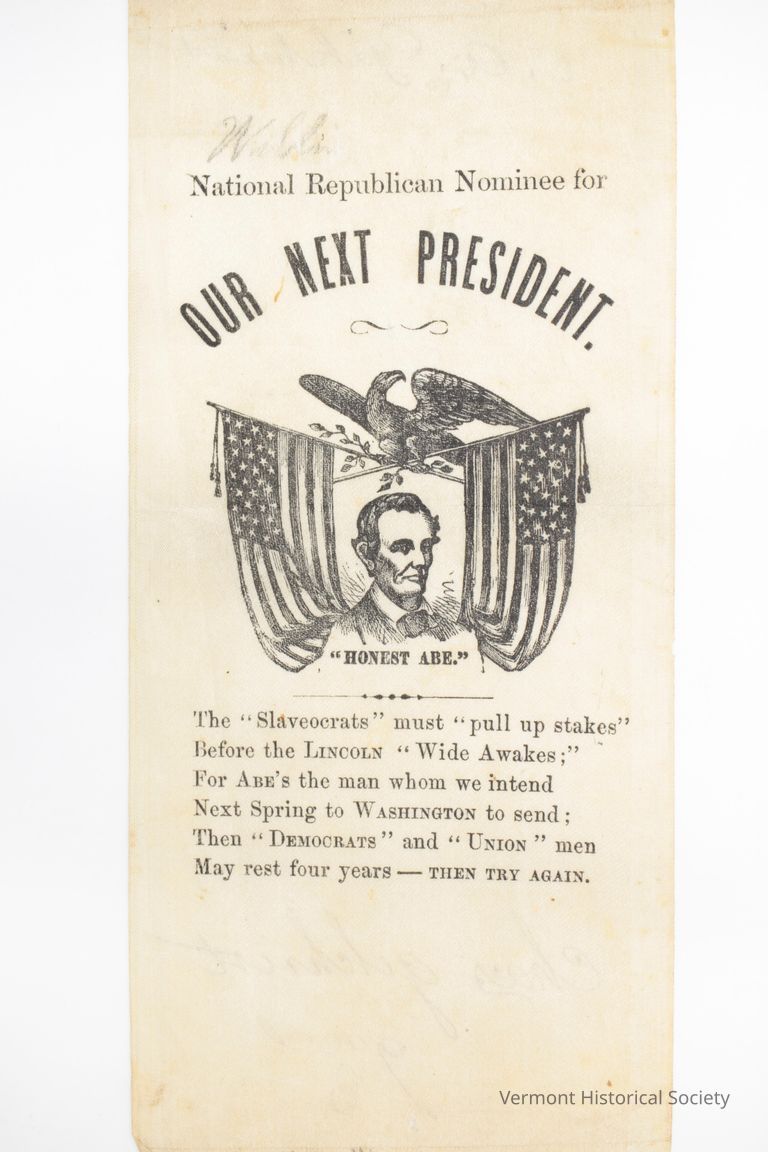

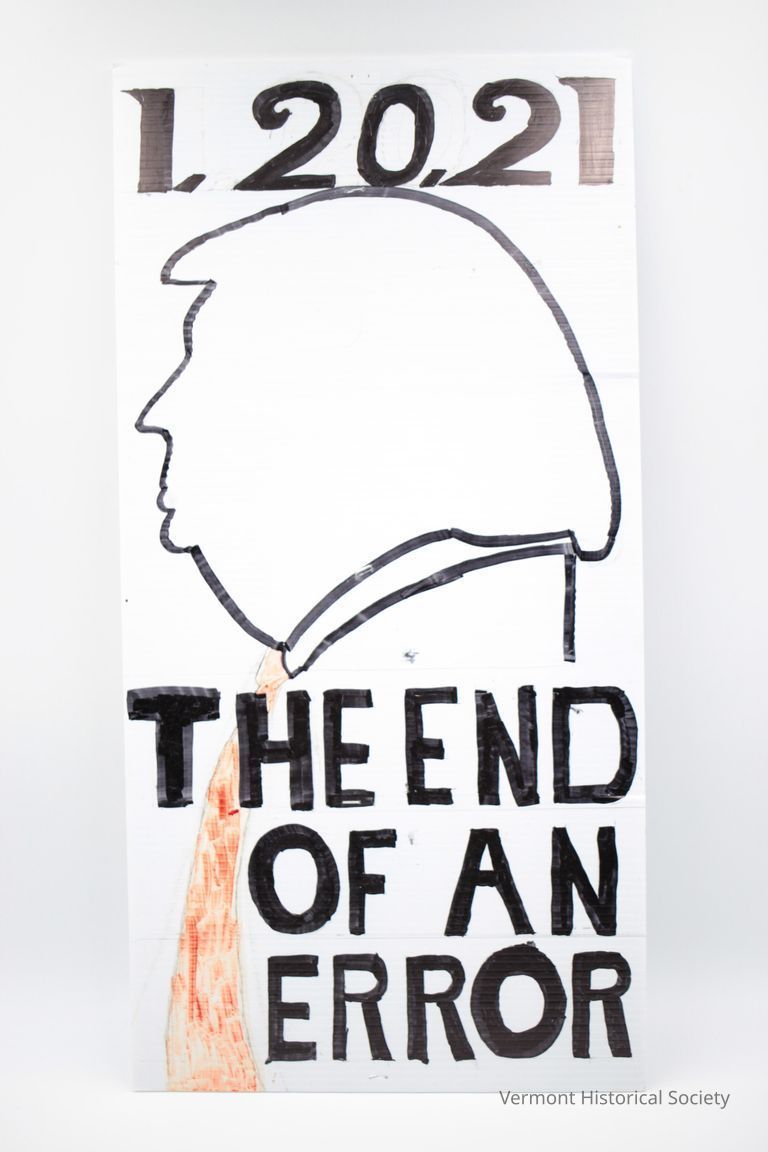
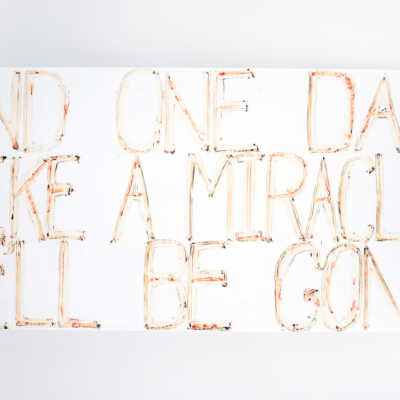
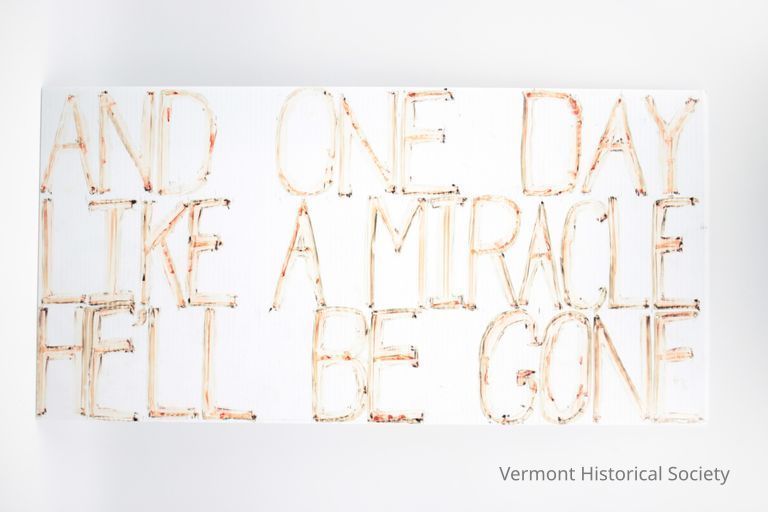
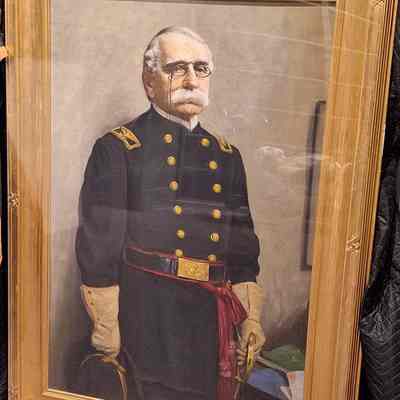
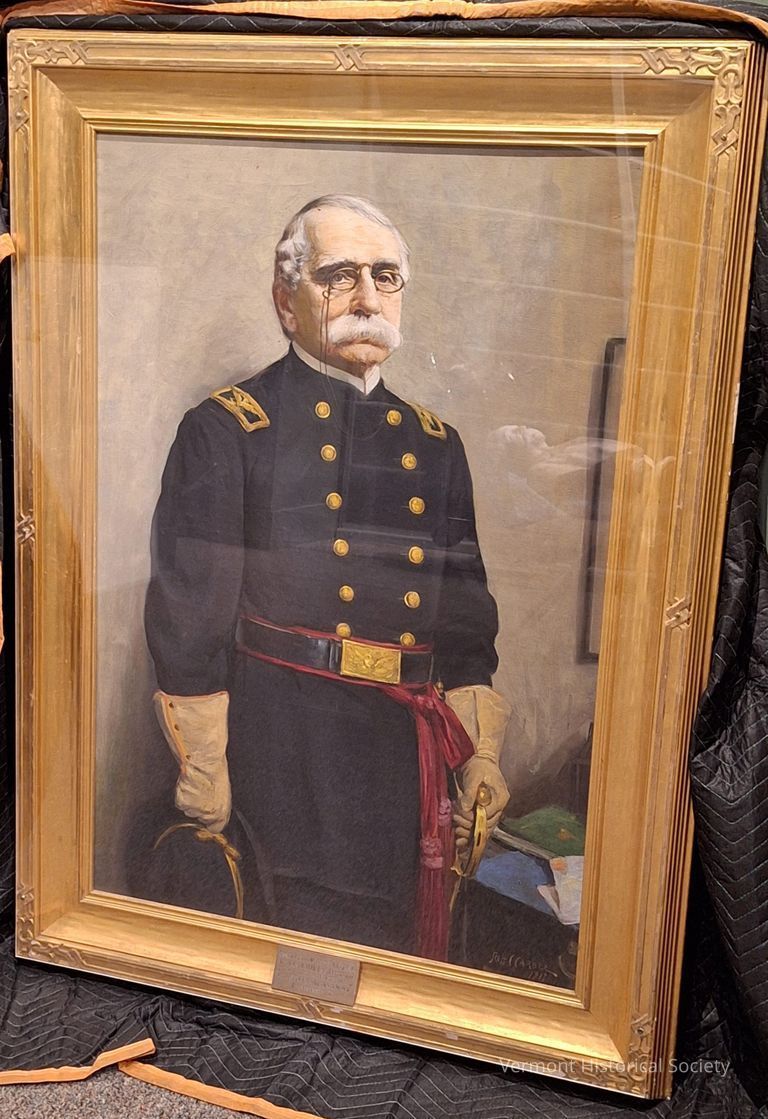
According to the Austine School for the Deaf, in his will, the Colonel specified a sum of $50,000 to create a hospital for "the treatment of strangers or local residents with extraordinary circumstances." According to school history, "five prominent local citizens incorporated the Austine Insititute in 1904." In the end it was the decision of the Vermont Attorney General to open a school for deaf and blind students in 1912.
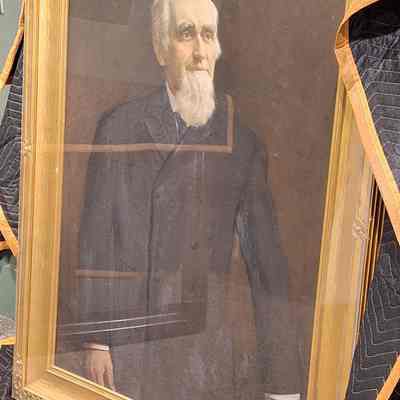
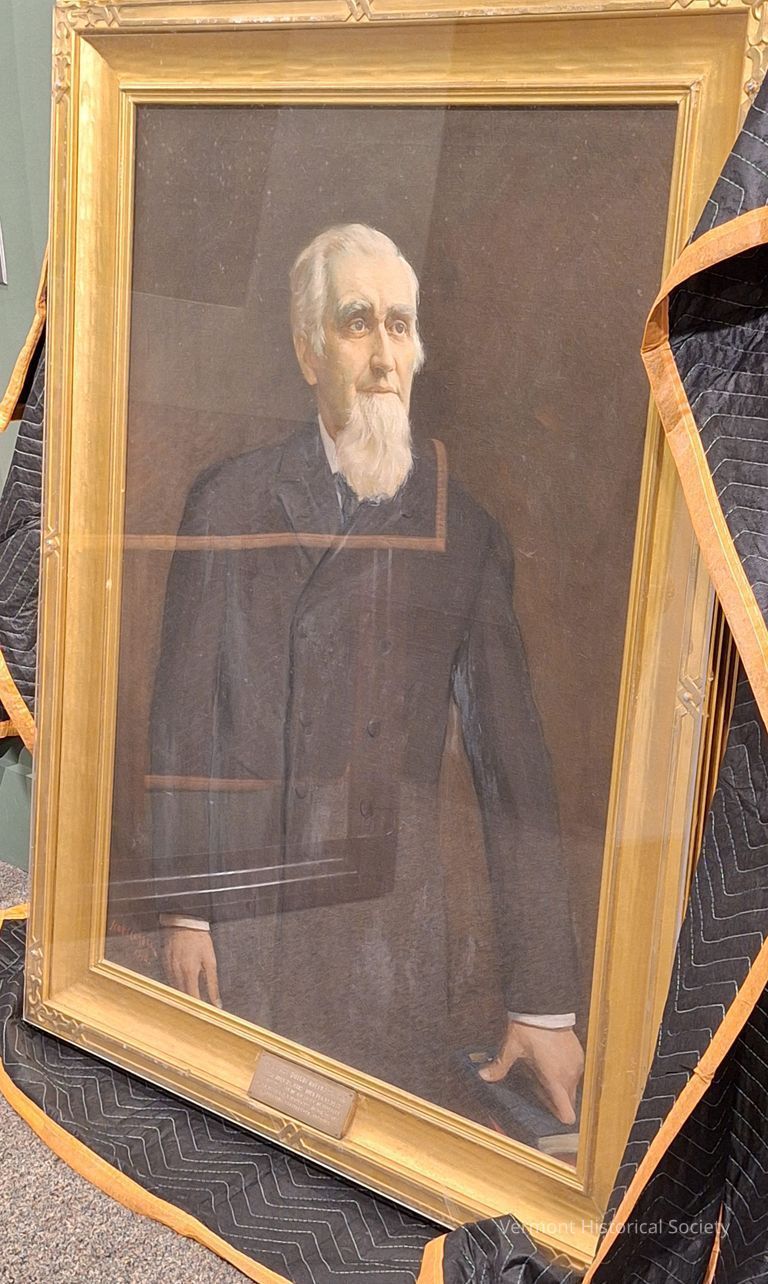
Dr. Henry Dwight Holton (July 24, 1838-Feb. 12, 1917) was a general physician who moved to Brattleboro in his later life. He was involved in or established almost every medically-related institution of Brattleboro including the Holton Home for the Elderly and was one of the very first board members of the Austine School for the Deaf. His main concerns during his lifetime were for the betterment of medicine and education within the State of Vermont, and eventually rose to secretary of the Vermont State Board of Health, raising the health standards of the State of Vermont from 18th to 3rd in the United States. In his life he was president, or board member in many different organizations from international business to politics and taught surgery and medicine at multiple universities.
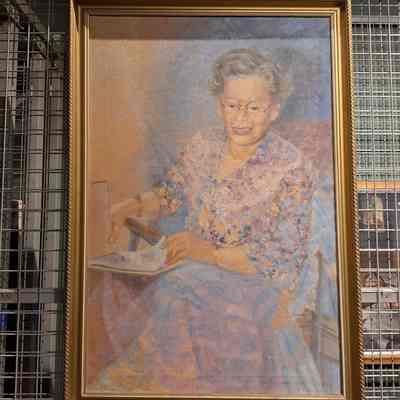
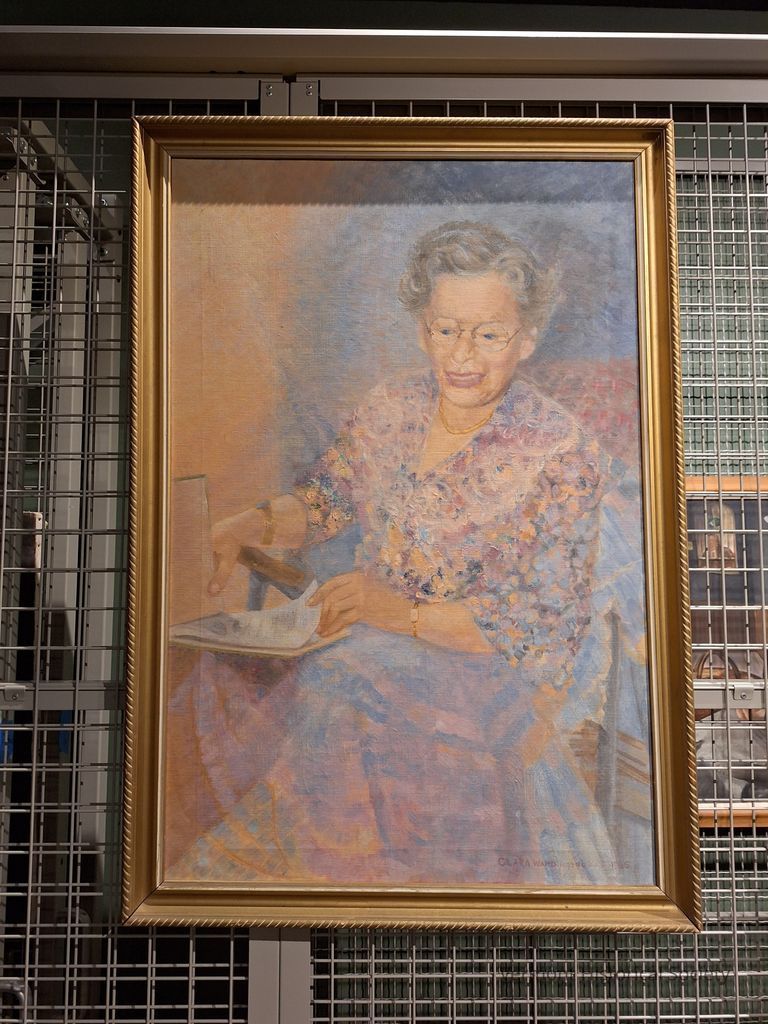
She attended the Clarke School in Northhampton, Massachusetts for a year and then started teaching at the Lexington School for the Deaf in New York City. In 1912 she moved to the Manhattan School for the Deaf where she taught until her retirement in 1946. In 1914 she wrote a series of books and workbooks for teaching language skills. These works were translated into a number of languages and can still be purchased today.
Upon her retirement, she moved back to Brattleboro, where she became involved with the Austine School for the Deaf. She lived a remarkably long life, passing away at the age of 113. At the time of her death she was believed to be the oldest Vermont resident.
This portrait of her hung at the Austine School for the Deaf until its closure.
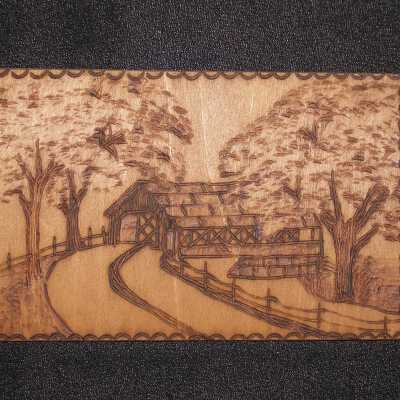
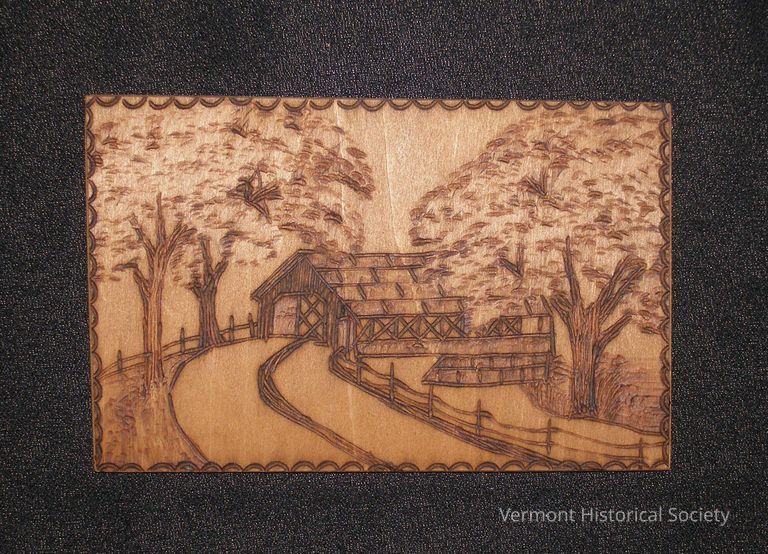
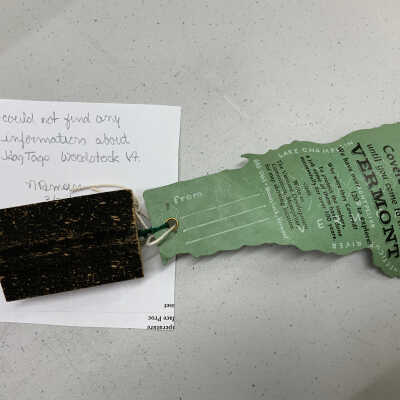
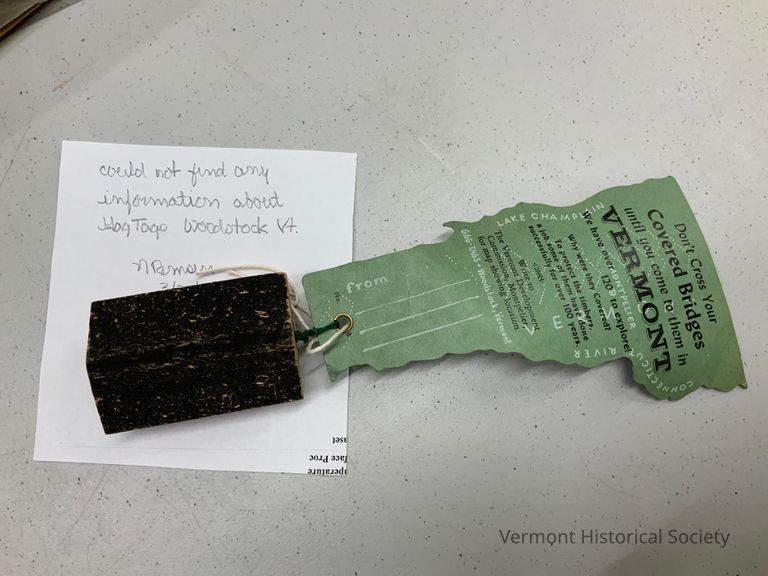


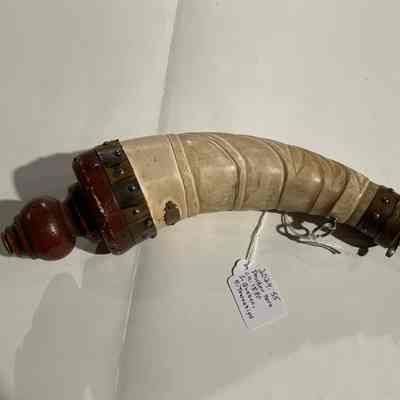
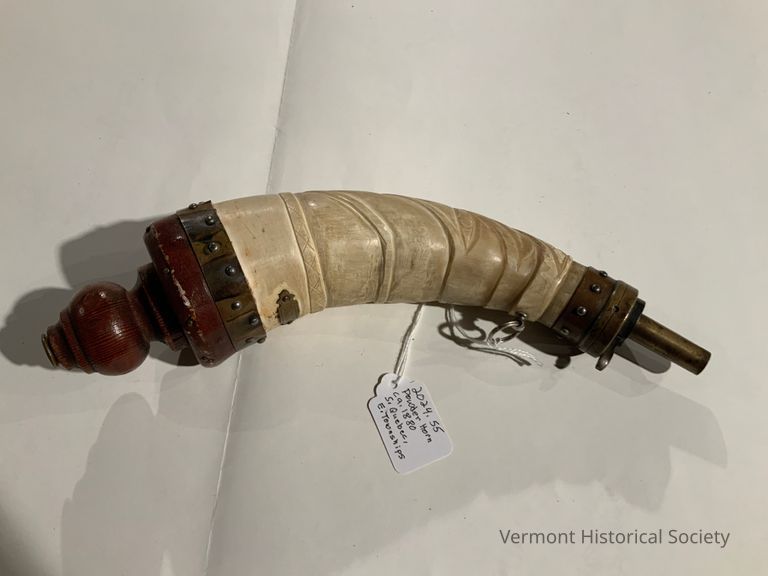

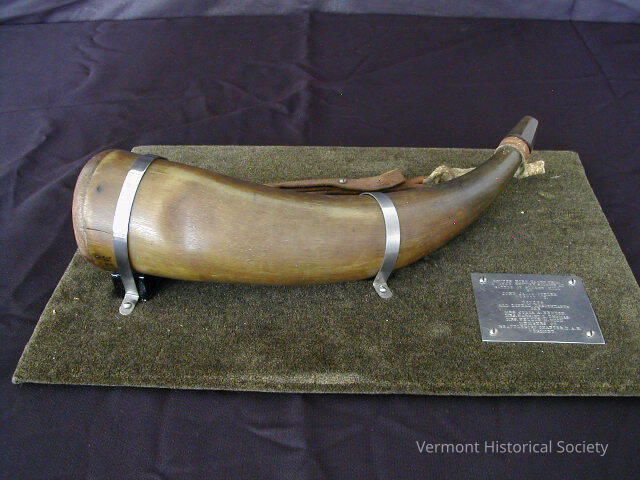
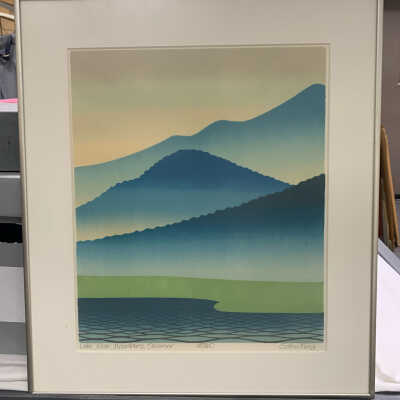
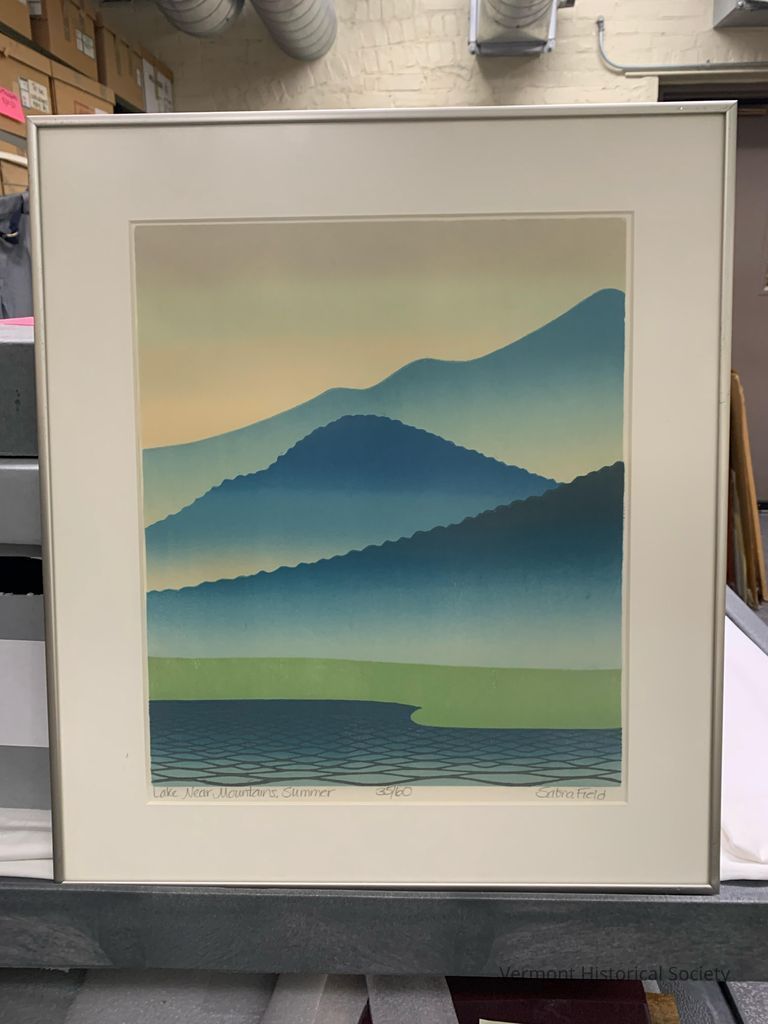
Sabra Field was born in Oklahoma, grew up in New York, and attended Middlebury College, graduating in 1957. Influenced by her art teachers Joseph Ablow and Arthur K. D. Healy, she resolved to become an artist. After further study at Wesleyan College, where she made her first woodcut prints, she taught art at various prep schools in Connecticut. Although married and the mother of two young sons, she was committed to pursuing her career as an artist. In 1965 she acquired a derelict 19th-century tavern “waiting to fall down” in the White River Valley, which she eventually restored and converted to a permanent home and studio.
Her work, much of it pastoral, became strongly associated with Vermont and the Vermont Landscape. She was commissioned to design the commemorative stamp for Vermont's bicentennial in 1991. The stamp sold over 60 million units and was one of the postal services best selling stamps of all time. She also designed imagery for calendars, credit cards, wine bottle labels, UNICEF cards, and hot air balloons. IBM, the Rockefeller Center at Dartmouth College, Billings Farm in Woodstock, Vermont Public Television, Vermont Life magazine, the Dartmouth-Hitchcock Medical Center, and Middlebury College.
-Adapted from Middlebury College press release
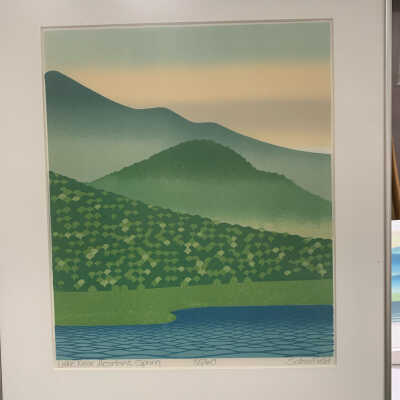
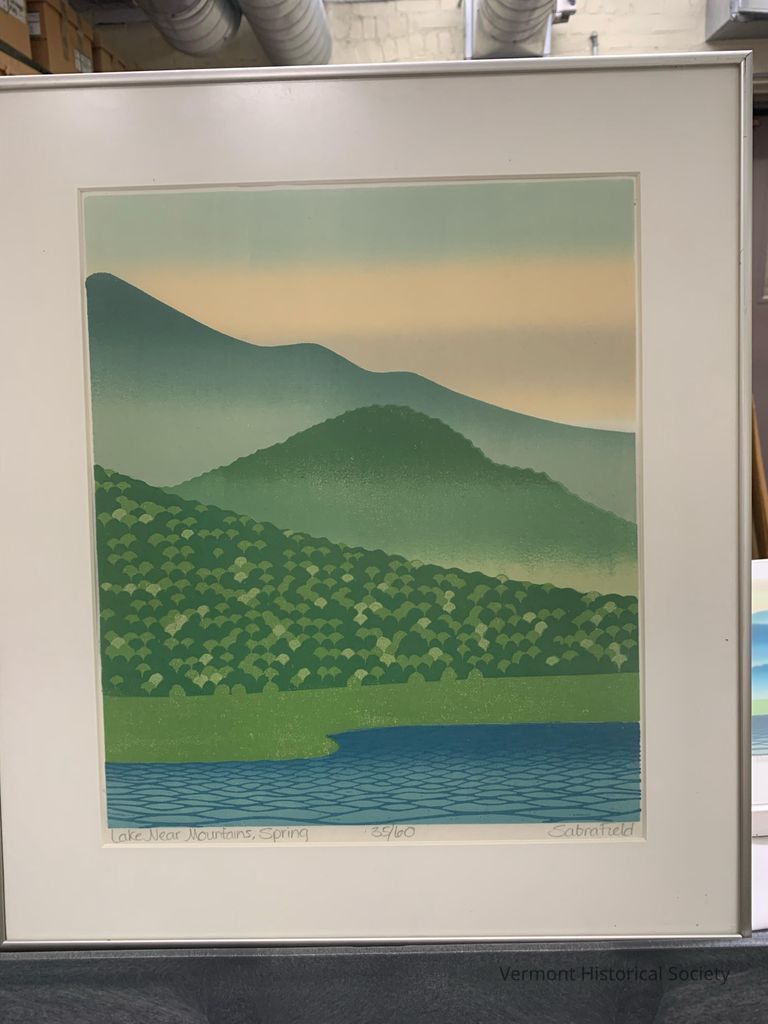
Sabra Field was born in Oklahoma, grew up in New York, and attended Middlebury College, graduating in 1957. Influenced by her art teachers Joseph Ablow and Arthur K. D. Healy, she resolved to become an artist. After further study at Wesleyan College, where she made her first woodcut prints, she taught art at various prep schools in Connecticut. Although married and the mother of two young sons, she was committed to pursuing her career as an artist. In 1965 she acquired a derelict 19th-century tavern “waiting to fall down” in the White River Valley, which she eventually restored and converted to a permanent home and studio.
Her work, much of it pastoral, became strongly associated with Vermont and the Vermont Landscape. She was commissioned to design the commemorative stamp for Vermont's bicentennial in 1991. The stamp sold over 60 million units and was one of the postal services best selling stamps of all time. She also designed imagery for calendars, credit cards, wine bottle labels, UNICEF cards, and hot air balloons. IBM, the Rockefeller Center at Dartmouth College, Billings Farm in Woodstock, Vermont Public Television, Vermont Life magazine, the Dartmouth-Hitchcock Medical Center, and Middlebury College.
-Adapted from Middlebury College press release
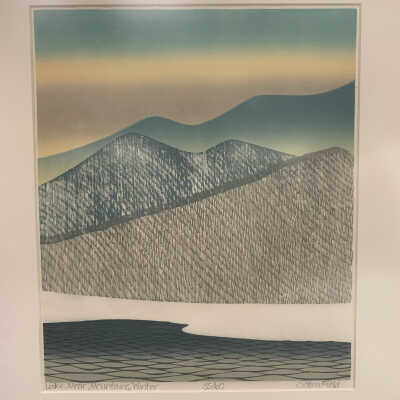
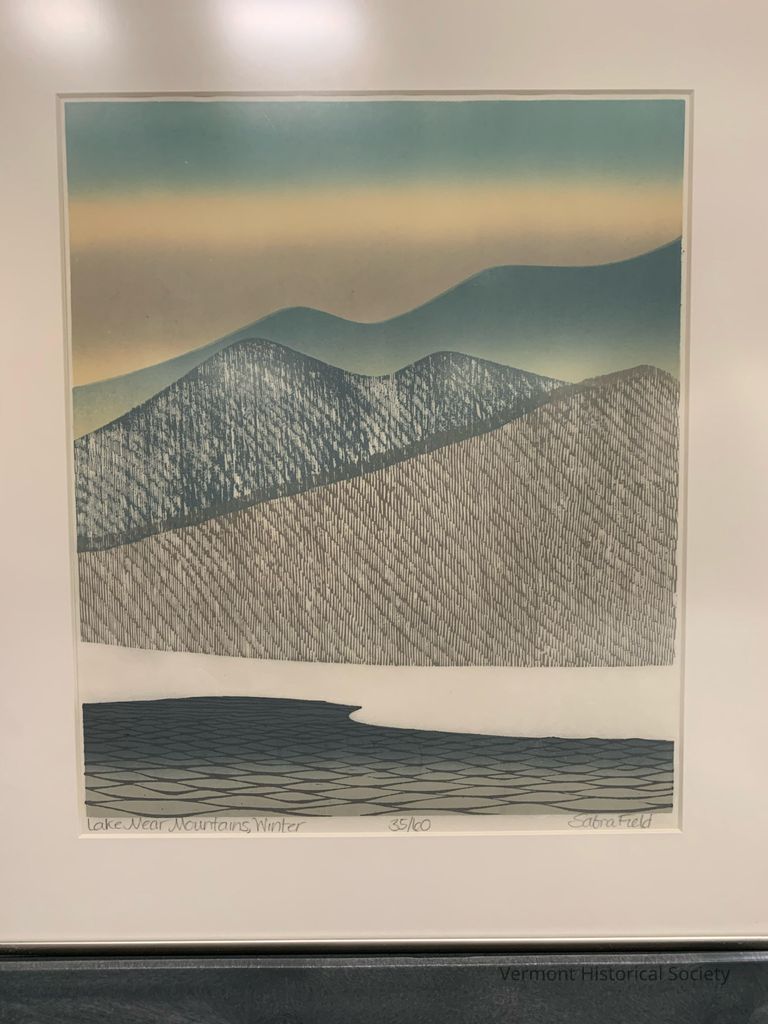
Sabra Field was born in Oklahoma, grew up in New York, and attended Middlebury College, graduating in 1957. Influenced by her art teachers Joseph Ablow and Arthur K. D. Healy, she resolved to become an artist. After further study at Wesleyan College, where she made her first woodcut prints, she taught art at various prep schools in Connecticut. Although married and the mother of two young sons, she was committed to pursuing her career as an artist. In 1965 she acquired a derelict 19th-century tavern “waiting to fall down” in the White River Valley, which she eventually restored and converted to a permanent home and studio.
Her work, much of it pastoral, became strongly associated with Vermont and the Vermont Landscape. She was commissioned to design the commemorative stamp for Vermont's bicentennial in 1991. The stamp sold over 60 million units and was one of the postal services best selling stamps of all time. She also designed imagery for calendars, credit cards, wine bottle labels, UNICEF cards, and hot air balloons. IBM, the Rockefeller Center at Dartmouth College, Billings Farm in Woodstock, Vermont Public Television, Vermont Life magazine, the Dartmouth-Hitchcock Medical Center, and Middlebury College.
-Adapted from Middlebury College press release
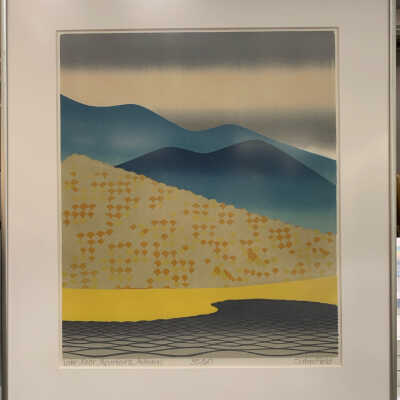
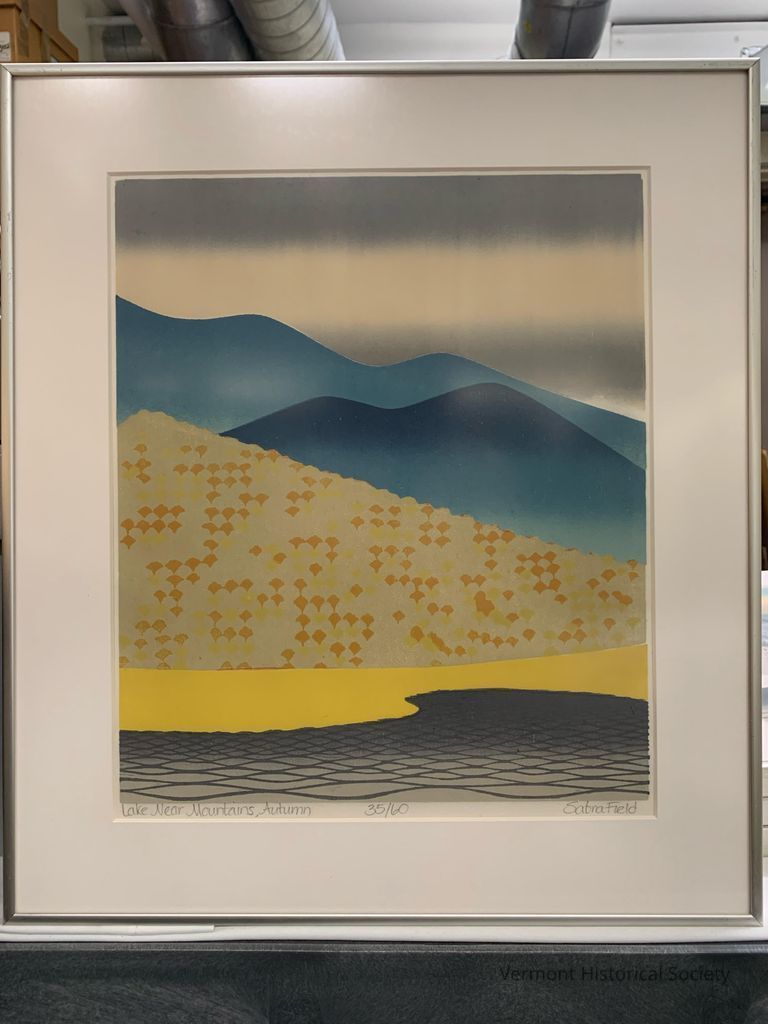
Sabra Field was born in Oklahoma, grew up in New York, and attended Middlebury College, graduating in 1957. Influenced by her art teachers Joseph Ablow and Arthur K. D. Healy, she resolved to become an artist. After further study at Wesleyan College, where she made her first woodcut prints, she taught art at various prep schools in Connecticut. Although married and the mother of two young sons, she was committed to pursuing her career as an artist. In 1965 she acquired a derelict 19th-century tavern “waiting to fall down” in the White River Valley, which she eventually restored and converted to a permanent home and studio.
Her work, much of it pastoral, became strongly associated with Vermont and the Vermont Landscape. She was commissioned to design the commemorative stamp for Vermont's bicentennial in 1991. The stamp sold over 60 million units and was one of the postal services best selling stamps of all time. She also designed imagery for calendars, credit cards, wine bottle labels, UNICEF cards, and hot air balloons. IBM, the Rockefeller Center at Dartmouth College, Billings Farm in Woodstock, Vermont Public Television, Vermont Life magazine, the Dartmouth-Hitchcock Medical Center, and Middlebury College.
-Adapted from Middlebury College press release
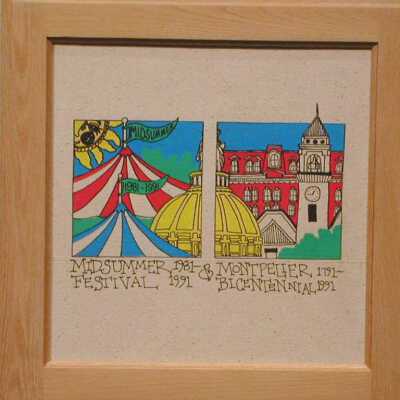
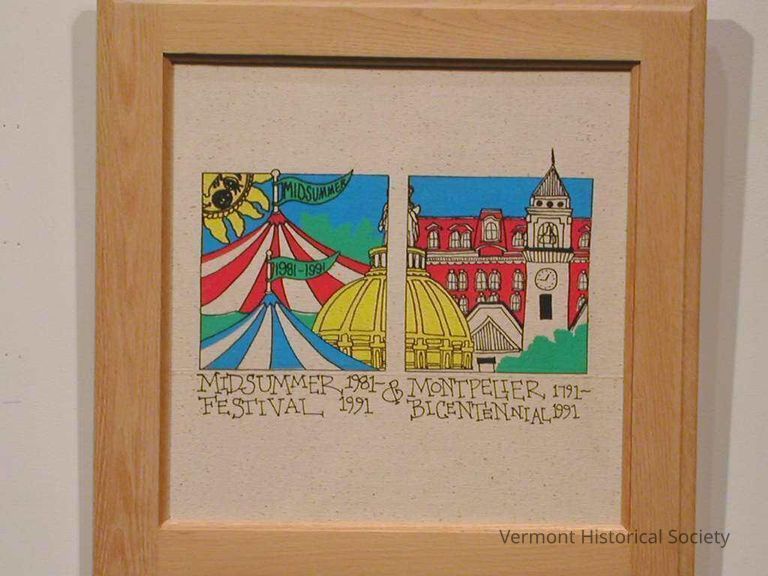
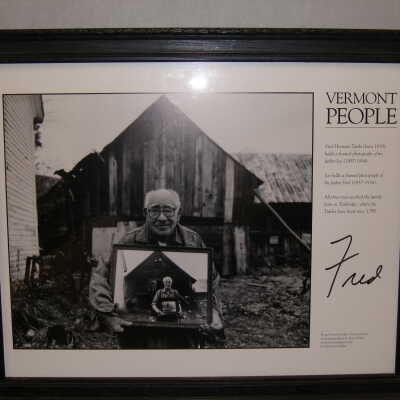
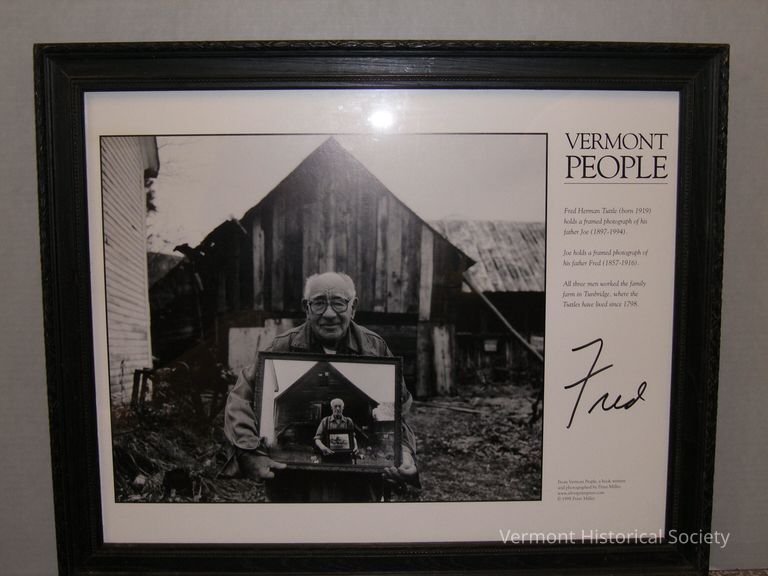
Peter Miller was born in New York in 1934 and moved to Vermont at age 13. He bought his first camera at 16 and started photographing his neighbors. He attended the University of Toronto and met photographer Yousuf Karsh. He ended up apprenticing to Karsh and traveling throughout Europe, taking photos of such luminaries as Albert Camus and Pablo Picasso.
He served as a signal corps photographer in the U.S. Army and when his enlistment was up, returned to Vermont as a freelance photographer for national publications. Though he made his living as a commercial photographer, he continued to document the people of his adopted home state.
In the 1980s he shopped the idea for a book of black and white photographs of Vermonters. All the publishing houses rejected the project as old-fashioned. He ended up self-publishing the book, "Vermont People," and sold over 15,000 copies. He followed it up with titles such as "Vermont Farm Women" and "A Lifetime of Vermont People." His last book, "Vanishing Vermonters: Loss of a Rural Culture" was published in 2017.
Miller's work, especially portraits of rural Vermonters, helped define an enduring image of Vermont people.
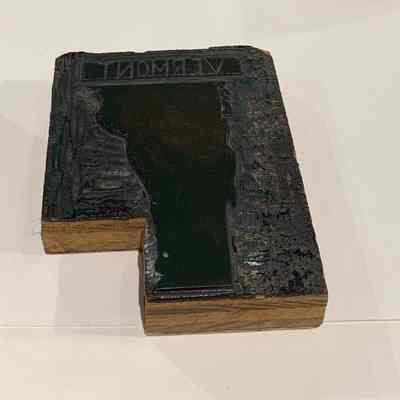
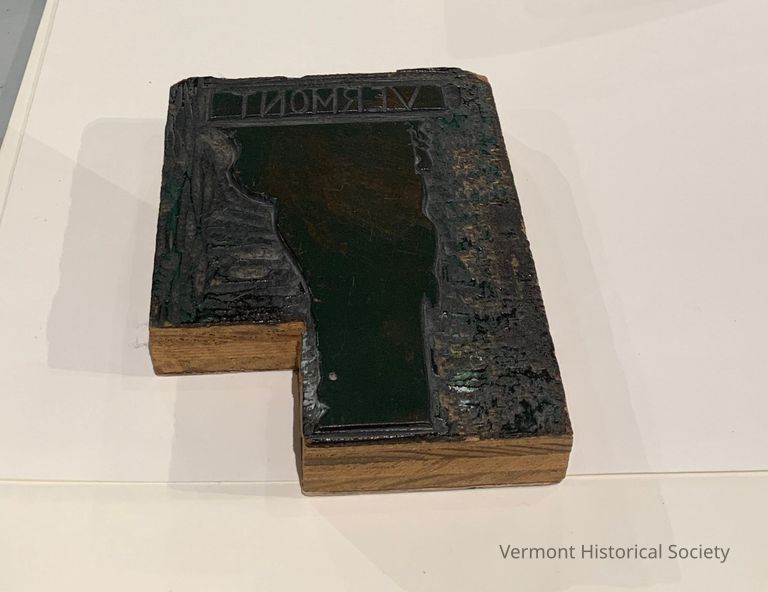
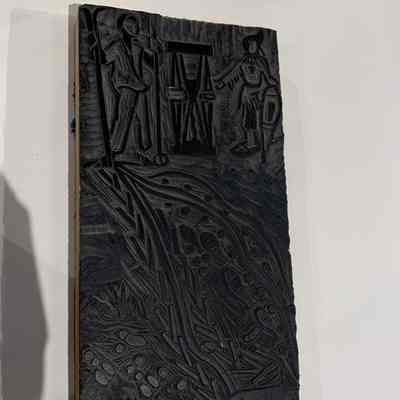
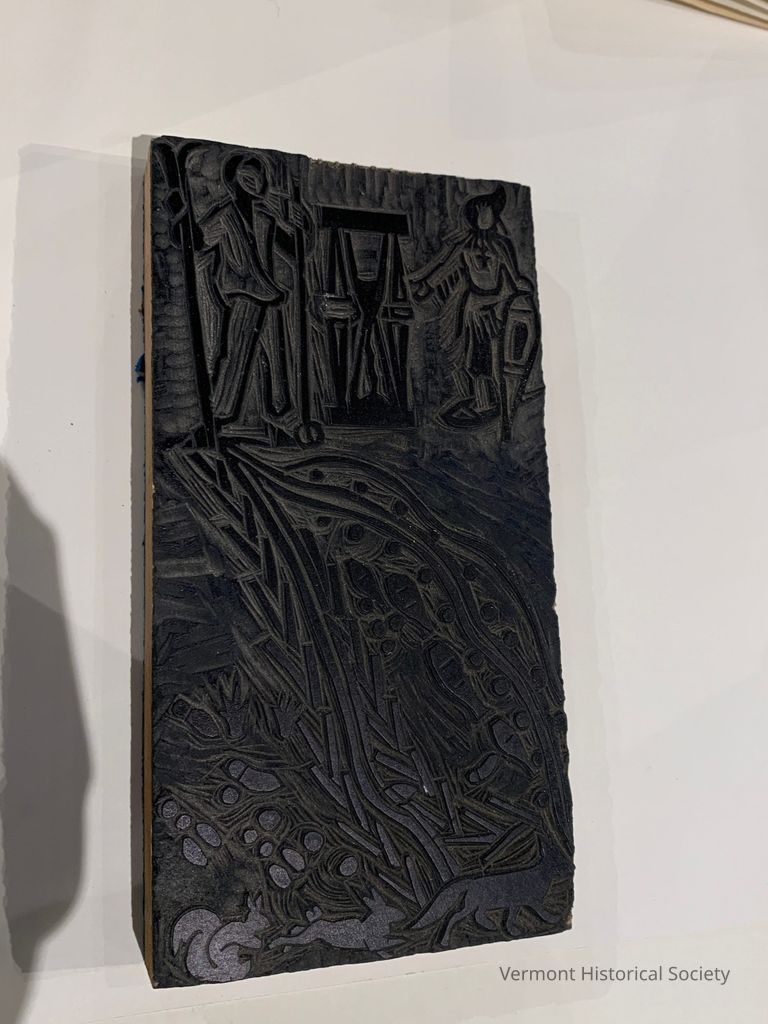
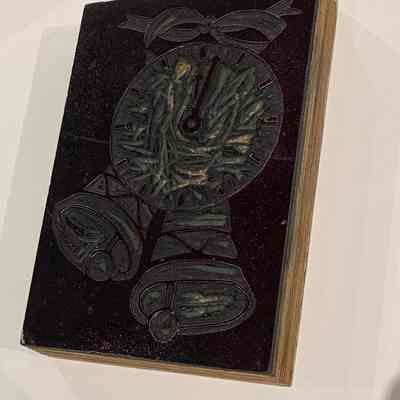
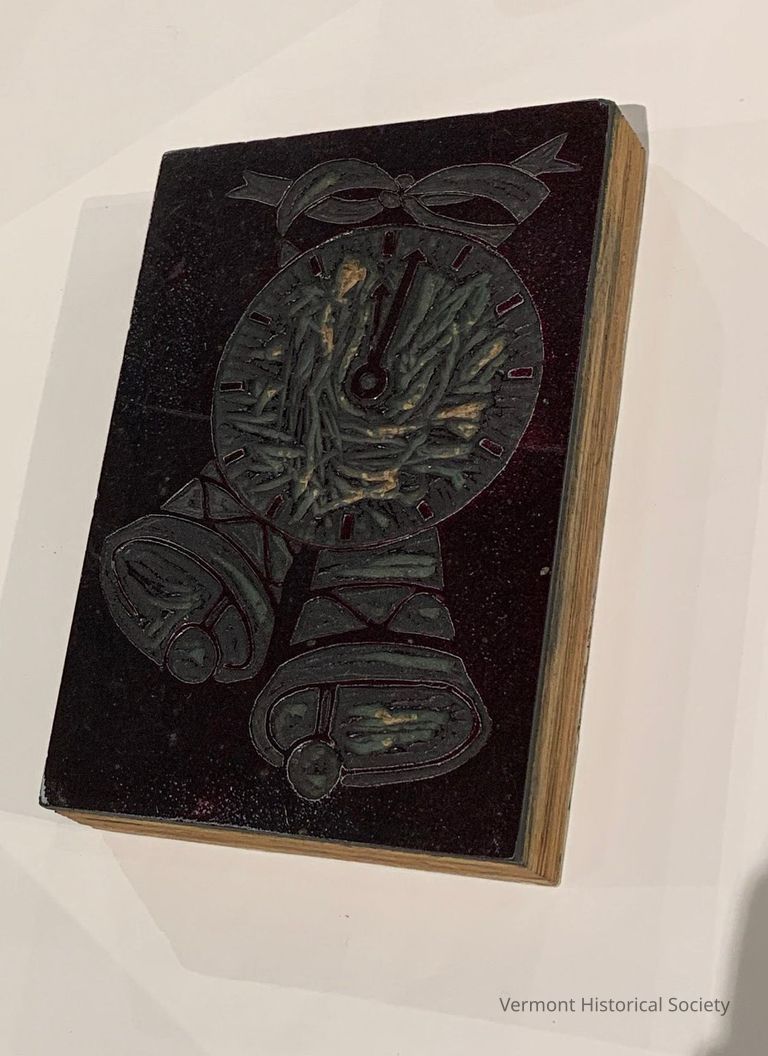
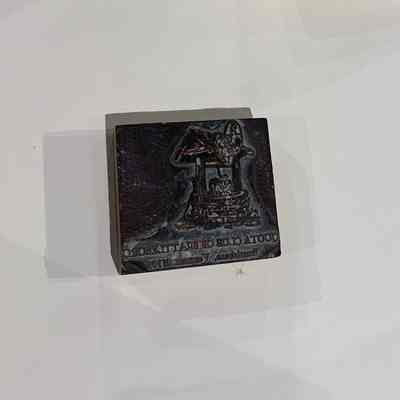
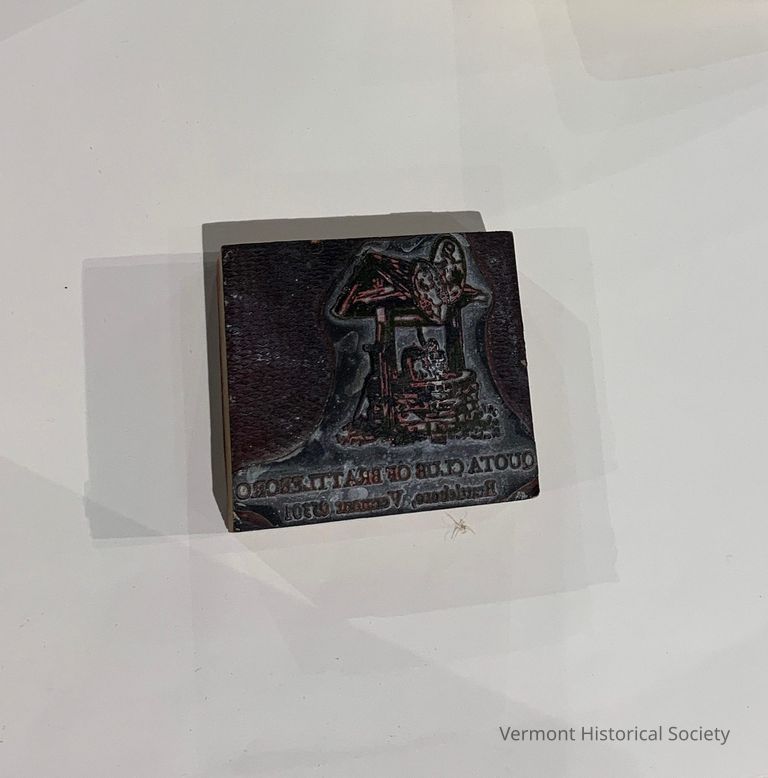
Depicting and describing the "Quota Club" also known as "Quota International," which was (until 2020) a network designed to empower specifically women, children, and the deaf community to ensure end of poverty and hunger within those communities.
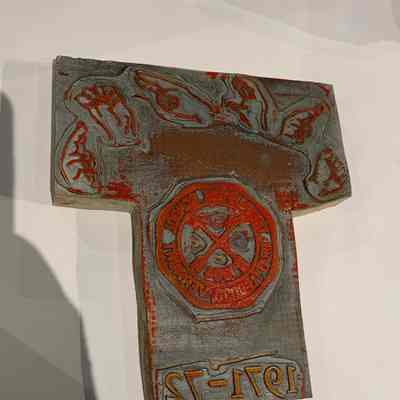
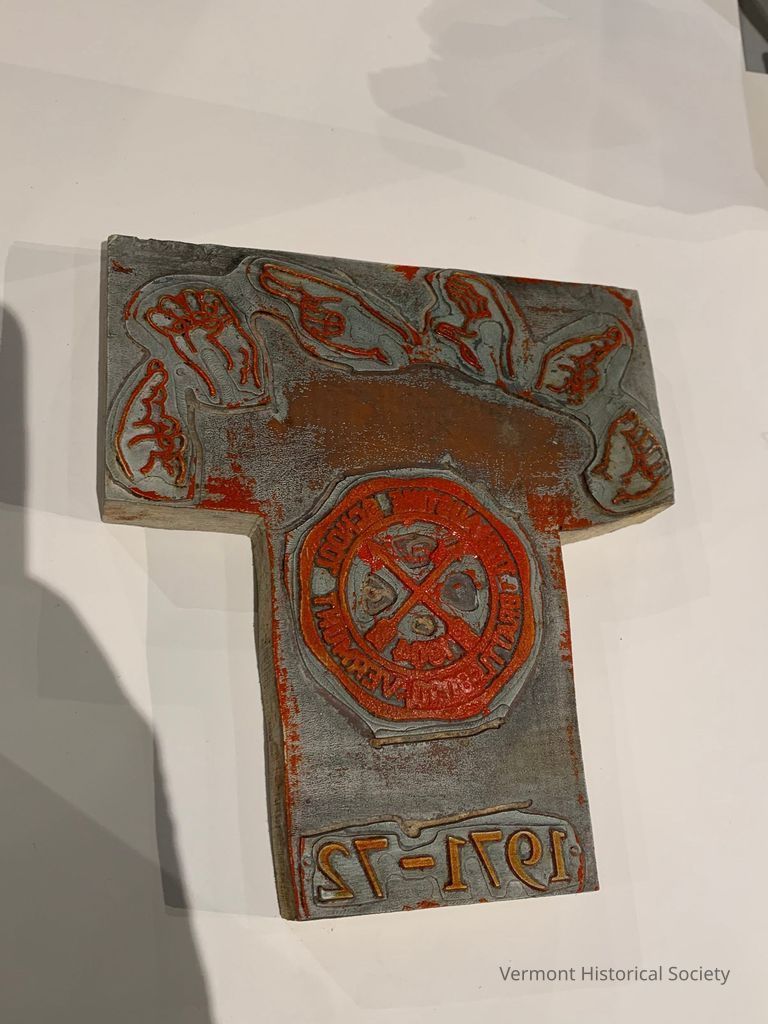
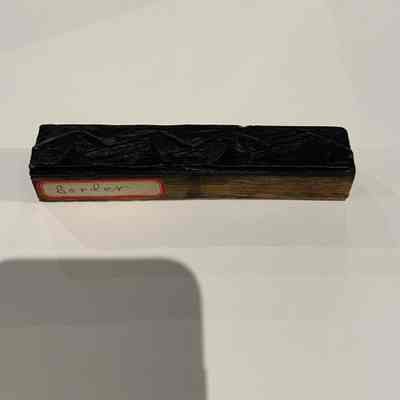
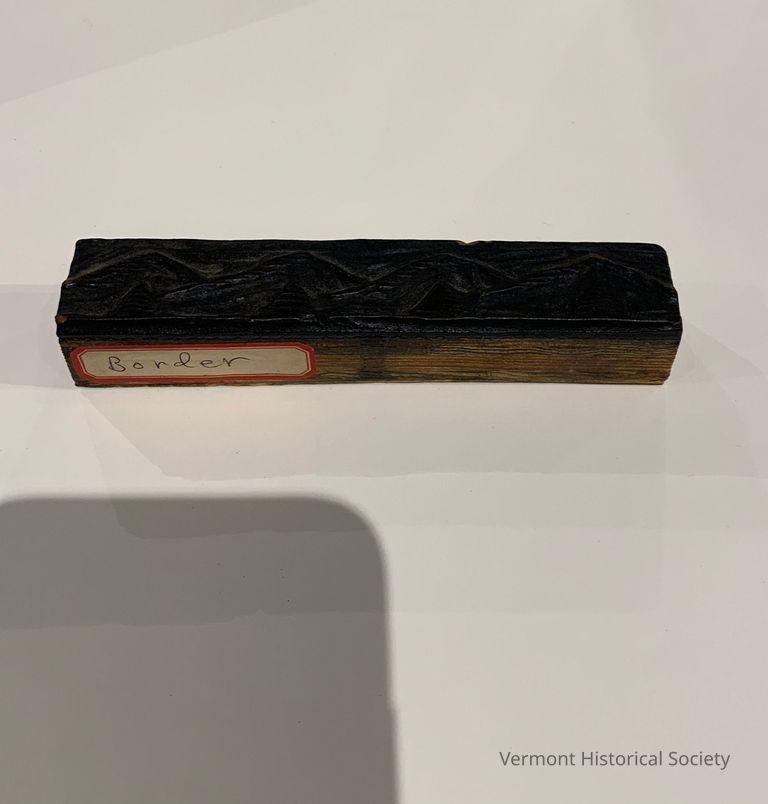
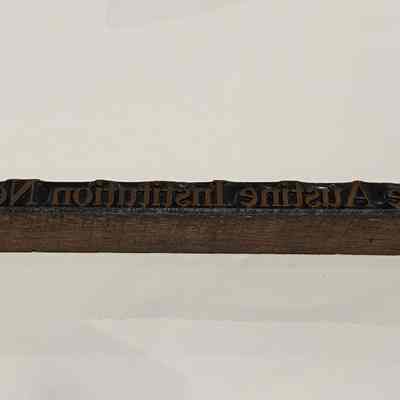

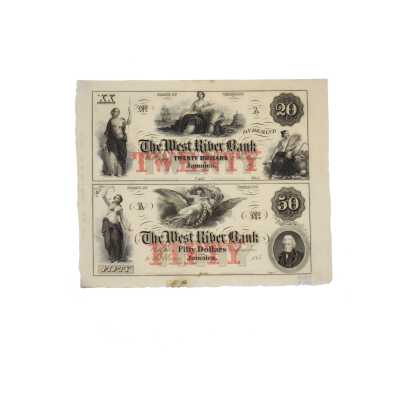
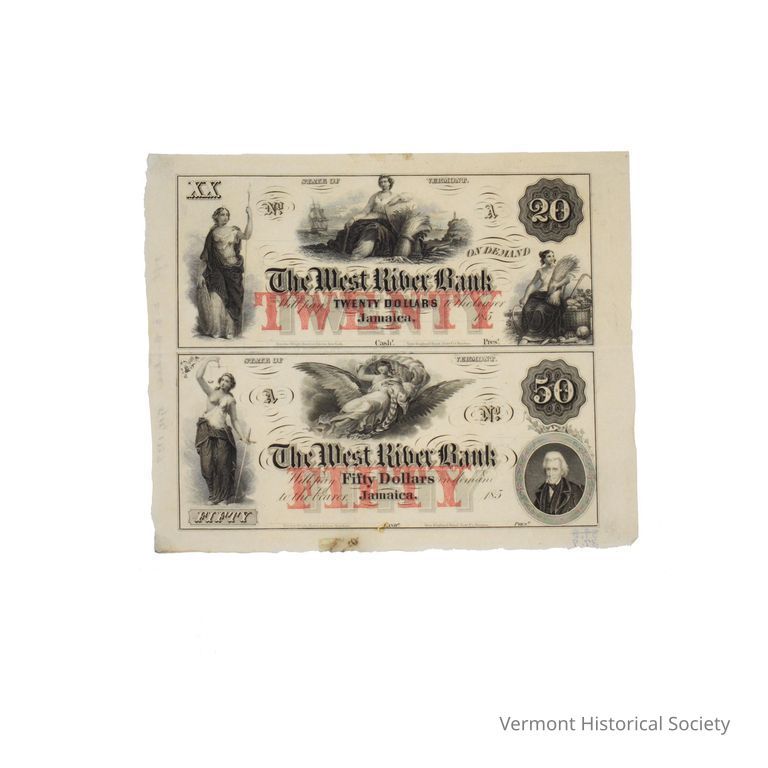
The upper note (the 20) has an illustration on the left of a woman draped in cloth and holding a spear and shield. She is wearing a five-pointed star on the top of her head, and brooch in the shape of a face at her center breast. At the center top is a woman on the shore sitting on a rock and leaning against a shield and a sheaf of wheat. She is wearing a tiara and holding a short staff. Ships and a lighthouse are visible in the background. In the bottom right is an illustration of a woman sitting on a plow and holding a sheaf of wheat in one arm and a scythe in the other. She is next to a basket overflowing with fruits and berries.
The lower note (the 50) has an illustration on the left of a woman draped in fabric and holding a downward-point sworn and a balance scale. She is wearing a coronet or wreath, and one of her breasts is bared. At the center top is an illustration of a woman sitting on a flying black eagle. The bird is holding one side of a length of striped fabric, while the woman holds the other end to shield her head. In the lower right corner is a portrait of Andrew Jackson.
Both notes are labeled, "STATE OF VERMONT." across the top. They each have unfilled signature lines at the bottom for "Rawdon, Wright, Hatch & Edson, New-York./Cashr." and "New England Bank Note Co. Boston./Prest."
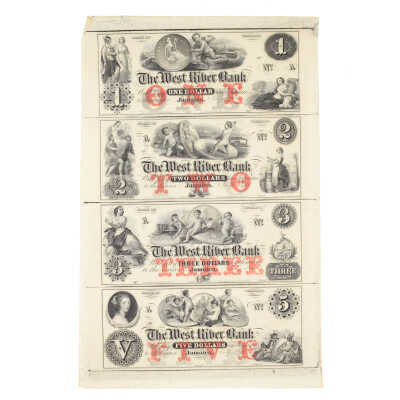
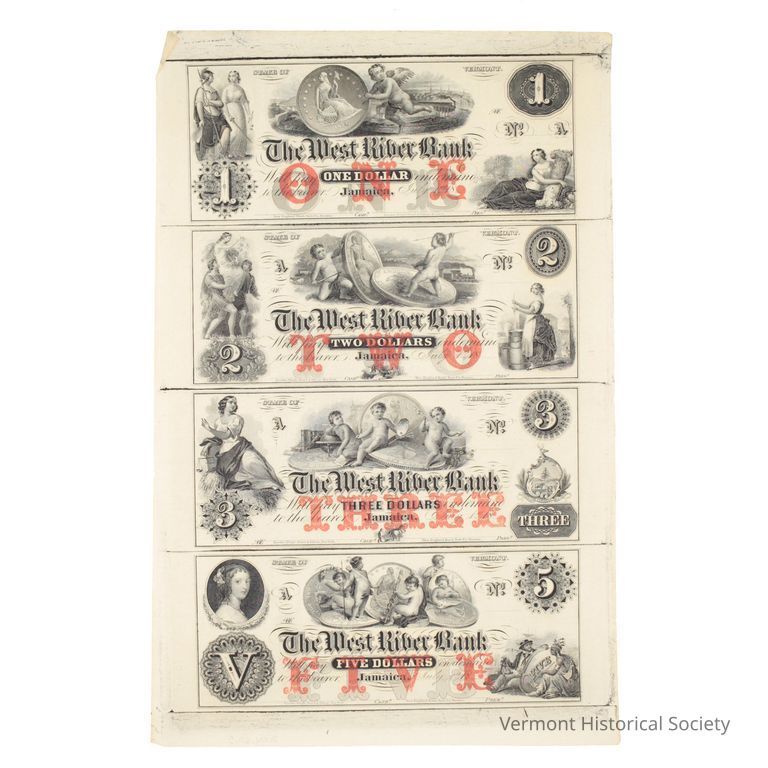
The upper note (the 1) has an illustration on the left of two women: one is carrying a spear and shield, and the other is carrying a sword and a set of balance scales. At the center top is a cherub flying above a city carrying a giant coin. In the bottom right is an illustration of a woman holding a floral pillar. She is next to a sheaf of wheat.
The second note (the 2) has an illustration on the left of two young men carrying a woman on their shoulders. At the center top, two cherubs are fighting and using large coins as shields. In the bottom right is an illustration of a woman churning butter.
The third note (the 3) has an illustration on the left of a woman holding a pair of balance scales and gesturing behind her At the center top are three cherubs lounging on coins with accessories of learning, such as paints and a globe. In the bottom right is the Vermont state seal.
The bottom note (the 5) has a portrait of a young women at the upper left. At the center top are five cherubs lounging with five giant coins. In the bottom right is an illustration of a European man and an indigenous American sitting with a large shield with the word "FIVE" written across it.
All notes are labeled, "STATE OF VERMONT." across the top. They each have unfilled signature lines at the bottom for "Rawdon, Wright, Hatch & Edson, New-York./Cashr." and "New England Bank Note Co. Boston./Prest."

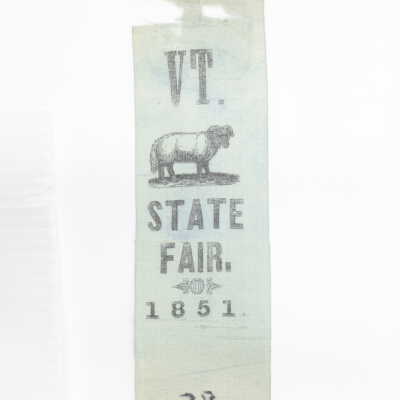
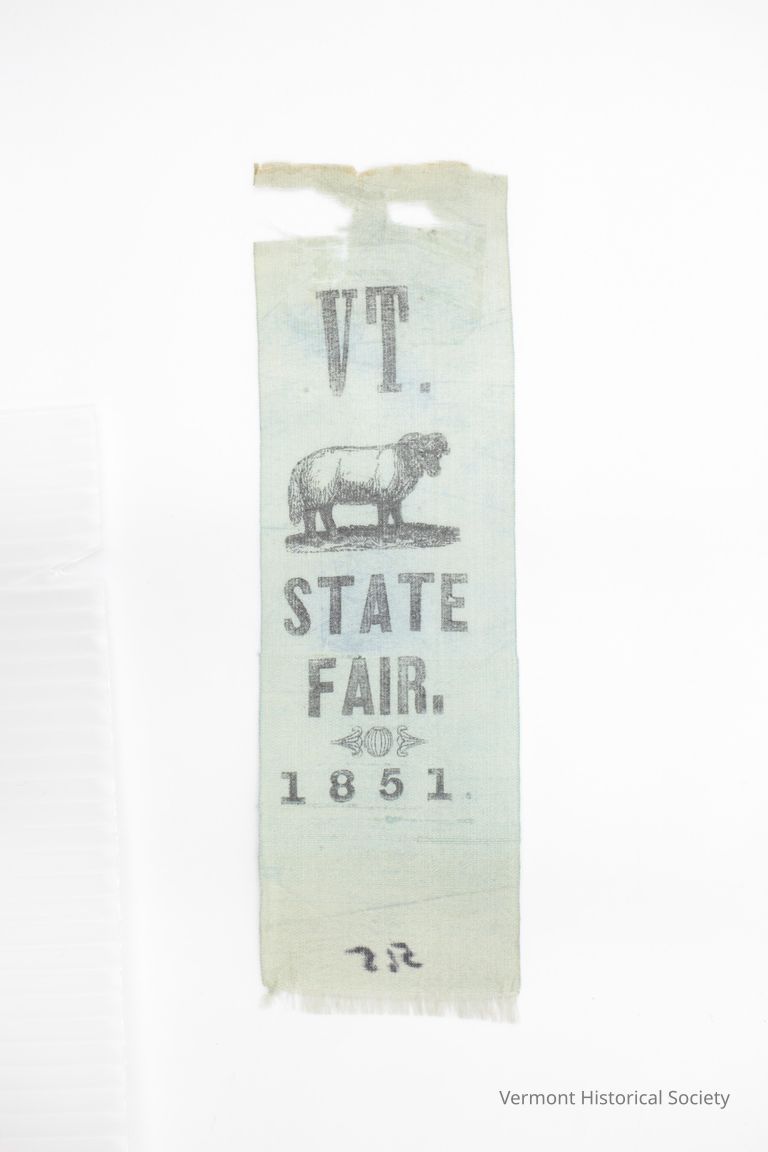

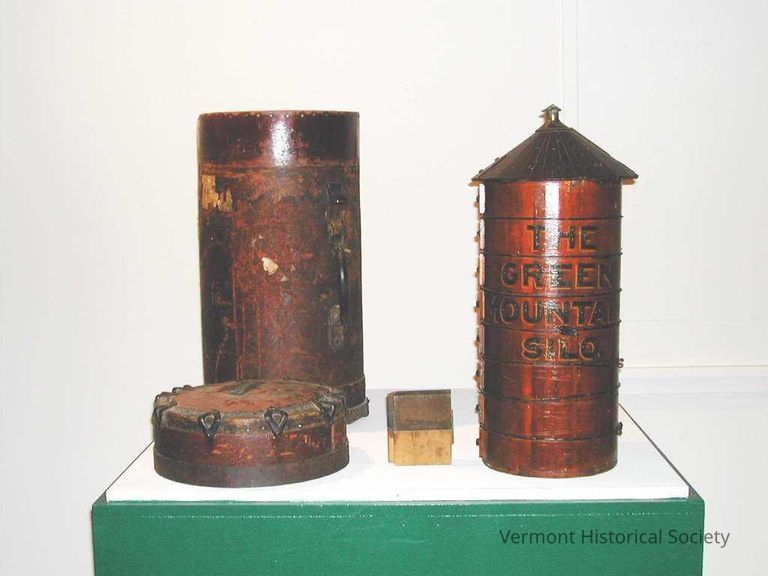
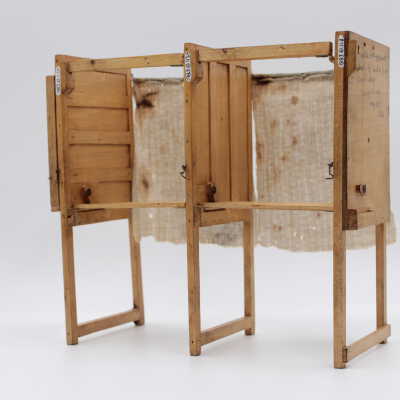
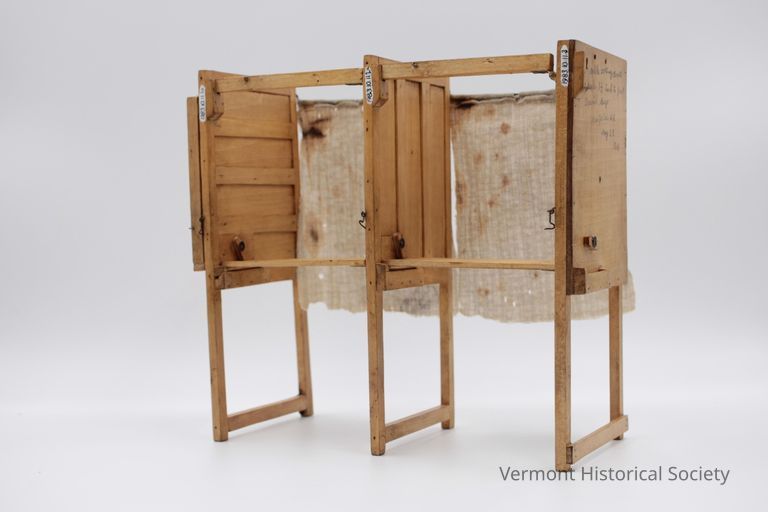
One panel is inked with the label, "portable voting Booth / Scale 1 1/2 inch to foot / David Mayo / Montpelier Vt / May 22 / 1911". Another panel is inked with the label, "Portable voting & folding Booth."
From an exhibit label:
"David Mayo was born in 1847 or 1848 in Chazy, New York. He moved to Montpelier in 1867 to apprentice as a wheelwright in the carriage-making shop of H.N. Taplin. Several of the inventors in this exhibit were wheelwrights, or wheel makers. They learned how to work with both wood and metal, two materials essential to most inventions of the time.
Mayo opened his own shop on Elm Street in 1871 and remained there for 42 years. He is a prime example of the ingenious Yankee, and his many models and drawings show his solutions to his customers' needs. When Mayo retired, the local newspaper reported on "the many models of things manufactured by him such as dump carts and sleds, snow scrapers, potato planters and potato hoes, hay wagons, sheep rack and snow roller, also election booths." To our knowledge, Mayo never patented any of his creations."
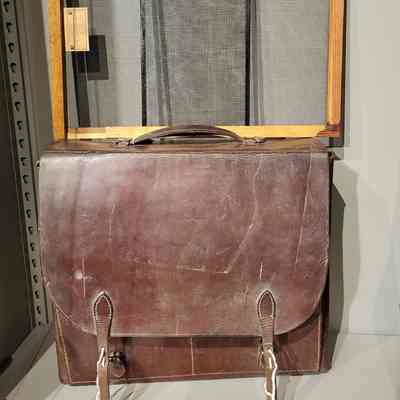
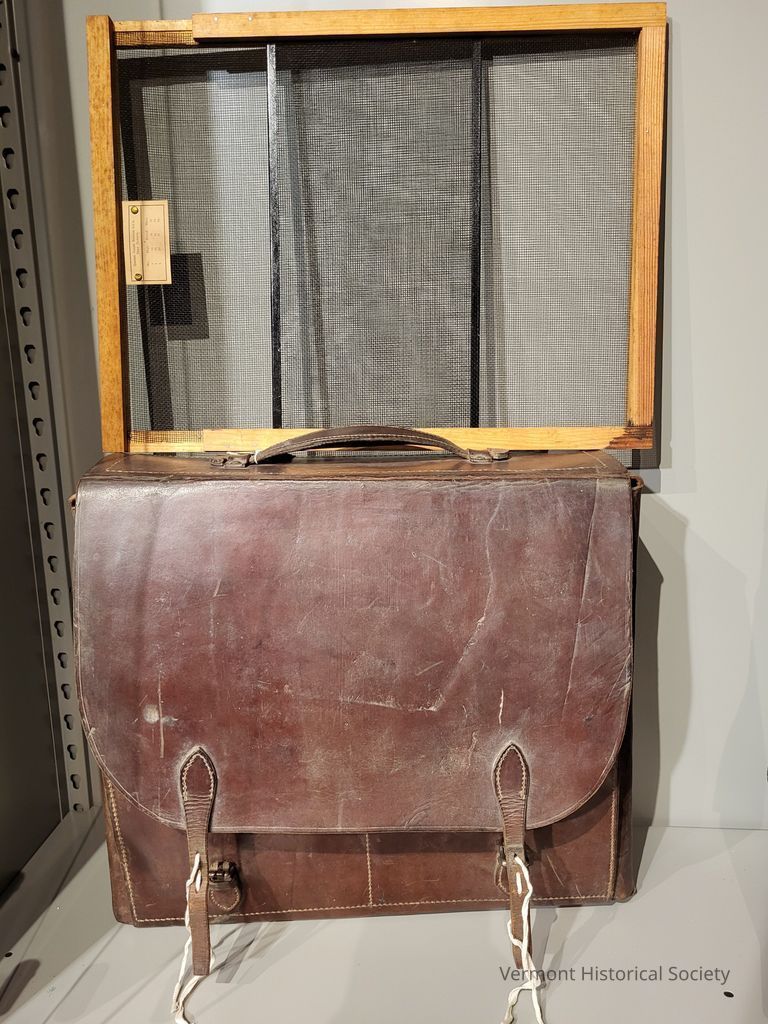
According to an information sheet provided by the donor, F.P.Elwert of Rutland, the Queen Ann Screen Co. was listed as in business in Burlington in a 1906 issue of Walton's. The principals were listed as W. & D.G. Crane and E.A. Pope. The information sheet suggests that the carrying case was handmade. This salesman's kit included six models of Queen Anne Screen Co.'s screen doors and four adjustable window screens.
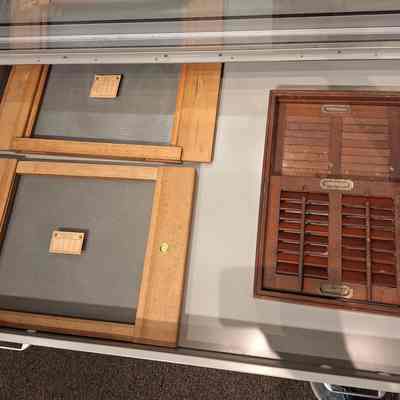
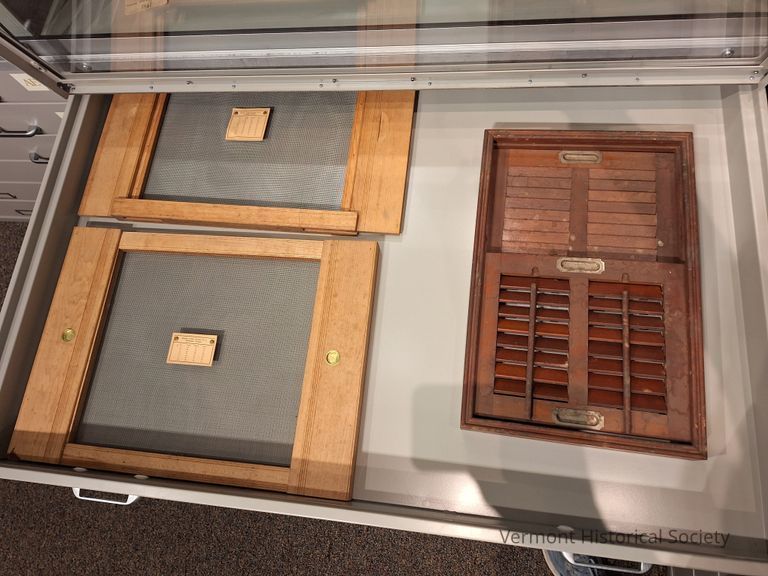
1l = defender screen; 1m leader screen; 1n sliding wooden louver with a label of Burlington Blind Co. with the patent date of May 3, 1892 on the label.
Porter Screen Co. catalogs for 1904 and 1906, plus a distribution list for 1906 are in VHS Library.
According to an information sheet provided by the donor, F.P.Elwert of Rutland, the Queen Ann Screen Co. was listed as in business in Burlington in a 1906 issue of Walton's. The principals were listed as W. & D.G. Crane and E.A. Pope. The information sheet suggests that the carrying case was handmade. This salesman's kit included six models of Queen Anne Screen Co.'s screen doors and four adjustable window screens.
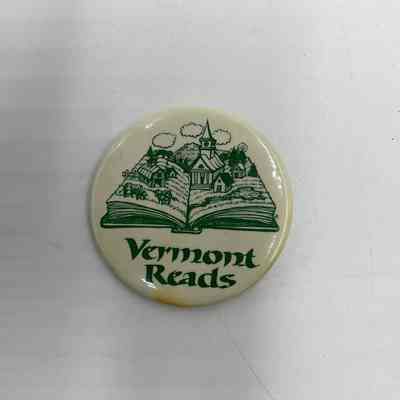
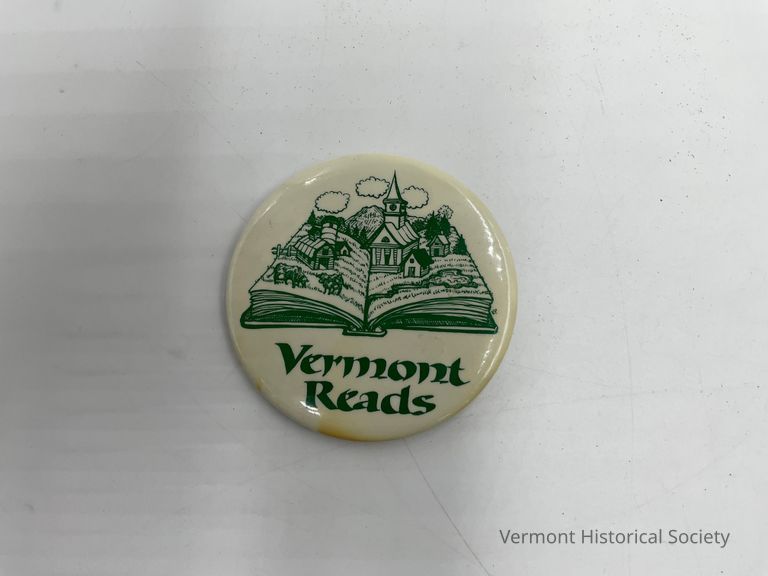
"Since 2003, Vermont Humanities has invited students, adults, and seniors across the state to read the same book and participate in a wide variety of community activities related to the book’s themes. In 2021, we shifted this annual program to start each year on July 1.
Over 200 different Vermont towns, cities, and villages have participated in Vermont Reads to date. Schools, libraries, service organizations, churches, businesses, or other community-based organizations can start by filling out a brief application."
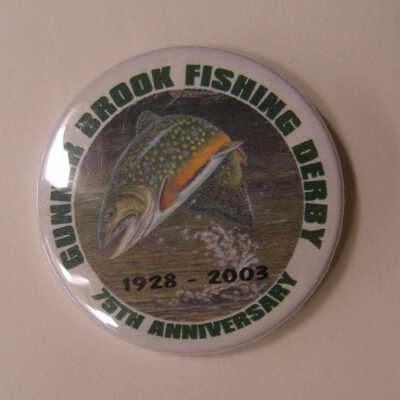
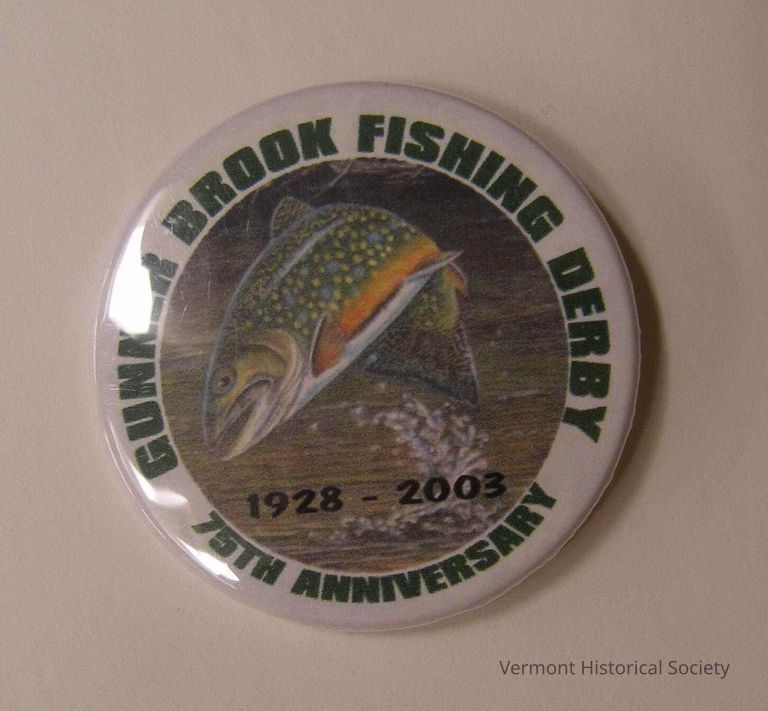
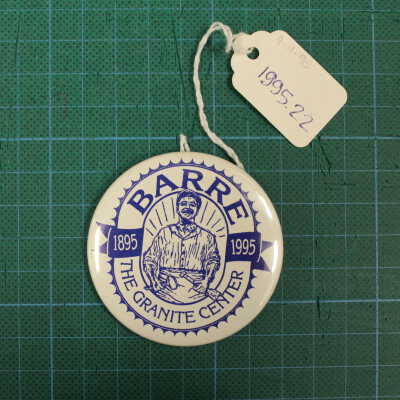
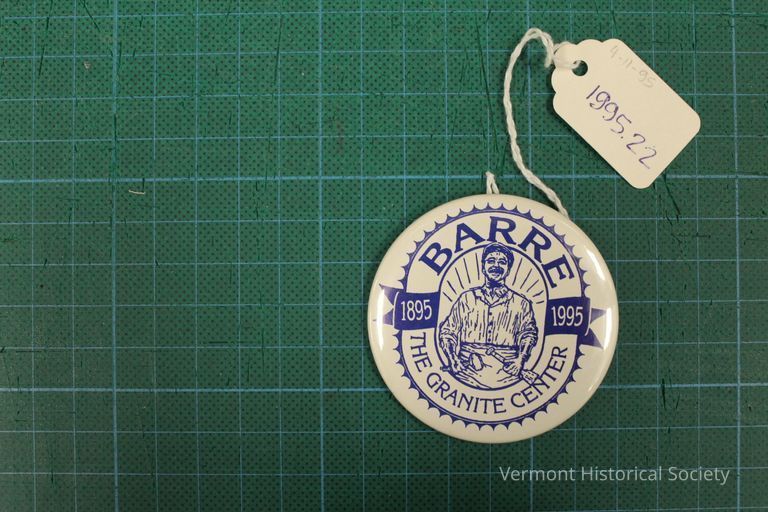
" Barre Gray Granite was used extensively in the early 1800’s for millstones, paving stones and home and building construction. It was at that time that Robert Parker became Barre’s first professional quarryman and the first granite manufacturer. Slowly, but steadily the granite industry grew, causing Barre’s population to expand to 2,012 by the year 1830. A few years later the industry would get a tremendous boost with the contract for a new Vermont Statehouse to be built of Barre Gray granite in Montpelier, VT. It was the first major building project to use Barre granite. Then, in 1875, the railroad came to town, giving Barre access to the markets of the world.
In the 1880’s, Barre experienced a technological boom. Emery L. Smith, who later became the first mayor of Barre City, pioneered new quarrying technology, including a permanent derrick, electrically detonated explosives, the steam drill and the pneumatic plug drill. Electricity came to the region in 1885, giving rise to power cutting, polishing, surfacing, carving and stone transferring with overhead cranes.
With rapid growth in the granite industry, immigrants began flooding into Barre, and by 1890 the population had more than to 6,790. The first workers to arrive were Scots, followed by Italians, Scandinavians, Spanish, English, Irish, Greeks, and French-Canadians. When an order for 10 million hand-cut paving stones for the city of Troy, New York, was received, this gave Barre’s granite industry a big boost in the 1890’s. At that time about 40 quarries were cutting granite, primarily for monuments and memorials, and by 1902 Barre became the Granite Center of the World, with 68 quarries producing granite valued at more than $1.5 million."

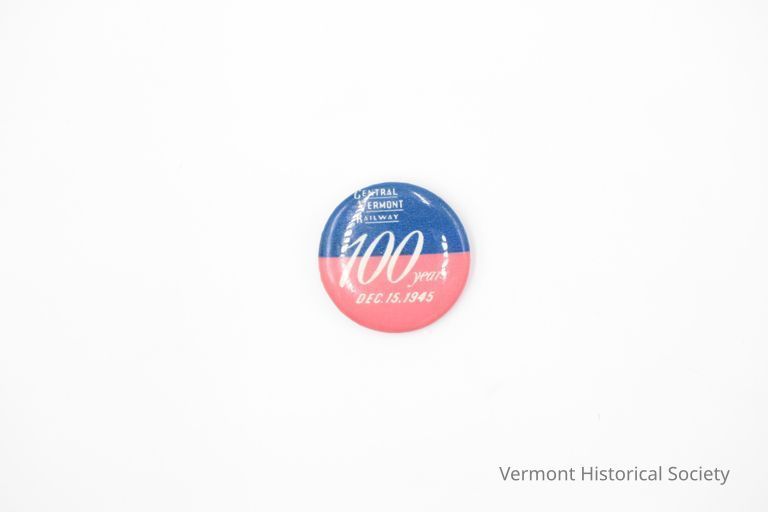
/ RAILWAY", and on the bottom of the button "DEC. 15 1945".
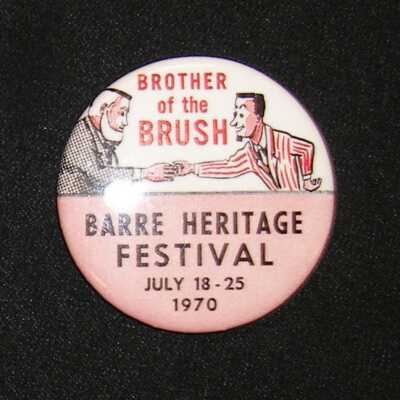

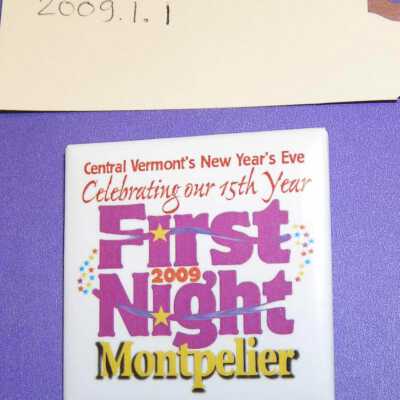
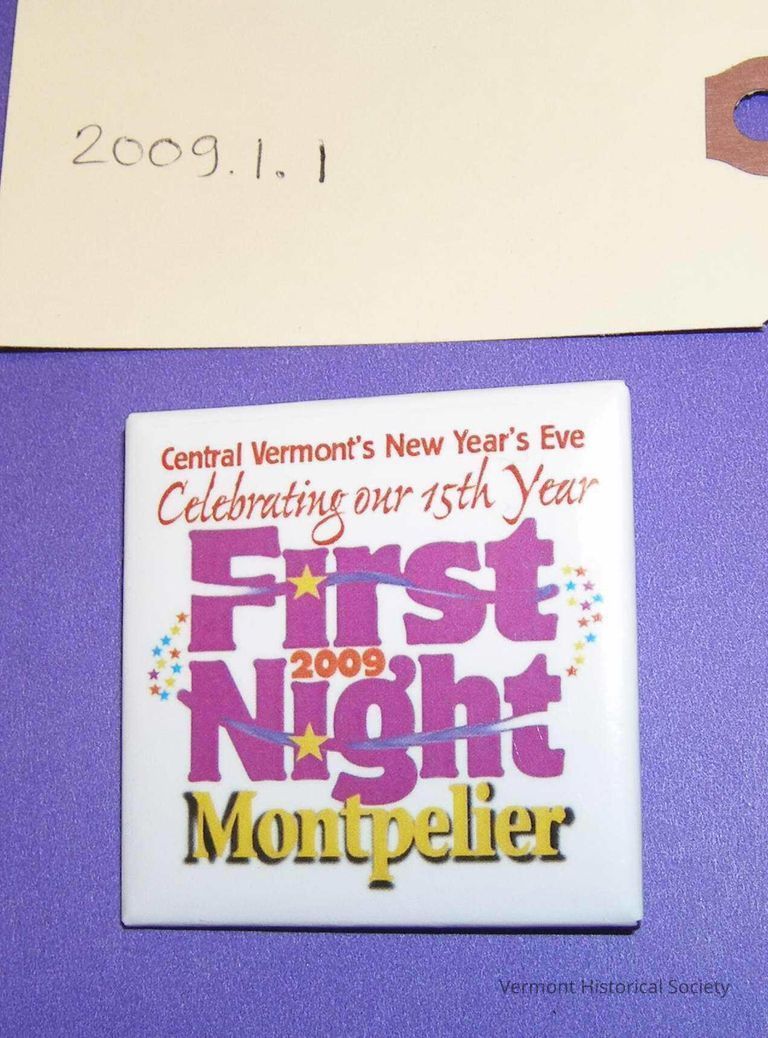

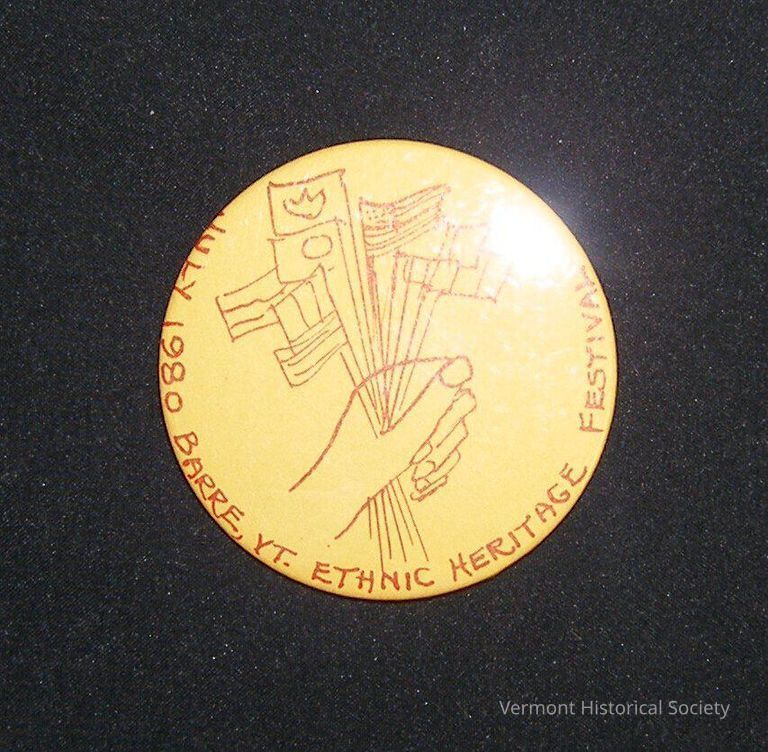
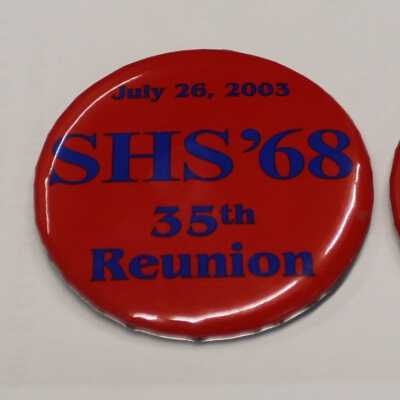
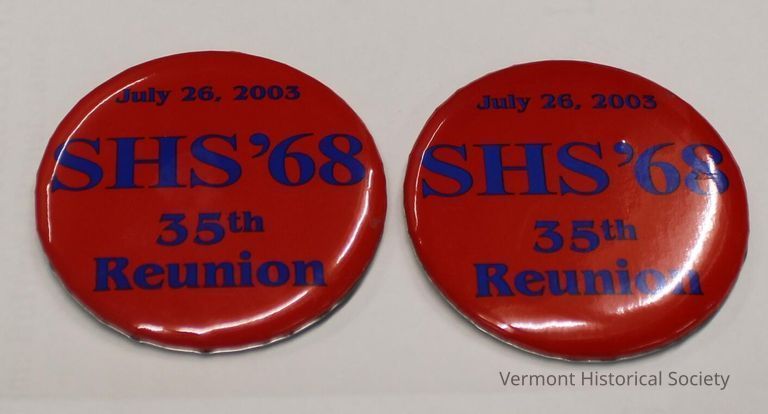
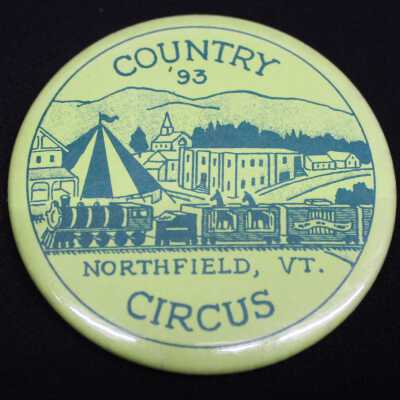
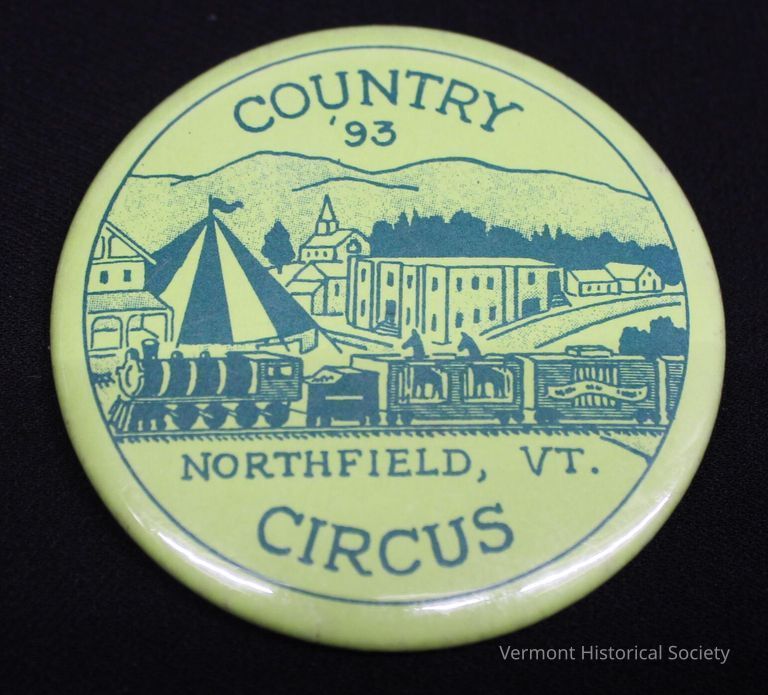
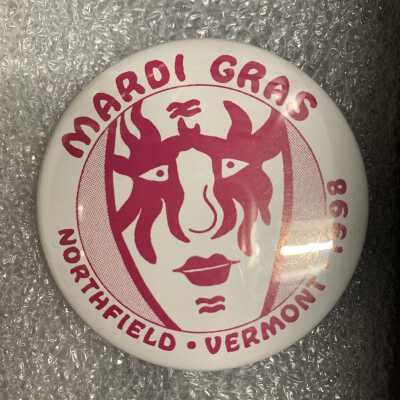
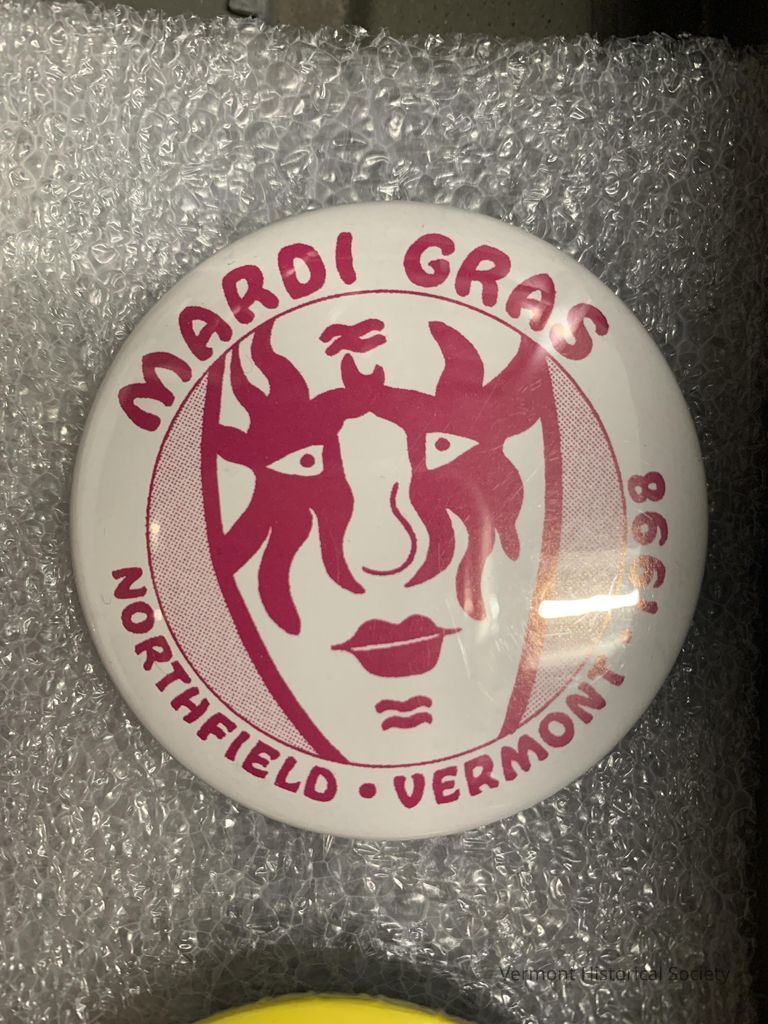
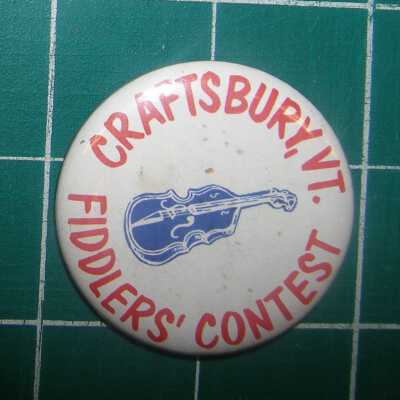
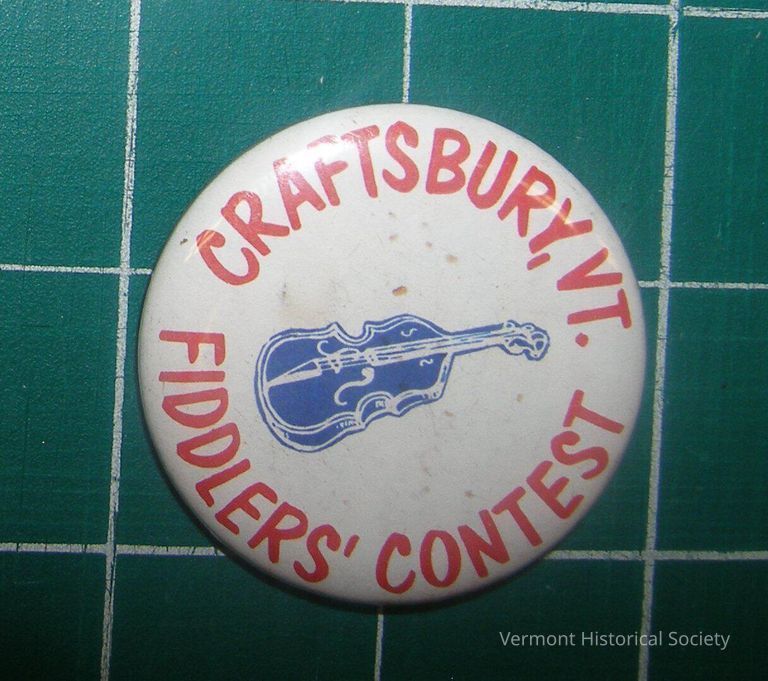
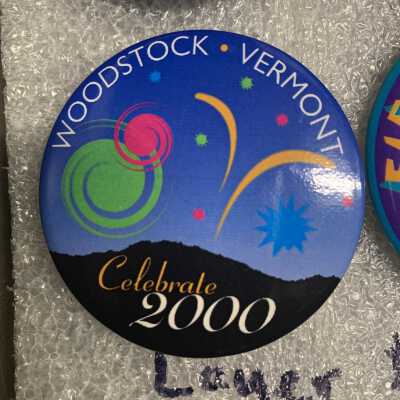
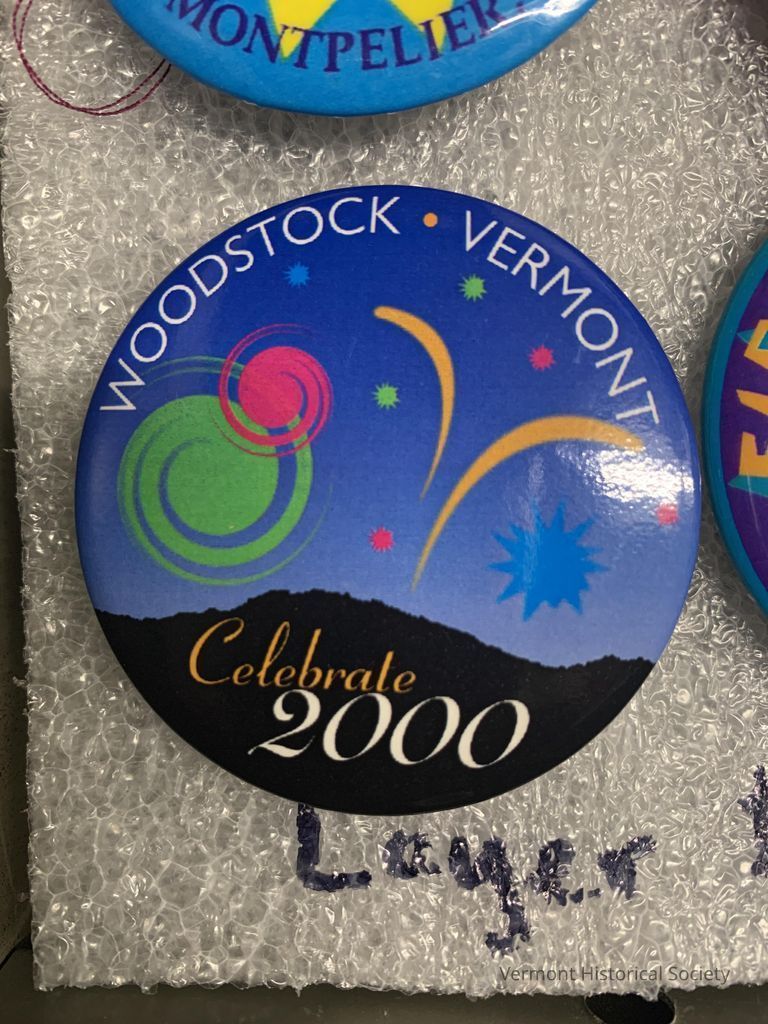
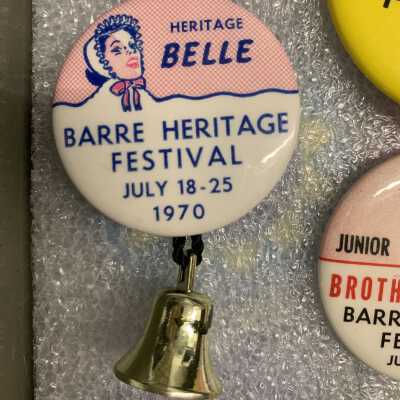
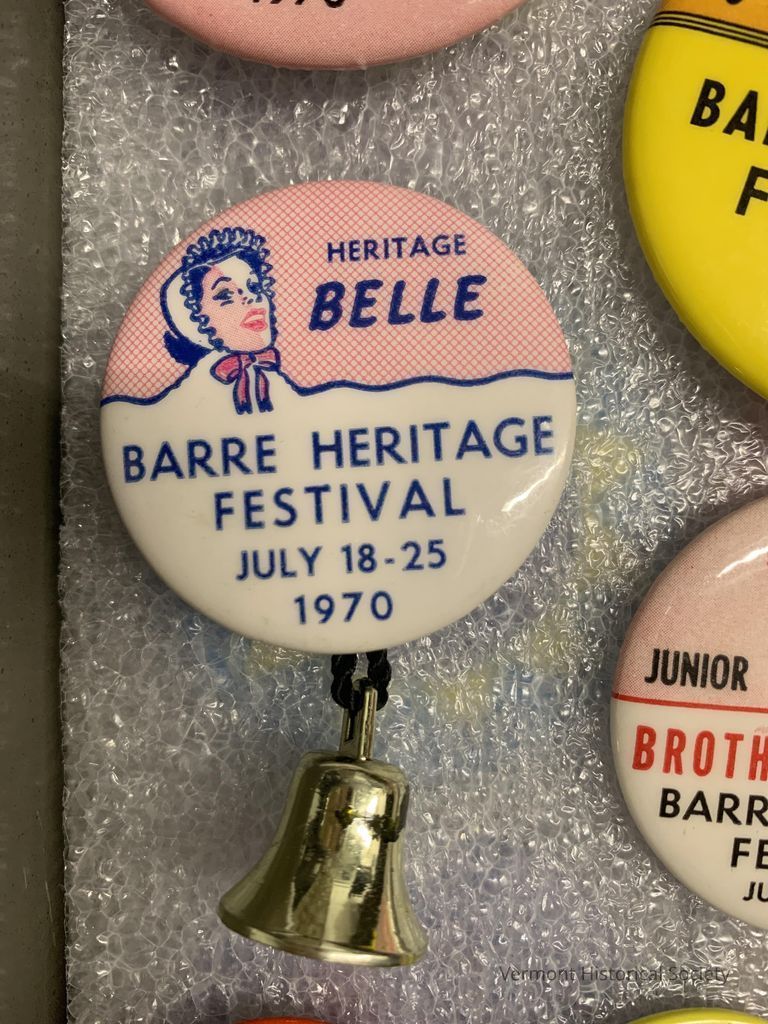
Her obituary from https://www.hookerwhitcomb.com/obituary/4000351
Ruth R. Smith, 91, of Camp Street, passed away peacefully on Saturday, November 5, 2016, at home with her family at her bedside.
Born on December 27, 1924 in Northampton, MA, she was the daughter of the late Ralph Ernest and Maria W. Reynolds.
Ruth graduated from Northampton High School in Northampton, MA with the class of 1942. She received a Bachelor of Science degree from the University of Massachusetts in Amherst, MA in 1946 and continued her graduate studies in the field of economics at Mount Holyoke College in South Hadley, MA.
On October 11, 1947, she married Donald Ladd Smith of Barre Town, VT in Northampton, MA. He died on March 7, 2001. After their marriage, the couple moved to Vermont.
Ruth worked in the office of Cook, Watkins, and Patch before working as a reporter for the Montpelier Argus and Burlington Free Press for several years. In 1969, and she and her husband bought Windy Wood Orchard which she continued to operate until 2004. Ruth was also a licensed Casualty Insurance Agent and a Welcome Wagon Hostess for several years.
In addition to raising her family and working, Ruth was a member and former chair of the Barre Town School Board for 7 years, and Chair of the Barre Town Bicentennial Committee. She was also very involved in politics, she was a member of Washington County Republican Committee, former chair and secretary of the Barre Town Republican Committee, and a member of the Vermont House of Representatives from 1987-1994 representing Barre Town. Ruth served as Secretary of the Vermont State Republican Committee for 4 years, Chair of the Republican Mental Health Task Force for 6 years, Treasurer of the Vermont Federation of Republican Women, and as past President of the Vermont Legislative Women’s Auxiliary. She was an Incorporator and former member of the Board of Trustees of the Austine School for Deaf in Brattleboro, former member of the Vermont Federal Bank Advisory Board and a former member and co-chair of the Barre Granite Museum Study Committee.
In 1984, Ruth received a Greater Barre Community Service award, she was also presented with an Outstanding Legislator of the Year Award from the Sportsmen’s Alliance for Vermont’s Environment in 1988, and in 1996 she was awarded the Barre Town Citizenship and Service Award.
Ruth was the founding member and President of the ABH Extension Homemakers Club, as well as President of the Washington County Extension Homemakers. She was a Girl Scout troop leader and went on to serve as District Chairman and Officer of the Board of the Vermont Girl Scout Council. Ruth was a former officer of the Cobble Hill Grange and a member of the State and National Granges. She also served as Treasurer, Vice-President and eventually President of Altrusa International of Barre from 1995-1997. In 1948, Ruth joined the Barre Congregational Church and served in the roles of clerk and treasurer.
In her spare time, she enjoyed playing Contract Bridge, reading and travel.
She is survived by her son, Donald Reynolds Smith of Barre; her daughter Rebecca Ruth Smith Miracle of East Montpelier; and her granddaughters Brittany Jane and Halen Elizabeth Miracle of East Montpelier.
Besides her parents and husband, she is predeceased by her sisters Ernestine Moore and Marilyn Gray.
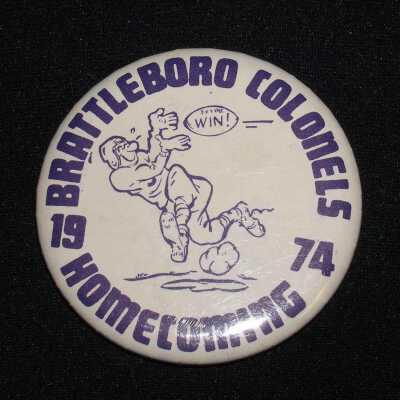
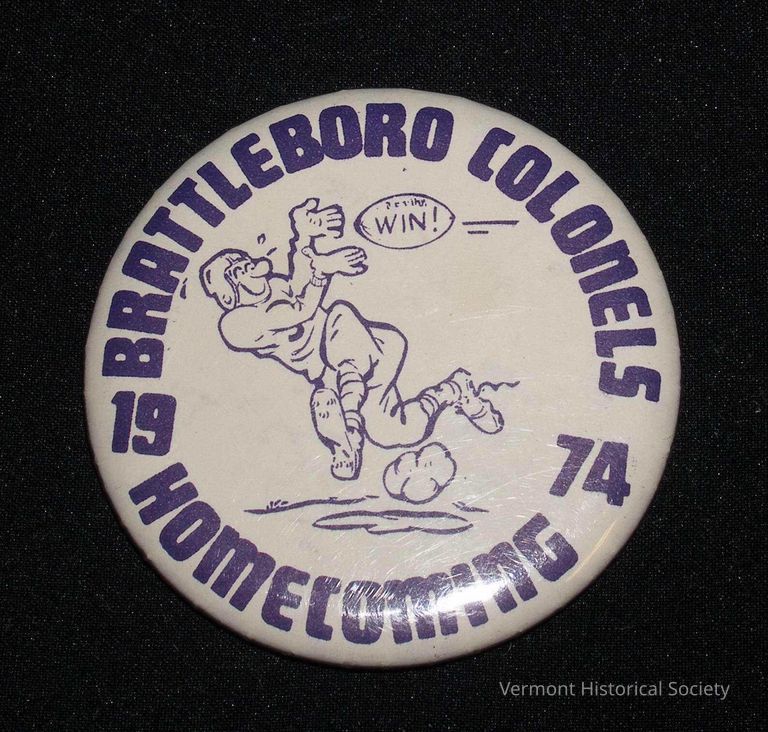
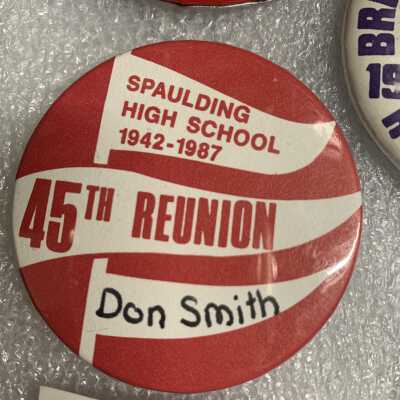
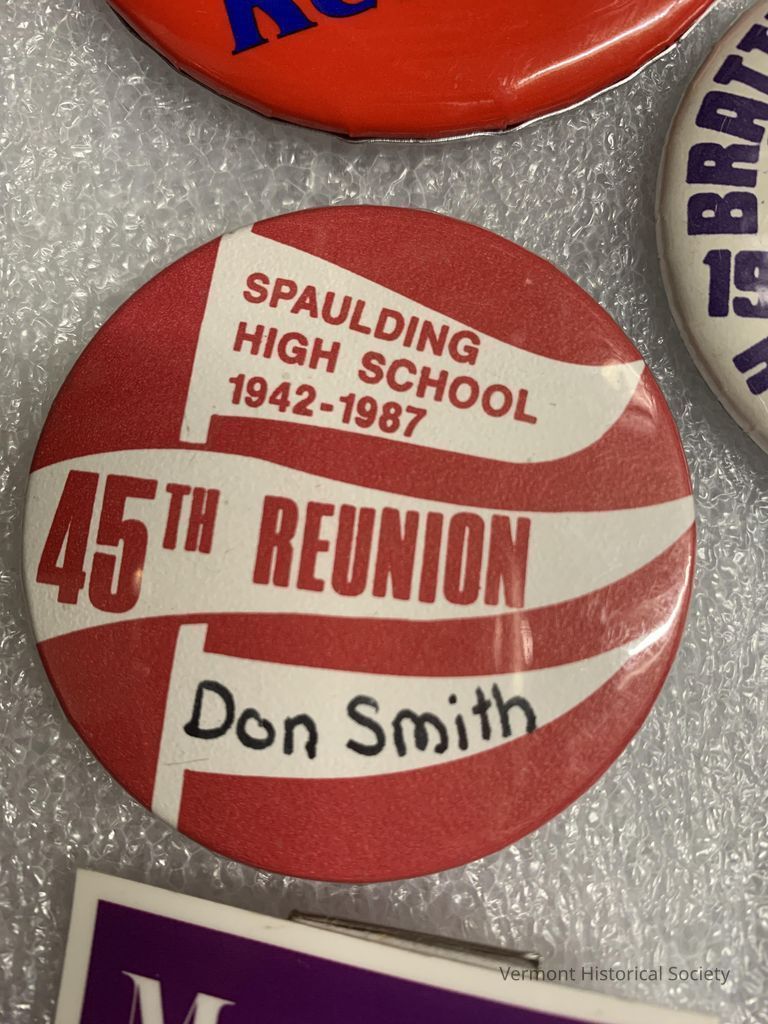
He graduated from Spaulding High School in 1942.
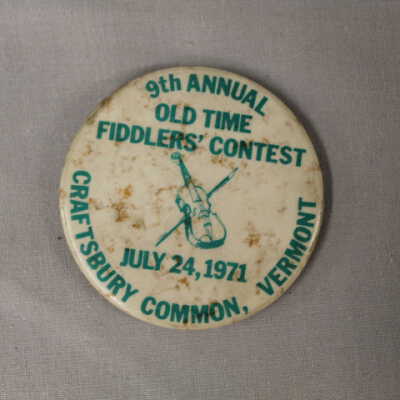
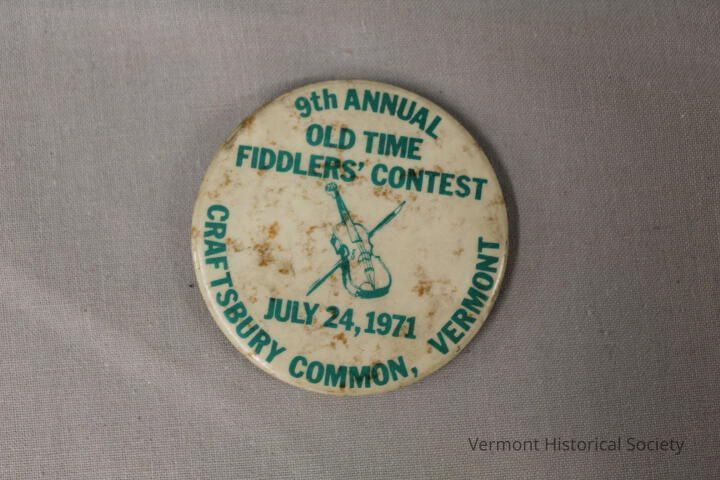
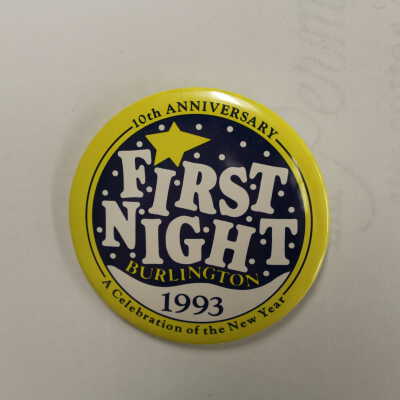
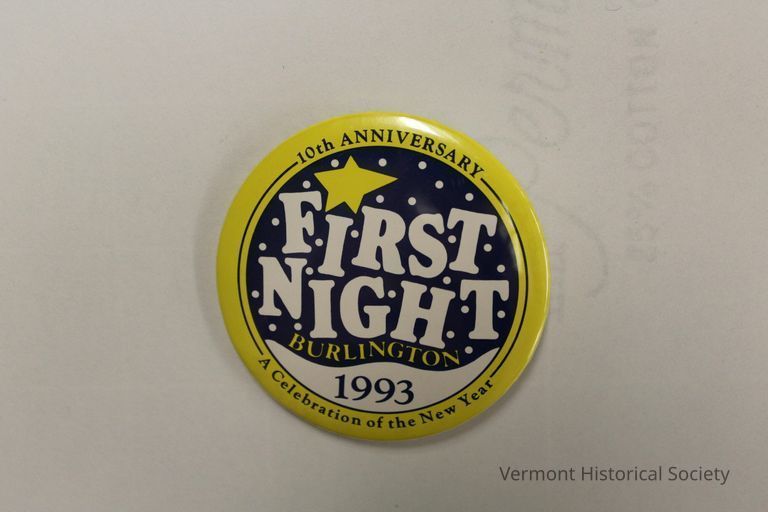
Source: https://www.burlingtonfreepress.com/story/news/2018/04/17/first-night-burlington-ends-35-year-run-done-cold-and-lack-money/525725002/
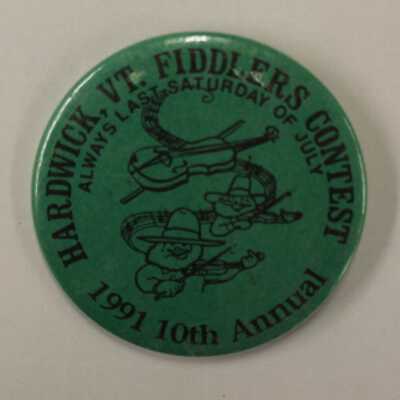
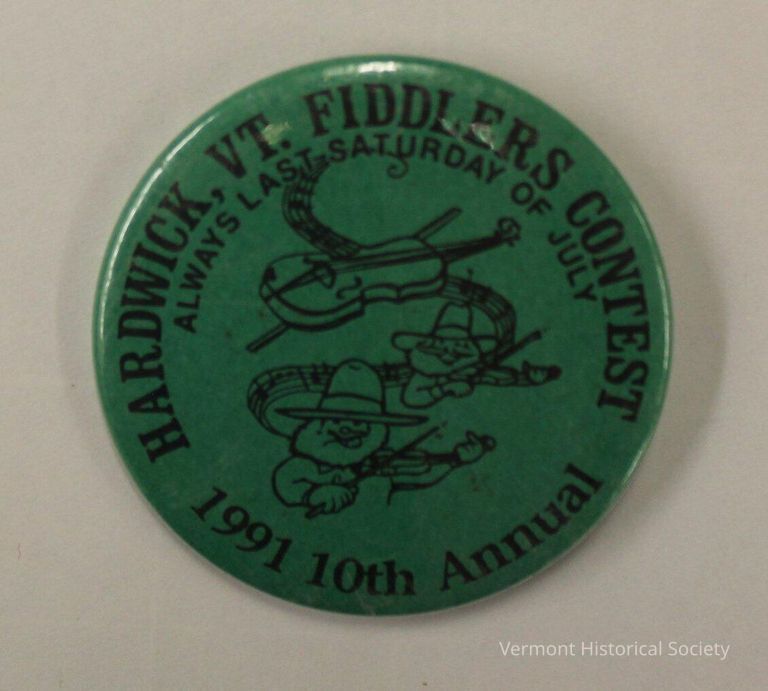
"Fiddle contests evolved from being endurance events to demonstrations of a set number of tunes, judged by certain criteria to determine who was the best.
These events helped raise money for local organizations of every description, and worked to preserve old-time fiddling. In recent years, the fiddle contest has declined significantly, due to the waning interest of competitors and spectators, as well as diminished financial viability."
https://www.vtcng.com/stowetoday/music/state-fiddle-history-explored-in-hardwick/article_c39e7e52-a5bb-5262-a0c5-bba79c623dbc.html
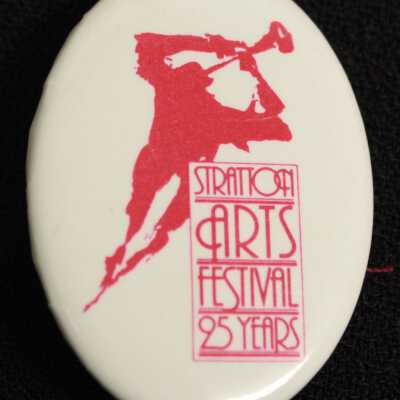
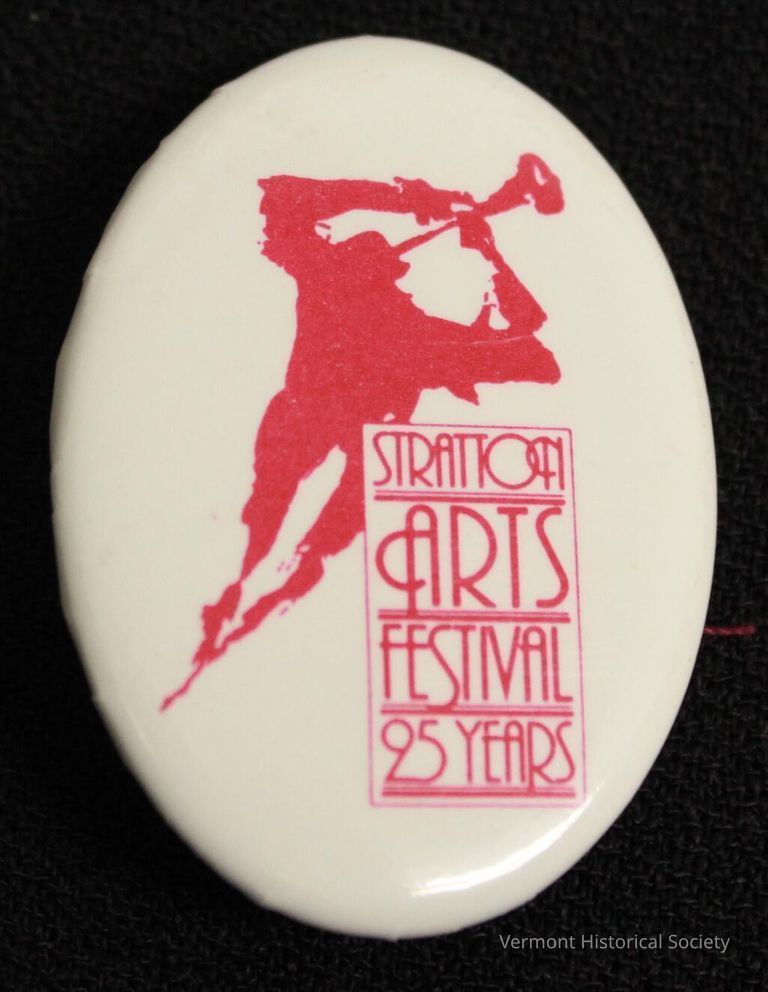
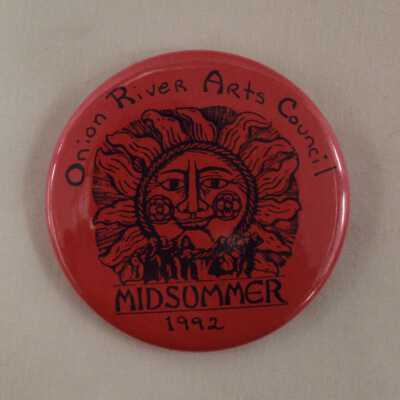
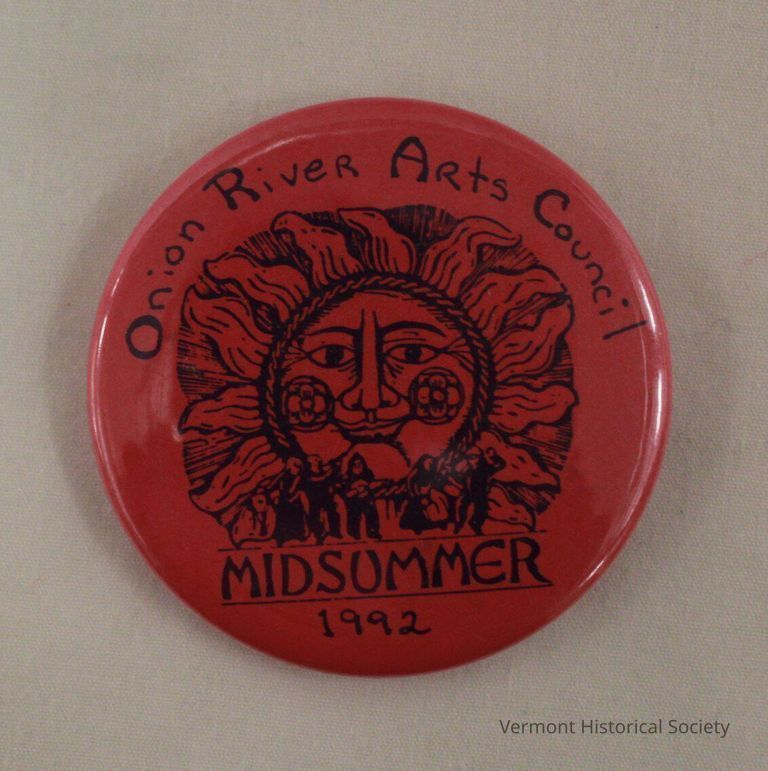
"The Onion River Arts Council was founded in 1974. It served as the major
presenter of performing arts events in Montpelier and Barre, Vermont, until it ceased
operations at the end of the year in 2004. In the 1990s the organization’s mission
statement read, “To present quality arts programs to the widest possible audience in
central Vermont; to provide cultural education, both in schools and for the general public;
to coordinate and be an advocate for the arts in the community; and to provide
opportunities for Vermont artists.”
ORAC organized community arts programs, sponsored arts programming in area
schools, organized arts festivals such as “Midsummer” and “First Night,” and co-sponsored the “Celebration Series” with the Barre Opera House. The Midsummer Festival probably started in 1982, although the collection includes no material from this event. In 1983 the festival was billed as a celebration of Vermont’s folk life and heritage and was held at Vermont College in Montpelier. It evolved into a festival of the arts held on the State House lawn featuring theater, dance, popular and traditional music, story telling, and mime. The festival usually included a street dance and a “Pops” concert by
the Vermont Philharmonic Orchestra. In its last two years, 1995 and 1996, the festival
was billed as a “Midsummer Medieval Festival of the Arts.”
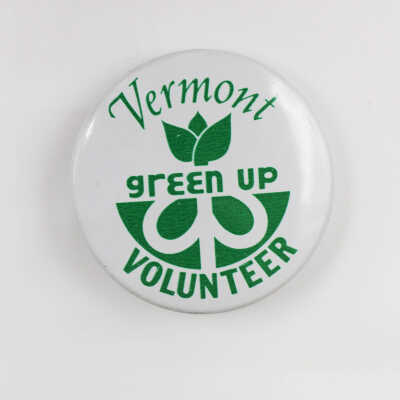
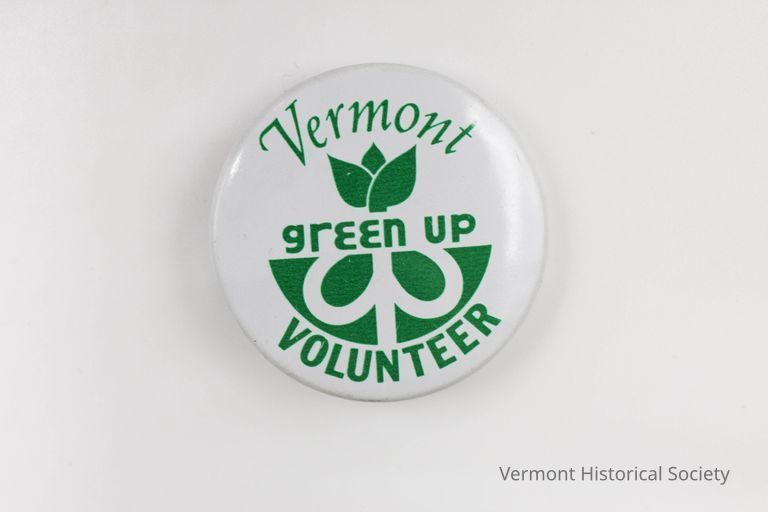
Besides a copy of Davis' account, there are materials about the fifth anniversary in 1983 of the state's 1978 bottle return law.
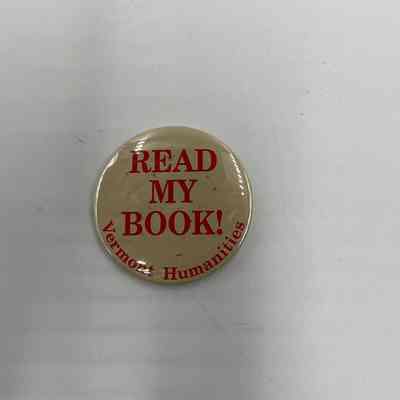
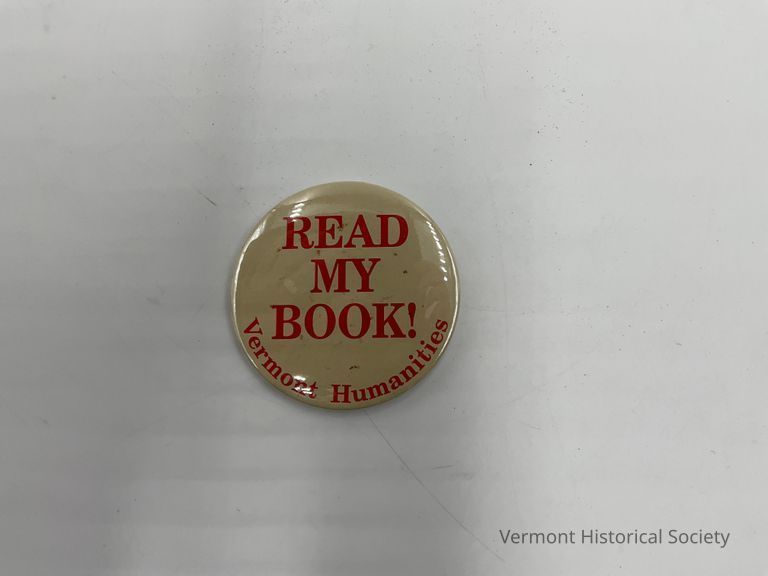
Source: https://www.vermonthumanities.org/about-vermont-humanities/
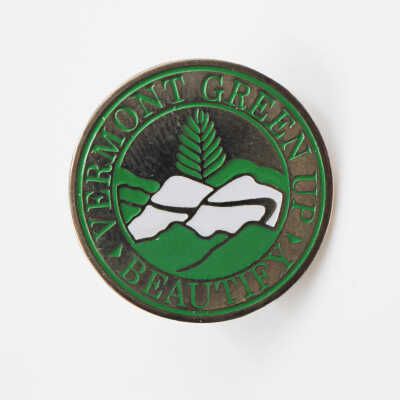
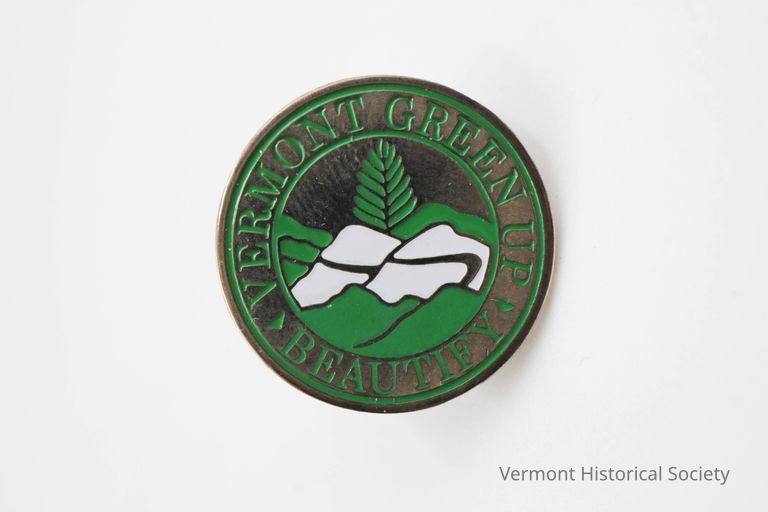
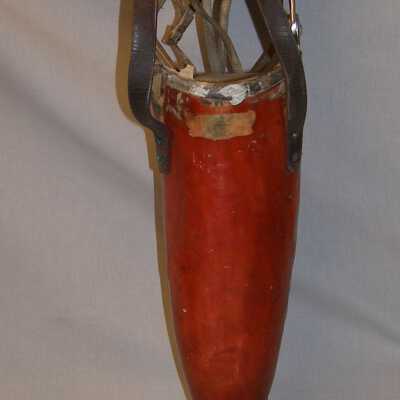
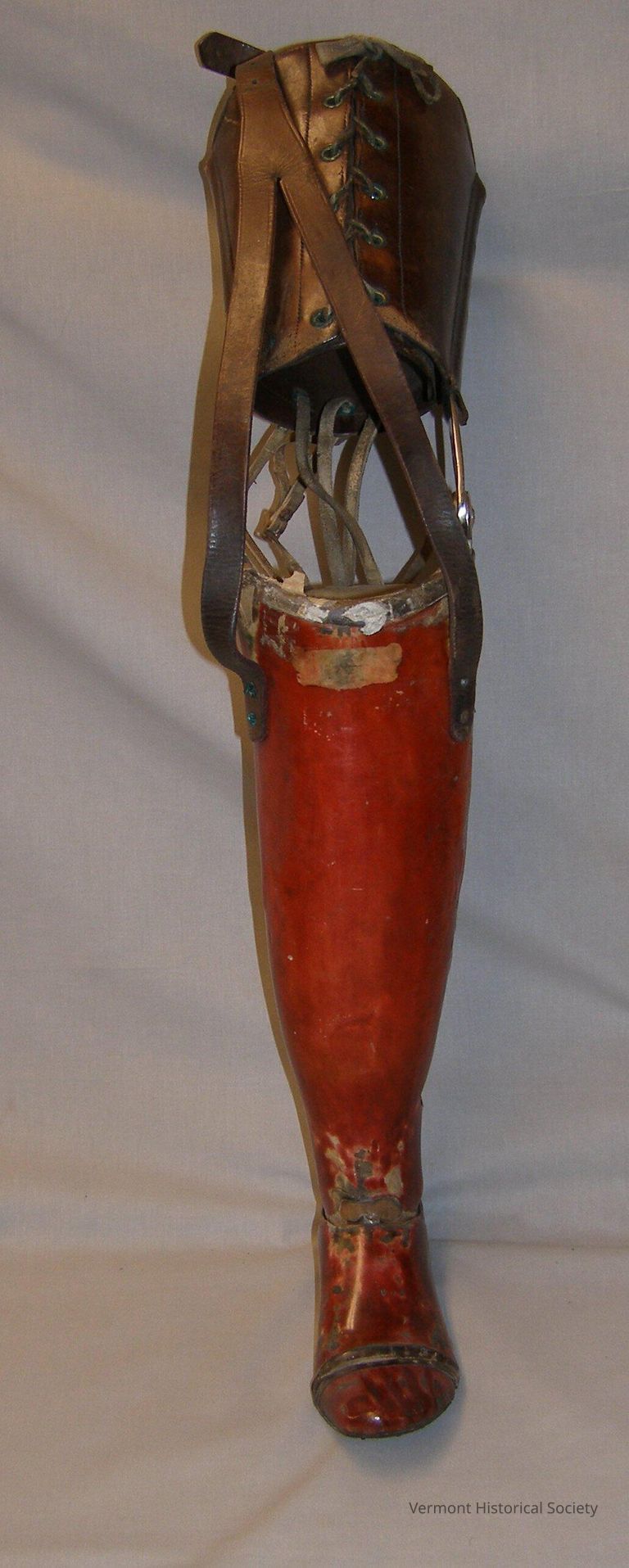

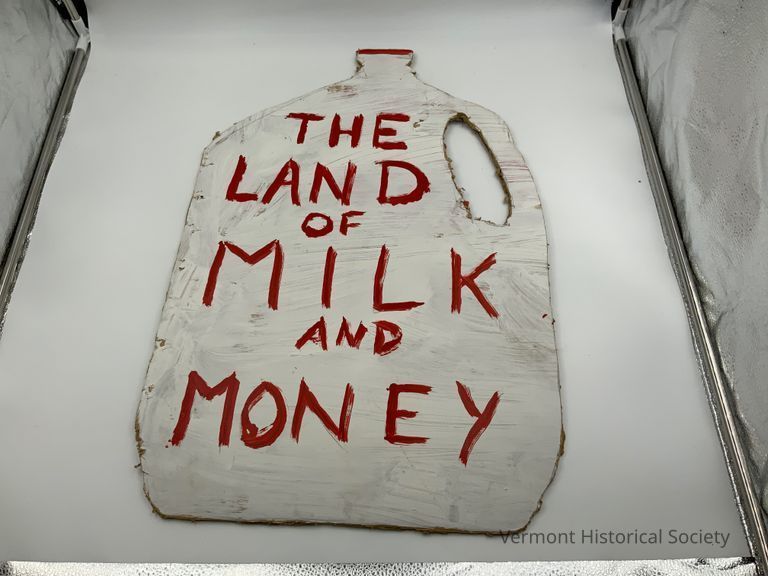
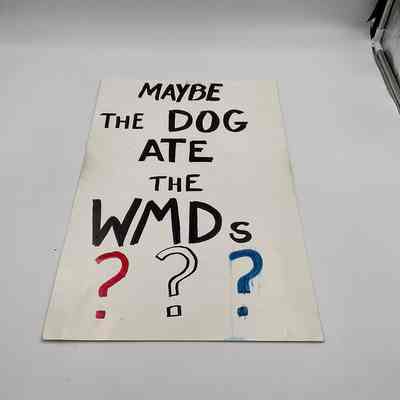
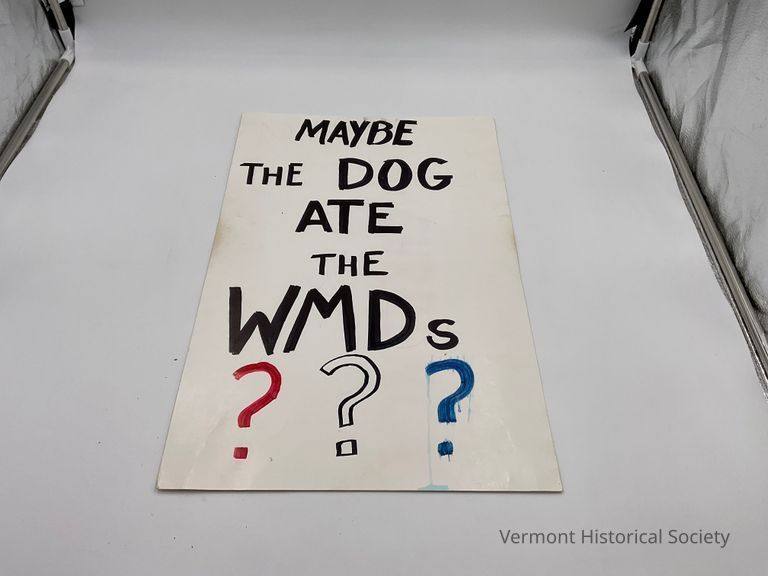
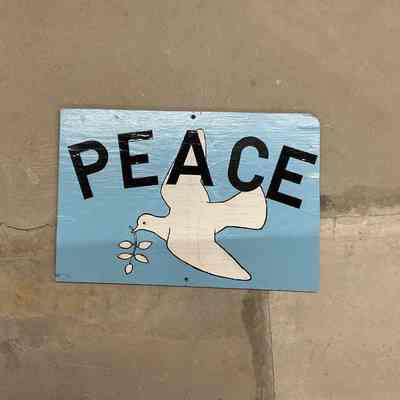
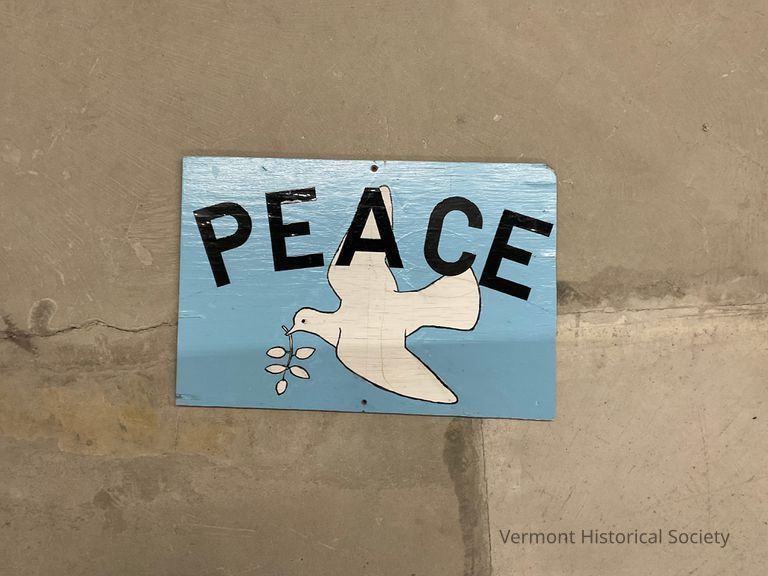
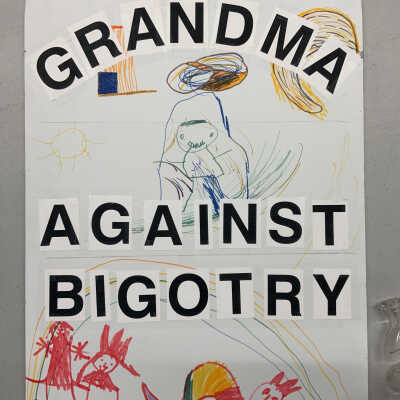
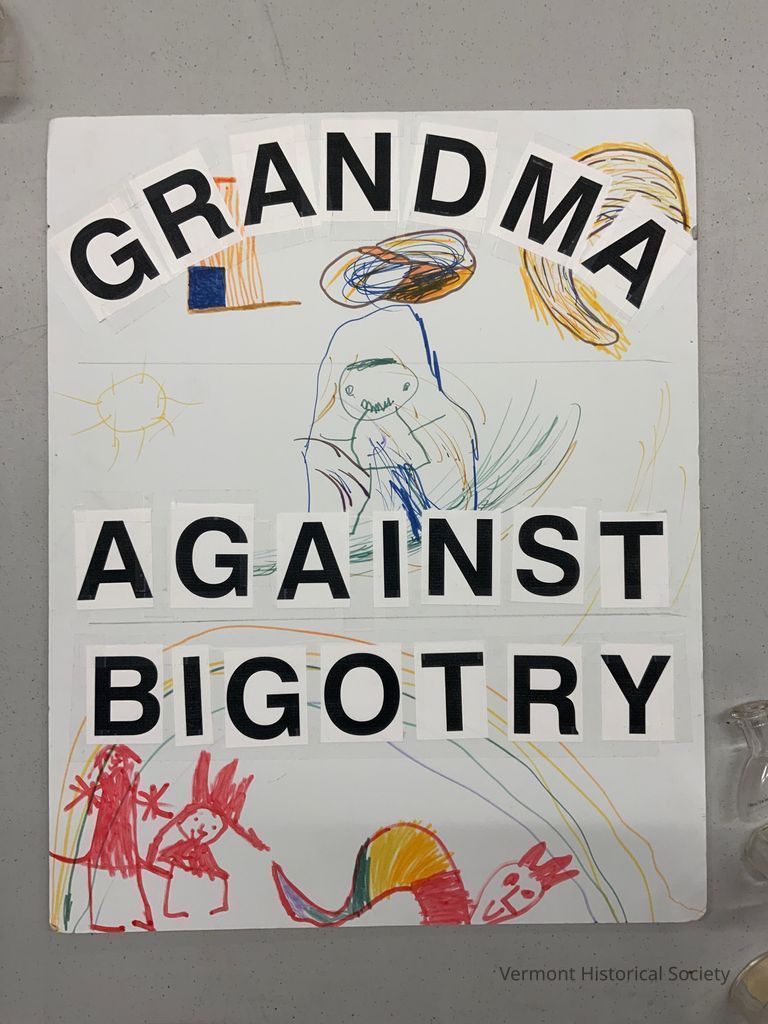

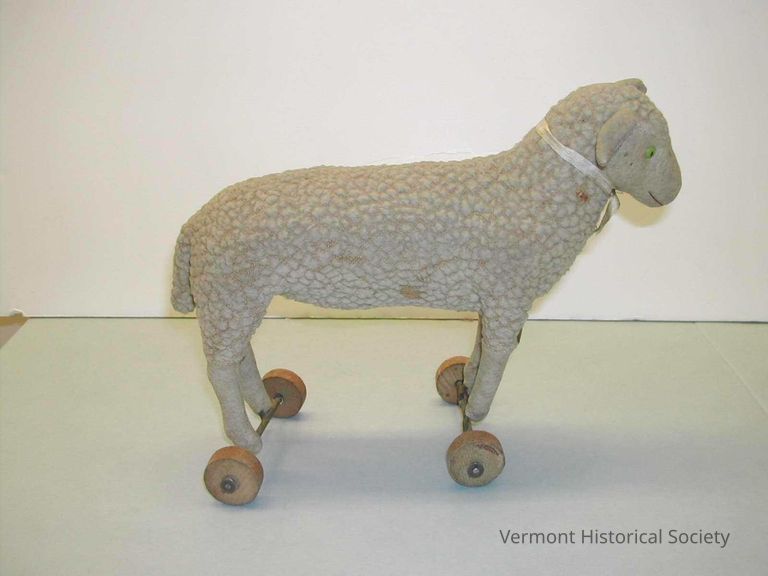
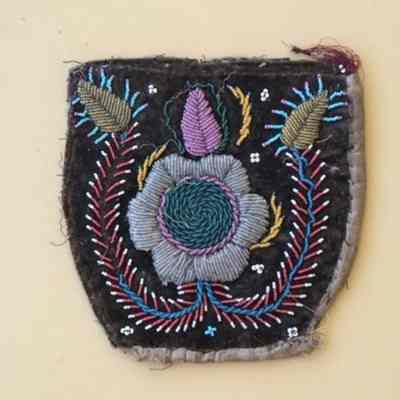
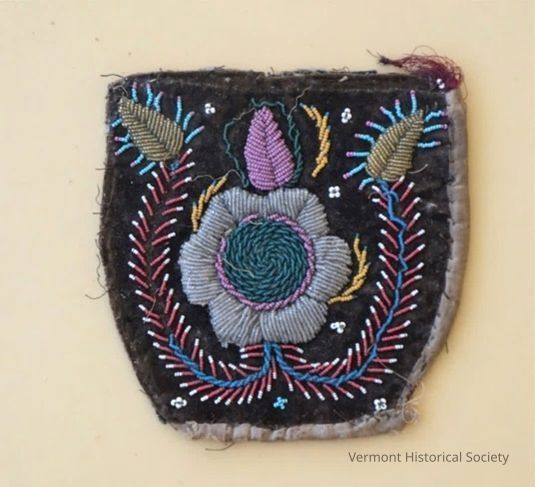
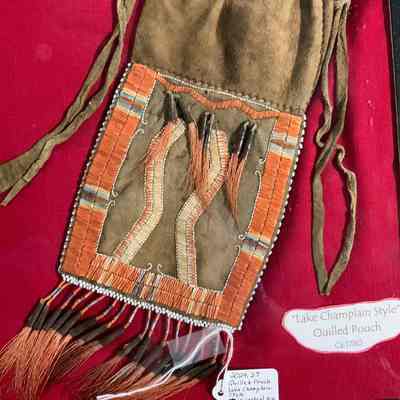
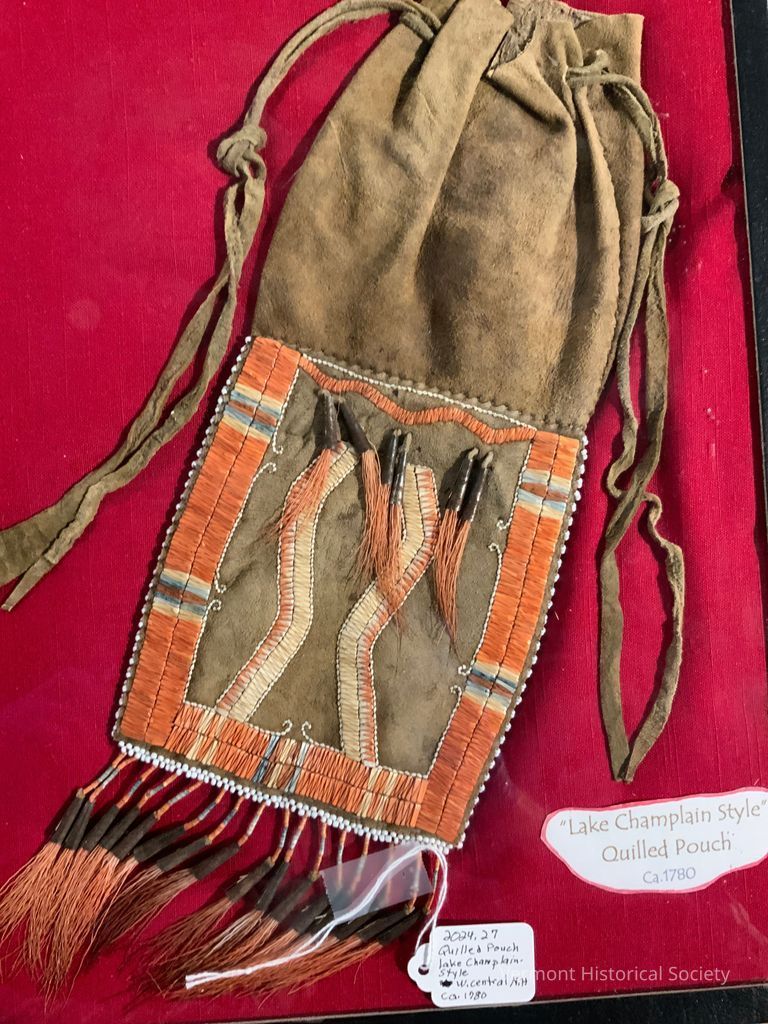
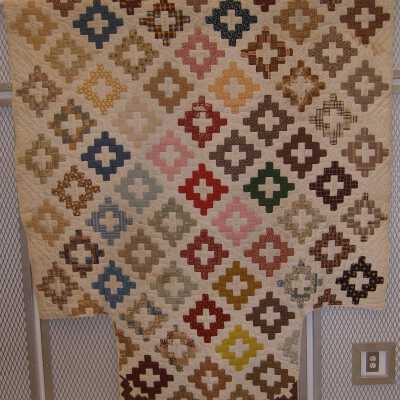
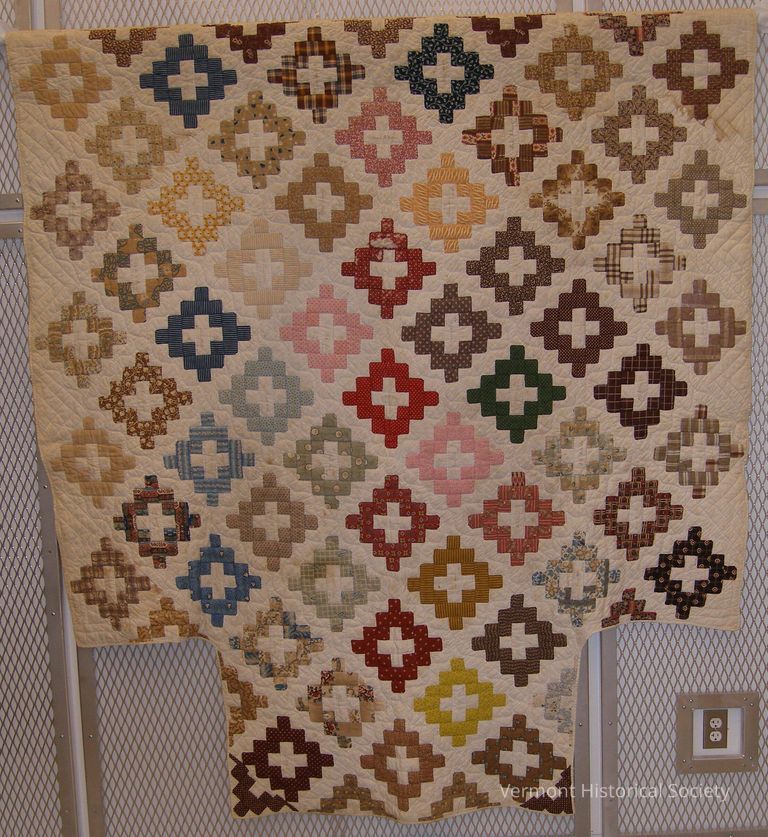
Friendship quilts were, and still are, a common form of communal gift to celebrate life milestones such as marriages, births, anniversaries, and housewarming. One of the squares is dated 1850 leading to an early construction date of that year. Betsey Mears had no big life events that year - that we know of. She did give birth to her second son in 1851 so this quilt may be for that event.
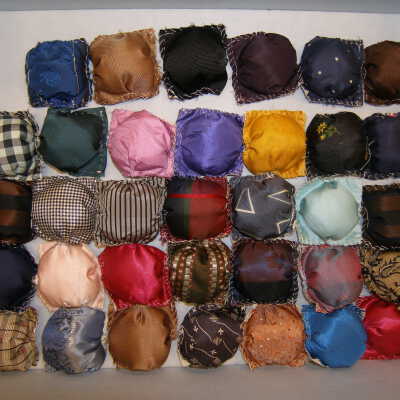
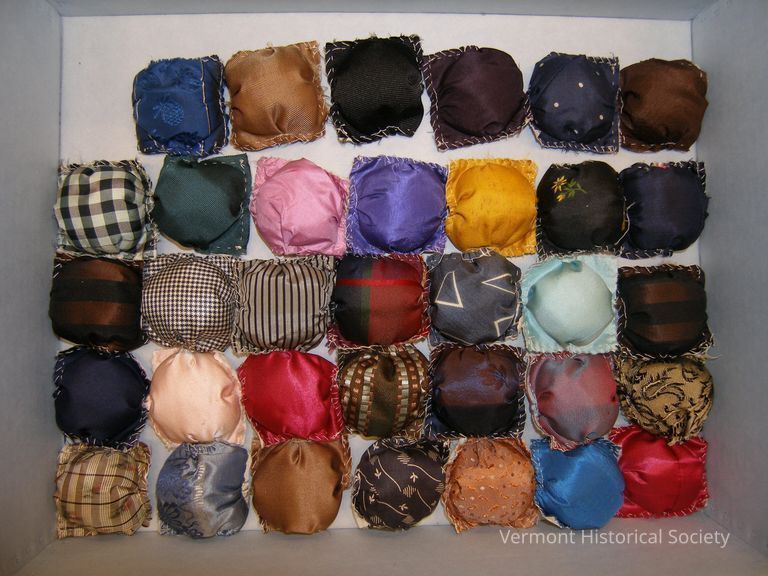
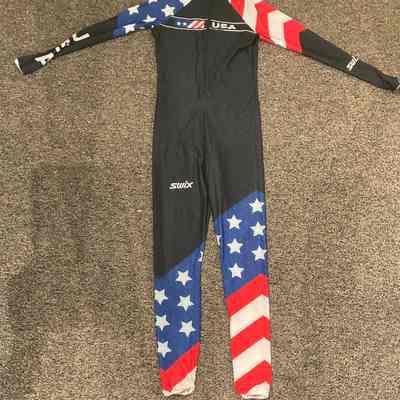
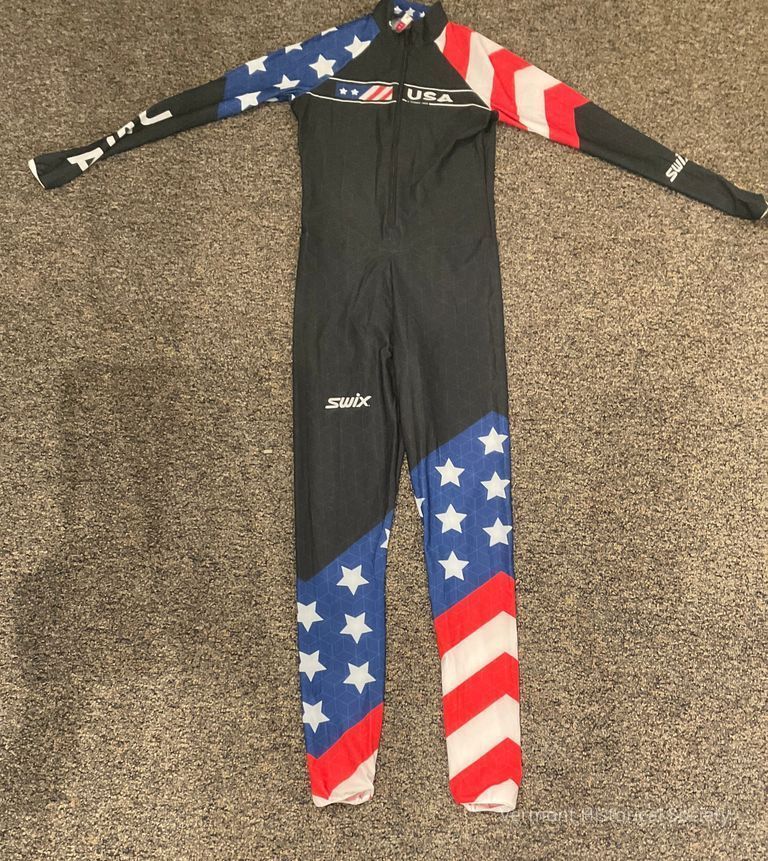
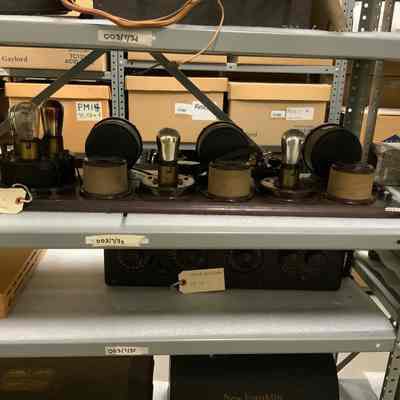
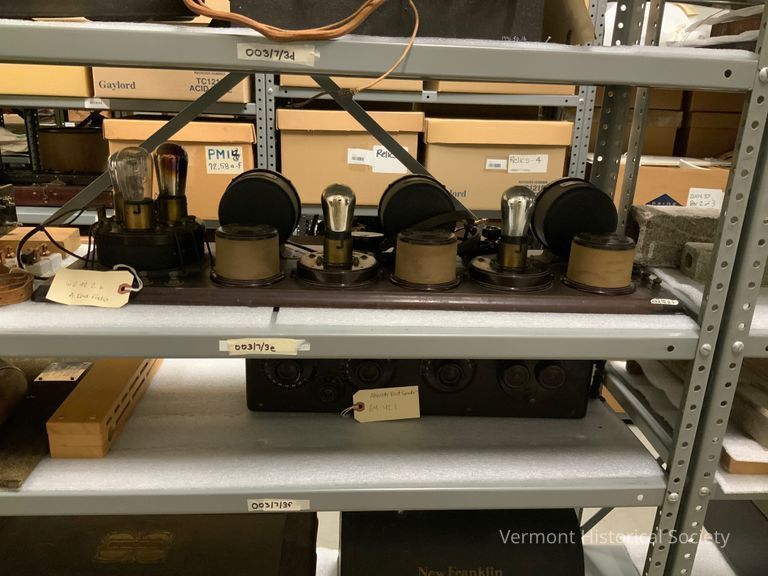
a=003/7/3d
b=003/7/3e
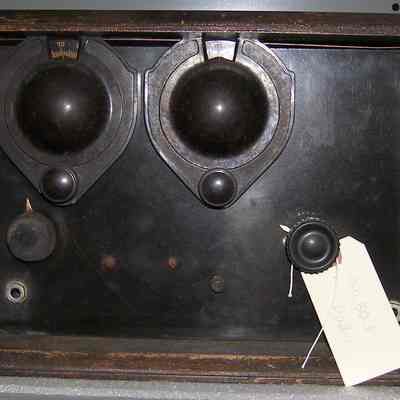
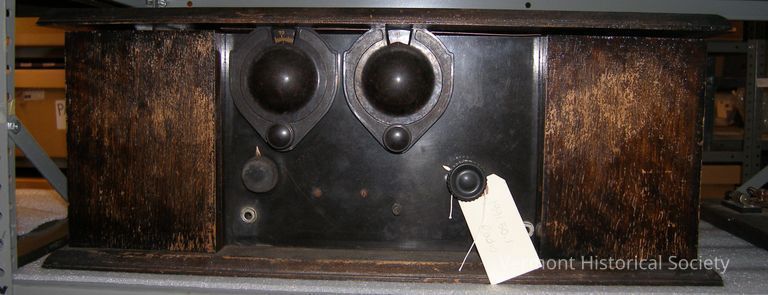
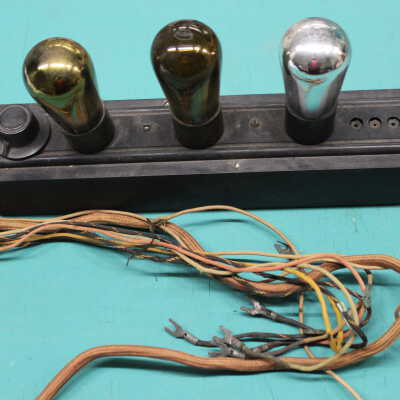
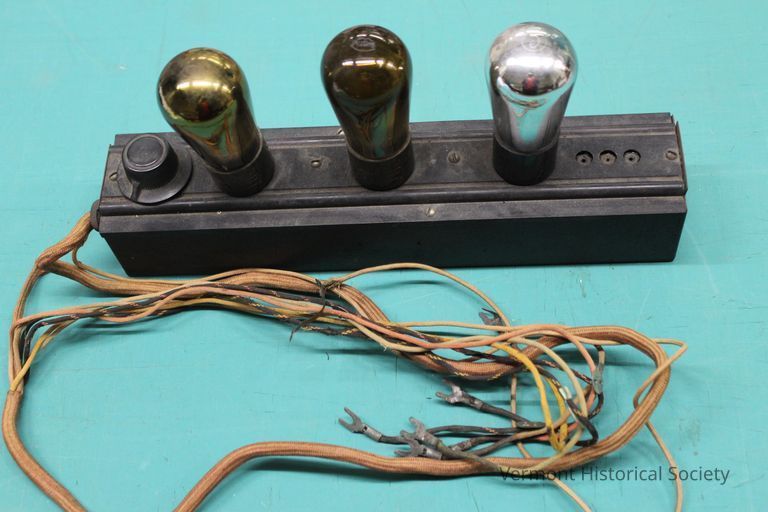
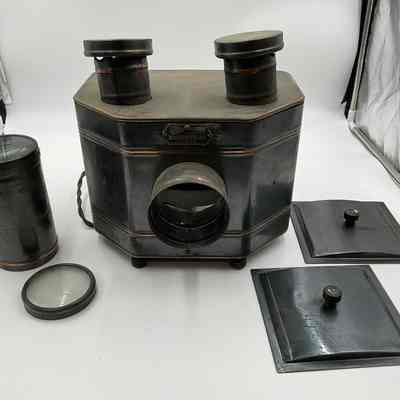
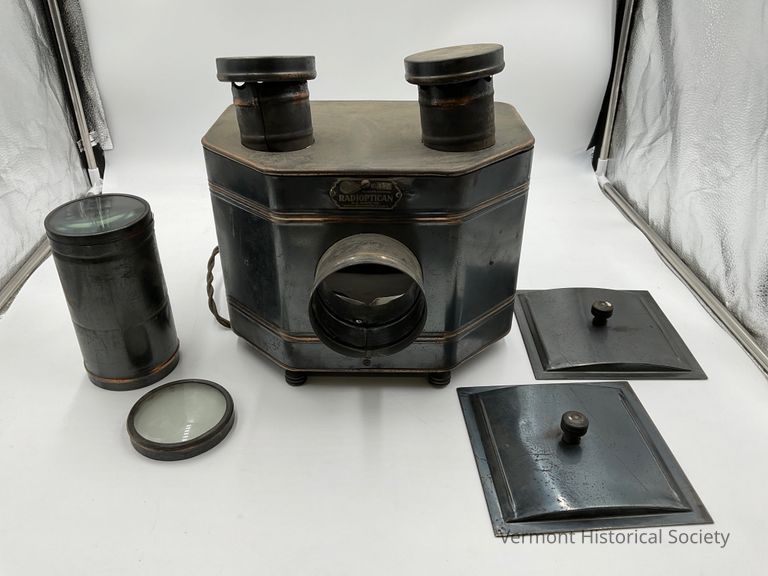
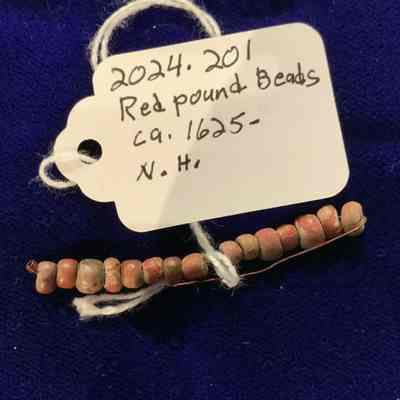
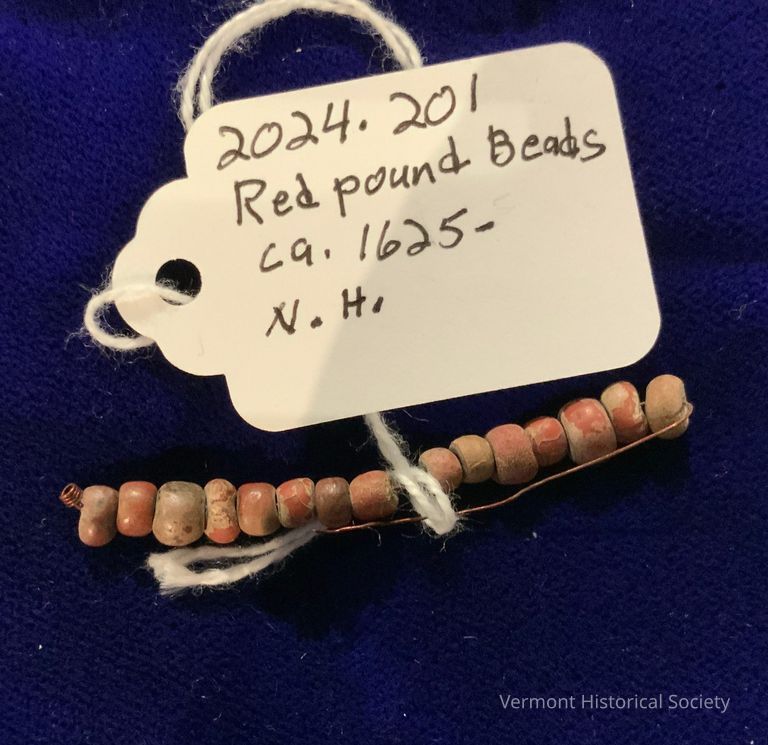
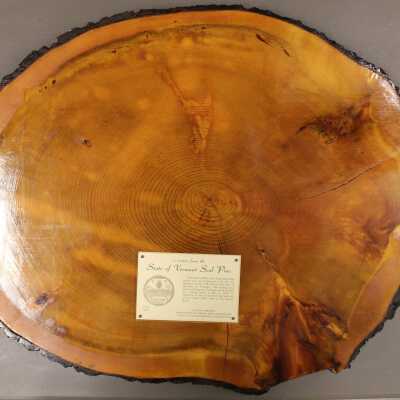
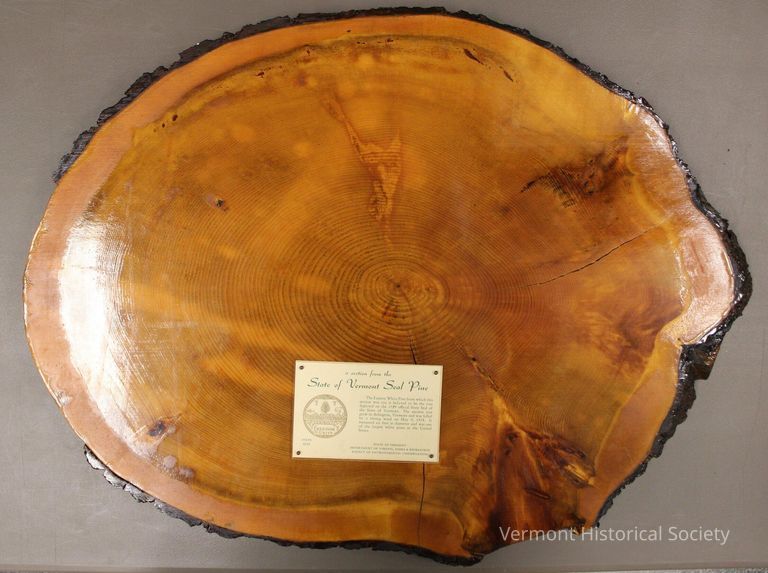
Written on plaque on the tree: "A section from the State of Vermont Seal Pine. The Eastern White Pine from which this section was cut is believed to be the tree depicted on the 1779 official State Seal of the State of Vermont. The ancient tree grew in Arlington, Vemont and was felled by a strong wind on May 9, 1978. It measured six feet in diameter and was one of the largest white pines in the United States. State of Vermont Department of Forests, Parks and Recreation Agency of Environmental Conservation.
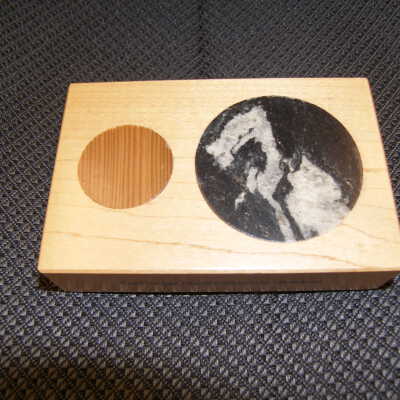
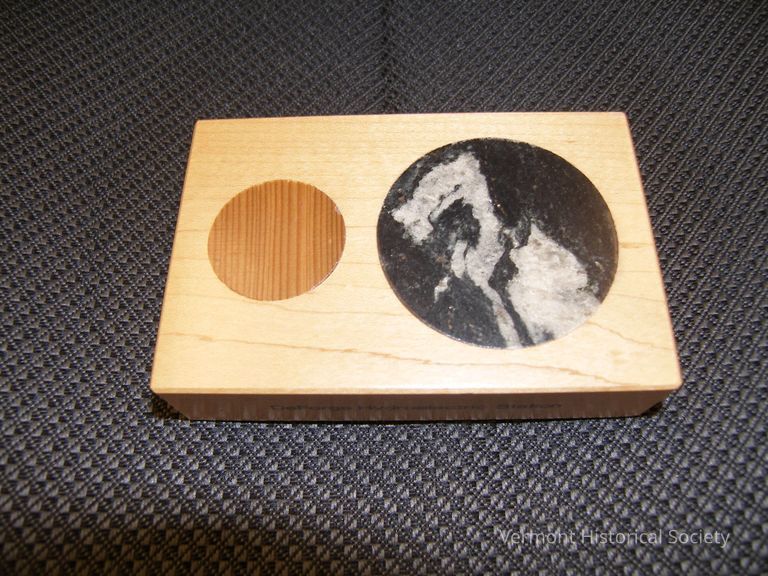
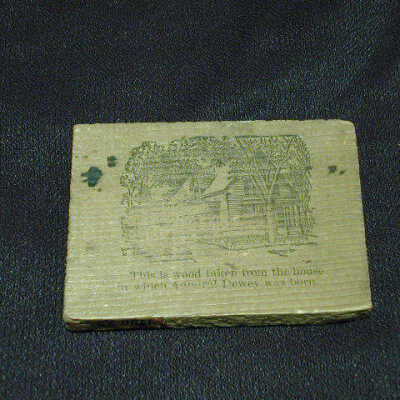
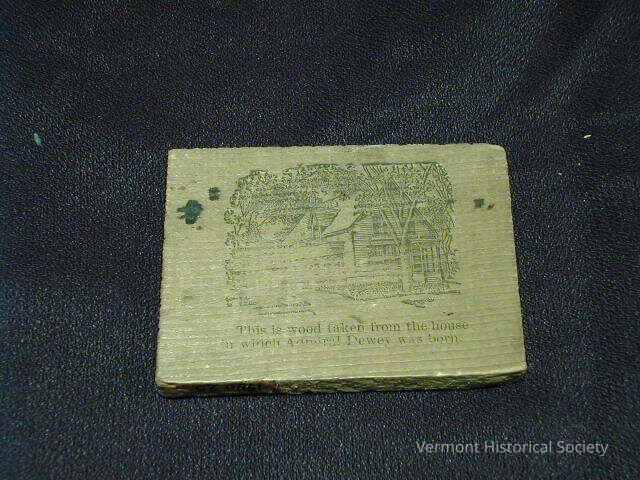
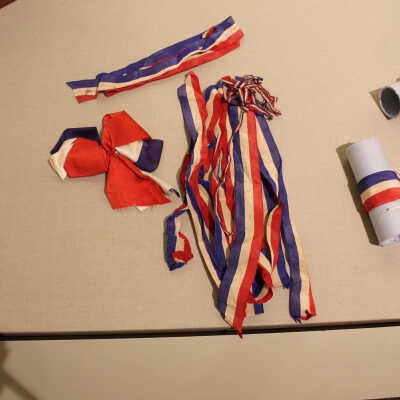
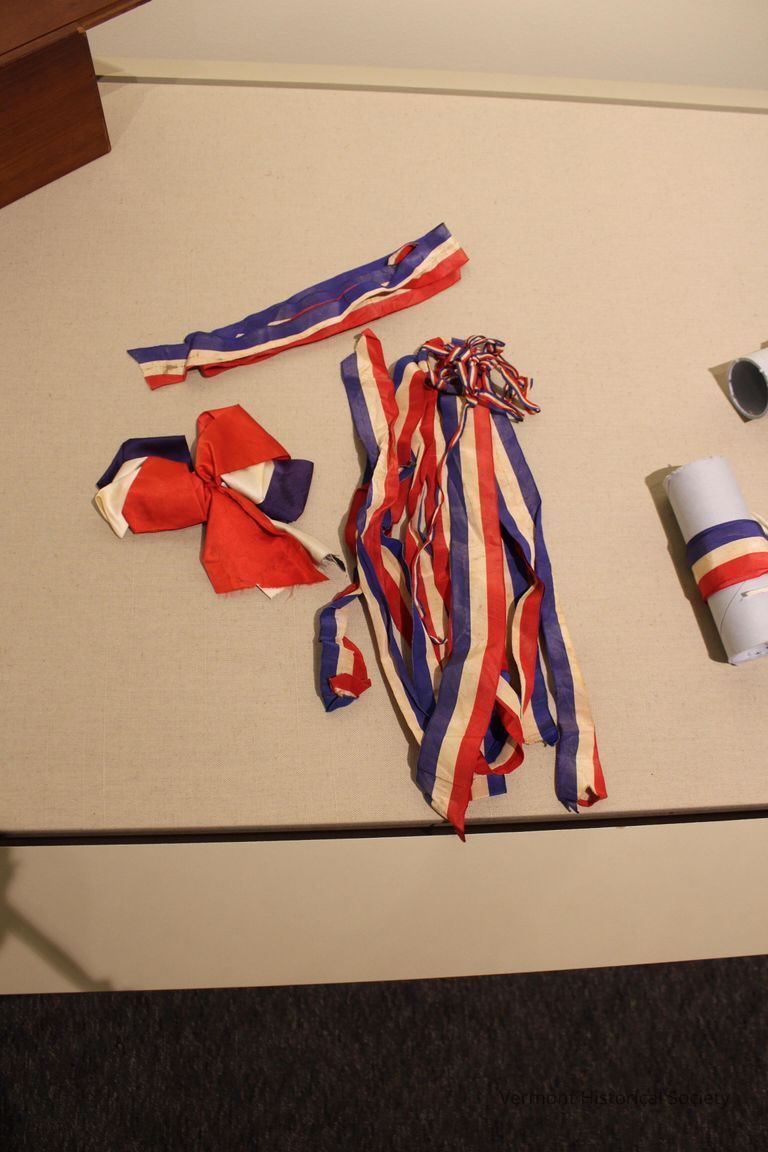
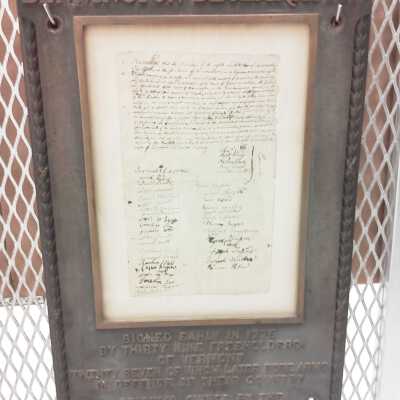
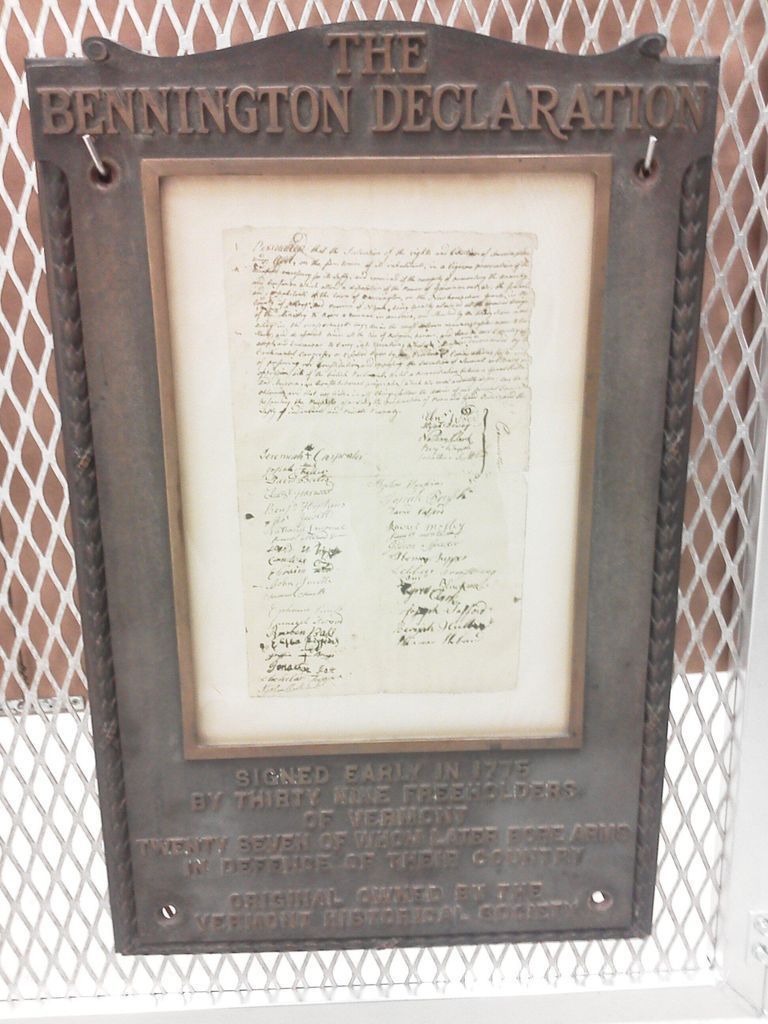
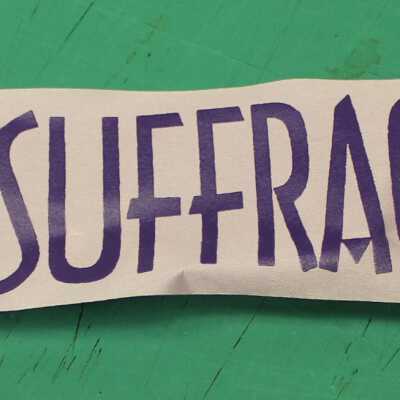

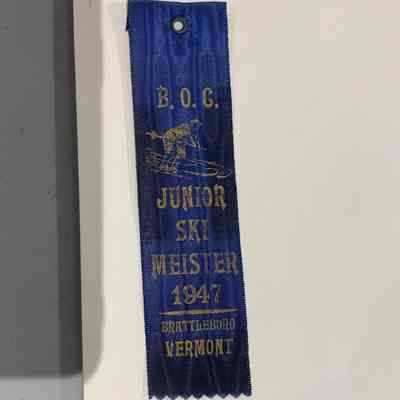
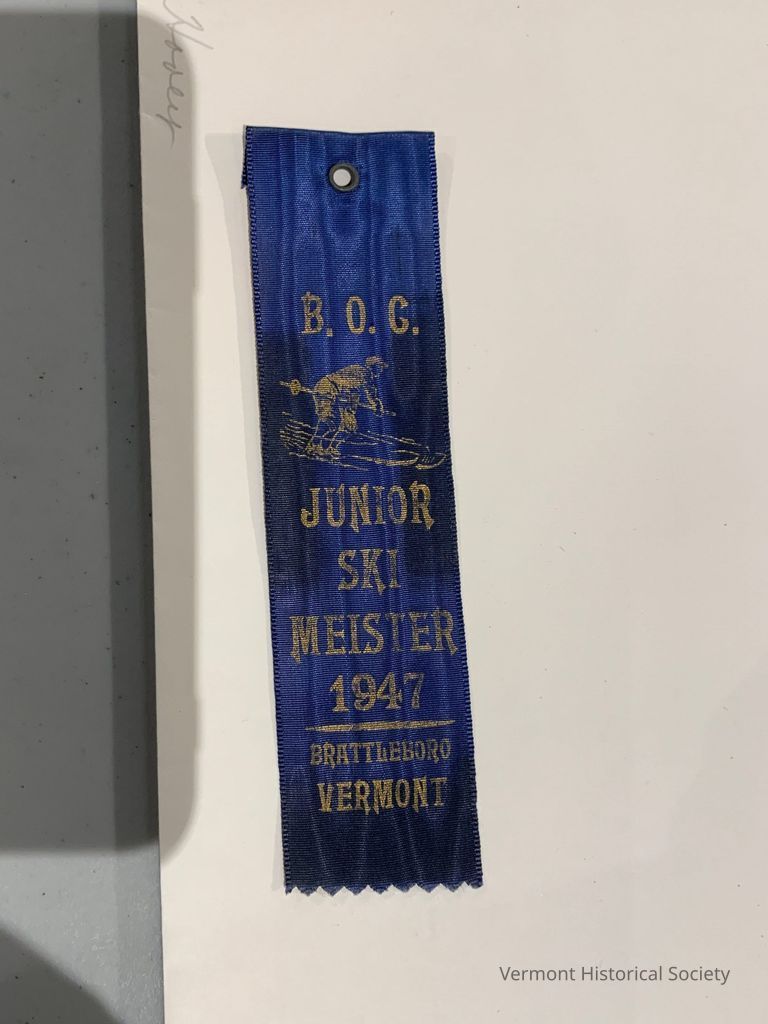
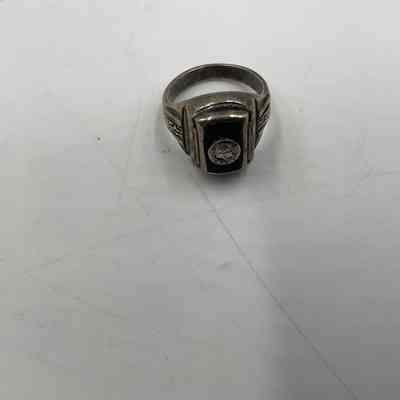
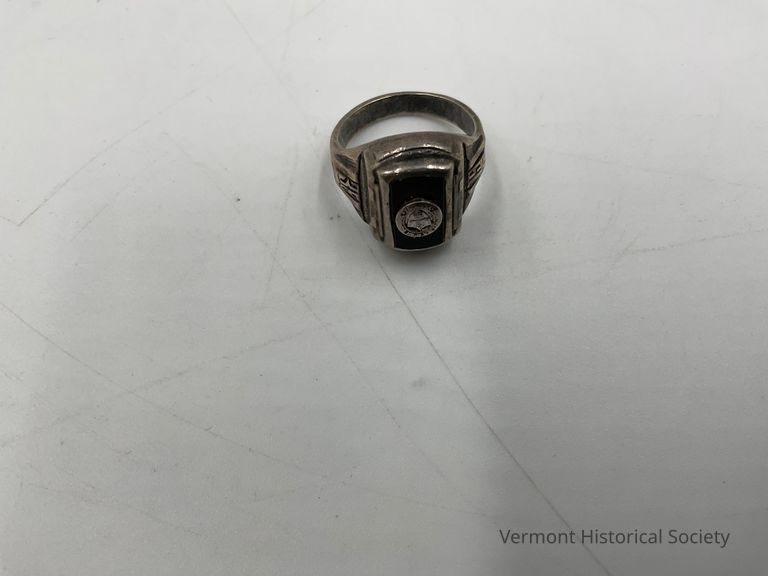
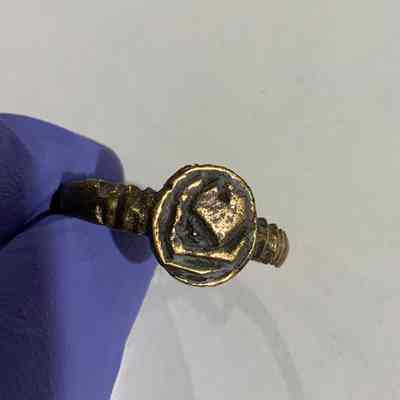
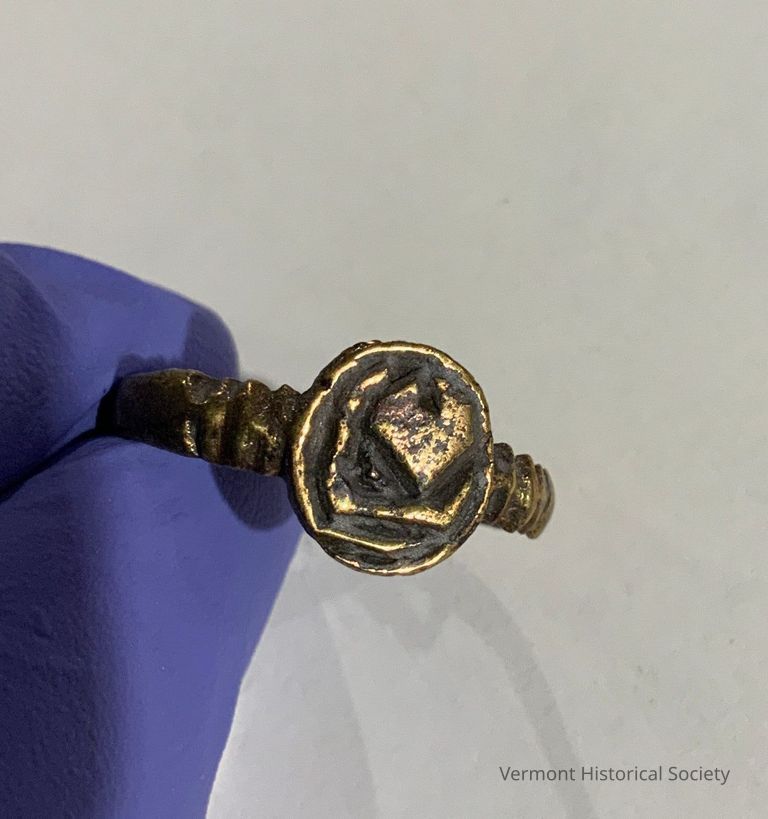
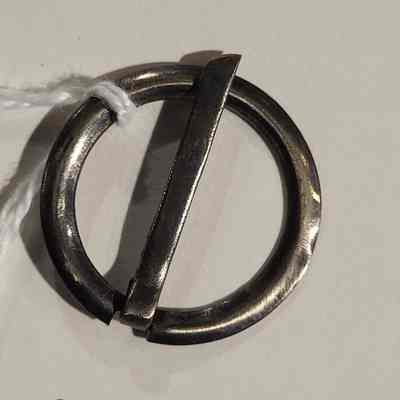
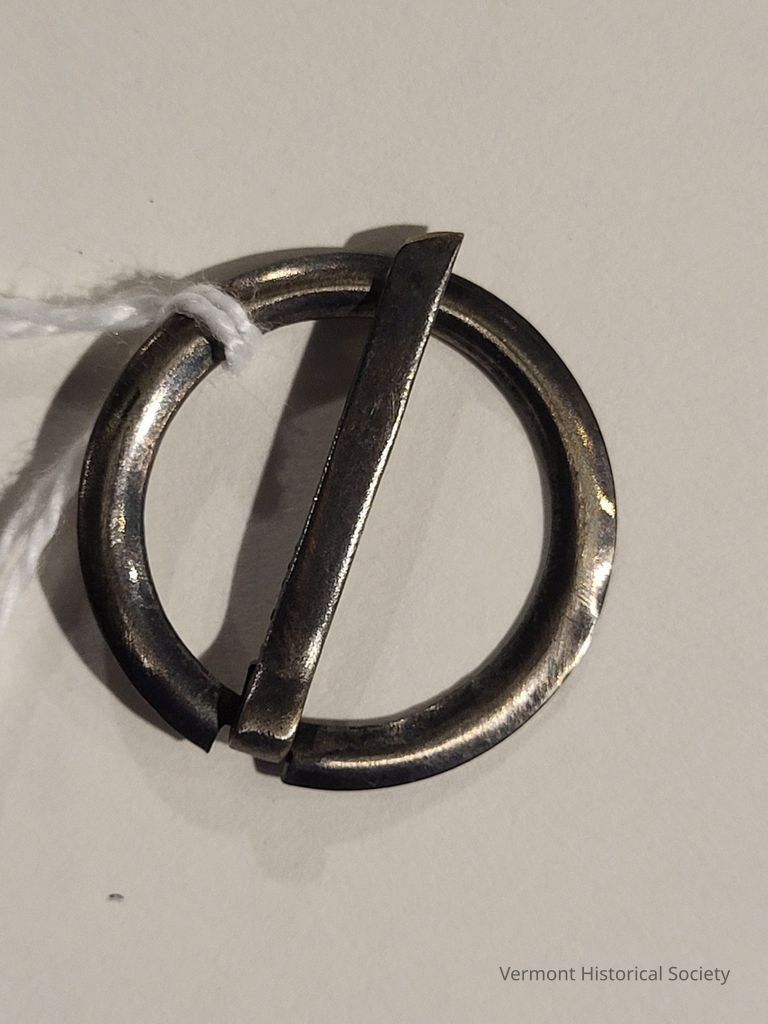
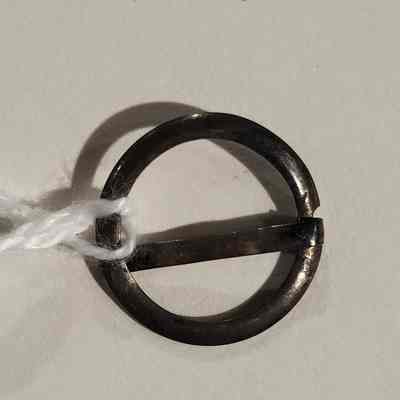
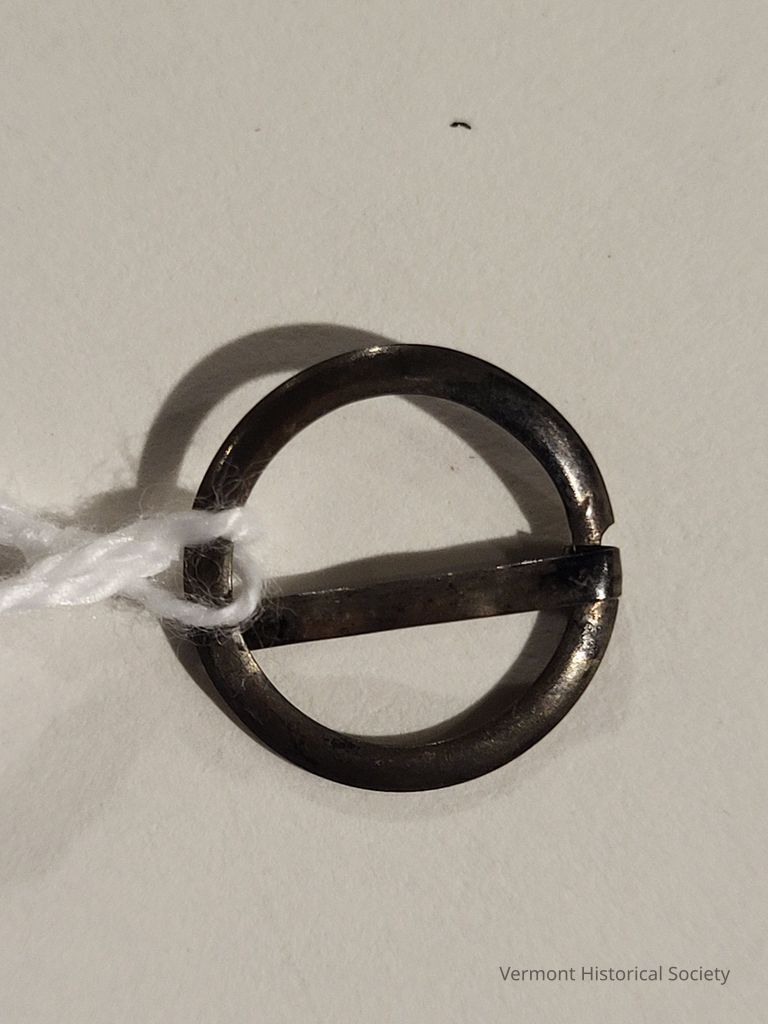
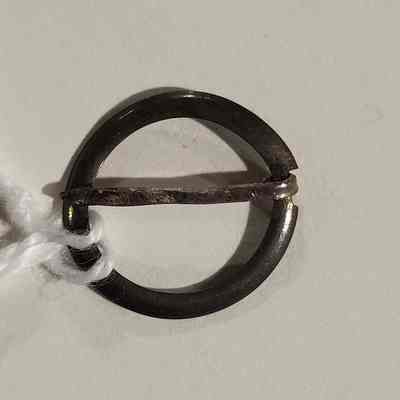
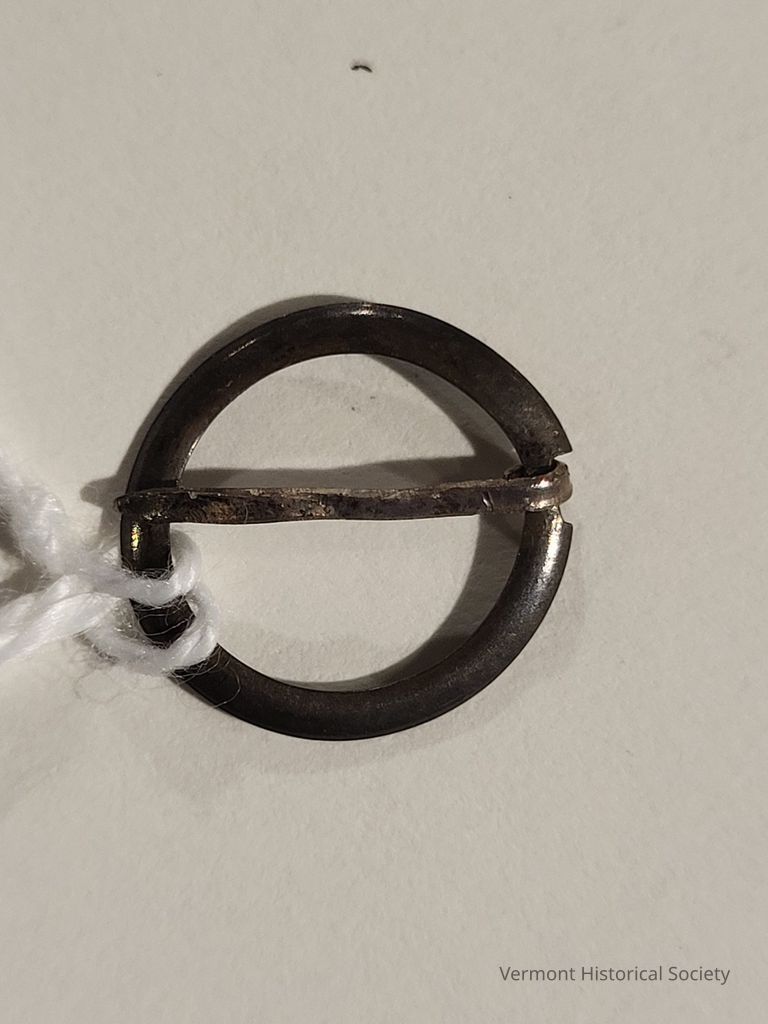
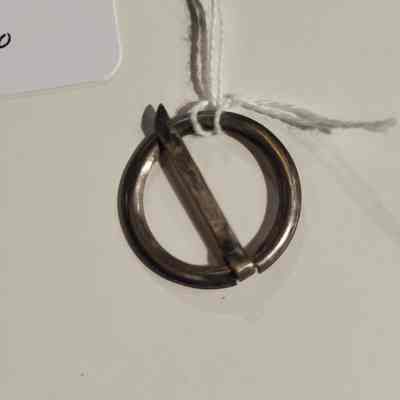
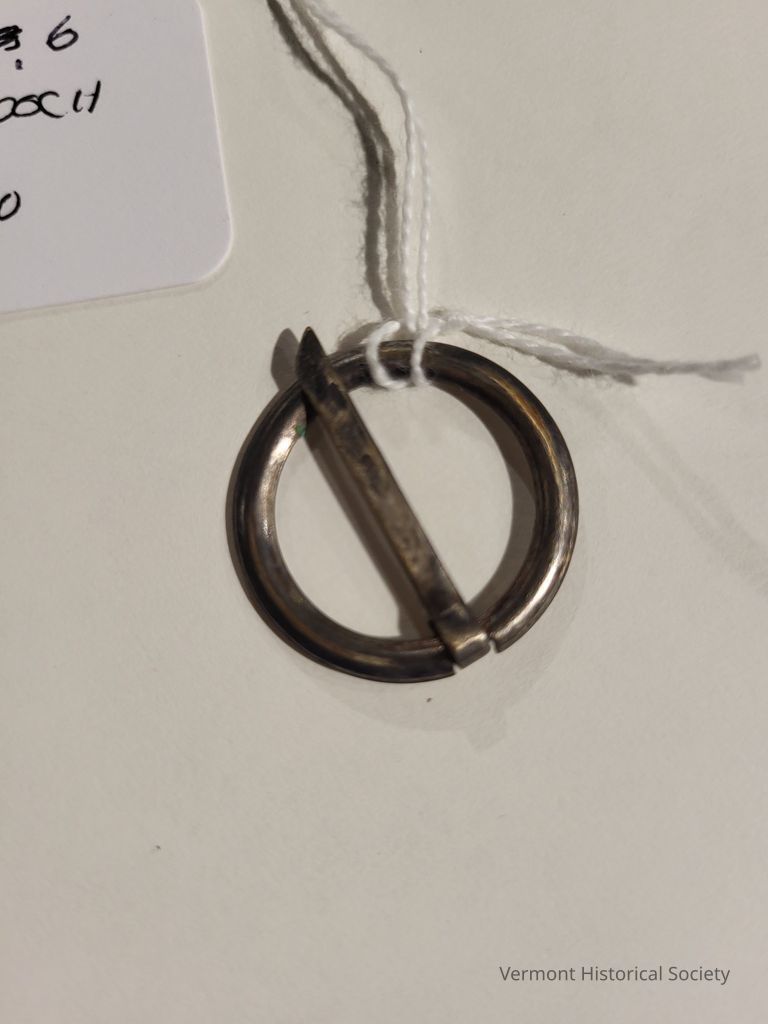
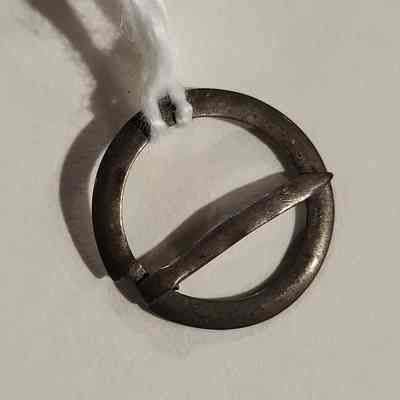
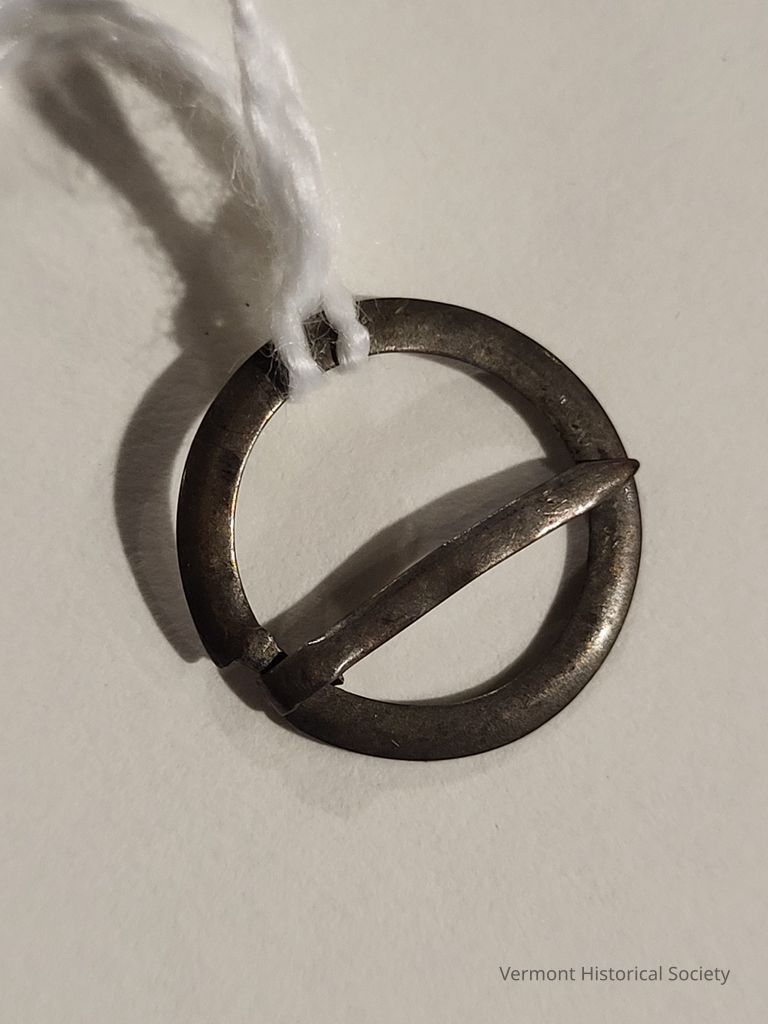
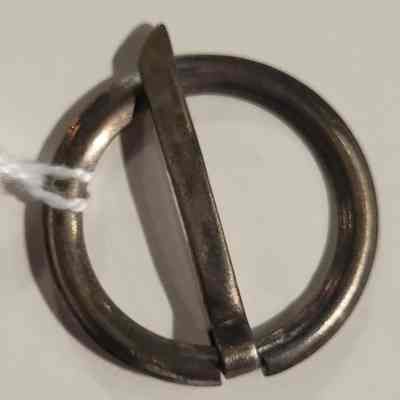
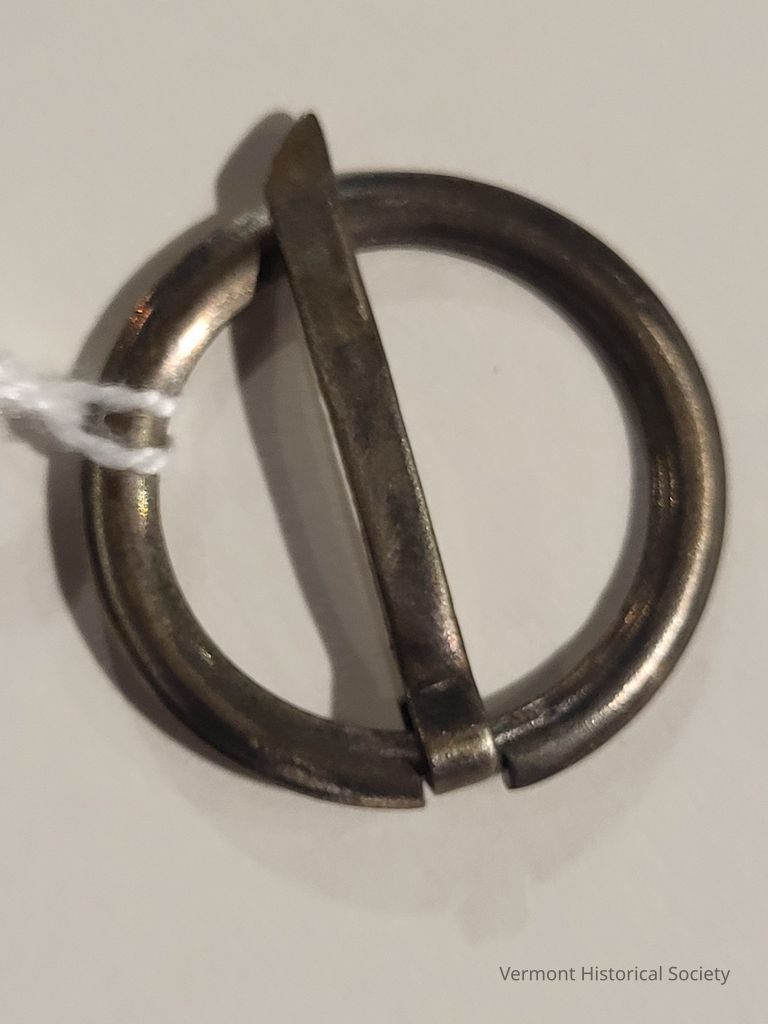
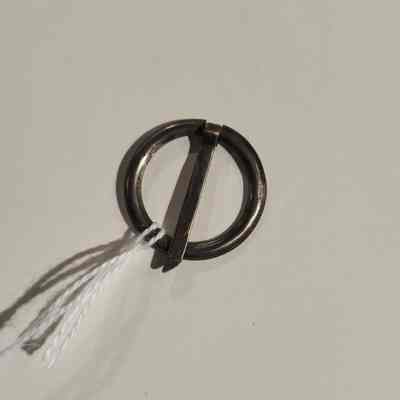
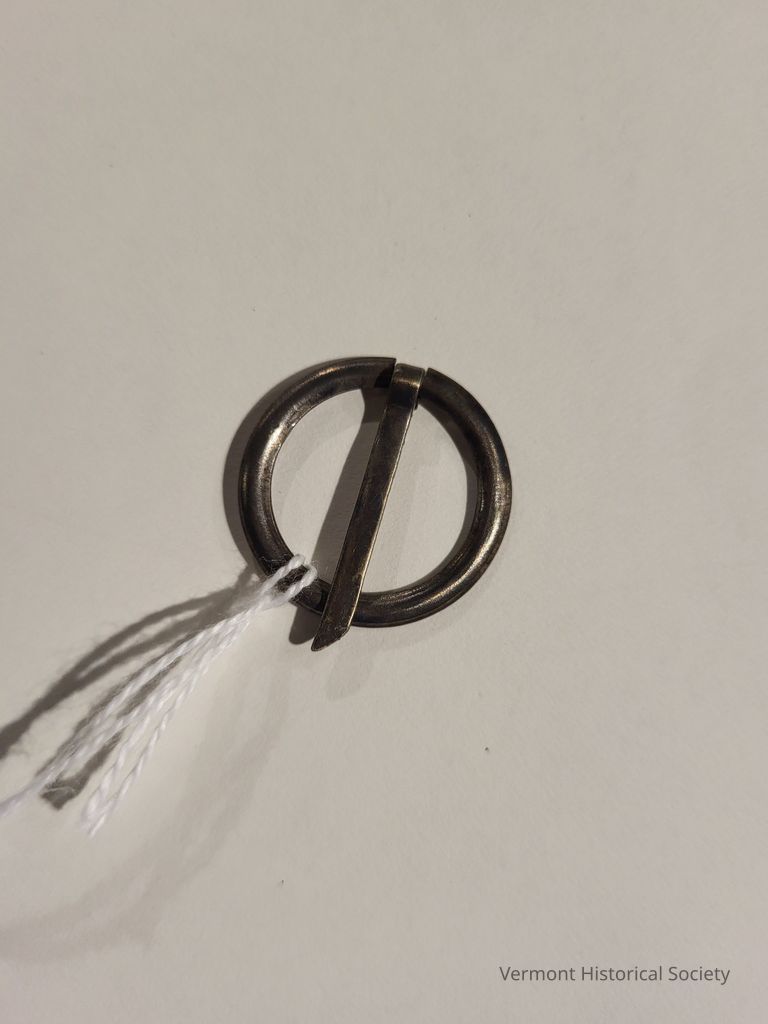
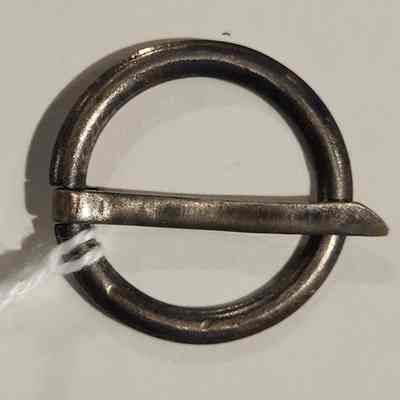
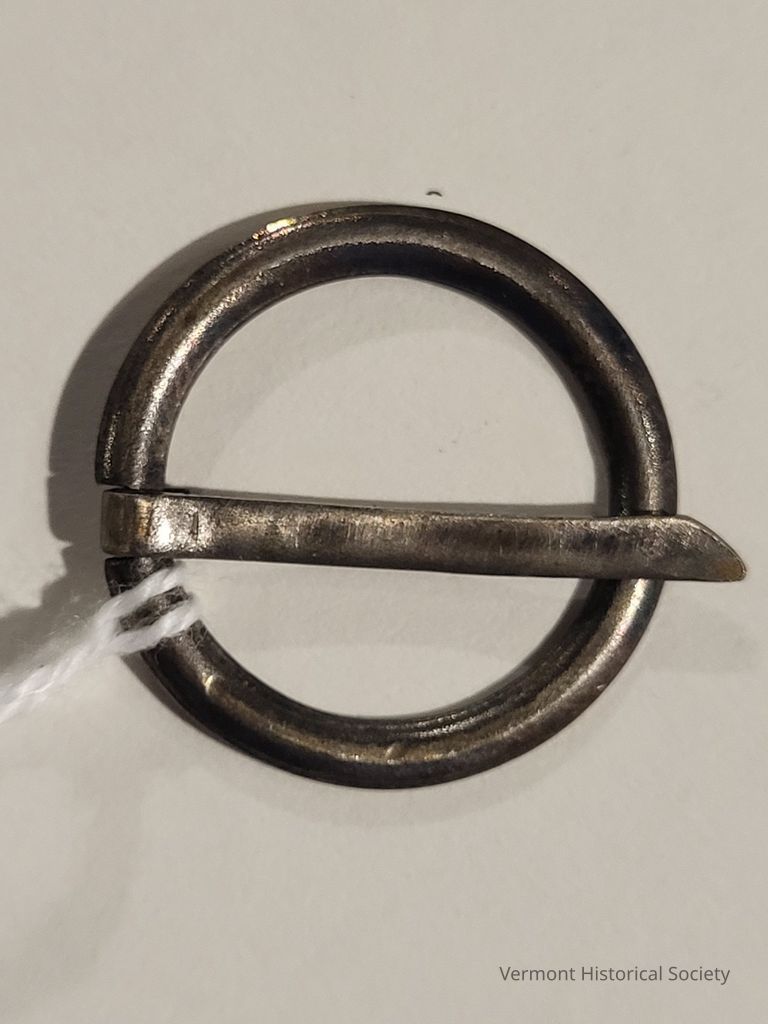
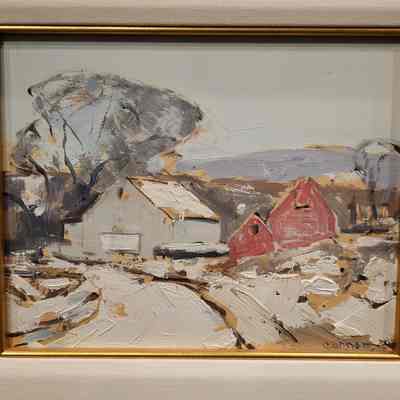
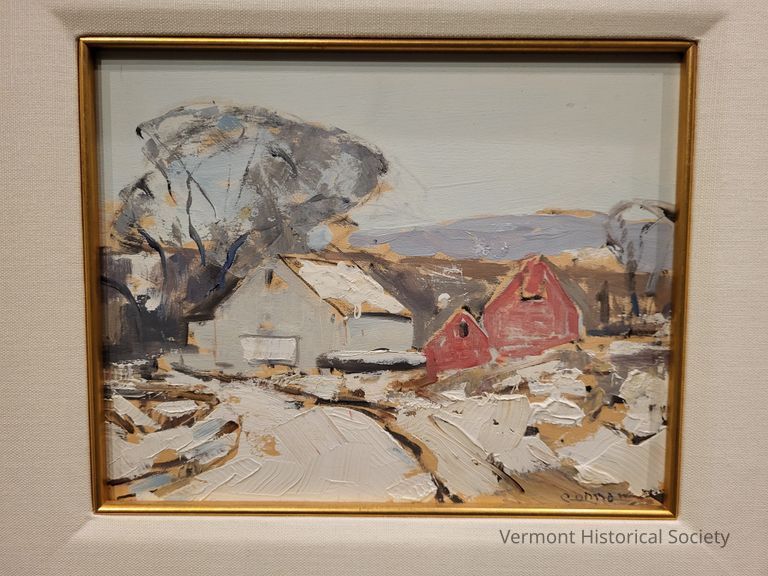
In New York, Connaway enrolled at the National Academy of Design school in 1912. From 1912 to 1914 he attended the Art Student's League at New York City, where he studied with George Bridgman and with William Merritt Chase. Another influence was Robert Henri, a New York Social Realist and leader of the Ashcan School, whom Connaway had met while attending night classes at the National Academy.
In 1917 he enlisted and shipped out to Contrexeville, France. After suffering a shoulder wound, he worked as a cartographer. Then he was assigned to what he called "the most wonderful work of my life"—making detailed watercolor drawings of lesions caused by mustard gas. This brought him to the attention of Lafayette Page, a physician who was so impressed with Connaway's draftsmanship that, at the close of the war, he sponsored his studies at the Académie Julian (1919–20) under Jean Paul Laurens and at the École des Beaux-Arts (1921) in Paris.
With backing from collectors and gallery owners, Connaway, "seeking to paint the lonely sea" found his way to uninhabited Head Harbor Island off the coast of Jonesport, Maine where he lived as an artistic hermit. He later worked dories with a Grand Banks fishing fleet, was also a cook for a lumber camp in Maine, and he enlisted in the Coast Guard.
In 1928 Connaway married Louise Boehle. During the Depression, Connaway moved to Monhegan Island to paint and start the Connaway Art School.
The Connaways remained on Monhegan until 1947, when they moved to Vermont, residing in Dorset until 1953, then North Rupert. Connaway painted rural landscapes of the Vermont countryside and operated a summer art school, until 1966.
In 1962, Connaway merged his school with the Southern Vermont Arts Center and became the school's first director. During the 1960s, in addition to managing the art school Connaway painted in Portugal, Spain, California, and Arizona. In the last year of his life, troubled with poor eyesight and failing health, Connaway was no longer able to paint.
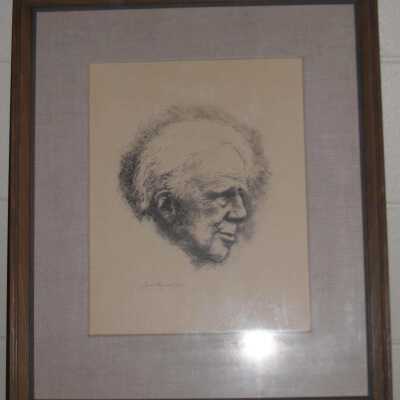
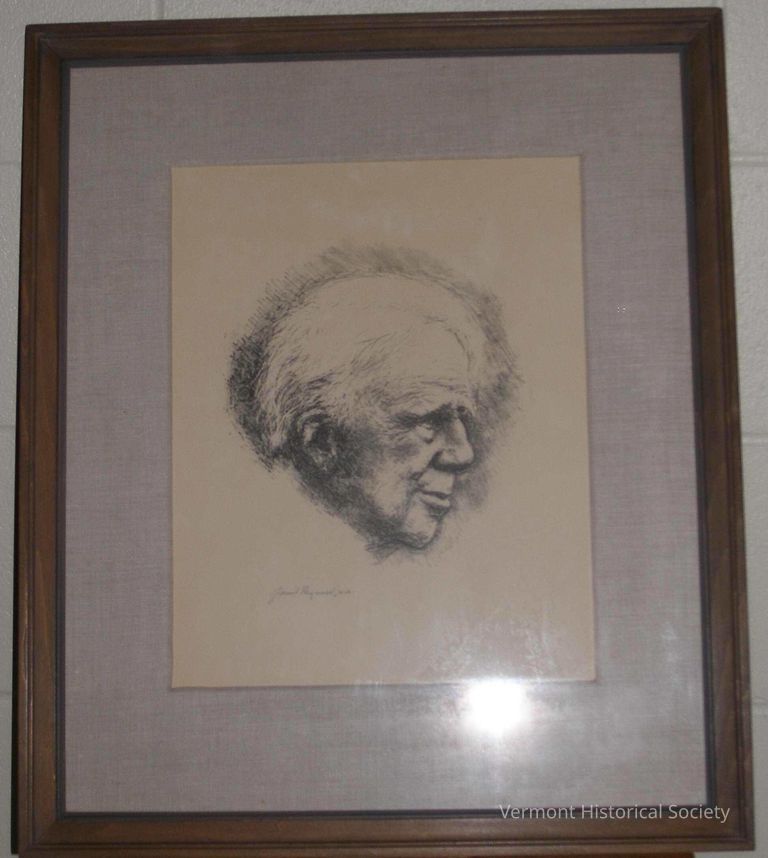
Grant Reynard was born on October 20, 1887, in Grand Island, Nebraska. He studied at the Art Institute of Chicago.
Reynard became a painter, etcher and lithographer in New Jersey. He drew illustrations for Redbook, The Saturday Evening Post, Harper's Bazaar, Collier's and Cosmopolitan. He was the president of the Montclair Art Museum, and a member of the National Academy of Design and the American Watercolor Society

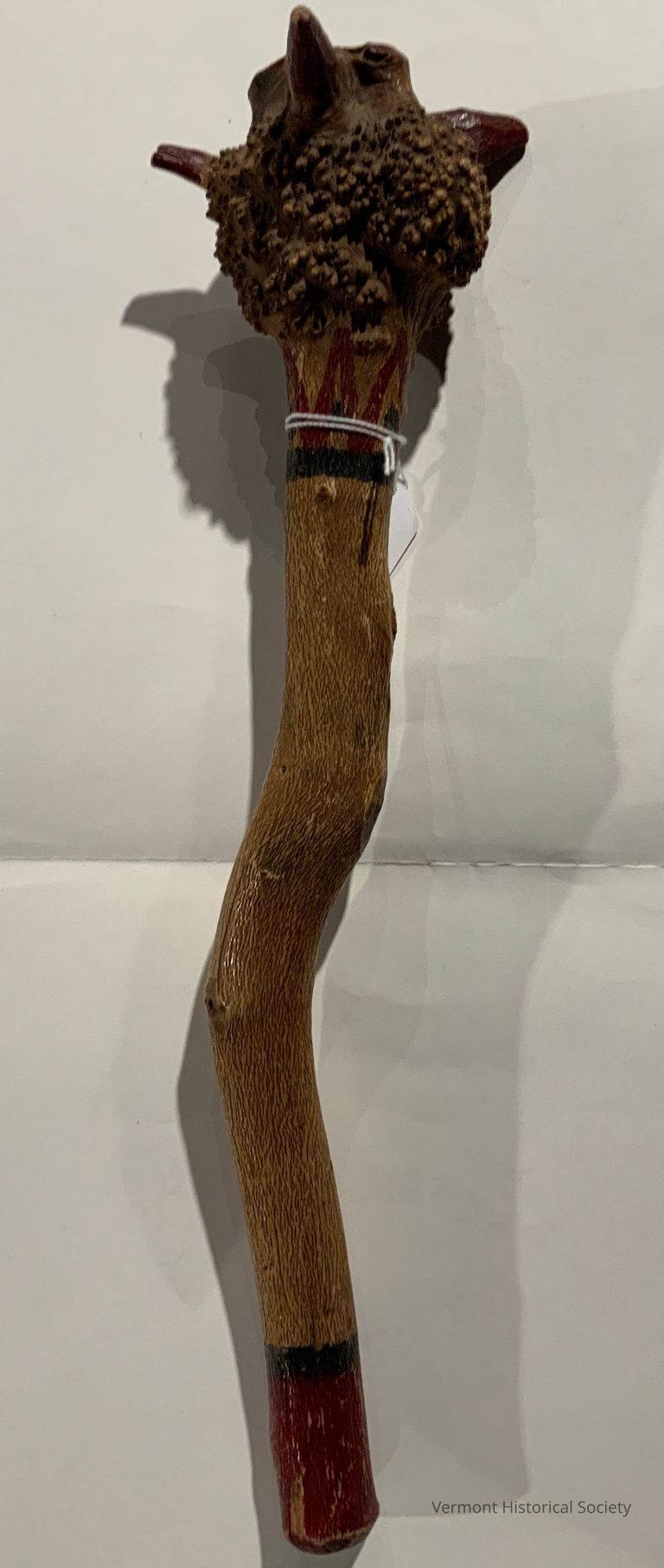
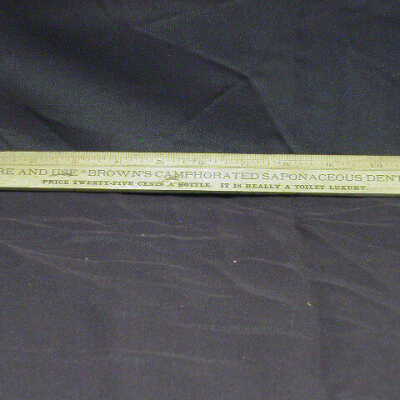
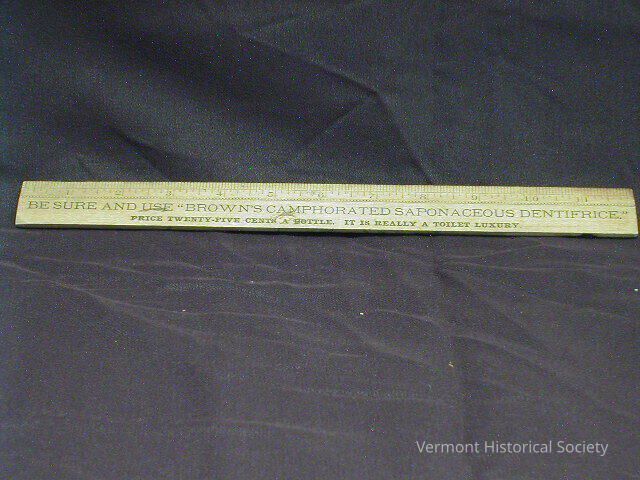
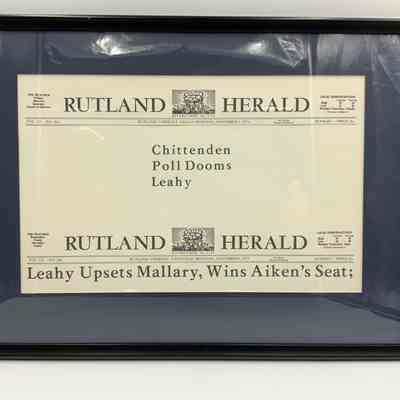
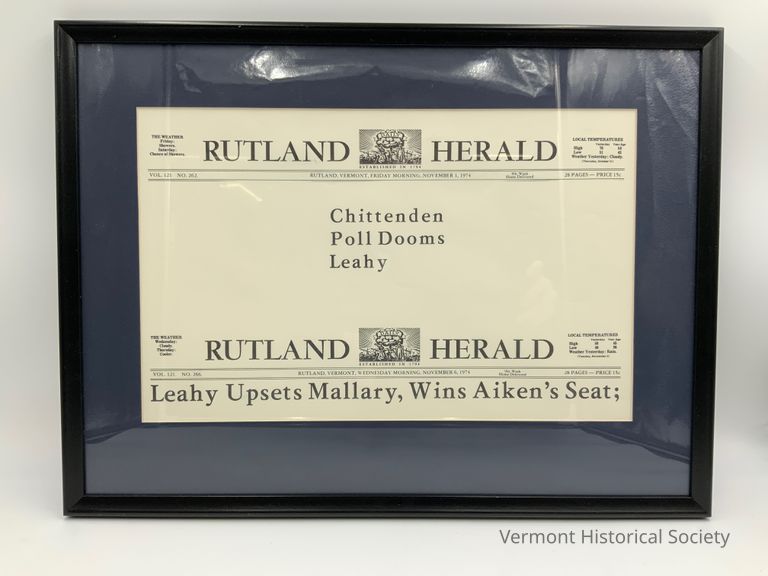
The upper front page of the newspaper showing "RUTLAND" and "HERALD" in large, black, semi-thin, semi-thick lettering with a central rectangular image. The image has mountains in the background and a large tree in the foreground with a scroll covering the branches with the word "DAILY" in small but stylized lettering. Around the tree are radiating rays and beneath the tree to the left is a small church steeple, and two farmers surrounding a cow, the front farmer kneeling to milk the cow. On the right is another farmer dressed in overalls with a sun hat and carrying on their back a yoke with two objects balanced on either side. Underneath the image bearing inscription, "ESTABLISHED IN 1794." On both headings are the weather, and the temperatures on either side and within a two-lined casing is the volume number, the date, and the price of the journal.
The top heading showing in darker, thicker lettering on the left hand side, "THE WEATHER/Friday:/Showers./Saturday:/Chance of Showers." On the right hand side, "LOCAL TEMPERATURES/Yesterday Year Ago/High 76 54/Low 51 45/Weather Yesterday: Cloudy./(Thursday, October 31). In between the double lines from left to write saying, "VOL. 121 NO. 262. RUTLAND, VERMONT, FRIDAY MORNING, NOVEMBER 1, 1974 90¢ Week/Home Delivered 28 PAGES -- Price 15¢."
The bottom heading showing in darker, thicker lettering on the left hand side, "THE WEATHER/Wednesday:/Cloudy./Thursday:/Cooler." On the right hand side, "LOCAL TEMPERATURES/Yesterday Year Ago/High 58 45/Low 40 26/Weather Yesterday: Rain./(Tuesday, November 5)." In between the double lining borders from left to right, "VOL. 121. NO. 266. RUTLAND, VERMONT, WEDNESDAY MORNING, NOVEMBER 6, 1974 90¢ Week/Home Delivered 28 PAGES Price 15¢."
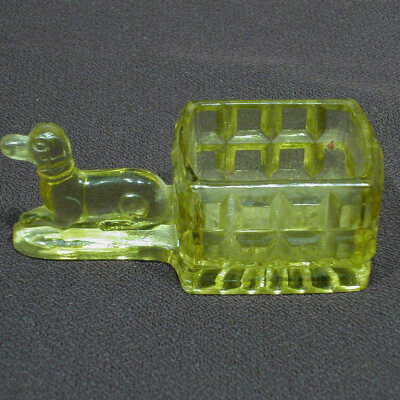
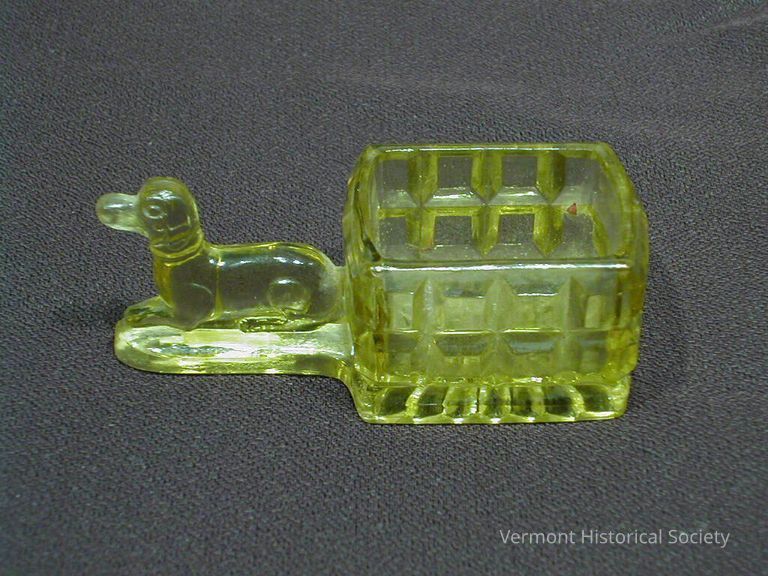
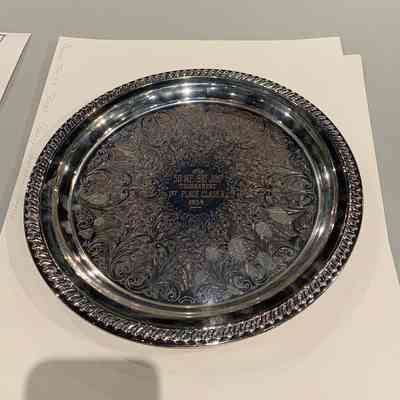
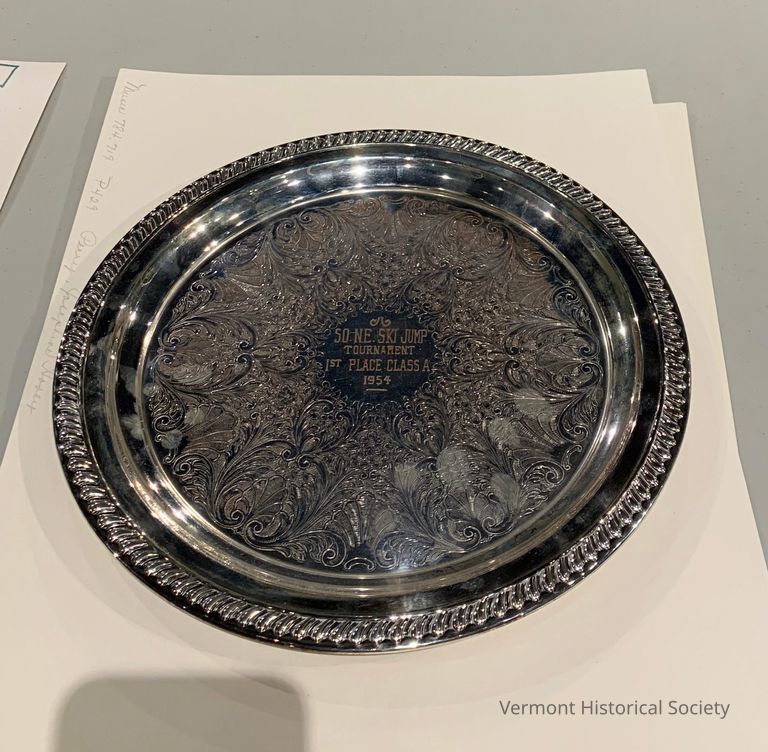
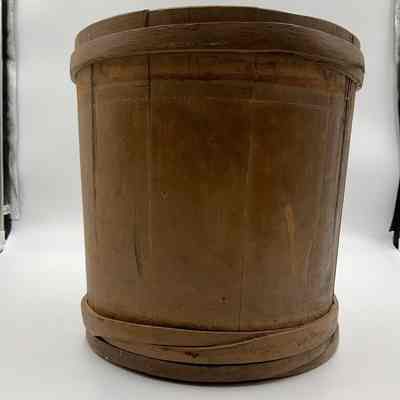
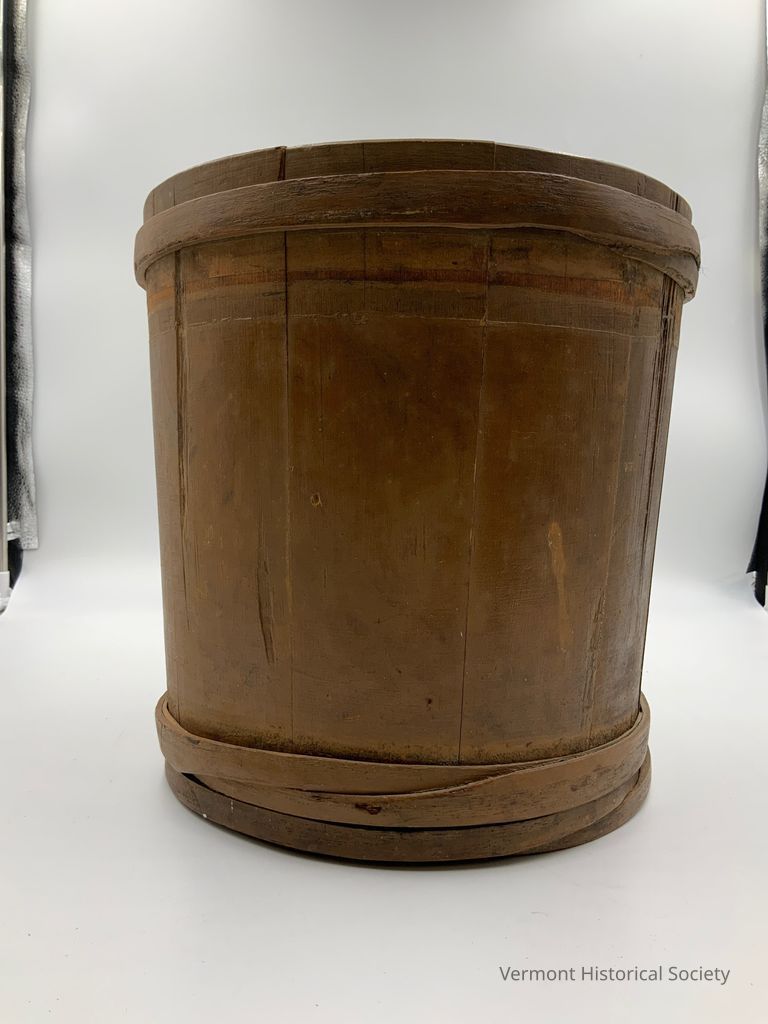
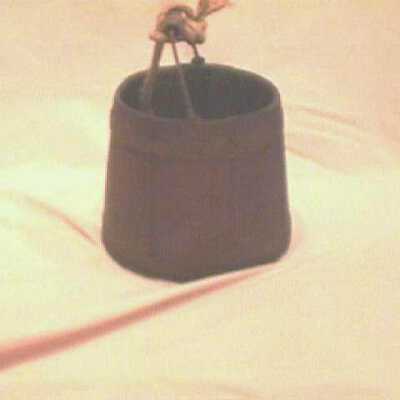
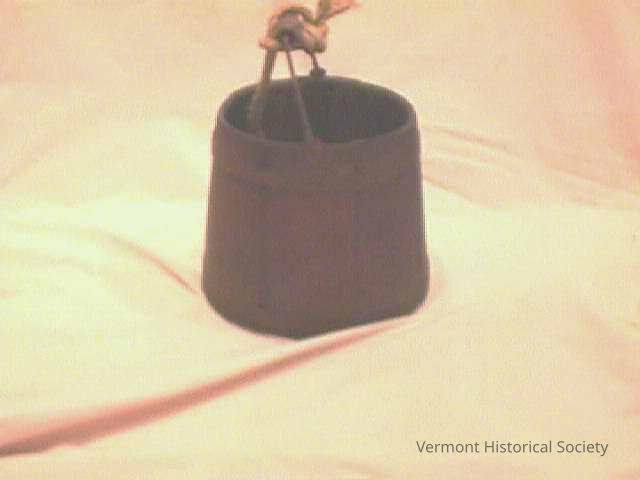
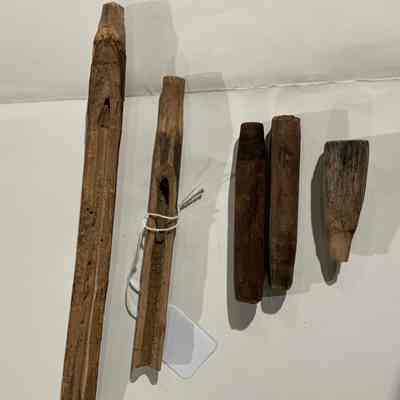
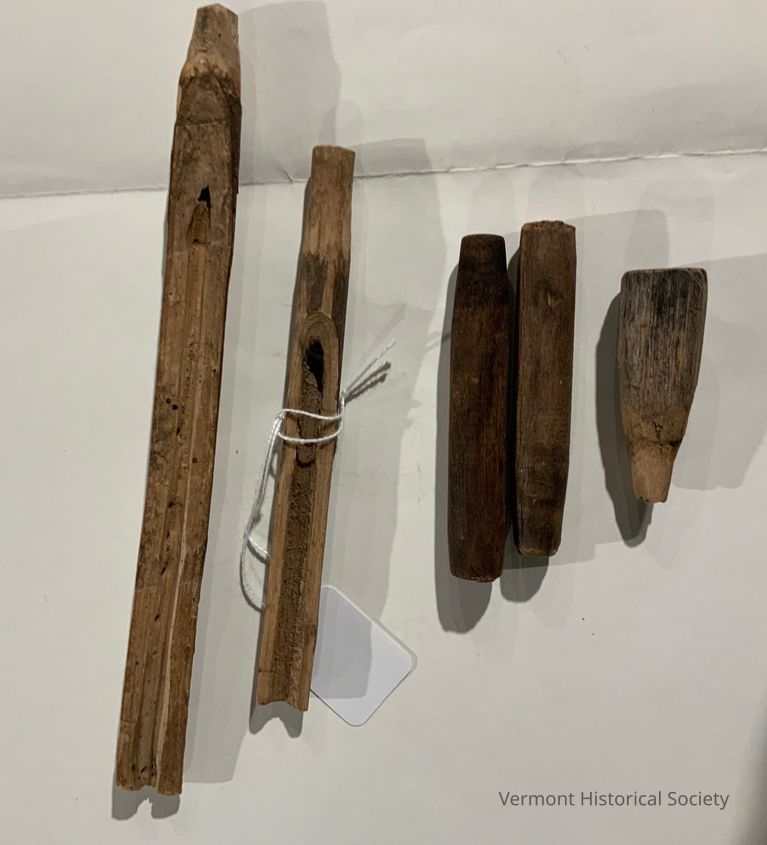
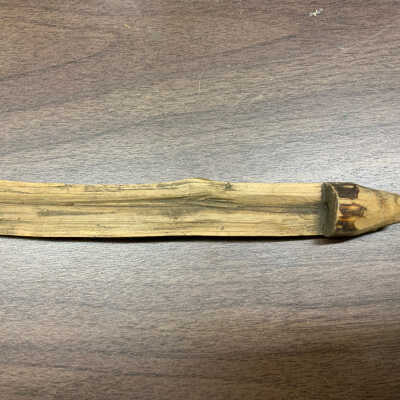
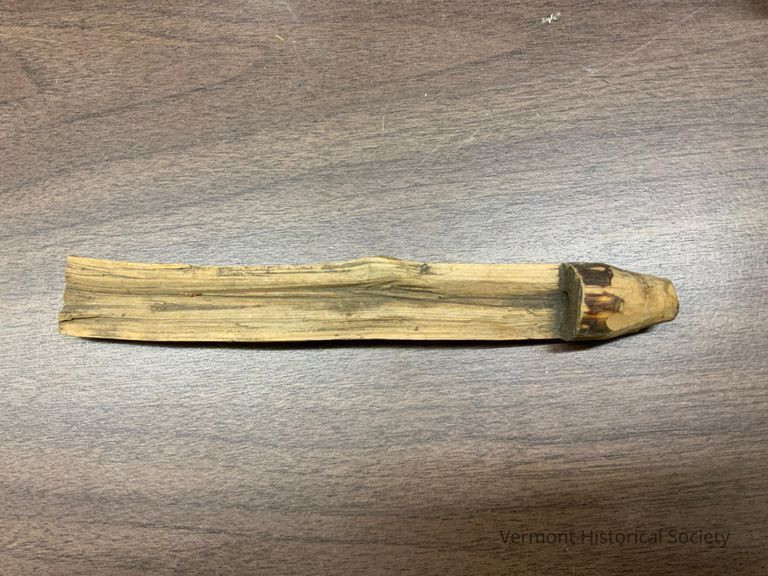
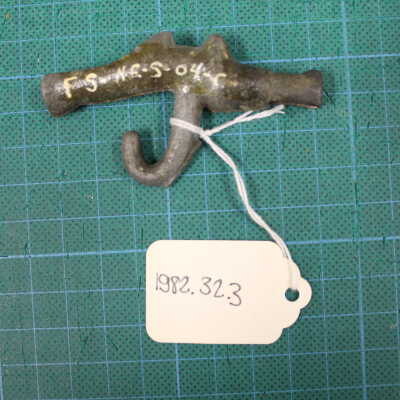
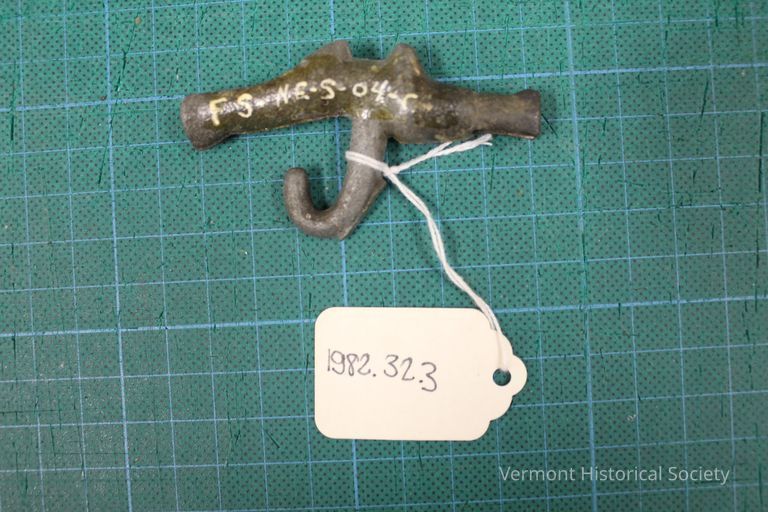
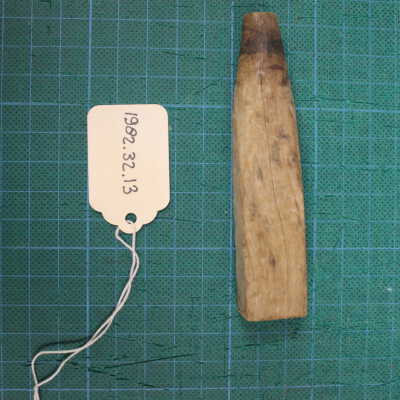
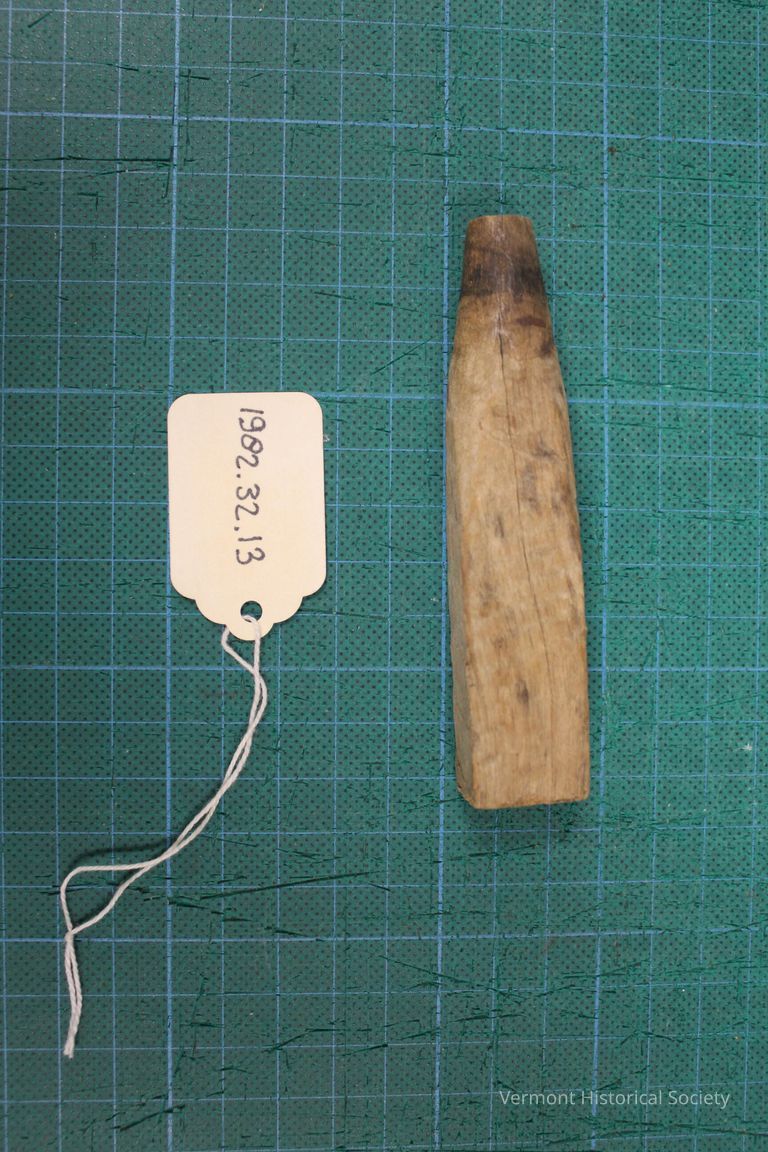
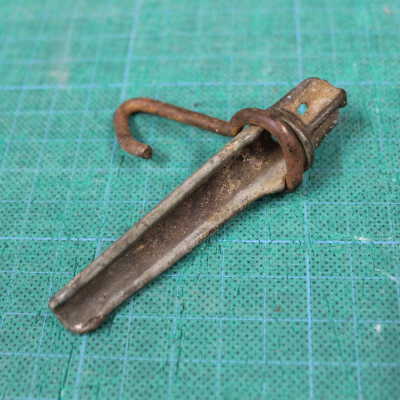
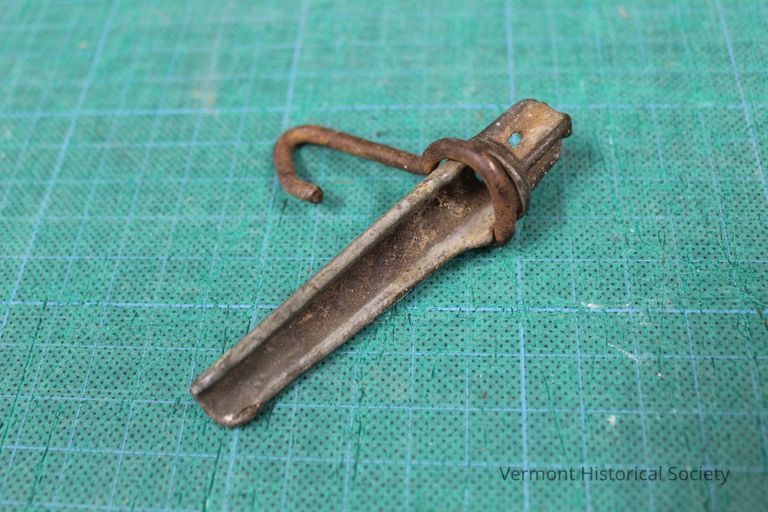
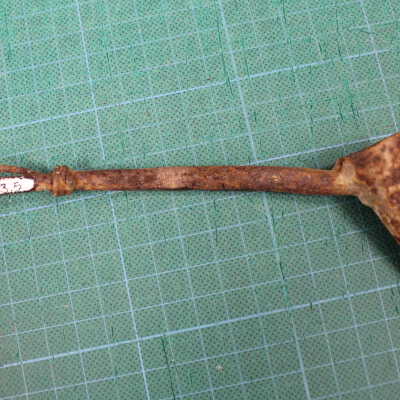
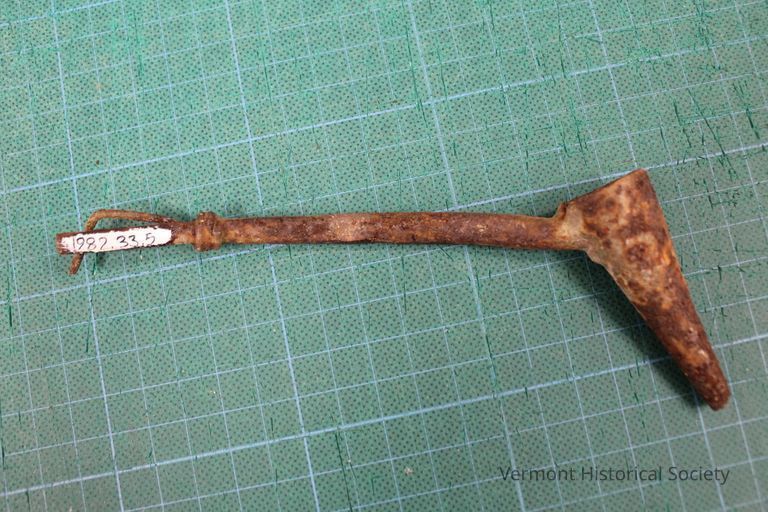

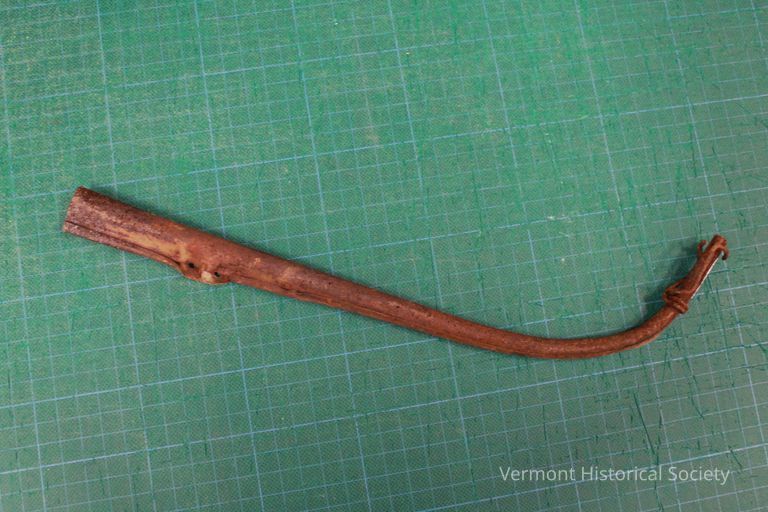
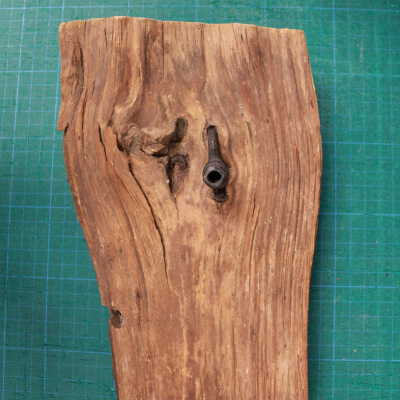
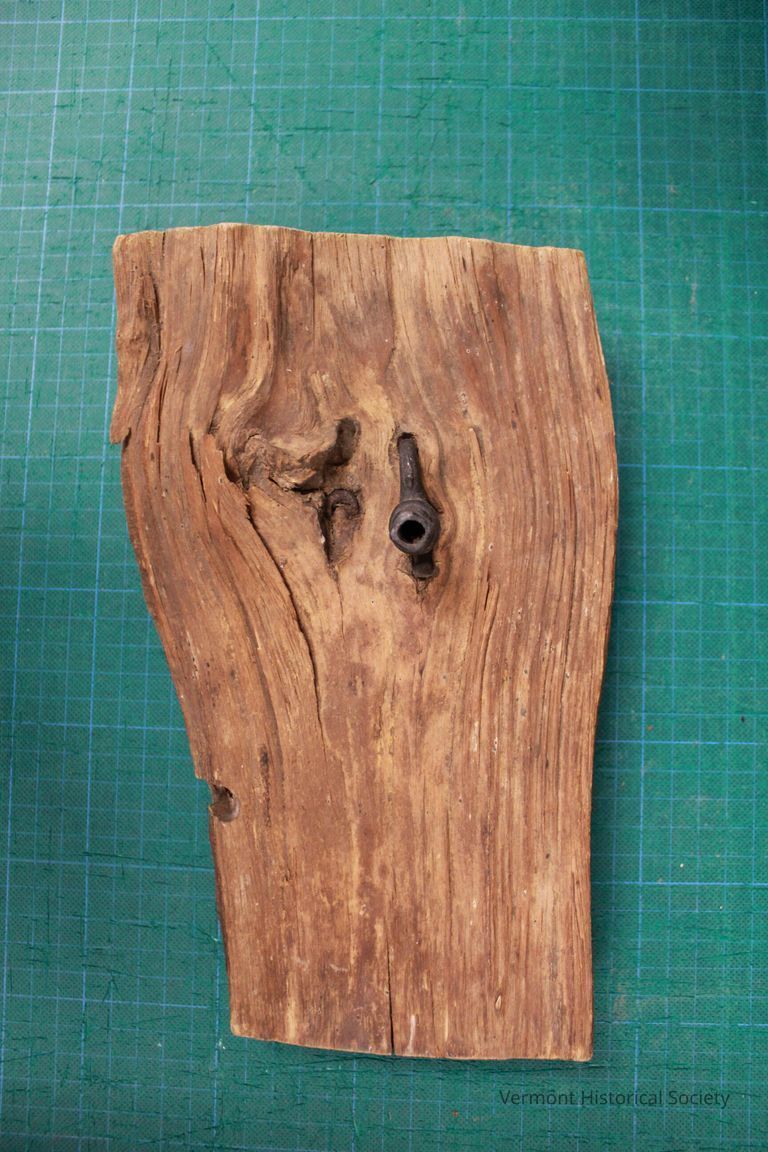
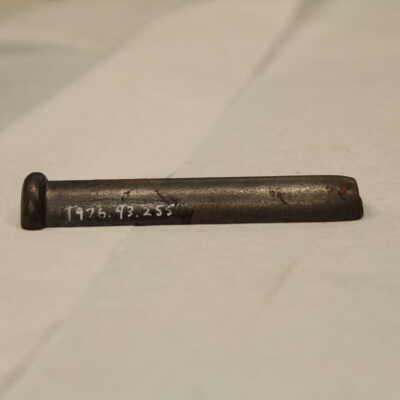
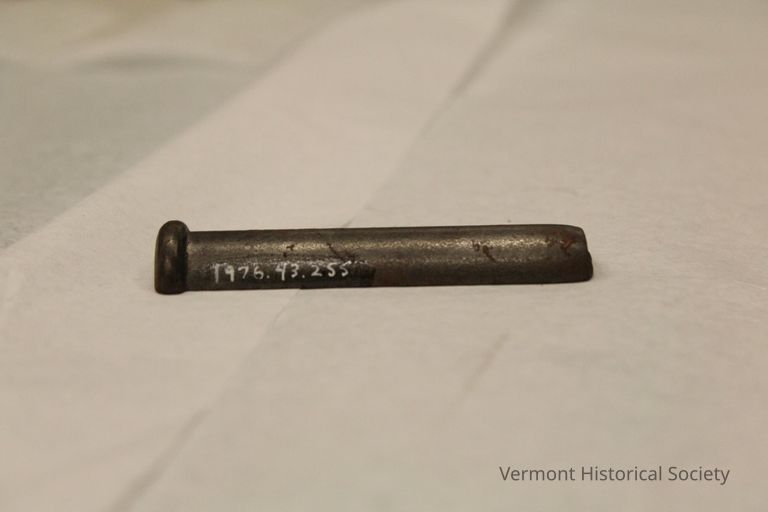
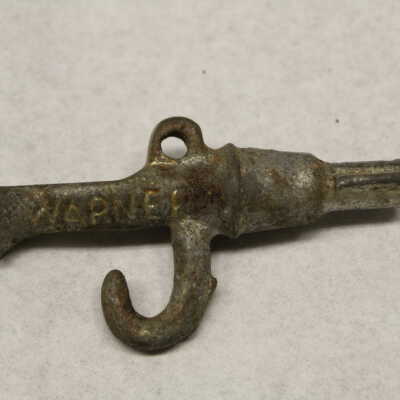
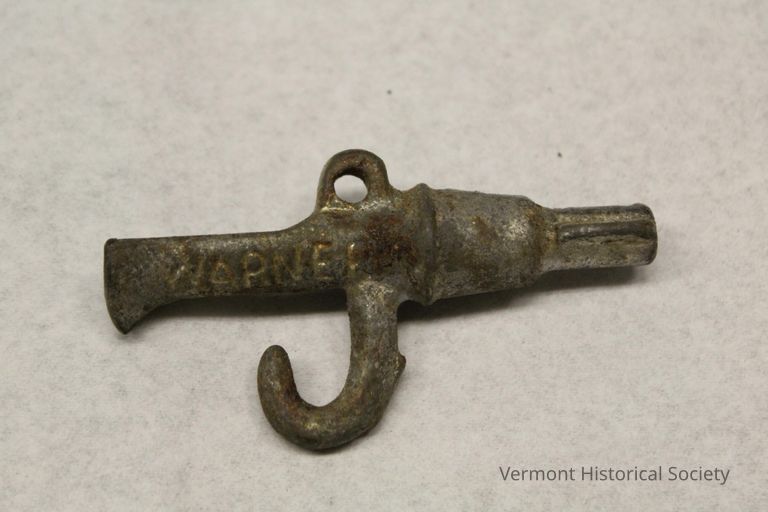
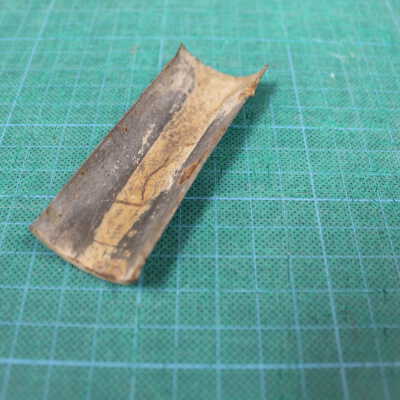
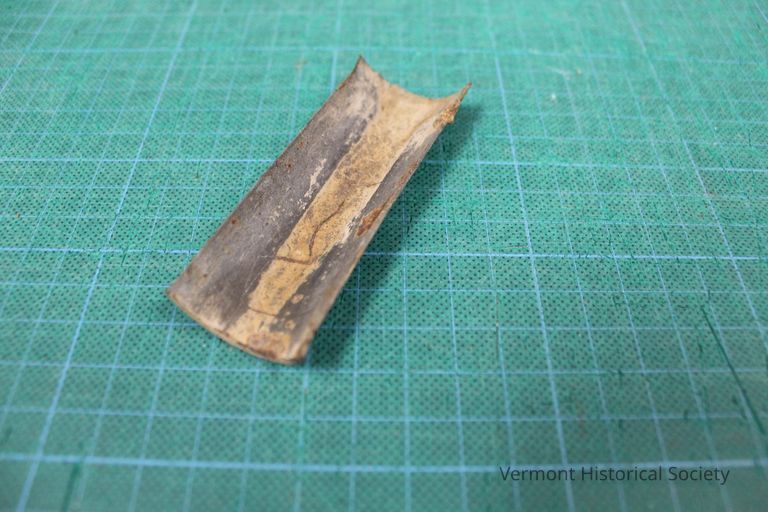
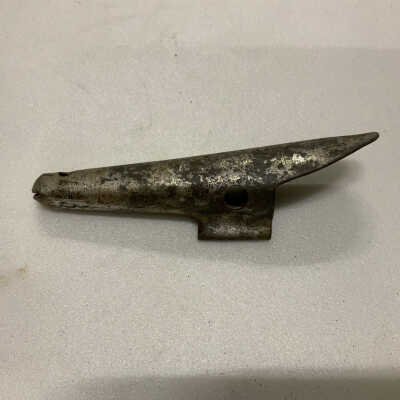
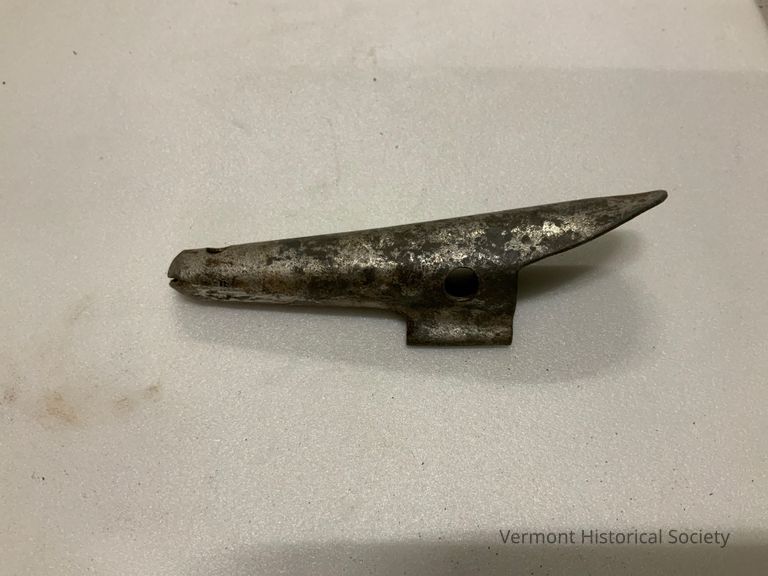
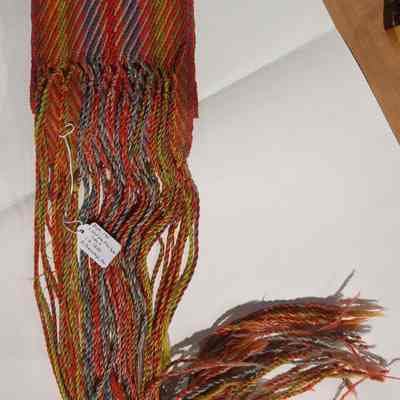
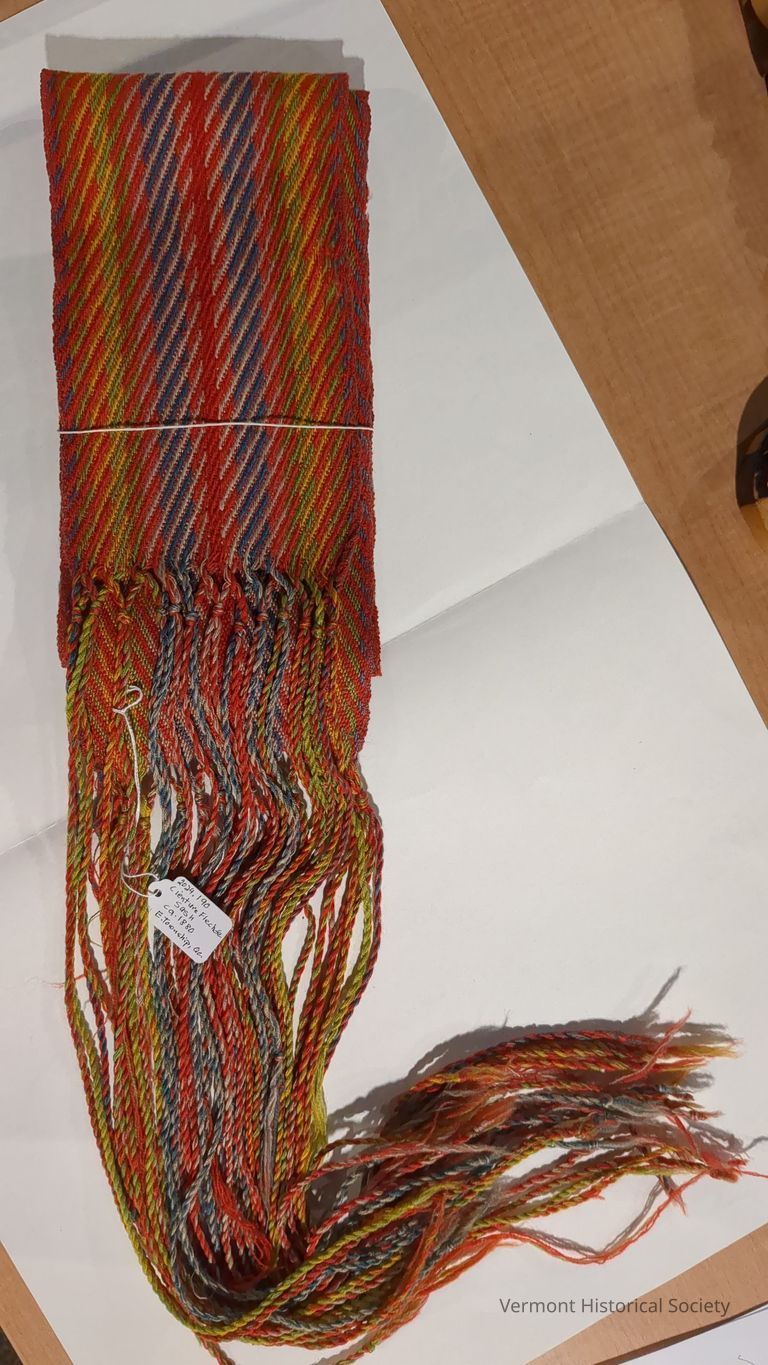

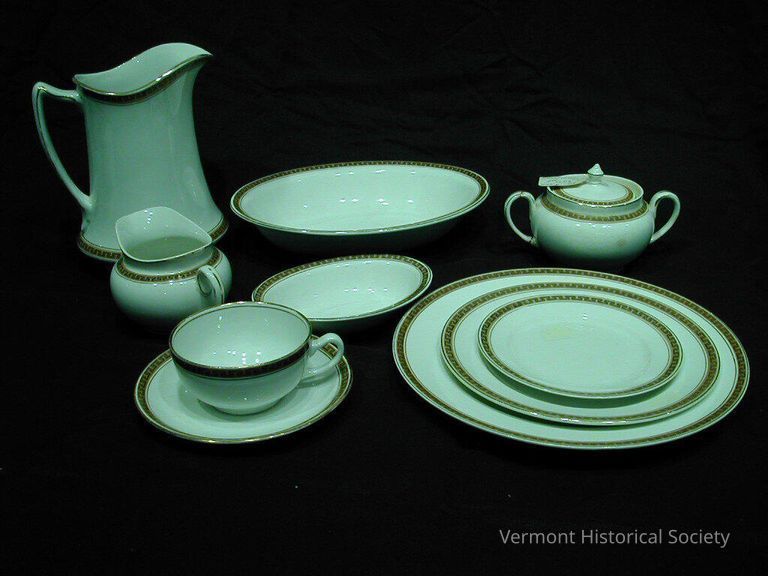
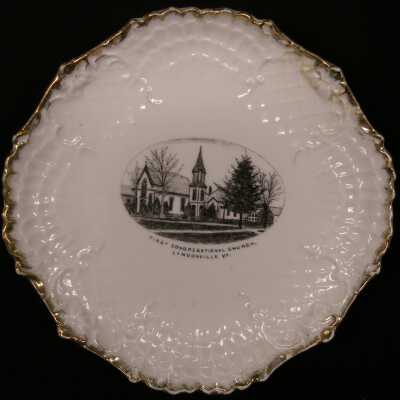
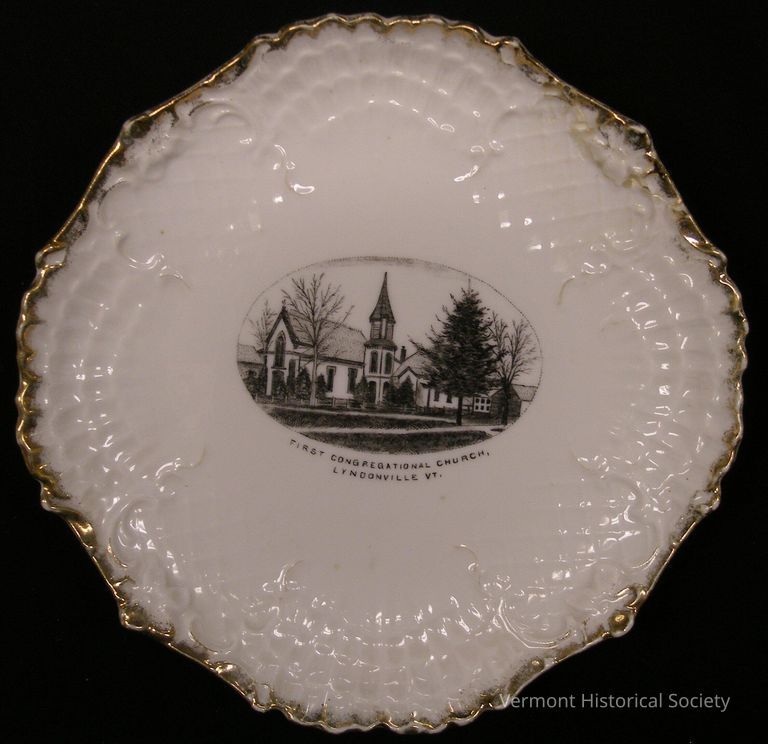
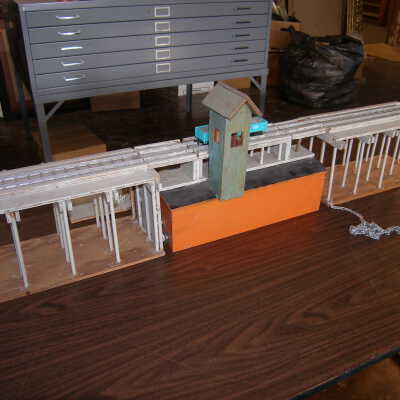
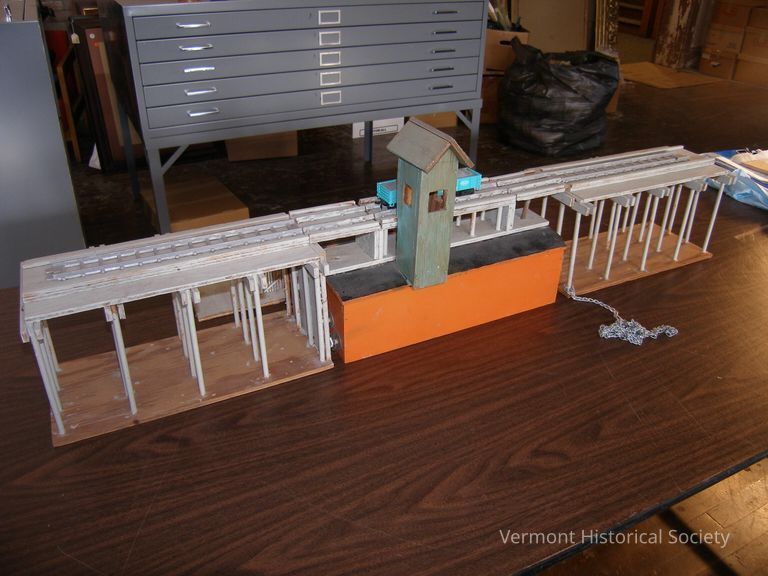
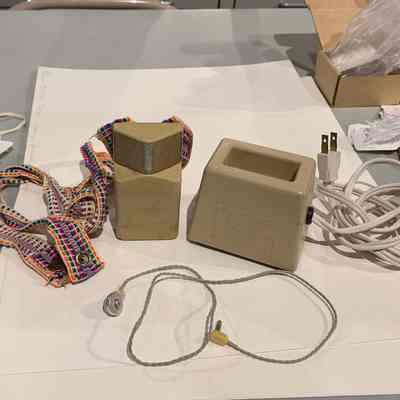
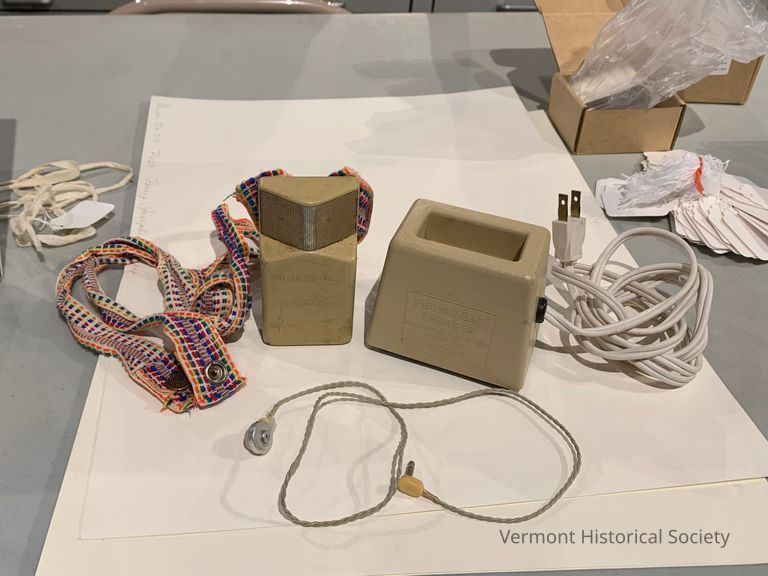
Device originally came with plain black lanyards, due to intimacy of use devices were often personalized by students, in this case we see a different lanyard was used.
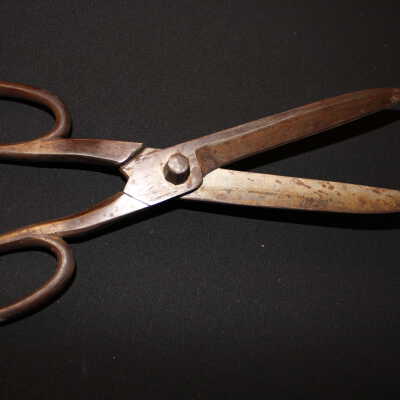
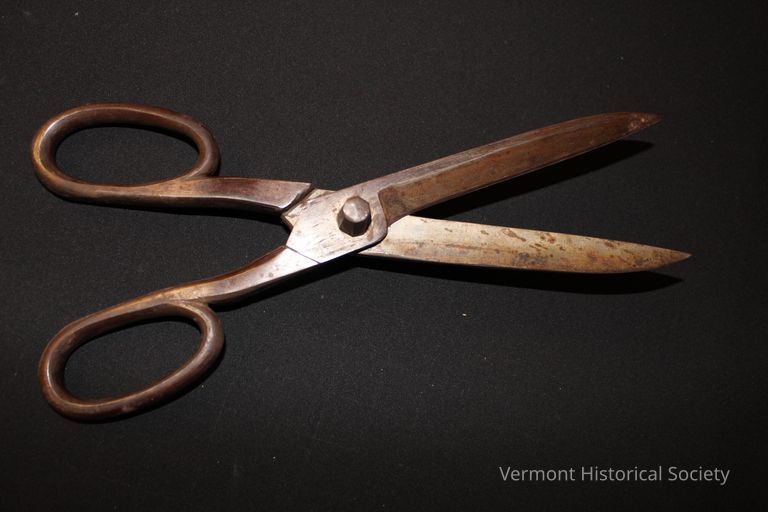

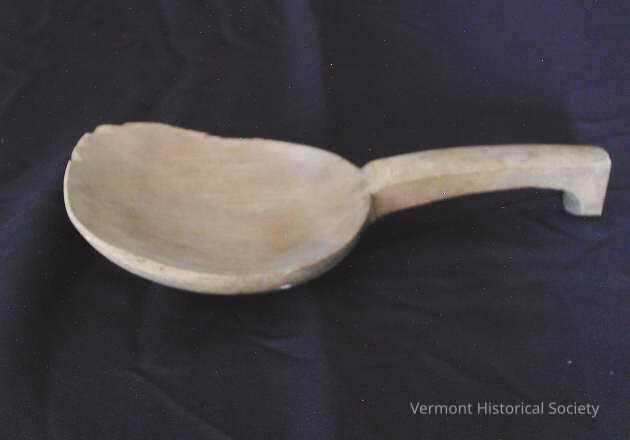
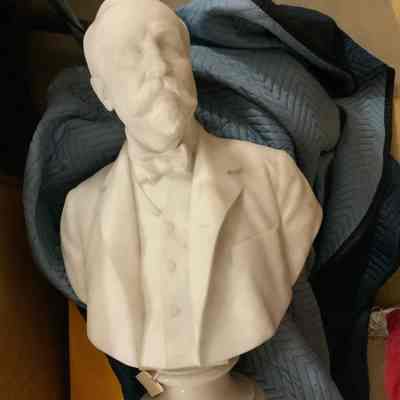
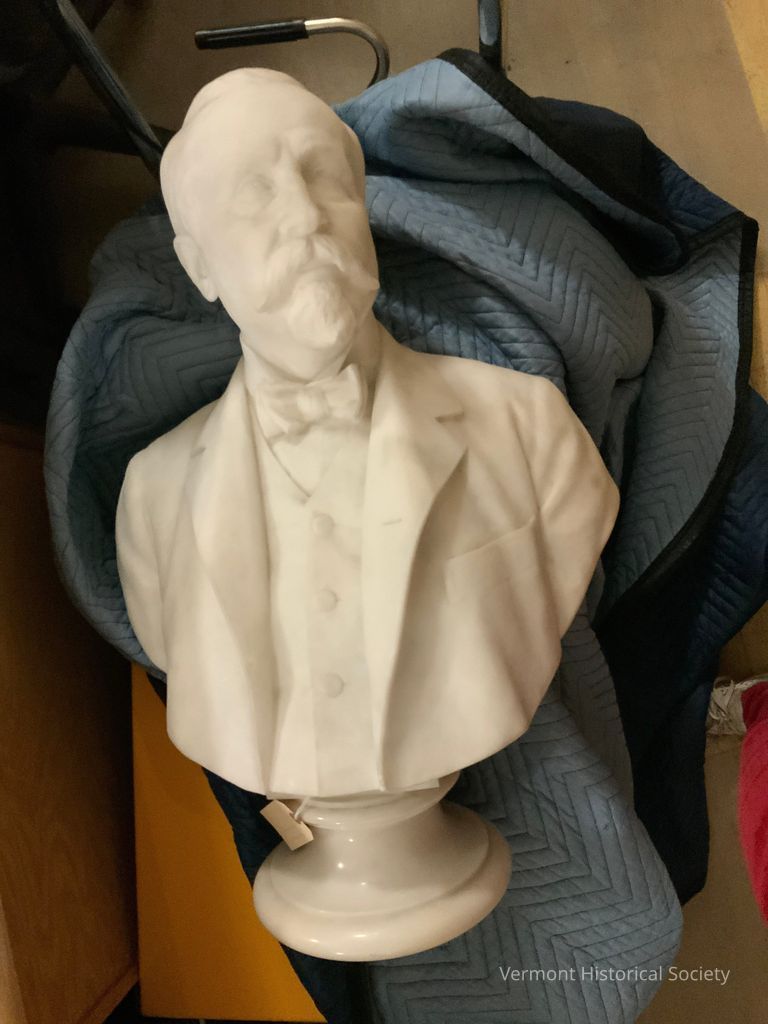
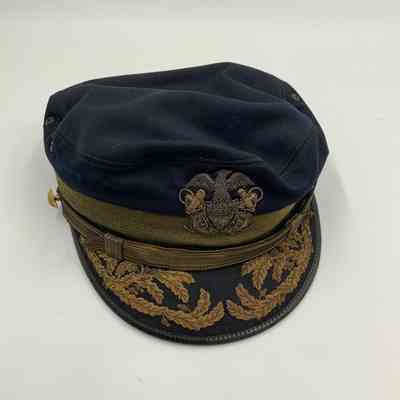
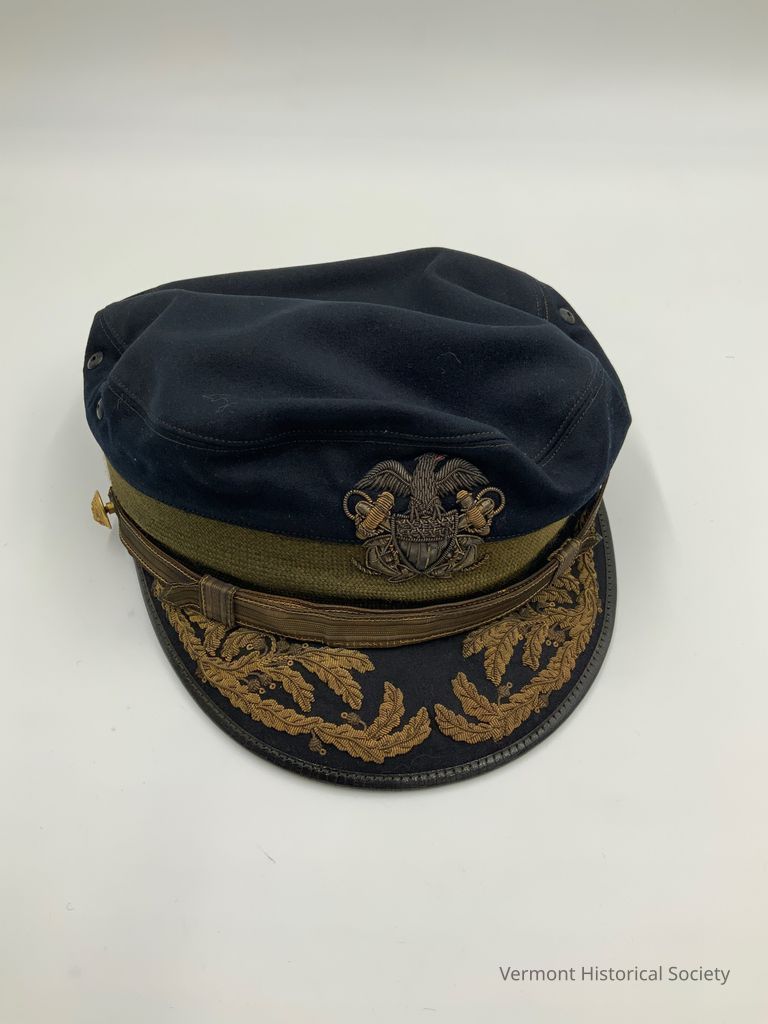
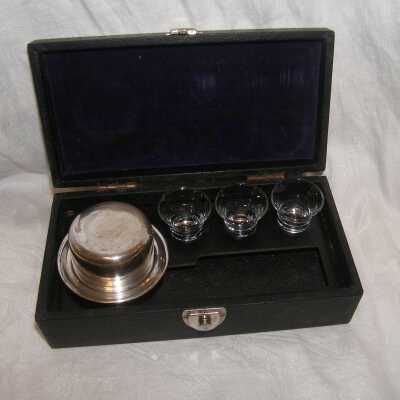
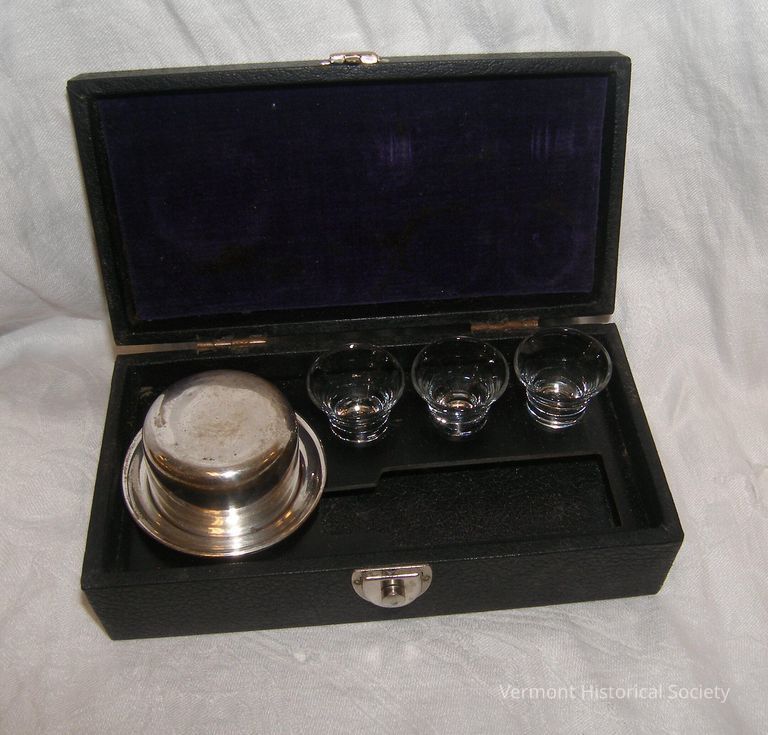
Arthur W. Hewitt was born in Riverton, Vermont, June 22, 1883. He attended Riverton schools and was a graduate of Northfield High School and Montpelier Seminary. On September 18, 1907 he married Nina Battles of Wilder.
Dr. Hewitt's pastoral life began in 1908 in Plainfield, Vermont, where he served as a minister of the Methodist Church until 1933. He served in Moretown, Vermont from 1933-35, and in Northfield and Northfield Falls until 1956.
Dr. Hewitt was also active in education. He was superintendent of schools in Glover, 1905-1906, and in Plainfield, 1910-1911. He was, for a time, the head of Montpelier Seminary, organized Vermont Junior College, and served as its president from 1923 to 1935. During the years 1912-1917, as Plainfield's representative in the Vermont General Assembly, he was chairman of the House Committee on Education. From 1923 to 1935 he was chairman of the Vermont Board of Education.
Hewitt was also a poet. He published five collections of poetry, including, Harp of the North (1916) and The Mountain Troubador (1962.) He also wrote a biography entitled The Old Brick Manse (1965). he was the head of the Poetry Society of Vermont (P.S.O.V.) for eight years, and in August of 1971 he was recommended by the state legislature to succeed Robert Frost as Poet Laureate of Vermont. He died November 6, 1971 in Berlin, Vermont.
Concerning the military buttons, it isn't clear if these belonged to Arthur Wentworth Hewitt. While he registered for the draft for World War I at age 35 and for WWII at age 58, there is no mention of military service in any obituaries or biographies.
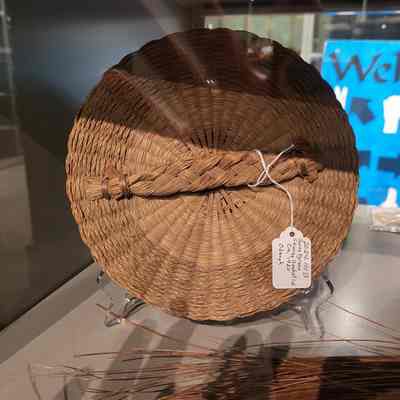
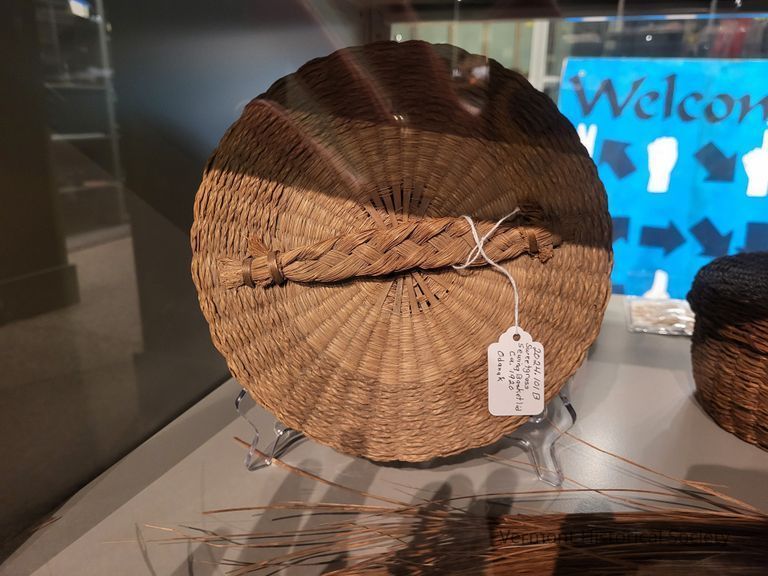

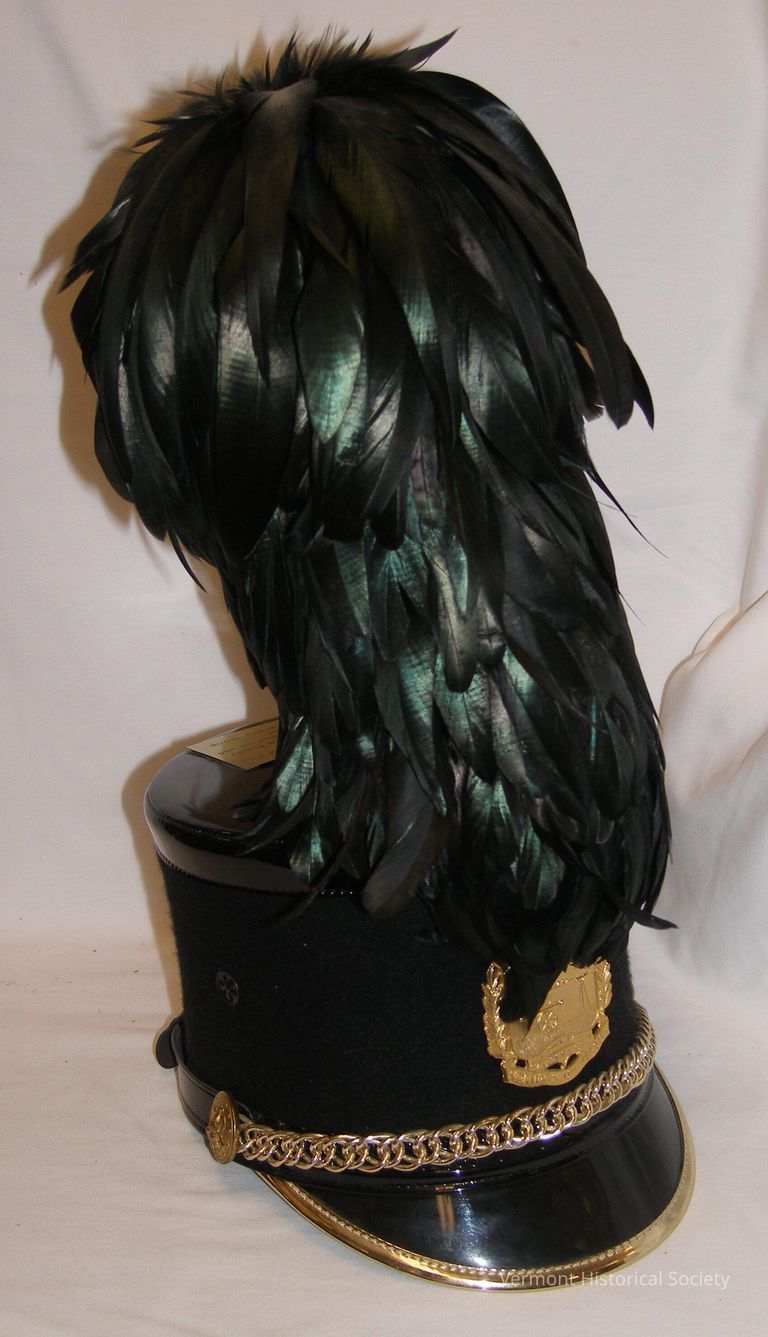
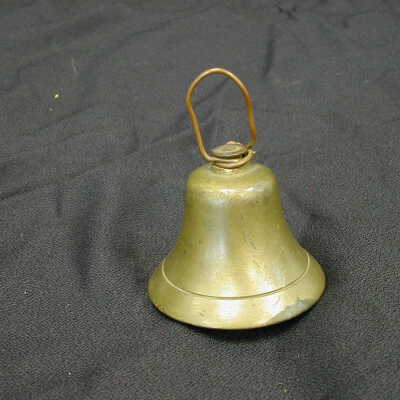
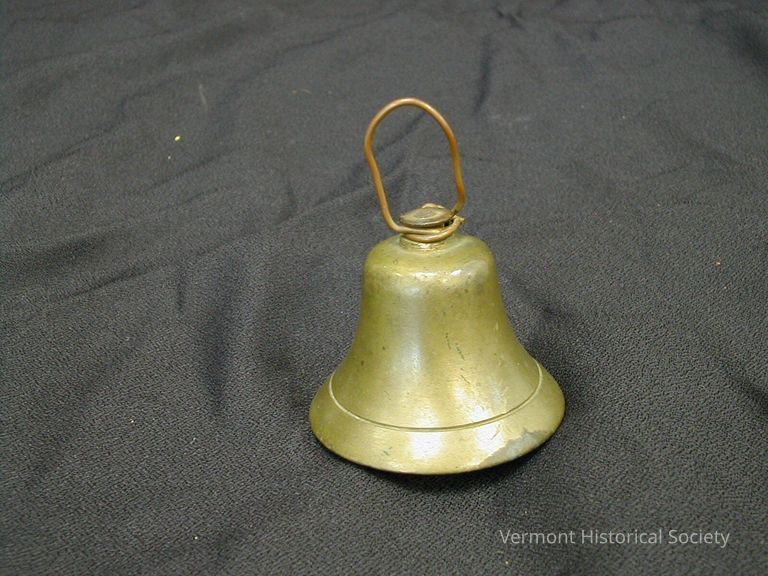
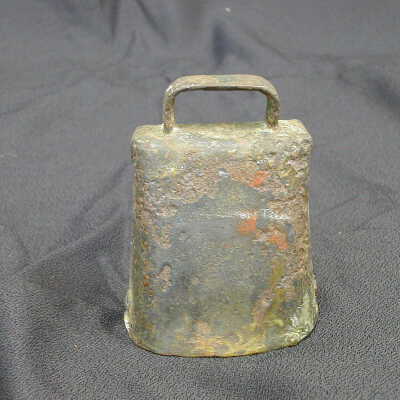
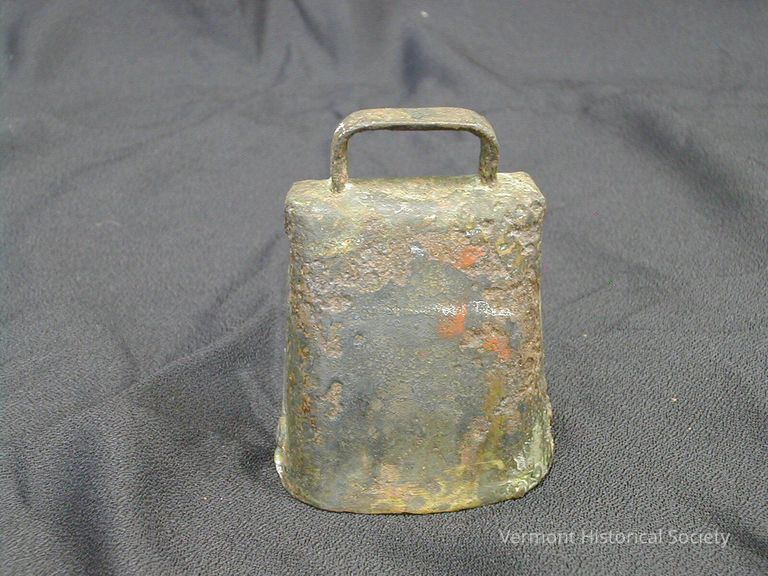
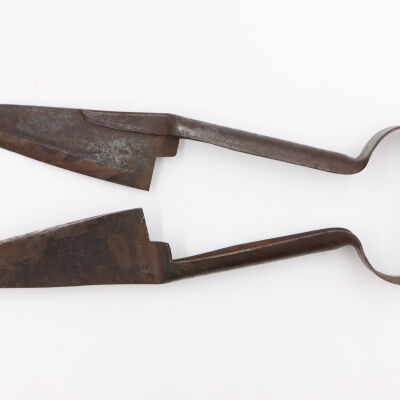
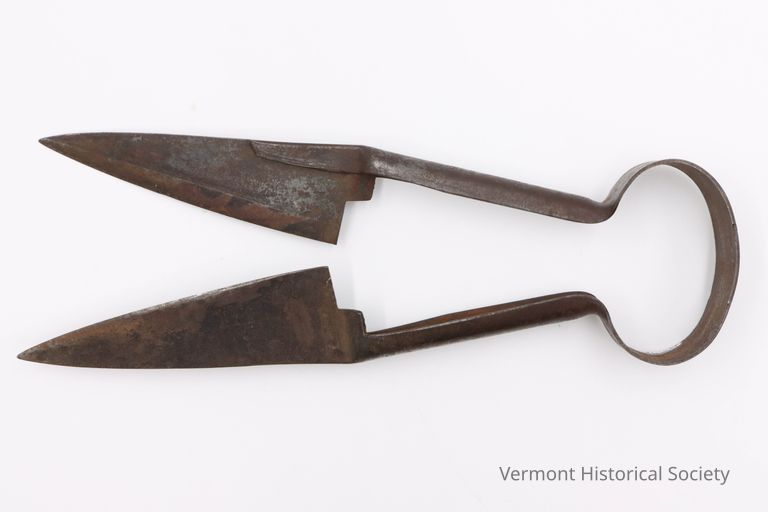
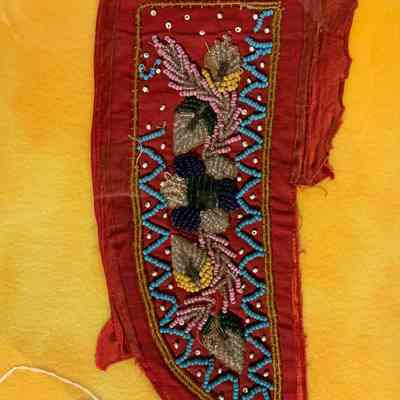
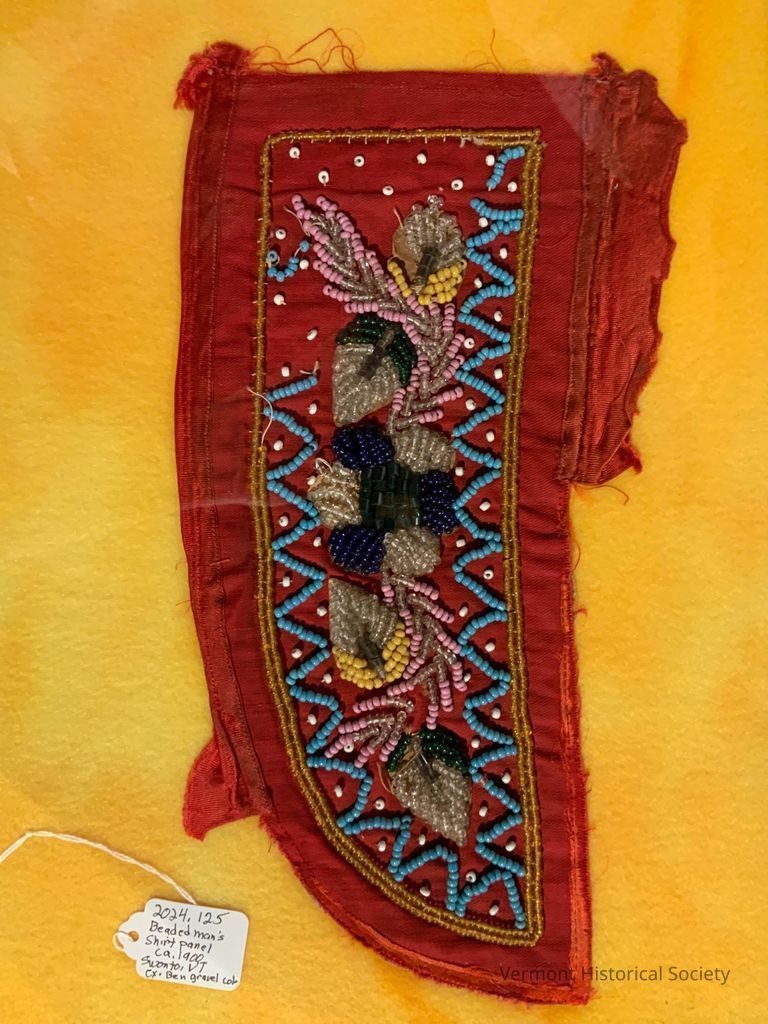
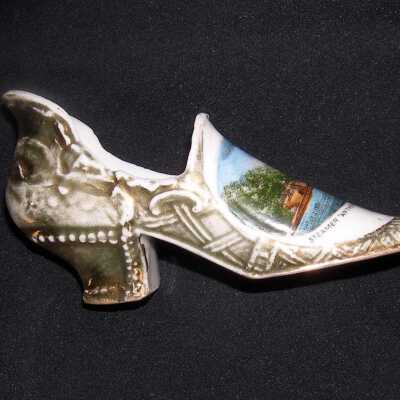
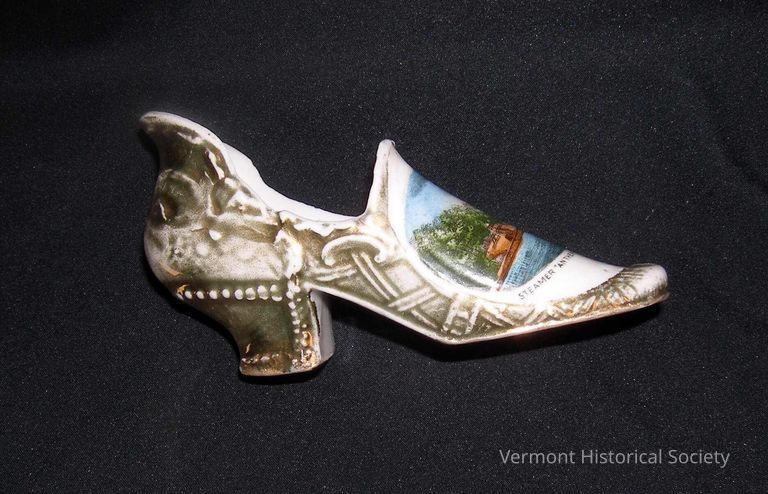

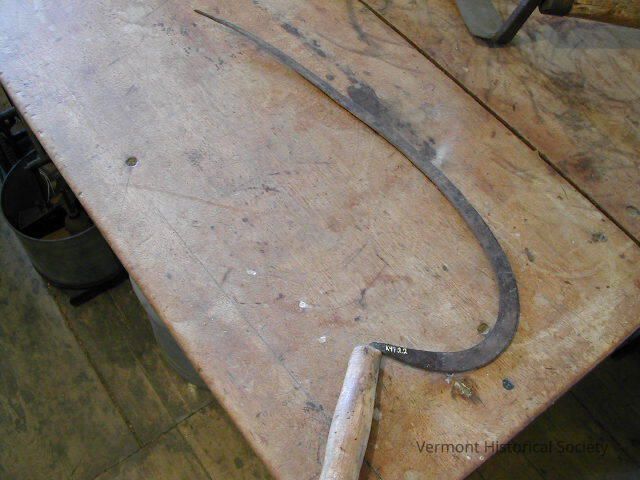
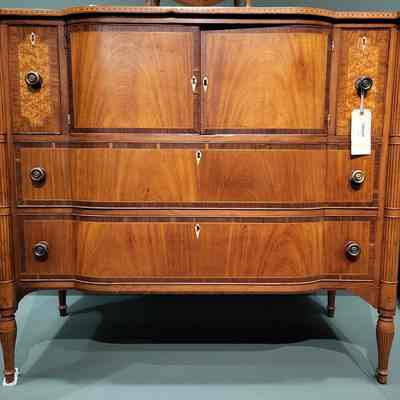
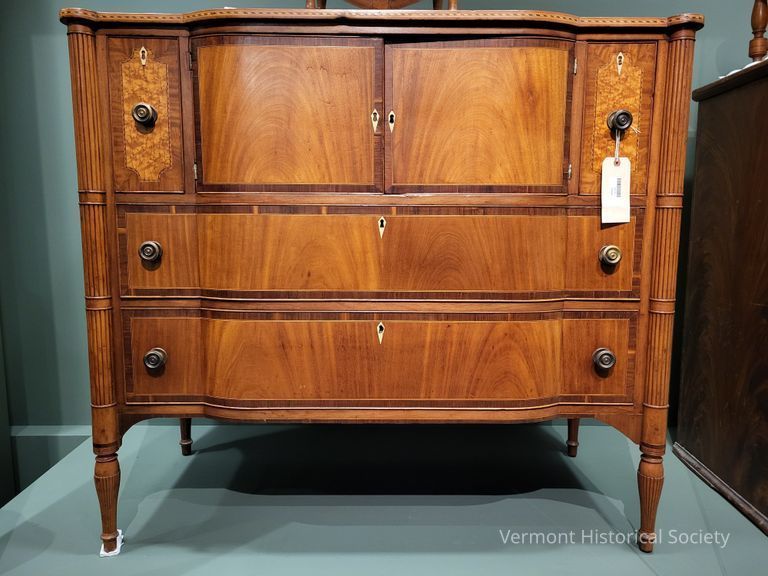
Cabinetmakers Sampson Warner, George Stedman, and Royal Gould all worked in Chester. It's thought that Stedman and perhaps Gould apprenticed to Warner. Stedman and Gould family members ran a mercantile business in Chester in close proximity to a similar business owned by the Onion family. The string inlay along the top and the complex shape of the front certainly relate to furniture made by both Gould and Stedman. Stedman ultimately moved to Norwich and Gould to Rutland. The Onion family, including Alfred, also moved to the Rutland area and may indicate a connection between the Goulds and the Onions.
This piece may have been purchased by the prosperous Onion family in the 1810s or Albert acquired it around the 1840 date. Albert partnered in mercantile businesses from the late 1820s to 1840 when he was listed in the census as owning a tanning factory.
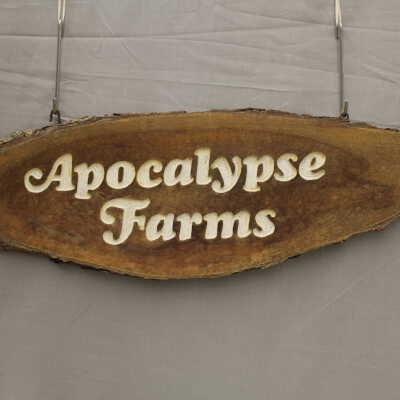
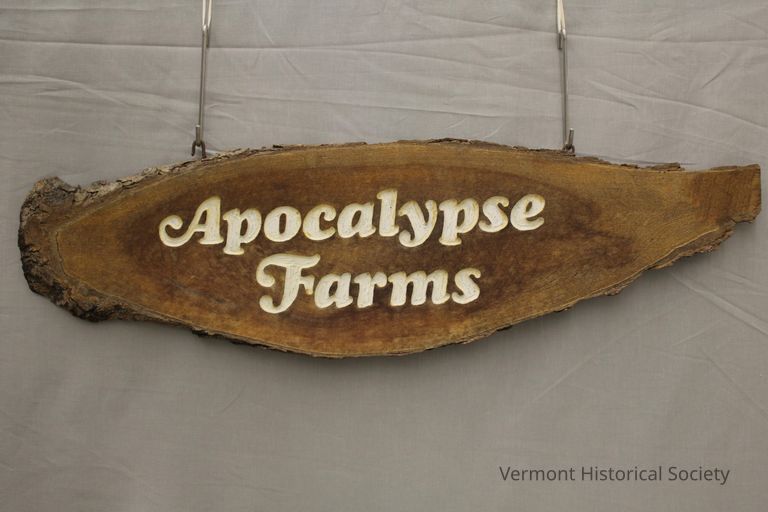


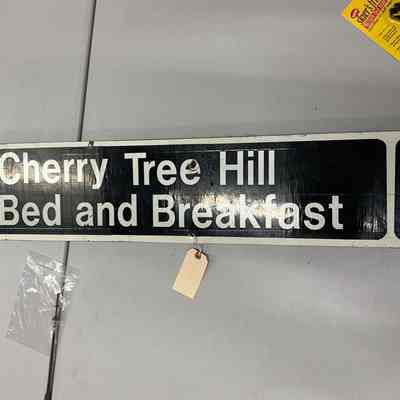
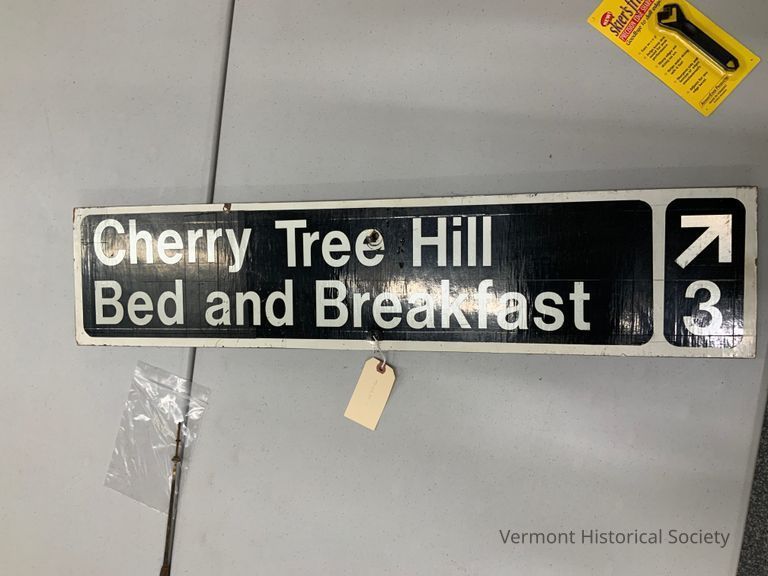
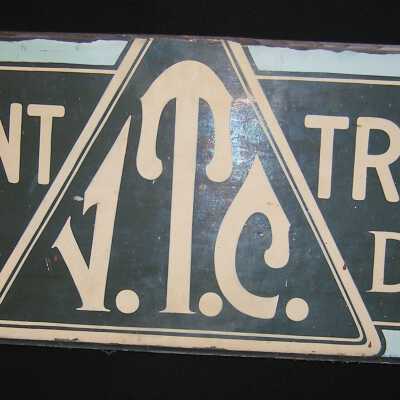
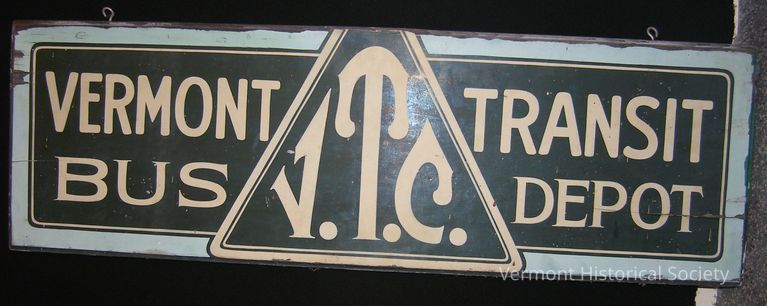
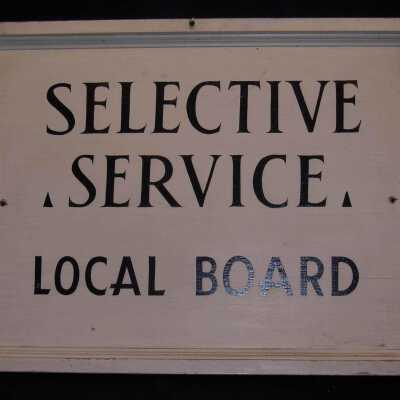
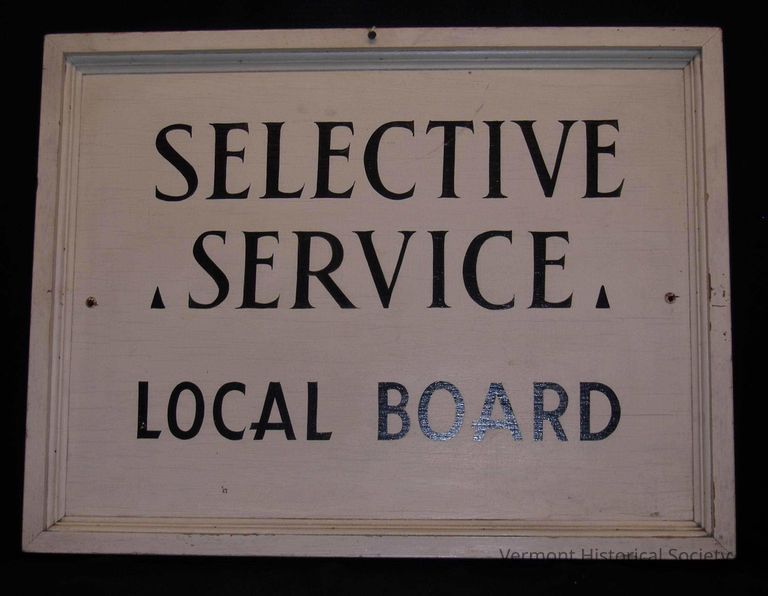

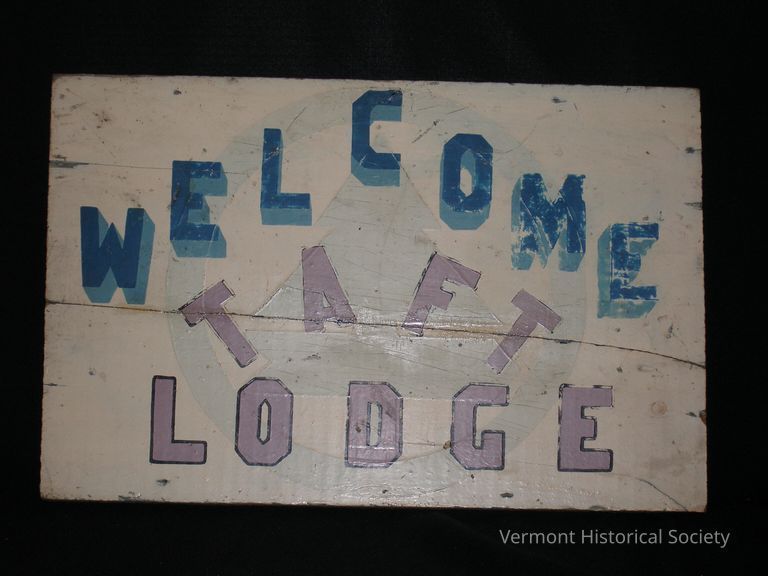
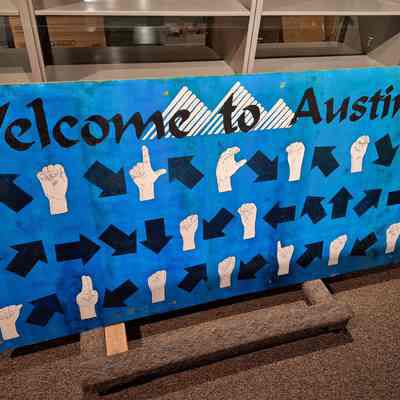
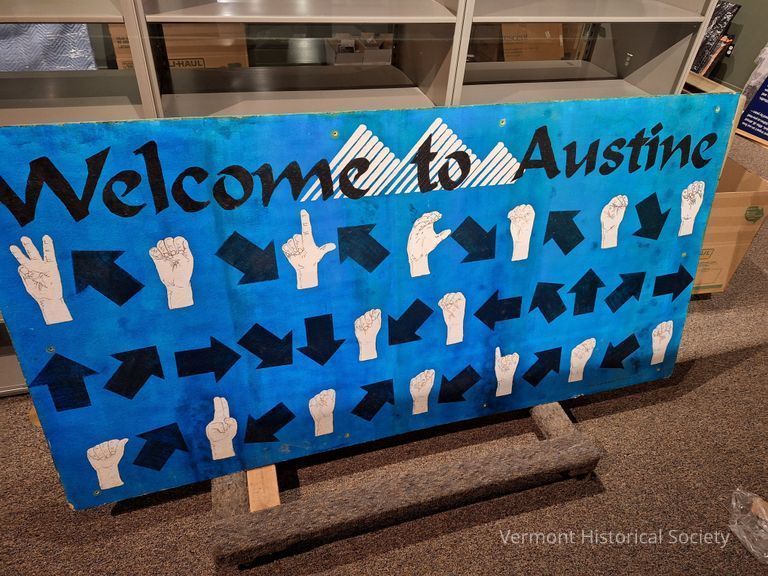
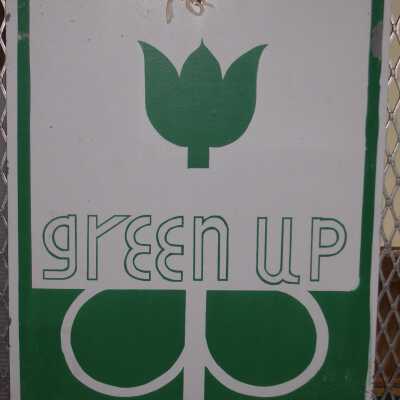



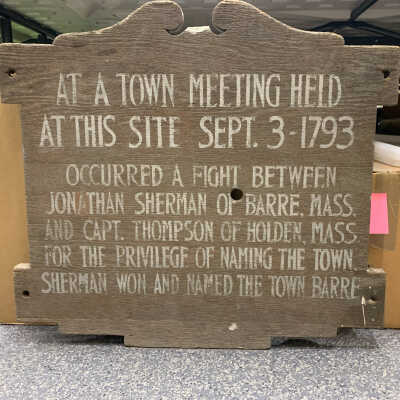
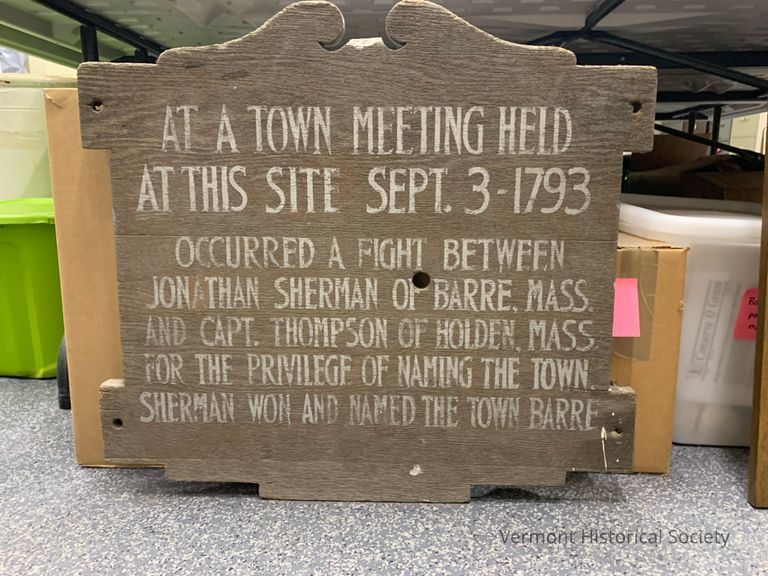

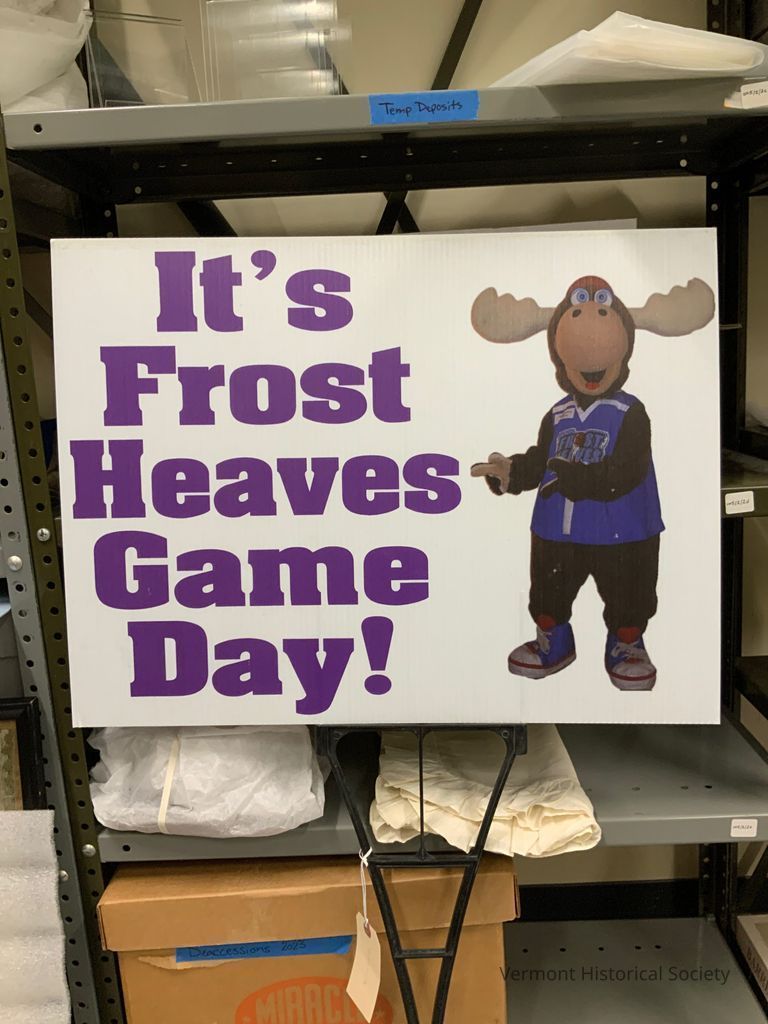


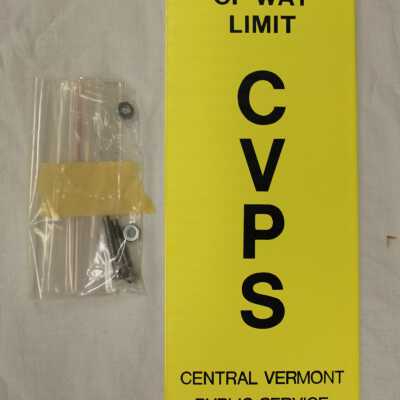
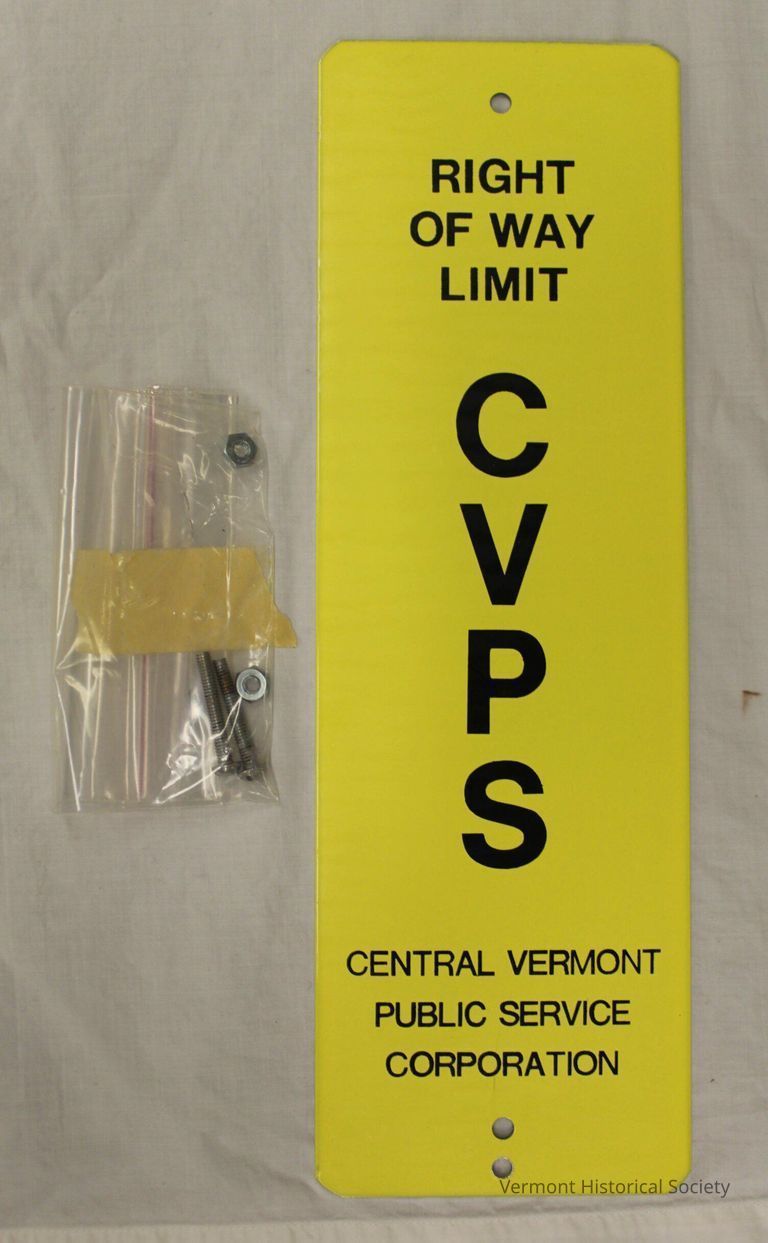
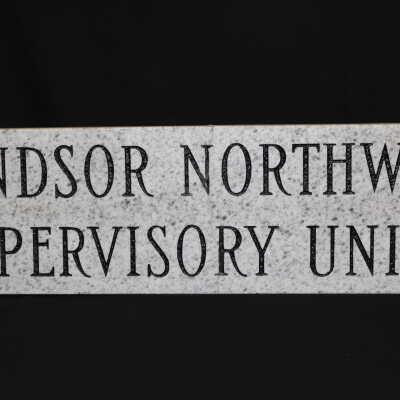
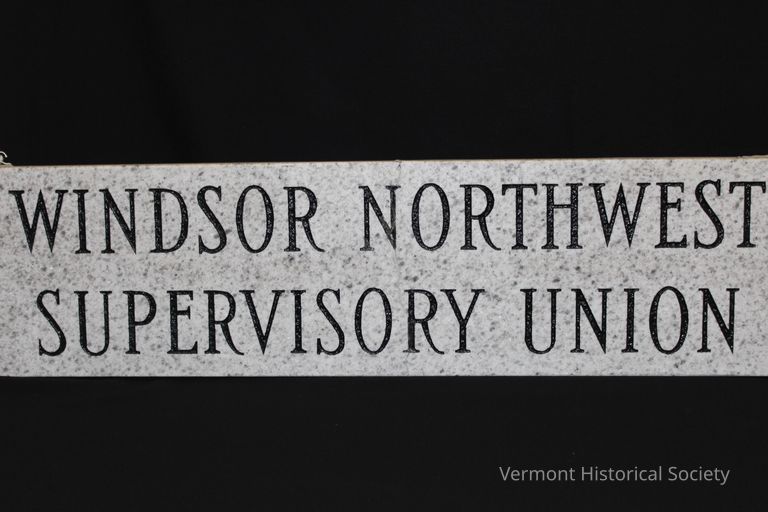
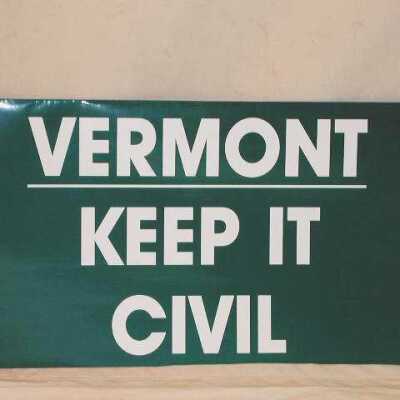
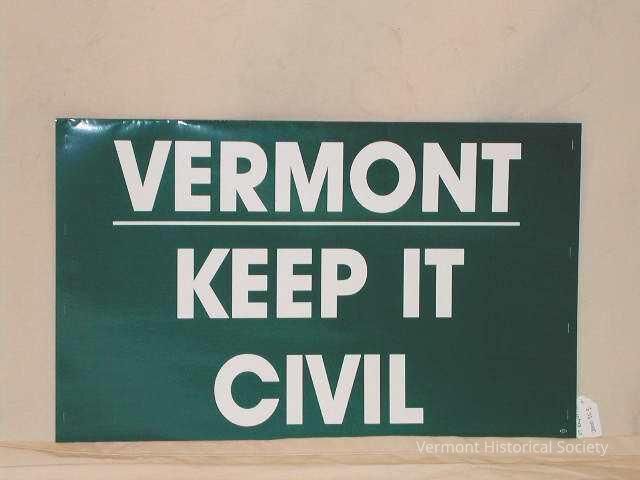


In tiny printing near bottom of sign is: "DOD FS No 2 (Not to be reproduced or used without Department of Defense Permission)
Traces of mint green paint around edges.
Flash reflected on sign and changed the coloring.
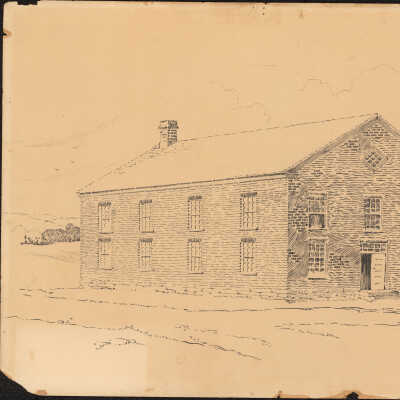
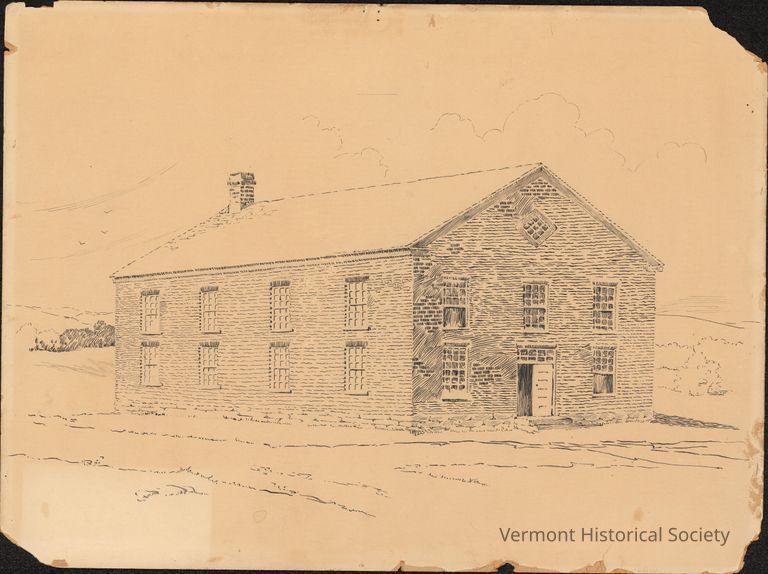
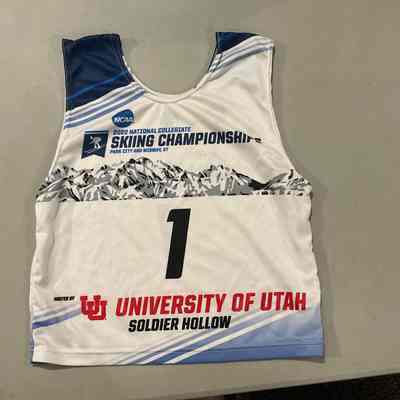
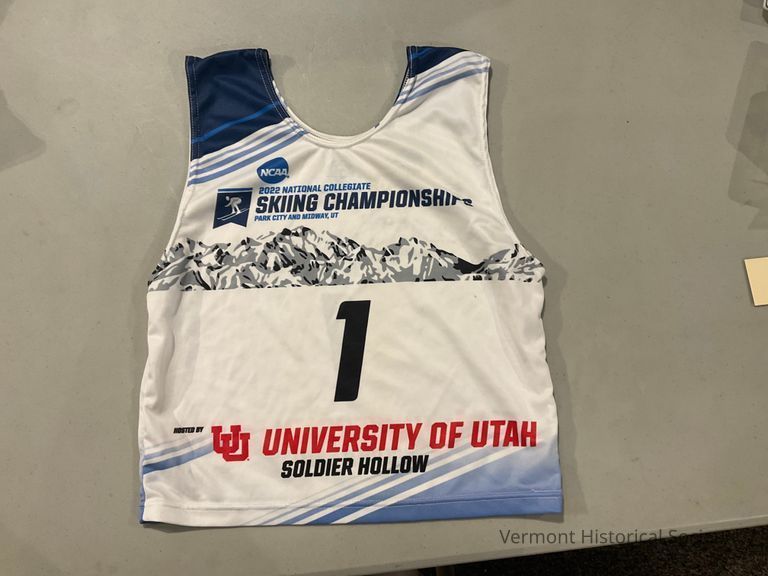
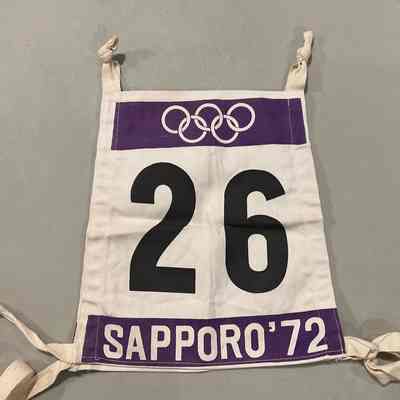
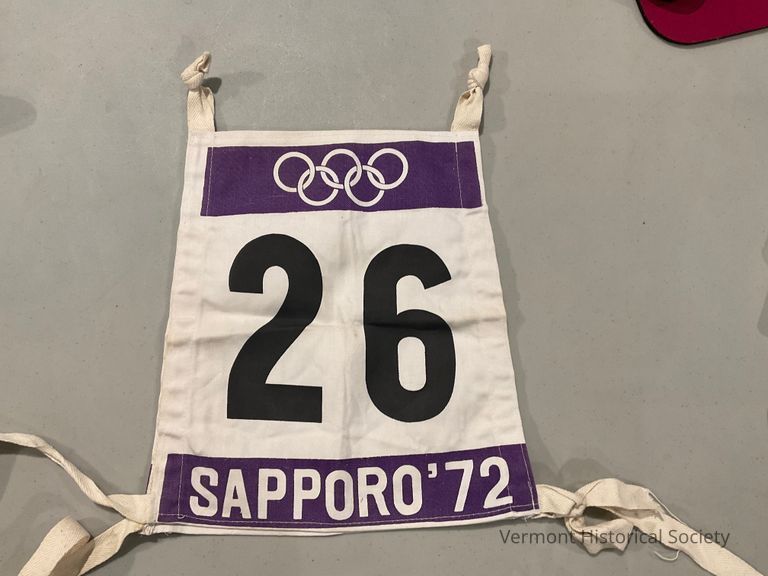

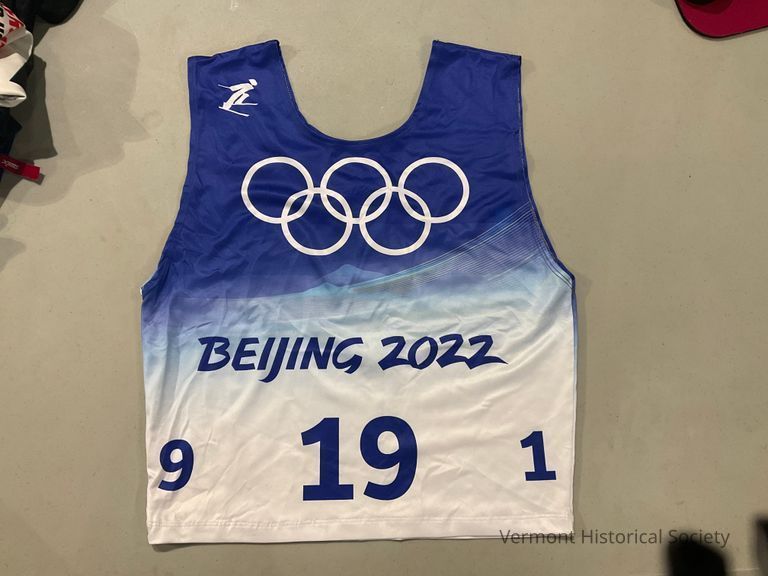
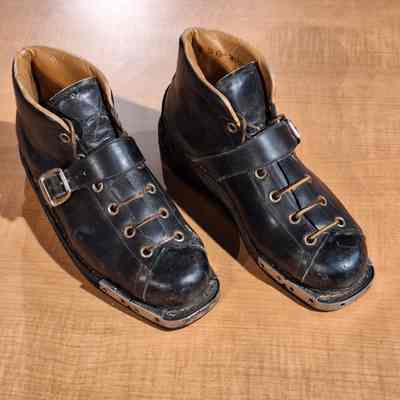
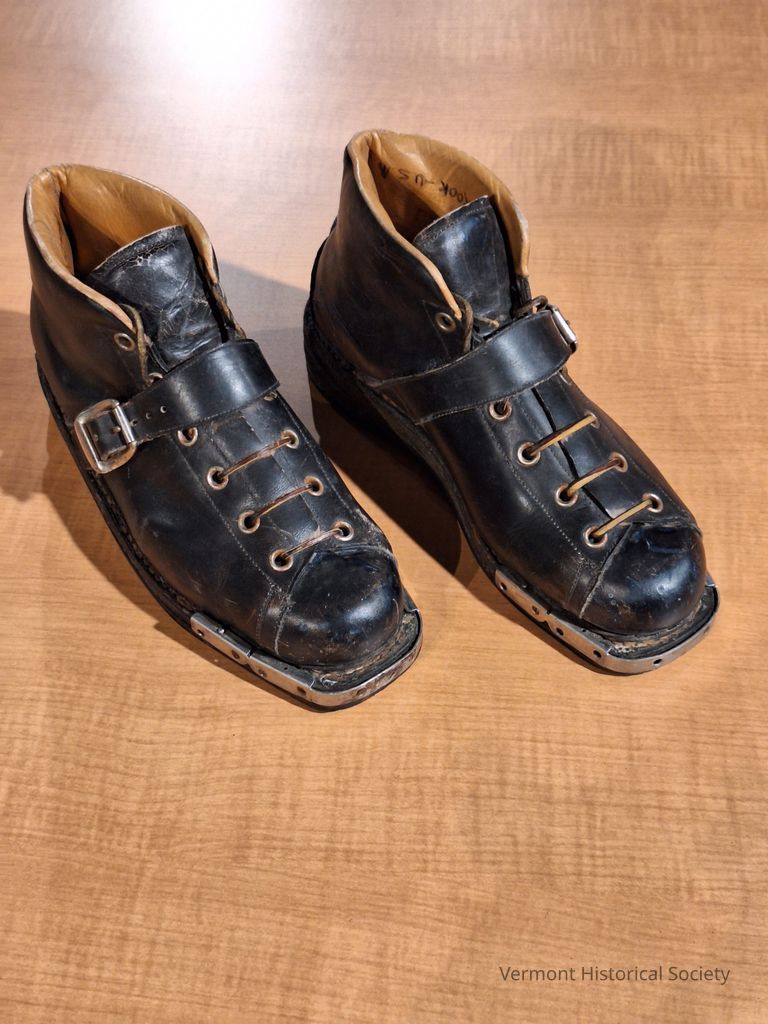
These boots were worn by internationally renowned ski jumper Herbert Holbrook.
Worn and used by Herbert P. Holbrook in the act of ski jumping alongside his skis (seeT2024.17.25a-b) for the act of ski jumping (see photo in archives). Holbrook was a class A ski jumper and olympic cross-country skier. He was an alumnus of the Austine School for the Deaf, and admitted to the AAAD (American Athletic Association for the Deaf) in 1964, when he also made the New York Times News twice that year. He competed in Berchtesgaden (West Germany) in the 60's and in the Meribel Olympics in France in 1979.
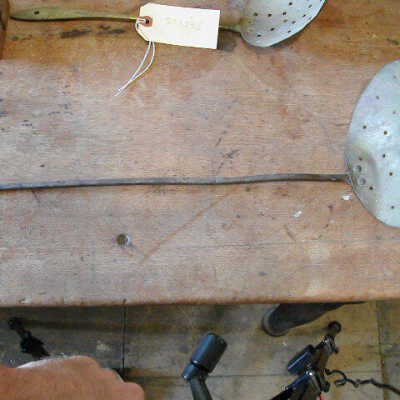
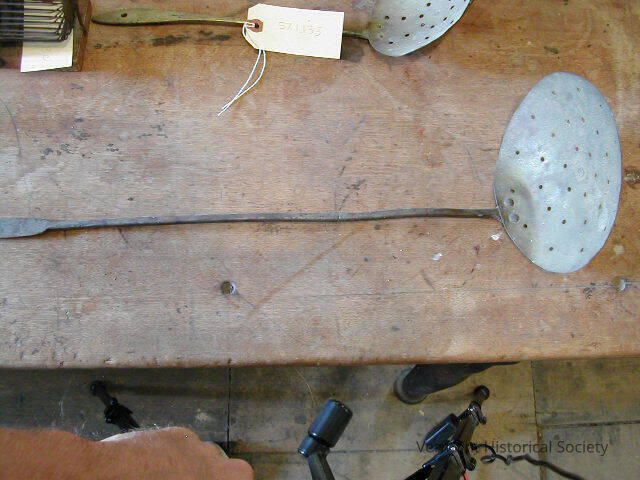
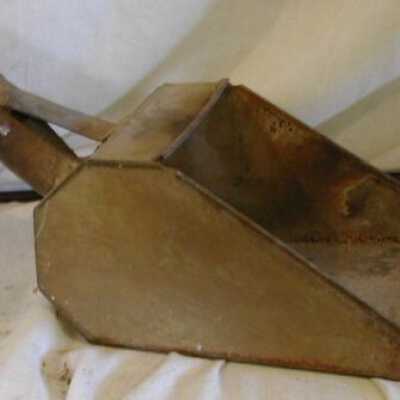
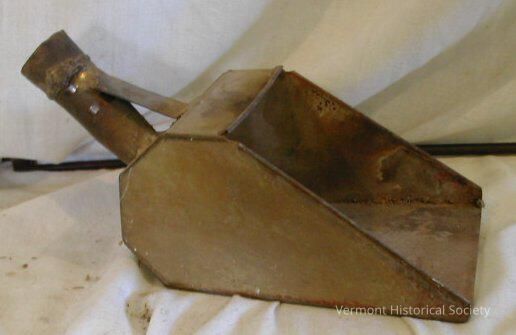
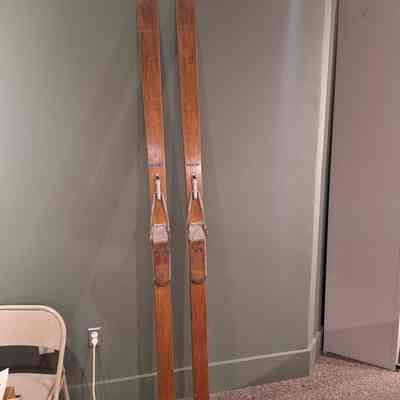
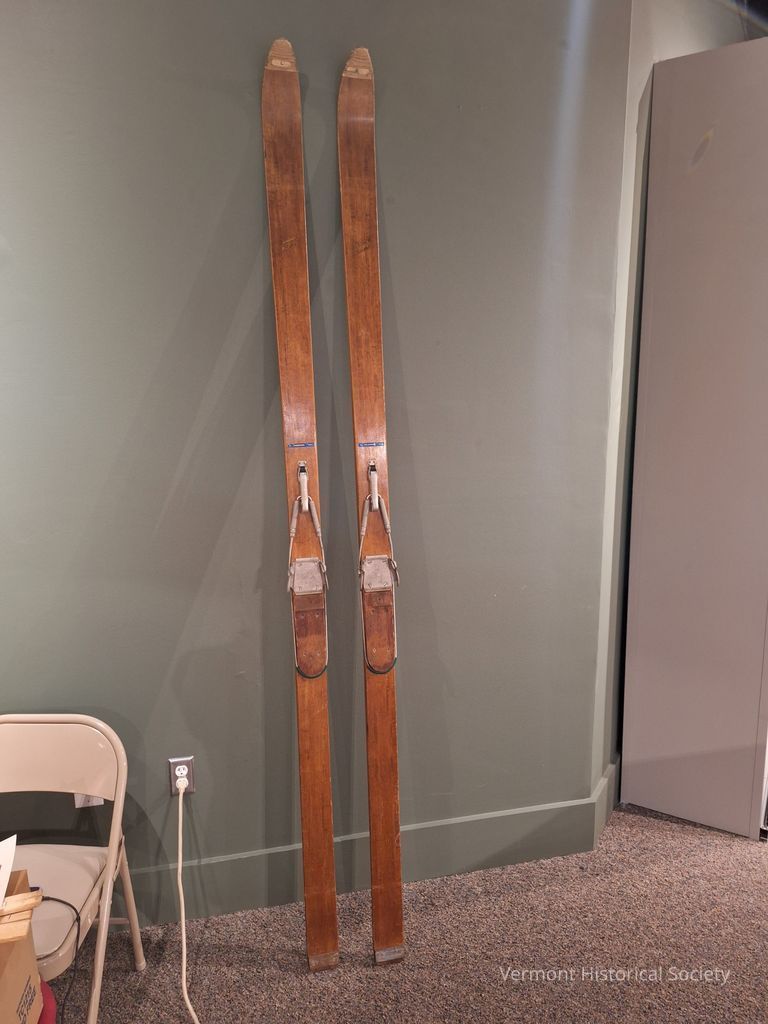
These skis were used by Austine School alumnus and internationally renowned Class A ski jumper Herbert Holbrook.
Used specifically for ski jumping alongside his boots (see 2024.17.47a-b) by Herbert P. Holbrook, a class A ski jumper and olympic cross-country skier. (see photo in archives) He was an alumnus of the Austine School for the Deaf, and admitted to the AAAD (American Athletic Association for the Deaf) in 1964, when he also made the New York Times News twice that year. He competed in Berchtesgaden (West Germany) in the 60's and in the Meribel Olympics in France in 1979.
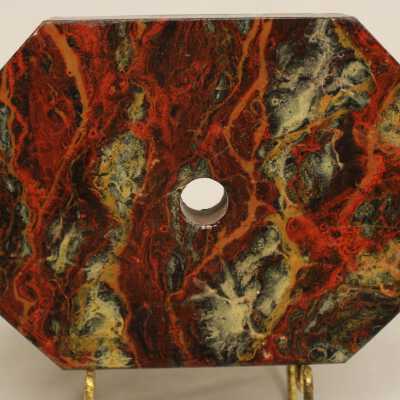
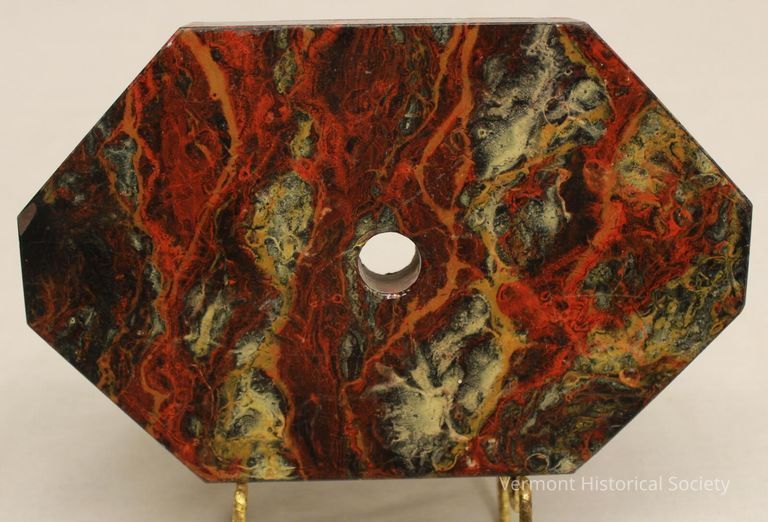
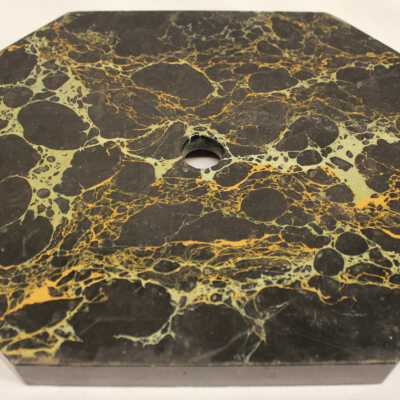
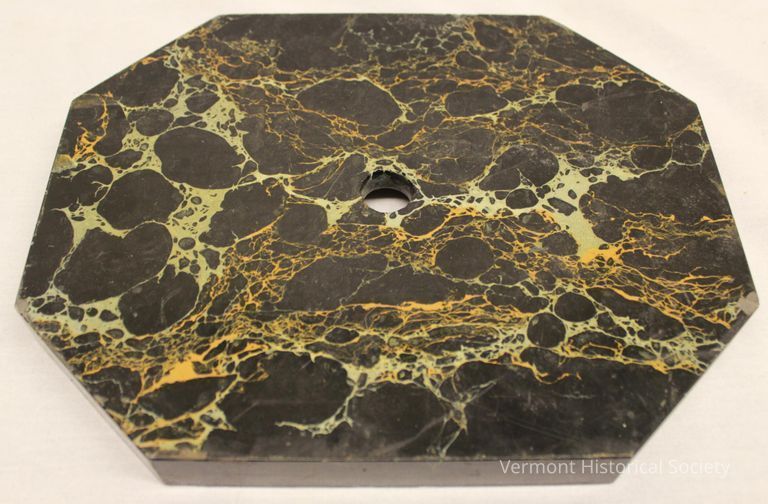

black
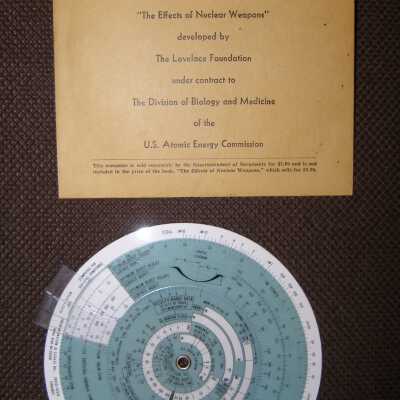
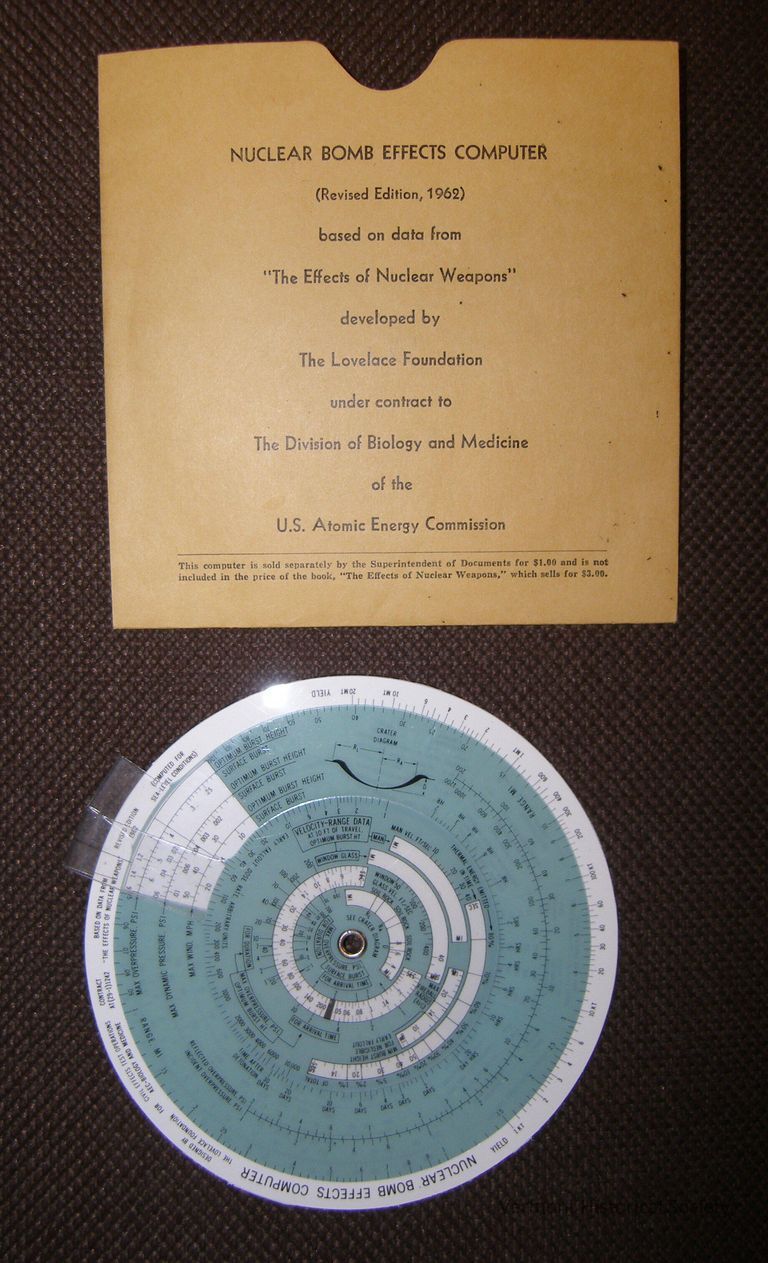
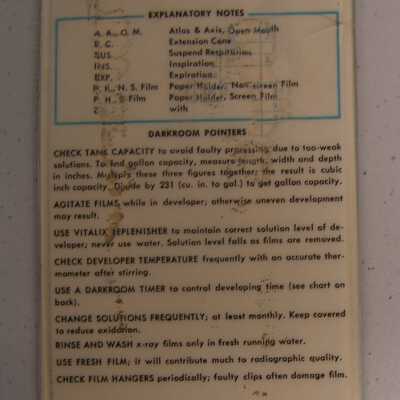
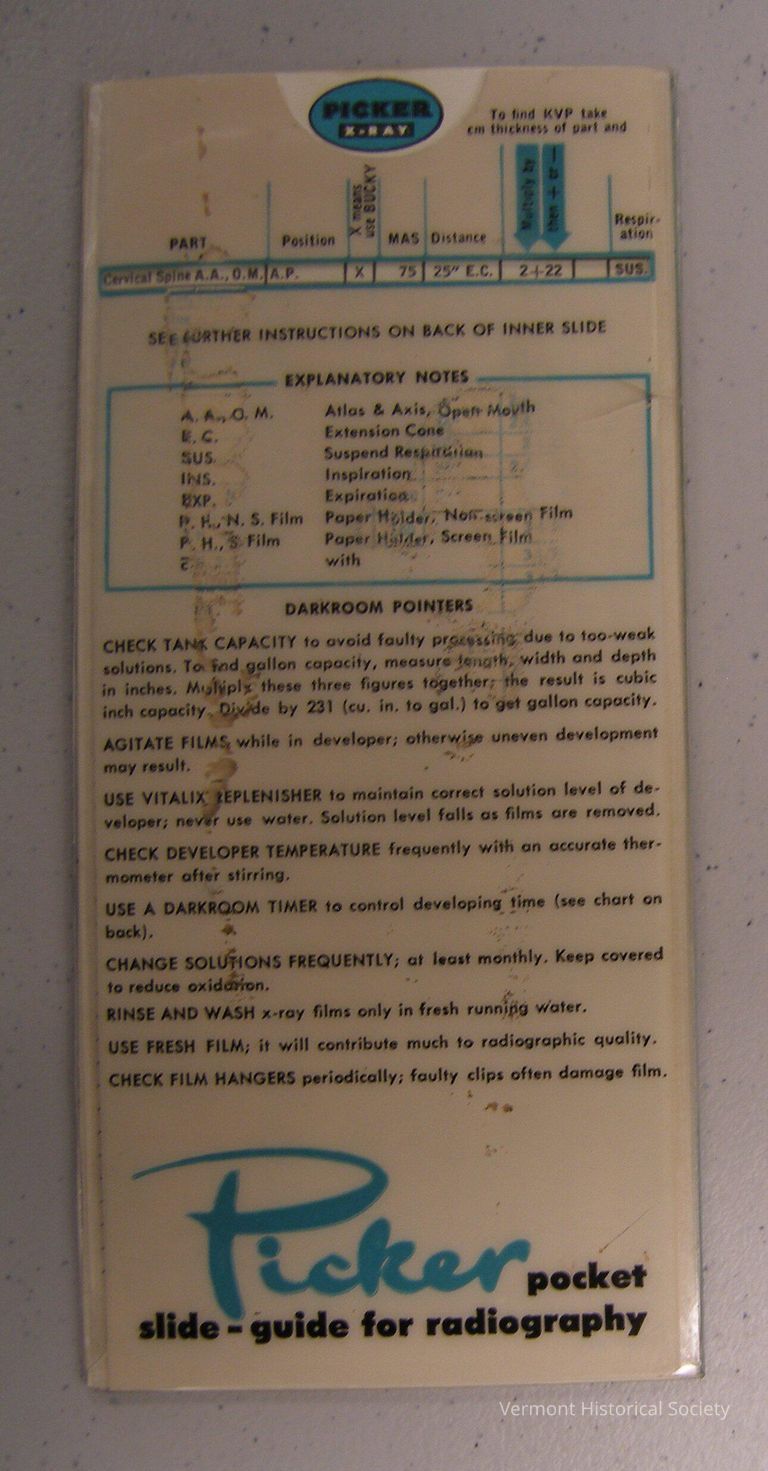
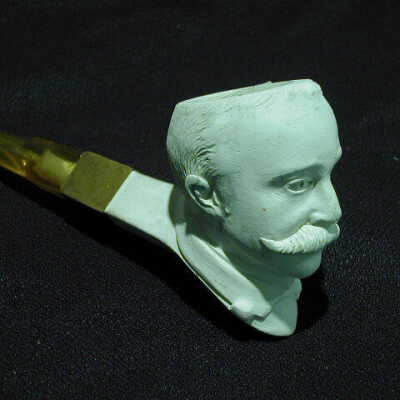
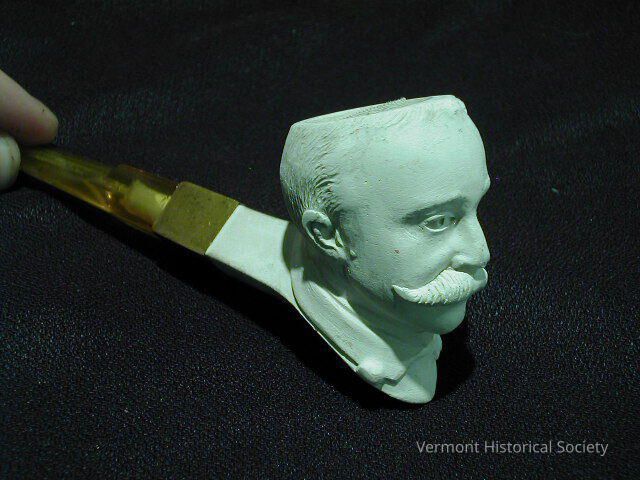
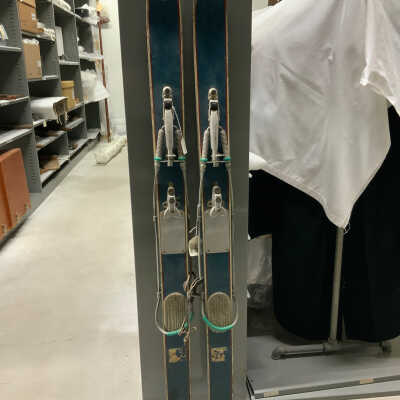
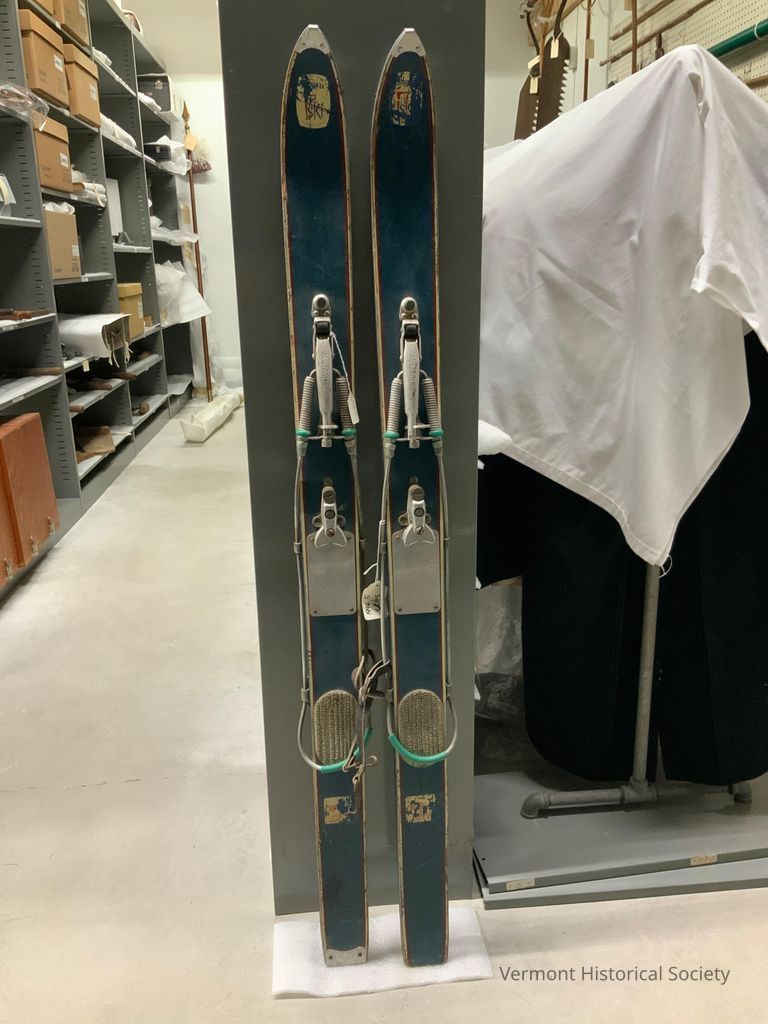
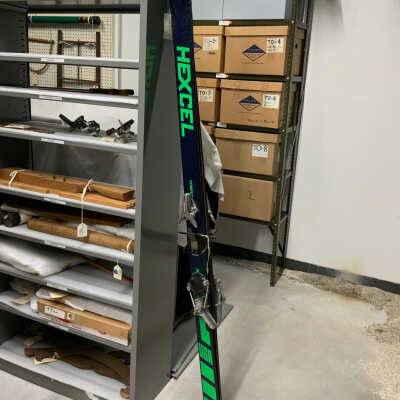
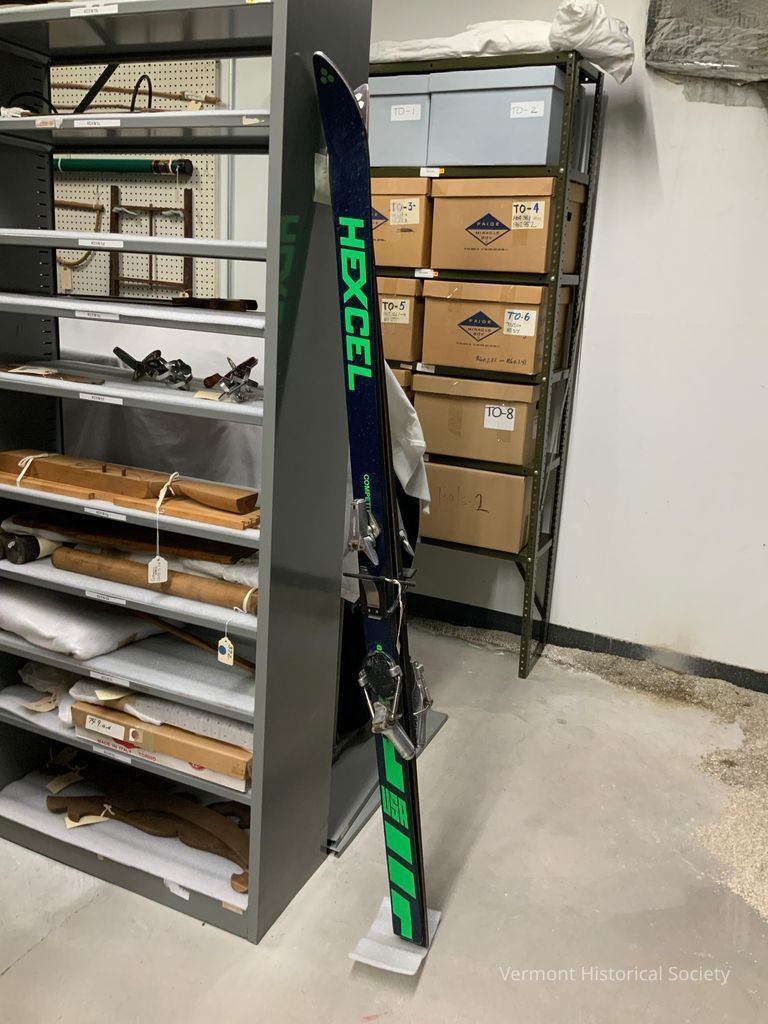
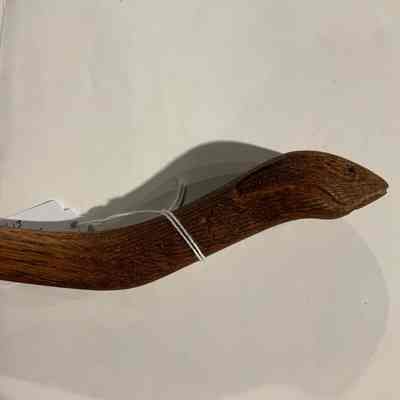

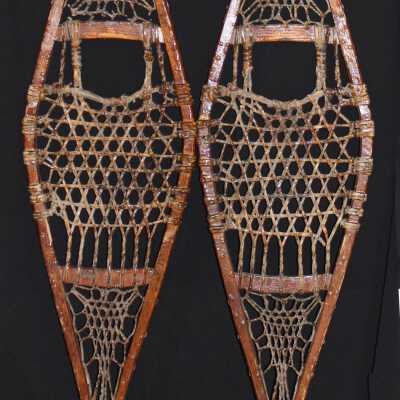
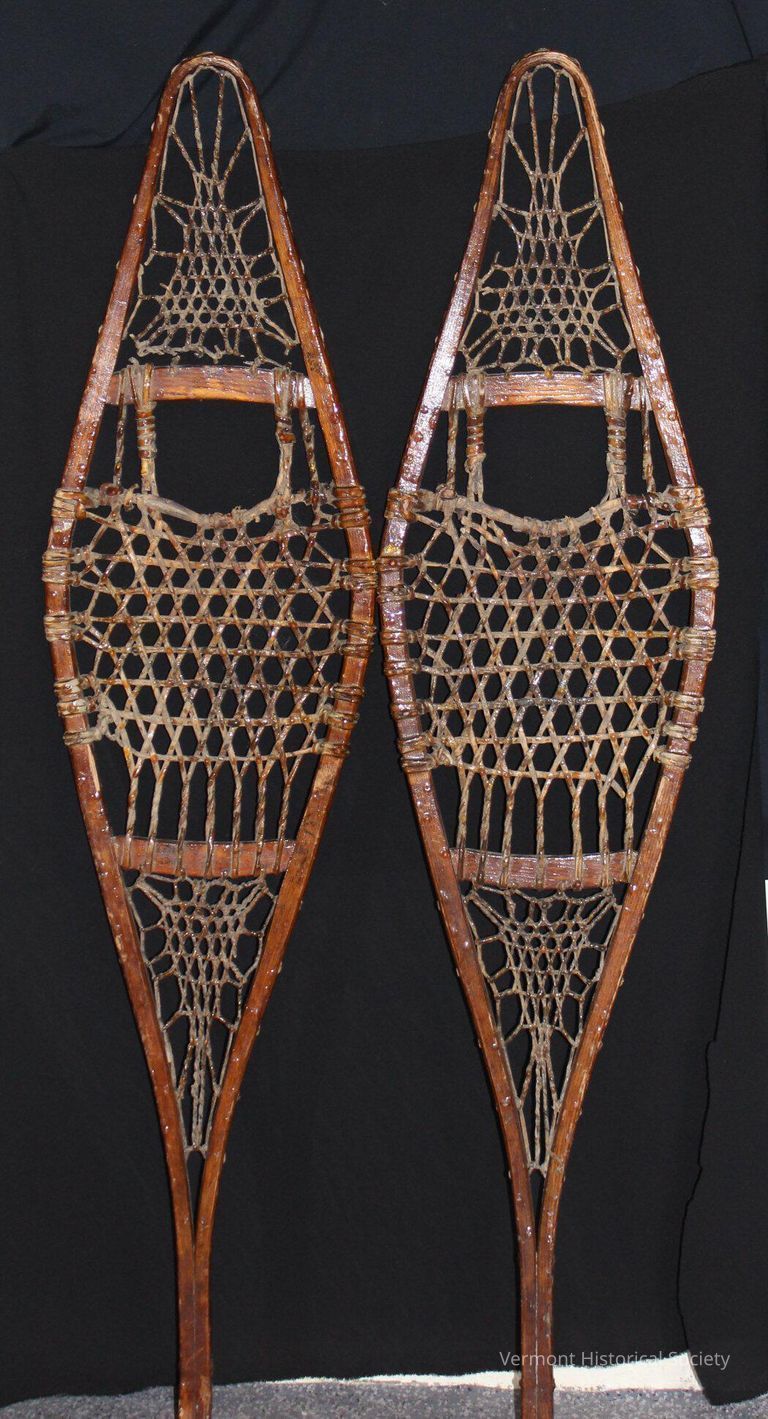
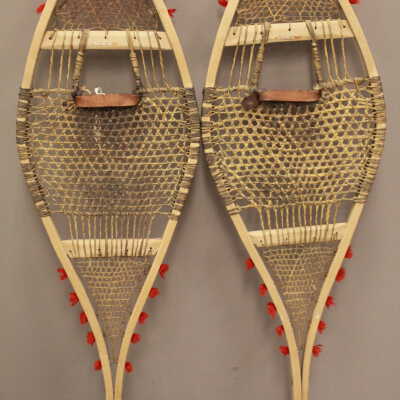
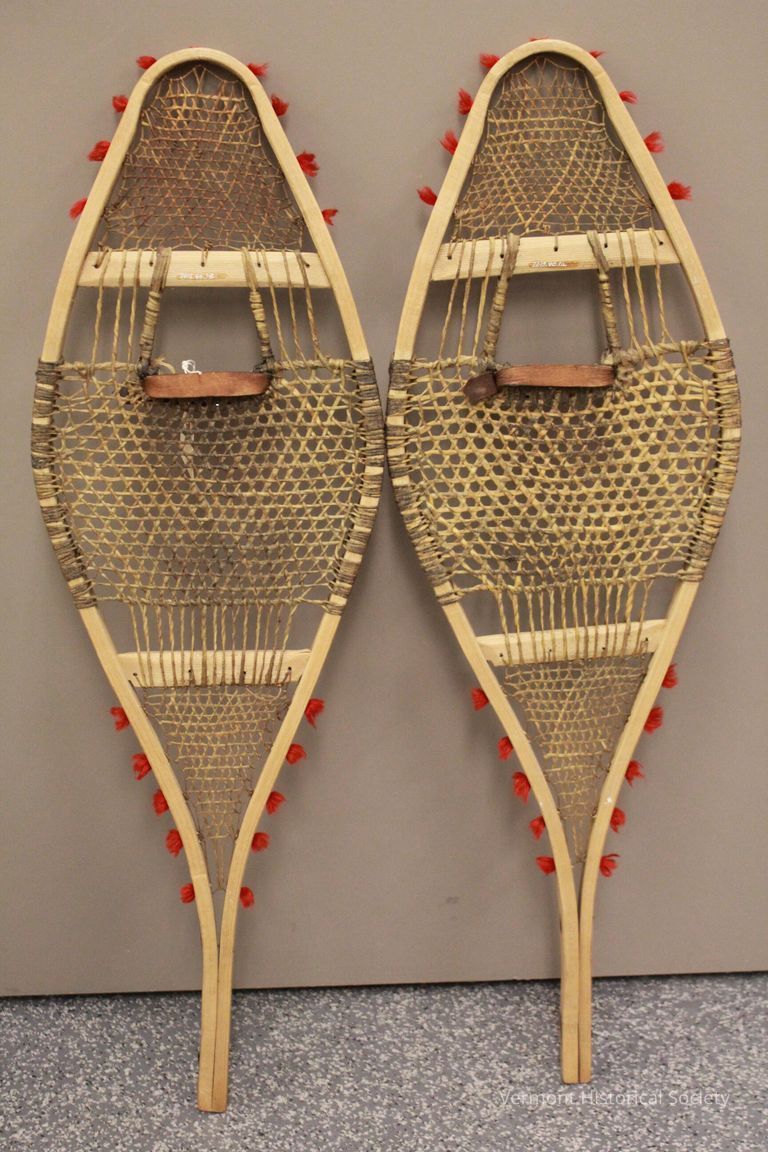
(See 72.48.4 for miniature snow shoes with red yarn tufts.)
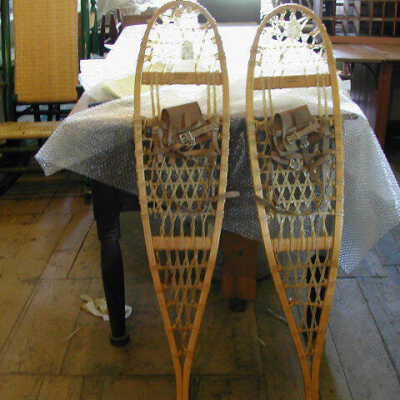
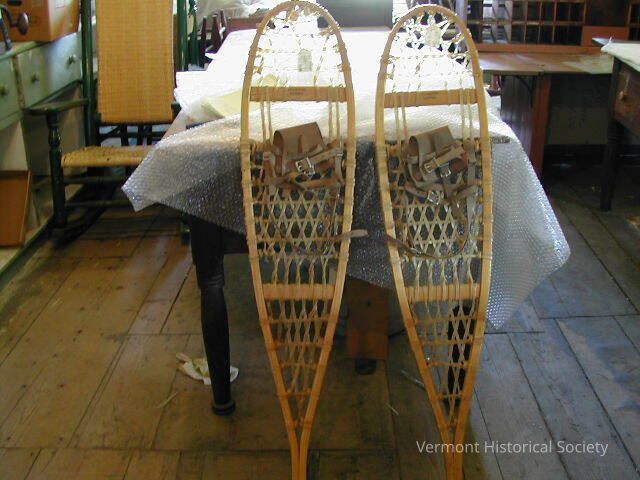
light brown
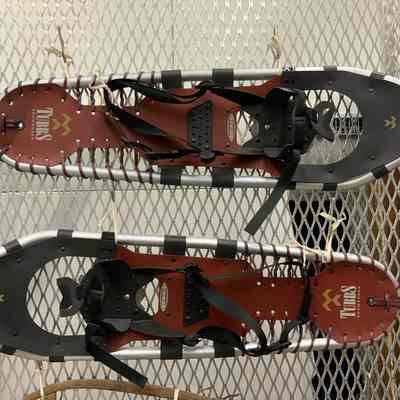
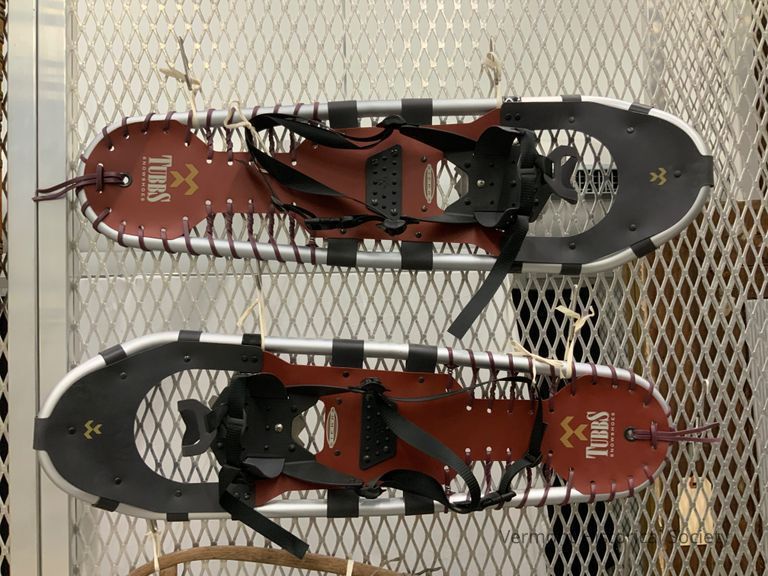
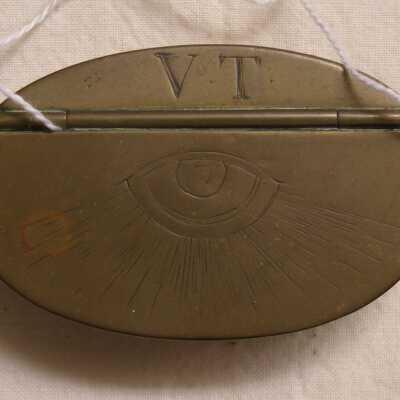
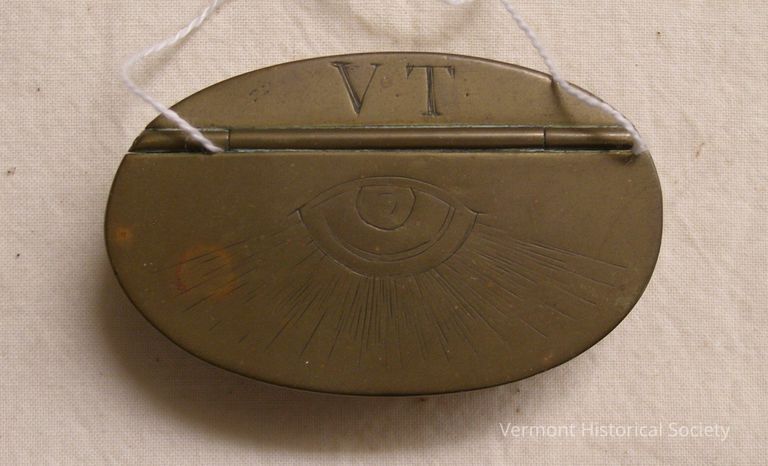
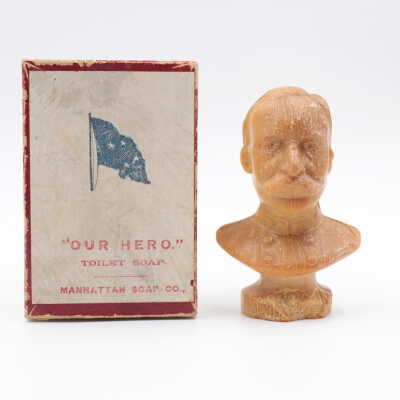
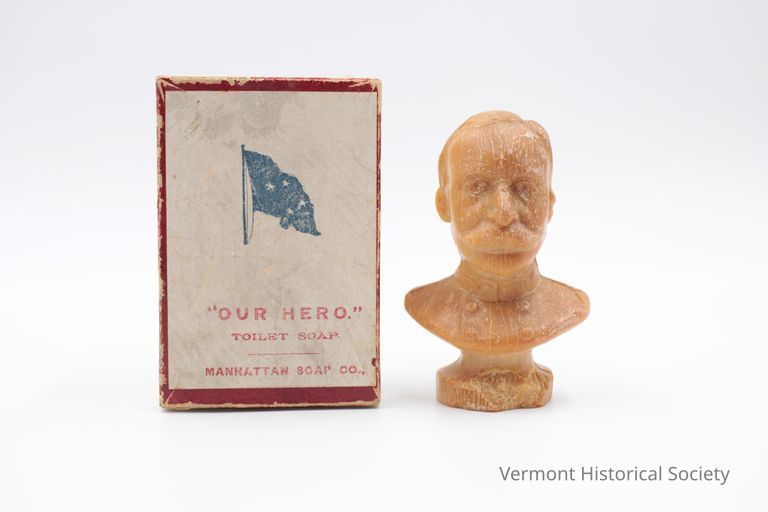
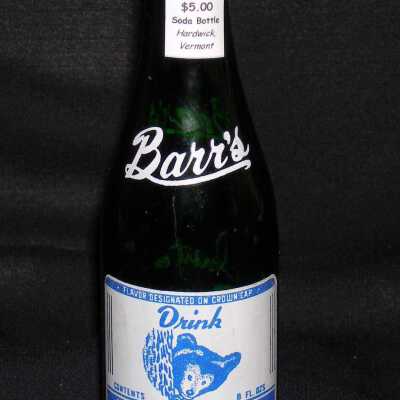
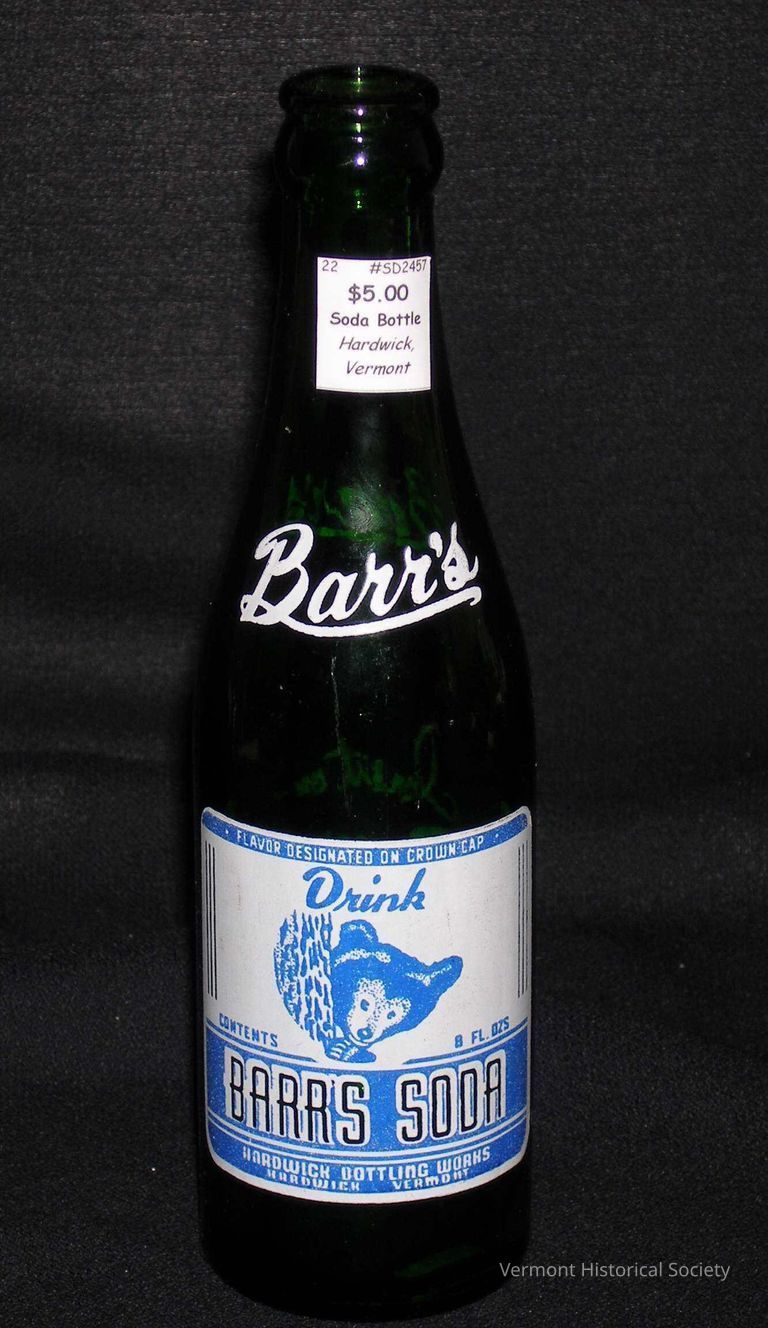
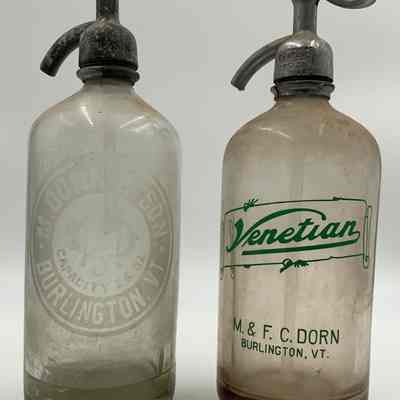
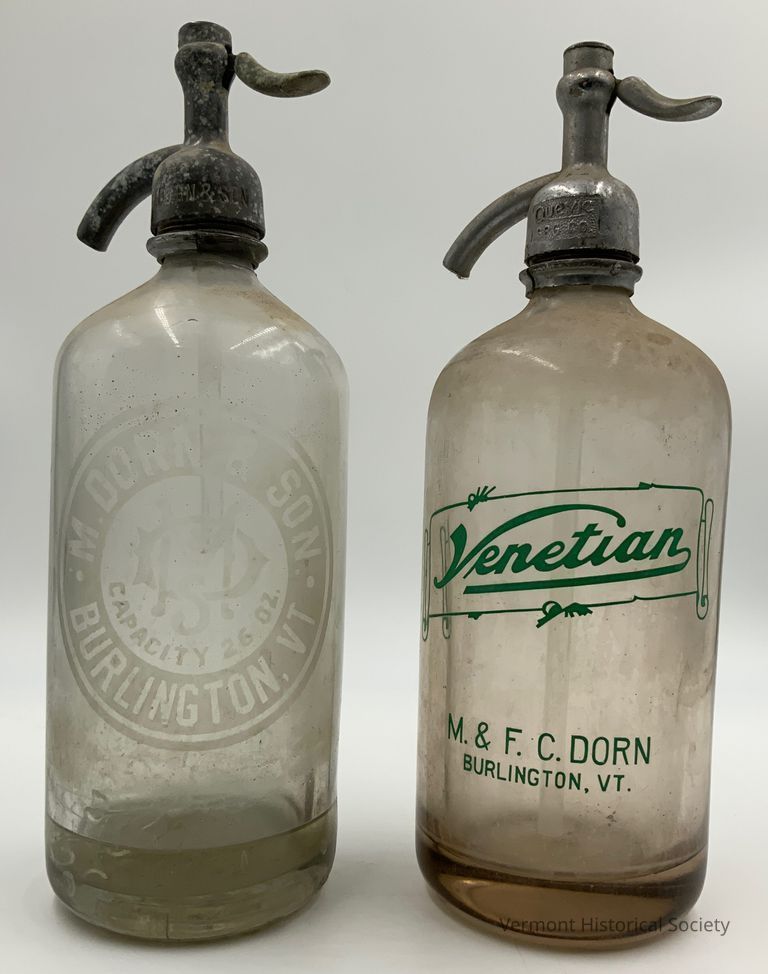
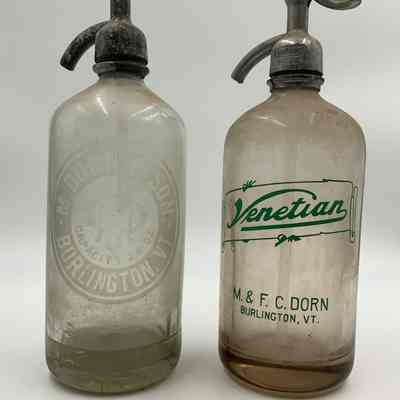
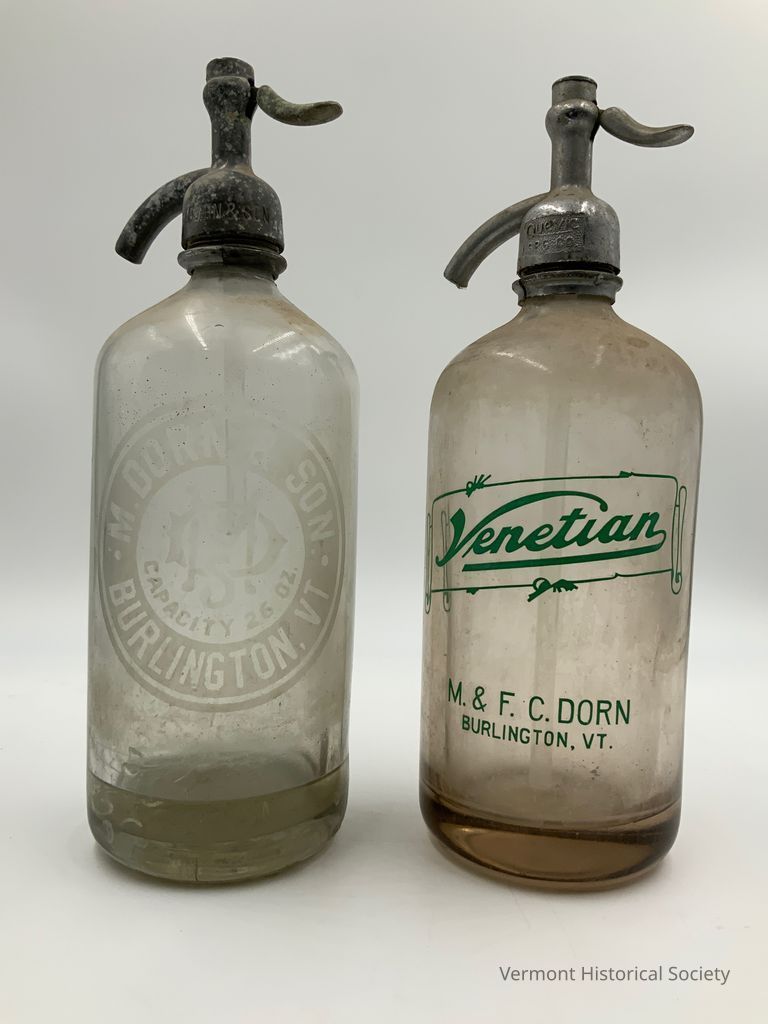
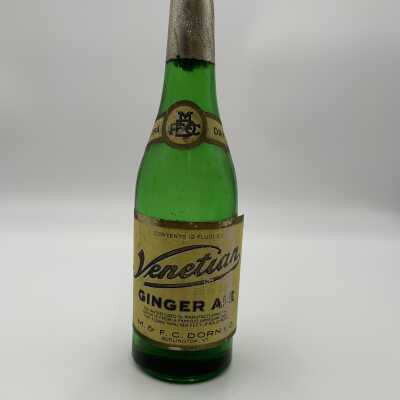
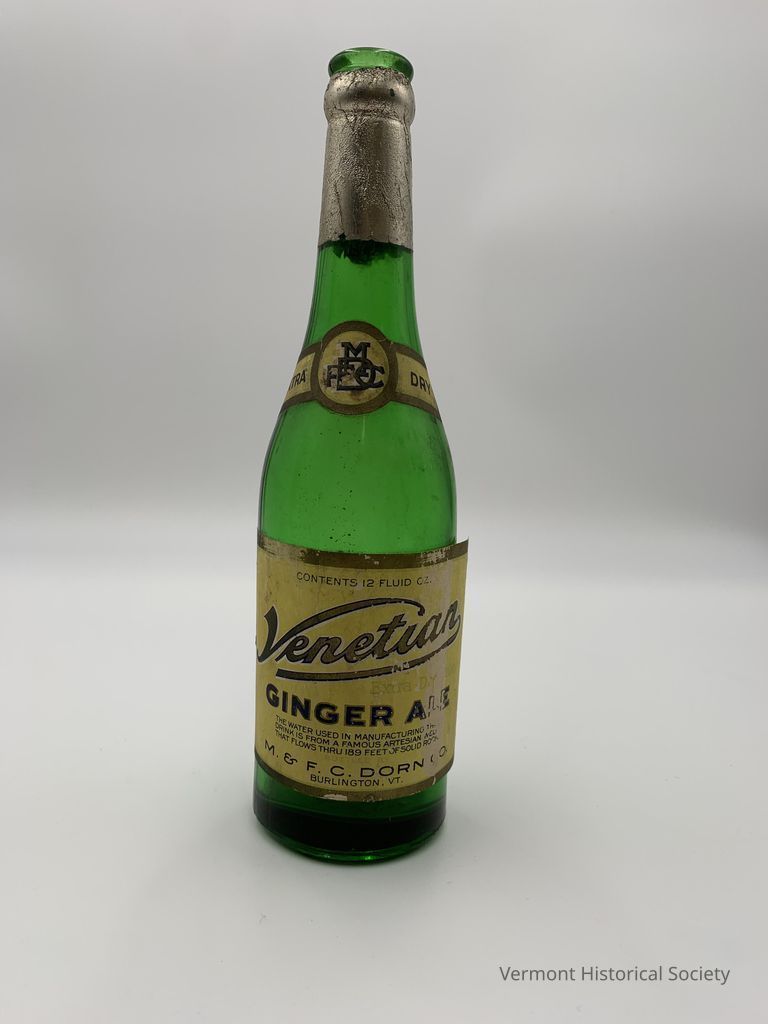
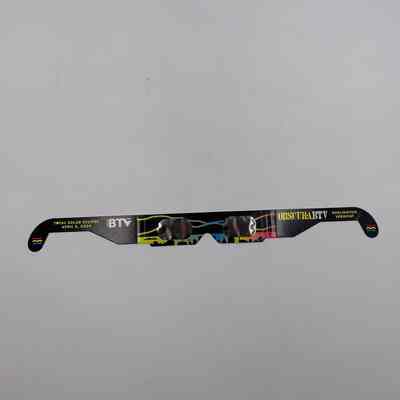
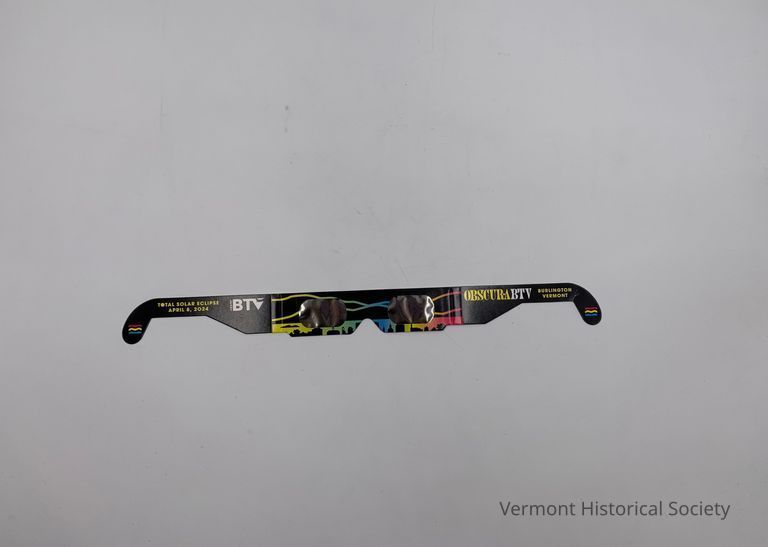

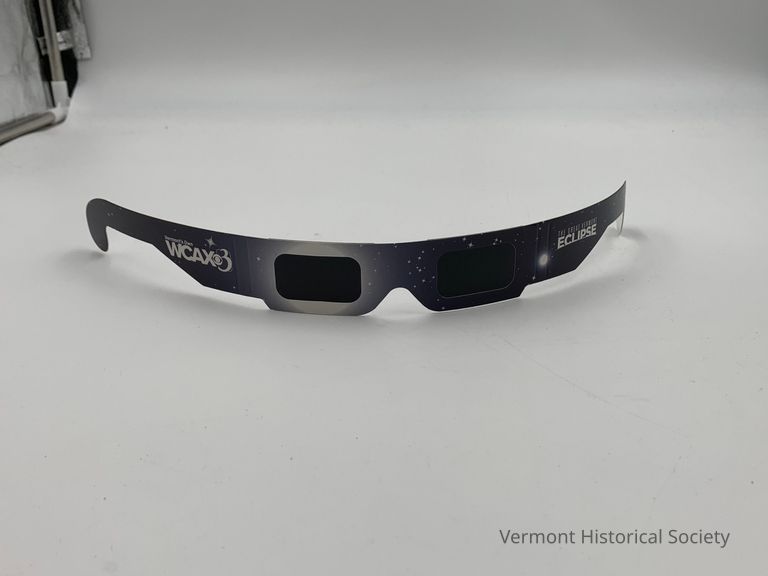
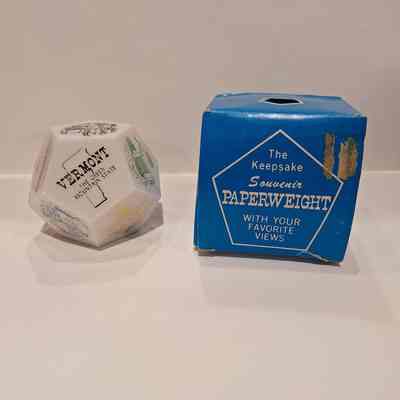
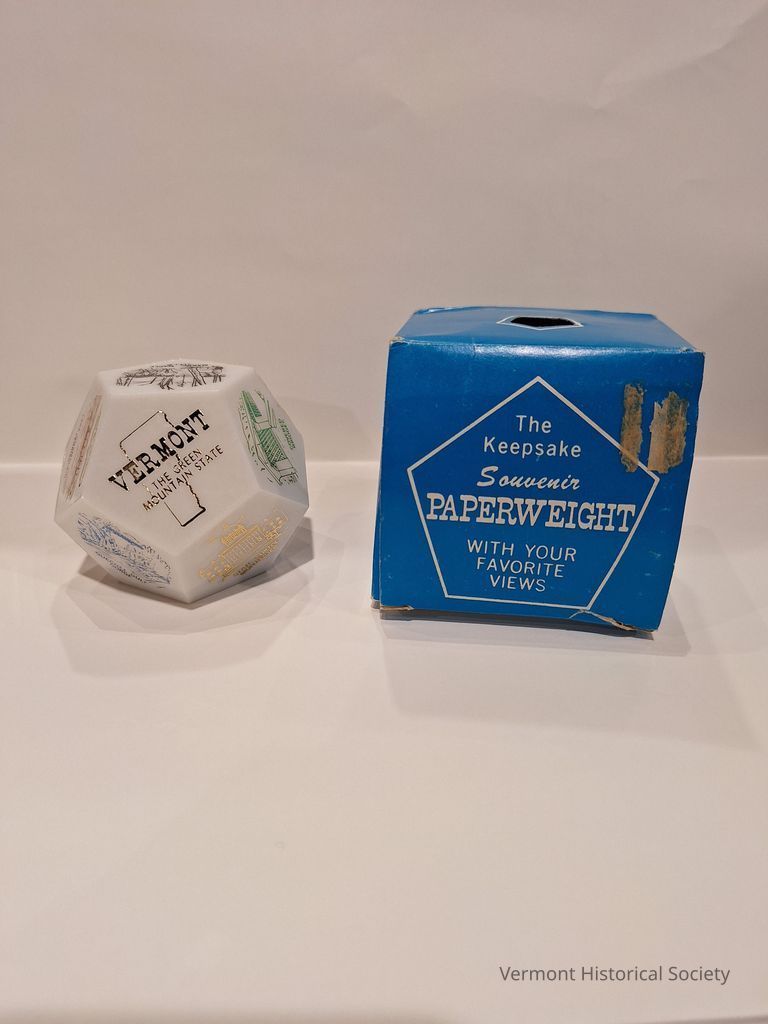
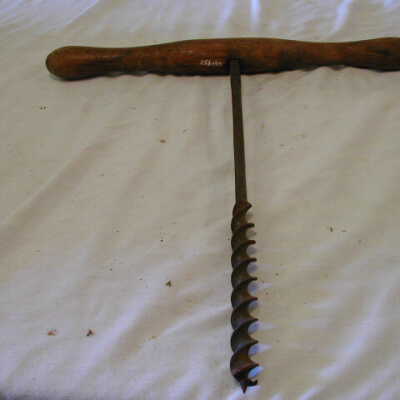
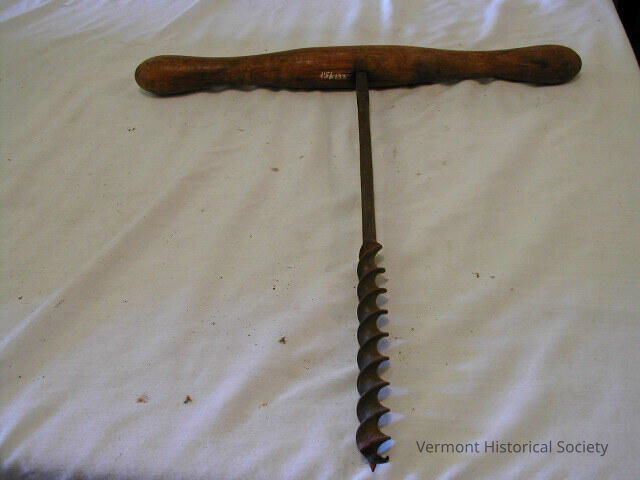
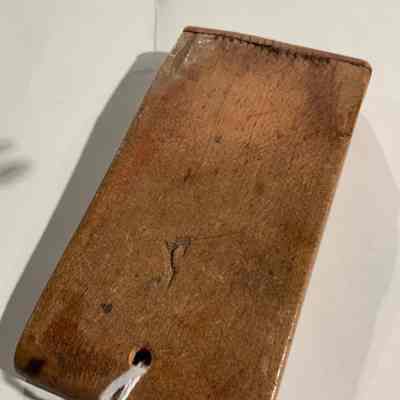
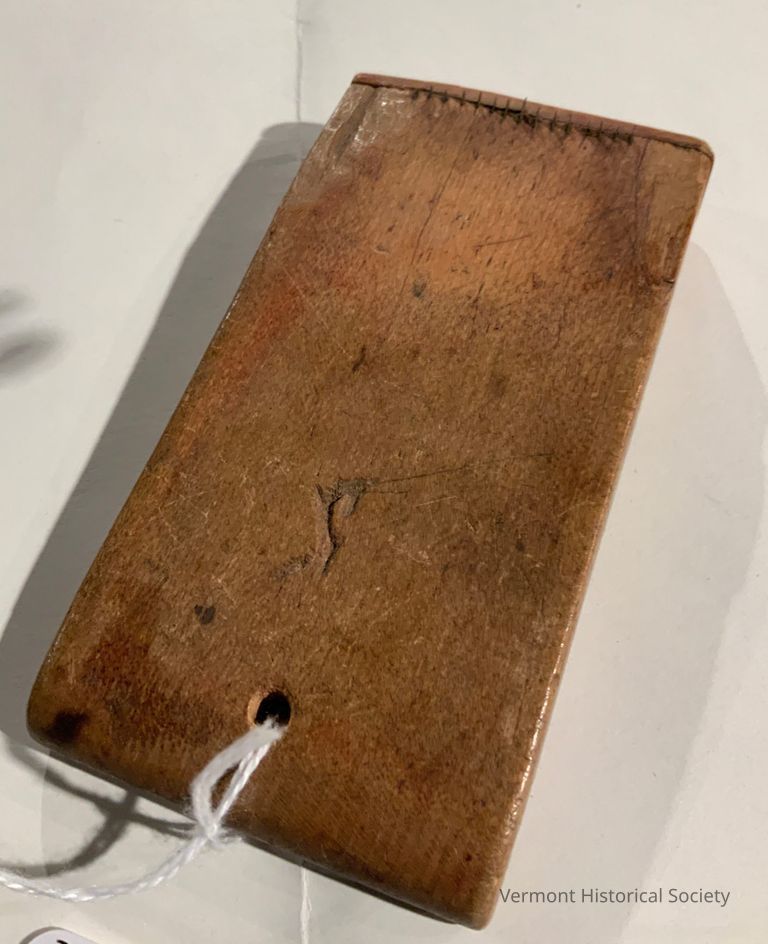
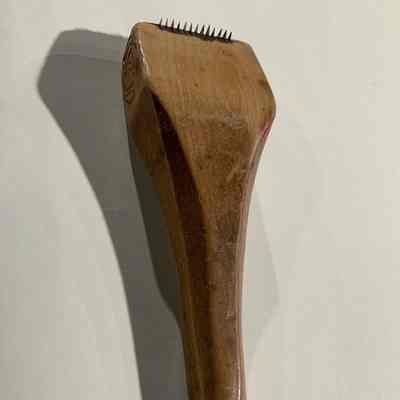

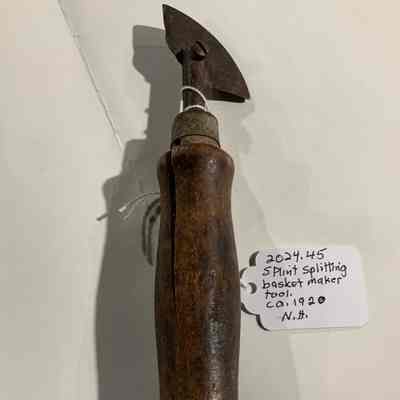
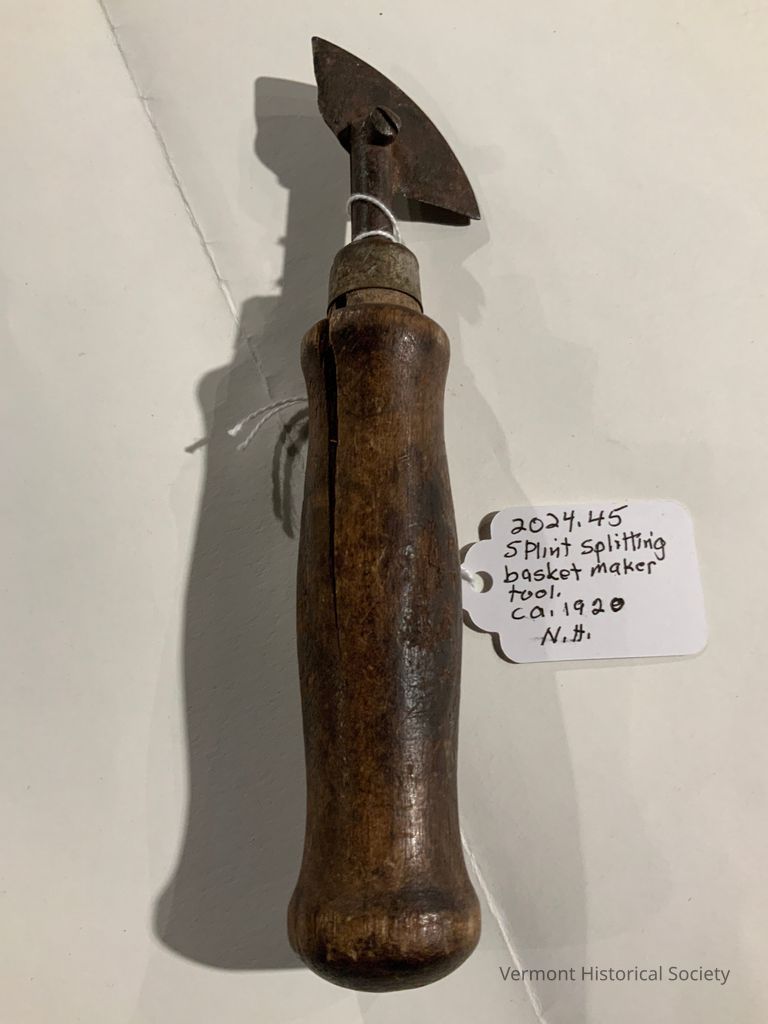

See also 1992.63.1 - "Elect Badamo State Senate"


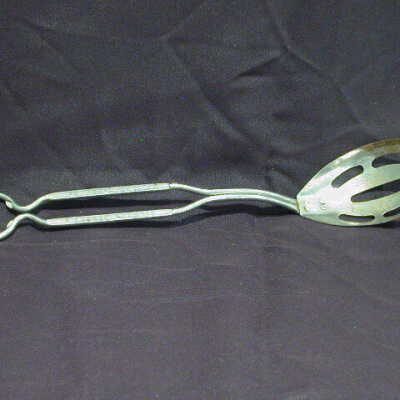
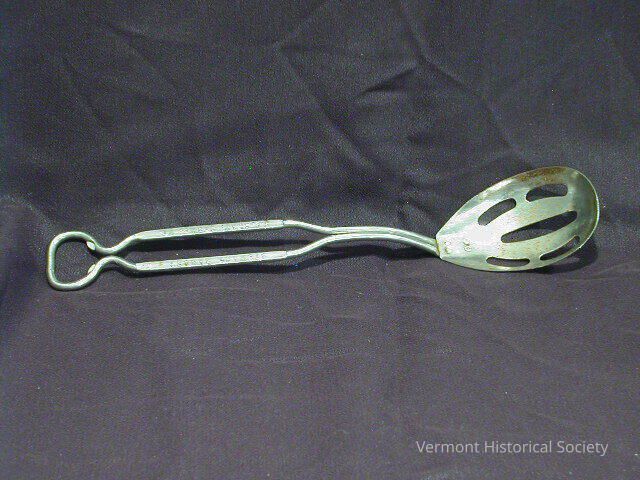
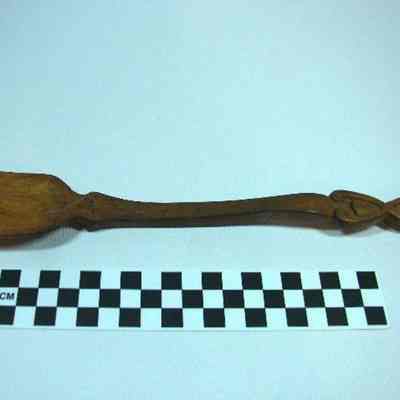
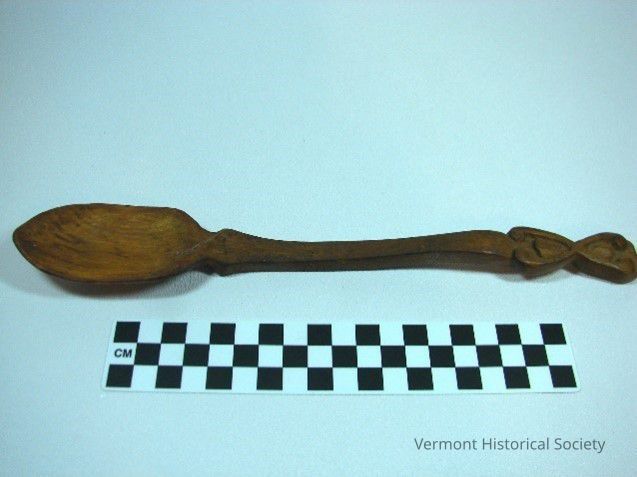
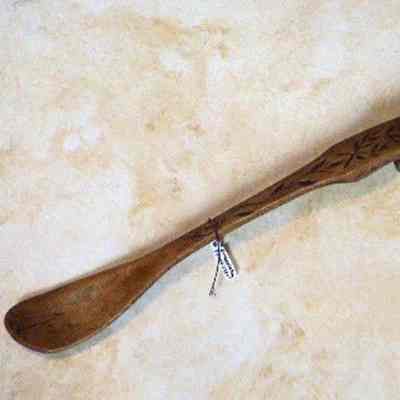
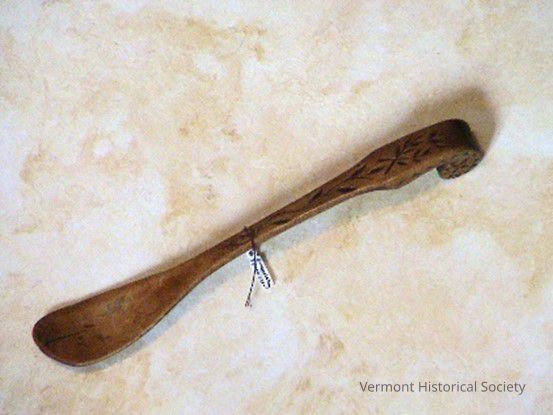
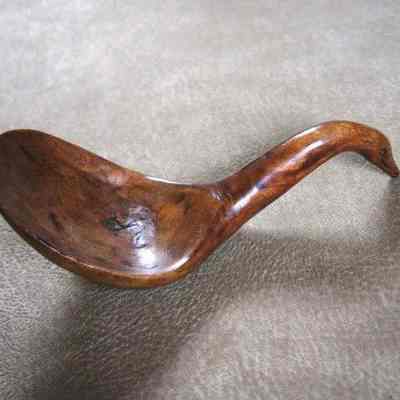
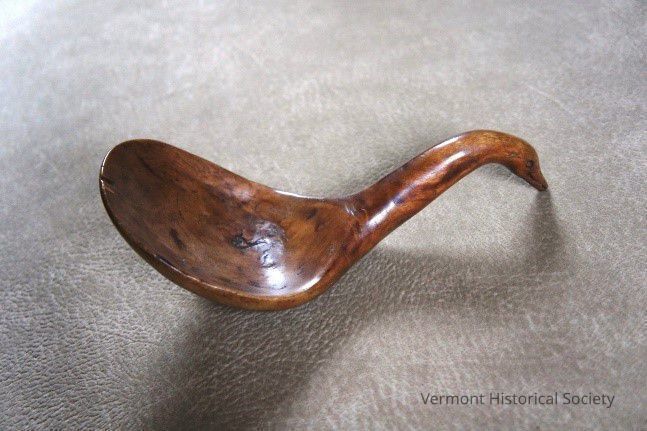


Donor: "Brattleboro" is a rare mark





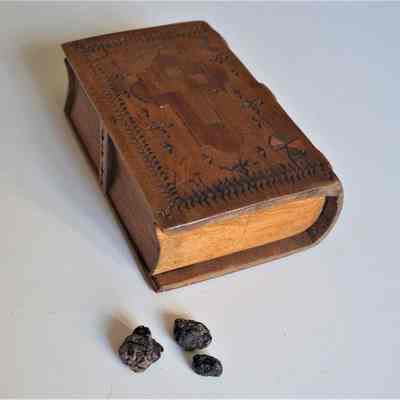
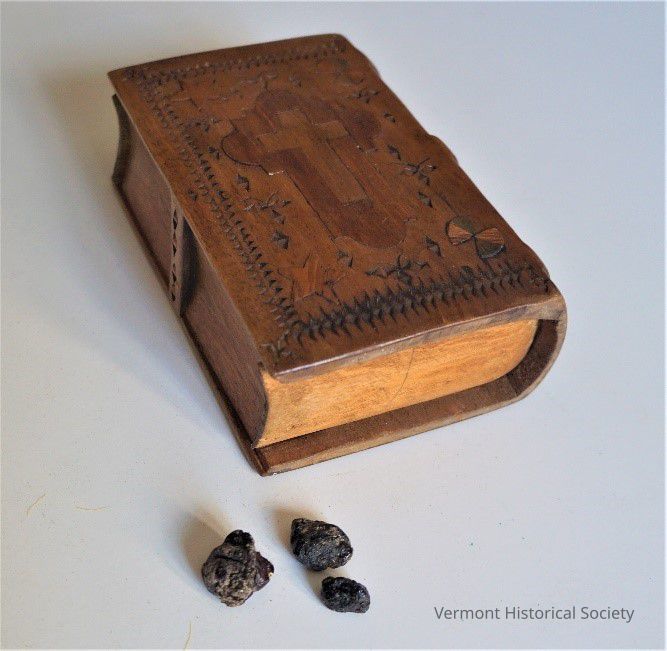
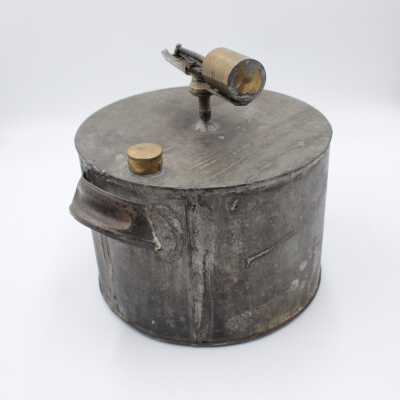
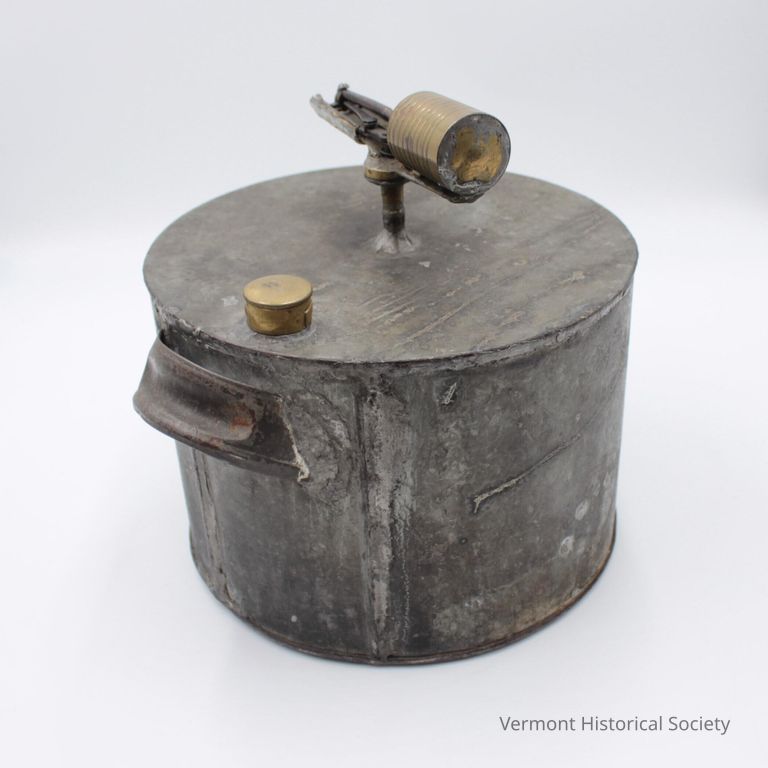
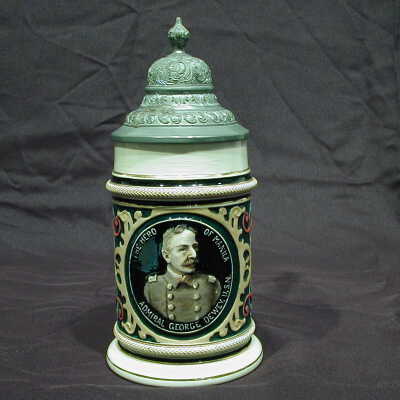
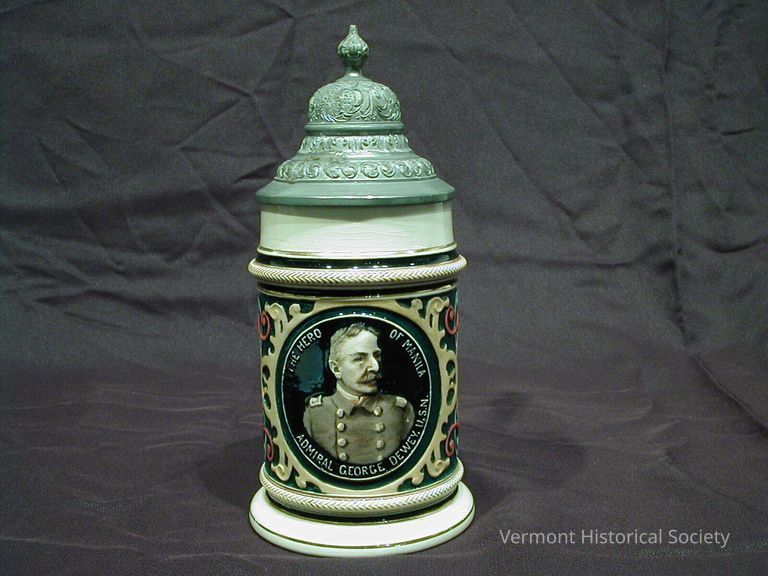

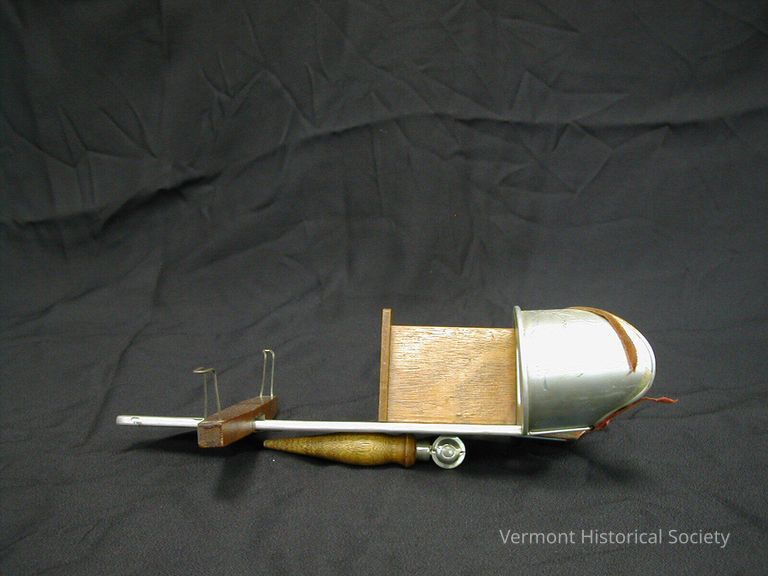
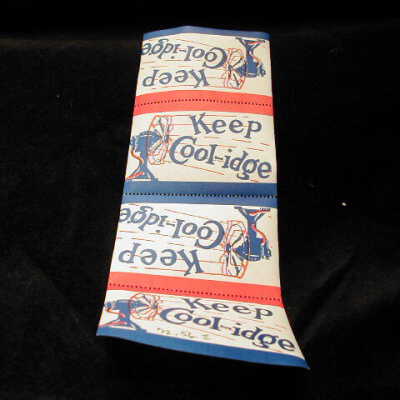
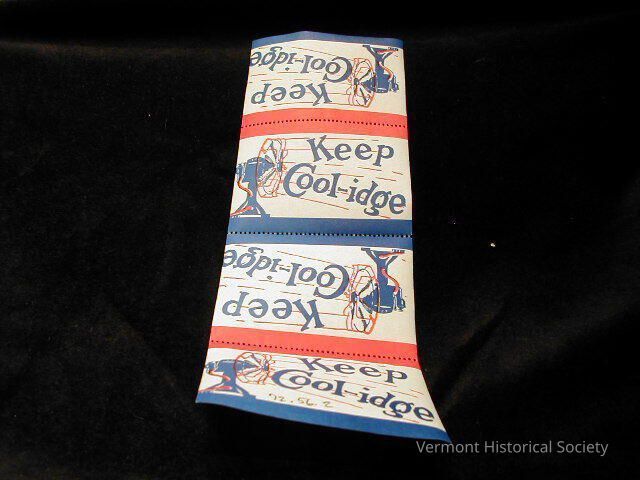
"At 2:47am on August 3, 1923, Vice President Calvin Coolidge became the 30th president of the United States when he took the oath of office in the sitting room of this modest frame and clapboard farmhouse. President Harding had died only a few hours earlier. Coolidge’s father, a notary public, administered the oath by the light of a kerosene lamp; he refused to install such modern conveniences as electricity. Located in the tiny community of Plymouth Notch in the beautiful hill country of Vermont, the house where he took the oath of office was also Calvin Coolidge’s boyhood home."
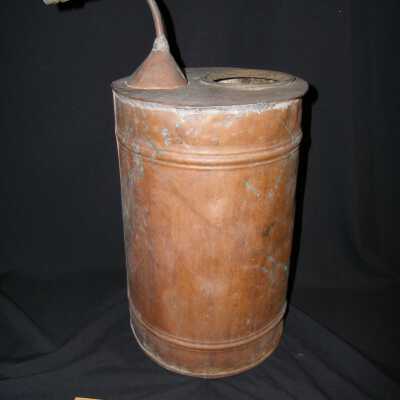
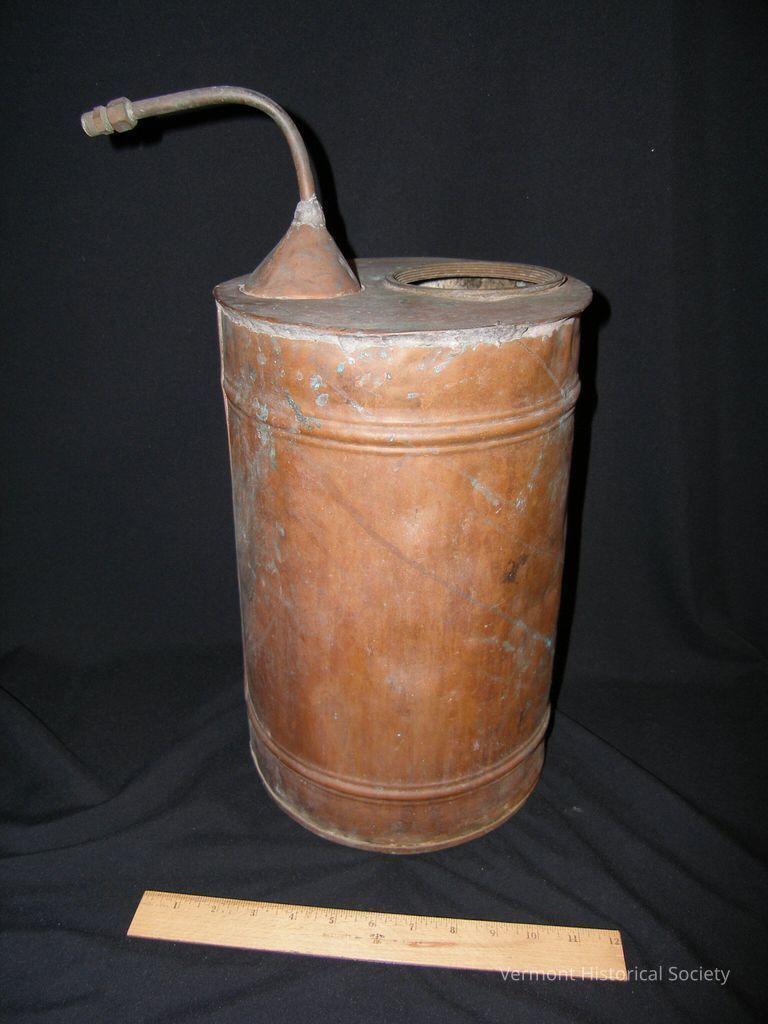

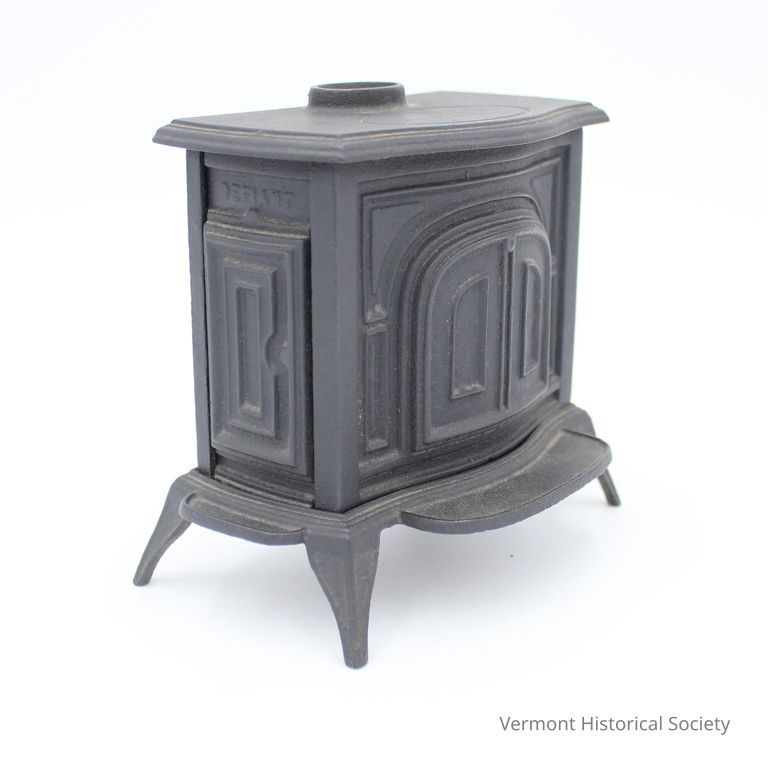
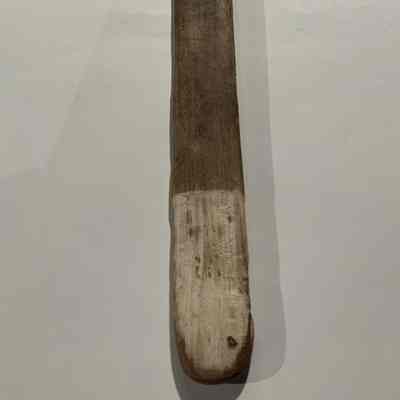
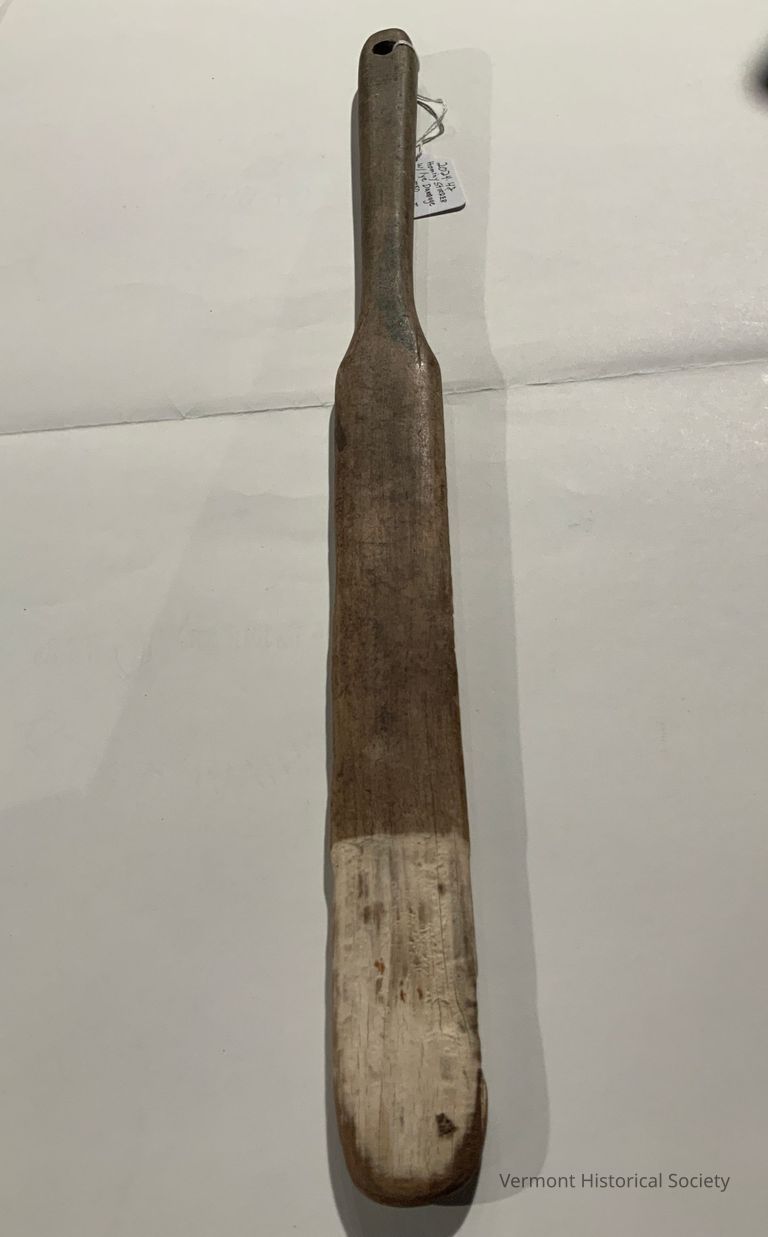
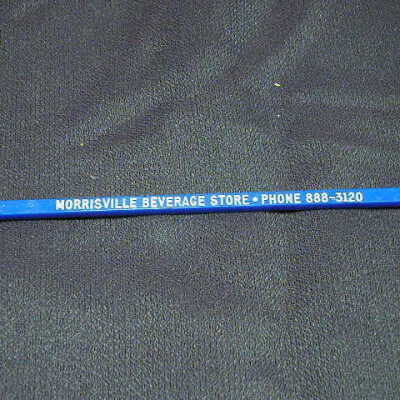
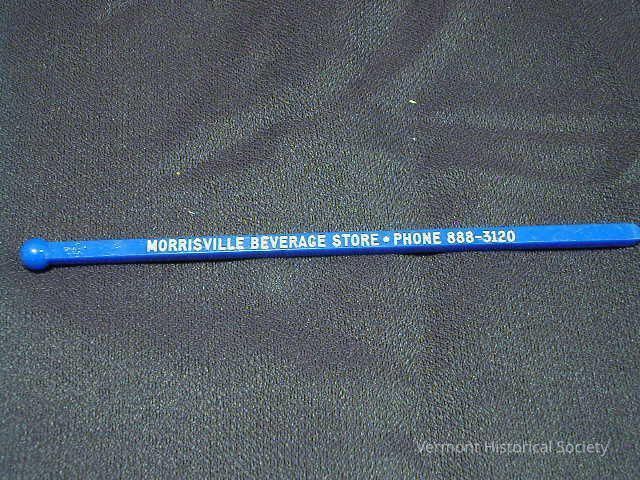
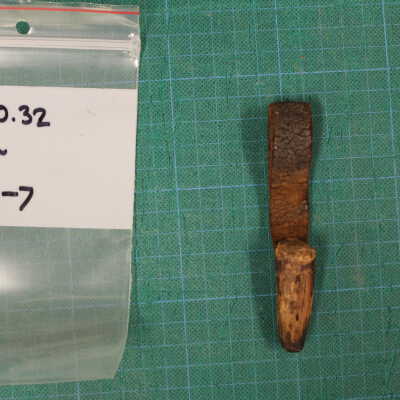
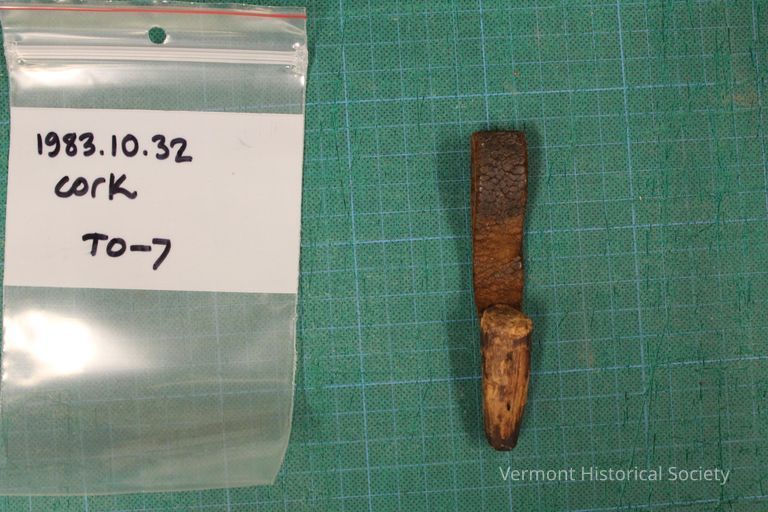
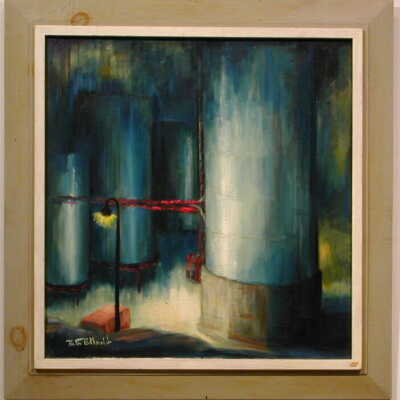
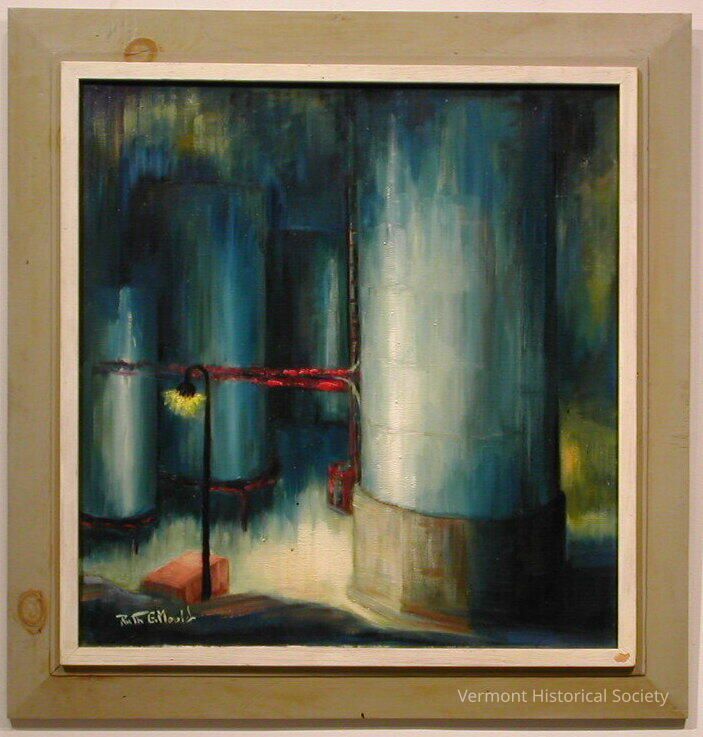
Vermont artist Ruth G. Mould was born in Morrisville, Vermont on May 22, 1894. She was a graduate of local schools, Peoples Academy and Johnson Normal School, which prepared her for an early career as a teacher in the Cadys Falls district school house, teaching Grades 1 - 8. The visual arts, however, commanded her interest as a young woman, and an uncle sponsored her further studies at the Institute of Art in St. Paul, Minnesota, from which she graduated with honors. From there, she went on to study at the Art Students League in New York City, before she married Willis Mould in 1919, and returned to Vermont.
Throughout her married life and beyond, whether she was teaching art students at Johnson Normal School, tutoring private art students, and while she was raising her son, Channing, Ruth Mould's husband made sure she had her own private art studio wherever his work as a mining engineer took his family. They lived in Vermont in Morristown, Monkton, Johnson, Williamstown and Barre, and in New York State in Keysville.
Mould was one of two artists whose work represented the State of Vermont at the 1939 World's Fair in New York. However, she was best known for her portraits, including a posthumous portrait of Edna Beard, first female member of both the Vermont House and Senate, which hangs in the State House, and portraits of three Vermont Chief Justices in the Vermont Supreme Court Building.
In addition to some book illustration, Mould also wrote a book on Refinishing and Decorating Furniture (1953.) She was a member of the Northern Vermont Artist Association and an honorary lifetime member of the Art Students League in New York.
Ruth Mould died on February 13, 1979.
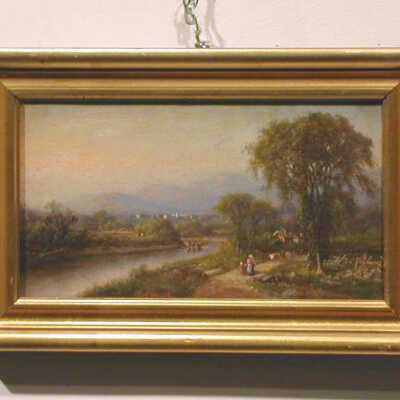
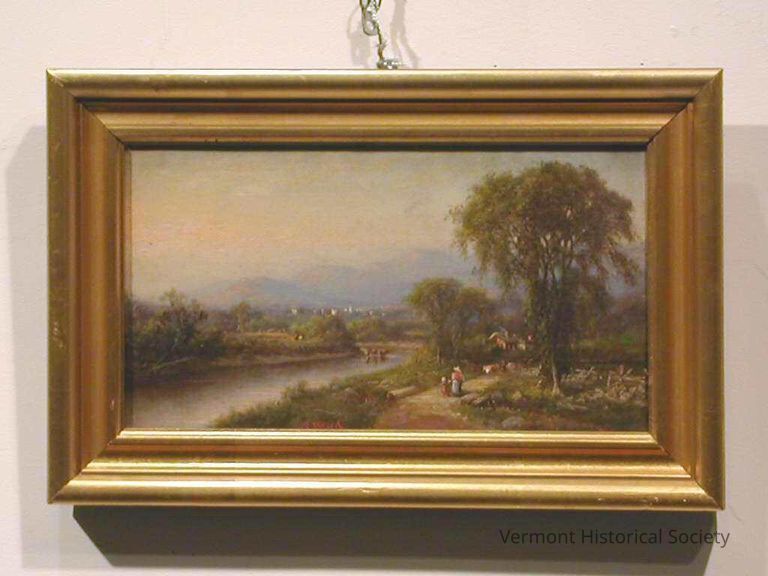
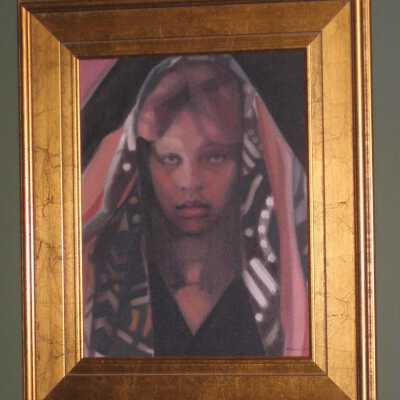
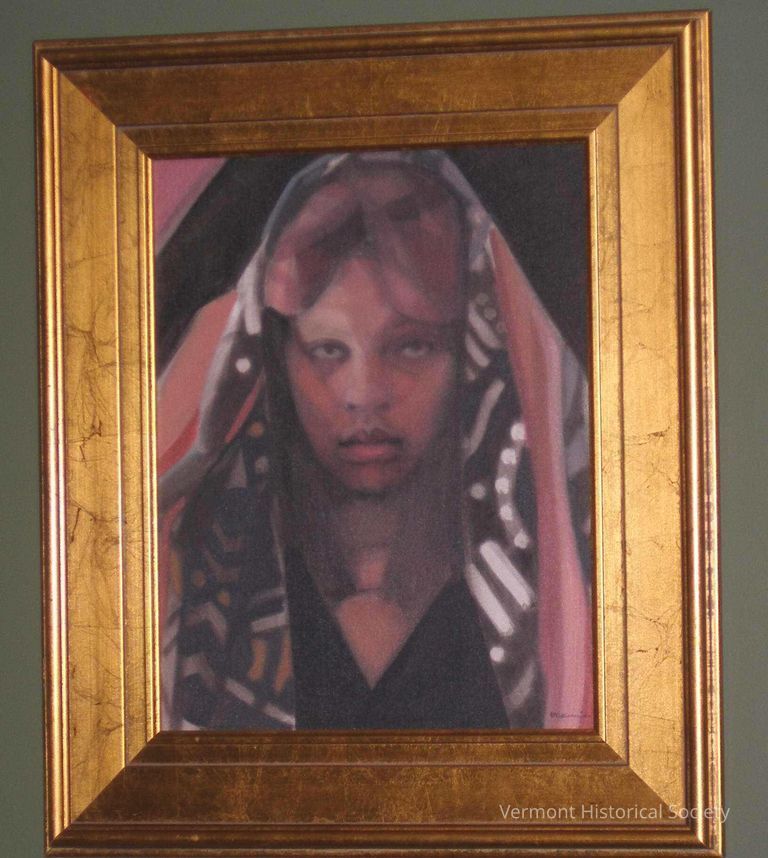



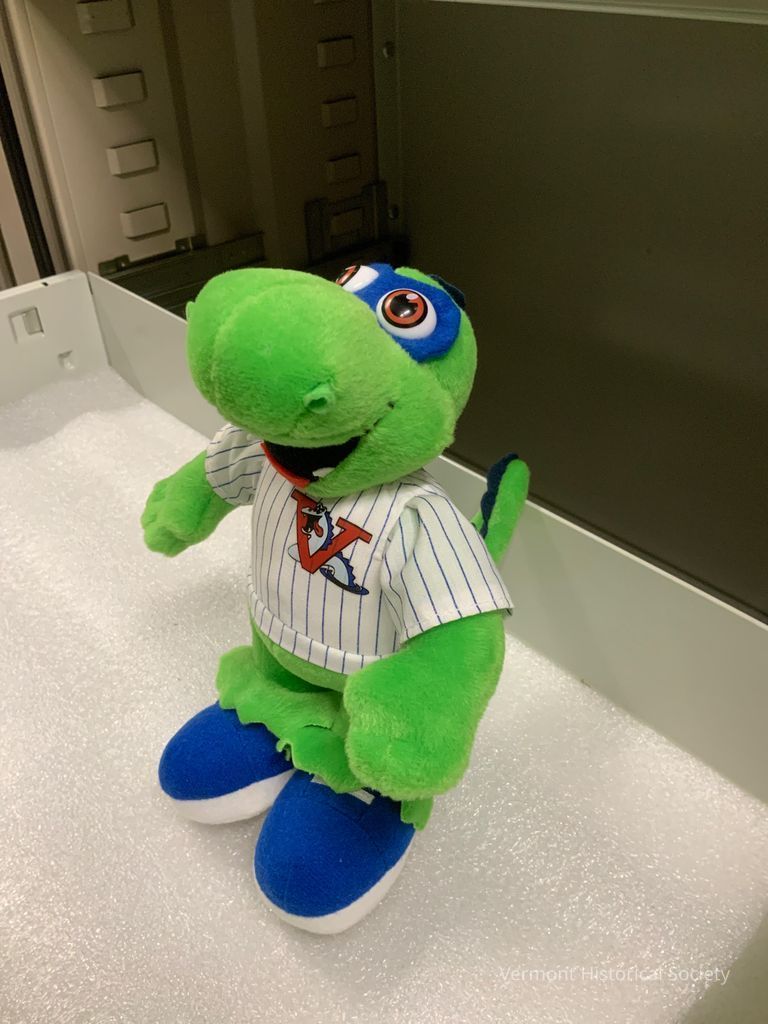
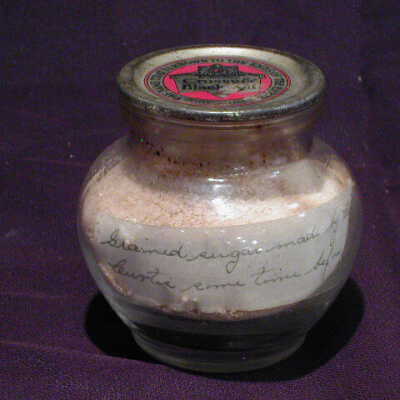
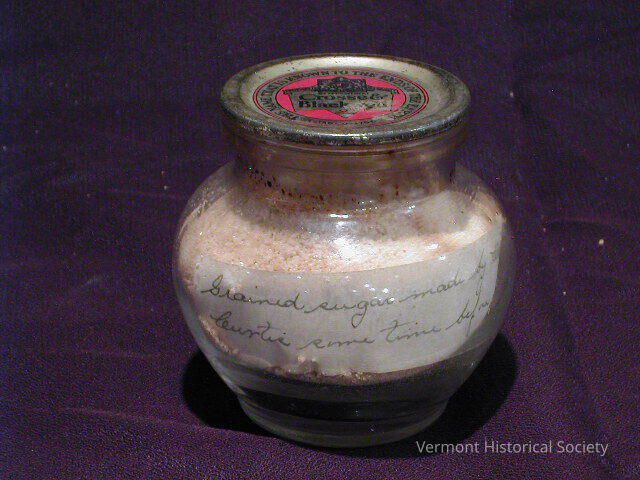

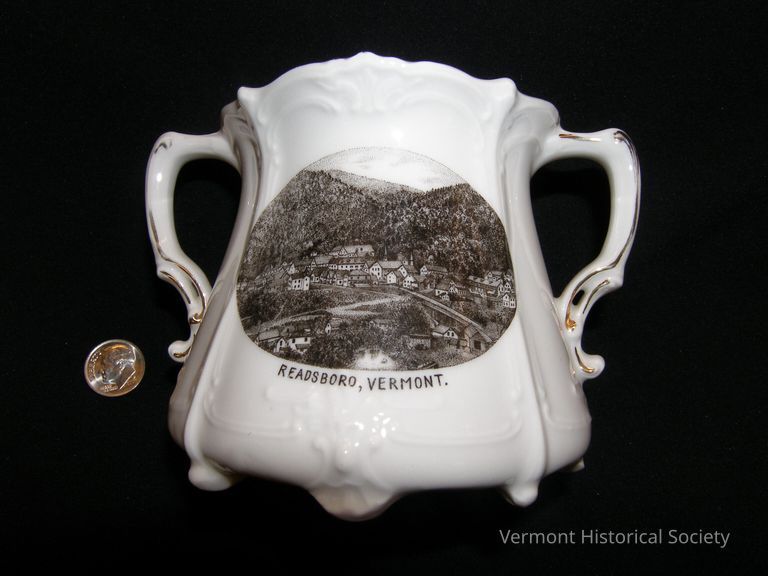
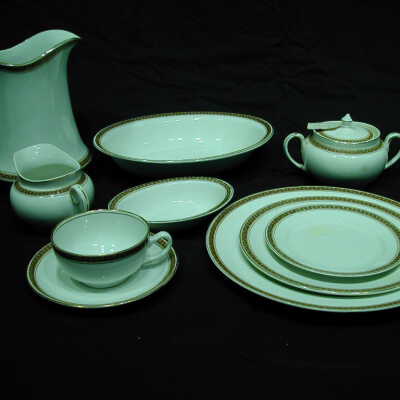
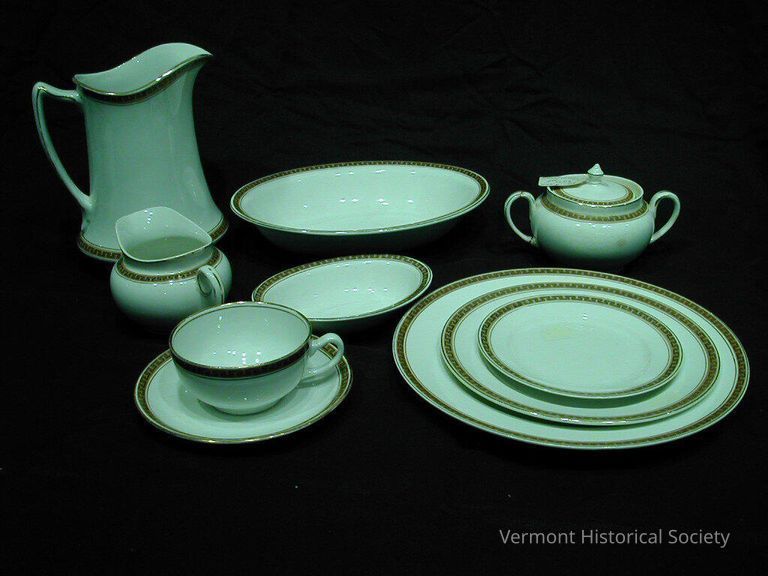
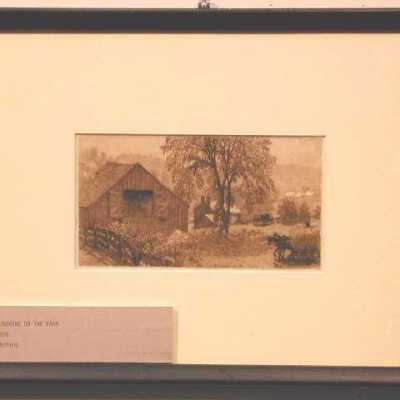
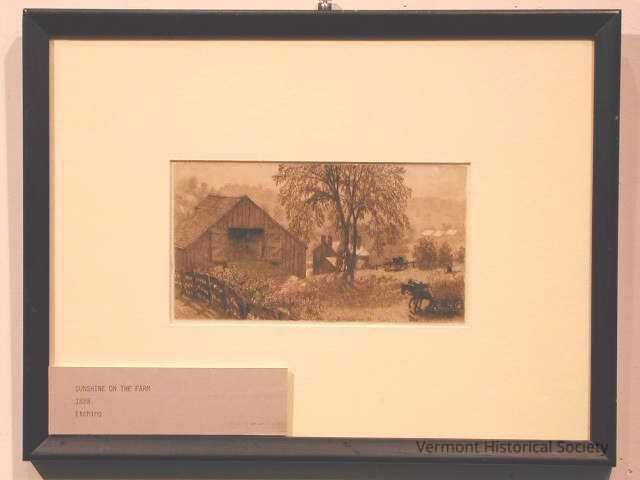
By the late 1860s he evidently made his living as an itinerant artist, often depicting the farm landscape and/or portraits of those providing him with room and board. Works remain of farms and people in Chelmsford, Groton, and Billerica, MA.
In 1872 he arrived in Barre, Vermont, a tall man with red hair and a distinctive red beard. He spent over twenty years in the general vicinity of Barre, Montpelier, Plainfield, and Calais. Most of the time was spent boarding with various farm families, though he did open a studio and school in Montpelier for a time.
At some point in the late 1880s or early 1890s he joined the Church of Christian Scientists and became acquainted with church found Mary Baker Eddy. He ultimately sold all of his works and the contents of his studio, some say in reaction to a lost love, and moved back to Massachusetts. He famously illustrated a poem entitled "Christ and Christmas" by Eddy.
The last decade of his life was spent in Athol, MA were he lived on the edge of poverty.
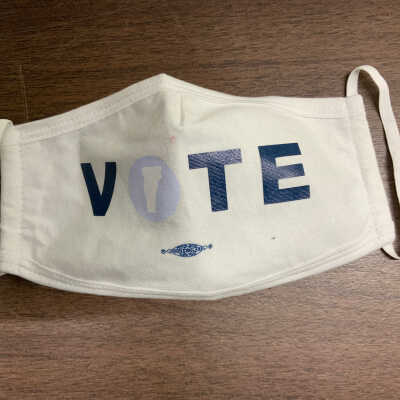
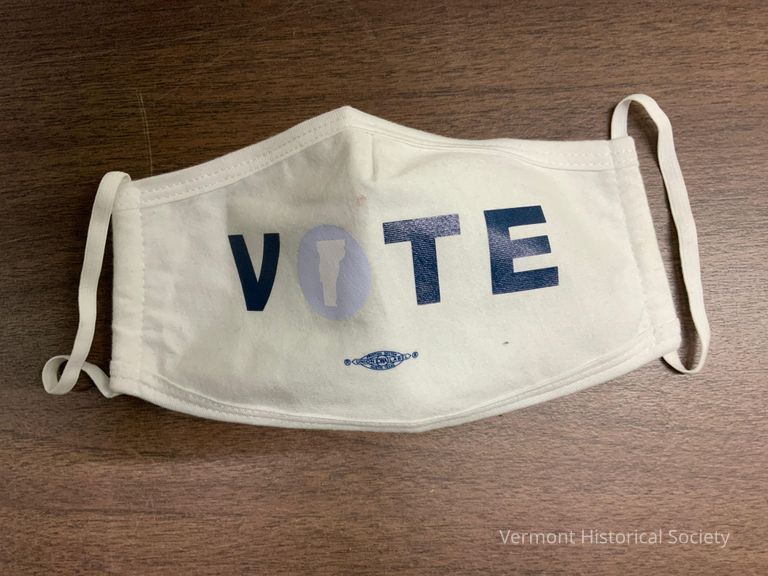
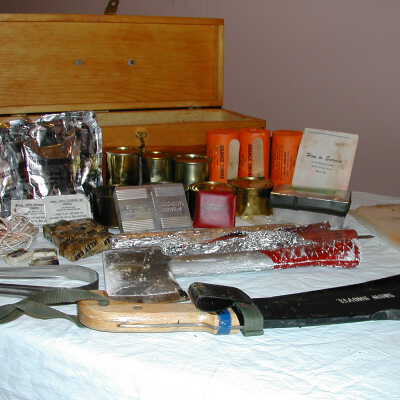
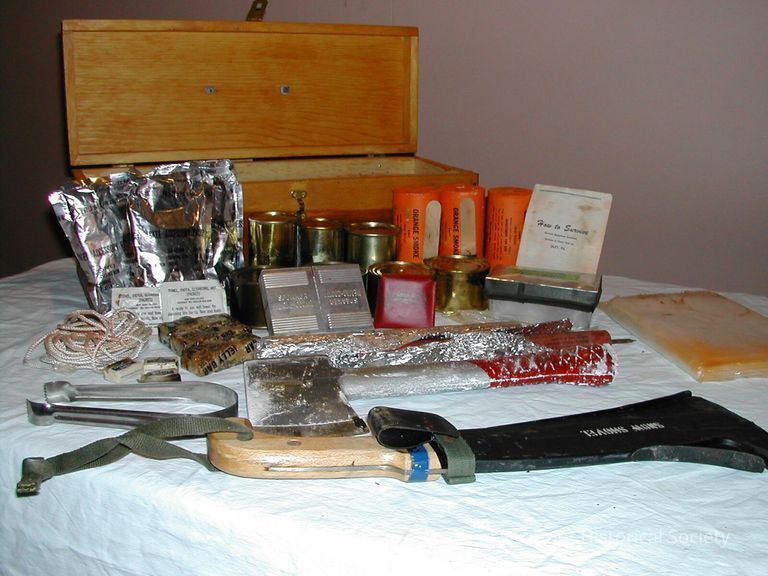
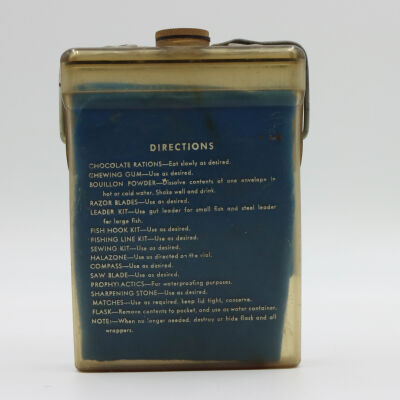
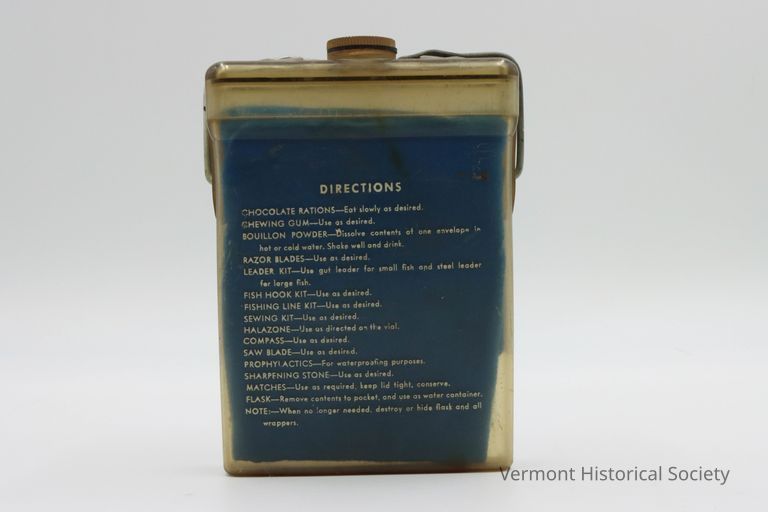
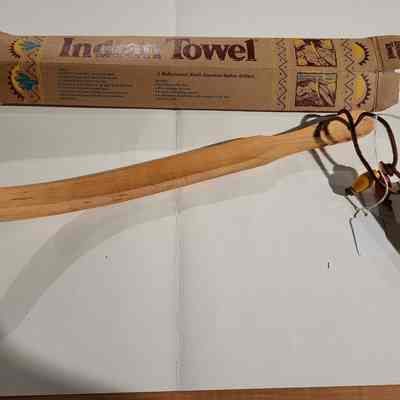
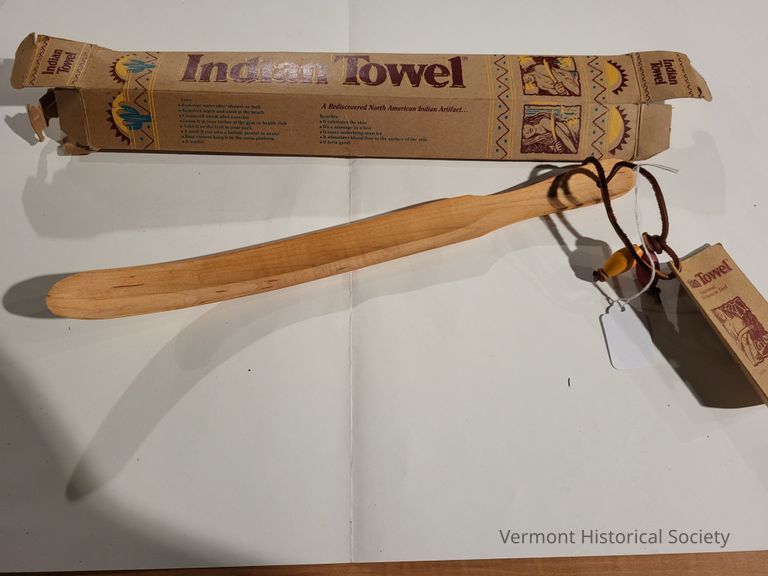
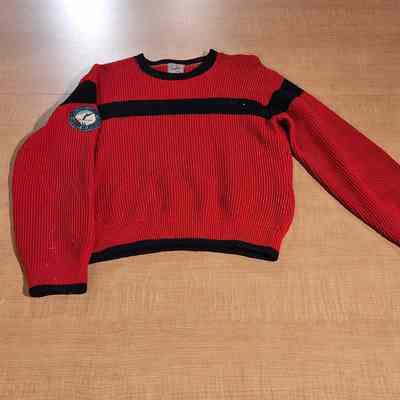
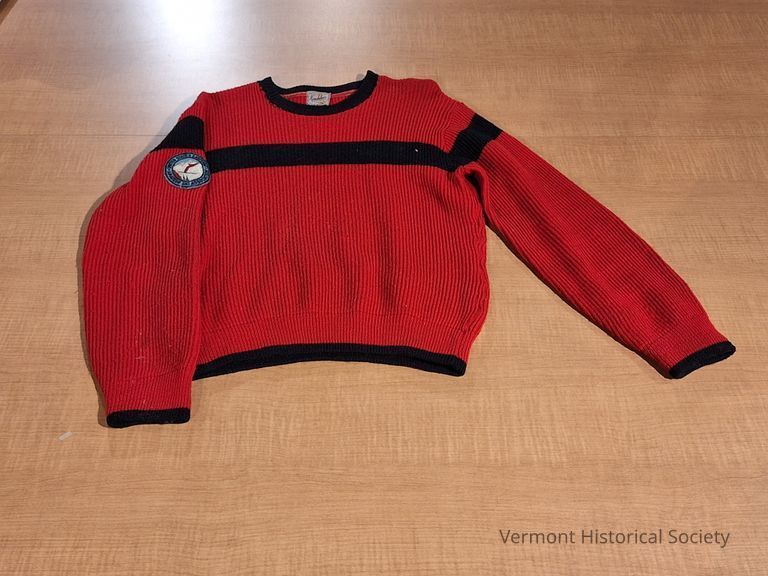
The sweater has a label that reads "The Kandahar by Bert Charon N.Y. 100% all virgin wool" sewn into the back of the neck.
This sweater was worn by Herbert Holbrook during ski jump practices and competitions.
Worn by Herbert P. Holbrook who was a class A ski jumper and olympic cross-country skier. He was an alumnus of the Austine School for the Deaf, and admitted to the AAAD (American Athletic Association for the Deaf) in 1964, when he also made the New York Times News twice that year. He competed in Berchtesgaden (West Germany) in the 60's and in the Meribel Olympics in France in 1979. The sweater refers to the United States Eastern Amateur Ski Association, an Olympic skiing organization established 1922 by Doctor Raymond S. Elmer (Vermonter) in Saranac Lake, NY. (Likely earned by Holbrook when he was funneled from the Brattleboro Outing Club into the association)
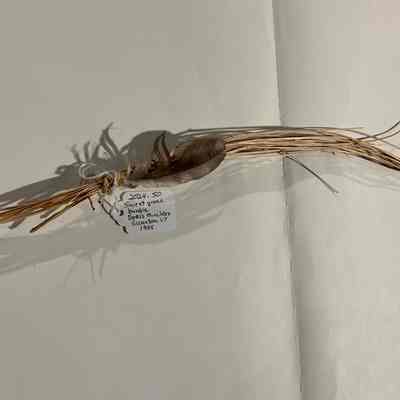
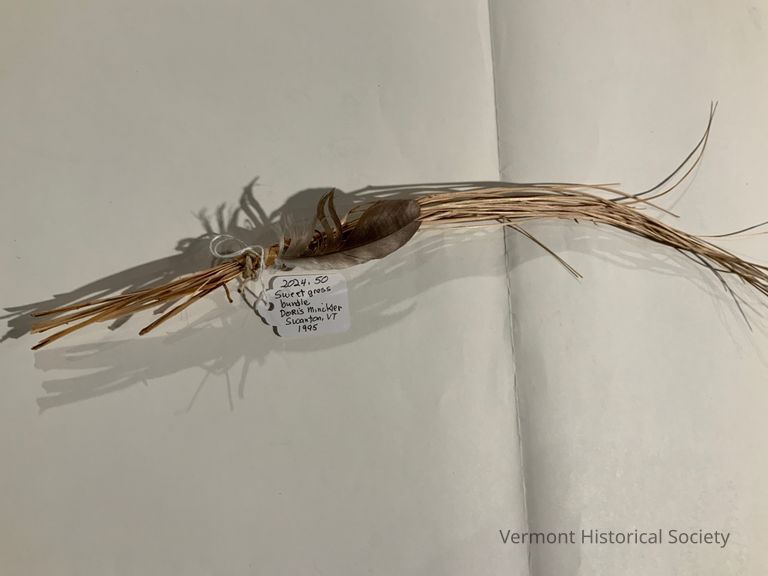
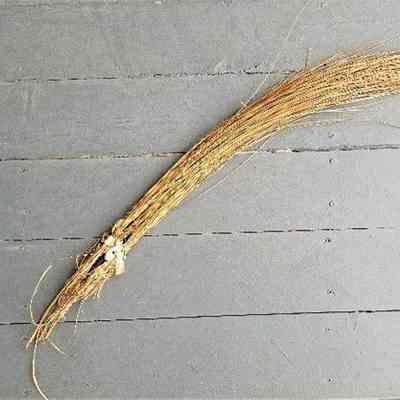
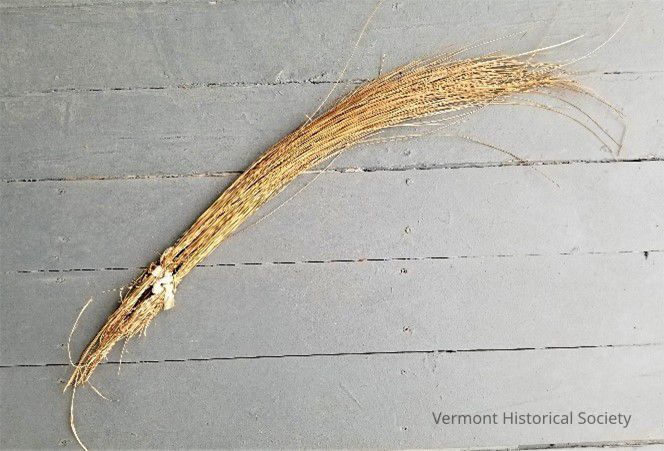
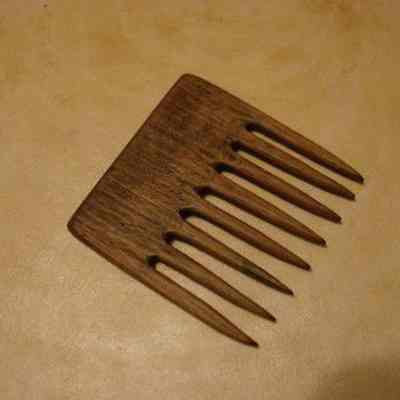
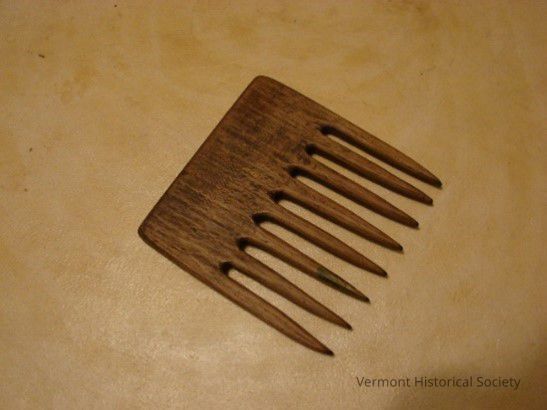
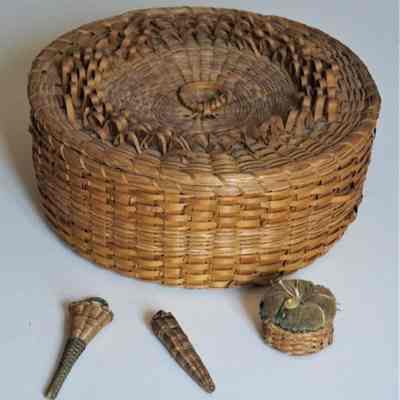
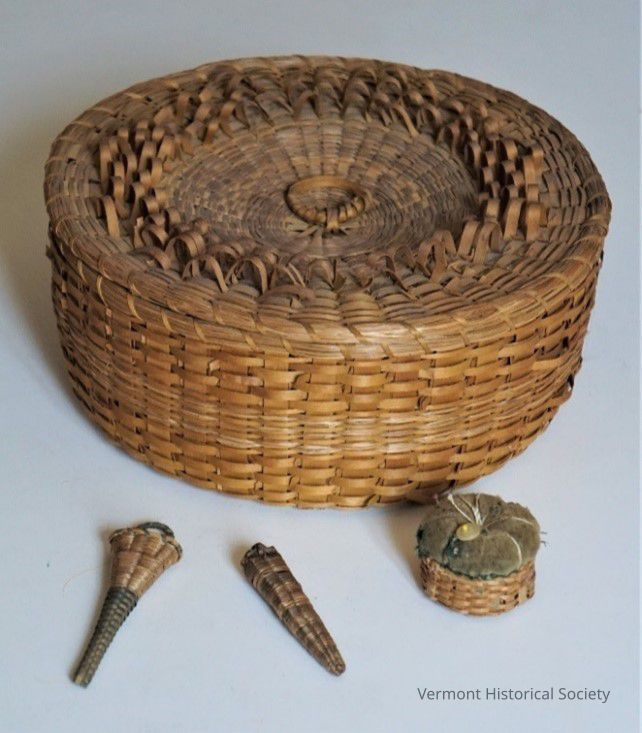
c: Pin Cushion of velvet with woven ash splint base
d: Woven sweetgrass scissor case
e: Woven sweetgrass Needle case (etui)
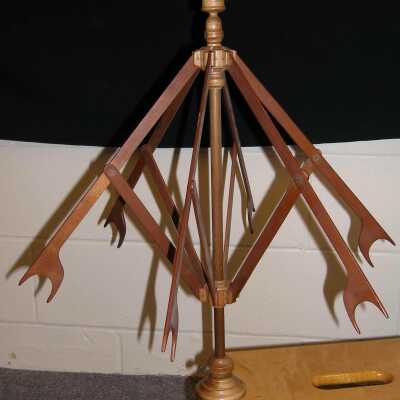
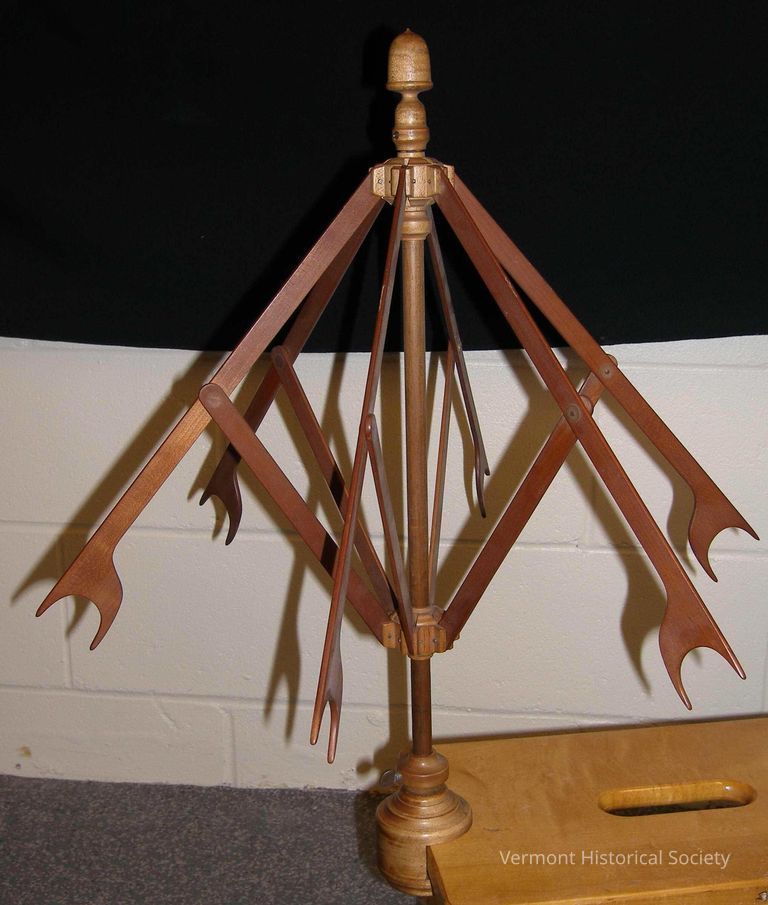
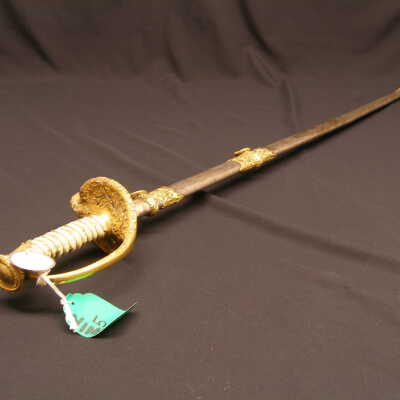
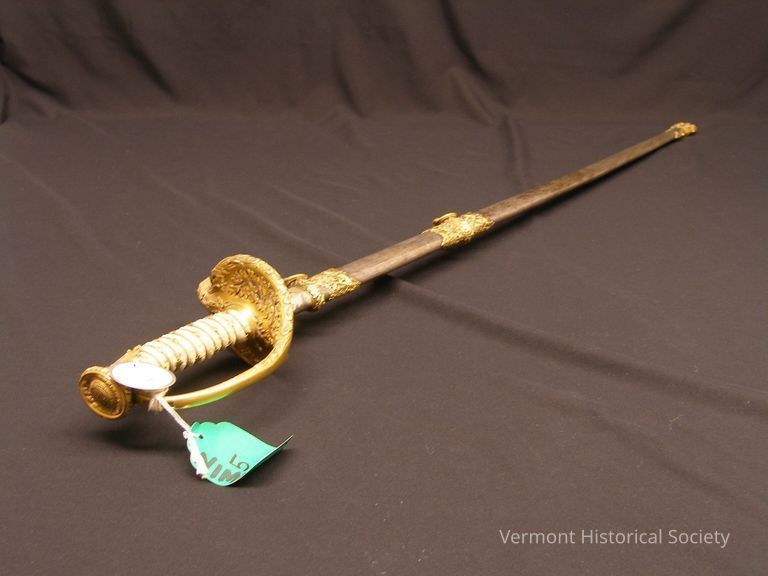
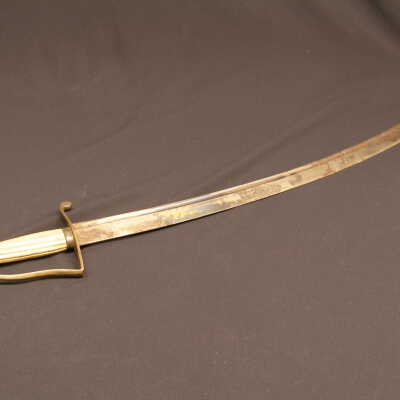
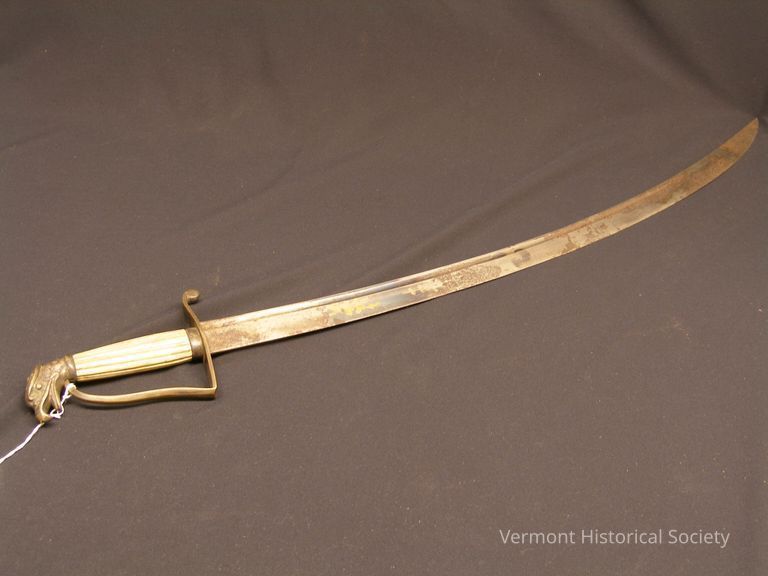

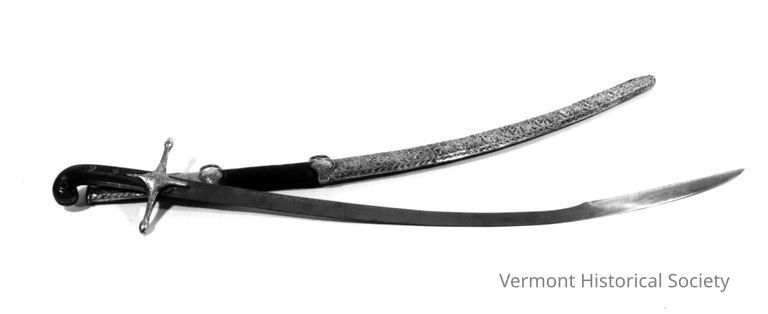
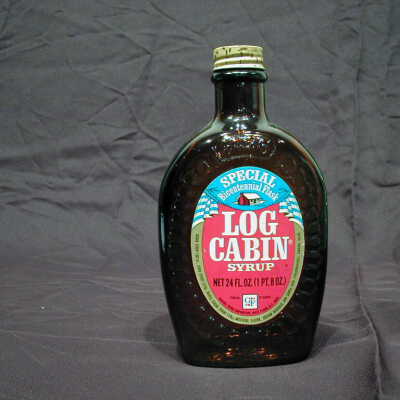
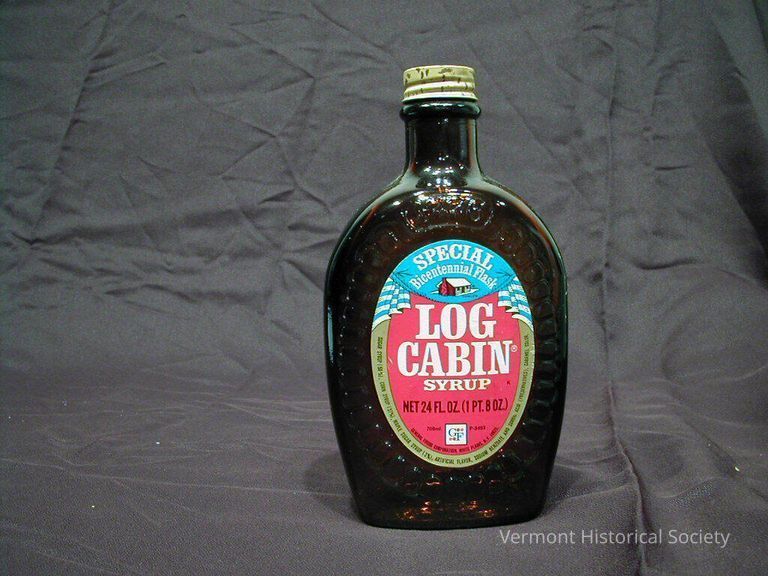
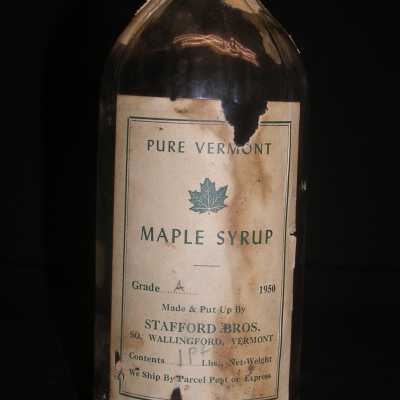
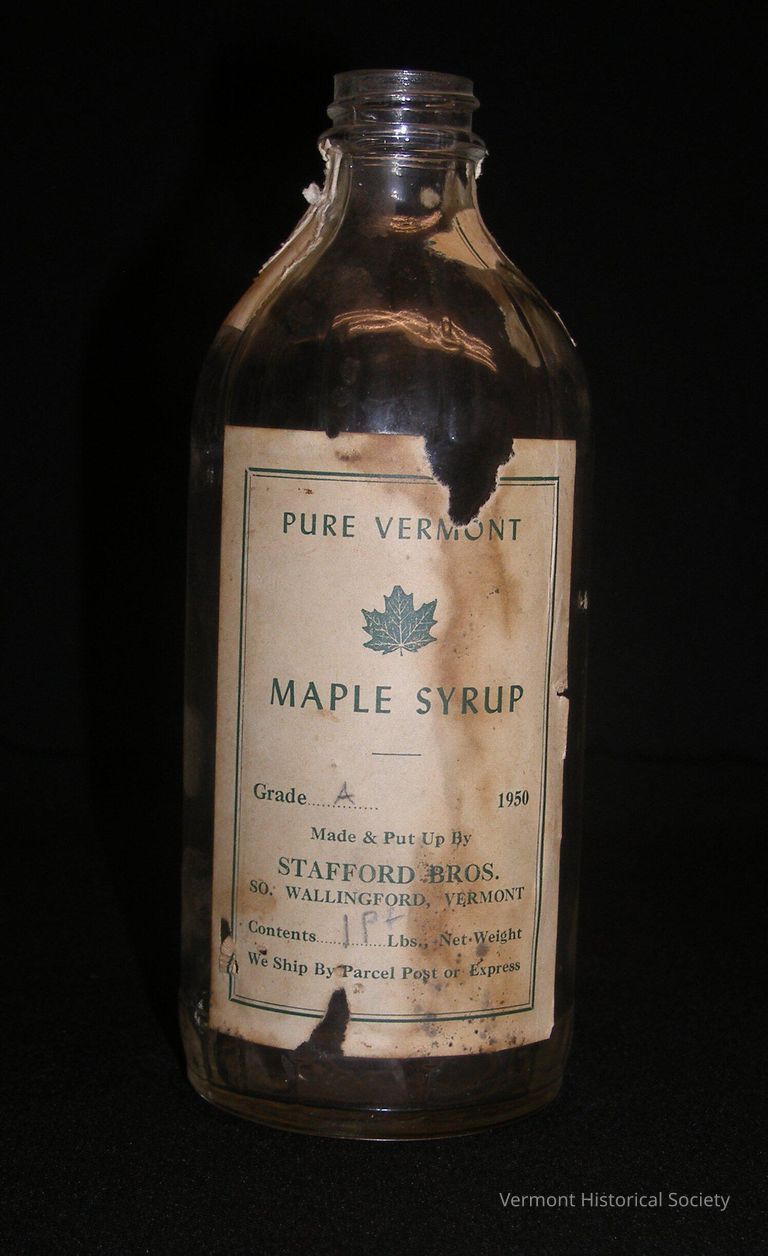
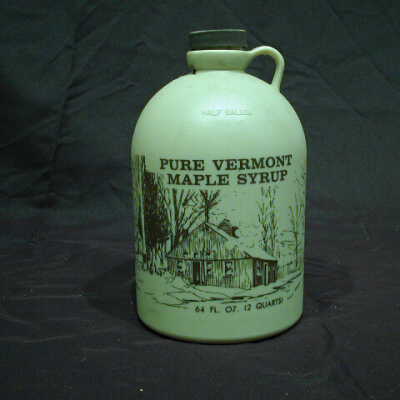
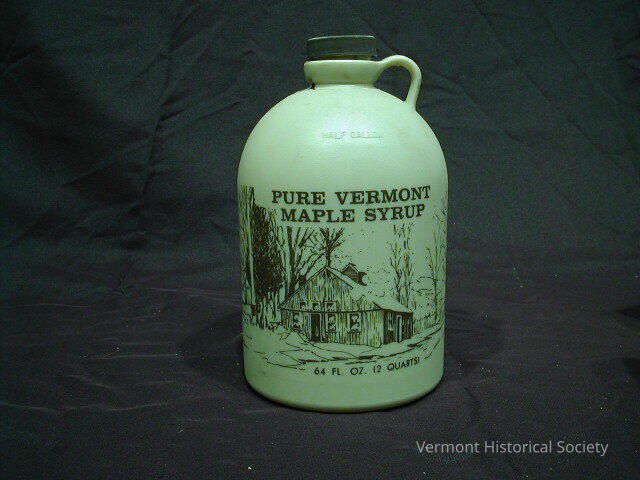

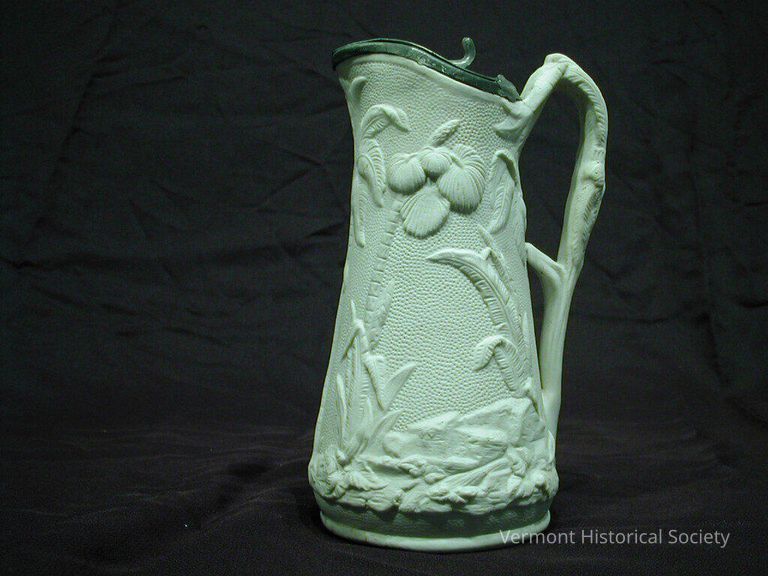
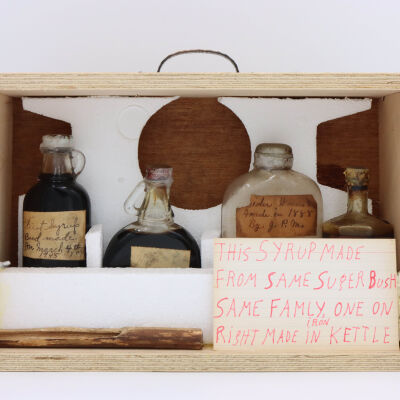
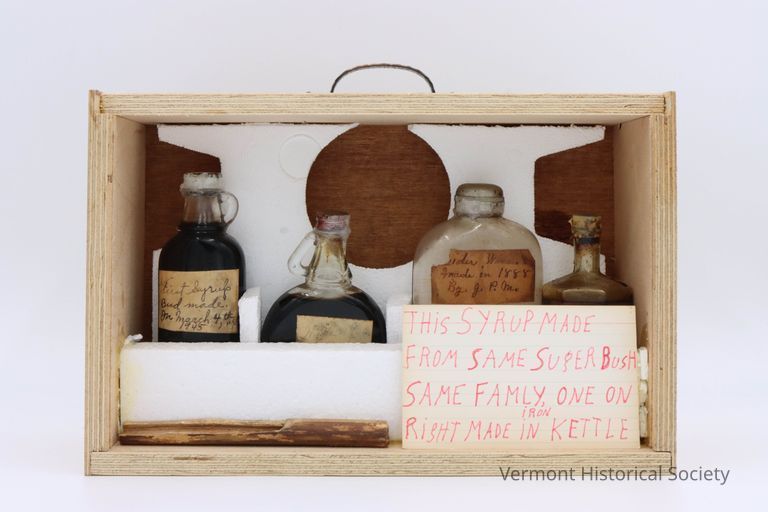



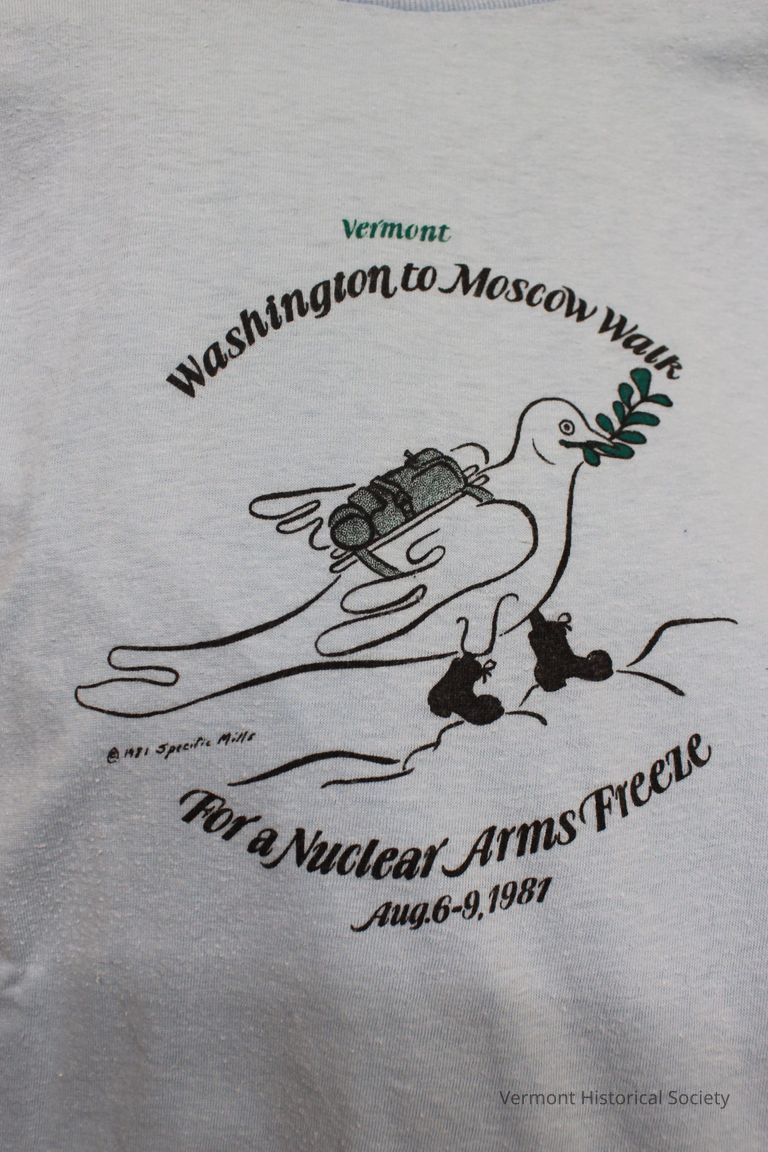
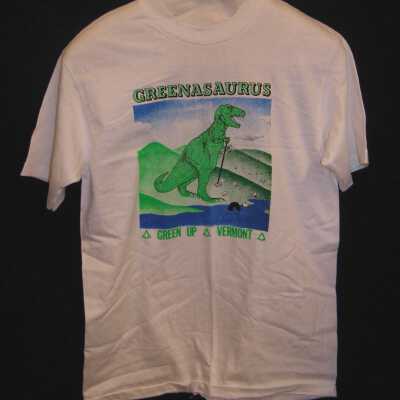
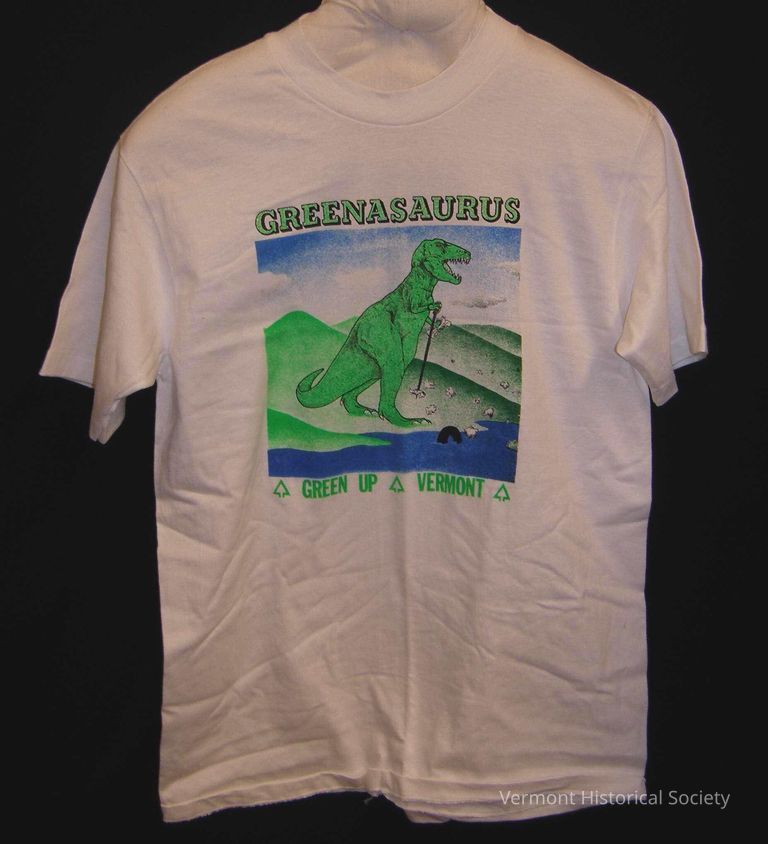
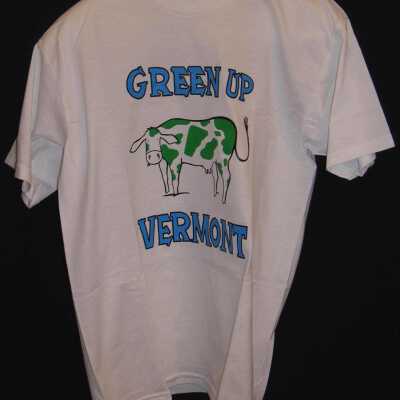
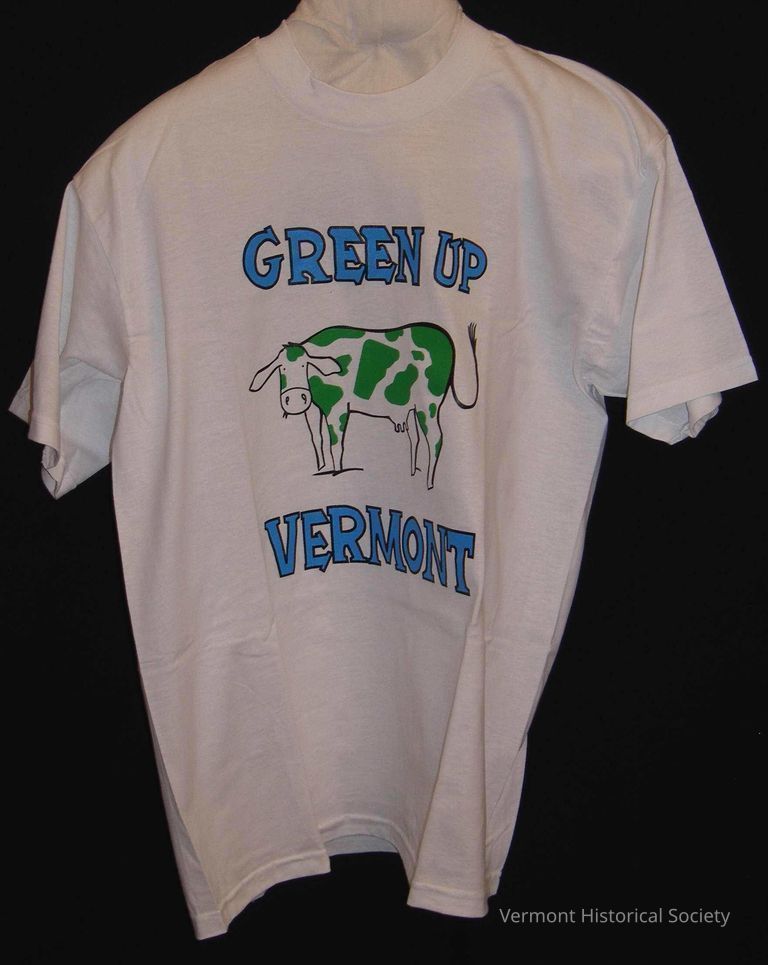
Below the partners' logos are the words "Green Up Day / 2000 / 30th / Anniversary" in green.
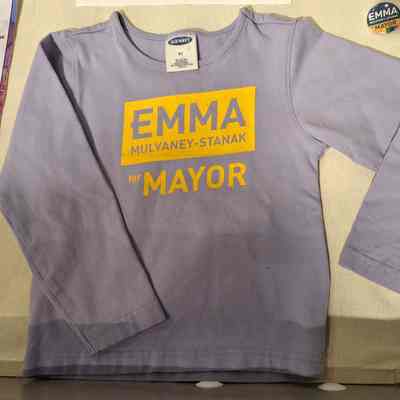
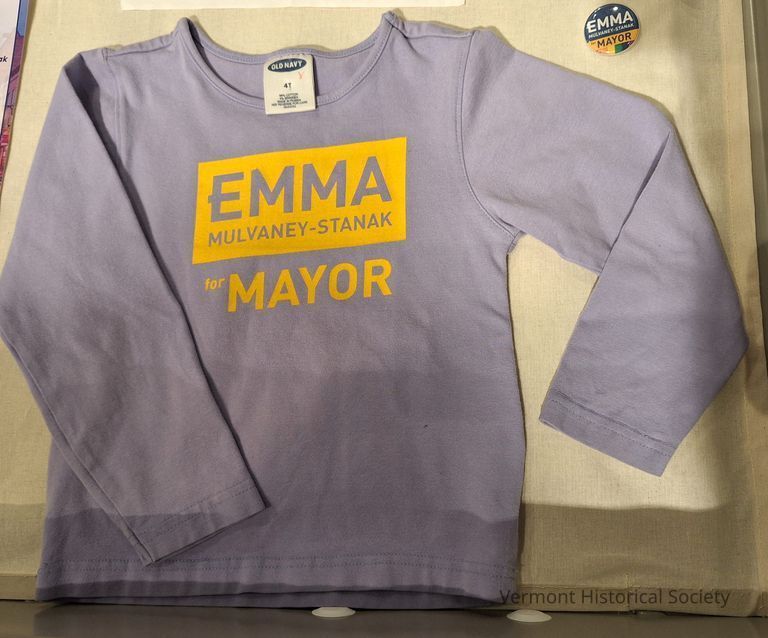
Mulvaney-Stanak's campaign purchased thrifted clothing and ironed on the logo for campaign attire.
Size 4T
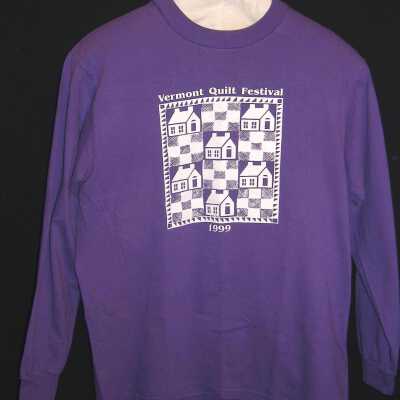
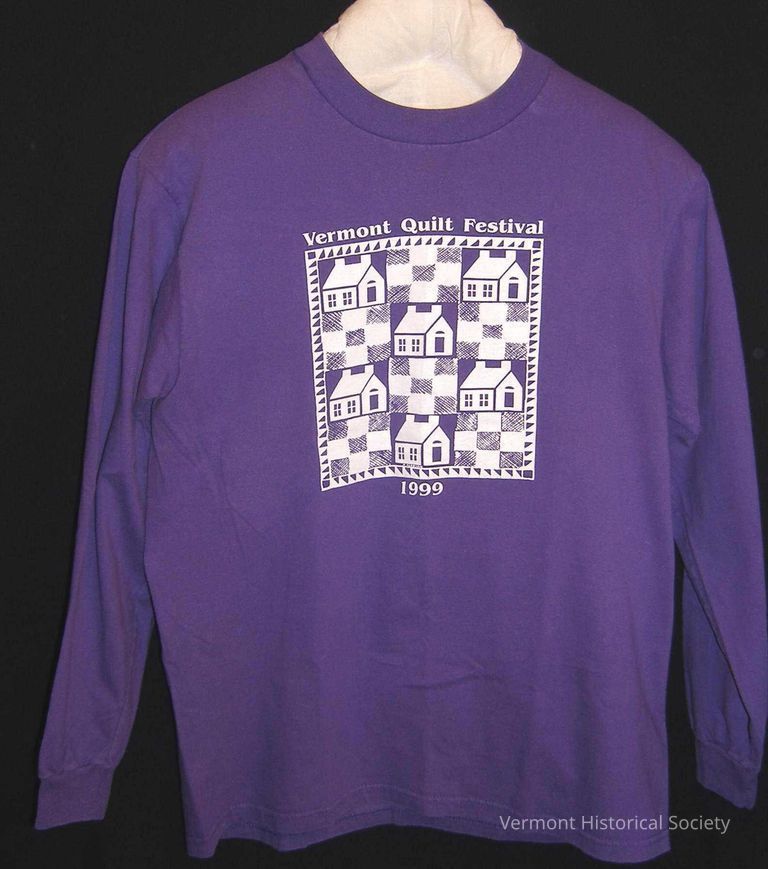
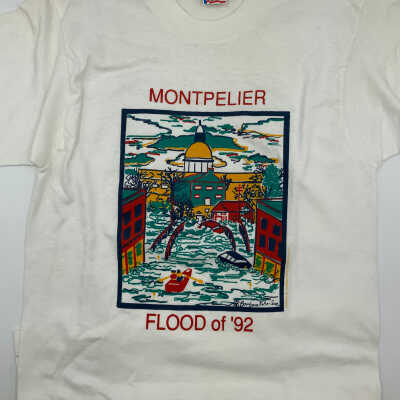
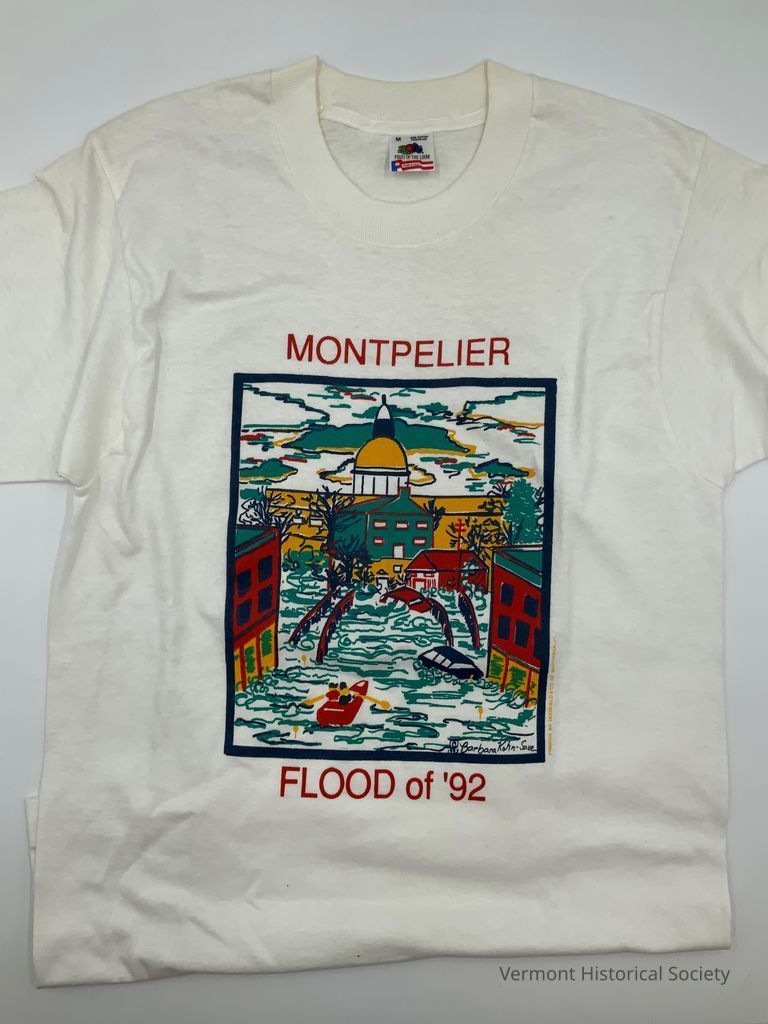
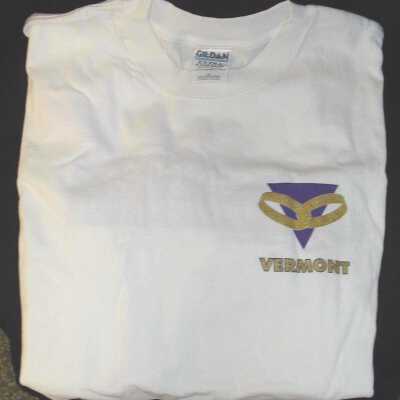
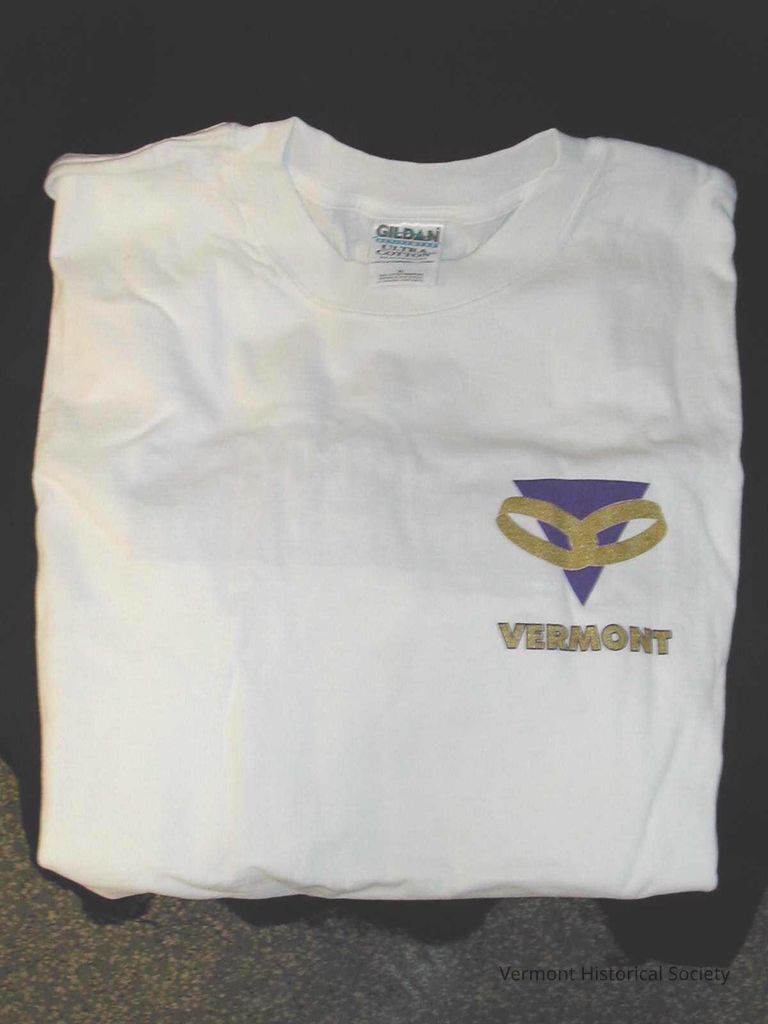
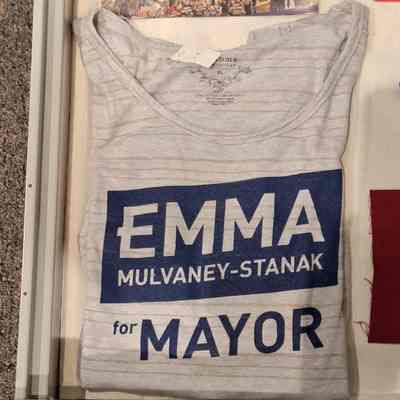
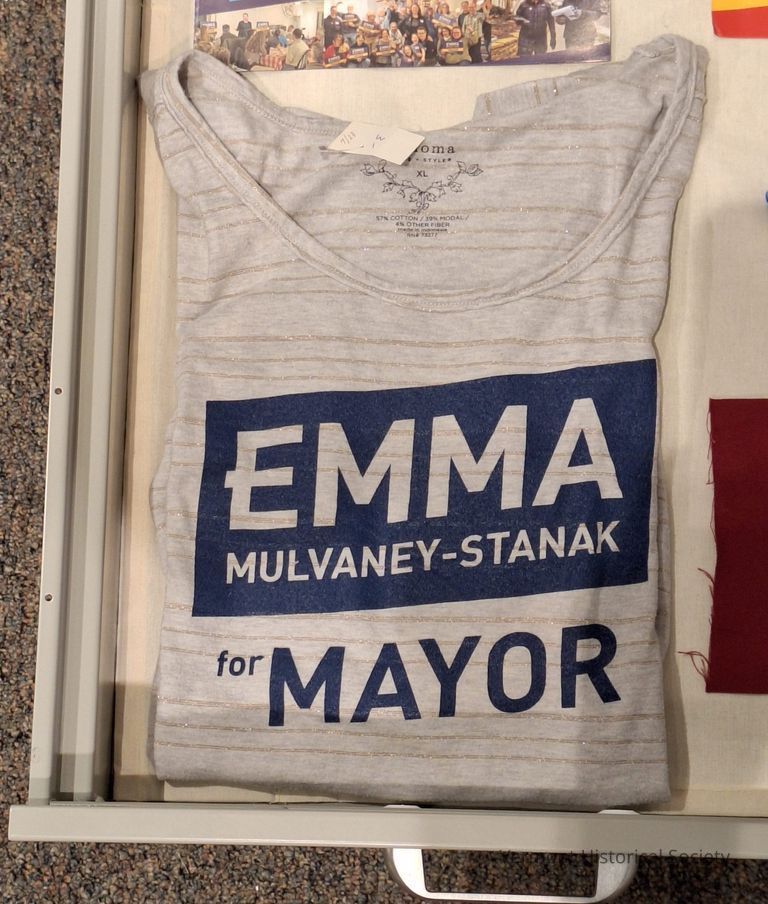
Mulvaney-Stanak's campaign purchased thrifted clothing and ironed on the logo for campaign attire.
Size XL
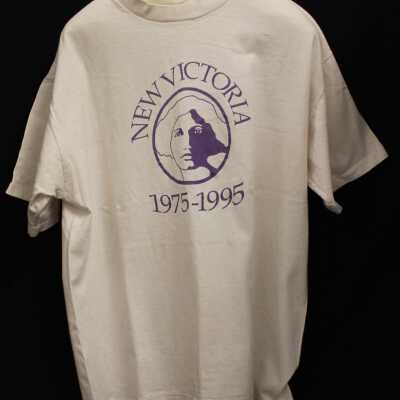
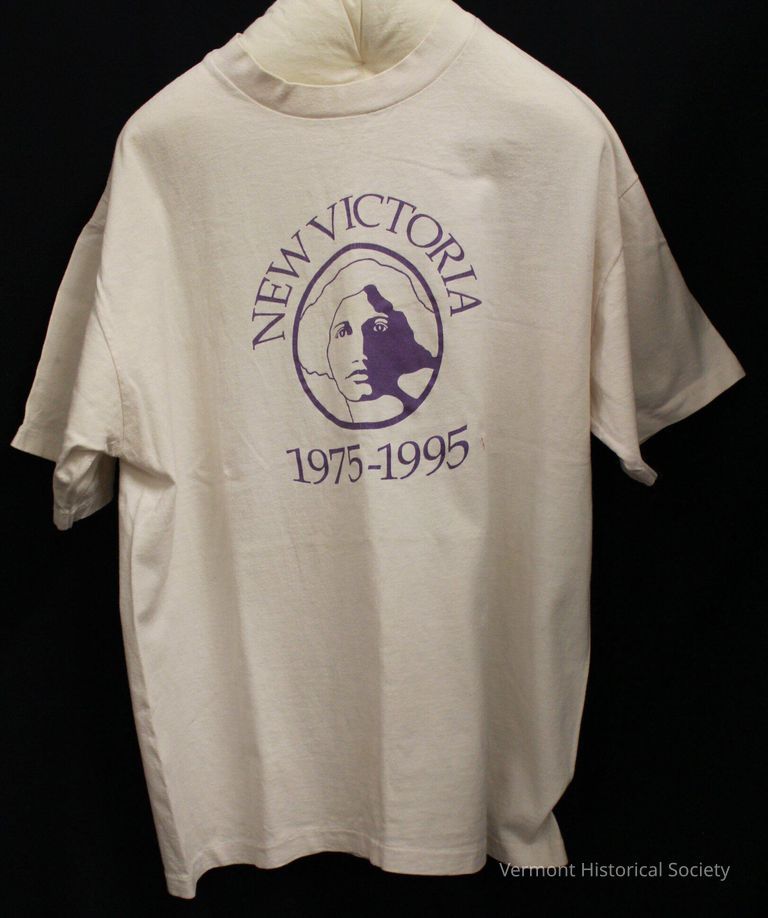

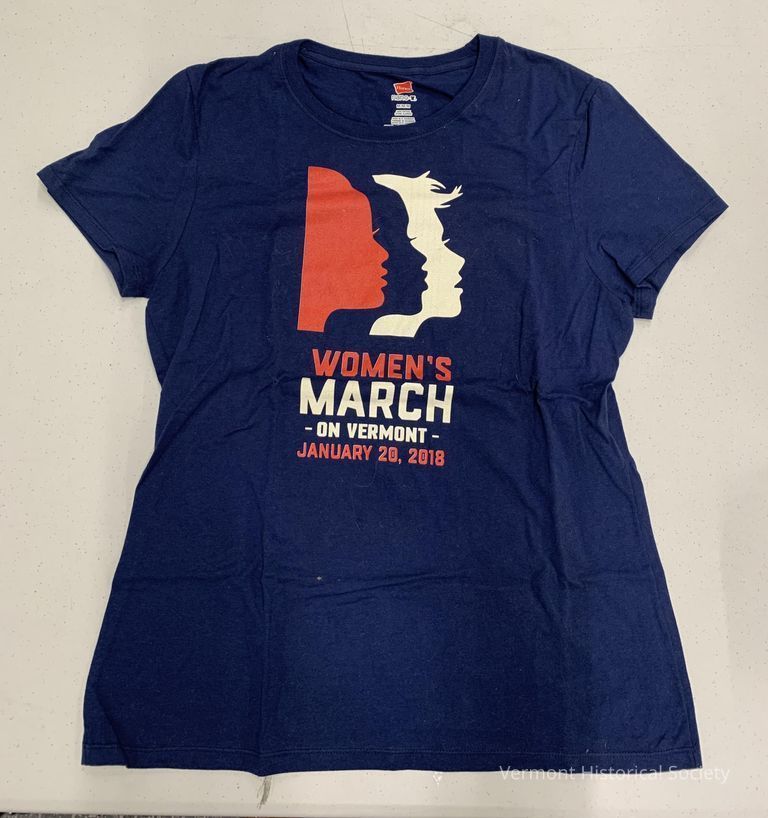
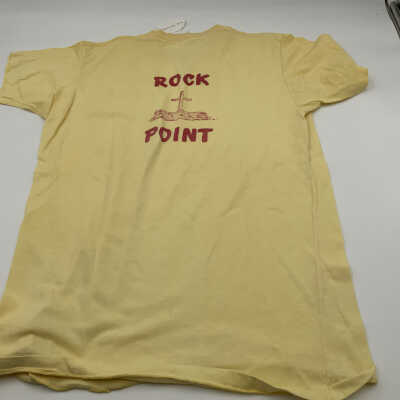
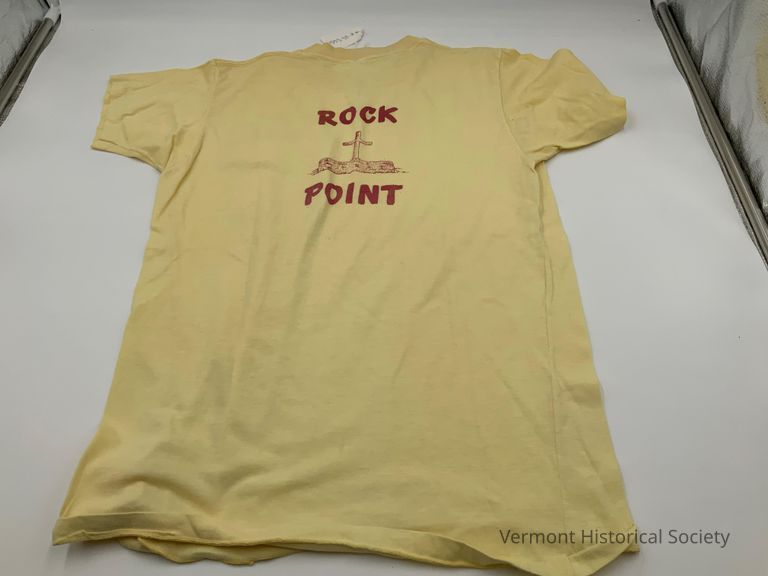
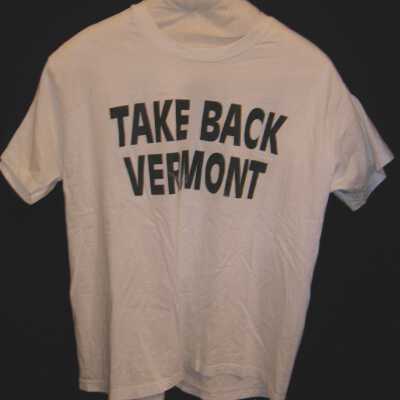
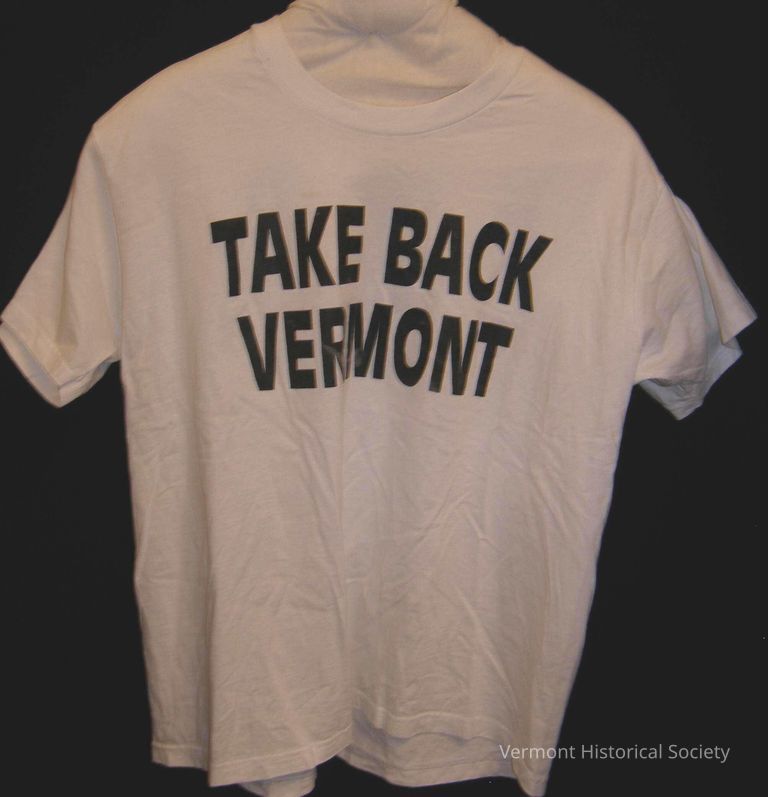
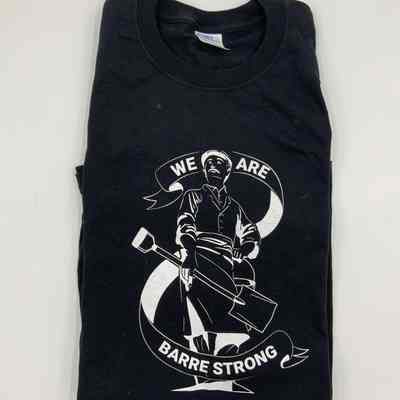
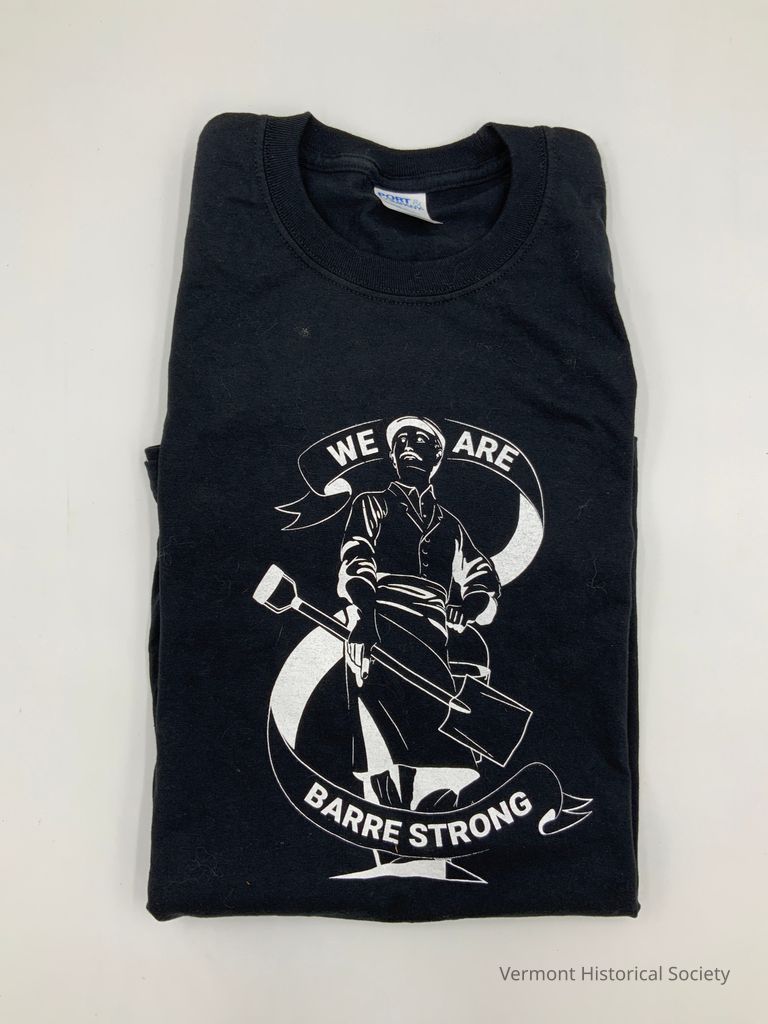
https://www.timesargus.com/news/local/year-in-review-the-flood-of-2023-and-its-lasting-effects/article_5df721ac-53bb-5875-8948-e09eba92ff79.html
“There is a lot of water,” Barre City Manager Nicolas Storellicastro said on July 10, after eight inches of rain had fallen on central Vermont, causing near-record flooding that left much of the Twin Cities and its neighboring towns under feet of water.
It did not match the infamous Flood of 1927, but it was close. A Barre man died as a result of the flooding, having fallen into waters in his basement. The damage to downtown Barre and Montpelier was staggering, as businesses and state government came to a halt. While the state’s offices could relocate, many businesses were stranded, with basement and first-floor inventory filled with water and toxic silt. Mountains of flood-damaged debris was stacked high on streets. Homes were destroyed — many of them in the north end of the Granite City.
For months, federal workers from the Federal Emergency Management Agency and the U.S. Small Business Association were taking inventory of the damage, and desperately trying to provide assistance to those who came forward.
The cleanup was a long, gross and tedious process. Ultimately, the flood claimed several central Vermont businesses and scores of homes in its wake."









Donor: Rare mark




Donor: Modern bright cut.

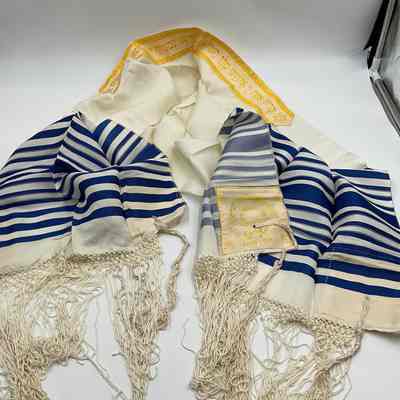
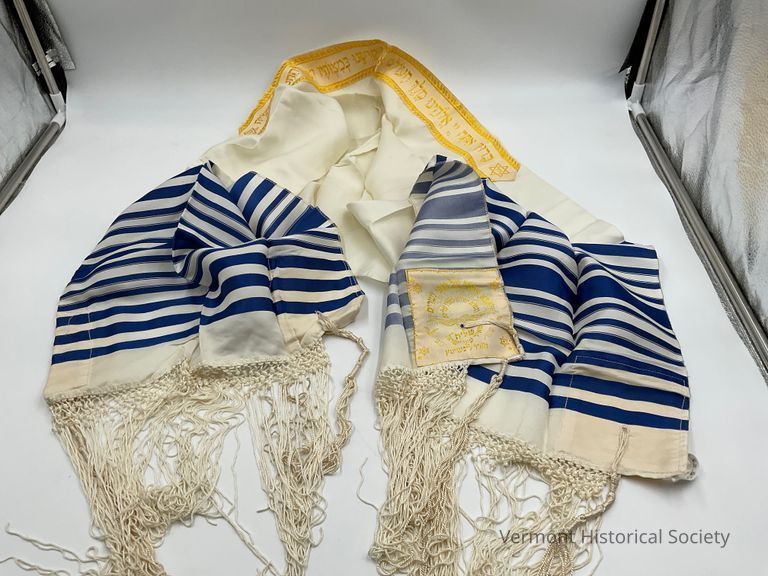
Accompanied by a plush maroon velvet zippered case, 2008.22.13b.
"A ?allit, also spelled ?alit, tallis, or tallith, plural ?allithim, ?alithim, tallithim, or tallisim, prayer shawl worn by male Jews during the daily morning service (sha?arit); it is also worn by the leader of the service during the afternoon service (min?a). On Yom Kippur, males wear it for all five services and on Tisha be-Av only during the afternoon service.
Rectangular in shape, the wool (or sometimes silk) shawl has black or blue stripes with fringes (tzitzit) affixed to the four corners as the Bible prescribes (Numbers 15:38). Two fringes fall in front, two behind. Often an embroidered collar is added, inscribed with the blessing to be recited when the ?allit is put on. A pious Jew is often buried in his ?allit after one of the fringes has been removed."
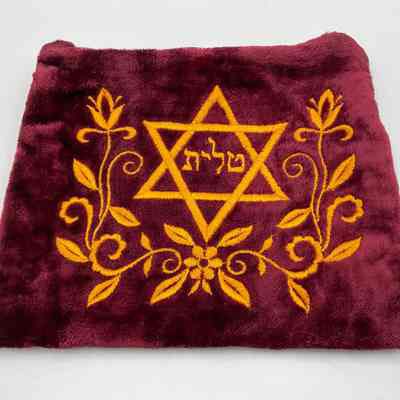
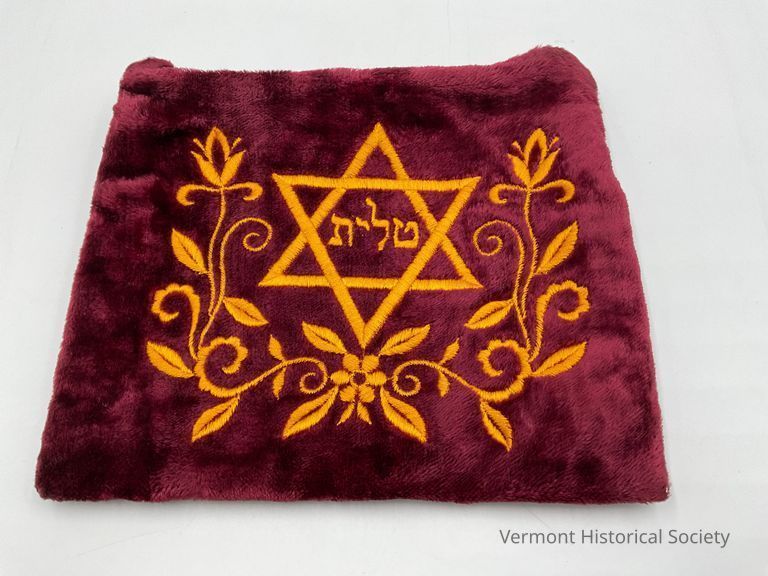
"A ?allit, also spelled ?alit, tallis, or tallith, plural ?allithim, ?alithim, tallithim, or tallisim, prayer shawl worn by male Jews during the daily morning service (sha?arit); it is also worn by the leader of the service during the afternoon service (min?a). On Yom Kippur, males wear it for all five services and on Tisha be-Av only during the afternoon service.
Rectangular in shape, the wool (or sometimes silk) shawl has black or blue stripes with fringes (tzitzit) affixed to the four corners as the Bible prescribes (Numbers 15:38). Two fringes fall in front, two behind. Often an embroidered collar is added, inscribed with the blessing to be recited when the ?allit is put on. A pious Jew is often buried in his ?allit after one of the fringes has been removed."
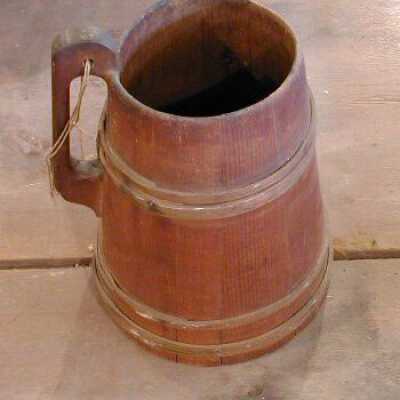
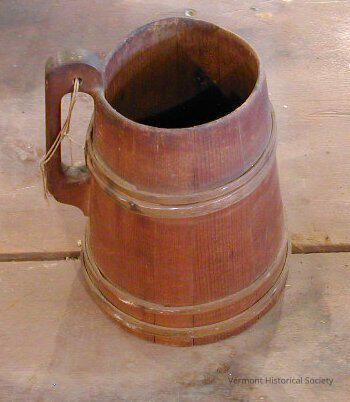
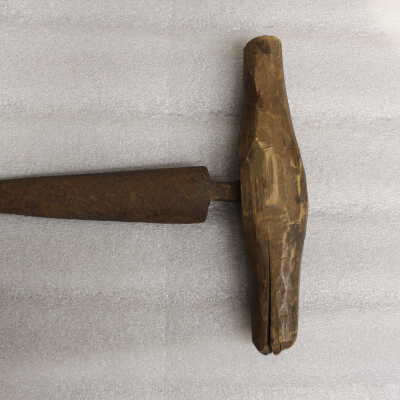
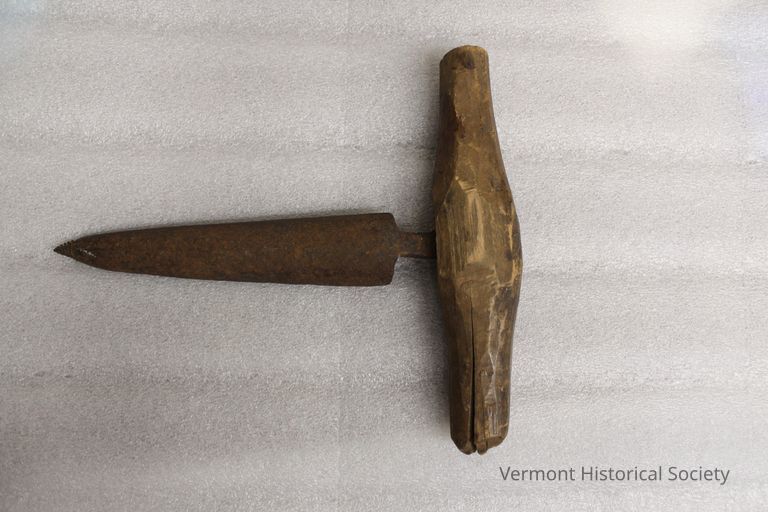
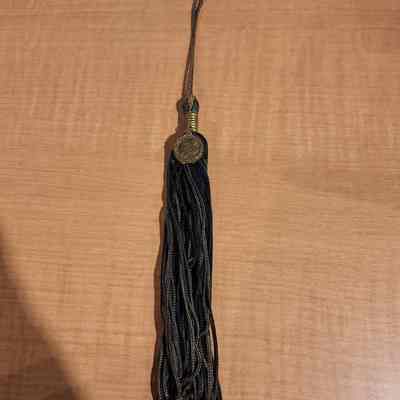
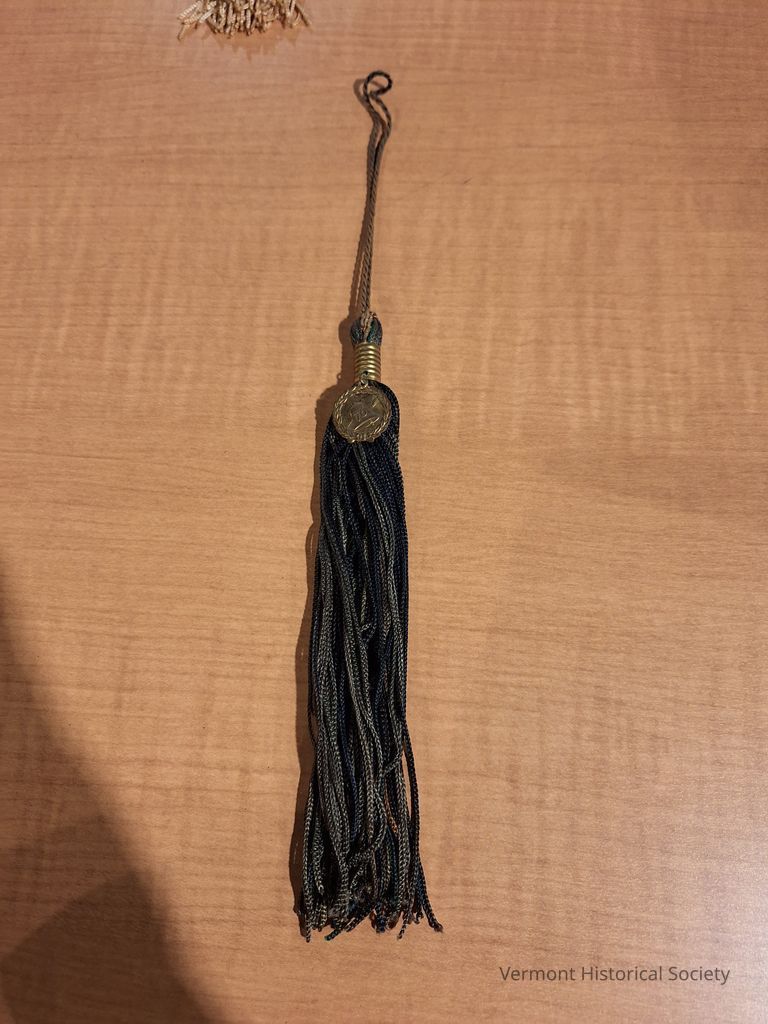
Worn by a member of the Class of 1976 at their graduation from the Austine School.
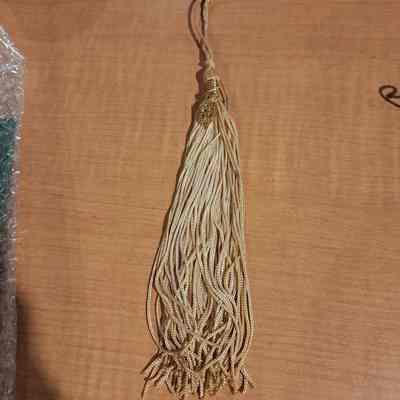
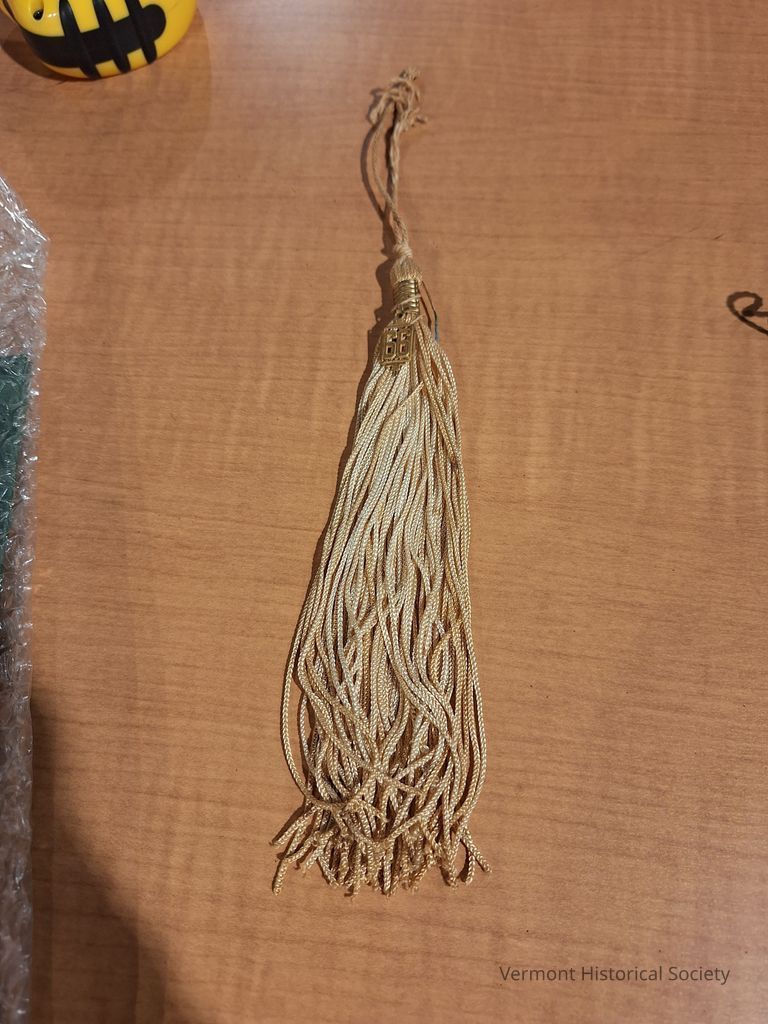
Worn by a member of the Class of 1966 at their graduation from the Austine School.
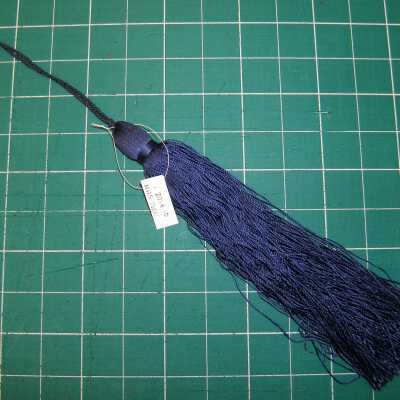
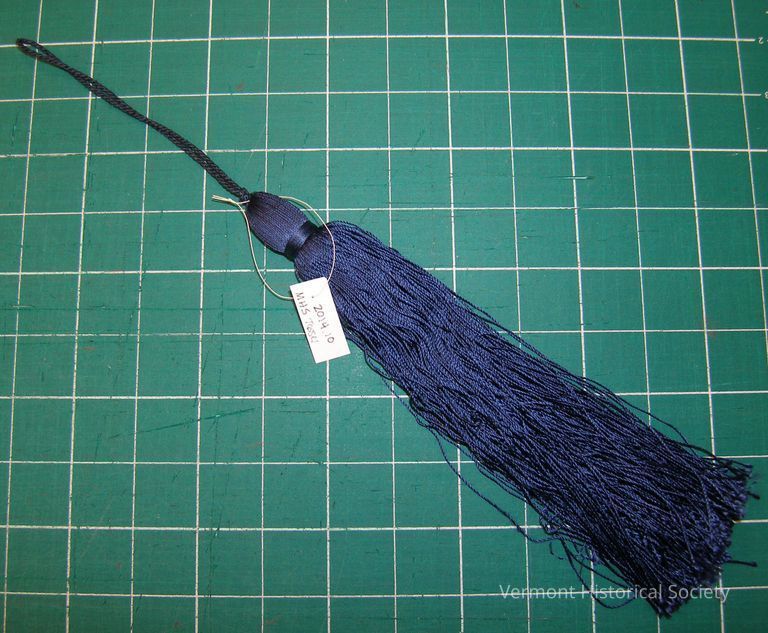
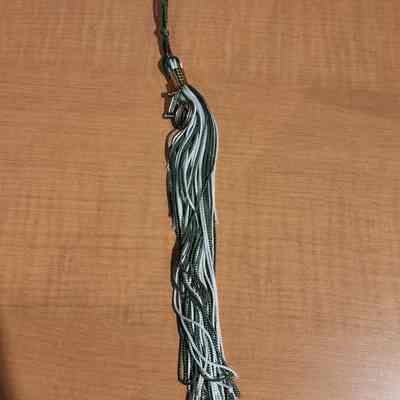
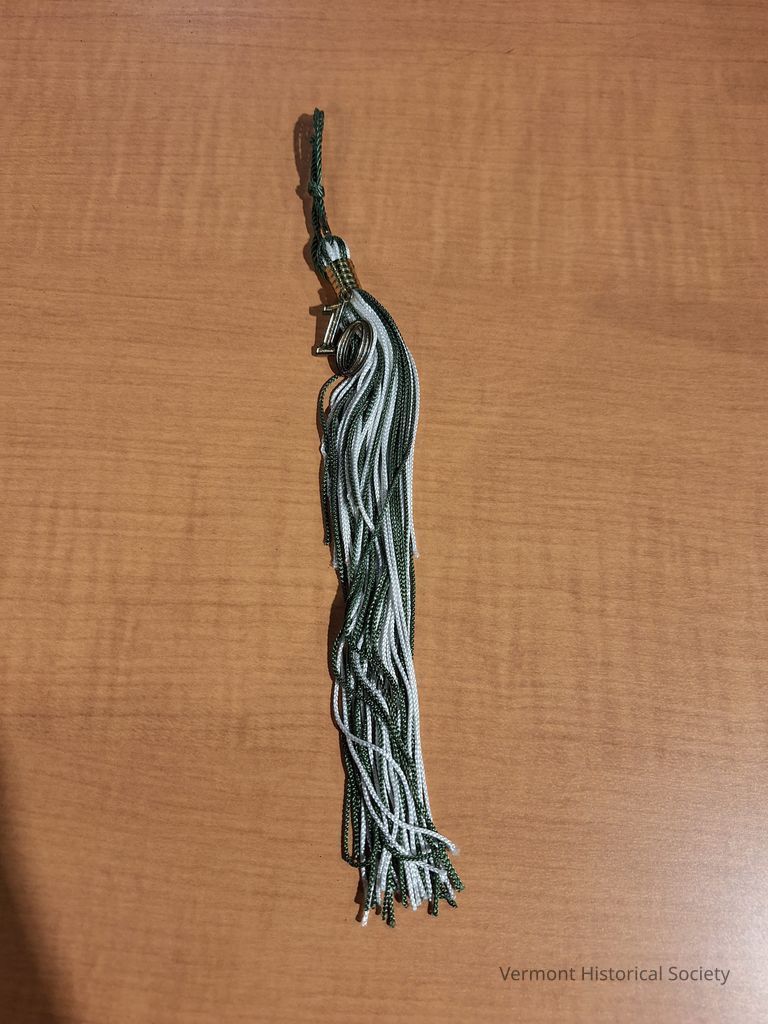
Worn by a member of the Class of 2010 at their graduation from the Austine School.
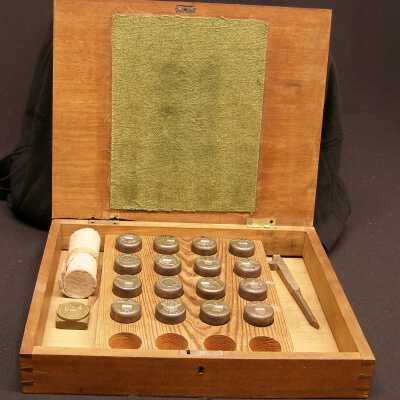
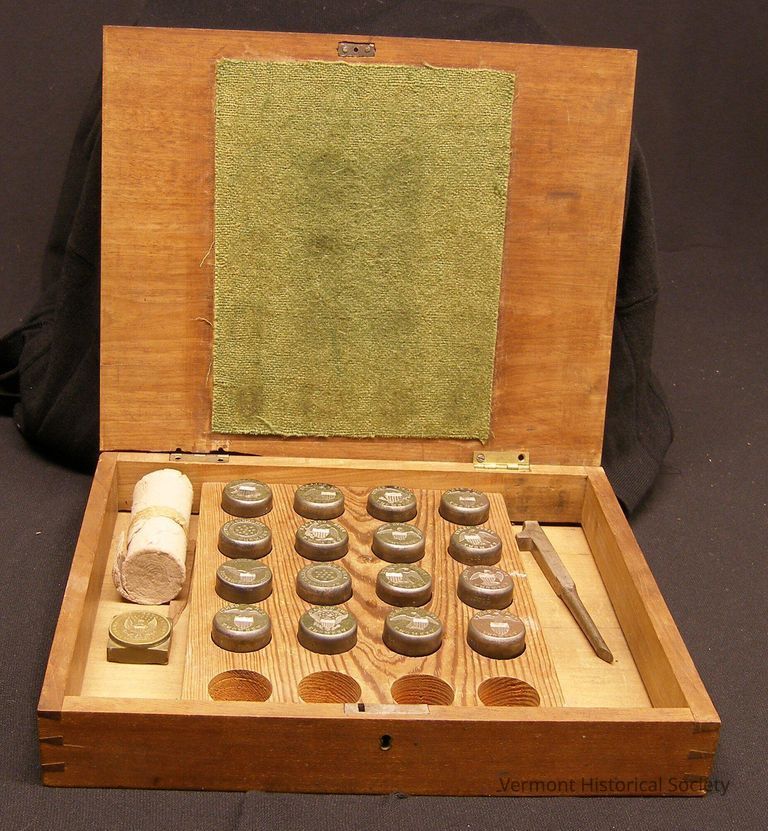
A spread eagle carrying an American shield in its talons with the words "FOUR CENTS VERMONT" around the edge.
A spread eagle holding an American shield in its talons with the words "TEN CENTS VERMONT" around the edge.
A spread eagle holding an American shield in its talons with the words "TWENTY CENTS VERMONT" around the edge.
A spread eagle standing on a rock holding an American shield by a chain from its beak and the words "TWENTYFIVE CENTS VERMONT" around the edge.
An eagle with its wings raised twisting its head around an American shield. It is standing on a branch with an olive branch and arrows under its feet and the words "THIRTY CENTS VERMONT" around the edge.
A spread eagle standing on a branch with an American shield in front of it and the words 'FIFTY CENTS VERMONT" around the edge.
A spread eagle holding an American shield by a chain from its beak and the words "SEVENTYFIVE CENTS VERMONT" around the edge.
A spread eagle with an American shield over its chest holding an olive branch and arrows in its talons. Above the eagle are 13 6-pointed stars and 6 oval clouds. The words "ONE DOLLAR VERMONT" are around the edge.
An eagle on a branch with one wing outstretched and one wing partially stretched with an American shield in front of it to the left and the words, "TWO DOLLARS VERMONT" around the edge.
A spread eagle standing on a rock with an American shield in front of it to the right and the words "THREE DOLLARS VERMONT" around the edge.
A spread eagle with an American shield in front of its chest holding an olive branch and arrows in its talons with the words "FOUR DOLLARS VERMONT" around the edge.
A spread eagle perched on a branch with an American shield in front of it to the left and the words "FIVE DOLLARS VERMONT" around the edge.
An eagle with its wings raised twisting its head around an American shield. It is standing on a branch with an olive branch and arrows under its feet and the words "TEN DOLLARS VERMONT" around the edge.
A wreath of 14 oval clouds surrounding 13 6-pointed stars with the words "TEN CENTS P.CENTUM VERMONT" around the edge.
A wreath of 14 oval clouds surrounding 13 6-pointed stars with the words "SIX MILLS P.DOLLAR VERMONT" around the edge.
A spread eagle with one foot on the ground and the other on top of an American shield that is in front of it to the left and the words "VERMONT SUPERVISORS OFFICE" around the edge.
A spread eagle with an American shield in front of its chest carrying an olive branch and arrows in its talons. The letter O is to the left of the eagle, and there are 13 6-pointed stars above its head. The words "UNITED STATES OF AMERCA" ring the edge, and there is an outer border of dots.
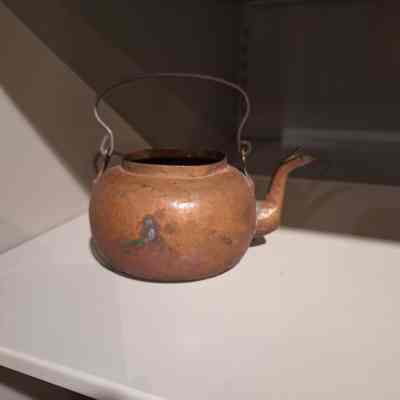
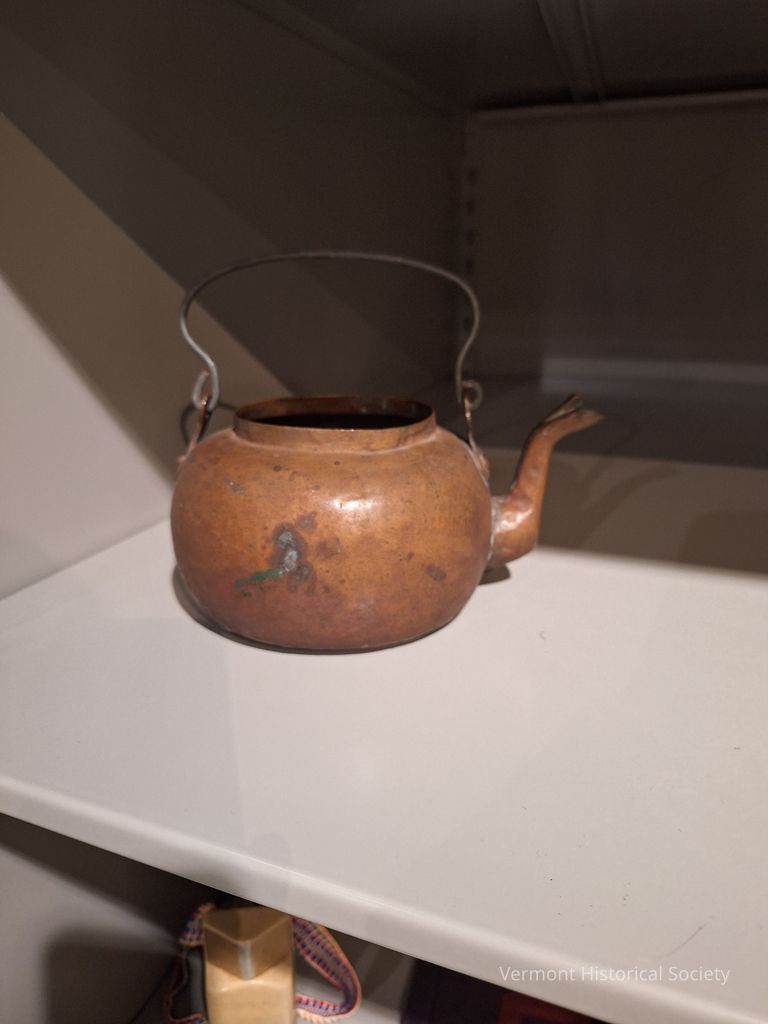

Monogram: Dick




No monogram

No monogram


Monogram: B

Monogram: BW





Mark: THOMPSON&RANGER PURE COIN





Engraving: MaS






























Donor: Quite rare mark.





Donor: L R (?)(fancy mark)












































Donor: Very important, only known mark maker of this.









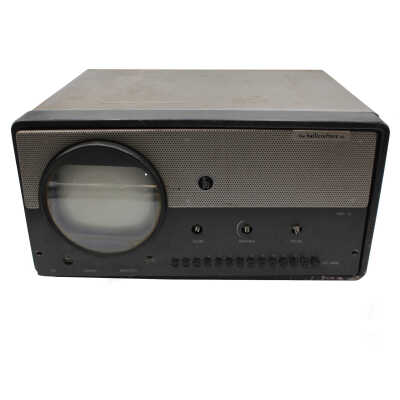
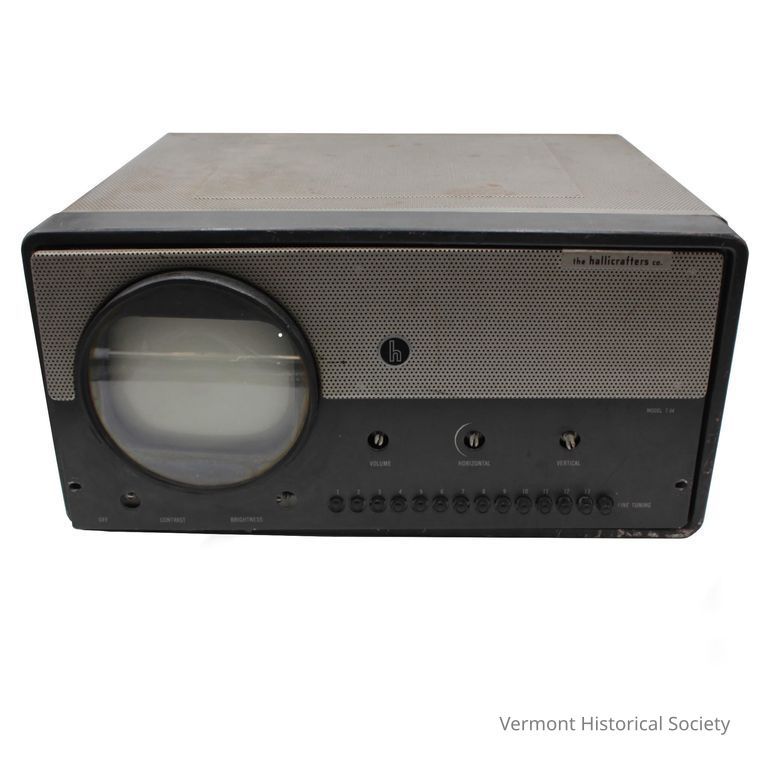
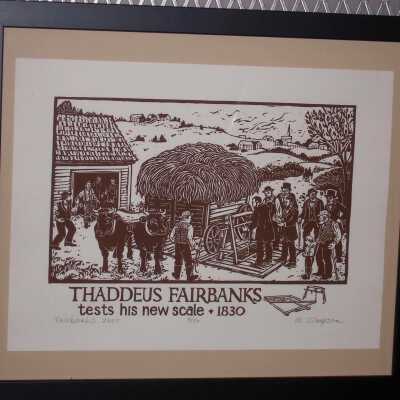
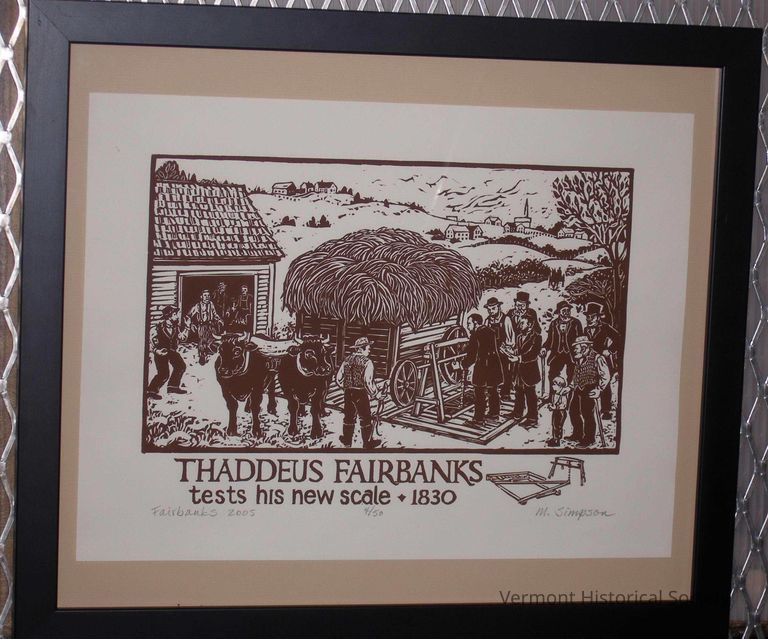
The Fairbanks family became very wealthy and founded St. Johnsbury Academy and the Fairbanks Museum and Planetarium. Erastus served two separate terms as Vermont governor and helped found the Republican party.
Fairbanks scales are still produced in St. Johnsbury today.
Currently residing in Lyndonville, Mary Gorham Simpson was born in northern Vermont and raised on a working dairy farm in Burke. After graduating from Lyndon State College, she and her husband, Wilder Simpson, taught school in the area for several years, then moved west. They lived for seven years in Wyoming and 14 years in Alaska, returning to Vermont in 1992.
While raising her three children, Simpson took art classes and worked on her own in various media - drawing, calligraphy, and painting. In Alaska, she worked as a graphic artist for the Imaginarium Science Center in Anchorage and as a scenic artist for the Alaska Festival Theater and Anchorage Civic Opera. She did scrimshaw for two shops and exhibit calligraphy for three years for the Anchorage Museum of History and Art.
Now back in Vermont, she mostly works as a printmaker with subjects reflecting memories of Vermont agriculture.
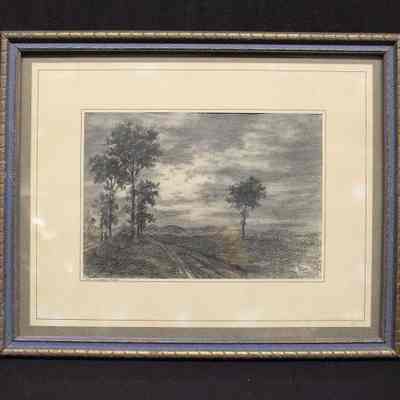
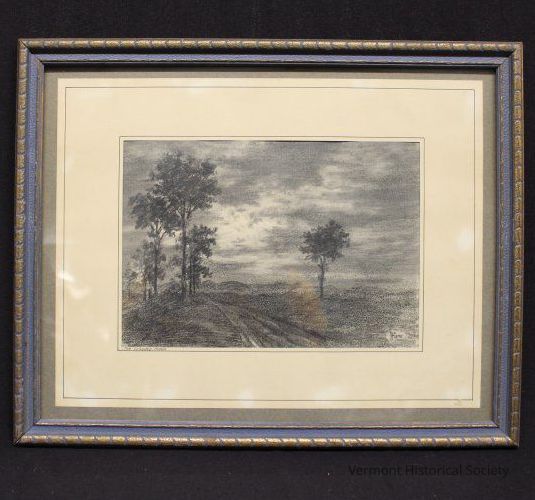
In 1927 he opened the Barre Design Studio, which he operated for several decades. That same year he married Ines Rivera of Barre and they resided in Montpelier until 1935 when they moved permanently to Barre.
He was very highly regarded and sought after in the granite industry. In fact, Anderson-Friberg's owner, Melvin Friberg noted "the unanimous respect of the manufacturers and dealers for Comi's designs, saying he is tops among professional designers and an elder statesman in the industry". He further stated "that outstanding orders were still received requesting his expertise and artistry...." long after Mr. Comi had retired.
Al Comi learned to paint with oils at the age of 54, studying under Stan Marc Wright, of Stowe, Vermont in 1954. By 1957 he and other local artists started an art exhibit at the Park on Main St. which attracted several thousand people.
He was the founding member of the Barre Paletteers, served as its president for eleven years and exhibited in every Paletters Art show from 1957 until his death. He was also a member of the Southern Vermont Artists Association, Vermont Art Association, the Chaffee Art Museum of Rutland, and Northern Vermont Artists.

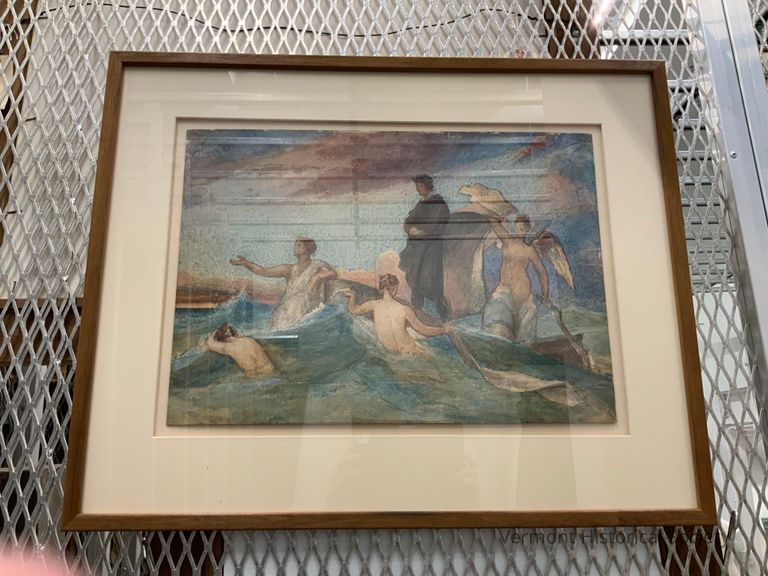
William Morris Hunt, one of the most famous artists of his day, suffered from severe depression and possibly other mental illness. His older sister, Jane Maria Hunt, served as his companion and support during the creation of these murals. A fine artist herself, she created the watercolor of his finished mural you see here. William died by drowning shortly after these murals were completed in a suspect suicide.

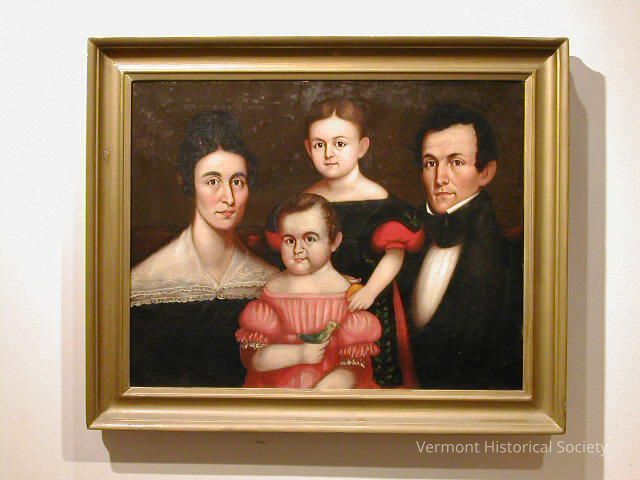
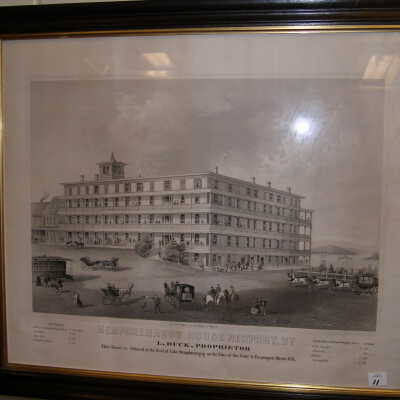
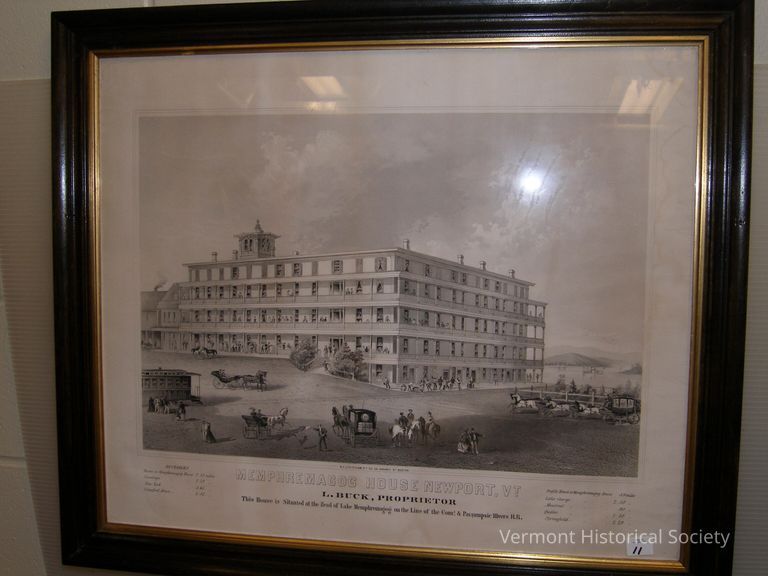
The hotel, built immediately on the shore of Lake Memphremagog, had its own rail spur from the south and its own steamship line from the north. Visitors from around the northeast and Canada flocked to Newport in the summer to enjoy the amenities and activities available at the resort.
In 1907, sparks from a passing train, set the hotel on fire. Though valiant efforts of Vermont and Quebec firefighters kept the fire from spreading to the entire city, the hotel was a complete loss. Lieutenant Governor George Prouty helped lead the firefighting and the press relating to his actions that day was said to have propelled him into the Governorship.
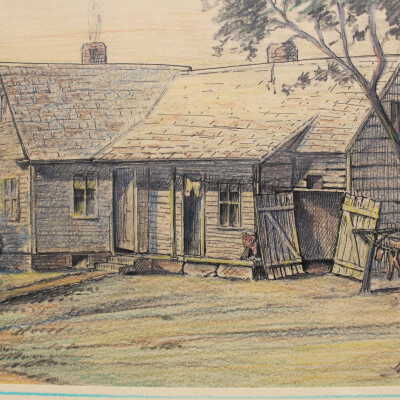
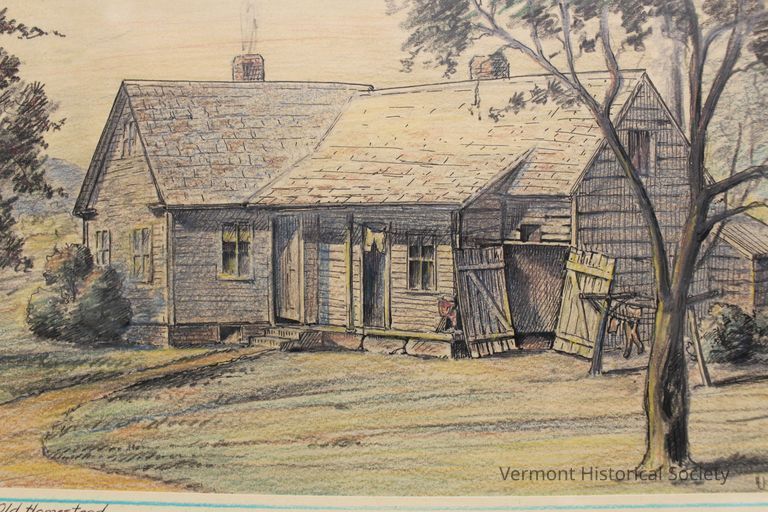
In 1927 he opened the Barre Design Studio, which he operated for several decades. That same year he married Ines Rivera of Barre and they resided in Montpelier until 1935 when they moved permanently to Barre.
He was very highly regarded and sought after in the granite industry. In fact, Anderson-Friberg's owner, Melvin Friberg noted "the unanimous respect of the manufacturers and dealers for Comi's designs, saying he is tops among professional designers and an elder statesman in the industry". He further stated "that outstanding orders were still received requesting his expertise and artistry...." long after Mr. Comi had retired.
Al Comi learned to paint with oils at the age of 54, studying under Stan Marc Wright, of Stowe, Vermont in 1954. By 1957 he and other local artists started an art exhibit at the Park on Main St. which attracted several thousand people.
He was the founding member of the Barre Paletteers, served as its president for eleven years and exhibited in every Paletters Art show from 1957 until his death. He was also a member of the Southern Vermont Artists Association, Vermont Art Association, the Chaffee Art Museum of Rutland, and Northern Vermont Artists.
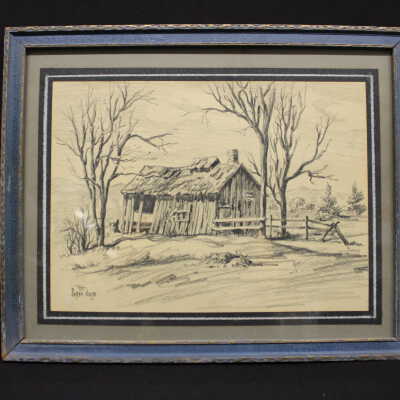
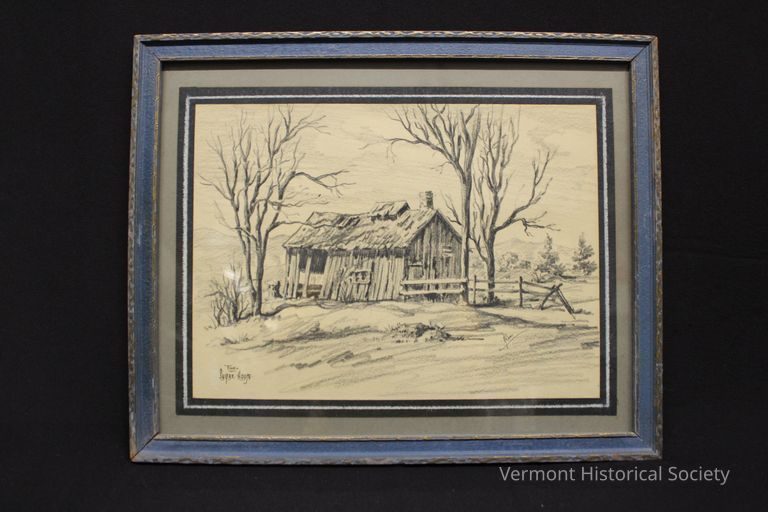
The frame is wood painted blue with gold patterns on the edge. The drawing is surrounded by black paper with a white line in the center. "The Sugar House" is written in the lower left of the drawing, and the signature is on the right side below the road.
On the back, "Now/Site 7. Redfield Hoare's Residence/Barre--E.MPR. Road" is written in pencil on the brown paper. In pen: "Charcoal Sketch/AL. Comi/3 Adams St./Barre VT". On a label, "Al Comi/The Sugar House/ca. 1927-37/charcoal on paper/Gift of the Estate of Ines Ruvera Comi, 2000" is typed.
In 1927 he opened the Barre Design Studio, which he operated for several decades. That same year he married Ines Rivera of Barre and they resided in Montpelier until 1935 when they moved permanently to Barre.
He was very highly regarded and sought after in the granite industry. In fact, Anderson-Friberg's owner, Melvin Friberg noted "the unanimous respect of the manufacturers and dealers for Comi's designs, saying he is tops among professional designers and an elder statesman in the industry". He further stated "that outstanding orders were still received requesting his expertise and artistry...." long after Mr. Comi had retired.
Al Comi learned to paint with oils at the age of 54, studying under Stan Marc Wright, of Stowe, Vermont in 1954. By 1957 he and other local artists started an art exhibit at the Park on Main St. which attracted several thousand people.
He was the founding member of the Barre Paletteers, served as its president for eleven years and exhibited in every Paletters Art show from 1957 until his death. He was also a member of the Southern Vermont Artists Association, Vermont Art Association, the Chaffee Art Museum of Rutland, and Northern Vermont Artists.
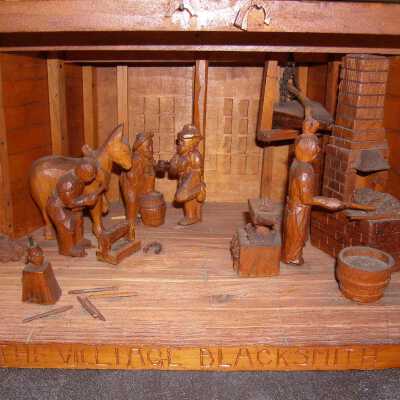
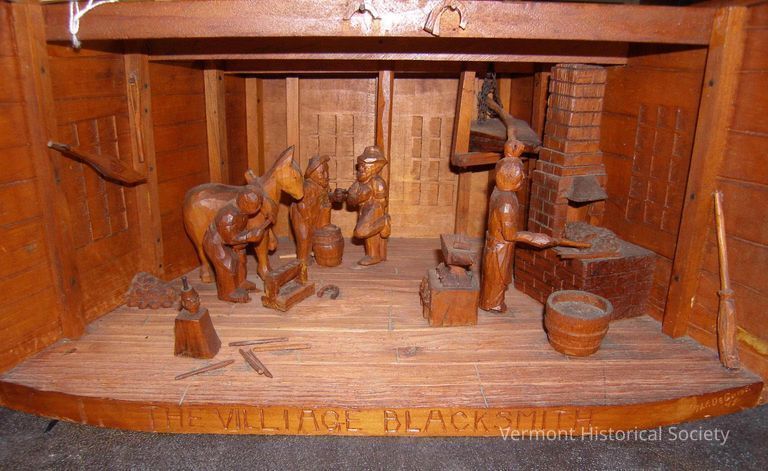

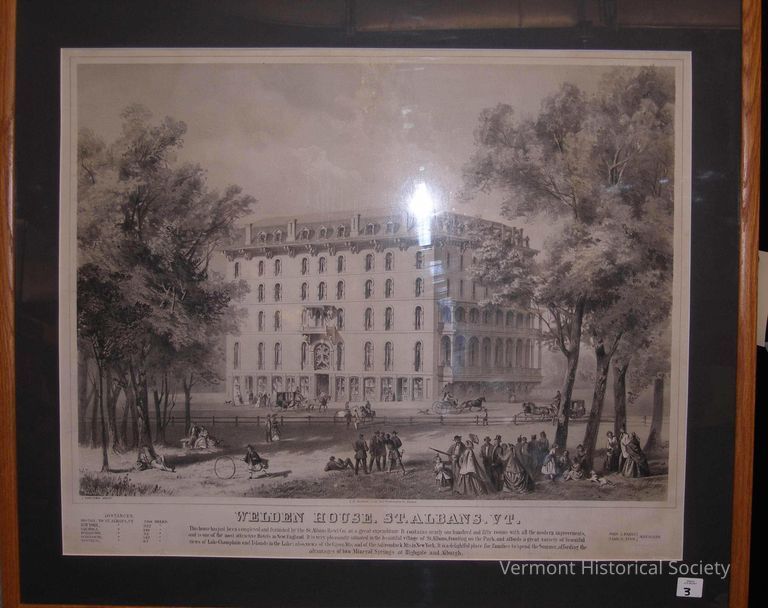
The finished hotel was the finest in St. Albans and featured 200 rooms, gas and electric lighting, steam heat, electric call bells, and an Otis elevator. A large interior courtyard allowed natural light into all rooms. In addition to the hotel, the building also housed a U.S. Post Office, Western Union telegraph office, restaurant, theater, billiards hall, and livery stable.
It was destroyed by fire on July 17, 1897.
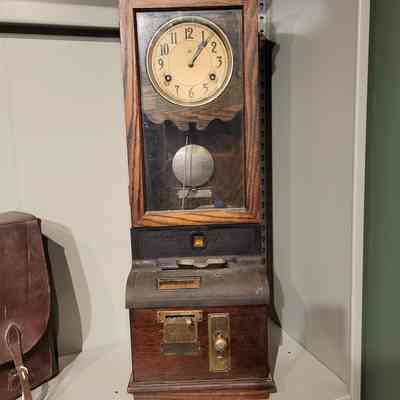
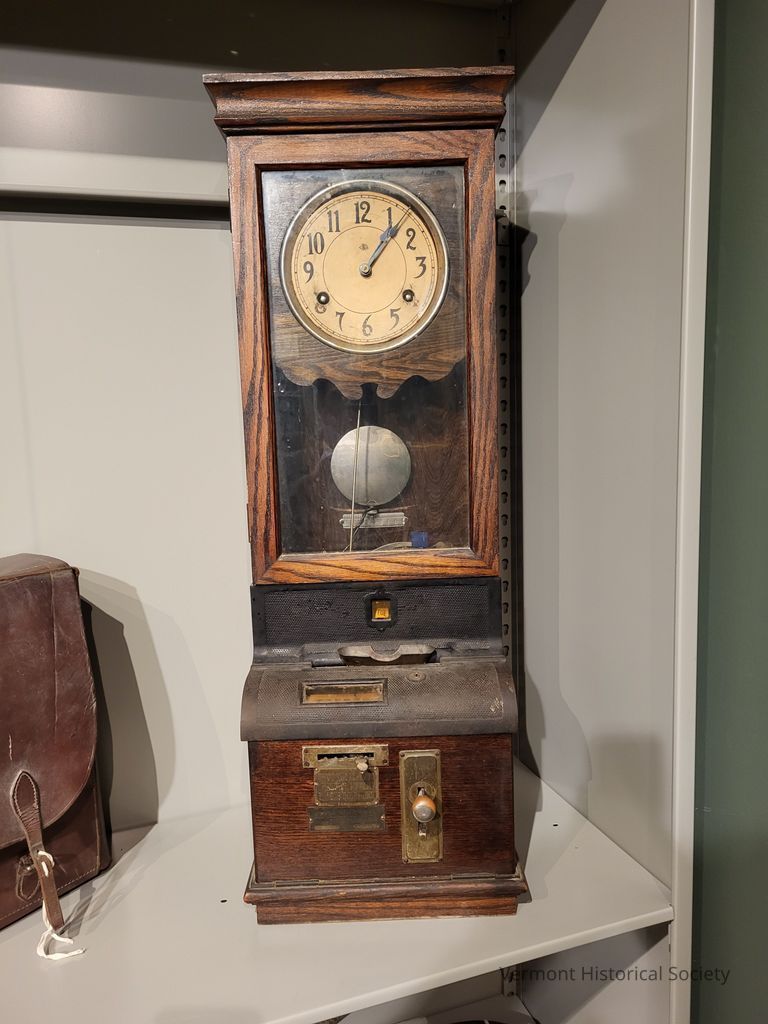
The Porter Screen Company thrived in the first half of the 20th century, manufacturing the iconic wood and metal sliding window screens. By 1952, with a national love of aluminum taking over the marketplace, the Porter Screen Company and its wooden products, went out of business. This time clock represents the rapid industrialization of Vermont in early 20th century. As an added connection, the maker of this clock was a subsidiary of the Computing - Recording - Tabulating company, later known as IBM, and the top employer in Vermont in the decades following the Porter Screen Company closure.
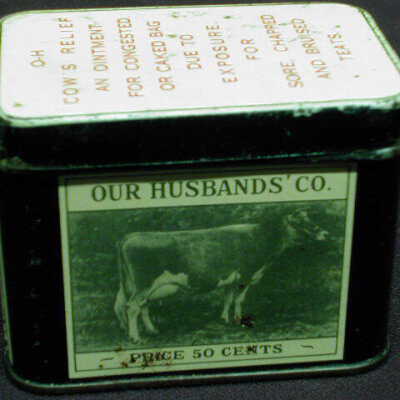
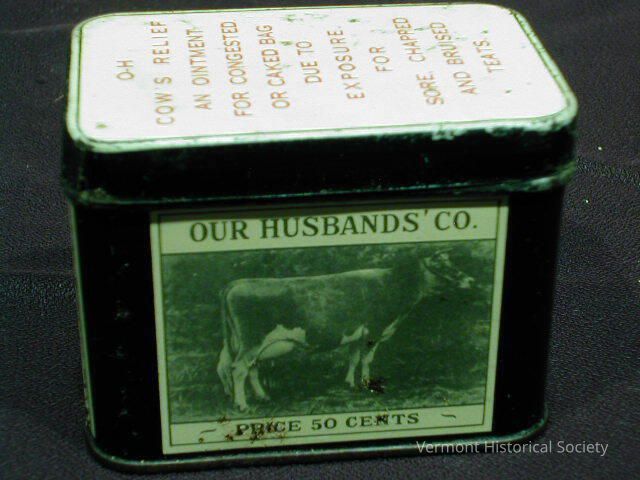
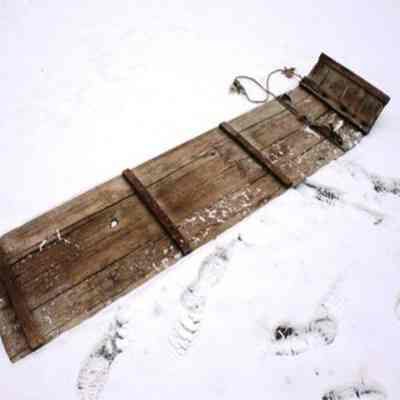
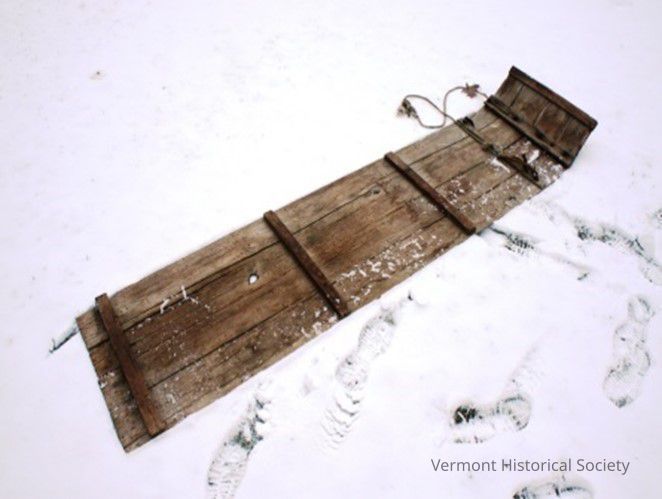
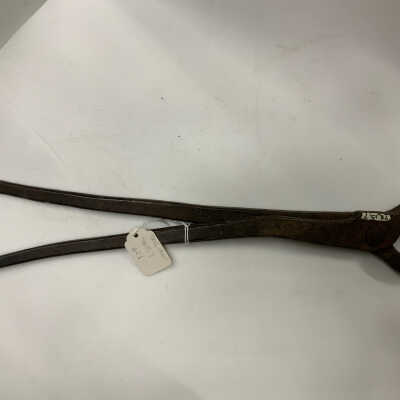
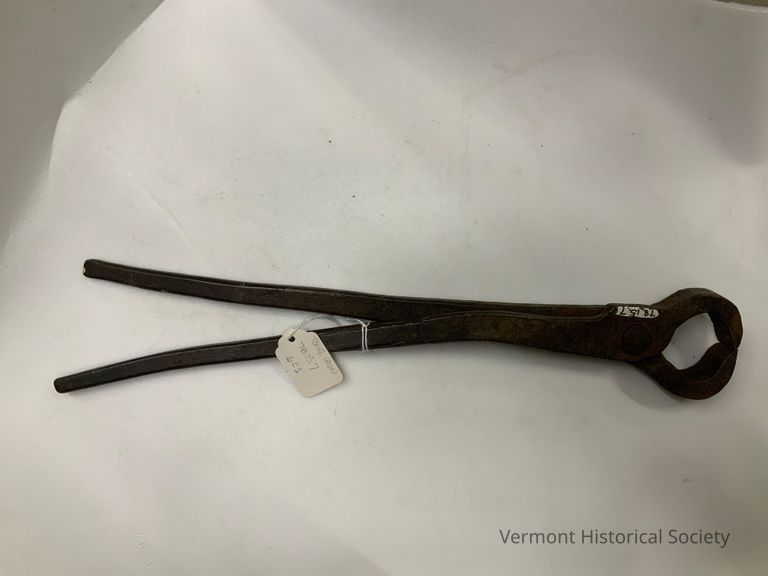

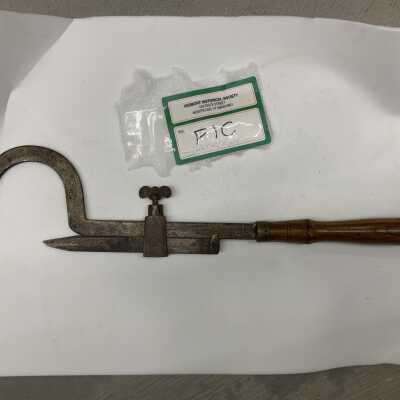
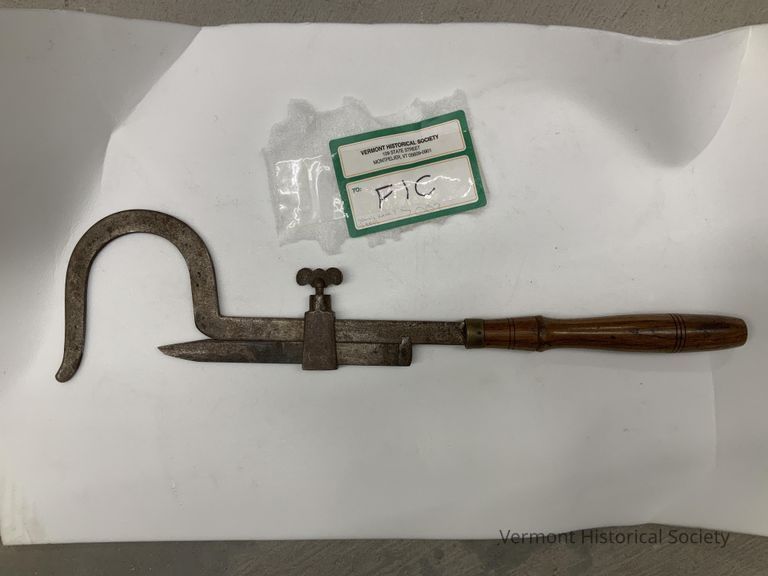

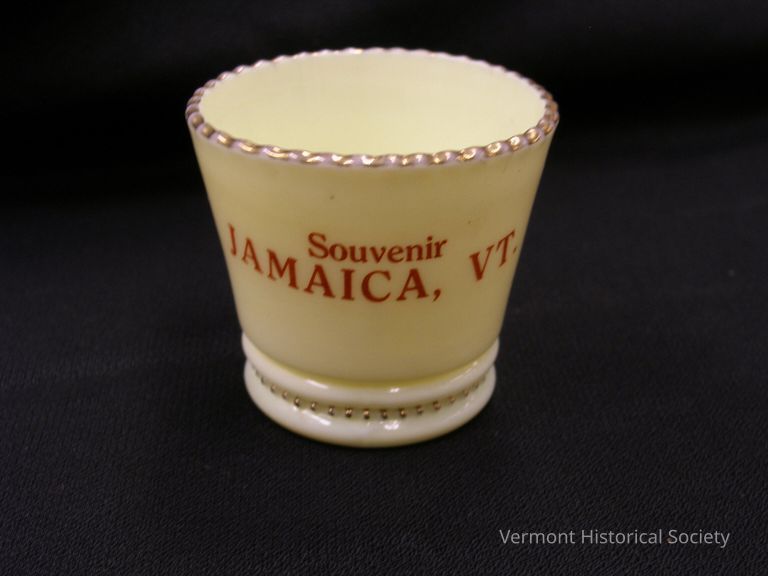
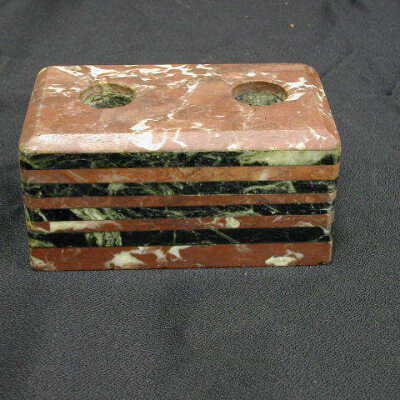
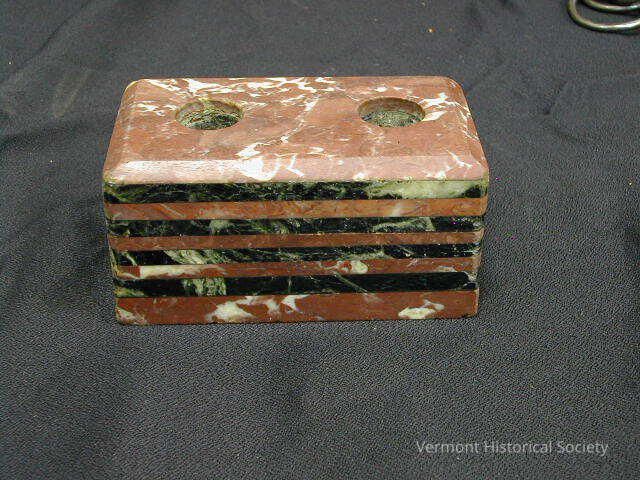
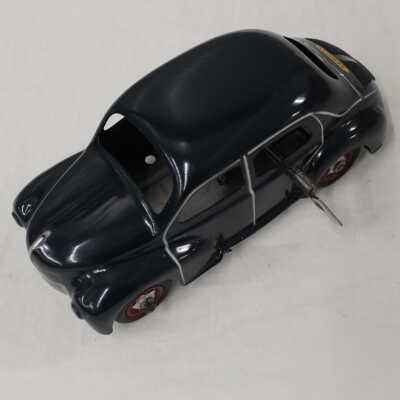
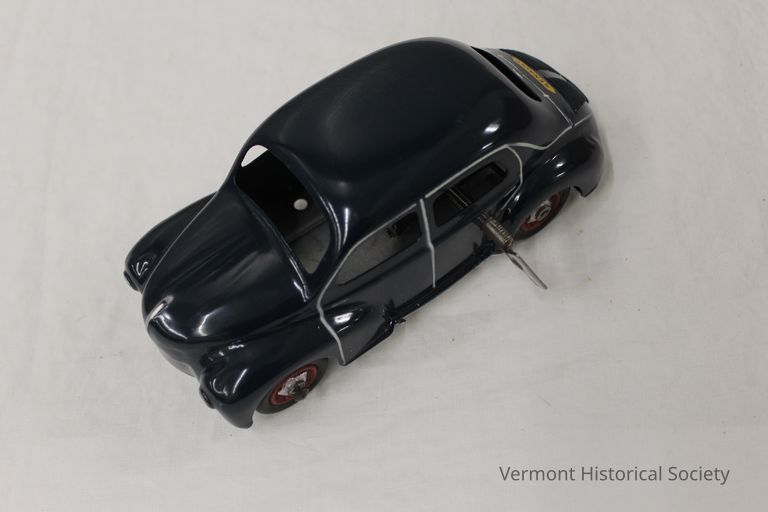

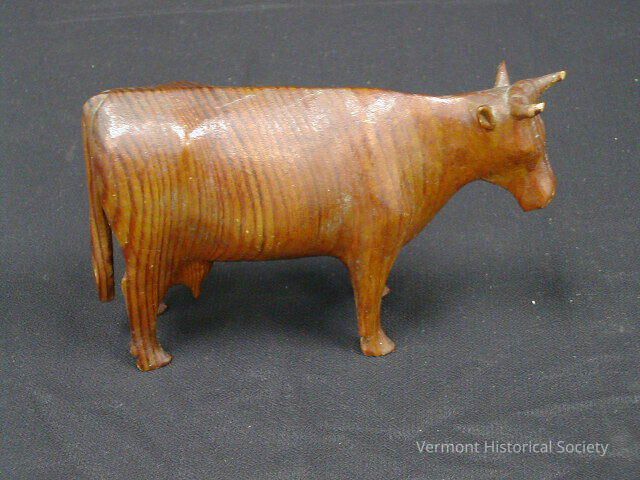

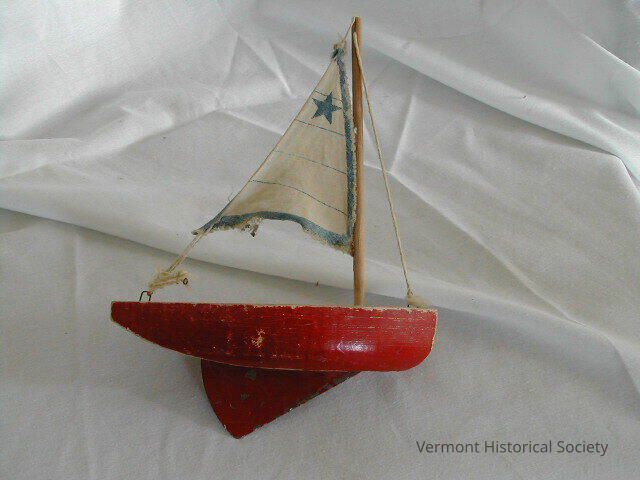


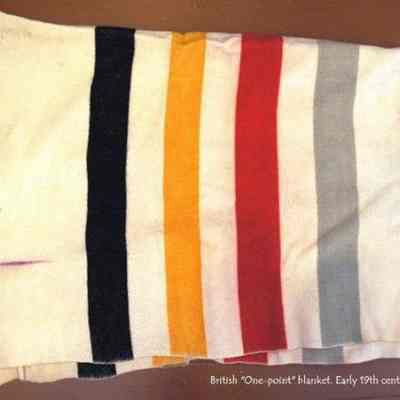
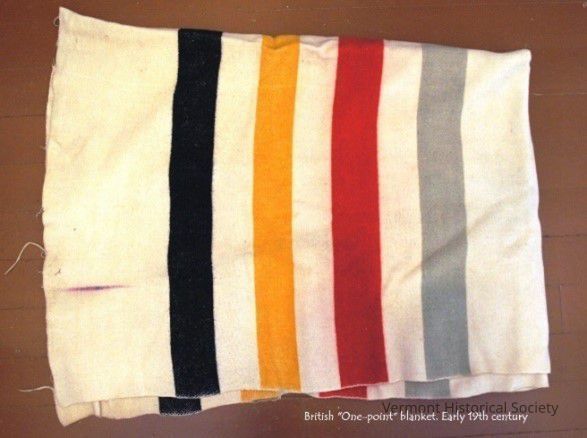
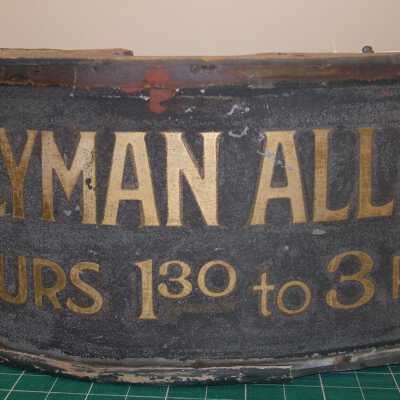
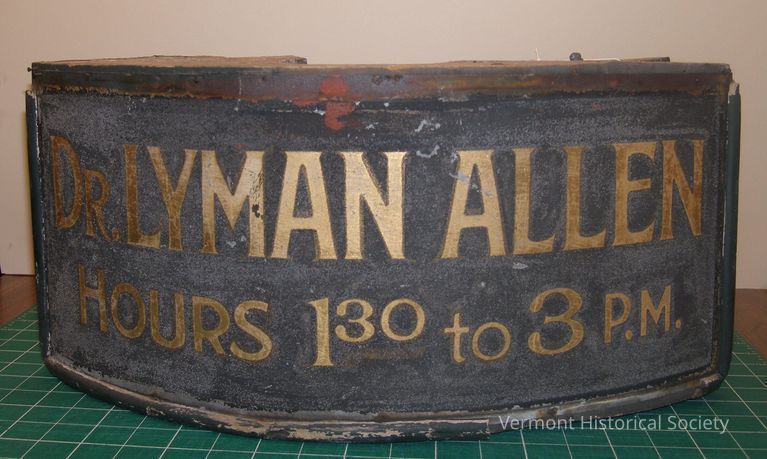
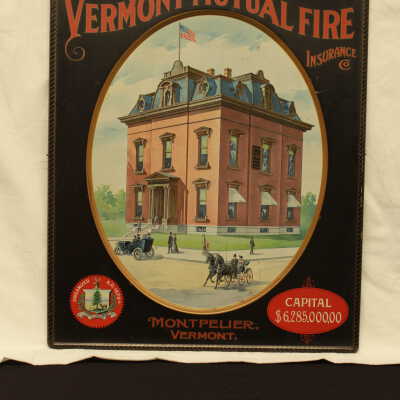
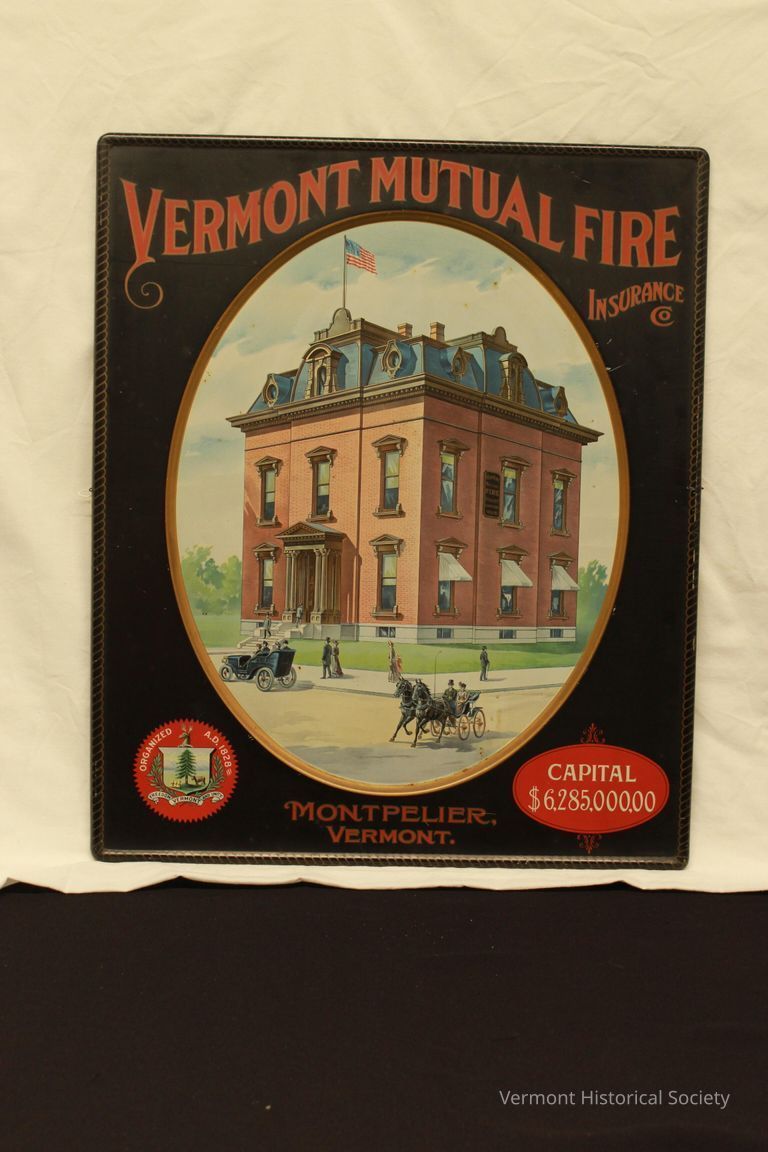

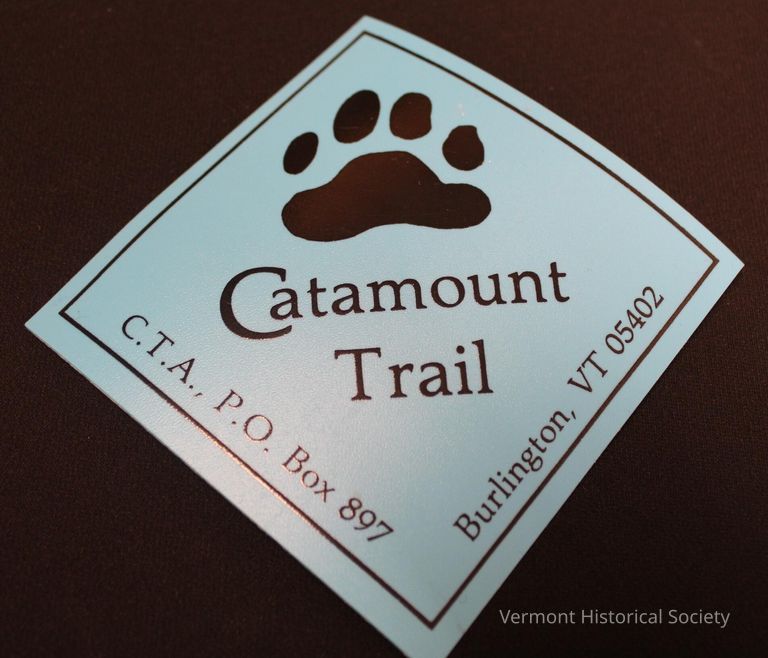
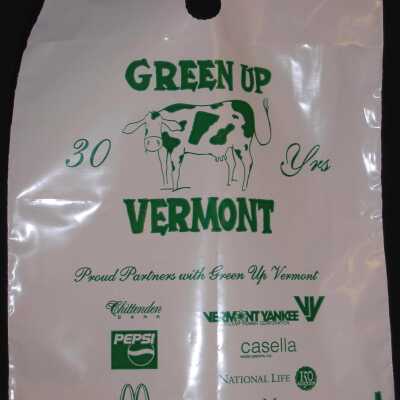
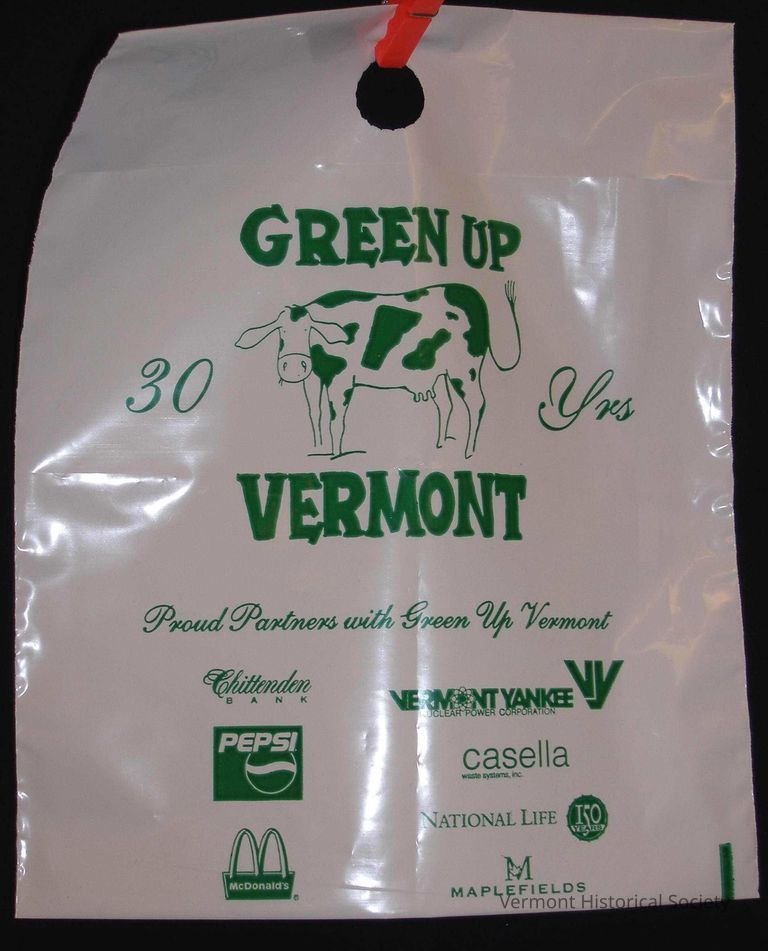
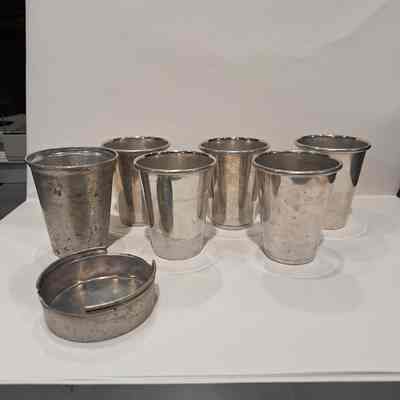
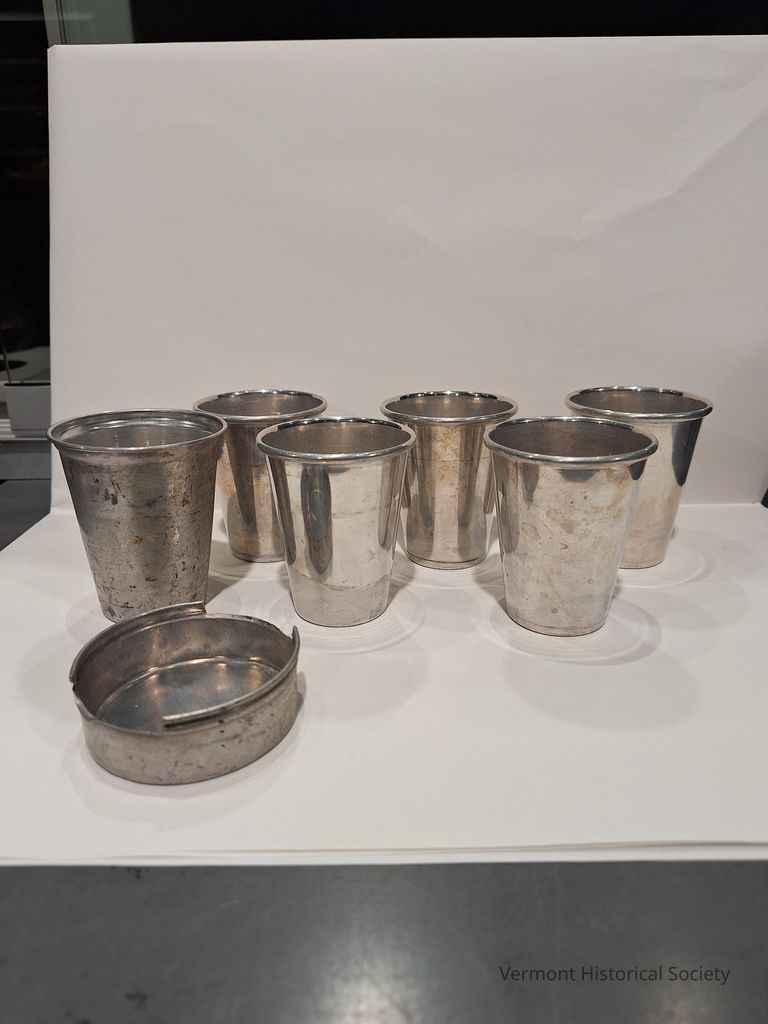
These cups were used by Katherine and Leroy J. Dopp while hiking the Long Trail.
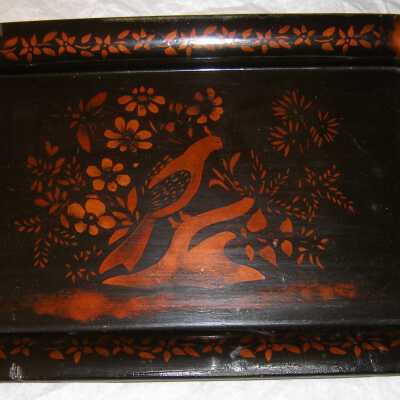

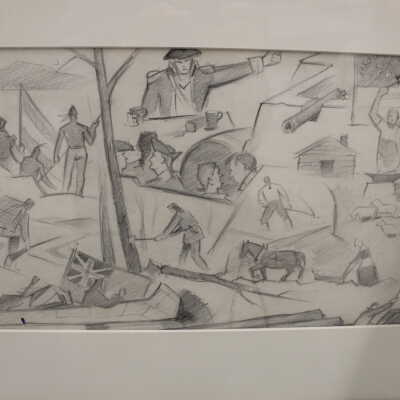
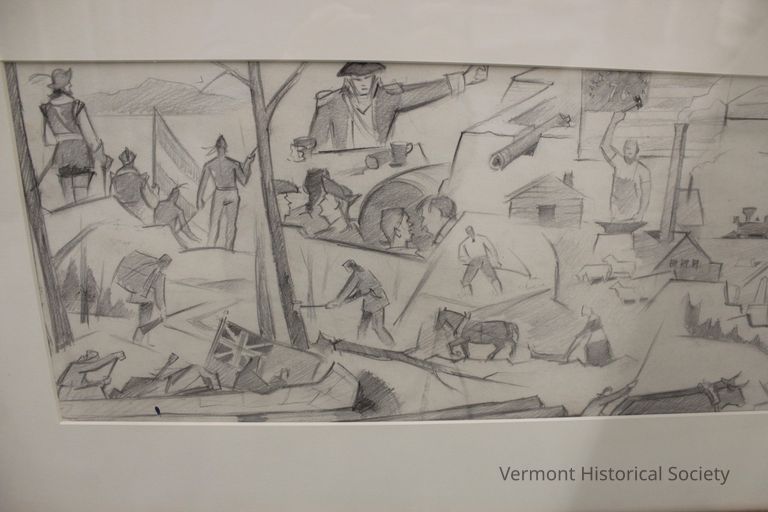
Paul Starrett Sample (September 14, 1896 – February 26, 1974) was an American artist who portrayed life in New England in the middle of the 20th Century with a style that showed elements of "Social Realism and Regionalism."
Sample was born in Louisville, Kentucky in 1896. After having moved across the country with his family on several occasions, Sample attended Dartmouth College in Hanover, New Hampshire. There he studied architecture and graduated in 1921 after a year in the Naval Reserve during World War I. While visiting his brother, Donald, at a sanatorium in Saranac Lake, New York, Sample contracted tuberculosis. He stayed for treatment of that disease in Saranac Lake for four years. There he met Sylvia Howland, whom he married in 1928.
At Saranac Lake, Sample studied drawing and painting under Jonas Lie. He then studied at the Art Students League of Los Angeles, and the Otis Art Institute in Los Angeles, California. There his work reflected social issues connected with the Great Depression with two noted paintings in 1931. In 1926 Sample joined the faculty of the University of Southern California in the school of architecture, where he remained until 1938. In 1938, he returned to New Hampshire to become the artist in residence at Dartmouth College, a position which he held until 1962. In addition to his social and regional paintings, Sample produced artwork for various magazines during World War II.
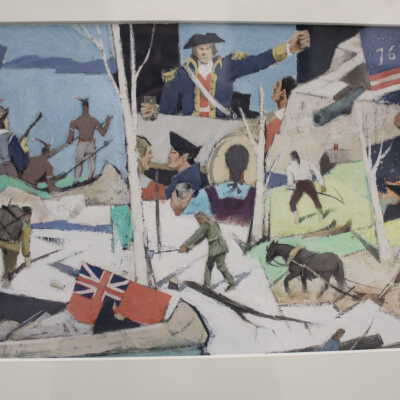
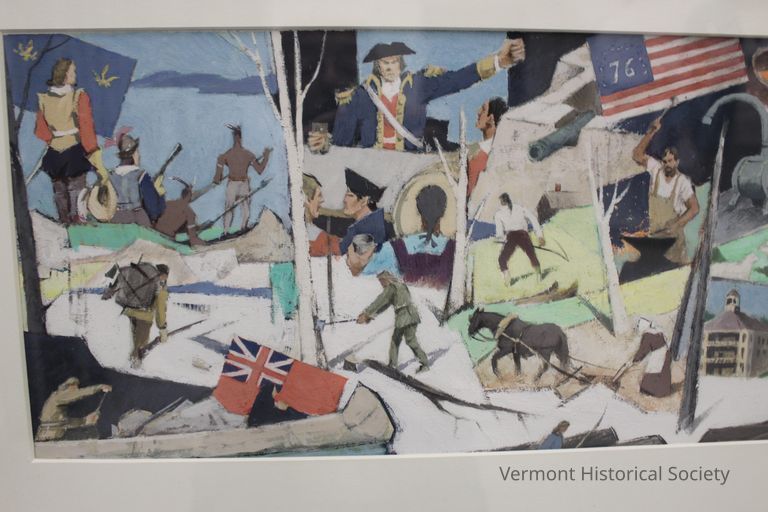
This is an acrylic study of the above mural, which is now housed in the Vermont History Museum in Montpelier.
Paul Starrett Sample (September 14, 1896 – February 26, 1974) was an American artist who portrayed life in New England in the middle of the 20th Century with a style that showed elements of "Social Realism and Regionalism."
Sample was born in Louisville, Kentucky in 1896. After having moved across the country with his family on several occasions, Sample attended Dartmouth College in Hanover, New Hampshire. There he studied architecture and graduated in 1921 after a year in the Naval Reserve during World War I. While visiting his brother, Donald, at a sanatorium in Saranac Lake, New York, Sample contracted tuberculosis. He stayed for treatment of that disease in Saranac Lake for four years. There he met Sylvia Howland, whom he married in 1928.
At Saranac Lake, Sample studied drawing and painting under Jonas Lie. He then studied at the Art Students League of Los Angeles, and the Otis Art Institute in Los Angeles, California. There his work reflected social issues connected with the Great Depression with two noted paintings in 1931. In 1926 Sample joined the faculty of the University of Southern California in the school of architecture, where he remained until 1938. In 1938, he returned to New Hampshire to become the artist in residence at Dartmouth College, a position which he held until 1962. In addition to his social and regional paintings, Sample produced artwork for various magazines during World War II.
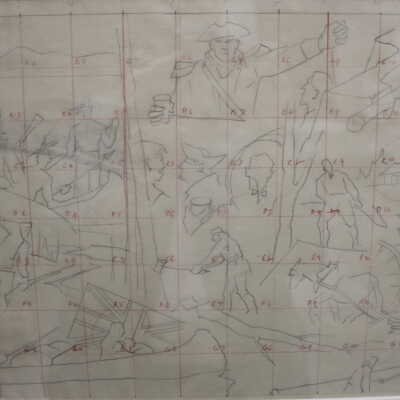
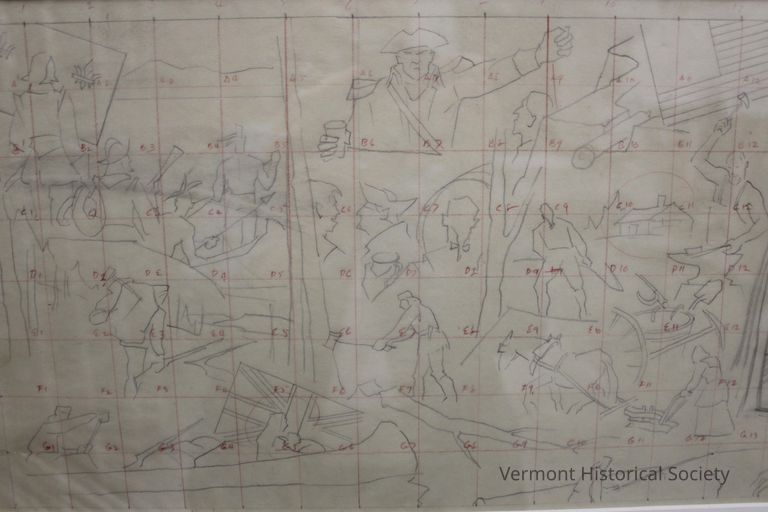
Paul Starrett Sample (September 14, 1896 – February 26, 1974) was an American artist who portrayed life in New England in the middle of the 20th Century with a style that showed elements of "Social Realism and Regionalism."
Sample was born in Louisville, Kentucky in 1896. After having moved across the country with his family on several occasions, Sample attended Dartmouth College in Hanover, New Hampshire. There he studied architecture and graduated in 1921 after a year in the Naval Reserve during World War I. While visiting his brother, Donald, at a sanatorium in Saranac Lake, New York, Sample contracted tuberculosis. He stayed for treatment of that disease in Saranac Lake for four years. There he met Sylvia Howland, whom he married in 1928.
At Saranac Lake, Sample studied drawing and painting under Jonas Lie. He then studied at the Art Students League of Los Angeles, and the Otis Art Institute in Los Angeles, California. There his work reflected social issues connected with the Great Depression with two noted paintings in 1931. In 1926 Sample joined the faculty of the University of Southern California in the school of architecture, where he remained until 1938. In 1938, he returned to New Hampshire to become the artist in residence at Dartmouth College, a position which he held until 1962. In addition to his social and regional paintings, Sample produced artwork for various magazines during World War II.
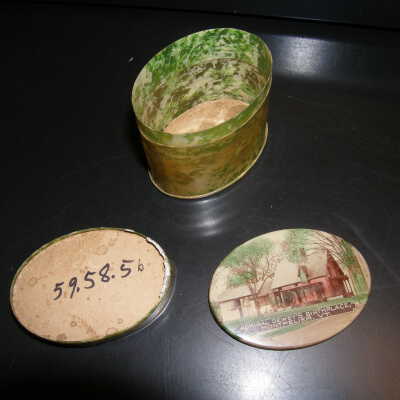
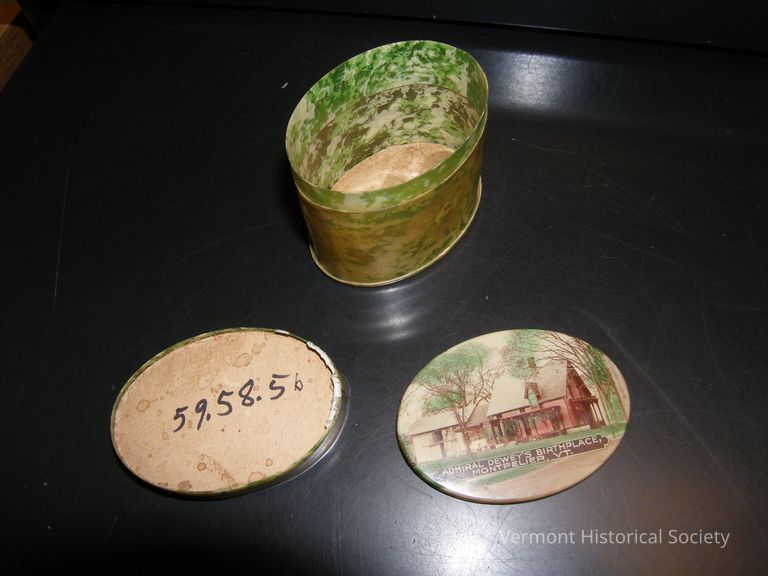
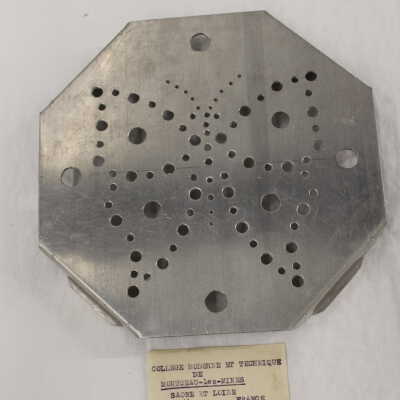
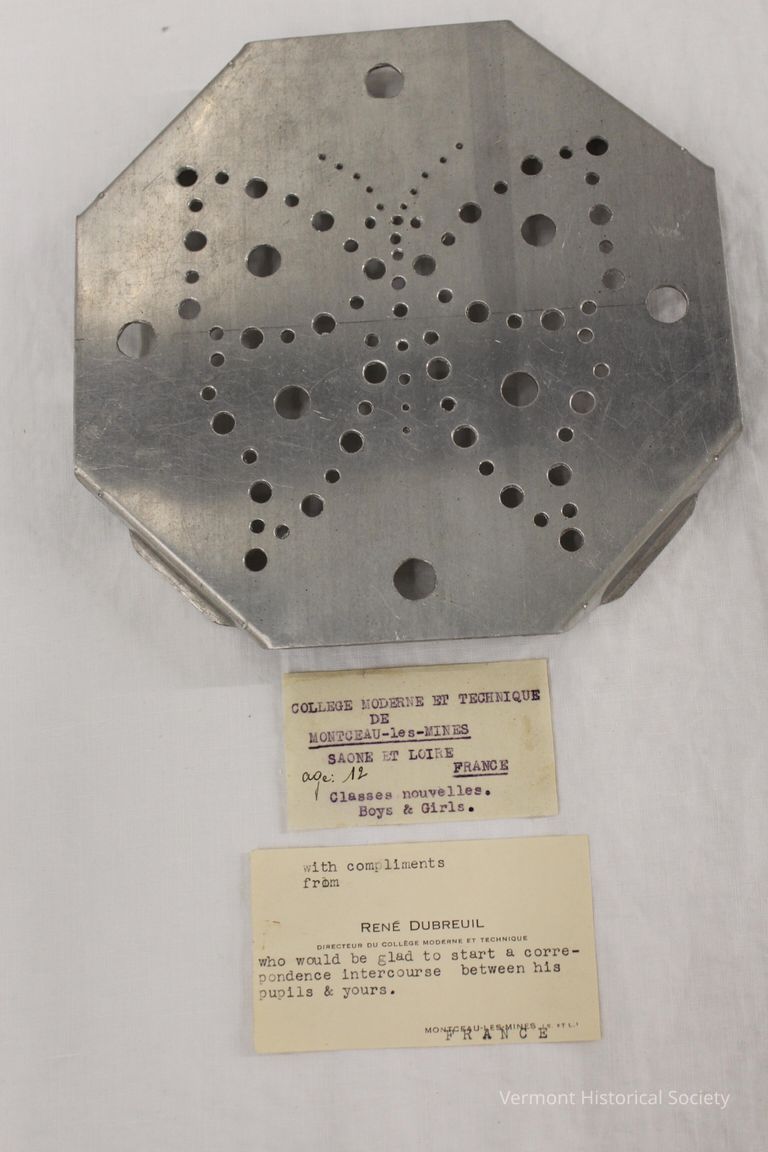
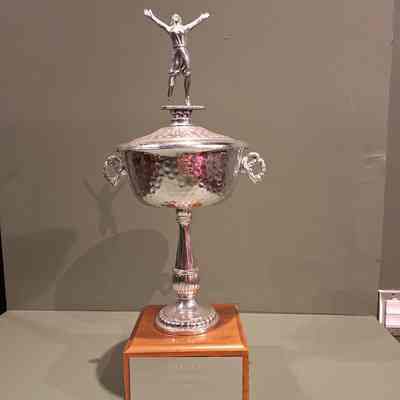
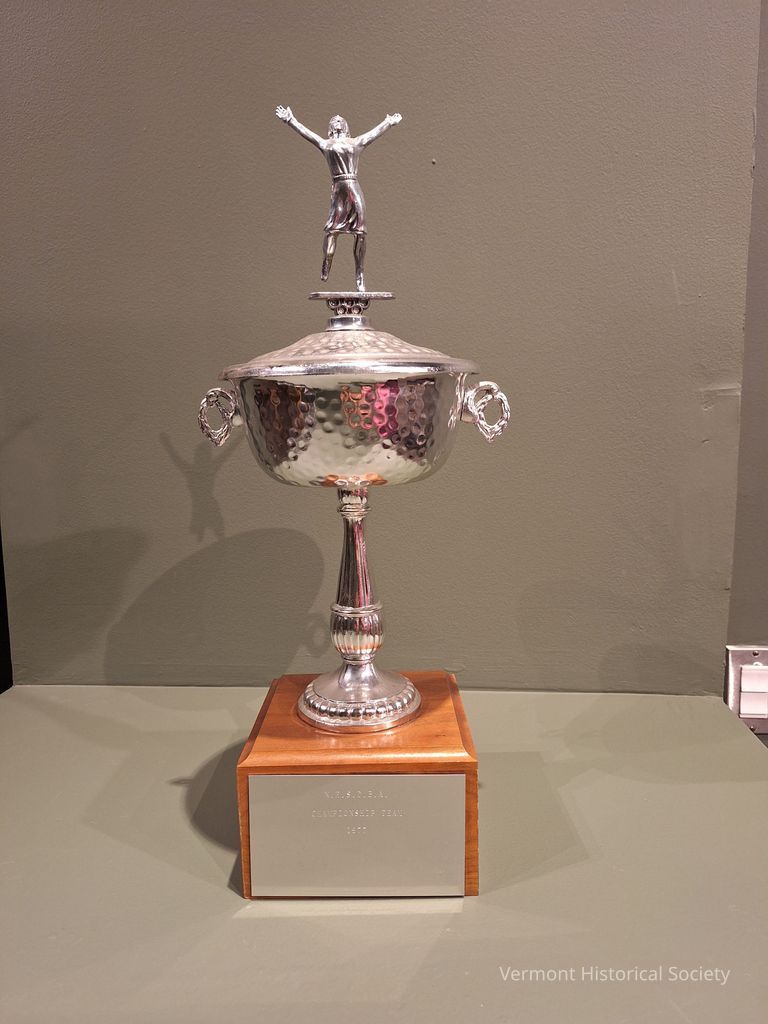


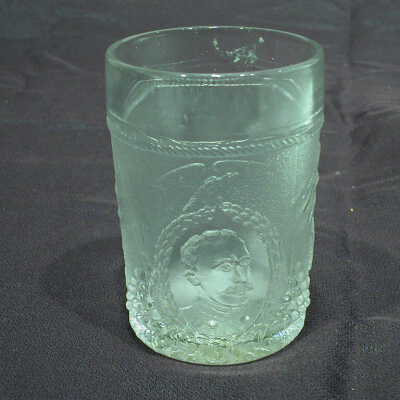
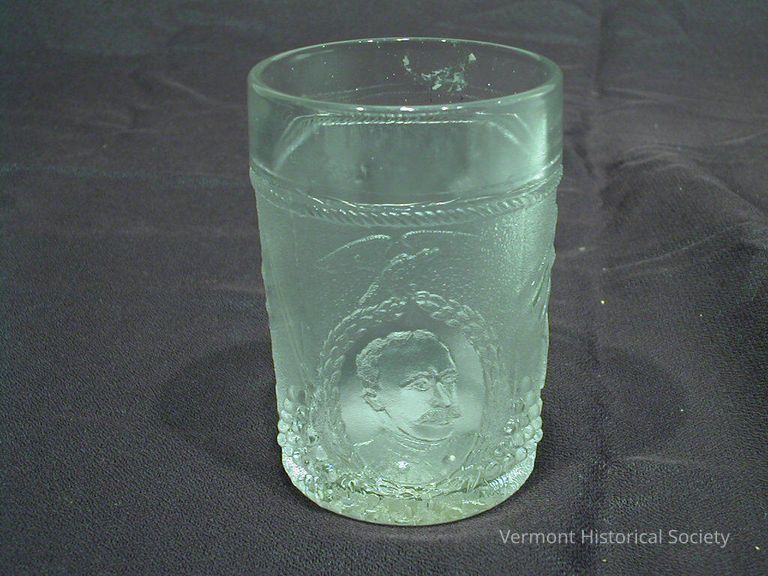
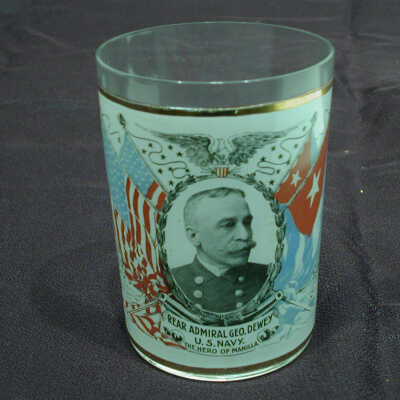
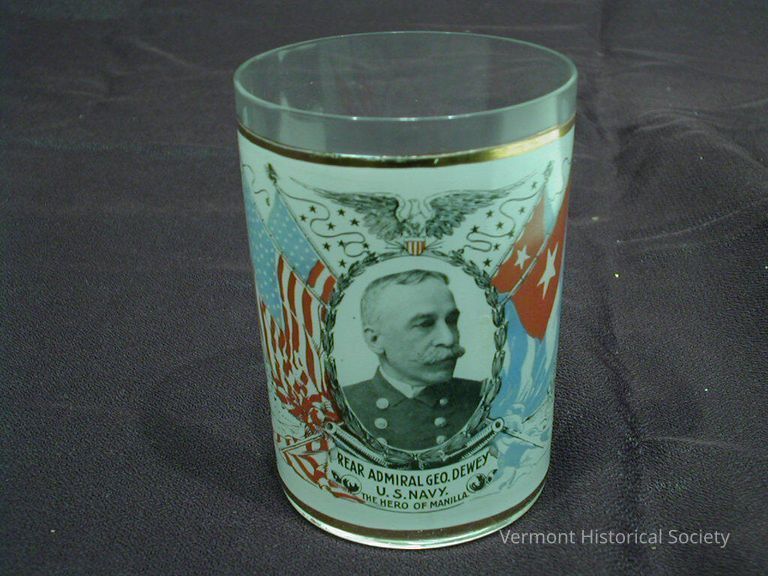
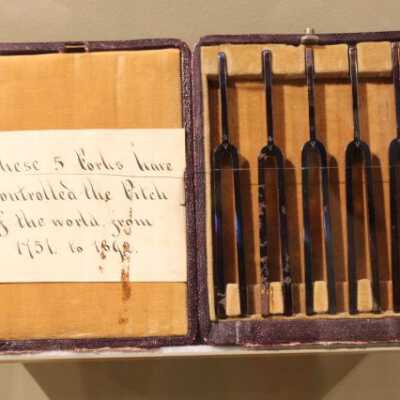
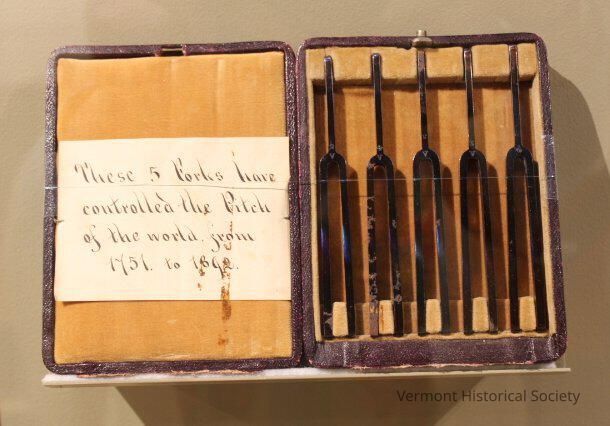
AI- A422.5 Handel; A2- A423.5 Mozart; A3-A433.2 Sir George Smart; A4-A454.7 Sir M. Costa; and A5-A452.5 Sir M. Costa
5 tuning forks in a case separated/broken at the hinge. Each fork has a mark at the top of the neck. a= A / 4" b= "A / 1" c= "A / 2" d= "A / 5" e= "A / 3" Each of the forks has a double diamond (diamond within a diamond) on the opposite side as the mark. Each fork has in gold the pitch on one tine and "L.K. FULLER" on the other. On the outside of the case: "A 422.5 - 423.5- / 433.2-452. 5-454.7" and at the bottom "LEVI.K.FULLER" Also on the inside of the case there is a hand written note that reads: "These 5 Forks have/ controlled the Pitch/ of the world, from/ 1751. to 1892." The inside is lined with gold velveteen. The outside is a thin "leatherette" (?) purple/black.
dark gray almost black
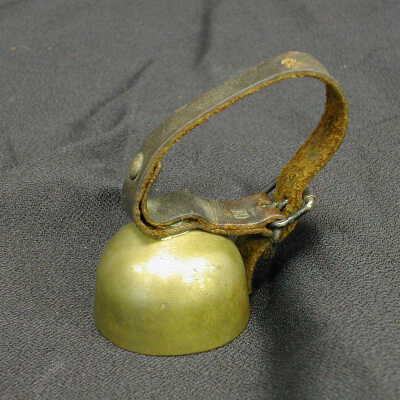
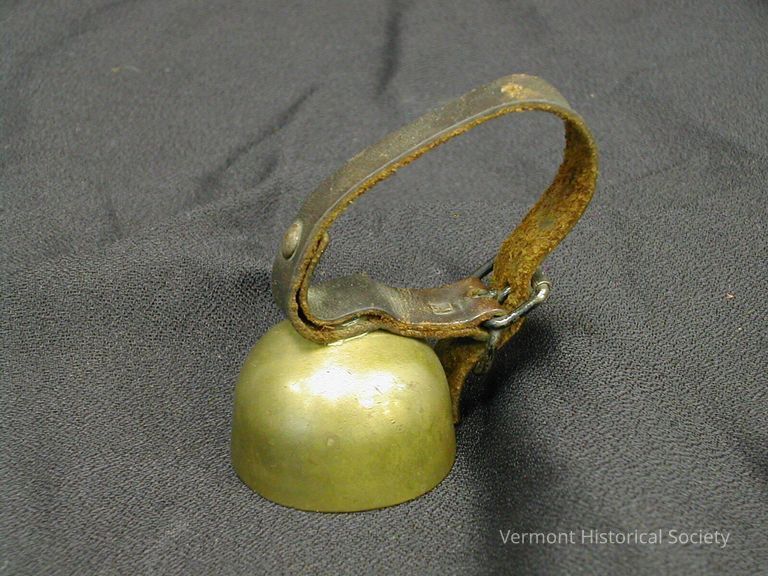
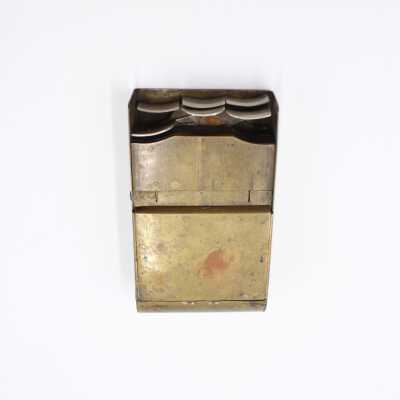
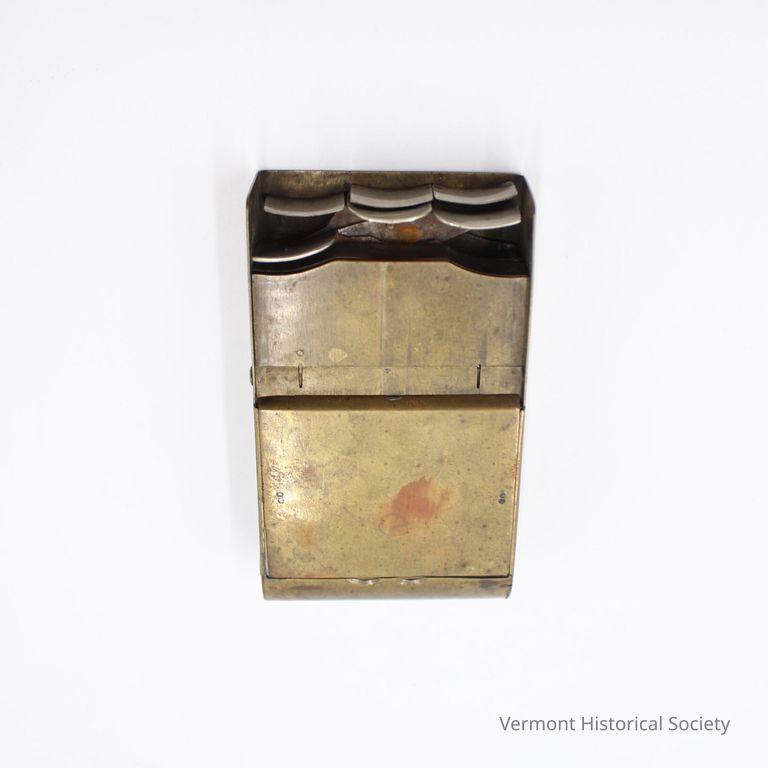
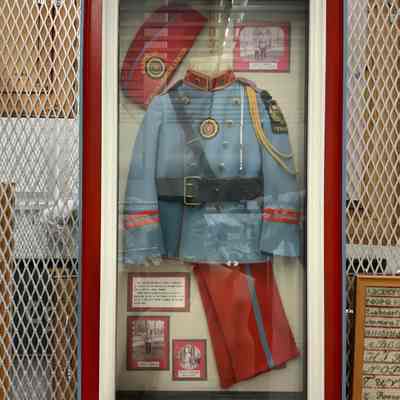
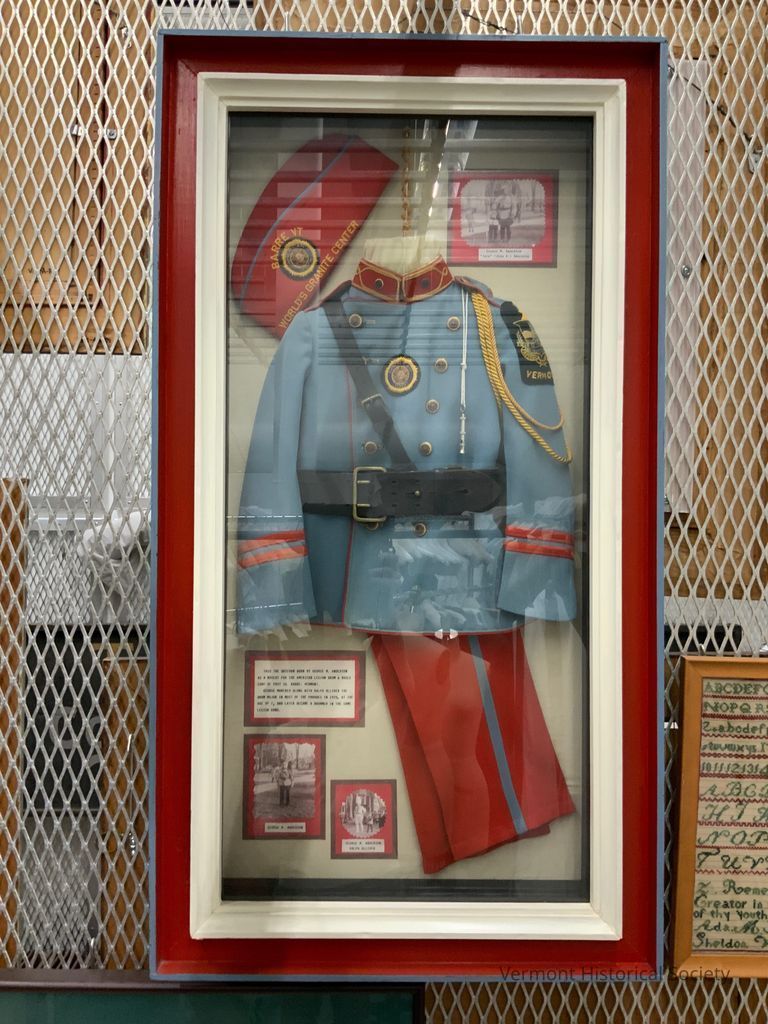
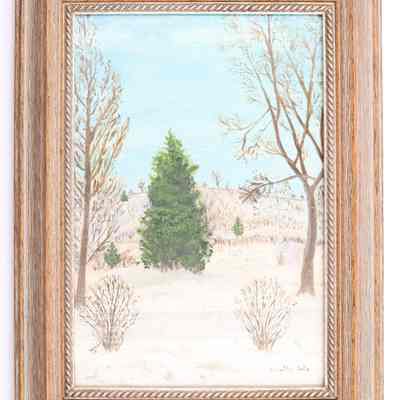
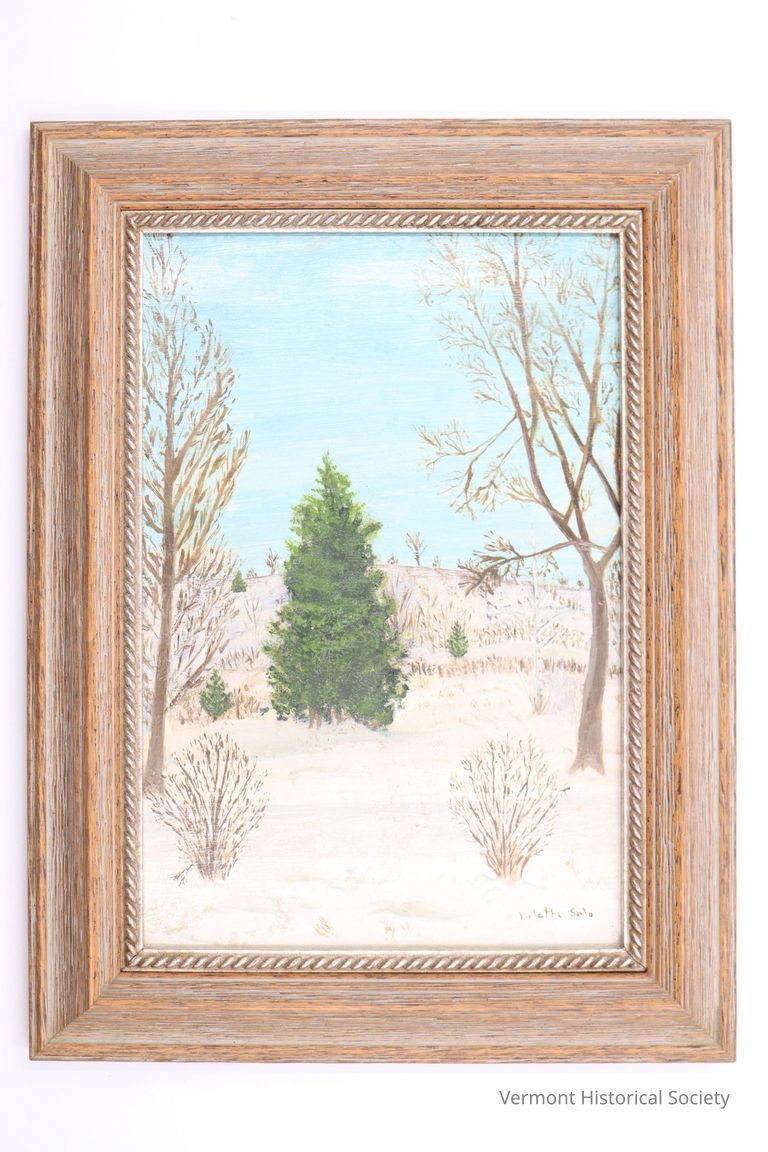
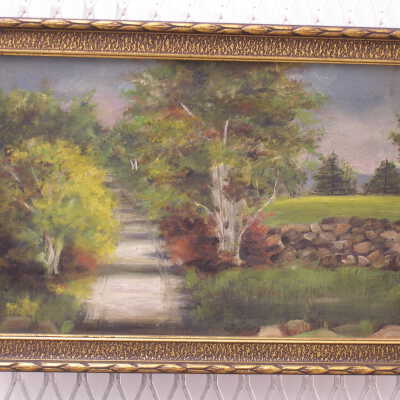
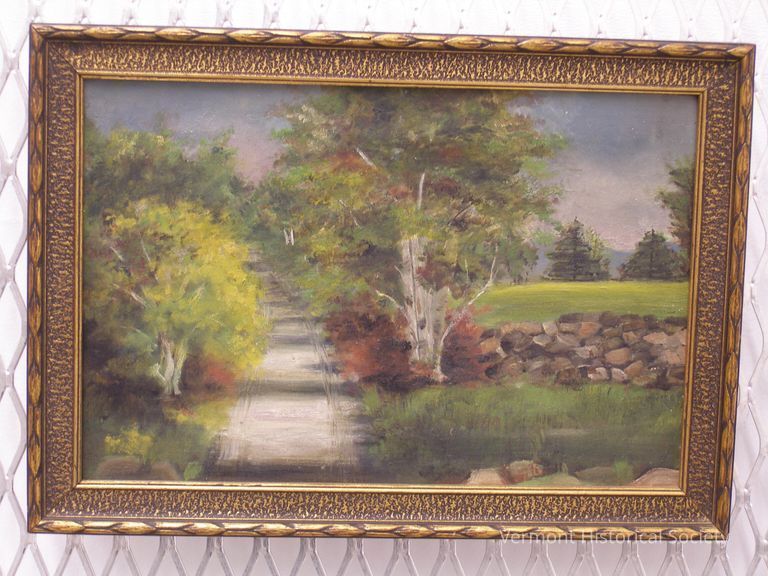
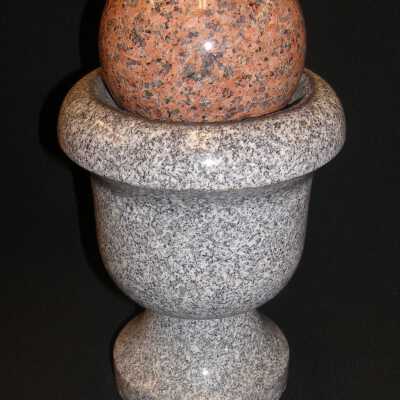
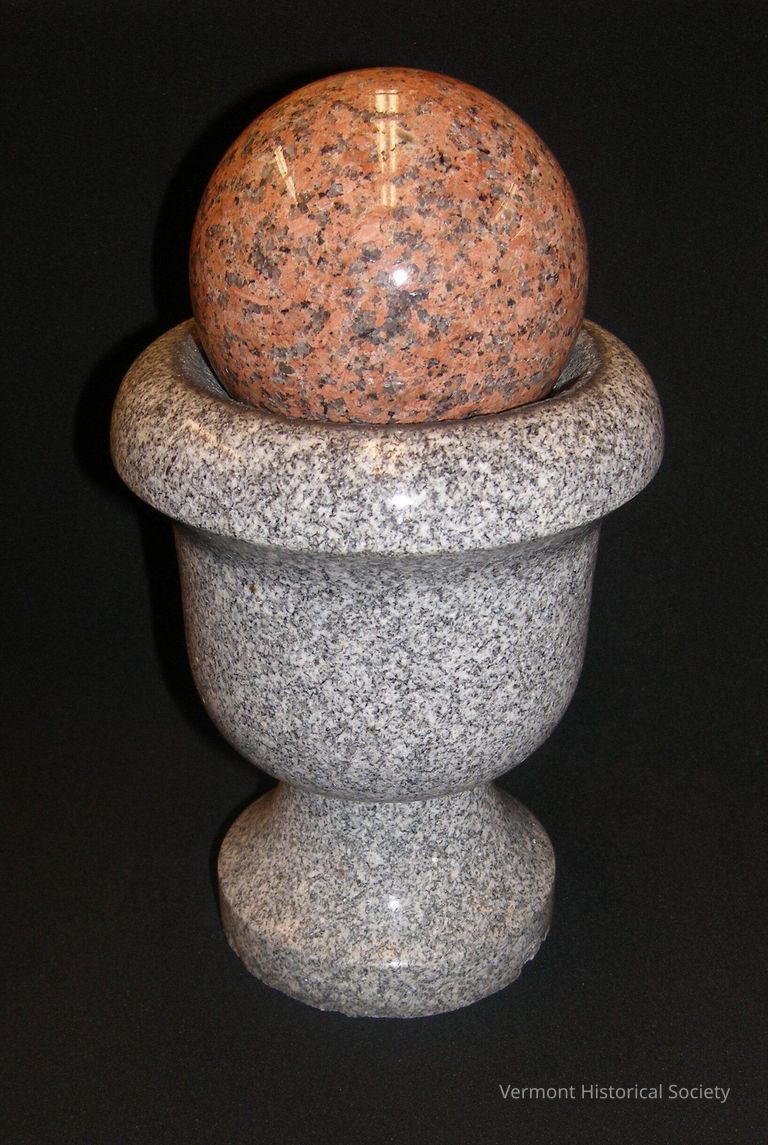
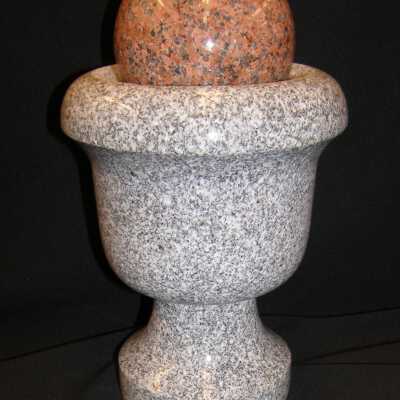
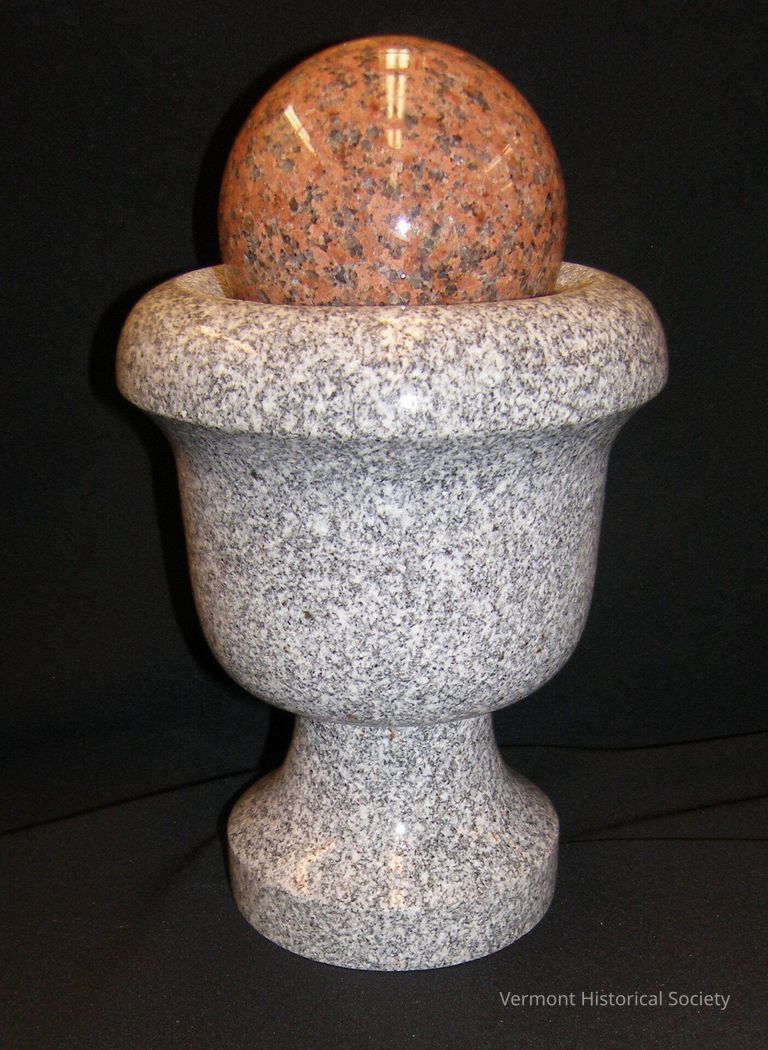
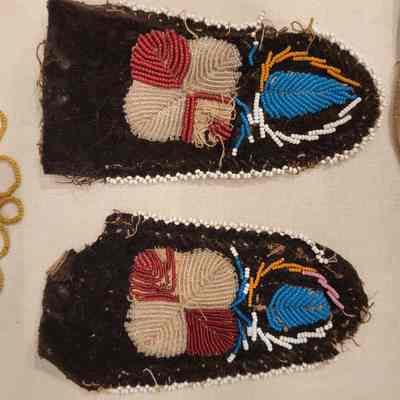
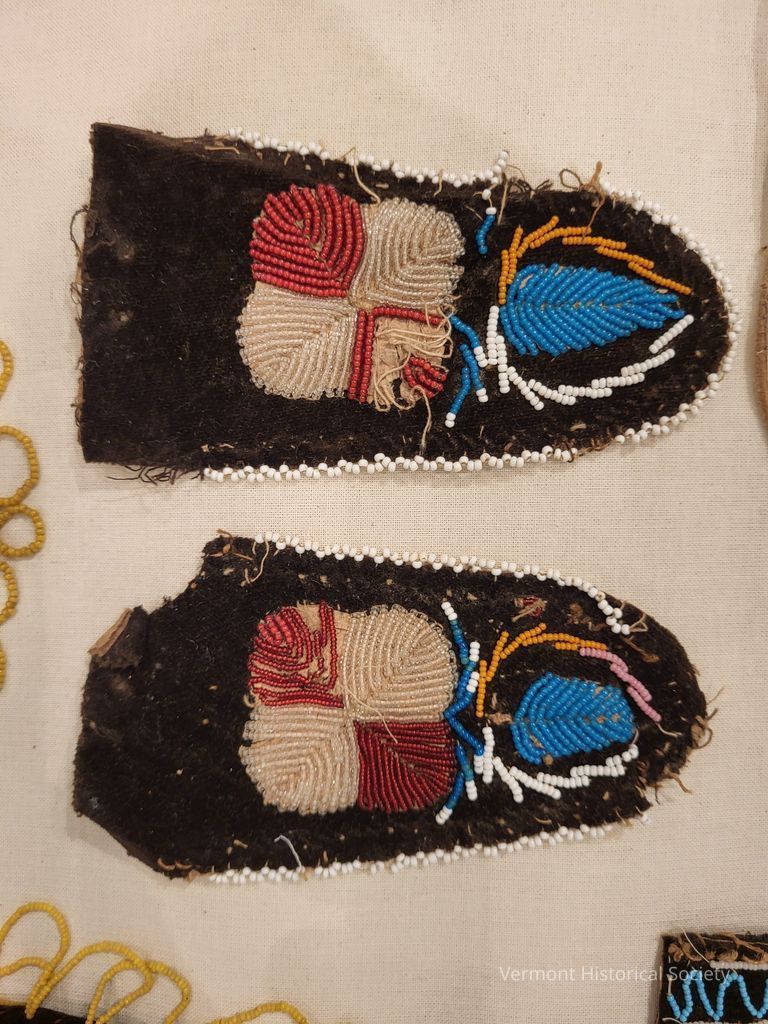
These particular pieces came into the Vermont Historical collection as part of a group of items from the Wilbur family. The envelope containing the vamps, along with cuffs 1989.10.7a-b, had the inscription, "James Wilbur's Beadwork." For a number of years, James Wilbur was listed as the maker with an origin date of 1840. Upon further research and close analysis of the beadwork, it's most likely these date from the 1820s and the inscription on the envelope is that of ownership as opposed to manufacture.
The Wilbur family was one of the early settler families in Waterville. 19th century Waterville written histories as well as recorded oral histories indicate there was a sizeable Abenaki village along the shores of the North Branch of the Lamoille River (called the Kelley River at the time). Wilbur's father-in-law, Isaac Merrick, is known to have partnered with Abenaki in his cross-boarder trade/smuggling in the 1810s and 1820s. A beautiful, Abenaki-produced, compass case belonging to Isaac Merrick is also part of this larger family gift. For more information on this relationship, please see object 1989.10.3.
It's highly likely that these vamps, and the now-missing moccasins, were produced in the local Abenaki community and gifted or traded to the extended Wilbur family.
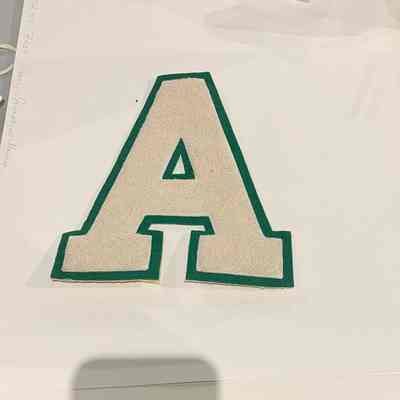
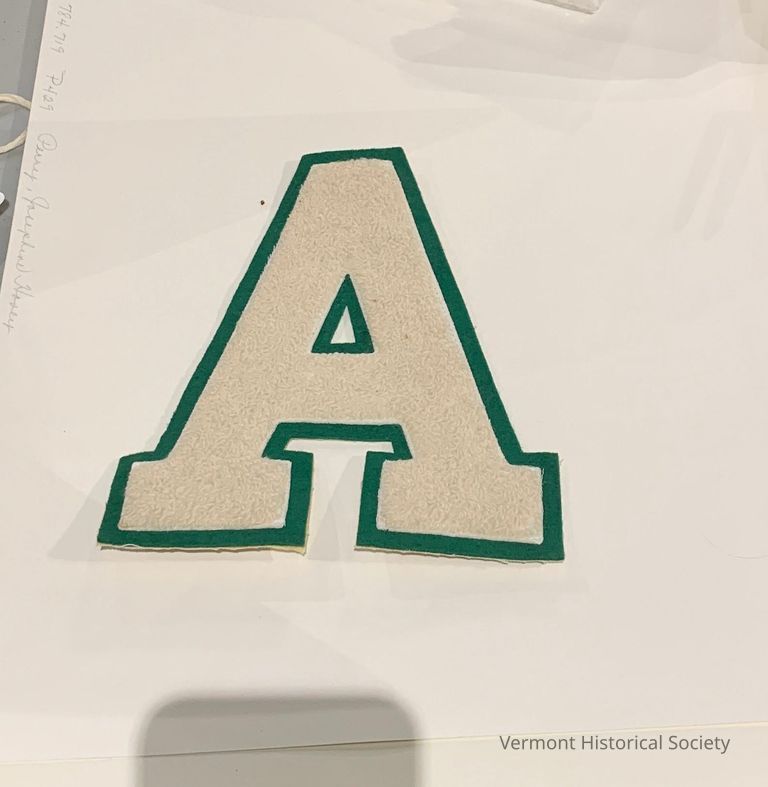
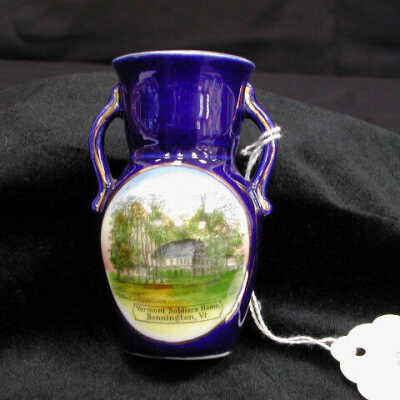
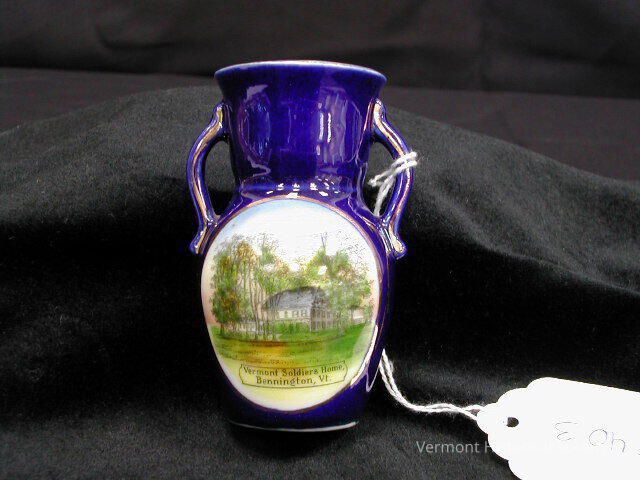

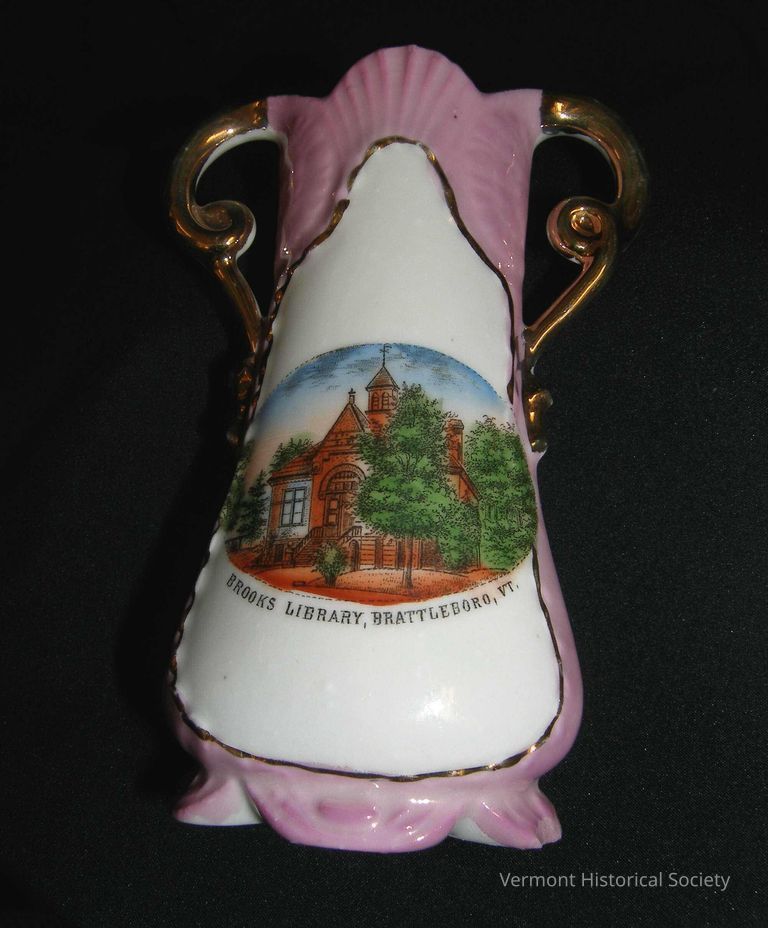
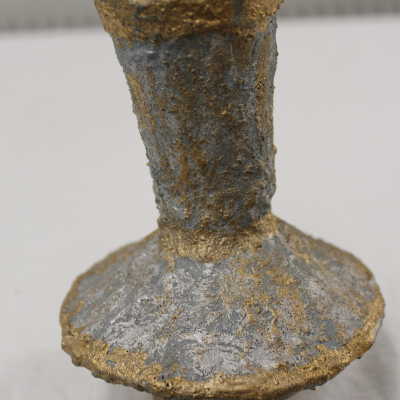
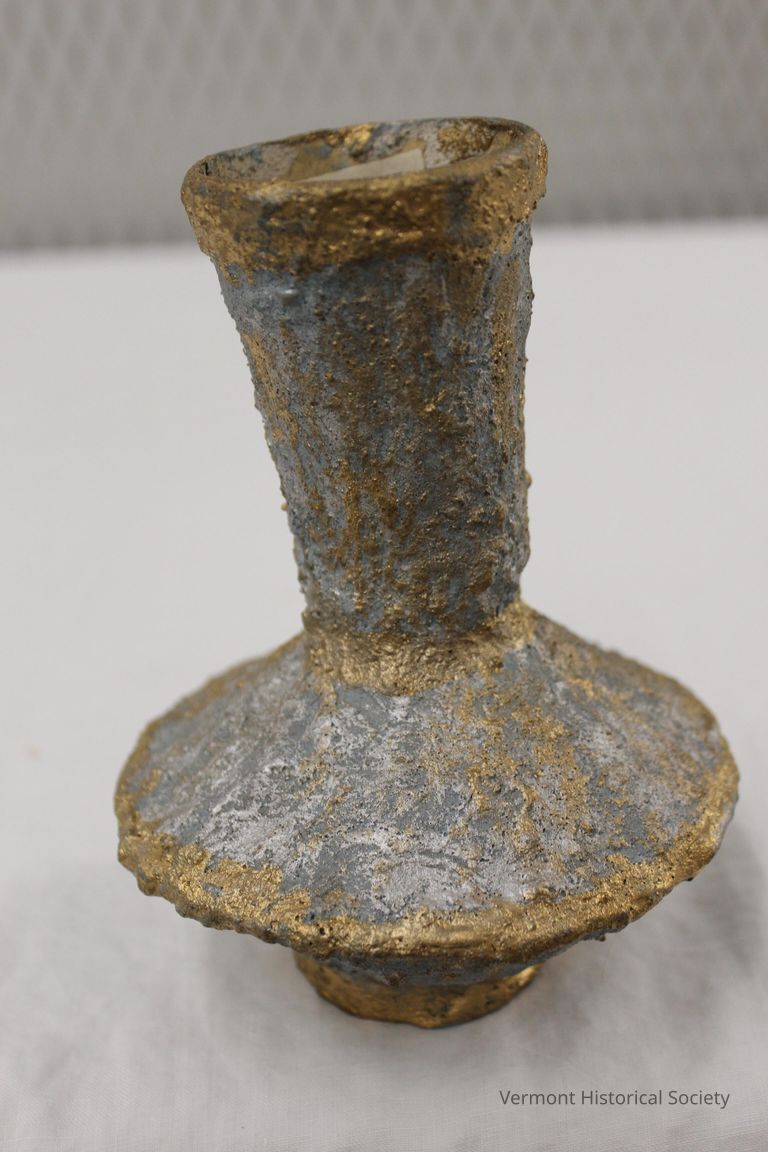
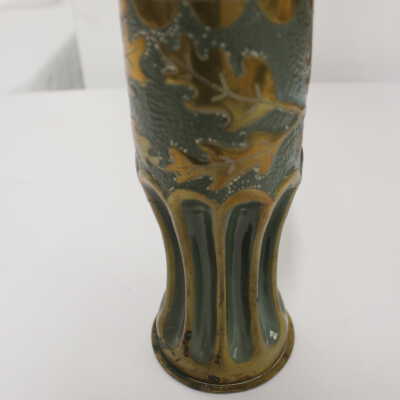
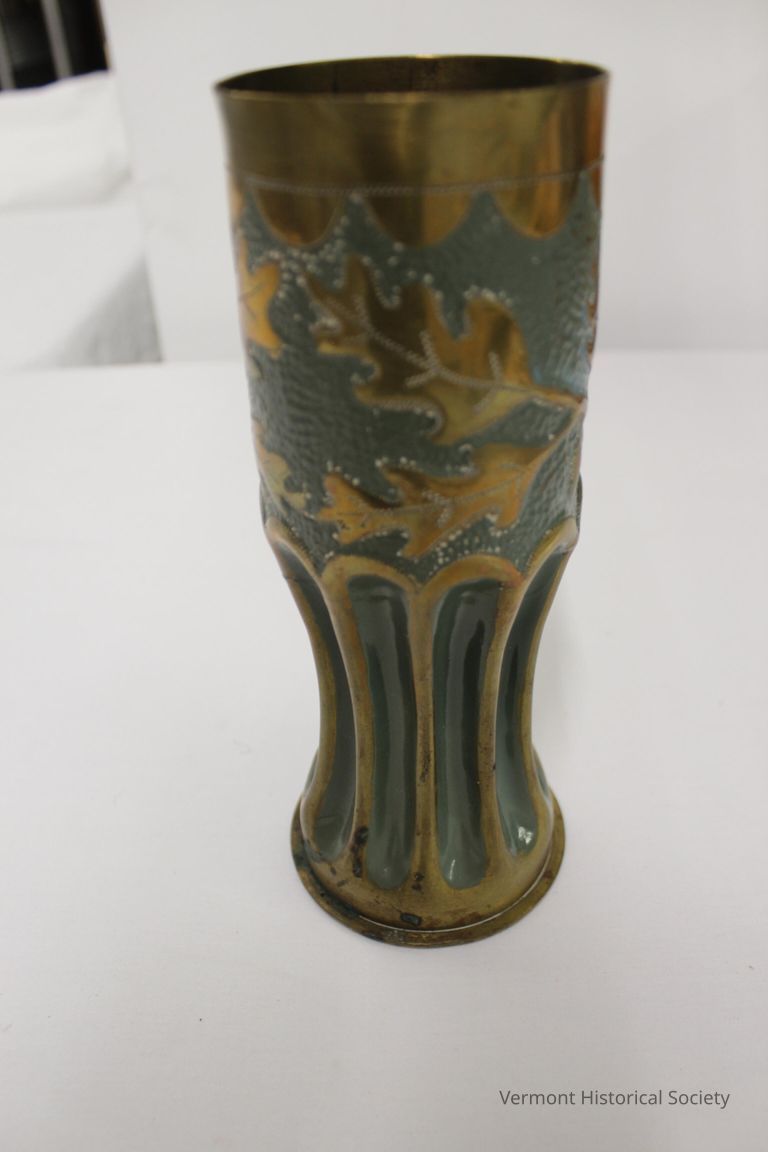
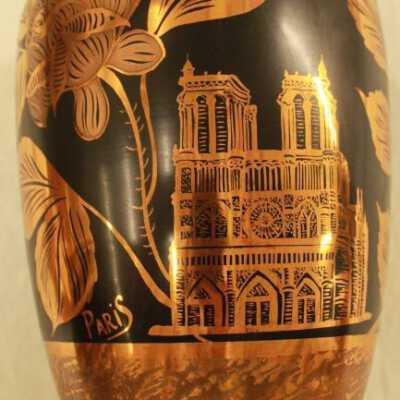
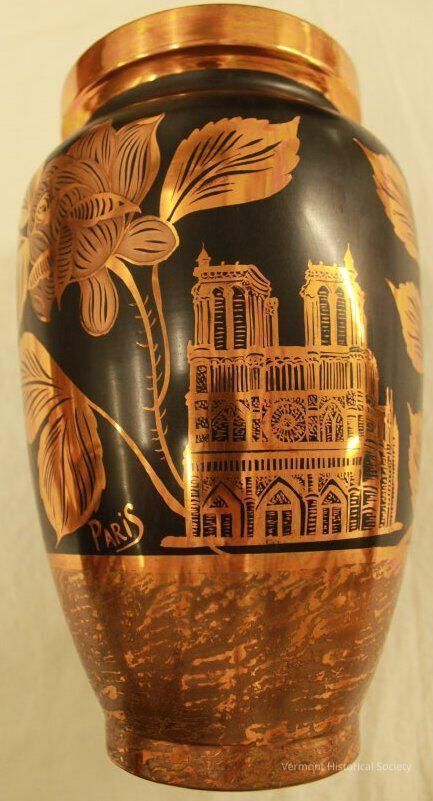
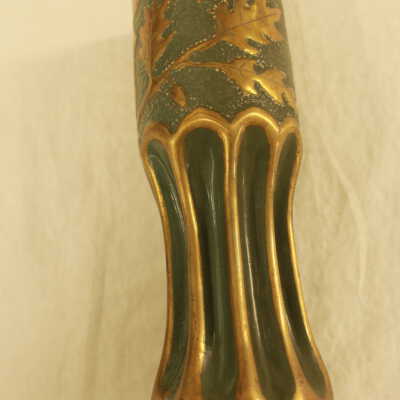
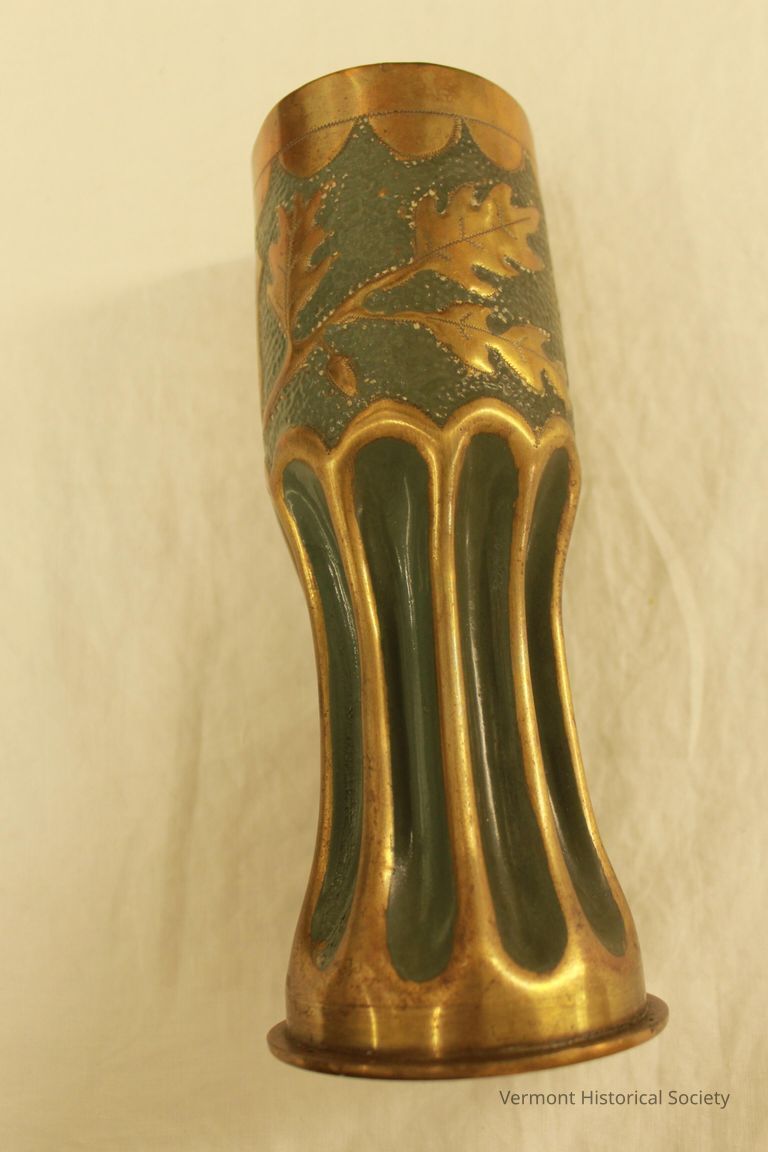

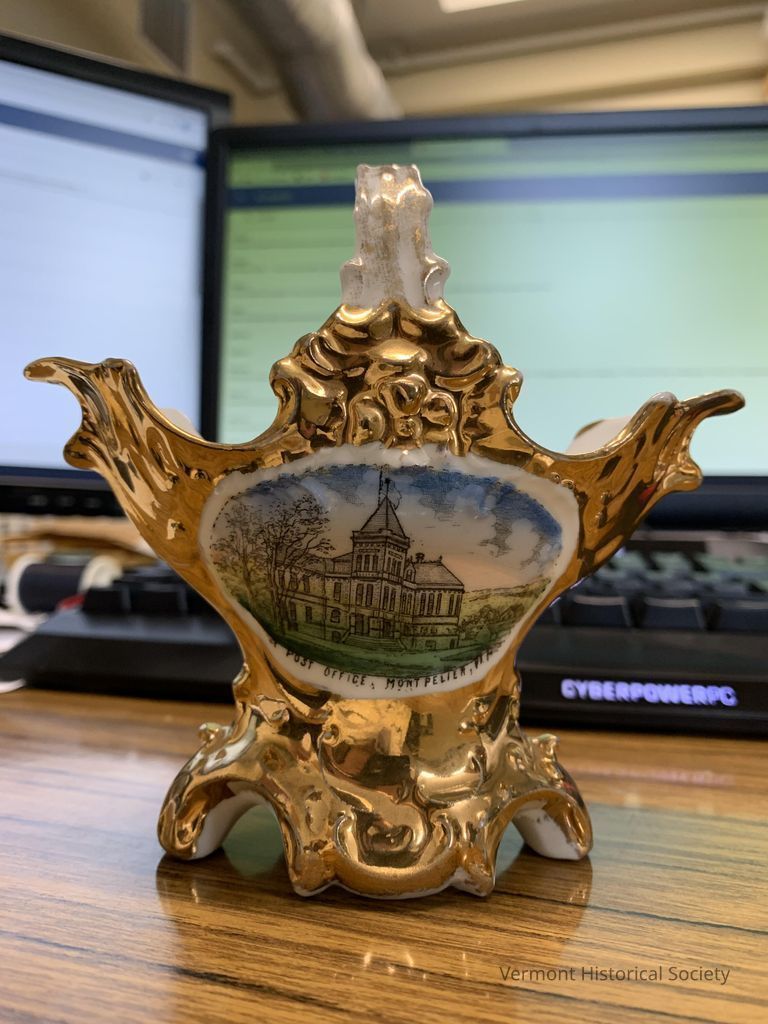

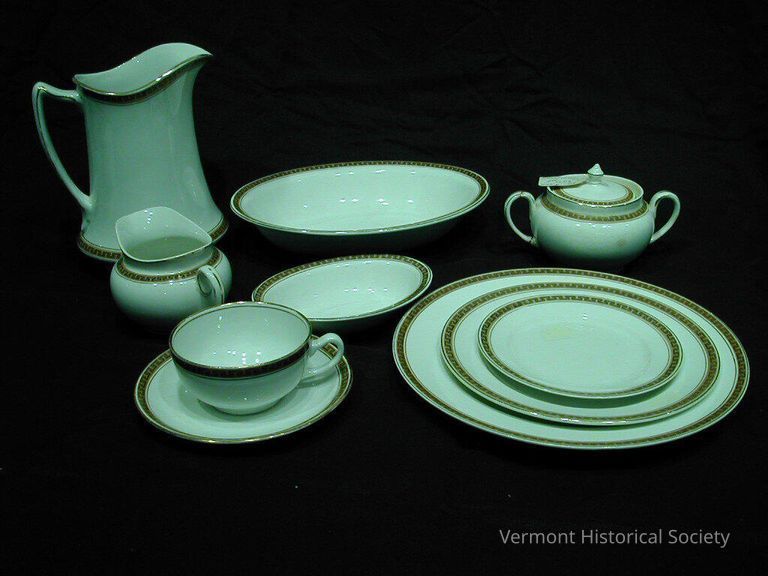
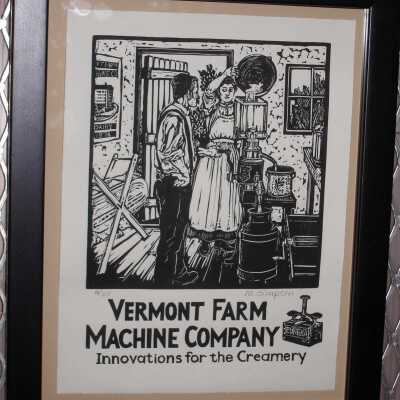
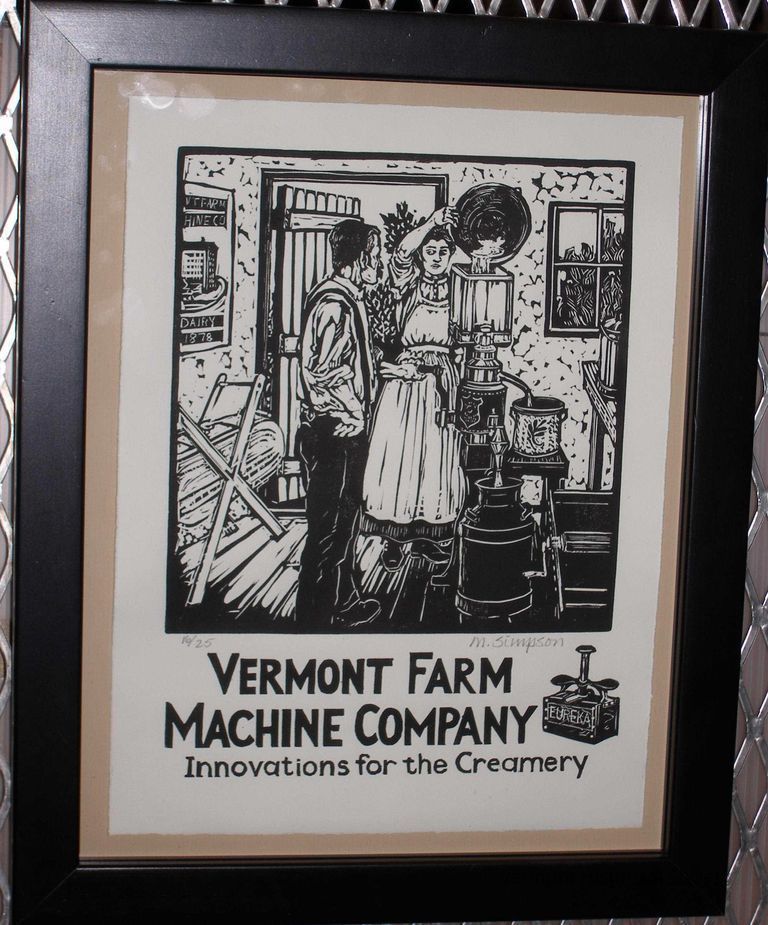
Currently residing in Lyndonville, Mary Gorham Simpson was born in northern Vermont and raised on a working dairy farm in Burke. After graduating from Lyndon State College, she and her husband, Wilder Simpson, taught school in the area for several years, then moved west. They lived for seven years in Wyoming and 14 years in Alaska, returning to Vermont in 1992.
While raising her three children, Simpson took art classes and worked on her own in various media - drawing, calligraphy, and painting. In Alaska, she worked as a graphic artist for the Imaginarium Science Center in Anchorage and as a scenic artist for the Alaska Festival Theater and Anchorage Civic Opera. She did scrimshaw for two shops and exhibit calligraphy for three years for the Anchorage Museum of History and Art.
Now back in Vermont, she mostly works as a printmaker with subjects reflecting memories of Vermont agriculture.
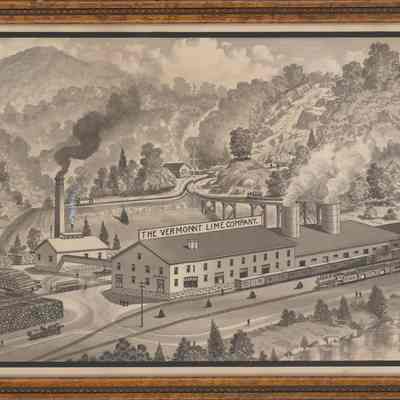
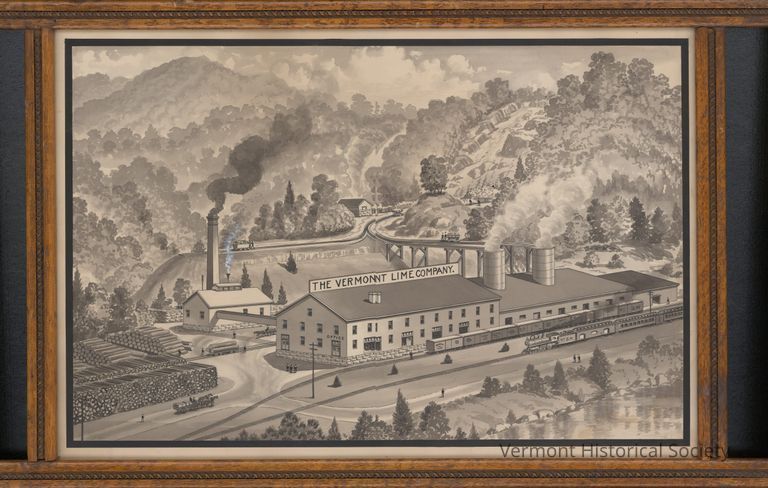
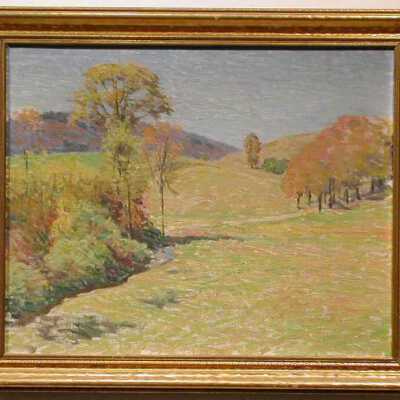
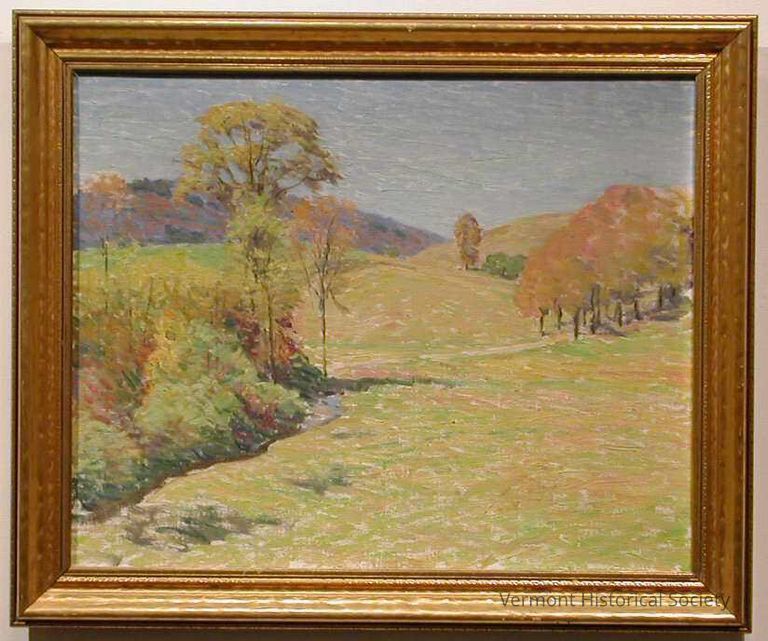
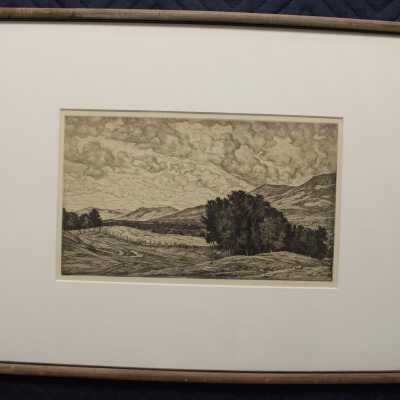
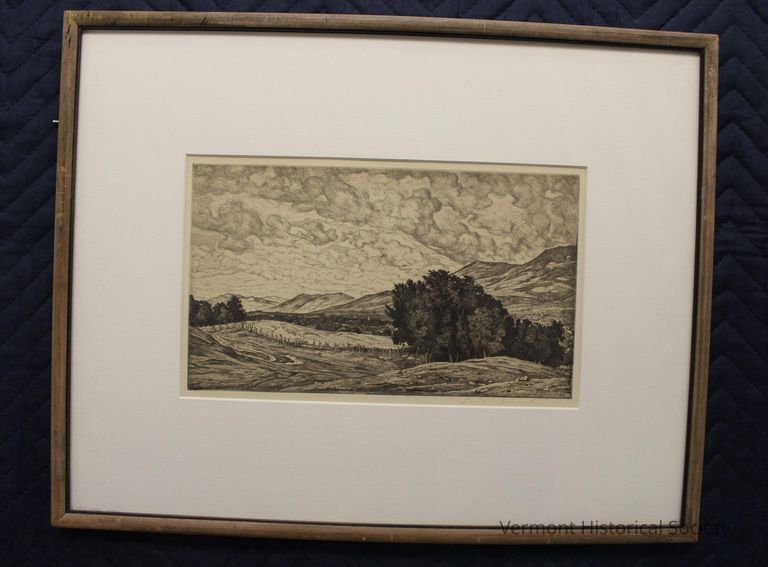
A member of Southern Vermont Artists in Manchester, his paintings and prints of Vermont were regularly exhibited during their yearly shows. His traditional Vermont landscapes contrasted with his modern portrait paintings of such contemporary artists as Ethel Waters and Paul Cadmus.
Lucioni had connections to the Italian community of Barre and a number of his works ended up at the Aldrich Library and ultimately at the Vermont History Center. The contents of his Manchester studio were donated to Vermont Historical Society by later owners.
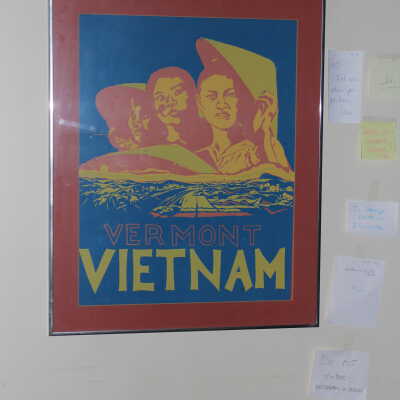
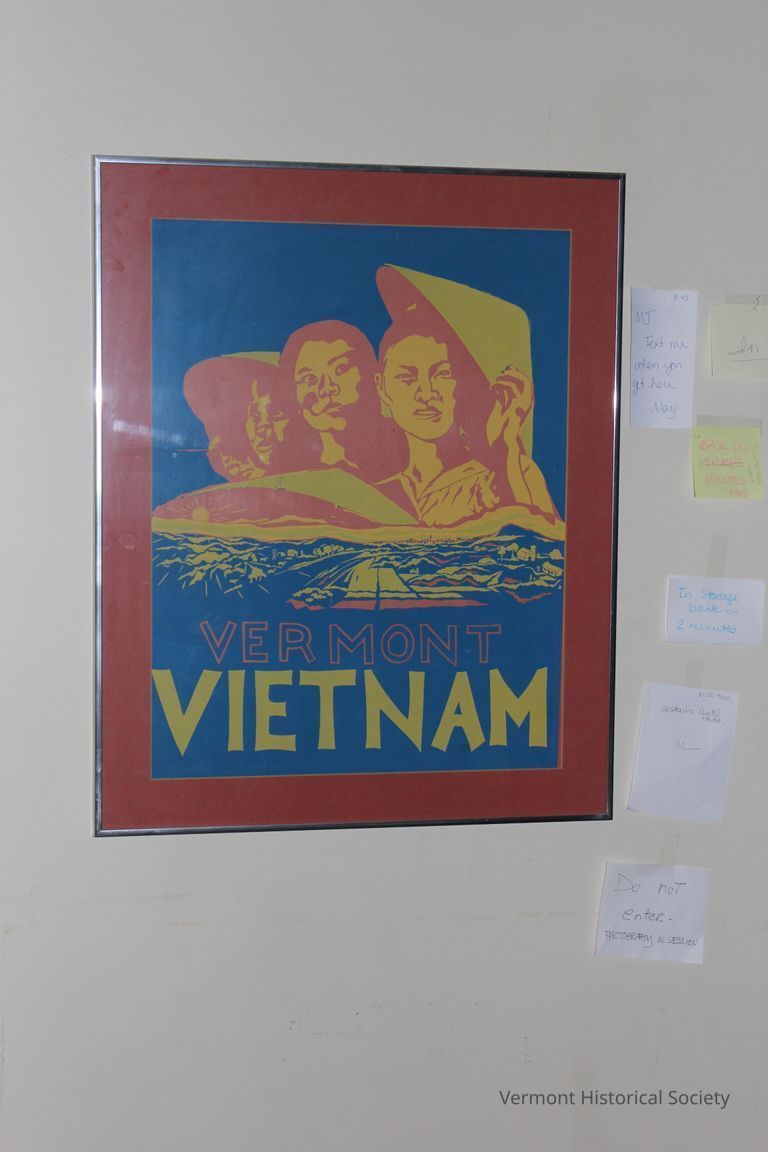
Three Vietnamese, two wearing Asian rice hats are in the background.
Middleground is filled with agricultural images including barns, silos, tractors, plowed fields, animals, people and hills.
Foreground VERMONT with red outline and blue centers and VIETNAM in solid yellow.
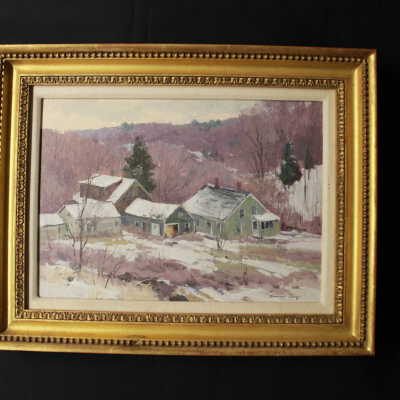
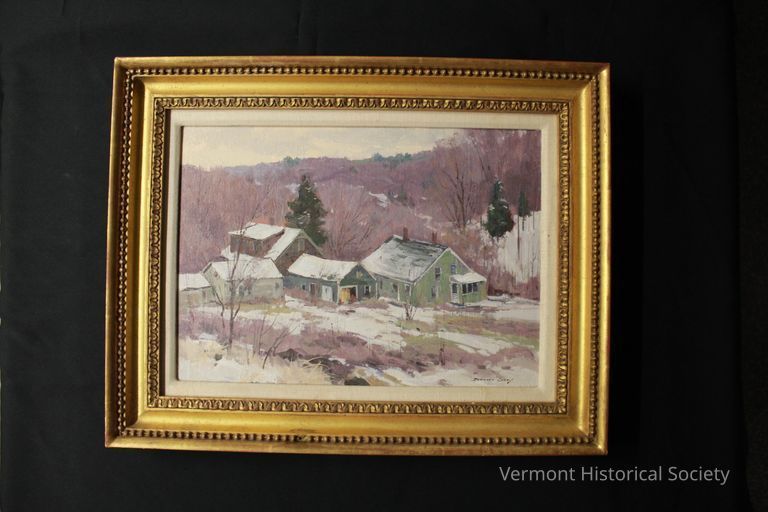
A self-trained artist, Corey worked as a house painter as a young man, his landscape painting remaining a hobby. Then, in the early 1960s, he decided to dedicate himself to art and lived for some time in Rockport, honing his skills in the company of other artists. Throughout his life, Corey was admired by other artists for his dedication to painting on location, for long hours, in all kinds of weather. He went so far as to attach an easel to the dashboard of his car so that he could paint in rain, sleet or snow.

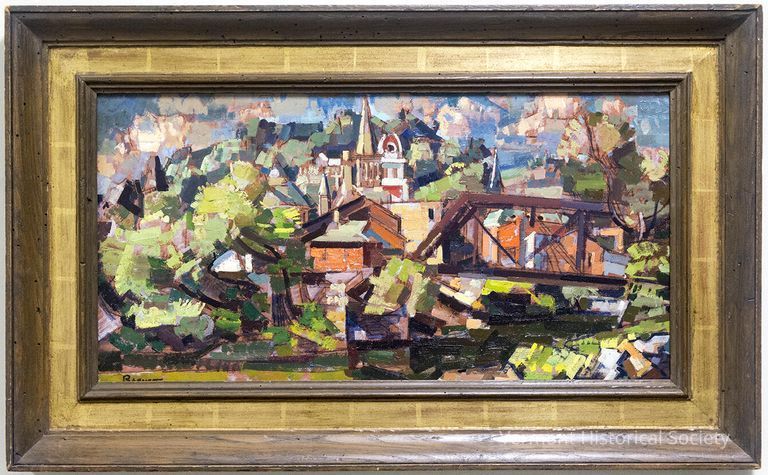
Born in Cranston, Rhode Island, Barnett grew up in Providence. While still in high school, he began to study painting at the Rhode Island School of Design. From 1927-31, he studied at the Boston Museum School and soon acquired a reputation for technical proficiency. After art school, Barnett spent three years traveling and studying in Europe. From the time of his return to the United States in 1934 until 1940, he divided his time between Cape Ann, Mass. and New York City.
In 1940, he became the head of the Worcester Museum School and began summering in Vermont, where he produced a distinctive group of landscapes of quarries, farms, bridges and mills. In 1951, Barnett became dean of the Art Academy of Cincinnati, the school of the Cincinnati Art Museum. Until his death in 1972, he remained at the Art Academy of Cincinnati, returning to central Massachusetts each summer to paint.
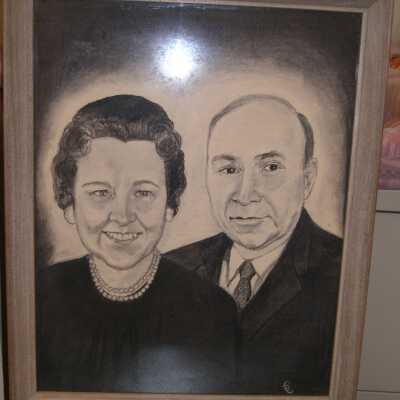
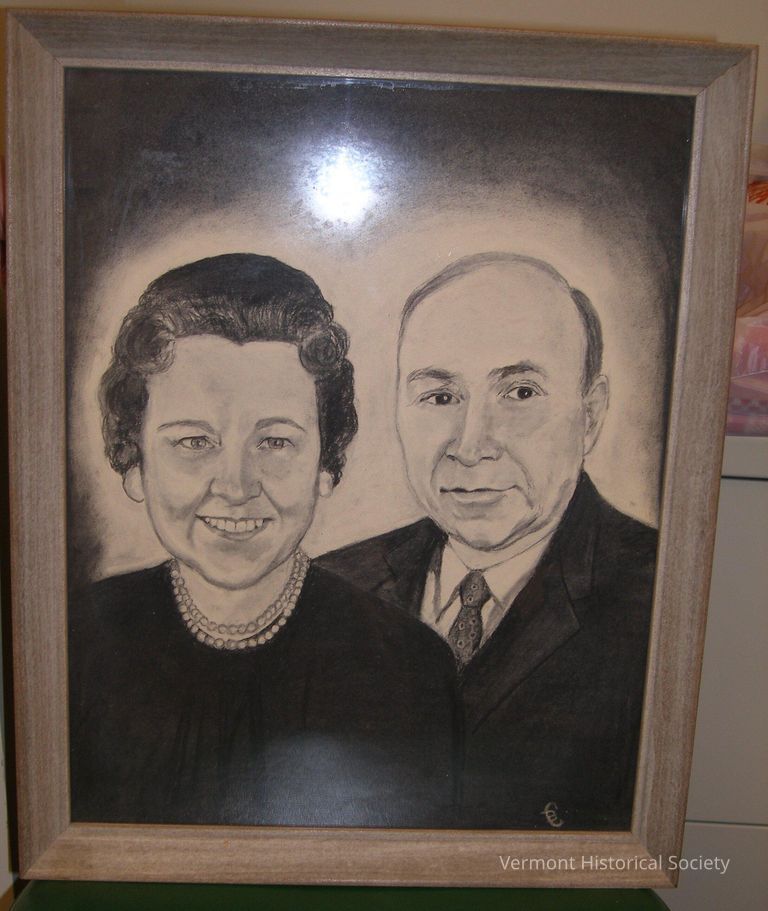
Framed at the "Bangor Picture Framing Co. 102 Exchange St., Bangor, ME." There is a green sticker in the upper right corner on the back. Written in pencil on the back (upper left corner) is: "25th Anniversary / 10-31-56 / at Mario's Restaurant / Barre, Vt."
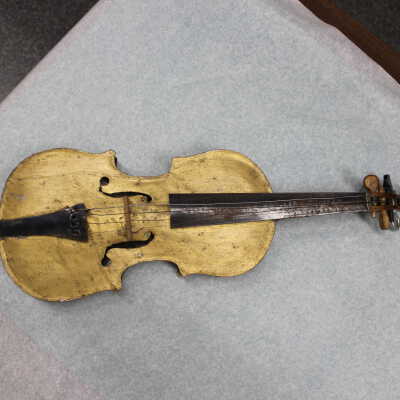
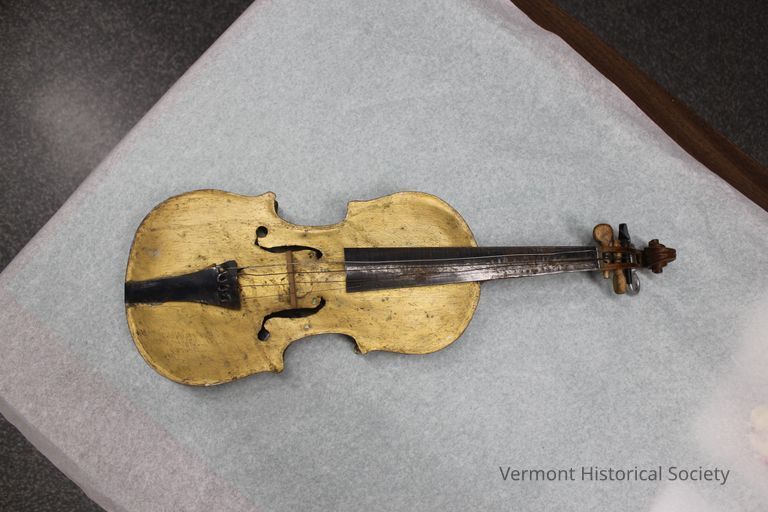
Forrest Gray was a tinsmith and self-taught musician. His began playing the fiddle as a young boy and was nicknamed "Stradivarius" which was shortened to "Strad" Gray made the body of this fiddle from the tin he was using to make water pails. If you look closely you will see other repairs he made using any materials that were convenient. A regular participant in concerts of the Northeast and Old Time Fiddler Associations, he won the Ninth Annual Old-Time Fiddlers Contest held at Craftsbury Common in 1971. Gray lived to be 103 and was a popular and entertaining member of the East Calais community.
See Worksheet for more information.
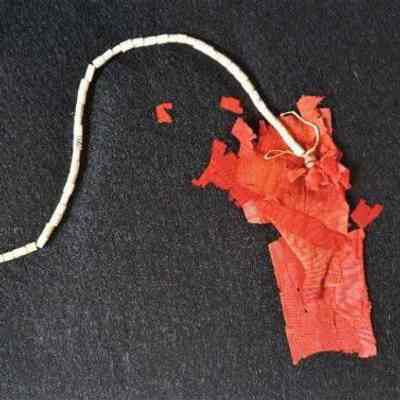
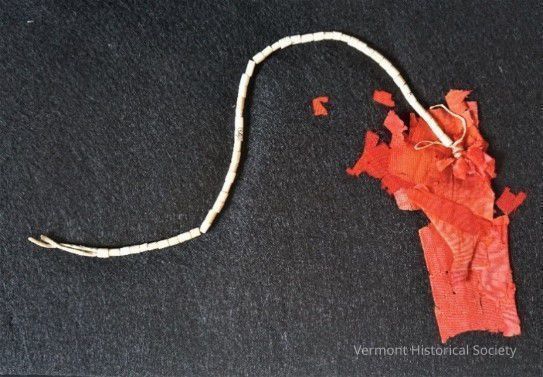
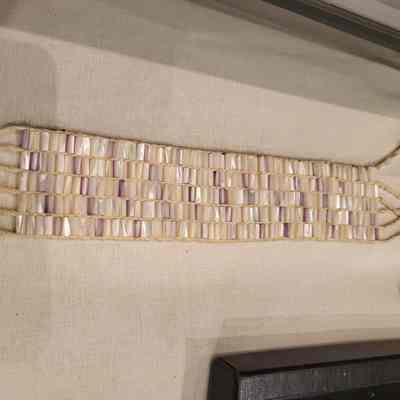
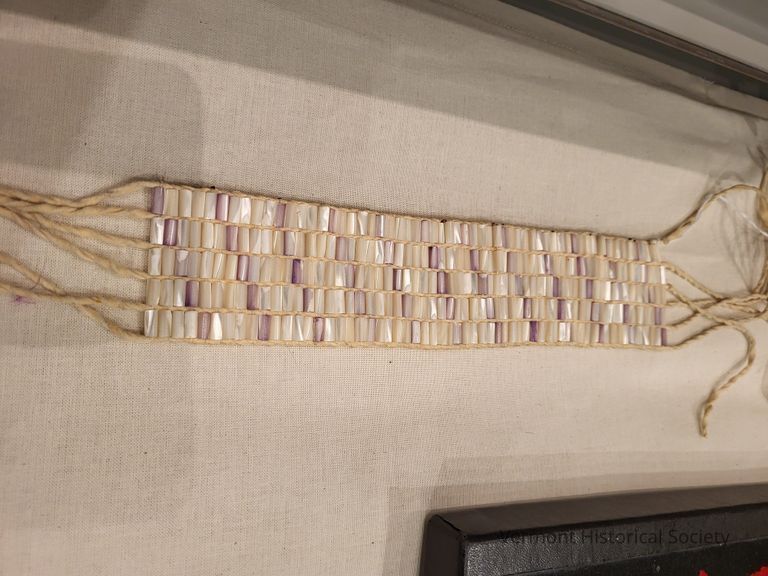

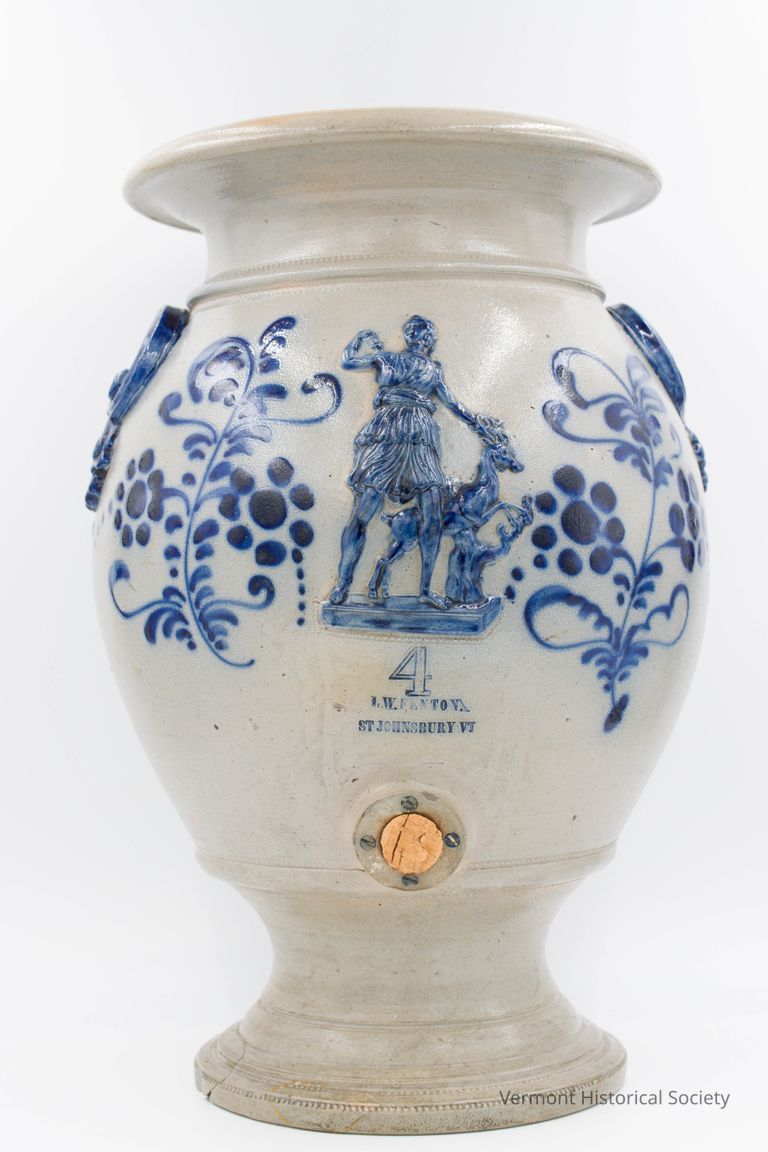
Water cooler made by L.W. Fenton, St. Johnsbury, VT. Incised mark: "4 / L.W. Fenton / St. Johnsbury" Gray stoneware with blue slip and applied decorations including the figure of Diana, flowers, vines and foliage.
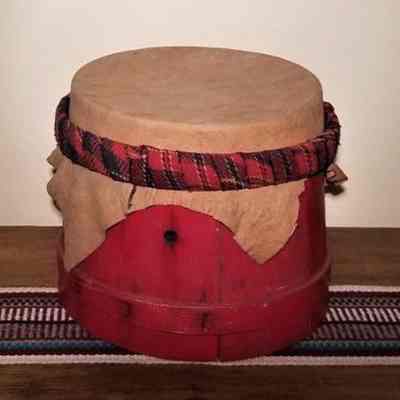
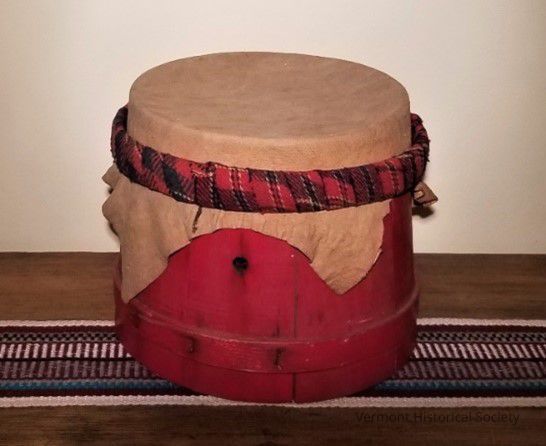
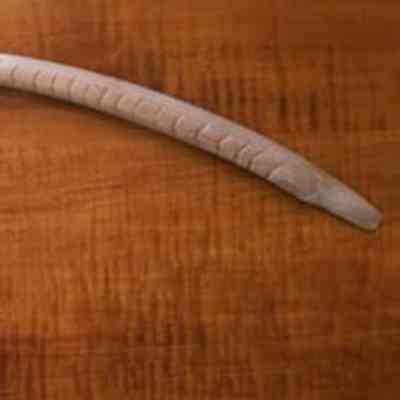
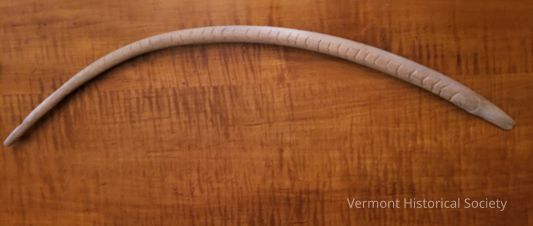
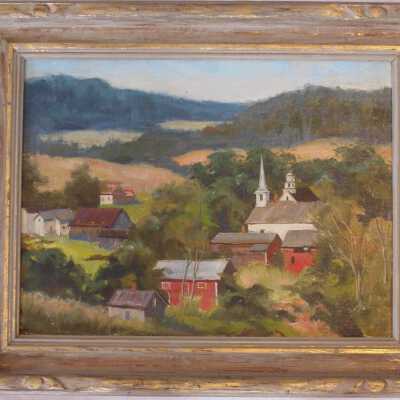
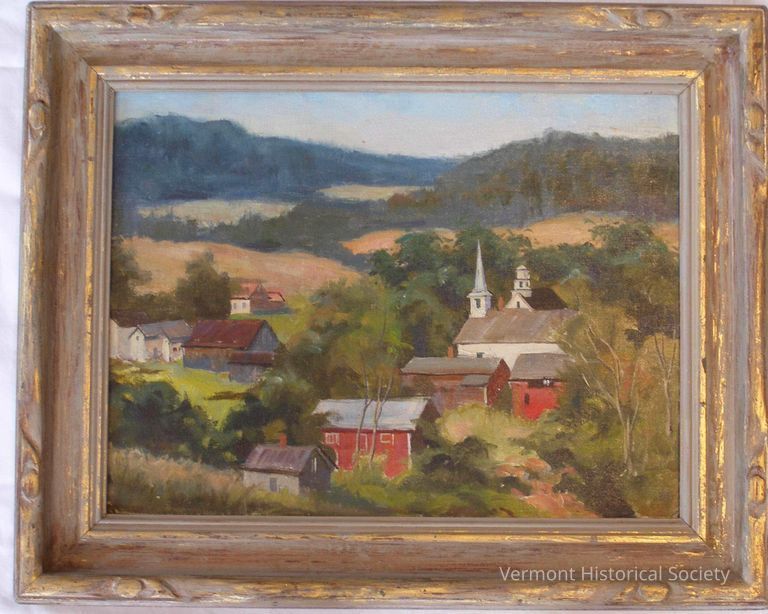
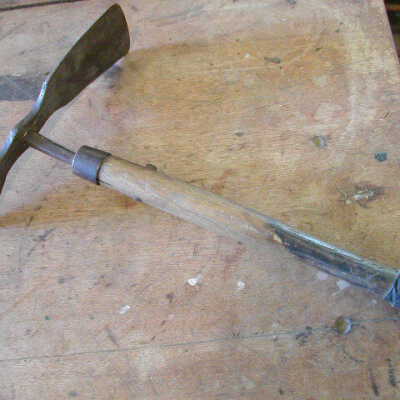
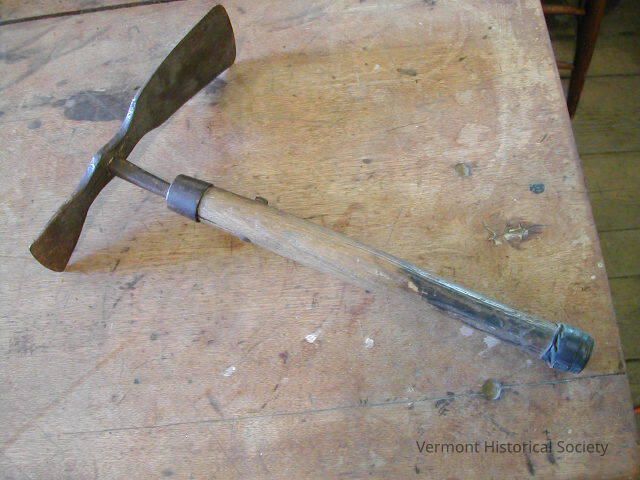
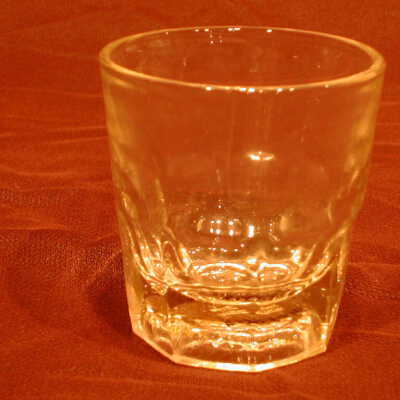
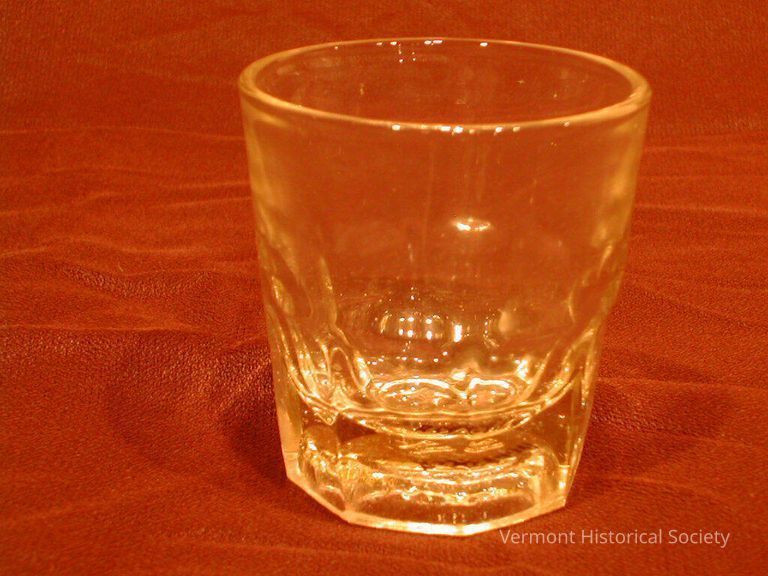
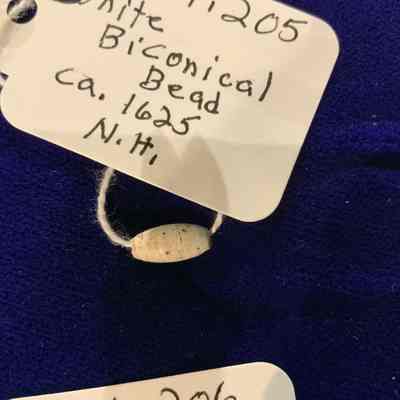
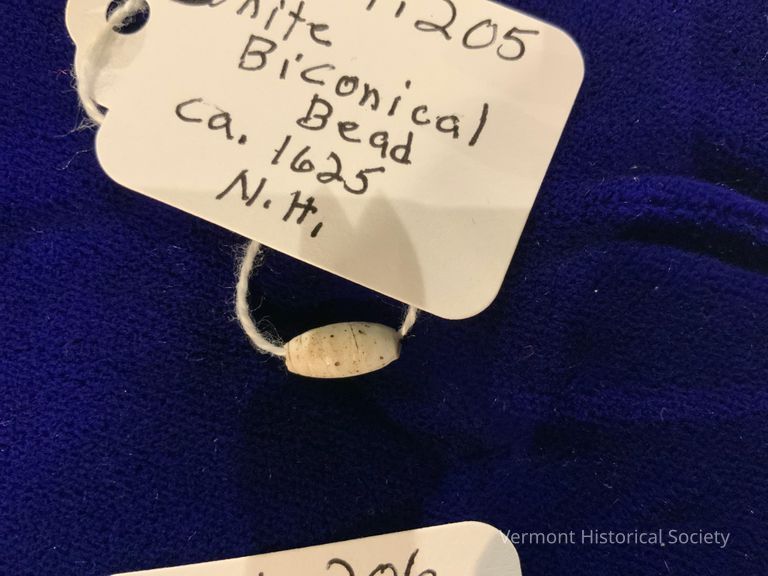
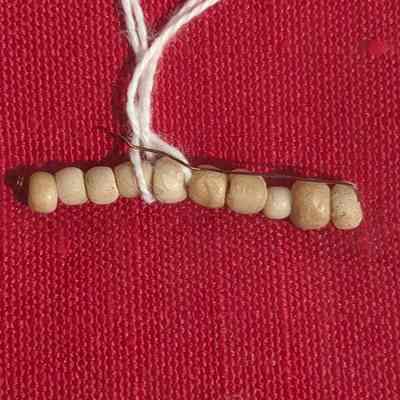
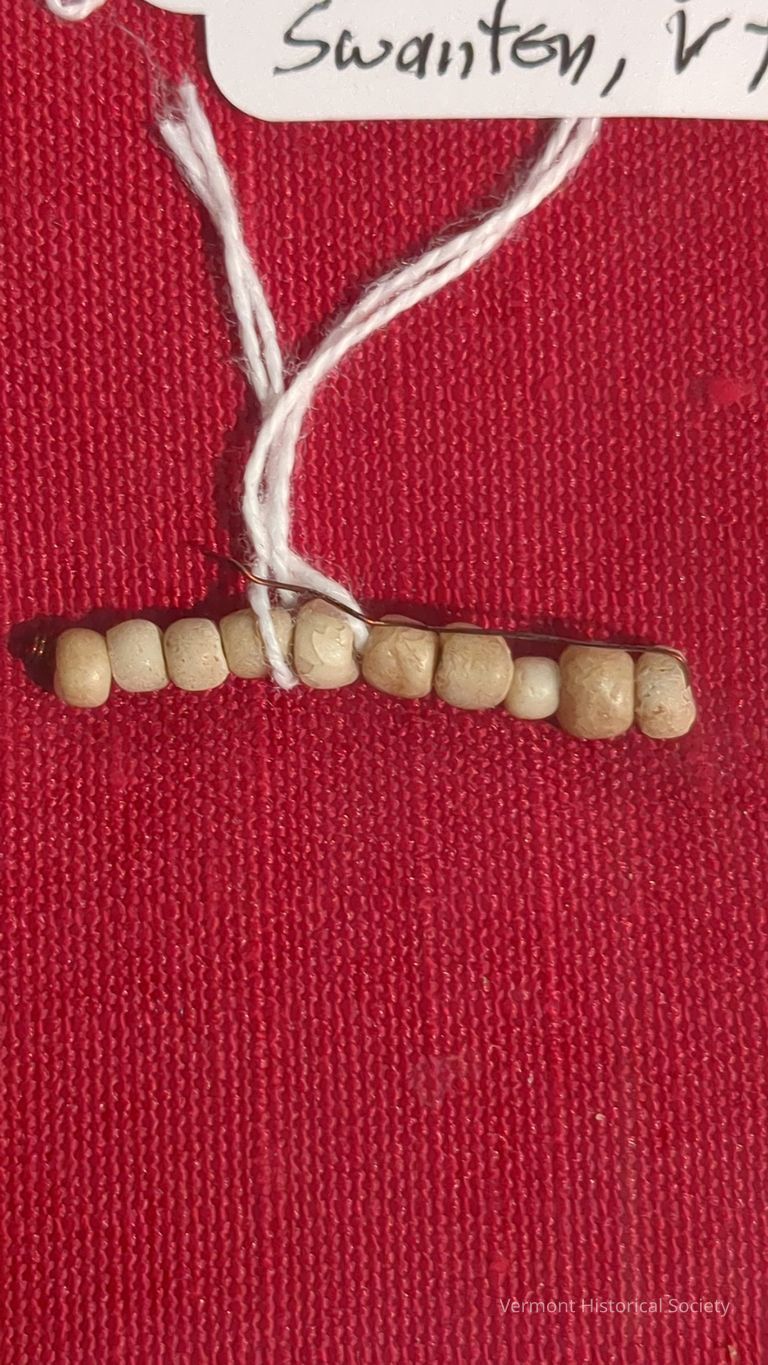
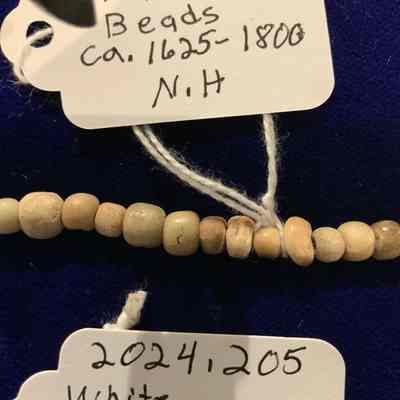
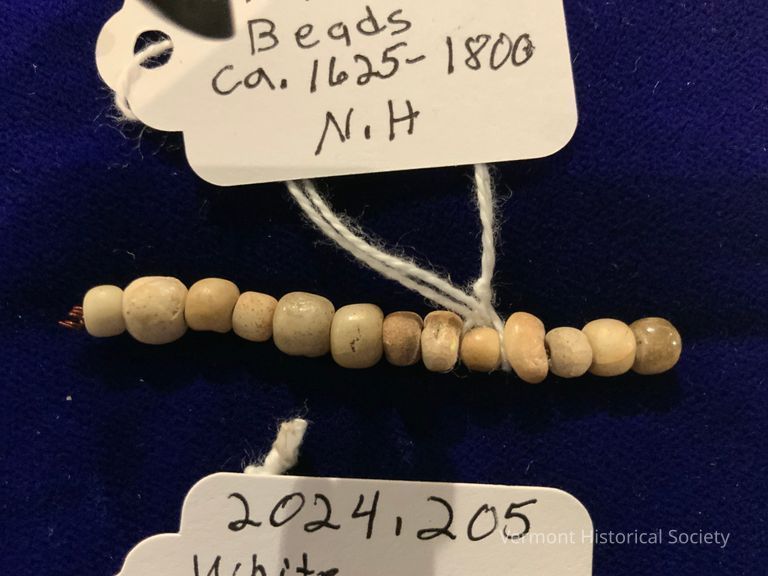
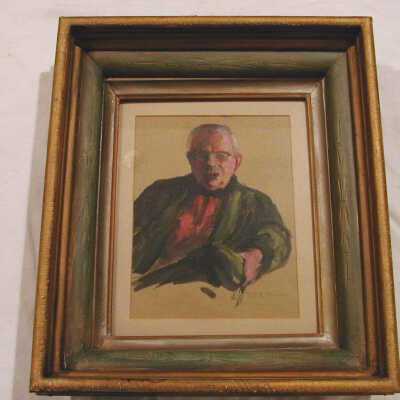
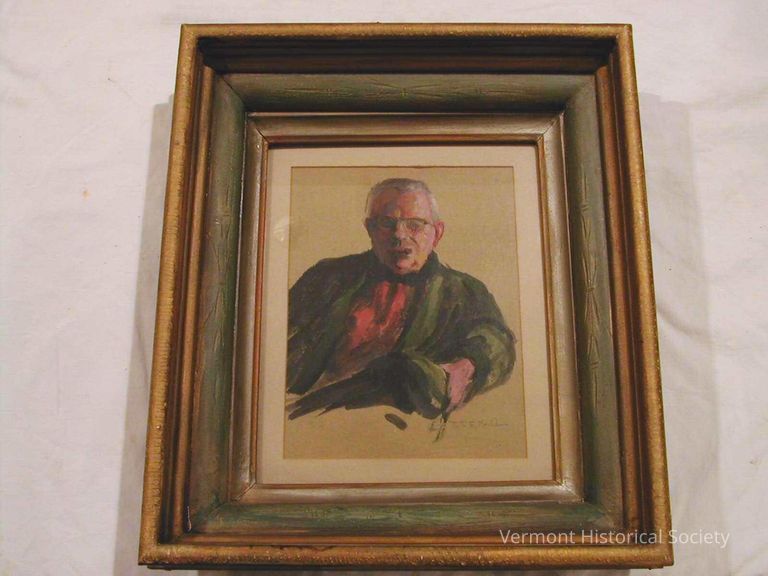
Throughout her married life and beyond, whether she was teaching art students at Johnson Normal School, tutoring private art students, and while she was raising her son, Channing, Ruth Mould's husband made sure she had her own private art studio wherever his work as a mining engineer took his family. They lived in Vermont in Morristown, Monkton, Johnson, Williamstown and Barre, and in New York State in Keysville.
Mould was one of two artists whose work represented the State of Vermont at the 1939 World's Fair in New York. However, she was best known for her portraits, including a posthumous portrait of Edna Beard, first female member of both the Vermont House and Senate, which hangs in the State House, and portraits of three Vermont Chief Justices in the Vermont Supreme Court Building.
In addition to some book illustration, Mould also wrote a book on Refinishing and Decorating Furniture (1953.) She was a member of the Northern Vermont Artist Association and an honorary lifetime member of the Art Students League in New York.
Ruth Mould died on February 13, 1979.
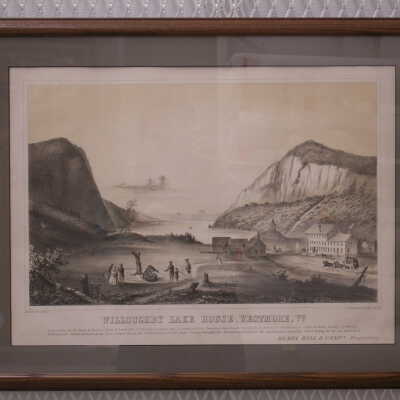
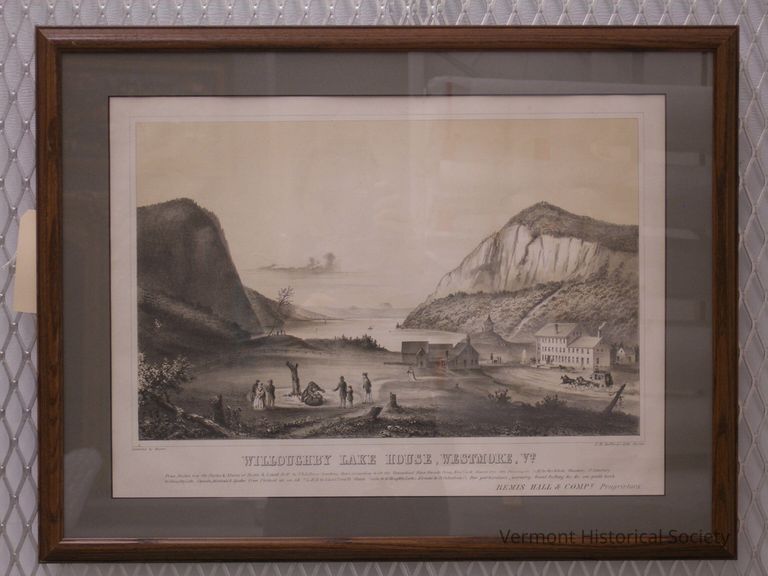
The print is titled: Willoughby Lake House, Westmore, VT
The lithograph is noted as from a "Sketch by Hunter" and produced by "J.H. Bufford's Lith.-Boston."
Instructions for traveling to the resort by rail, stage, or road are printed at the bottom of the piece along with the resort ownership: Bemis, Hall & Company
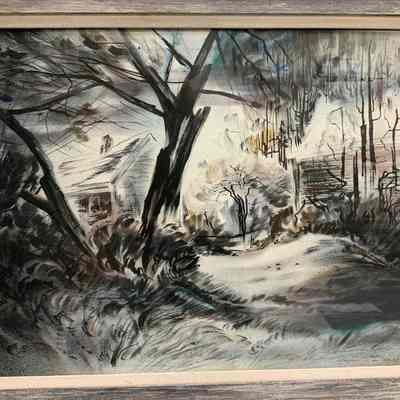
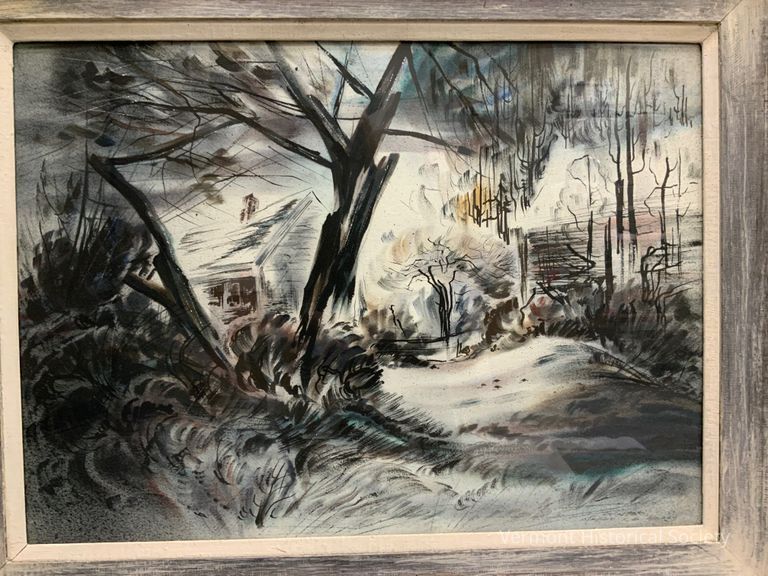
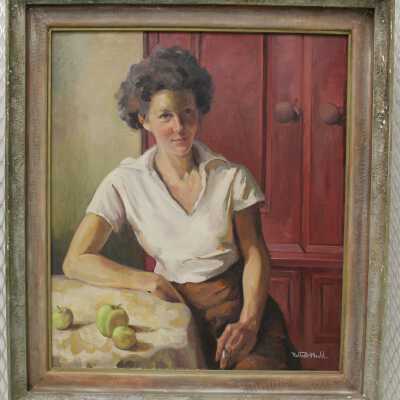
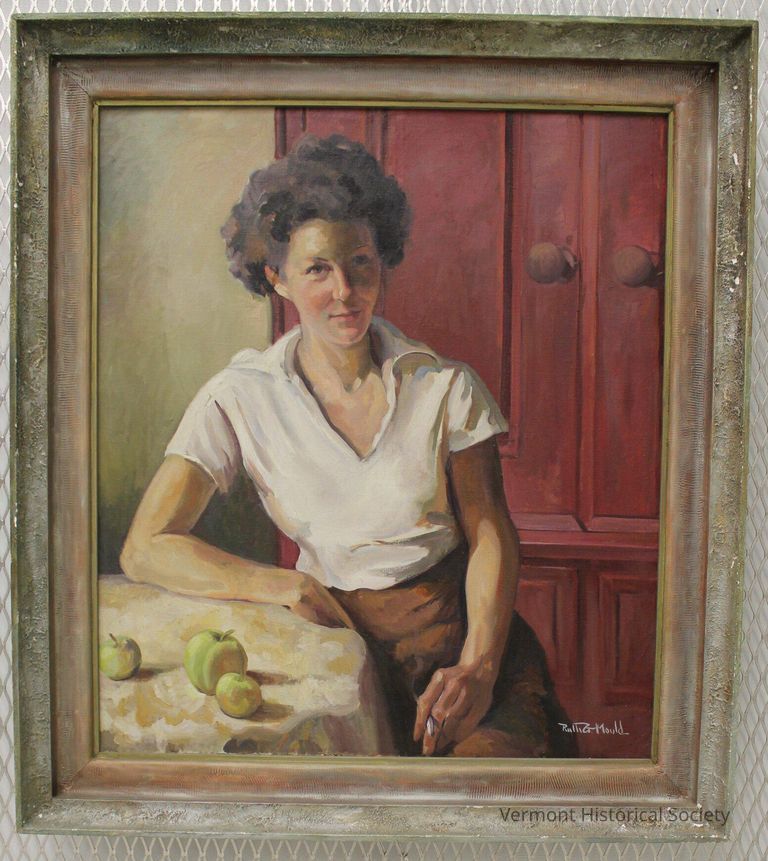
Throughout her married life and beyond, whether she was teaching art students at Johnson Normal School, tutoring private art students, and while she was raising her son, Channing, Ruth Mould's husband made sure she had her own private art studio wherever his work as a mining engineer took his family. They lived in Vermont in Morristown, Monkton, Johnson, Williamstown and Barre, and in New York State in Keysville.
Mould was one of two artists whose work represented the State of Vermont at the 1939 World's Fair in New York. However, she was best known for her portraits, including a posthumous portrait of Edna Beard, first female member of both the Vermont House and Senate, which hangs in the State House, and portraits of three Vermont Chief Justices in the Vermont Supreme Court Building.
In addition to some book illustration, Mould also wrote a book on Refinishing and Decorating Furniture (1953.) She was a member of the Northern Vermont Artist Association and an honorary lifetime member of the Art Students League in New York.
Ruth Mould died on February 13, 1979.
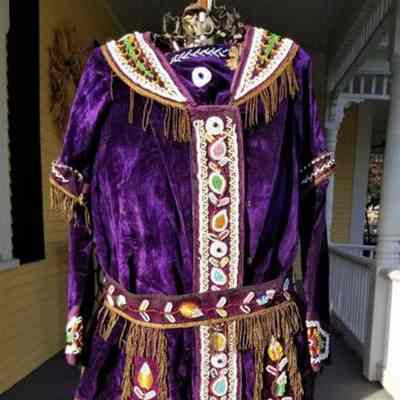
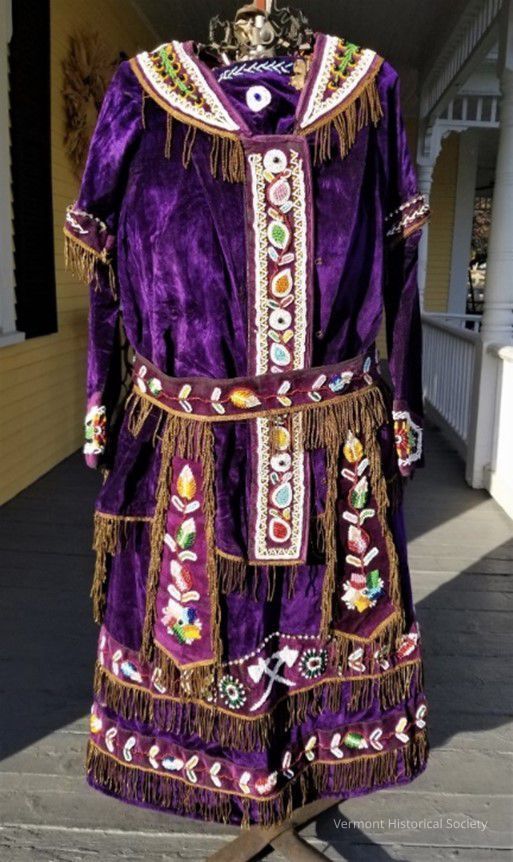
a. Blouse - Little, thin white edged “vine” leaves to stylistically link it to the skirt and belt; but that is it. All the larger blouse leaves have white, two- and three-bead wide margins with a colored fill beaded at 45-degrees to the leaf axis such as are commonly found in Maine and New Brunswick foliar examples. The leaves are interspersed with circular white sun/moon discs with a central “padre”-sized bead. They are all connected to each other with vines of red, white-heart beads, nary a transparent or clear bead to be seen! Edging is the old and typical zigzag band, executed in white. Everything is edged with metallic braid.
b. Skirt
c. Tasset Belt - The tassets have three-tone leaves with midribs and transparent red and clear beads, presaging the Late Niagara Style, as well as a five-pointed star with little starbursts in the corners, also occasionally seen on later Niagara beadwork. The tasset also has thin, white edged leaflets connected to the larger leaves and the star by vining stems executed in transparent, red beads. These colorful leaflets with white borders do not occur in other coeval examples of Iroquoian beadwork that I am familiar with. There are rare leaflets of similar design that occur (with colored, not white, margins) on much earlier Early Niagara Bead-work but nothing from the late 19th century.
d & e. Leggings - The leggings have the bead-work appliqued directly to the body. There is also a unique (to Wiseman's knowledge) flexible legging lacing system to allow the tapered legging tube to closely conform to the woman's calf shape.
f & g. Moccasins - Niagara-style (Haudenosaunee)
This outfit is possibly the most complete and beautiful example of beadwork in the Abenaki Cultural Conservancy collection. It is possibly Abenaki made, almost certainly Abenaki worn, woman's ensemble purchased in Pennsylvania, it comes with a significant amount of oral history:
"It belonged to my great grandmother. It was stored in my great grandmother’s closet, then my grandmother’s, and then back in the '60s my father had it stored away in an old suitcase, and it's been sitting there ever since, so there's really not much discoloration or damage, as far as I can tell."
Peter-------
Pocono Lake, PA
10/26/2021


